|
The Crown to Couture exhibition was advertised in the cafeteria of the Tower of London. I looked it up and it was free if you had the London pass but you still had to email for a ticket because it was a timed entry and the website said it might take 2-3 days to get a response. I took a chance that it would all work out, so I emailed them on Tuesday that we wanted tickets for Thursday and I got a response back that night. We took the Tube to Kensington but then had to walk through Hyde Park and then Kensington Gardens all the way to the Palace. I didn't remember the walk being so very long to get there. Plus it was hot that day, even for a Texas girl. We had to stop a lot and rest. When I got home I looked up the blog I'd written about our last trip, which you can read here and we didn't get to Kensington that way. We did the Royal Albert Hall tour first which put us halfway there already. We should have gotten off one Tube stop later. Anyway Kensington Palace is wonderful all by itself. Last time there was a Diana fashion exhibition that we also went to. I was hoping to get two more Cornettos like last time in honor of Shaun of the Dead and Hot Fuzz, but we couldn't find anyone selling them this time. "CRown to Couture" Kensington PalaceHere's a video reviewing the exhibition. Big BenBig Ben was being renovated last time we were here and was completely covered in scaffolding. It was really nice to see him all shiny and new this time. Here's a documentary that the BBC did on the renovation project, full of interesting facts and behind the scenes stuff. For example, I did not know that Big Ben is actually the name of the largest bell in the tower, whose name is actually The Elizabeth Tower. ParliamentThere was a protest going on right in front. We saw a couple of the guys with their drums on the Tube from earlier in the day, who were participating. I looked it up when we got back to the hotel. It was the 14th anniversary of the Tamil genocide in Sri Lanka. Here's an article from the Tamil Guardian where you can read all about it. Although Parliament officially recognized the human rights violations committed by Sri Lanka as genocide in 2019, four years later the Tamils have yet to receive justice for their families.
0 Comments
The Golden HindeThe Golden Hinde was the ship that Sir Francis Drake sailed to circumnavigated the world. Like the Globe Theatre, the original has been gone for centuries. It took another American, Art Blum from San Francisco, to commision a replica ship. It took 3 years of research to make sure that it would be historically accurate using only original materials and methods to do so. The video below is from 1973 and captures the whole process. This year was the ship's 50th anniversary. Unfortunately, the video owners won't let anyone share or embed their video, so you have to click on the link to watch it directly on YouTube. It's just 20 minutes long, but it's well worth it. This video was made during the Pandemic and features an interview with Anthony Lewis, an expert on the history of the actual Golden Hinde. It is a surprisingly small ship compared to what I was expecting. It is amazing to me that this craft actually did sail around the world in 1974, just like the original Hinde did in 1577. The CLink PrisonFrom the website: The Clink Prison dates back to 1144 making it one of England’s oldest and most notorious prisons. Positioned in the heart of modern-day Southwark and built on the original site, The Clink Prison Museum presents the scandalous truth of Old Bankside through a hands-on educational experience. There are opportunities to view archaeological artefacts, experience the sights, sounds and smells of the prison, handle torture devices, and to view and hear all about the tales of torment and many misfortunes of the inmates of the infamous Clink Prison. Spanning for over 600 years, it witnessed a remarkable amount of social and political change in England, and thus housed a multitude of sinners throughout its existence, including debtors, heretics, drunkards, harlots, and later religious adversaries. Positioned in the heart of modern day Southwark, the prison was situated in an area that has long been associated with more raucous, vivacious and unruly behaviour; it was the louder, ruder and wickeder neighbour to The City, and a place where Londoners sought entertainment. The TAte ModernLast time we were here, we only visited the Tate because we were in urgent need of a toilet, and we didn't have time to stick around and see anything. So this time, I made sure that we would do that. From the website: Entry to the gallery is free – there’s no need to book. Booking a ticket is recommended for exhibitions but some tickets may be available at the door. Members enjoy unlimited free entry to exhibitions with no need to book. Yayoi Kusama: Infinity Mirror Rooms, however, still requires a free Members ticket, given the show’s special and intimate scale. Tate Modern has over a hundred years of art, from modernism in the early 1900s, to exciting works created today. This includes paintings, sculptures, and more made by artists all over the world such as Pablo Picasso, Emily Kame Kngwarreye, and Jenny Holzer. Experience Tate’s iconic Turbine Hall. In the Natalie Bell Building you can see how artists create new ideas. In the Blavatnik Building you can explore the underground Tanks, dedicated to performances, installations and video works. Globe Theatre TourWe toured the Globe last time as well, but the exhibition has changed since then. To see what it looked like last time, you can read all about it here. From the website: In our brand-new, walk-through exhibition space, you’ll be immersed in the sights, sounds, and secrets of Shakespeare’s London, travelling through over 400 years of fascinating history. You’ll be able to relive some of our most iconic shows with seasonally curated displays, and even have the chance to get ready for the stage yourself with interactive costumes and props. Venture into the Globe Theatre itself where our expert Guides bring to life the thrilling story of our iconic wooden ‘O’. Hear how the original 1599 theatre survived the plague, fire and political oppression and rose again in the 1990s as part of one man’s radical vision. Wonder at its craftsmanship and imagine how thousands of Londoners once packed in to see the greatest actors of the day. All tours are in English and suitable for all ages. Information sheets are available in a number of languages. We are an open-air theatre and tours go ahead in all conditions so dress for the weather. MIdsummer Night's DreamCheck back here for more info Today was our leaving day and frankly I was very glad to be leaving Paris. Sarah Bernhardt ExhibitionSarah Bernhardt was a French actress famous in the late 19th and early 20th centuries. I don't know why the train station had an exhibition on Sarah Bernhardt. Maybe they put it up for her 100th Death Day anniversary in March and just left it up. I don't read French, so I couldn't tell you. I did take photos of all the text that was in the exhibit, so if any of you actually read French, I'd love to know what it all says, especially the quotes. If you don't know anything about Sarah Bernhardt, I've included some highlights of her "stranger than fiction" life/career courtesy of my extensive research on Wikipedia. After doing more research, I learned it was advertising this exhibition: "Sarah Bernhardt: And the woman created the star" at the Petit Palais Museum which opened in April and runs through August. I downloaded the English version of the press kit which is great, but it doesn't have the translation of the pull quotes, so I still have no idea what they say.
Sarah Bernhardt born Henriette-Rosine Bernard 22 October 1844 – 26 March 1923 Born to a Dutch Jewish mother who was a high class courtesan with an elite clientele which included the Duke Charles de Morny, who was the President of the French Legislature and Napolean III's half brother. de Morny was not Sarah's father, her father was a wealthy lawyer whose identity was a mystery for years. Her mother sent her off to boarding school when she was 7. Her father's family paid for her Convent education when she was 10. She wanted to be a nun but was accused of sacrilege when she performed a full Christian burial with procession and last rites for her pet lizard. She had her first role in Clothilde as Queen of the Fairies in the school play in which she had a very dramatic death scene. When her father died, de Morny suggested to her mother that Sarah become an actress. He took her to see her first professional play at the Comedie Francaise with Alexander Dumas pere when she was 16. They saw Racine's Britannicus and she sobbed so loudly that she disturbed the rest of the audience, which upset Morny but delighted Dumas, who got her an audition at the Comedie Franciase. She was accepted and studied there for two years. She quit the theatre and ran off to Brussels to take a lover and ended up having an affair with the Prince Henri de Ligne and got pregnant. She gave birth to her only child, Maurice, without telling the Prince that she was pregnant. She came back to Paris to work at the Theatre de L'Odeon, the second most prestigious theatre after the Comedie Francaise, where she played Cordelia in King Lear. She continued to charm audiences for the next six years receiving many proposals of marriage and expensive gifts from her many admirers. During the Franco-Prussian war she converted L'Odeon into a hospital and tended to wounded soldiers. assisting with amputations and other surgeries. When the "hospital" ran out of coal, she burned scenery and props to keep the patients from freezing. After the war she returned to the Comedie Francaise and played all the most challenging roles written by France's most famous playwrights, Racine, Voltaire, Hugo,and Beaumarchis. While the Comedie was being remodeled she toured London and the United States and played to full houses and in private homes. After her first performance in New York, she made 27 curtain calls. She did 157 performances in 51 cities and earned $194,000 in one year; that's six million in today's dollars. Back home she leased a 1,700 seat theatre from the city of Paris for a 25 year term. She renamed it the Theatre Sarah Bernhardt. She staged new plays that were written just for her by Sardou, Hugo, Rostand, Corneille, and others. This is where she played her most famous roles: Jeanne D'Arc, Phaedra, Theadora, Camilla, Dallia, The Samaritan Woman at the Well, and the Melancholy Prince himself, Hamlet, in a version that was specifically adapted for her. She actually became quite famous for playing male roles and received both praise and criticism for it. She employed Alphonsa Mucha to design all her theatre posters and was the first person to sell them as souvenirs. After her death, her son Maurice continued to run it. During the Nazi occupation of Paris, the Germans renamed it because of her Jewish heritage, but once Paris was liberated, the French people changed it back. It kept her name until 1968 when it was changed to Theatre de la Villes and still operates to this day. On her second US tour, she was not allowed to perform on any stages in Texas because they were all owned by a very powerful theatre syndicate, so she performed in circus tents and skating rinks instead. She went down to South America for the last leg of the tour, doing a revival of La Tosca, a play written by Sardou specifically for her, where her character bravely jumps to her death in the Tiber at the end of the show. Sarah did her own stunt by landing on a mattress hidden by some scenery. On the last date in Rio de Janiero, the mattress was positioned incorrectly and she landed on the stage instead hitting her knee on the floor. She refused to see a doctor and sailed home to Paris instead. By the time she arrived her knee was better but the French people were angry with her for leaving to perform abroad for all that filthy foreign lucre, so she was offered no roles. She went to England again and performed for Queen Victoria and Prince Edward, then returned to Paris in time for the Bastille Day celebration in which she recited La Marseillaise, dressed in a white robe with a tricolor banner, and at the end dramatically waved the French flag. The audience gave her a standing ovation, showered her with flowers, and demanded that she recite the song two more times. (Click here for a short history of La Marseillaise, the French National Anthem, including the lyrics in both French and English.) She toured every summer while her own theatre was closed, raking in enough money to keep her theatre afloat for the rest of the year. She did a total of eight US tours and many more European tours and continued to play to packed houses right up until the outbreak of WWI. She hurried back to Paris only to realize that her earlier untreated knee injury in Rio de Janeiro had finally caught up to her and she had developed gangrene. The surgeon was forced to amputate her leg up to the hip. She refused to use a prosthetic leg, crutches, or a wheelchair to get around and instead hired two handsome and strong men to carry her around on a gilt sedan like Cleopatra. She continued to perform despite the amputation, traveling to soldiers on the battlefield to entertain the troops. Another famous French actress, Beatrix Dussanne, described her performance: "The miracle again took place; Sarah, old, mutilated, once more illuminated a crowd by the rays of her genius. This fragile creature, ill, wounded and immobile, could still, through the magic of the spoken word, re-instill heroism in those soldiers weary from battle." She sailed across the Atlantic despite the threat of German submarines, to perform in the US, but immediately set sail for Paris the day the Armistice was signed. She died of kidney failure, while preparing to perform Cleopatra. 30,000 people attended her funeral. She was 79 years old. Rocky HOrrorGreat show! More opinions to come. I should start with the information that although we were seeing this show at The Opera Bastille, it was an entirely brand new building, all shiny glass and metal with not even one brick left of the Bastille Prison that used to occupy the site in 1789. No, I didn't know that there was nothing left of the prison before I started doing research for the trip. So I was super sad to find that out. Once I saw the opera house, I was even more disappointed that it looked nothing like the fortress. I know, I'm weird. So here's some background information about the original fortress and its astonishingly benign history. The Bastille was originally built in the 14th C as a fortress but quickly became a prison for the wealthy/aristocratic people who had offended the king. Under Louis XIV, prisoners were numerous but well-treated. Excerpted from Wikipedia: "By Louis's reign, Bastille prisoners were detained using a "lettre de cachet", "a letter under royal seal", issued by the king and countersigned by a minister, ordering a named person to be held. Louis, closely involved in this aspect of government, personally decided who should be imprisoned at the Bastille. The arrest itself involved an element of ceremony: the individual would be tapped on the shoulder with a white baton and formally detained in the name of the king. Detention in the Bastille was typically ordered for an indefinite period and there was considerable secrecy over who had been detained and why. Although in practice many were held at the Bastille as a form of punishment, legally a prisoner in the Bastille was only being detained for preventative or investigative reasons: the prison was not officially supposed to be a punitive measure in its own right. The average length of imprisonment in the Bastille under Louis XIV was approximately three years." "Contrary to its later image, conditions for prisoners in the Bastille by the mid-18th century were in fact relatively benign, particularly by the standards of other prisons of the time. The typical prisoner was held in one of the octagonal rooms in the mid-levels of the towers. The calottes, the rooms just under the roof that formed the upper storey of the Bastille, were considered the least pleasant quarters, being more exposed to the elements and usually either too hot or too cold. The cachots, the underground dungeons, had not been used for many years except for holding recaptured escapees. Prisoners' rooms each had a stove or a fireplace, basic furniture, curtains and in most cases a window. A typical criticism of the rooms was that they were shabby and basic rather than uncomfortable. Like the calottes, the main courtyard, used for exercise, was often criticised by prisoners as being unpleasant at the height of summer or winter, although the garden in the bastion and the castle walls were also used for recreation.. ."The medical treatment provided by the Bastille for prisoners was excellent by the standards of the 18th century; the prison also contained a number of inmates suffering from mental illnesses and took, by the standards of the day, a very progressive attitude to their care." Card games and billiards were played among the prisoners, and alcohol and tobacco were permitted. Servants could sometimes accompany their masters into the Bastille, as in the cases of the 1746 detention of the family of Lord Morton and their entire household as British spies: the family's domestic life continued on inside the prison relatively normally." The myth of Voltaire's The Man in the Iron Mask grew out of this period. Under Louis XV, the Bastille began to change what type of prisoners it held. "The Bastille was essentially a location for imprisoning socially undesirable individuals of all backgrounds – including aristocrats breaking social conventions, criminals, pornographers, thugs – and was used to support police operations, particularly those involving censorship, across Paris. Under Louis XVI, "Between 1774 and 1789, the detentions included 54 people accused of robbery; 31 of involvement in the 1775 Famine Revolt; 11 detained for assault; 62 illegal editors, printers and writers – but relatively few detained over the grander affairs of state. Many prisoners still continued to come from the upper classes, particularly in those cases termed "désordres des familles", or disorders of the family. These cases typically involving members of the aristocracy who had, as historian Richard Andrews notes, "rejected parental authority, disgraced the family reputation, manifested mental derangement, squandered capital or violated professional codes." Their families – often their parents, but sometimes husbands and wives taking action against their spouses – could apply for individuals to be detained at one of the royal prisons, resulting in an average imprisonment of between six months and four years. Such a detention could be preferable to facing a scandal or a public trial over their misdemeanours, and the secrecy that surrounded detention at the Bastille allowed personal and family reputations to be quietly protected." "The Bastille was considered one of the best prisons for an upper-class prisoner to be detained at, because of the standard of the facilities for the wealthy. In the aftermath of the notorious "Affair of the Diamond Necklace" of 1786, involving Queen Marie Antoinette and accusations of fraud, all the eleven suspects were held in the Bastille, significantly increasing the notoriety surrounding the institution......"most wealthy prisoners continued to bring in additional luxuries, including pet dogs or cats to control the local vermin. The Marquis de Sade, for example, arrived in 1784 with an elaborate wardrobe, paintings, tapestries, a selection of perfume, and a collection of 133 books." He remained there for five years and was finally transferred to the asylum at Charenton July 4, 1789 just 10 days before the storming of the Bastille on July 14 during the French Revolution. He was transferred in part because two days earlier he had incited a riot by yelling out the window that the guards were killing prisoners...they weren't. The French revolutionaries only broke into the Bastille to steal the guns and gun powder that was being stored in the dungeons. Contrary to the popular belief that it held masses of poor people who couldn't pay their taxes, the Bastille only held seven prisoners by that time. Historian Simon Schama observes how the captured prison "gave a shape and an image to all the vices against which the Revolution defined itself". Indeed, the more despotic and evil the Bastille was portrayed by the pro-revolutionary press, the more necessary and justified the actions of the Revolution became. Consequently, the late governor, de Launay, was rapidly vilified as a brutal despot. The fortress itself was described by the revolutionary press as a "place of slavery and horror", containing "machines of death", "grim underground dungeons" and "disgusting caves" where prisoners were left to rot for up to 50 years." By November of that year, the Bastille had been taken apart to its foundations and sold off brick by brick as memorabilia. "BAstille DAy" RushThis was my introduction to the Bastille: Lyrics: (in case you can't understand Geddy's vocals) There's no bread let them eat cake There's no end to what they'll take Flaunt the fruits of noble birth Wash the salt into the earth But they're marching to Bastille Day La guillotine will claim her bloody prize Hear the echoes of the centuries Well, power isn't all that money buys Bloodstained velvet, dirty lace Naked fear on every face See them bow their heads to die As we would bow and they rode by And they're marching to Bastille Day La guillotine will claim her bloody prize Sing, o choirs of cacophony Well, the king must kneel to let his kingdom rise Lessons taught but never learned All around us anger burns Guide the future by the past Long ago the mould was cast For they marched out to Bastille Day La guillotine claimed her bloody prize Hear the echoes of the centuries Power isn't all that money buys The Opera building was erected on the site in 1989 on the bicentennial anniversary of the prison's destruction. Here's a photo of it. You'd never even know that a prison once stood here. 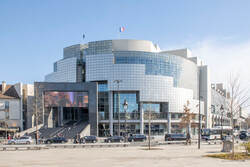 Before we go on, just know that this is the first time I'd ever seen La Boheme. I was only passingly familiar with it as the source material for Rent, which I'd only seen staged once. I did google the plot before we went and I had already seen the trailer so I knew it was set in space. Before I saw the production I have to say that I wasn't looking forward to it. As a costume designer, a whole show in space suits just wasn't going to be exciting to me. And for the most part, I hate when directors impose some random "concept" on a show just for the sake of making it different. I like to watch Shakespeare in period costumes because that's what I came there to see. I can see jeans and t-shirts on TV whenever I want. So, yes, the costumes were nothing to write home about, especially since we were sitting in the nosebleed section and I couldn't really see them that well to begin with. HOWEVER, this show was not about the costumes but about the actors interacting with the setting that was MINDBLOWING. If you are a fan of Stanley Kubrick's 2001: A Space Odyssey, then you'll love this version of La Boheme. Excerpt from the AP Press release on the 2023 revival of La Boheme in space, written by Ronald Blum. "Claus Guth was pleased with initial reaction to his outer space version of Puccini’s “La Bohème” at a special pre-premiere show limited to people under age 28. “They were extremely euphoric,” he said. “It was an amazing performance with standing ovations.” Three nights later at the official opening of the Paris Opéra’s first new “Bohème” in 22 years, a high-profile occasion featuring conductor Gustavo Dudamel’s formal company debut, the response was far different. “The real premiere was bizarre because some people freaked out so early that Dudamel had to stop conducting once because there was just too much booing,” Guth recalled." That uproar on Dec. 1, 2017, weighed on the German director’s mind when he arrived at the Bastille Opéra last week to supervise the first revival of his staging, which opens Tuesday night for a run of 12 performances through June 4." Excerpt from blogger, NPW, who saw it on its penultimate performance in 2017: "This rich year also ended on a high note with Claus Guth’s La Bohème at the Paris Opera. The new production thankfully chucked out the usual dismal garret with its dirty windows - though some people must like gloomy attics and or grimy glass, as the initial reception was mixed. In its place, Guth ingeniously and skilfully meshed the opera plot with Andrei Tarkovsky’s film Solaris*. Four astronauts struggle to maintain an ailing spaceship with spitting, sparking electricals. As they lose contact with Earth, run out of food, power and oxygen and face slow but inevitable death, they slip deeper and deeper into hallucinatory, part-phantasmagorical flashbacks of their former lives. It isn’t always clear who’s real and who isn’t, who’s alive or who’s already dead - Benoît for example, is the already gamey corpse, in a body-bag, of a colleague they play with in a particularly macabre instance of light-headed tomfoolery.".... "This was easily the best Bohème I've ever seen and I hope the management of the Paris opera noticed that by the end of the run there was not a single boo. The ONP has a frustrating and wasteful habit of discarding supposedly controversial productions after a single season - Warlikowski's magnificent Parsifal, for example, has never been seen again and is soon to be replaced. It is not even available on video. This remarkable Bohème reconciled me with an opera I have tended to avoid almost as assiduously as The Magic Flute. I would like to be able to see it again." No one was booing the night we saw it, so clearly ONP felt that it was deserving of a revival and only six years later. IN FEW WORDS: From the Opera National de Paris website: Was it because the writer Henry Murger had himself known such a life during his youth? That would explain the veracity with which, in his Scènes de la vie de bohème, he depicts those half‑starved, struggling artists, ready to burn their manuscripts for a bit of warmth whilst, in an age of triumphant bourgeois materialism, they dream of another life. Taking up these scenes, Giacomo Puccini offers us the heart‑breaking story of the poet, Rodolfo, and the fragile Mimi, and some of the most beautiful pages in the repertoire. The director, Claus Guth, sets their broken love affair in space, creating a universe in which the past resurges in the form of hallucinatory flashbacks. In this surprising setting, Puccini’s music resounds sublimely, highlighting the very essence of the work: memory as the thread that attaches us to life. Act 1 Day 126 – 40°45’53’’N 74 – Expedition in danger – off course – engines inoperative – life-support resources almost exhausted – we are working without respite – time is running out – water is rationed – life depends on the last reserves of oxygen – a constant struggle with the darkness and the cold – each day increasingly difficult – last remnants of humour – using our imagination – to evoke times long past. Rodolfo, Marcello, Schaunard and Colline. The atmosphere is morose. It is cold and there is practically nothing left to eat. Nevertheless, Schaunard manages to finds a few scraps. Meanwhile, in a stream of words, everyone starts to reminisce and evoke memories of better times. The four friends, having regained a degree of good humour, recall an evening spent in their favourite café in the Latin Quarter. When they evoke Benoît, their former landlord, the latter suddenly appears. They strike up a conversation with him, and then he vanishes as suddenly as he appeared. Colline, Schaunard and Marcello leave Rodolfo alone for a moment. Mimi appears, in the clutches of a coughing fit... Their hands touch in the darkness... They draw closer. Rodolfo asks Mimi to stay with him. Act 2 Day 129 – 41°43’63’’N 54 – Situation hopeless – time fluctuates between states of sleep and wakefulness – Mimi has returned – in the space capsule reality begins to blur – delirium takes root – Mimi, always Mimi – like a spectral dream – dreaming soemtimes transports us back into our past – the happiest times of our lives are revived – moments of exuberance and ecstasy. Rodolfo and Marcello are overwhelmed by a variety of physical sensations: the crowds of people, the colours and smells of the street. The atmosphere of the city takes over the entire space. They find themselves in their favourite café in the company of Mimi, Colline and Schaunard. In an atmosphere brimming with euphoria, Rodolfo, very much in love with Mimi, buys her a bonnet. Musetta, Marcello’s one-time mistress, arrives accompanied by her new lover Alcindoro. Marcello falls under her spell and can no longer take his eyes off the vision. She makes Alcindoro pay the bill and comes back to Marcello. Just then, an annoying military Act 3 Day 132 – 45°47’73’’N 57 – Impossible to continue the voyage – forced landing – our last refuge is lost – attempts to make contact unsuccessful – giant heaps of dust everywhere – dense fog – every outline is blurred – we are at the mercy of the emptiness – our days are numbered – Mimi... – if only I could touch her face again one more time... Time has passed. The cold, the snow, the emptiness and the isolation take hold over everything. In the distance, we can hear the customs officers inspecting the farmers and the dairy maids. One by one, we catch sight of familiar faces. Mimi arrives. She confides in Marcello: Rodolfo’s jealousy is making her life a living hell. Rodolfo in turn confides in Marcello and reveals the truth to him: Mimi is suffering from tuberculosis and is very ill. He knows that he can only offer her wretched living conditions, and that if they stay together she will die. Overwhelmed by her suffering, he decides to leave her. The two separate but the memory of happier days endures. Act 4 Day 159 – 46°77’75’’N 69 – The end – where are we? – No more contact – Death has reared its head – Schaunard and Colline have already lost the fight – solitude is total – acceptance of the situation – I am extremely calm – feverish delusions – nightmares – my life flashes by in isolated images as if on a stage – there is little time left – but Mimi is still here. Once again, time has passed. Marcello and Rodolfo, trying to overcome their grief in order to continue living, are possessed by the idea of love, women, good food, and the joys of life. Schaunard and Colline appear and everyone engages in a grotesque game: they improvise, vent their passions, fight and then enjoy a sumptuous meal: a bottle of water becomes champagne, a herring is transformed into an exquisite fish. Musetta then reappears with a dying Mimi. Distressed, the others decide to leave Rodolfo and Mimi alone. They reminisce about their first encounter, the happy times they spent together, and promise never to leave each other again. But Rodolfo must let Mimi go… he is alone. Costume Designer Eva Dessecker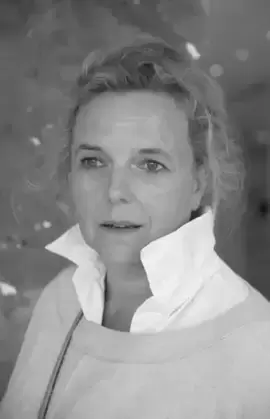 Eva Dessecker has been working since 1992 on the greatest international opera stages (Vienna, Zurich, Berlin, Frankfurt, Milan, Madrid, Amsterdam, Paris, Salzburg). She has been regularly working with the director Klaus Michael Grüber on From the House of the Dead at the 1992 Salzburg Festival, Roberto Zucco and Tagebuch eines Verschollenen as part of the Wiener Festwochen, Il ritorno d'Ulisse in patria, Idoménée, Lady Macbeth of Mtsensk, and Doktor Faust at the Zurich Opera. She also designed costumes for Pinter’s Le Retour and Tartuffe at the Odéon-Théâtre de l’Europe, Der Rosenkavalier in Antwerp, Jakob Lenz in Stuttgart, Macbeth in Amsterdam and Le Château de Barbe-Bleue / Thème et variations at the Vienna Festival, The Little Match Girl at the 2014 Ruhrtriennale, and Il Trovatore at the Salzburg Festival. In 2016, she designed Manon Lescaut, in Amsterdam. She met Claus Guth for the first time designing costumes for his production of Juliette at the Berlin Staatsoper Unter den Linden, and in 2017 was asked to design costumes for his original conception of La Boheme in space. The V&A Theatrical CollectionKatherine of Aragorn's costume from Six was the newest installation in the exhibit and in fact they were filming the installation while we were there. There were other new costumes such as Satine's Diamond from Moulin Rouge the Musical, Lola from Kinky Boots, Shirley Bassey's costume from Diamonds are Forever, a corset/flying harness from Peter Pan, a Stormtrooper, Solange from Follies, and a recreation of Kylie Minough's dressing room. Harry Potter and the Cursed ChildCostume Design by Katrina Lindsay
There's a book out called Harry Potter and the Cursed Child The Journey. The Wizarding World published excerpts from it in 2019. The links are below.
St Paul's CathedralRob and I loved St. Paul's the last time we were here in 2018, but we stayed firmly on the ground and only ventured down into the crypts. The students climbed all the stairs to the top, but we knew better than to even try at our age. Sylvan, however, was determined to do it as soon as he heard about it and didn't want to do it alone, so I humored him and up we went. It's 257 steps up to the first stopping point, the Whispering Gallery where, when you are done, you are at the bottom of the dome on the inside of the cathedral looking down at the floor below. It's a circular walkway around the perimeter of the dome with a lovely bench for sitting and resting and whispering. If you whisper into the walls anyone else next to the wall will be able to hear you, even if they're exactly opposite you, 33 meters away. Christopher Wren didn't intend for that to happen, it was just a happy coincidence. Unfortunately, the Whispering Gallery was closed on the day we were there, which was a huge disappointment to me because I wanted to climb the least amount of steps and figured I could talk Sylvan into stopping there. No such luck. There are two more galleries above the Whispering Gallery so, Sylvan insisted we keep going to the next gallery, another 119 steps. The thing about the steps is that they are stone and circular, so wider at the outer edge and much narrower toward the middle. Which is fine if this cathedral had been build in the USA where we walk on the right side of anything, because that's where the handrail is to assist you when you are coming down those same steps, not going up. Going up you have to walk on the left hand side, where the steps are very narrow, WITH NO HANDRAIL. And the reason us Americans were forced to walk on the left side is that while you are still going up, everyone else in the world is already done and coming back down on your right side on the same circular staircase. So we rested on benches by the closed door to the Whispering Gallery catching our breath for the next bit of the climb. By this point the air is getting thin, and we are sweating and out of breath. It's getting hot and our legs are becoming rubbery. Here's perhaps a better explanation from Travel with Kat. The next gallery is the Stone Gallery. Once you climb the additional 119 steps on the inside of the dome, the actual gallery is on the outside of the dome and gives you a great view of London, plus a chance to catch your breath. The gallery goes all the way around the outside and has benches and a defibrillator and employees who know how to use it. We stopped and took photos, rested, drank water, enjoyed a very nice breeze and by that point I was really hurting. Sylvan still insisted that he'd come that far, he wasn't leaving until we'd gone all the way to the top, another 152 steps to the Golden Gallery. This is where the climb gets scary. No more stone steps with a wide end that you could cheat and hang onto its handrail. These steps were a very old looking wrought iron spiral staircase that just went straight up. At that point Sylvan made me walk in front of him in case I got dizzy and fell, he would catch me. When we finally made it up there, an employee with her defibrillator greeted us, asked us how we were, made sure we'd caught our breaths, and then let us through the tiny gate to the outside of the dome. The Golden Gallery is very small in circumference and very narrow and hard to get around with other tourists there. It's got stone pillars all around it, so you're really having to peek in between to see the view and get some photos. And at some point you've all too quickly gone all around the top of the dome, back to the entrance, and are faced with going back down the 528 steps. At this point, Sylvan told me that he was going down first so that if I fell, he'd catch me. We were both hurting and our legs and lungs were giving out on us. I felt lucky that I'd made it back down to the ground. We were both dizzy, nauseated, and exhausted. We grabbed some lunch right outside the Cathedral and sat down on the steps to eat it. Unfortunately, it took us so long to do that, that the rest of the group had already left for the Tower of London without us, so we had to play catch up the rest of the day. By the time we got there, the Tower was closing in an hour and there was no way we could have even walked to the entrance. Luckily that wasn't the plan anyway. We were meeting my former student, James and his partner Laura at the Paul's Patisserie right outside for a visit. We hadn't seen each other since he'd left the US to do his MA in Dublin pre-pandemic. 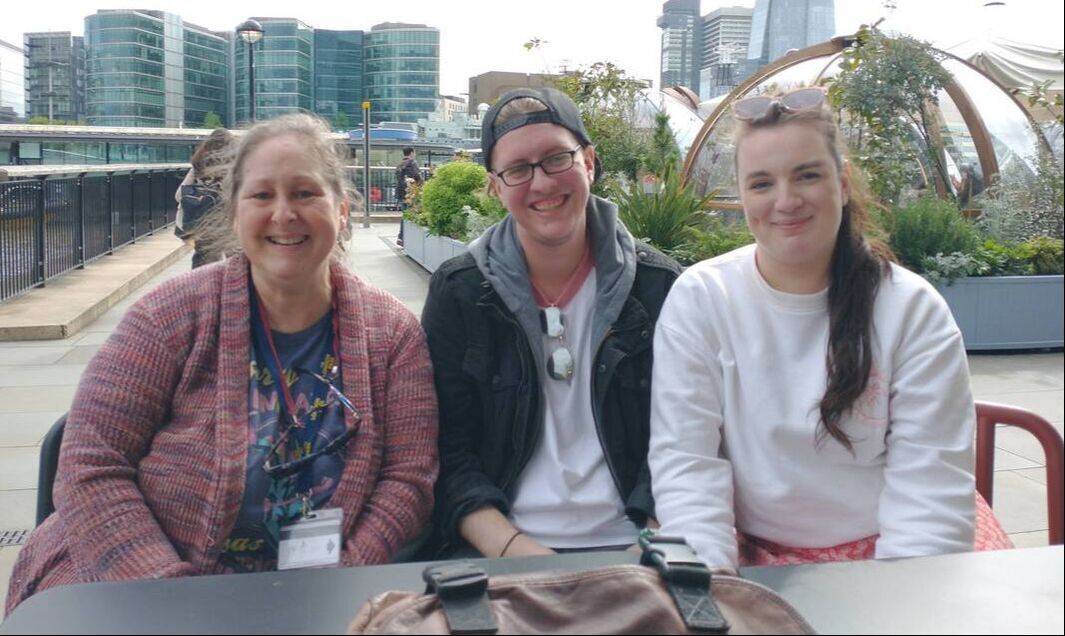 MCC alum, James Phelps, and his girlfriend Laura. James just graduated with his MA in HIstory from University College in Dublin. MCC alum, James Phelps, and his girlfriend Laura. James just graduated with his MA in HIstory from University College in Dublin. FYI, at the end of the day my fitbit reported that I'd done 21,859 steps total that day which included 44 floors totalling 8.83 miles. Moulin RougeCostume Designer Catherine Zuber
Live Design Interview with Catherine Zuber on her costume designs for Moulin Rouge: The Musical. Adelphi Theatre - Strand, London It's where we saw Kinky Boots last time. Production PHotosAll photos by Sean Ebsworth Barnes from the https://www.theatrecrafts.com/pages/home/shows/back-to-the-future-the-musical/ website. Behind the ScenesThis video is mostly about the music and songs. Set & Costume Designer: Tim Hatley
Our first day in London after a nine hour flight, I had been up more than 24 hours. Sylvan and I couldn't sleep on the plane. We left Waco at 12:30 on my birthday and arrived in London the next day at 9:30 am. We watched King Charles' coronation on the TV at the Travelodge hotel, while we were checking in and storing our luggage. We ate lunch at an Asian Fusion place that was too expensive and crowded and that charged us for water. It was pouring down rain and we got soaked walking through Trafalgar Square. It felt great at first after being so hot on the bus and the plane, but then it got very cold once I was soaked through. There were lots of bobbies and protestors. They had blocked off much of the street to prevent any vandalism to the statue of Admiral Nelson. Lots of signs saying, "not my king". Had enough time to go back to the hotel and take a hot shower before the show. Kelly had planned well and Six was the shortest of all the shows with no intermission so we got back to the hotel early and finally got a good night's sleep. Vaudeville Theatre - 404 Strand, London My View of the StageWe were on the very last row of the very last balcony. My advice for next time is to buy a pair of really good opera glasses and remember to pack them. The old theatres have them on the back of all the balcony seats but you have to have a pound coin to use them. I paid for the nice program with all the photos, but they kindly also gave us a QR code. During the encore, they told us we could take photos, so I did. Gabriella Slade, Costume DesignerInterview with Playbill Interview with Variety http://www.gabriellaslade.co.uk/six Women's Wear Daily Interview with Gabriella Slade where she talks about giving the original West End costumes a "glow up" for their Broadway run. Rachael Dickszen's extremely detailed and well researched posts on Six. Victoria and Albert Museum Video |
CategoriesArchives
July 2024
|
||||||||||||
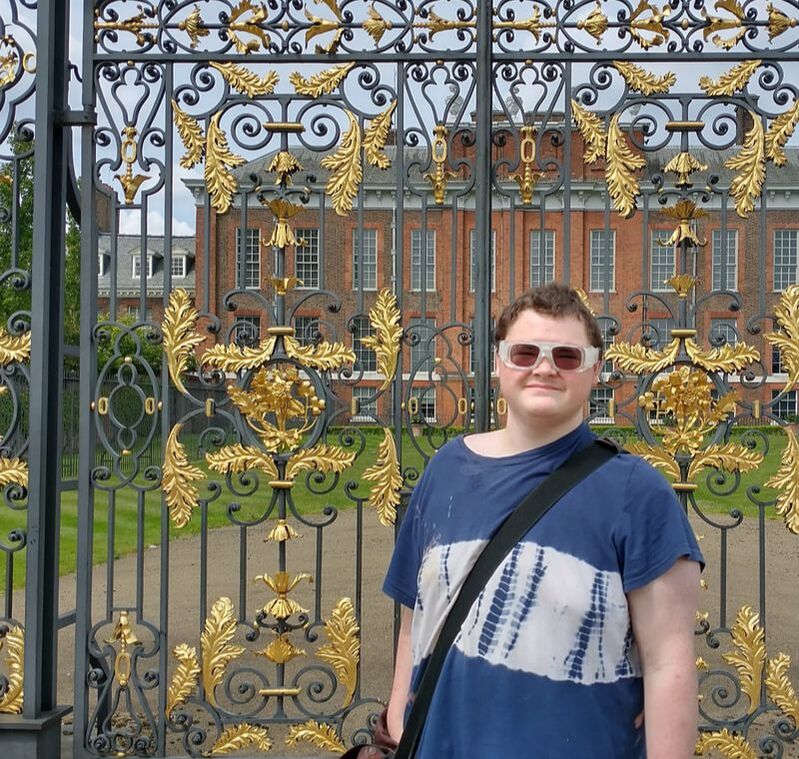
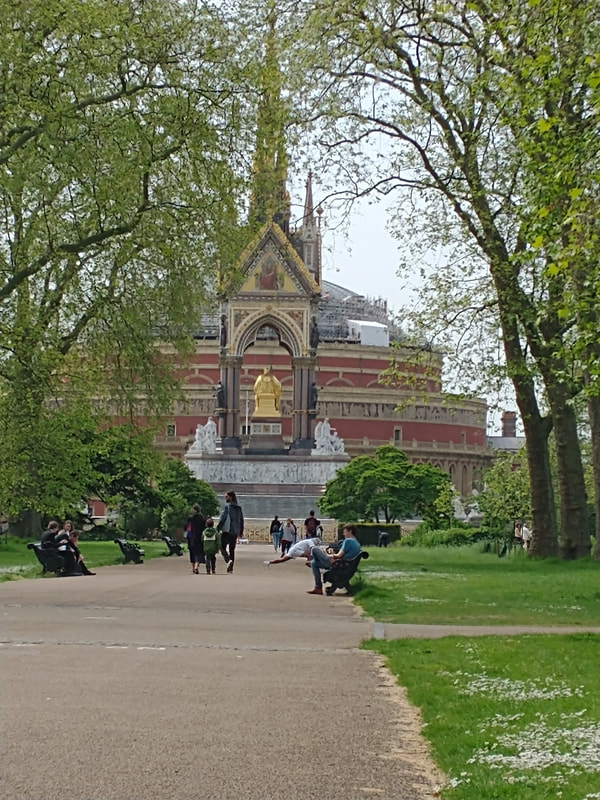
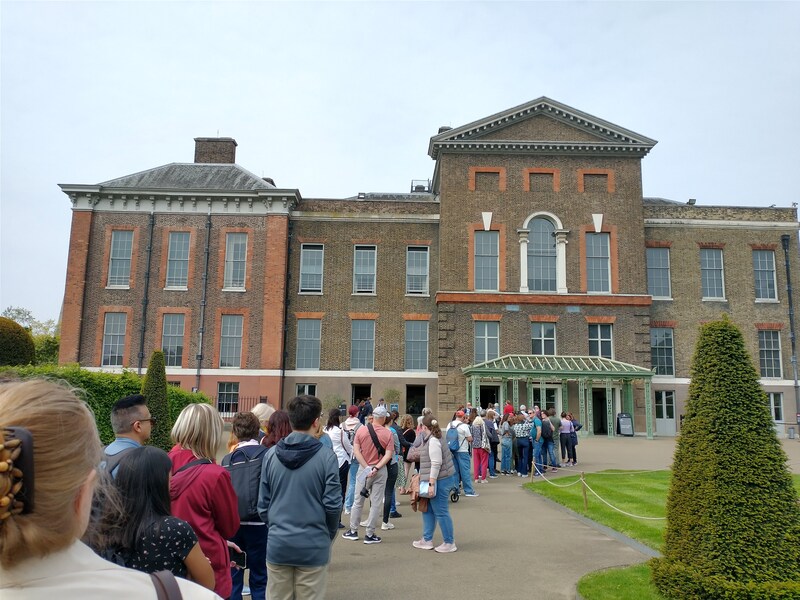

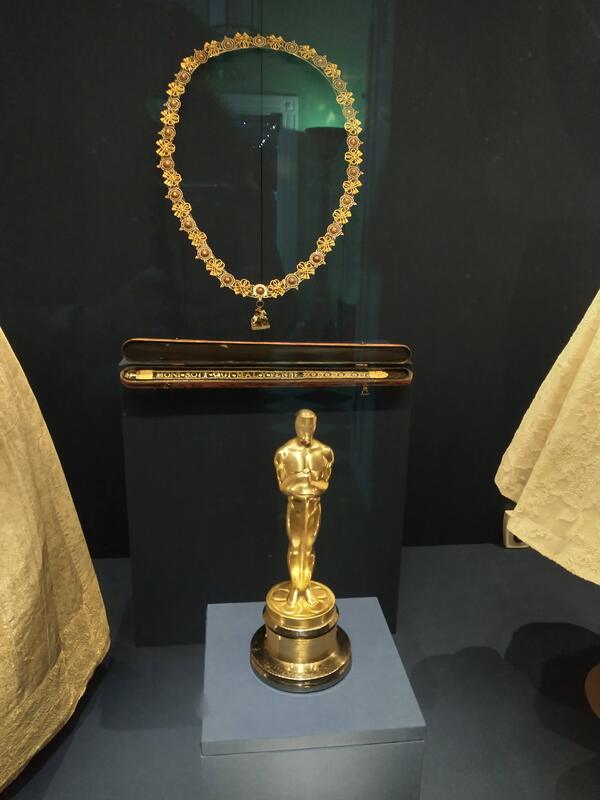
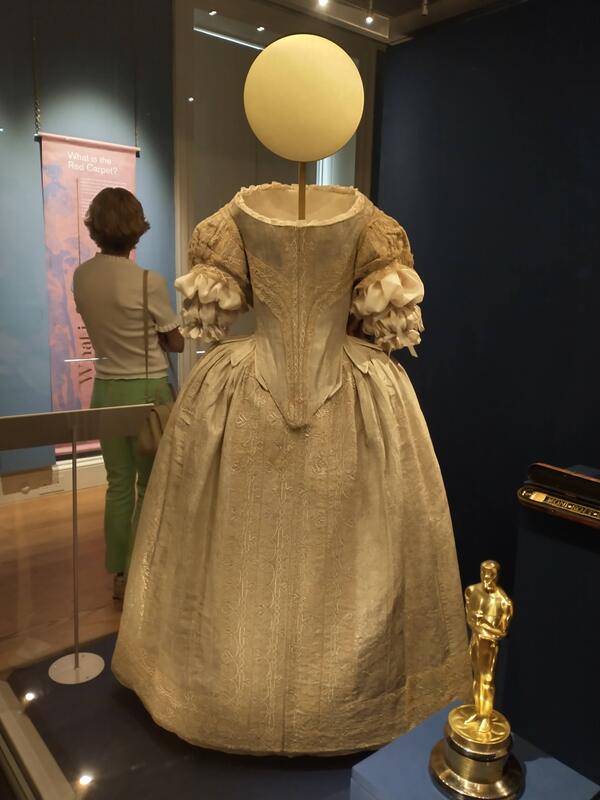
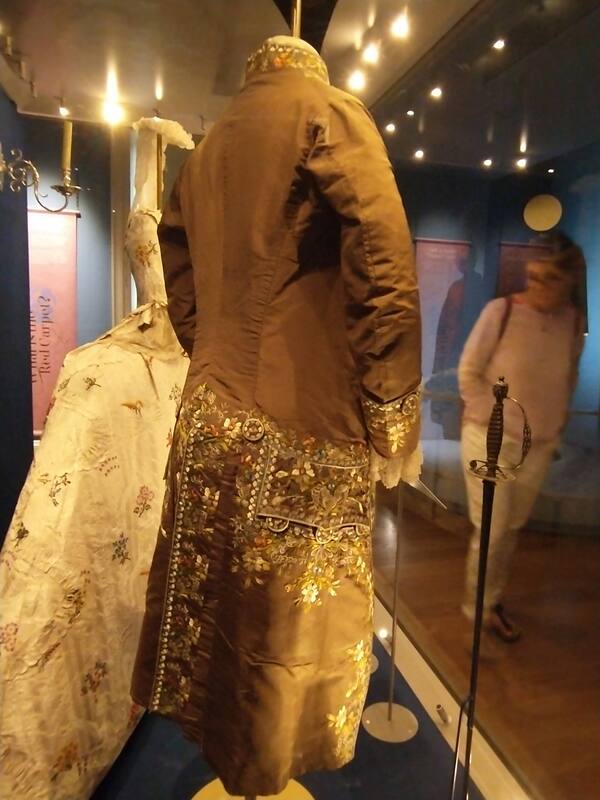
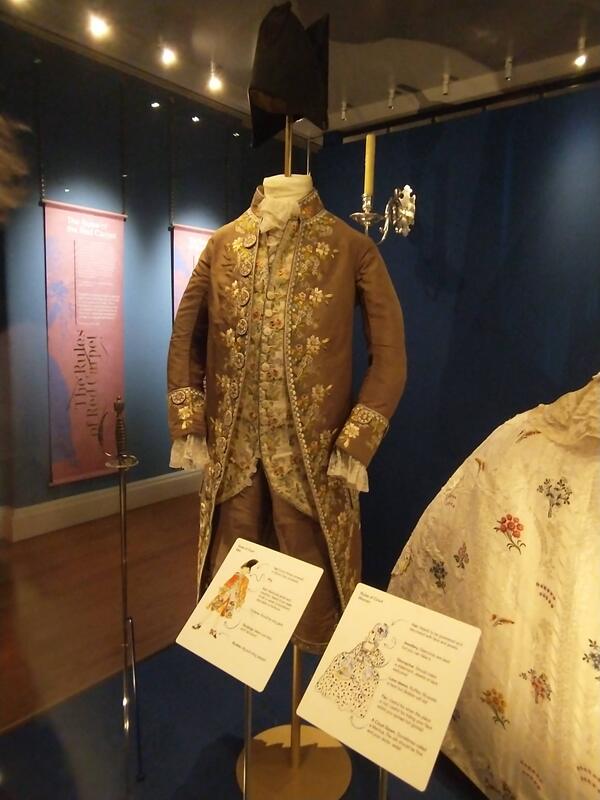
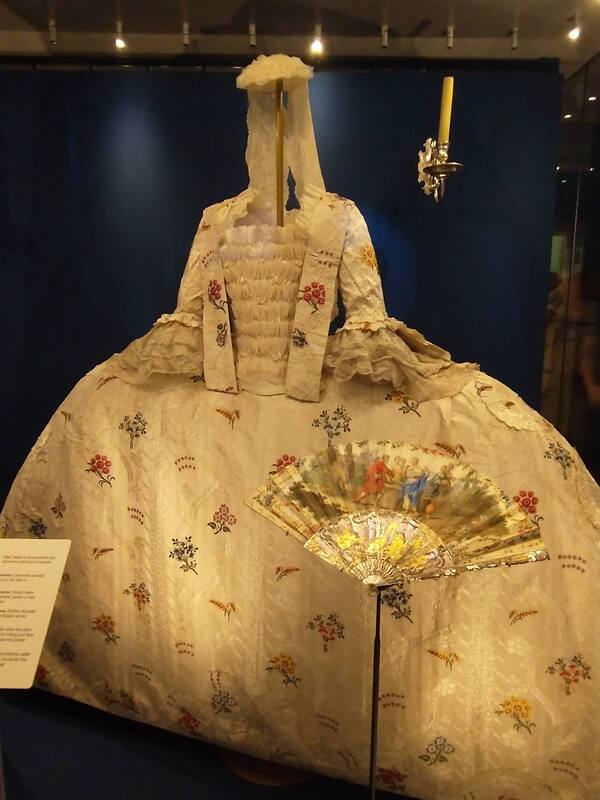
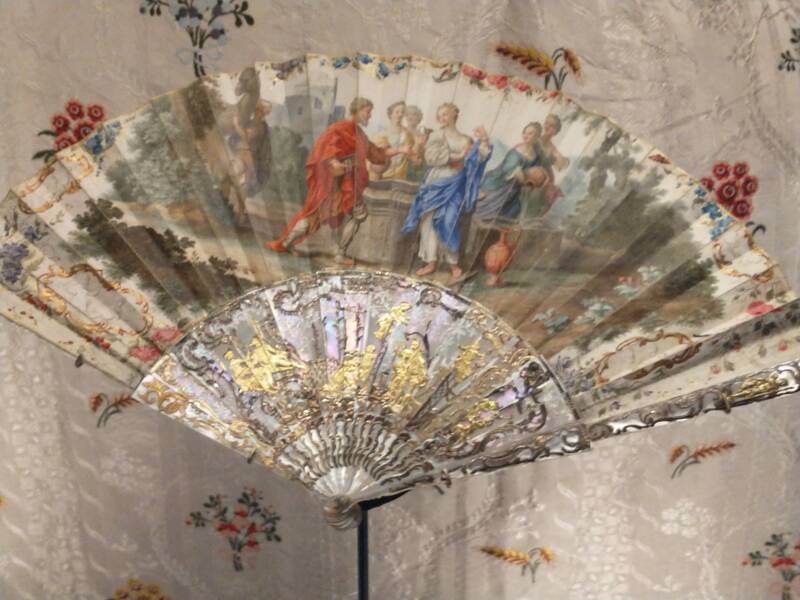
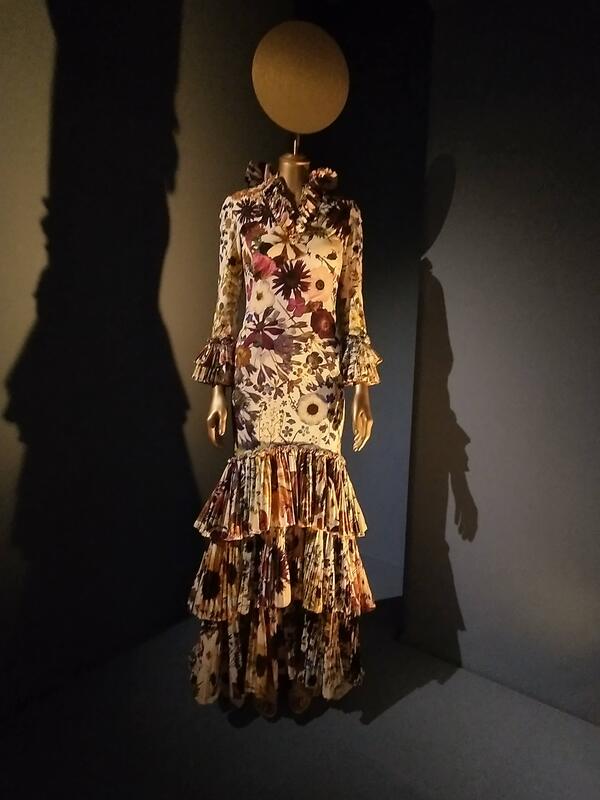
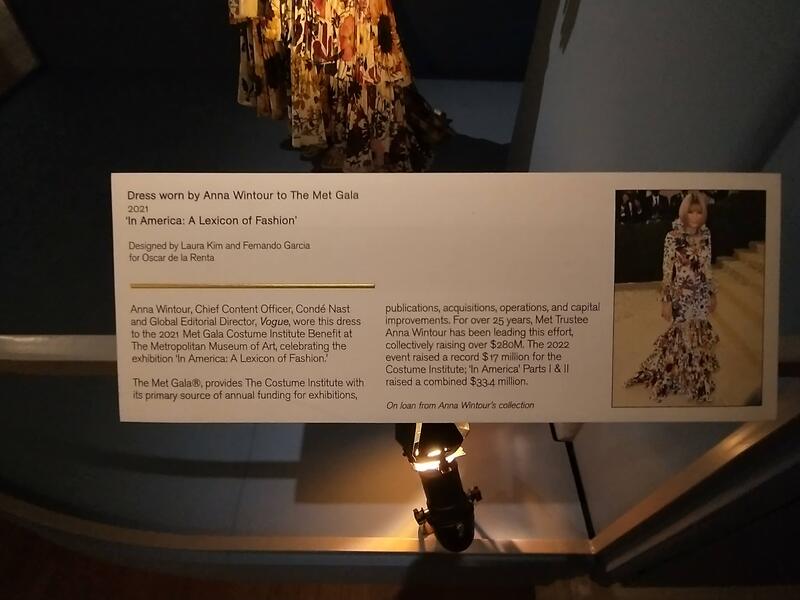
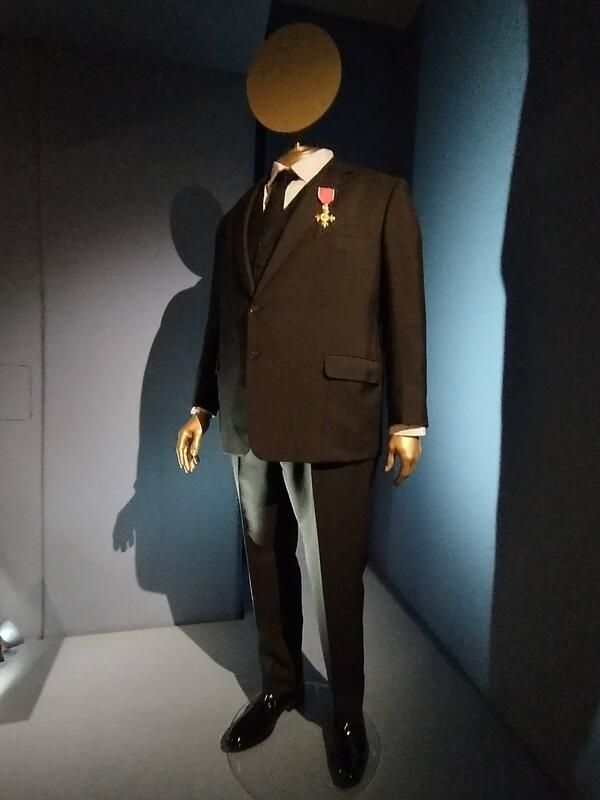
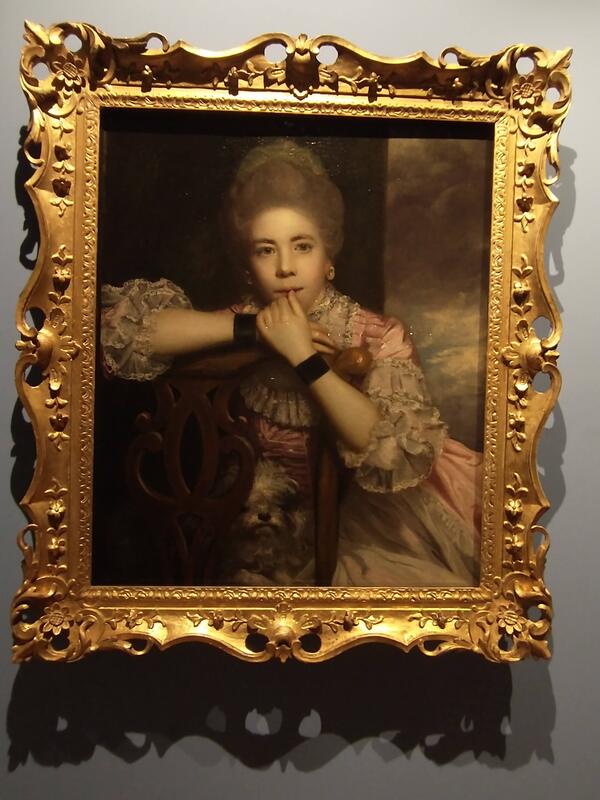
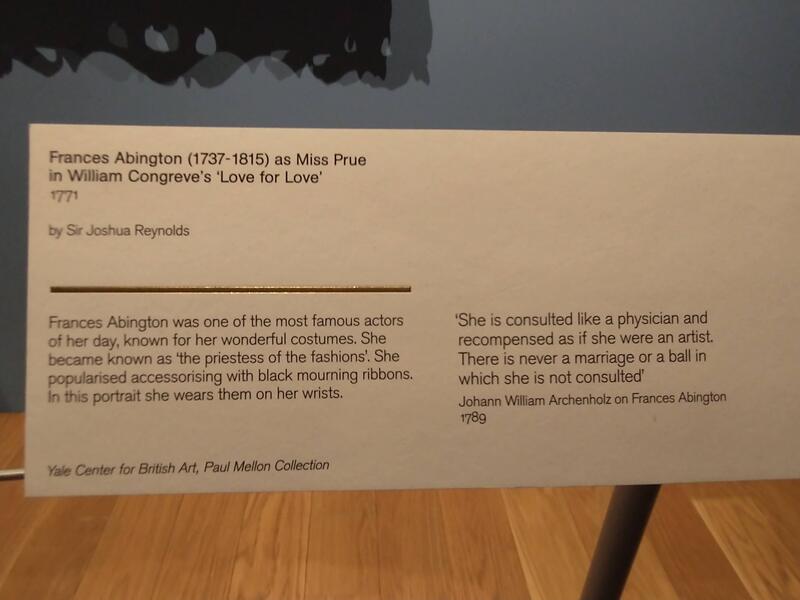
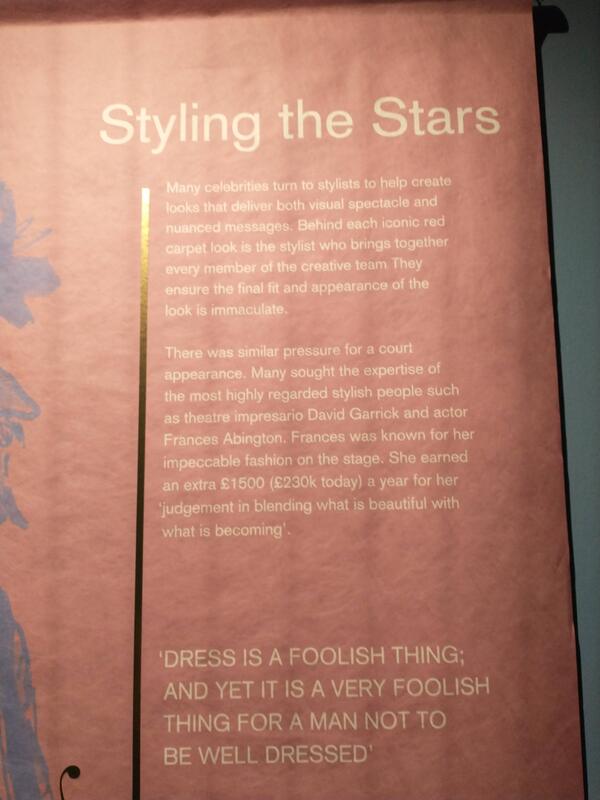
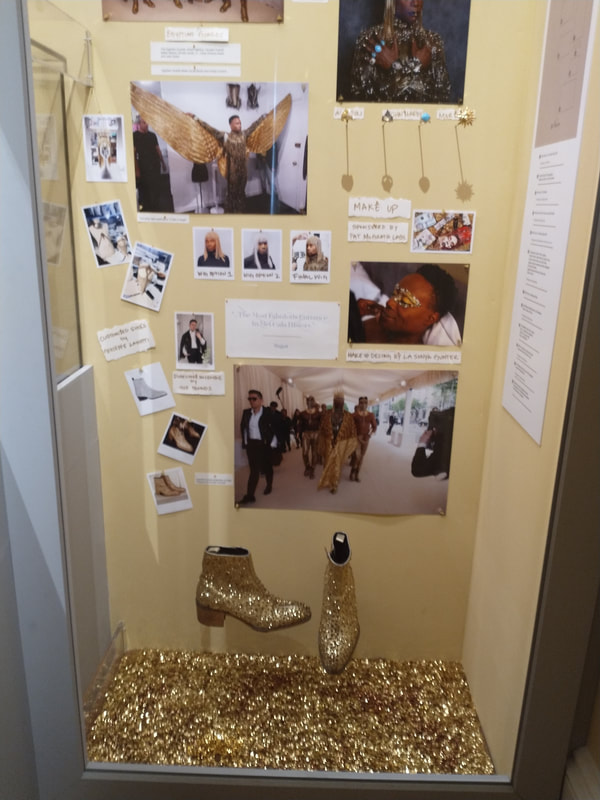
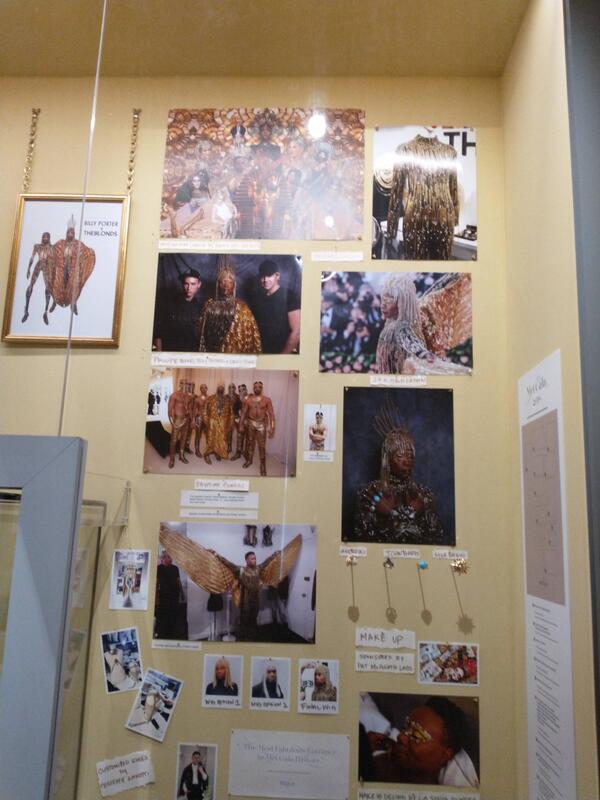
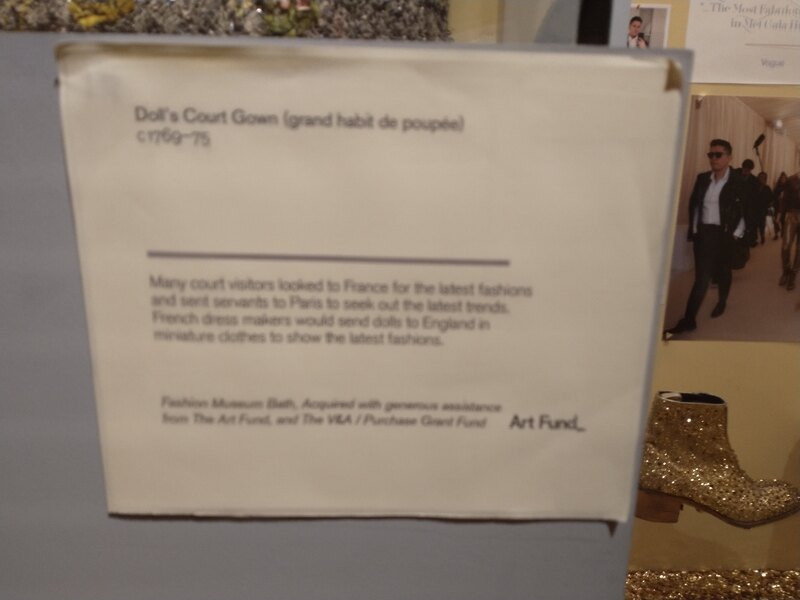
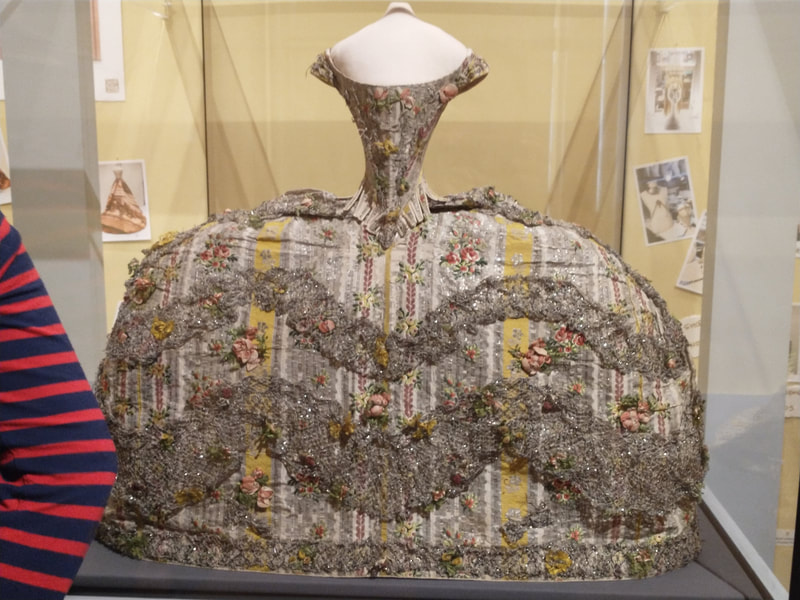
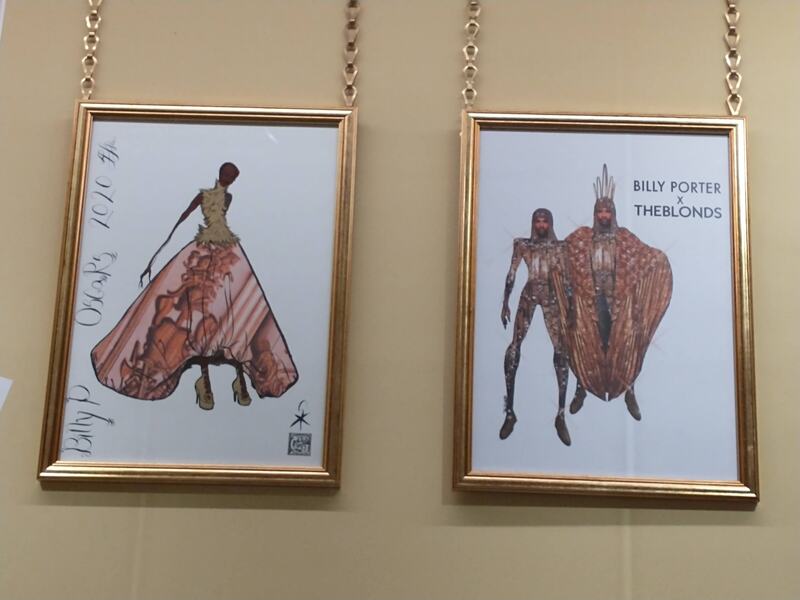
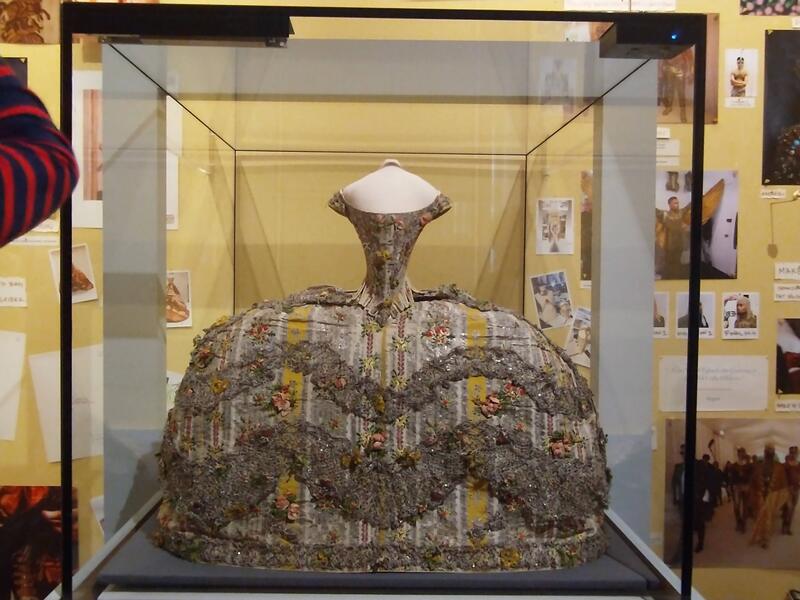
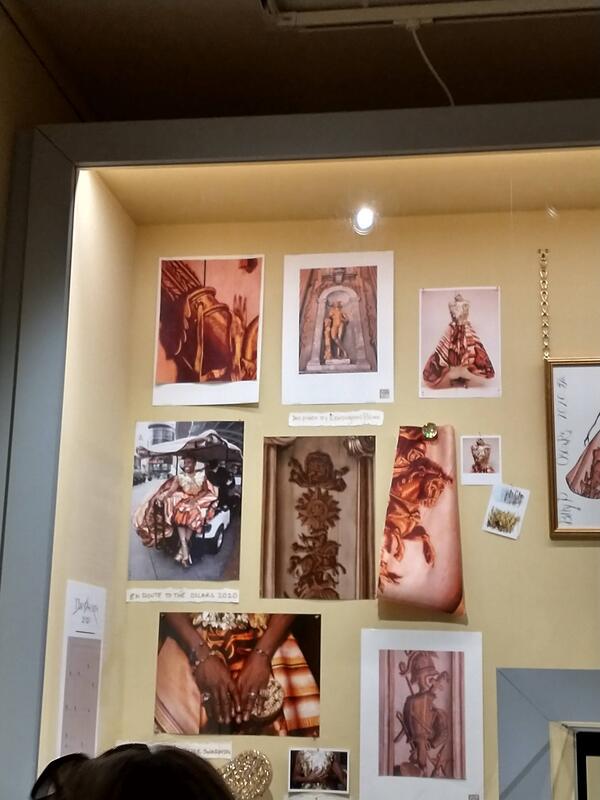
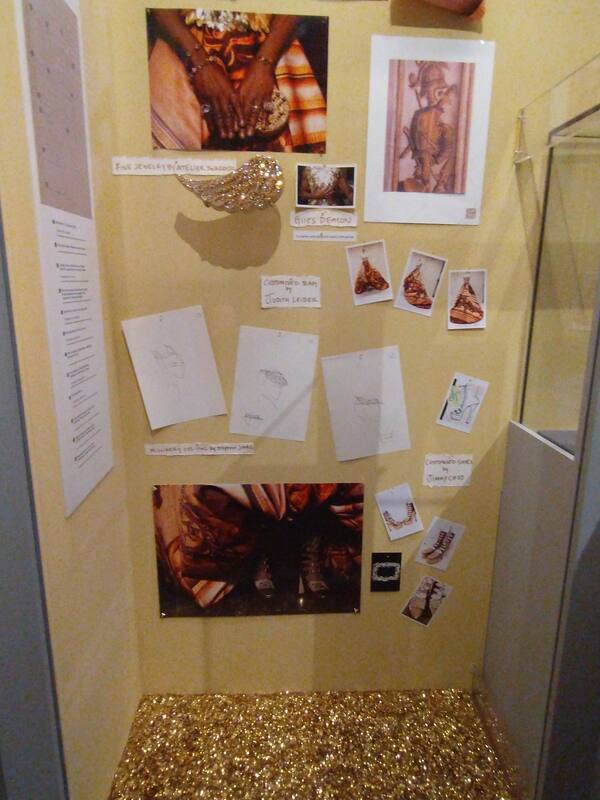
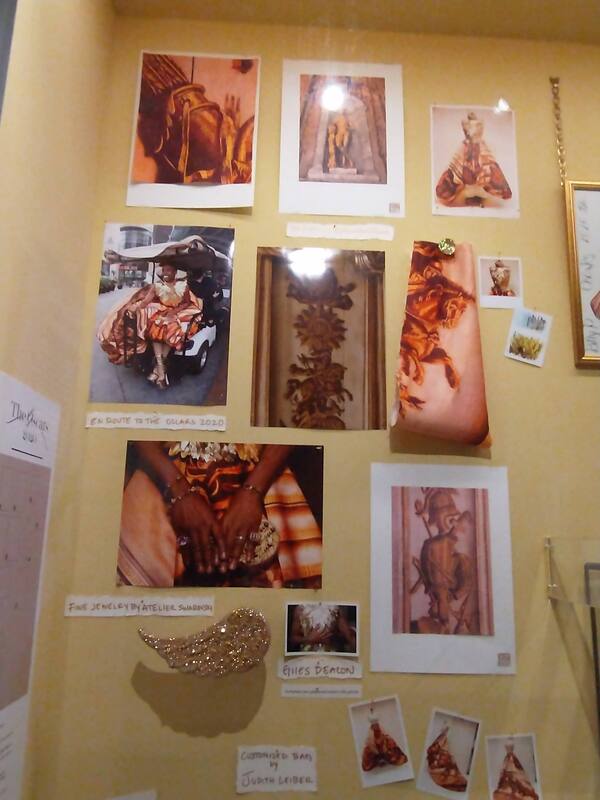
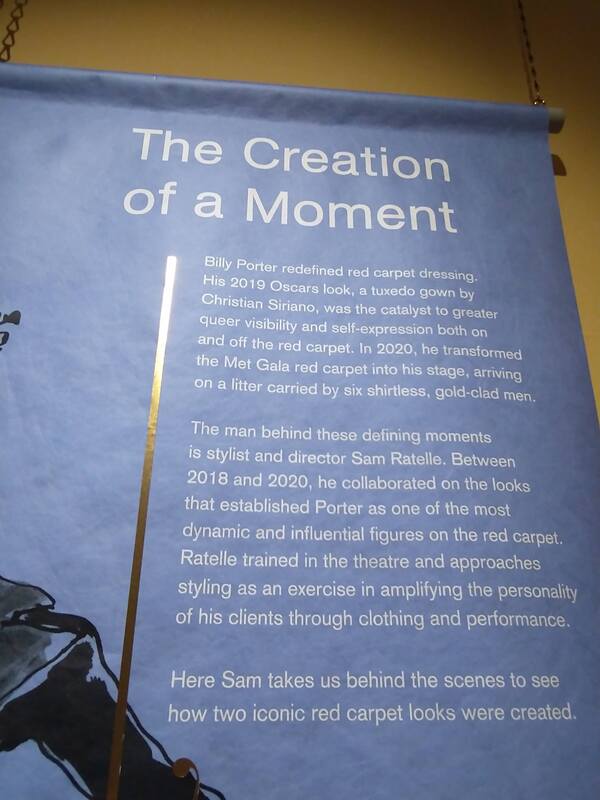

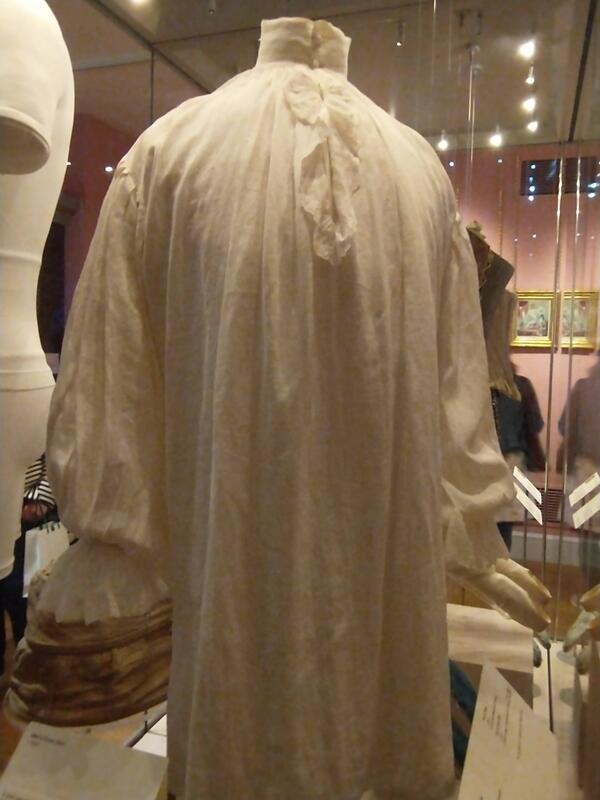

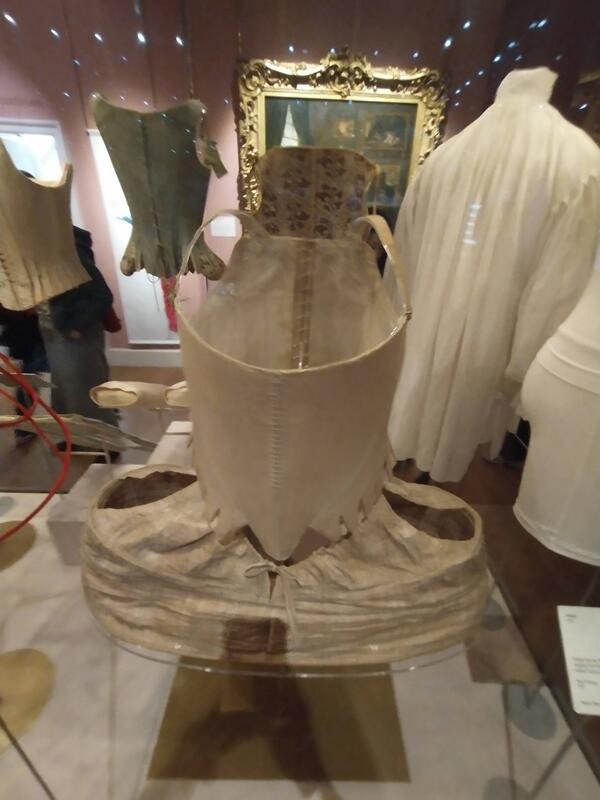

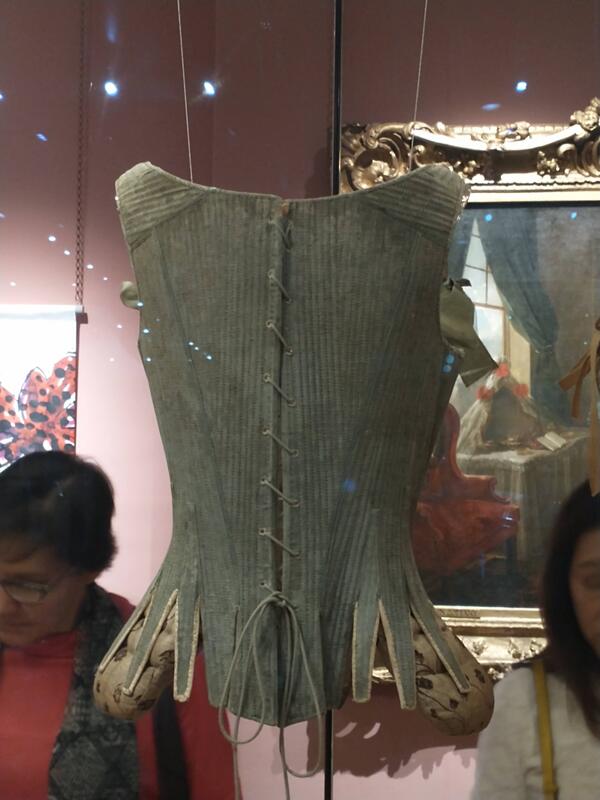
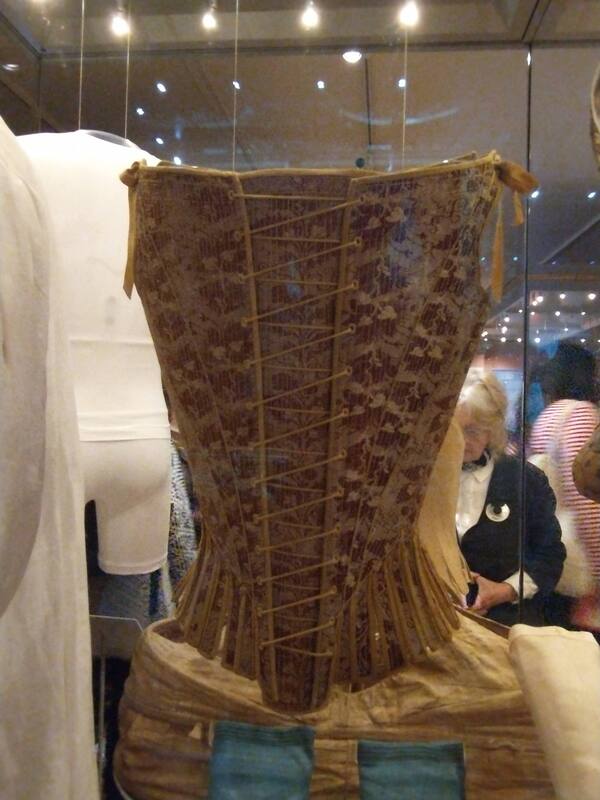
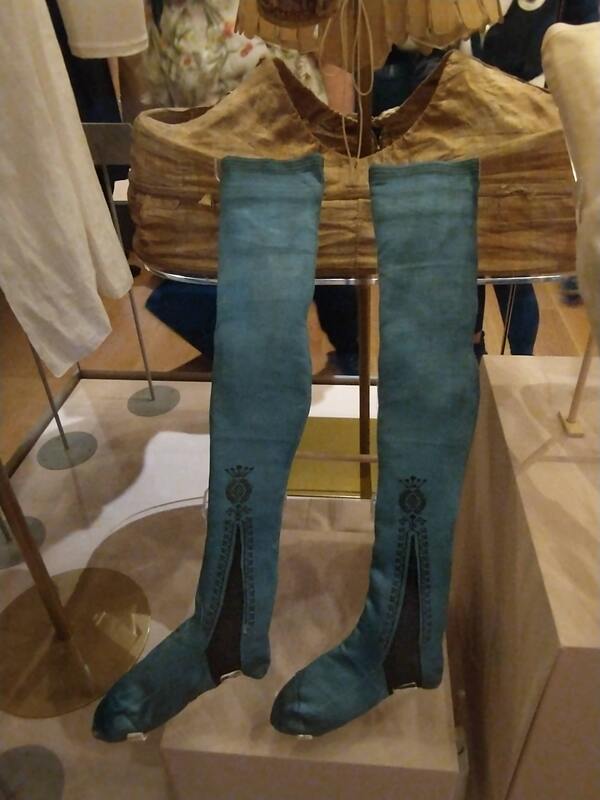
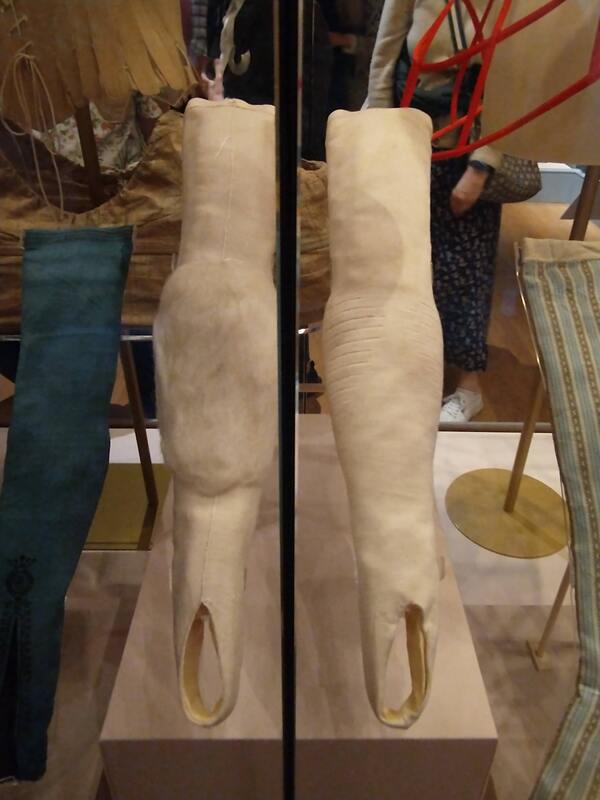

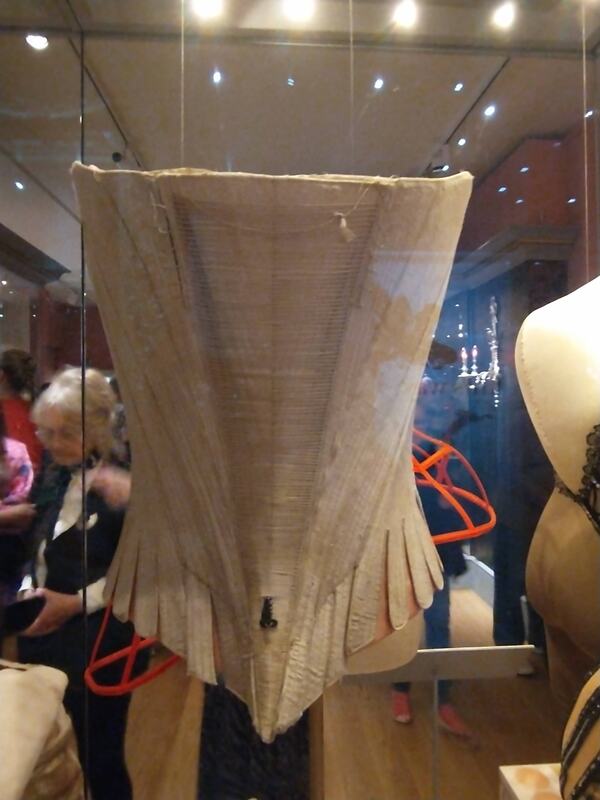
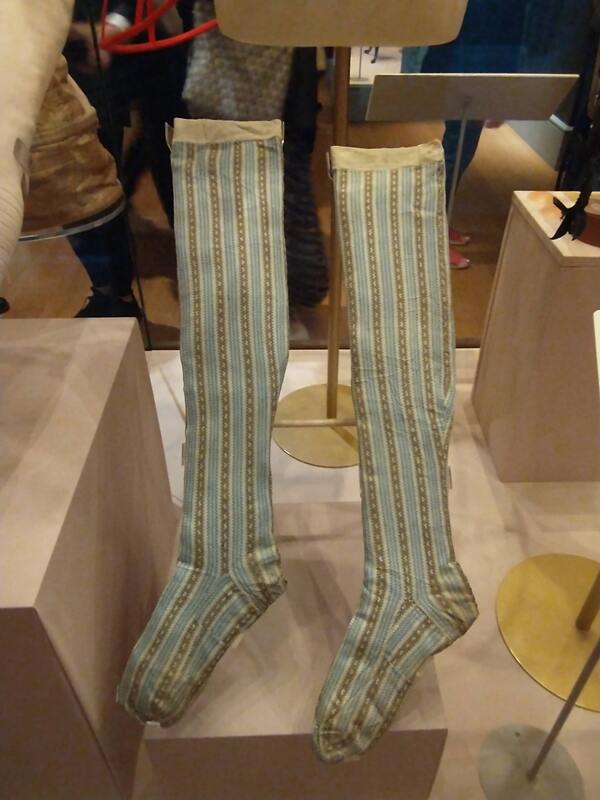
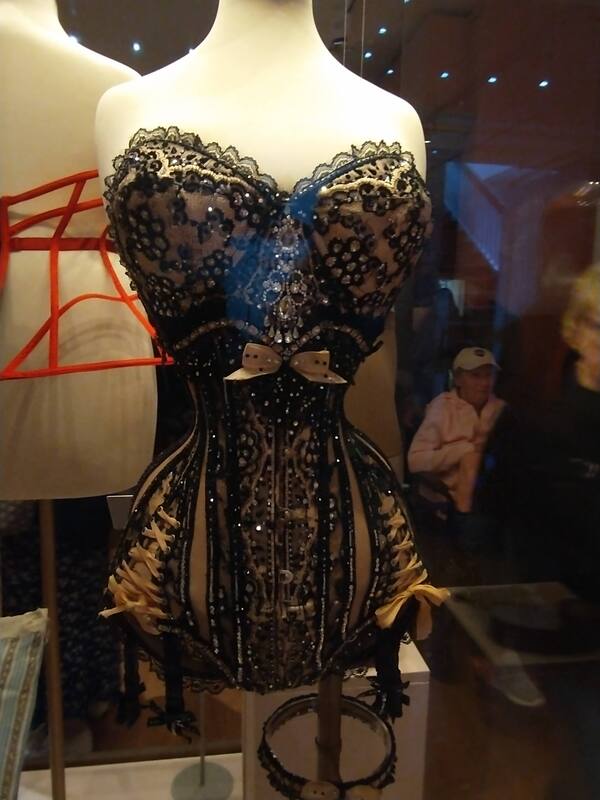
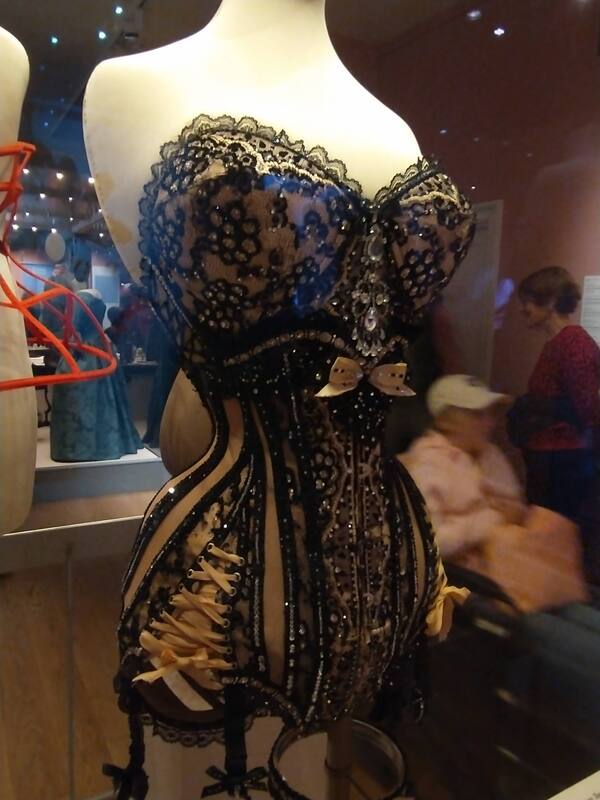

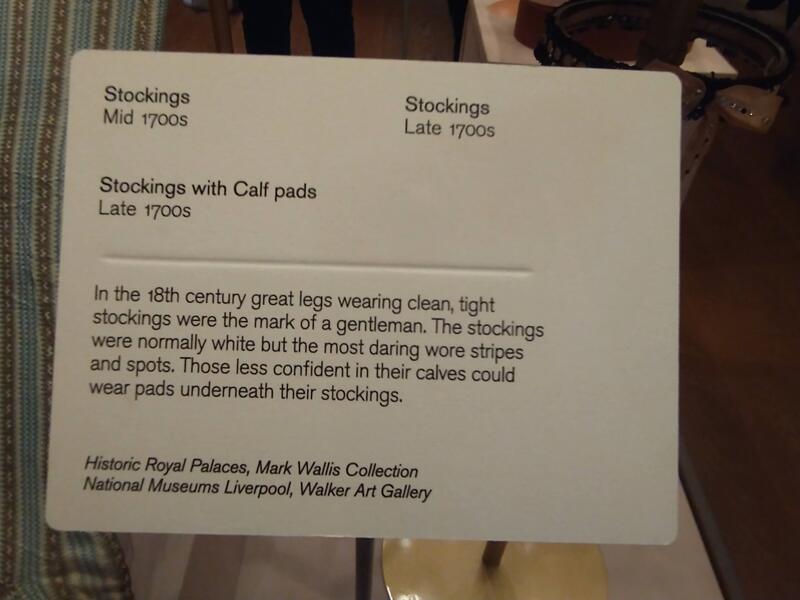
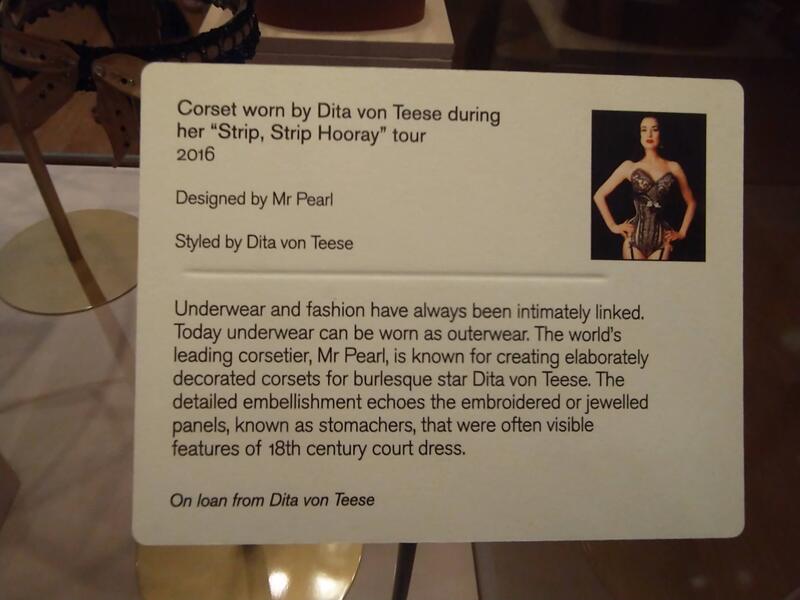
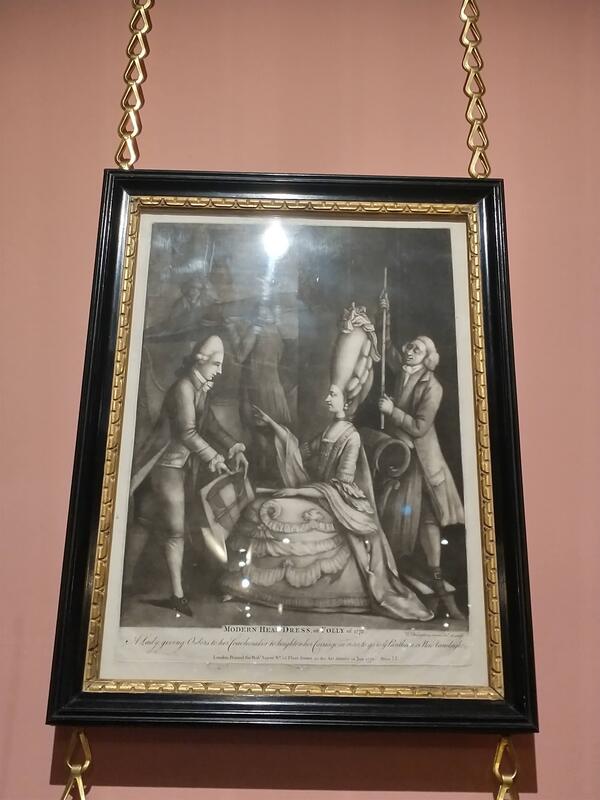
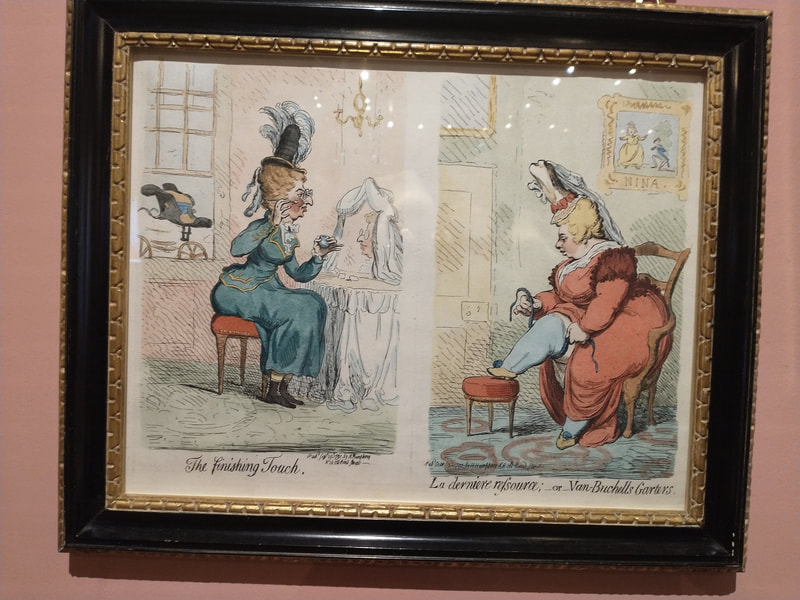
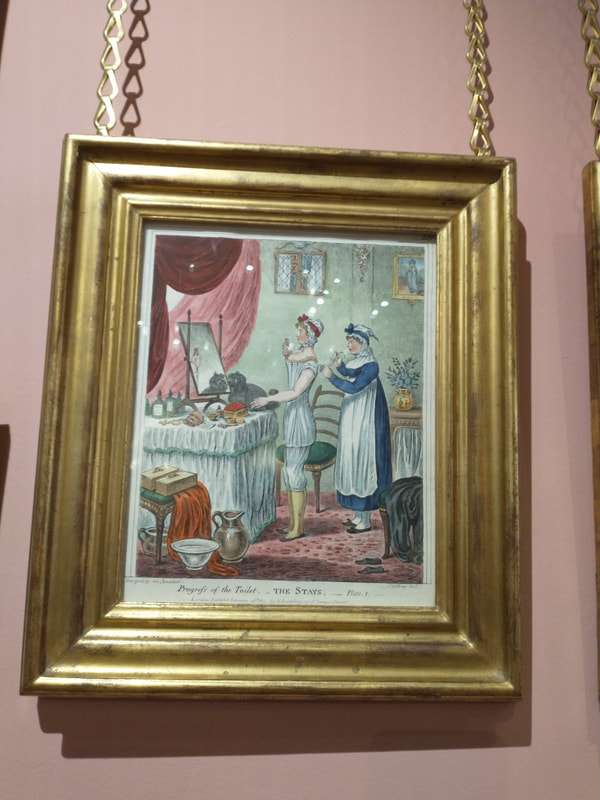
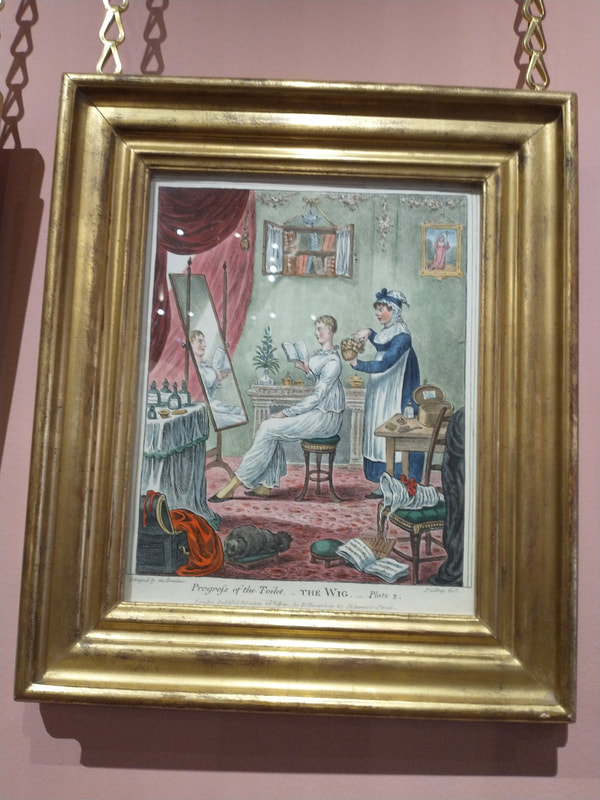
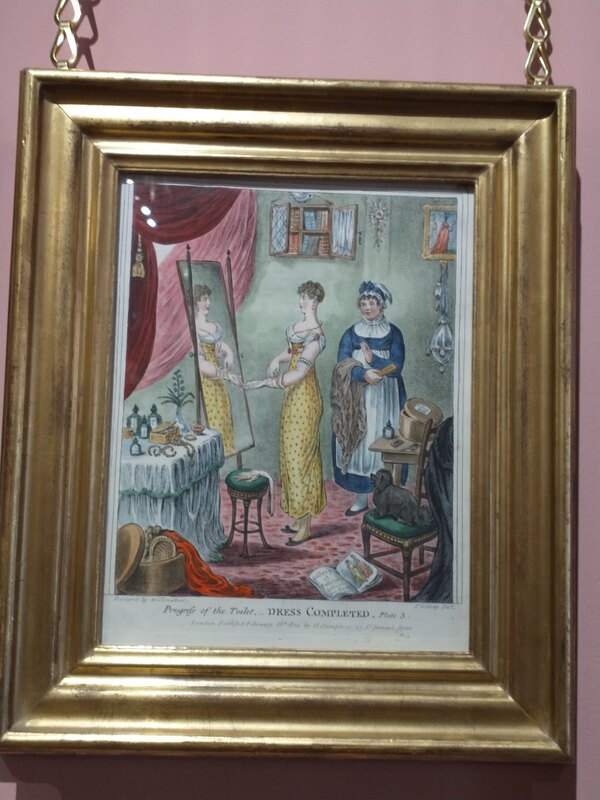
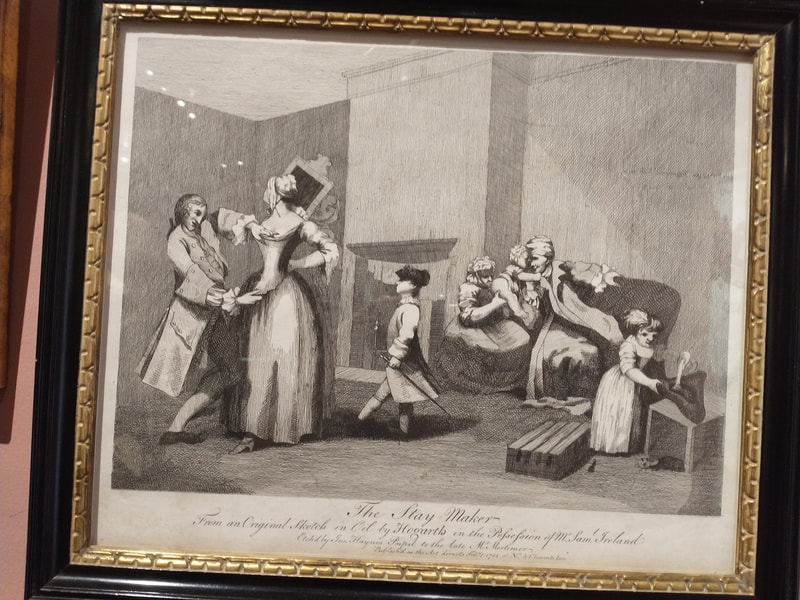
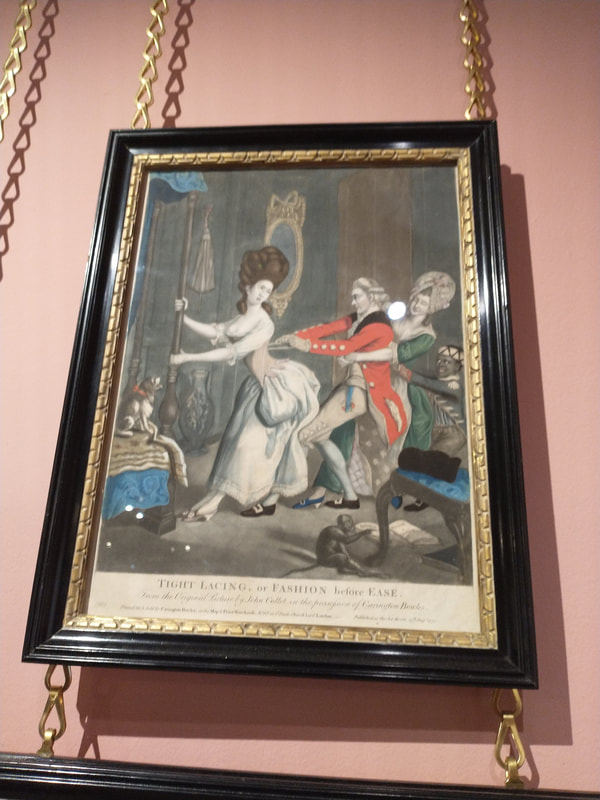
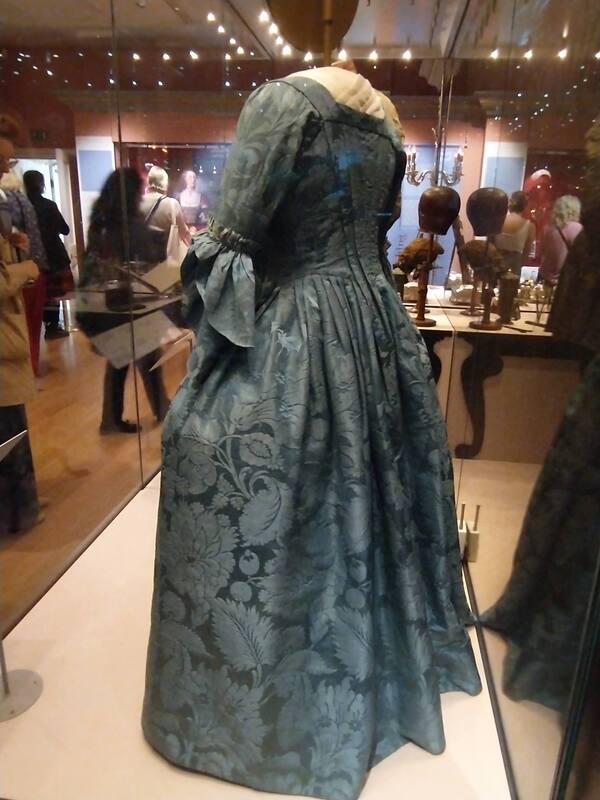
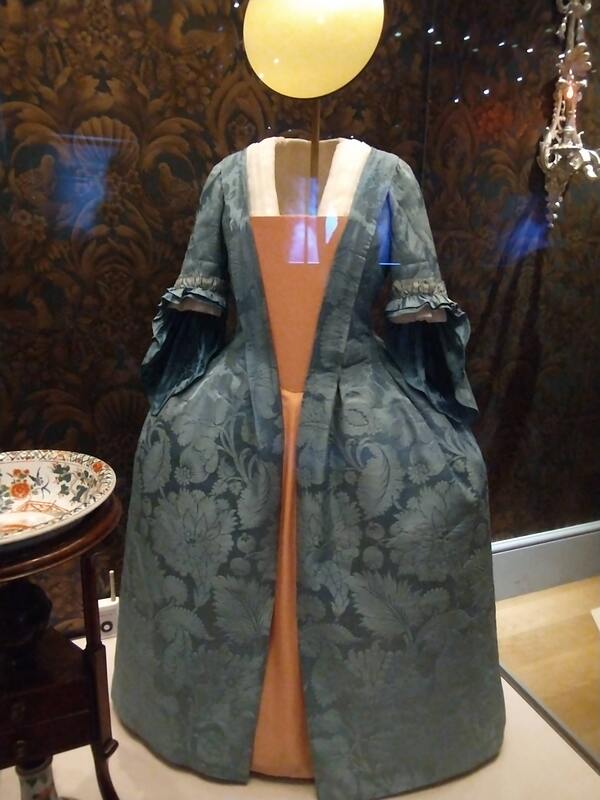
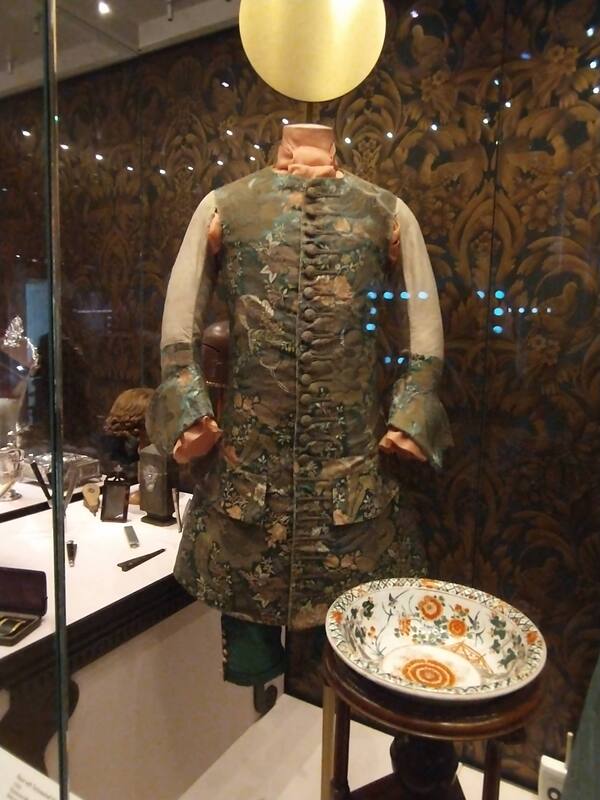
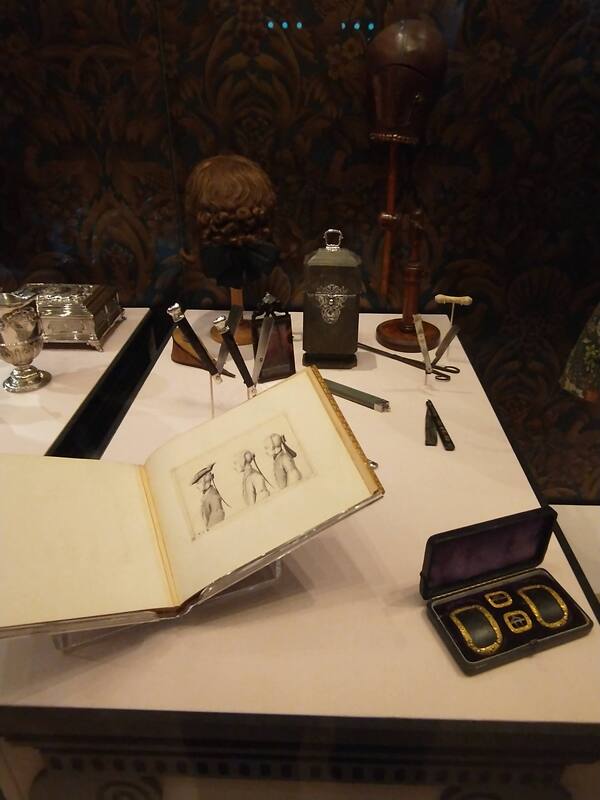

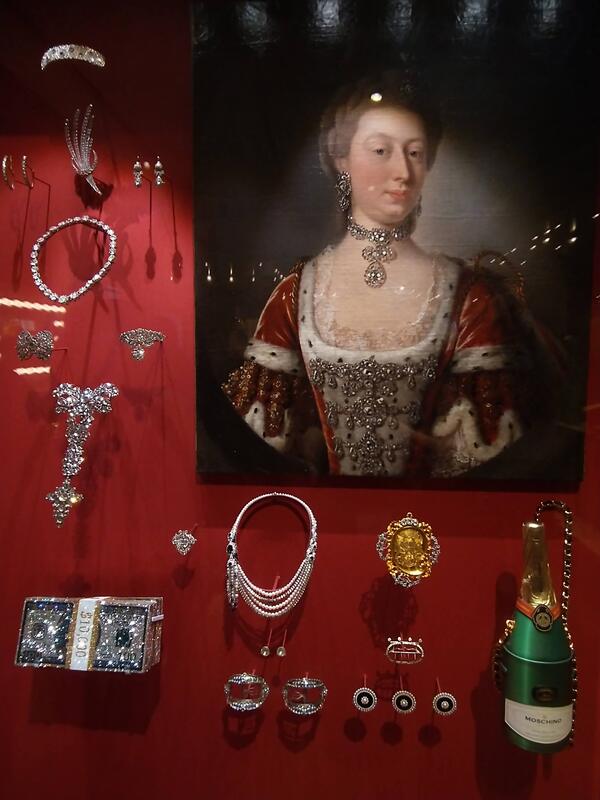
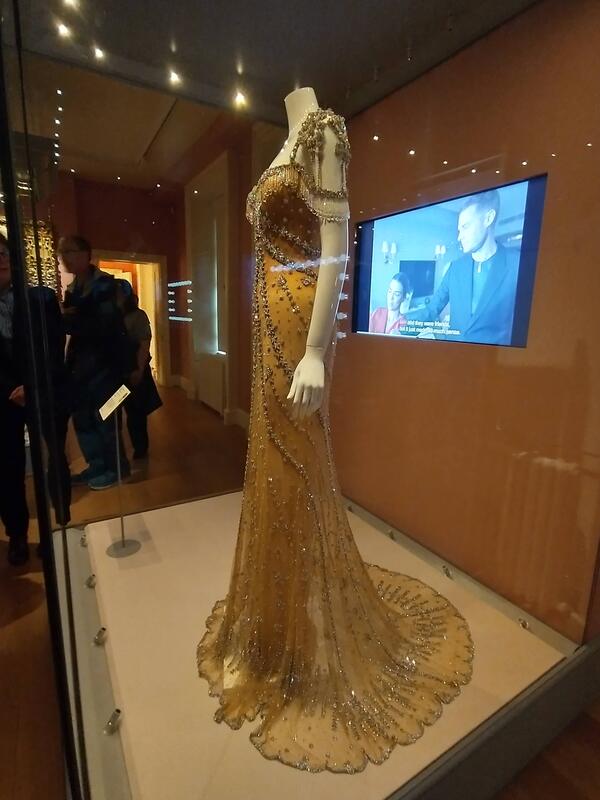
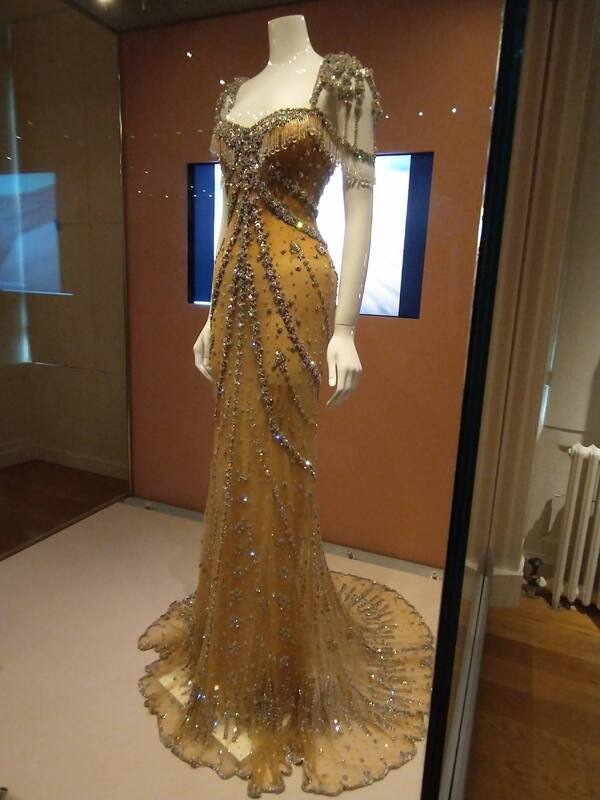
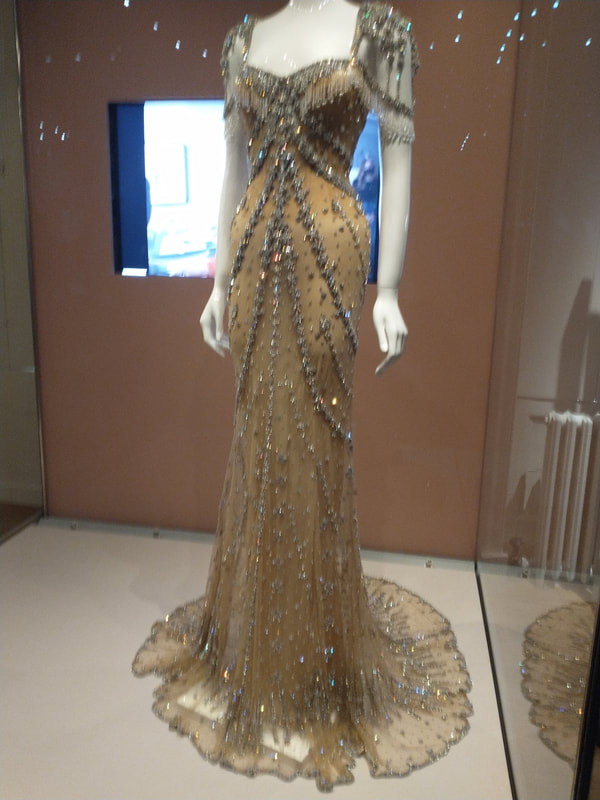

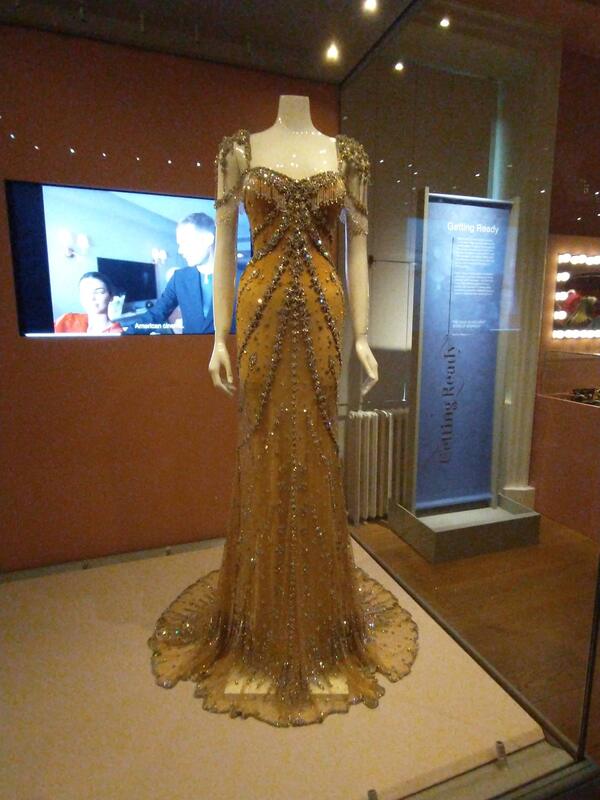
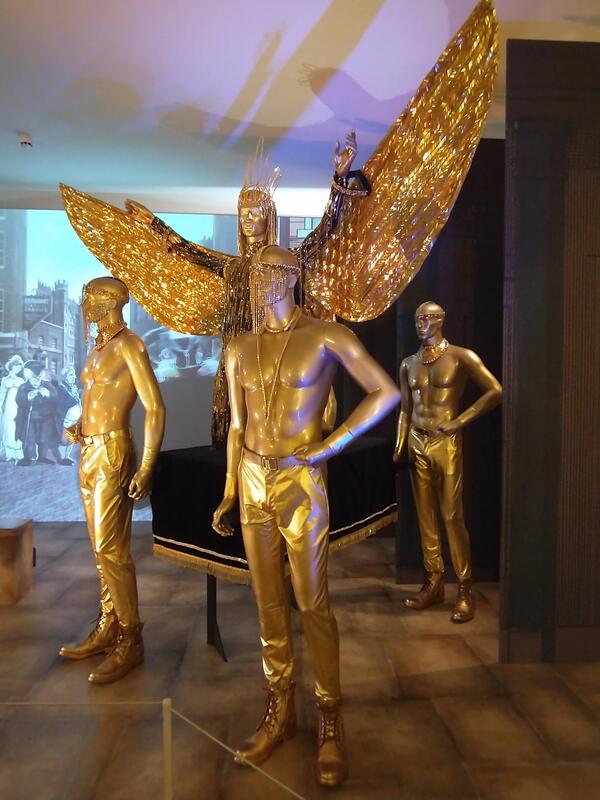
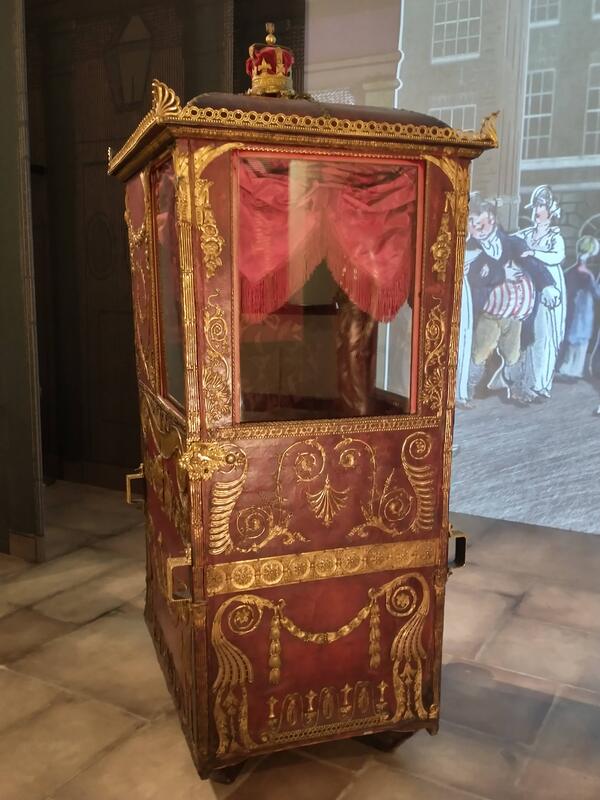
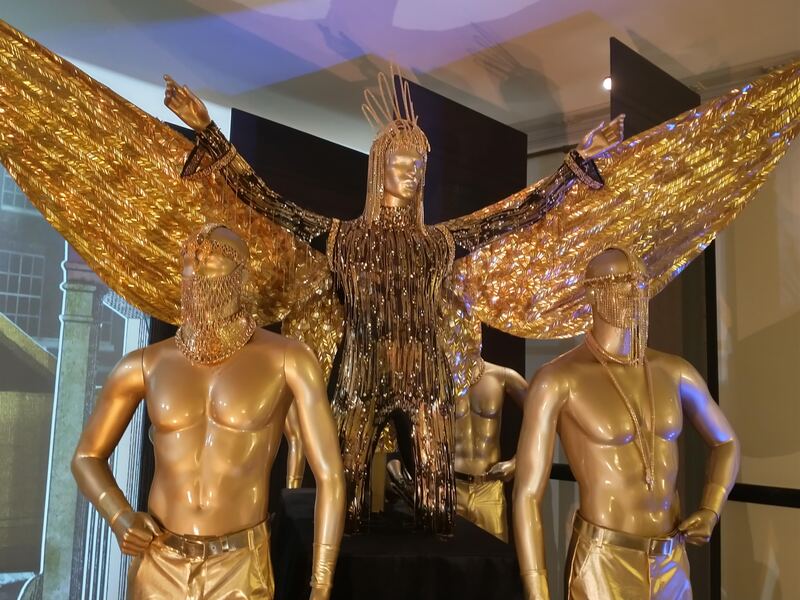
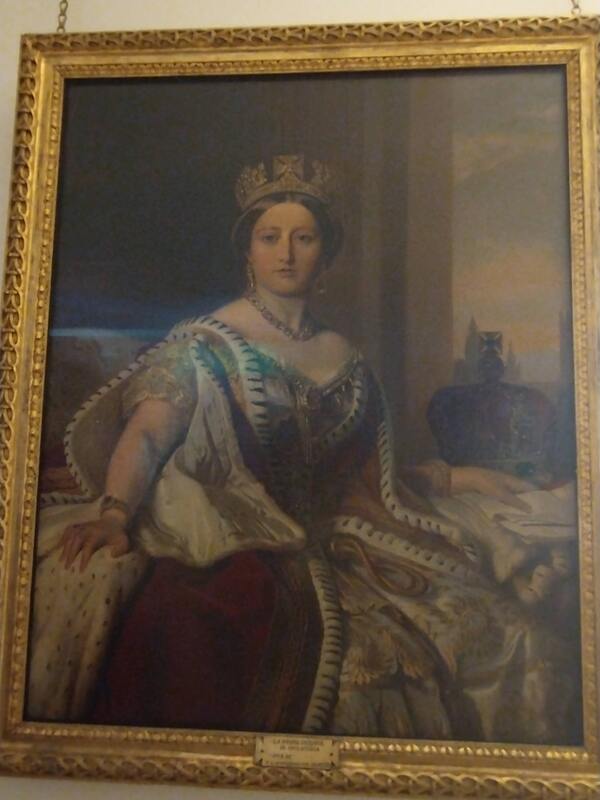
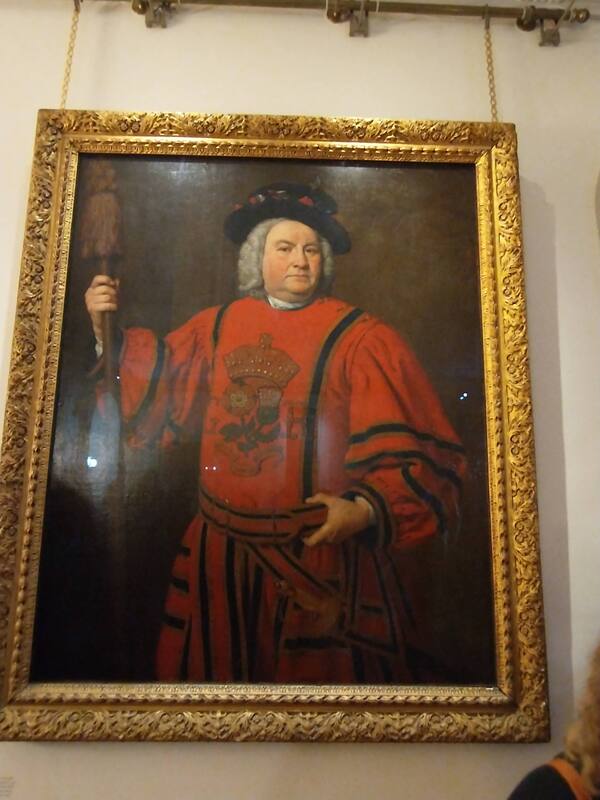
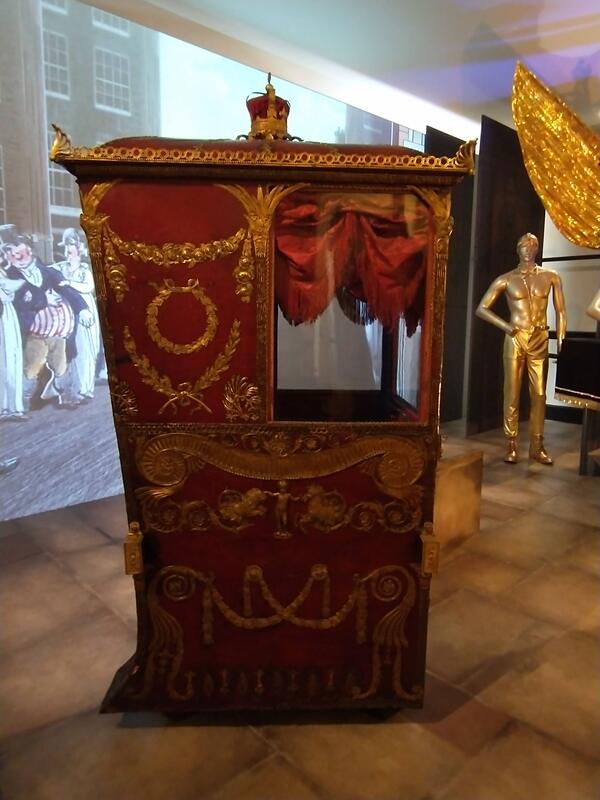


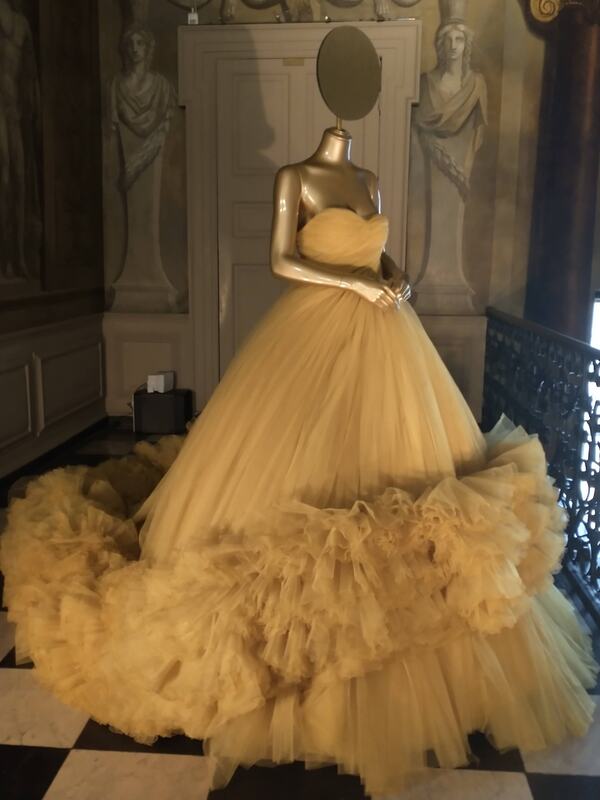
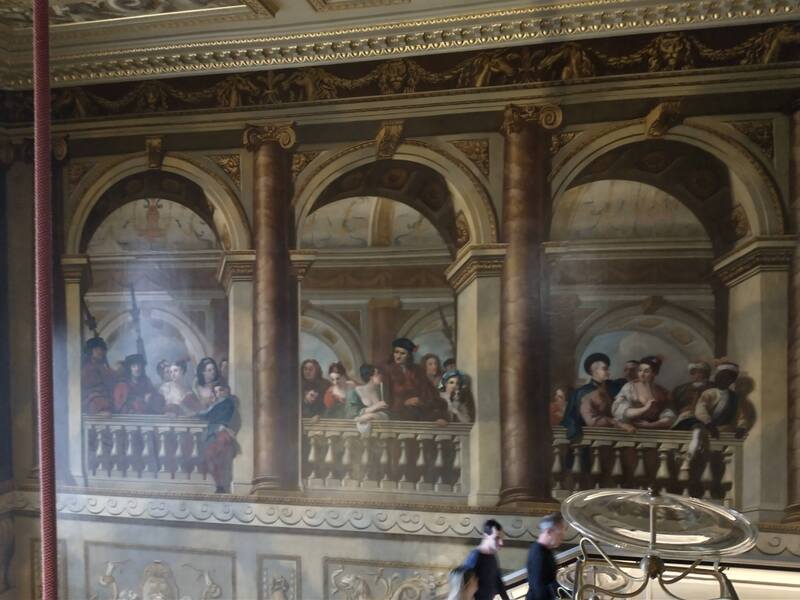
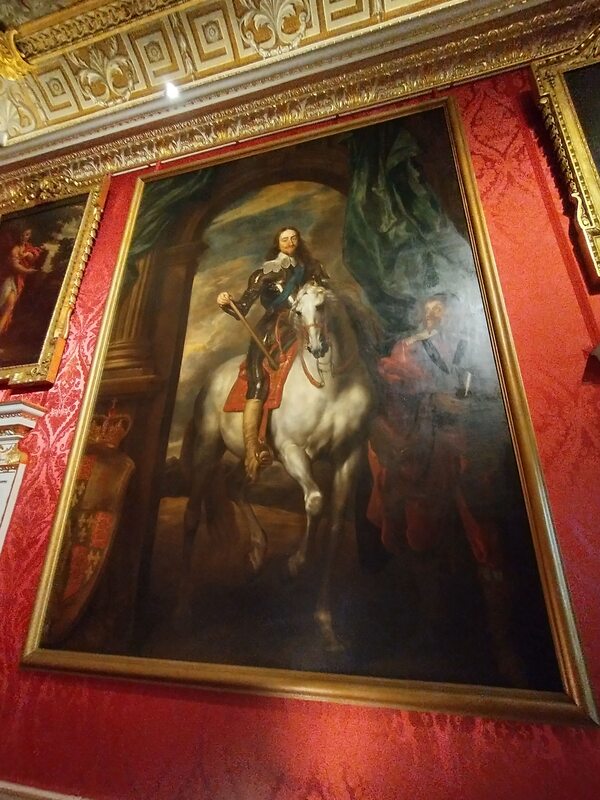
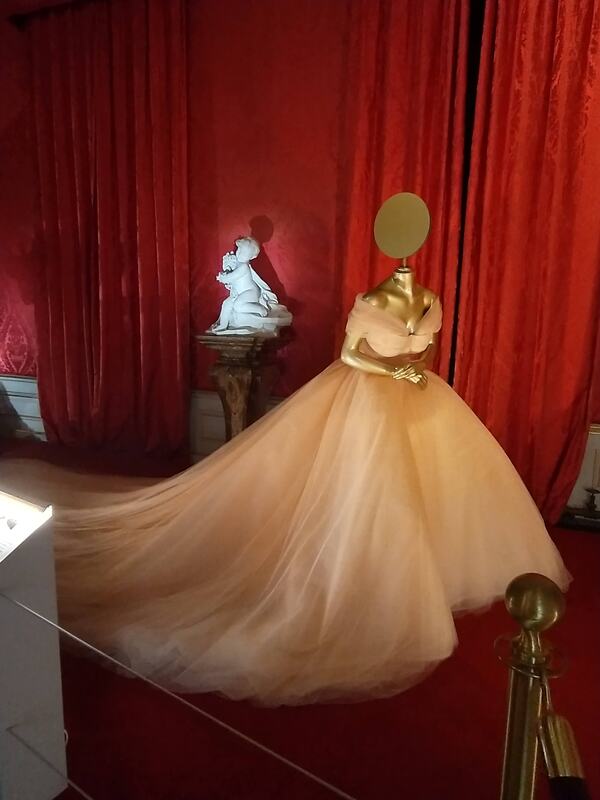
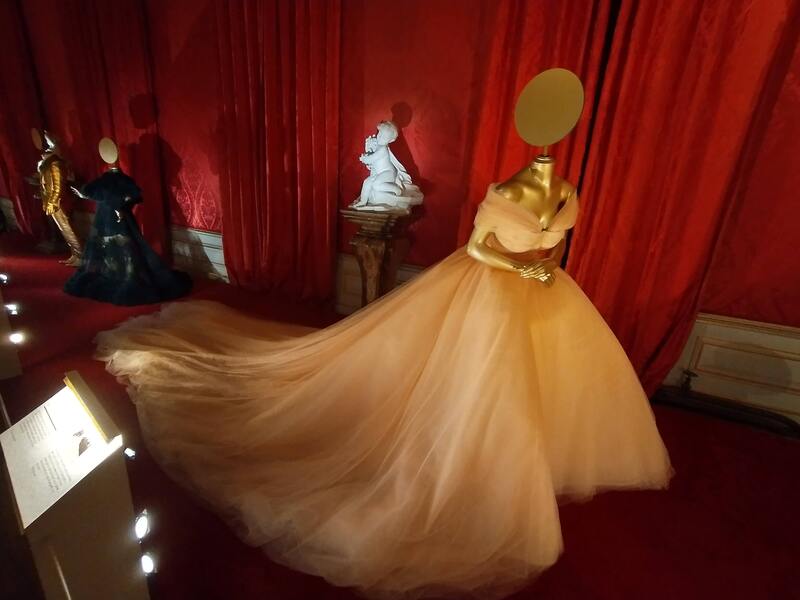
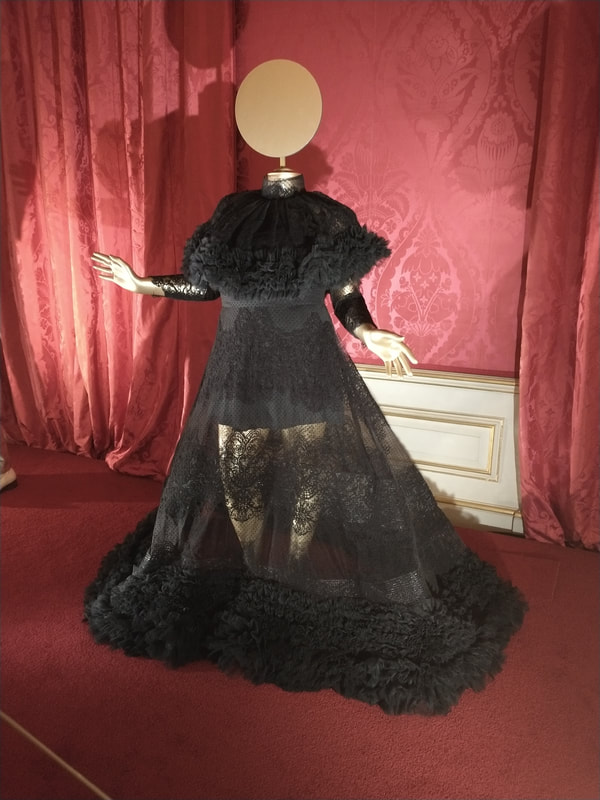
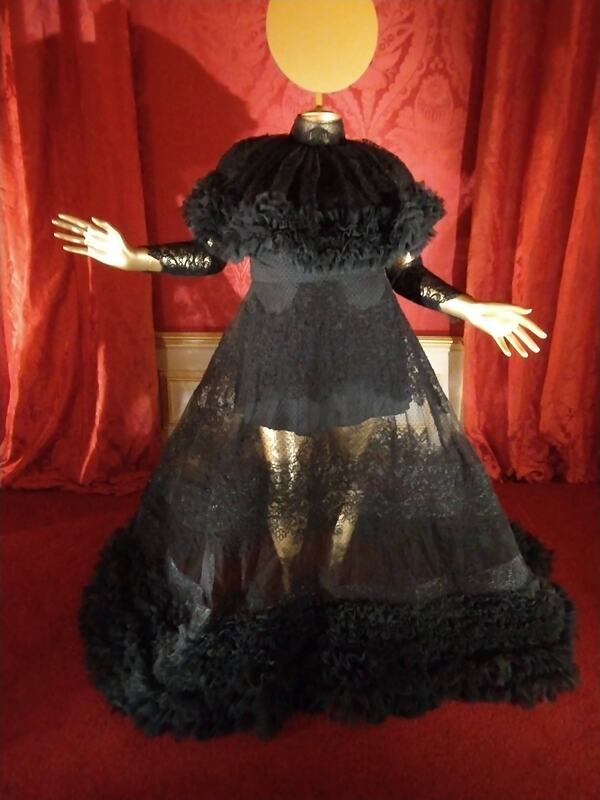
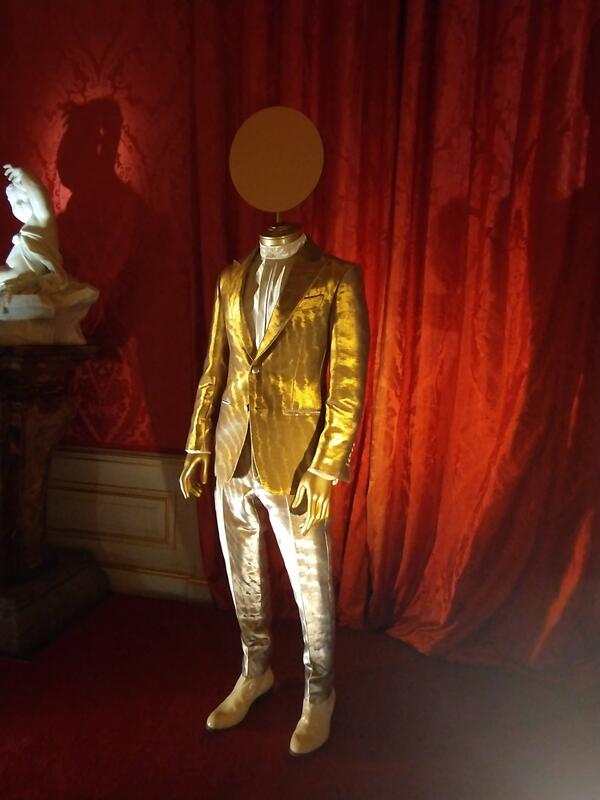

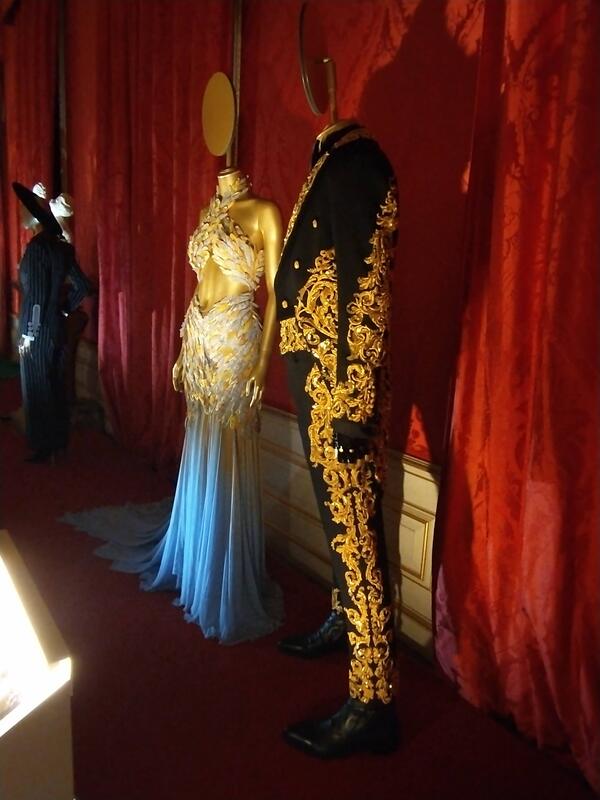
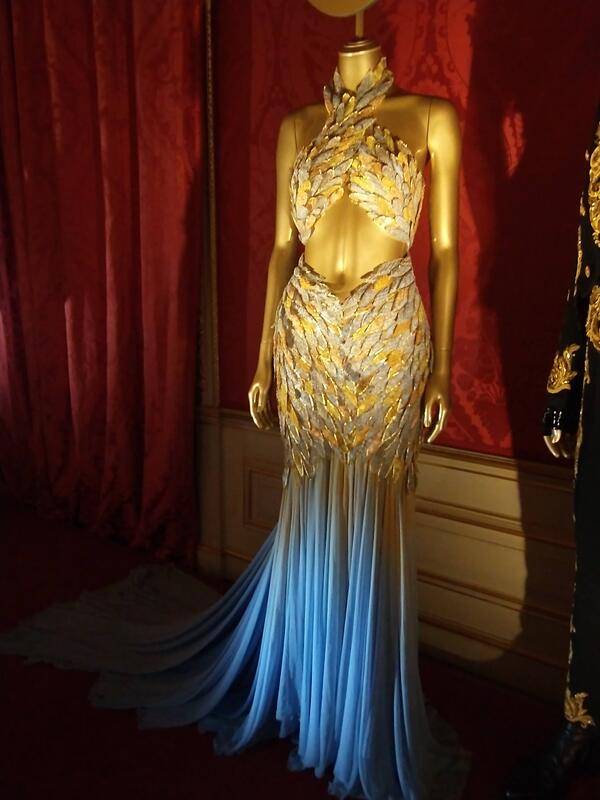
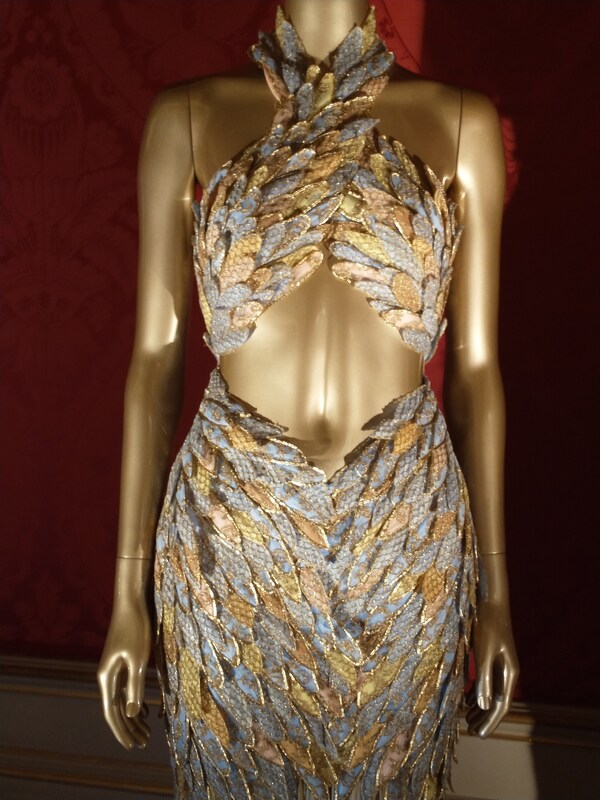
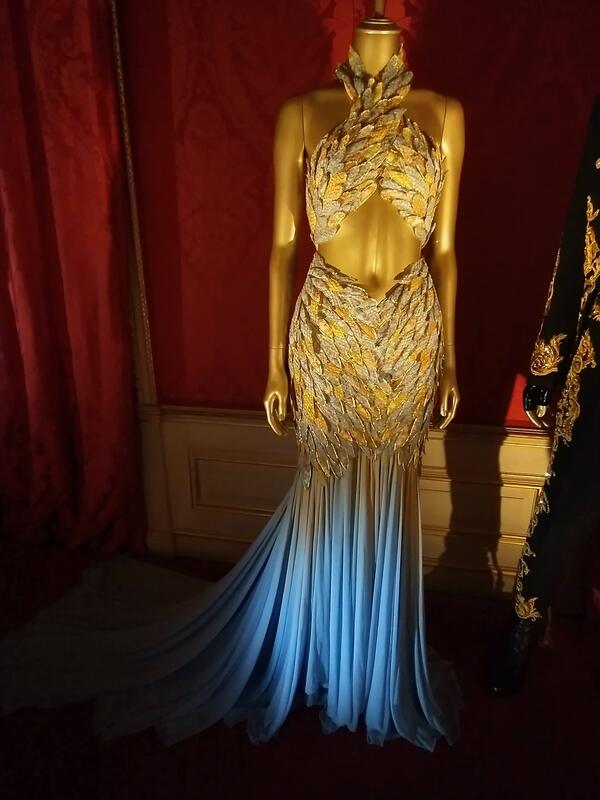
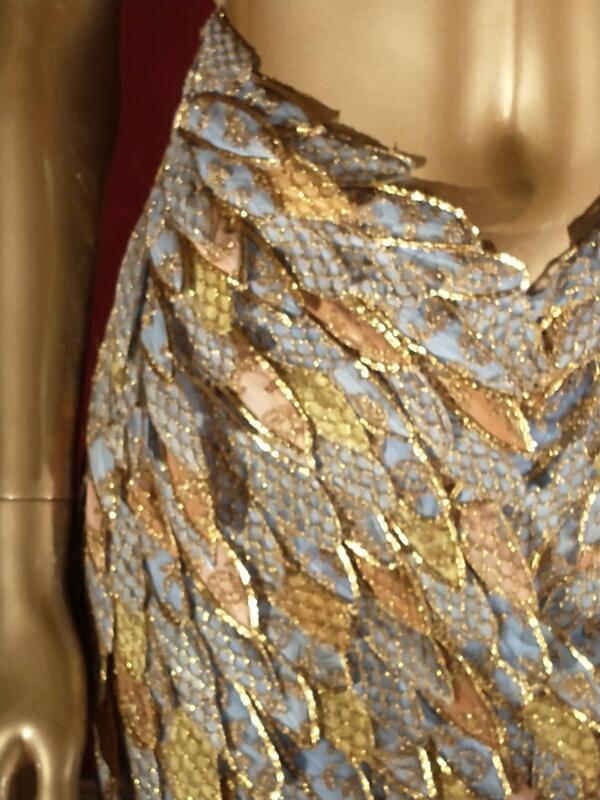
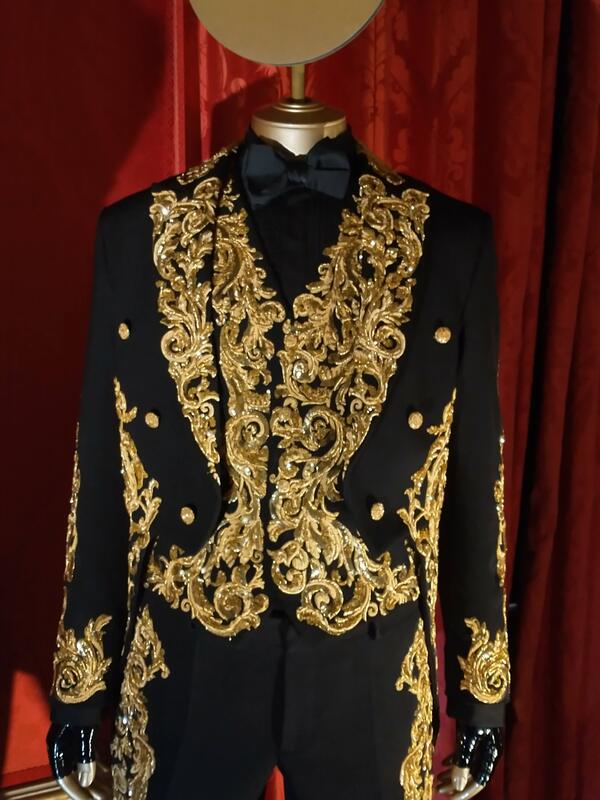
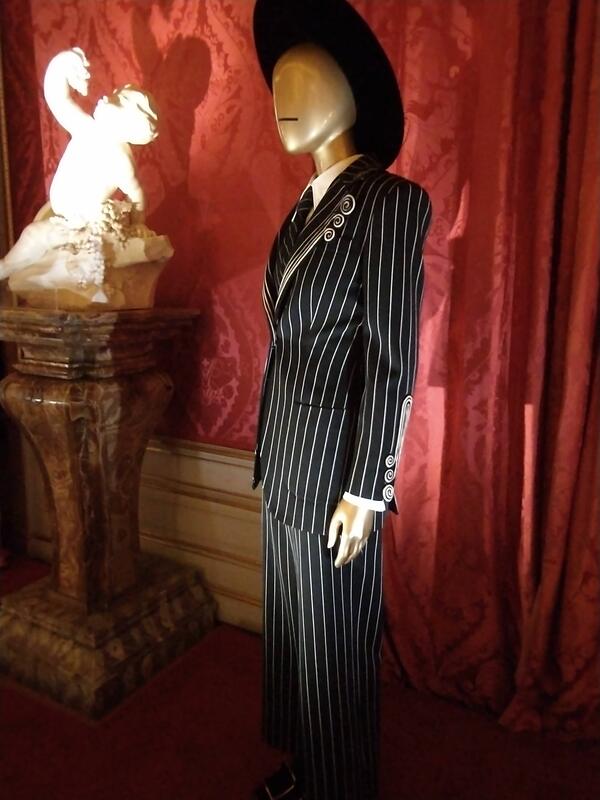
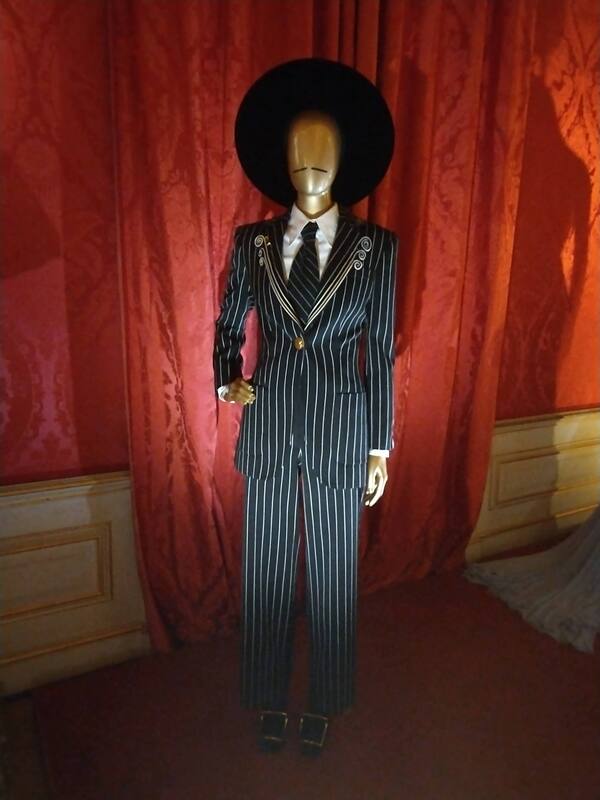
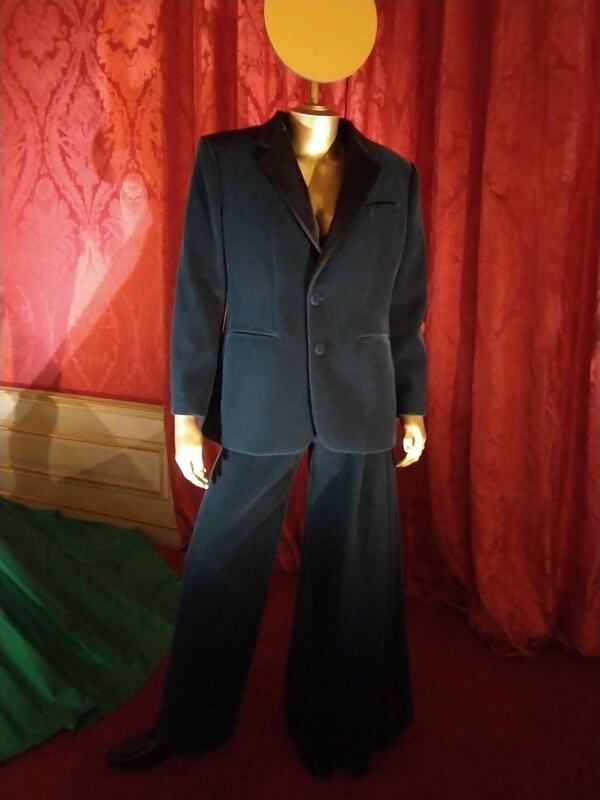
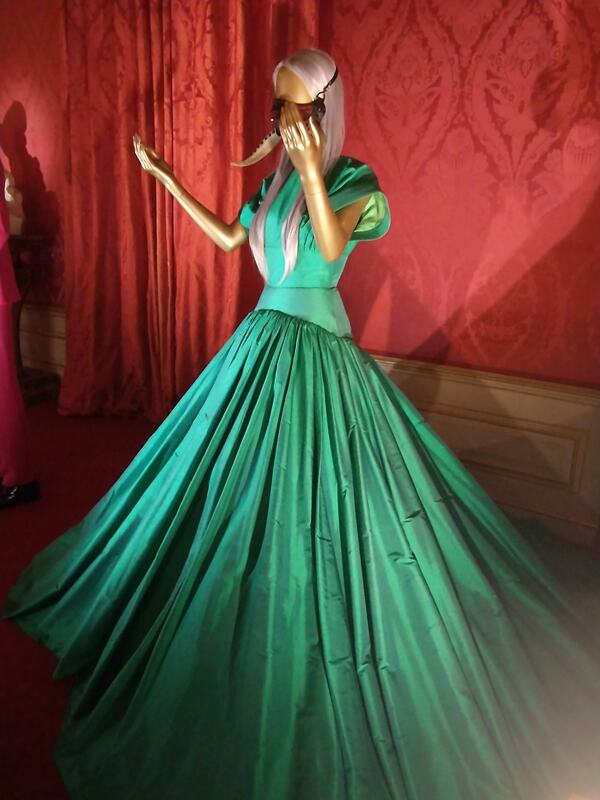
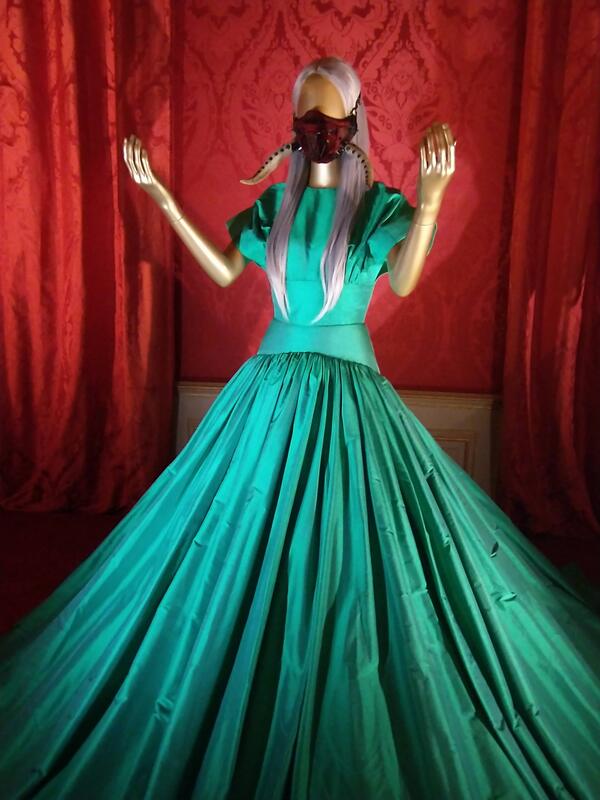
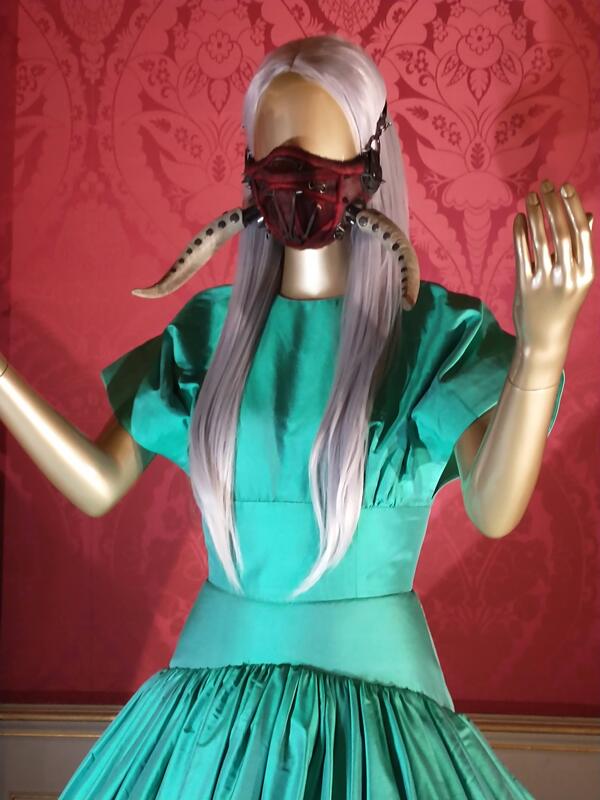
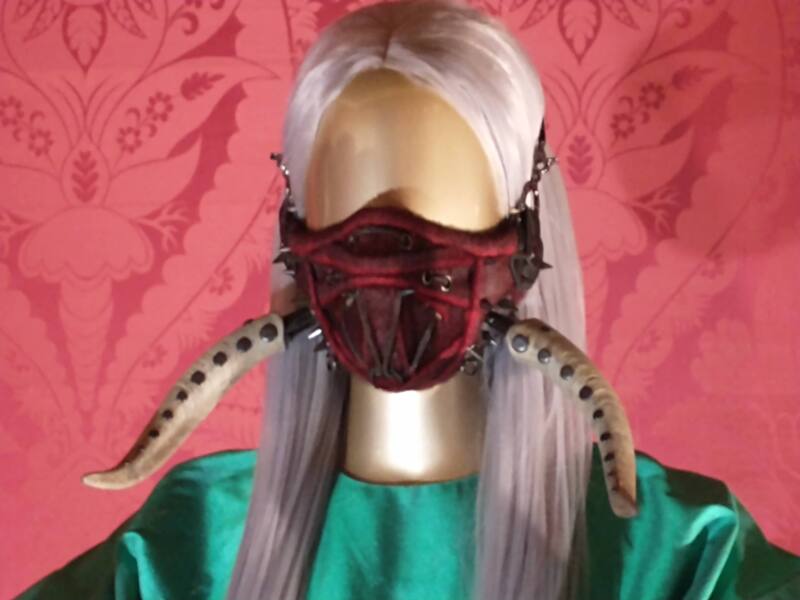
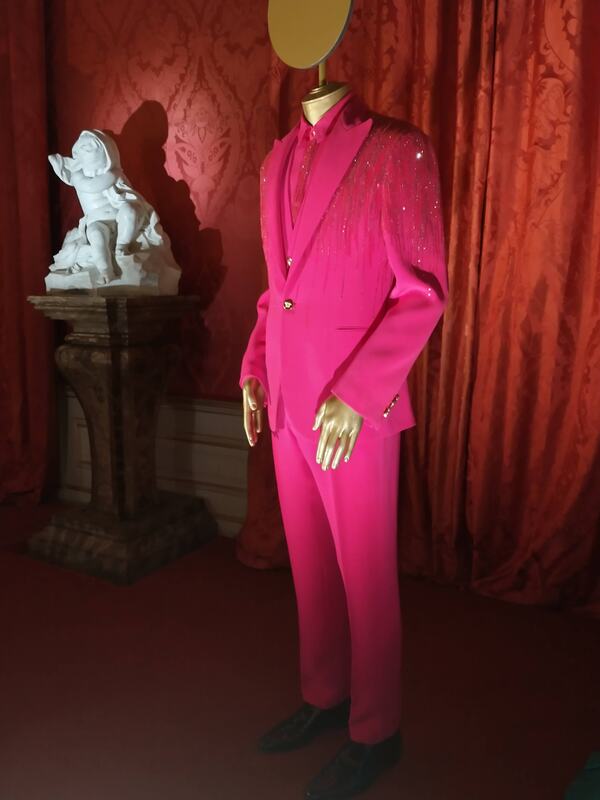
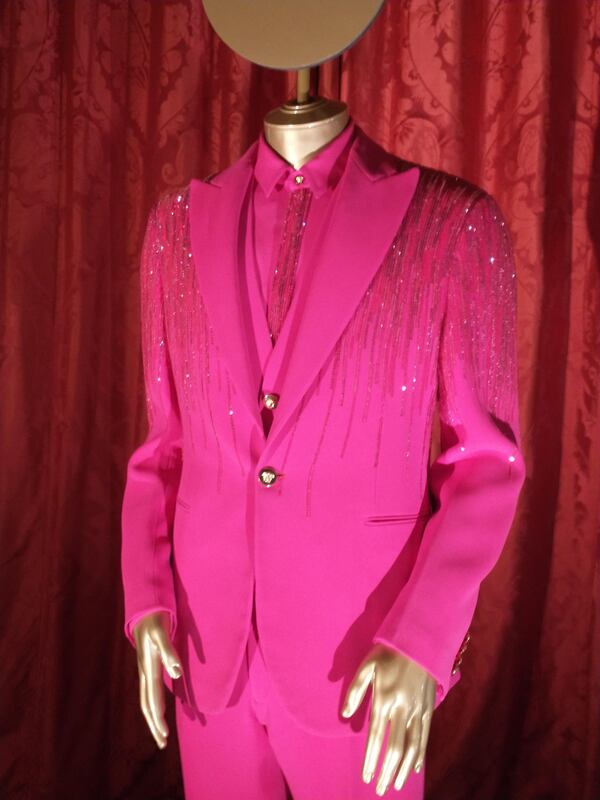
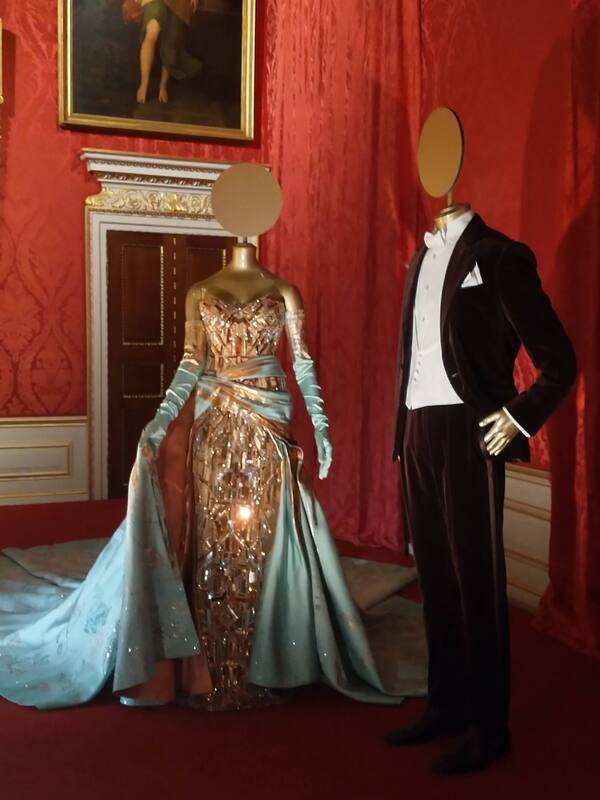
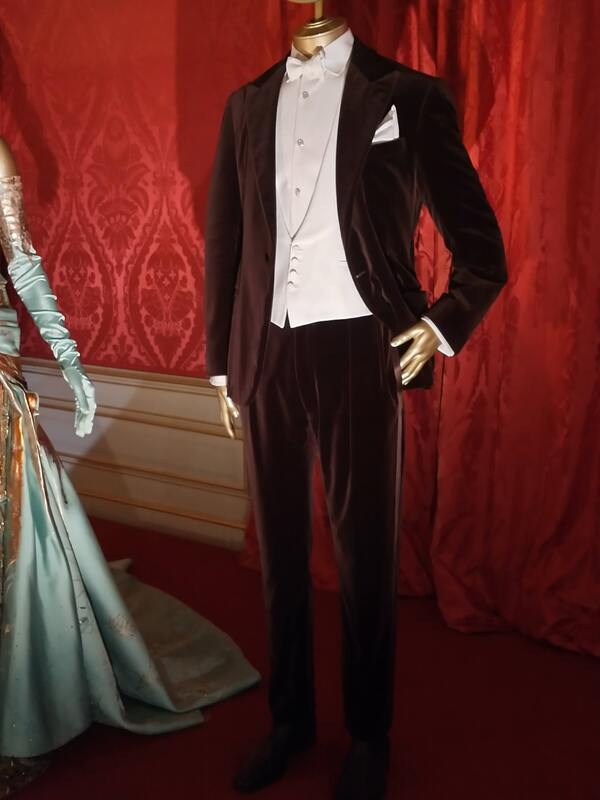

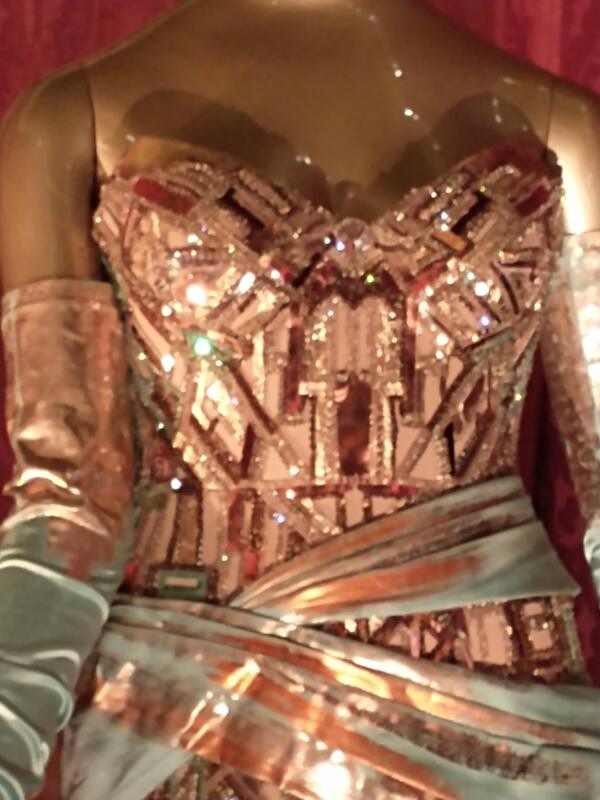
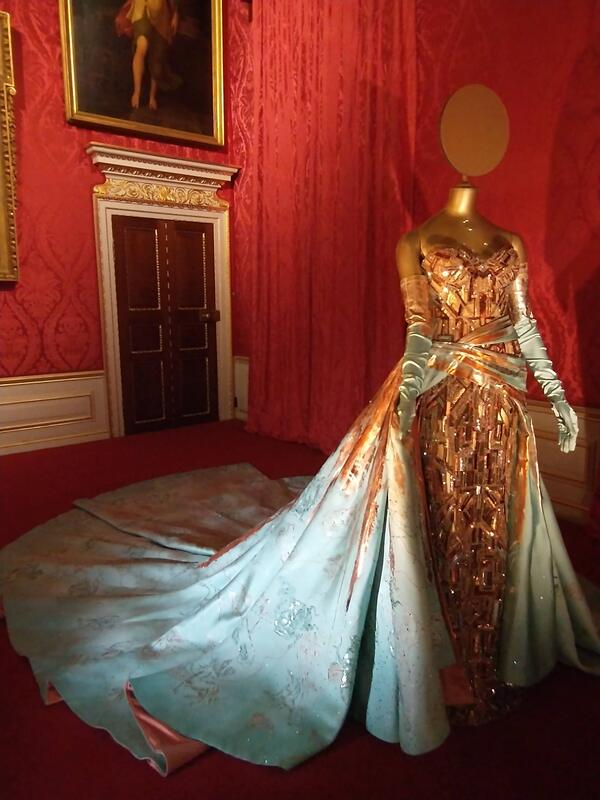
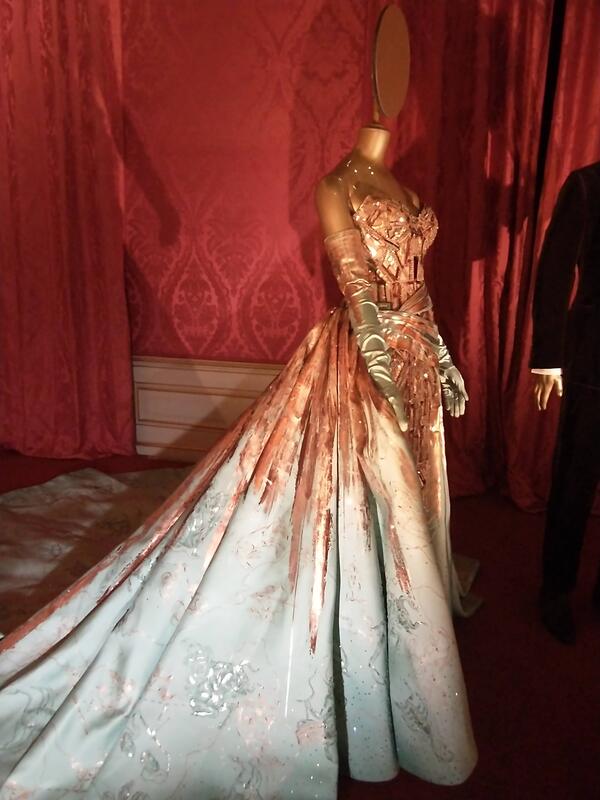
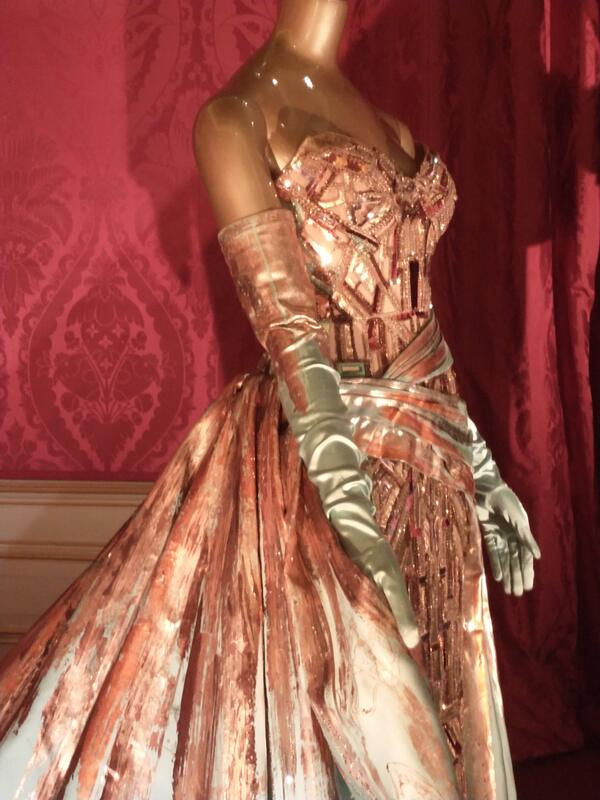
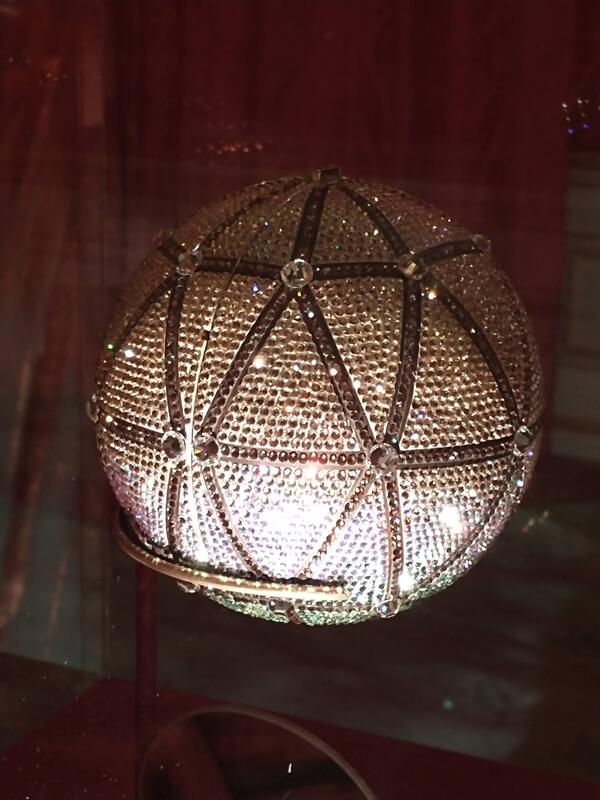
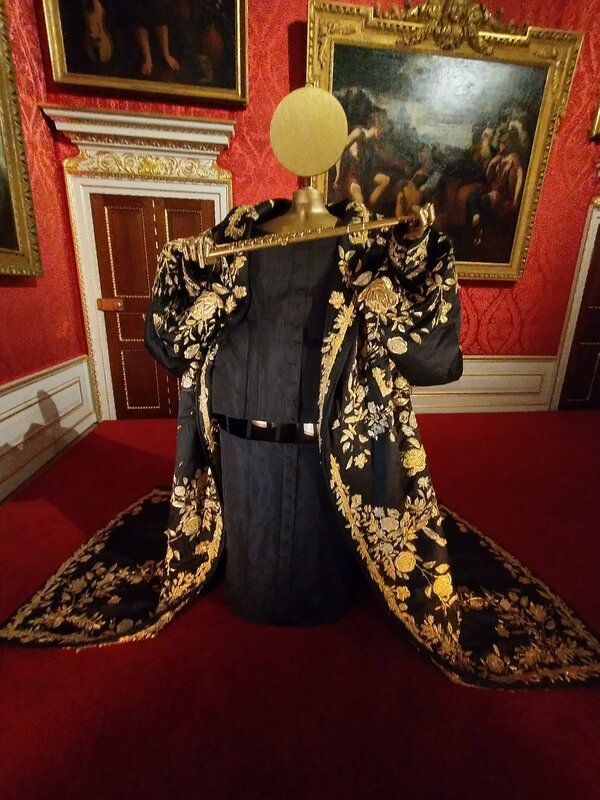
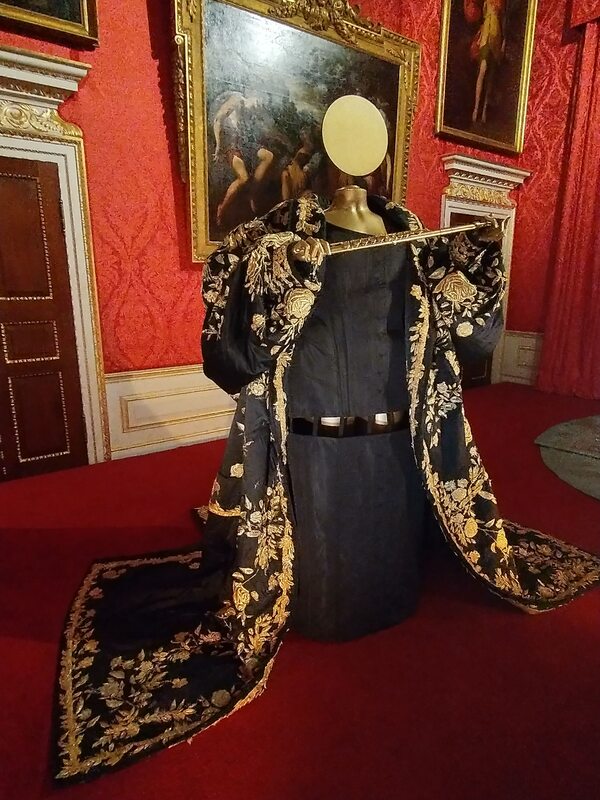

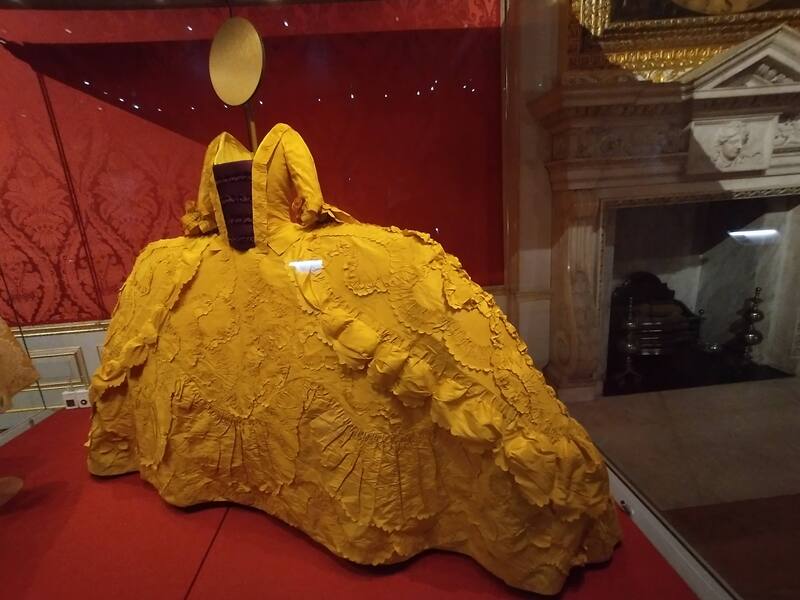
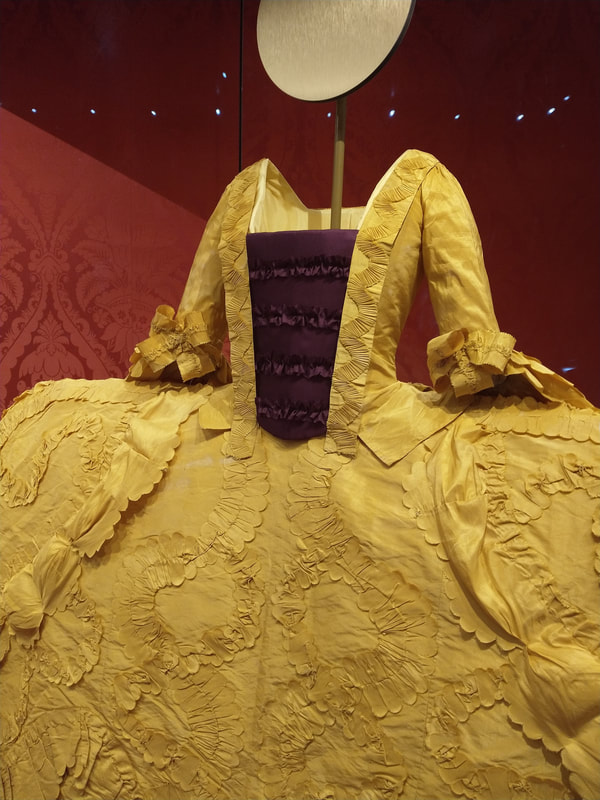
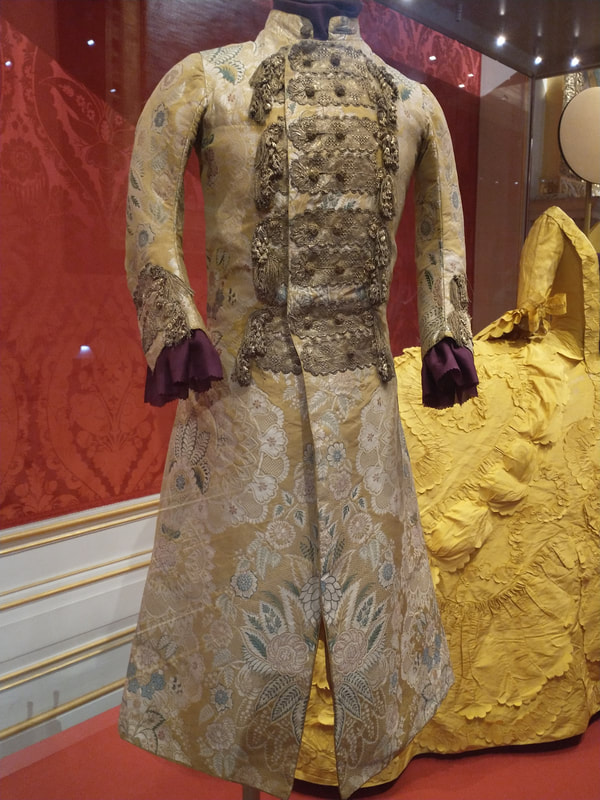
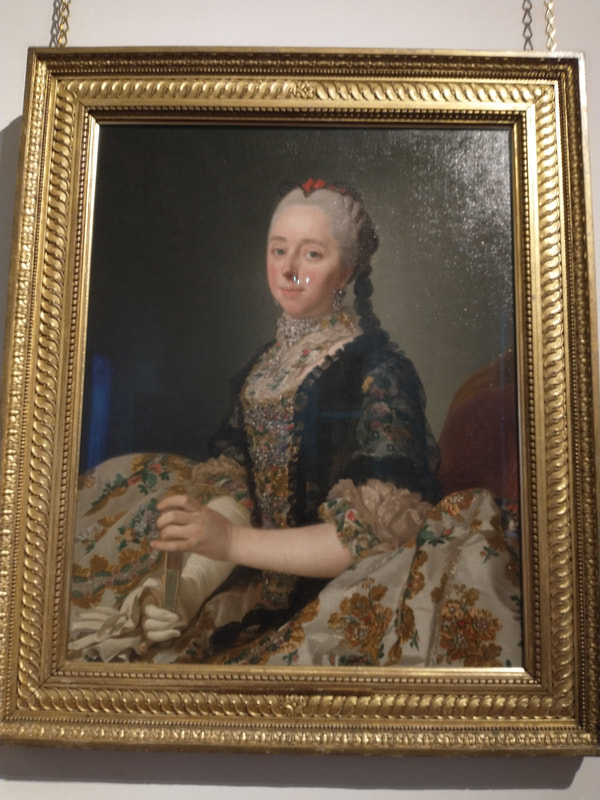
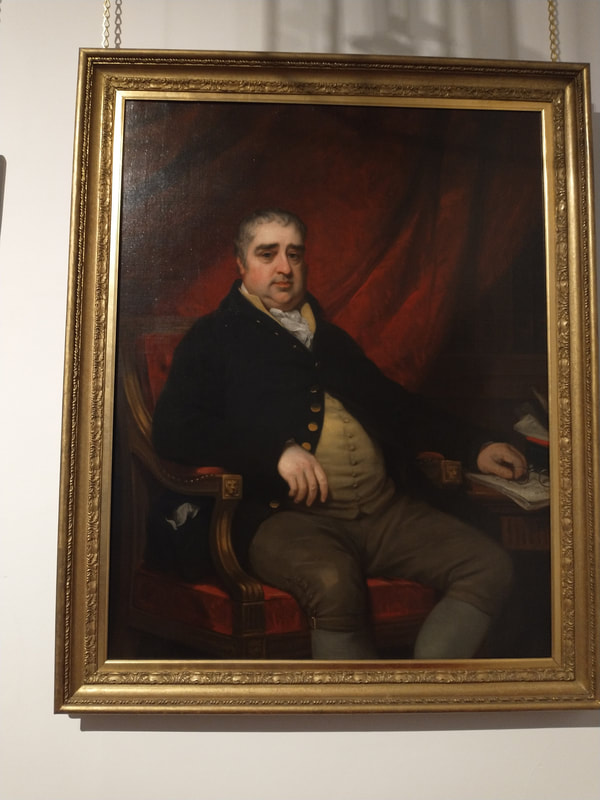
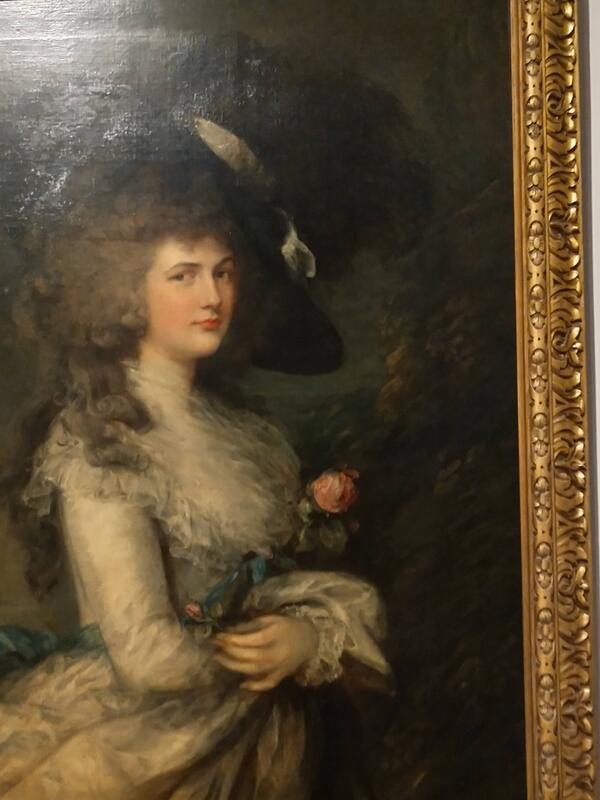
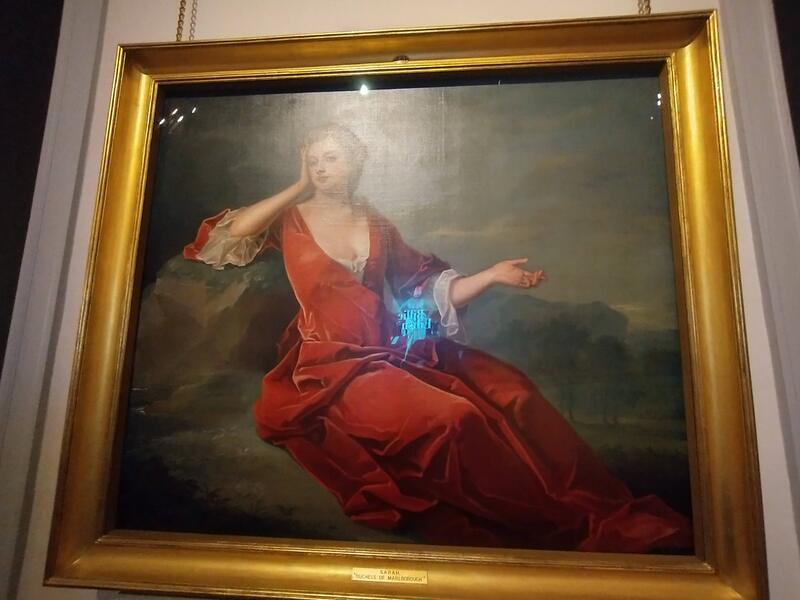
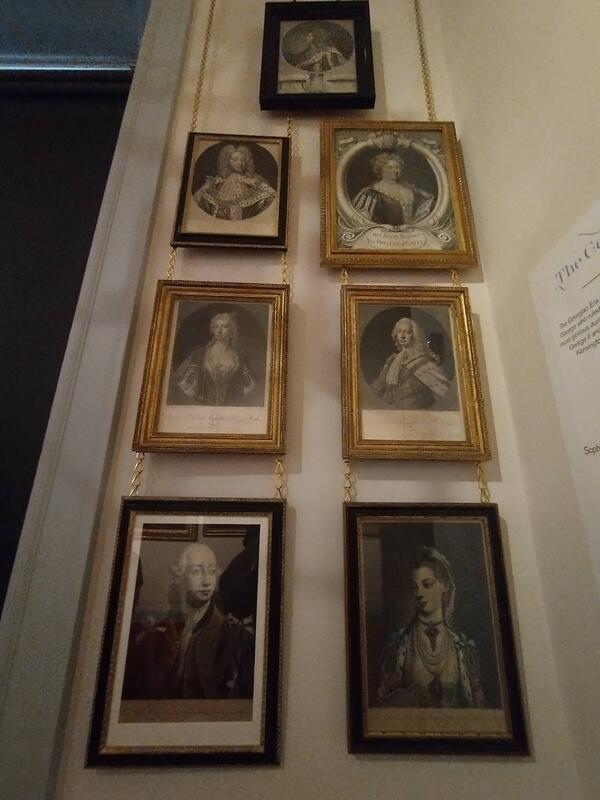
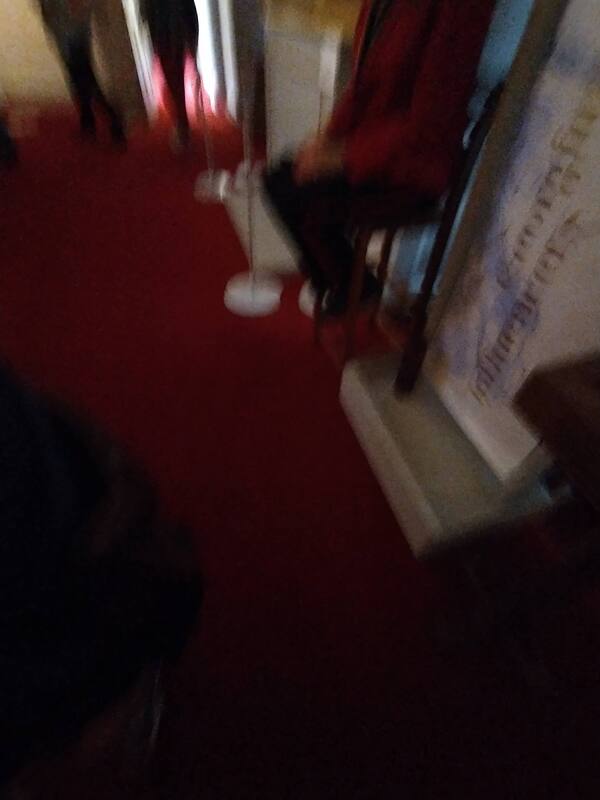
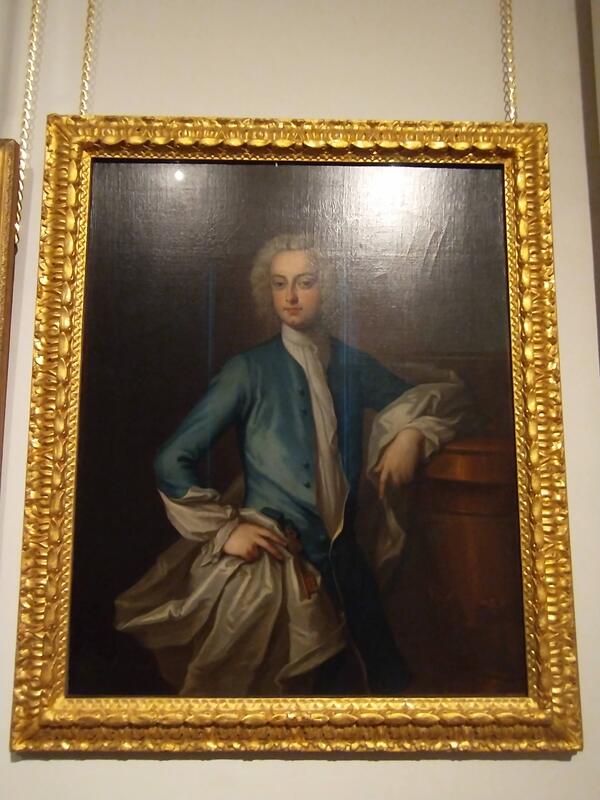
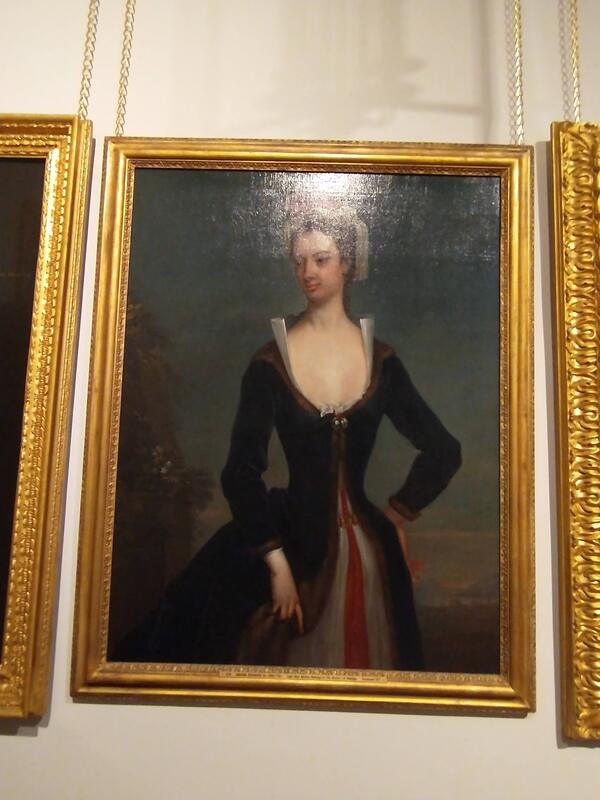
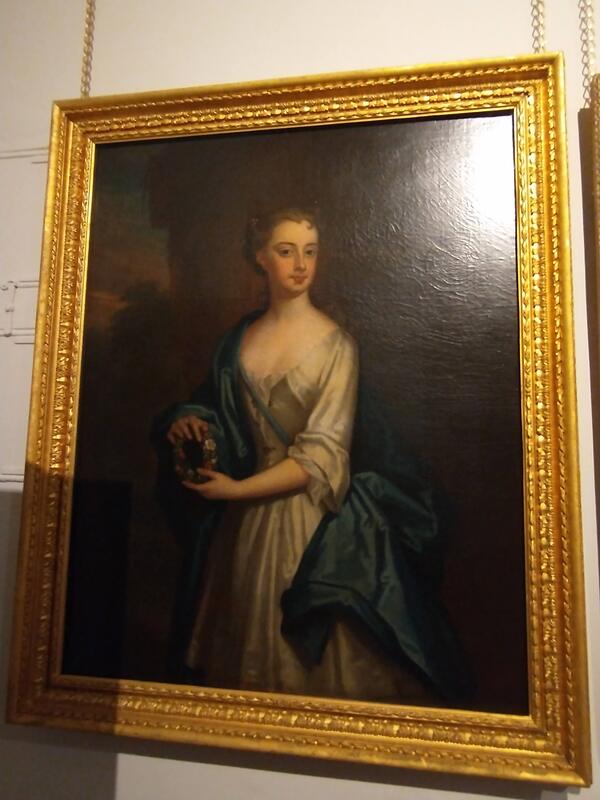
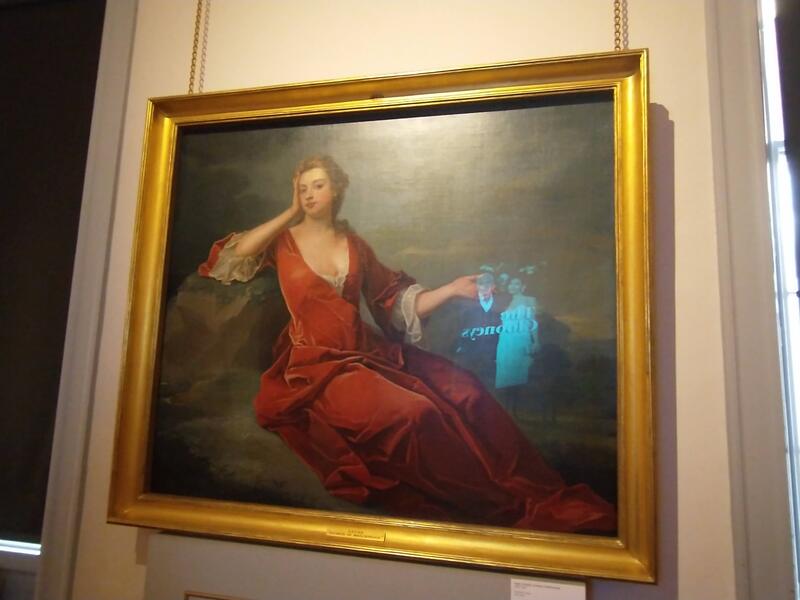
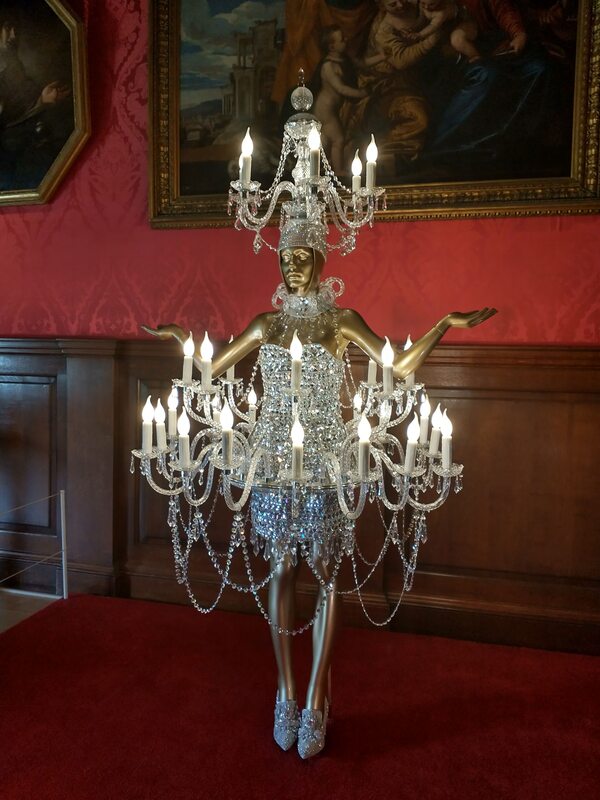
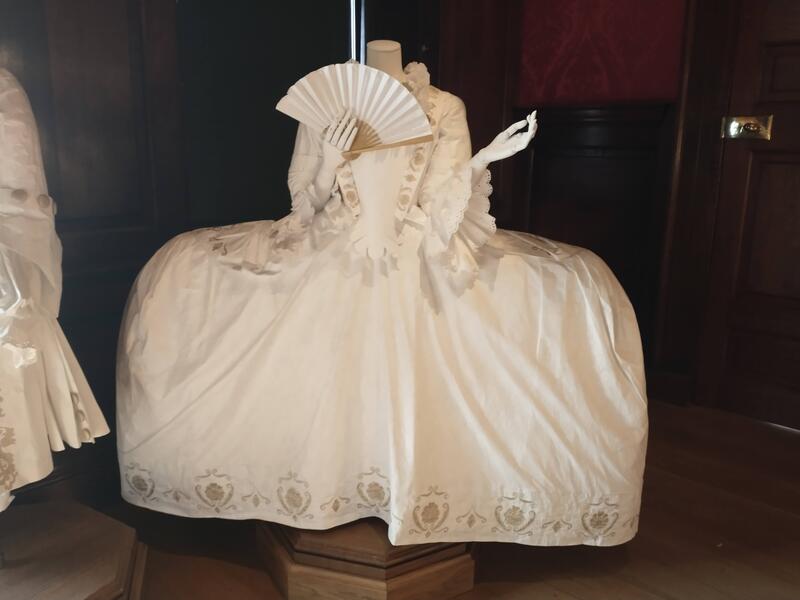
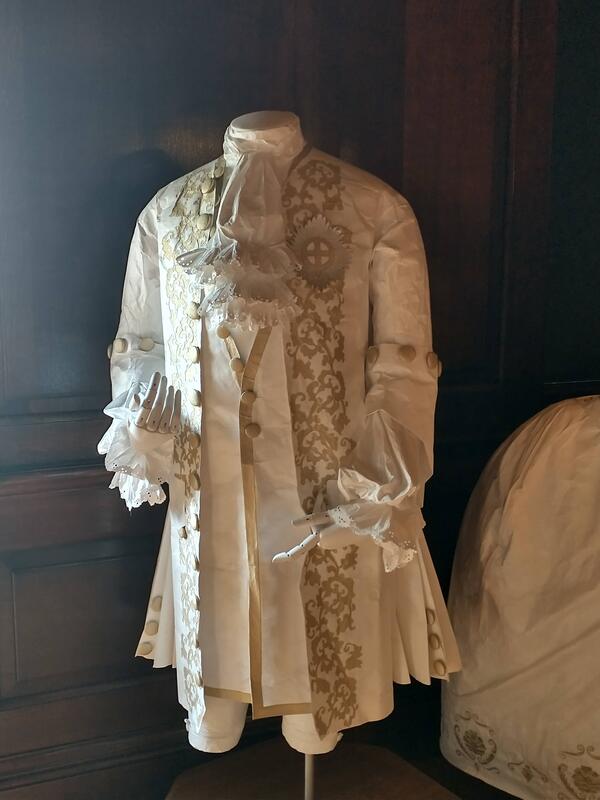
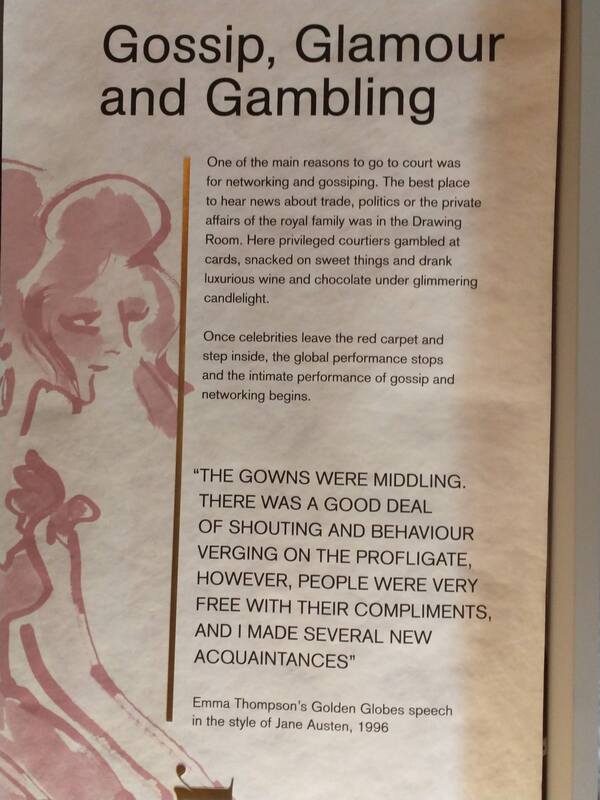
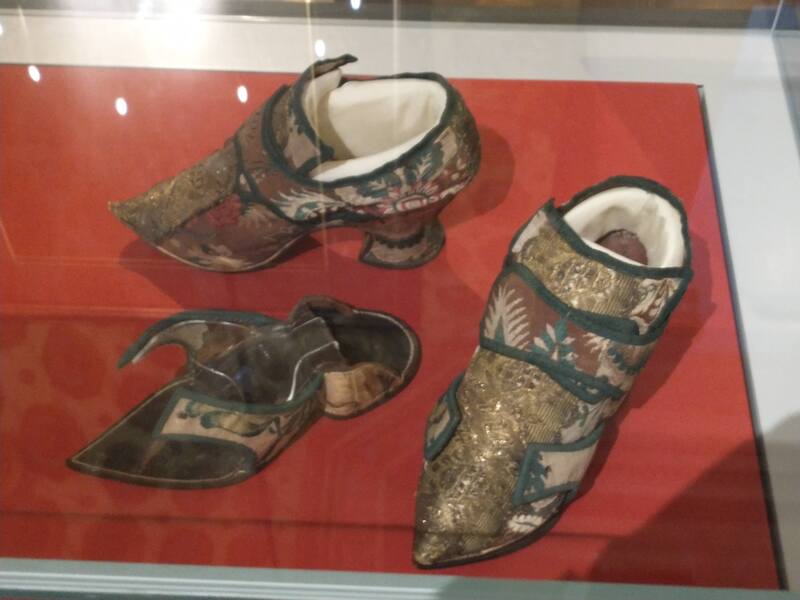
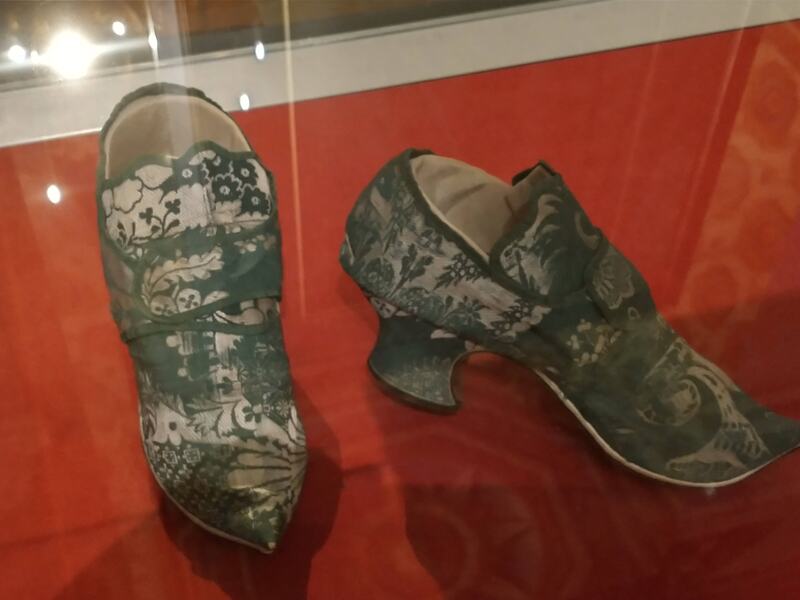
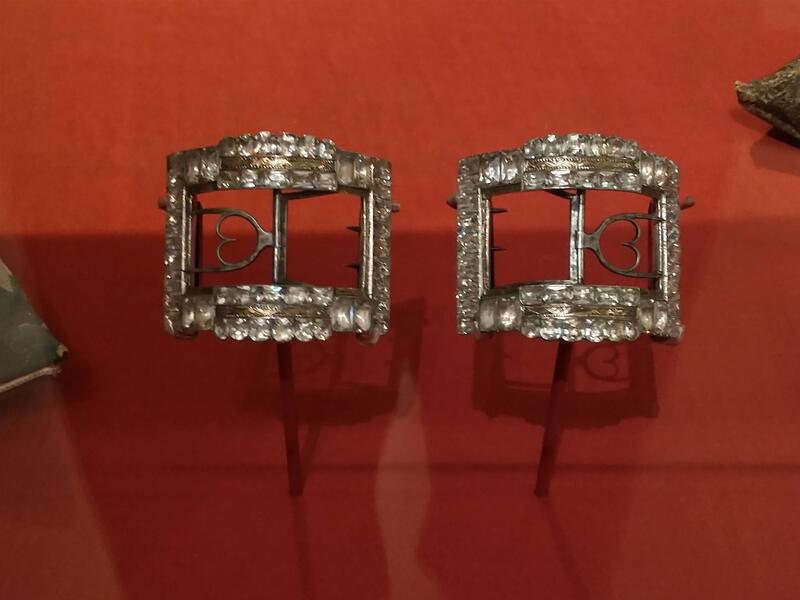
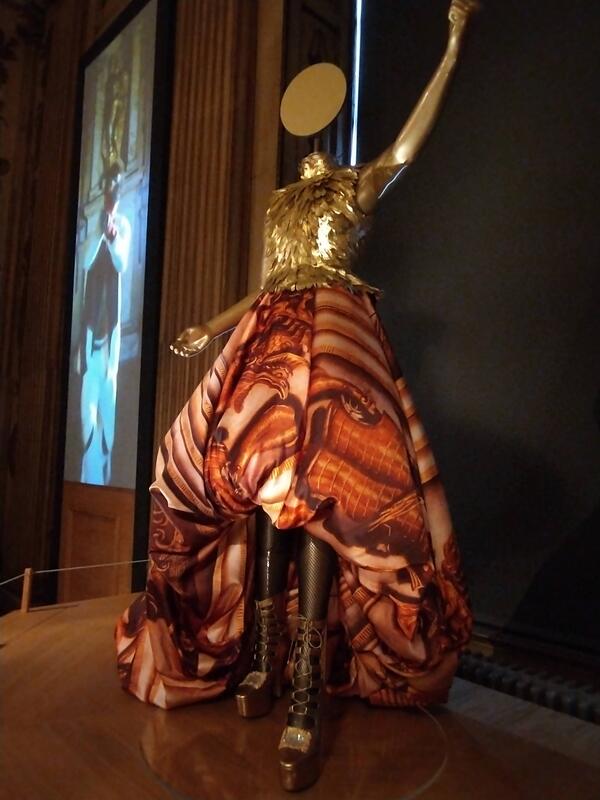

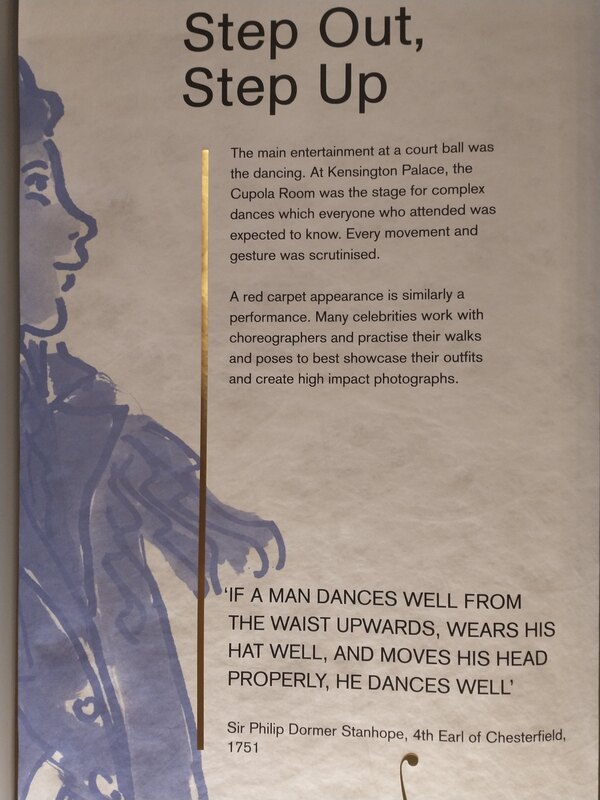
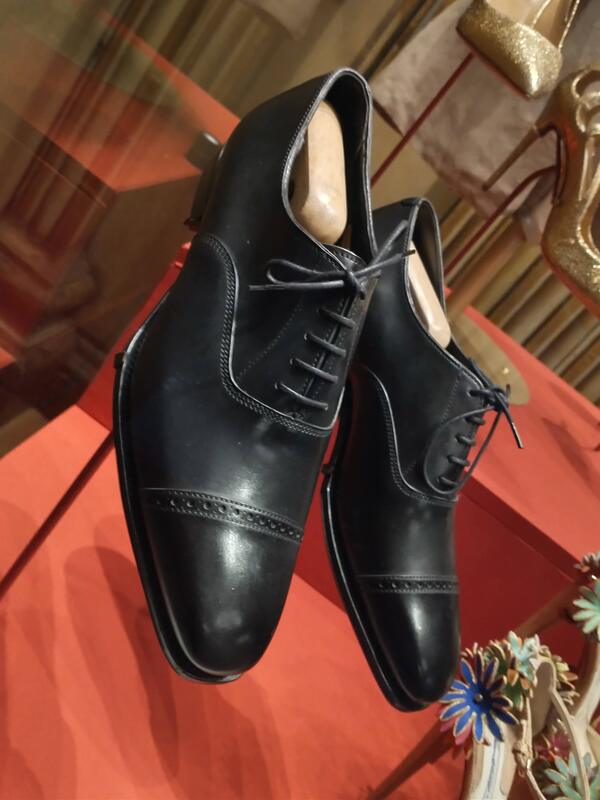
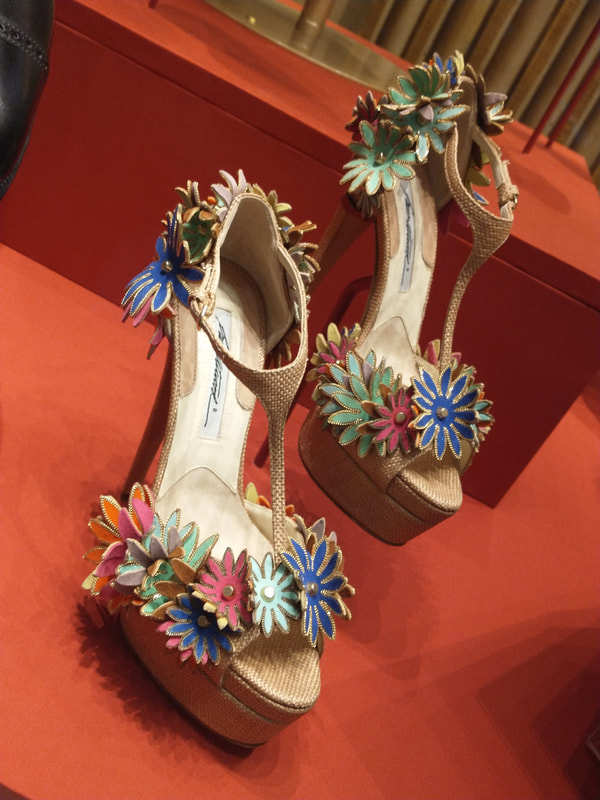
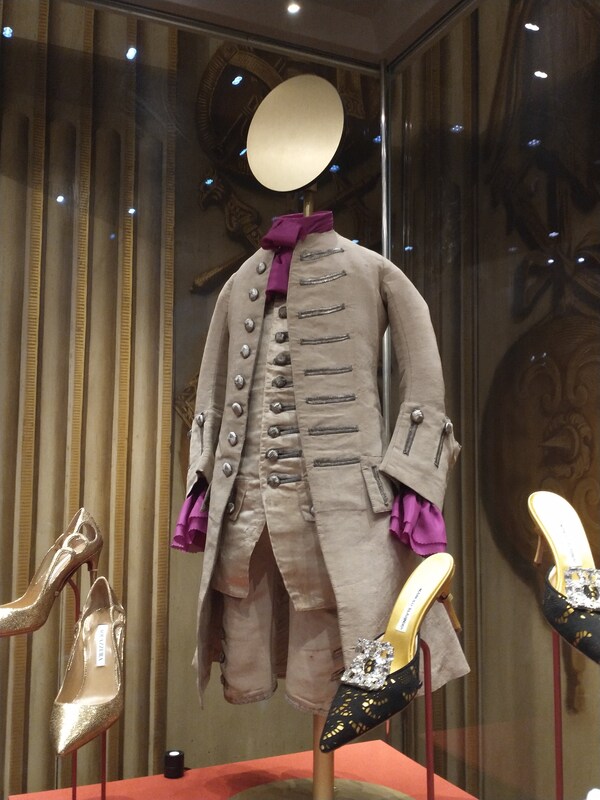
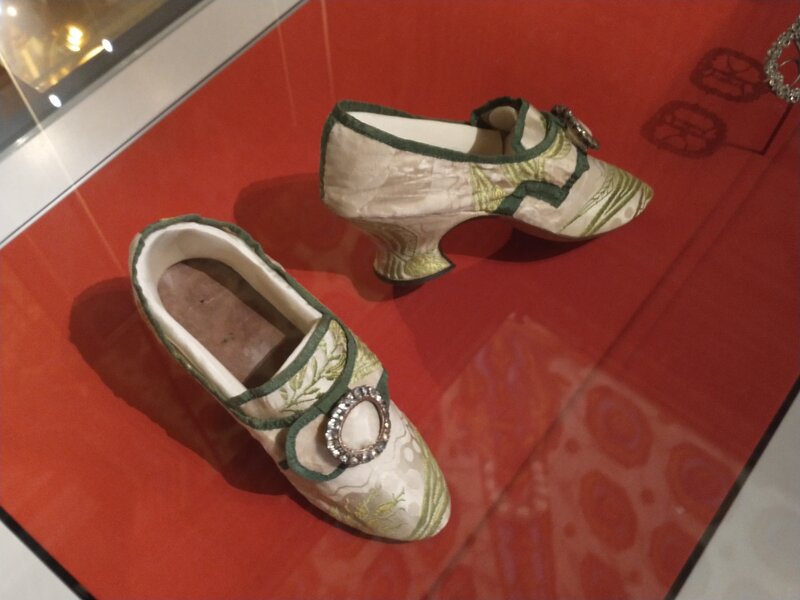
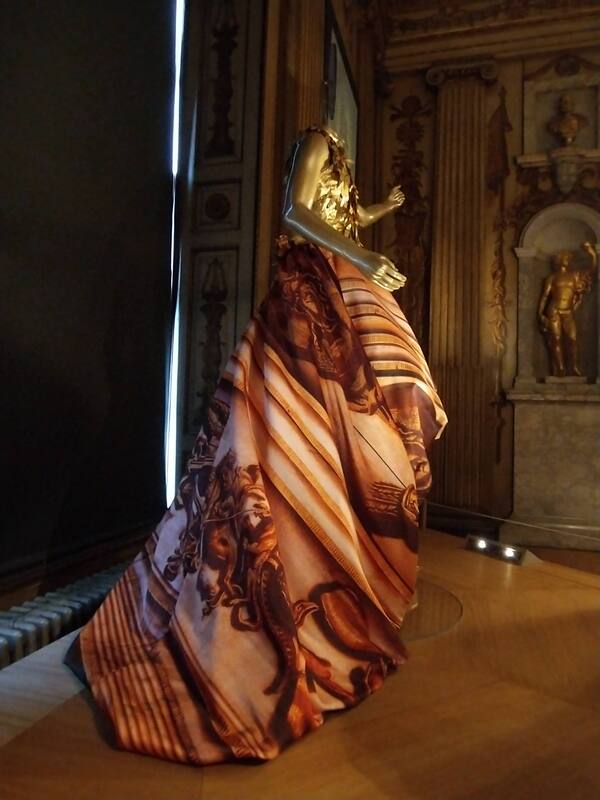
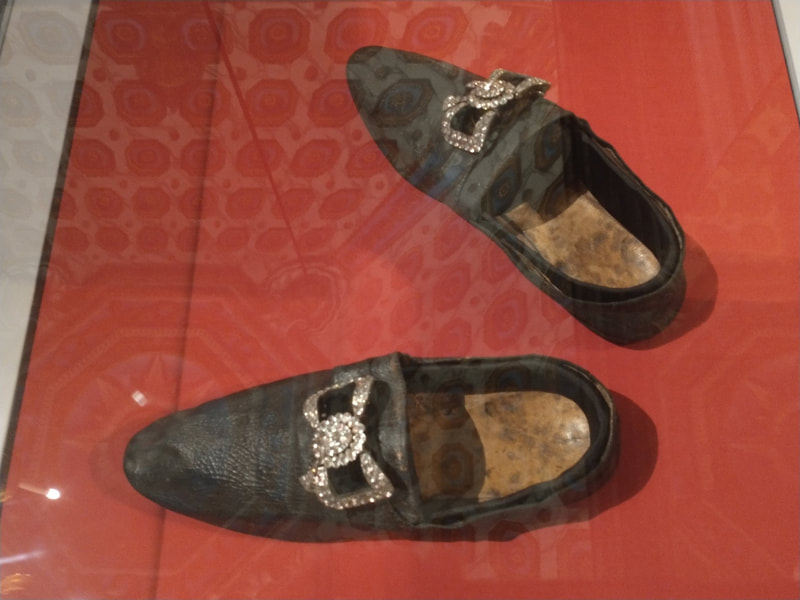
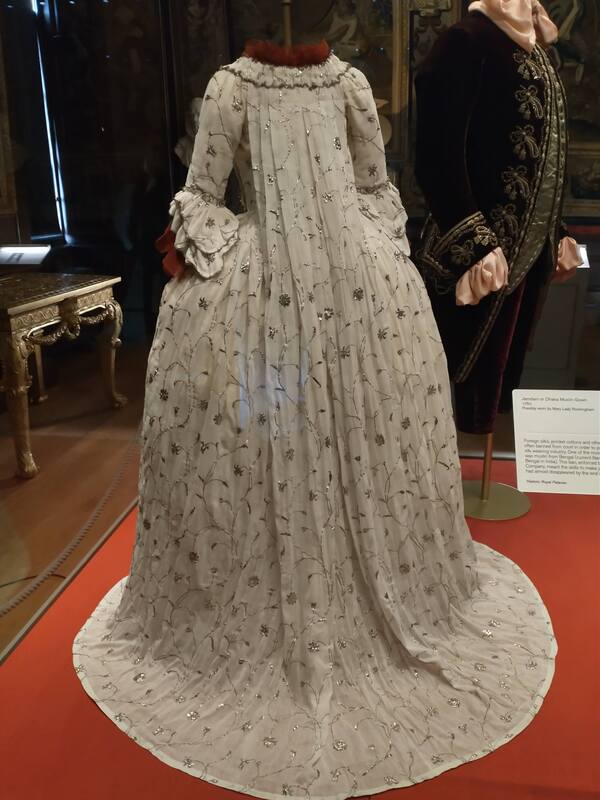
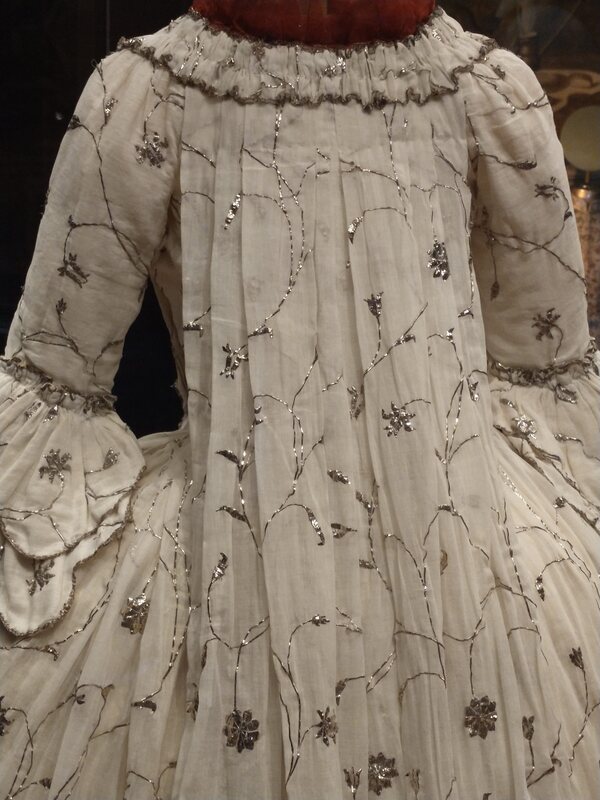
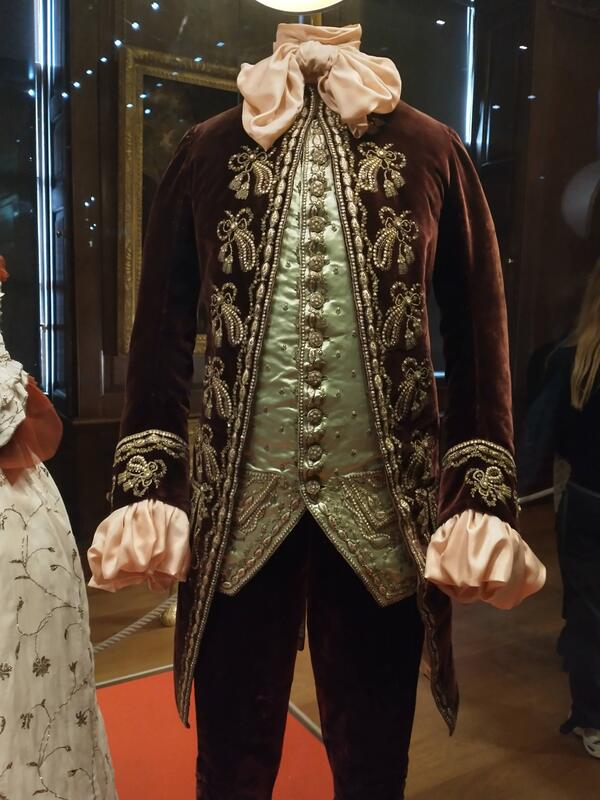
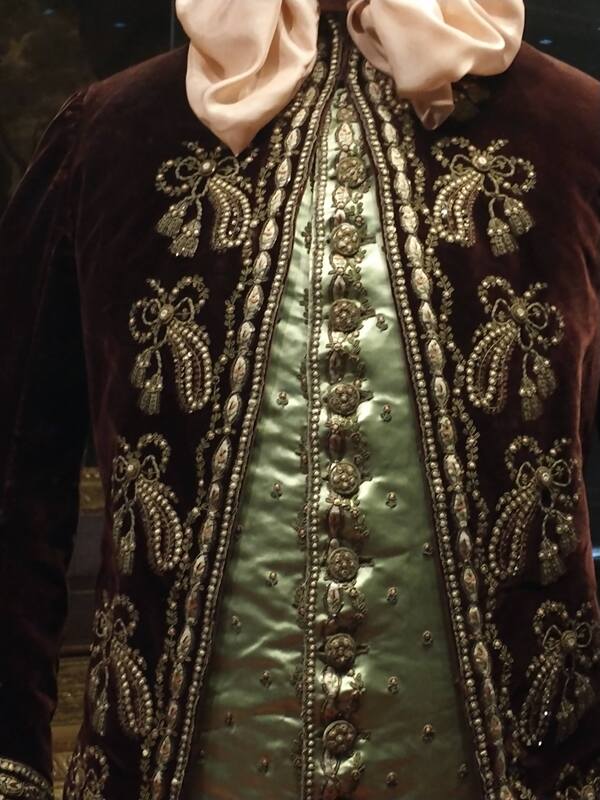
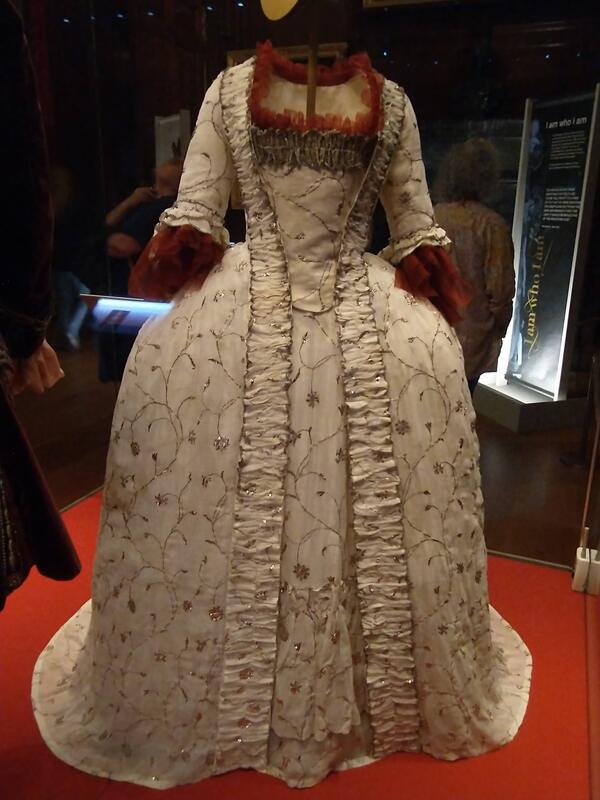

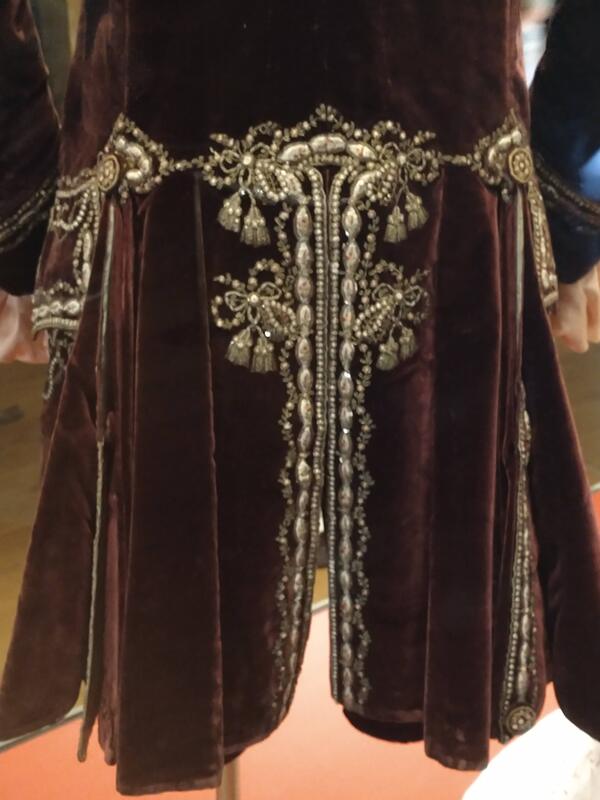
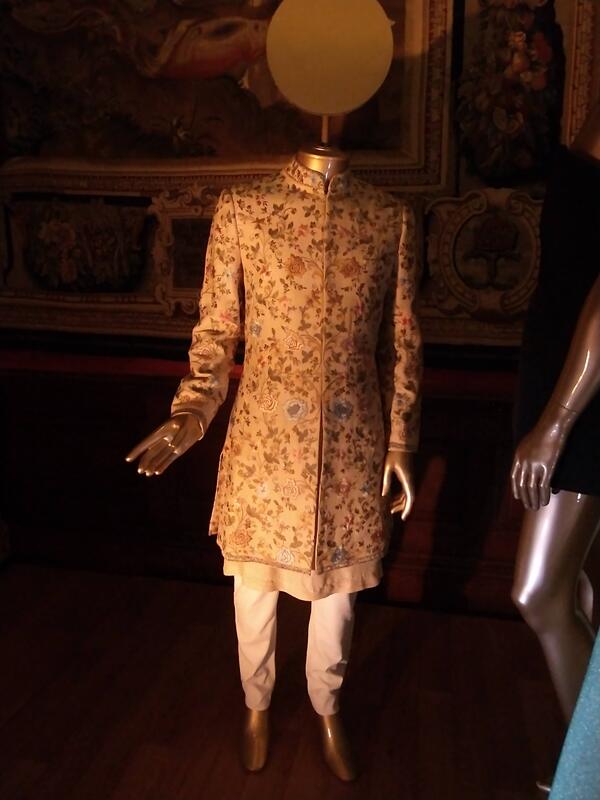
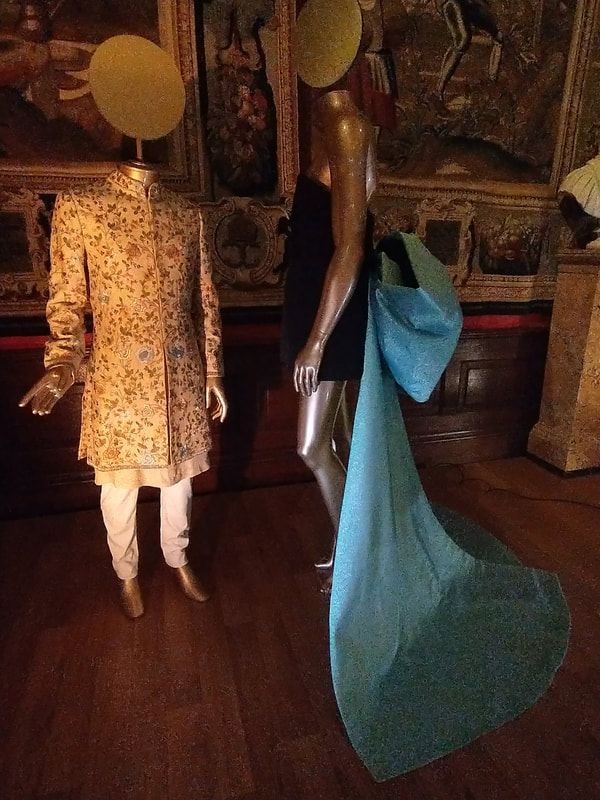
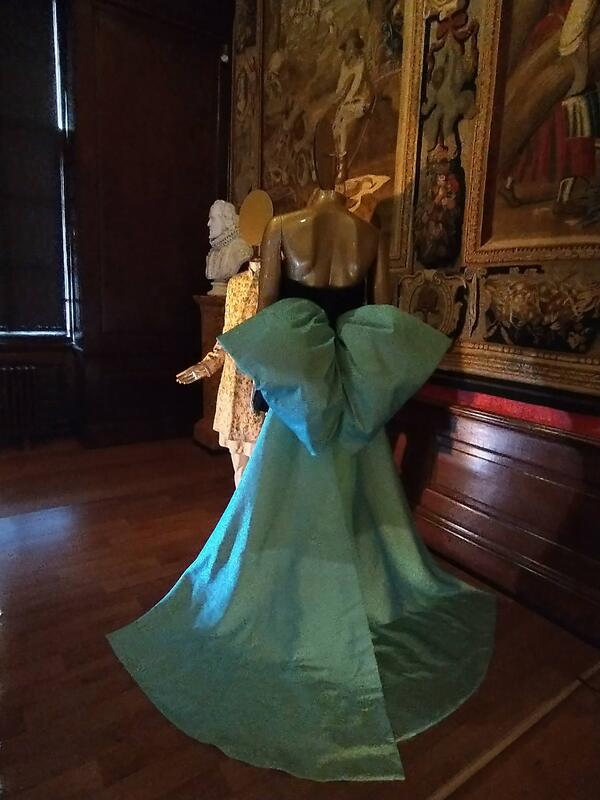
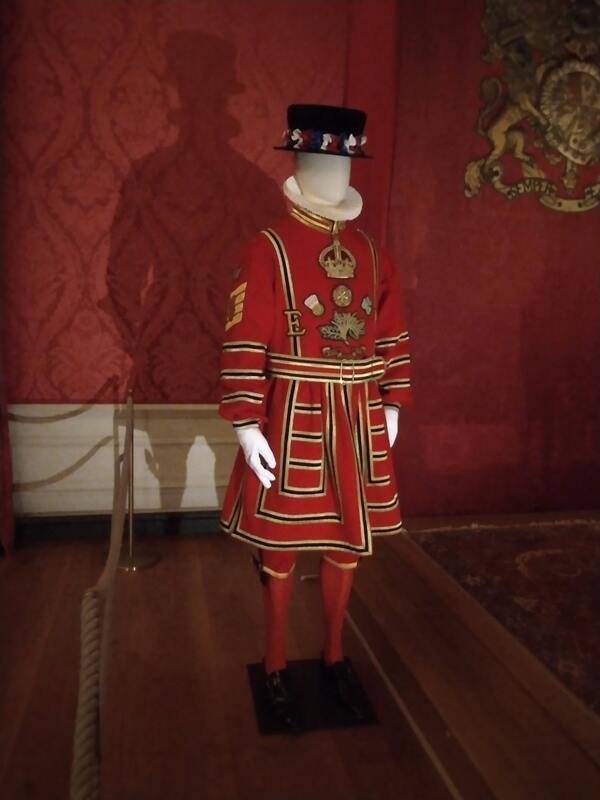
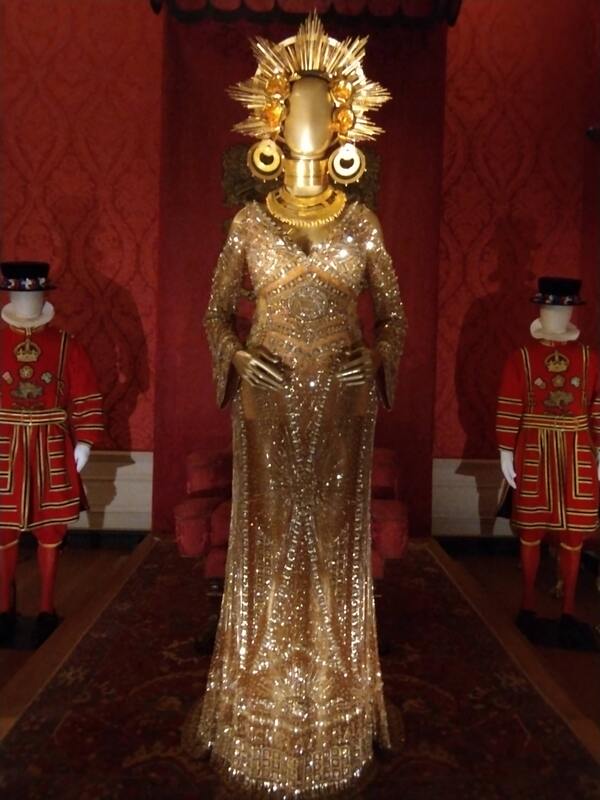
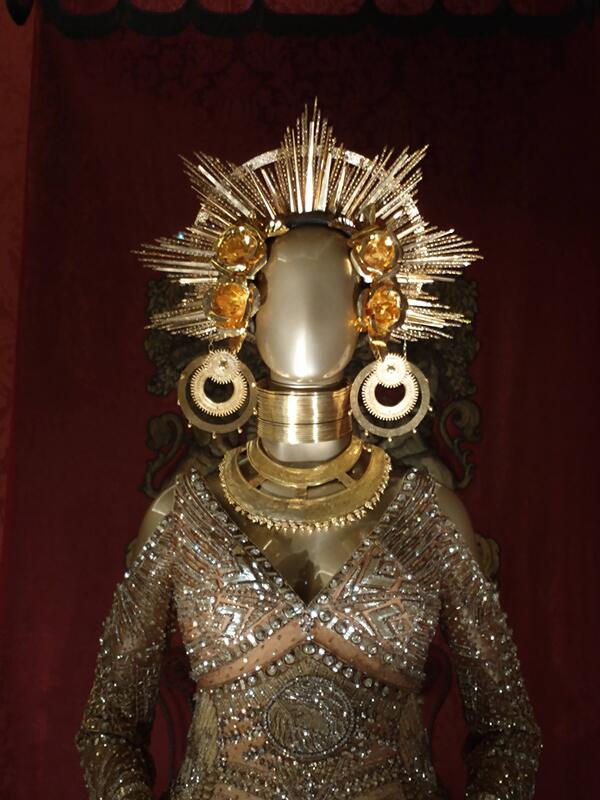
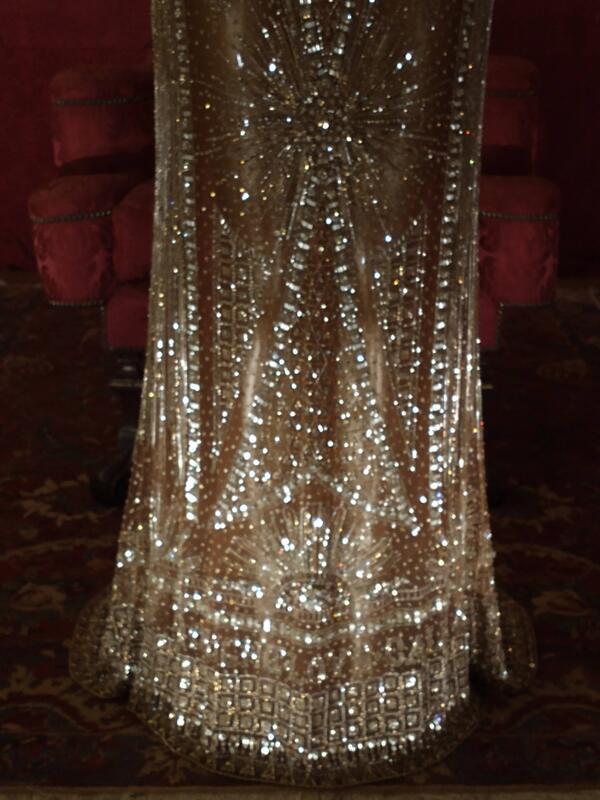
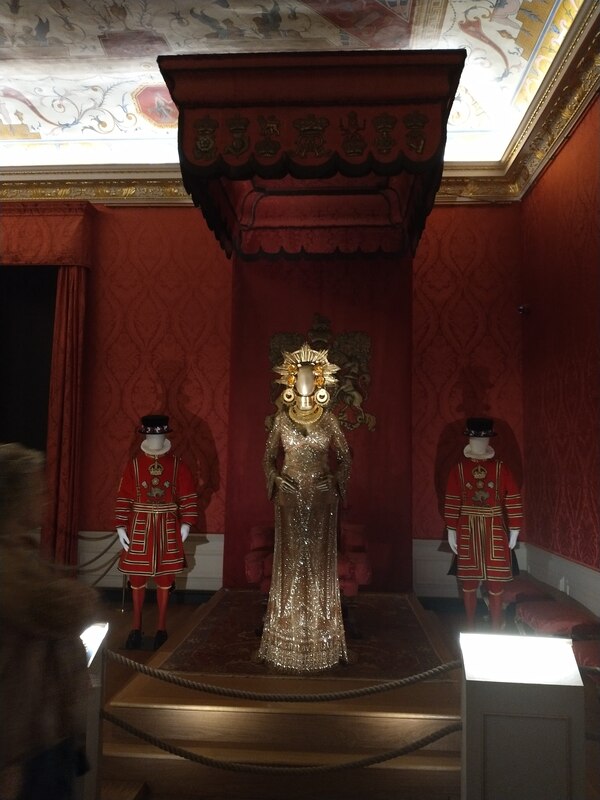
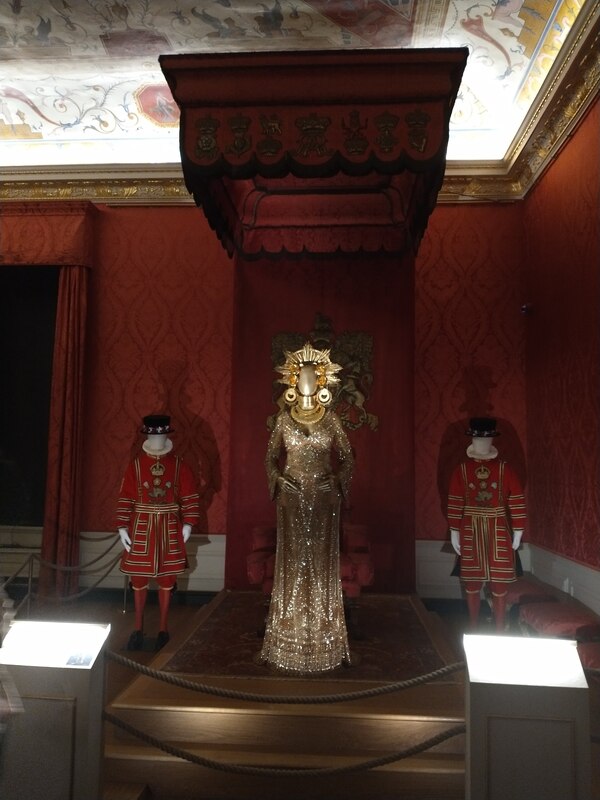
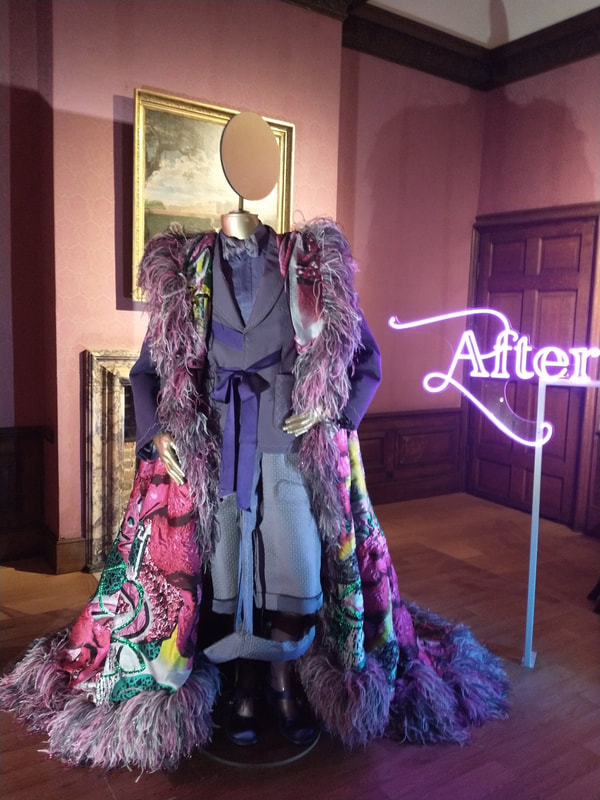
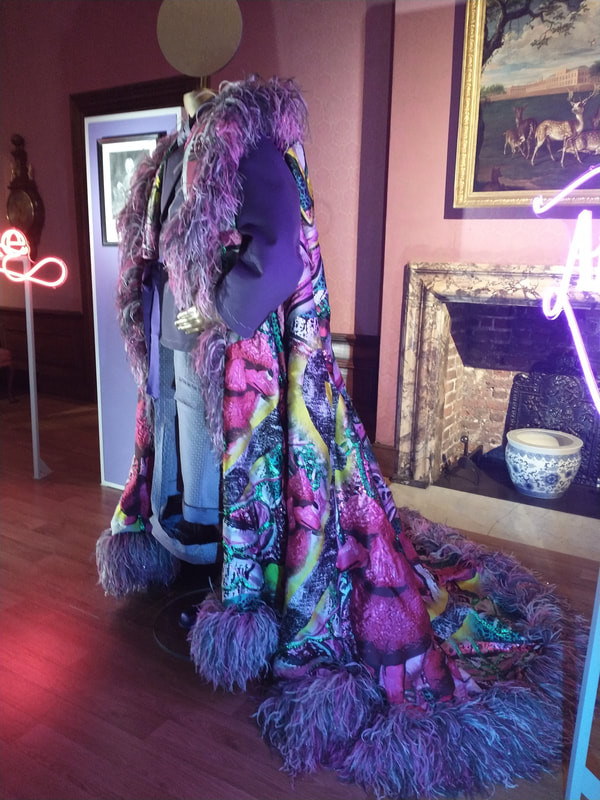
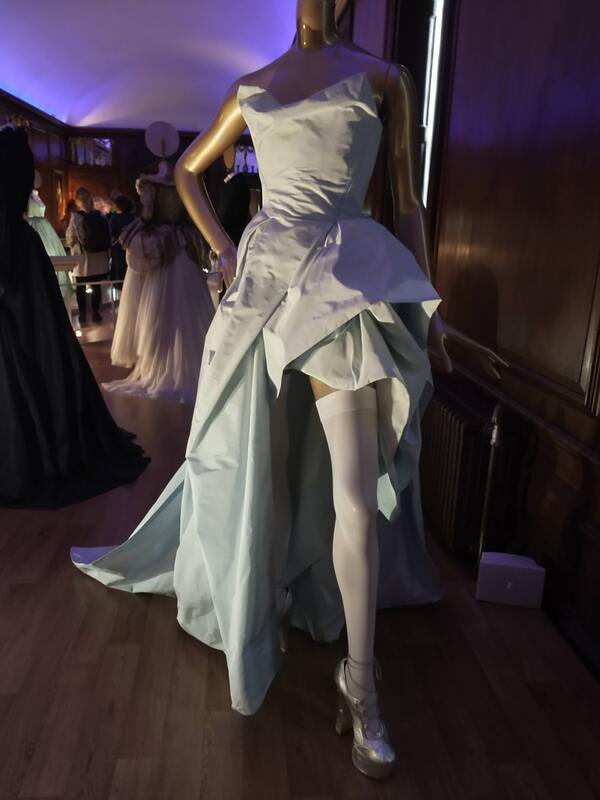
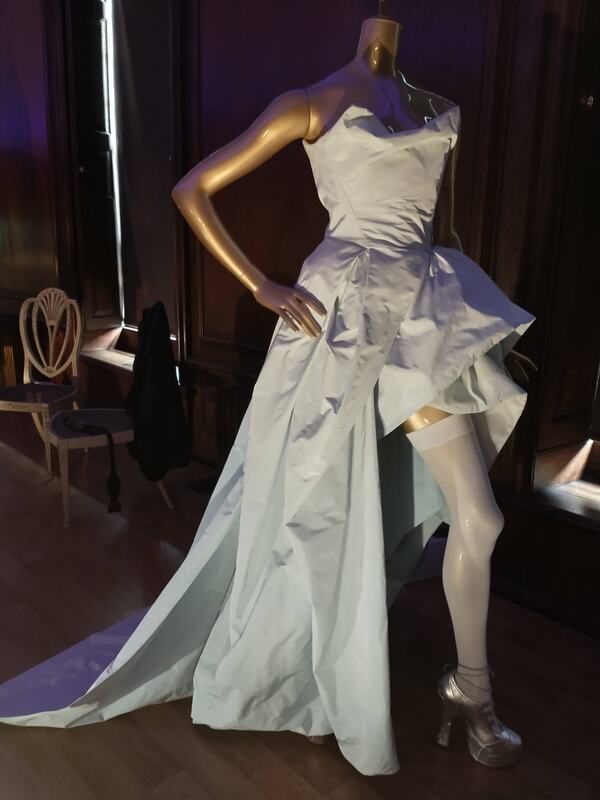
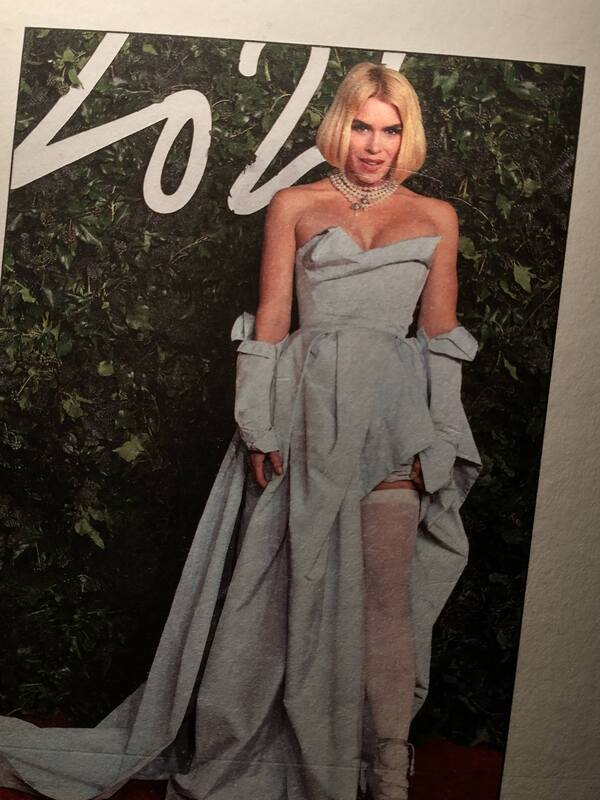


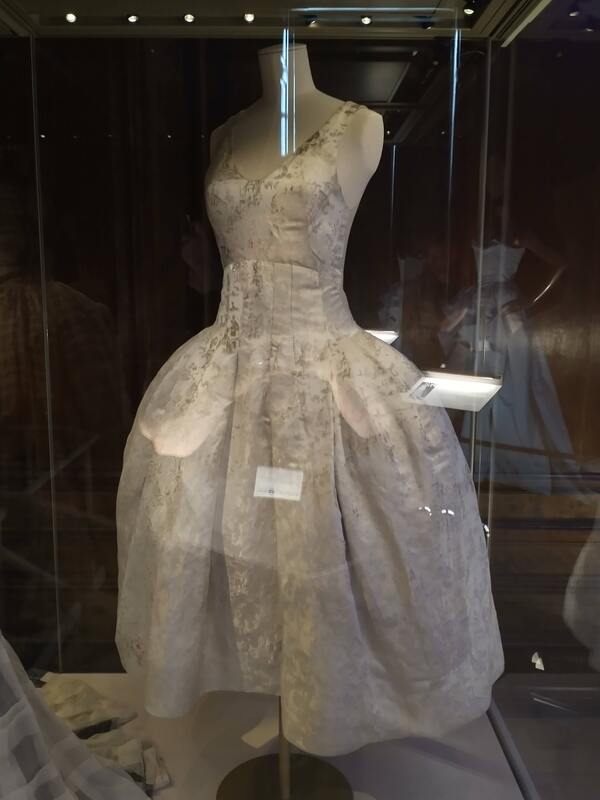
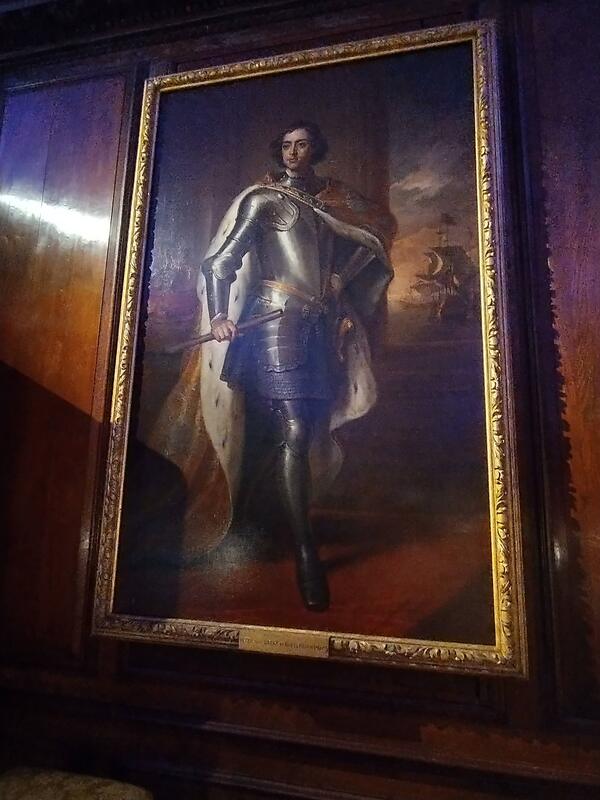
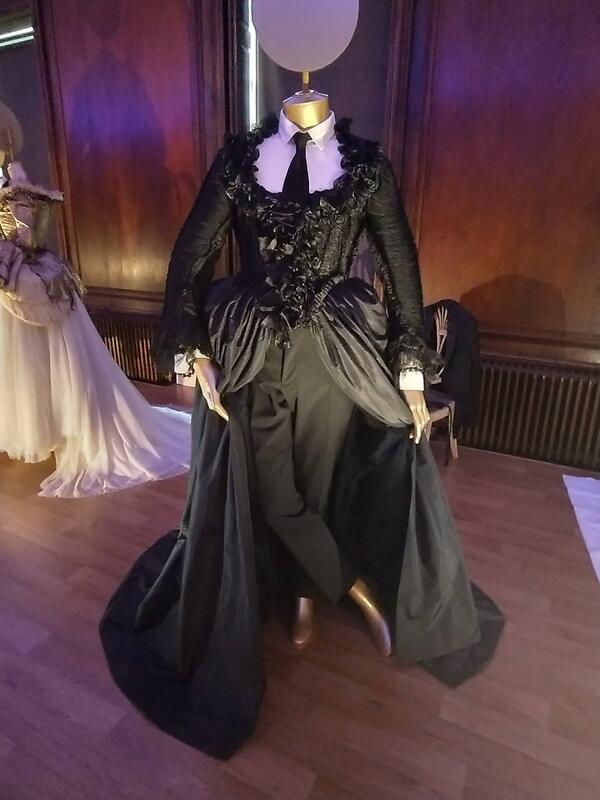
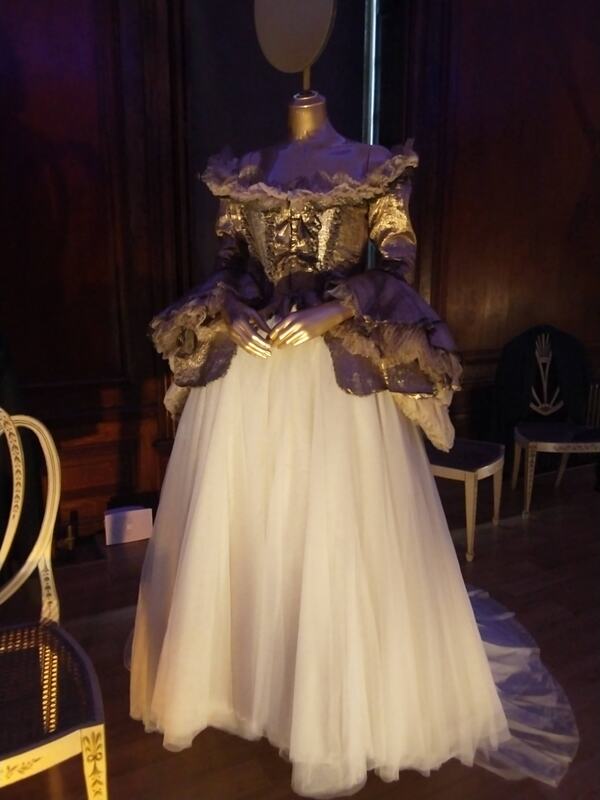
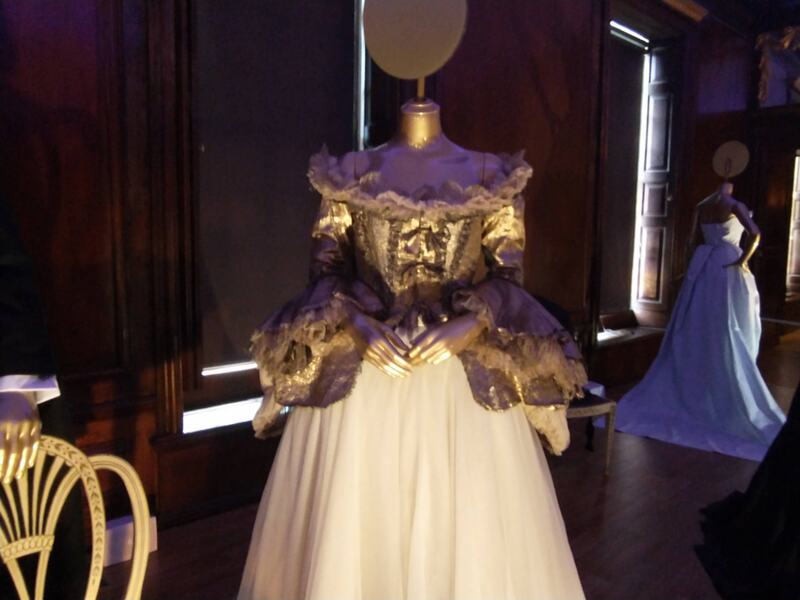
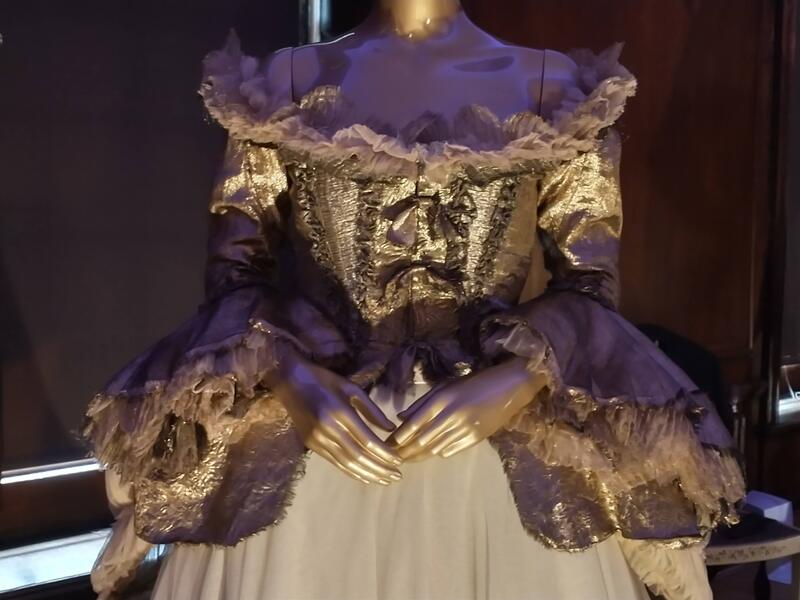
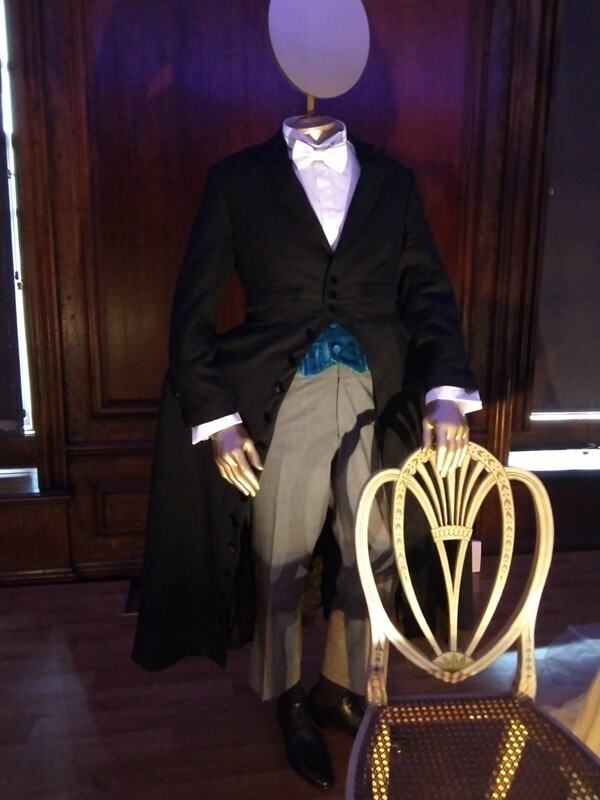
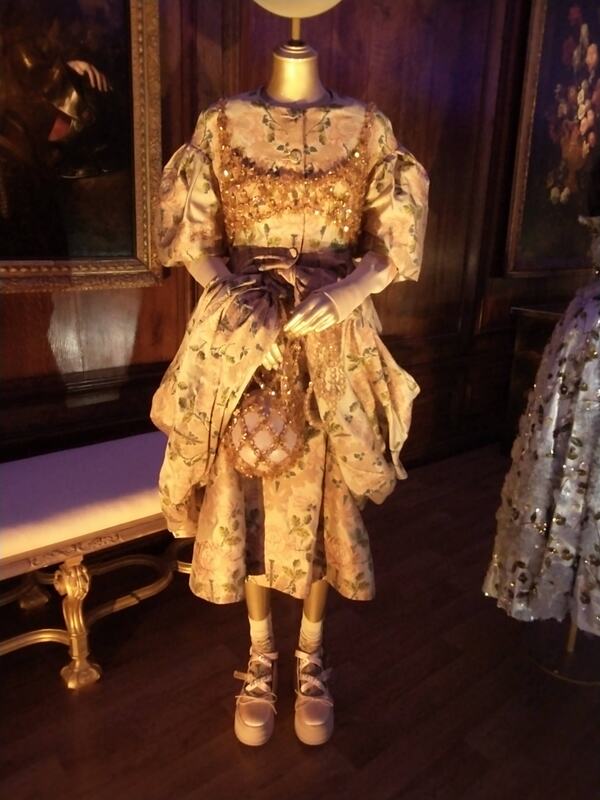
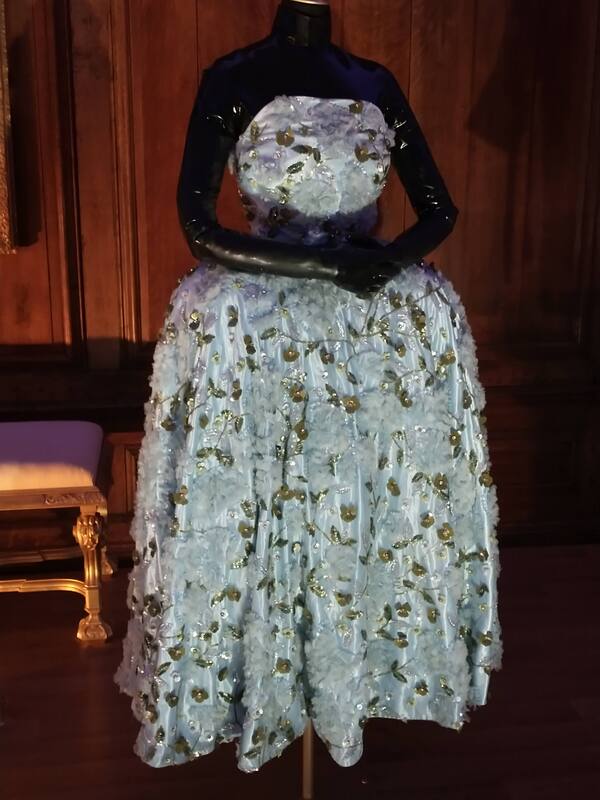

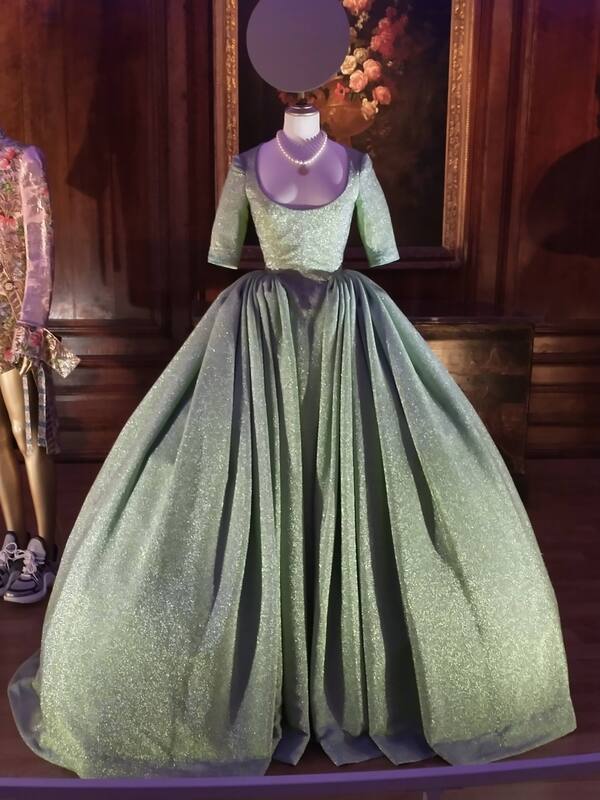
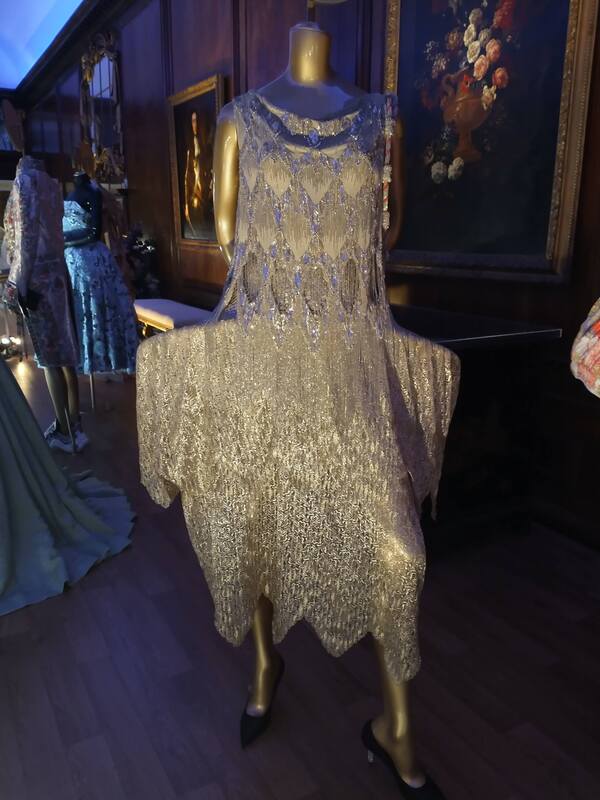
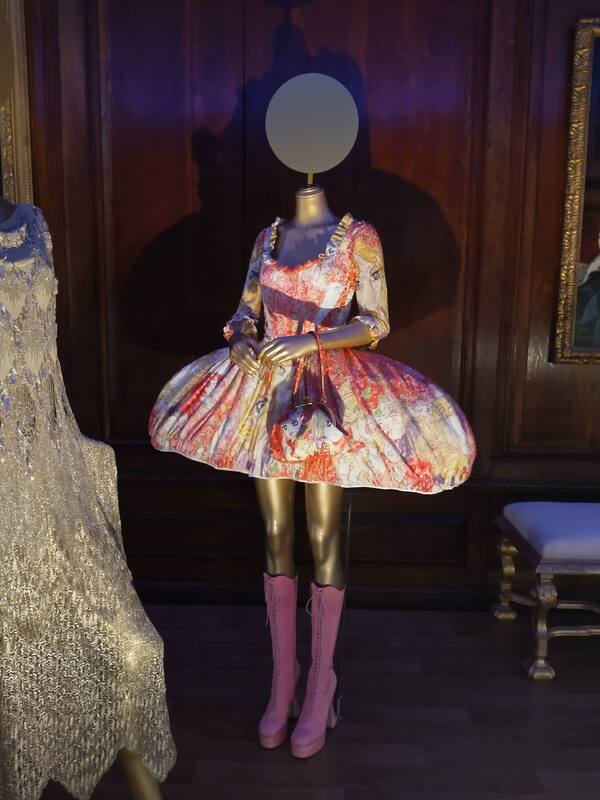
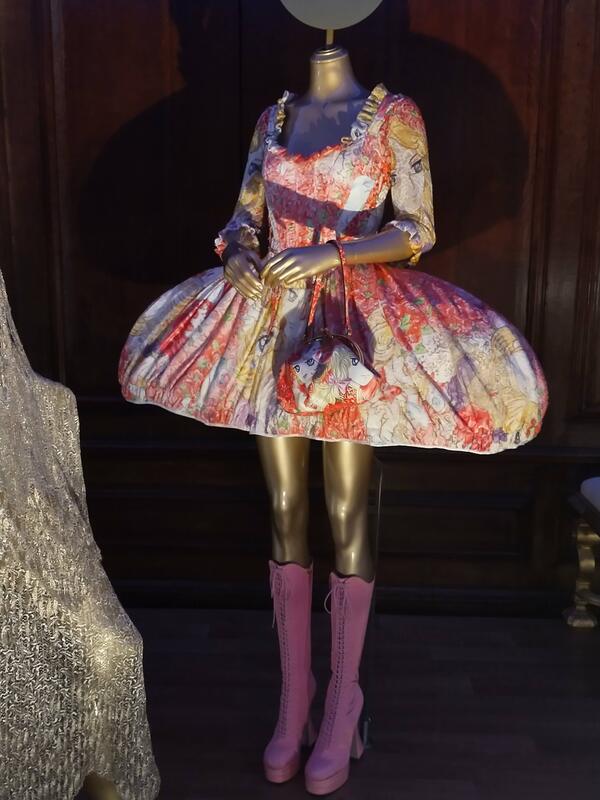
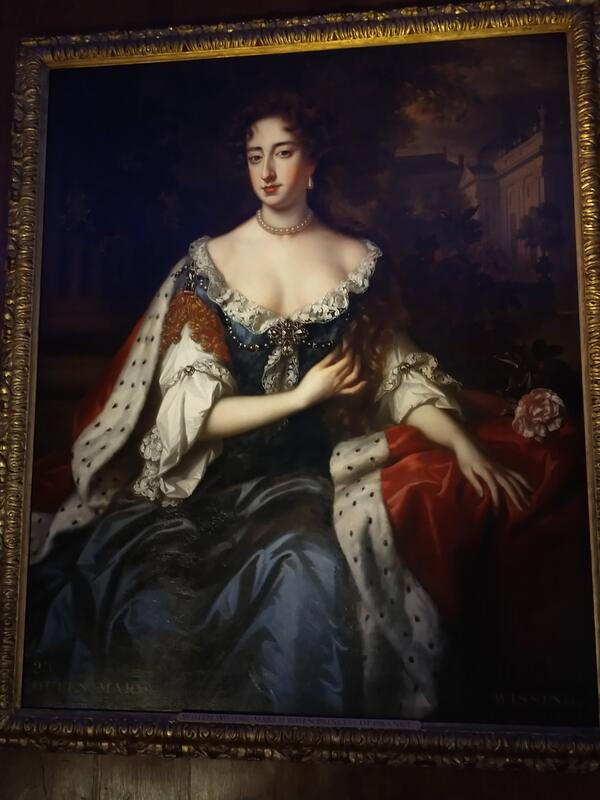
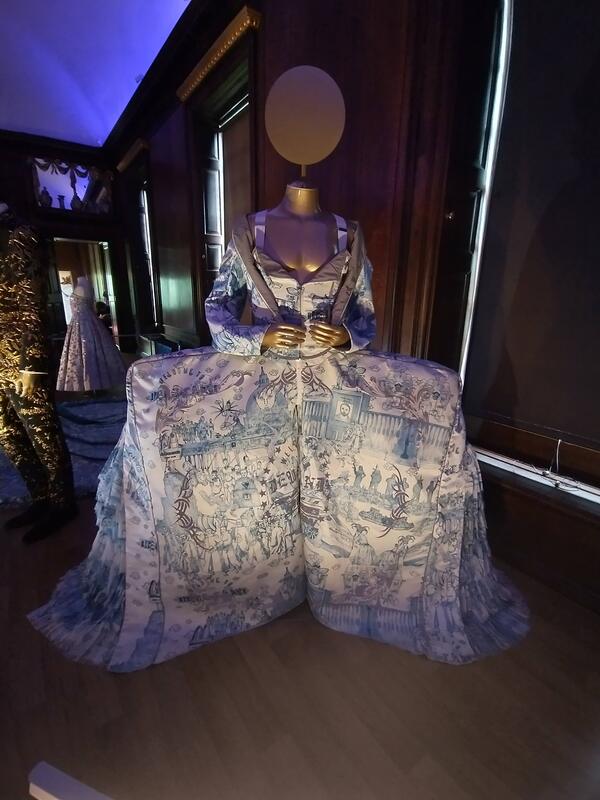
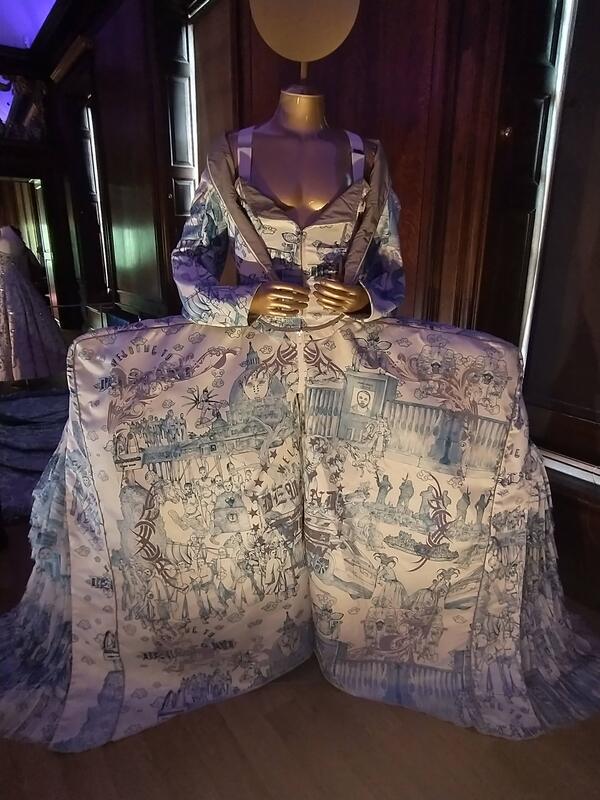
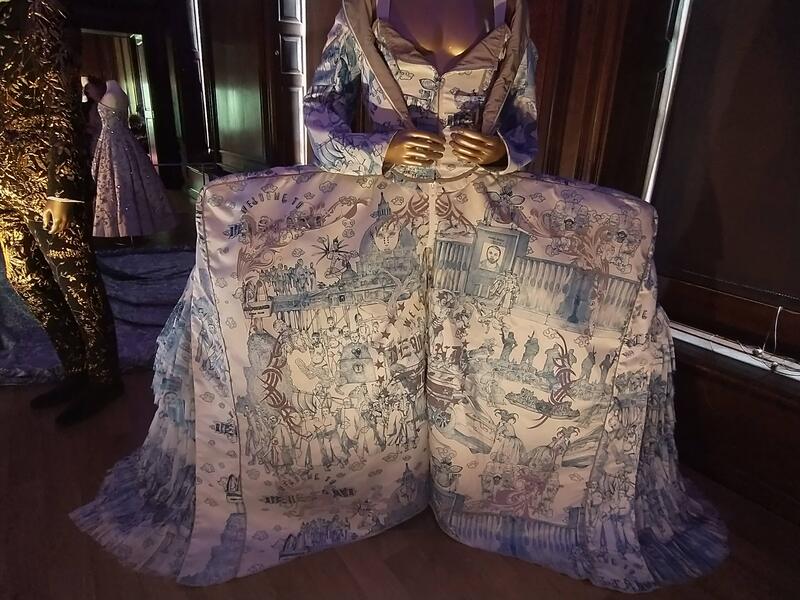
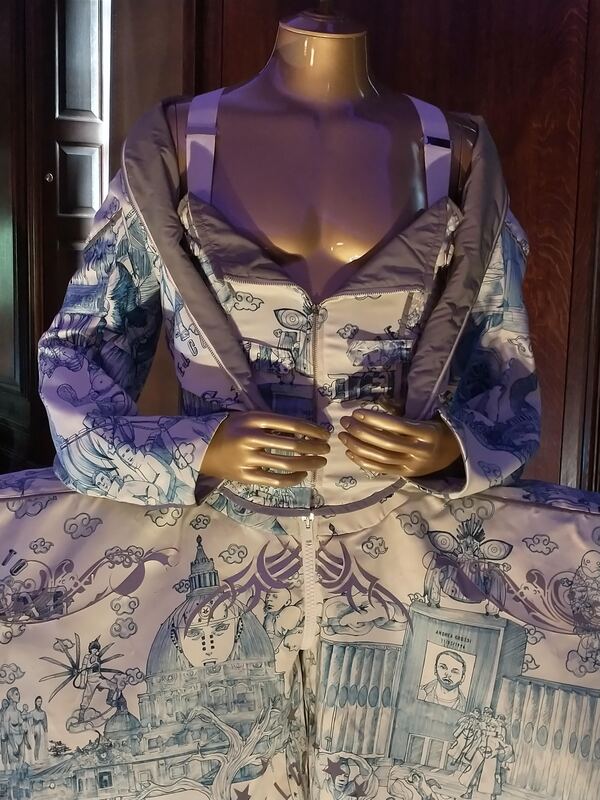

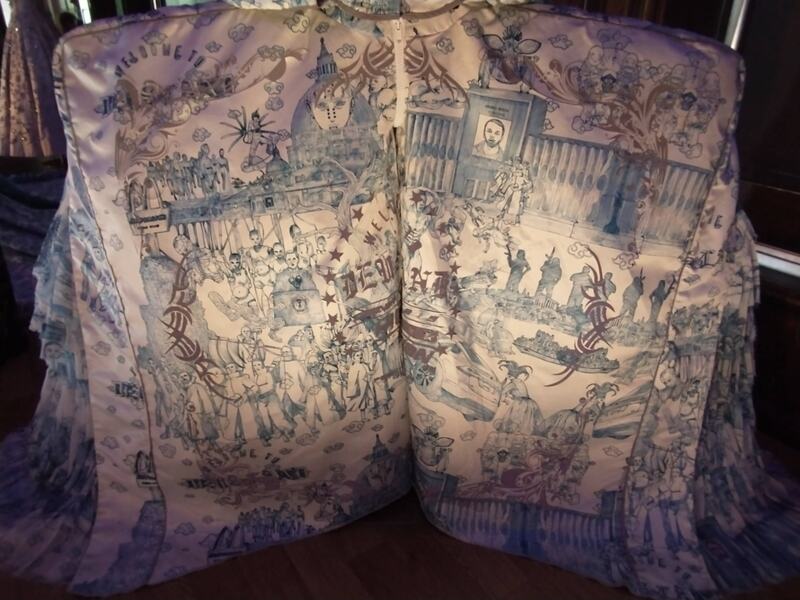
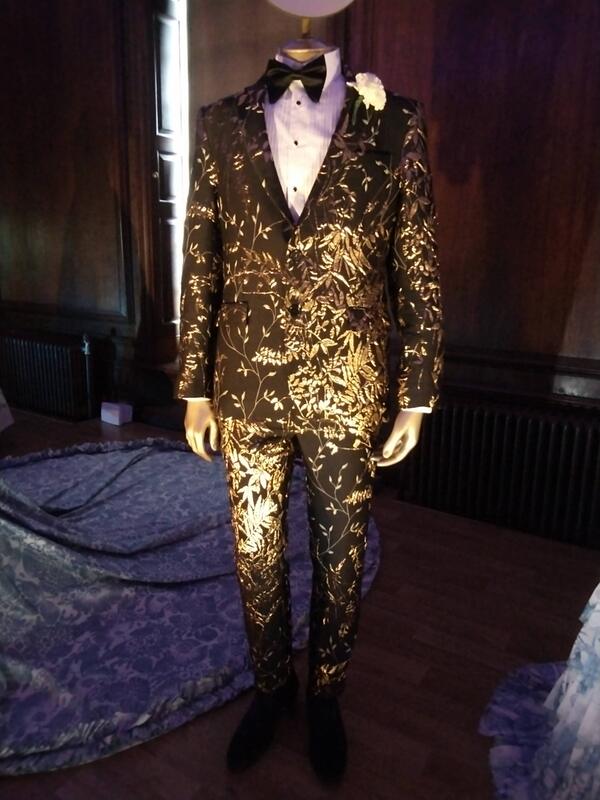
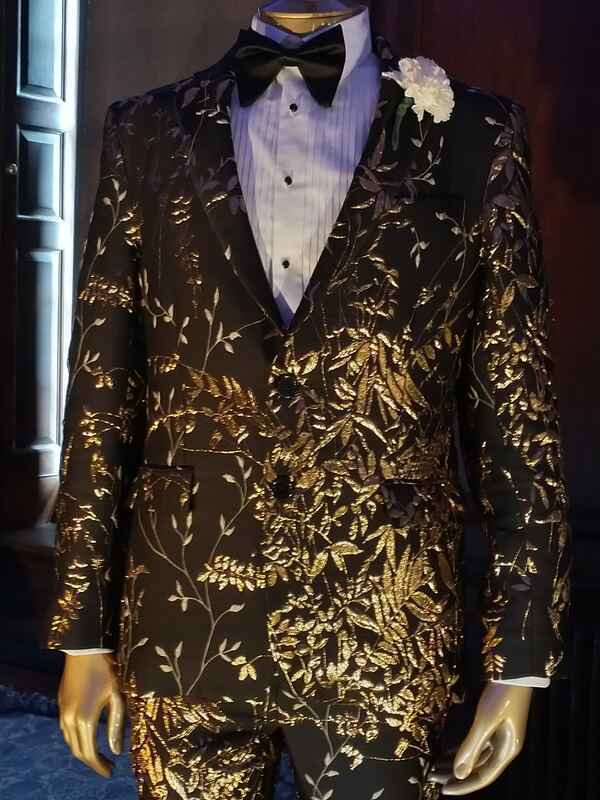
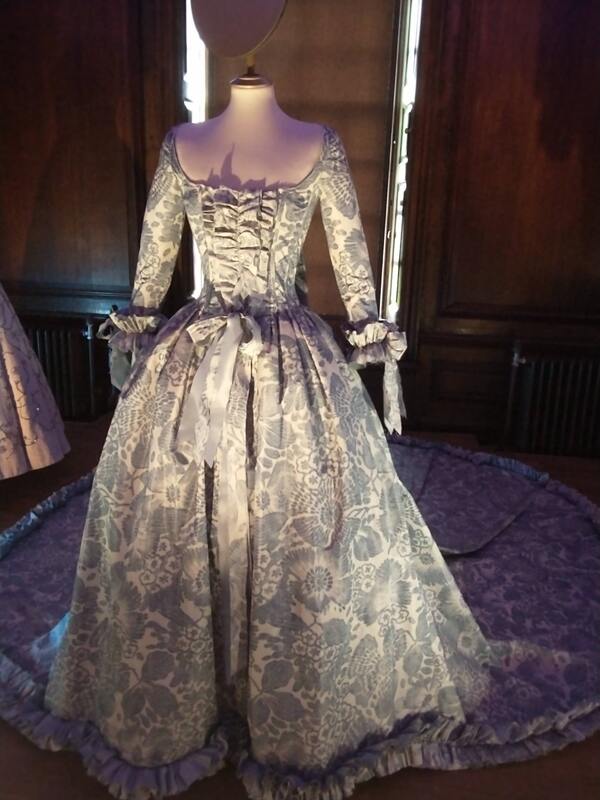
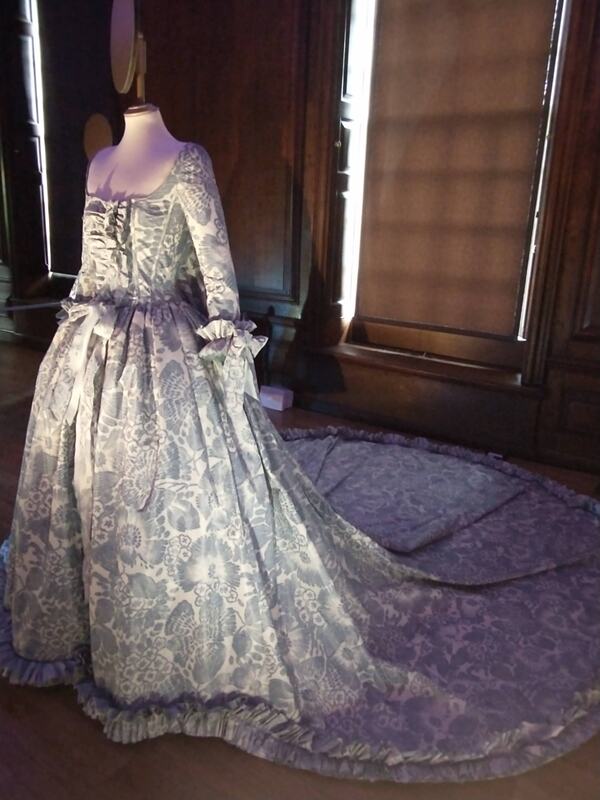
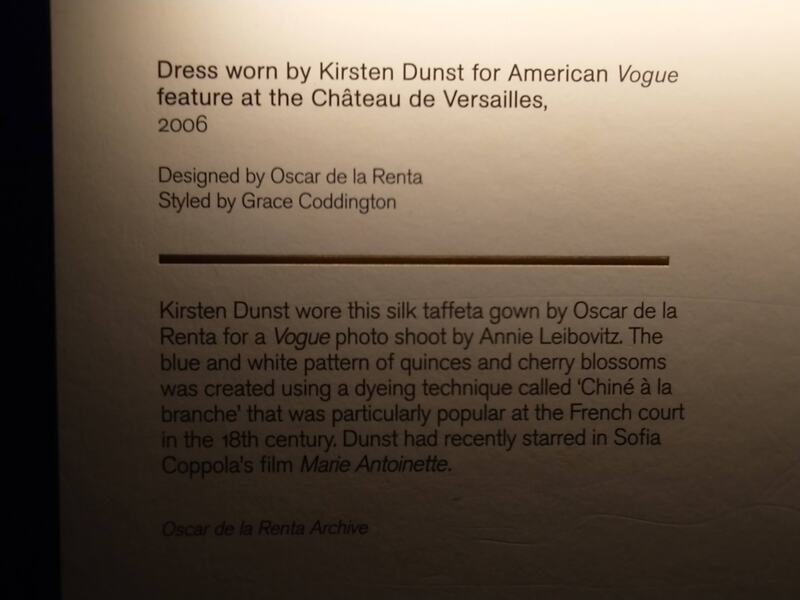
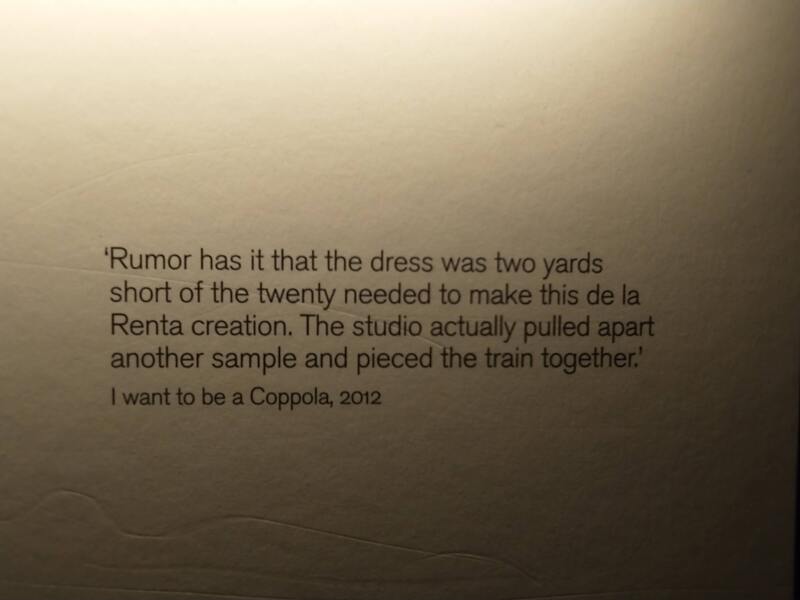
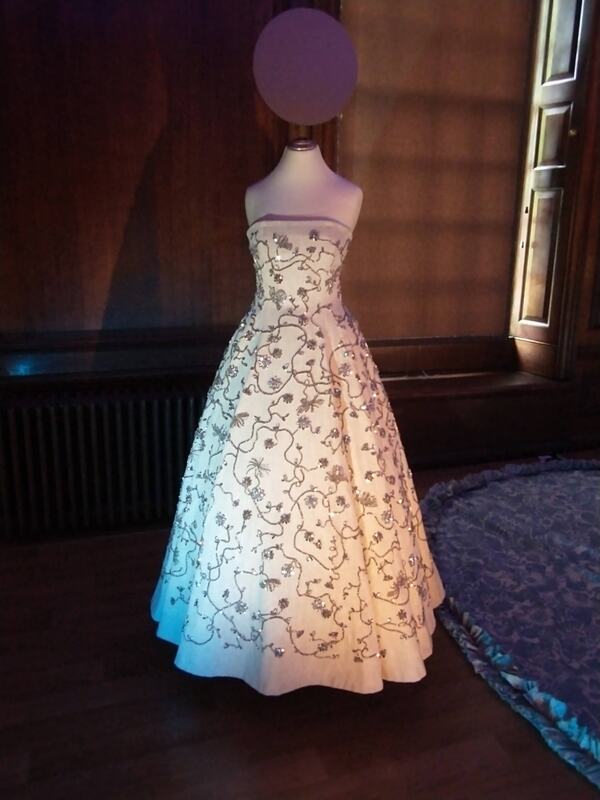
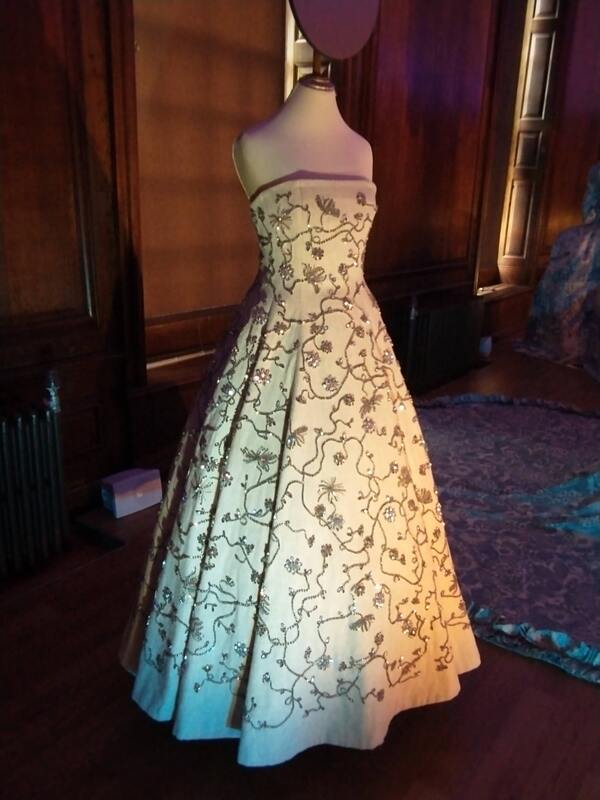
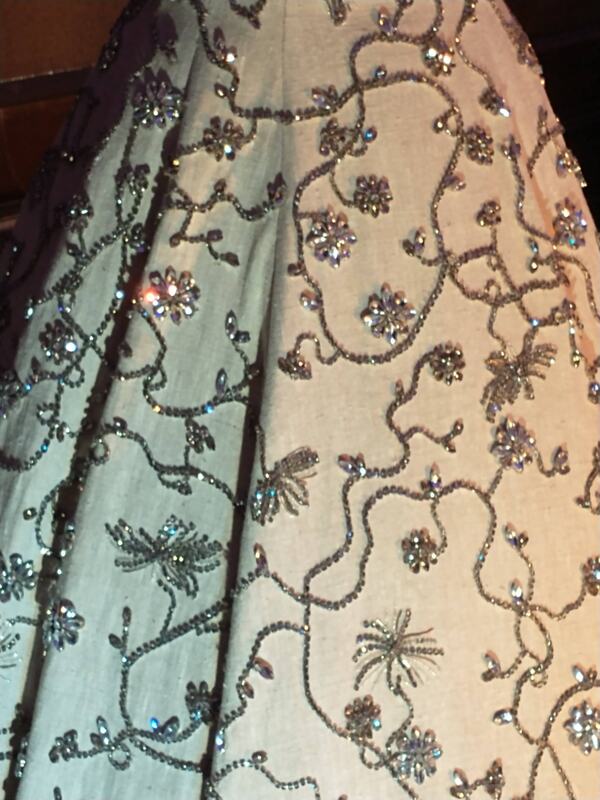
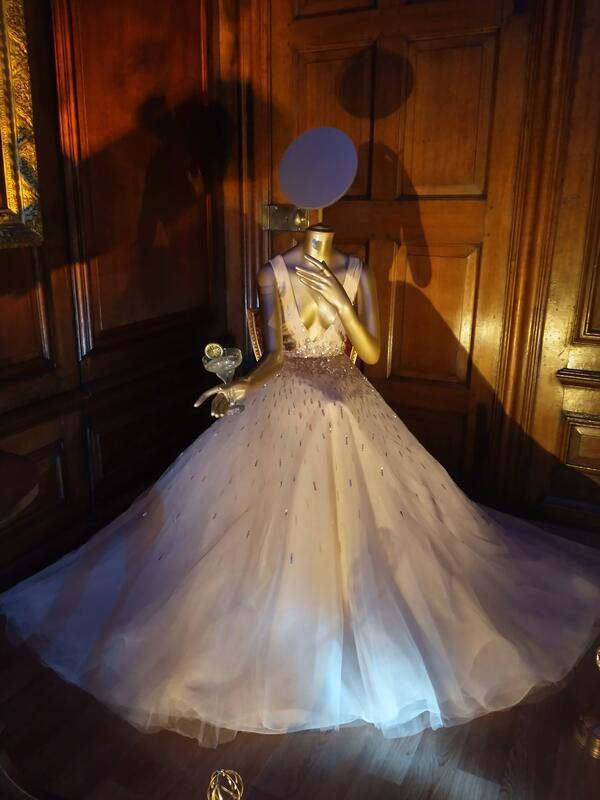
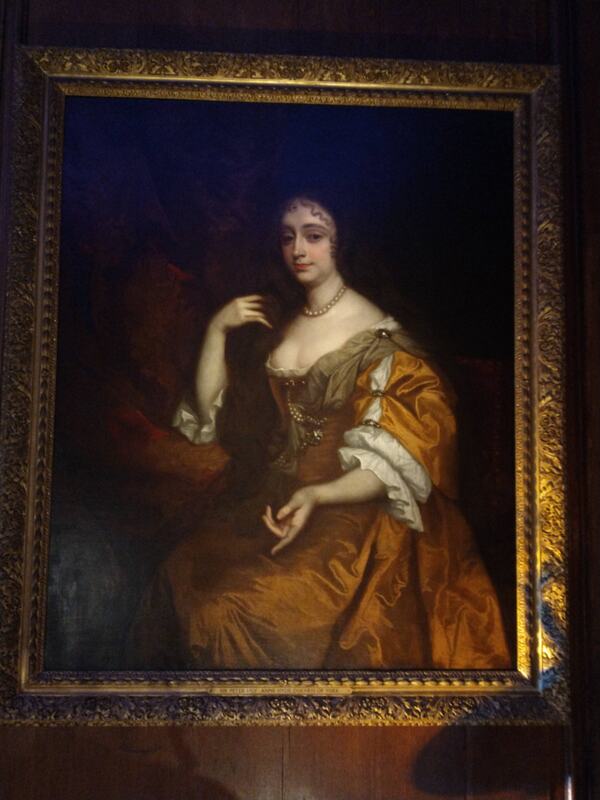

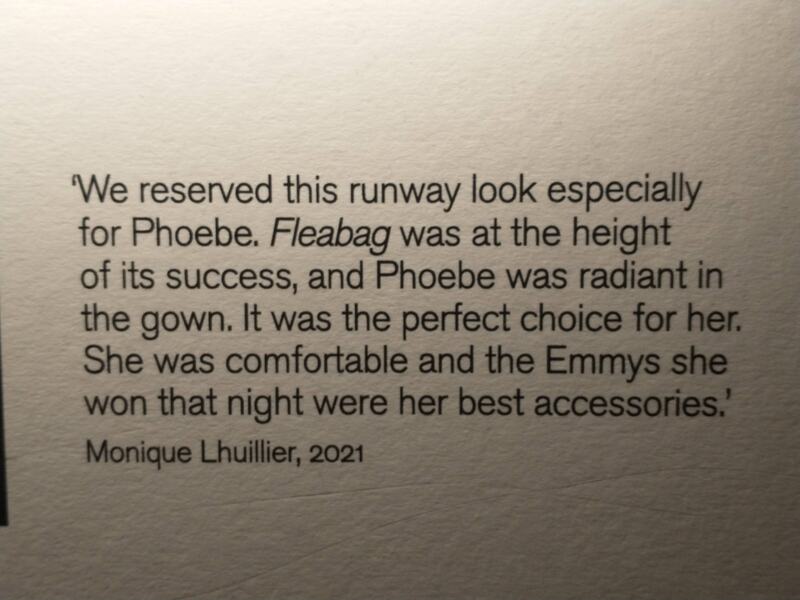

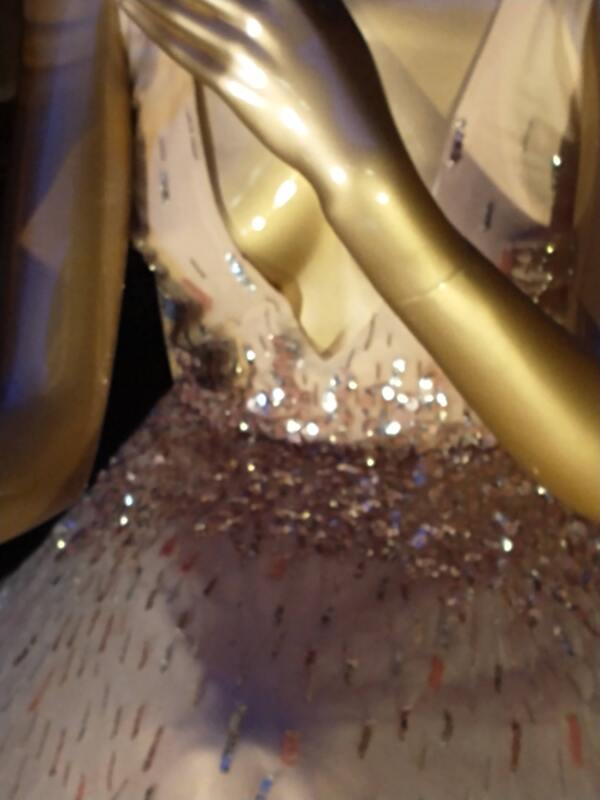
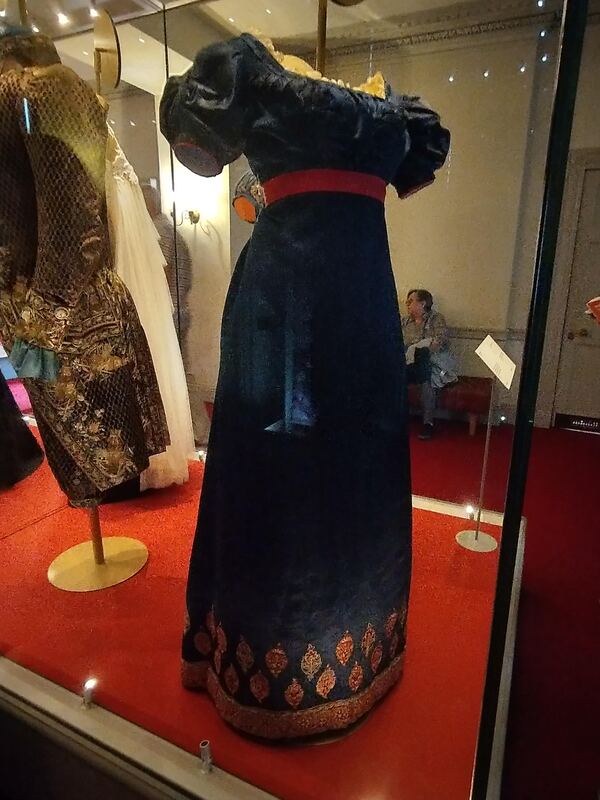
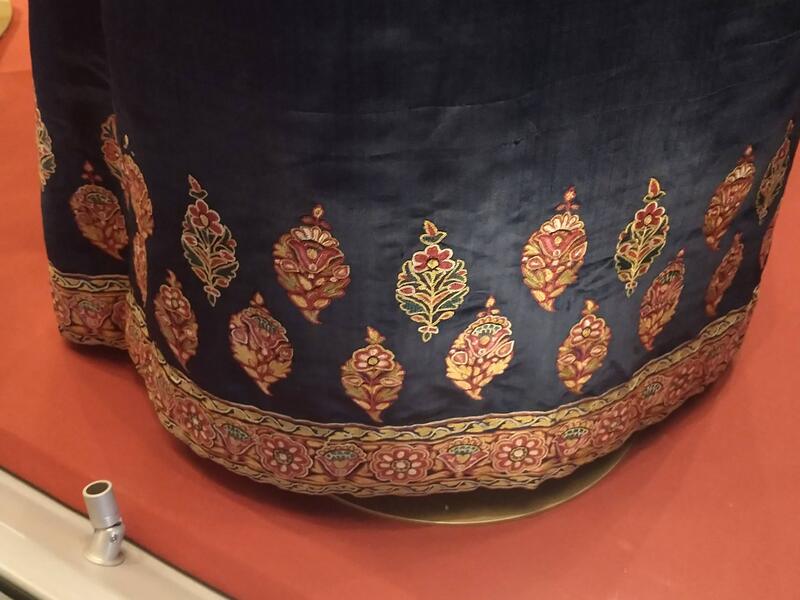

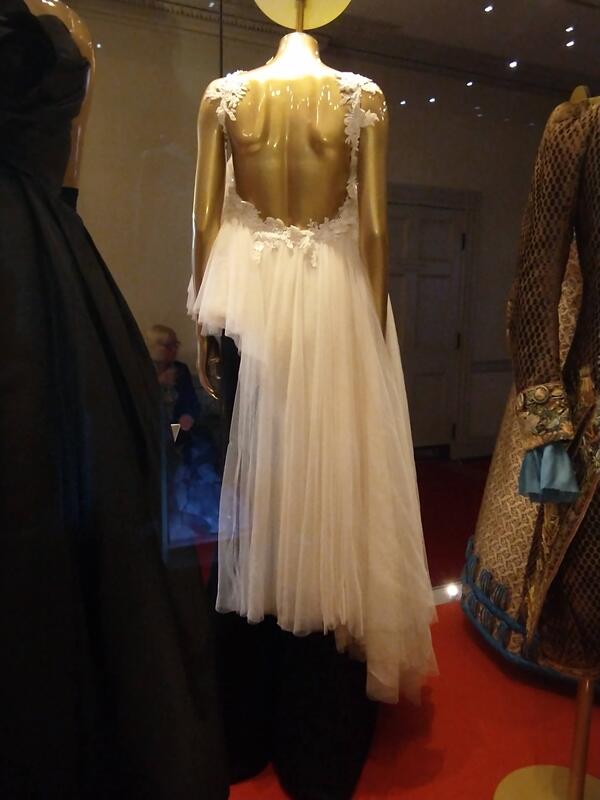

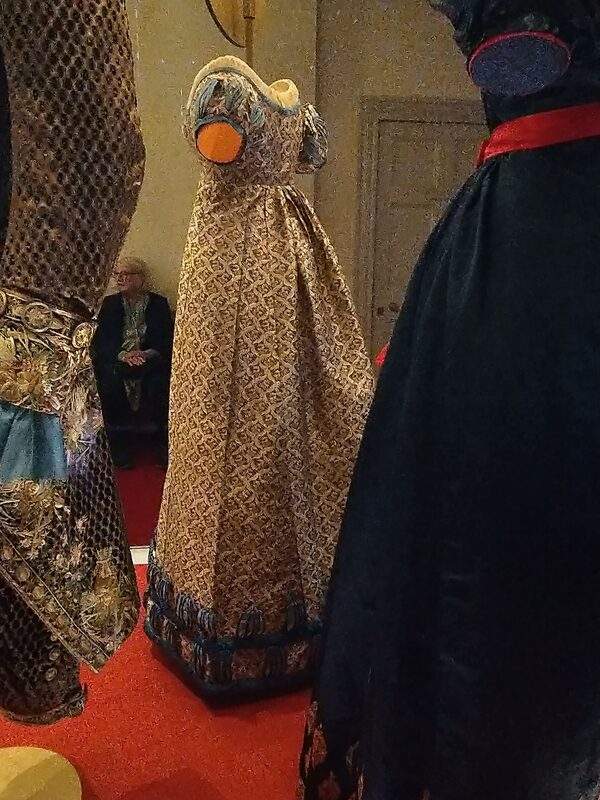
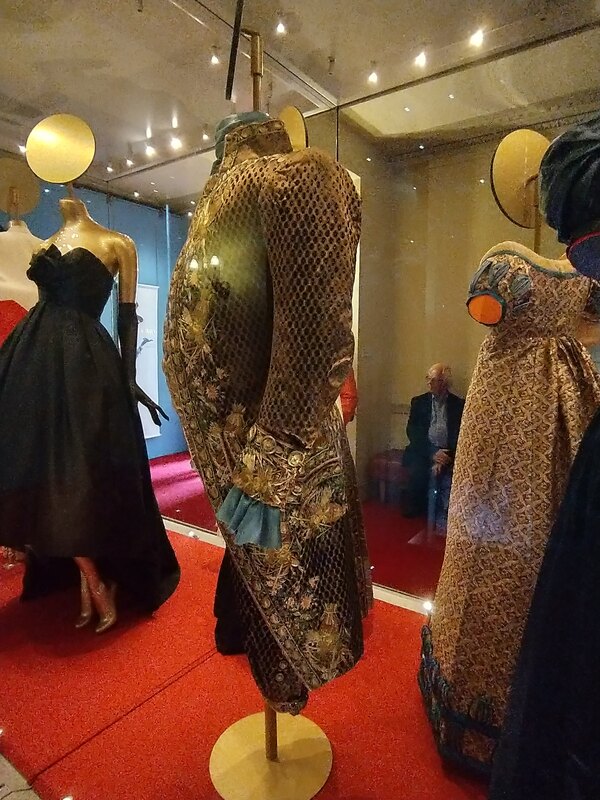
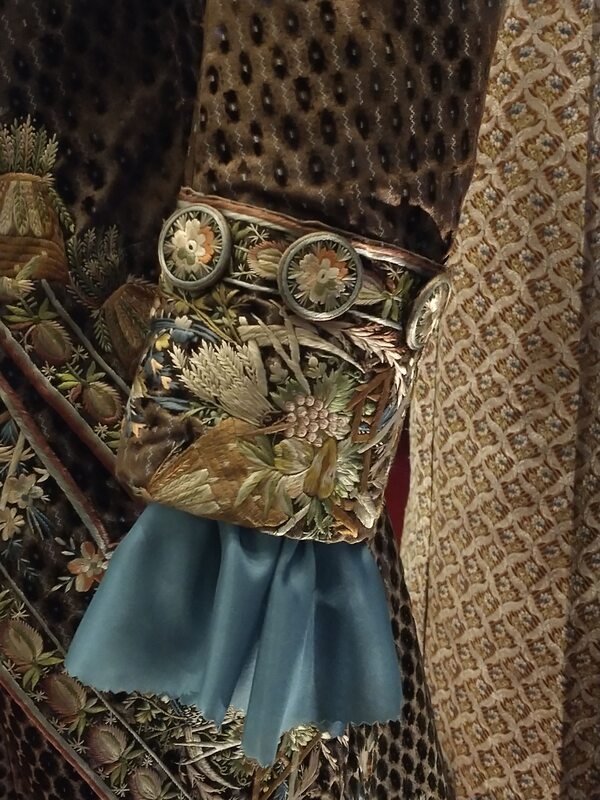
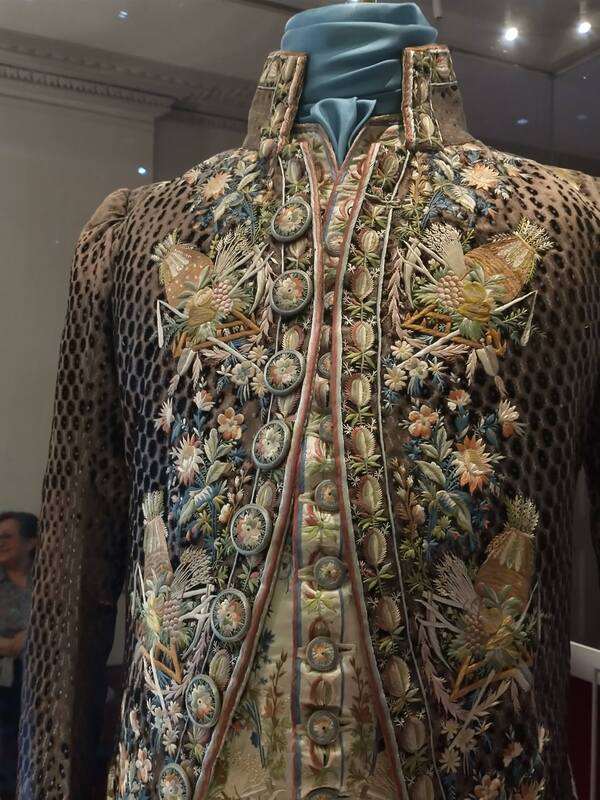
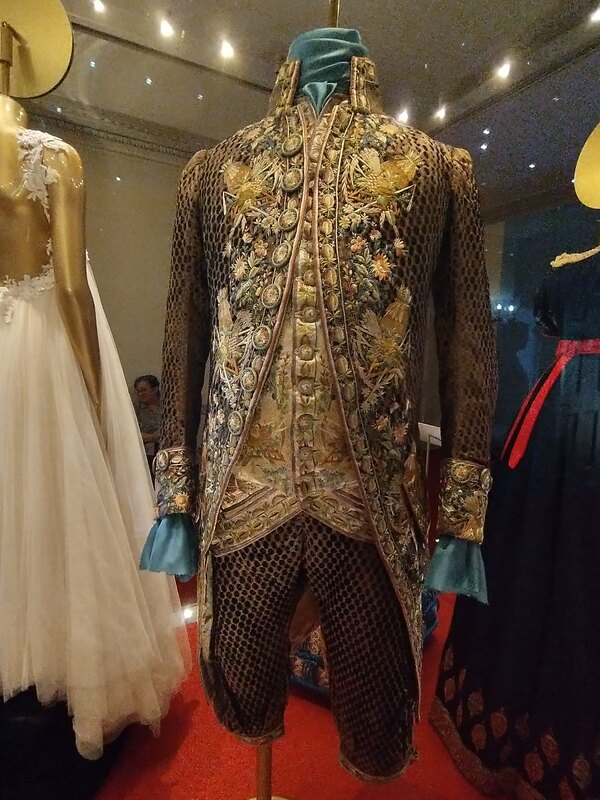
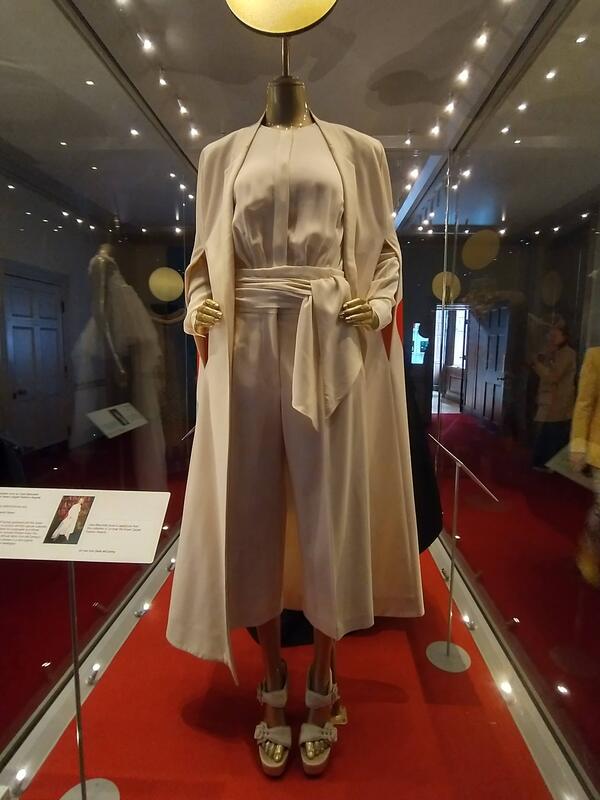
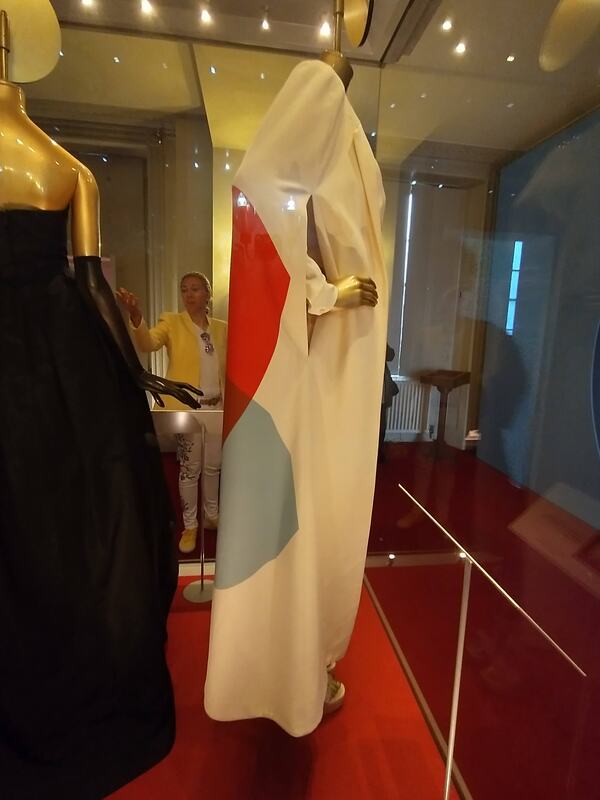
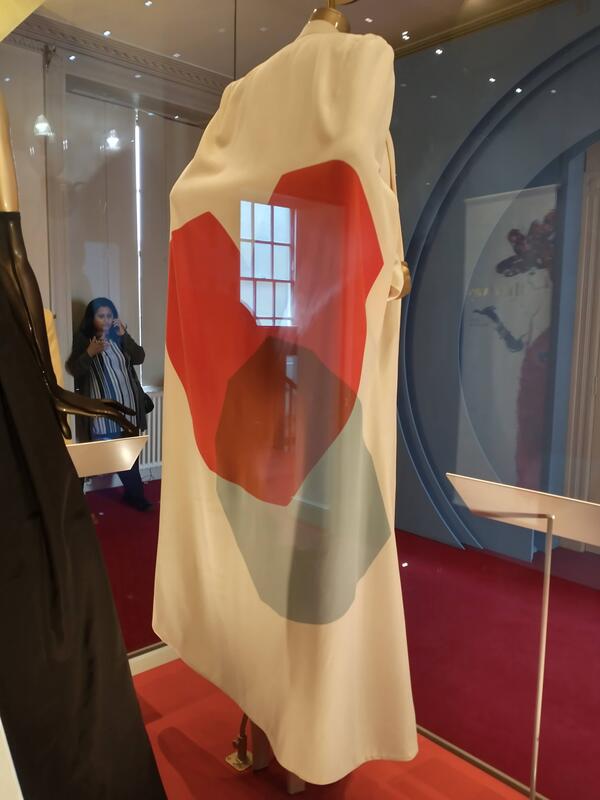
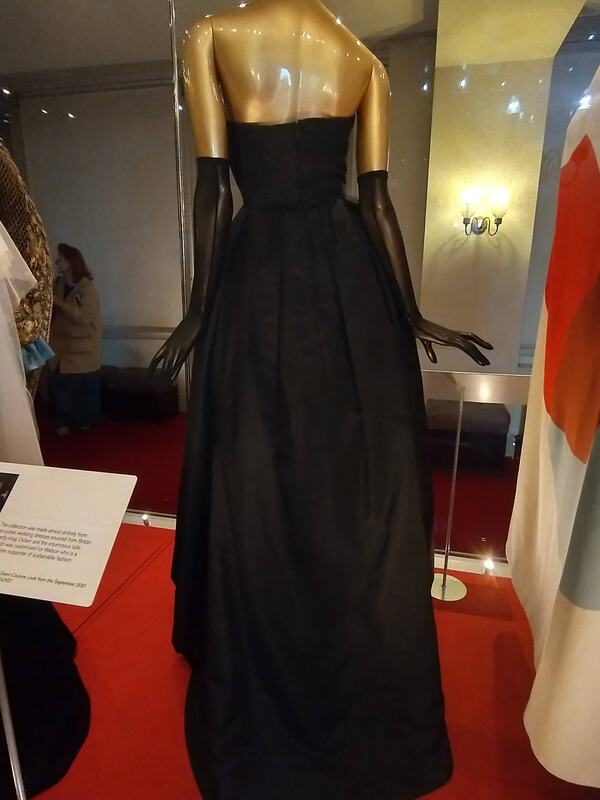
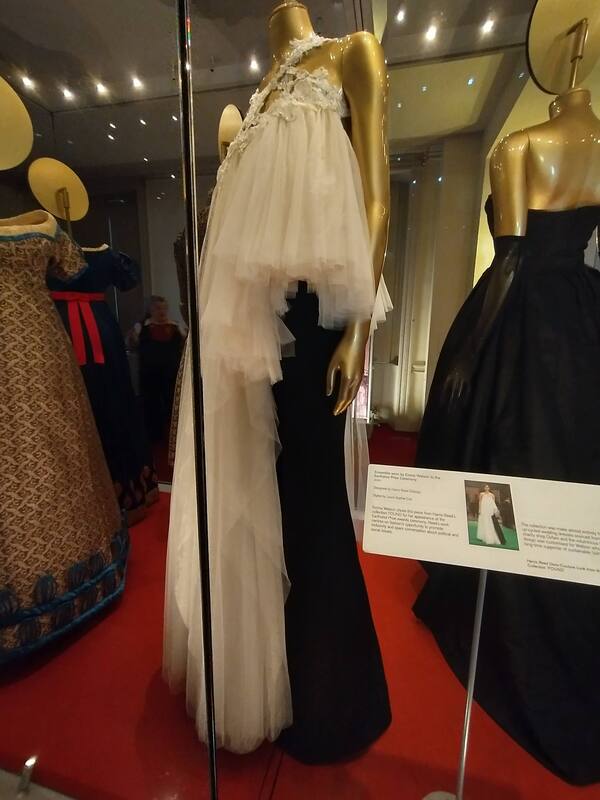
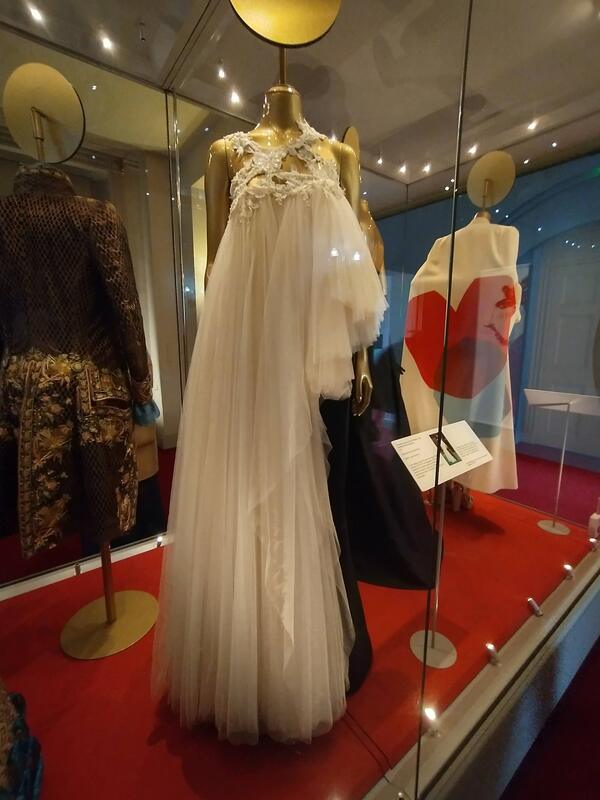
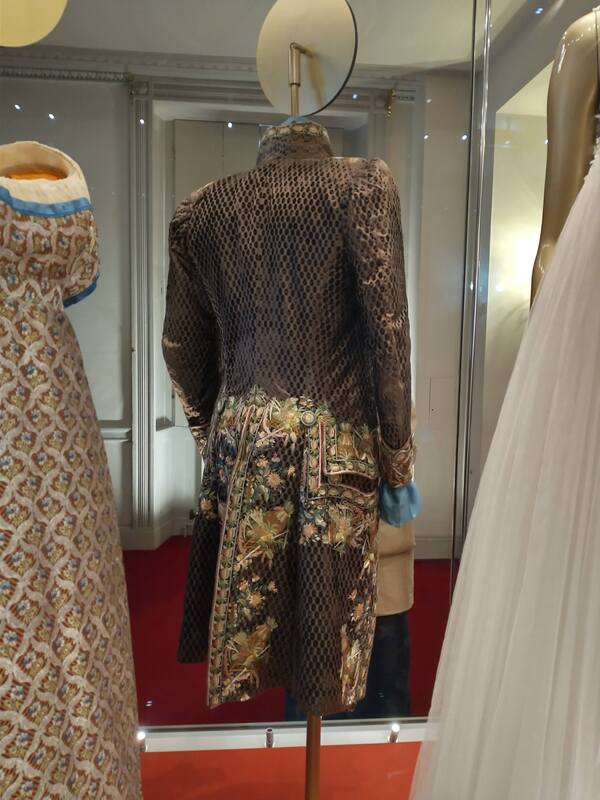

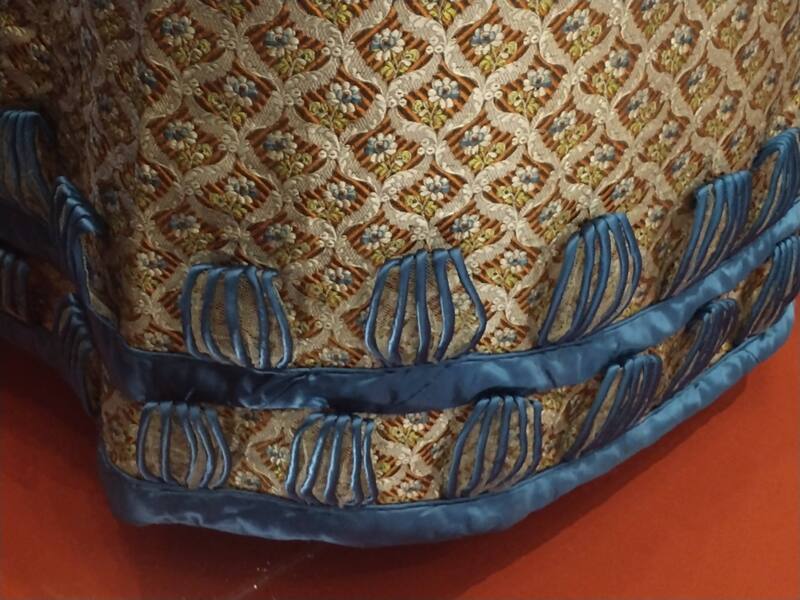
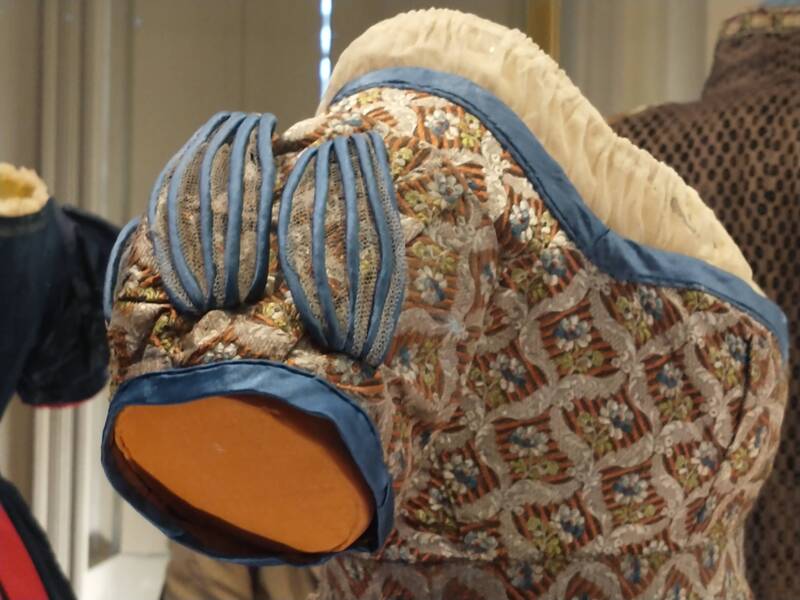
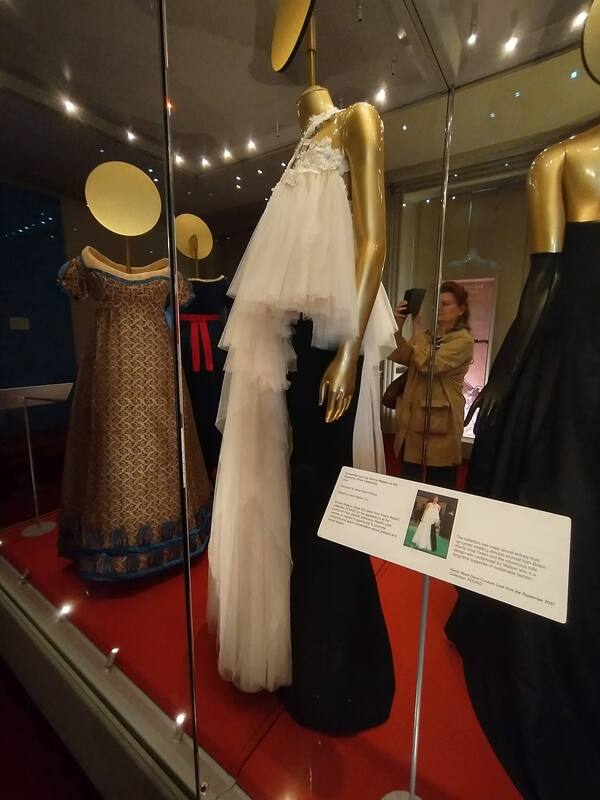
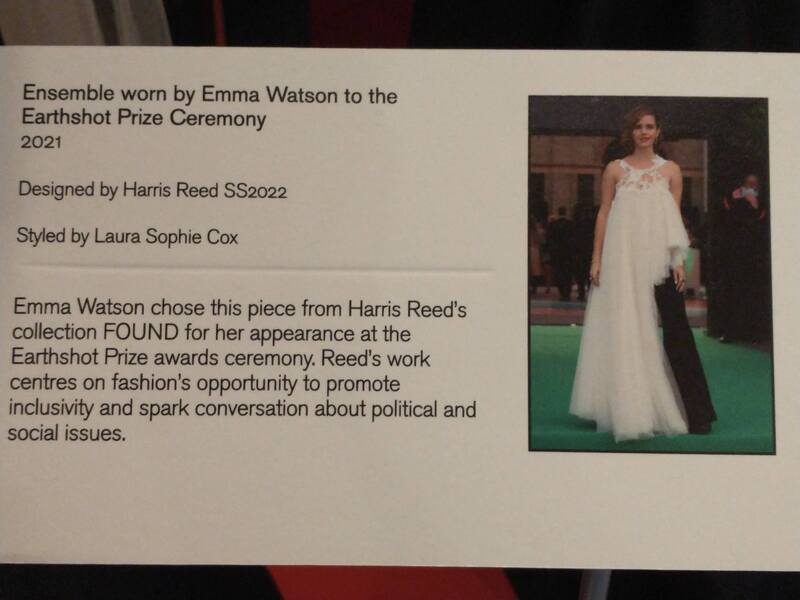
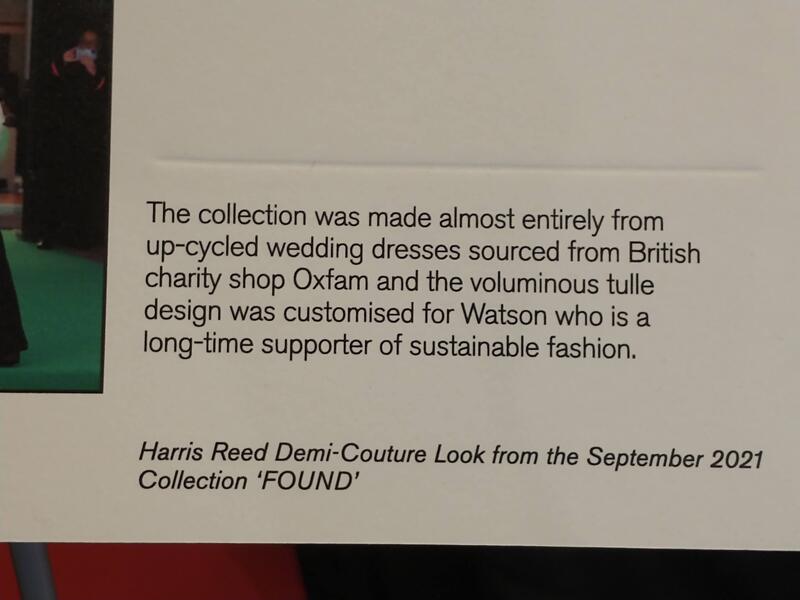
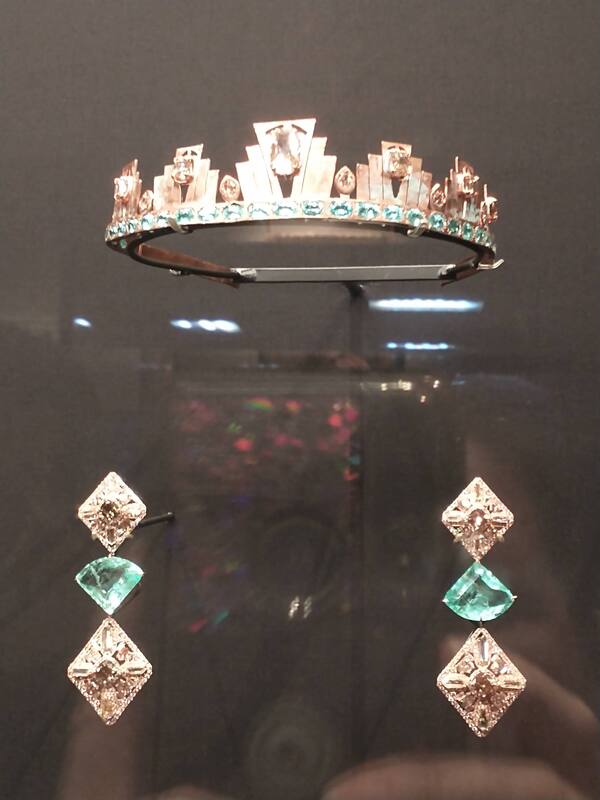
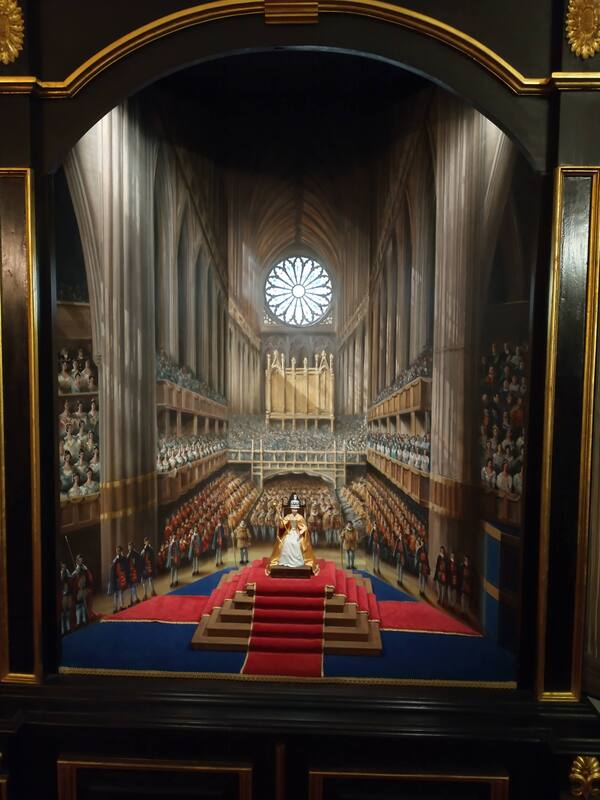
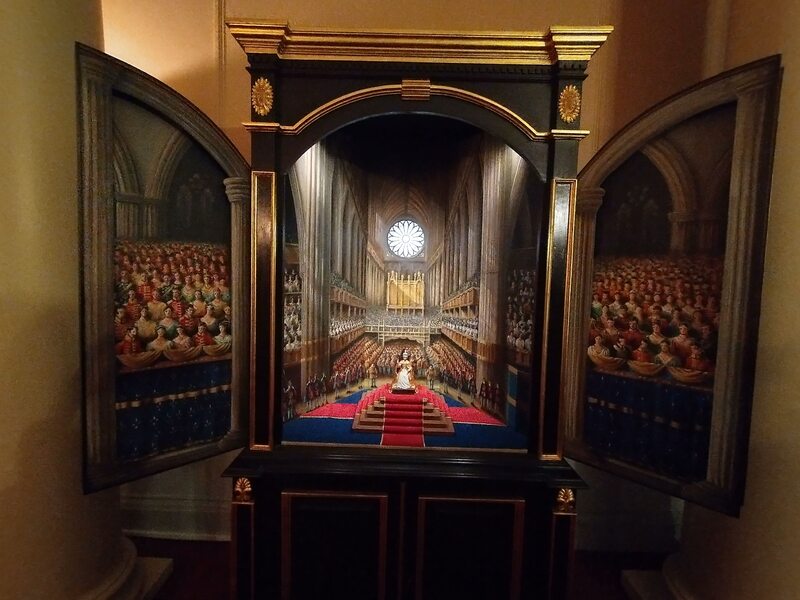
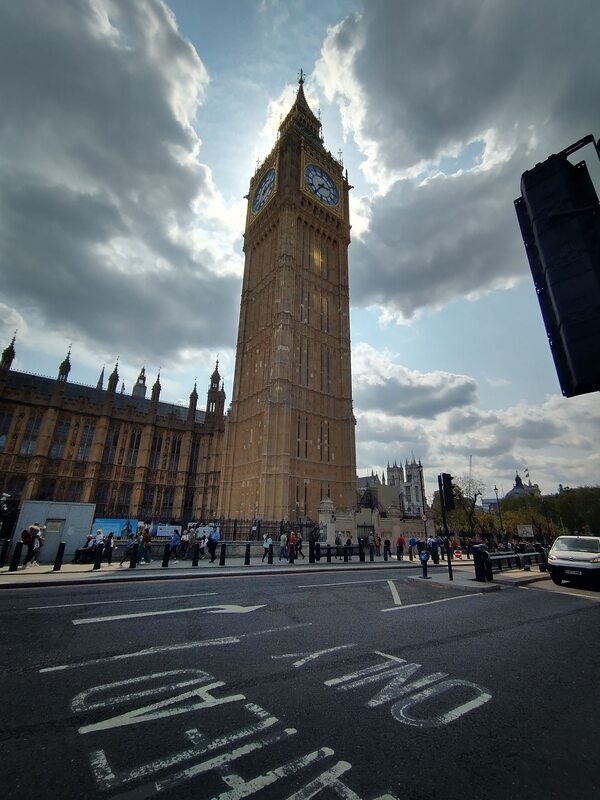
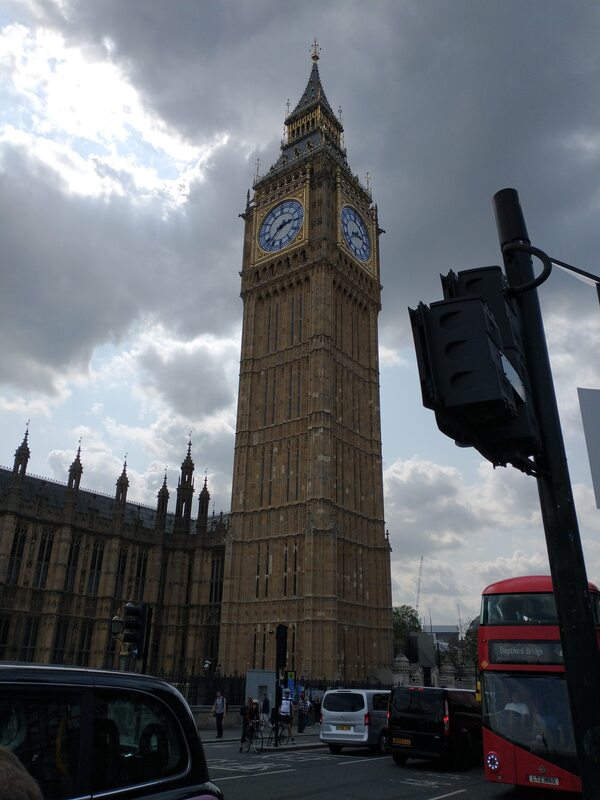
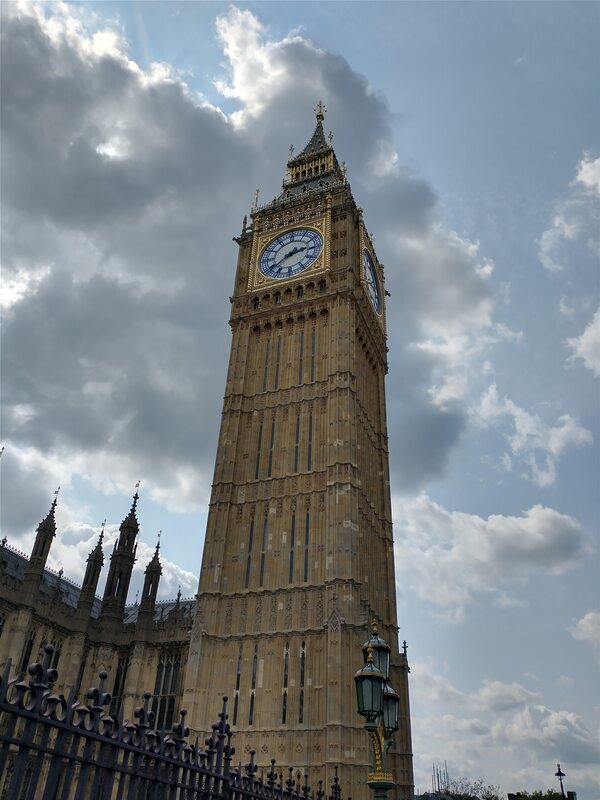
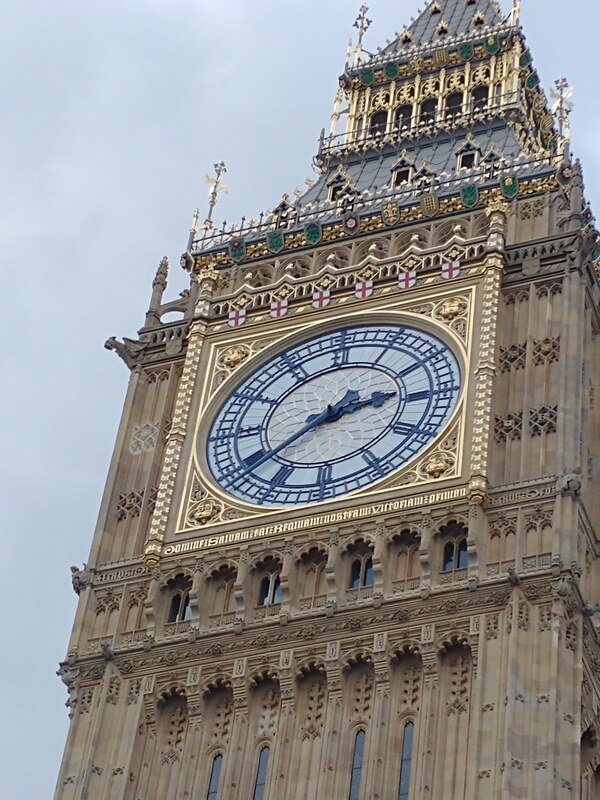

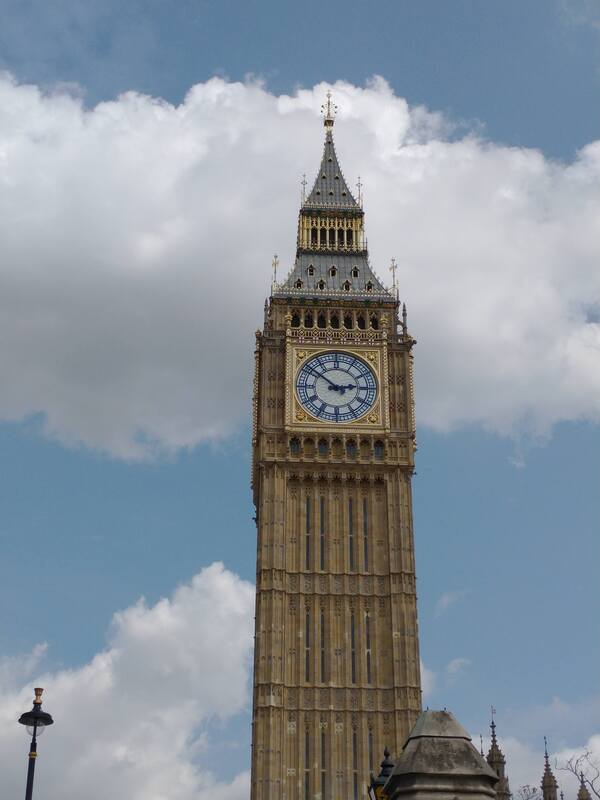

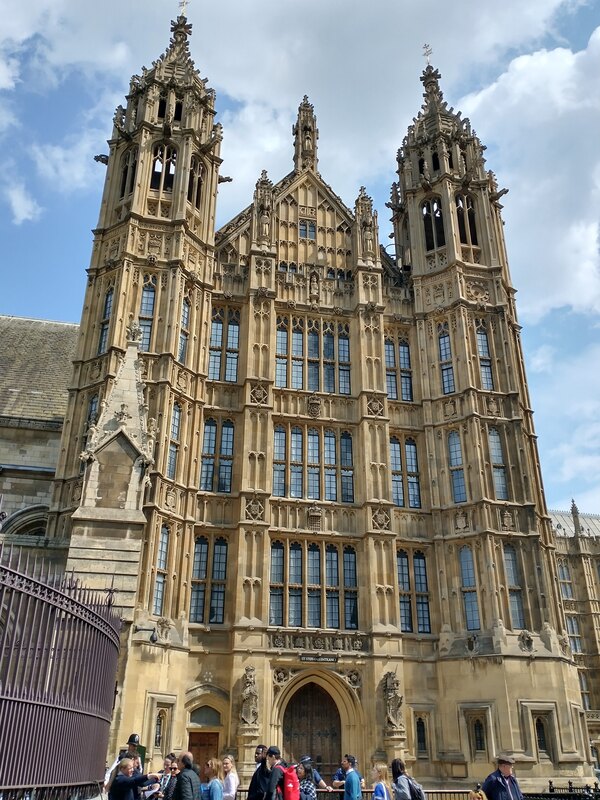
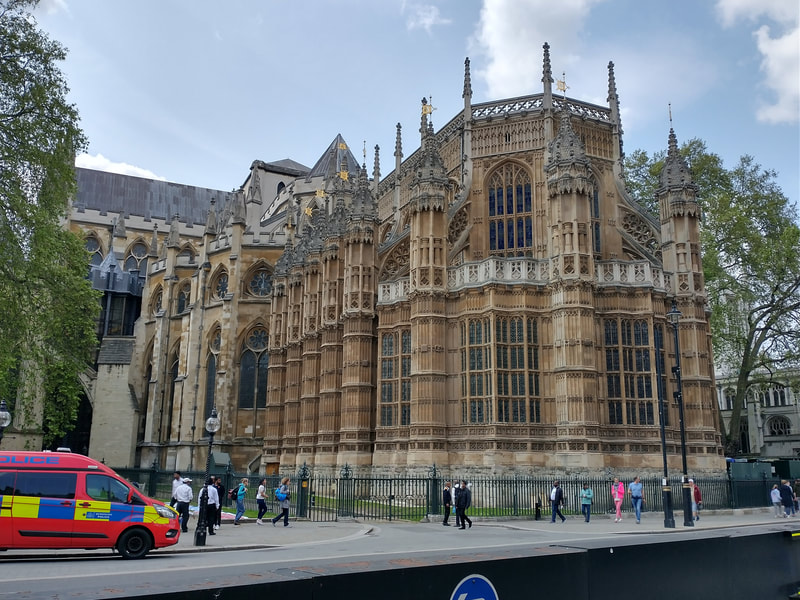
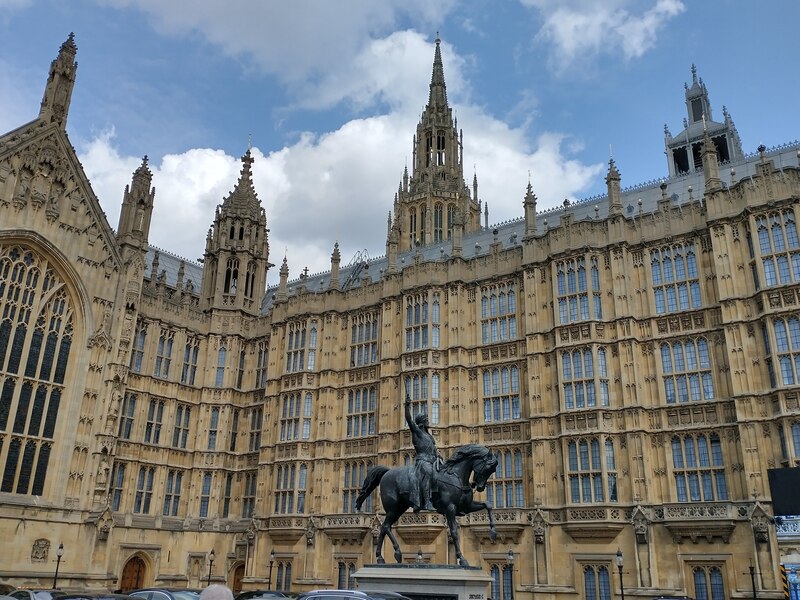
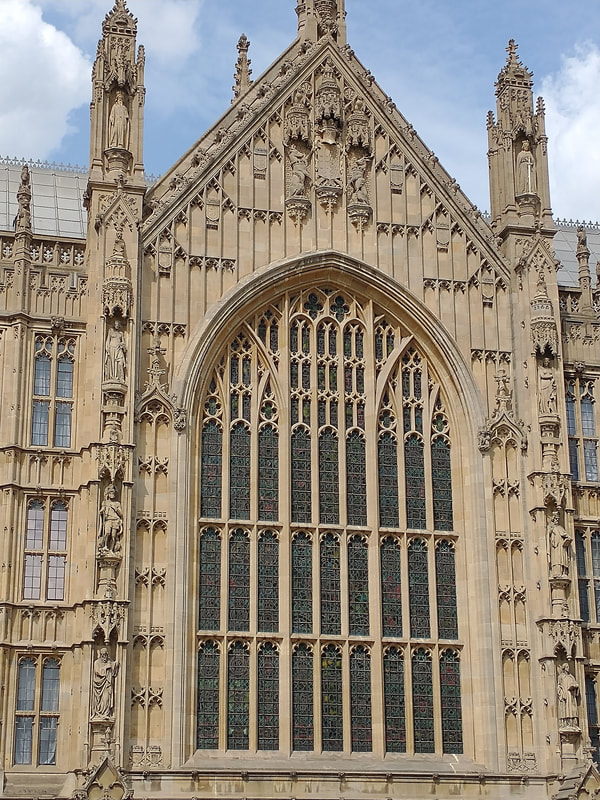
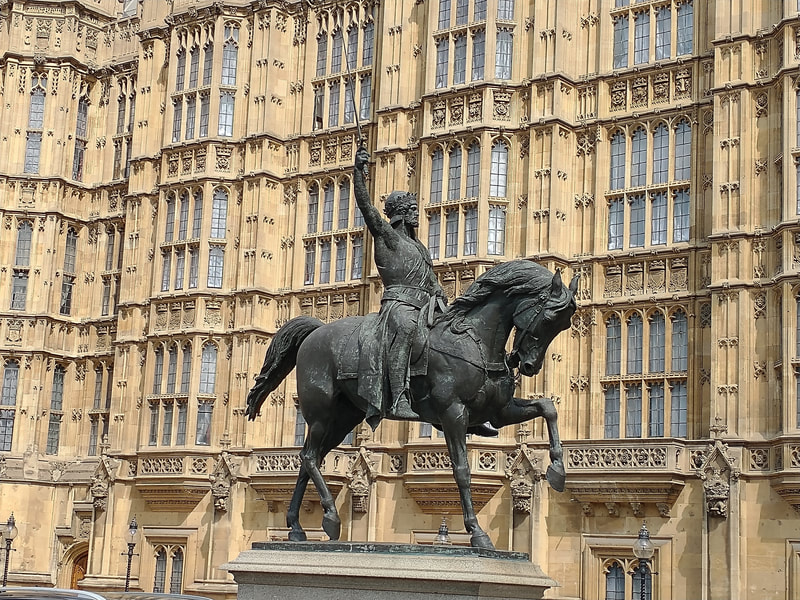
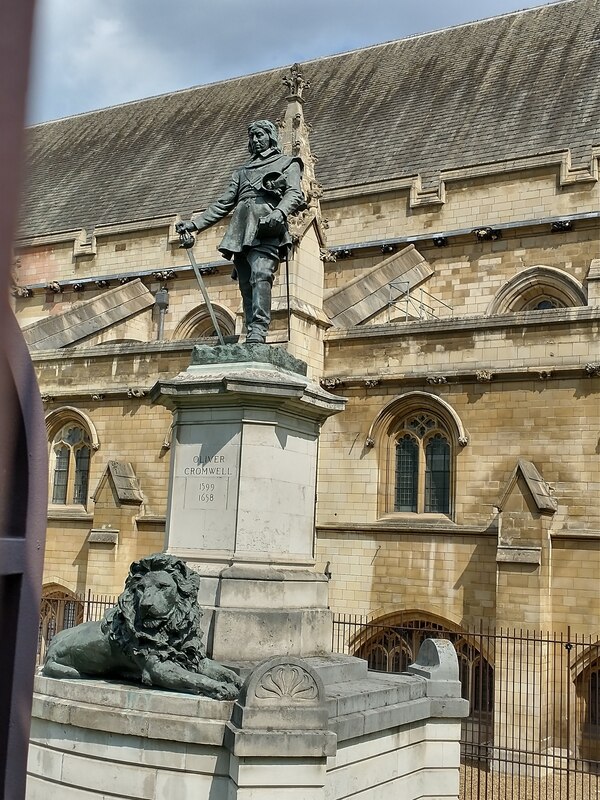
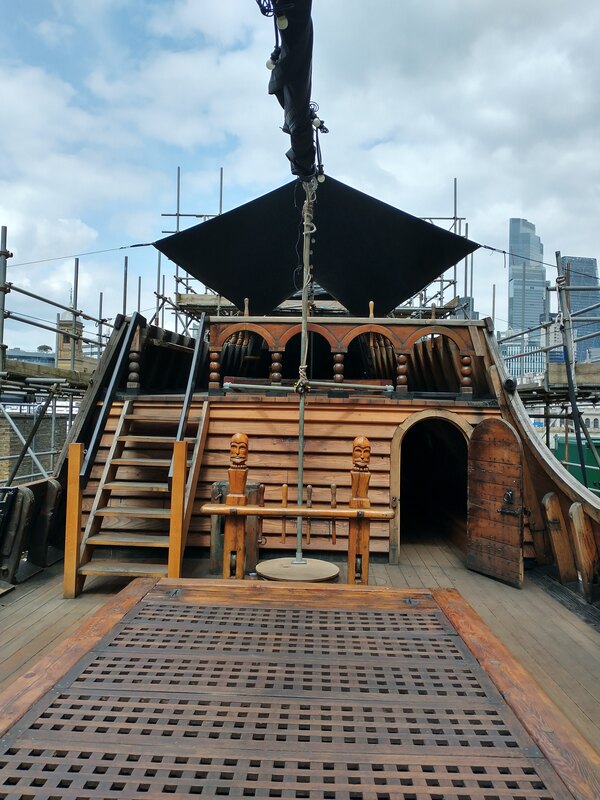
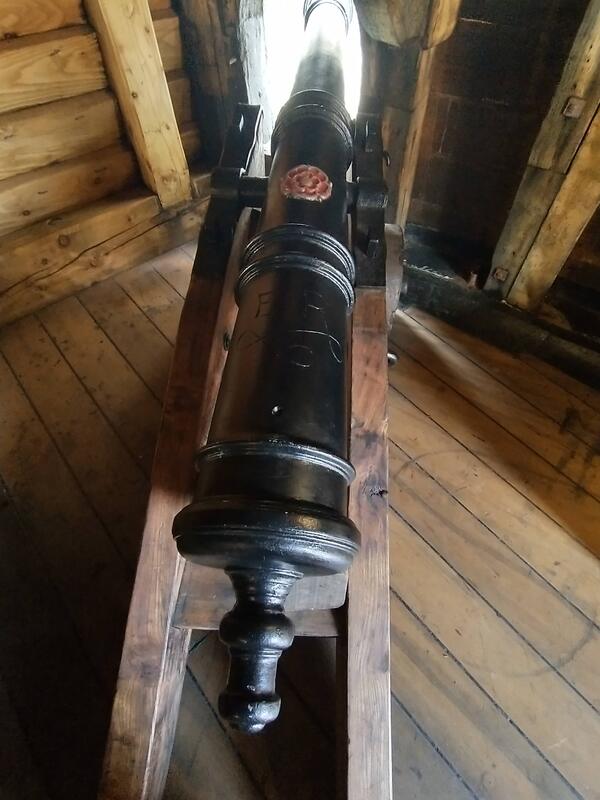
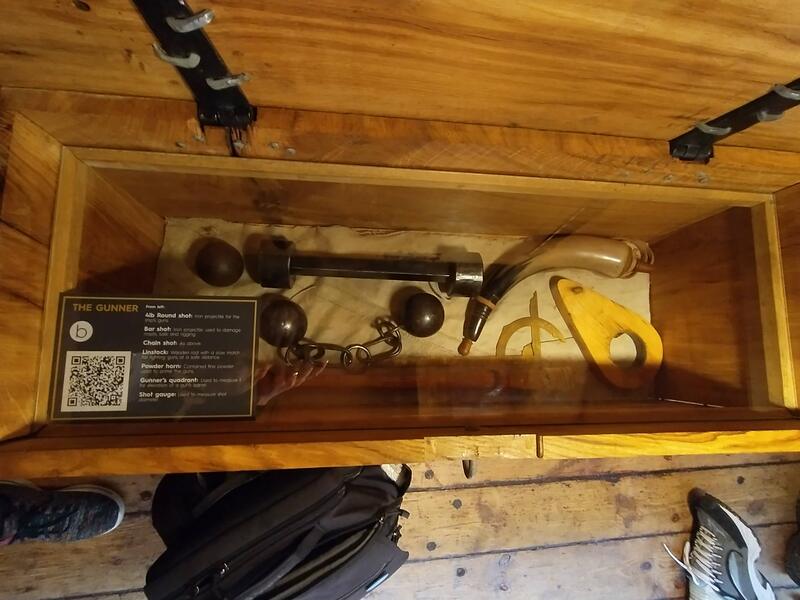
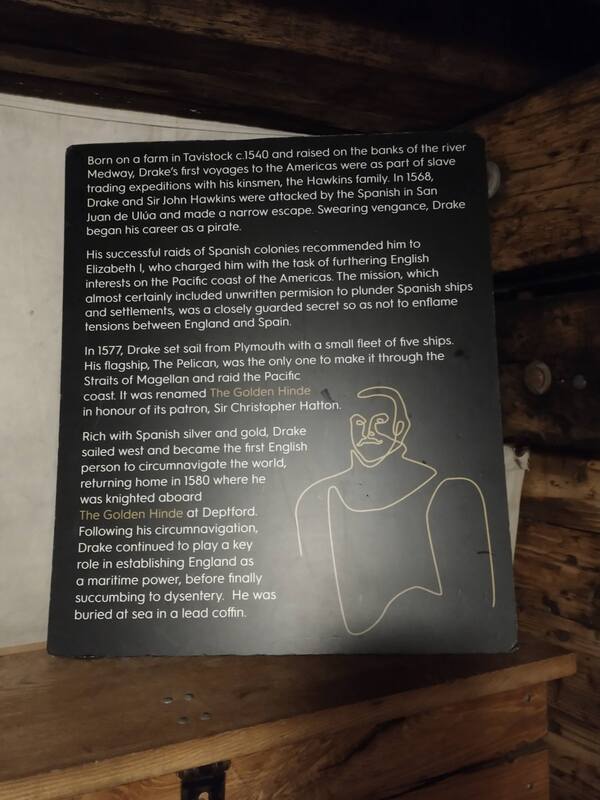

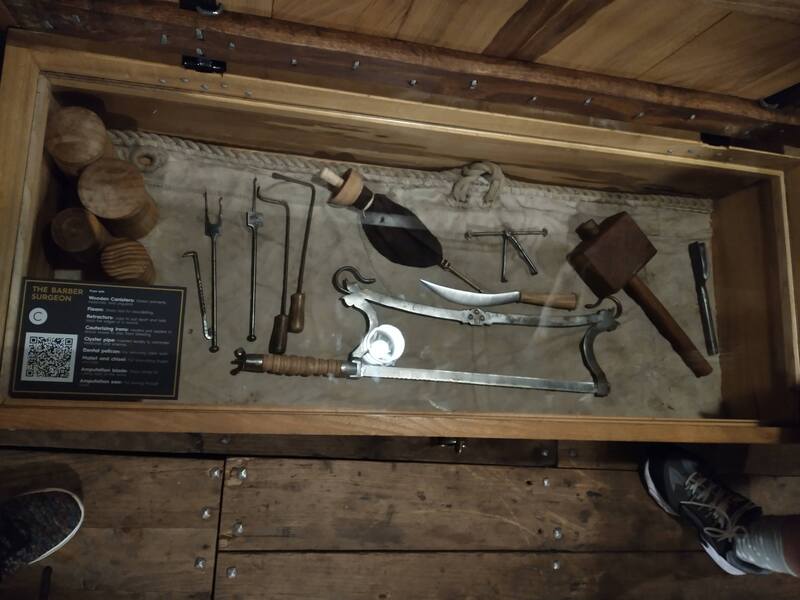
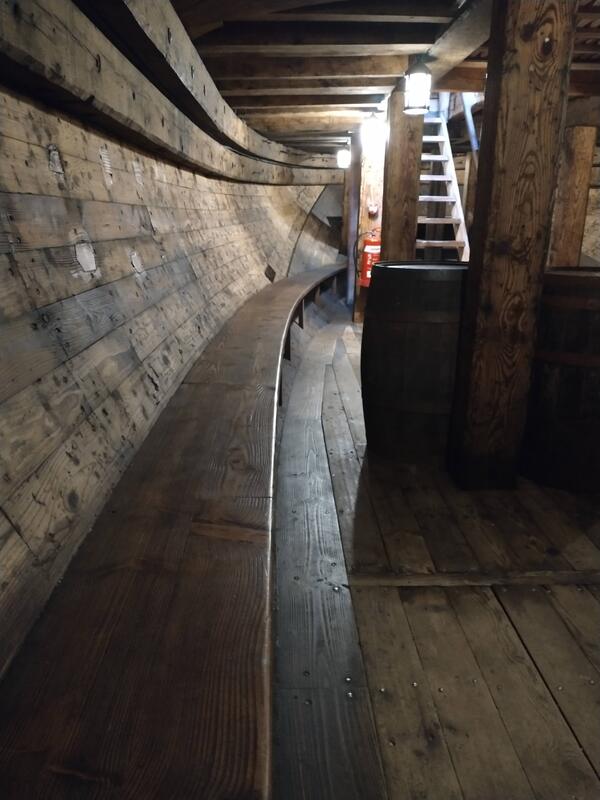
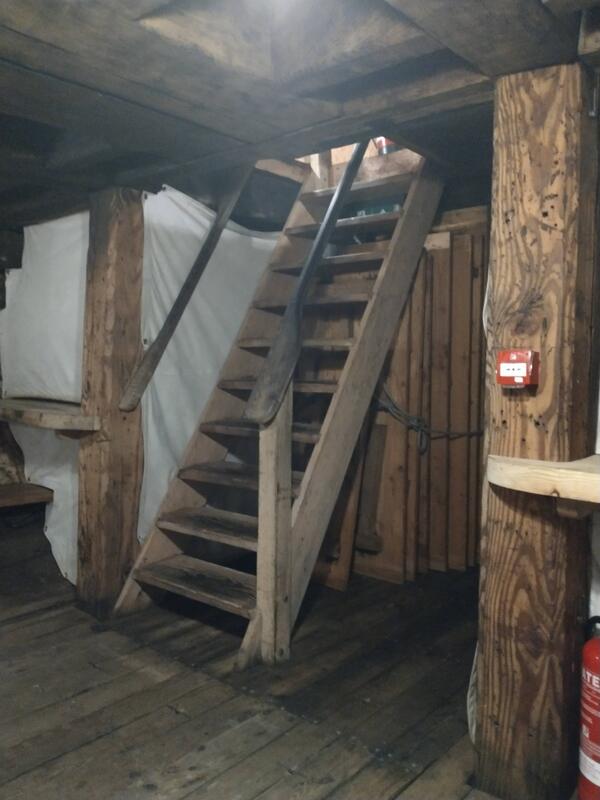
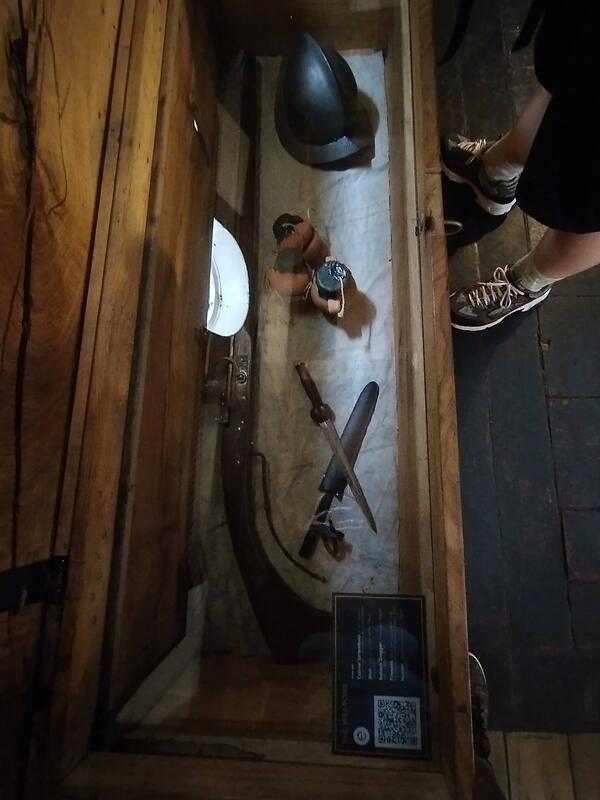
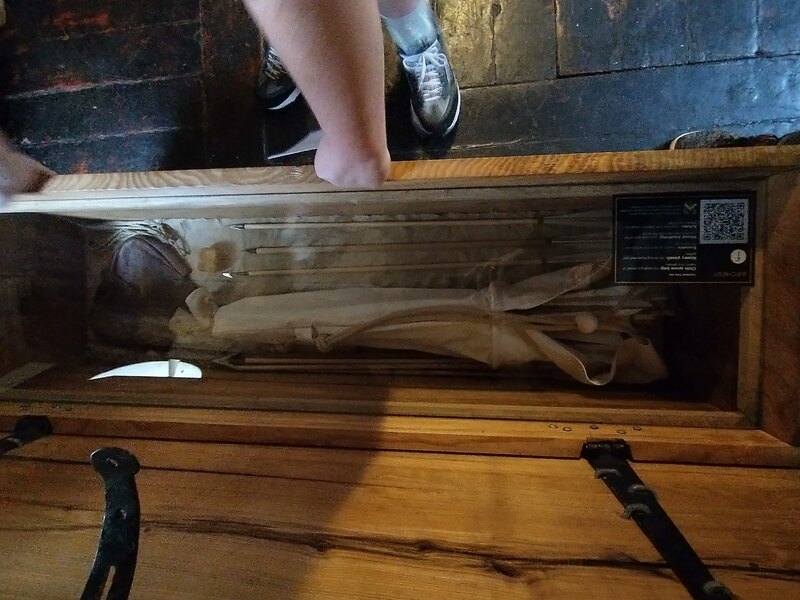
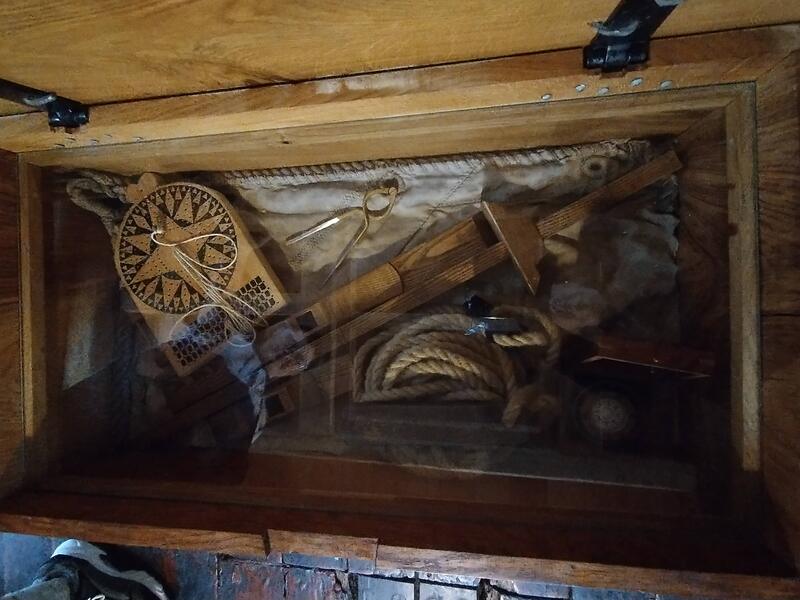
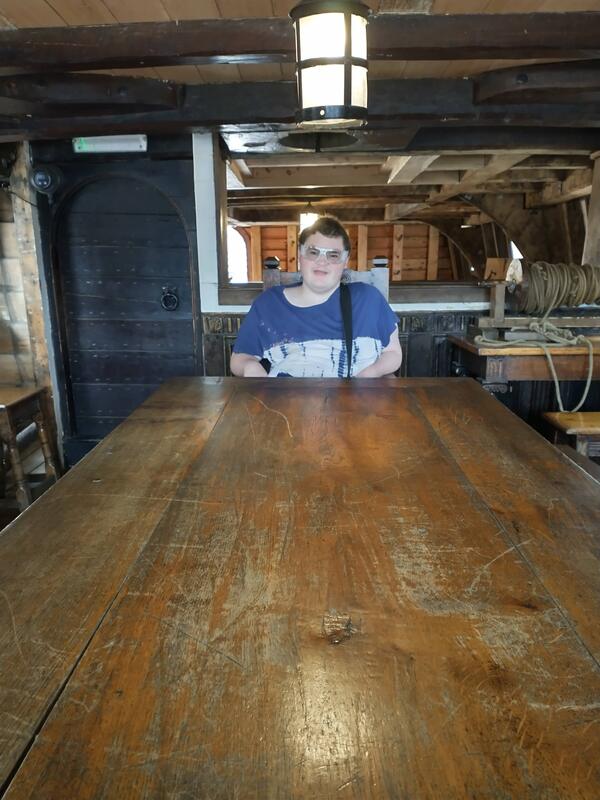
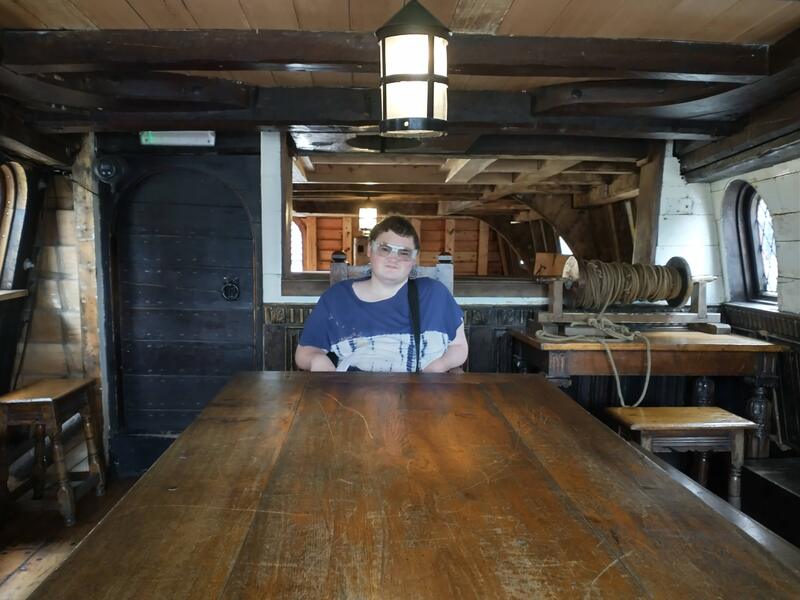
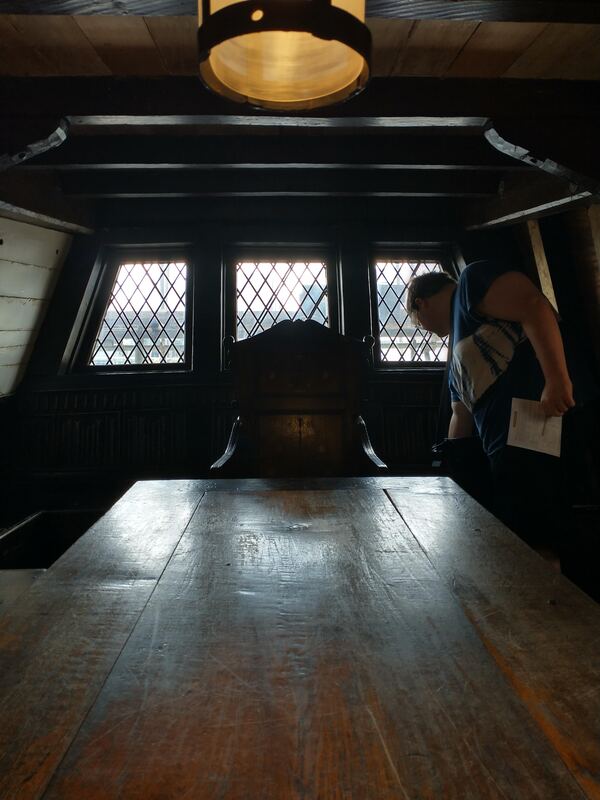
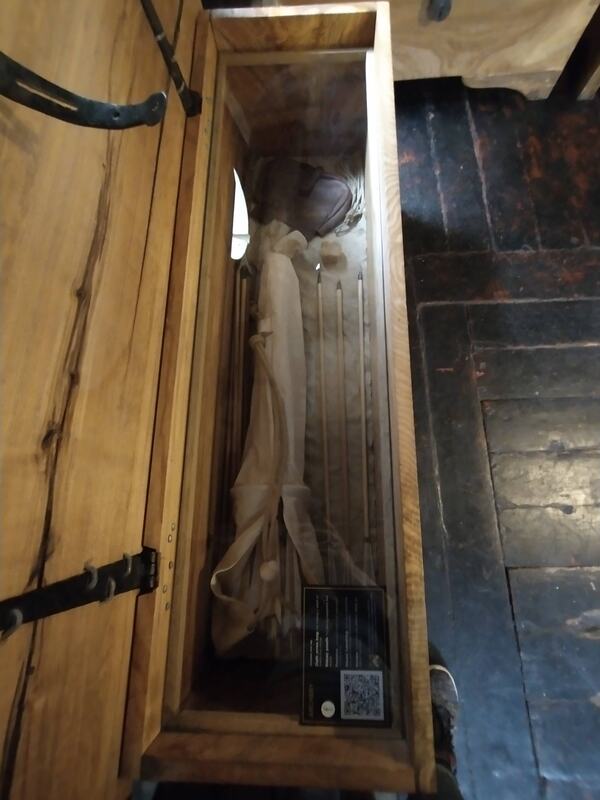
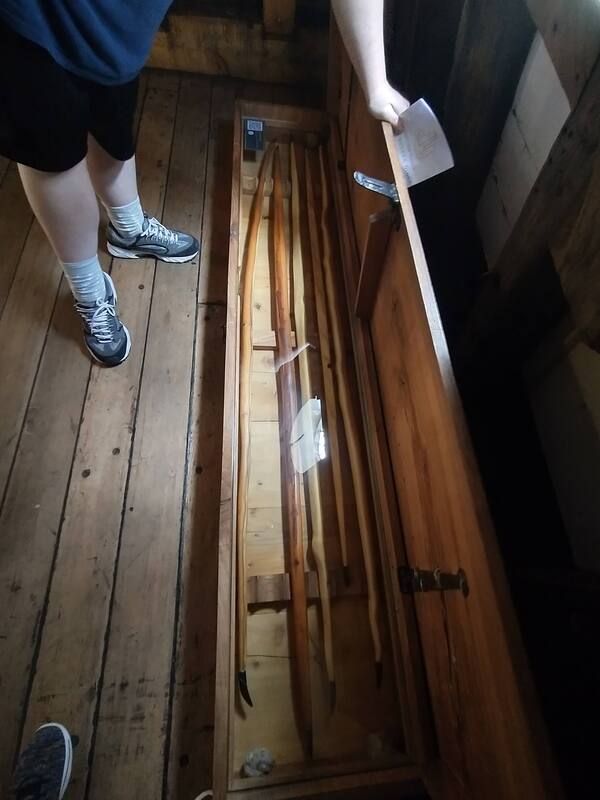
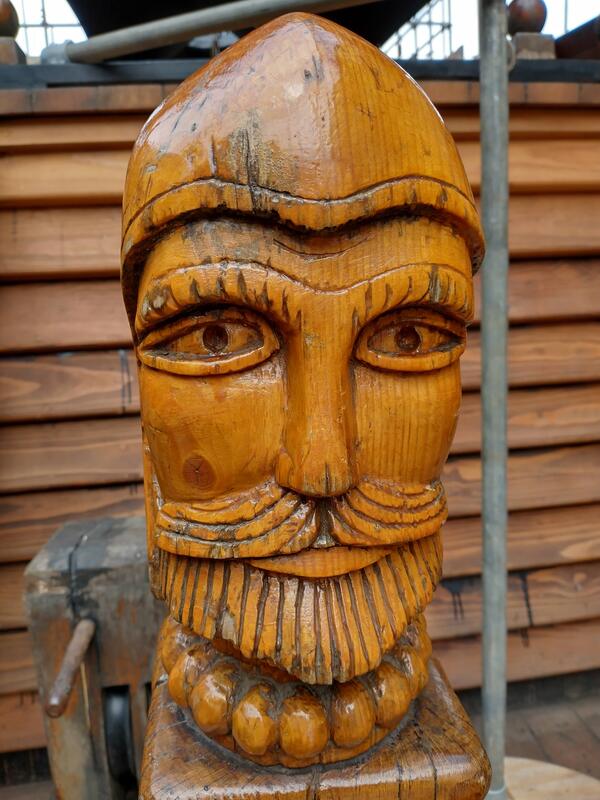

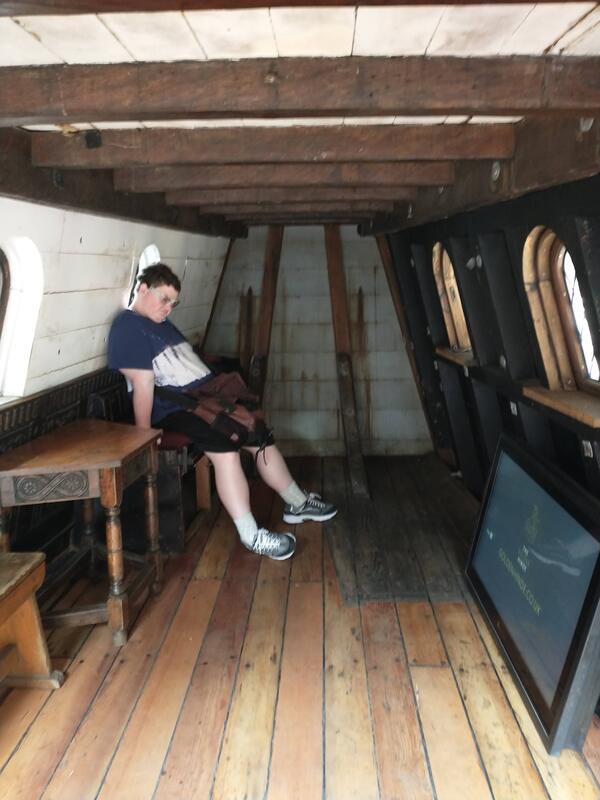
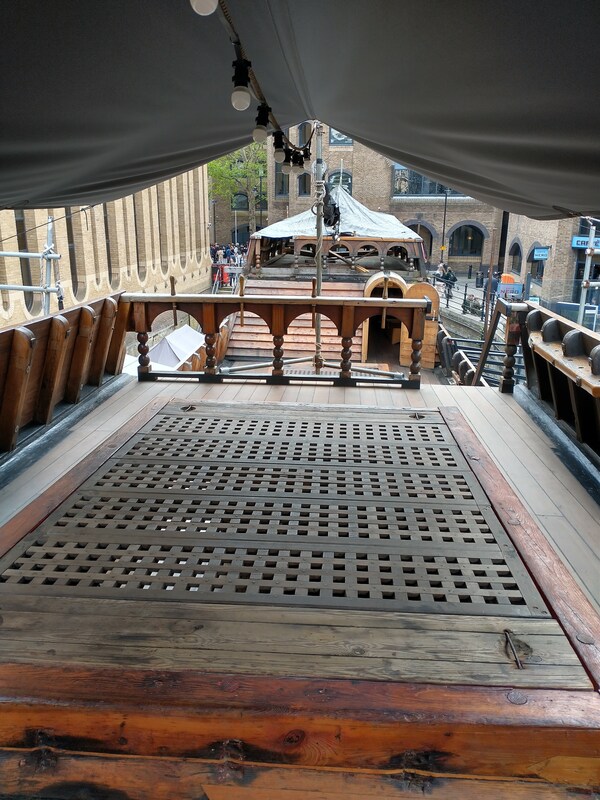
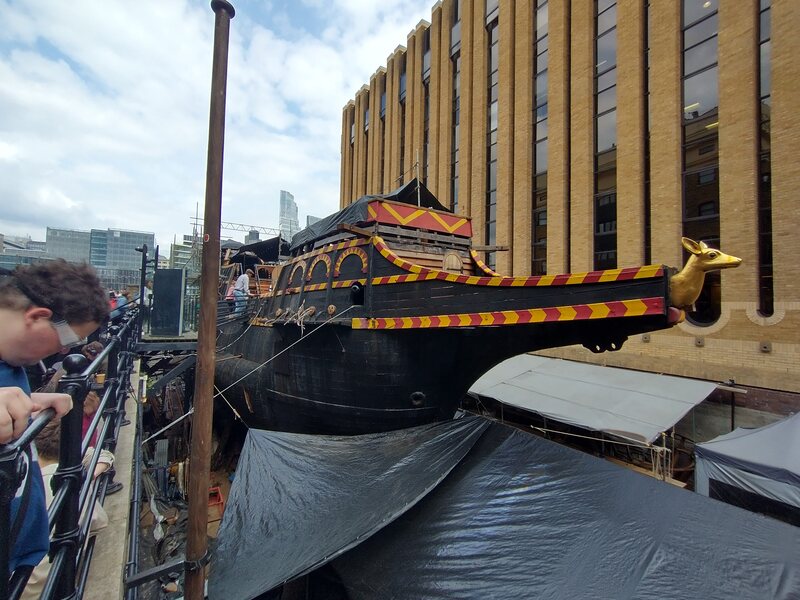
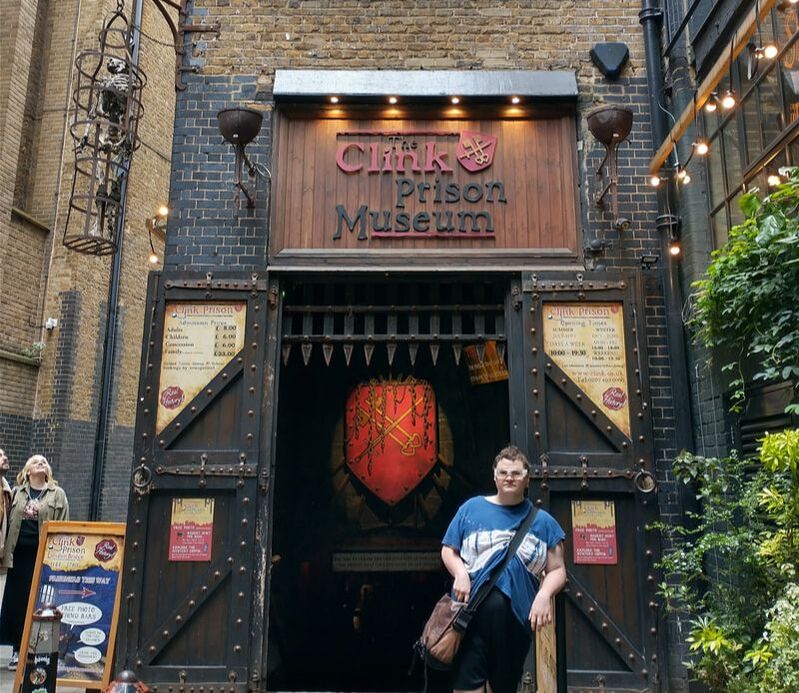
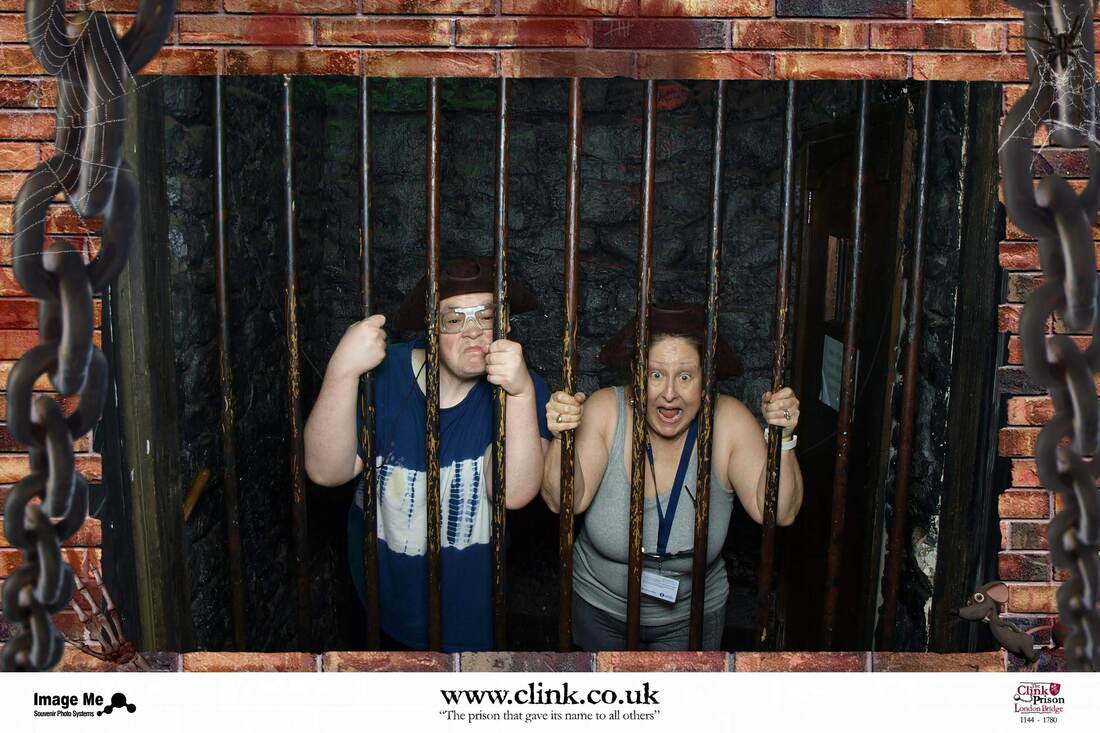

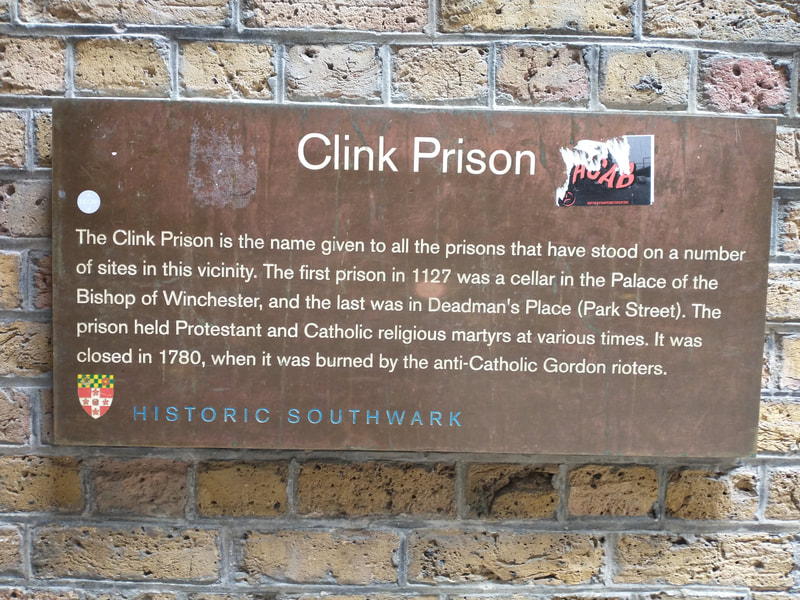
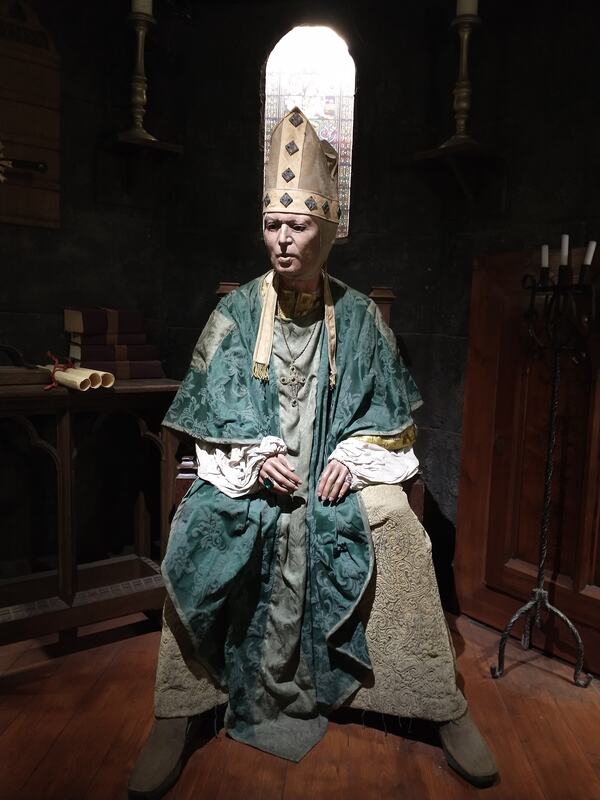
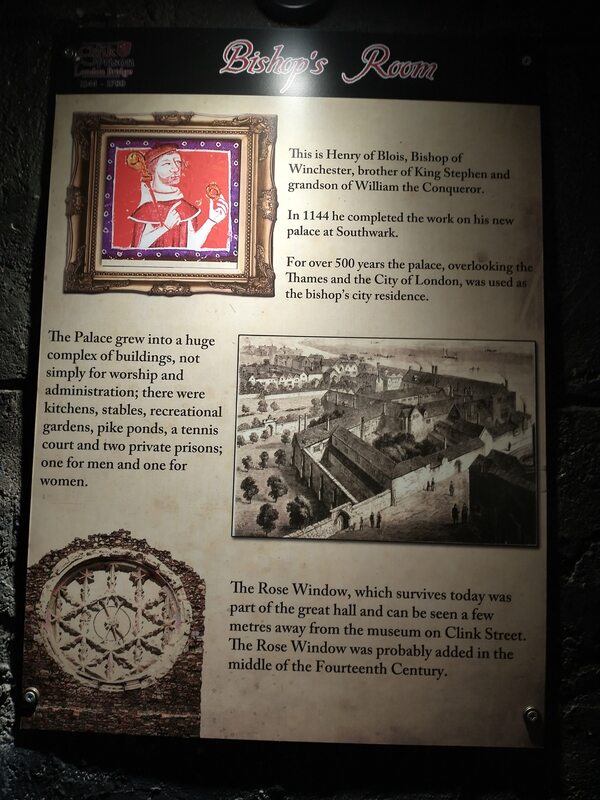
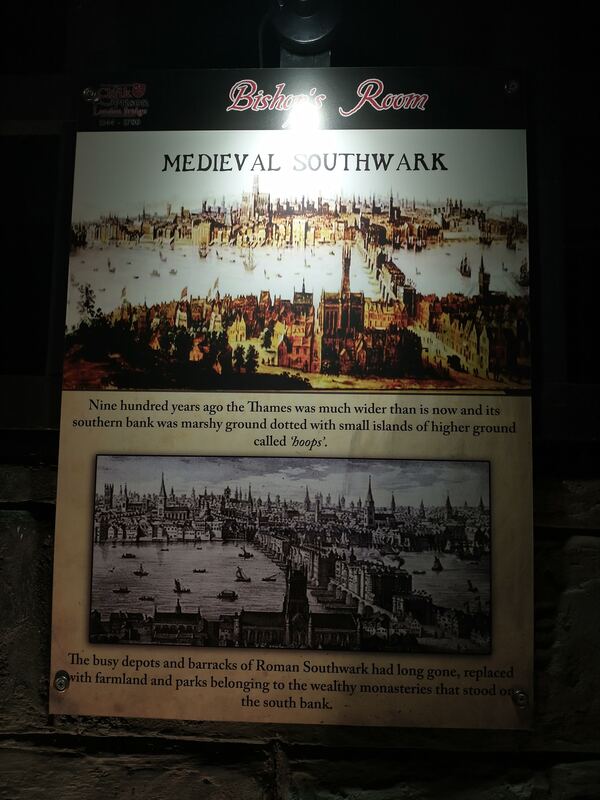
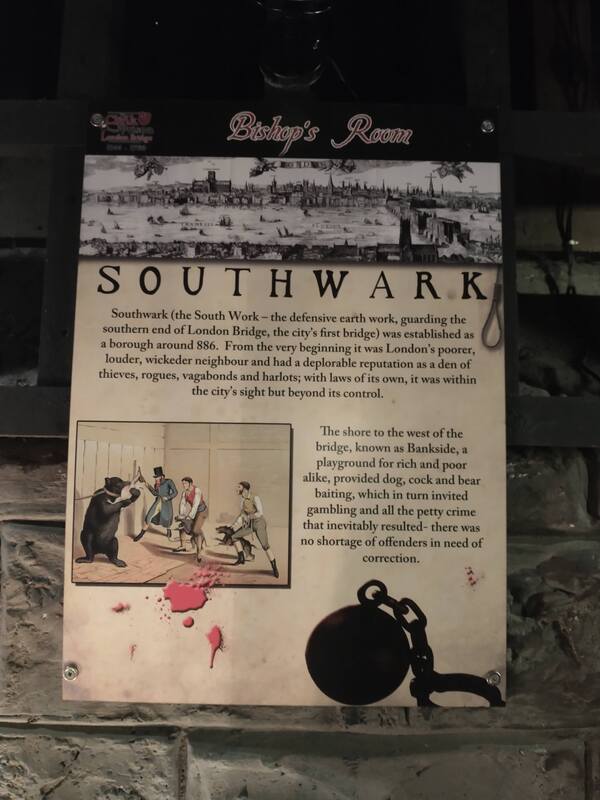
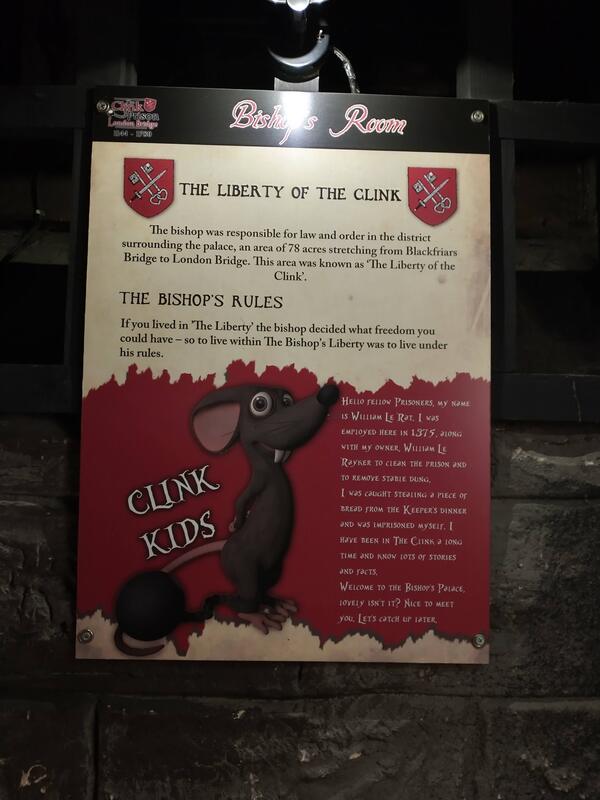
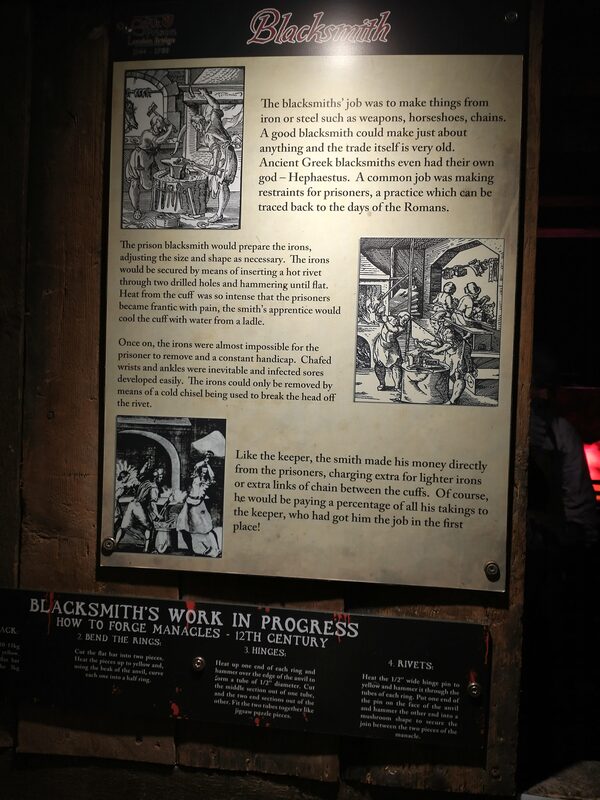
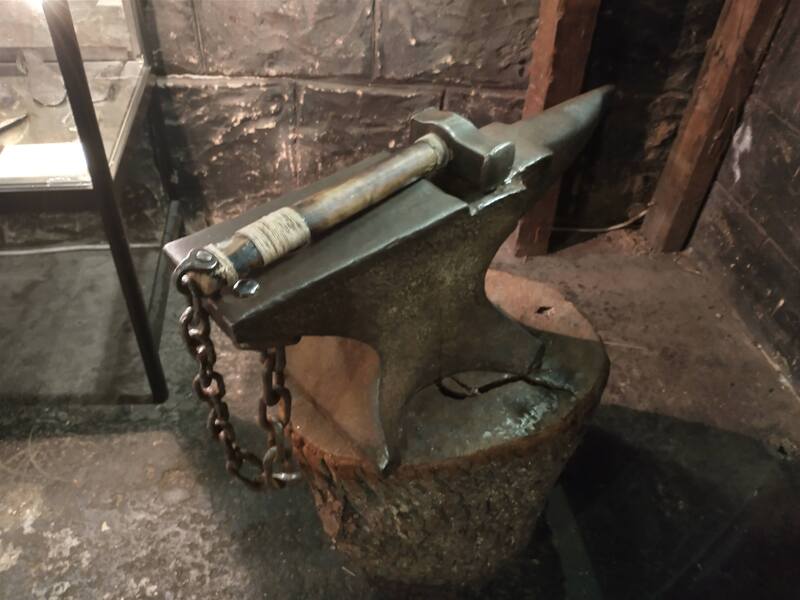
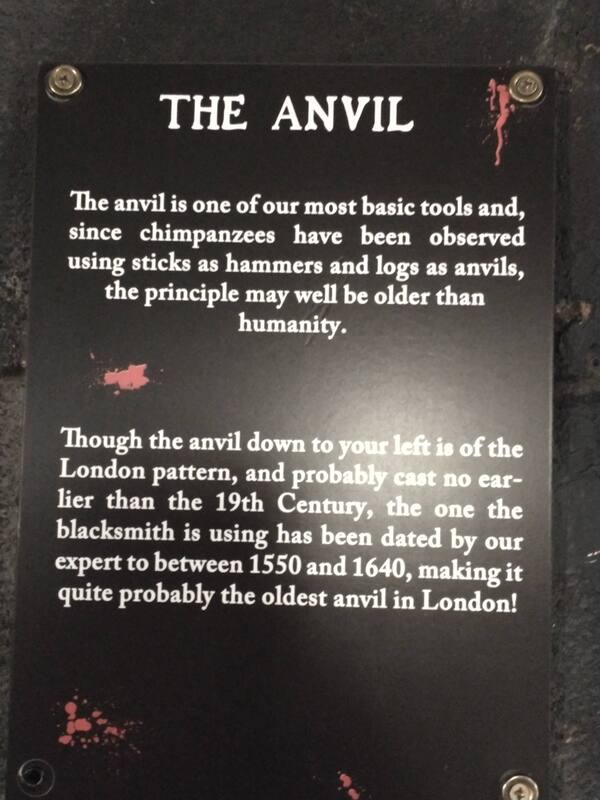


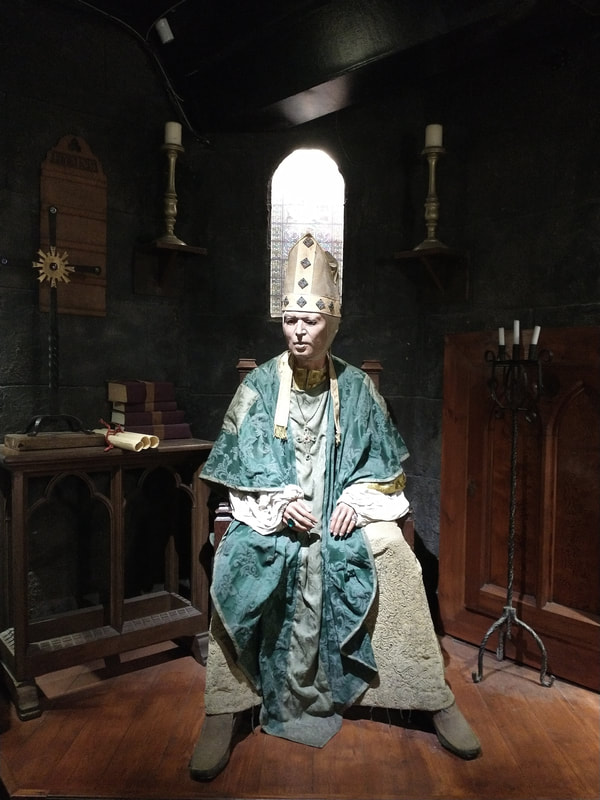
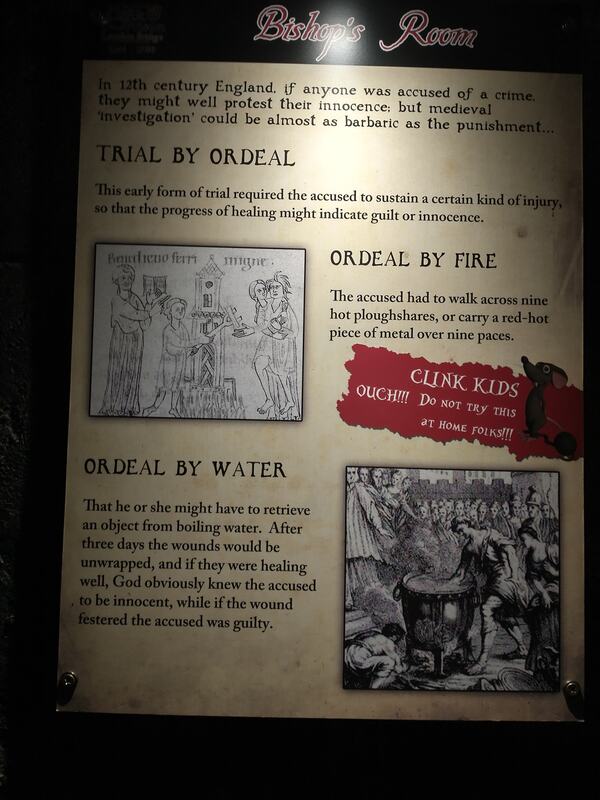
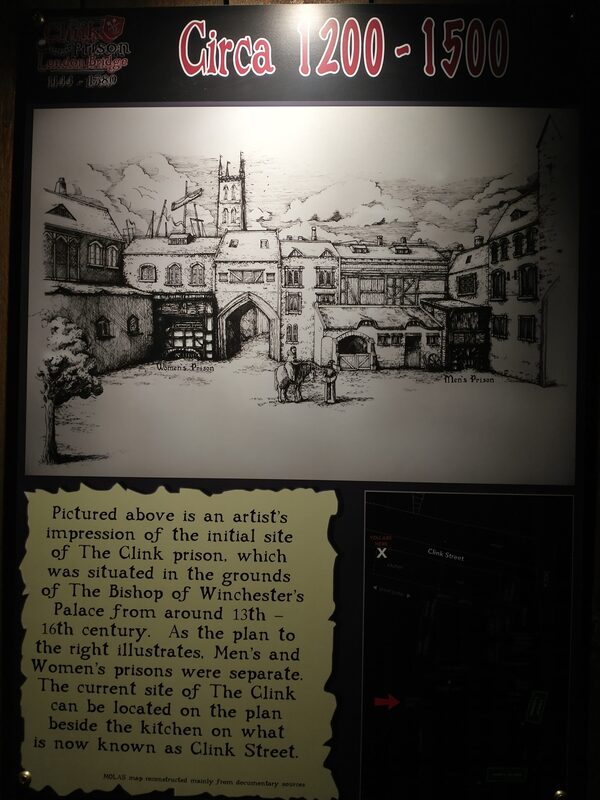
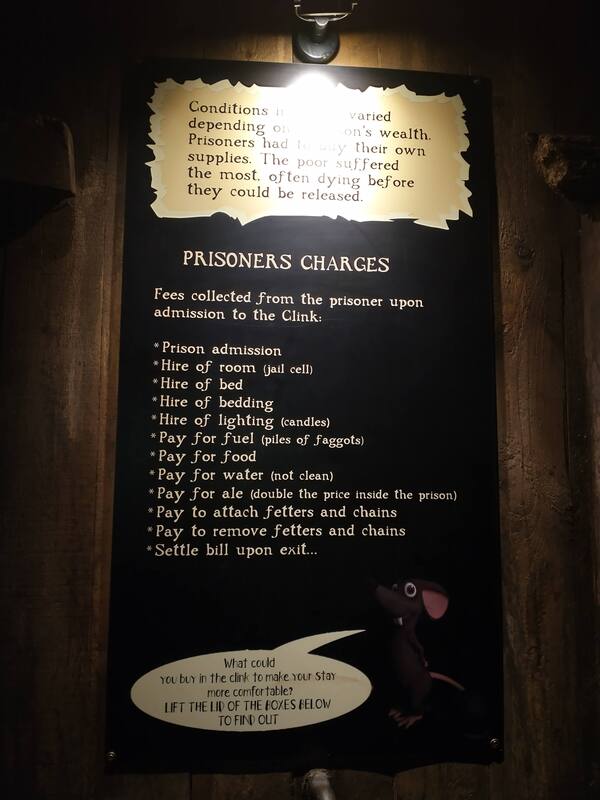
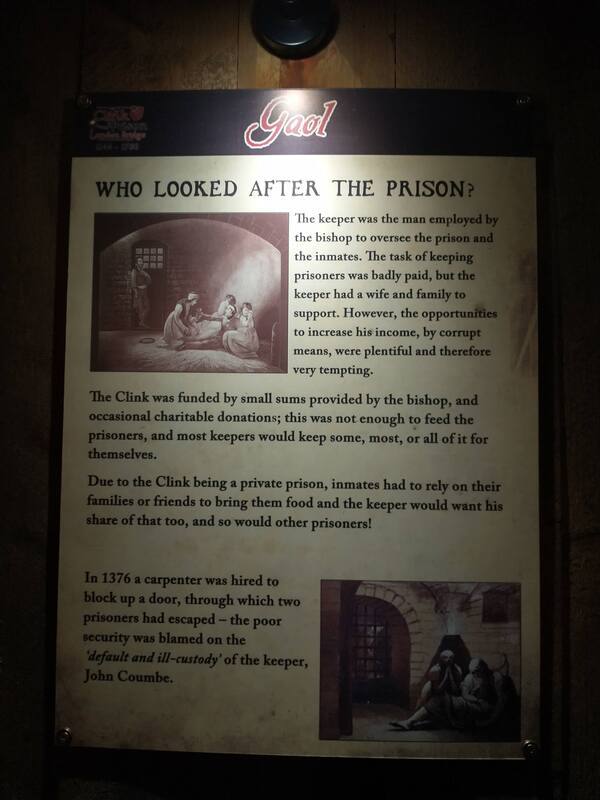
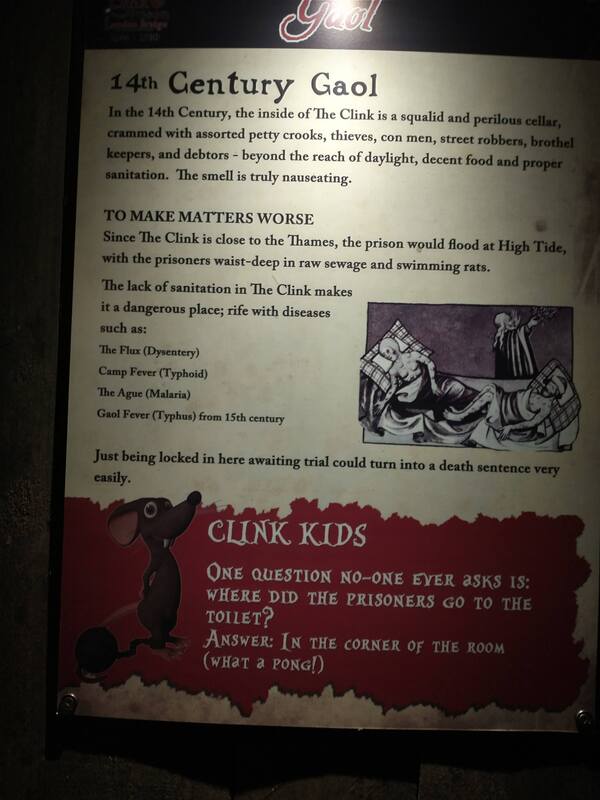
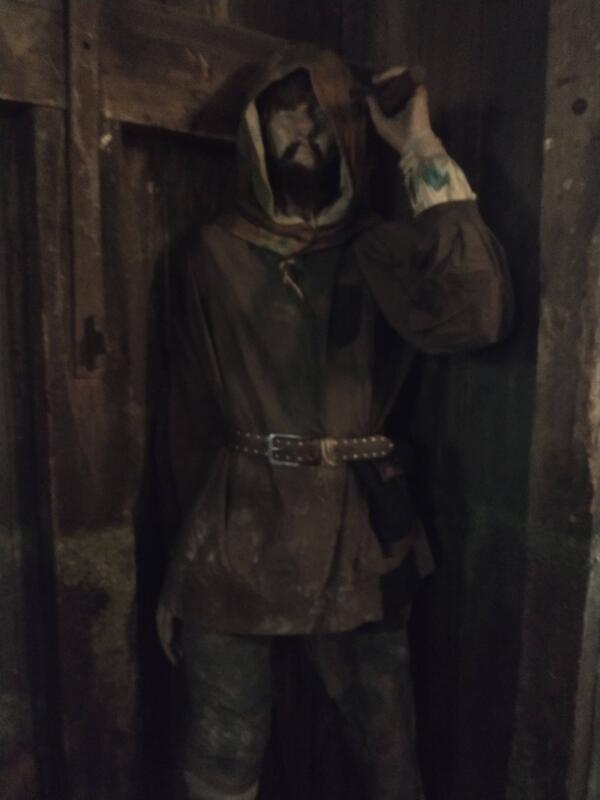
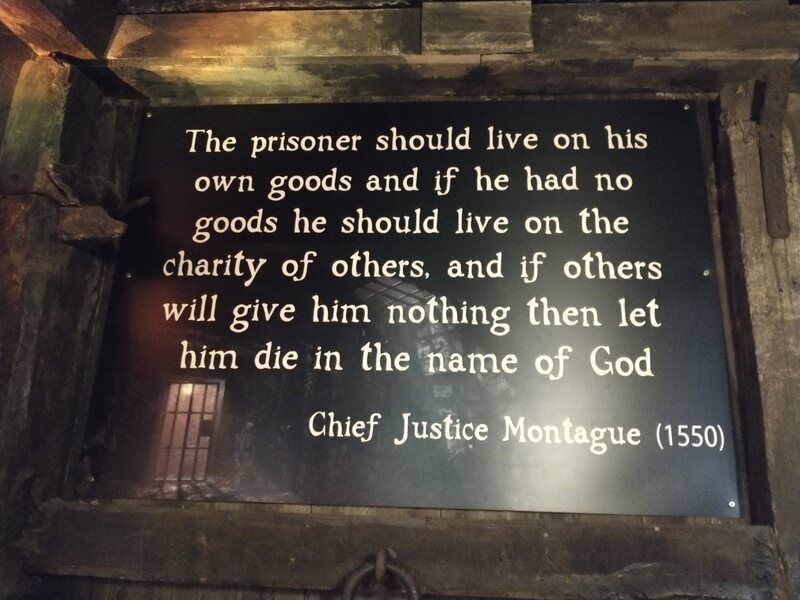

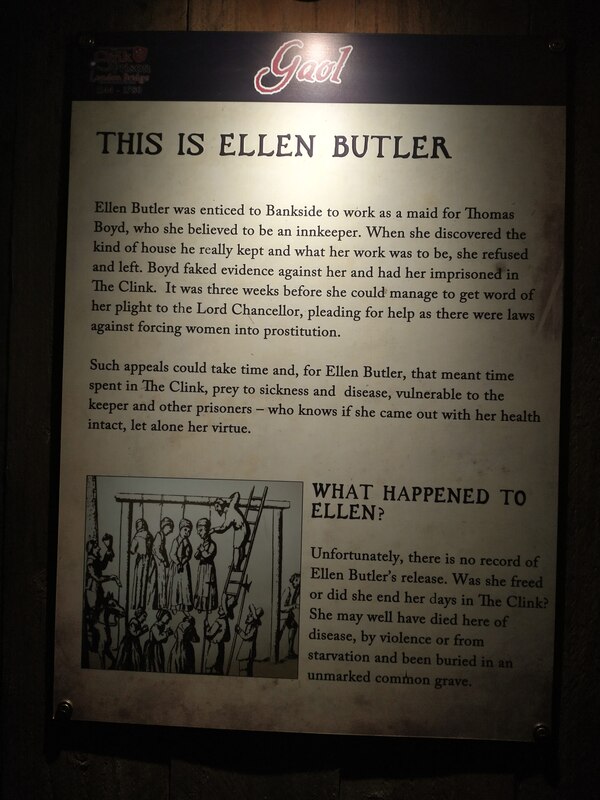
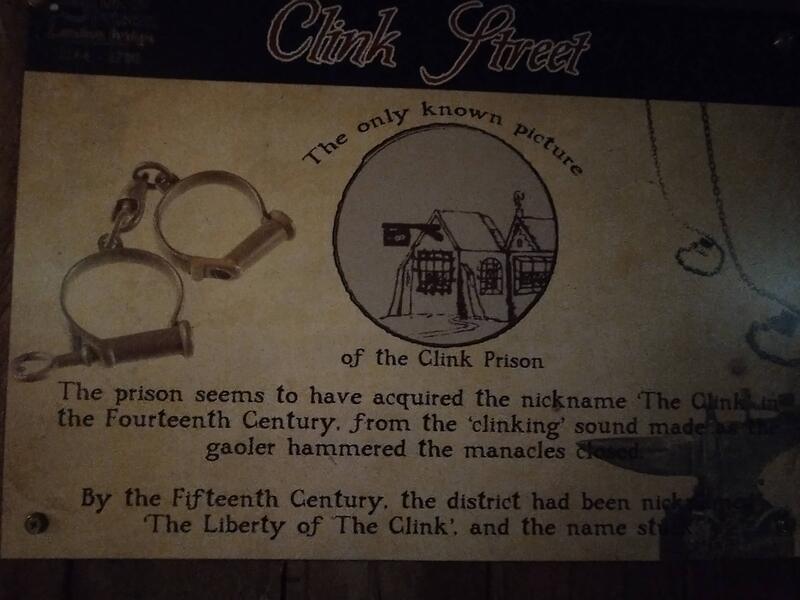
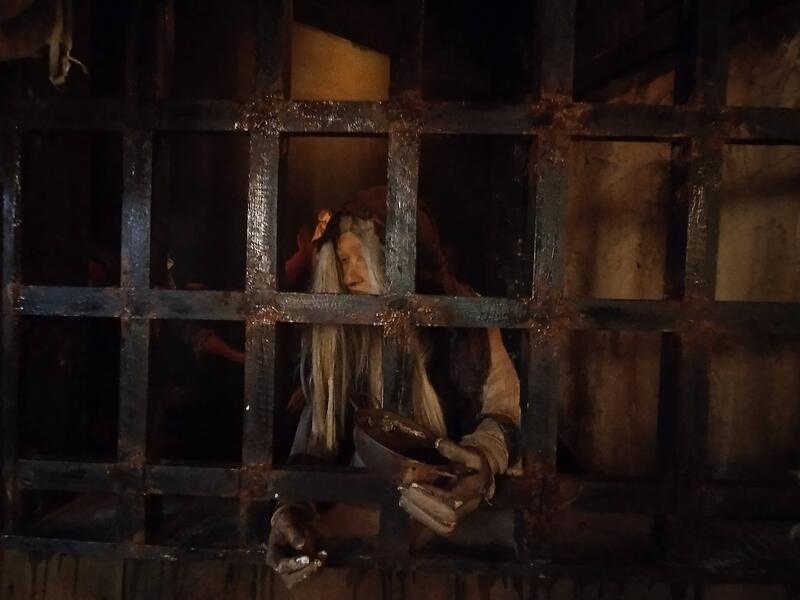
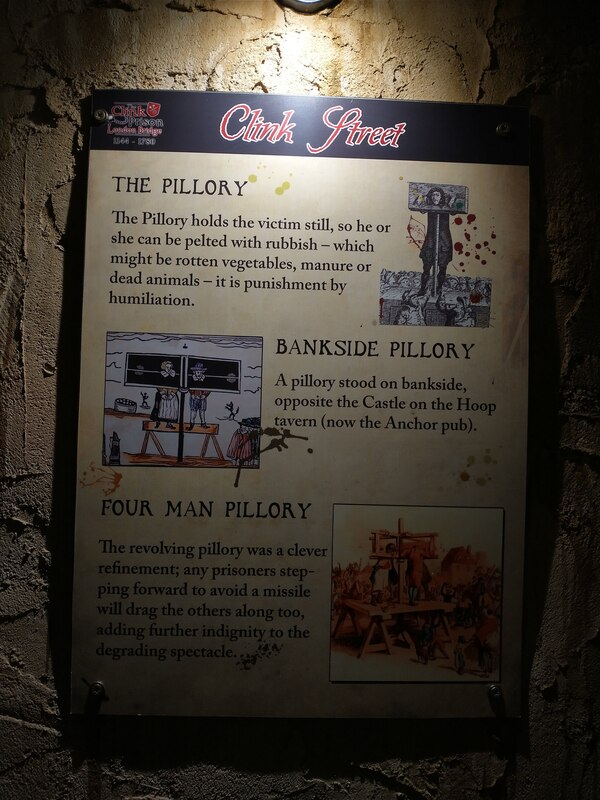
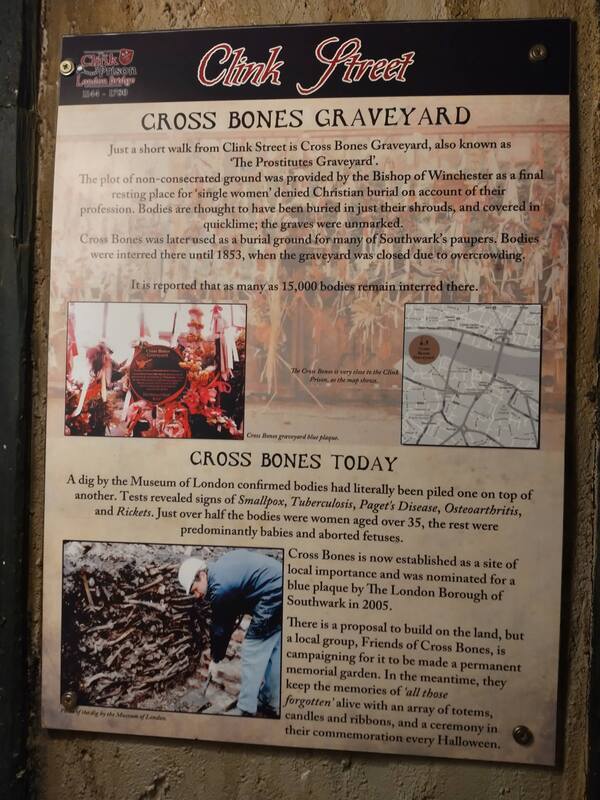
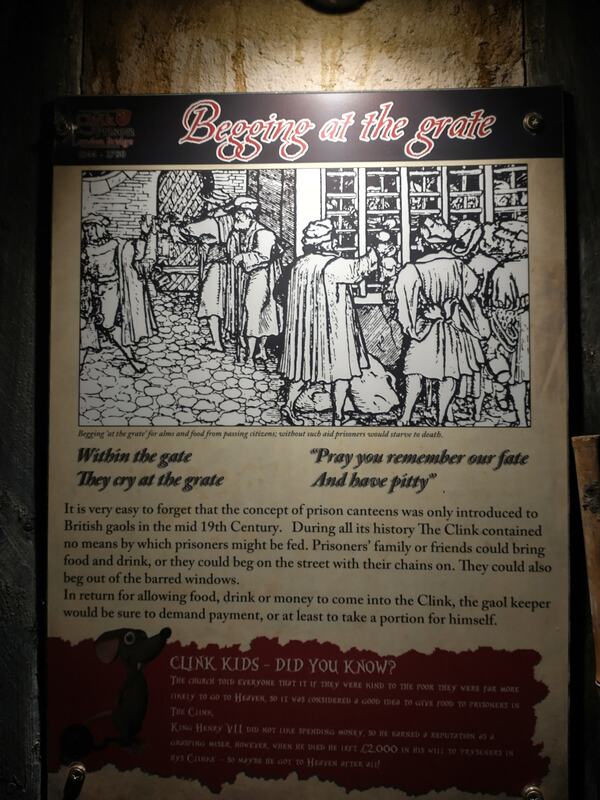
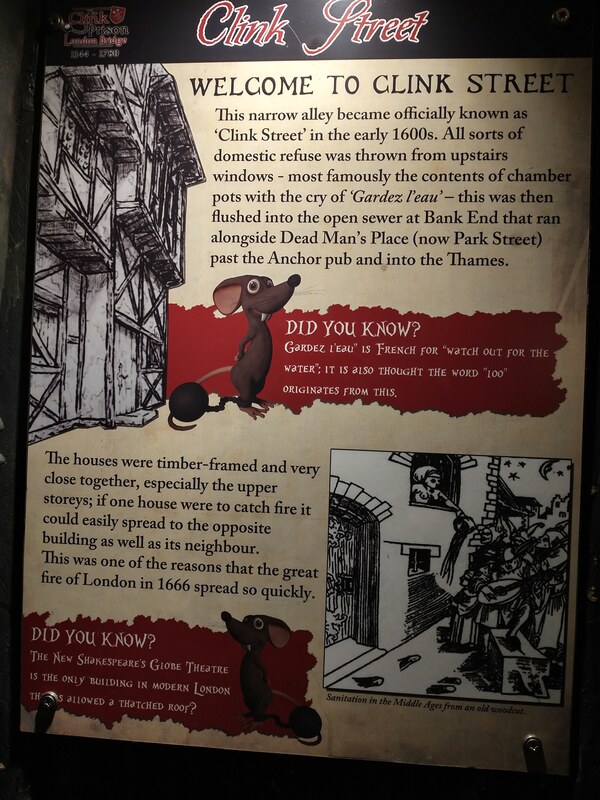

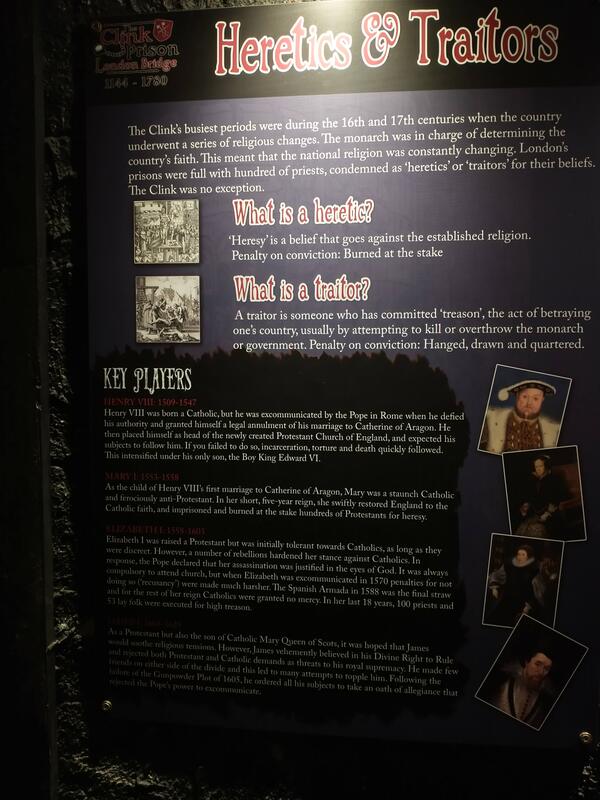
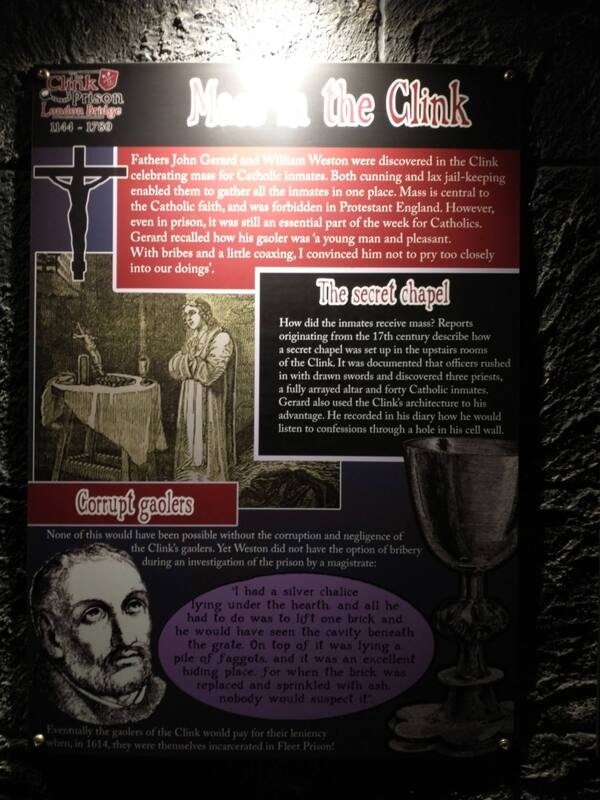
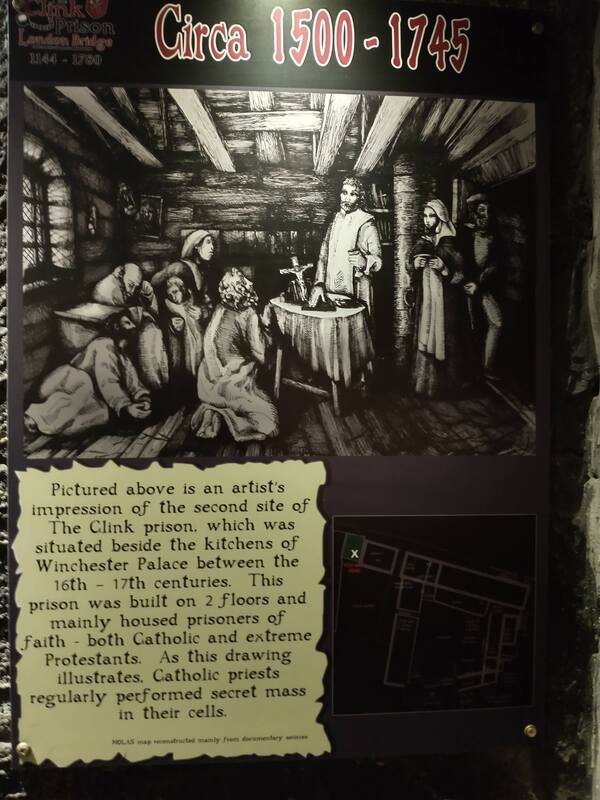
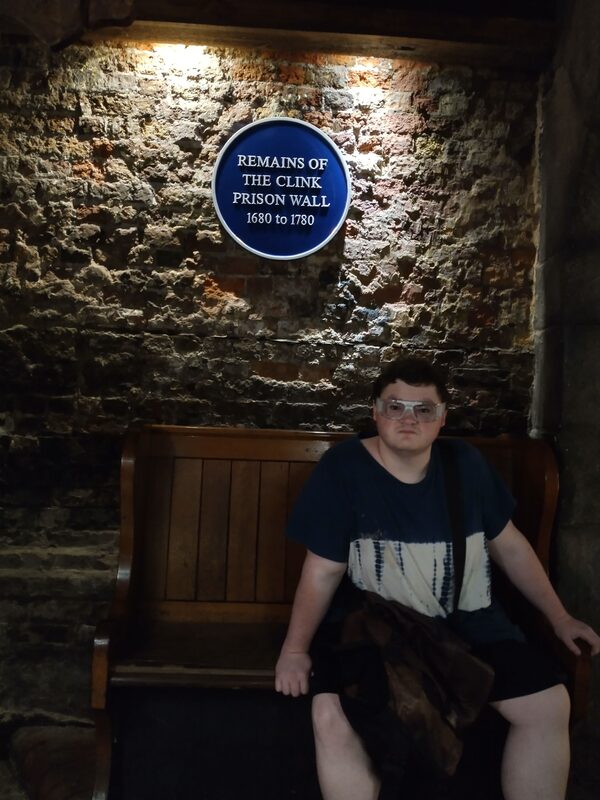
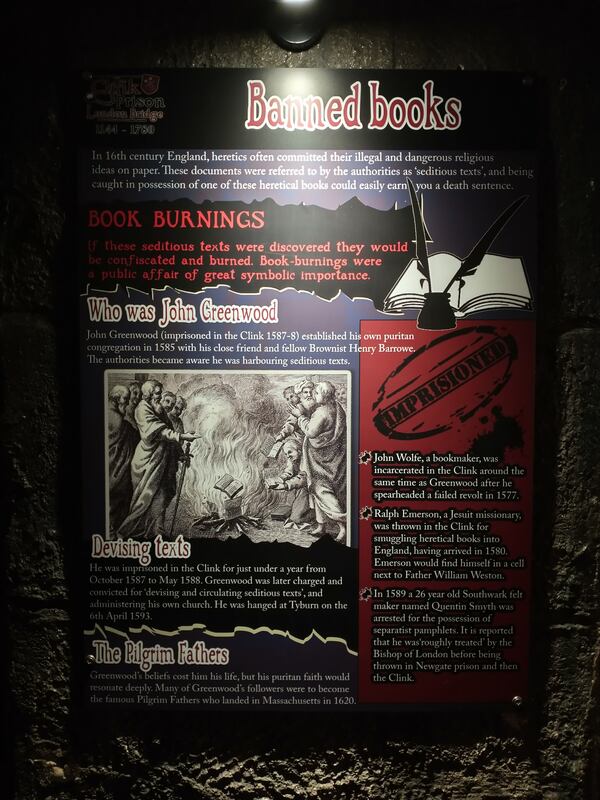
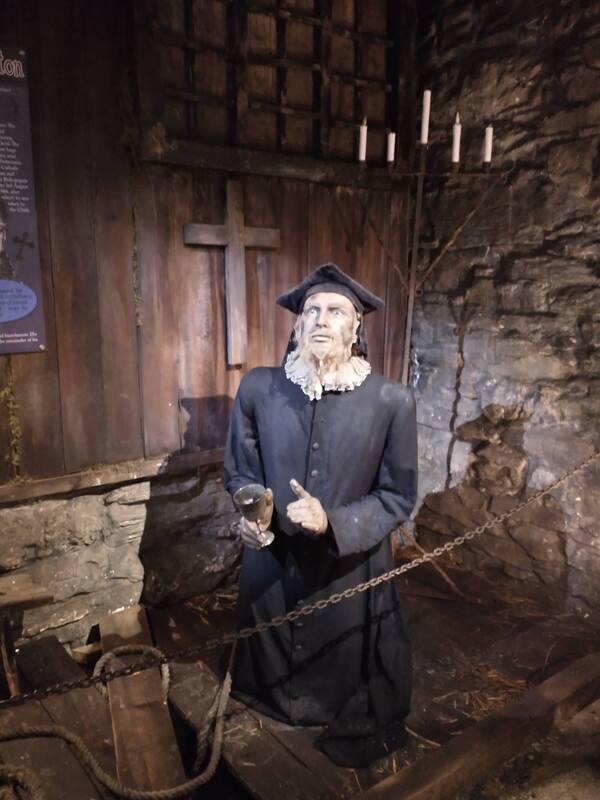
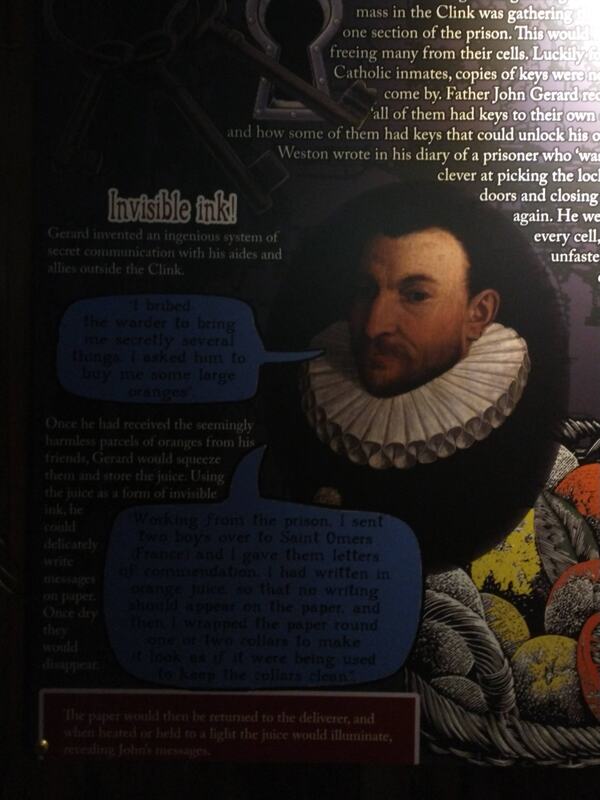
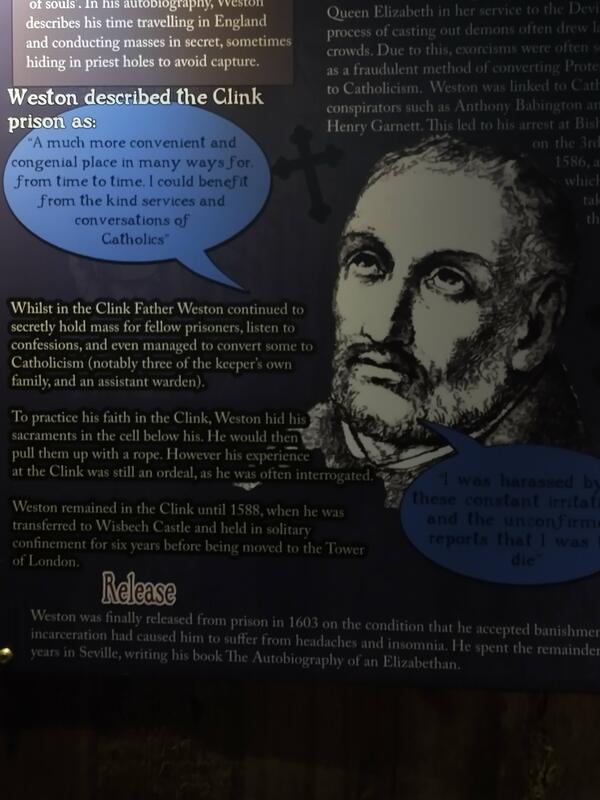
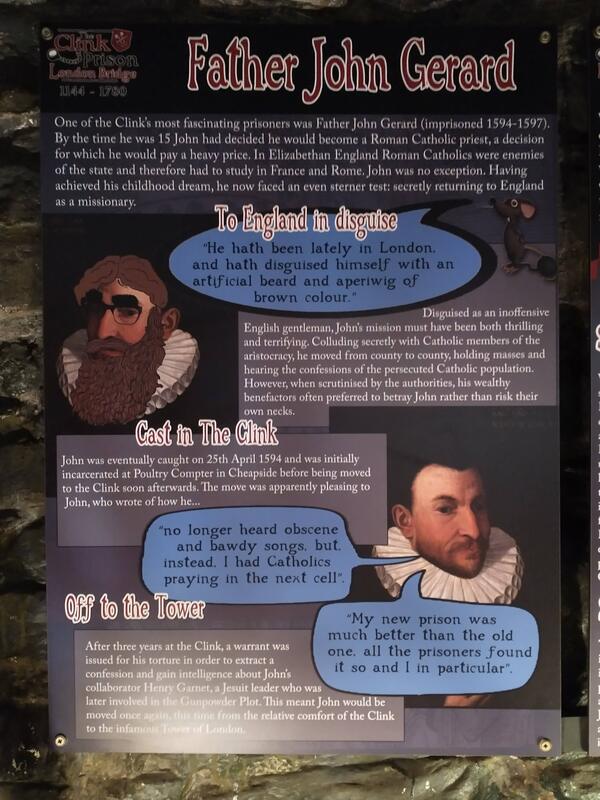

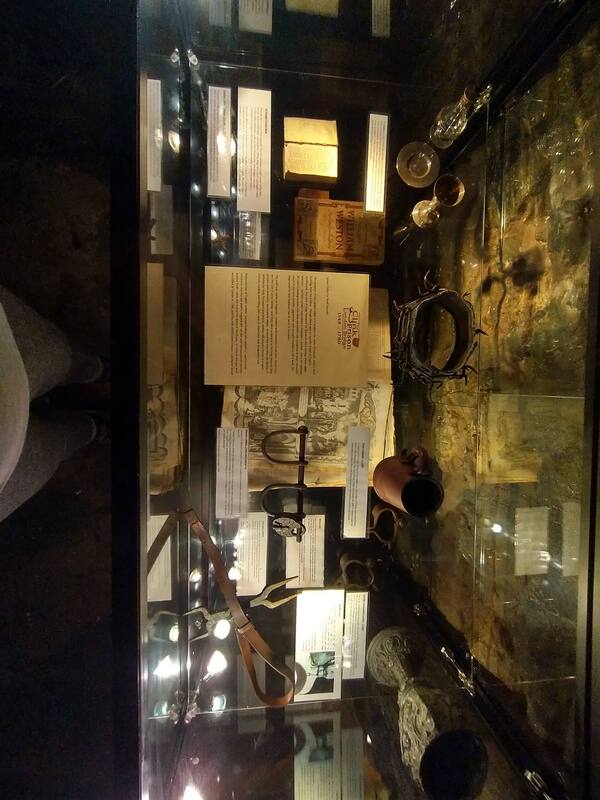
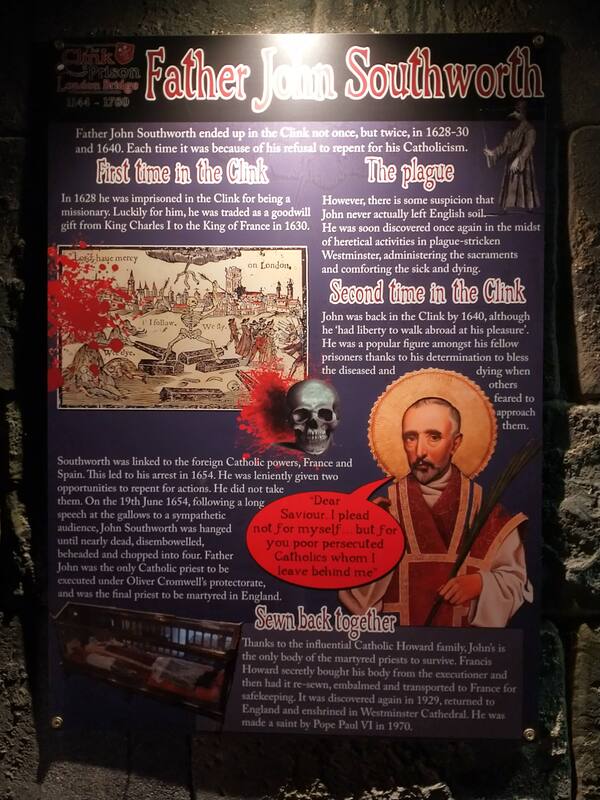

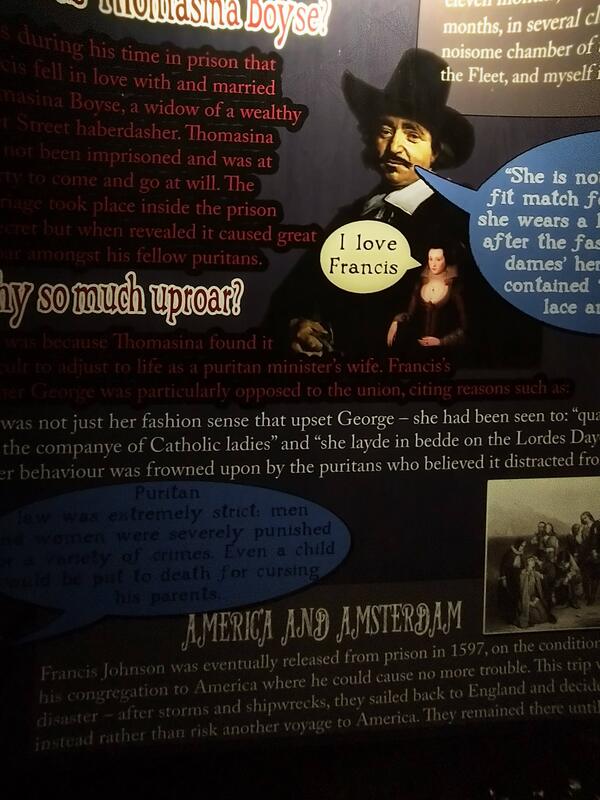
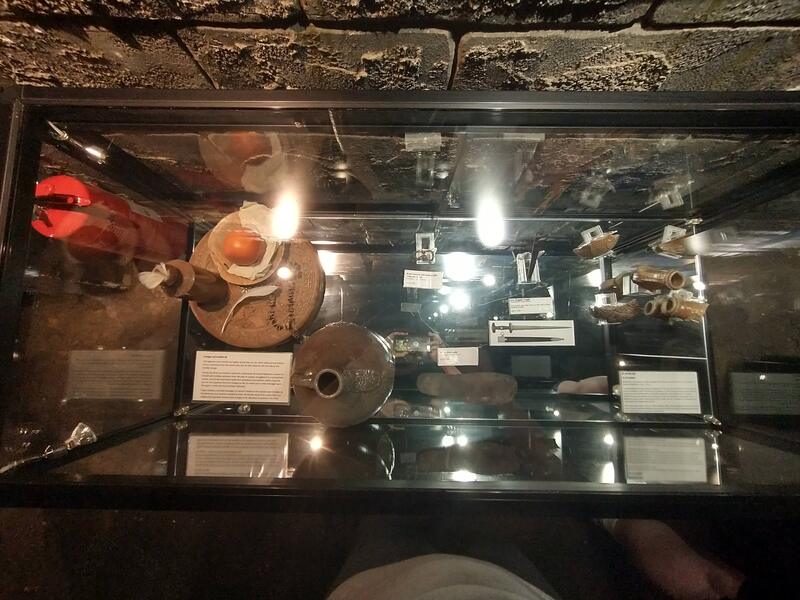

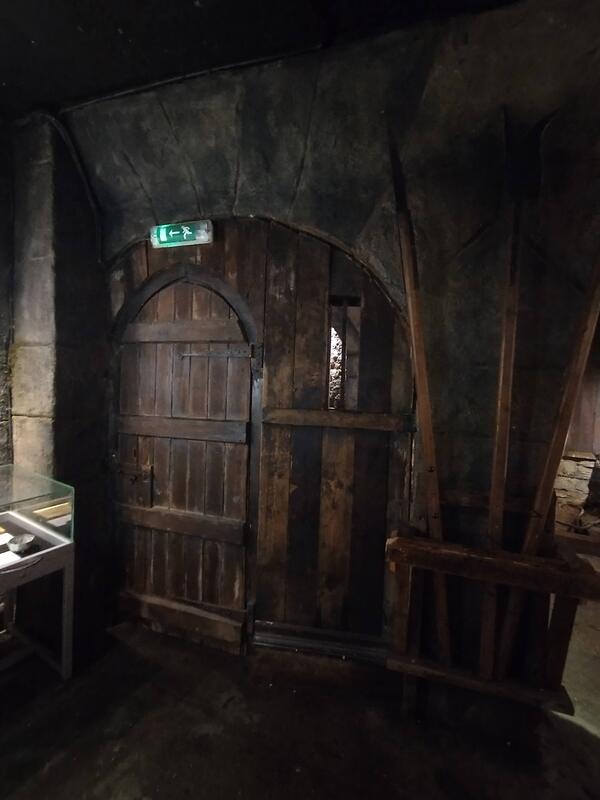
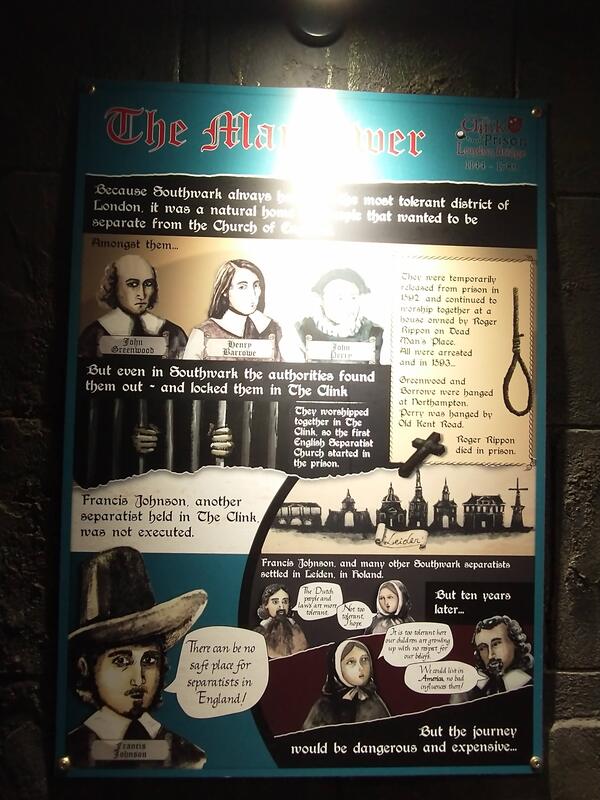
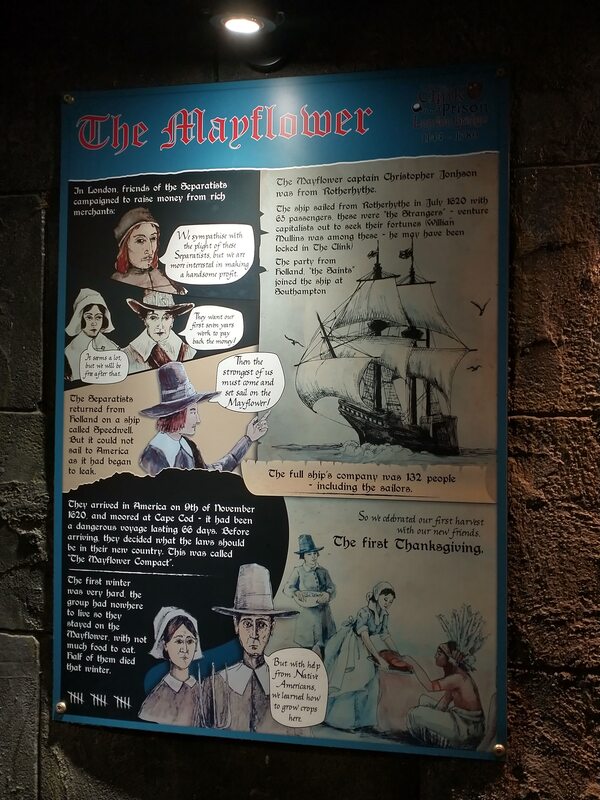
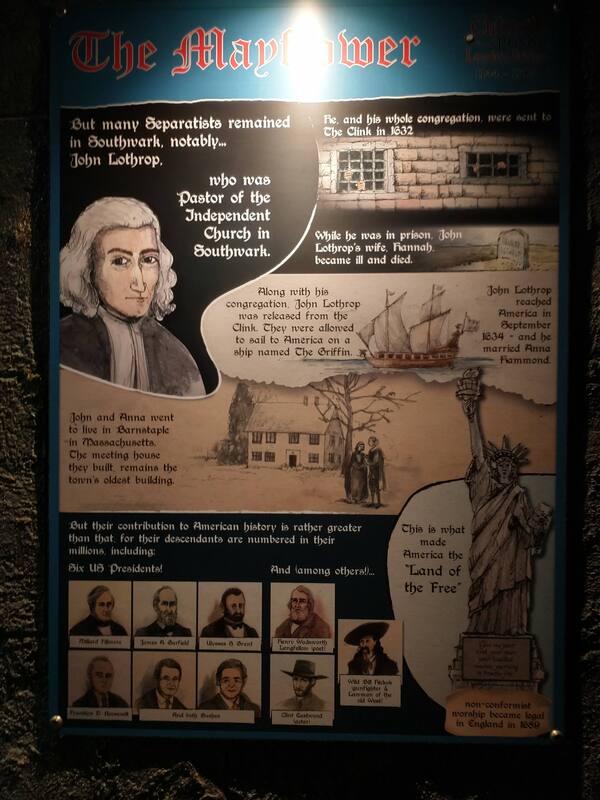
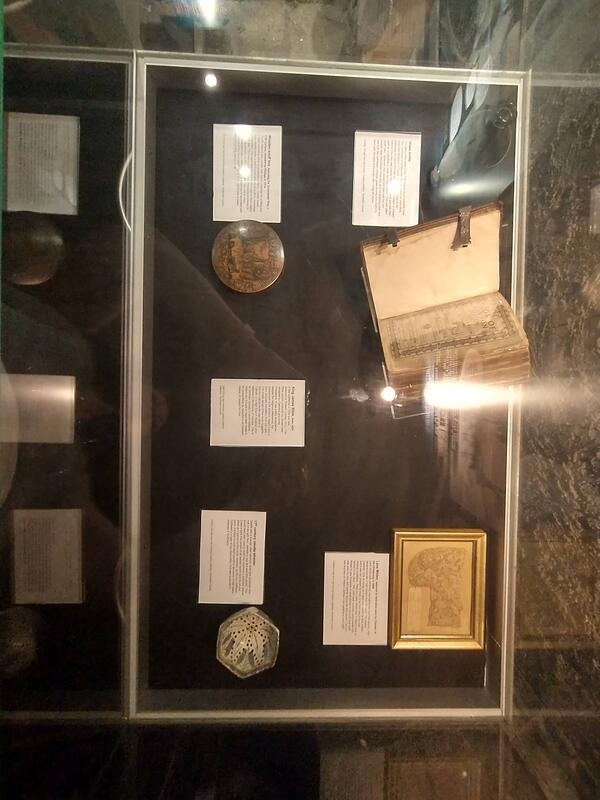
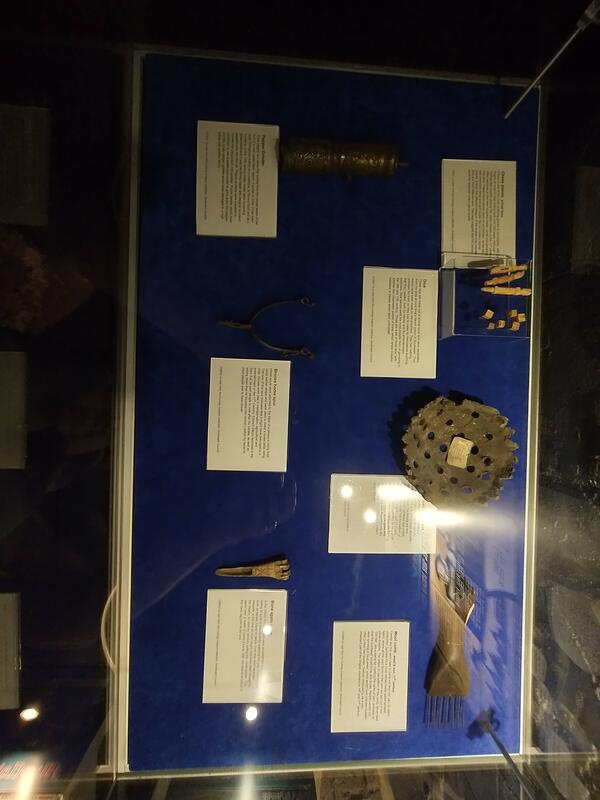
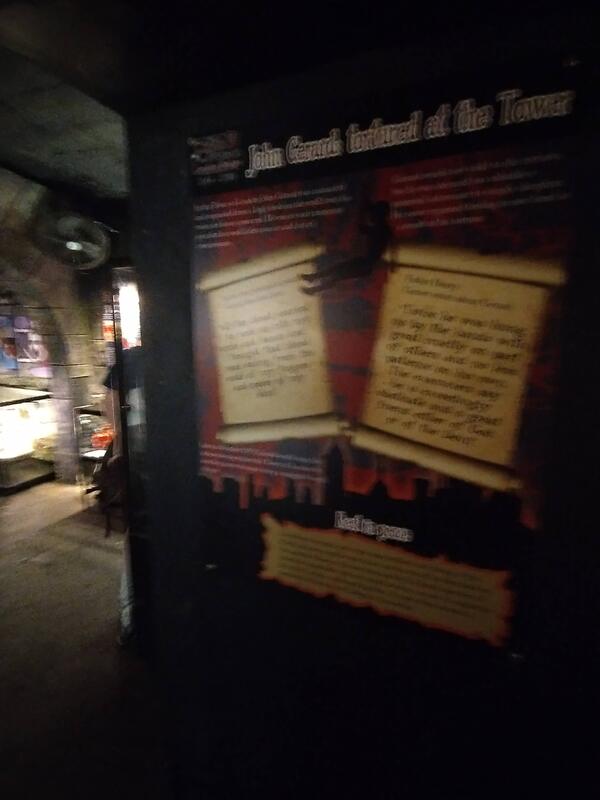
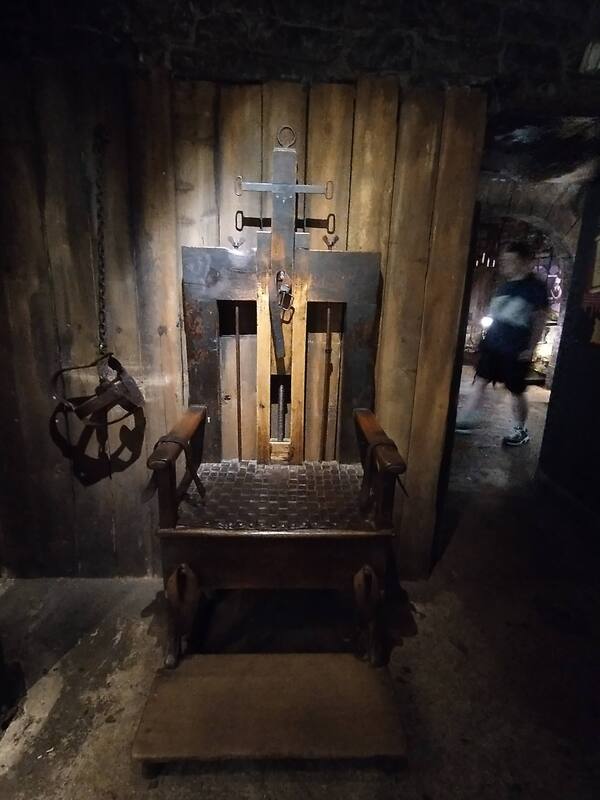
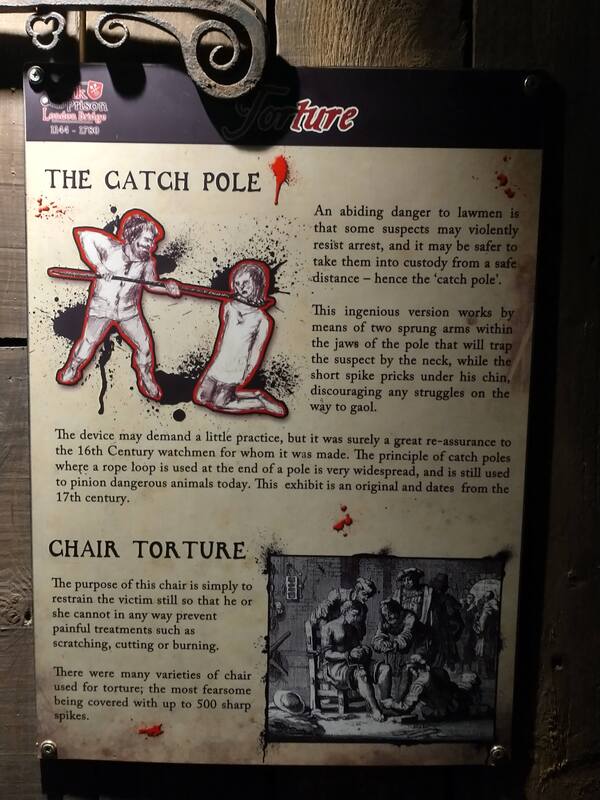
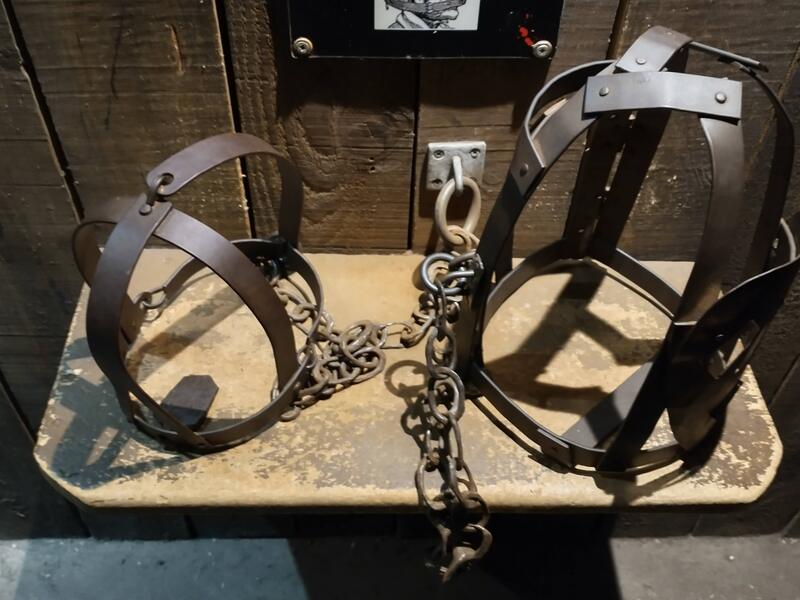
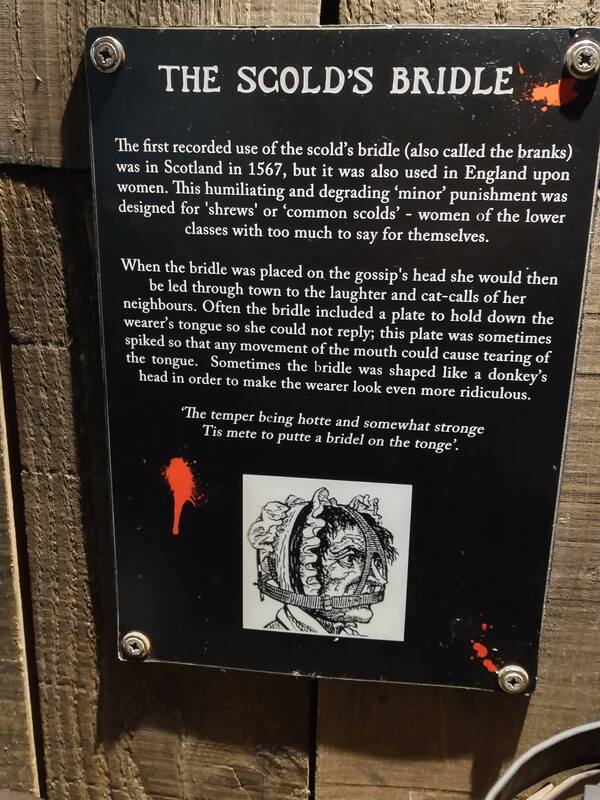
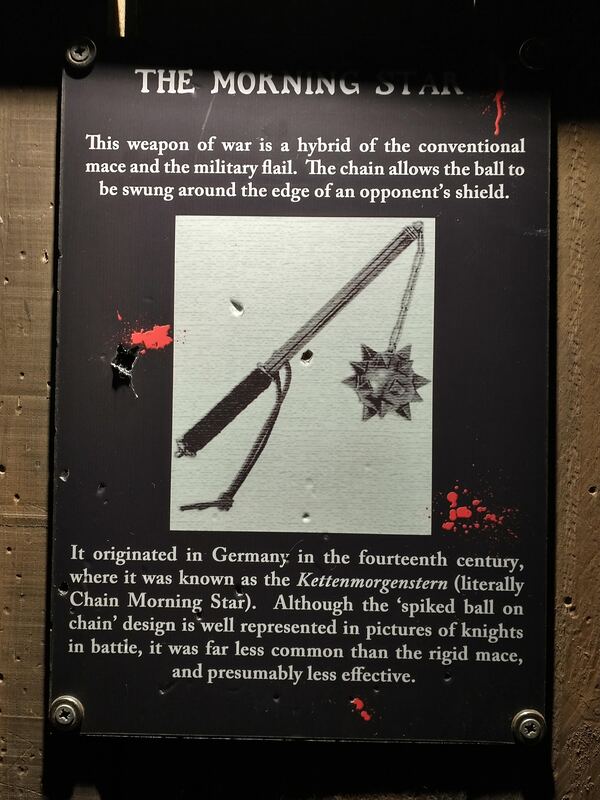
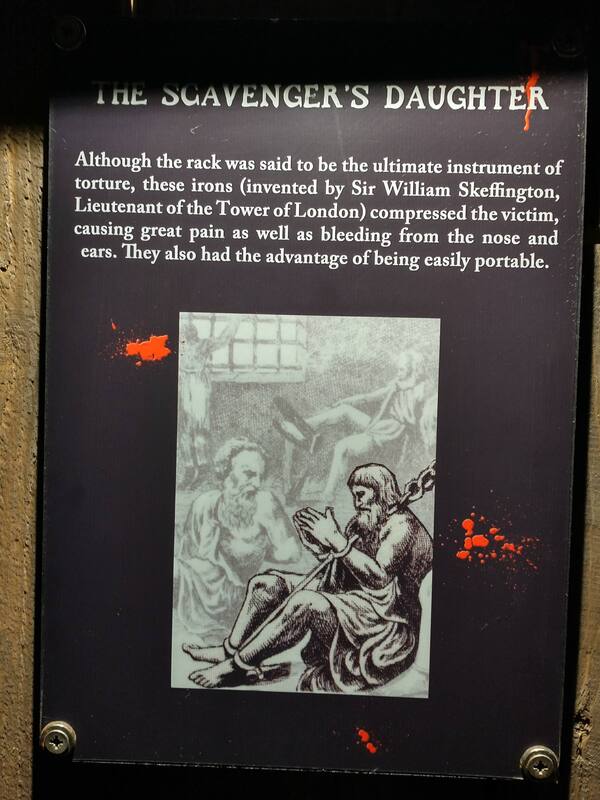
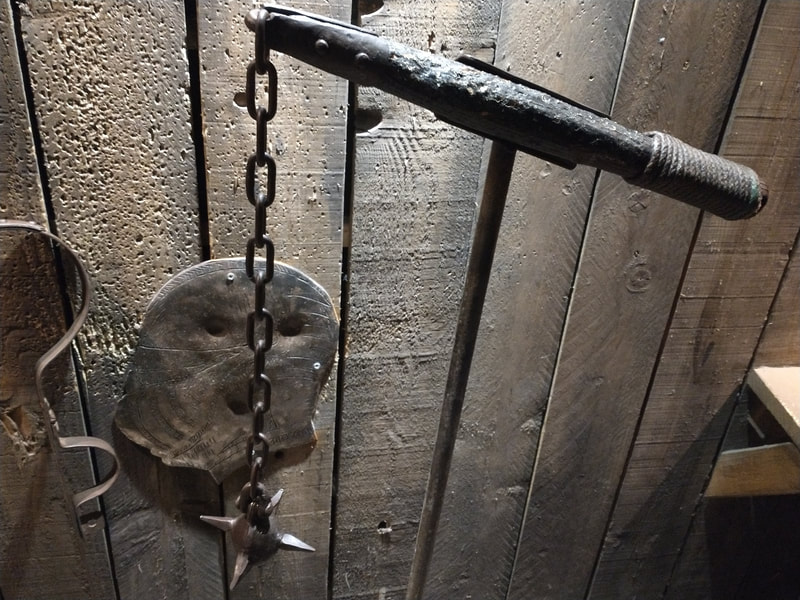
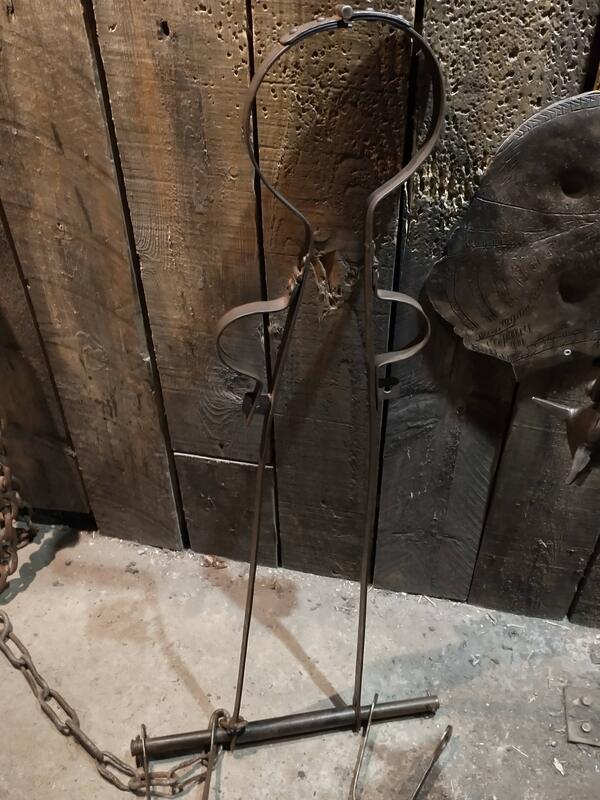
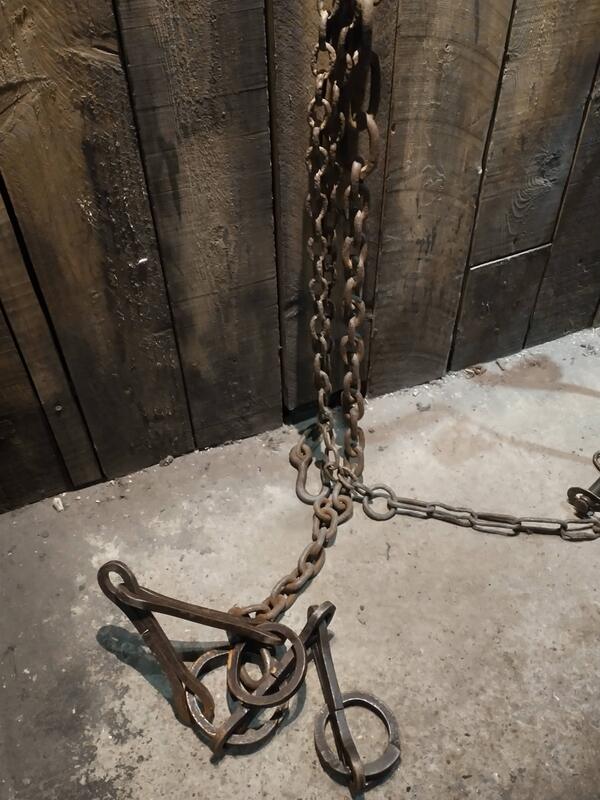
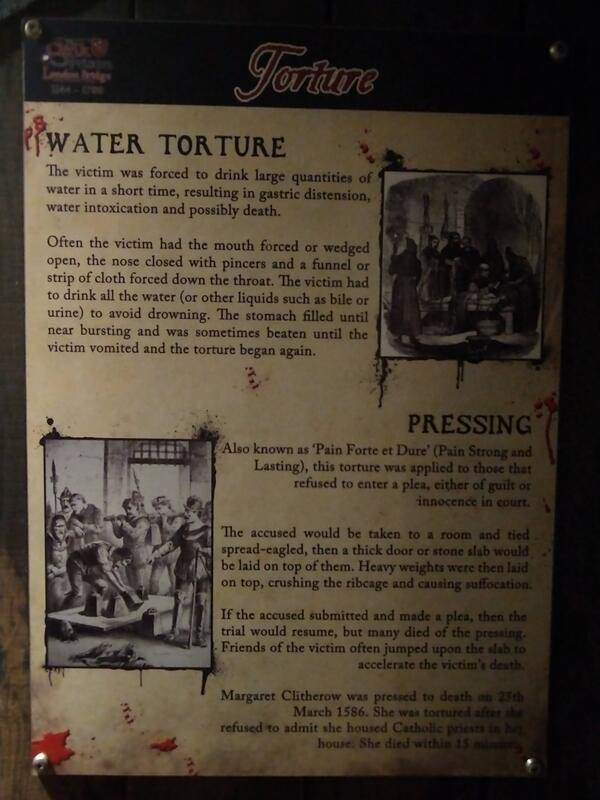
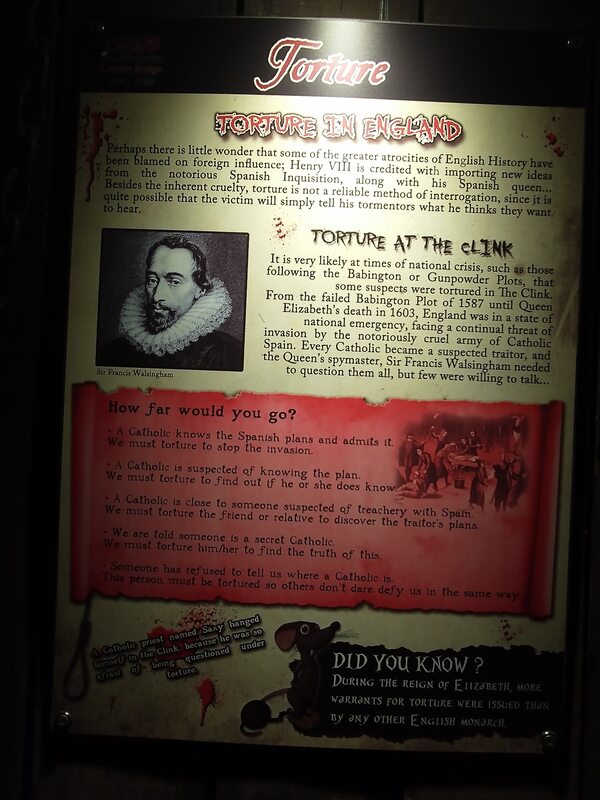
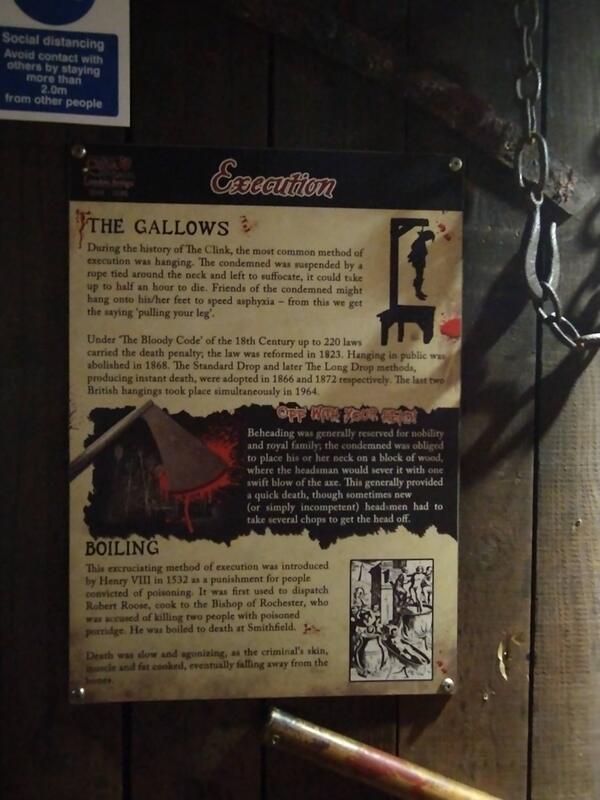
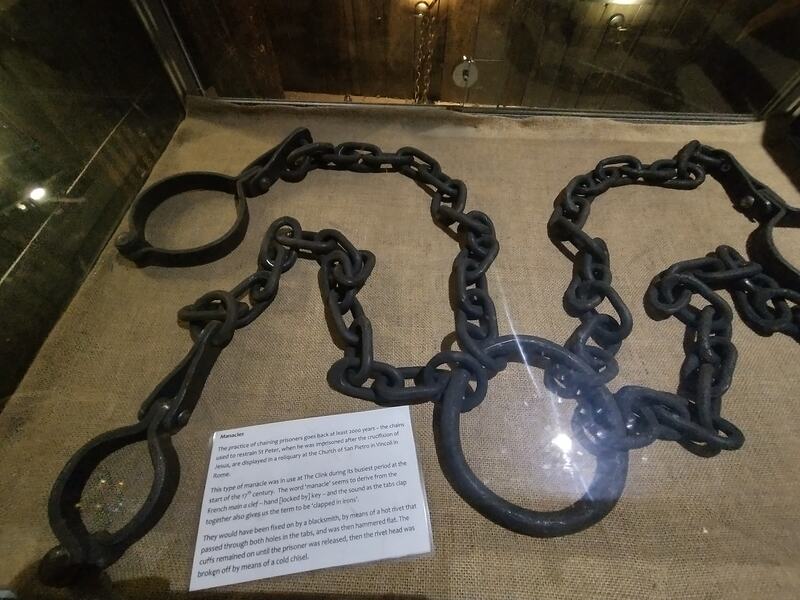
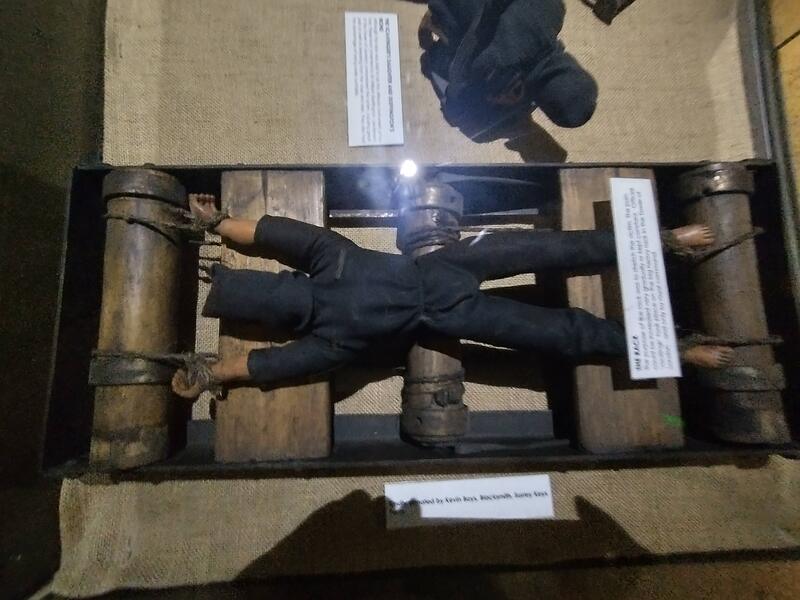

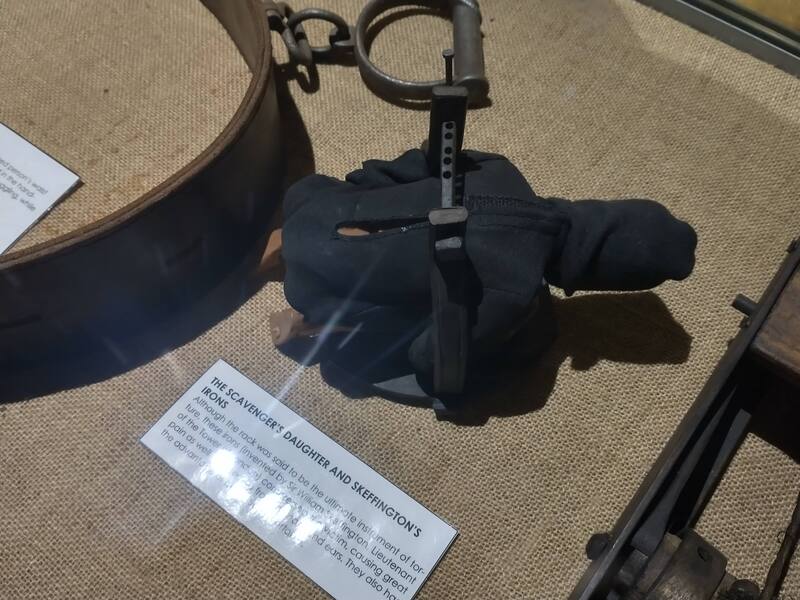
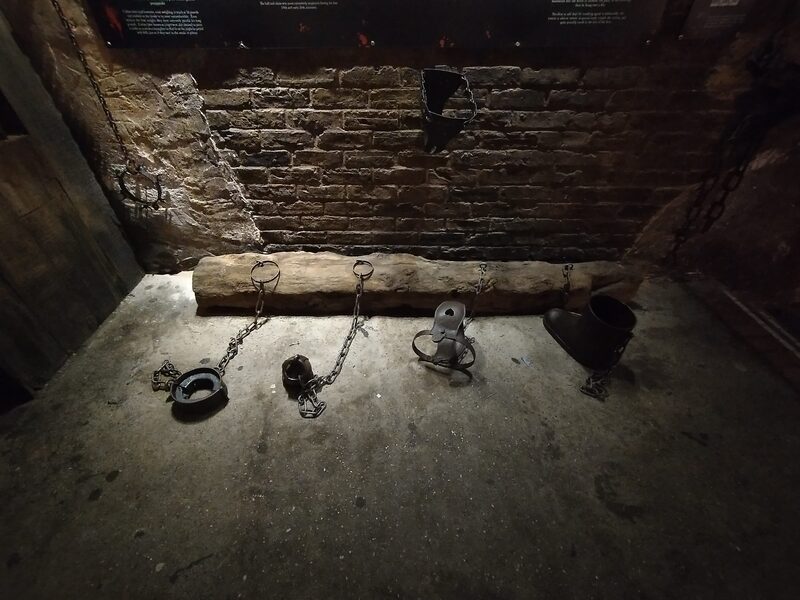
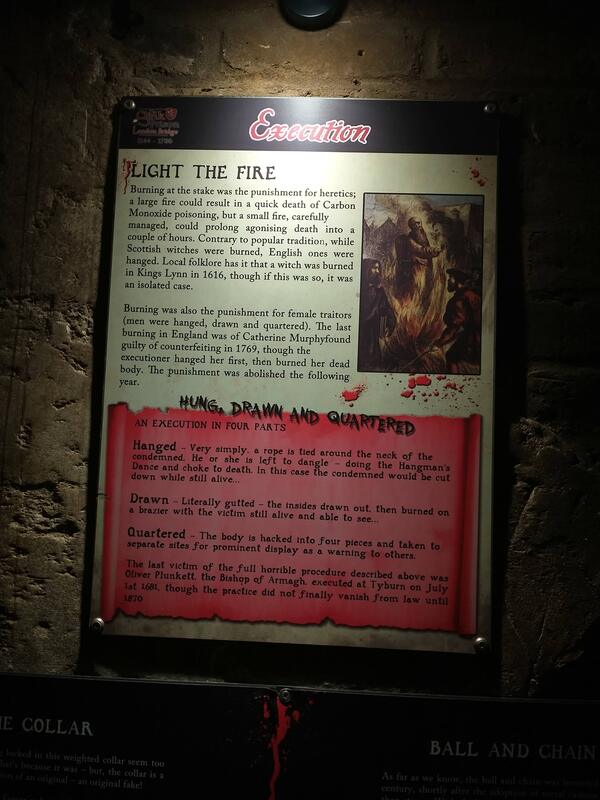
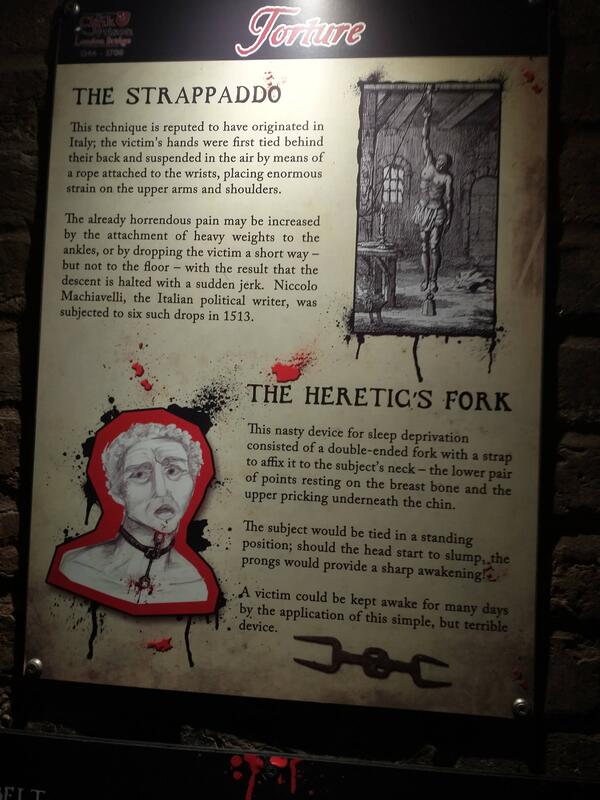
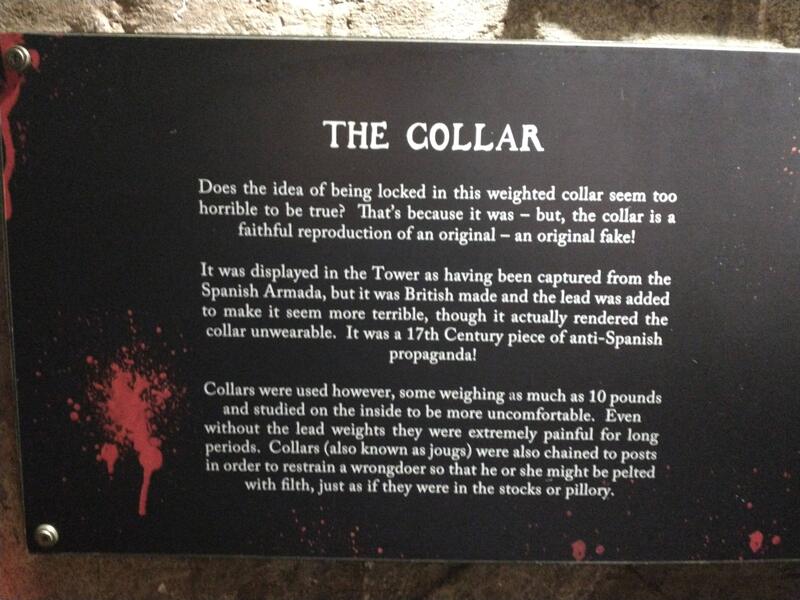
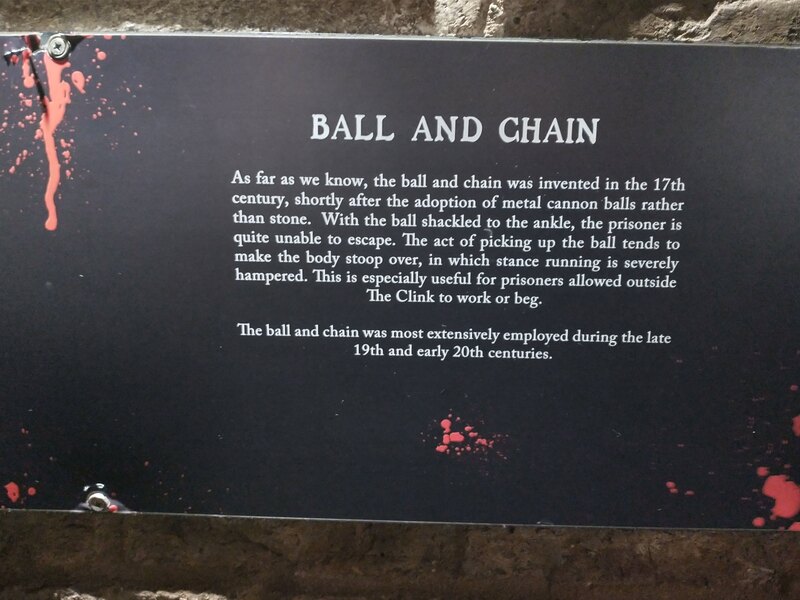
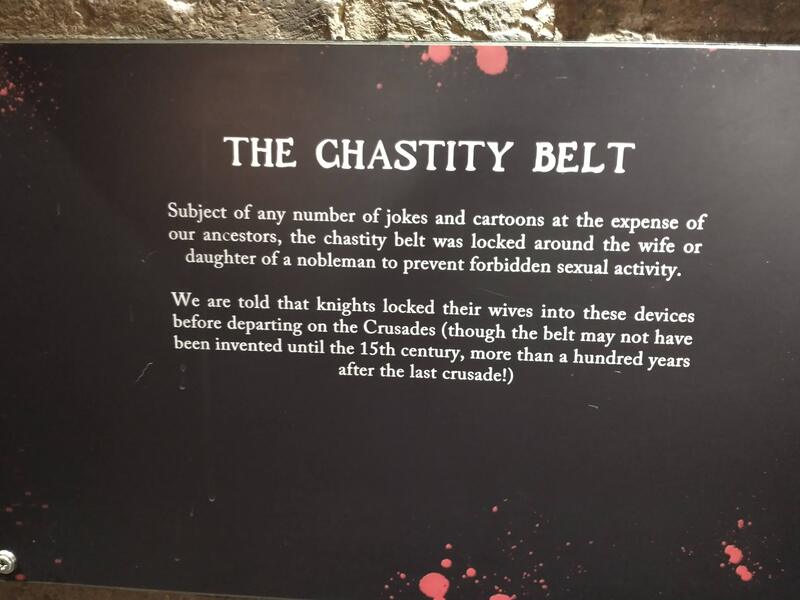
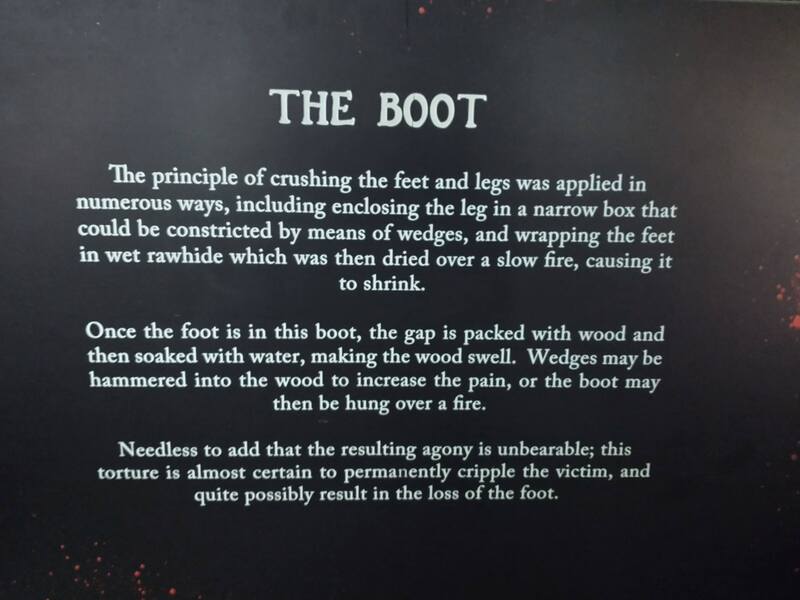
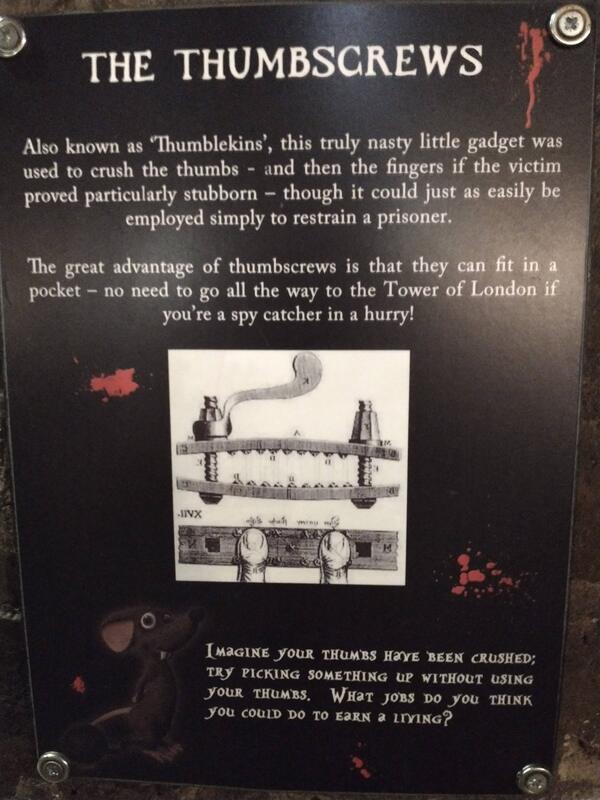
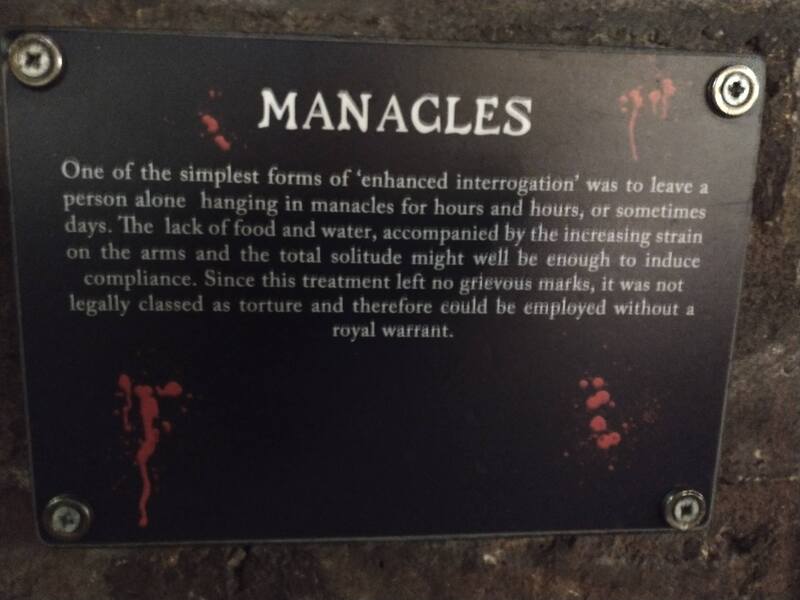
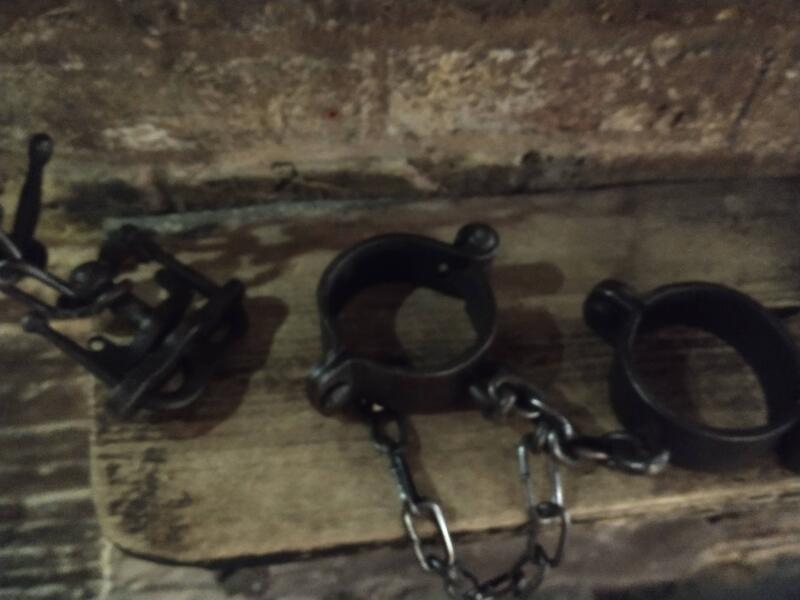
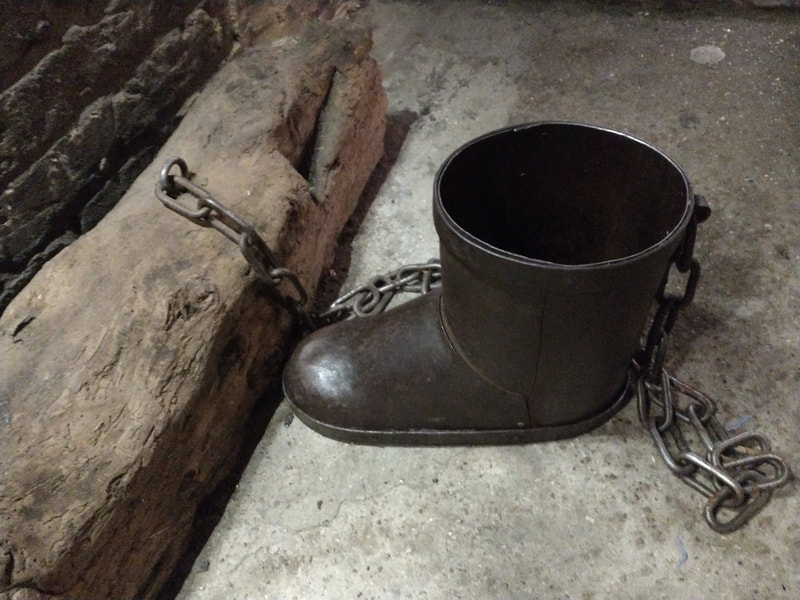
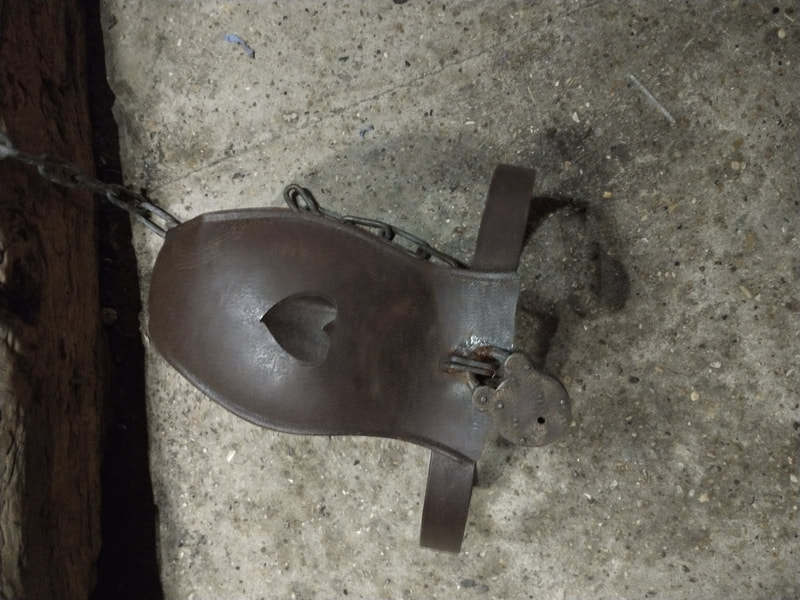
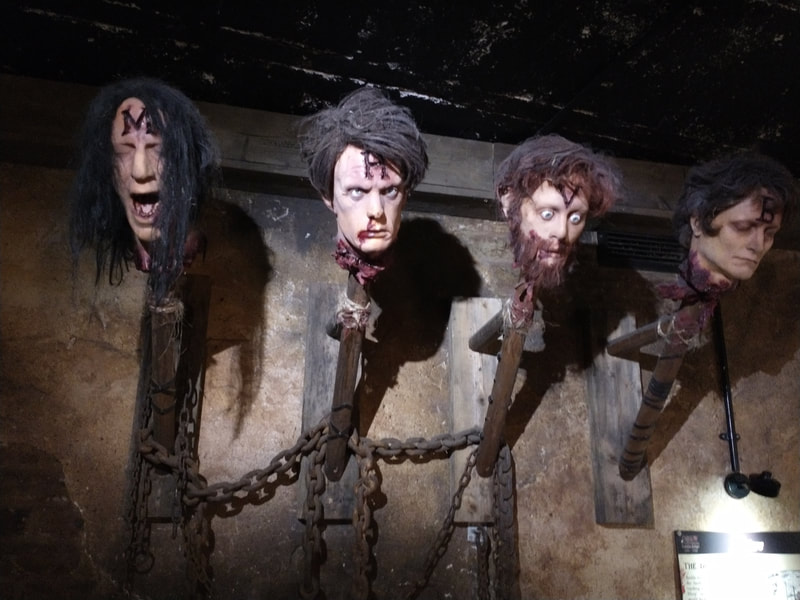
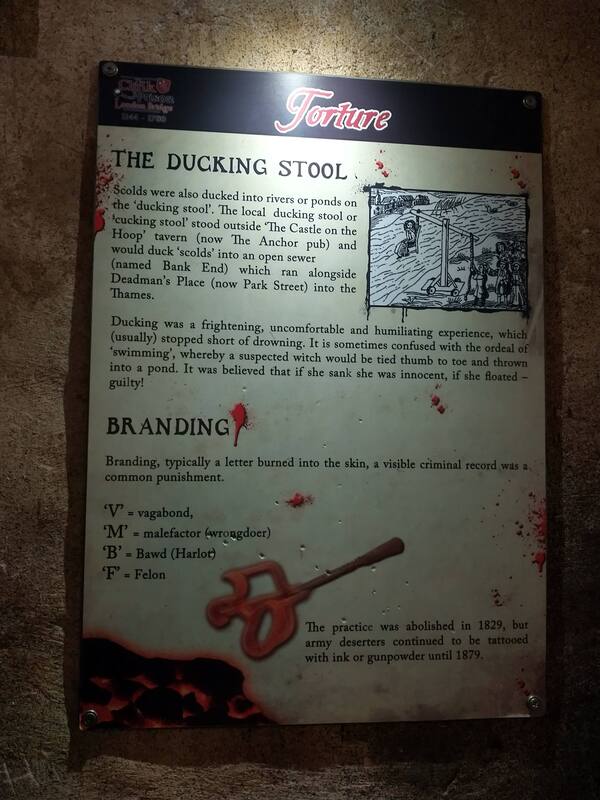
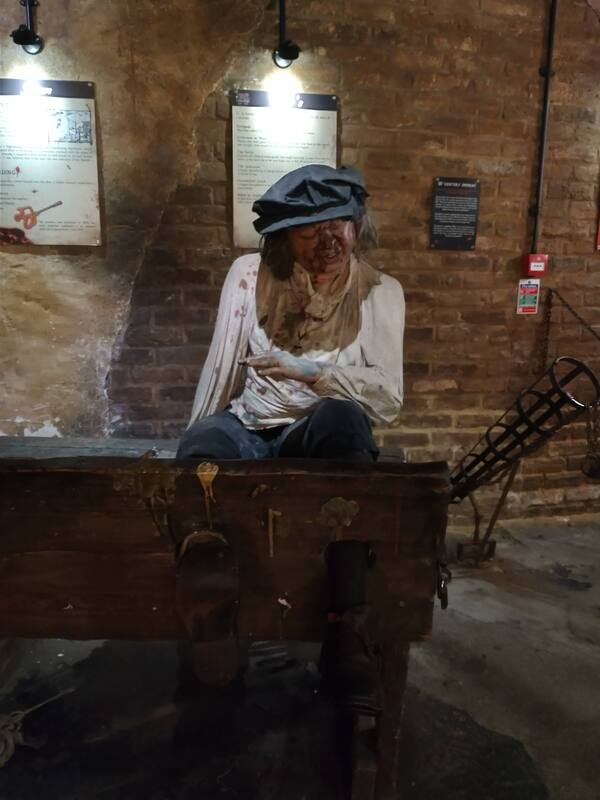
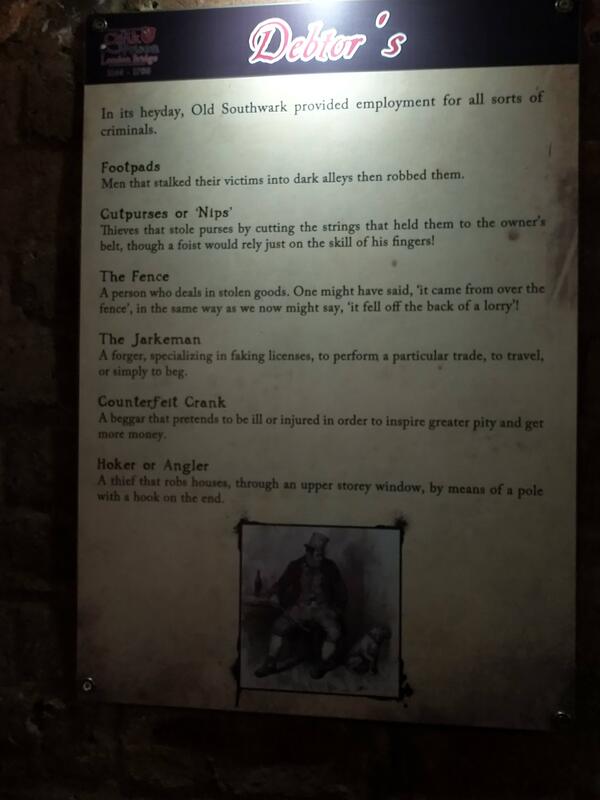
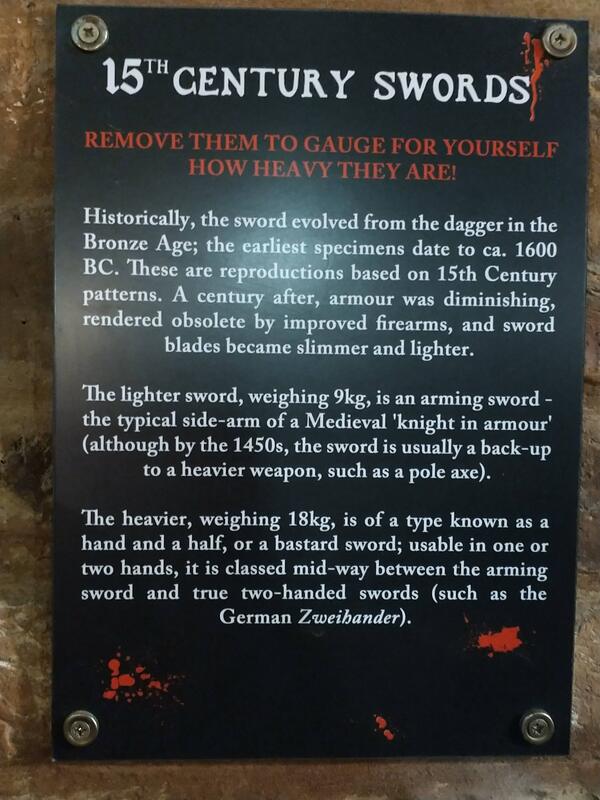
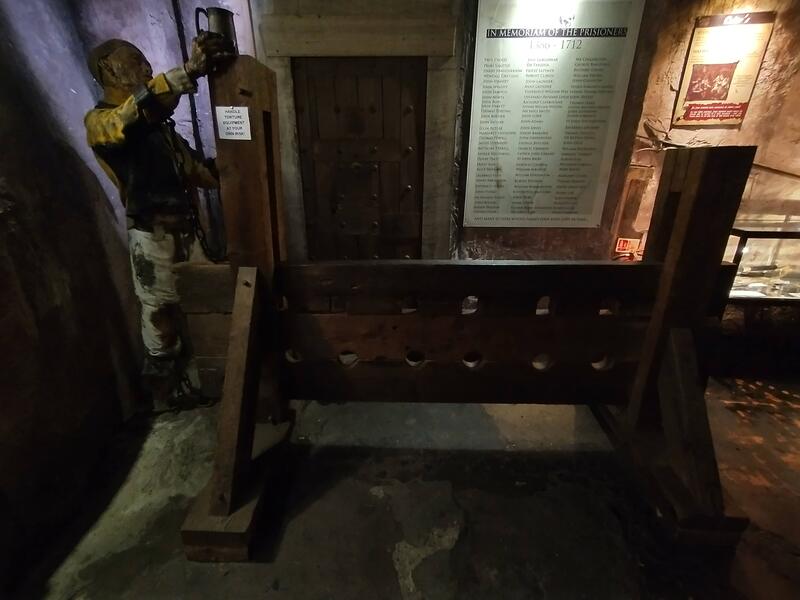
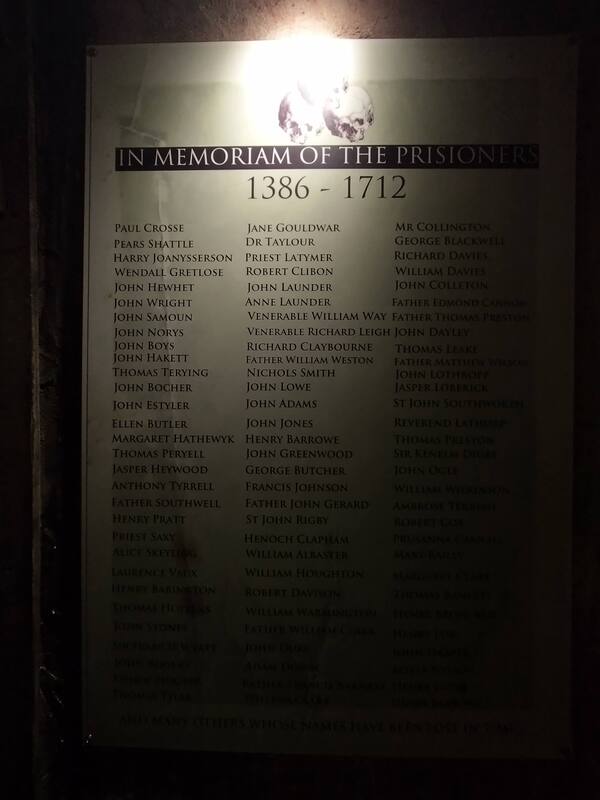
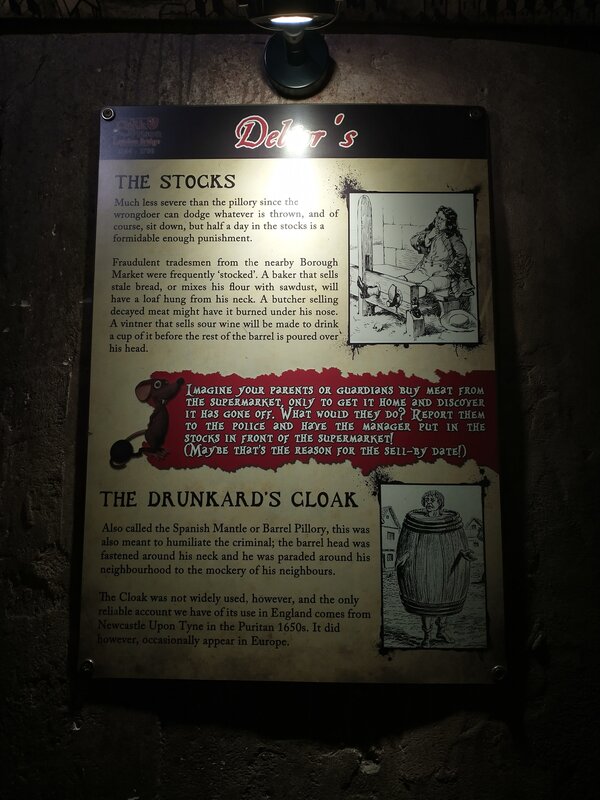
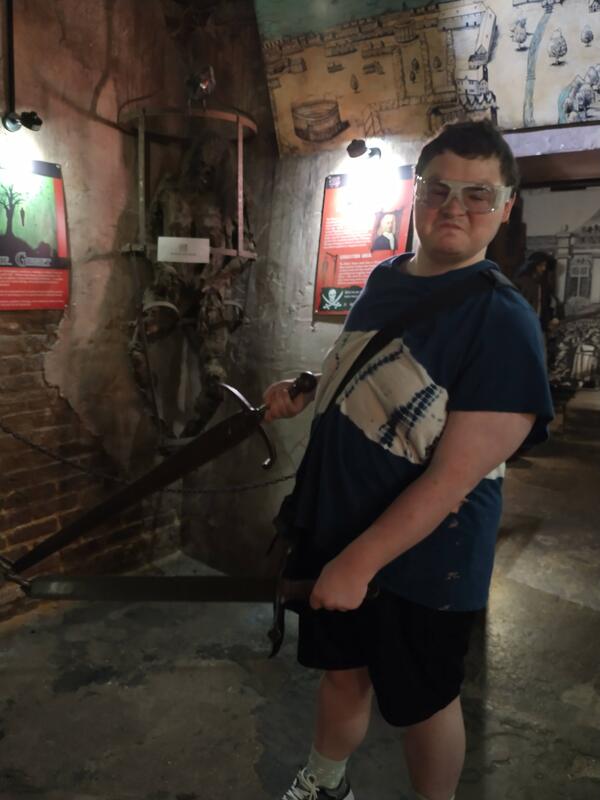
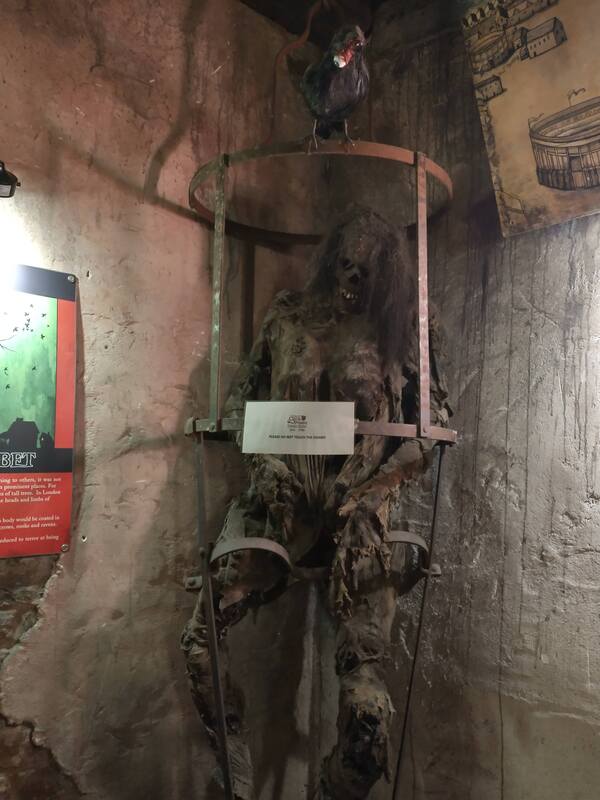
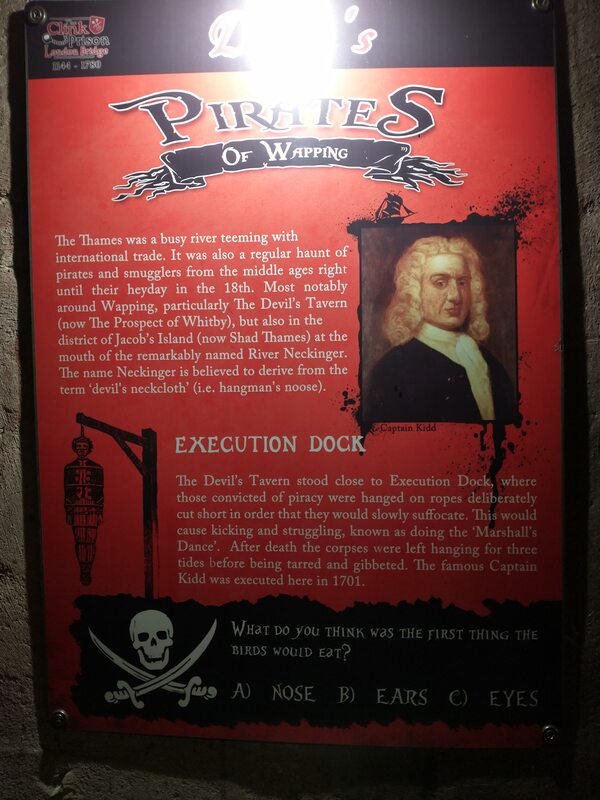
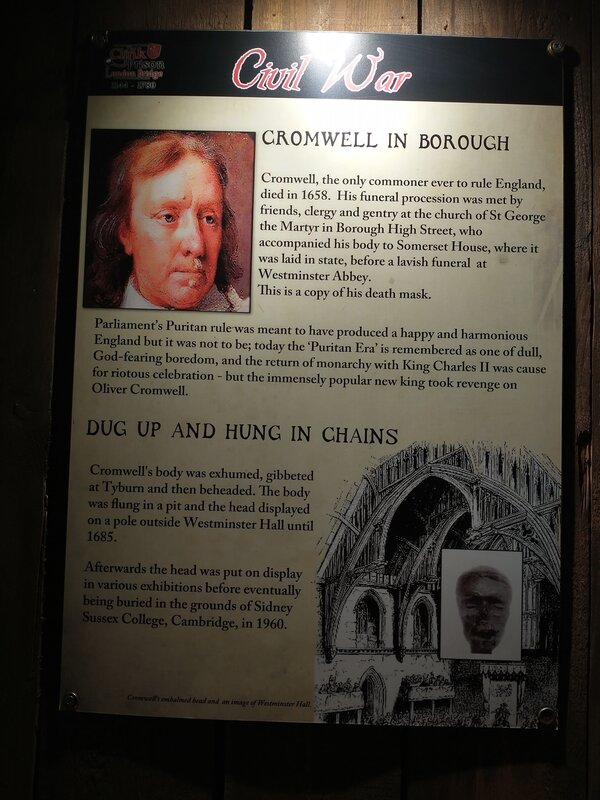
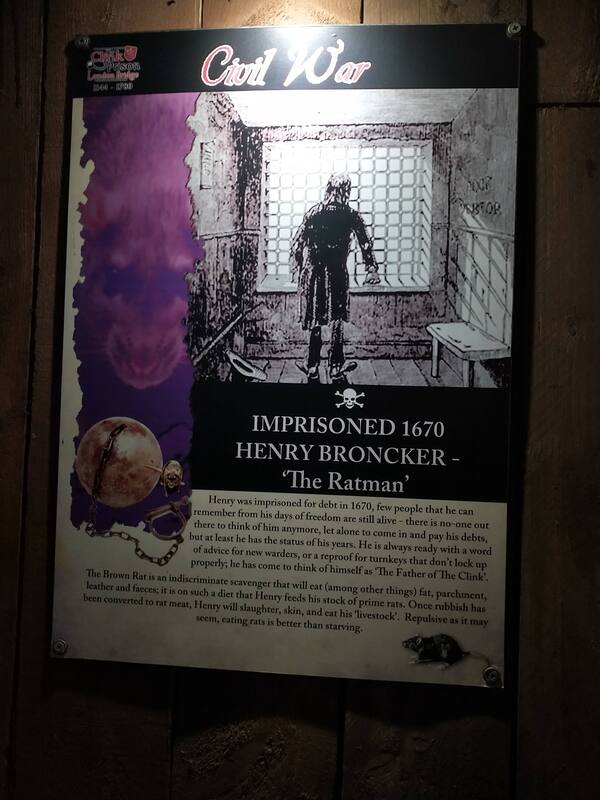

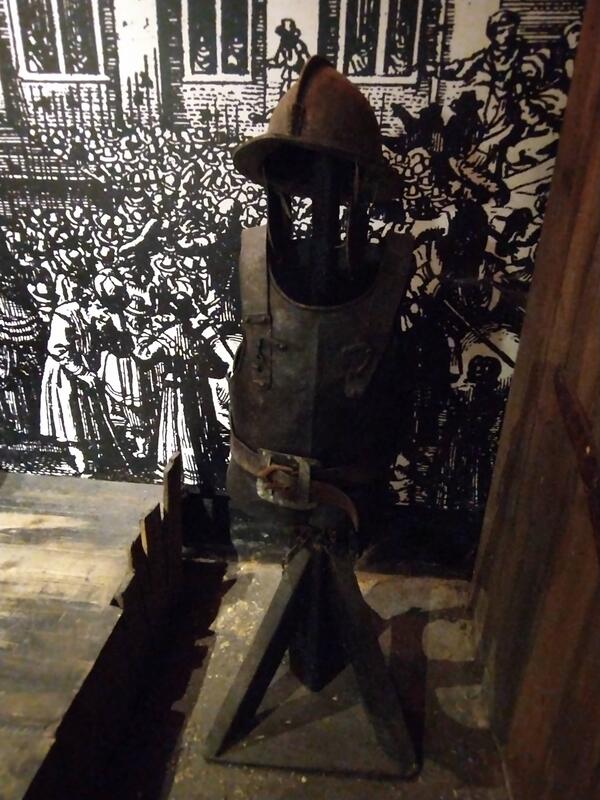
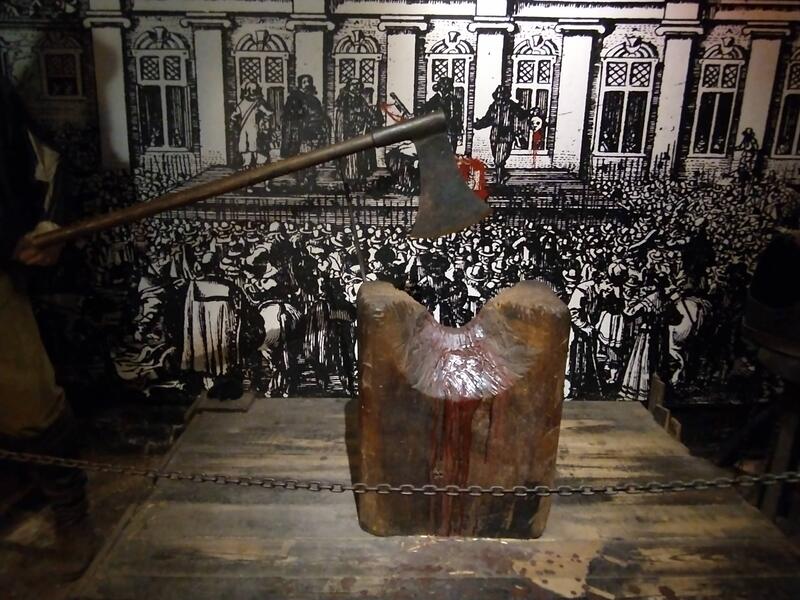
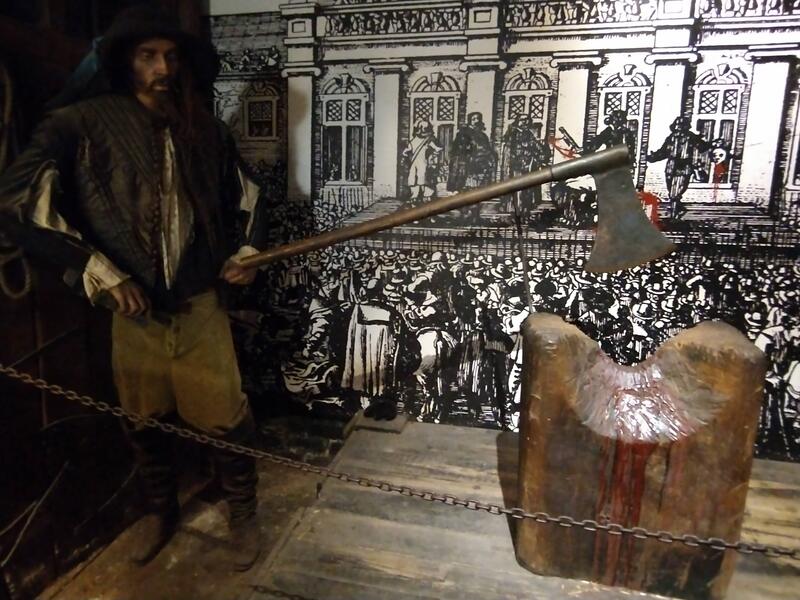
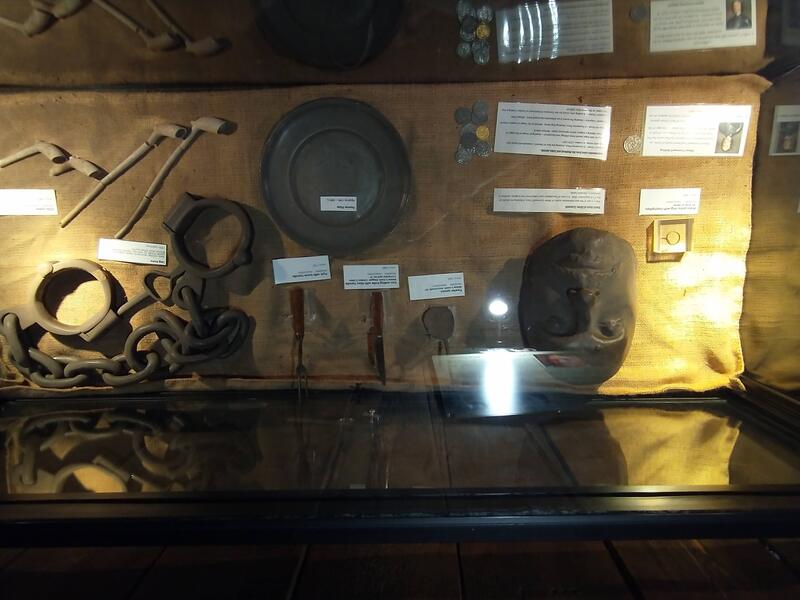
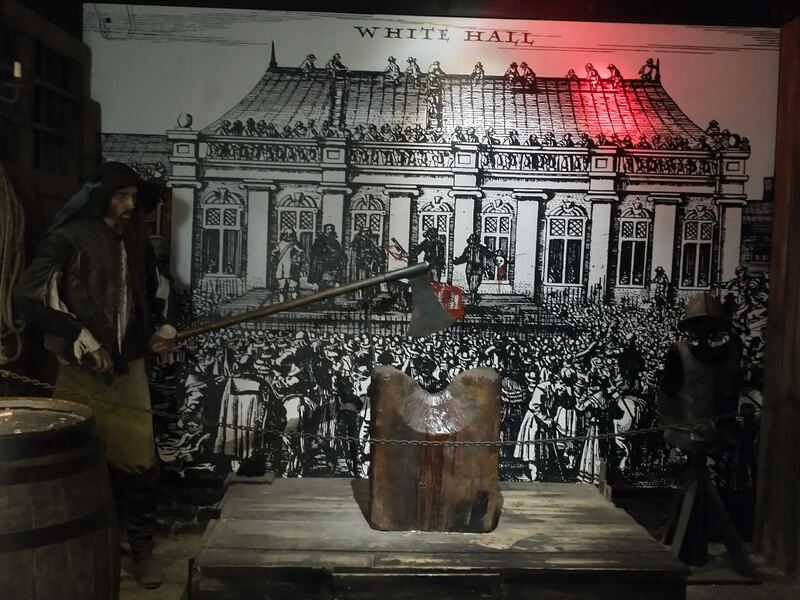
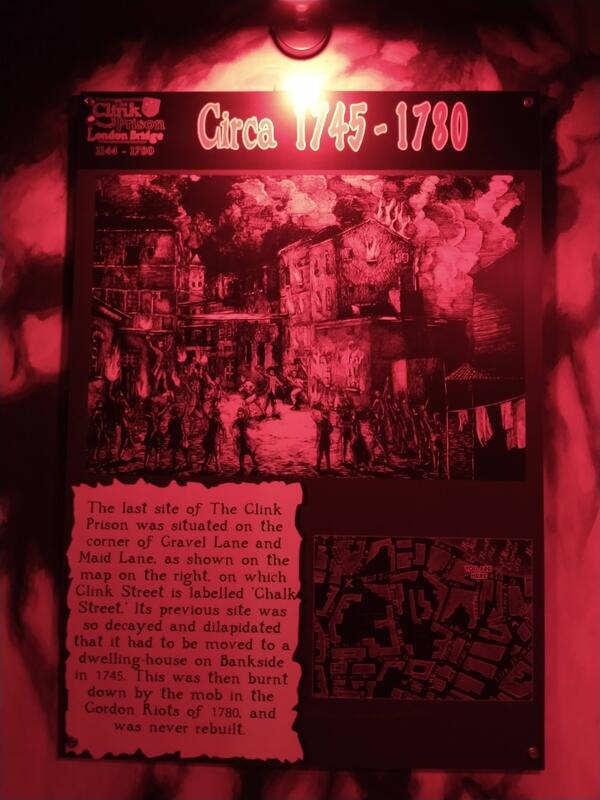
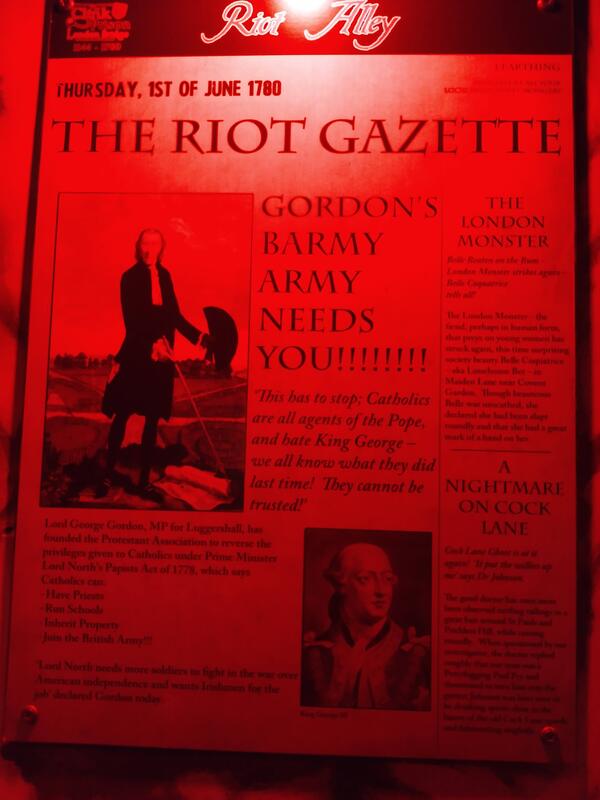
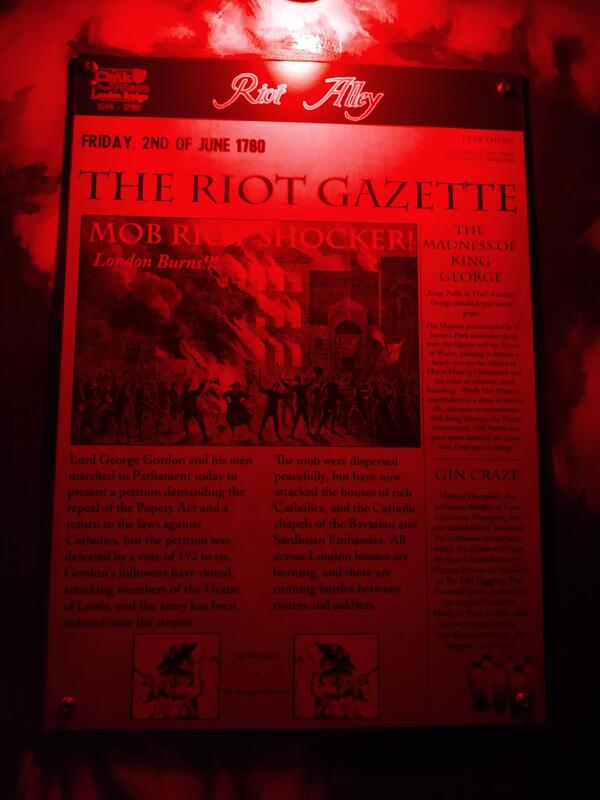
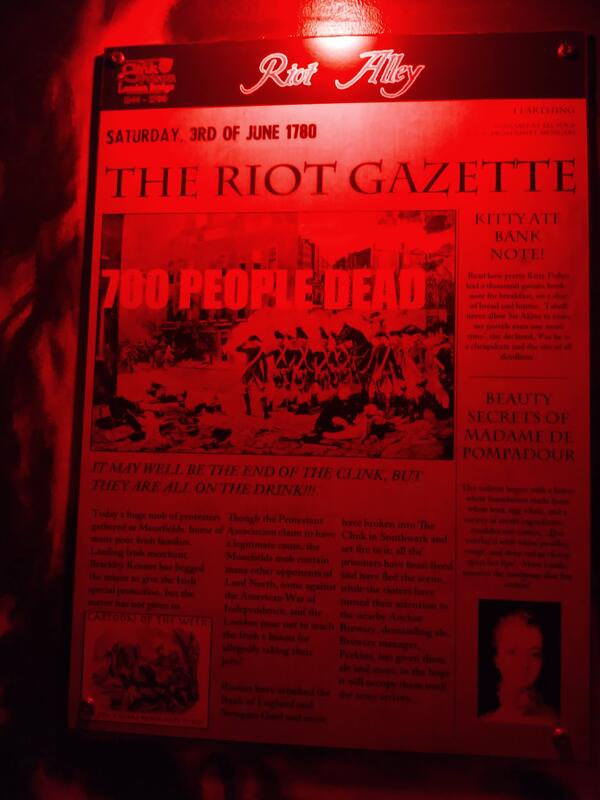
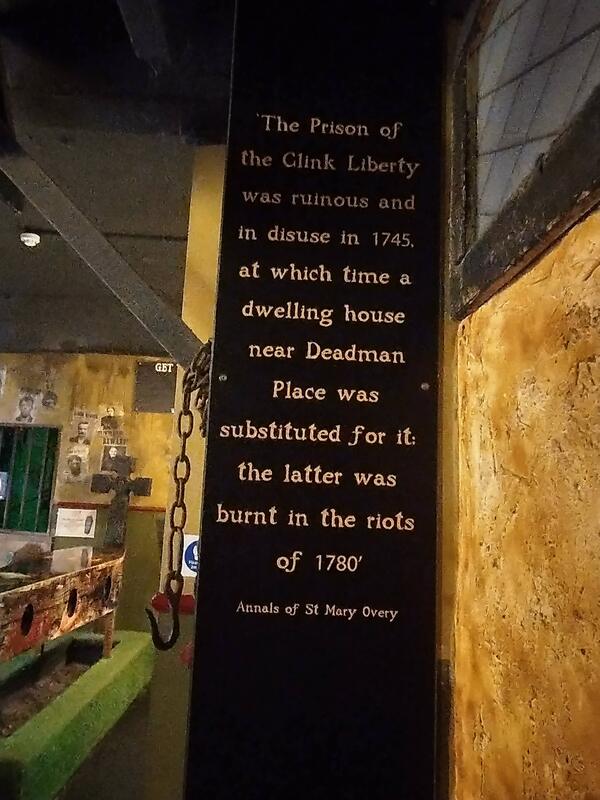
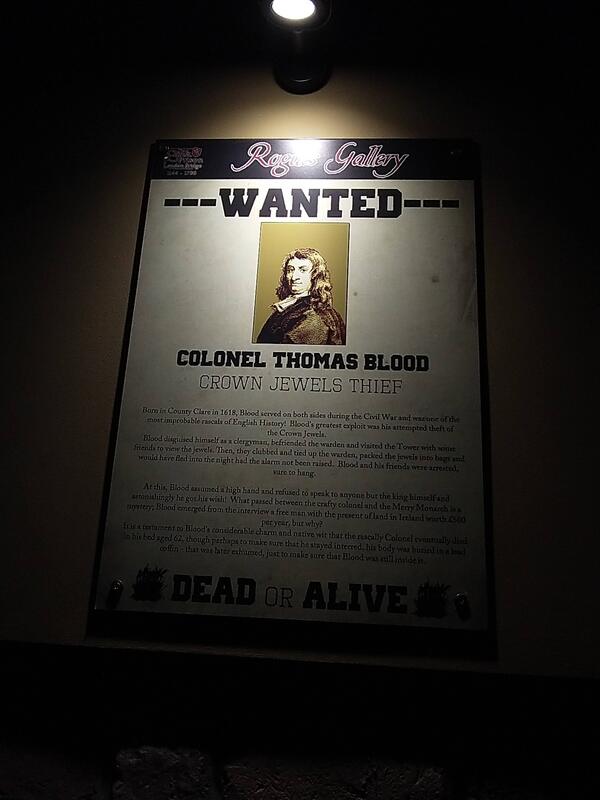
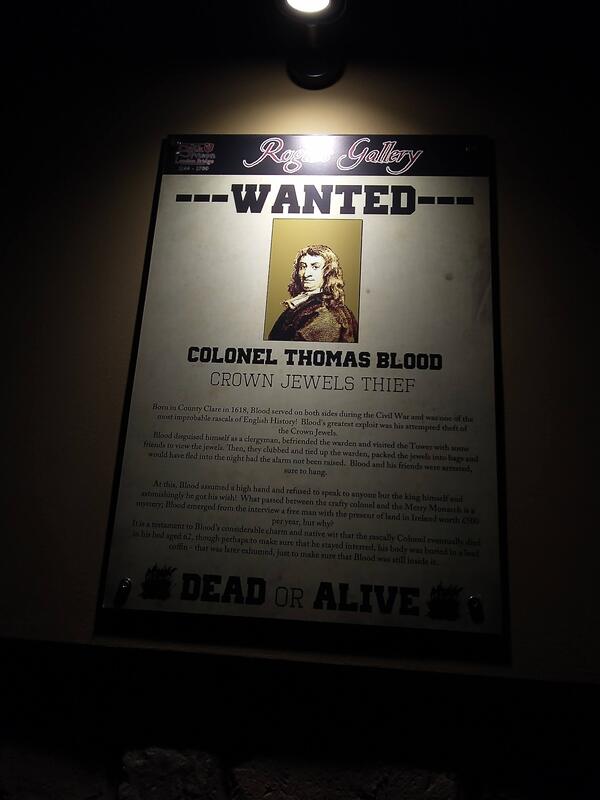
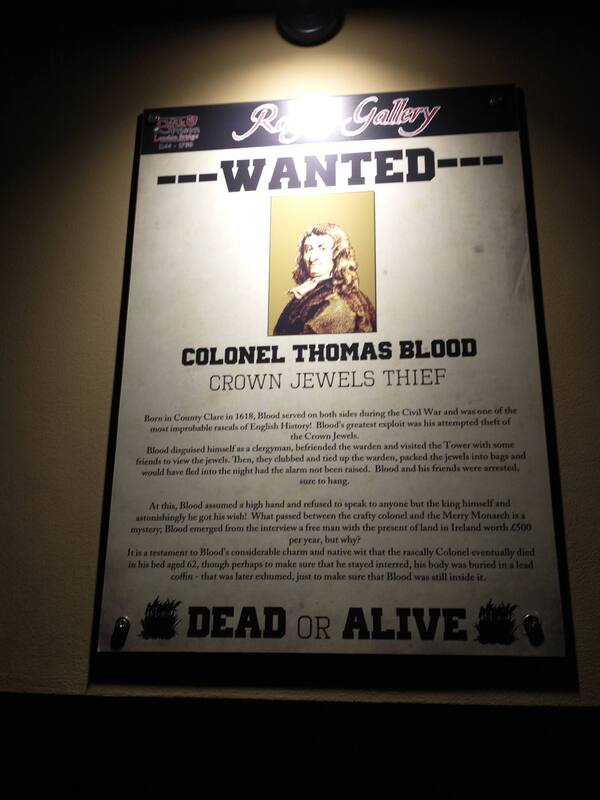
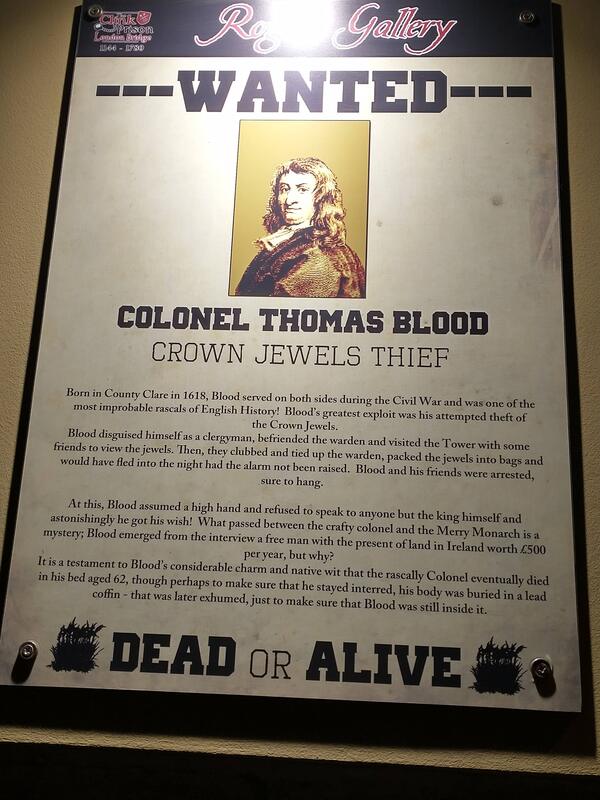
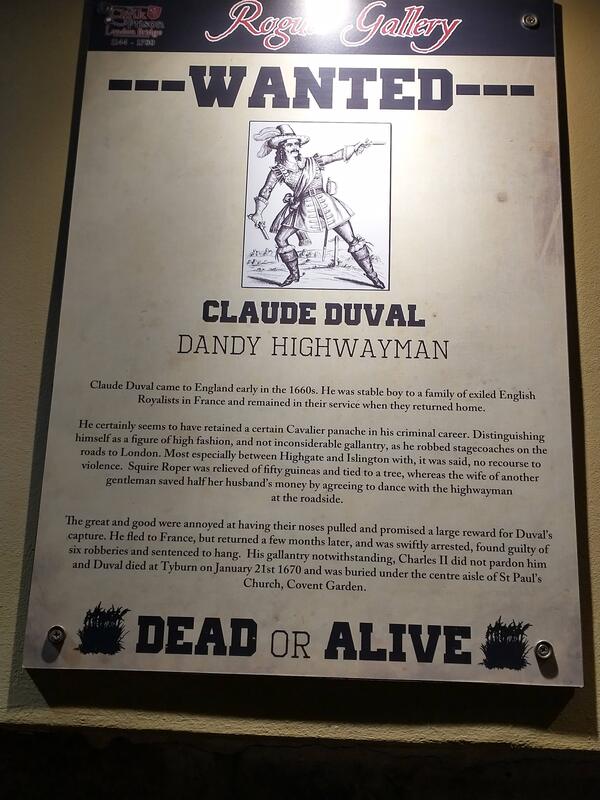
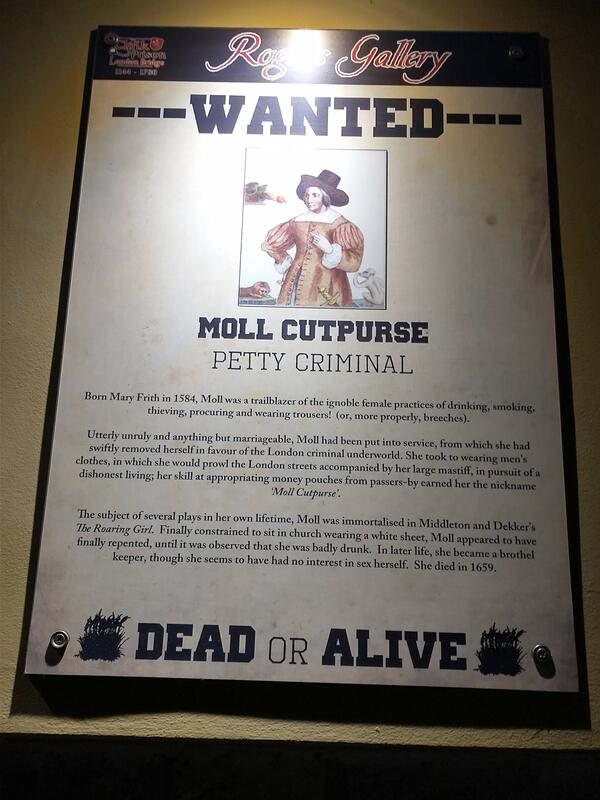
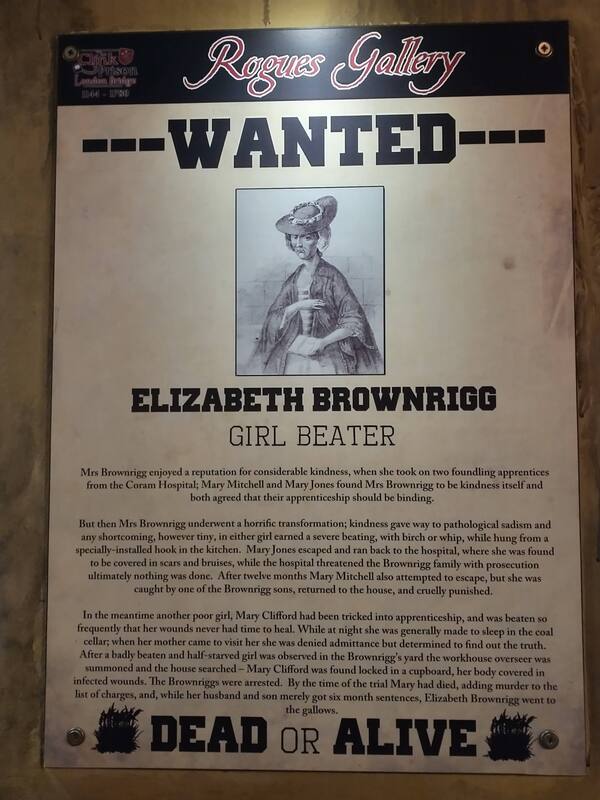

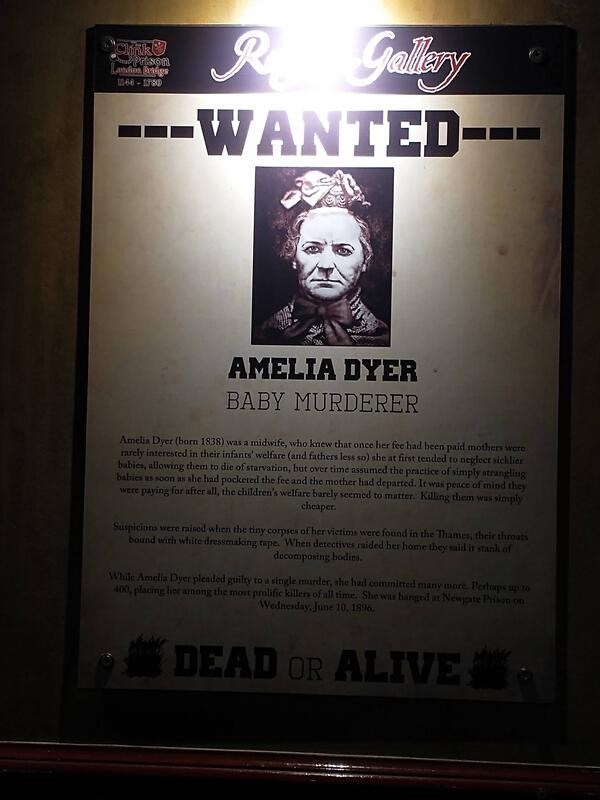
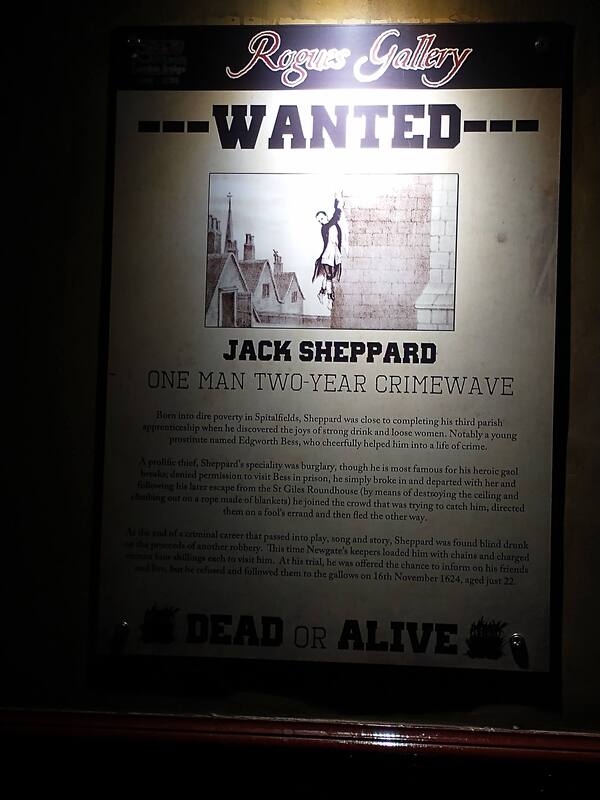
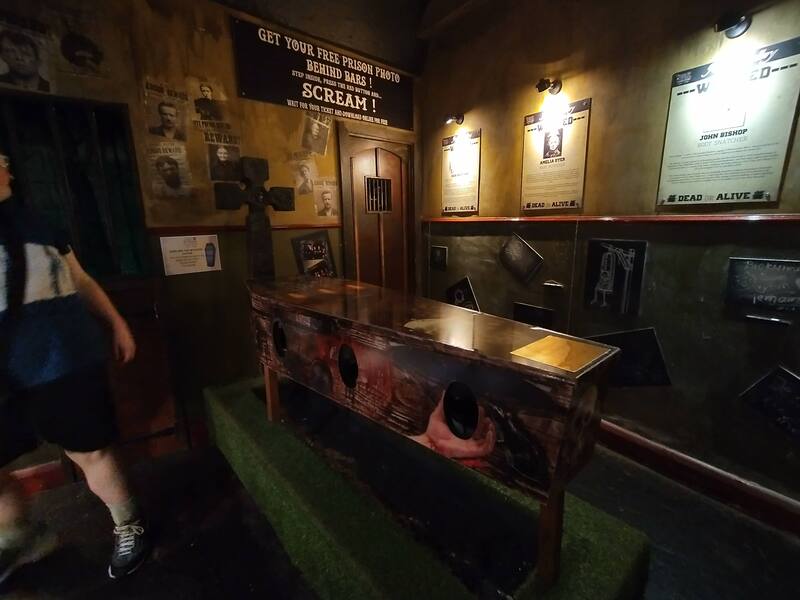
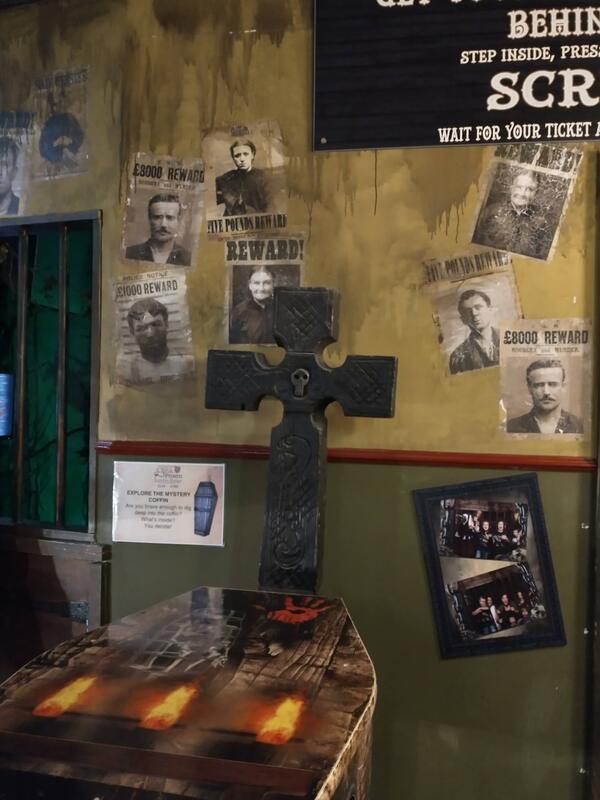

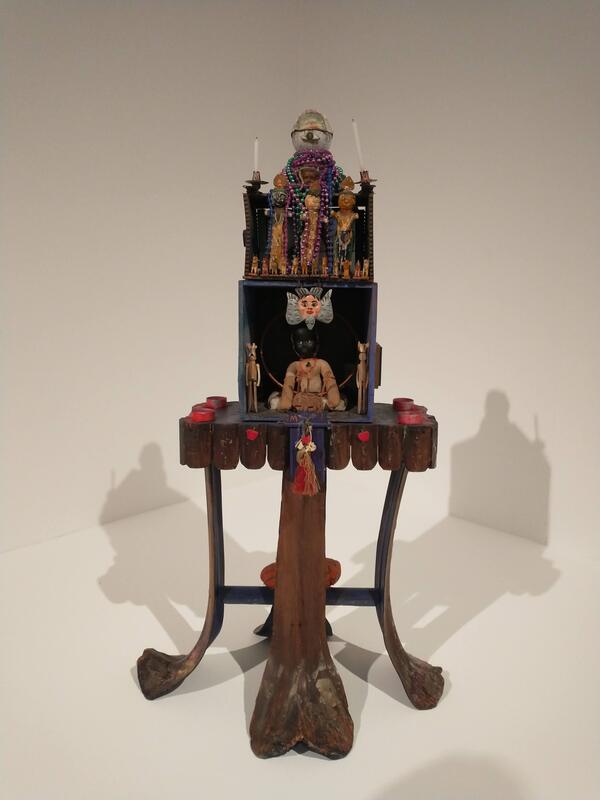
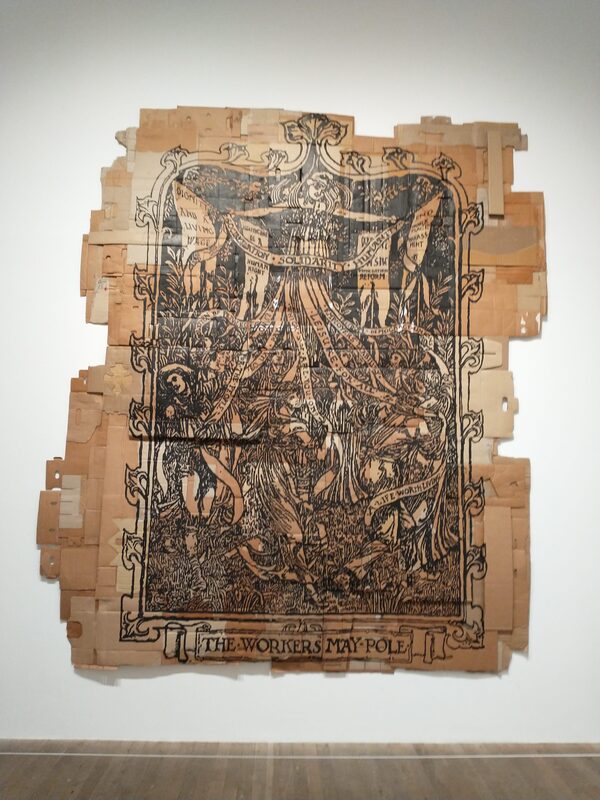
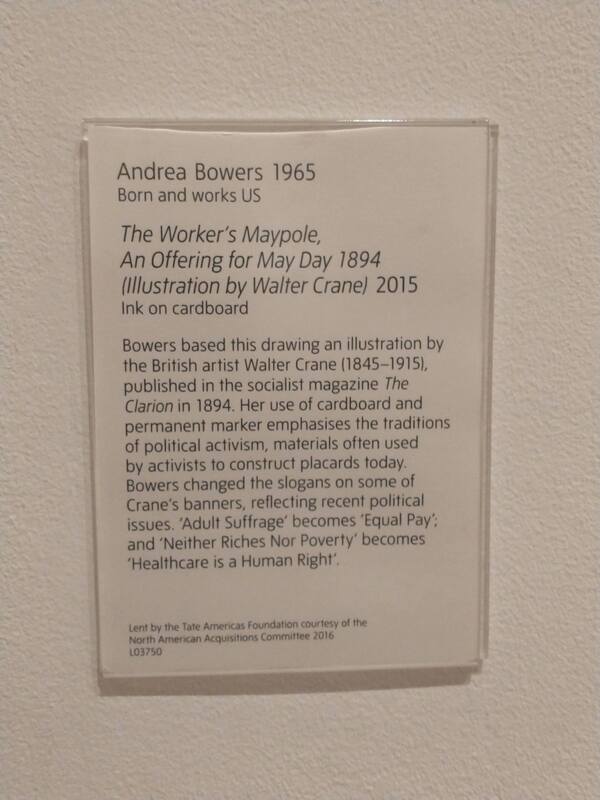
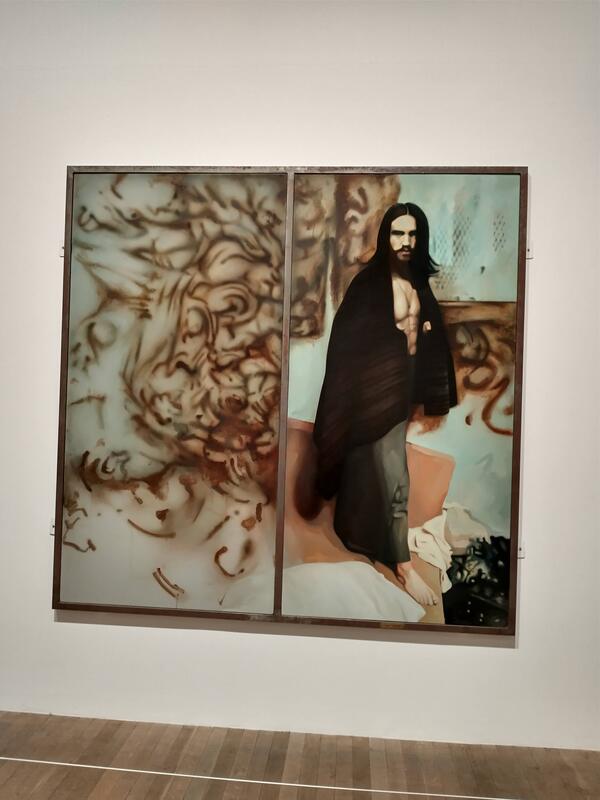
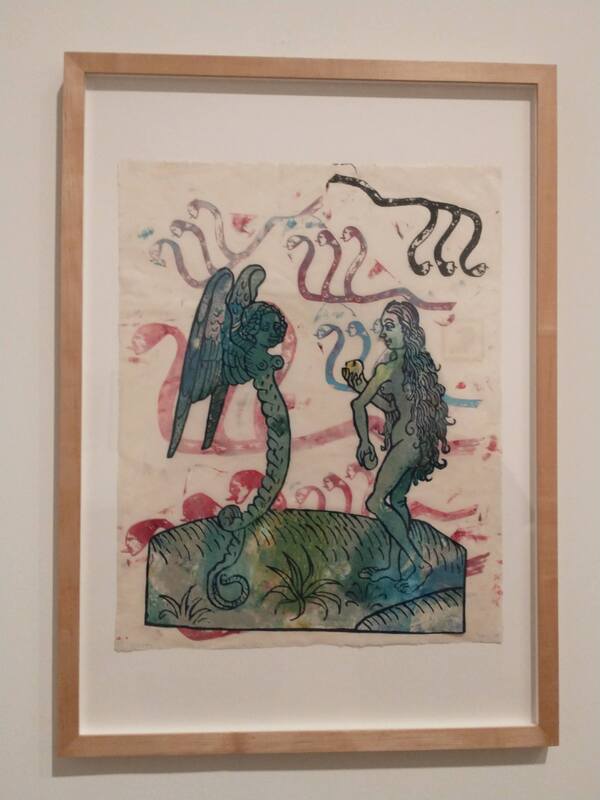
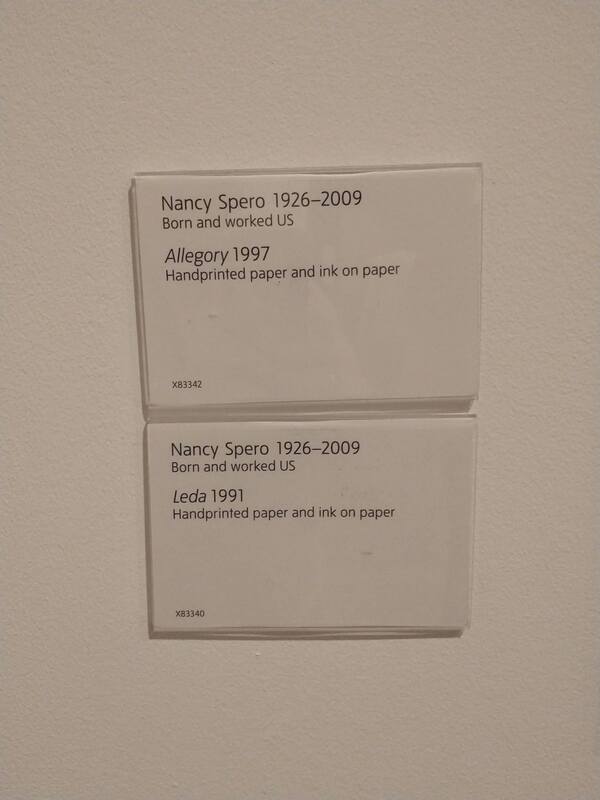
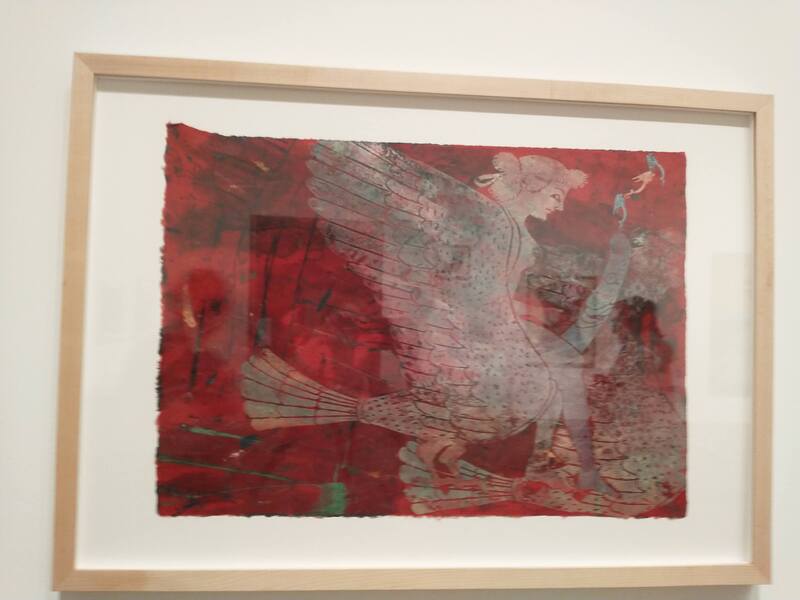
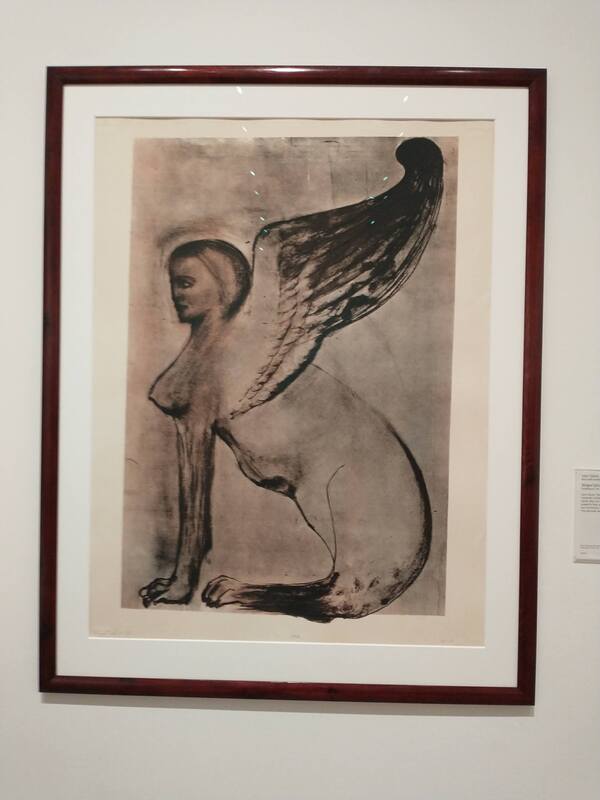
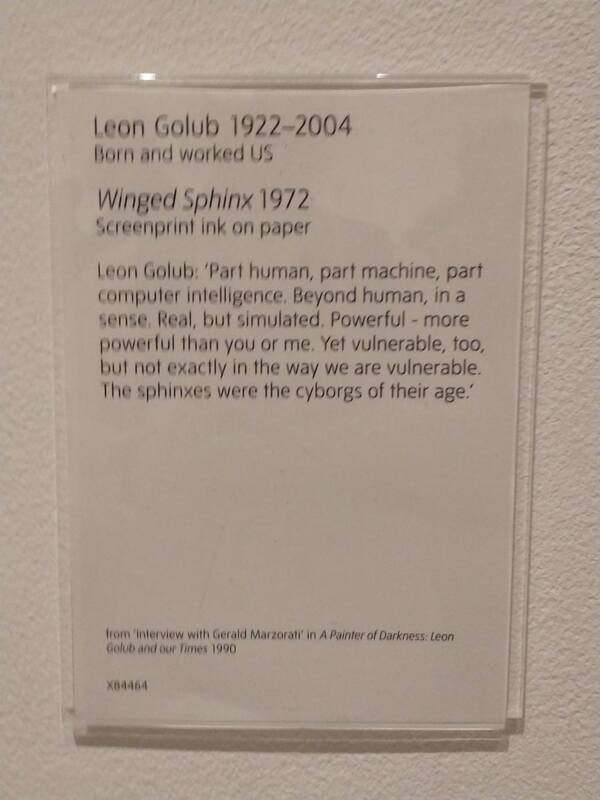
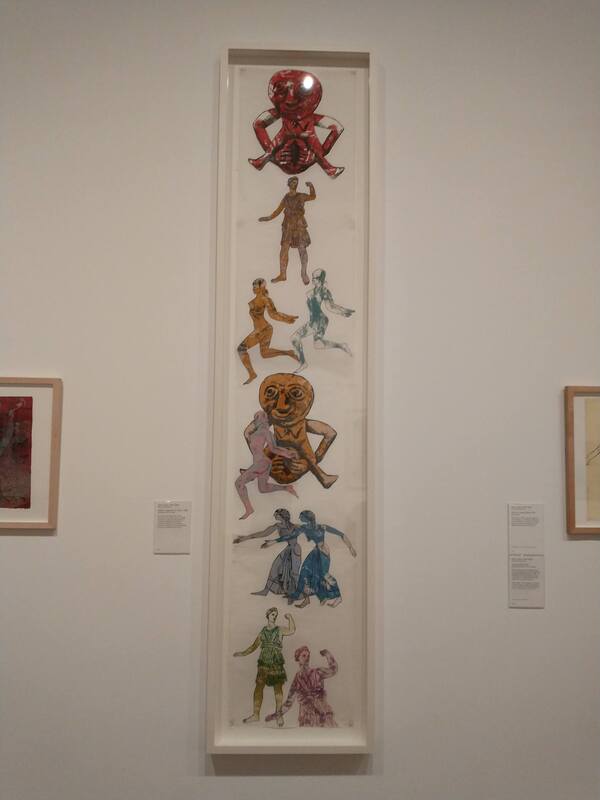
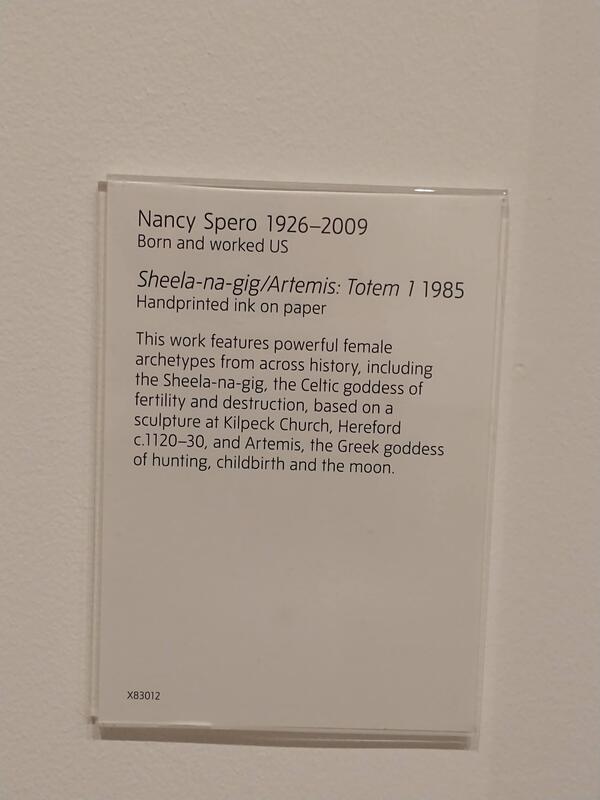
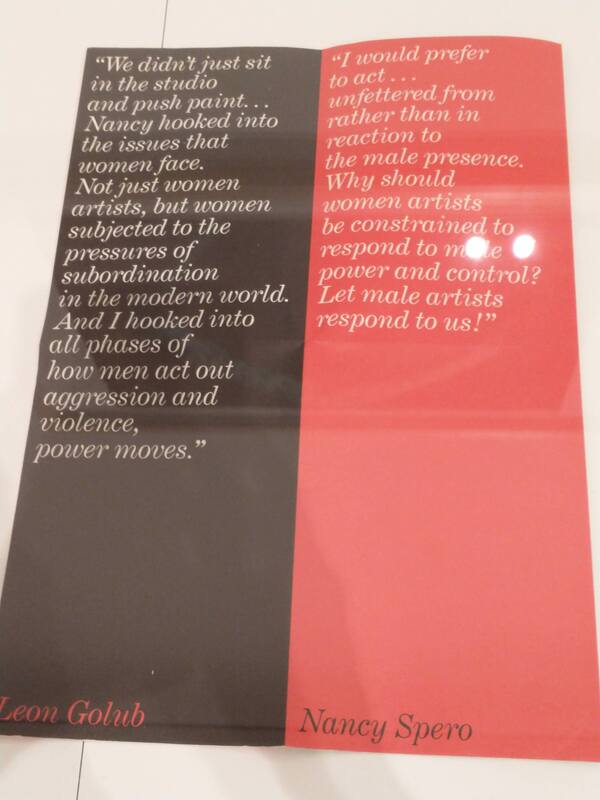
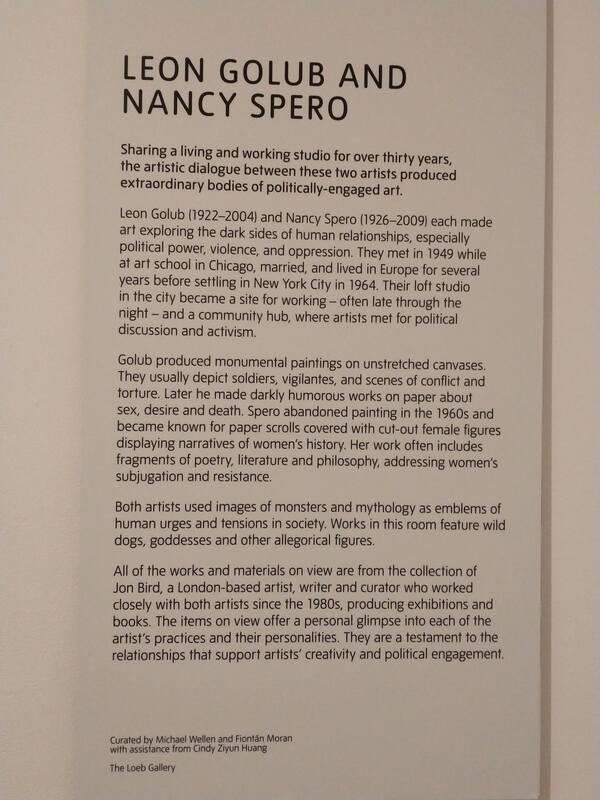
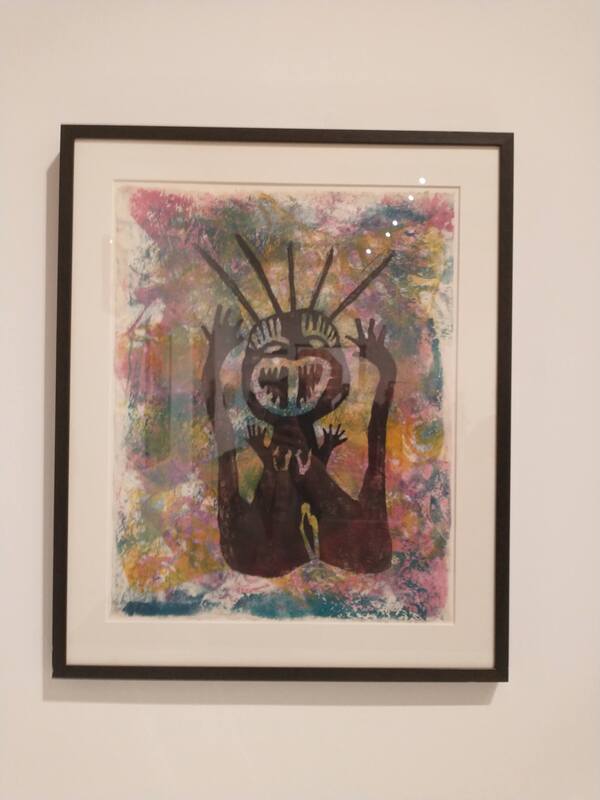

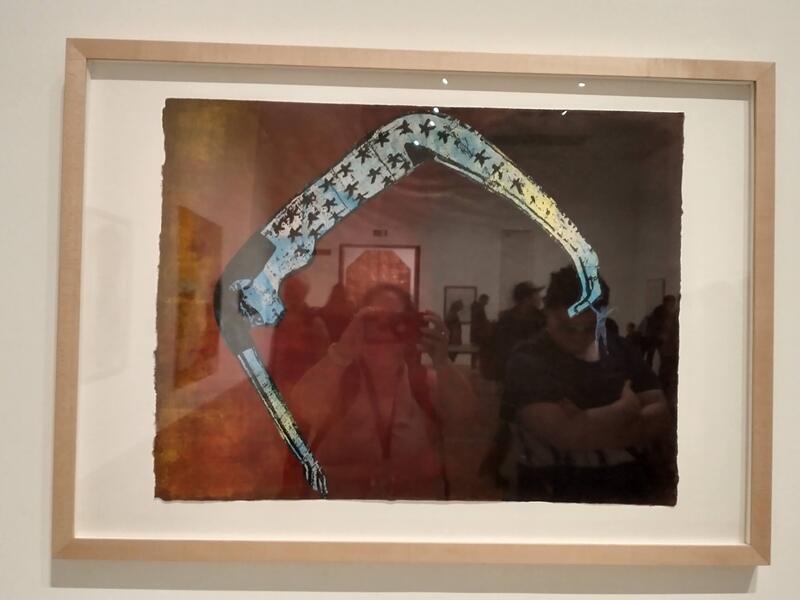
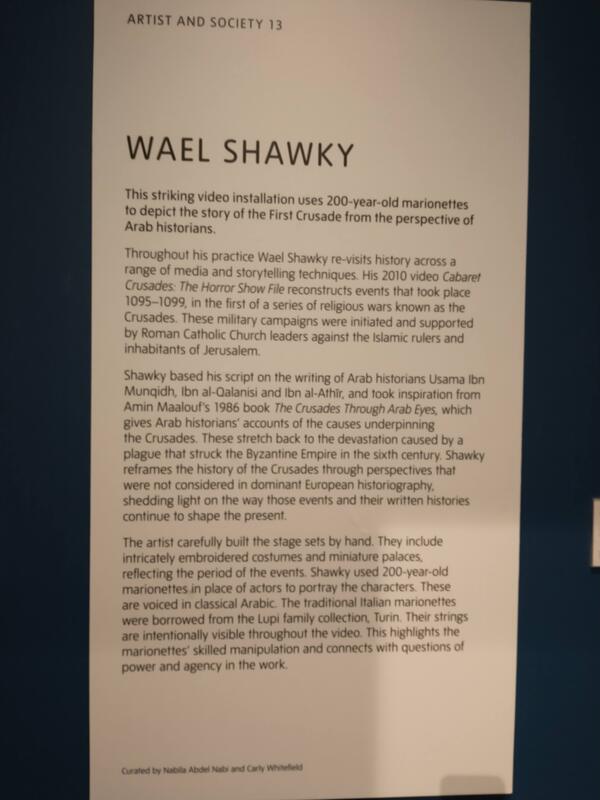

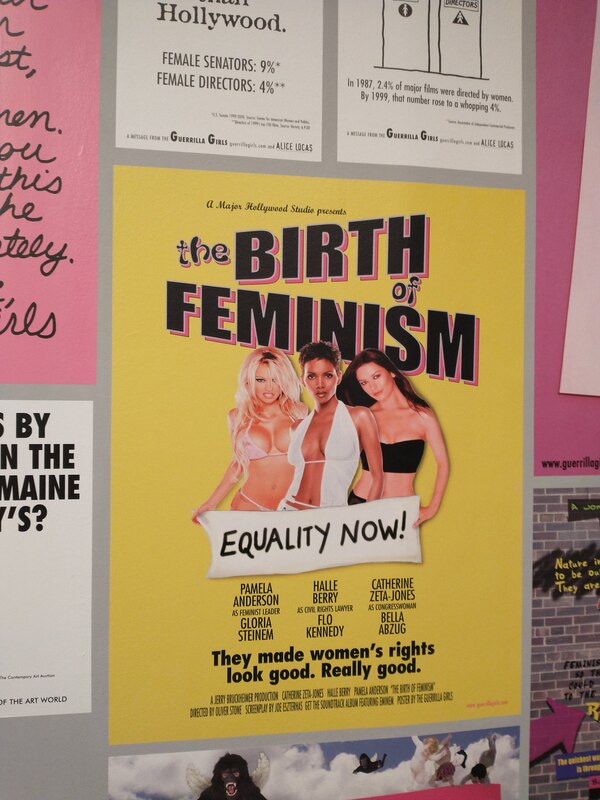

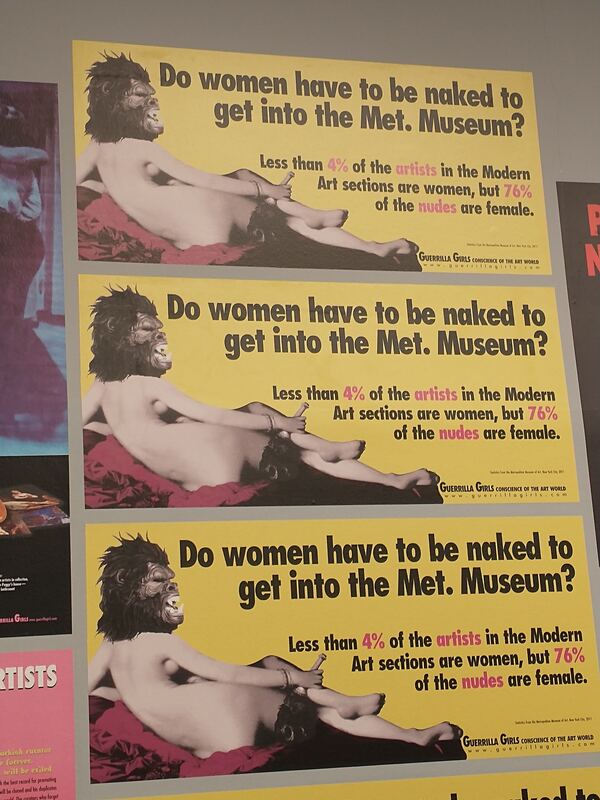


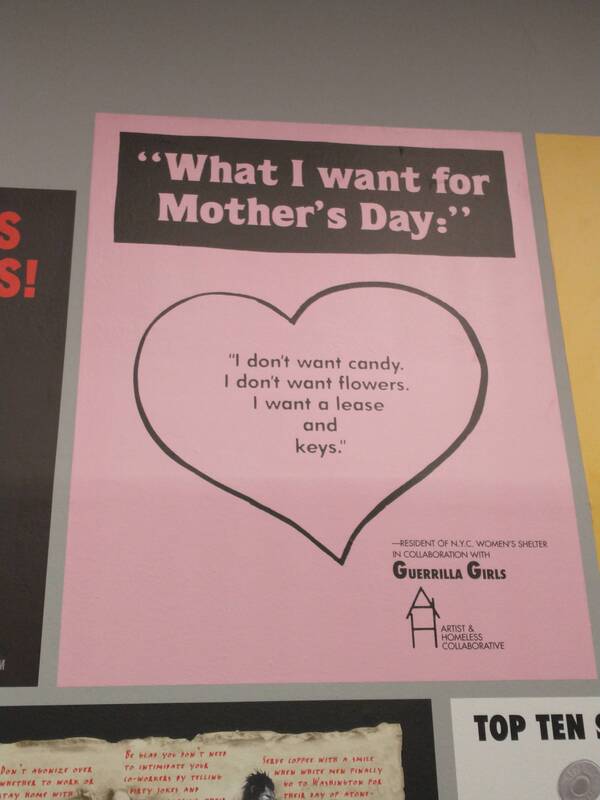
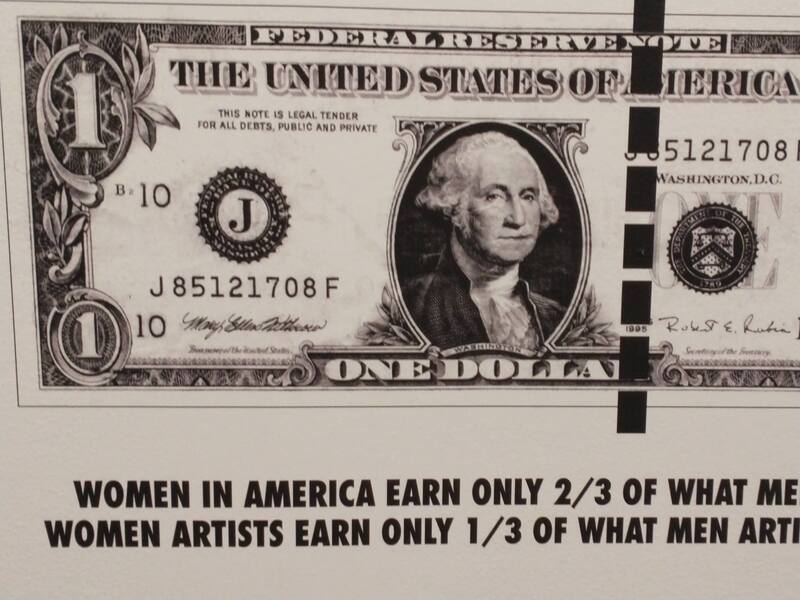
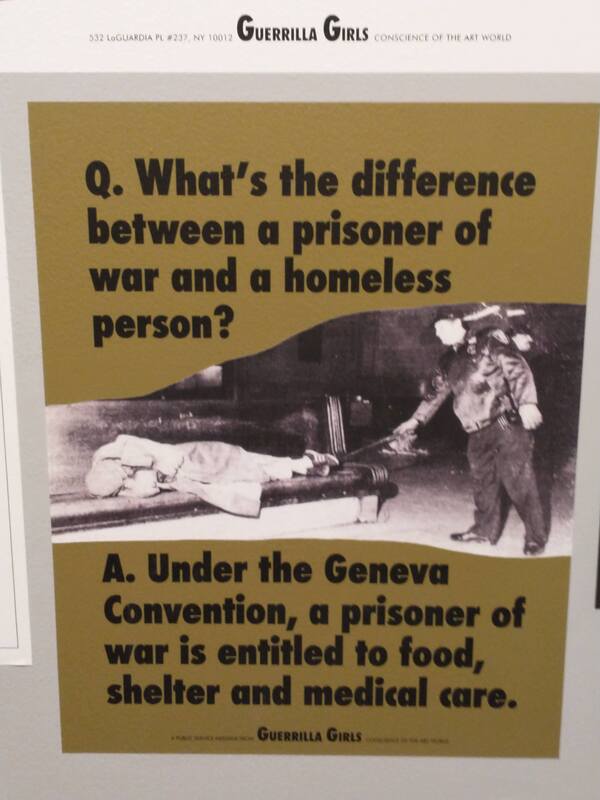





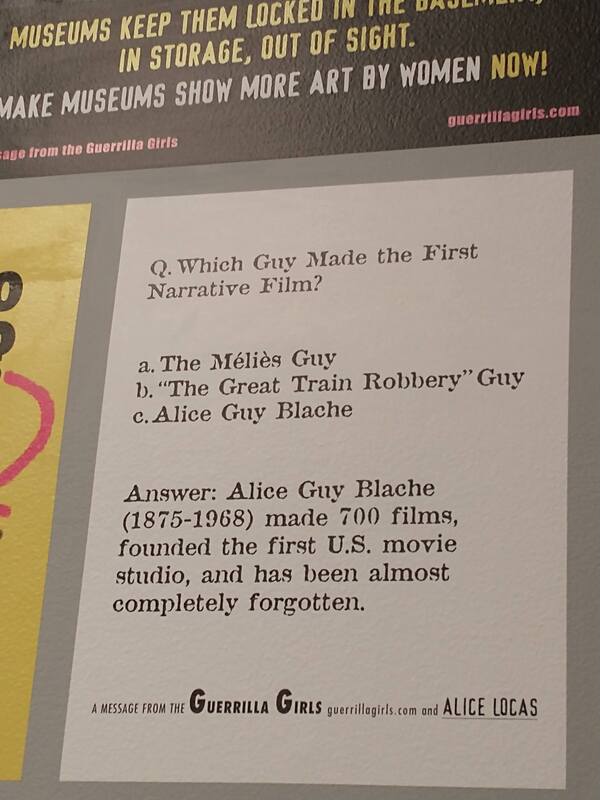
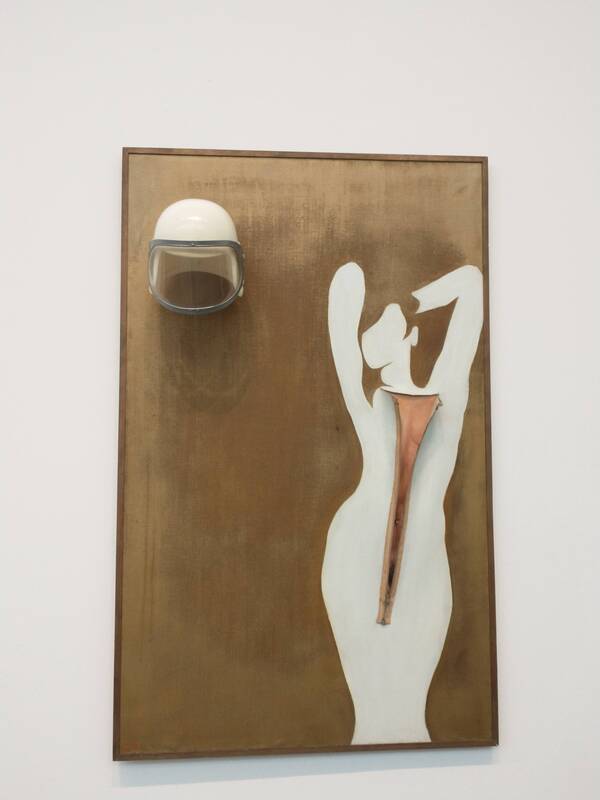
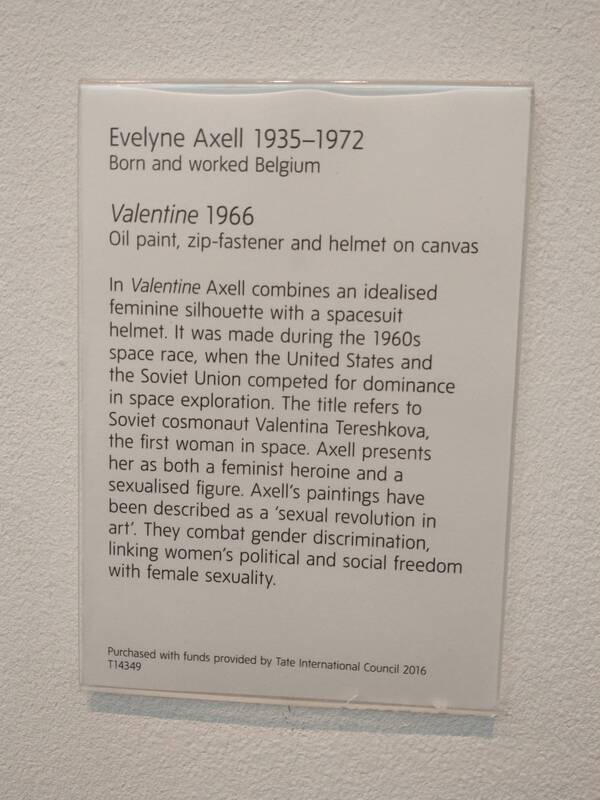


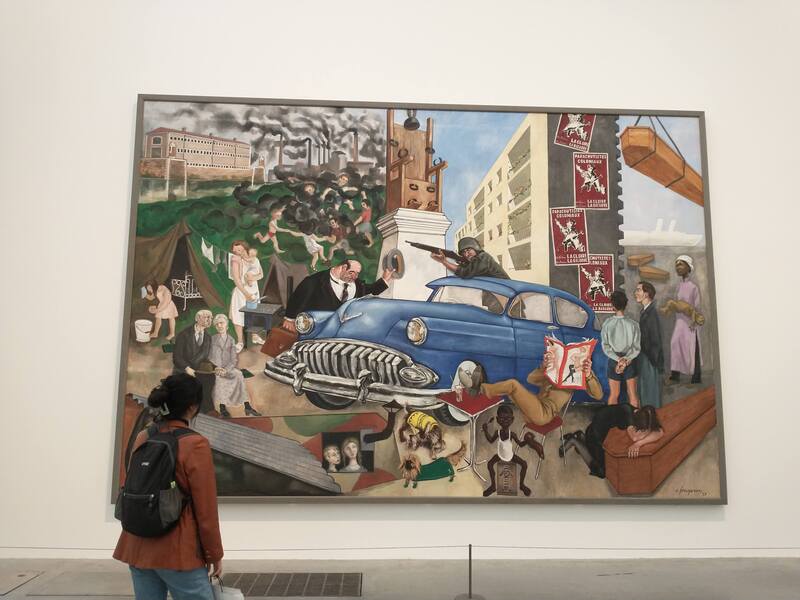
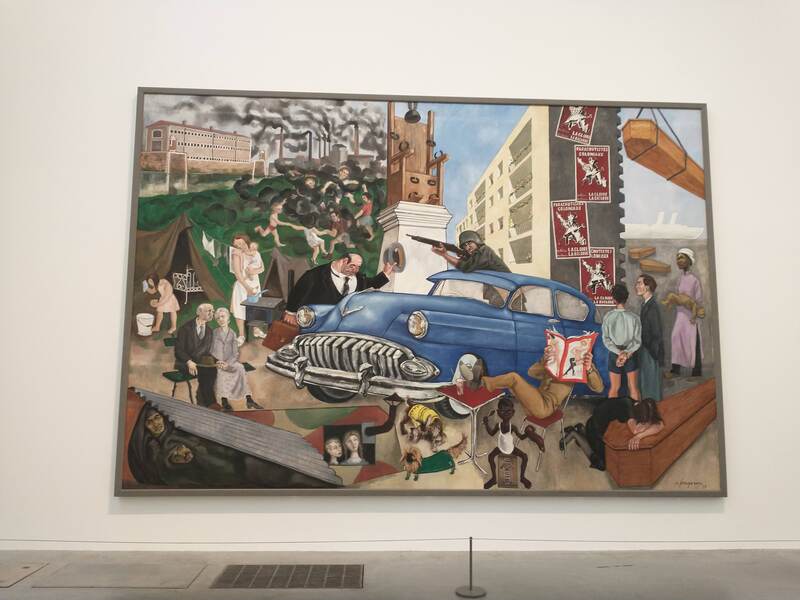
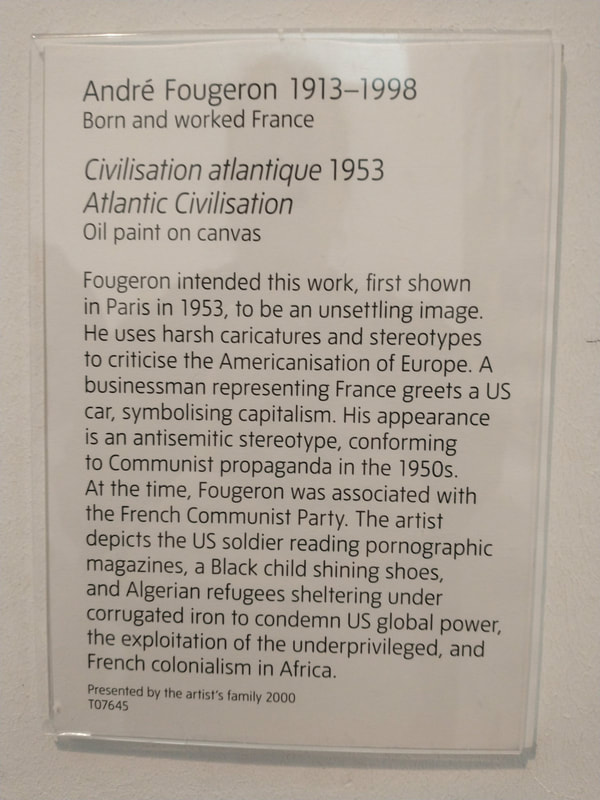
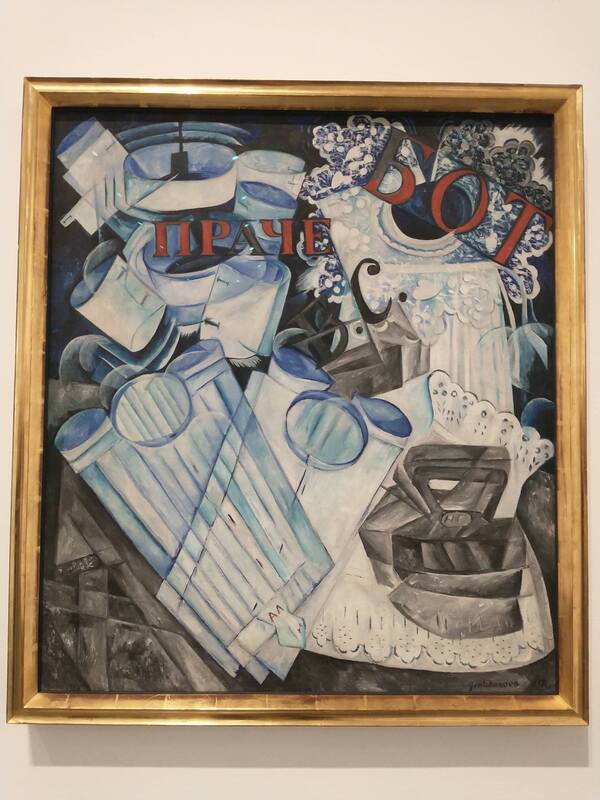
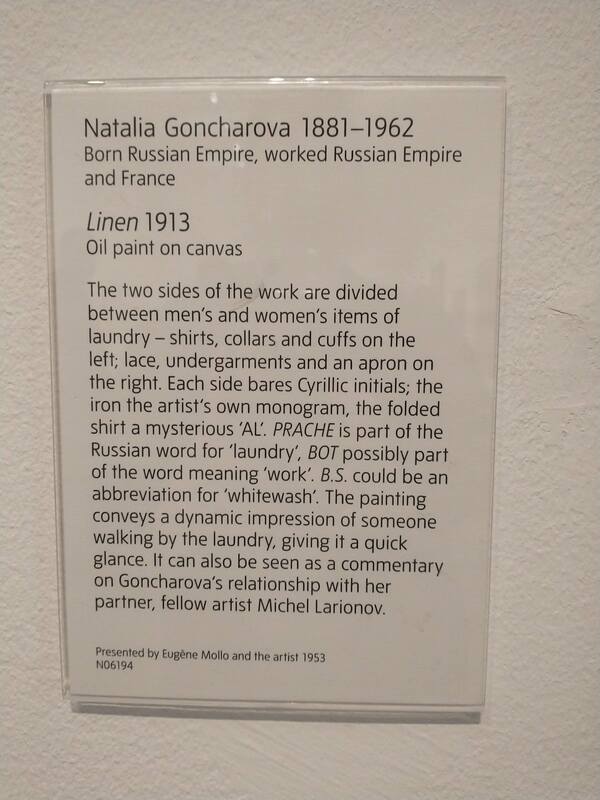
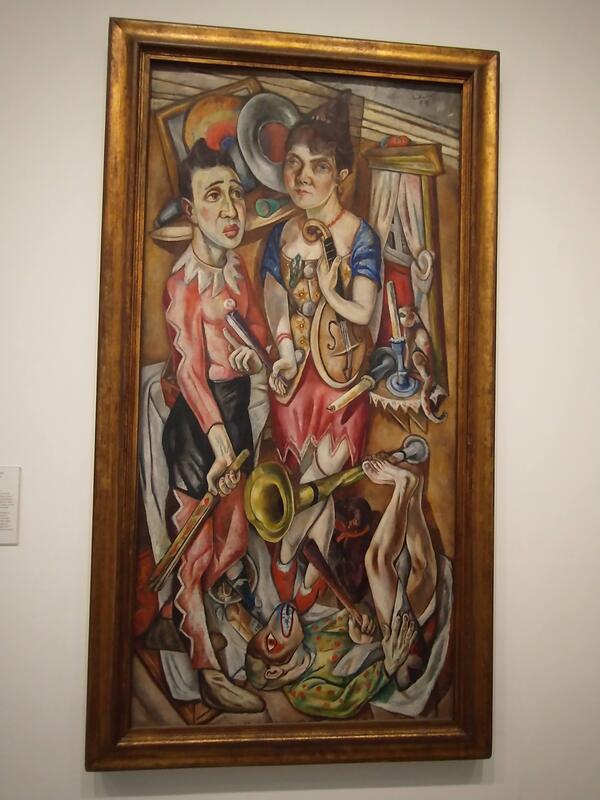
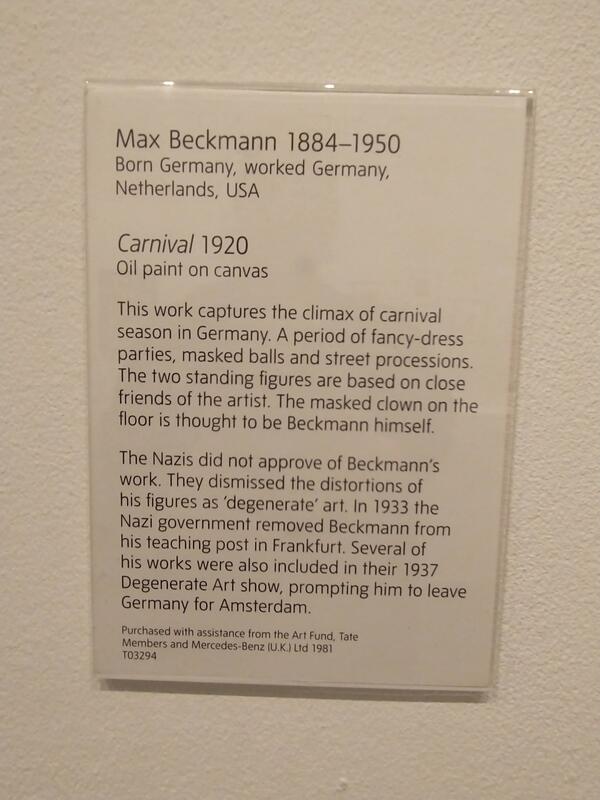
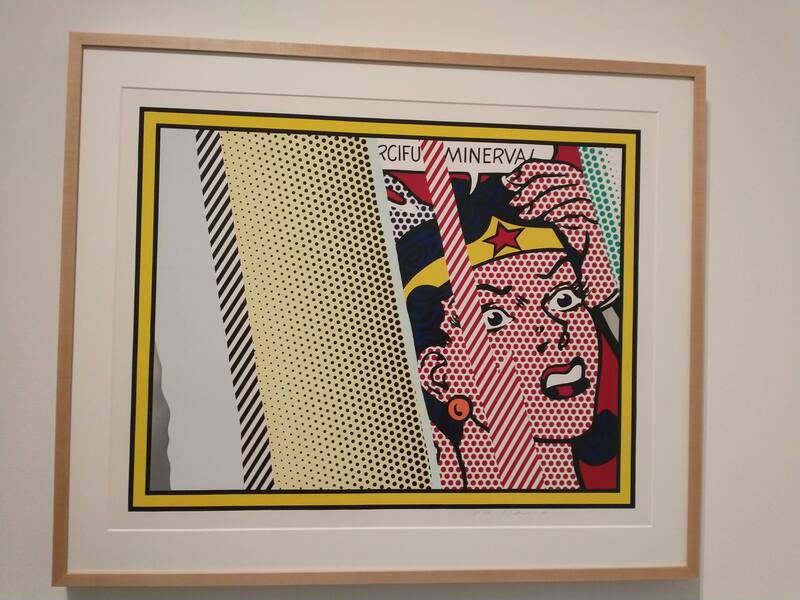
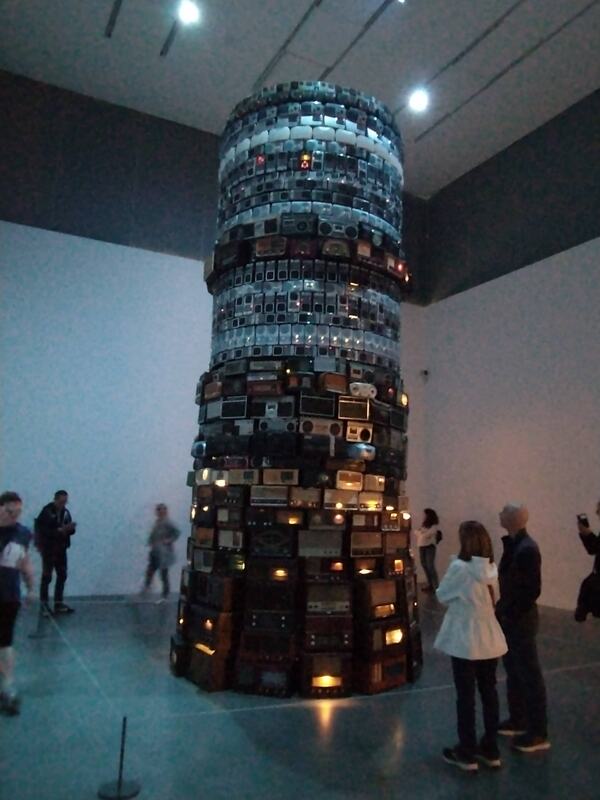
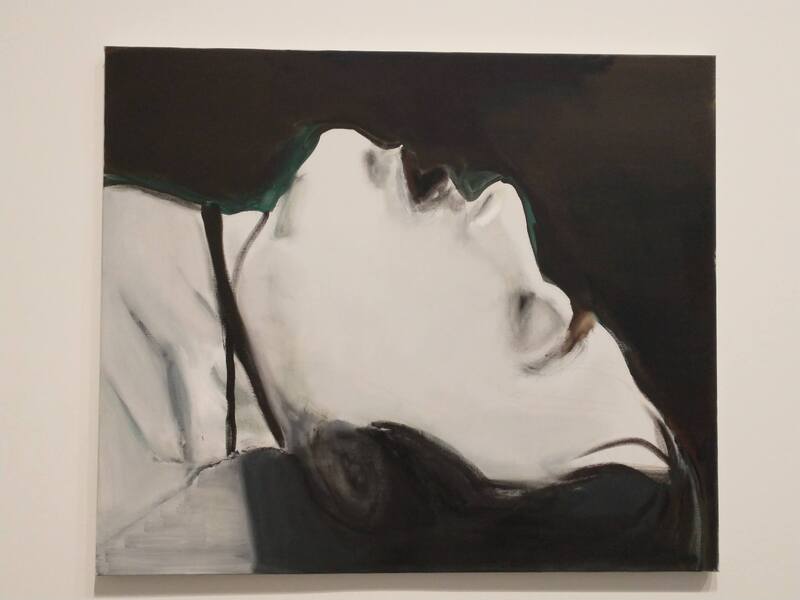
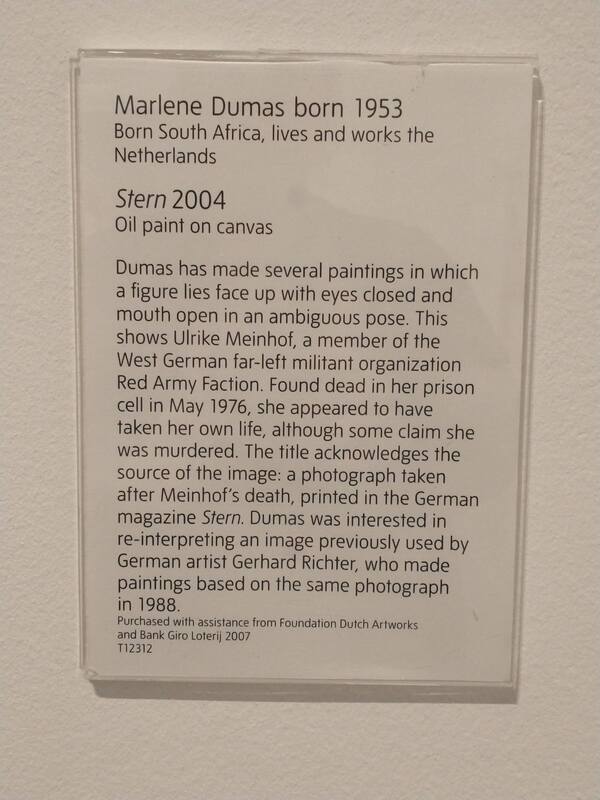
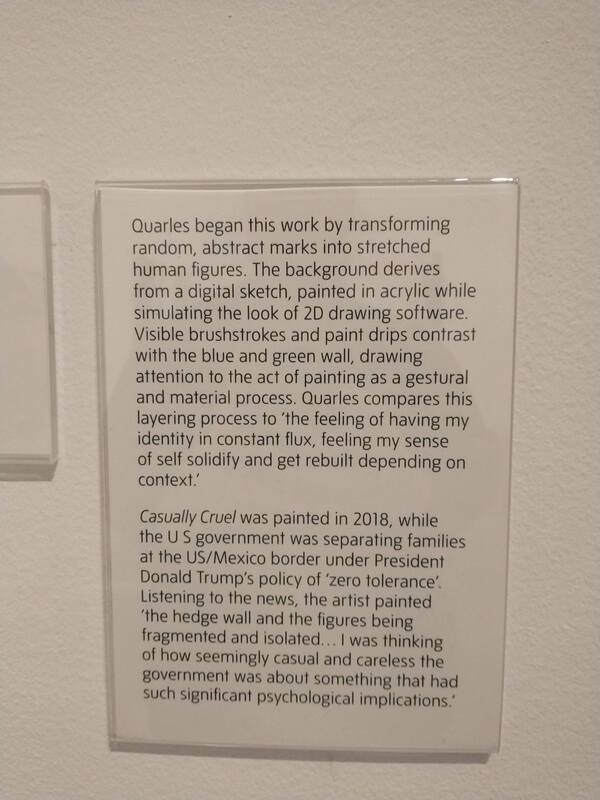
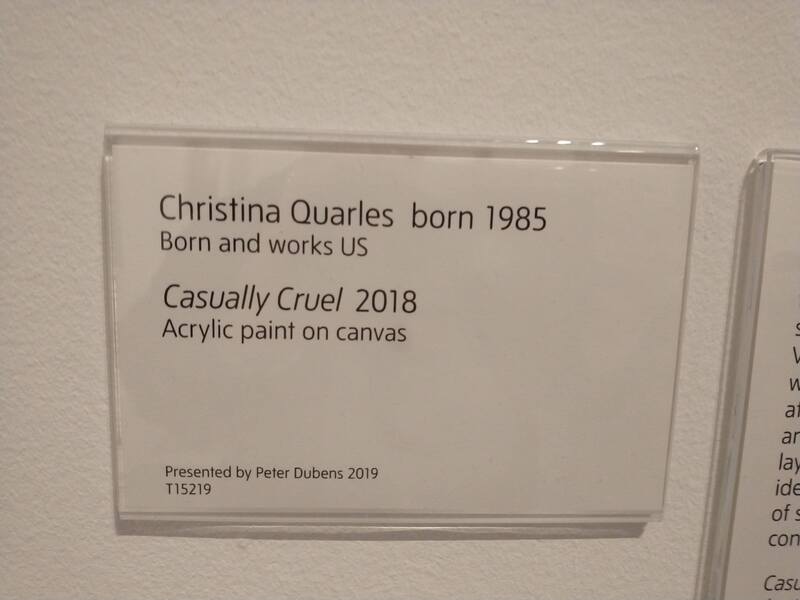
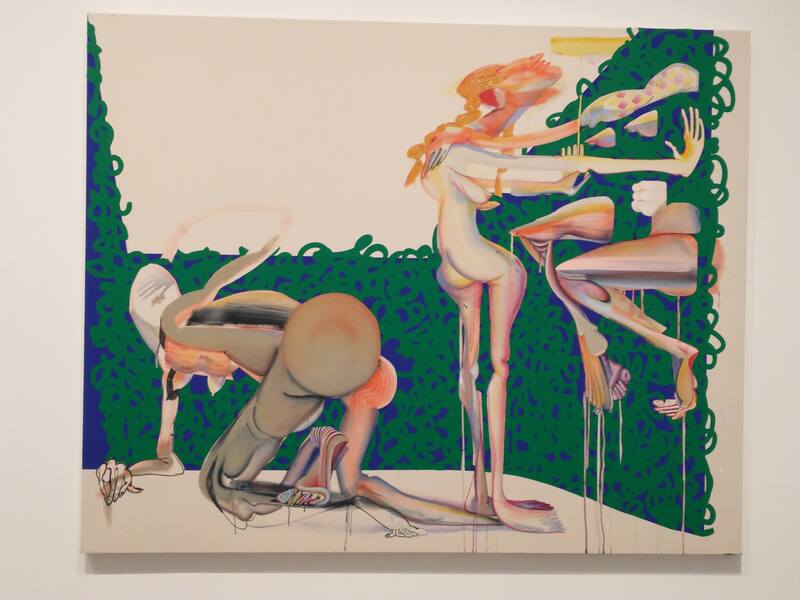
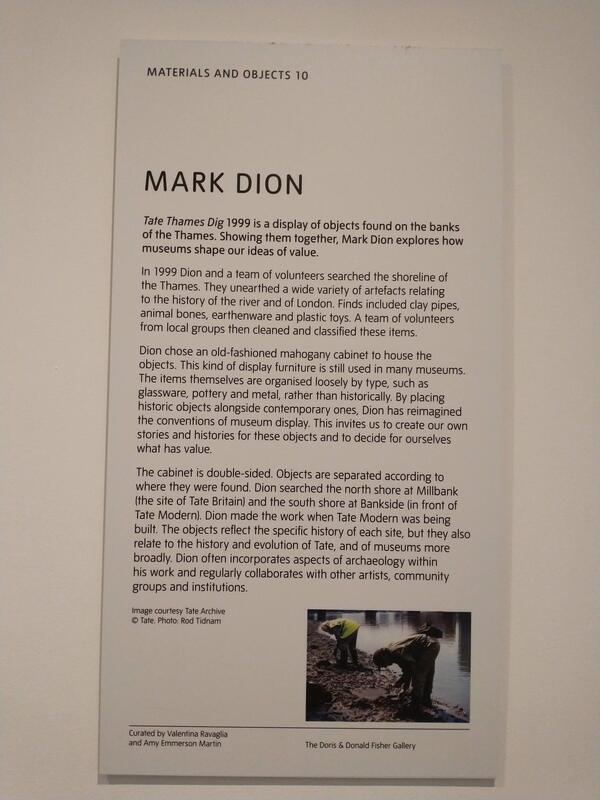
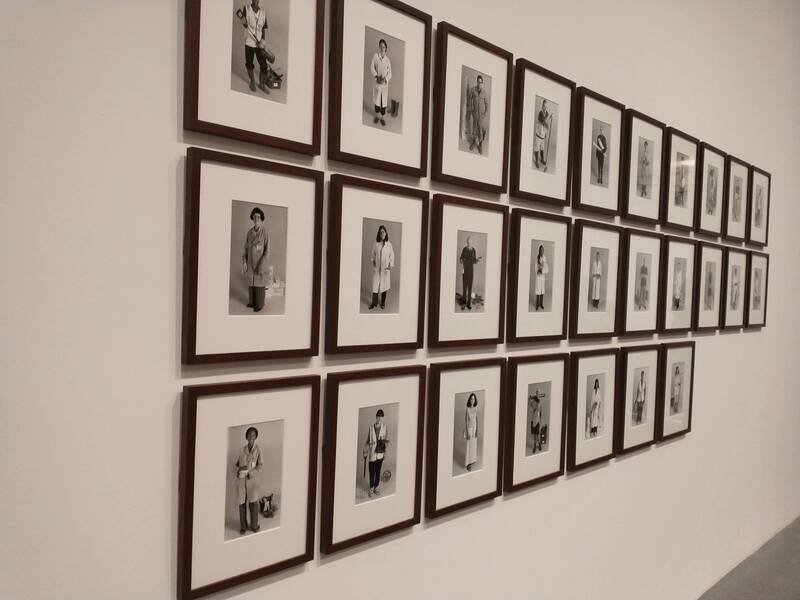

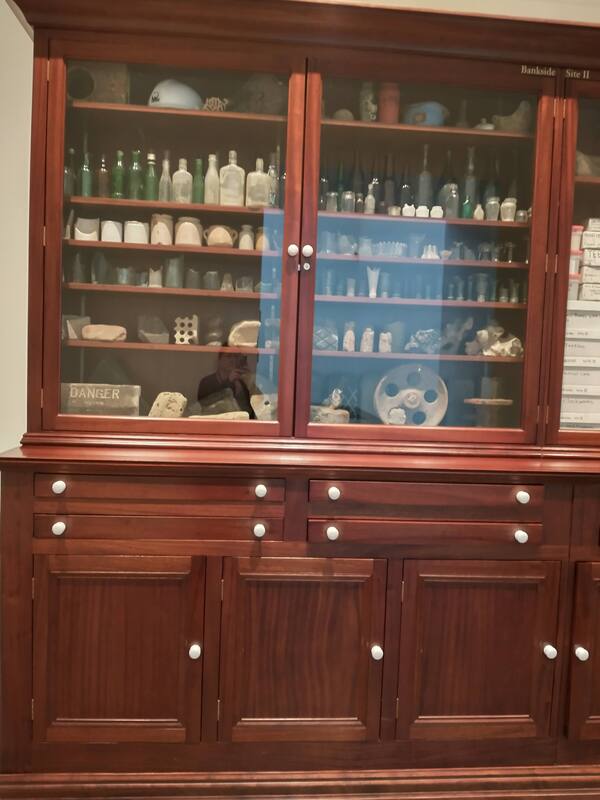
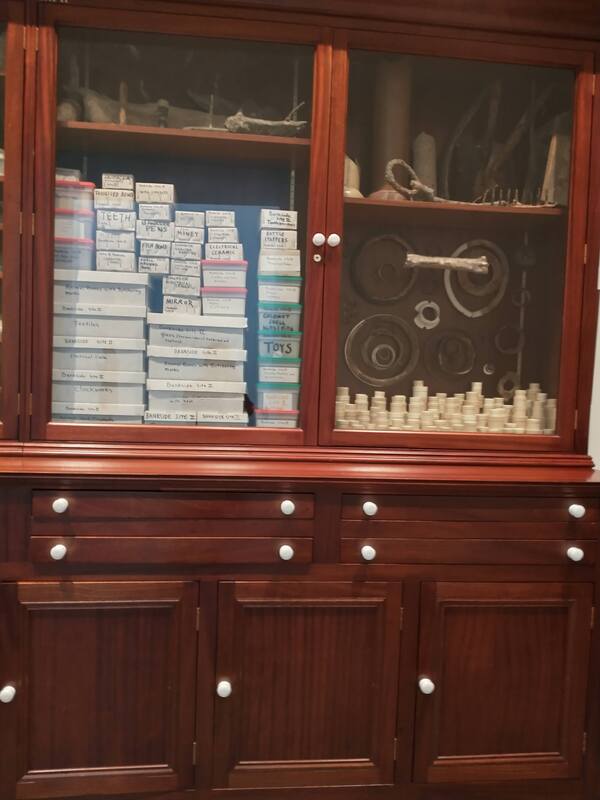
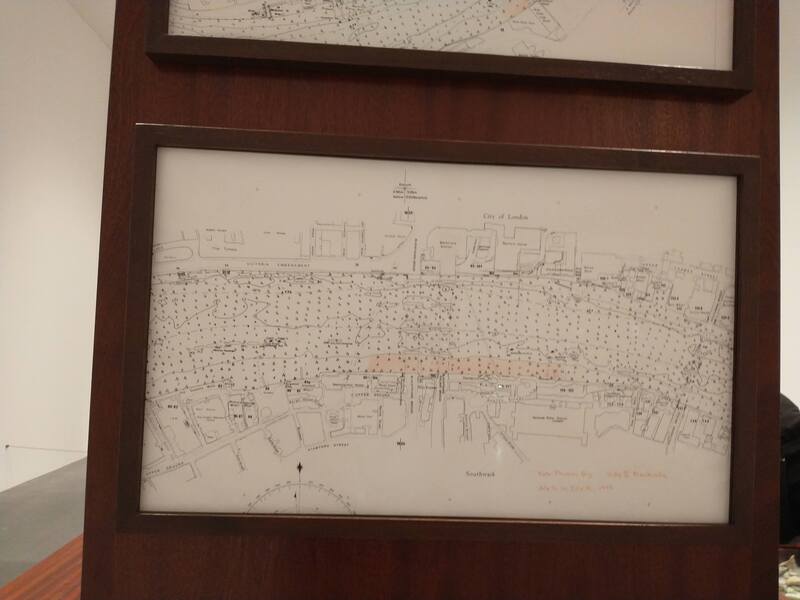
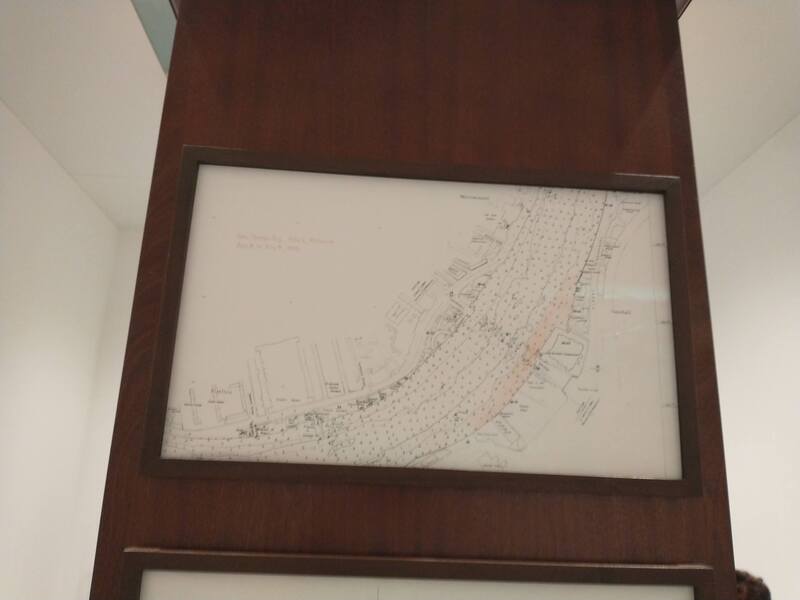



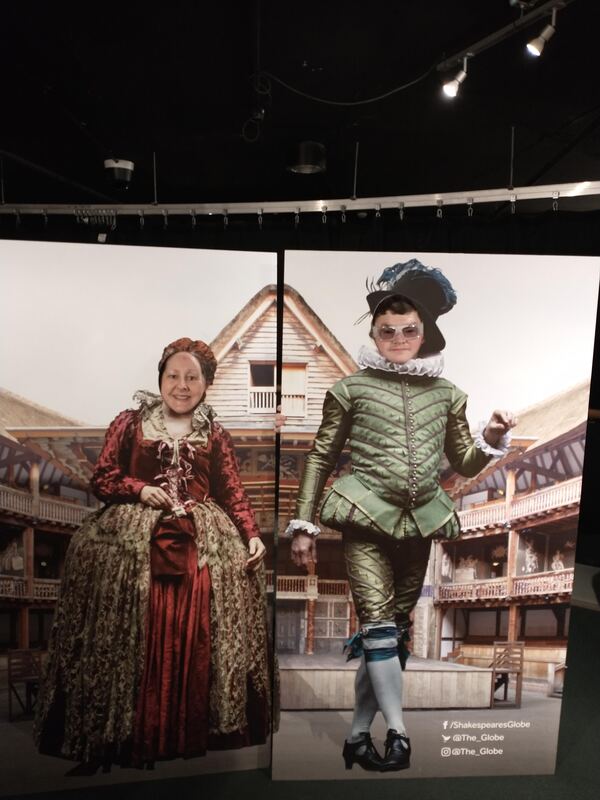
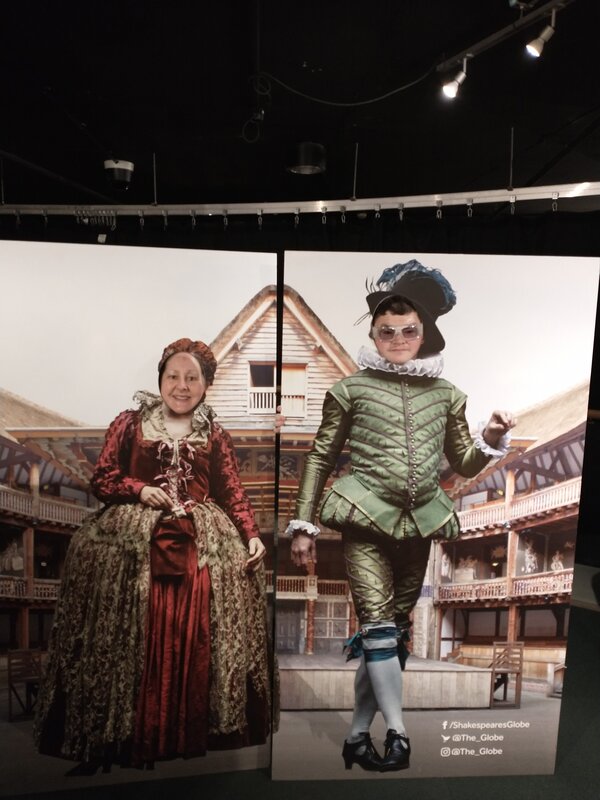
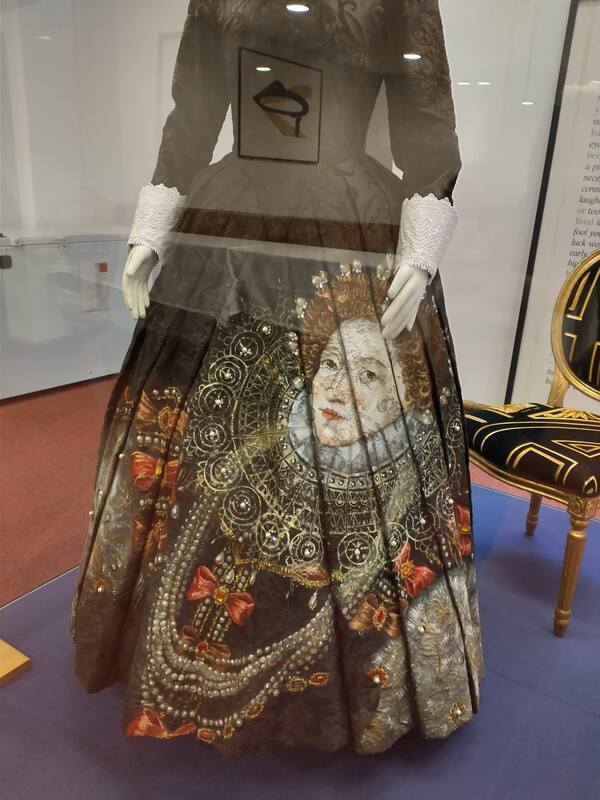

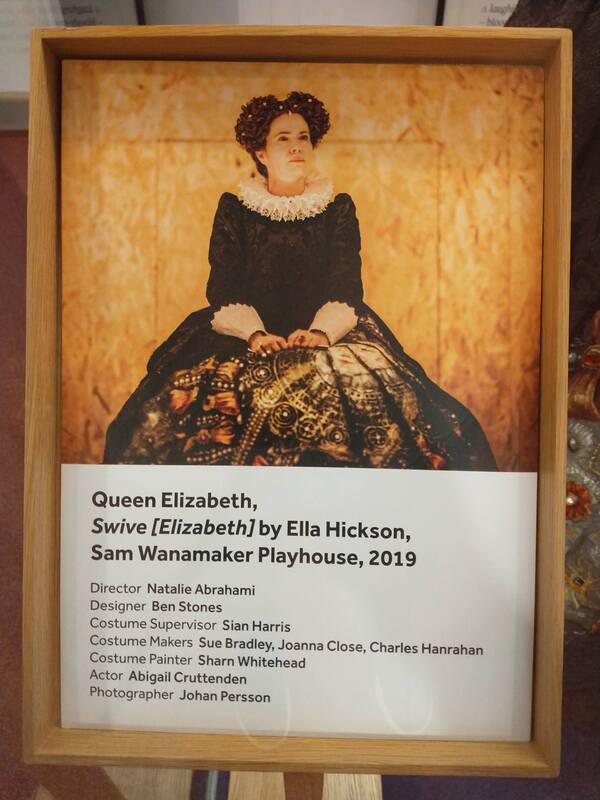
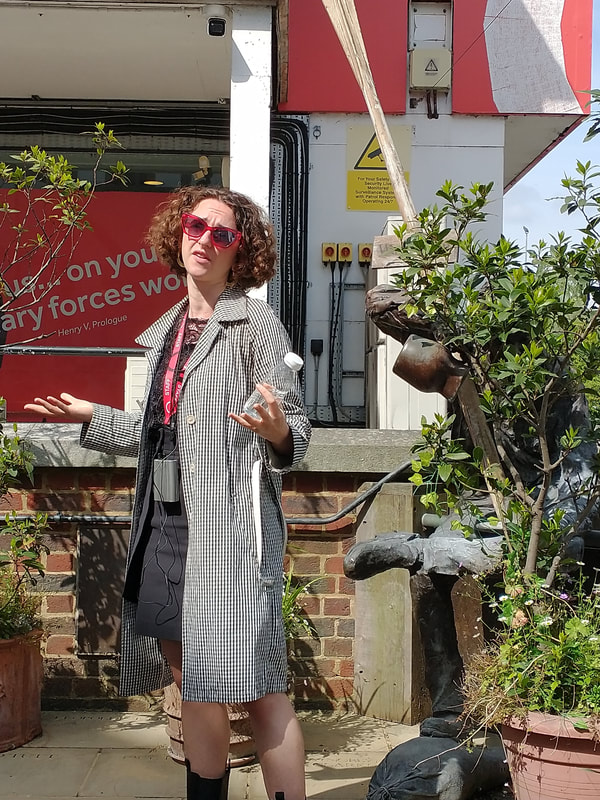
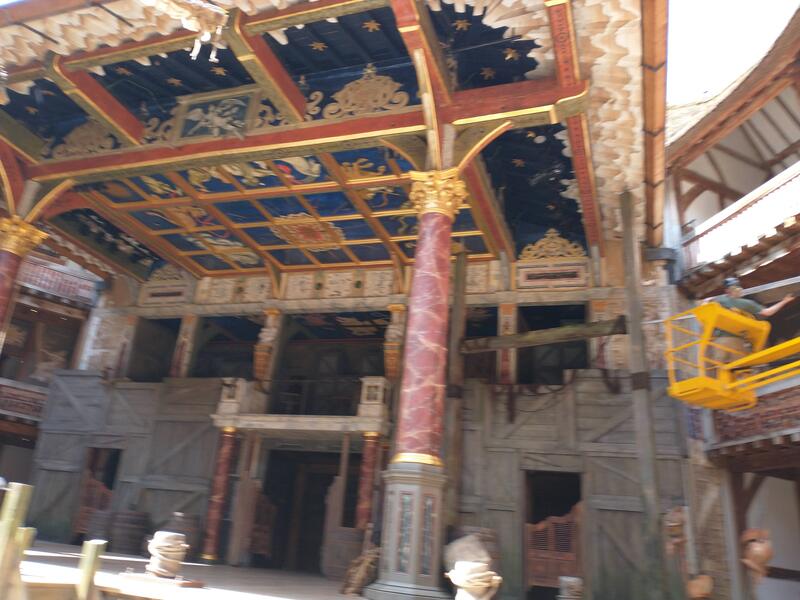
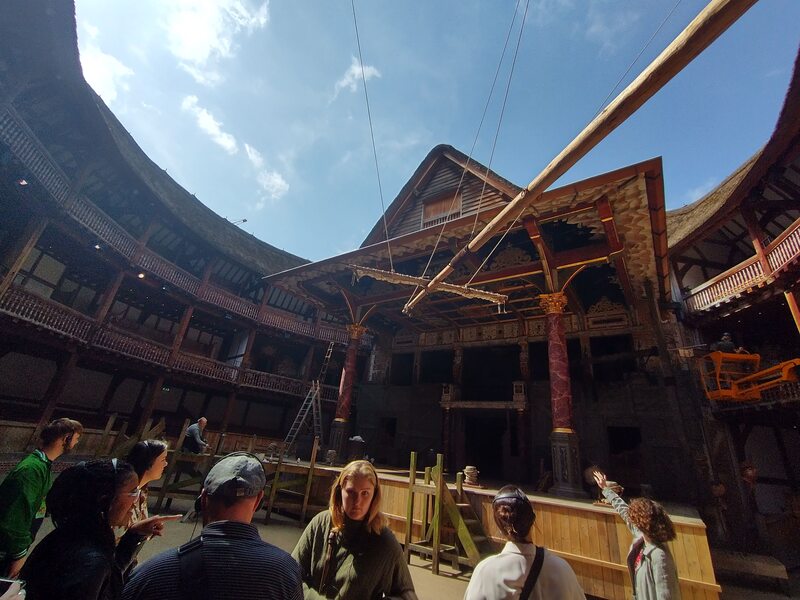
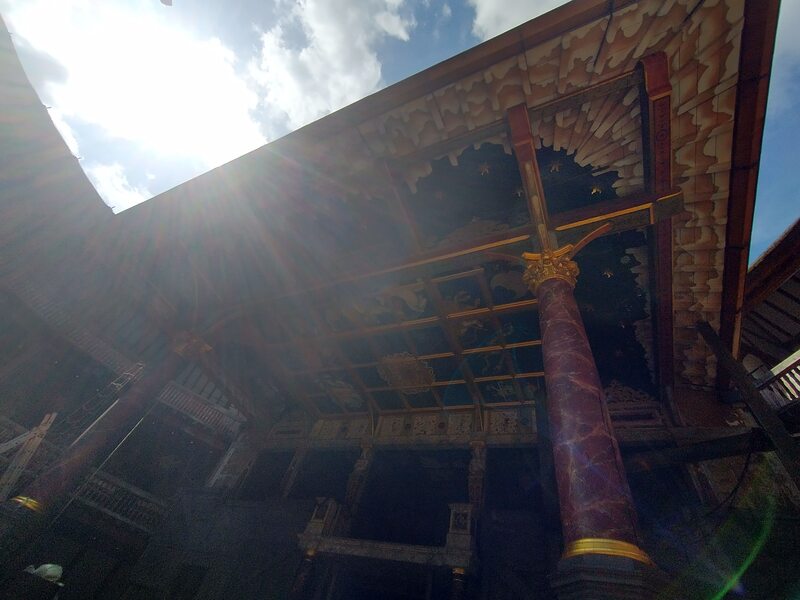
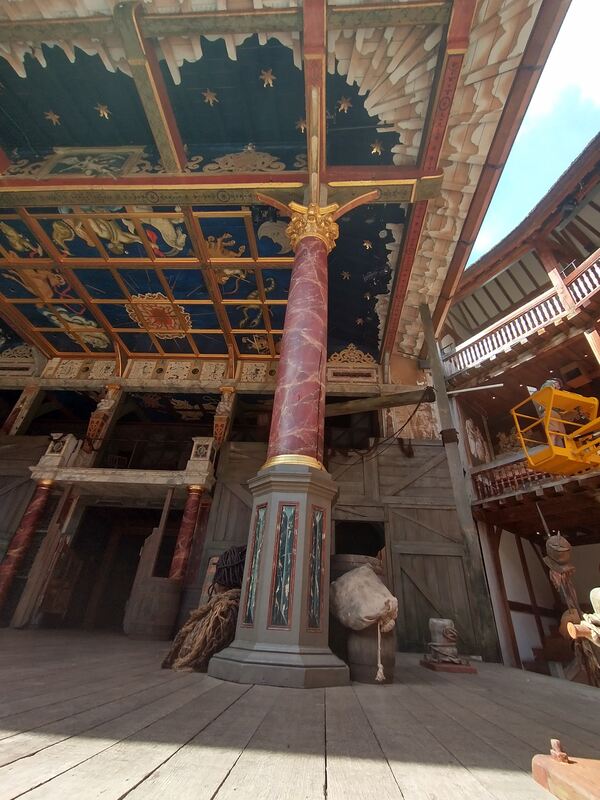
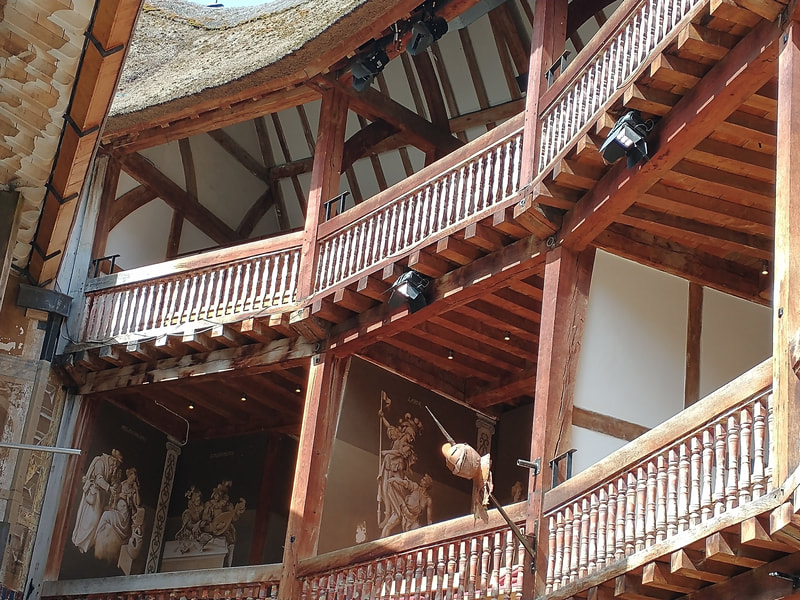
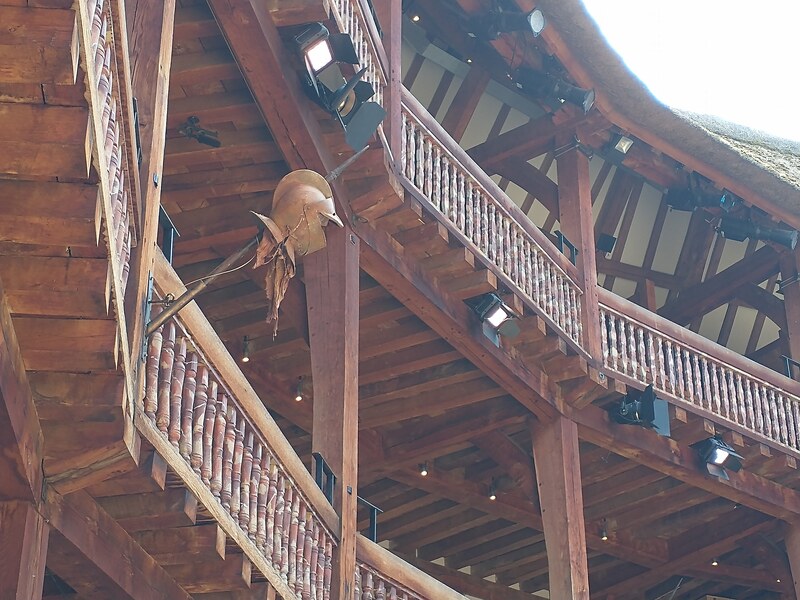
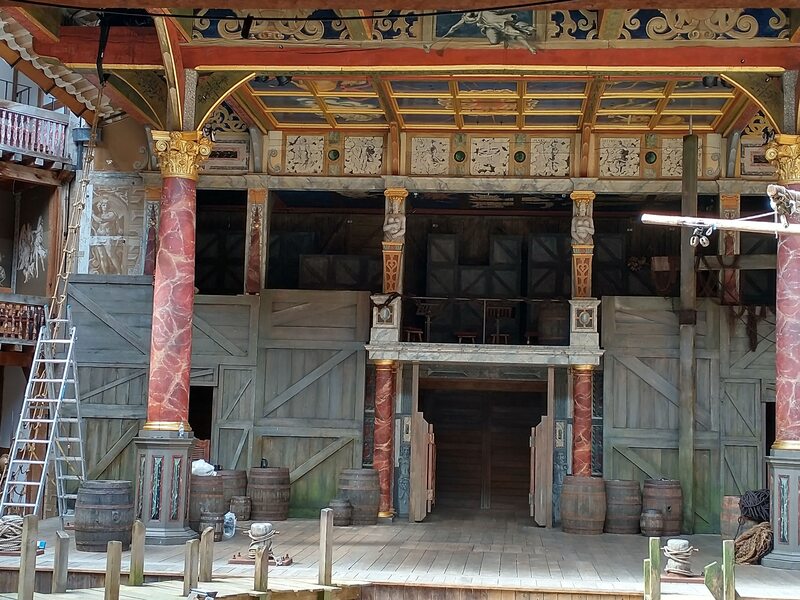
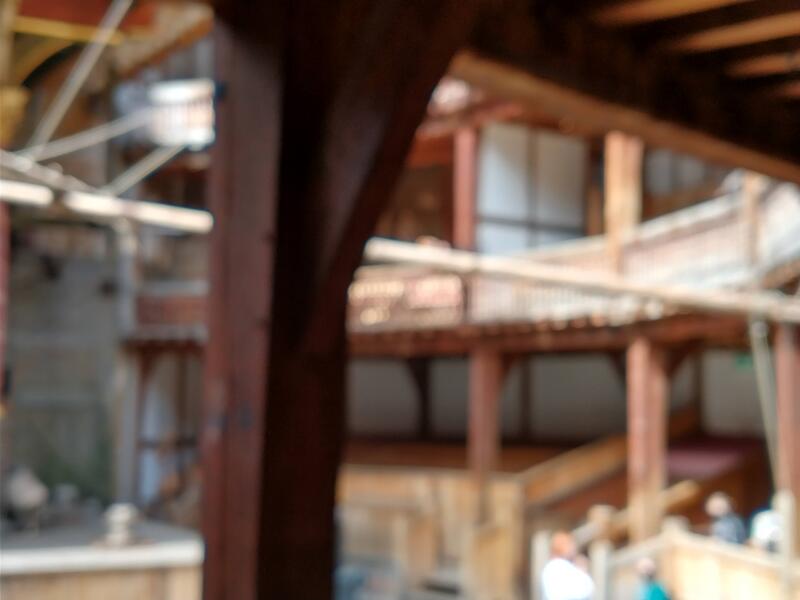
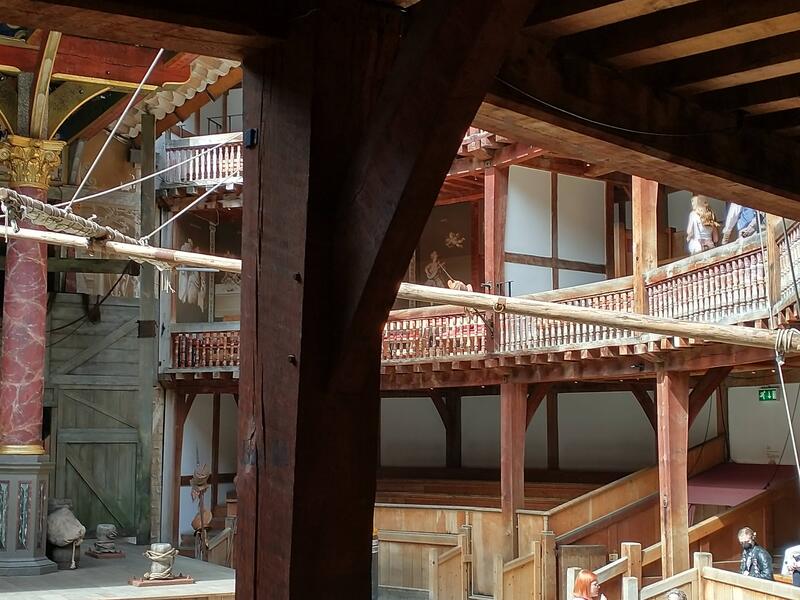

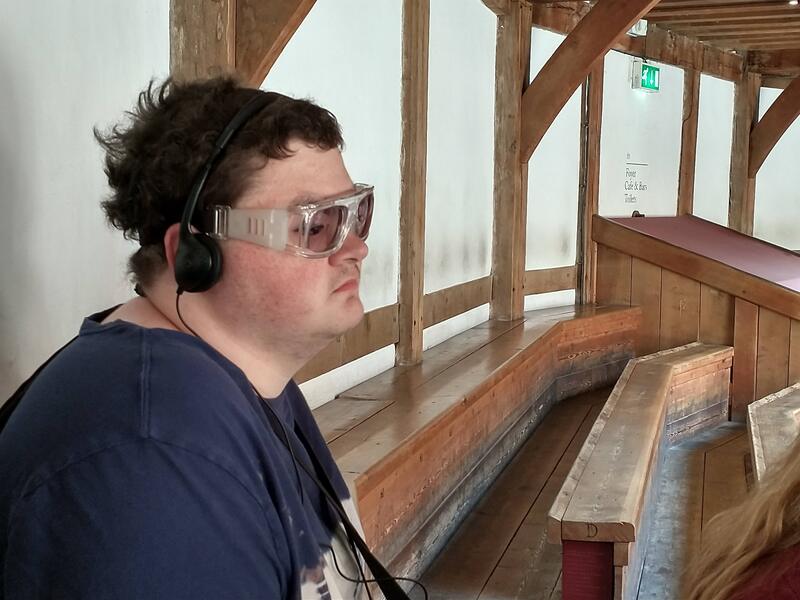
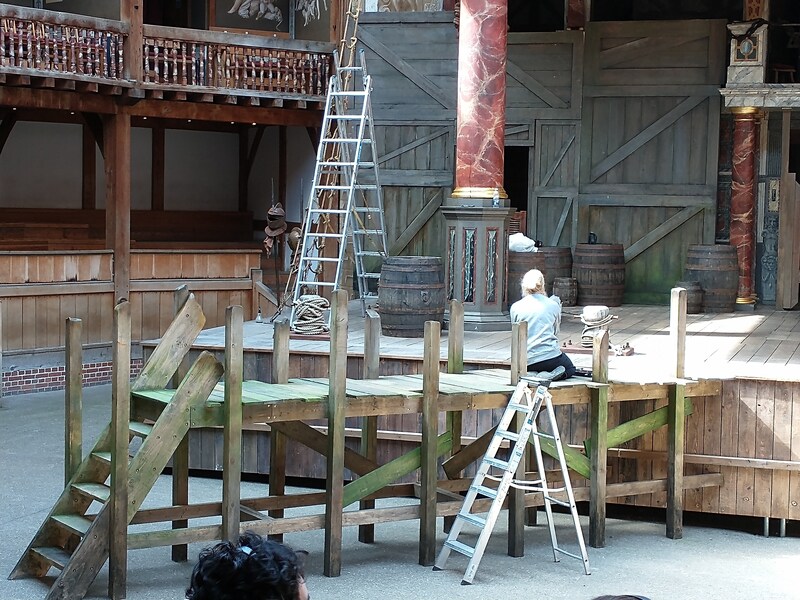
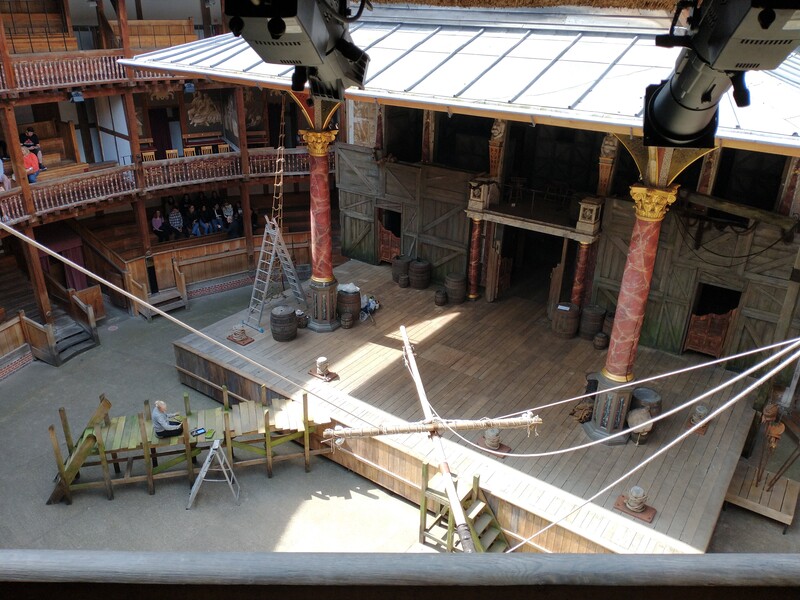

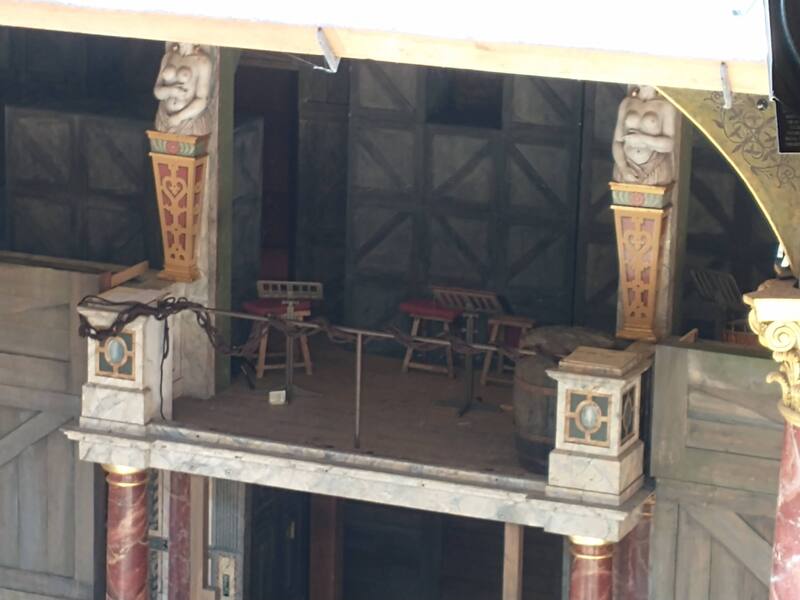
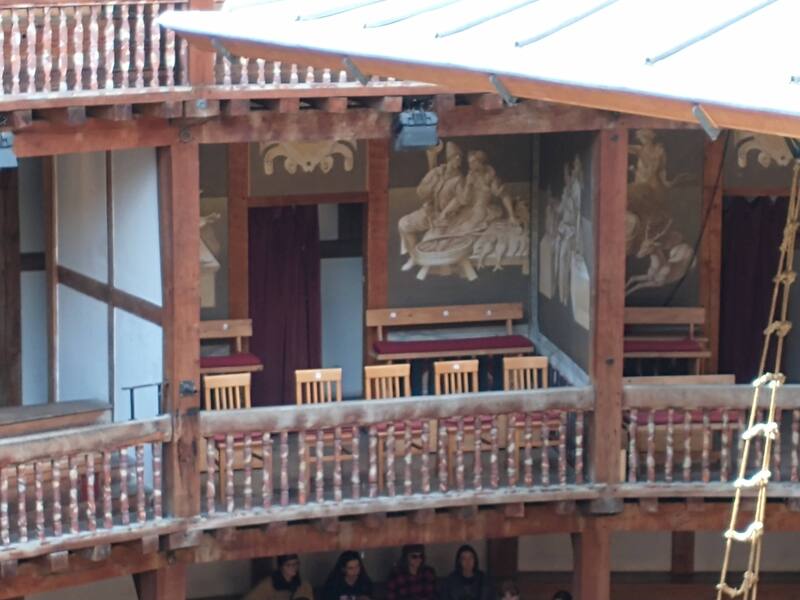
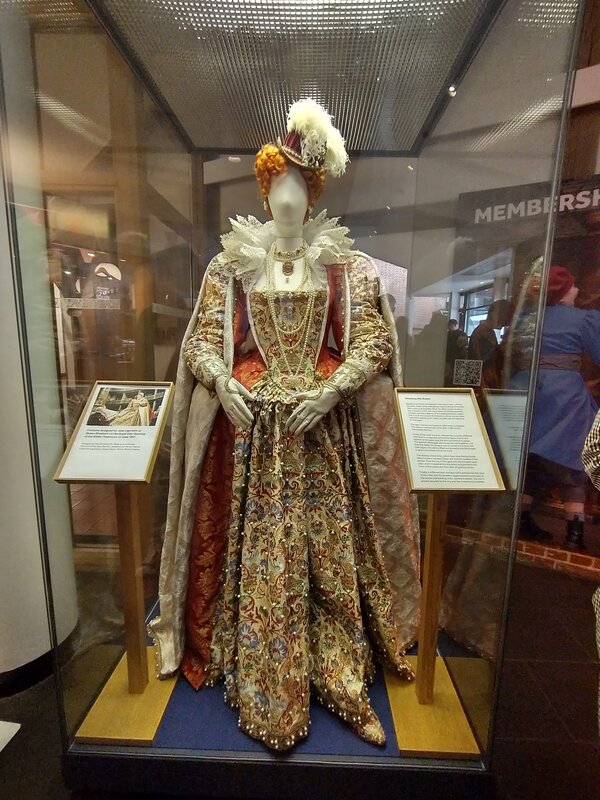
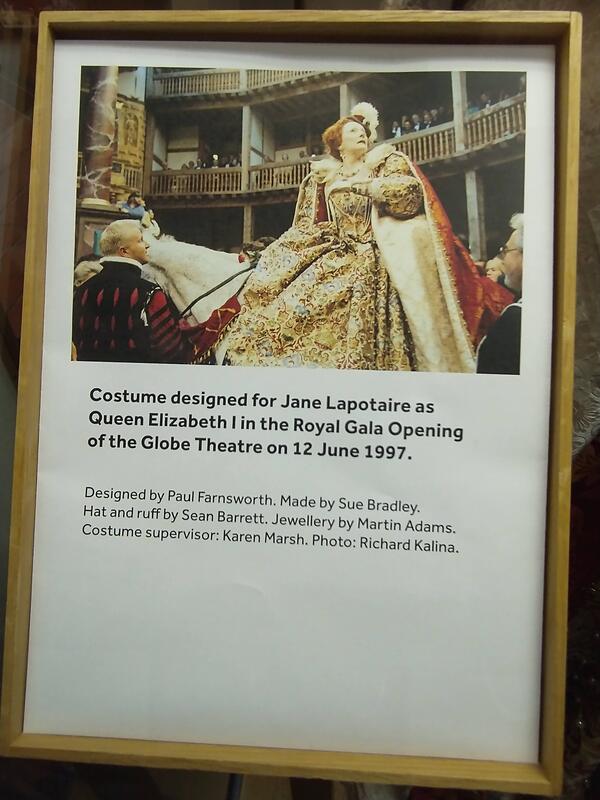
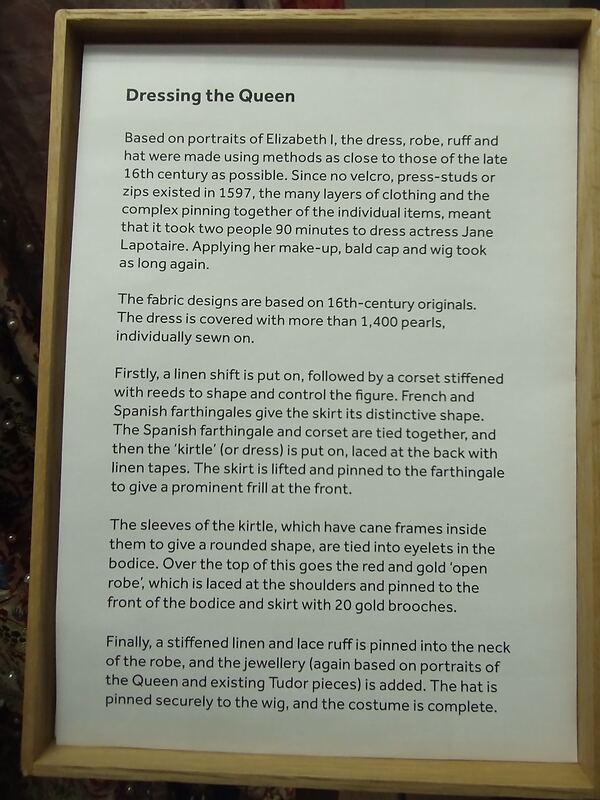
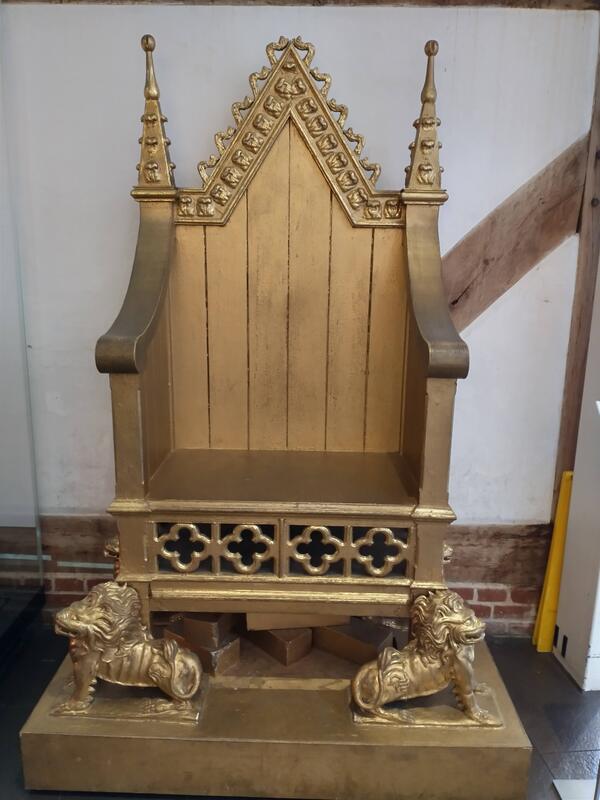
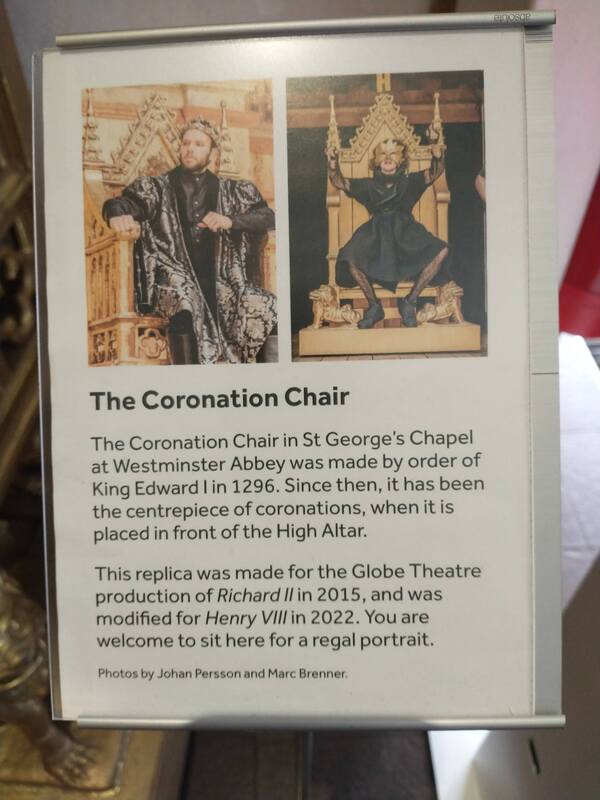
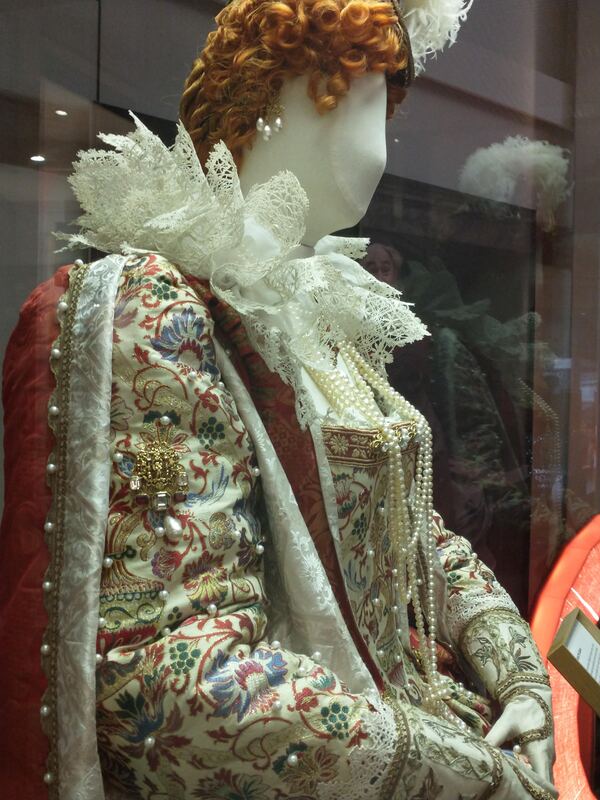
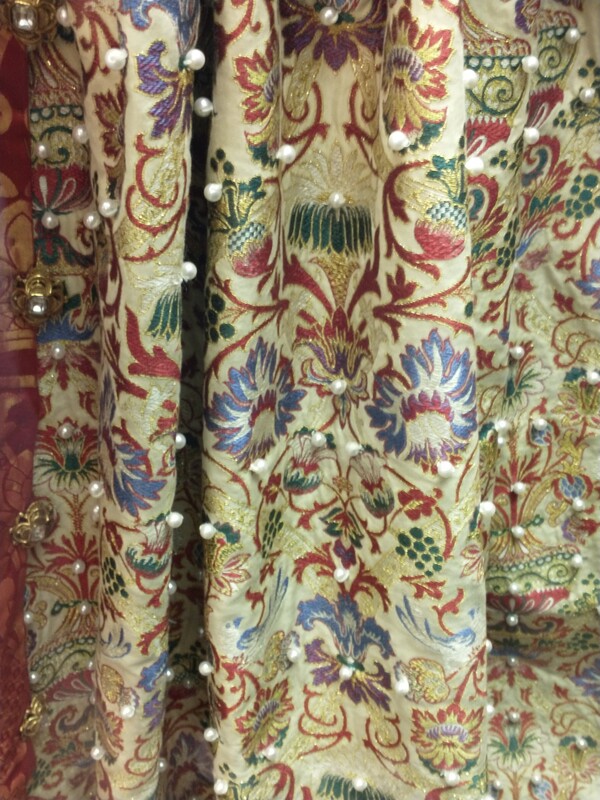
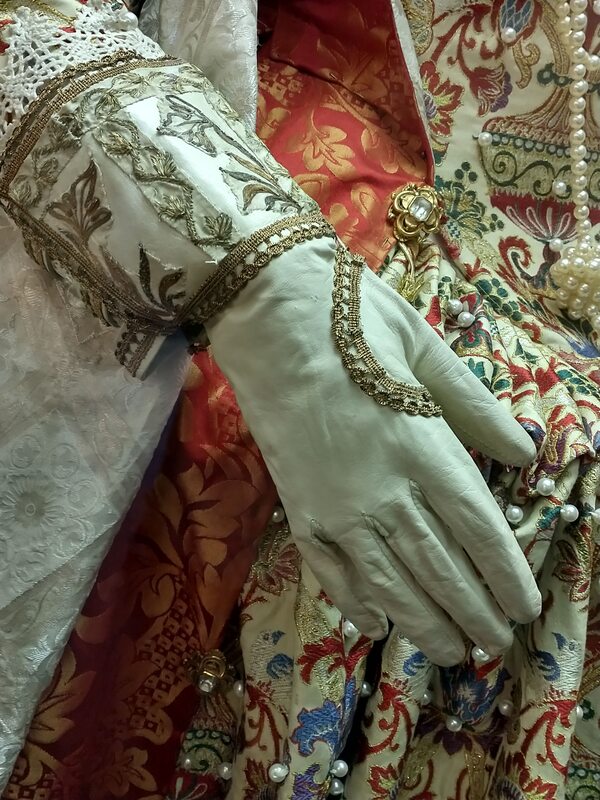
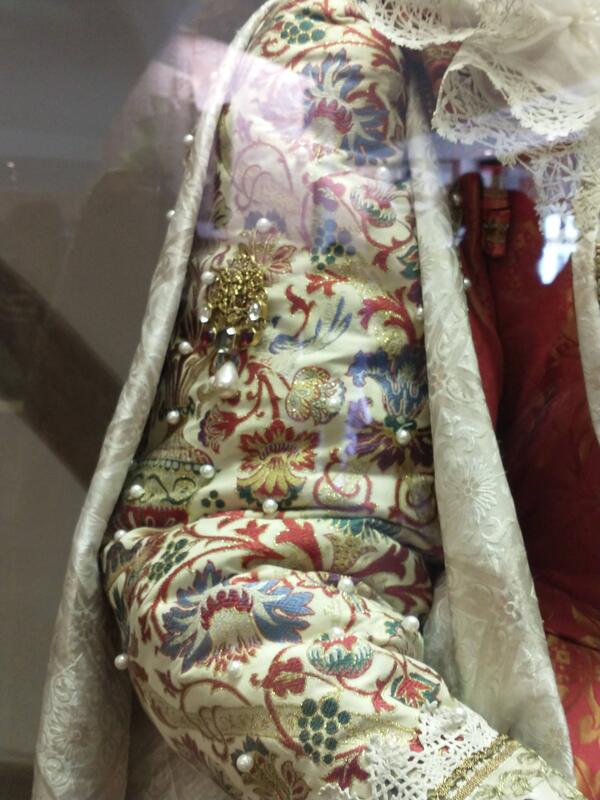
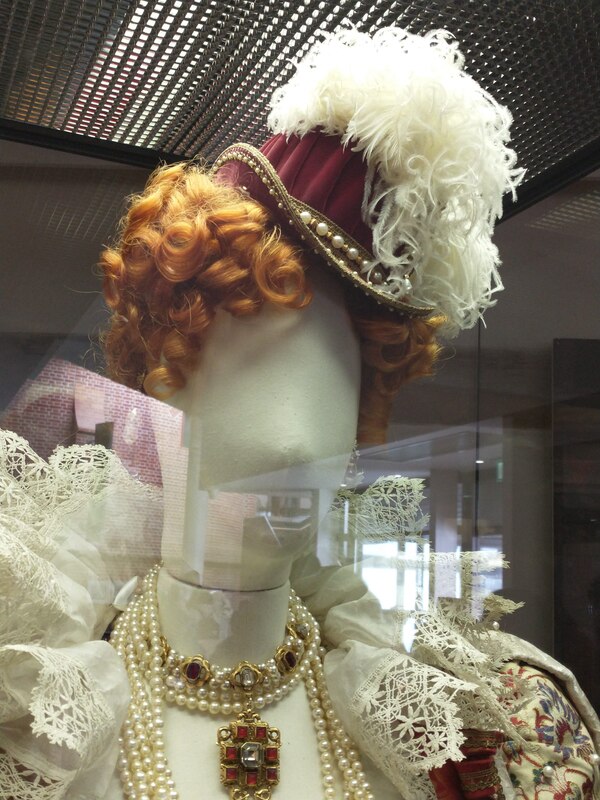
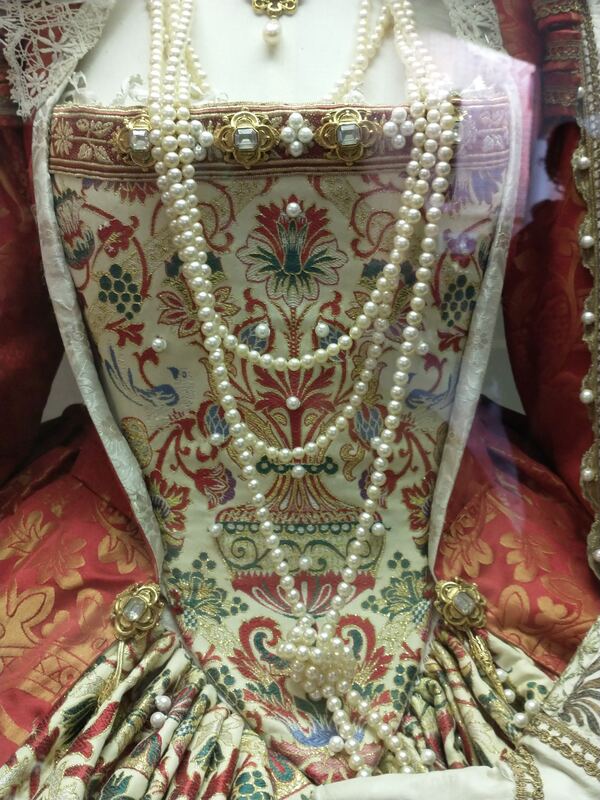
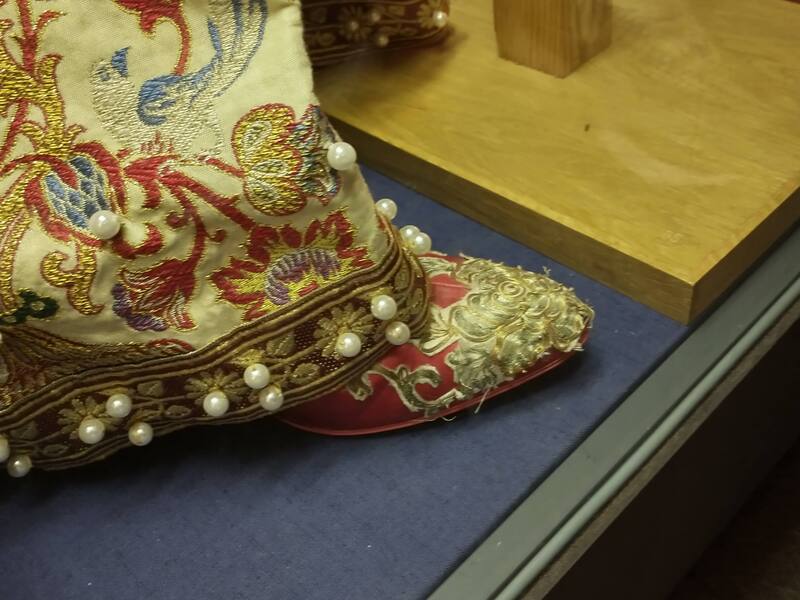

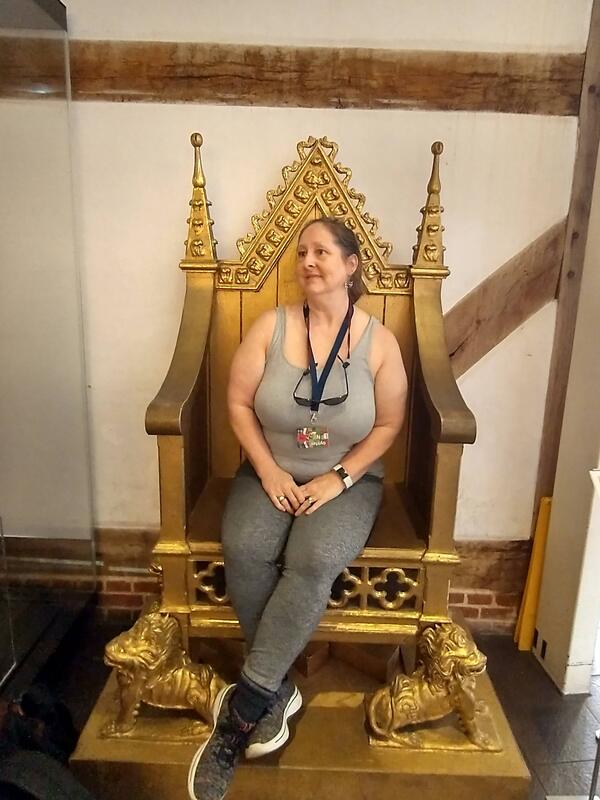
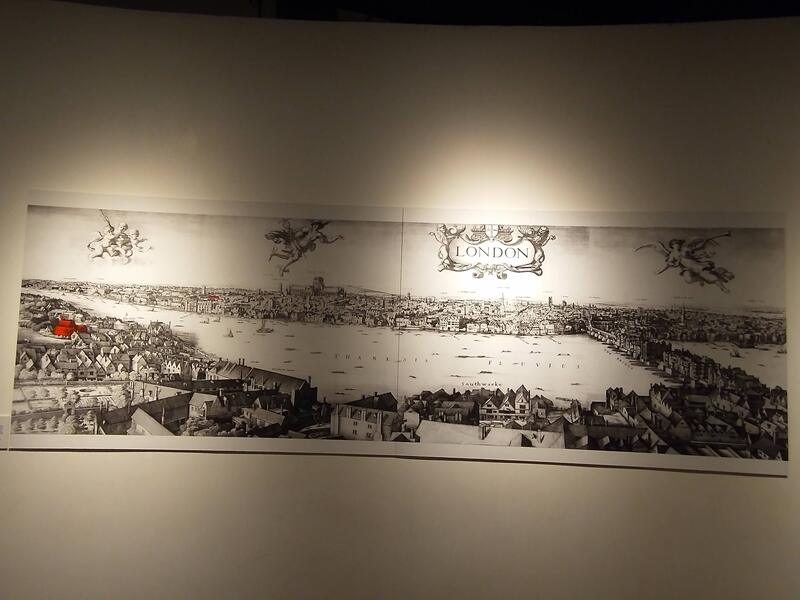
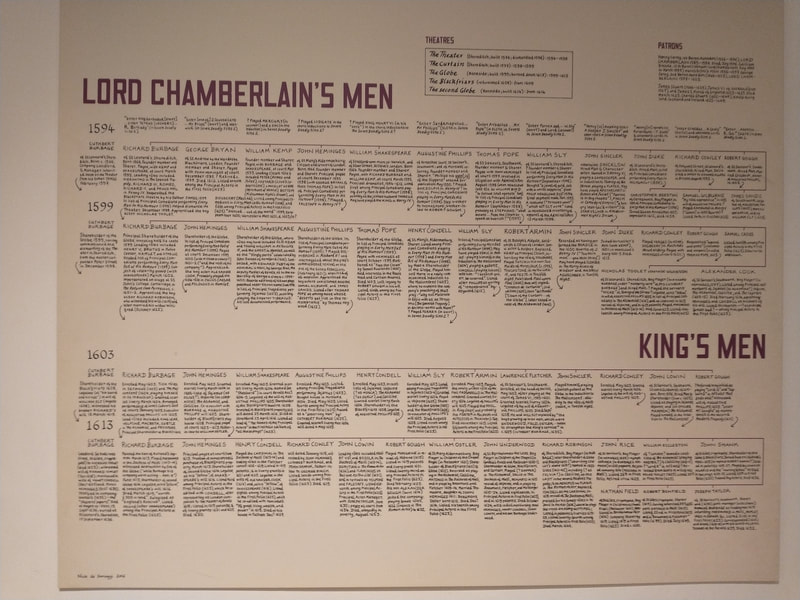
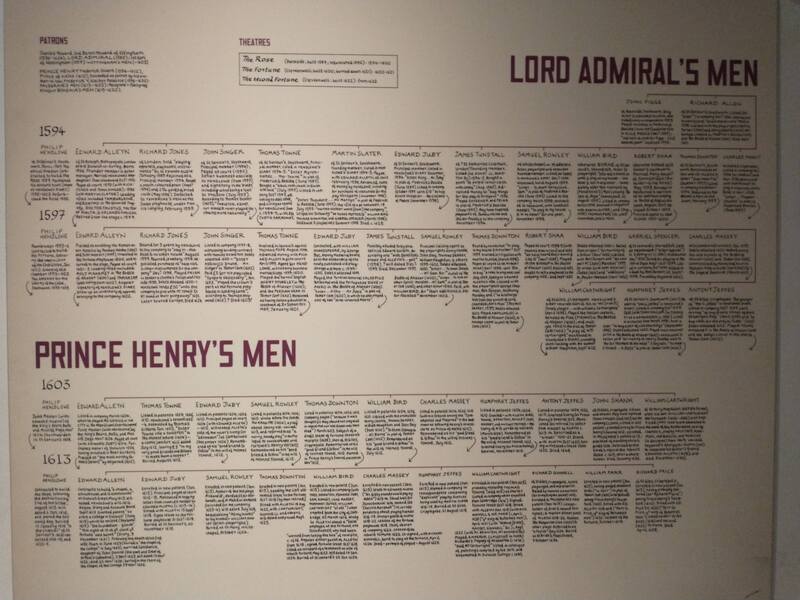
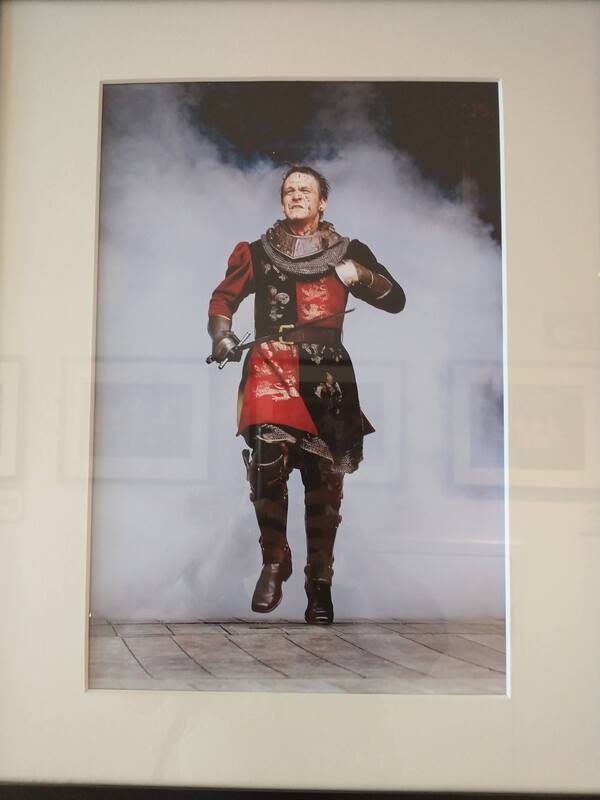
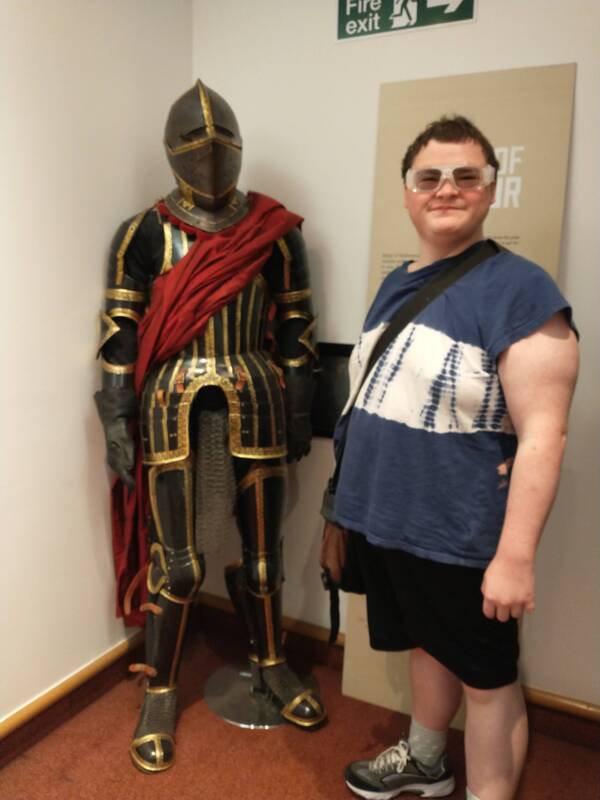
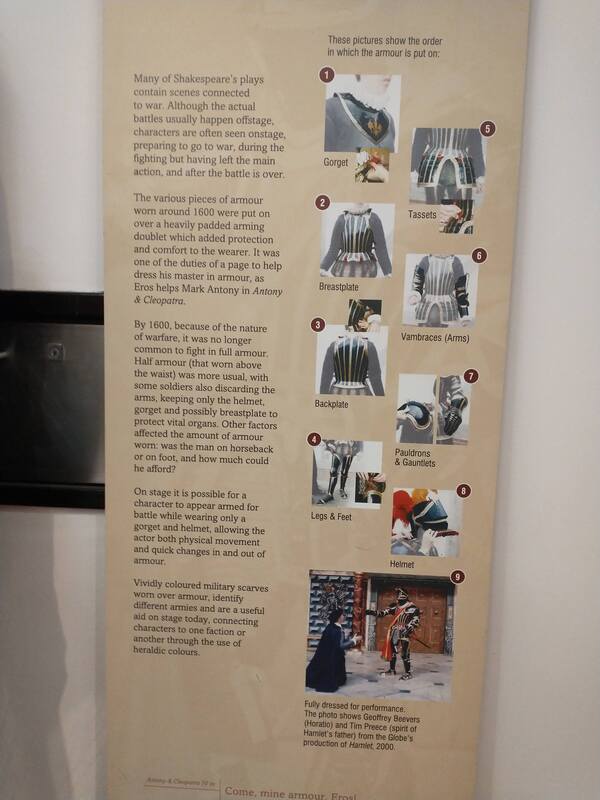
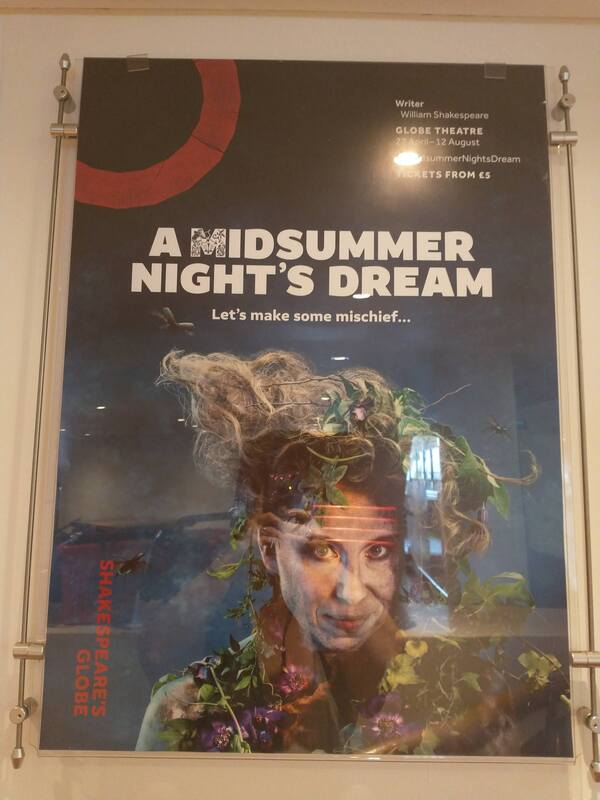
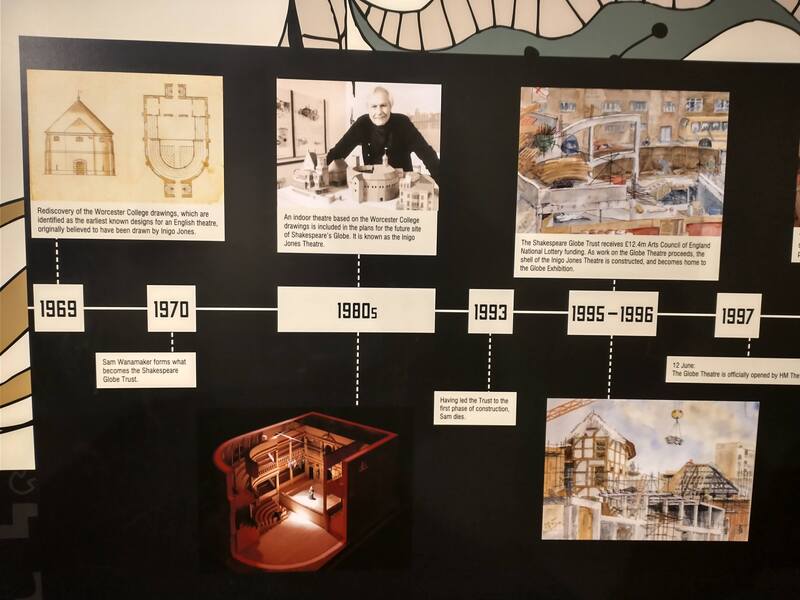
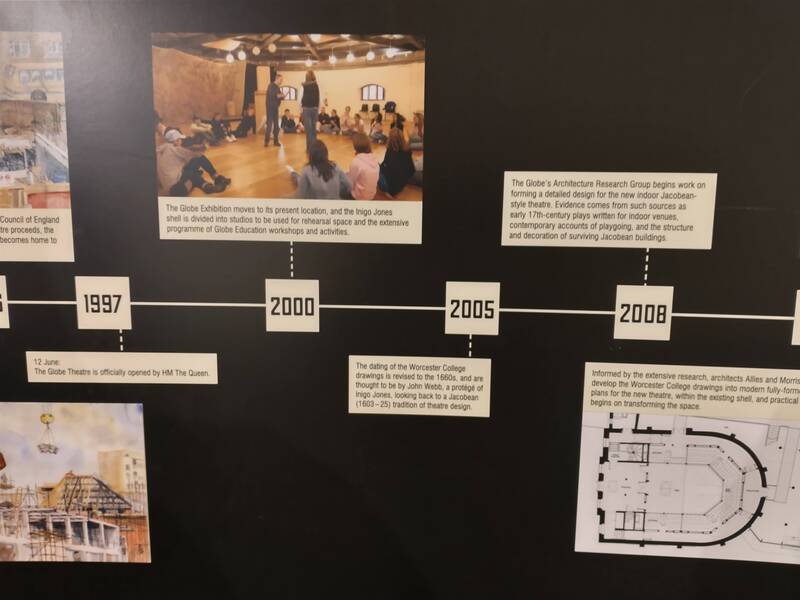
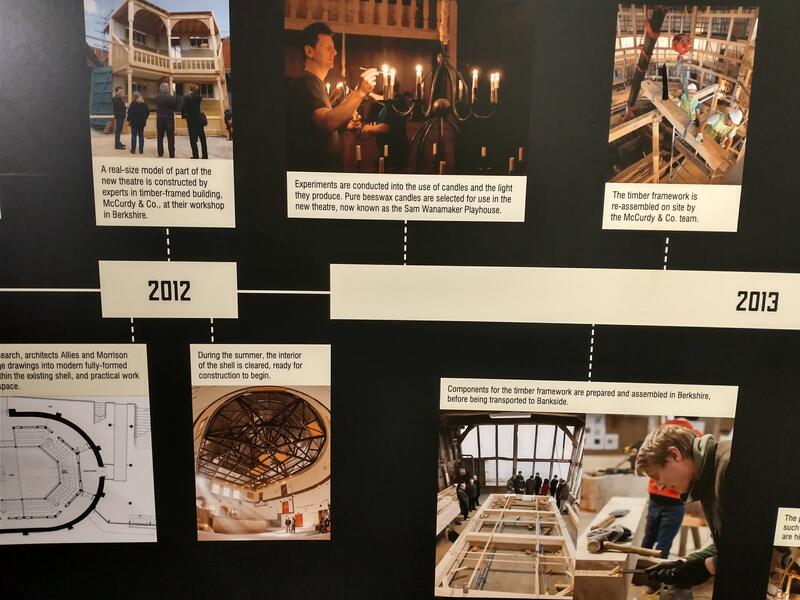
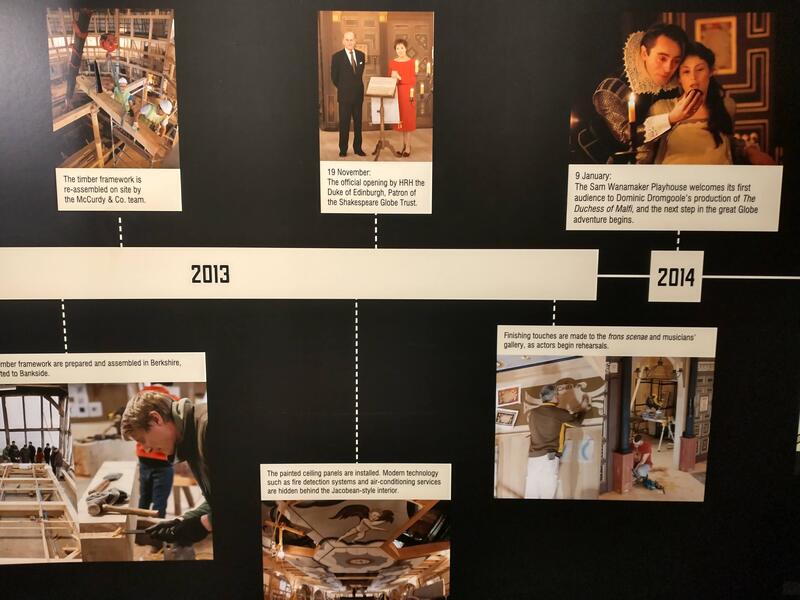
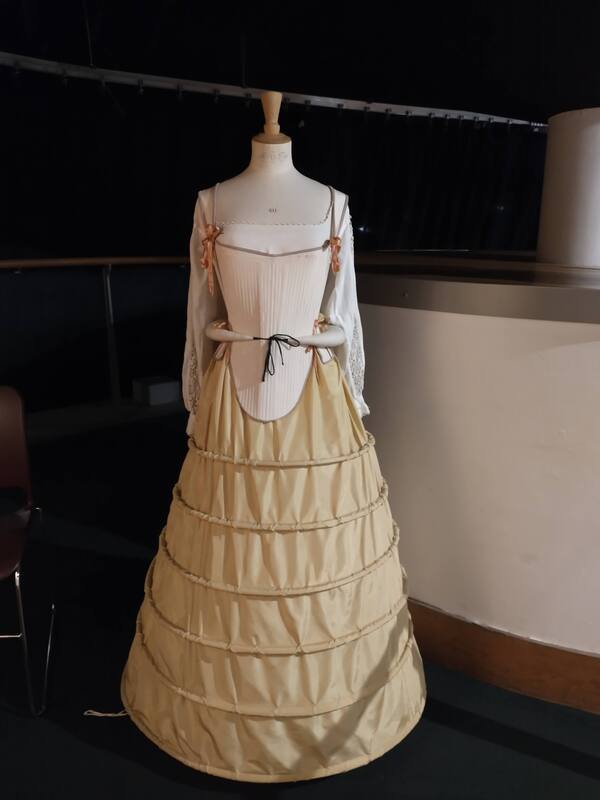
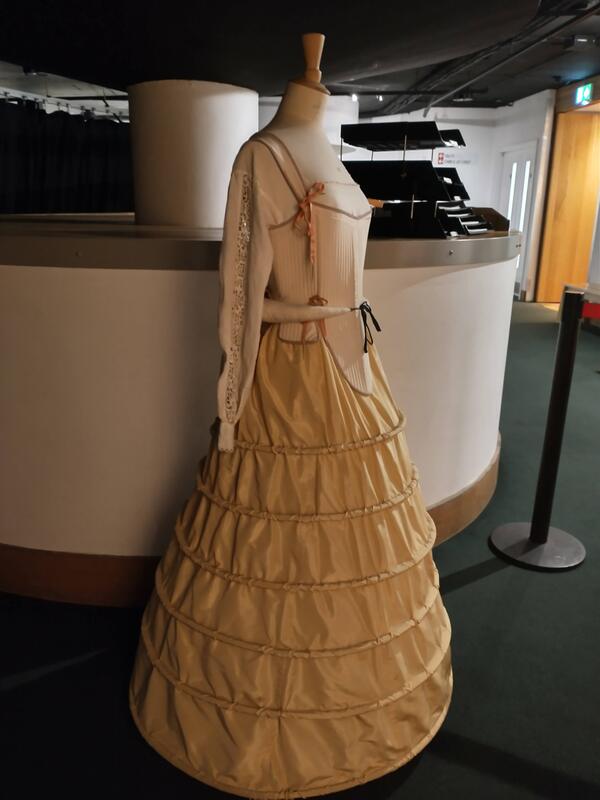
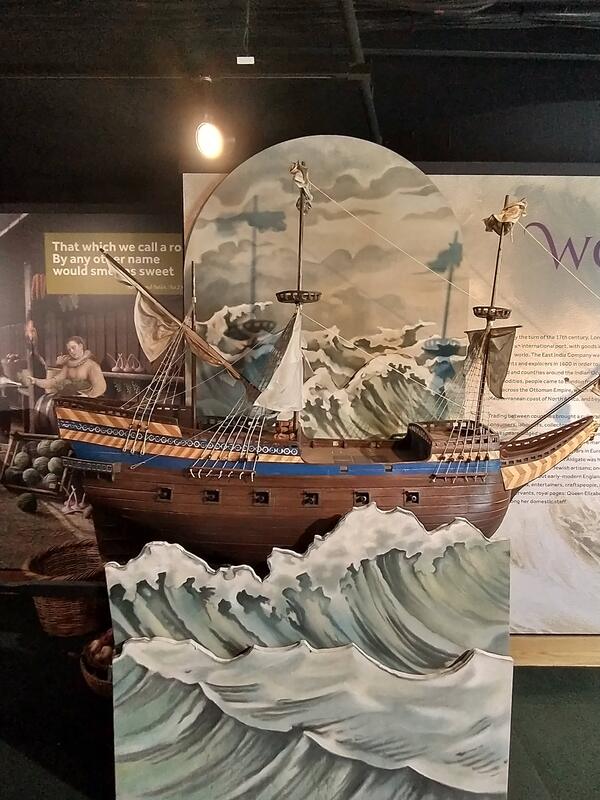
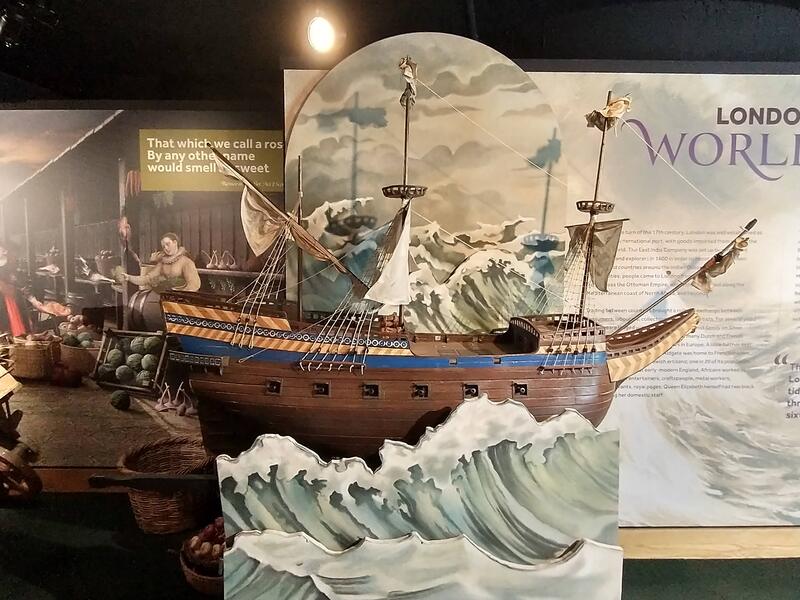
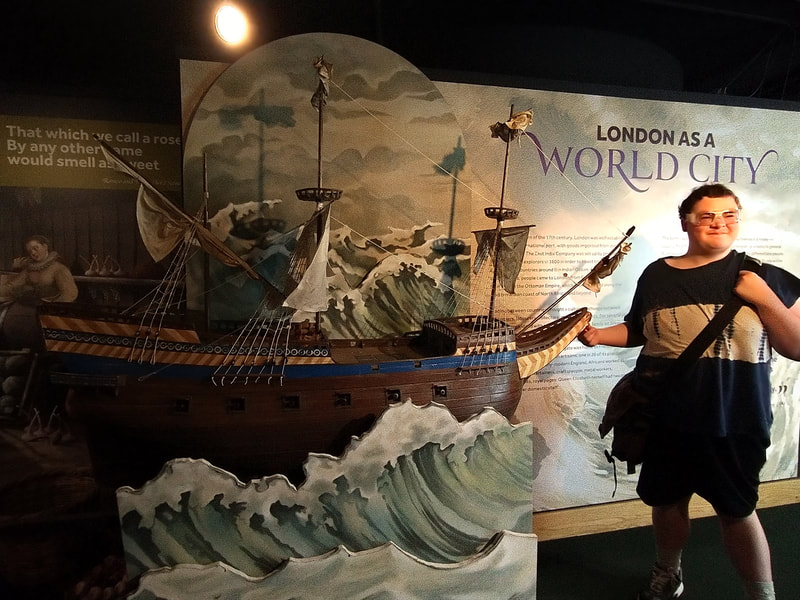
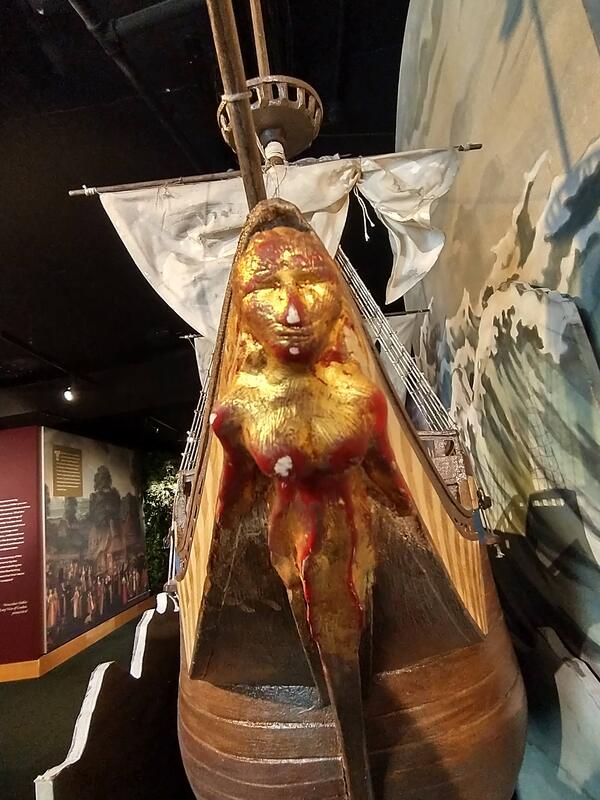
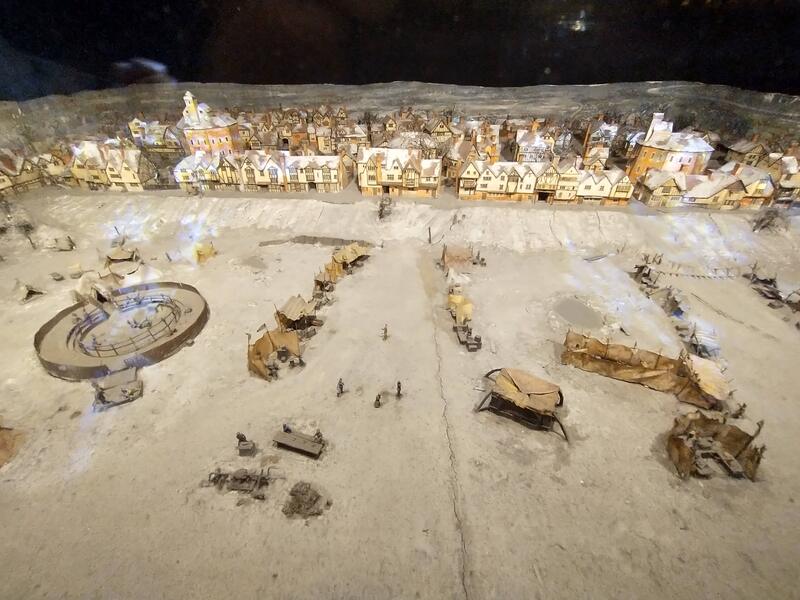
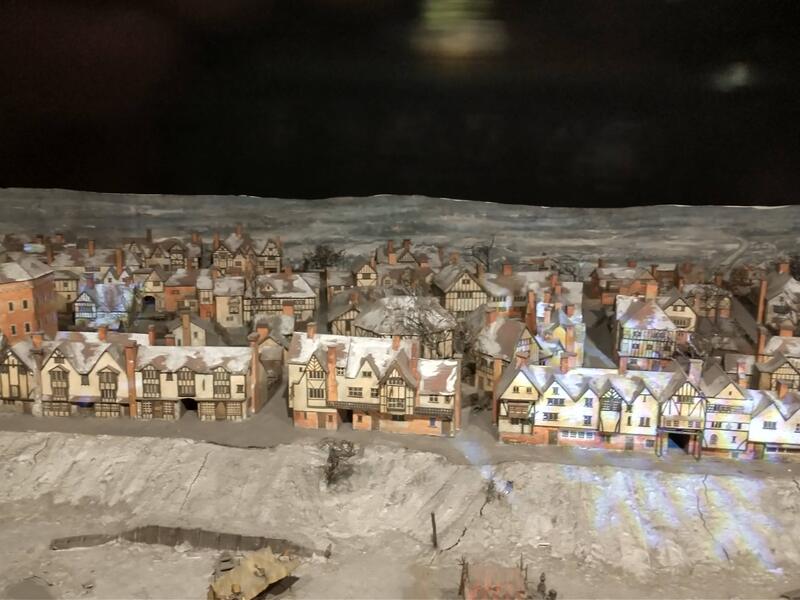
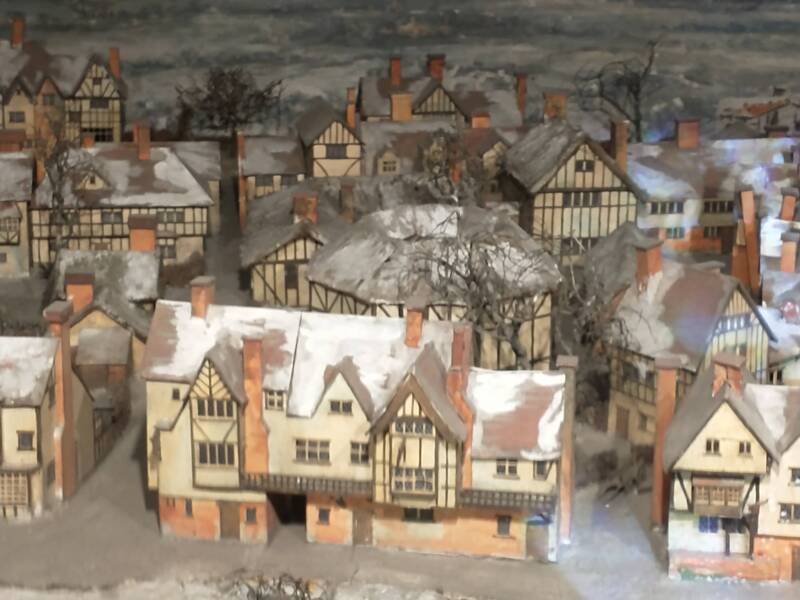
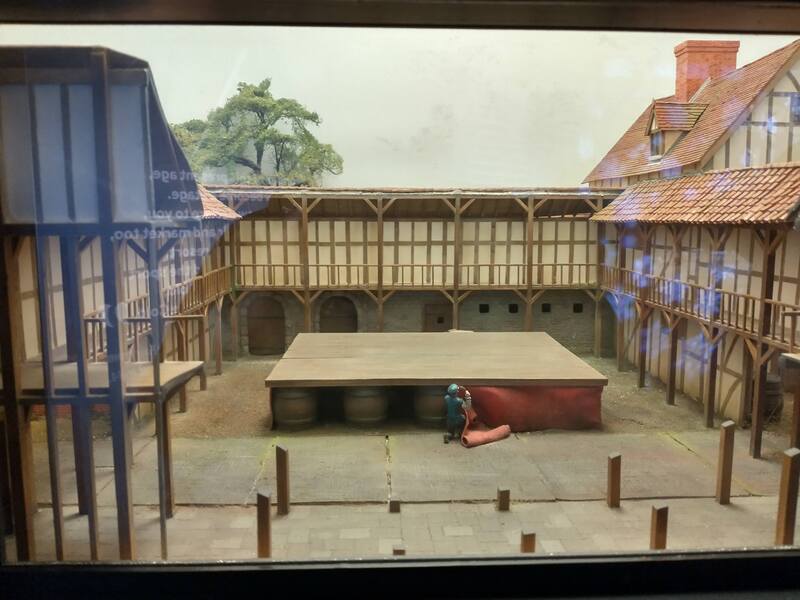
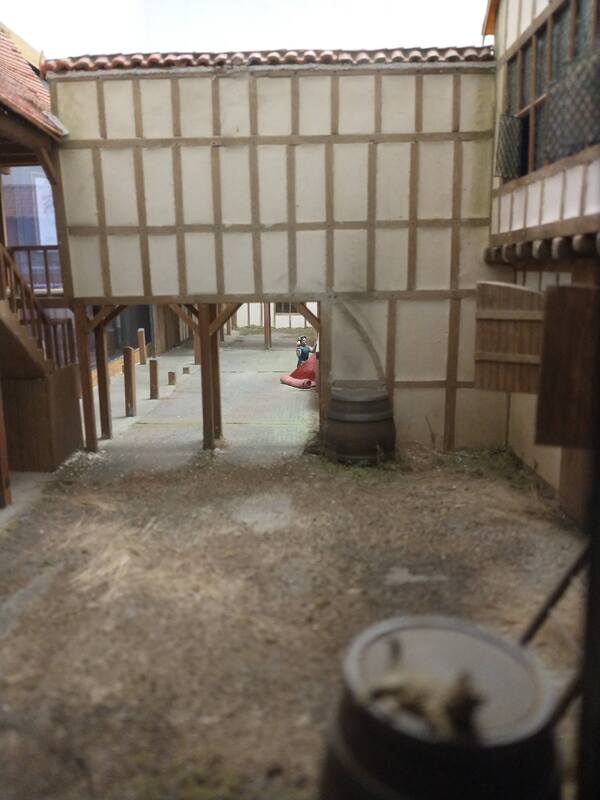
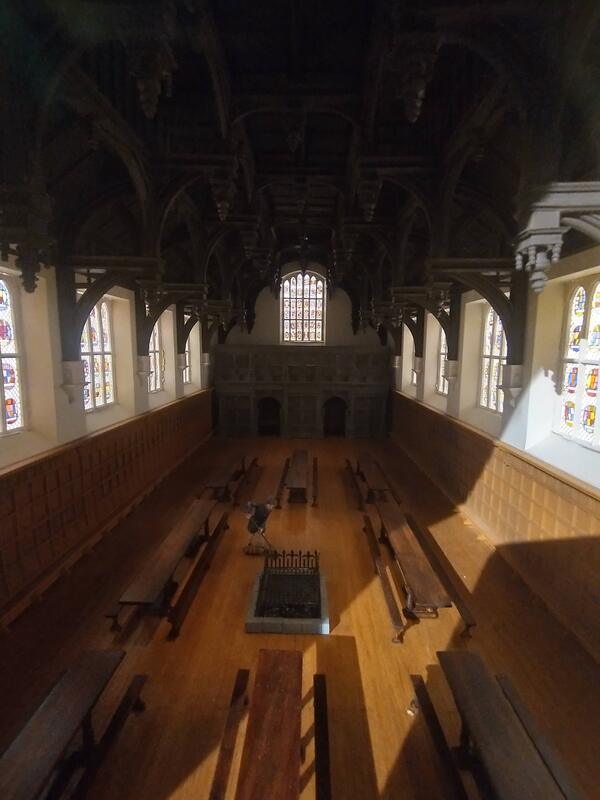
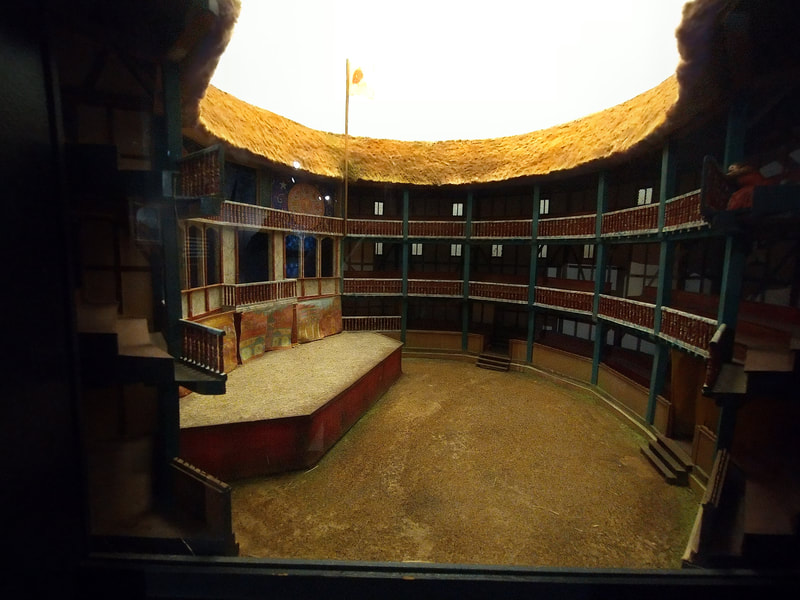
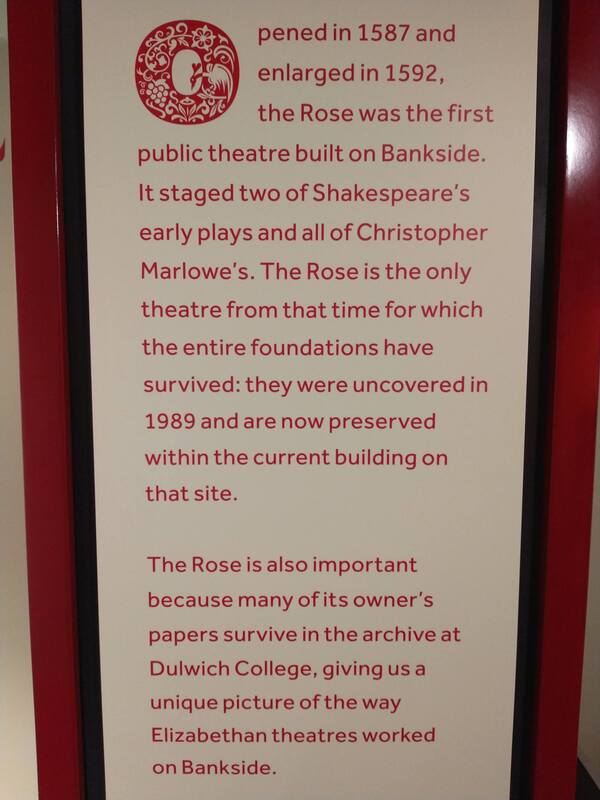
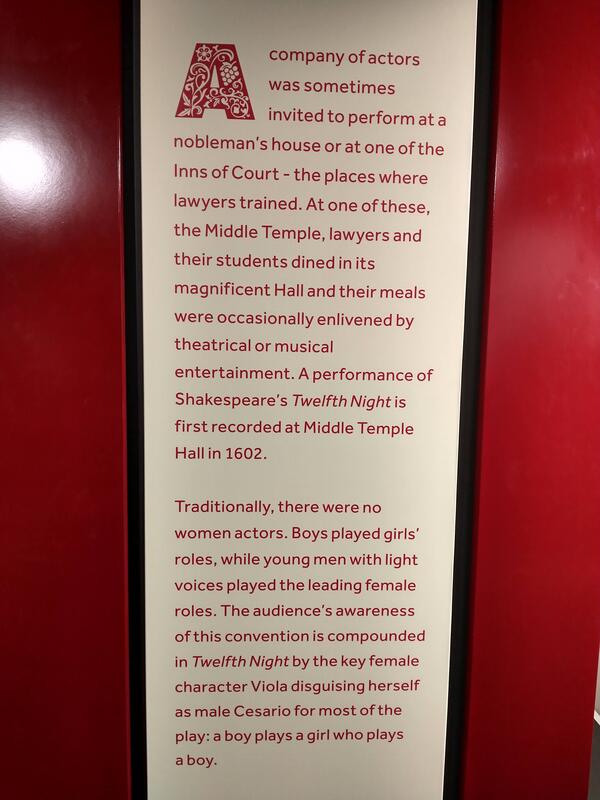


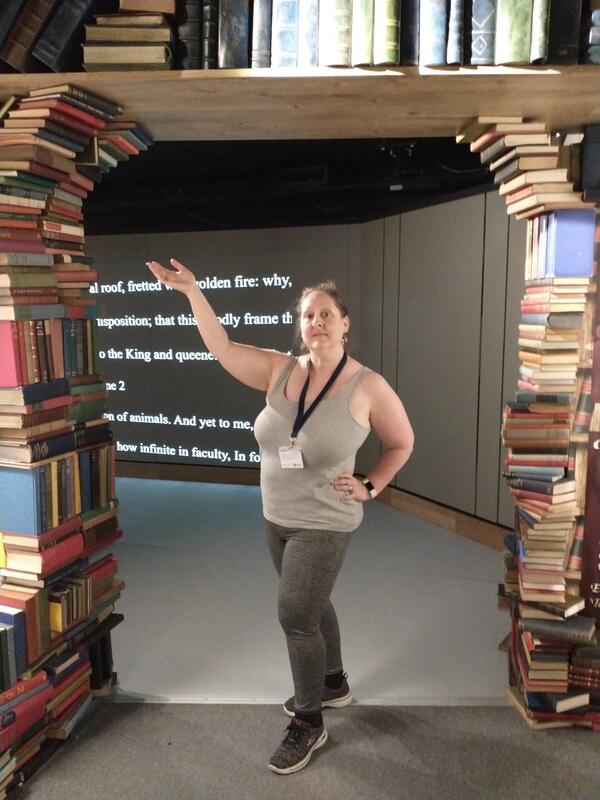
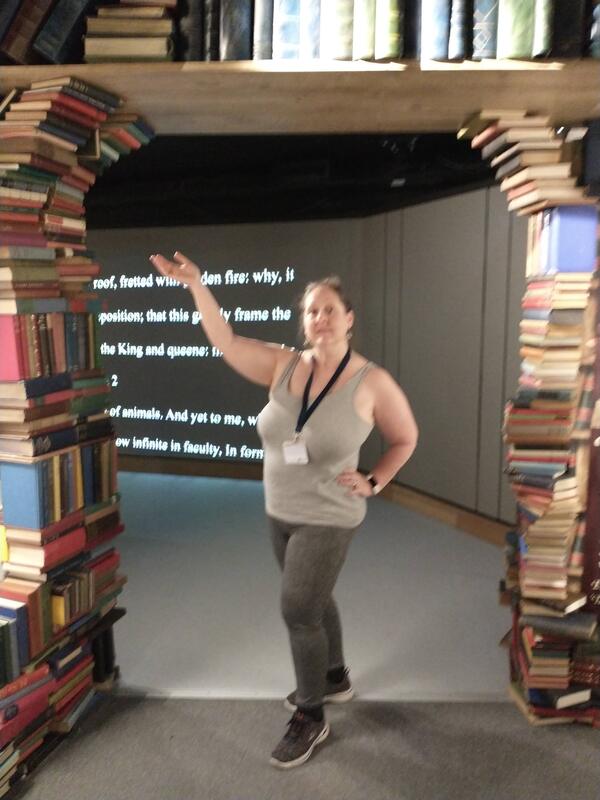

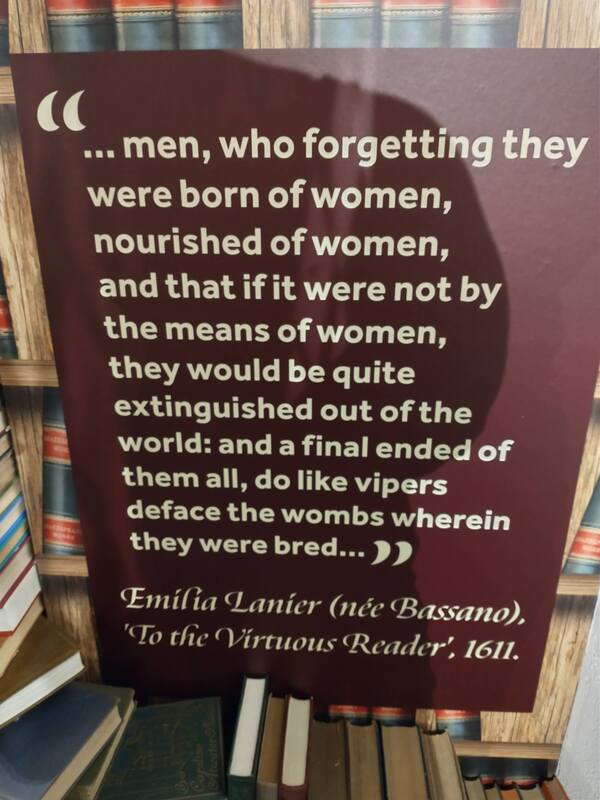


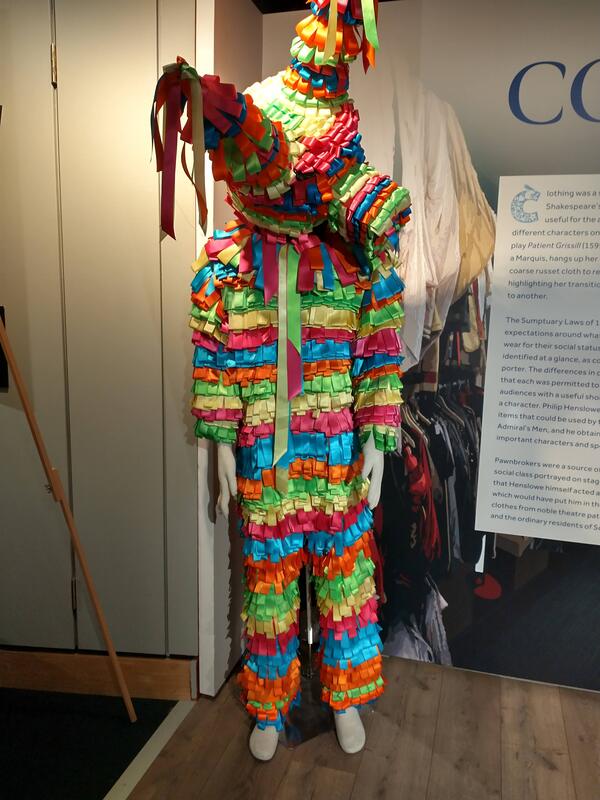
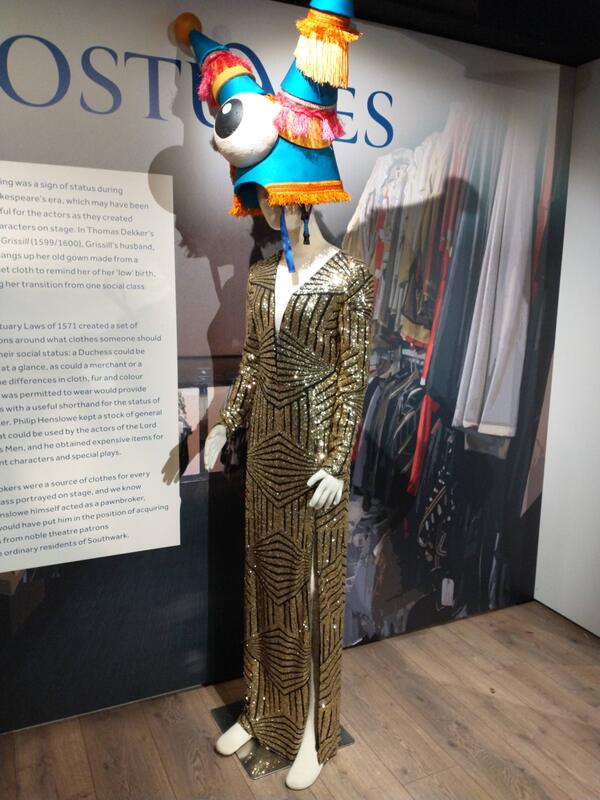
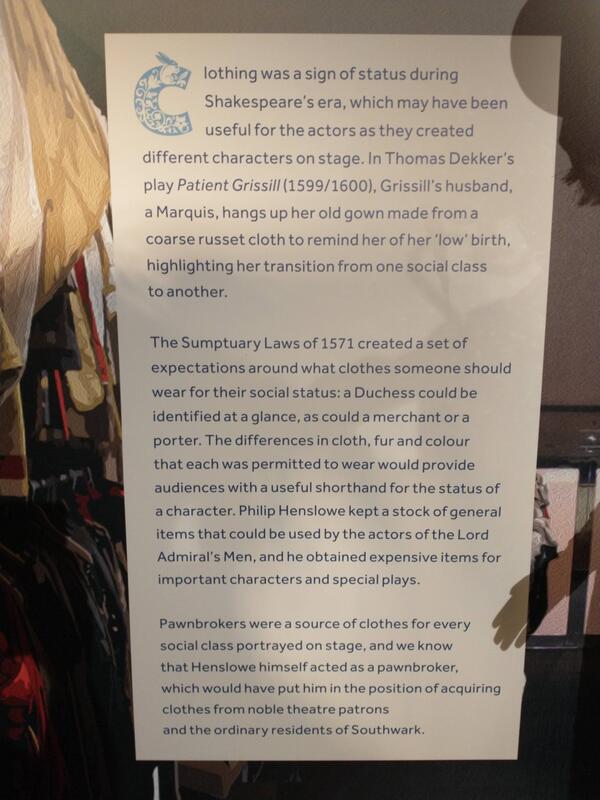
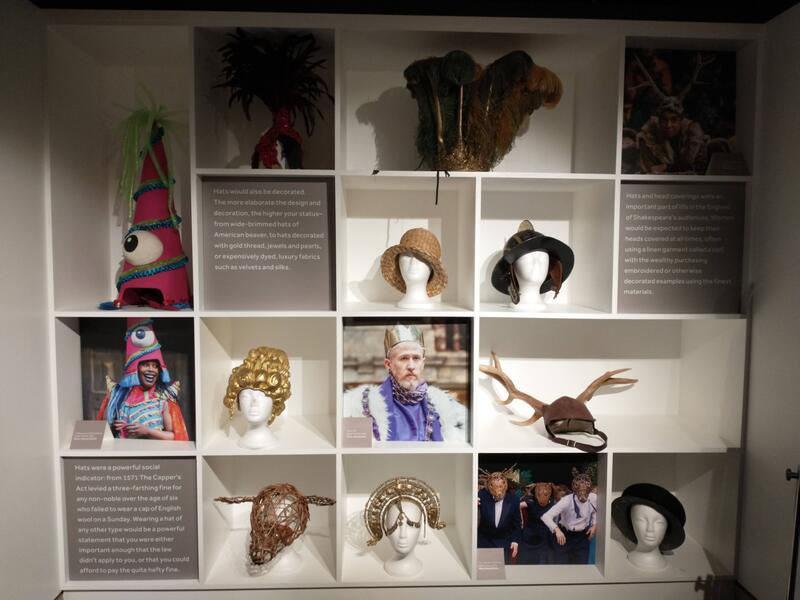
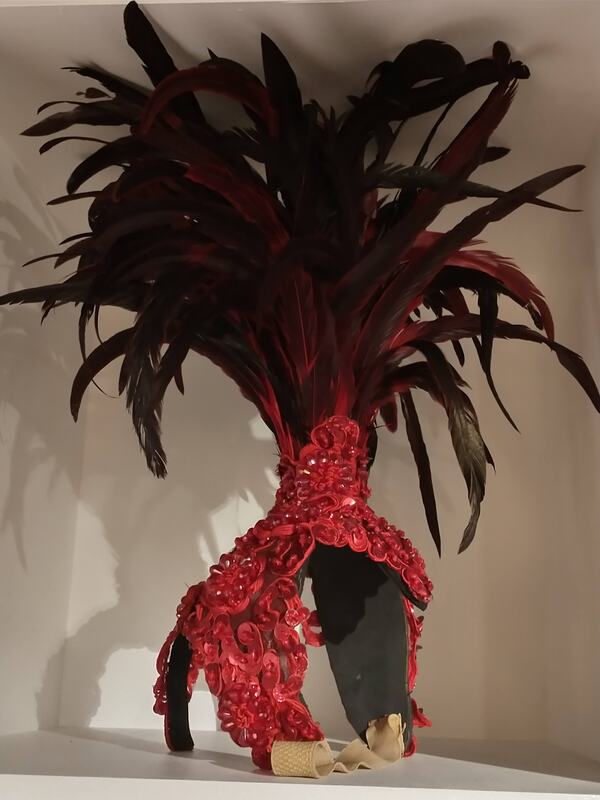
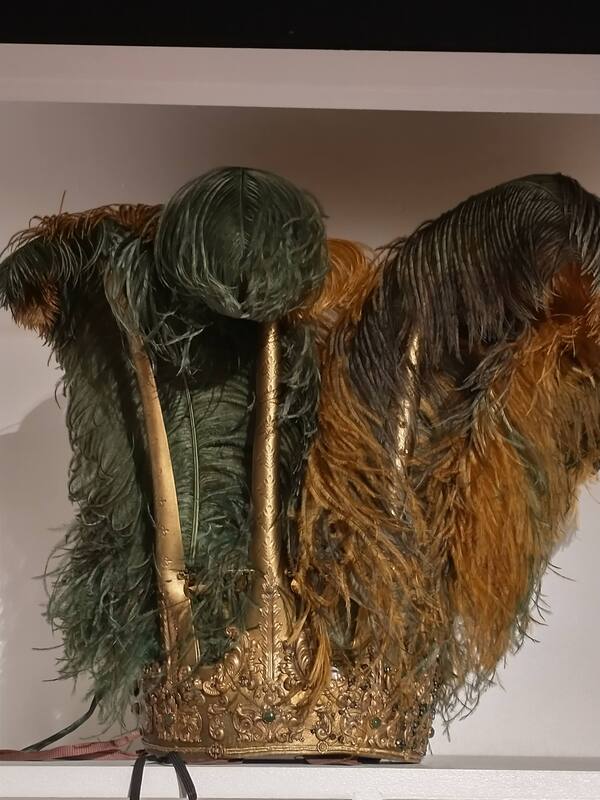


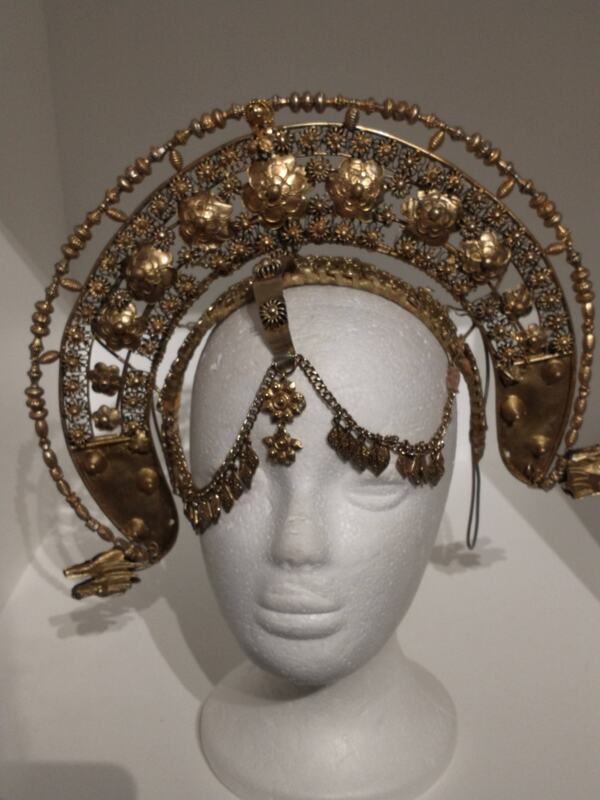

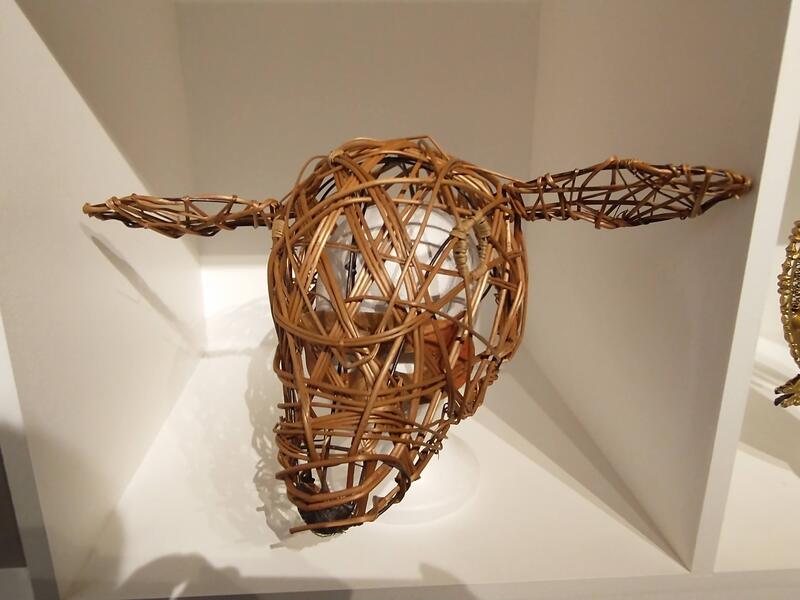
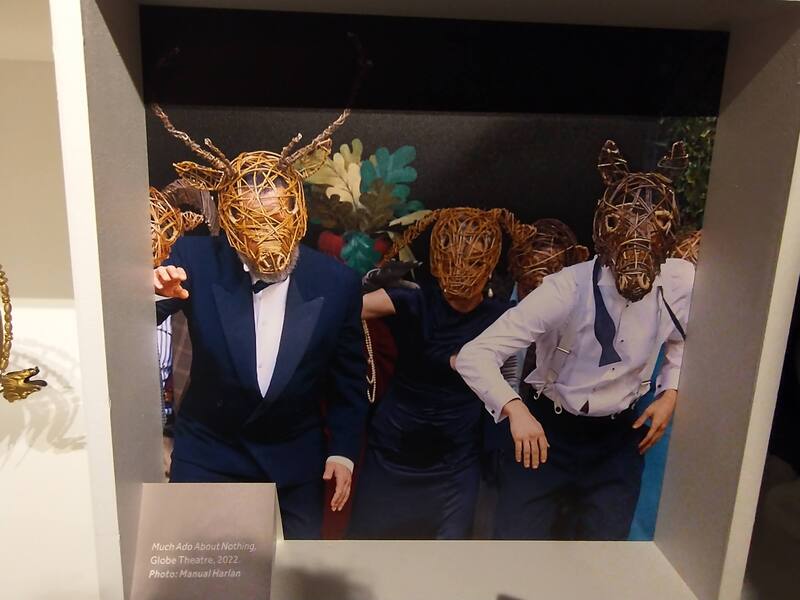

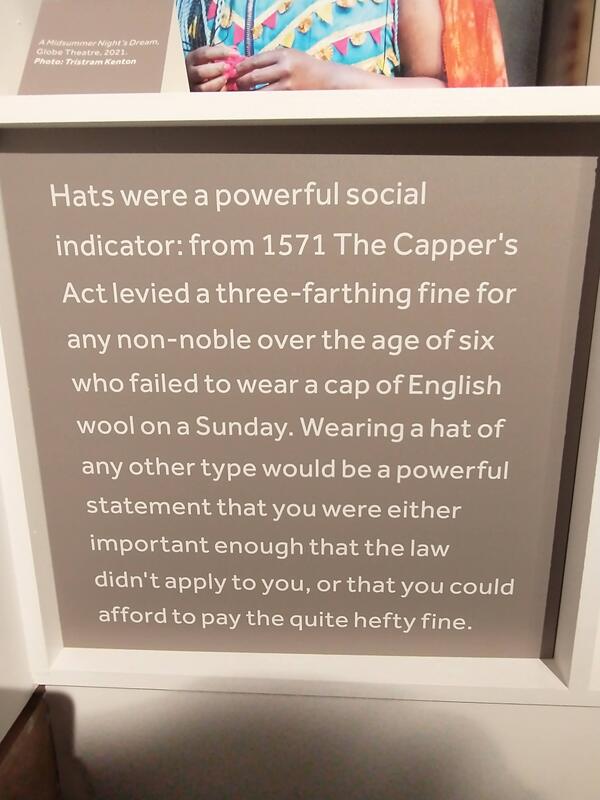
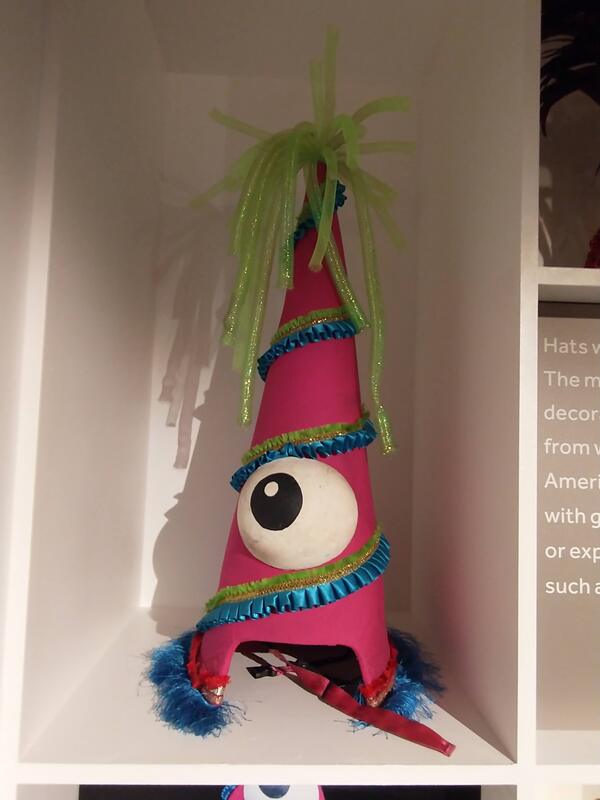
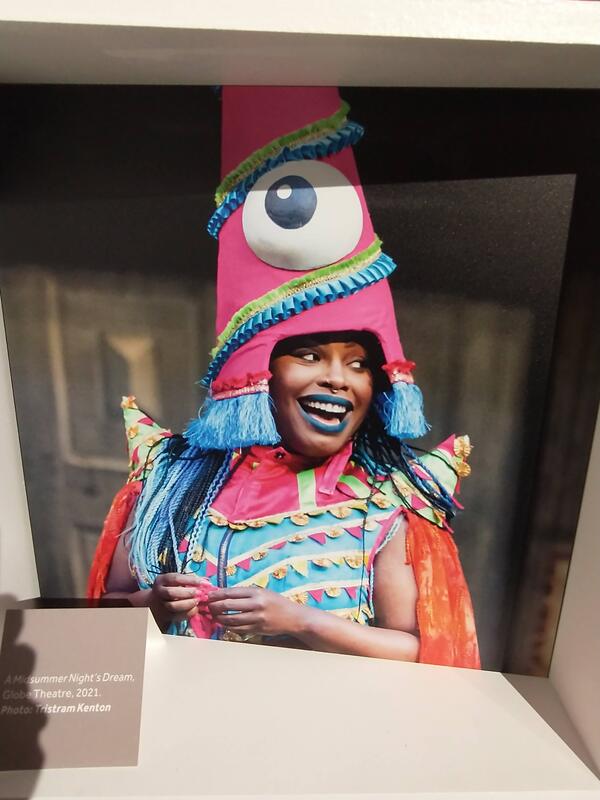
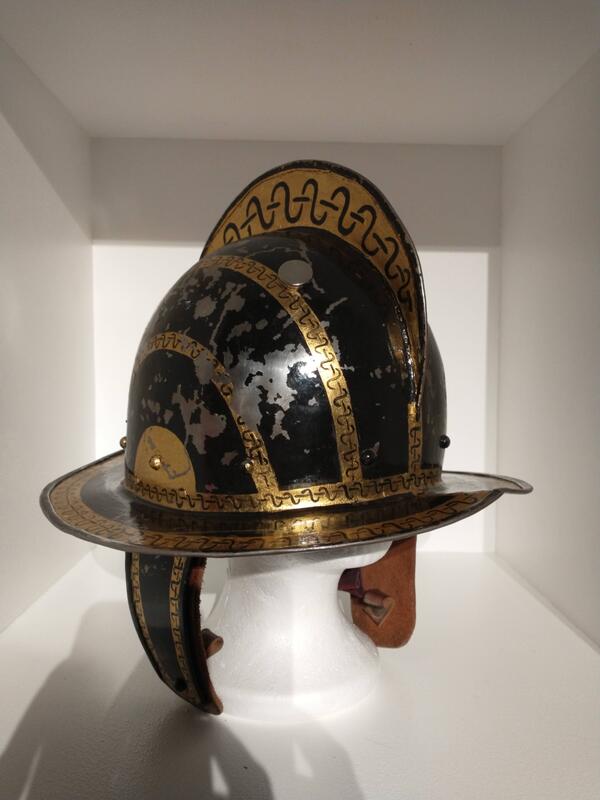
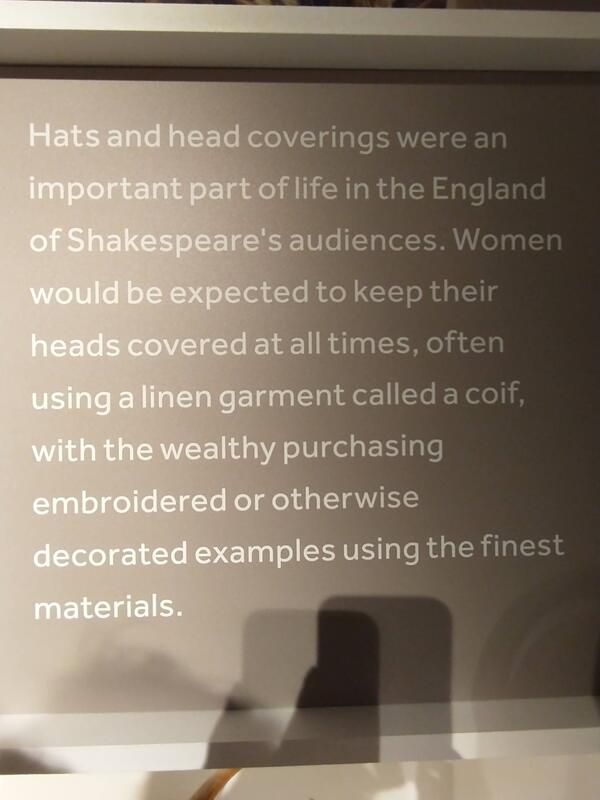
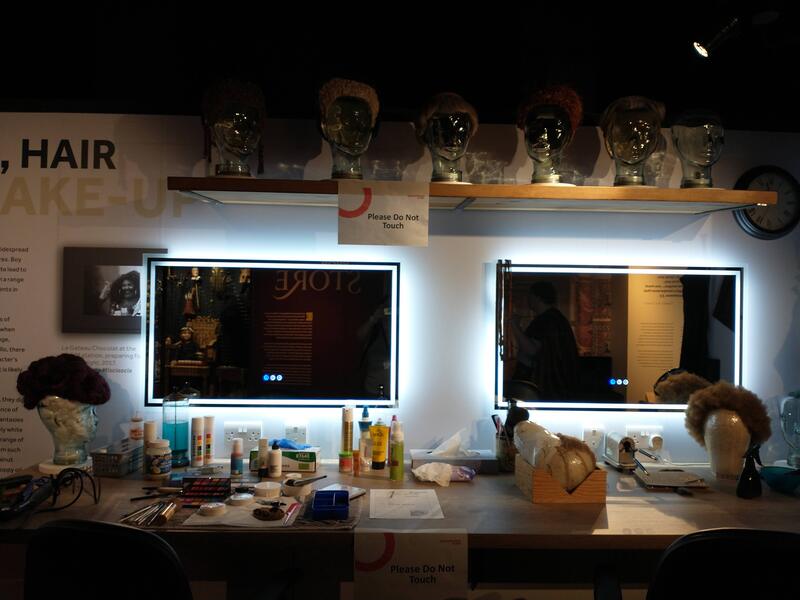
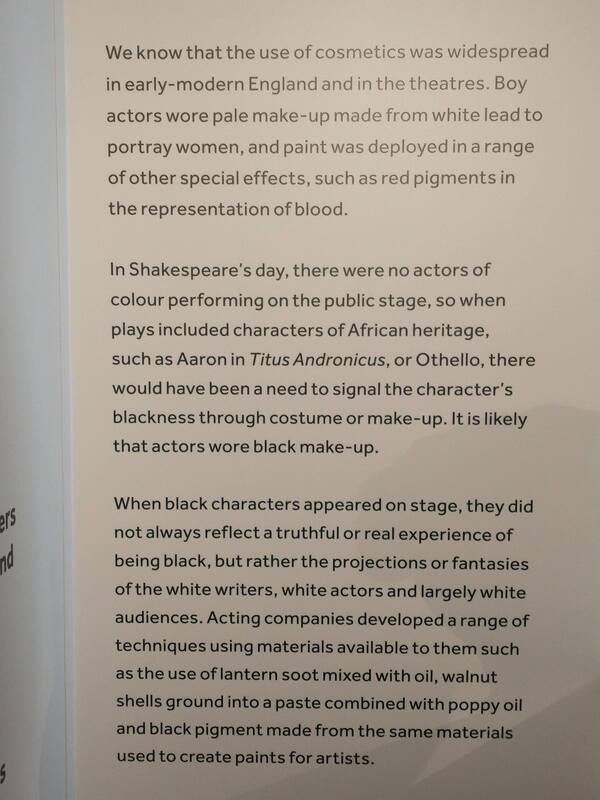
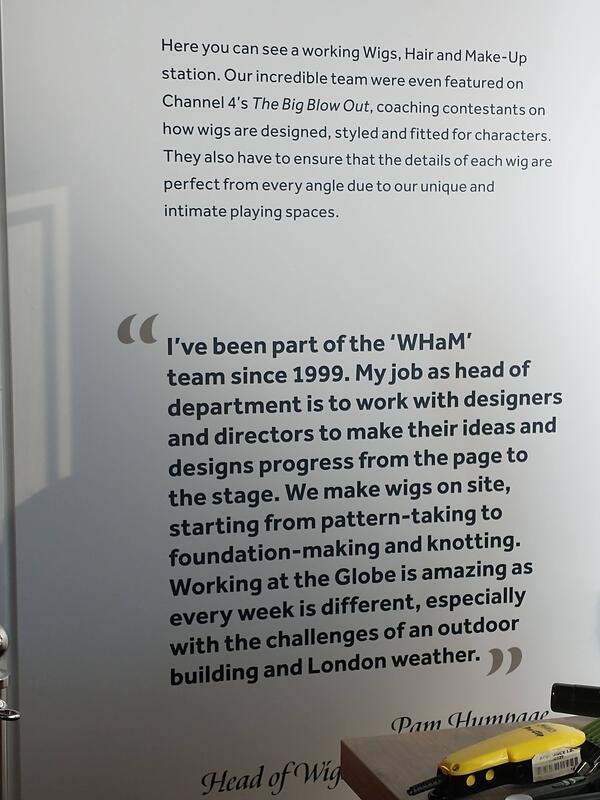
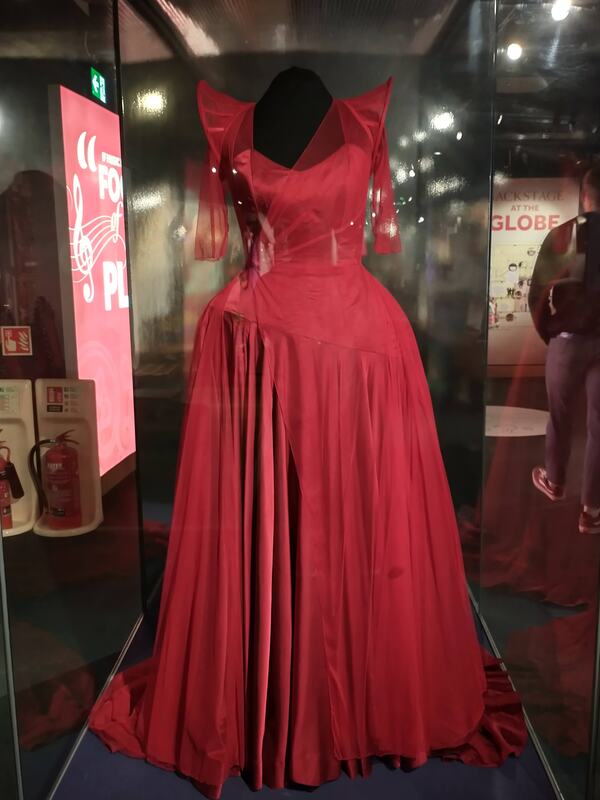

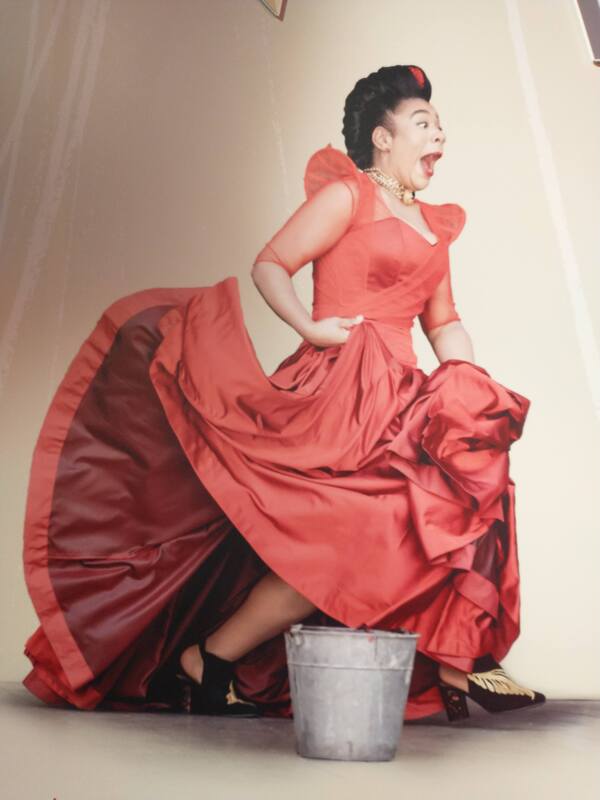
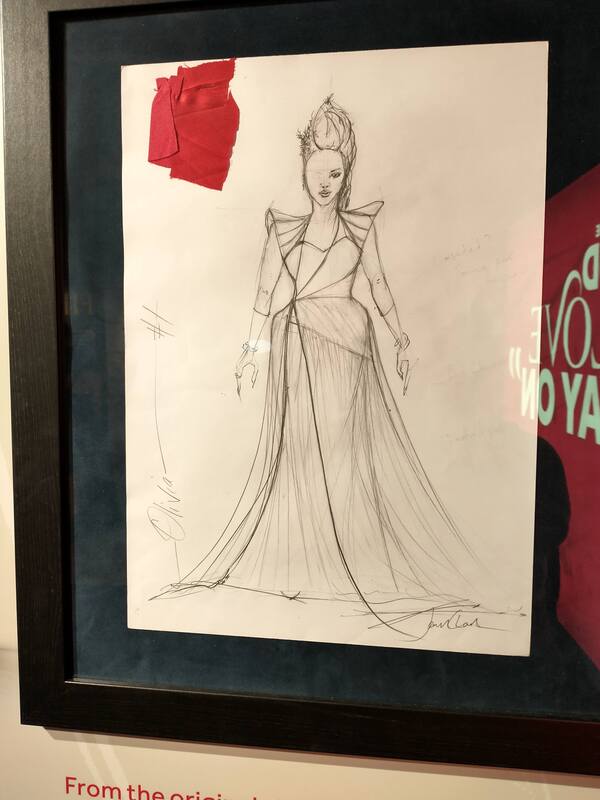
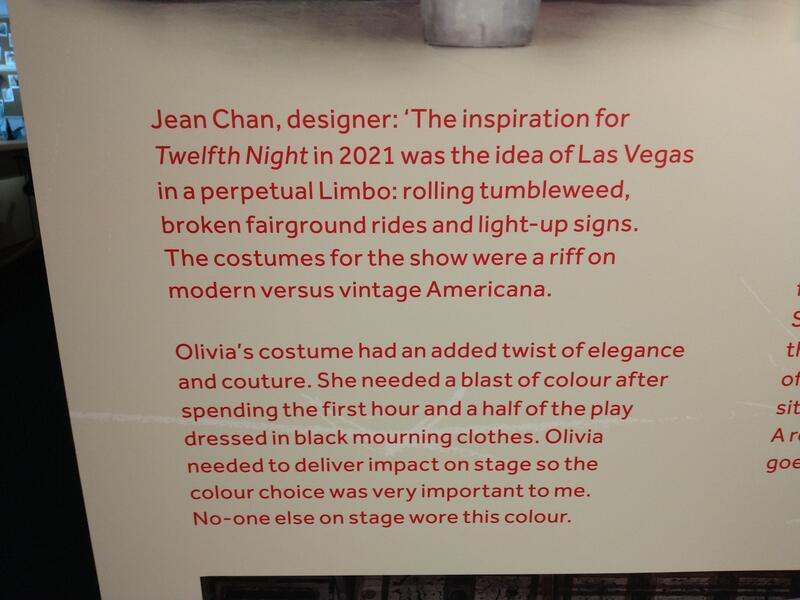
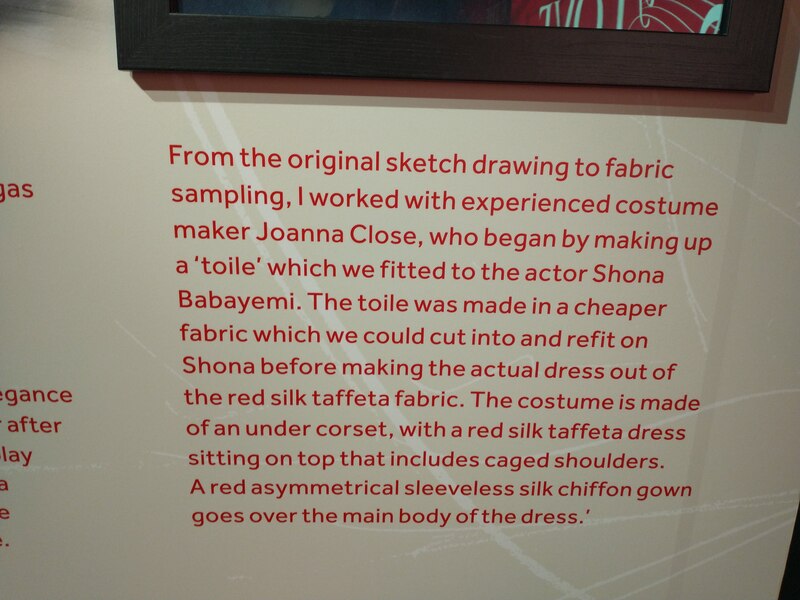


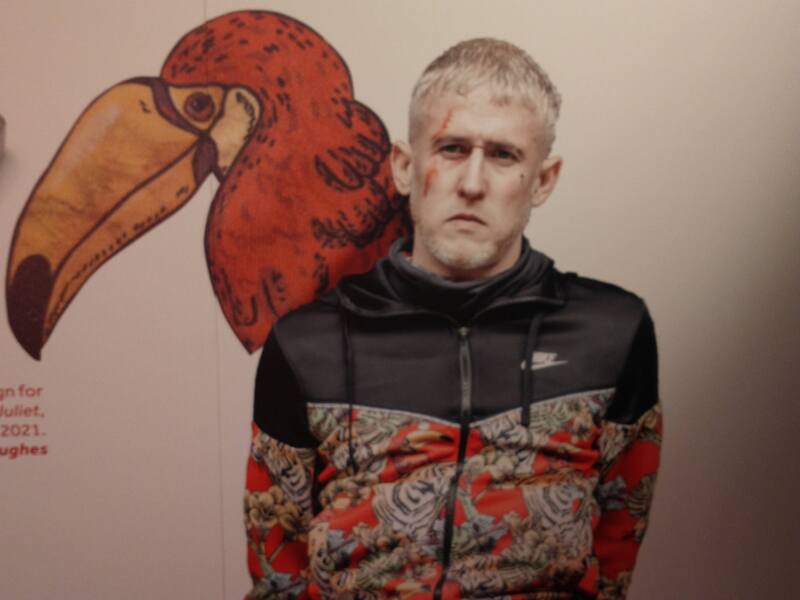

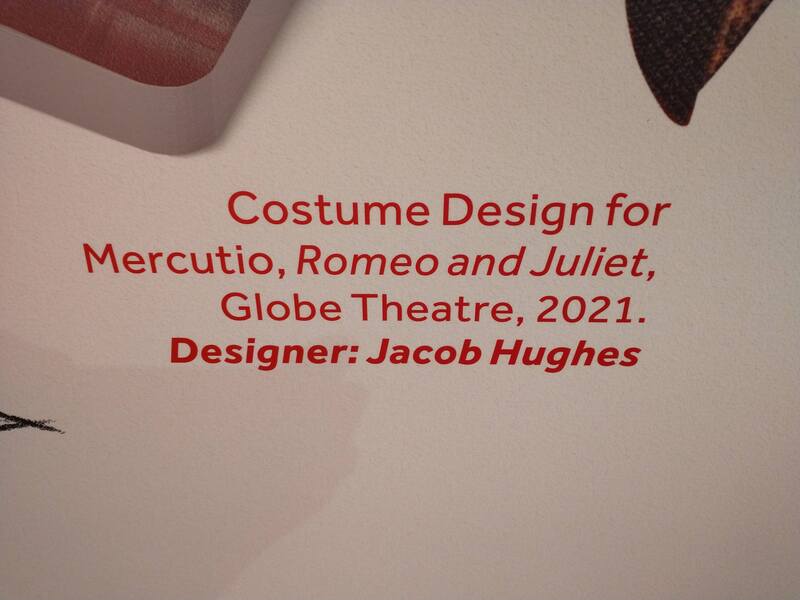
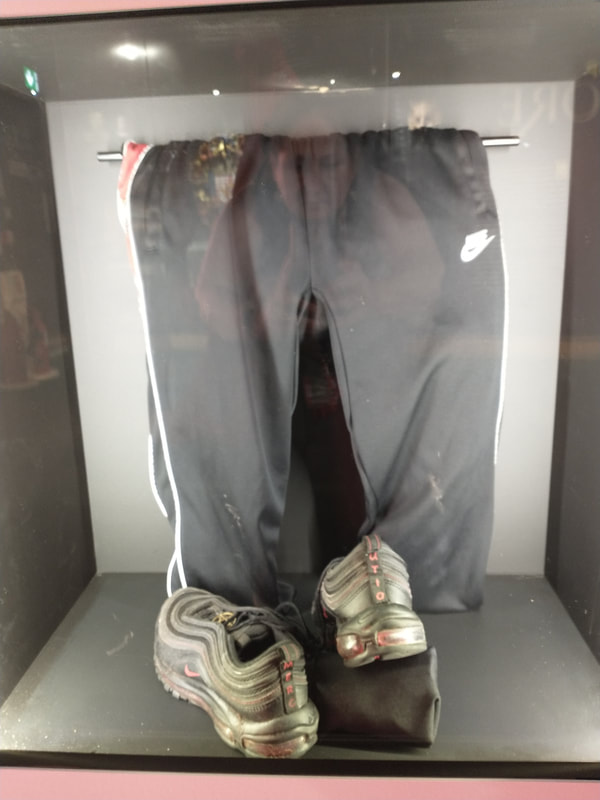
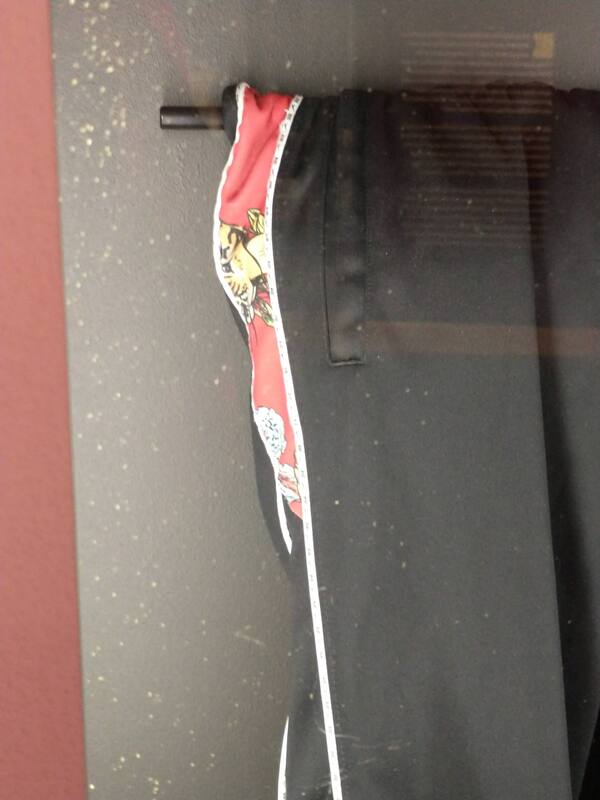
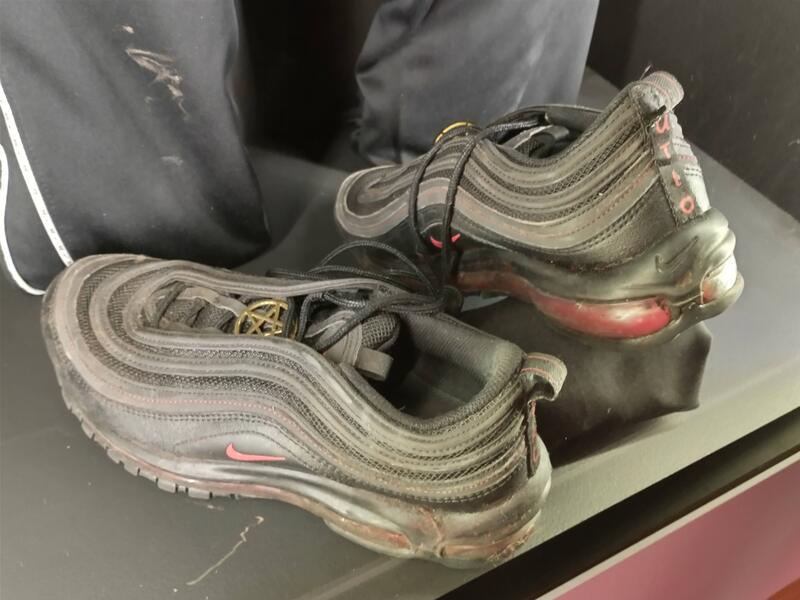
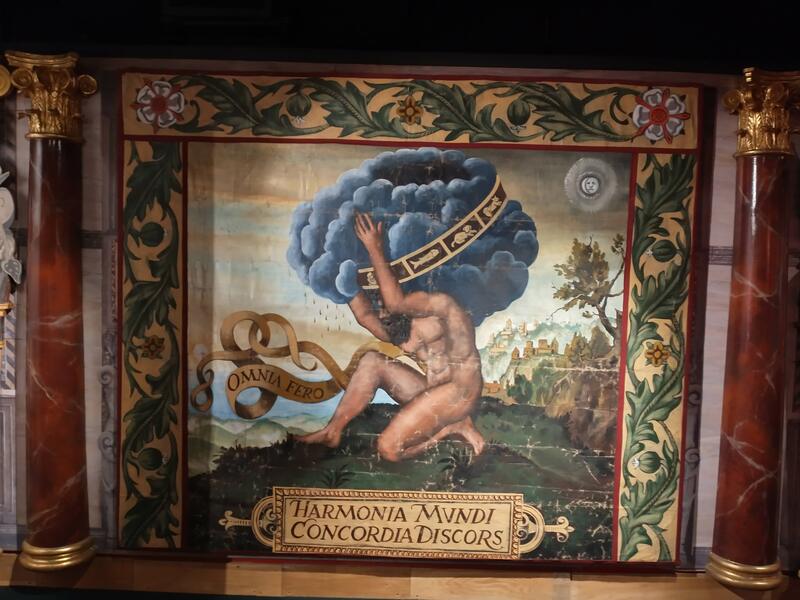
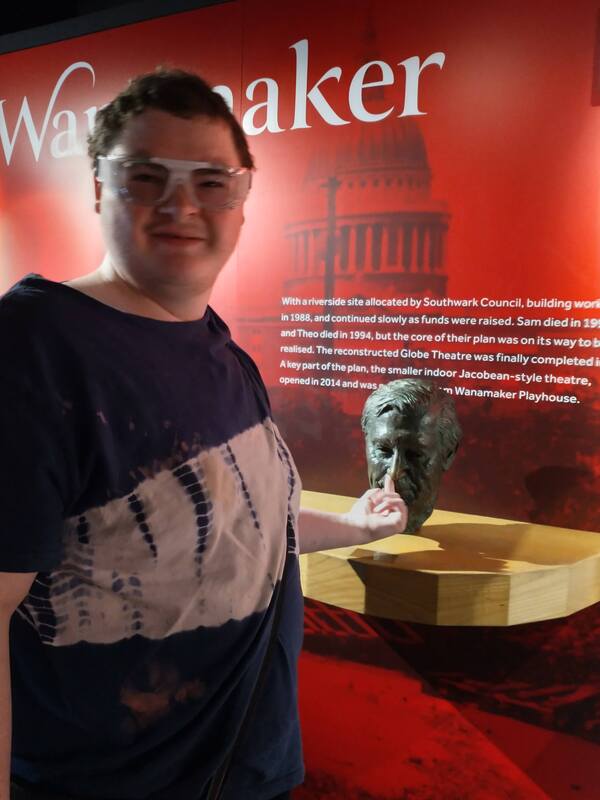
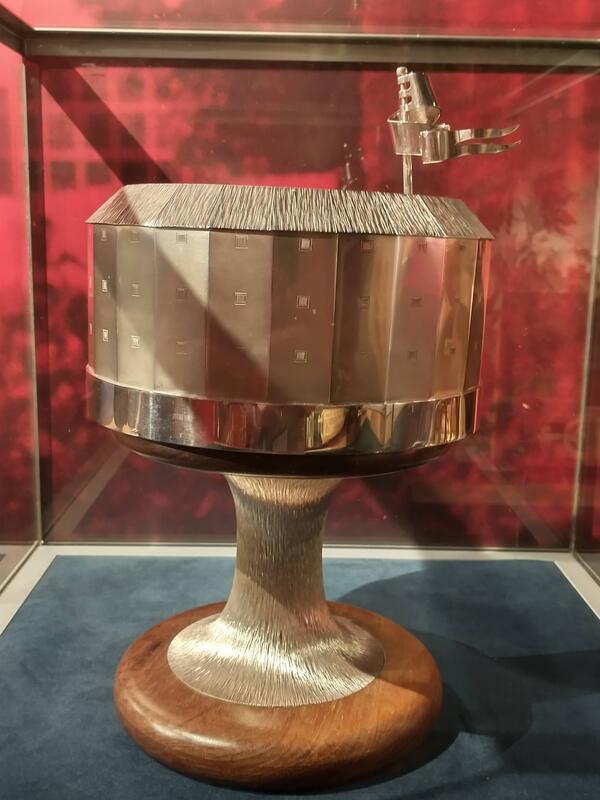
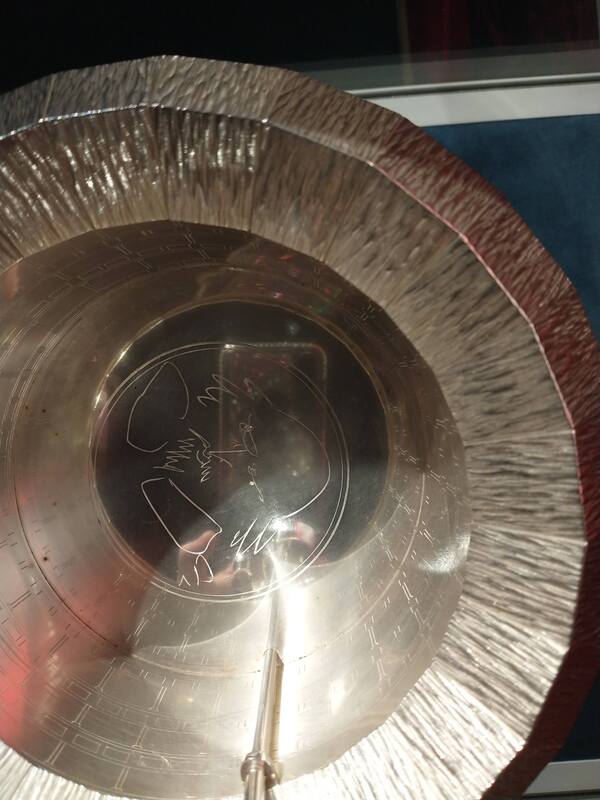
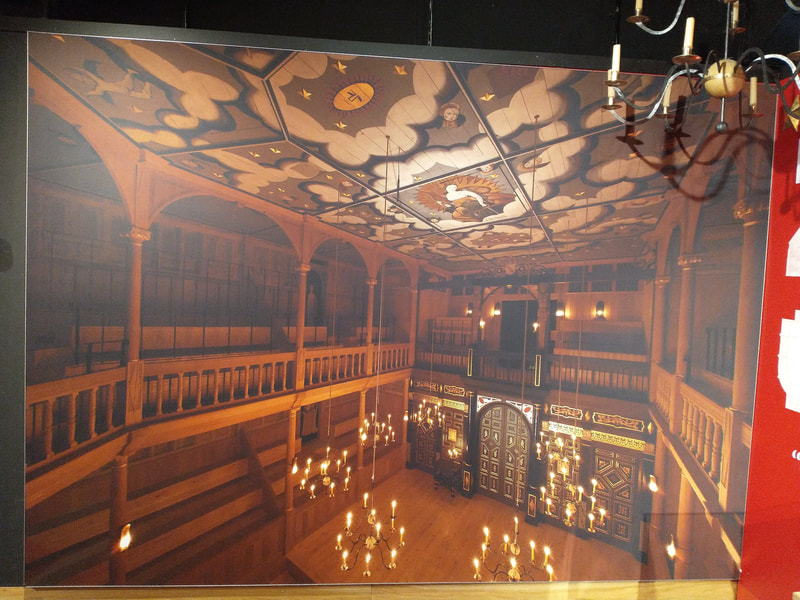
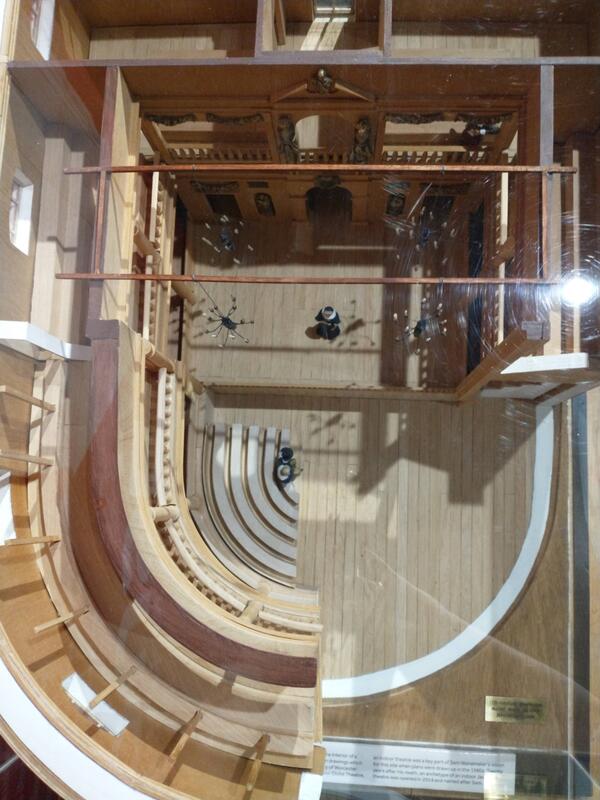
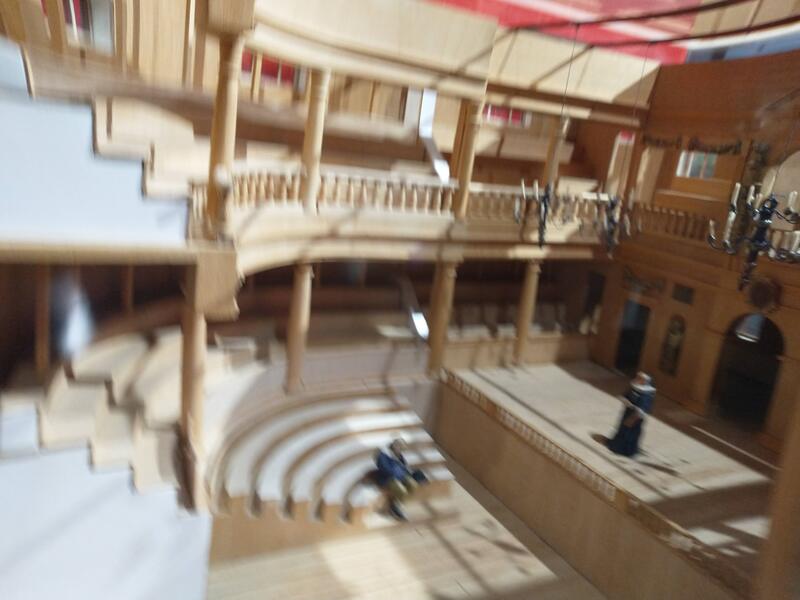
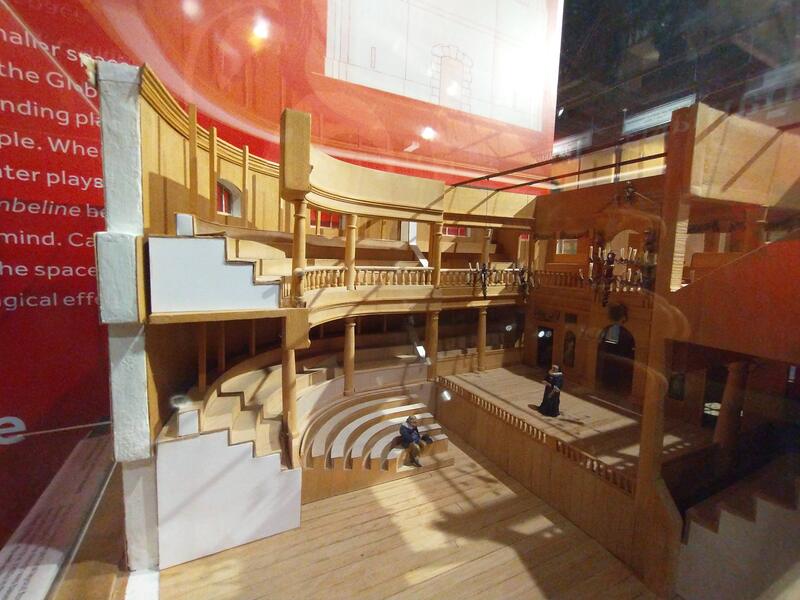
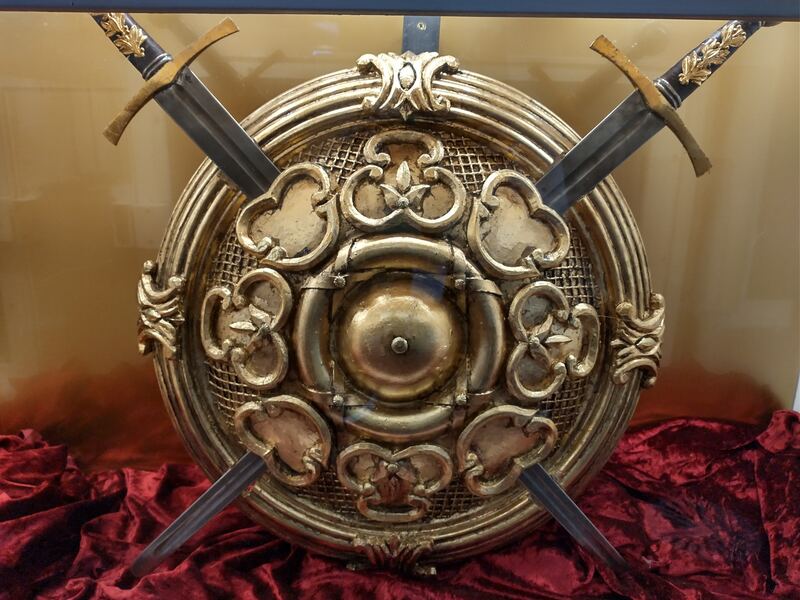


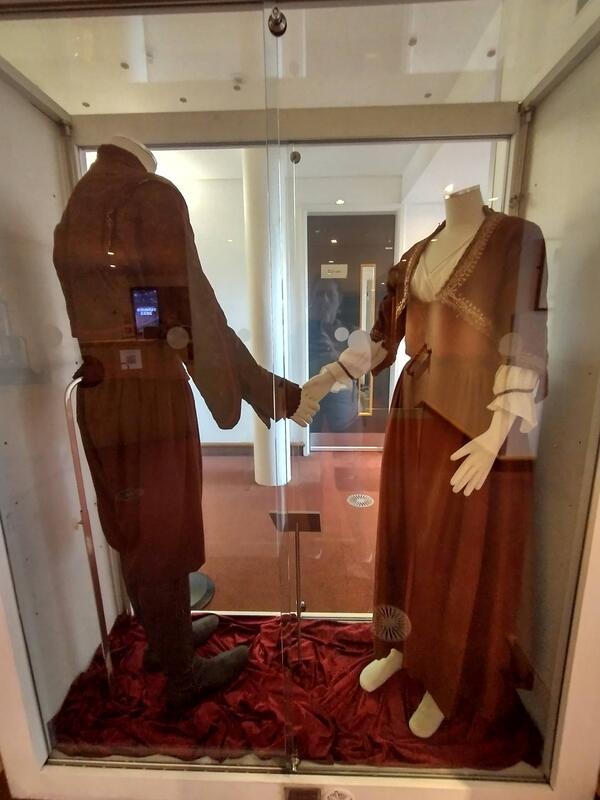

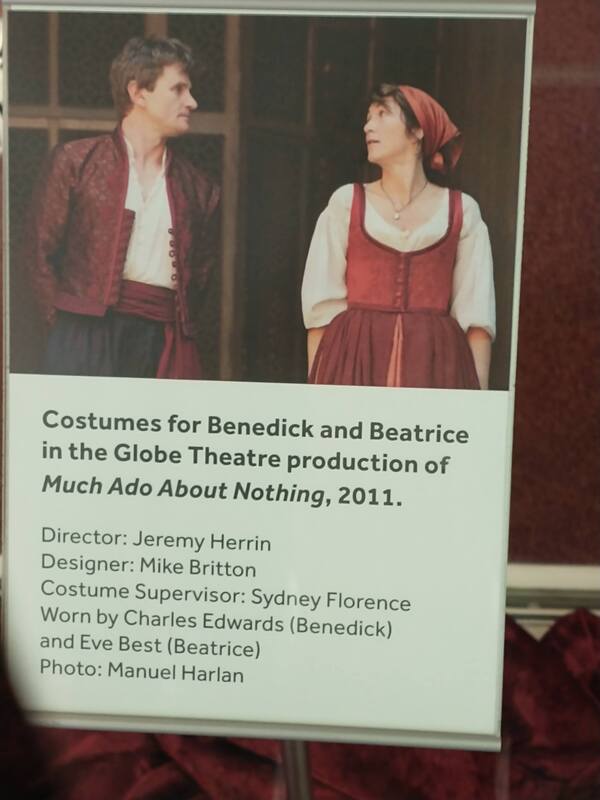
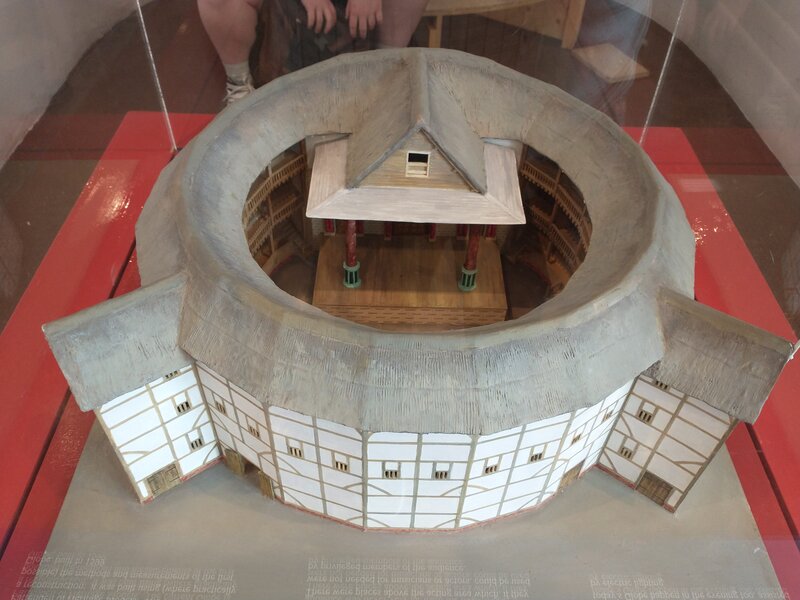
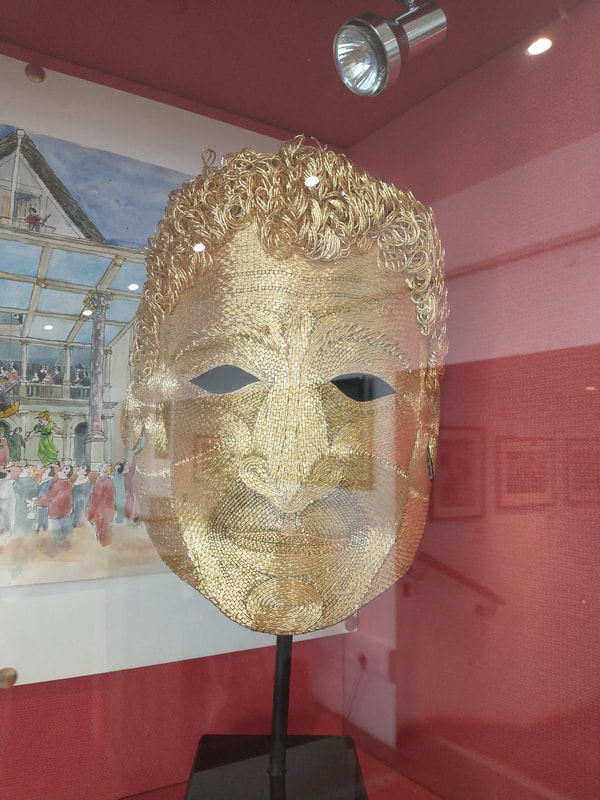
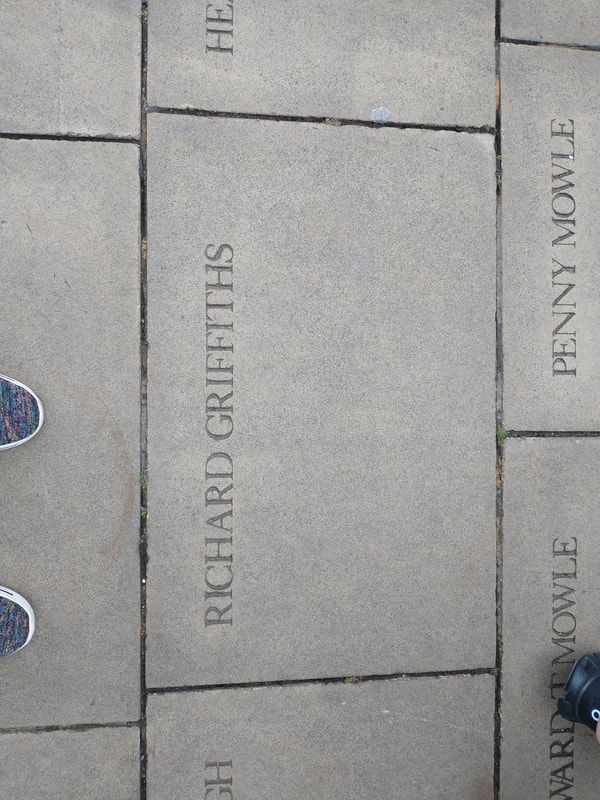
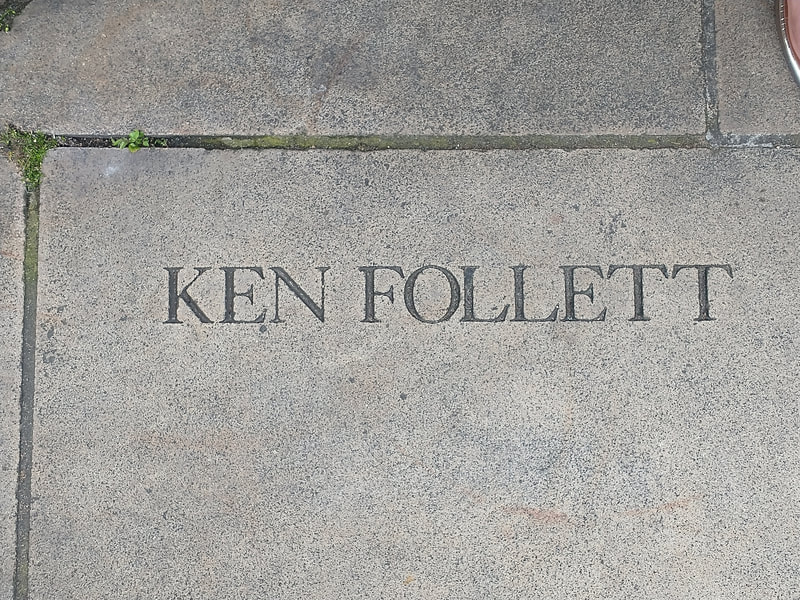
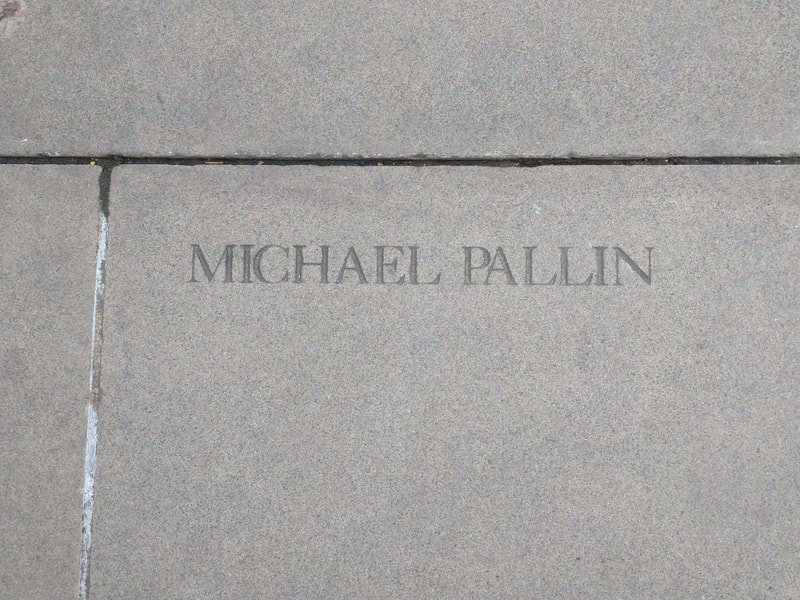
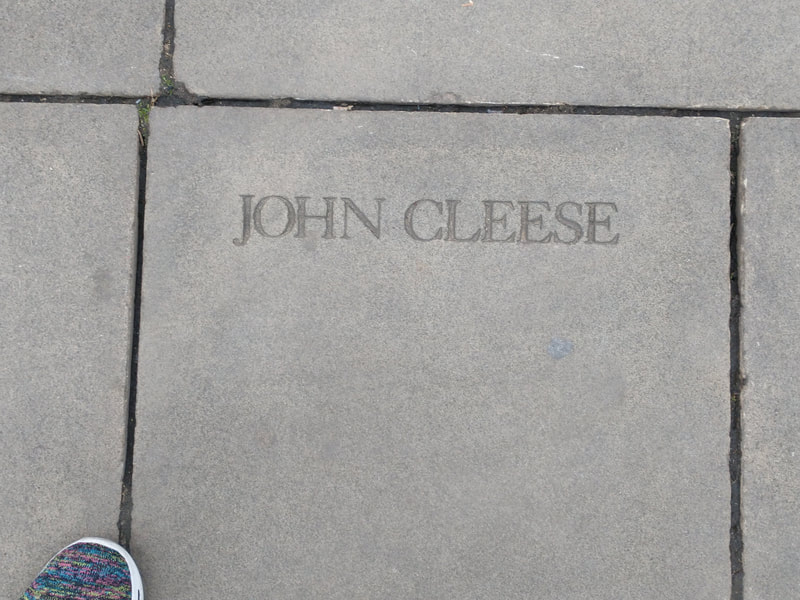
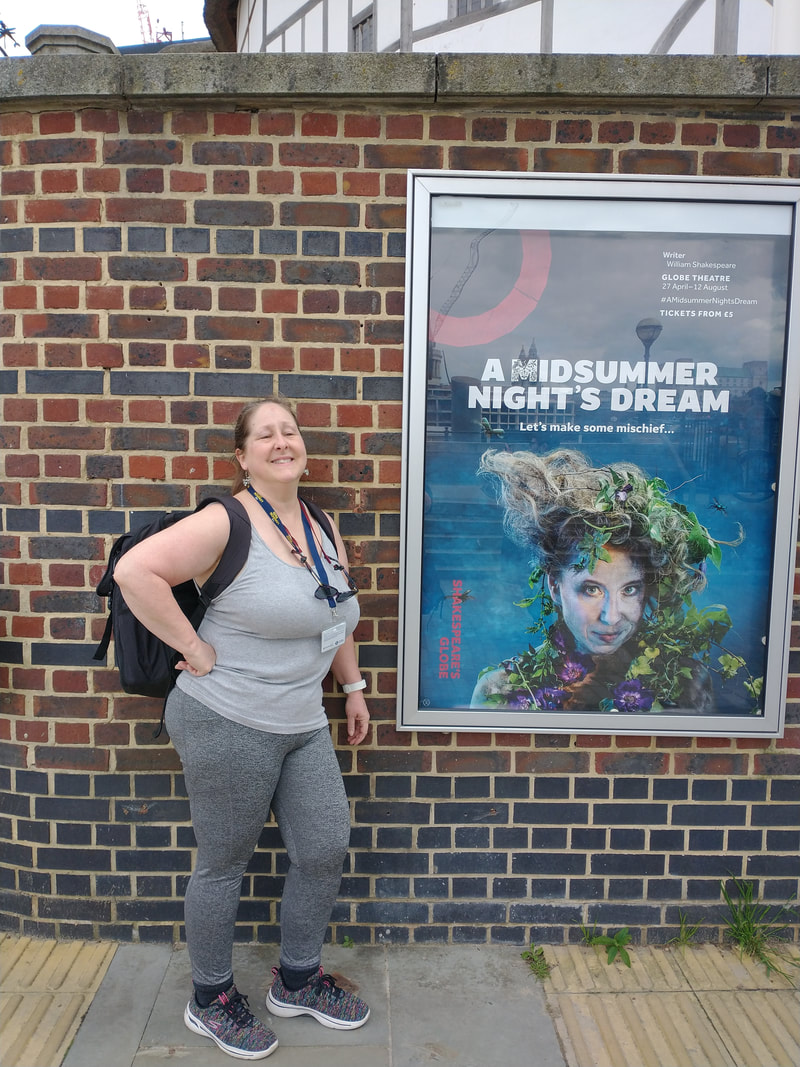
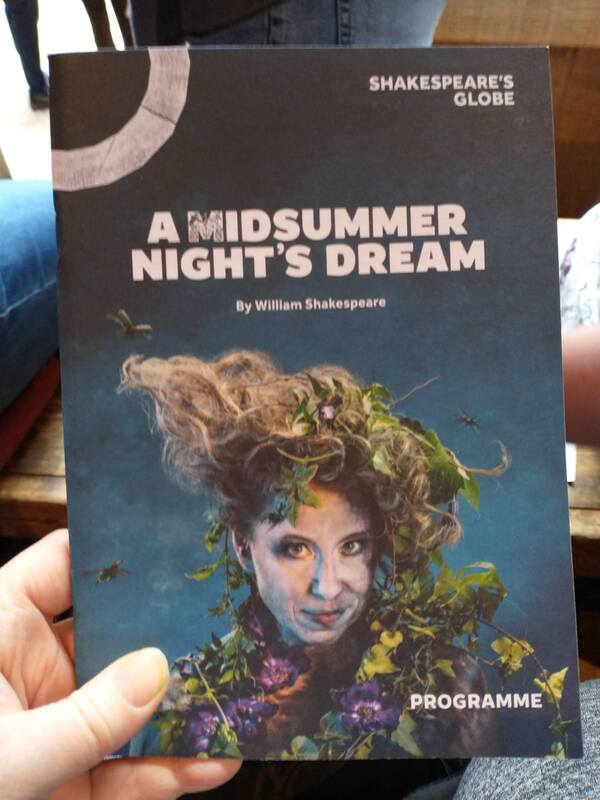
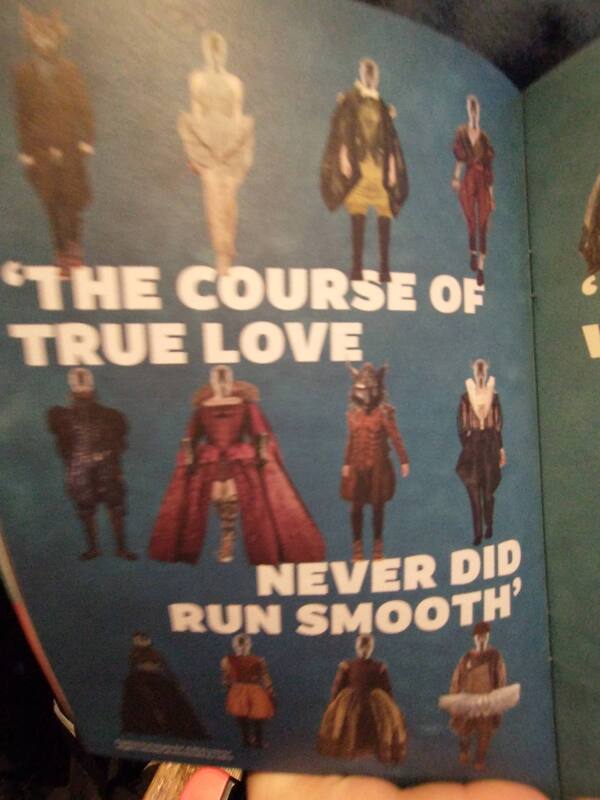
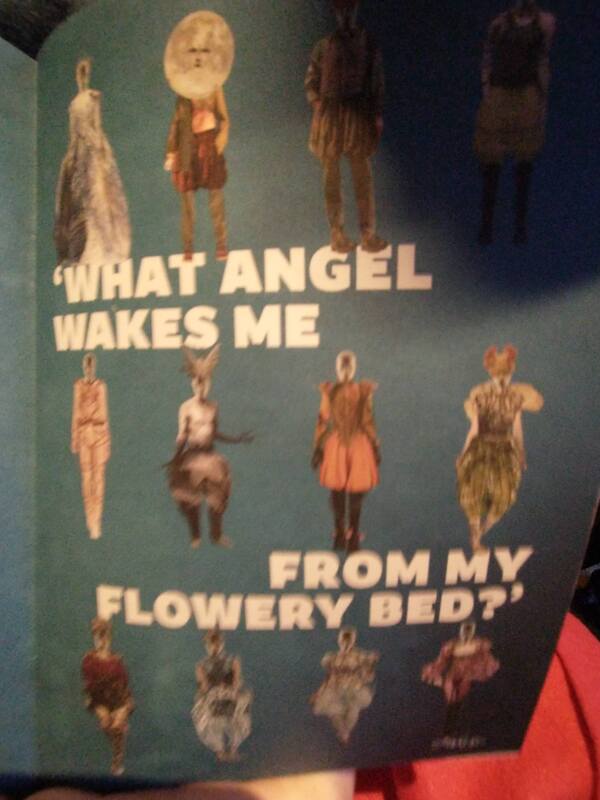
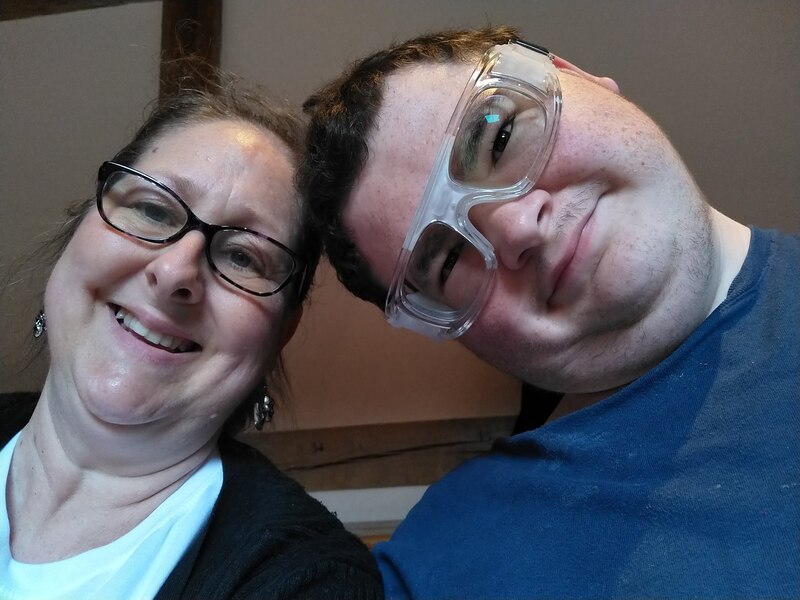
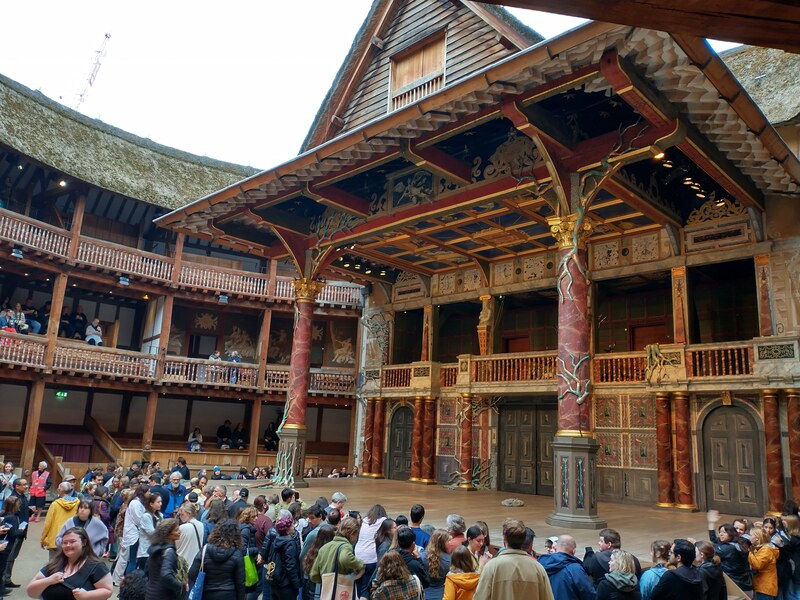
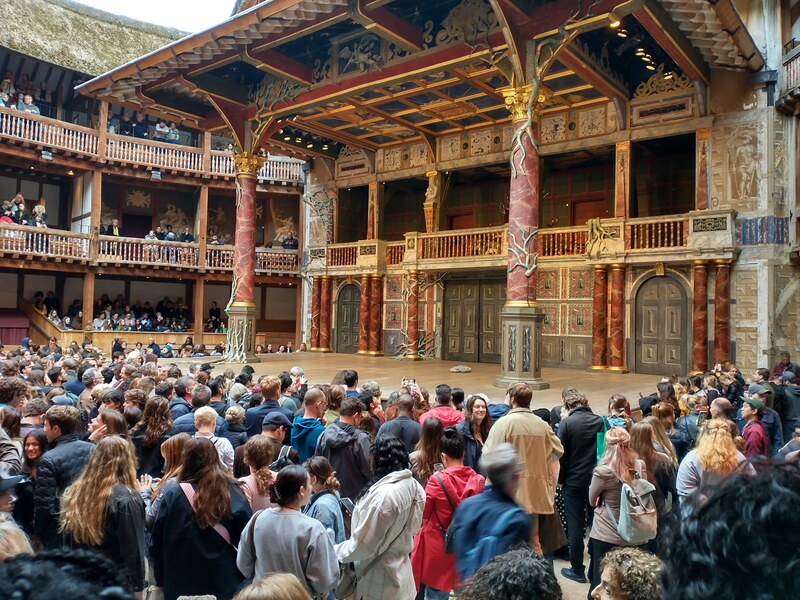
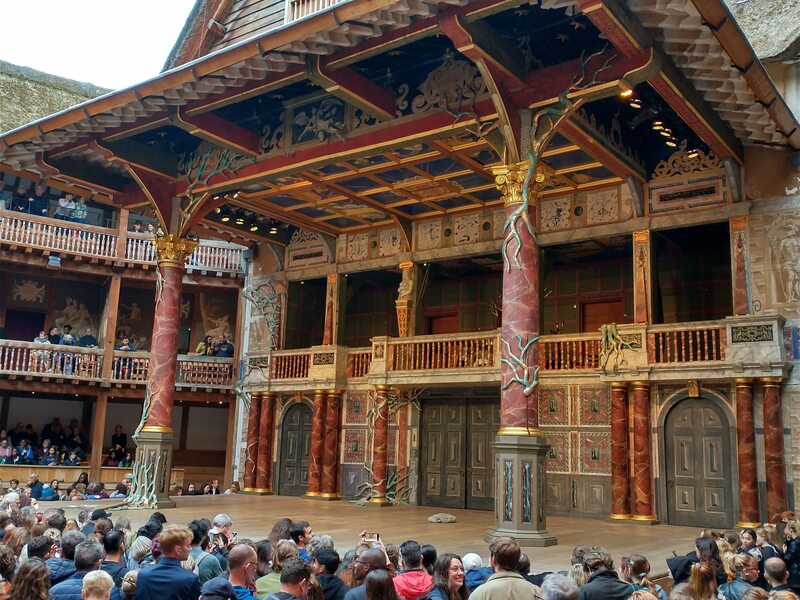
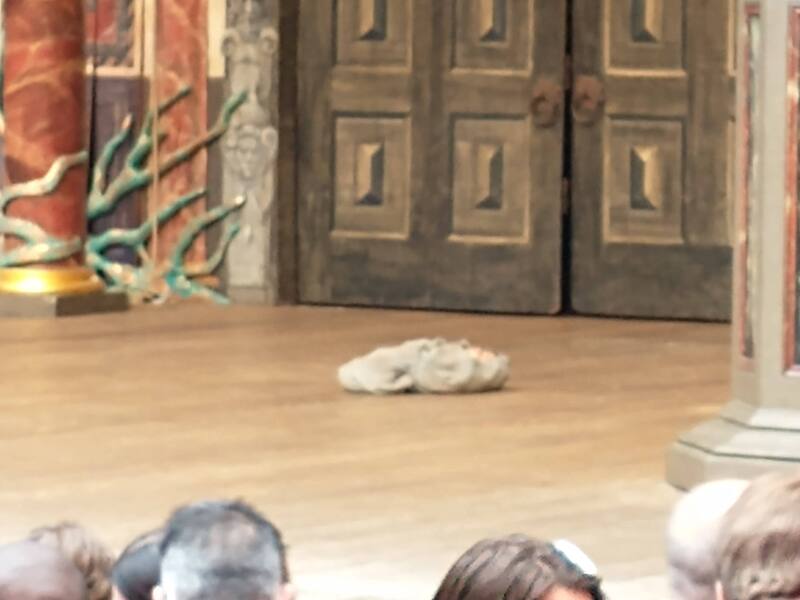
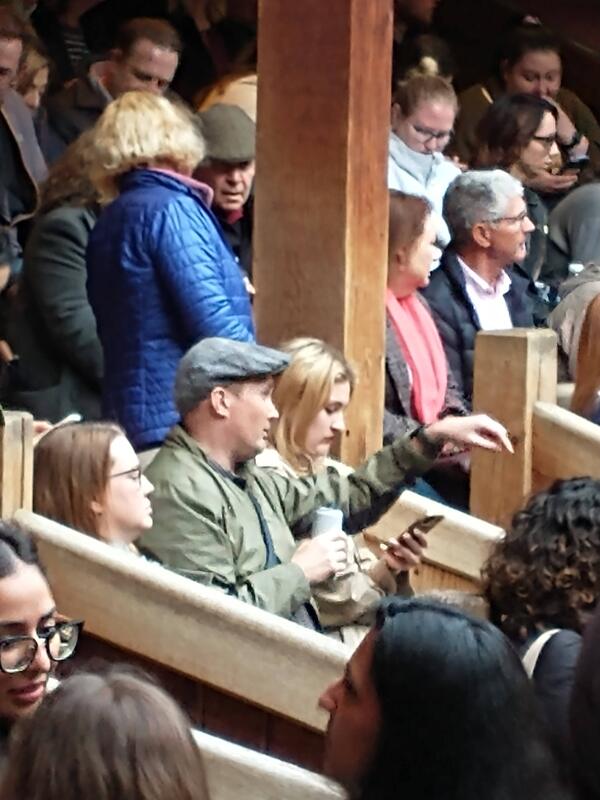
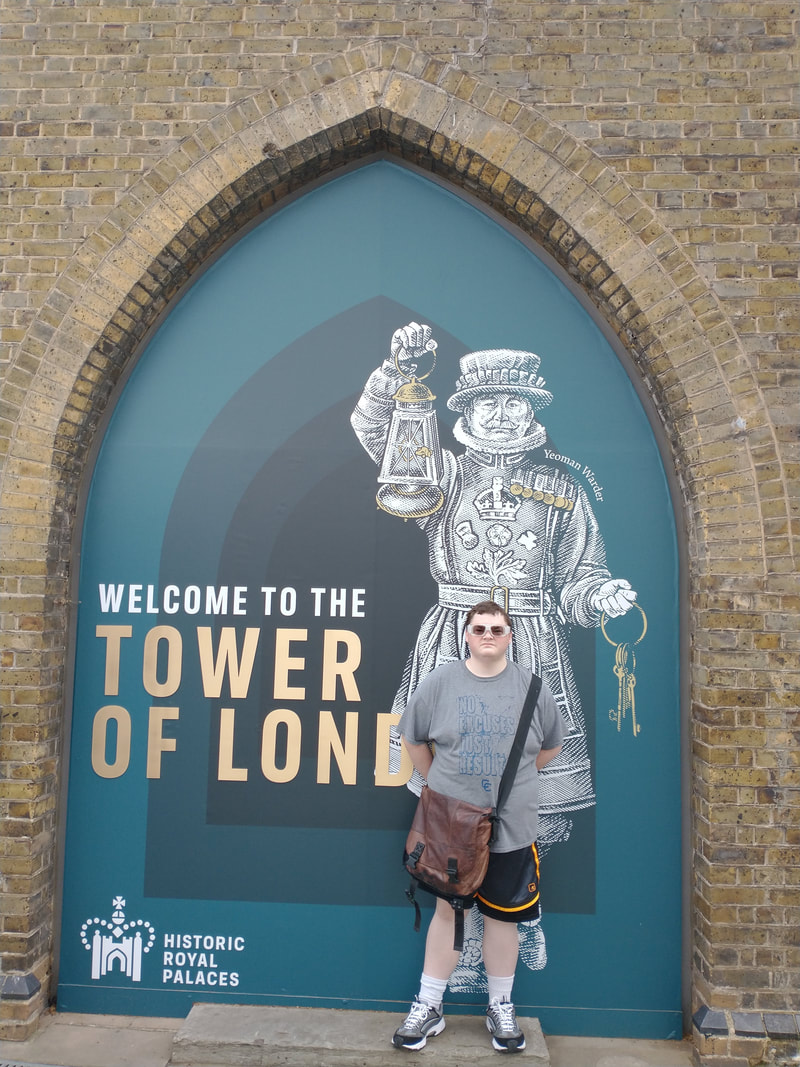
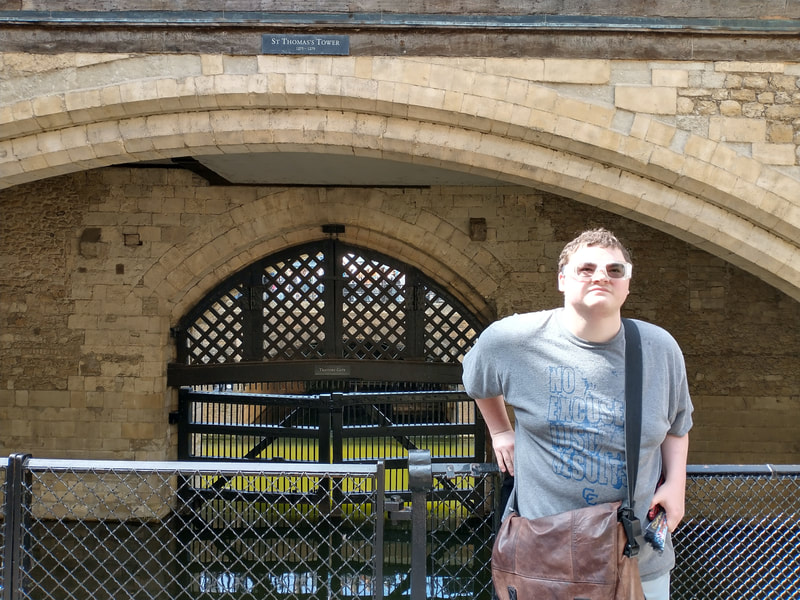
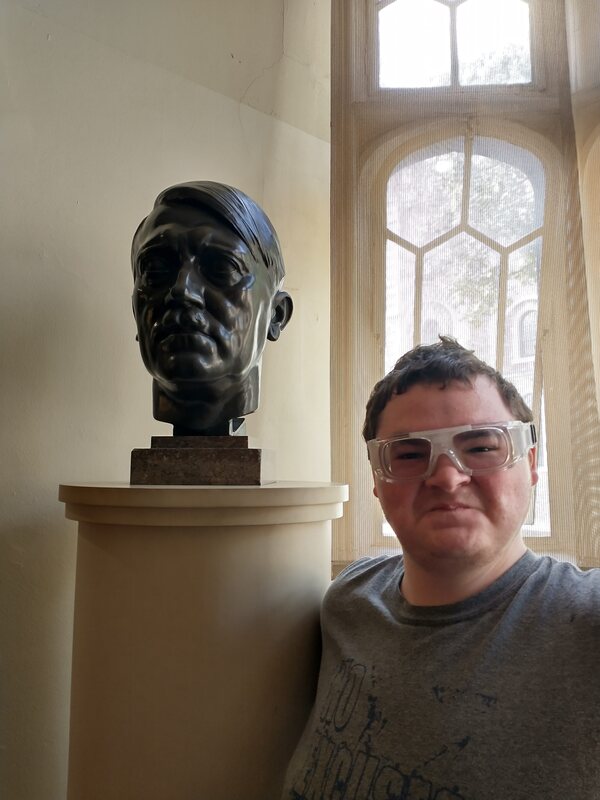

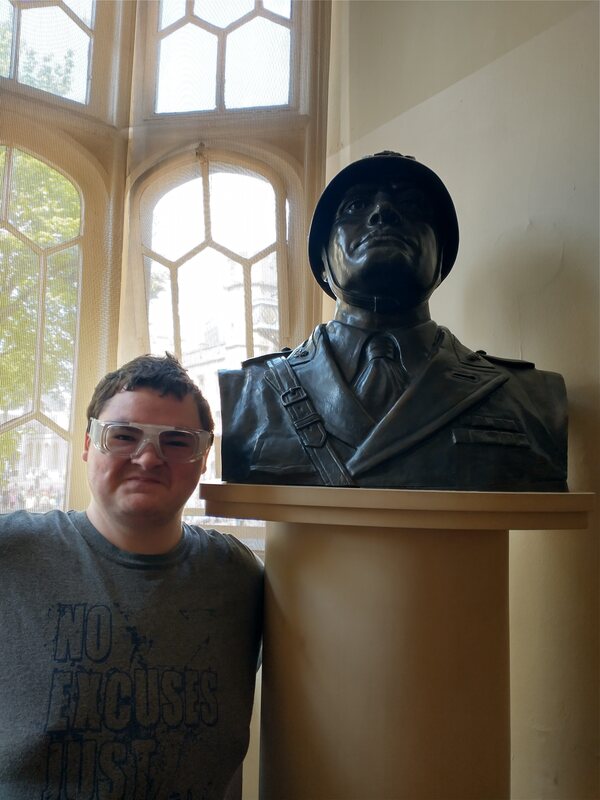
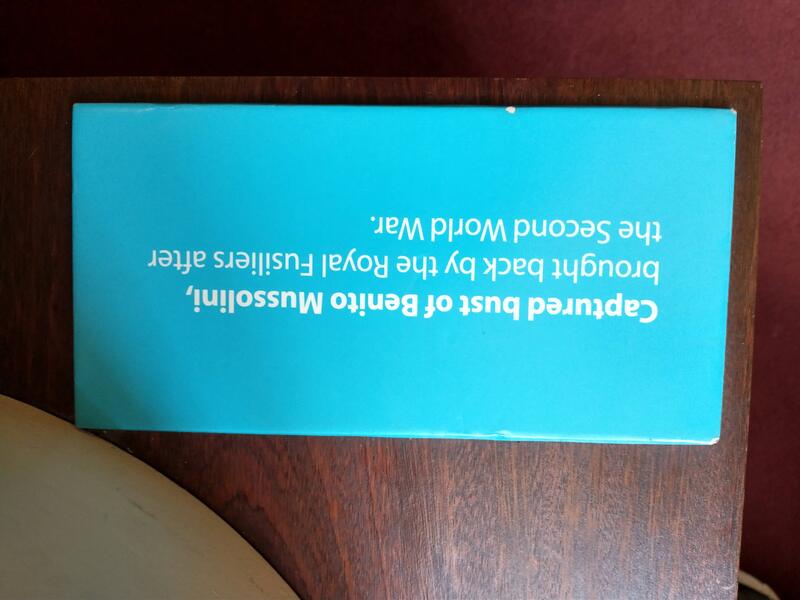

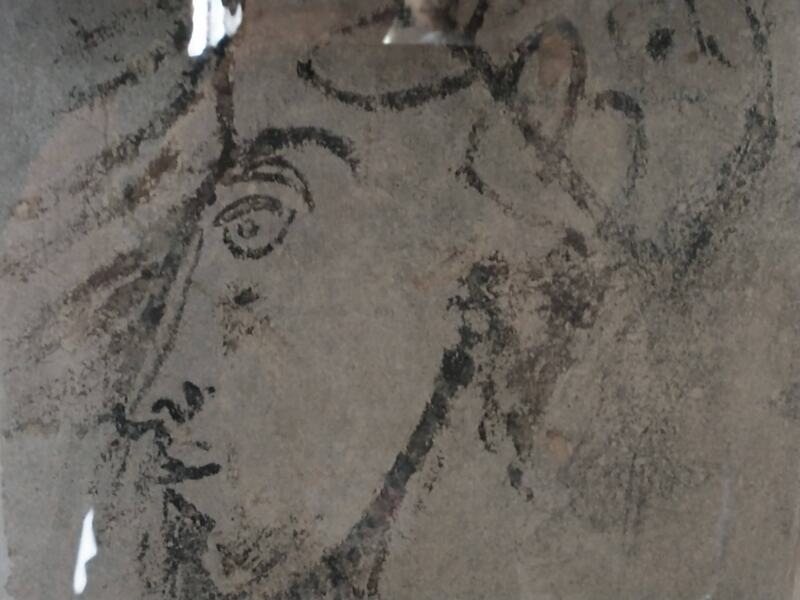
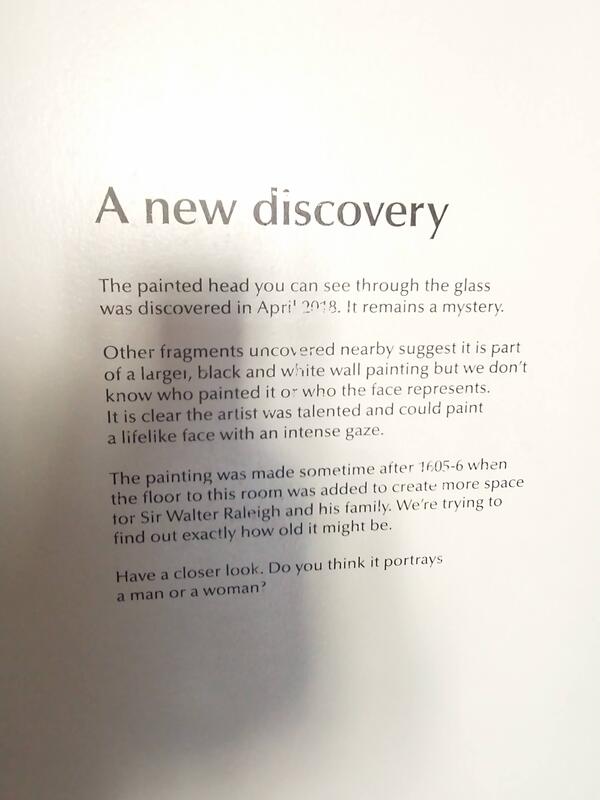
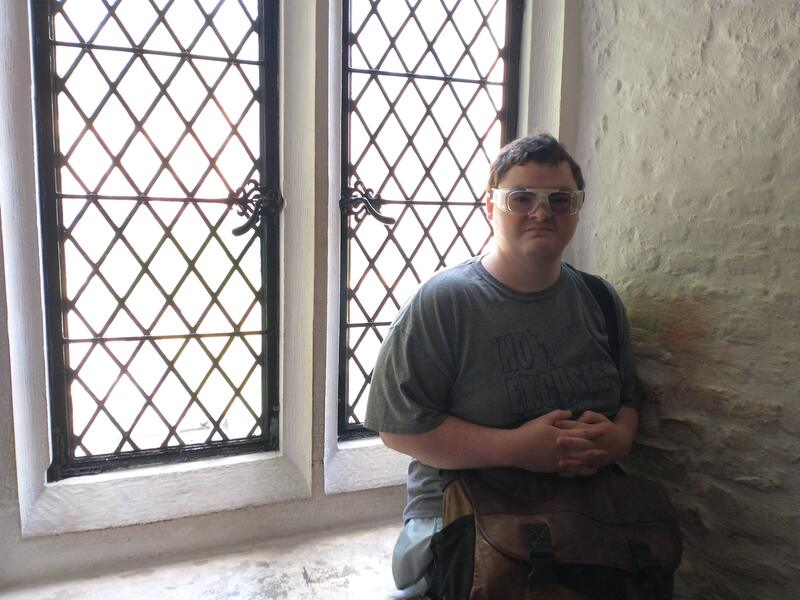
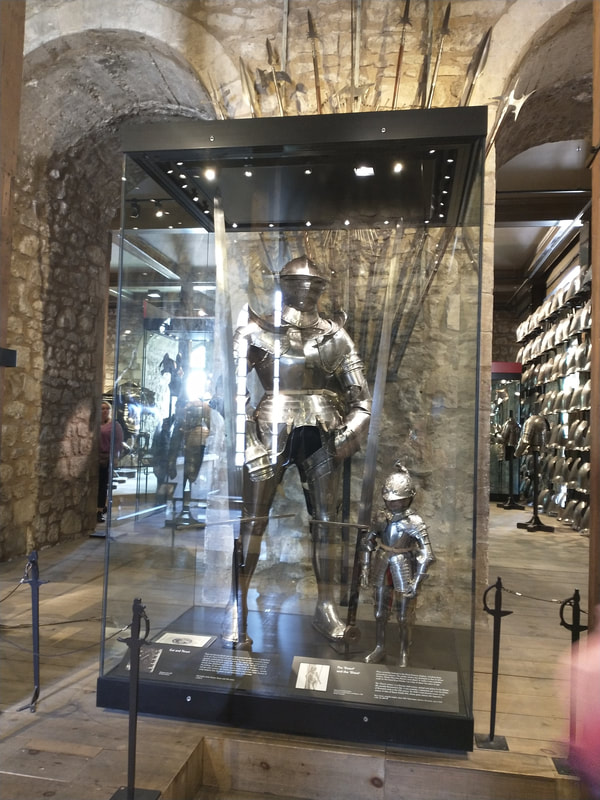
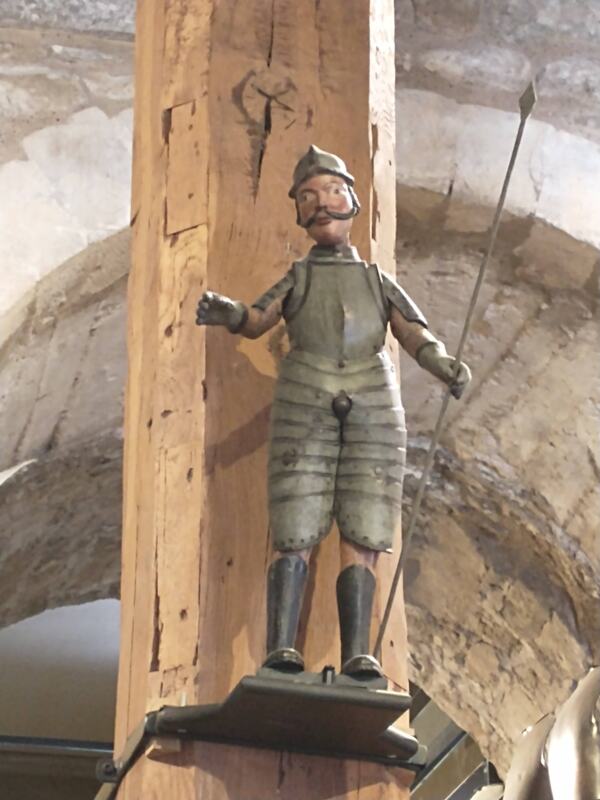
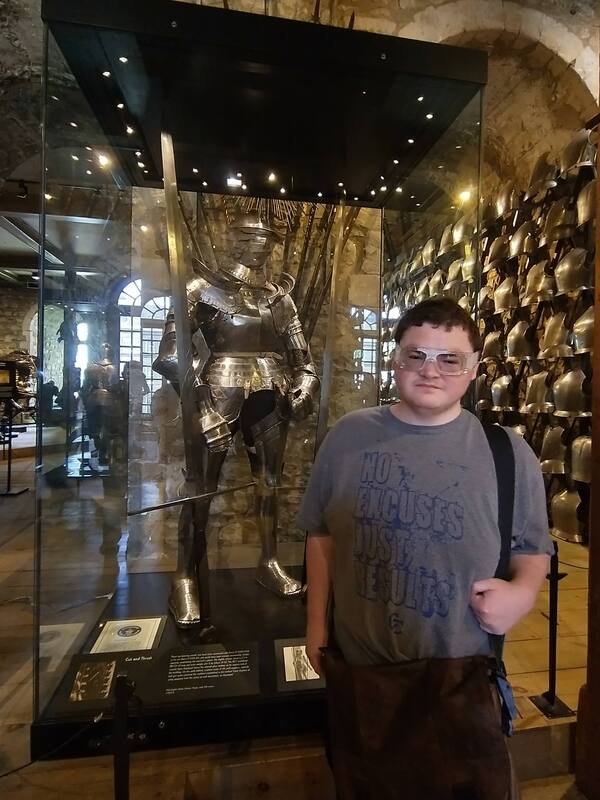
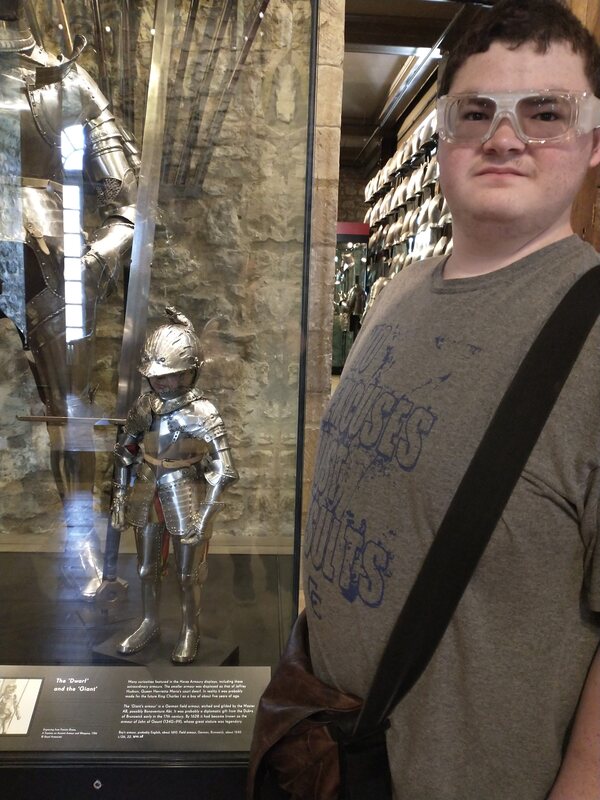
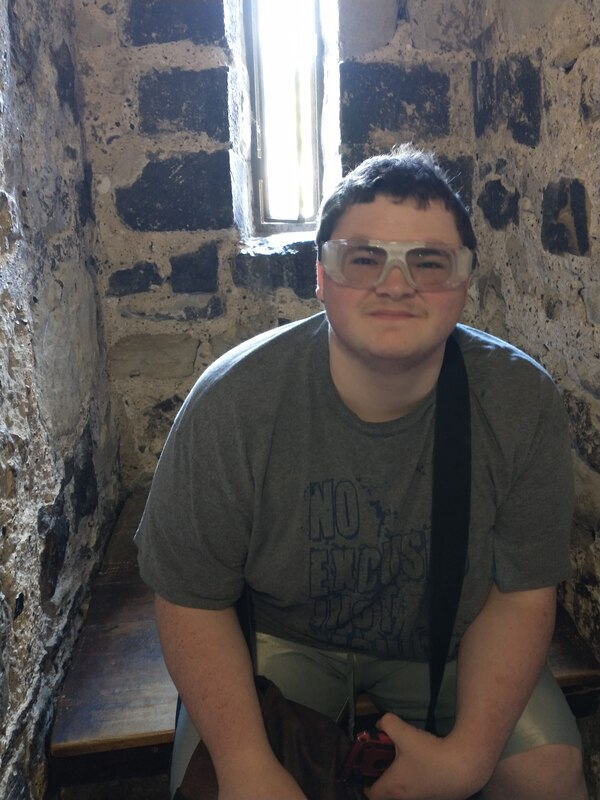
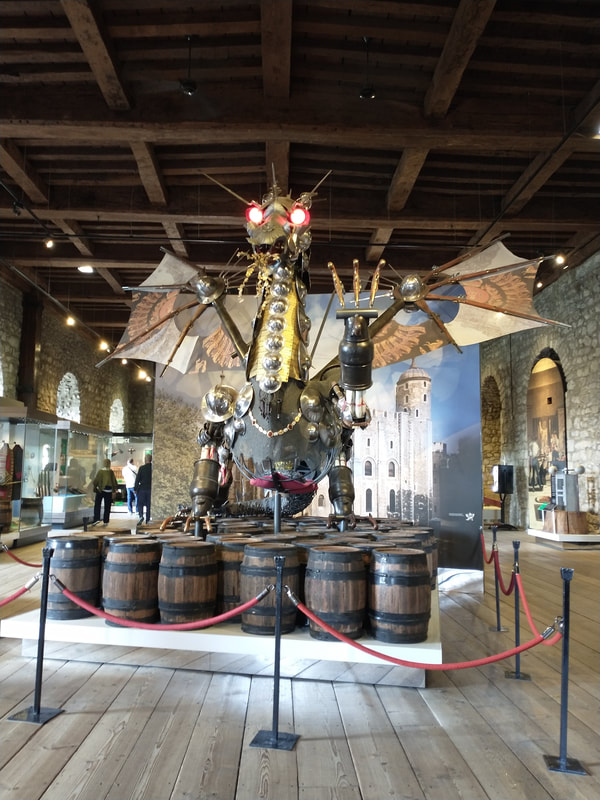
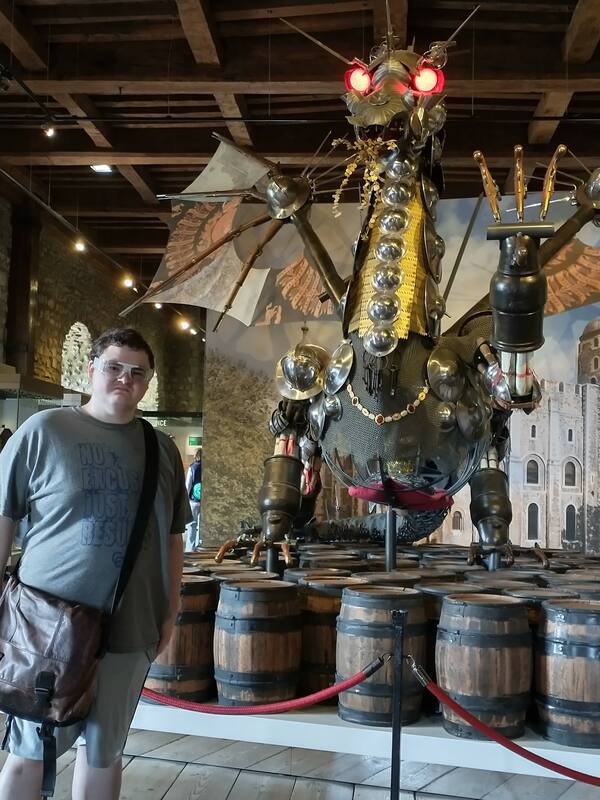
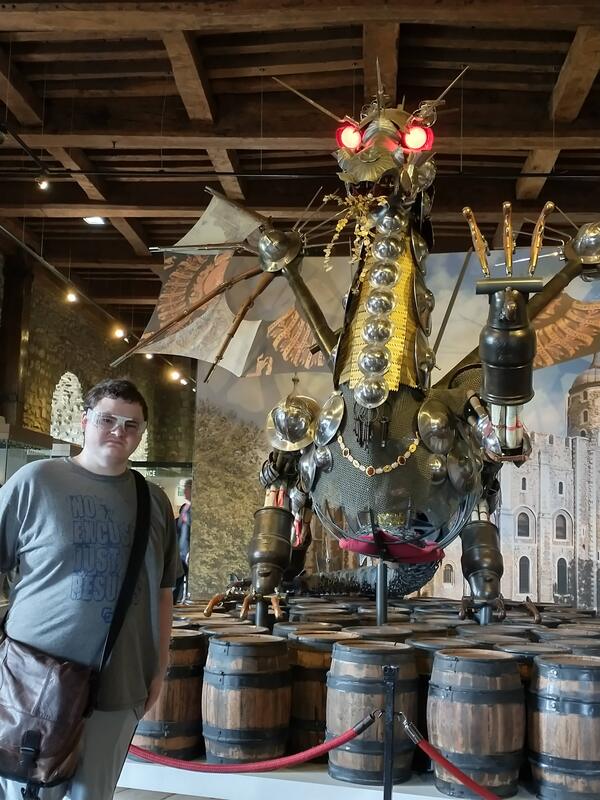
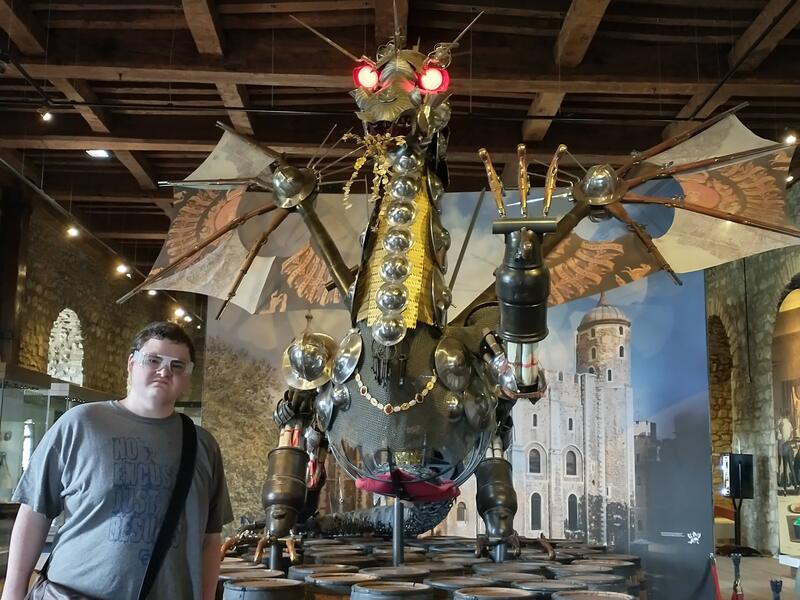
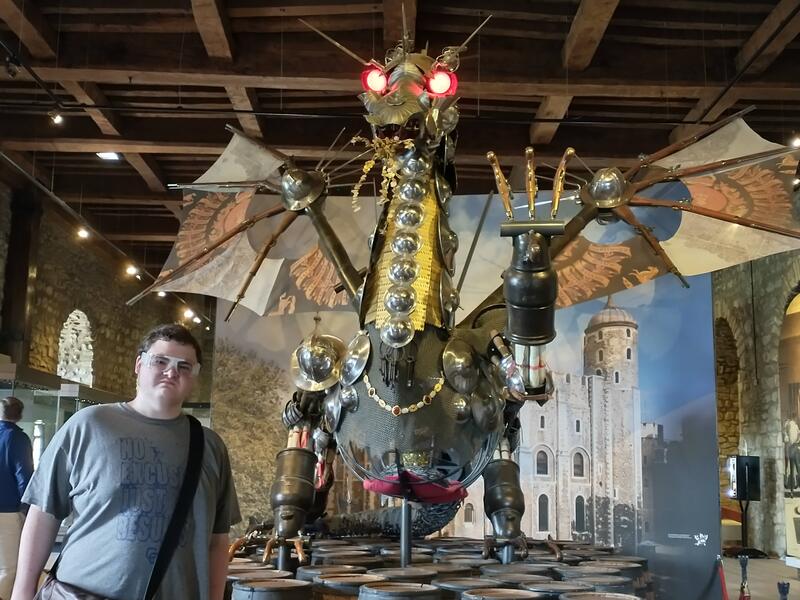
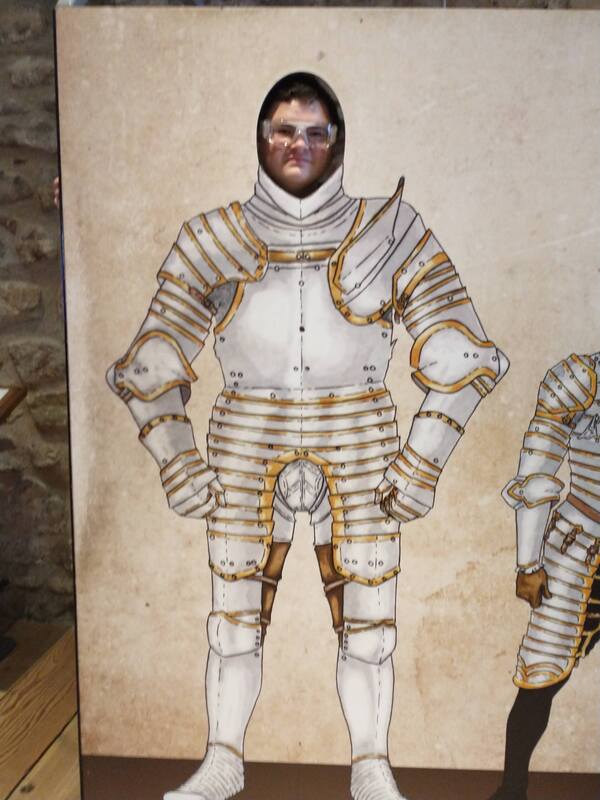
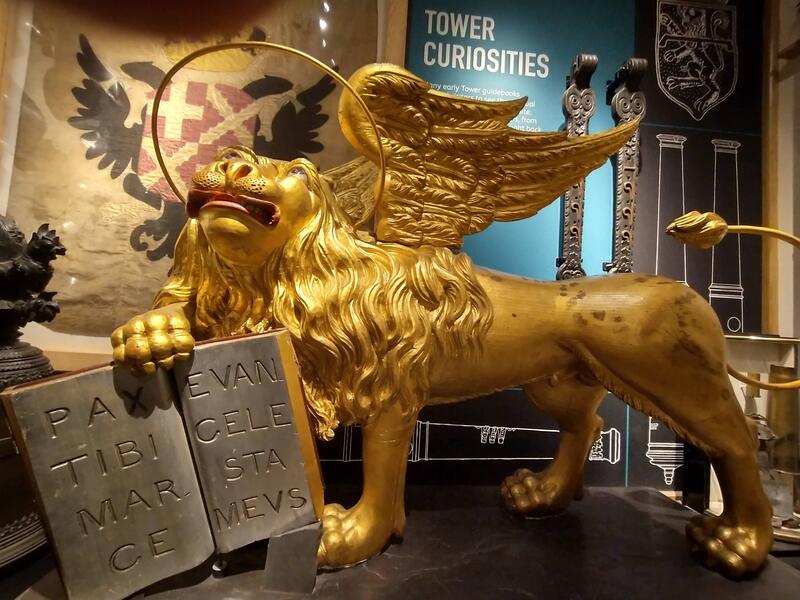
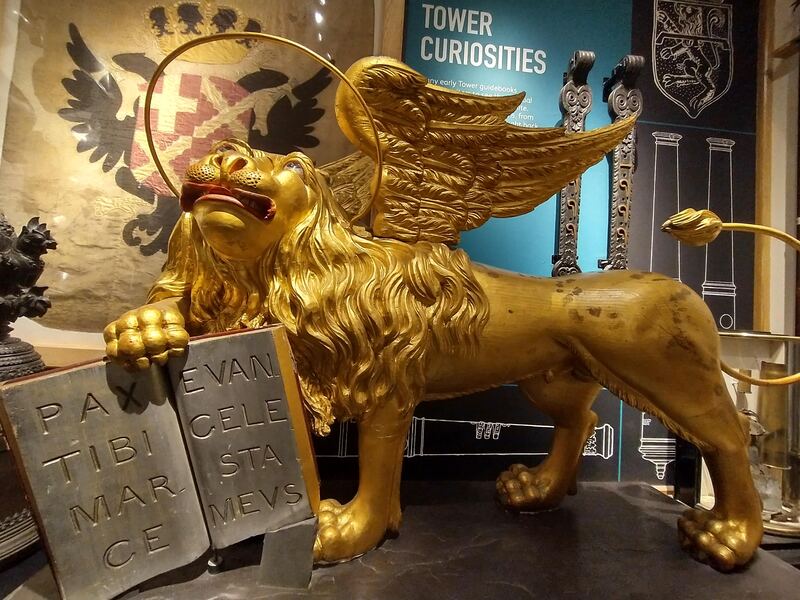

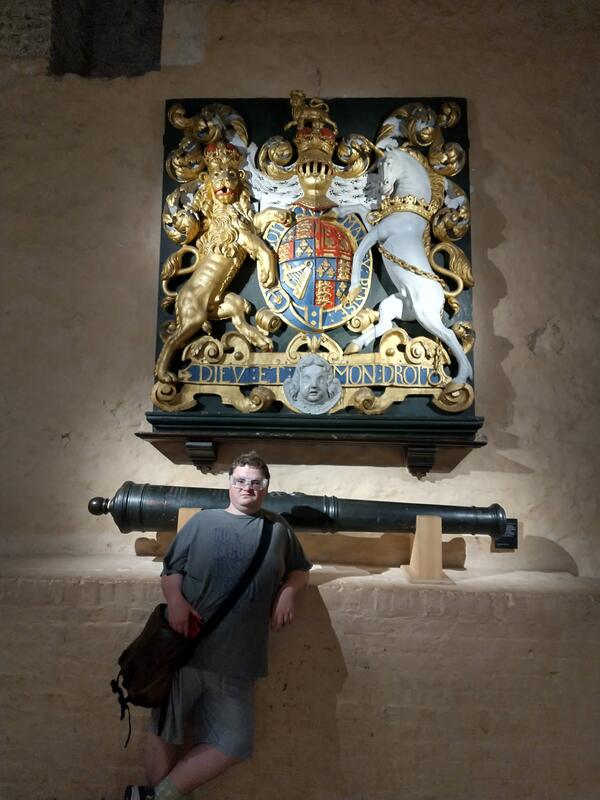
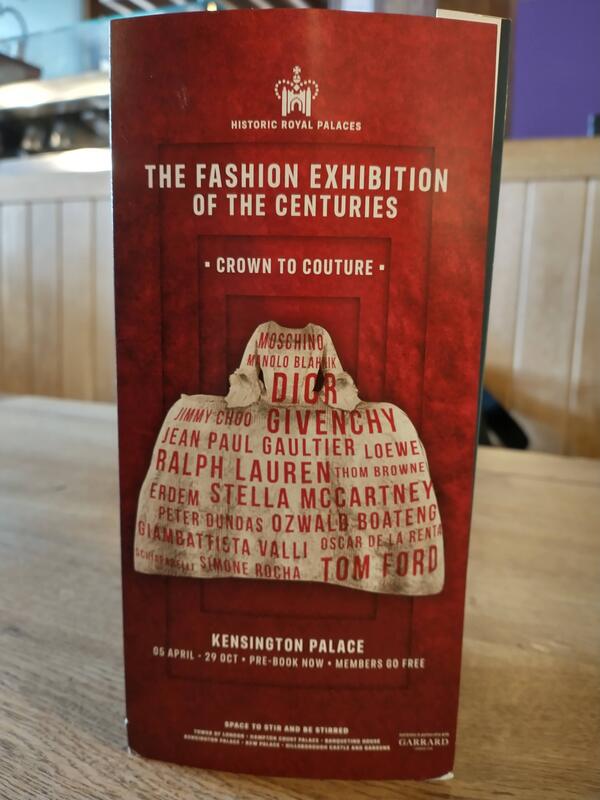
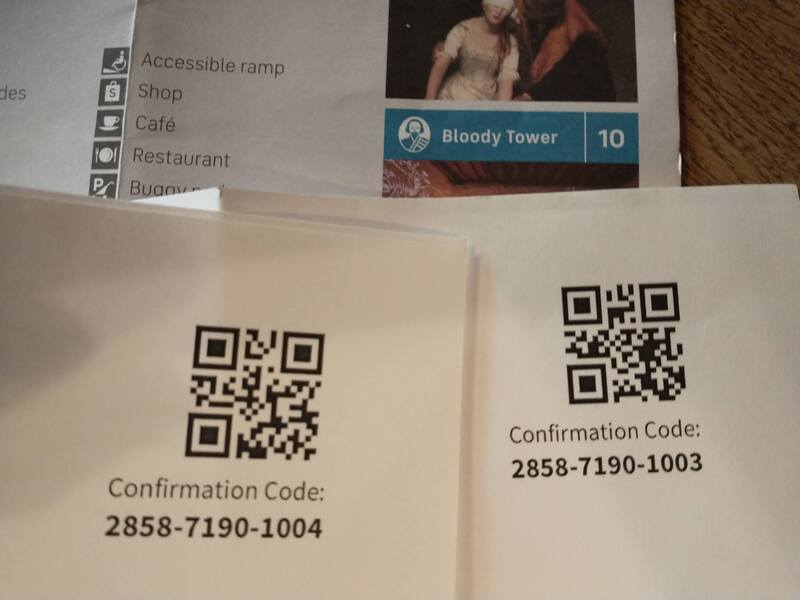
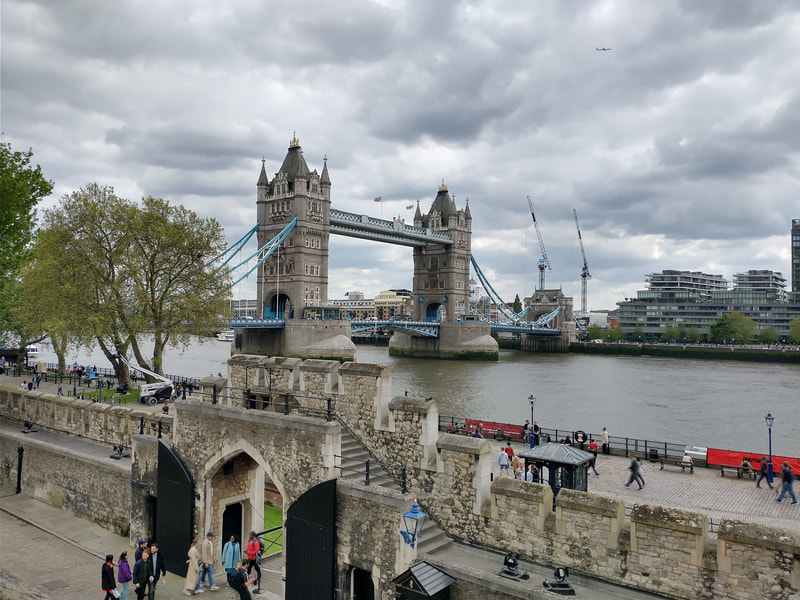
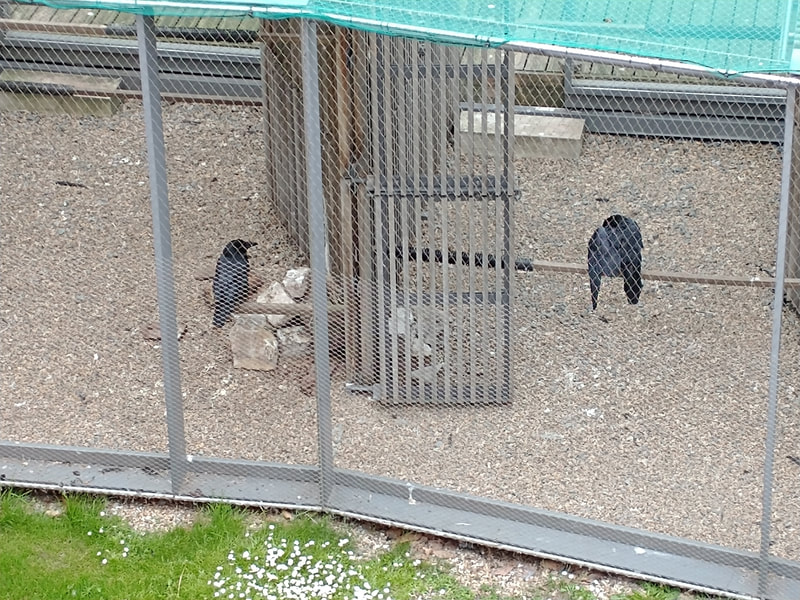
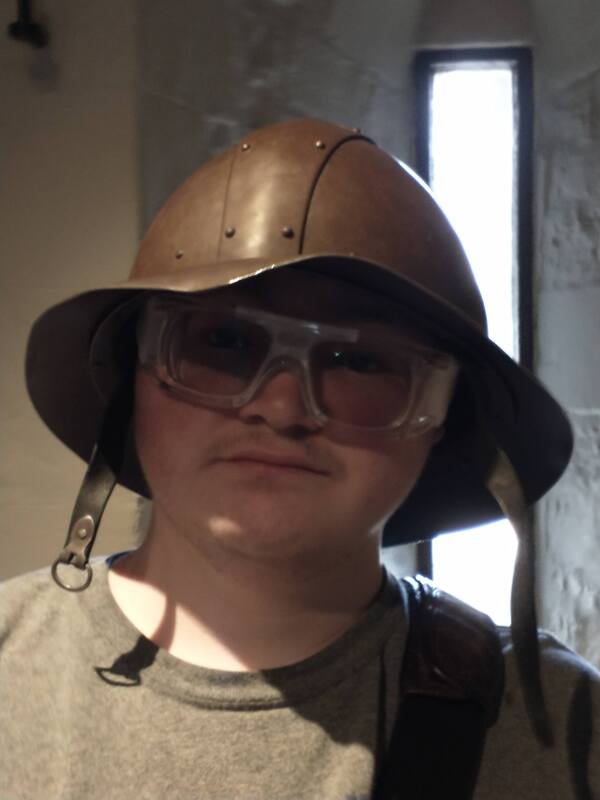
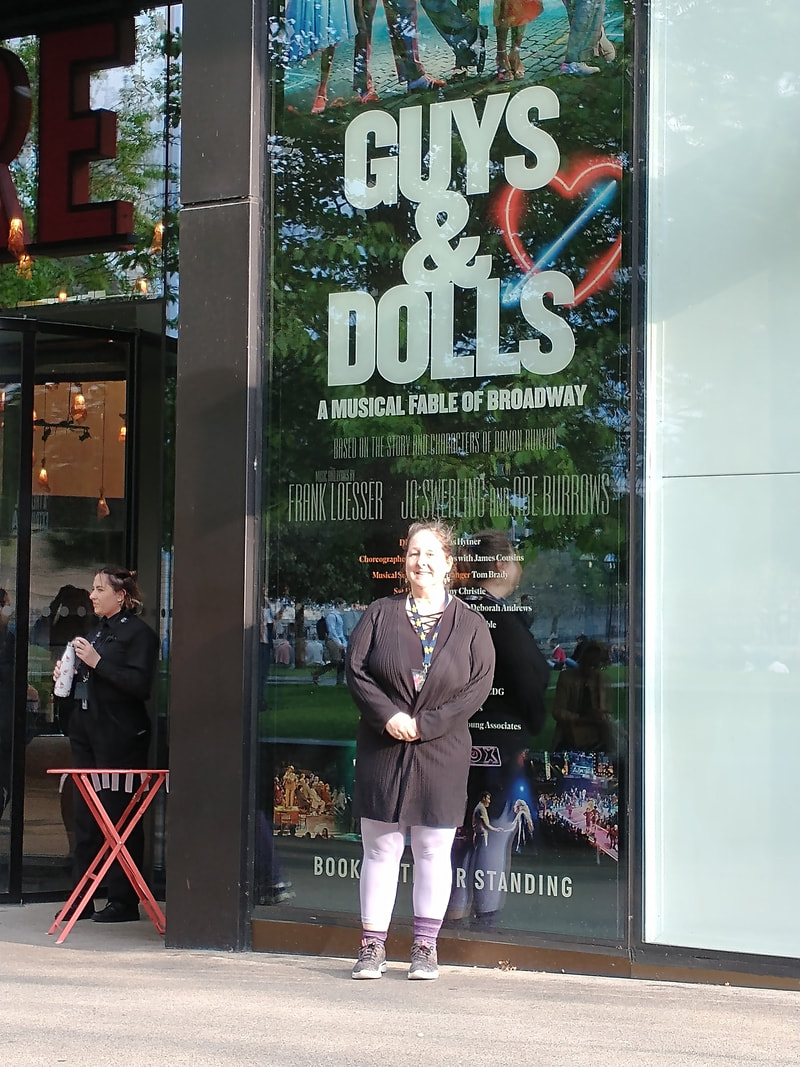
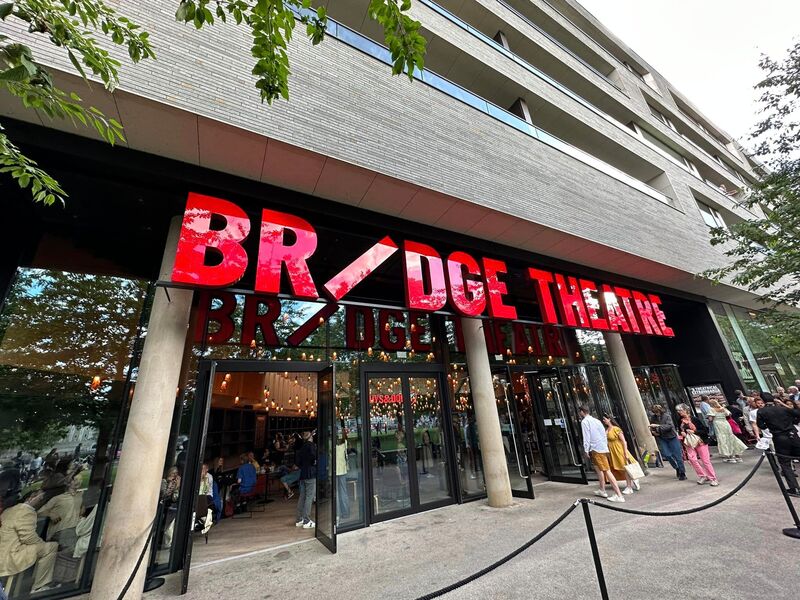
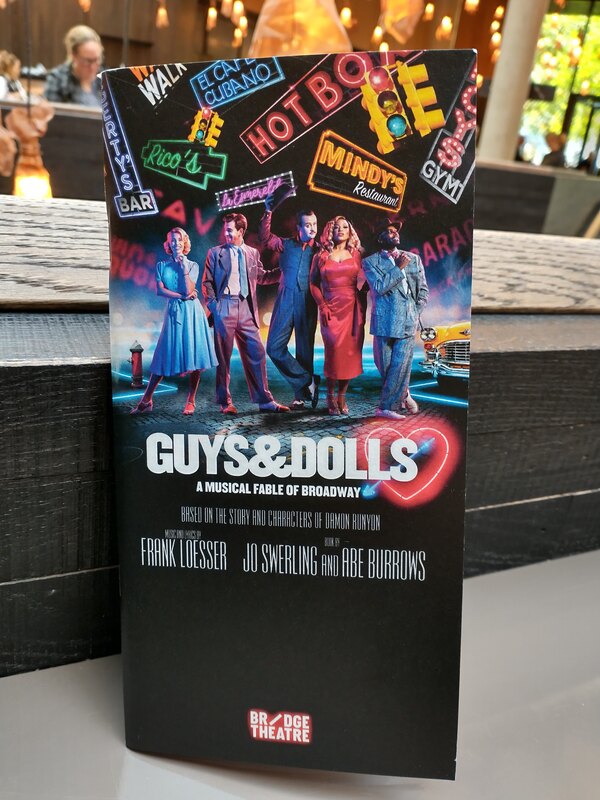
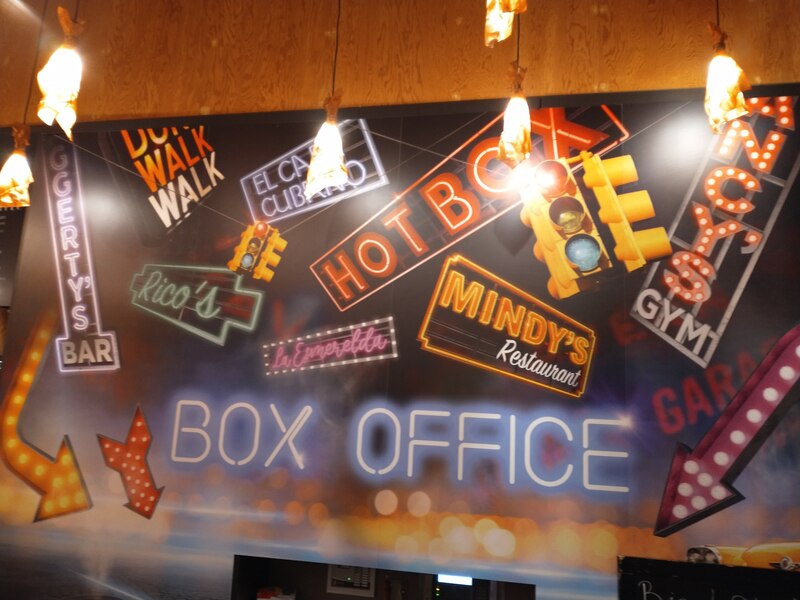
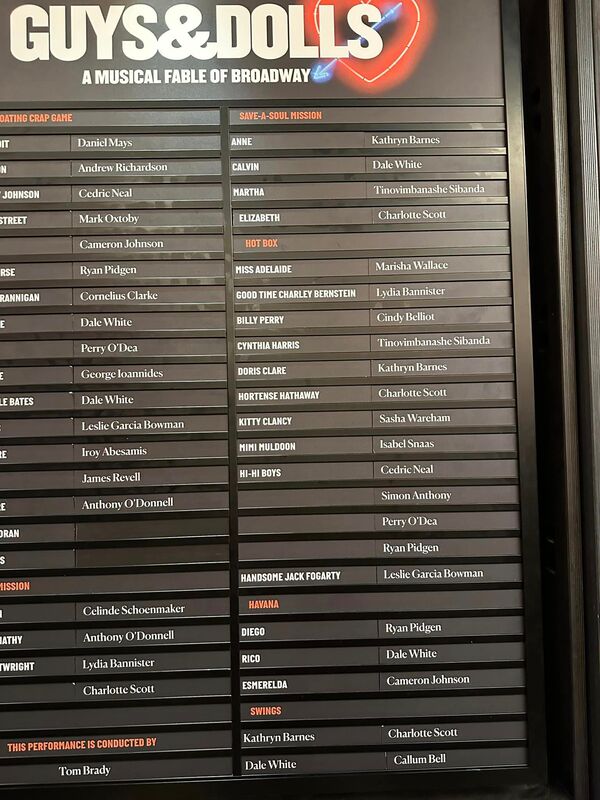
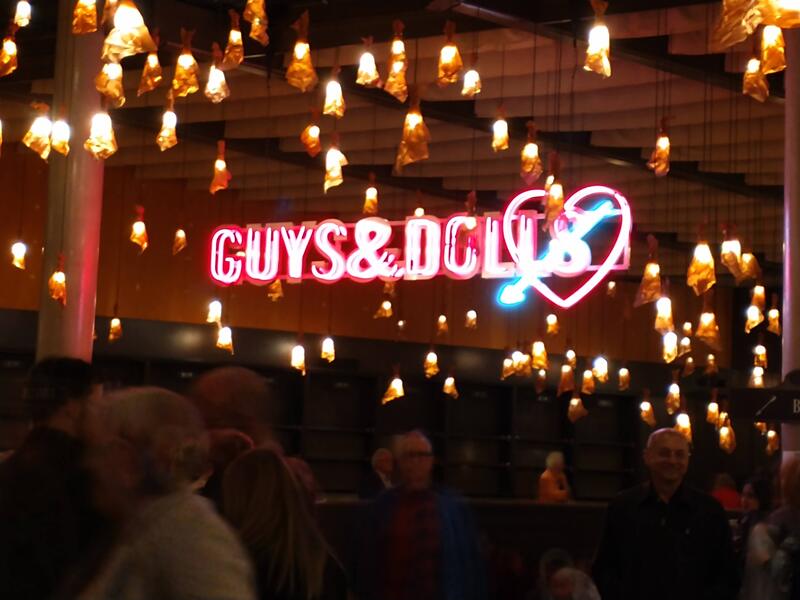




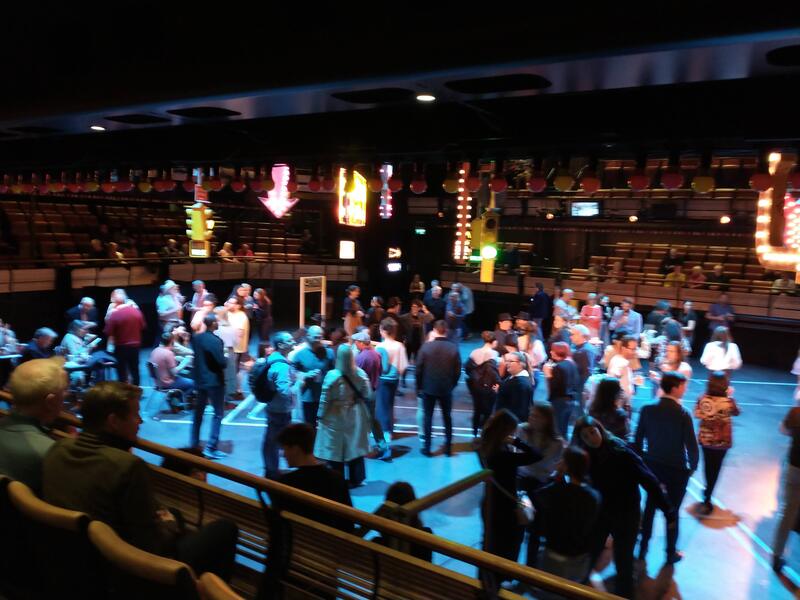
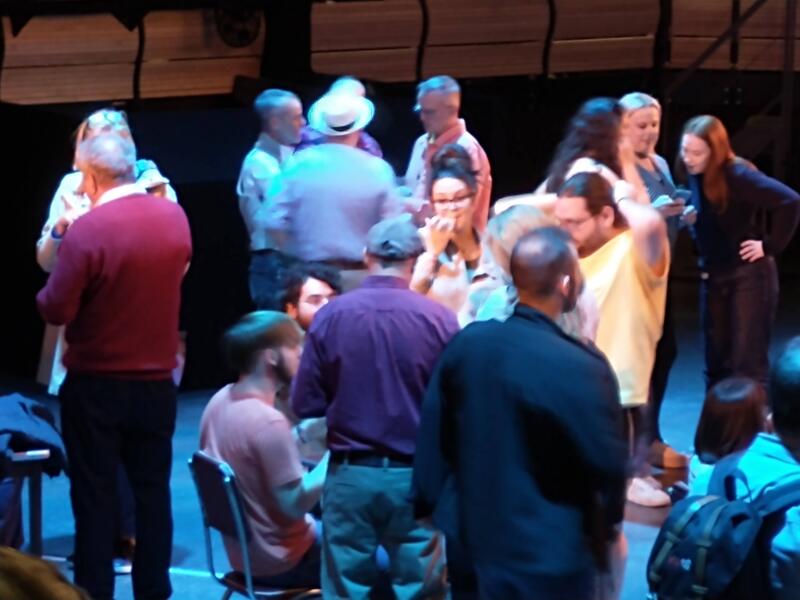
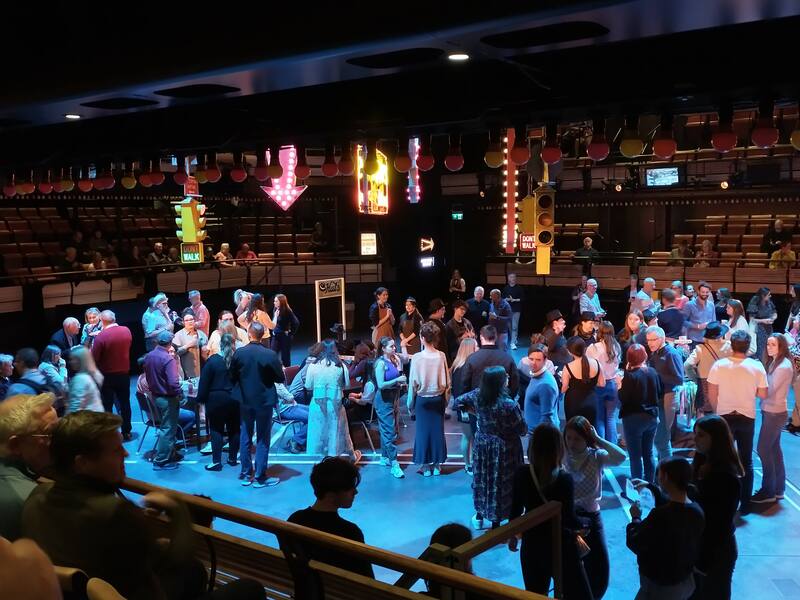
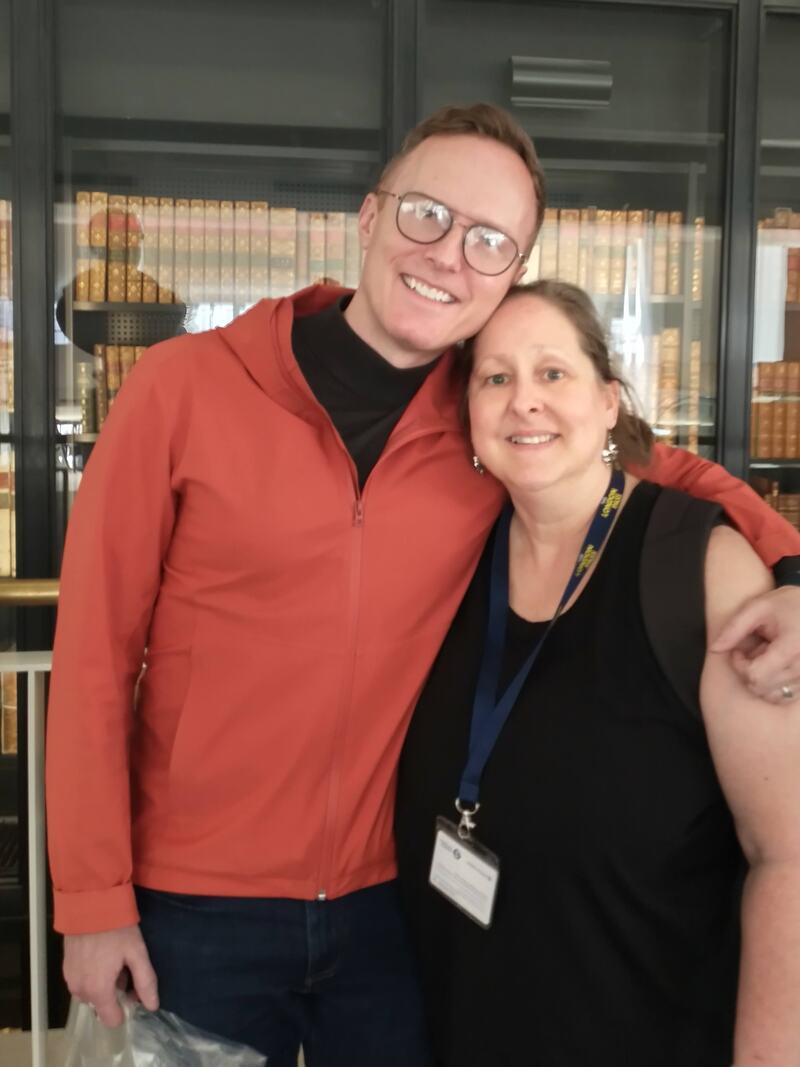
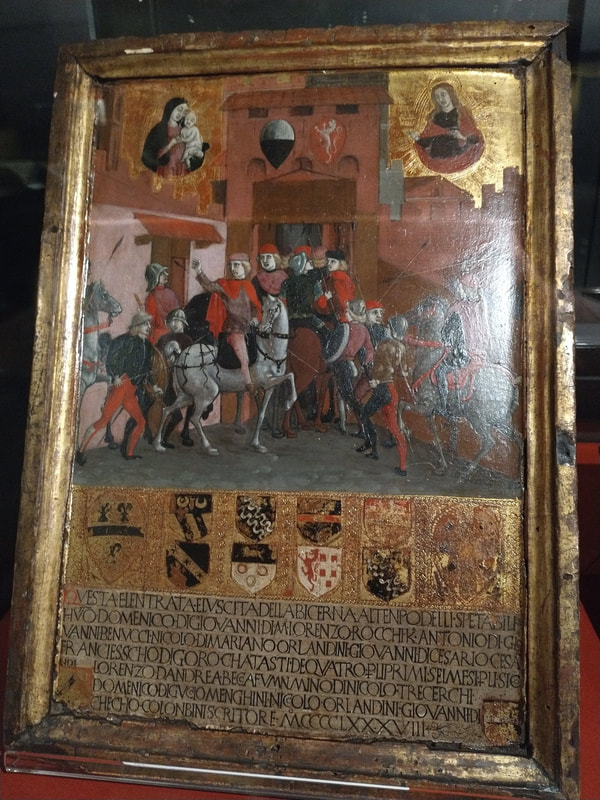
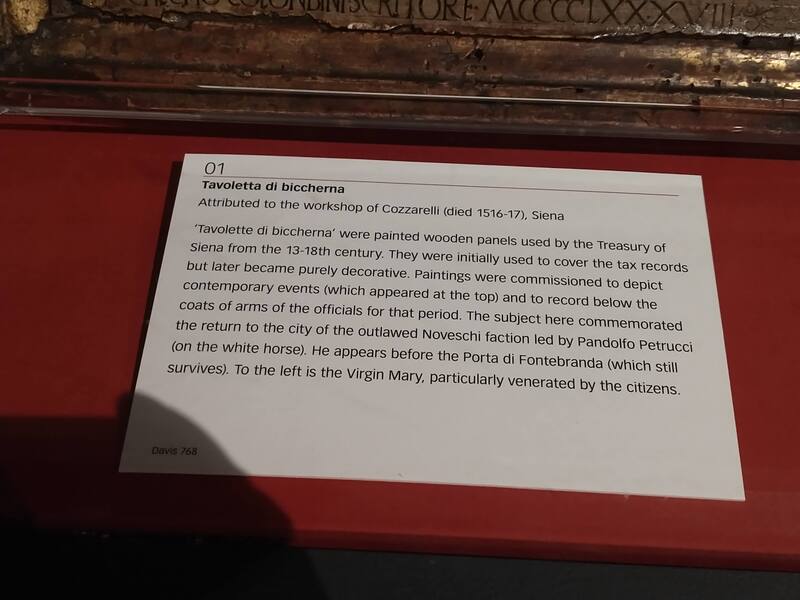
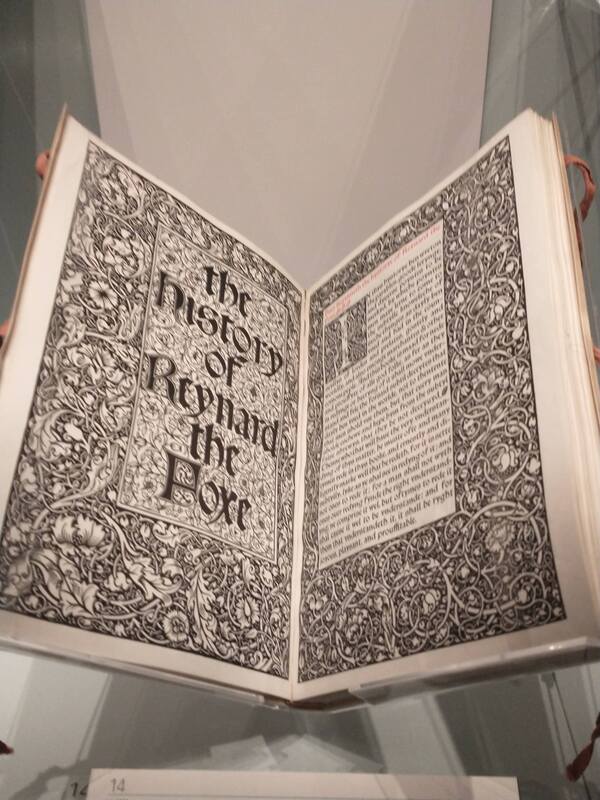
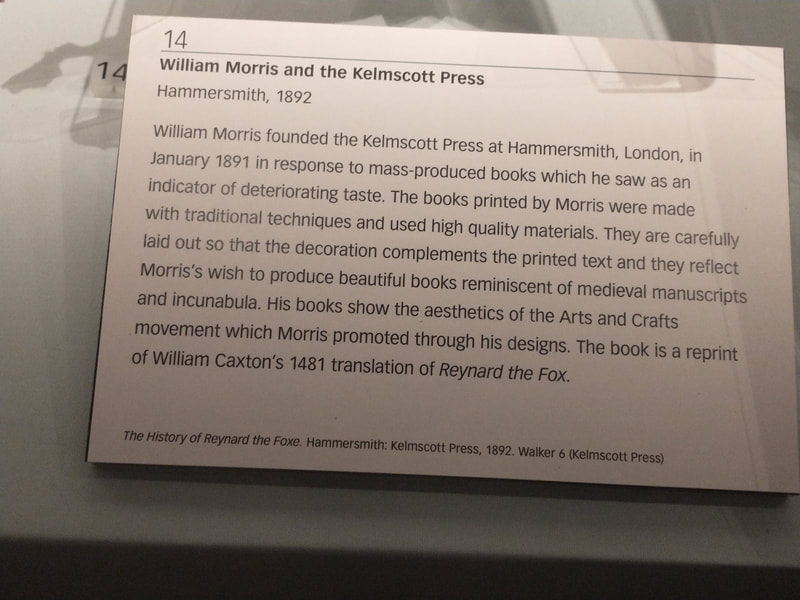
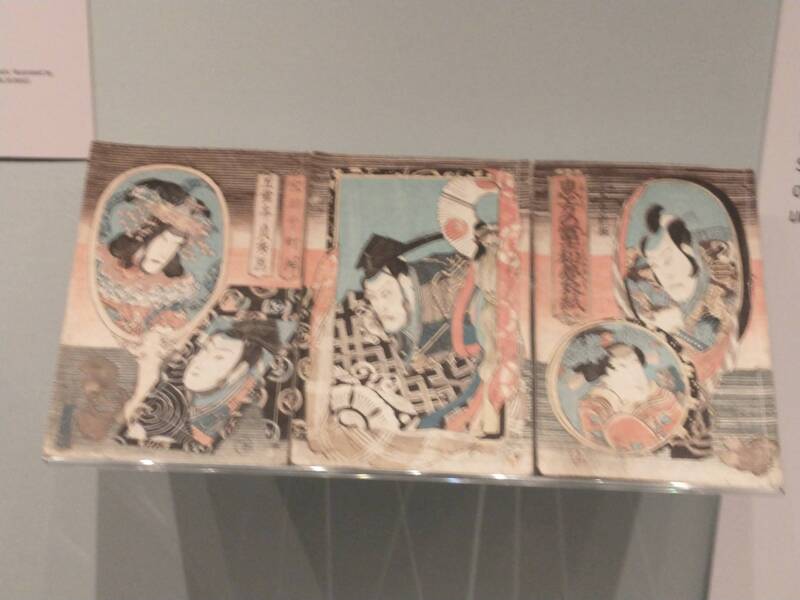
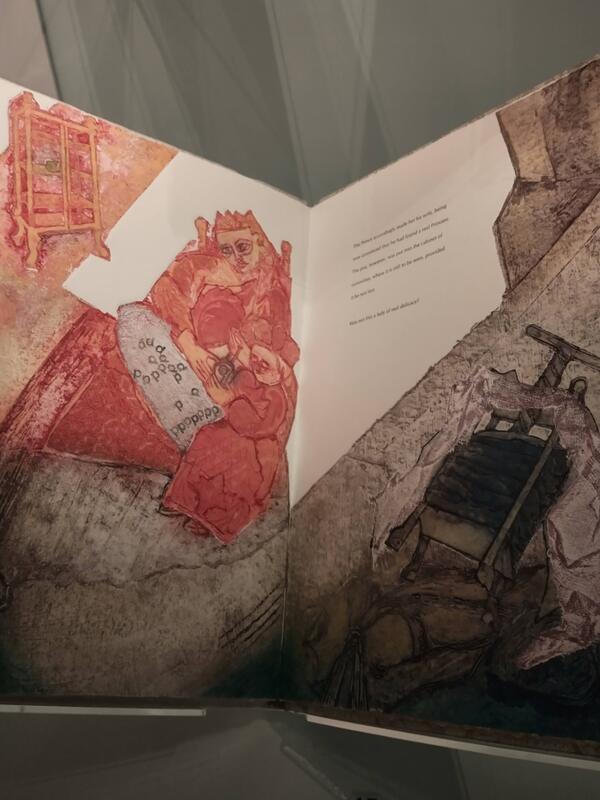
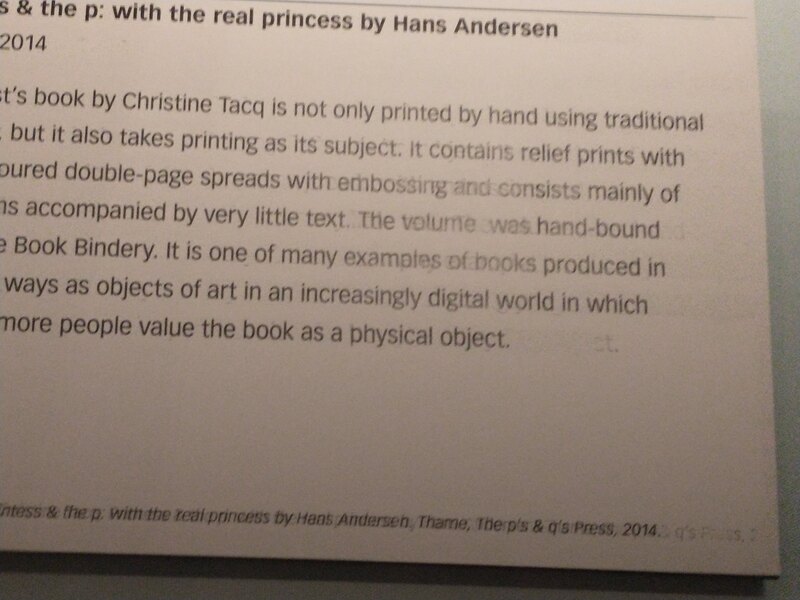
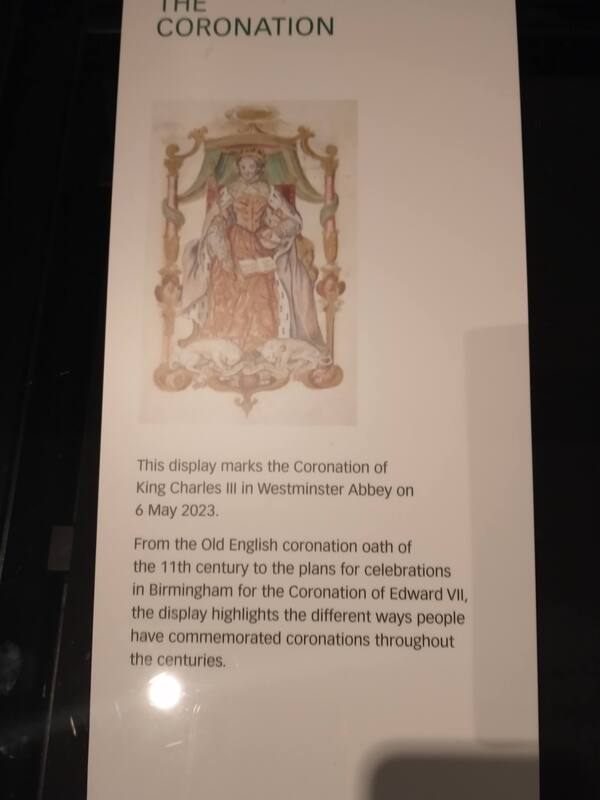
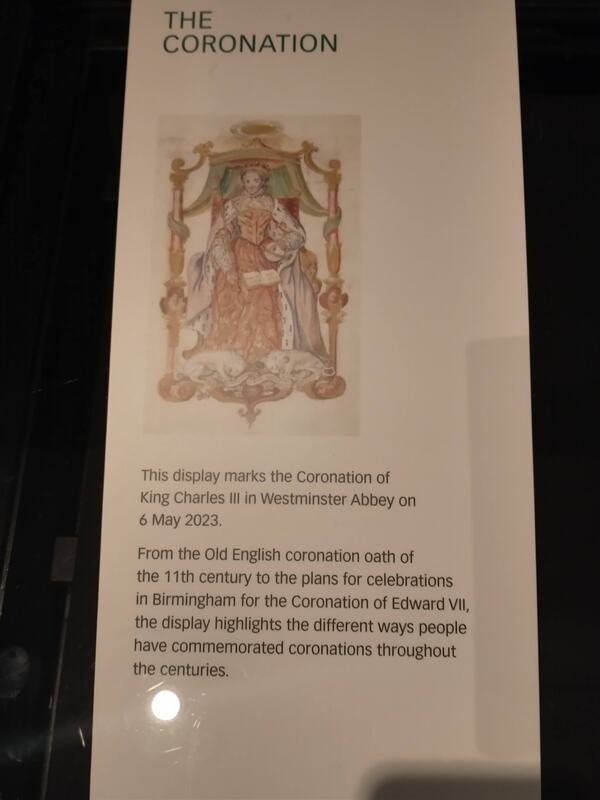
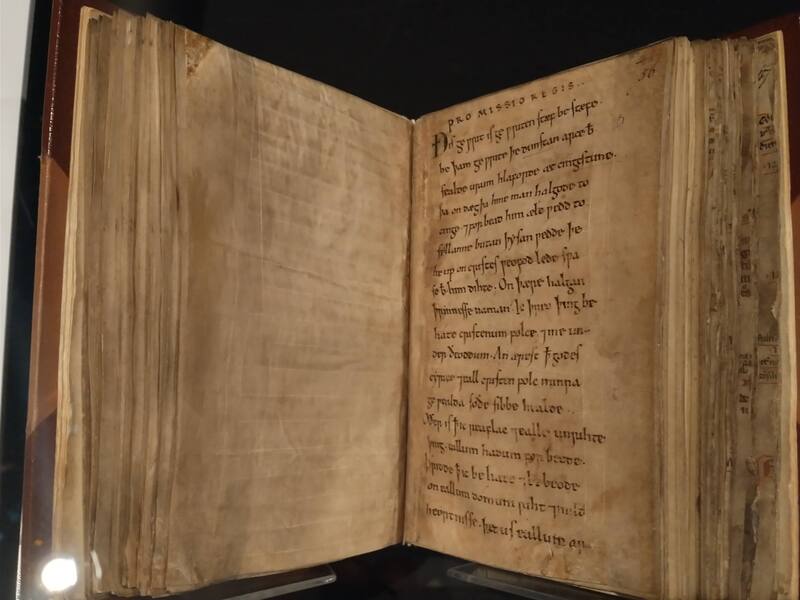
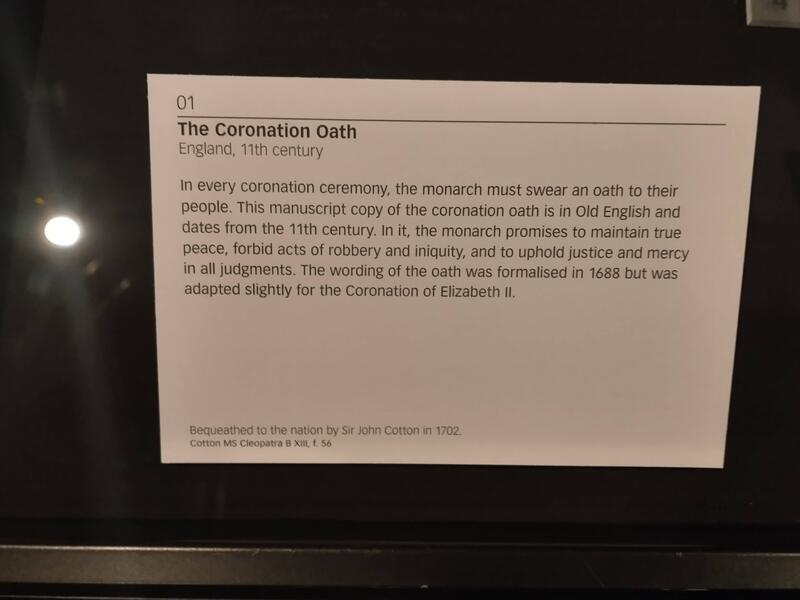
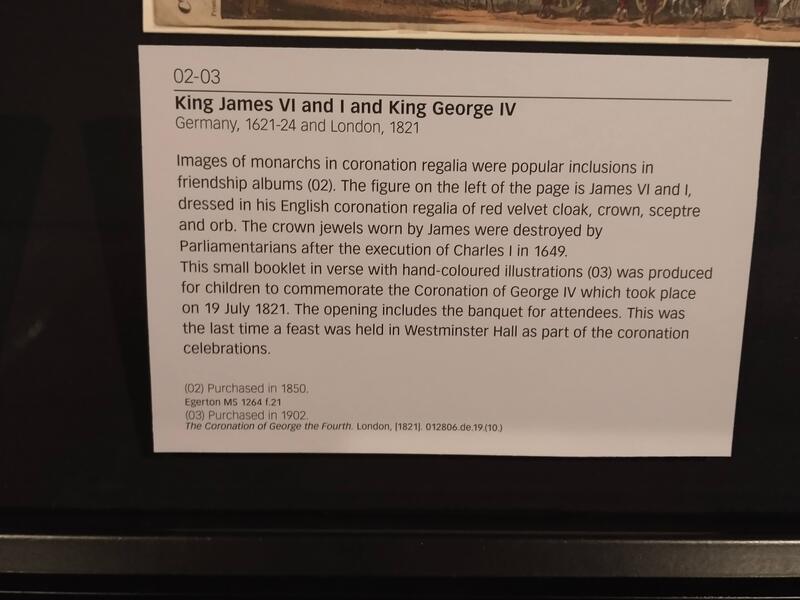
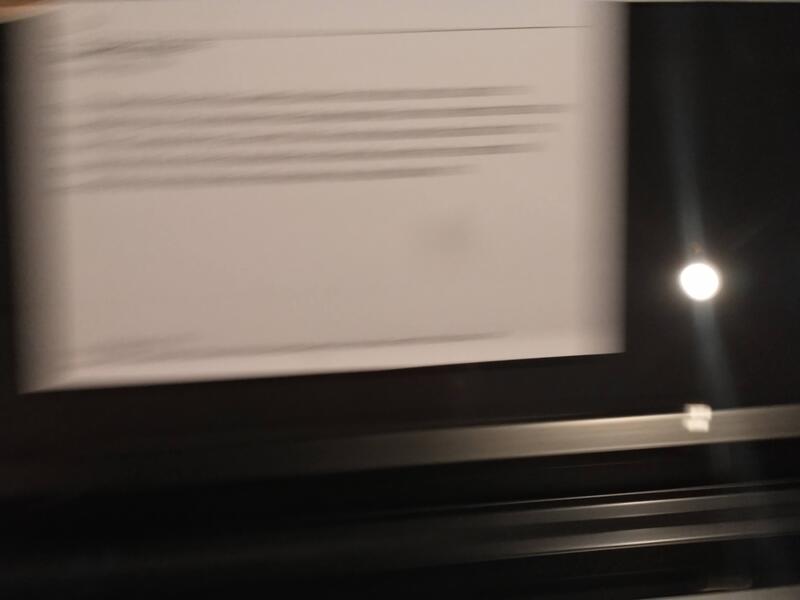
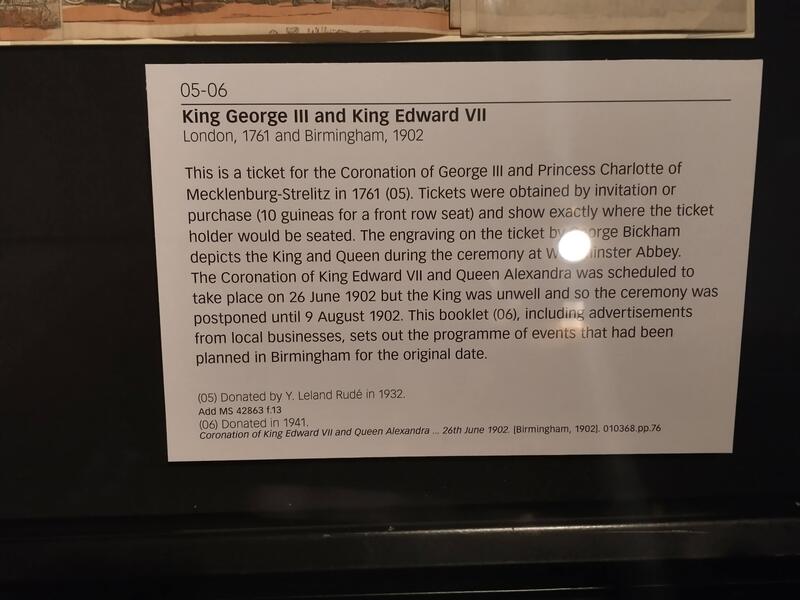
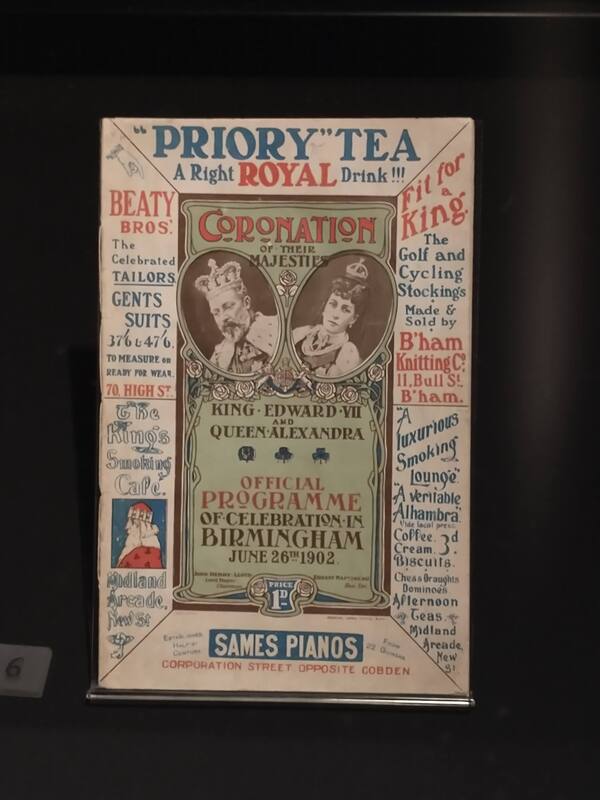
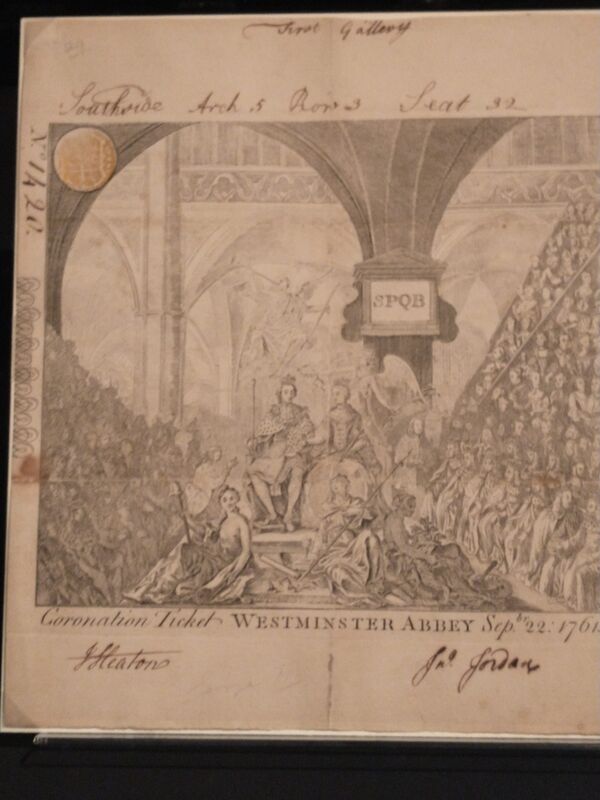
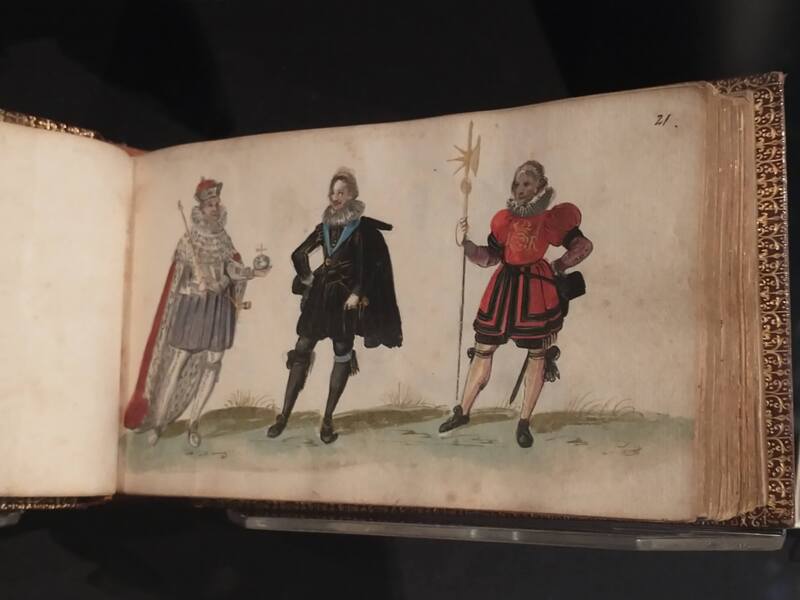
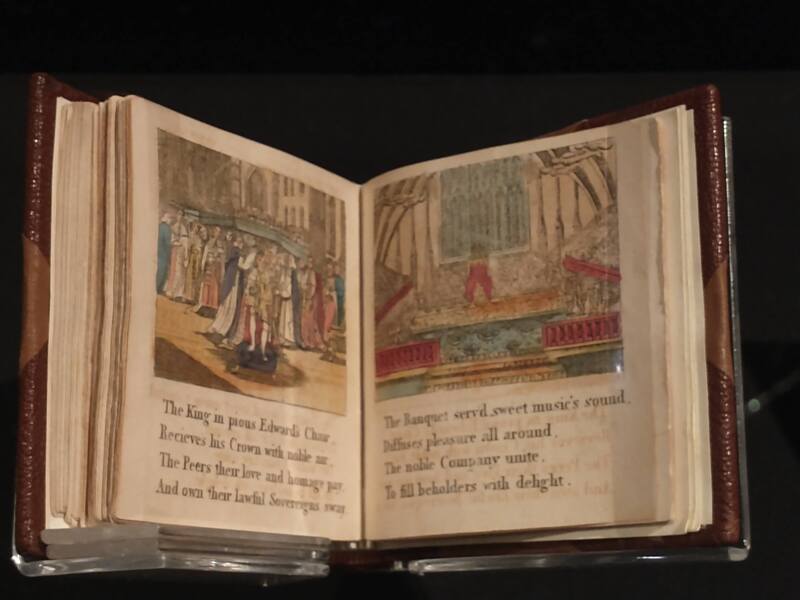
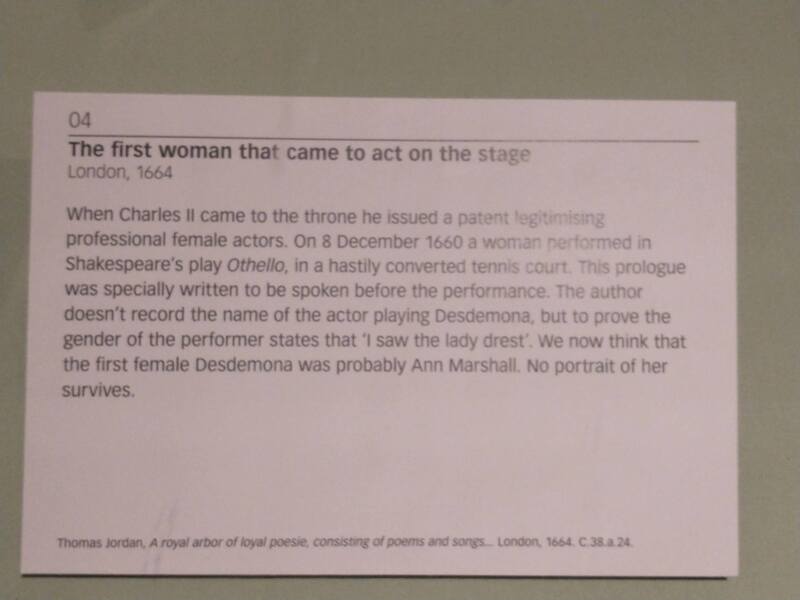
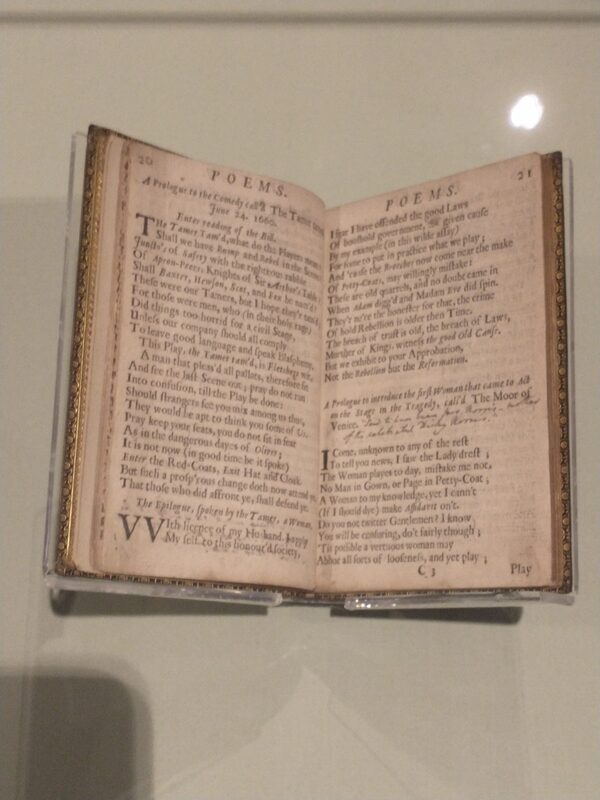
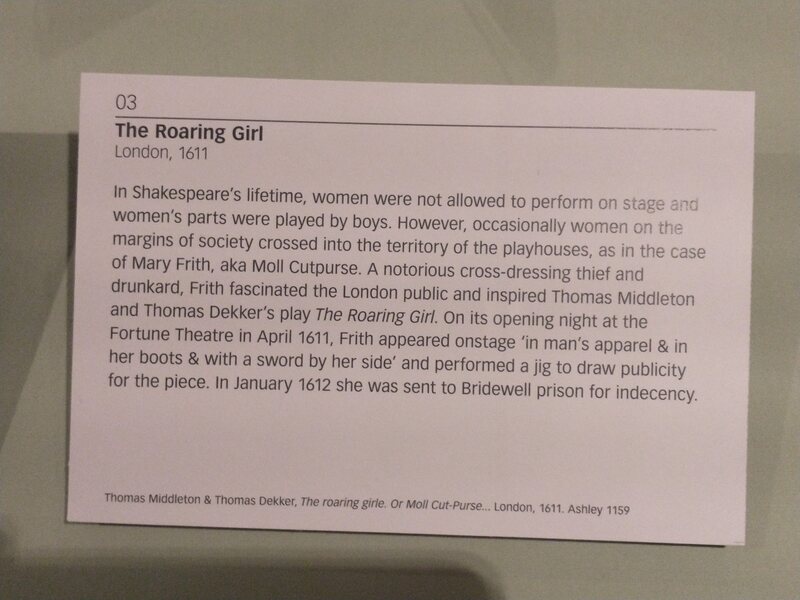
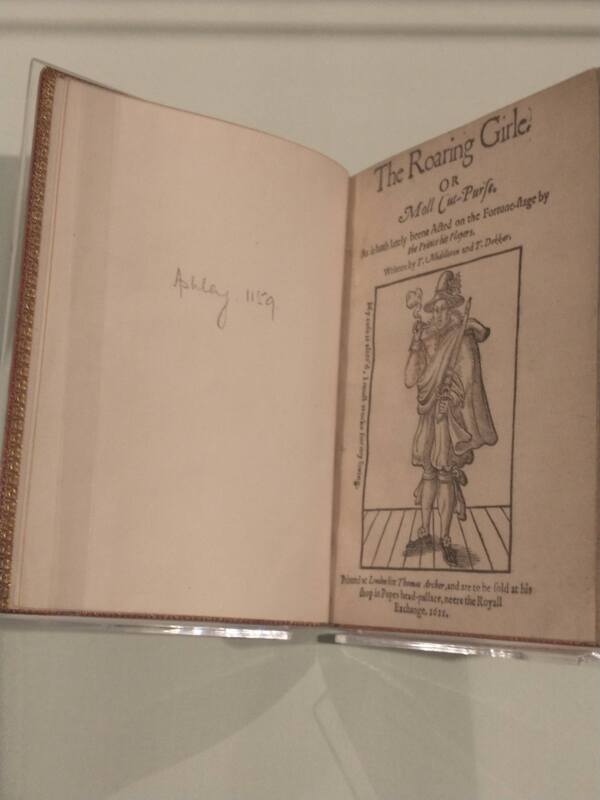
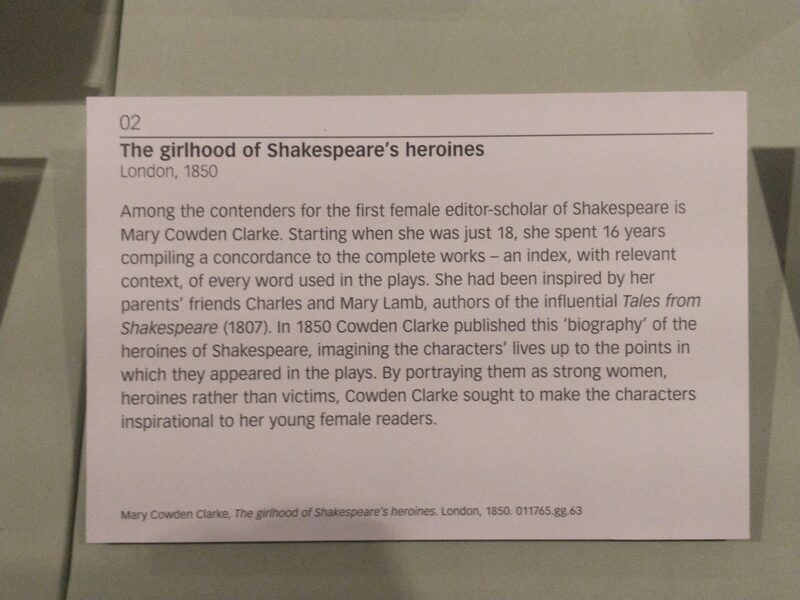
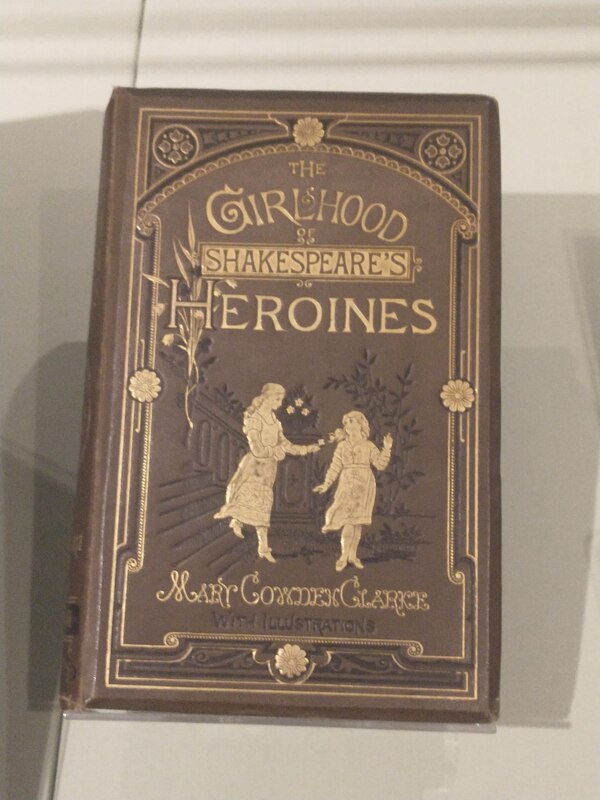
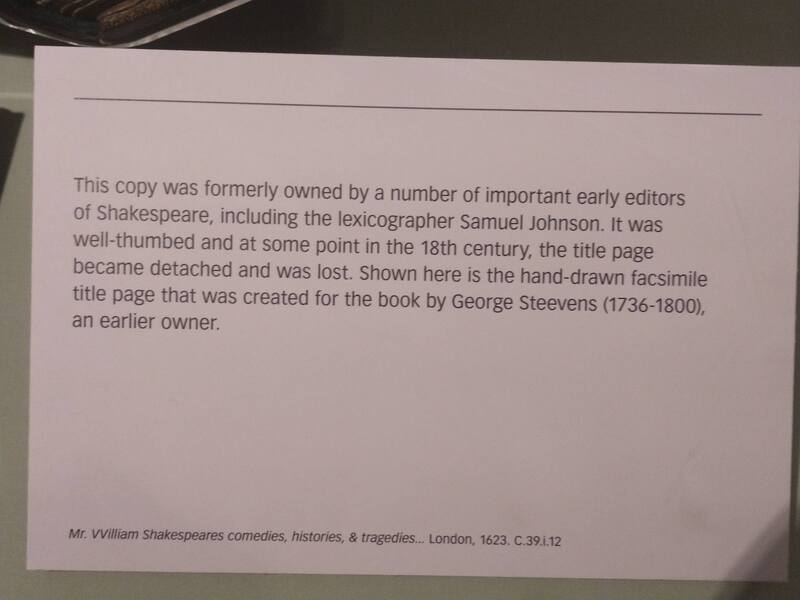
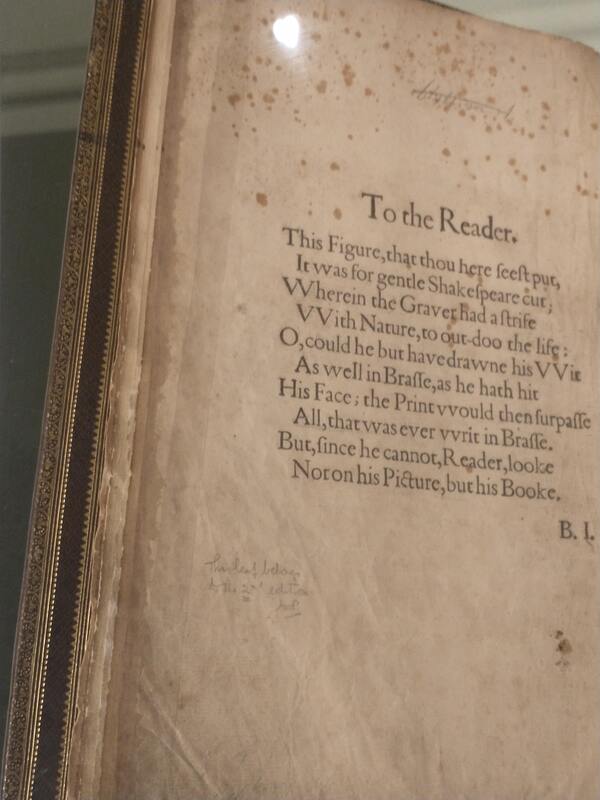
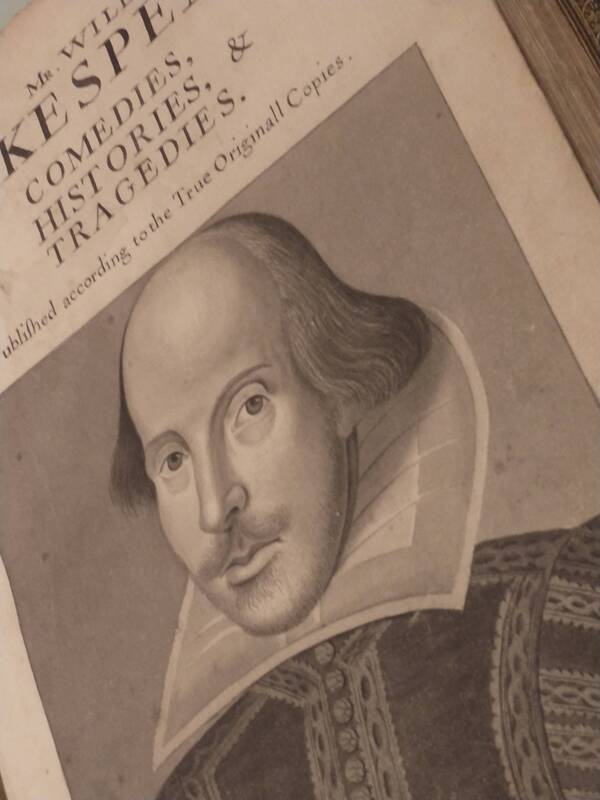
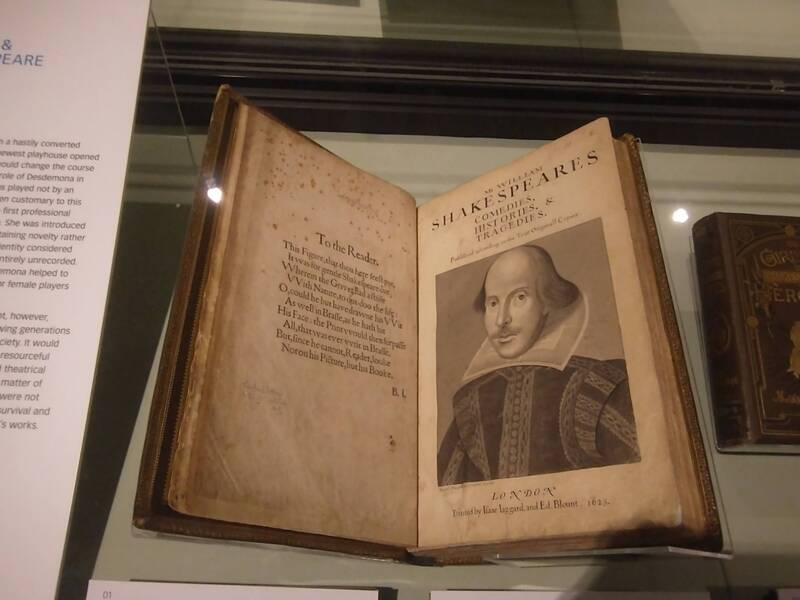
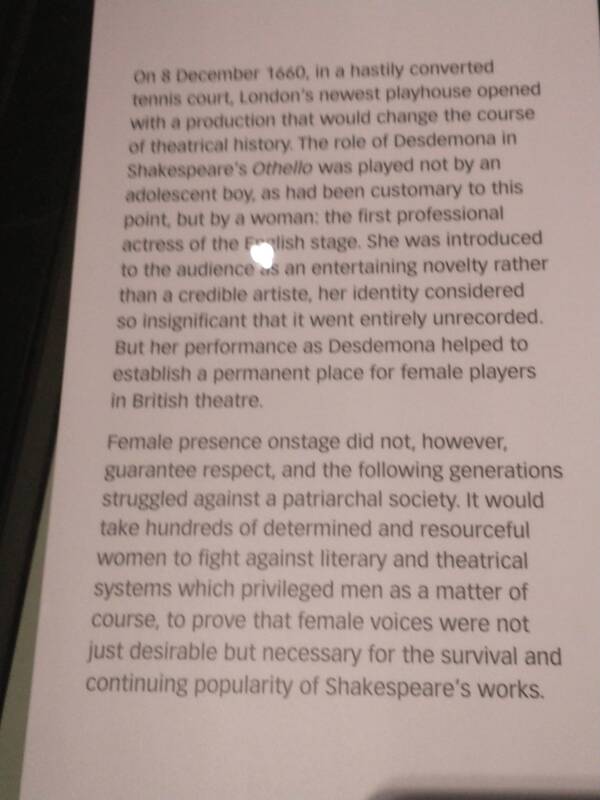
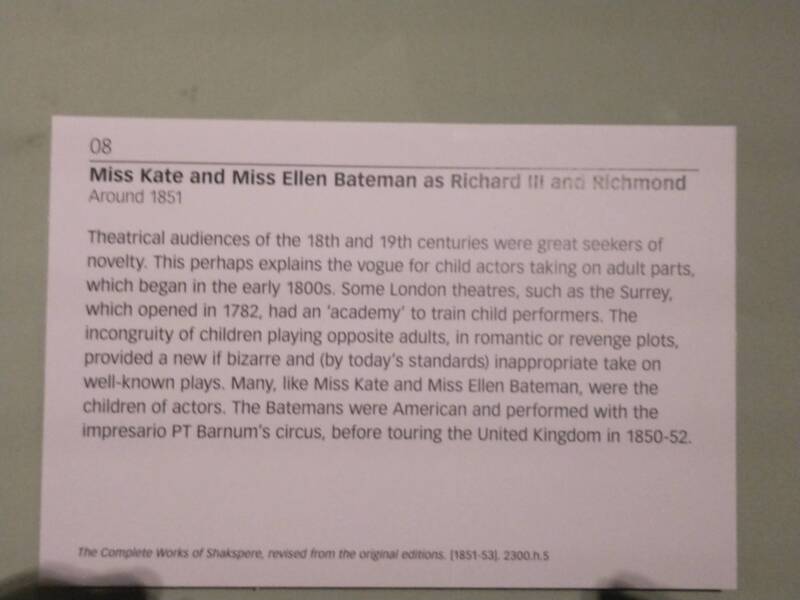
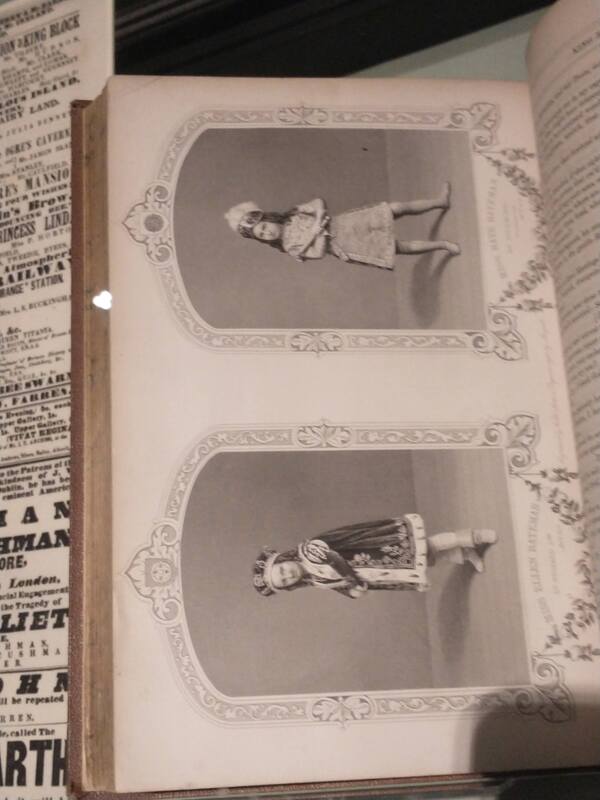
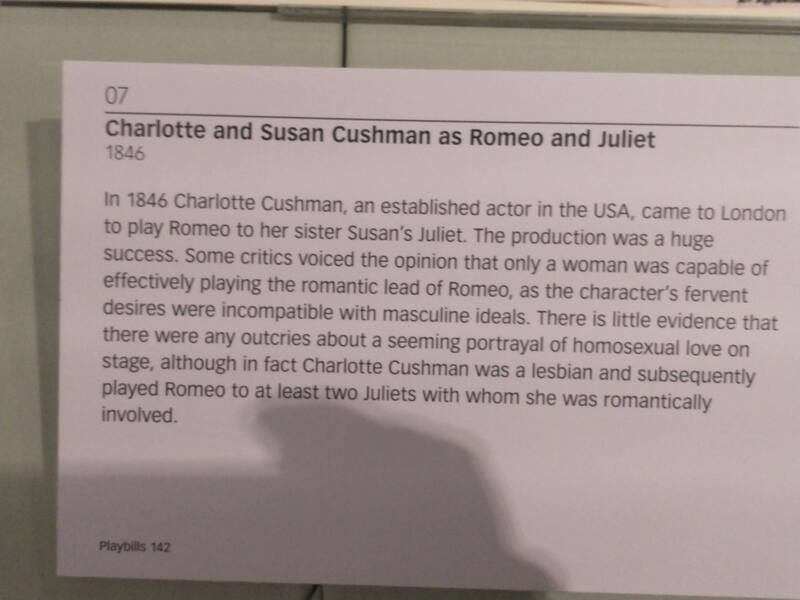
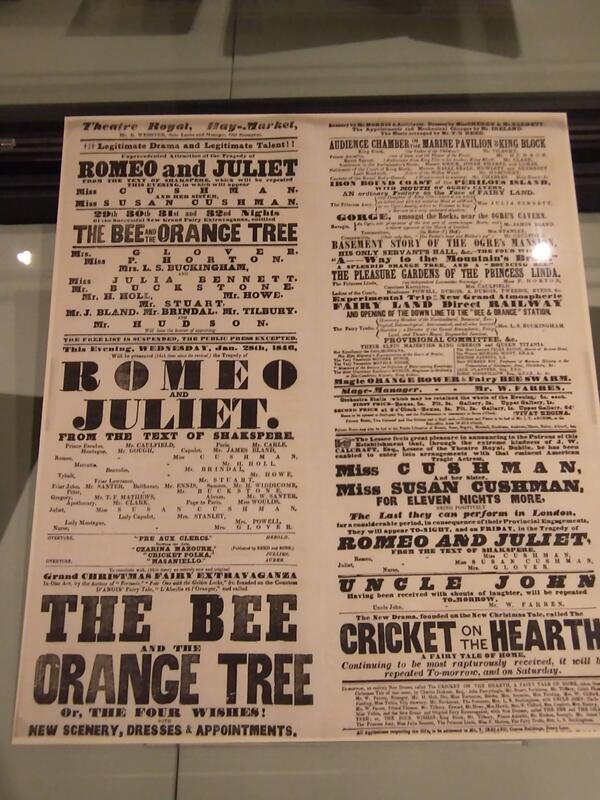
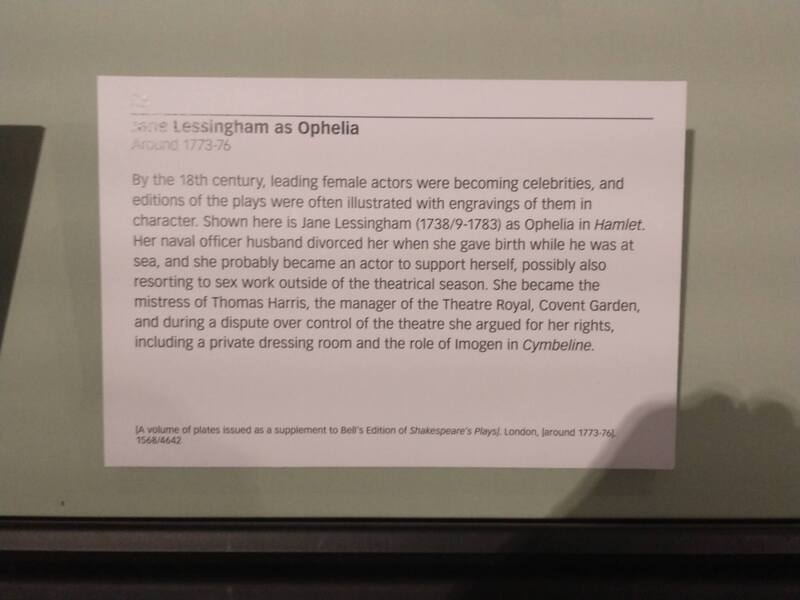
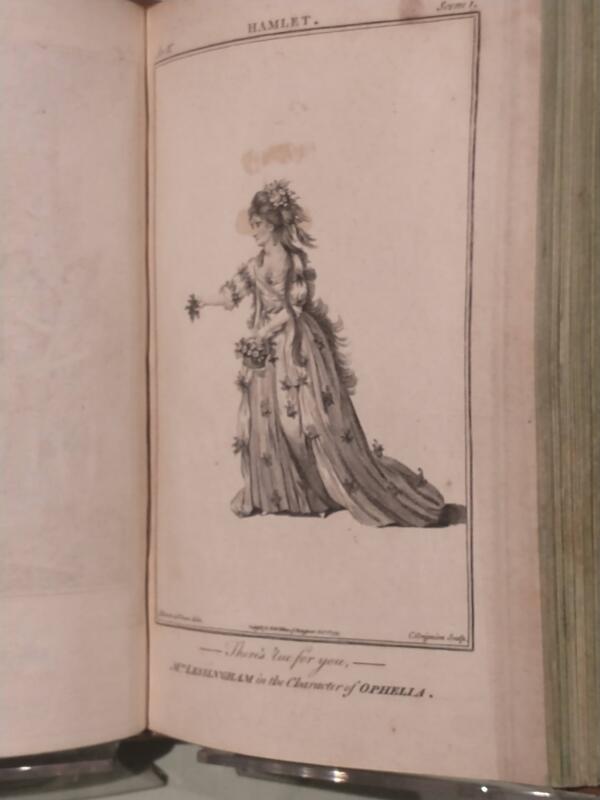
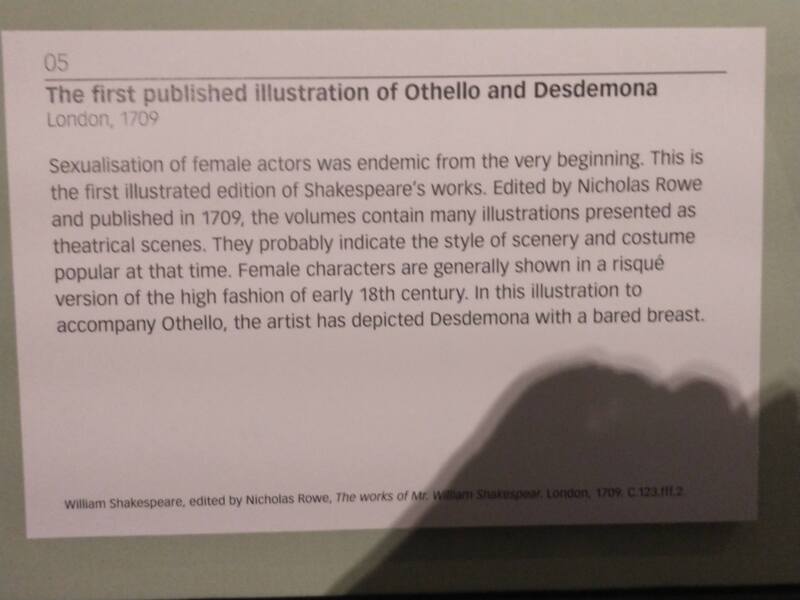
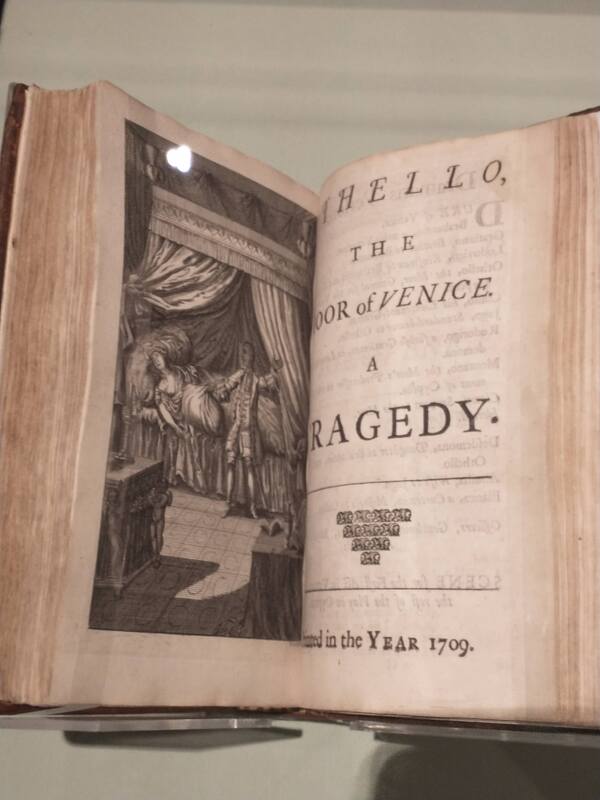
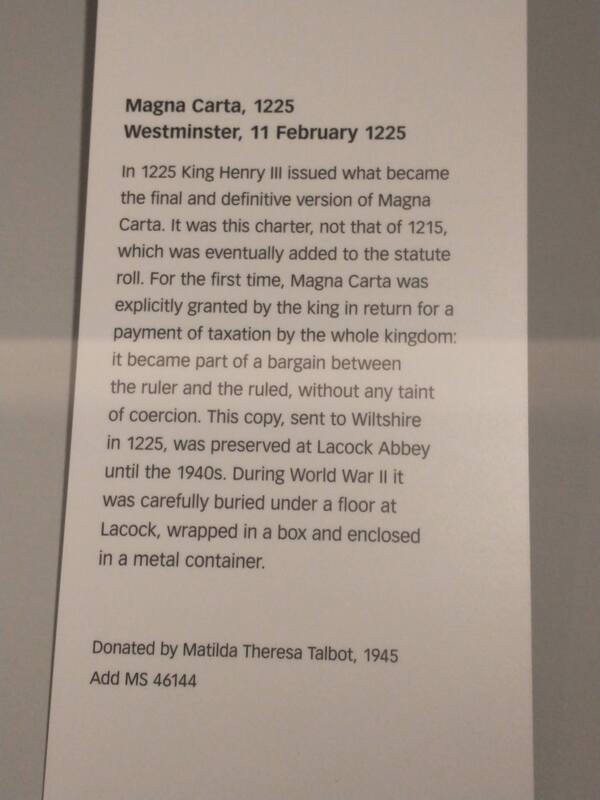
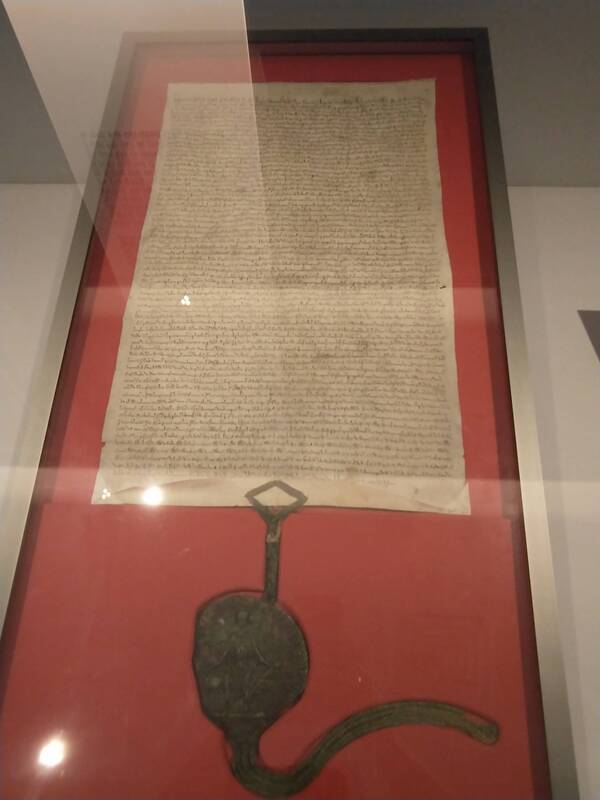
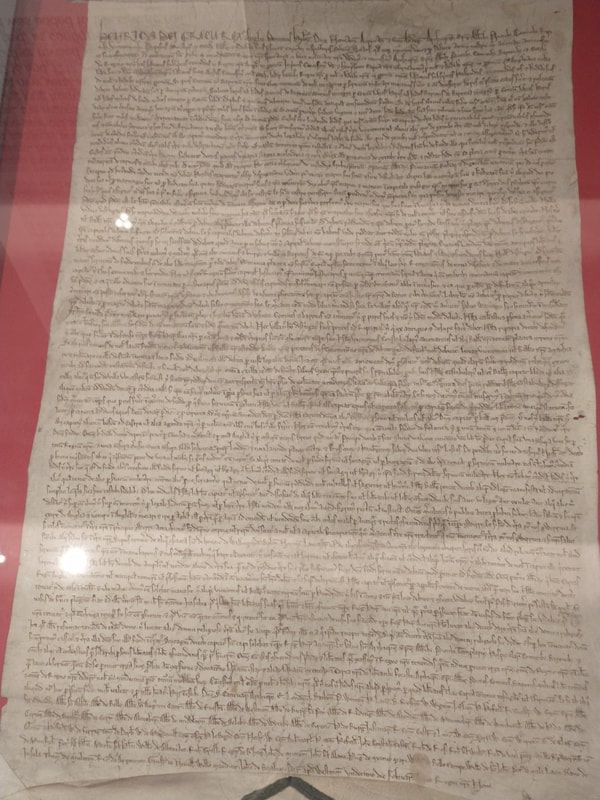
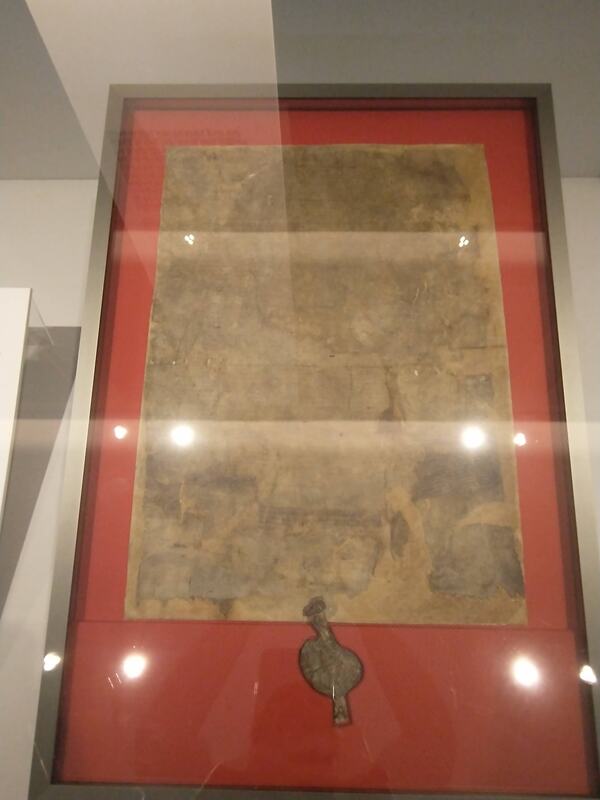
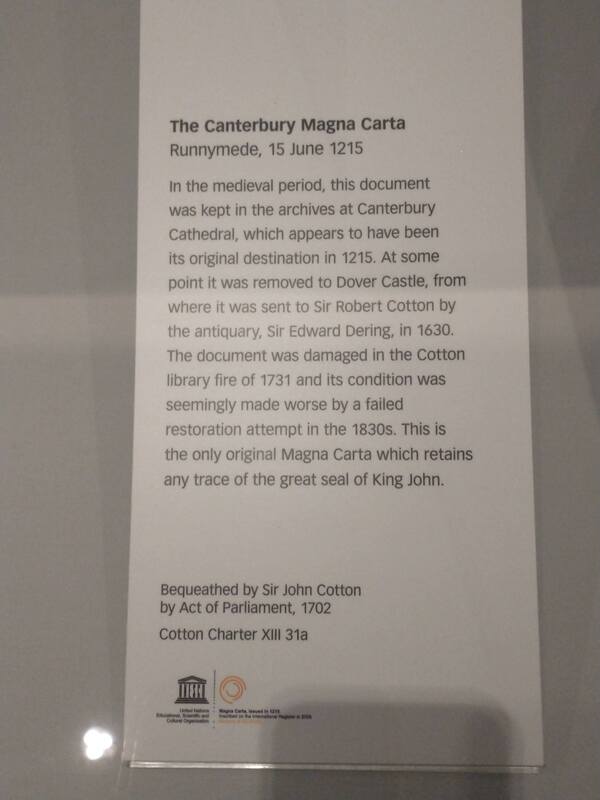
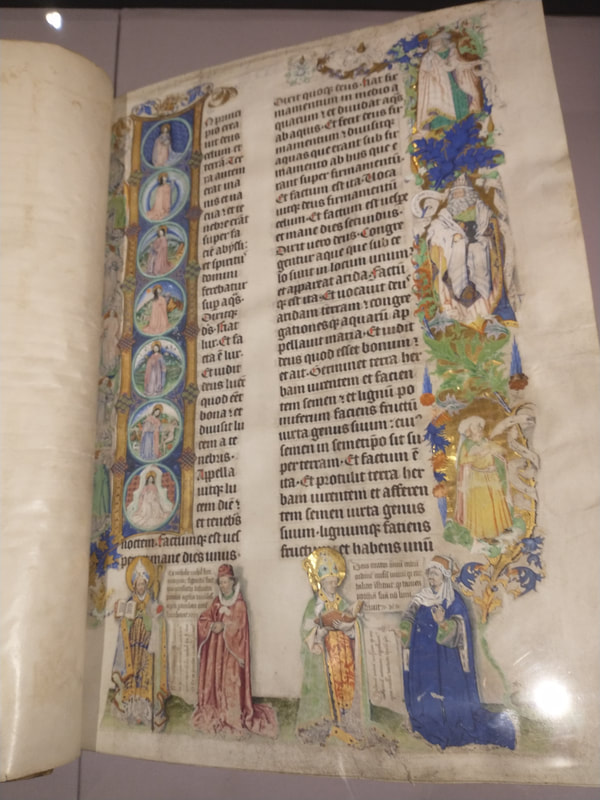
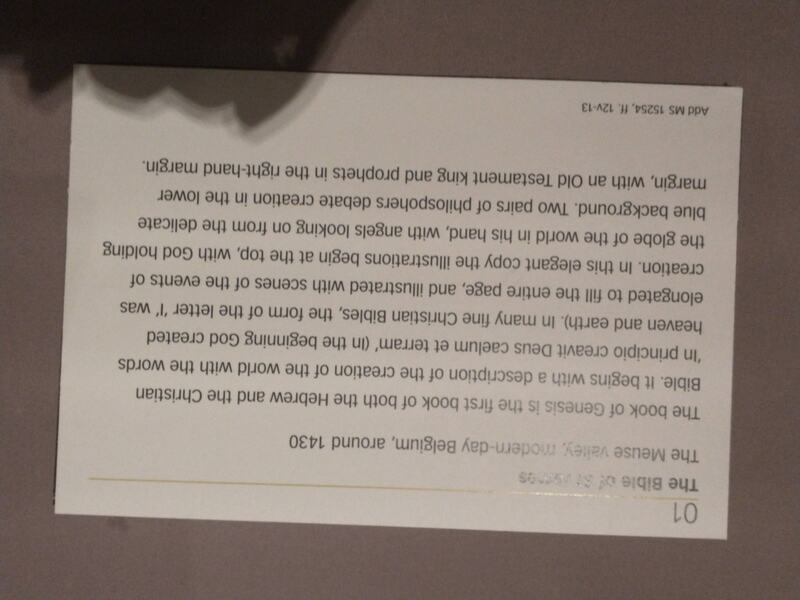
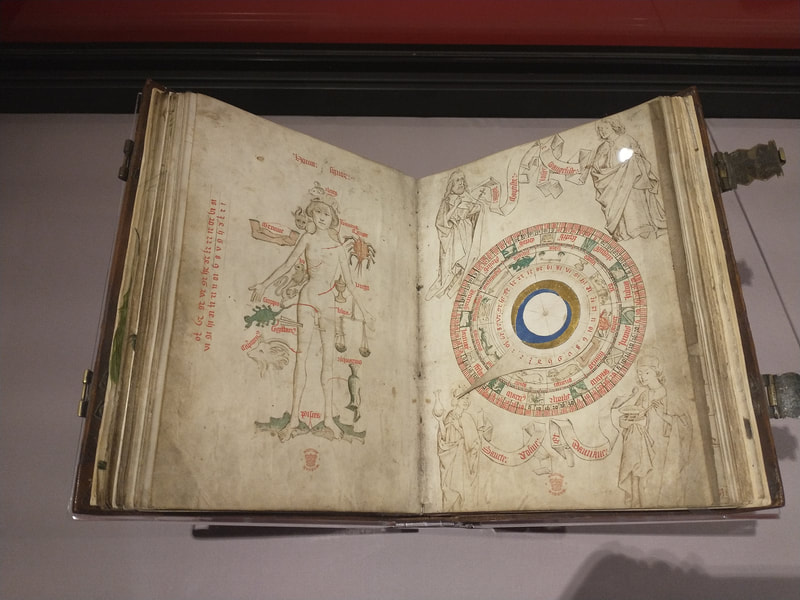

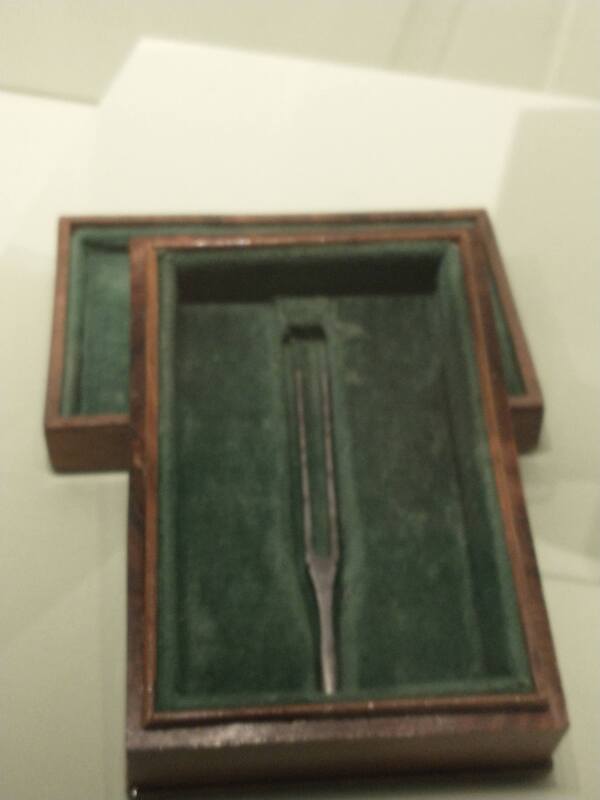
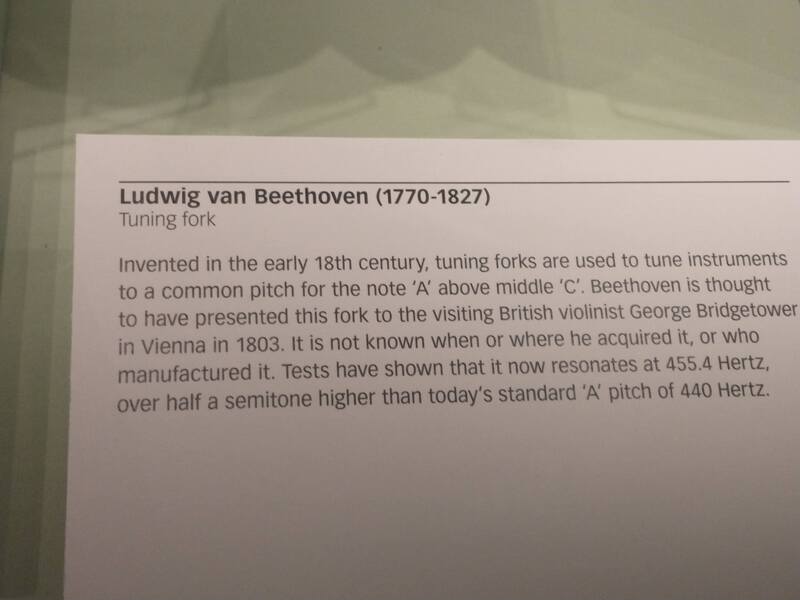
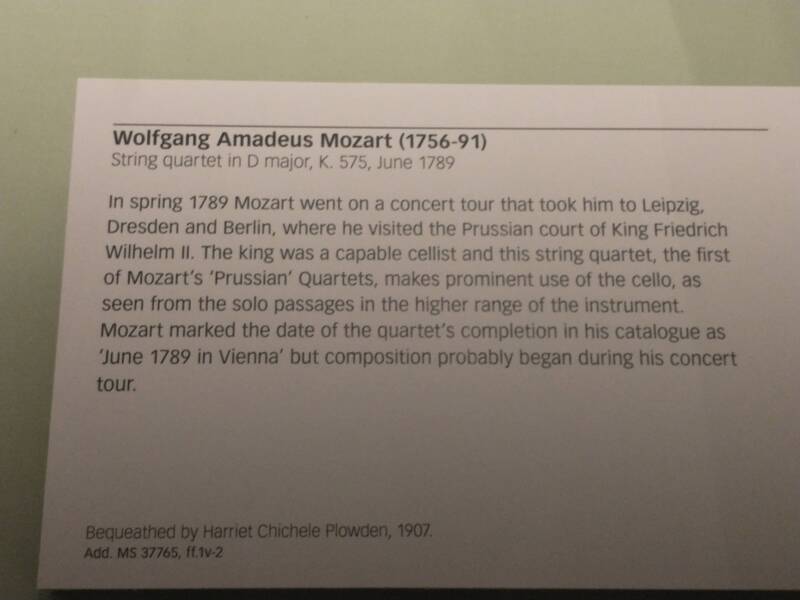
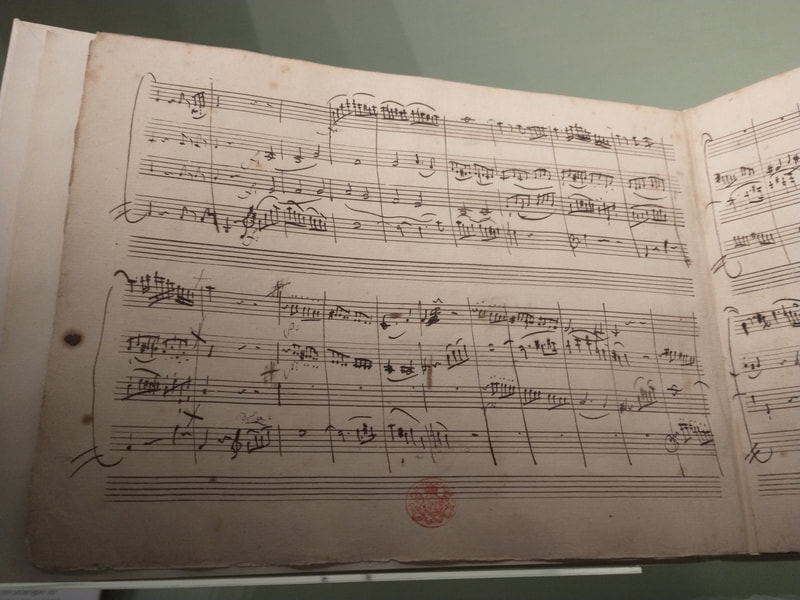
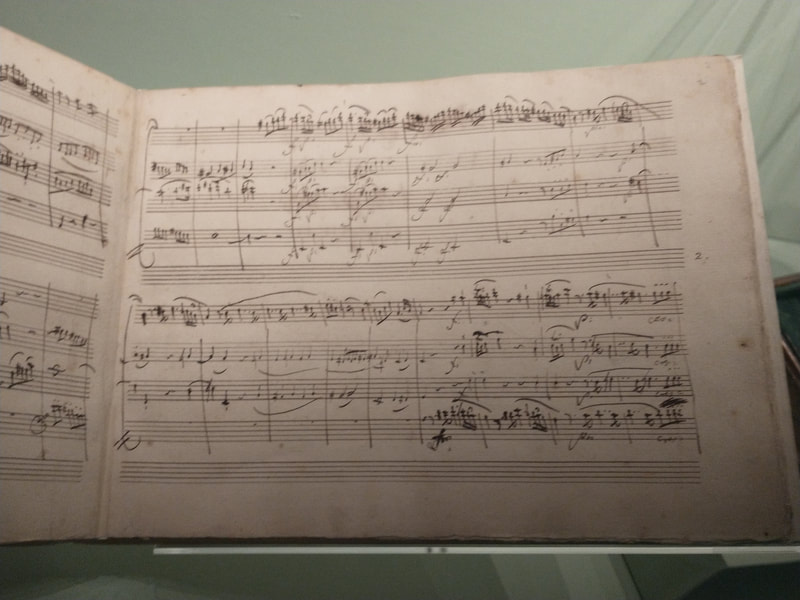
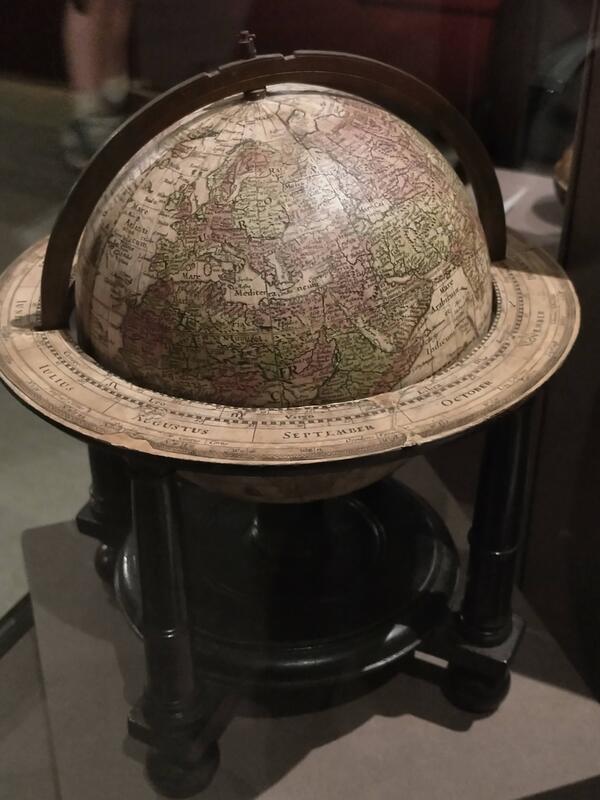
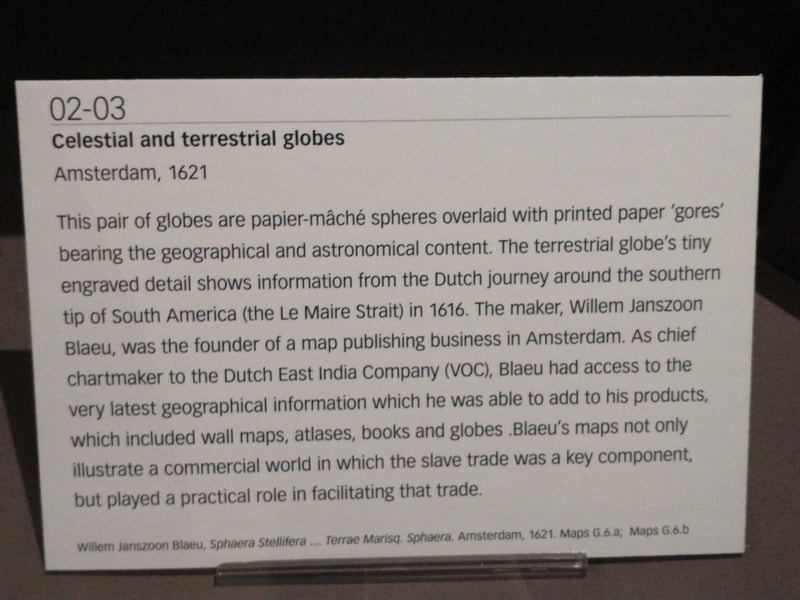
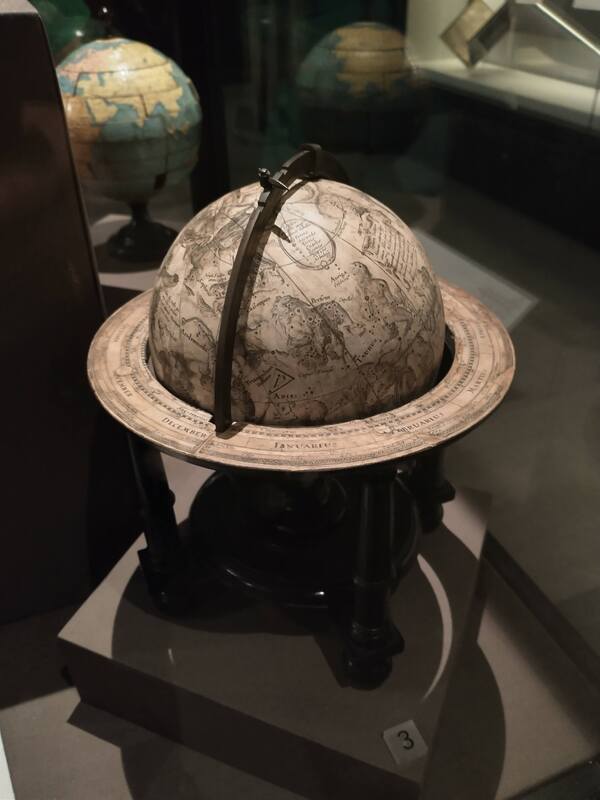
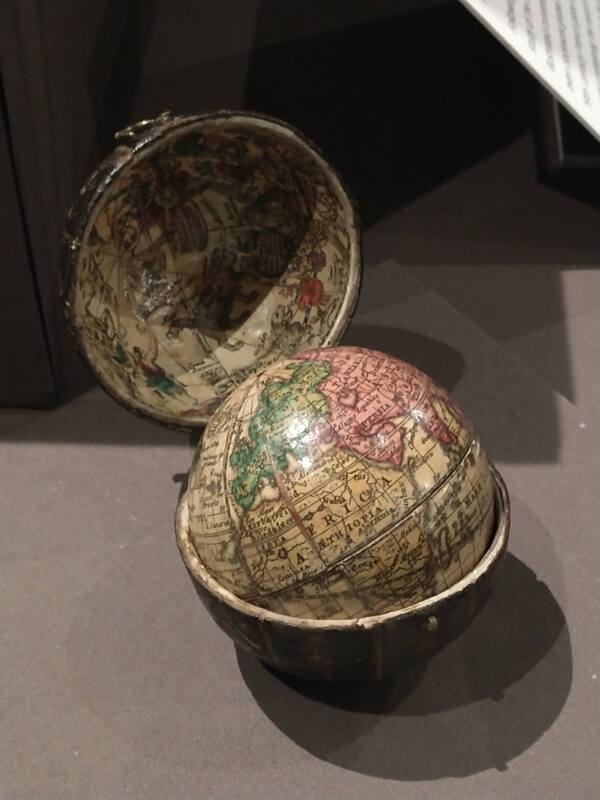
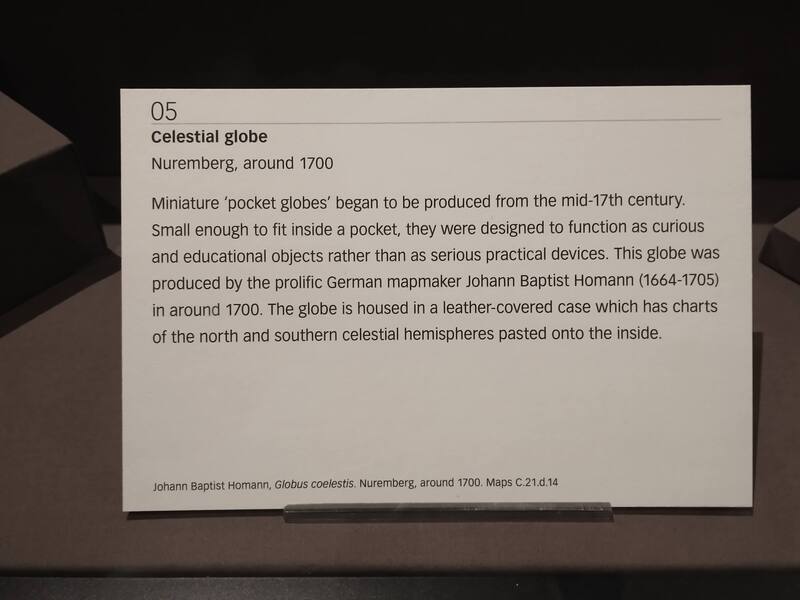
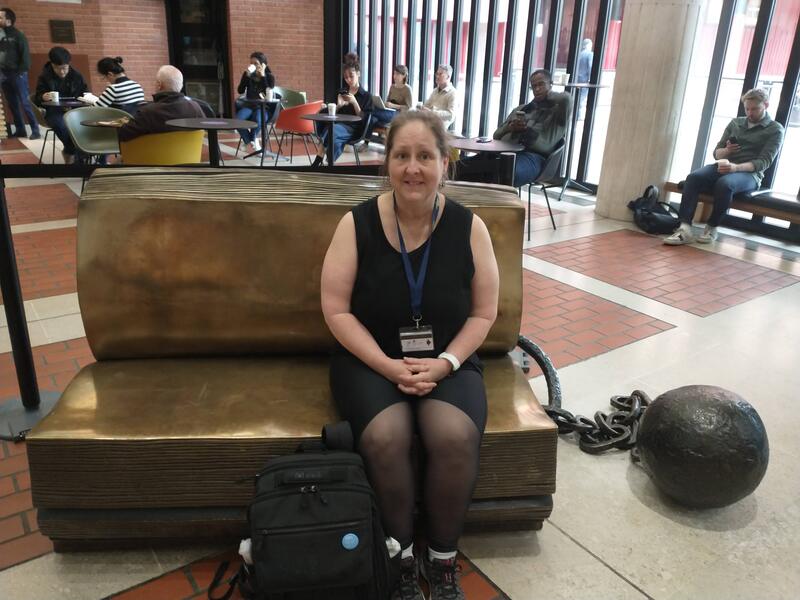
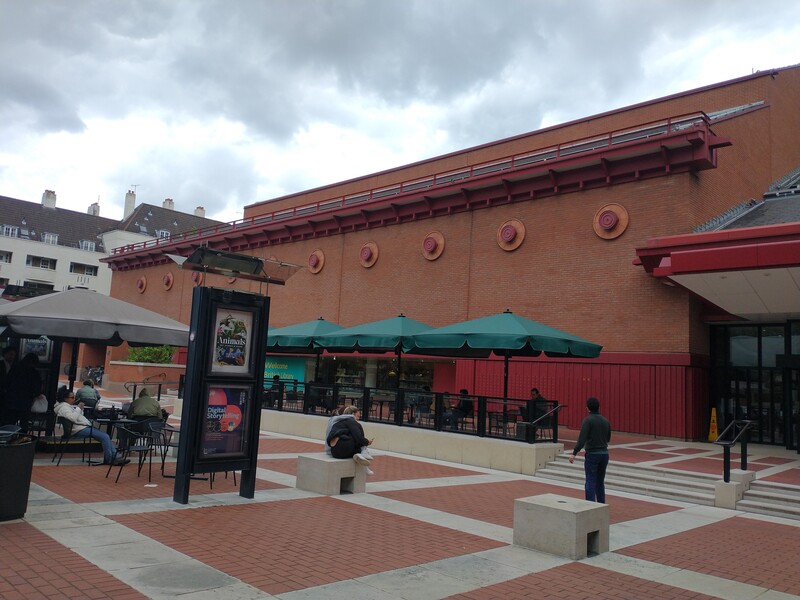
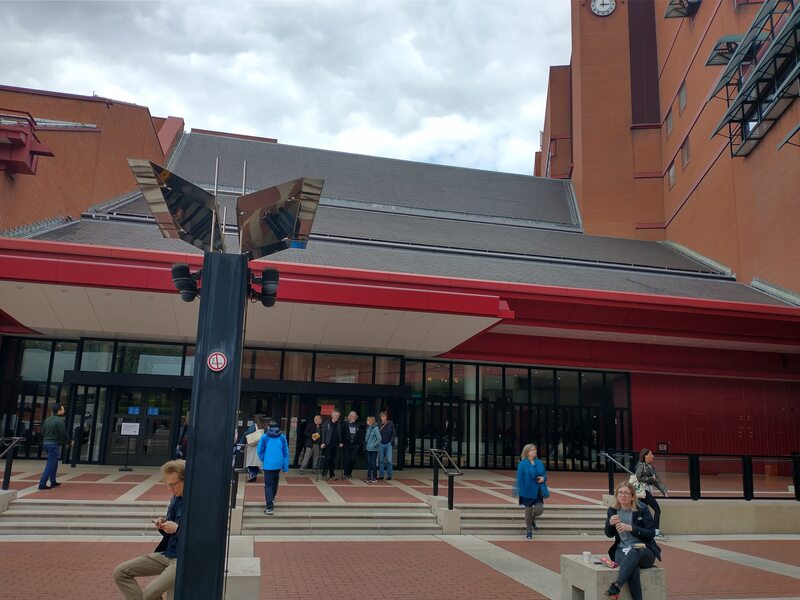
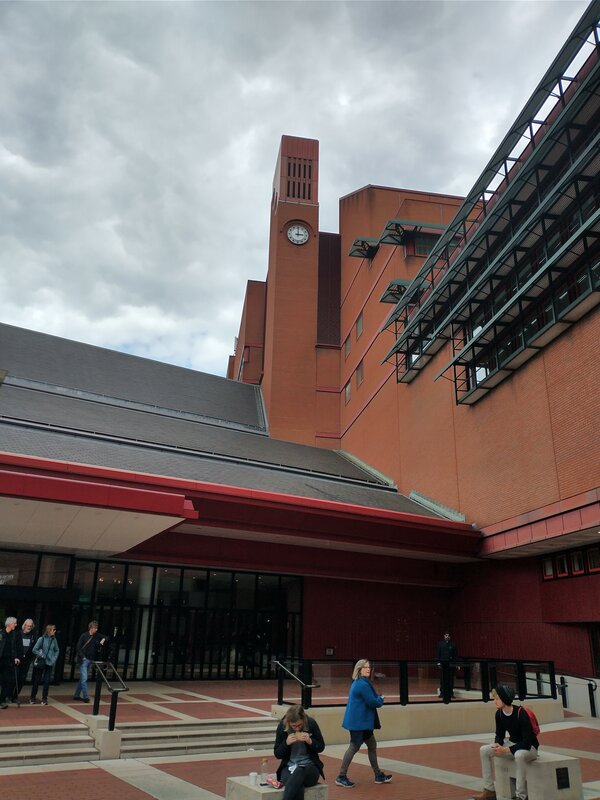
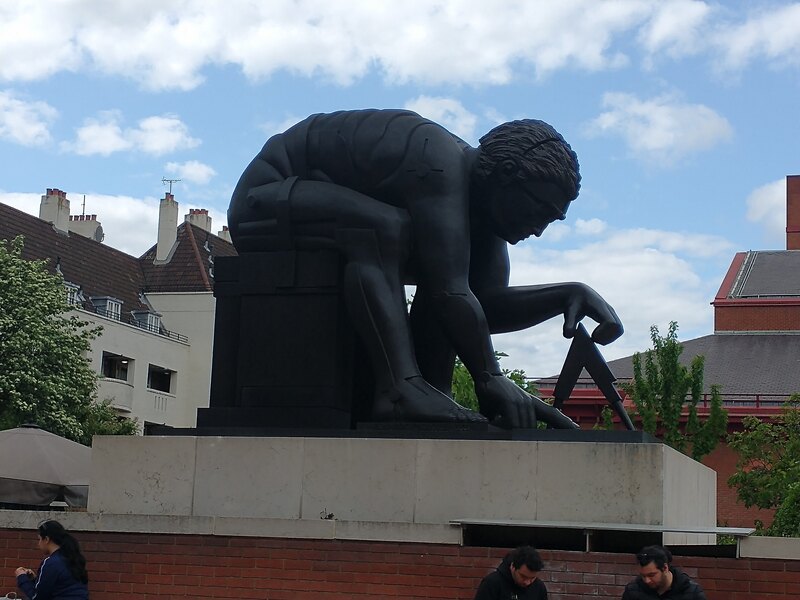
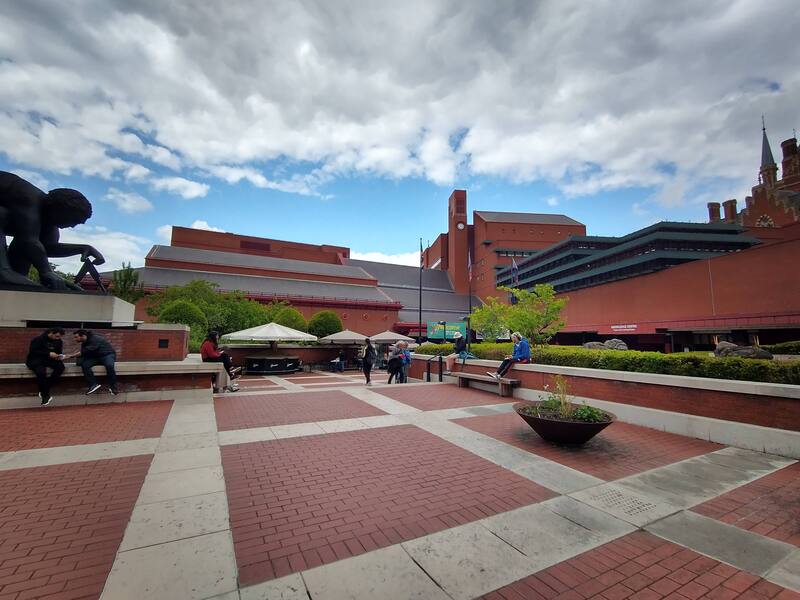
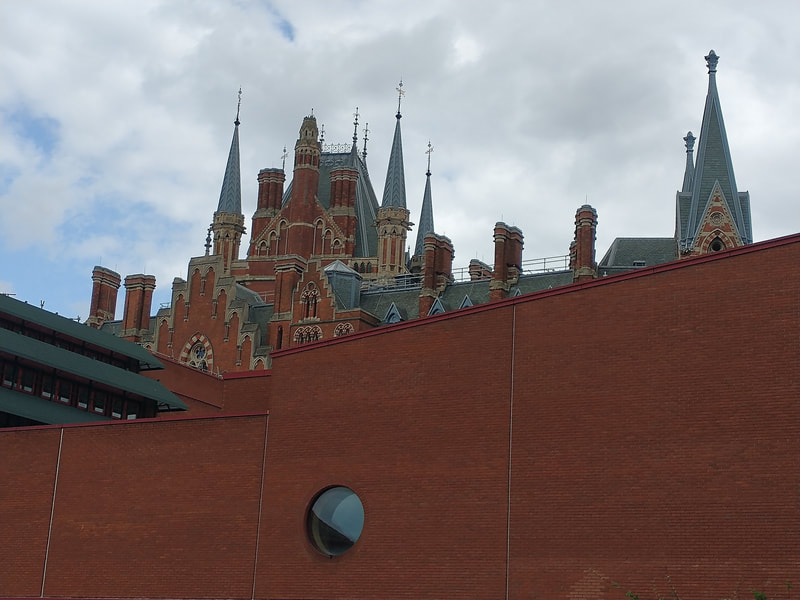

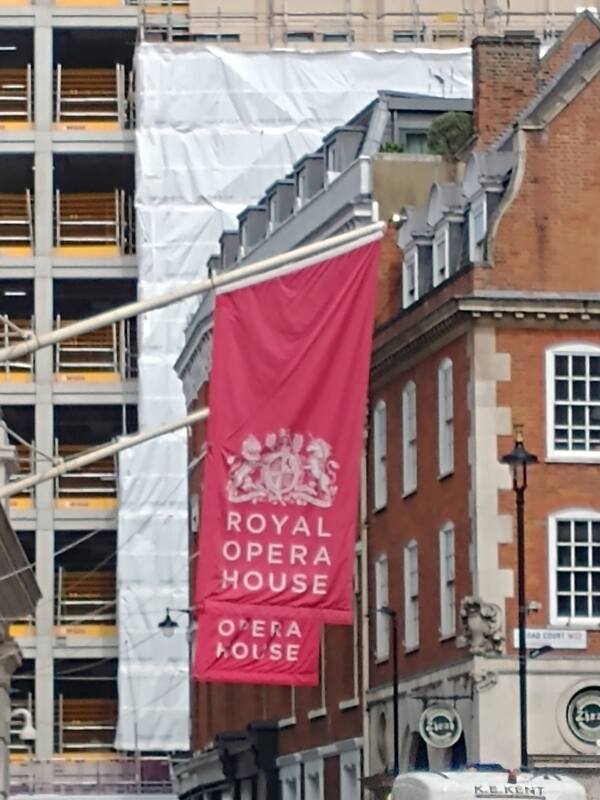
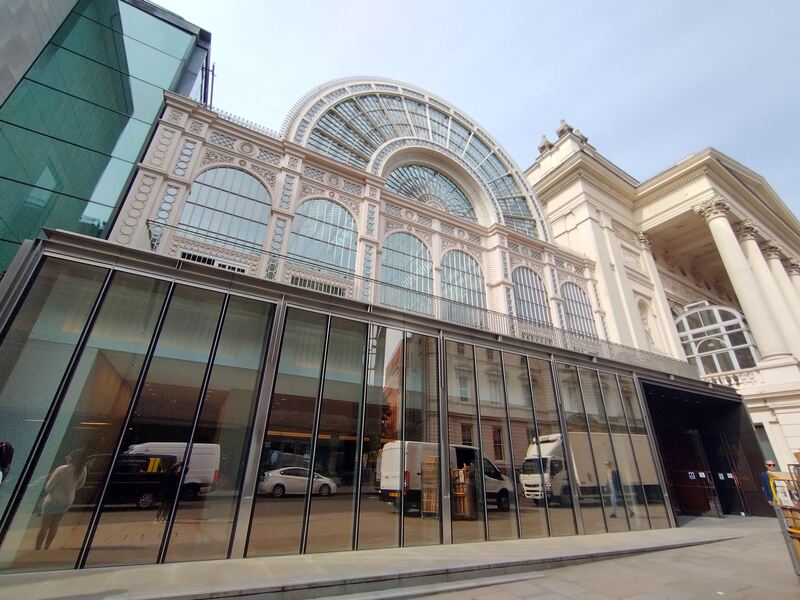
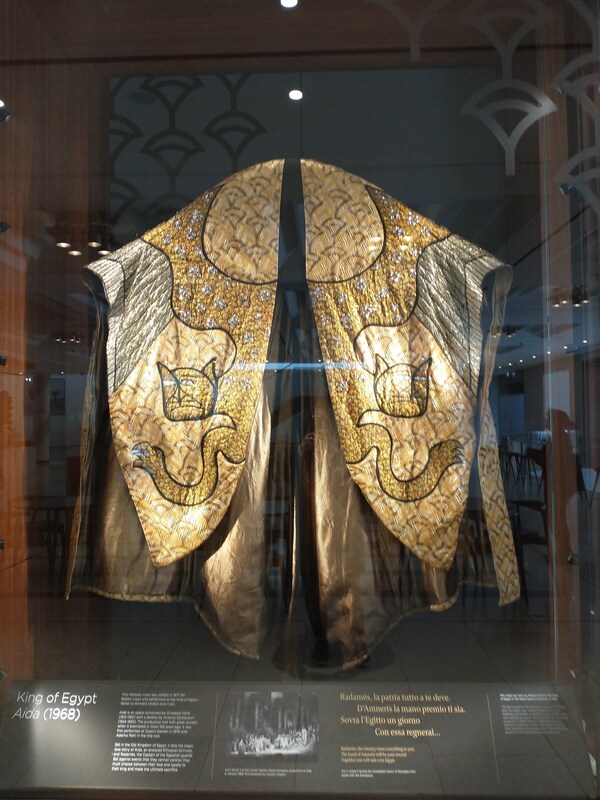

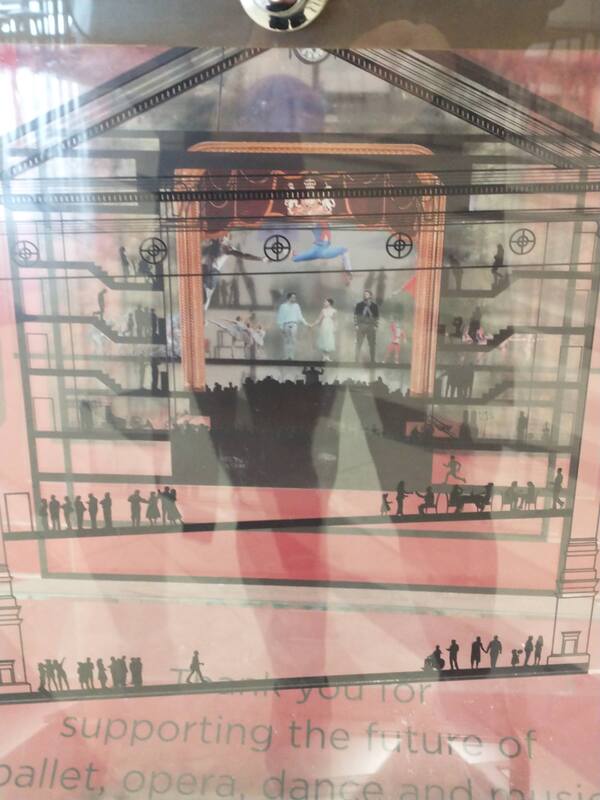
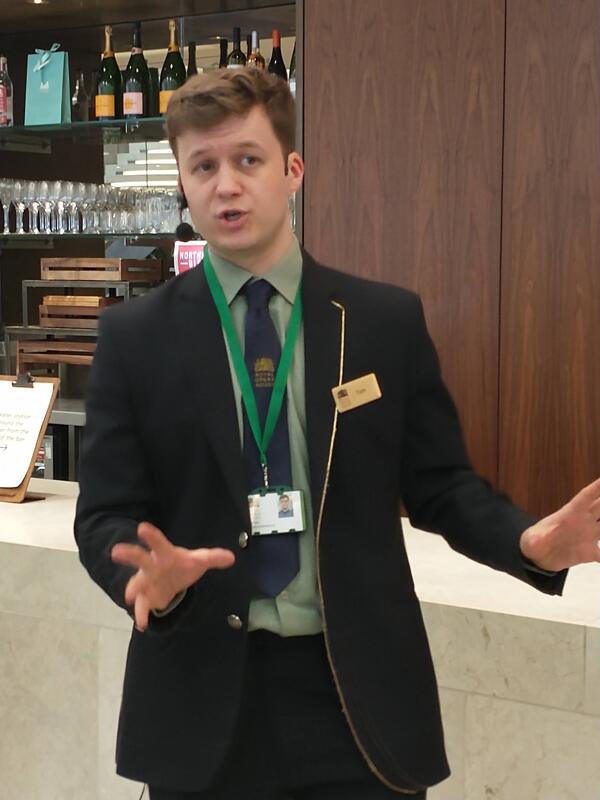
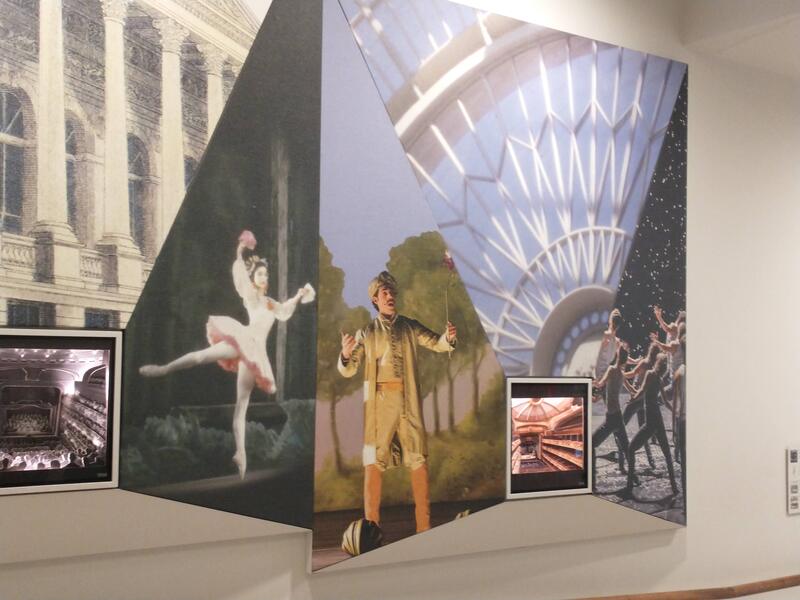

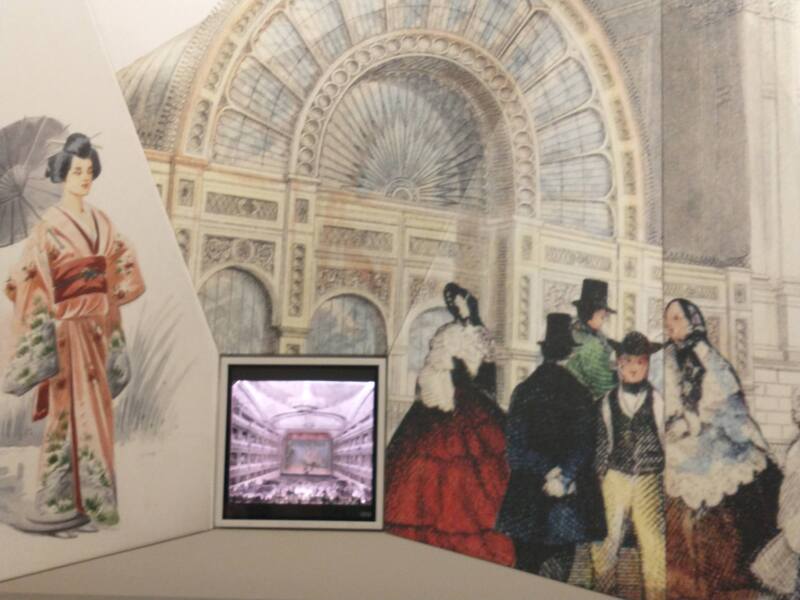

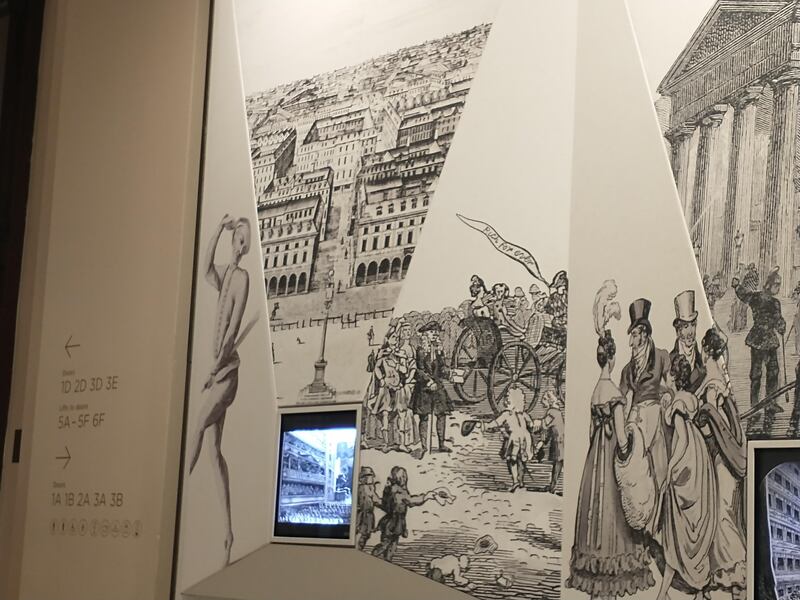
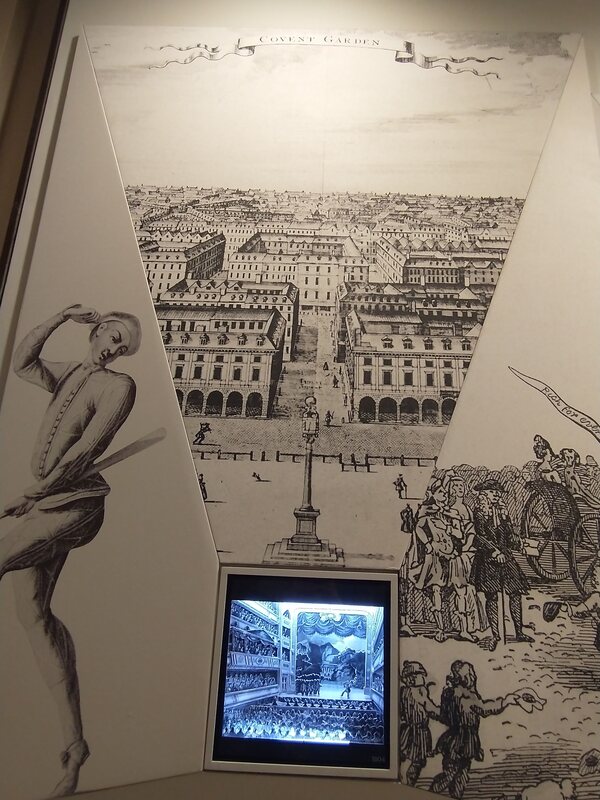

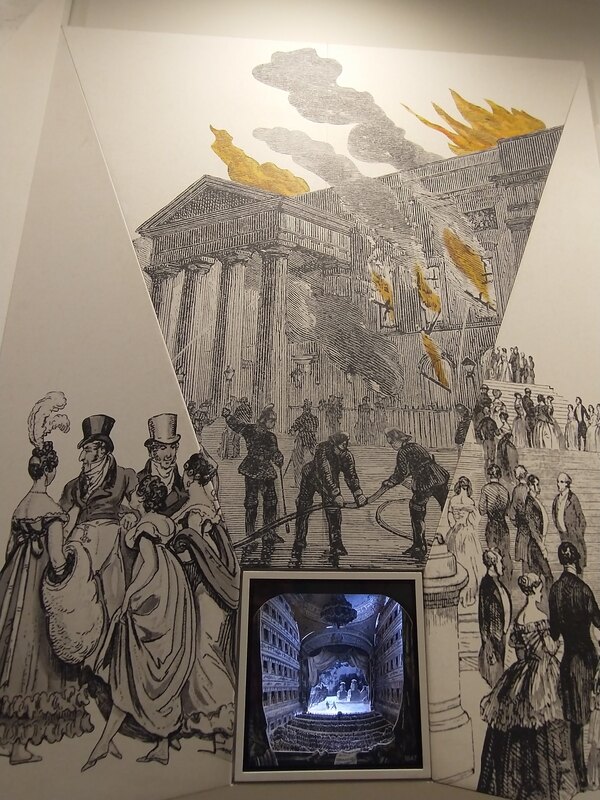
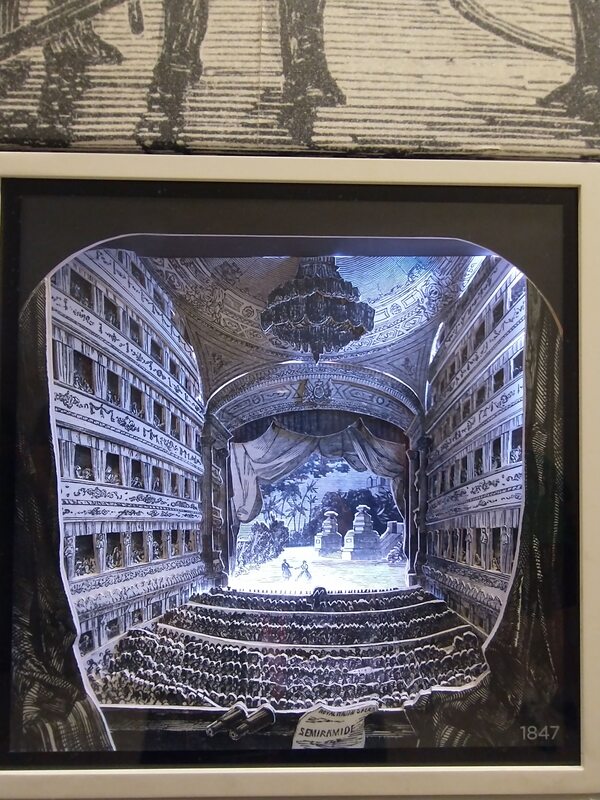

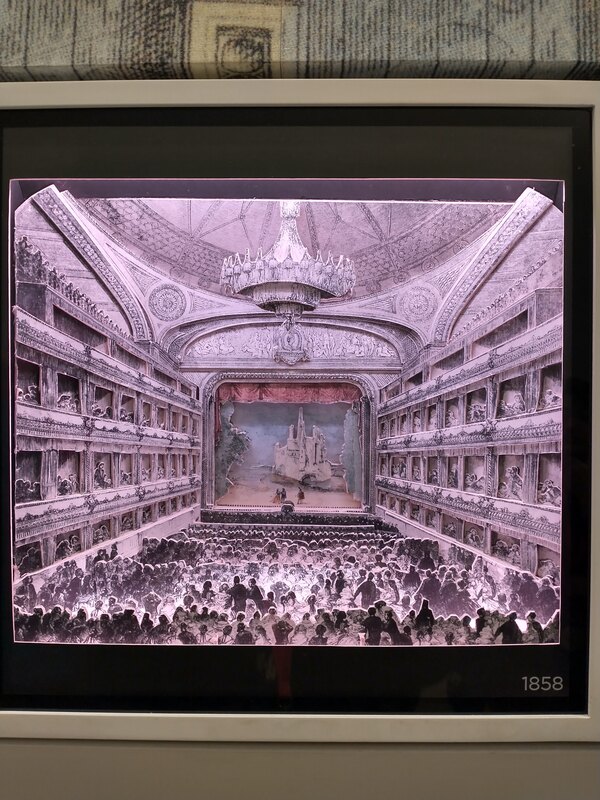
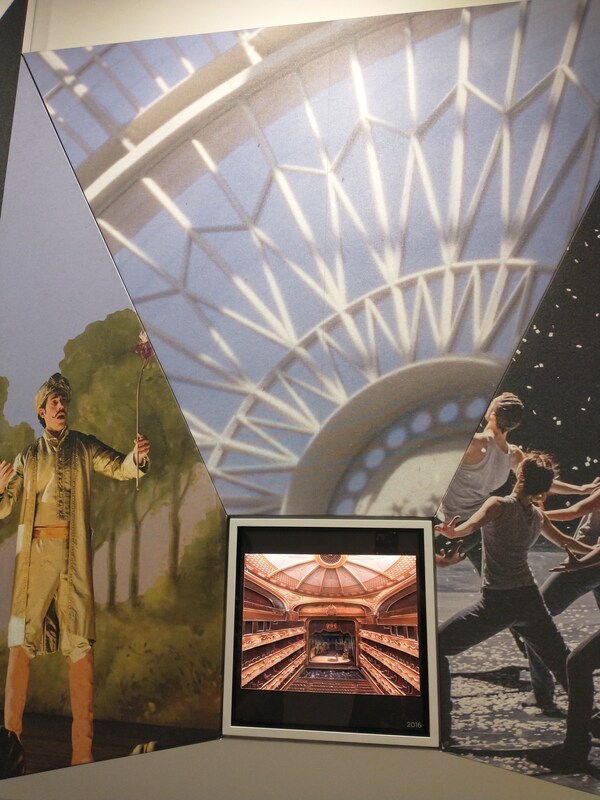
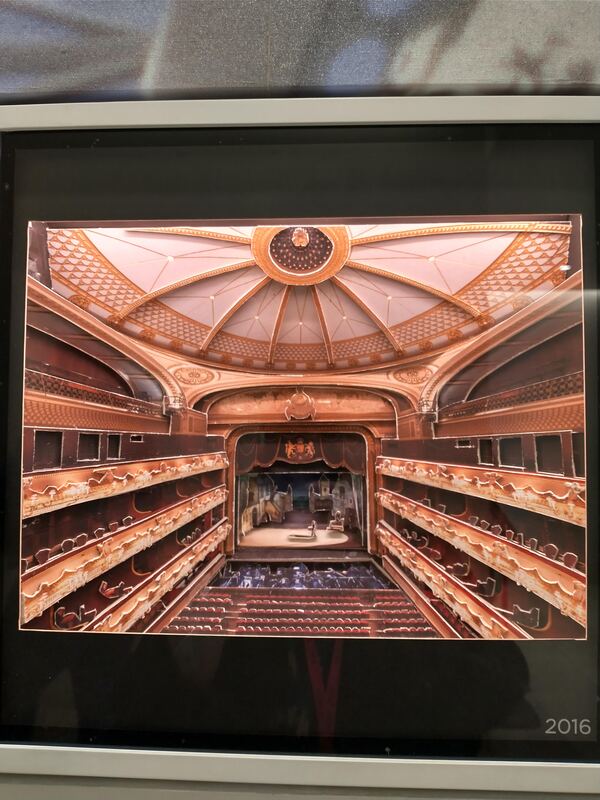
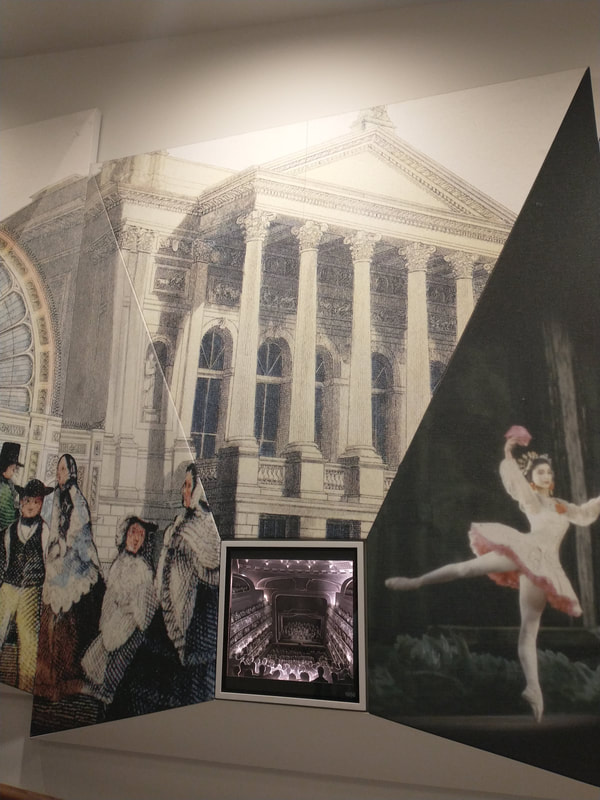
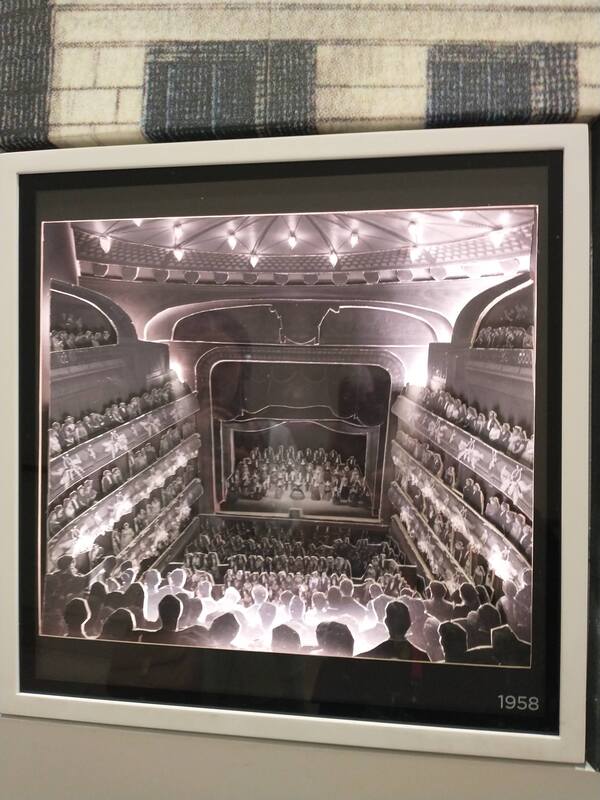
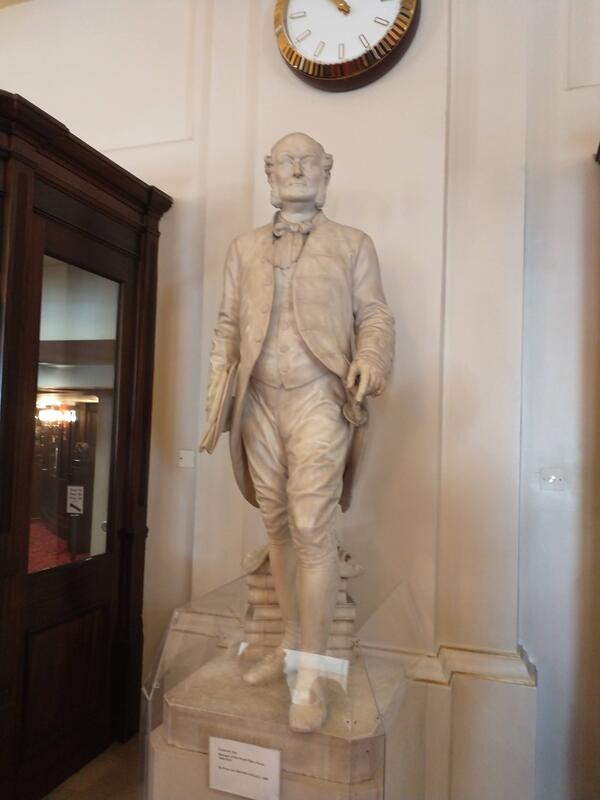
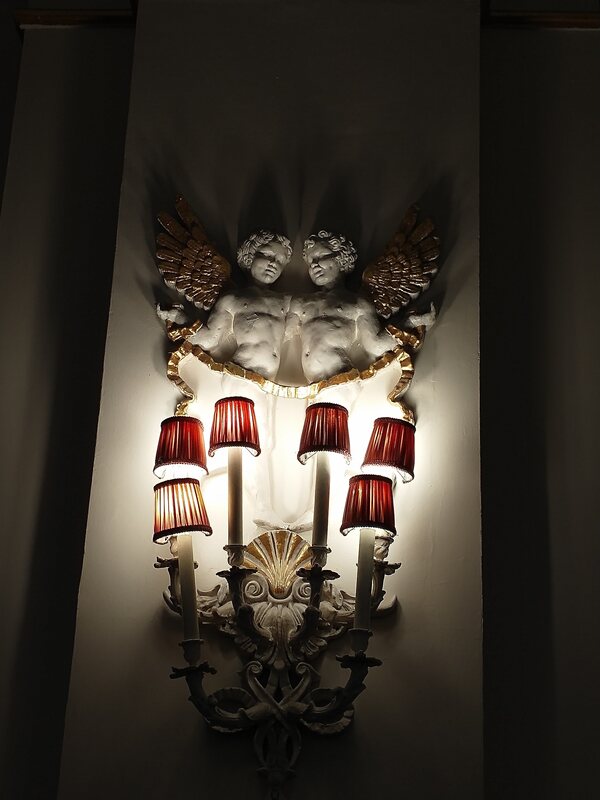
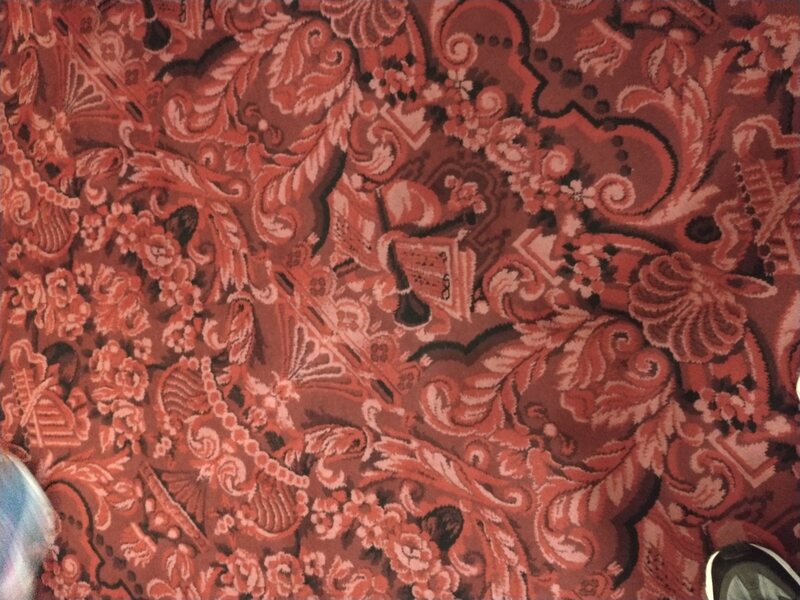
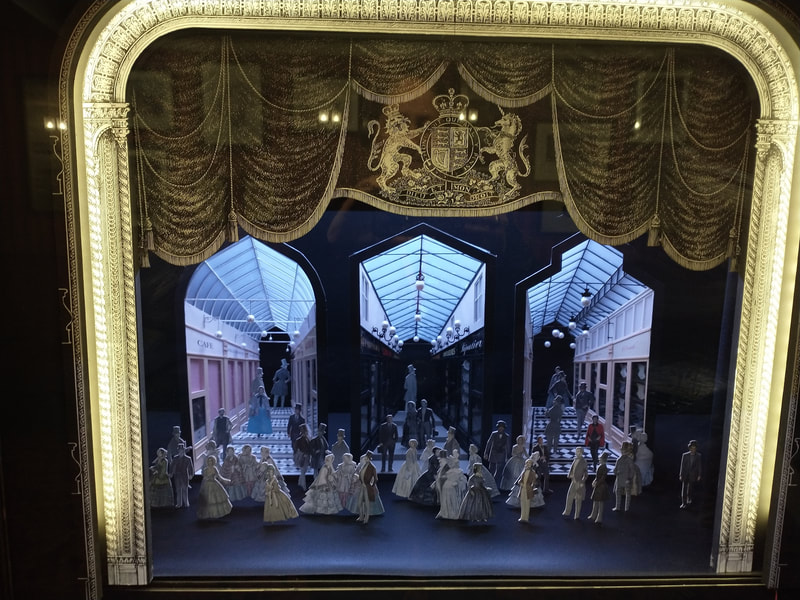
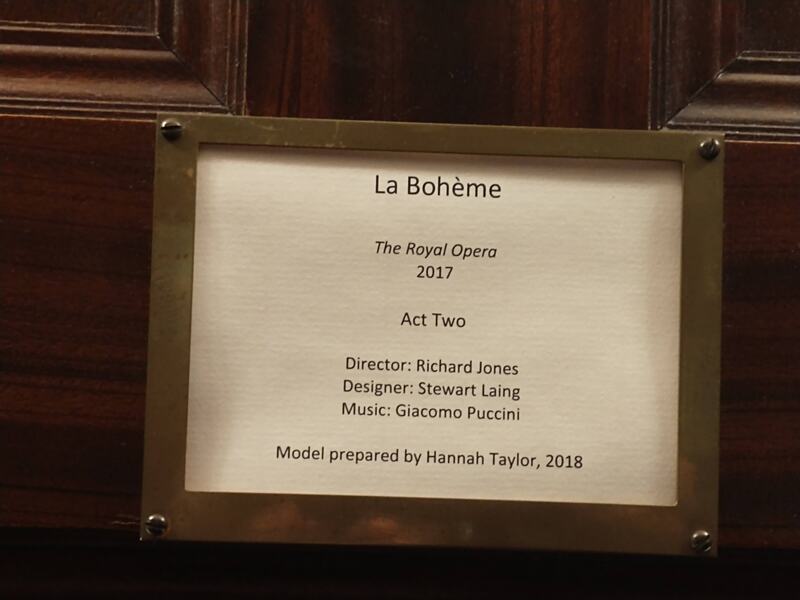
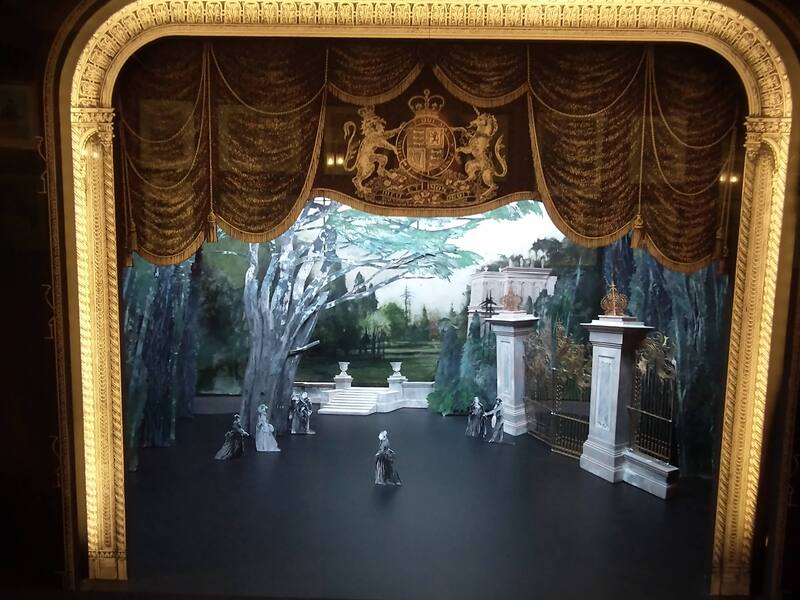
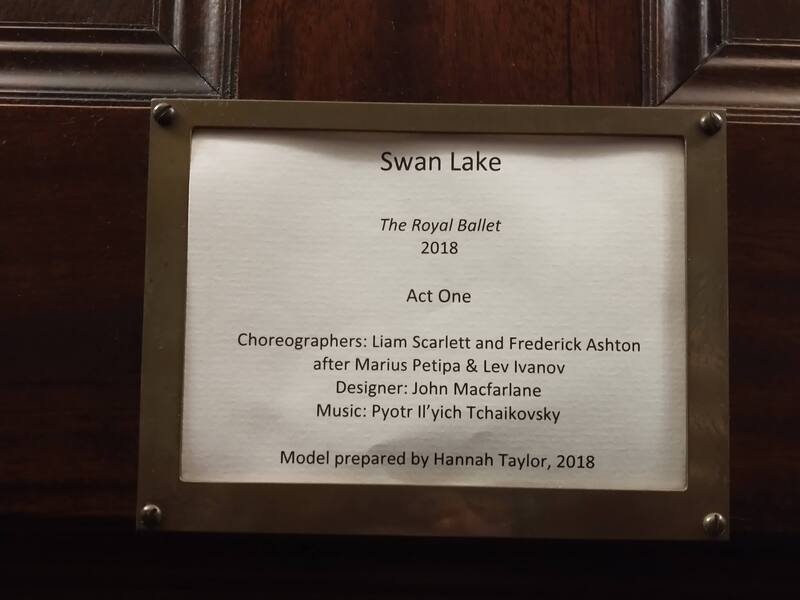
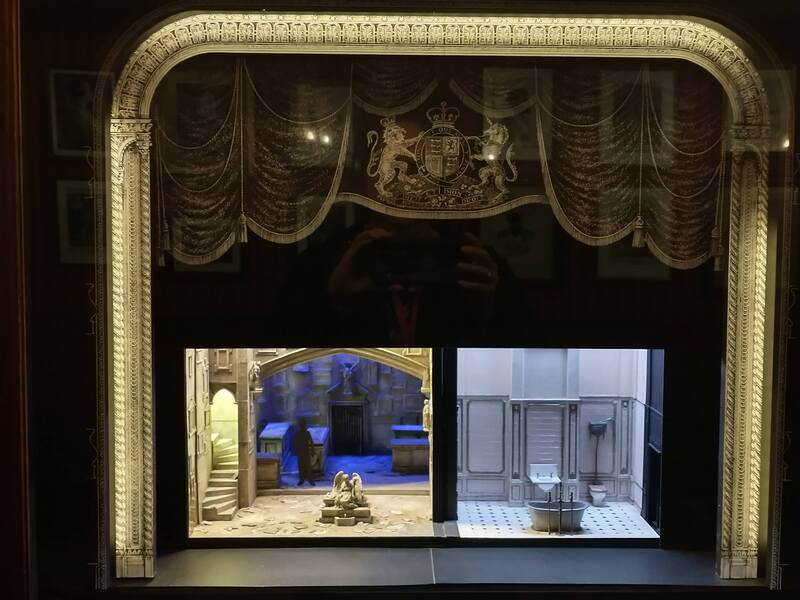


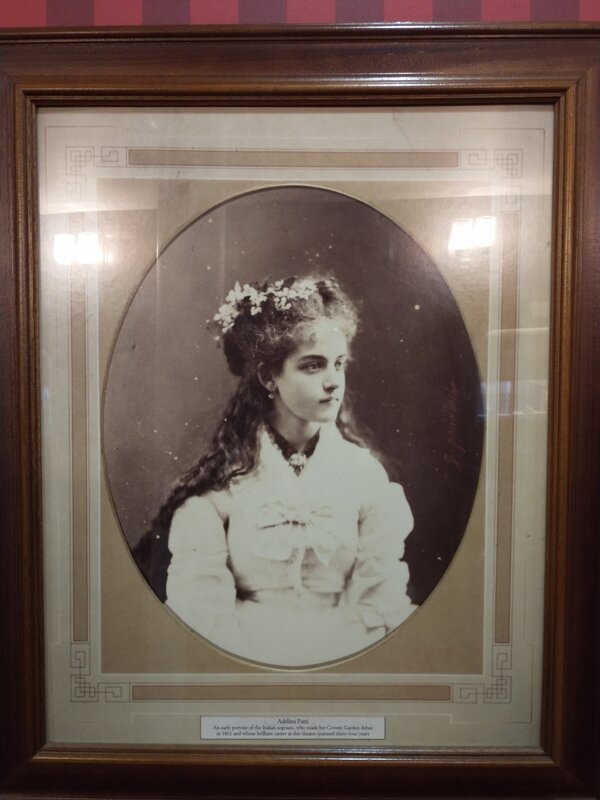
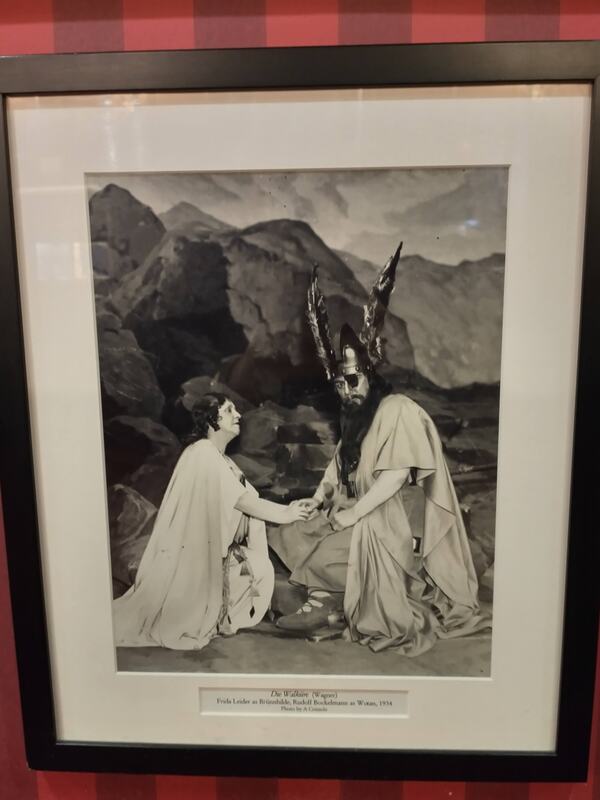
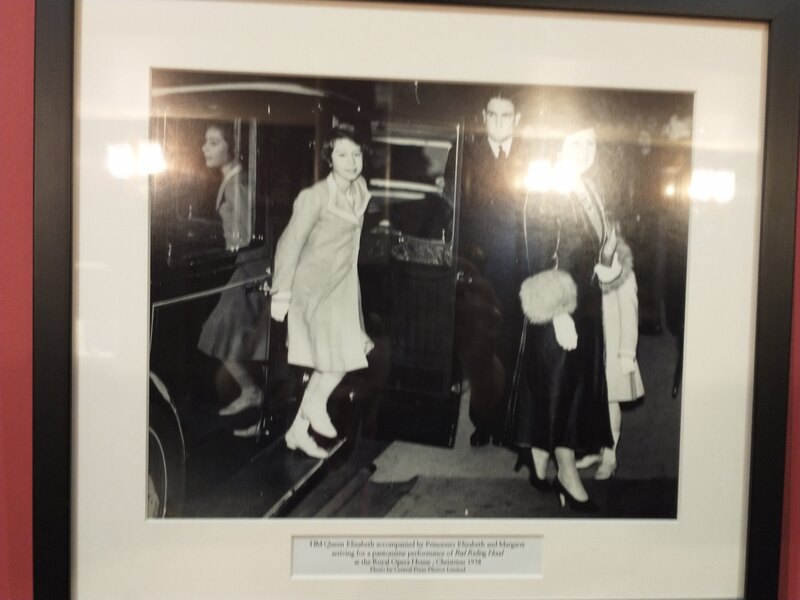
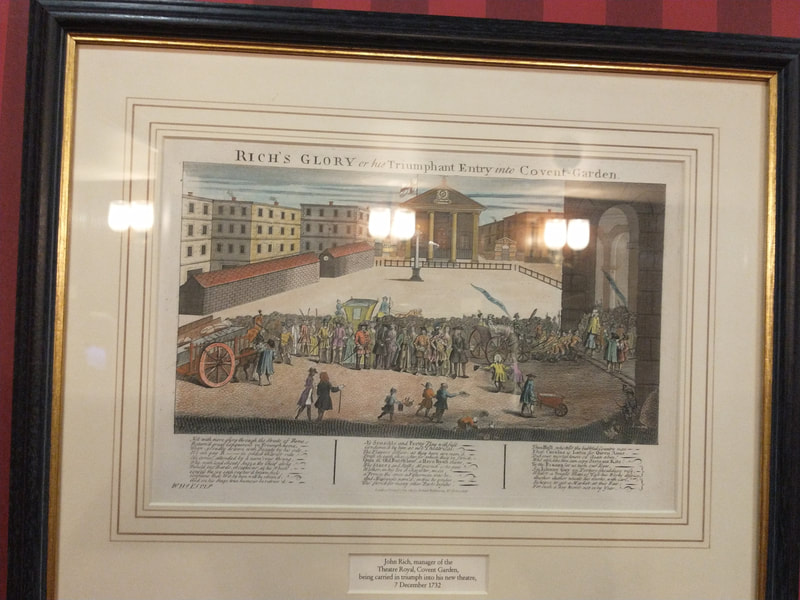
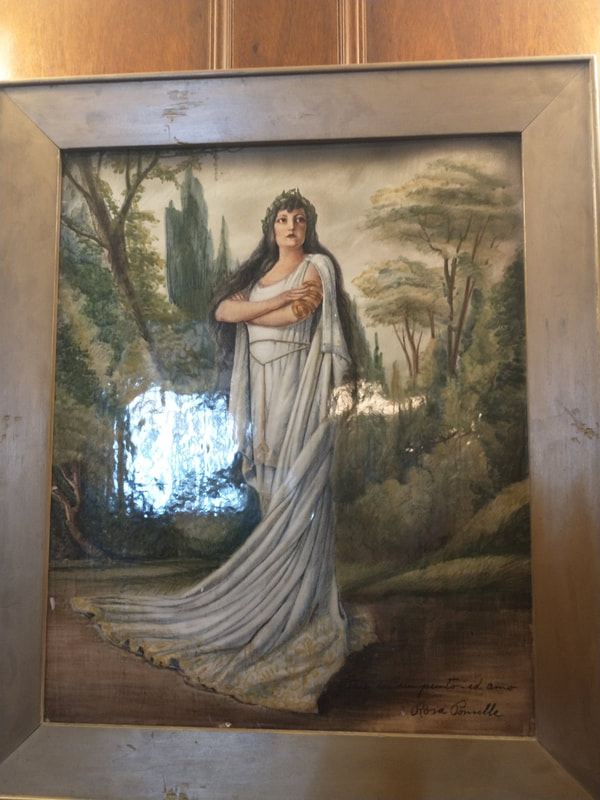
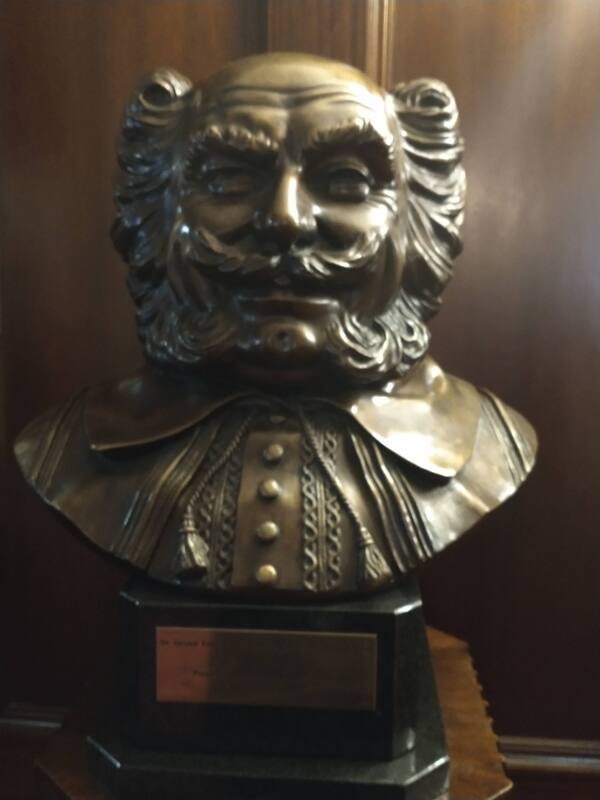
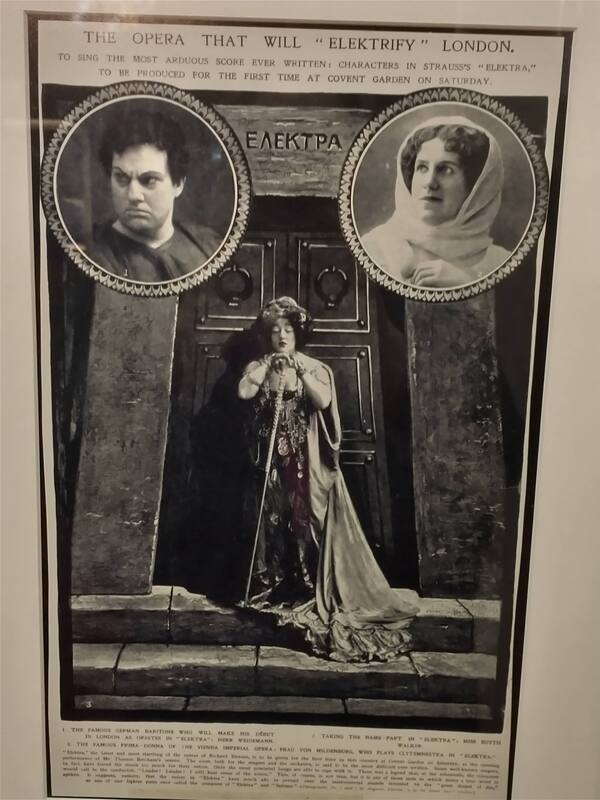
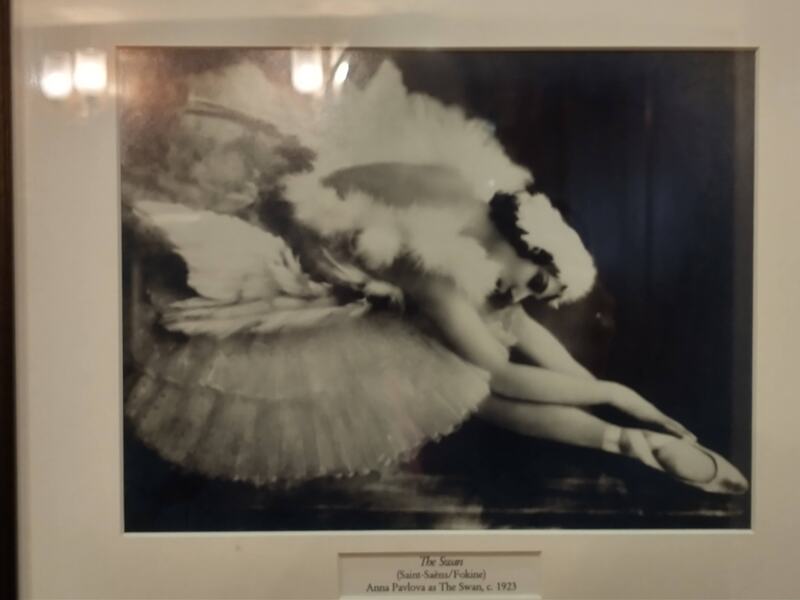

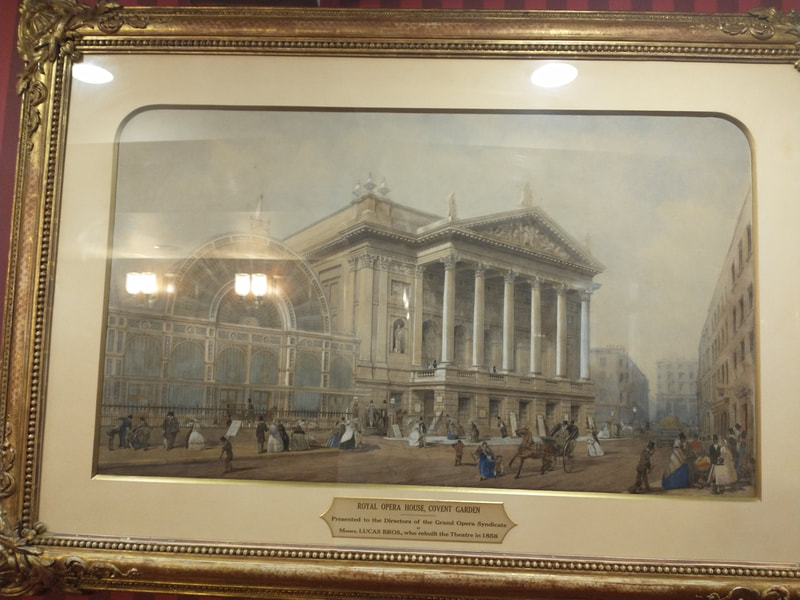


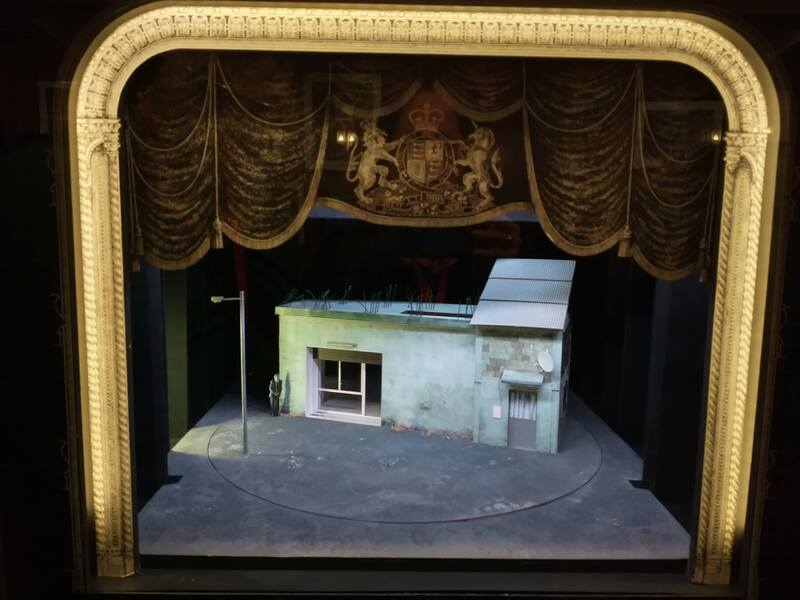
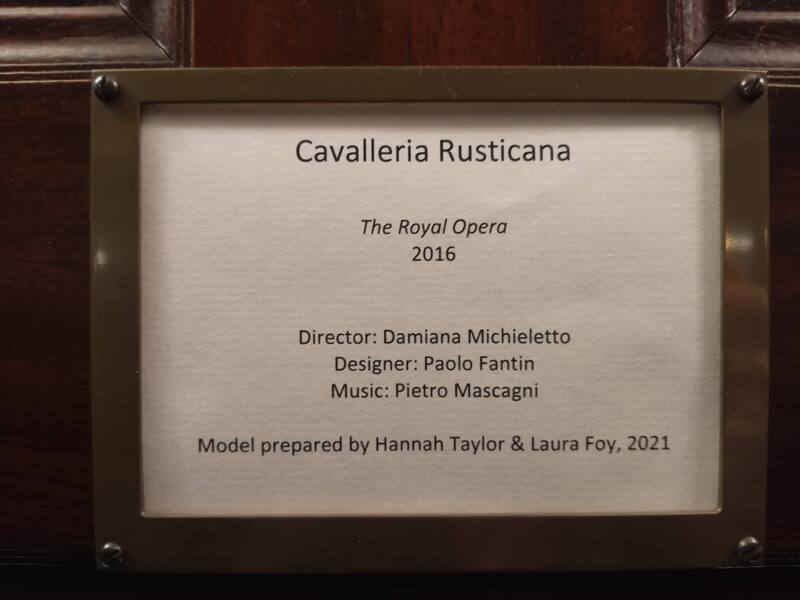
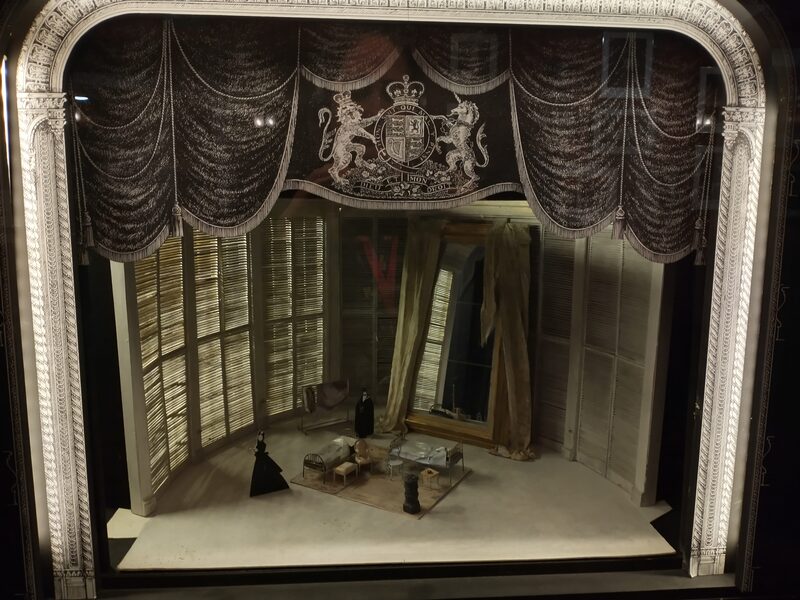
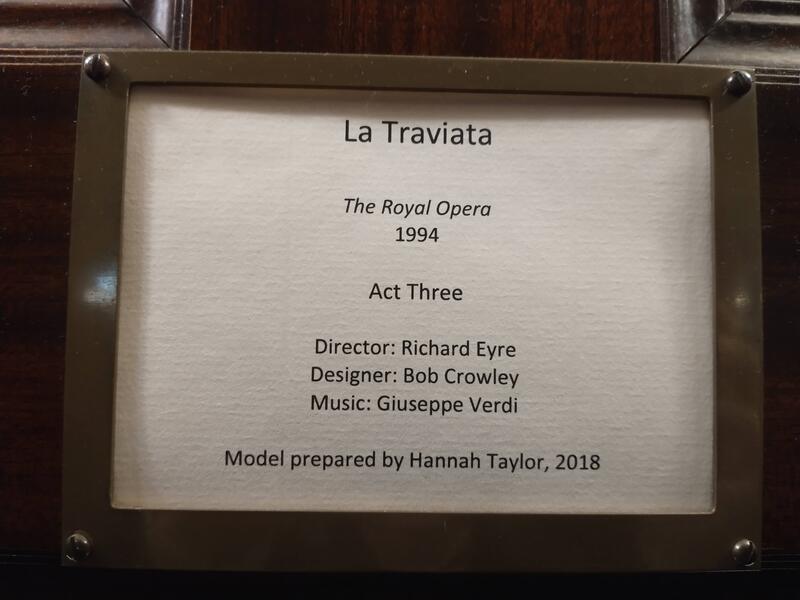
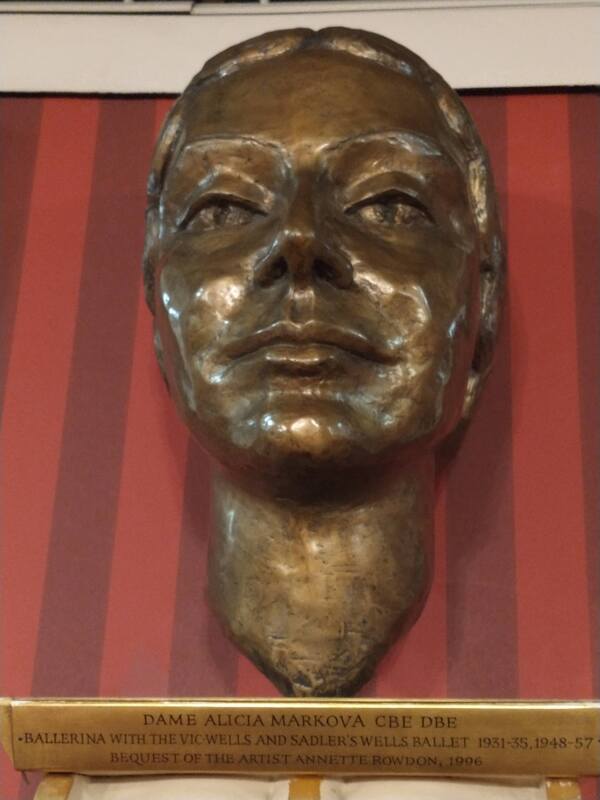
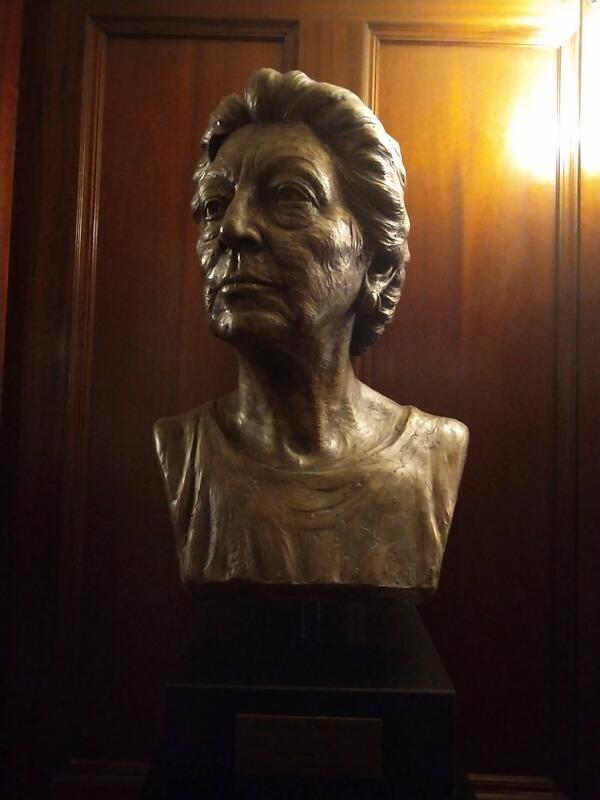
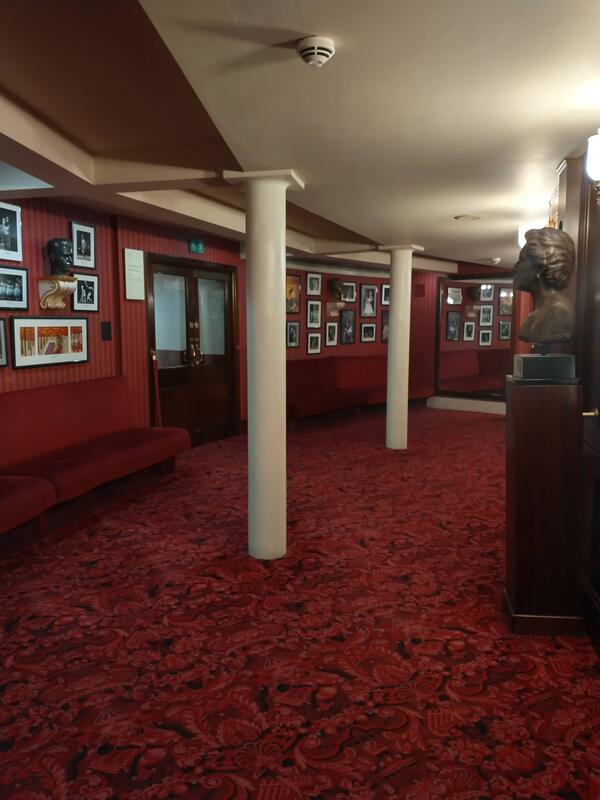
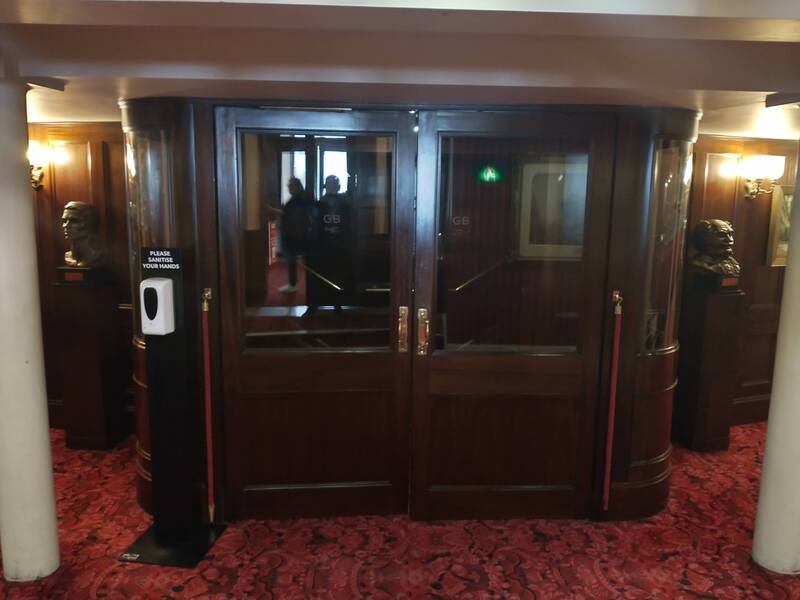
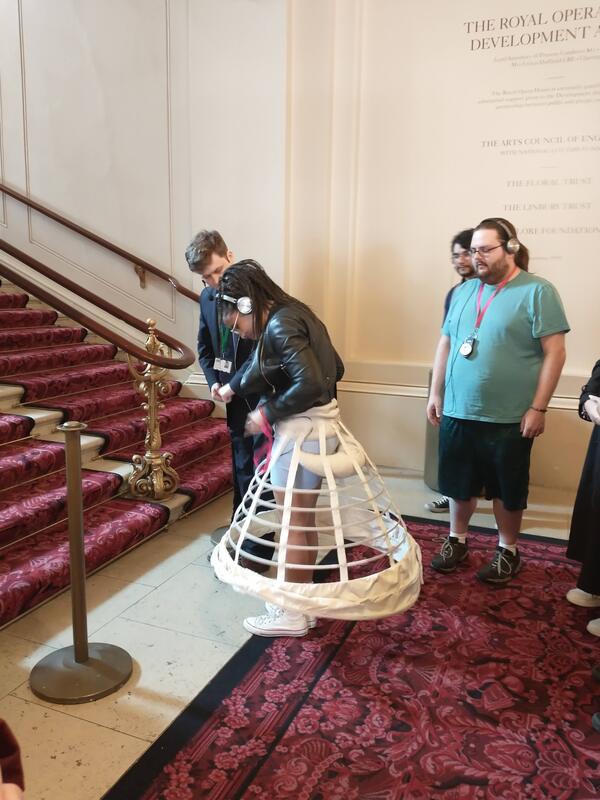
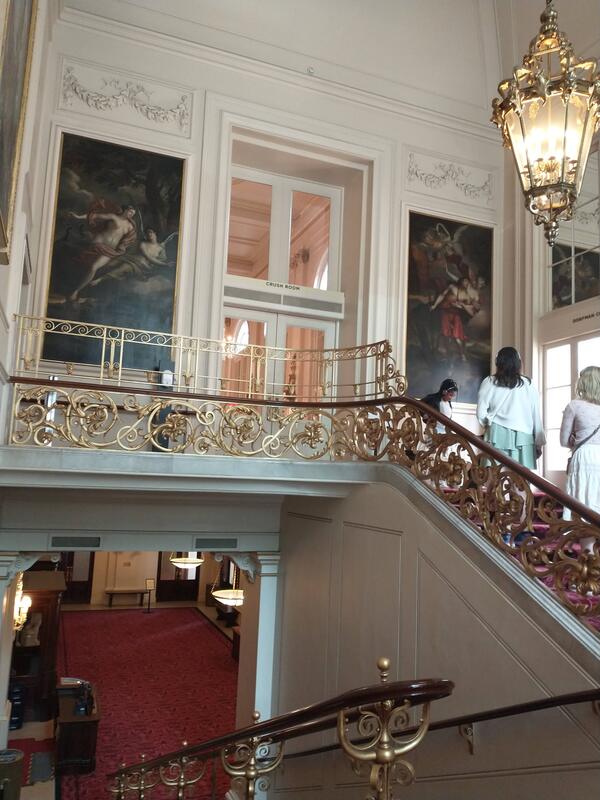
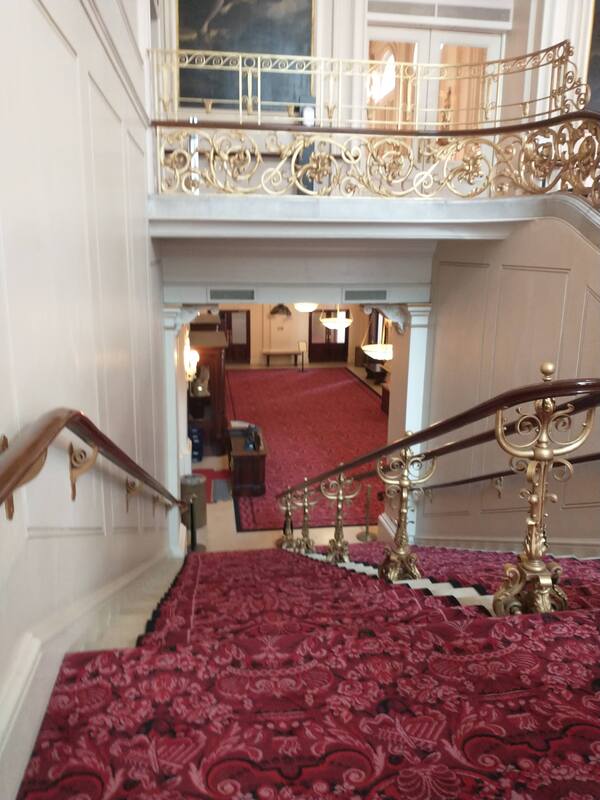
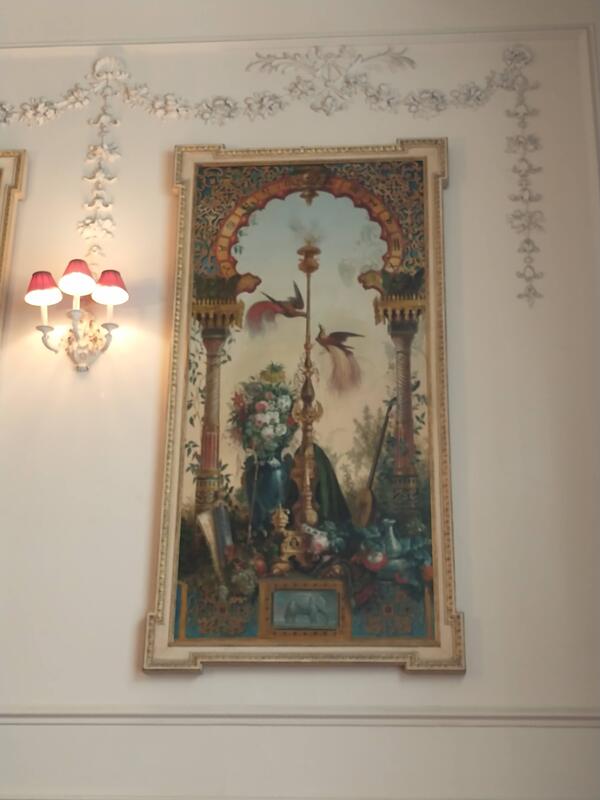
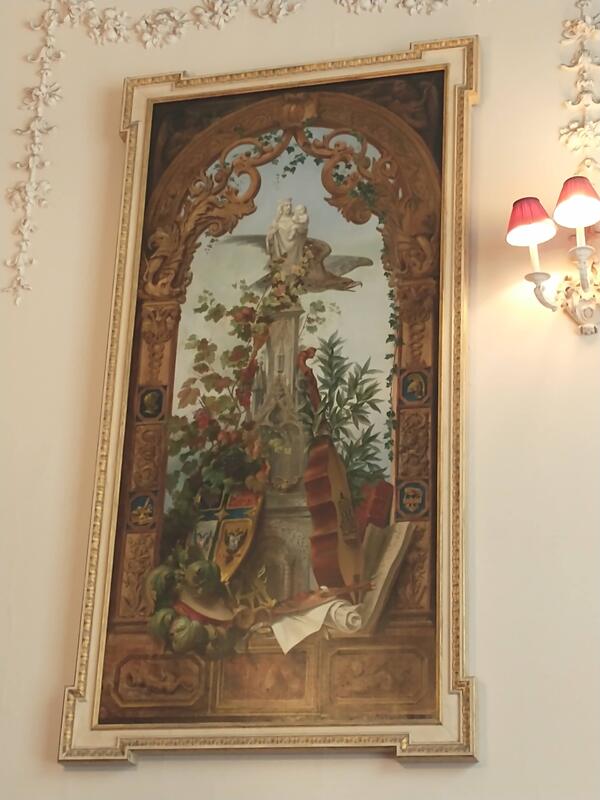
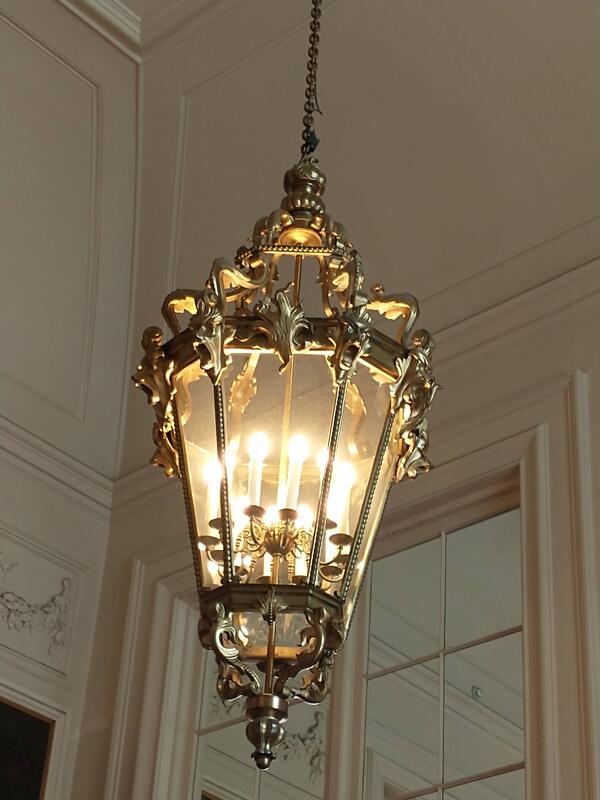
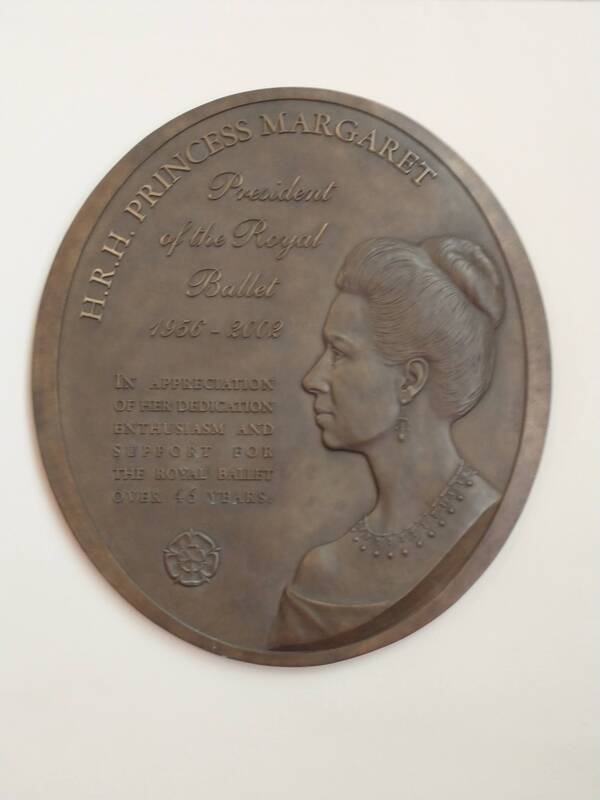
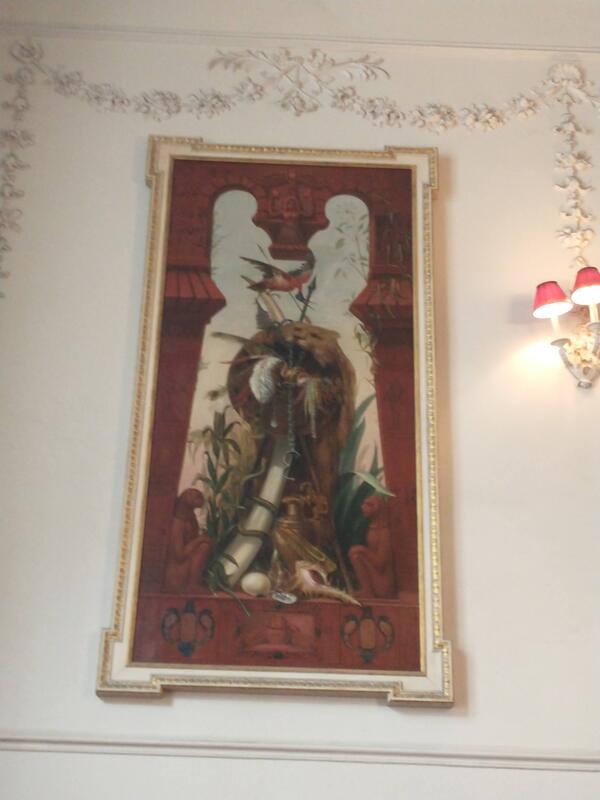
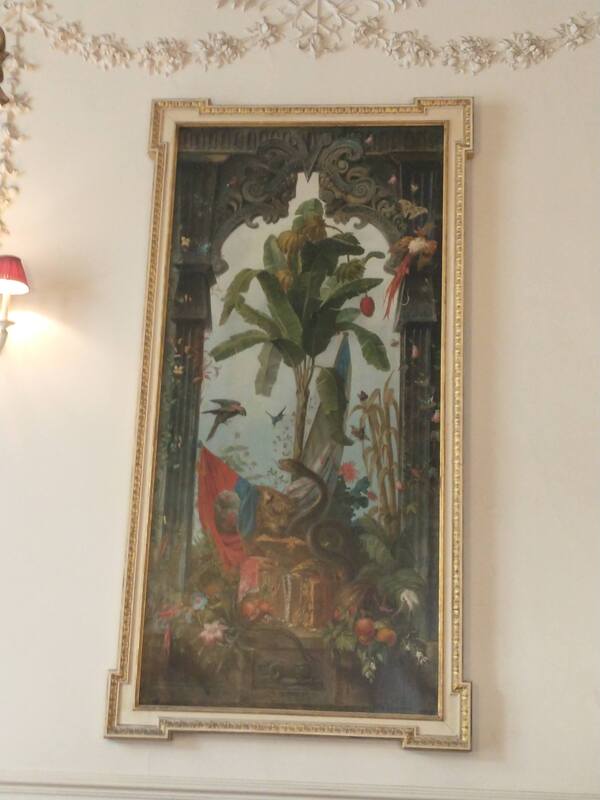
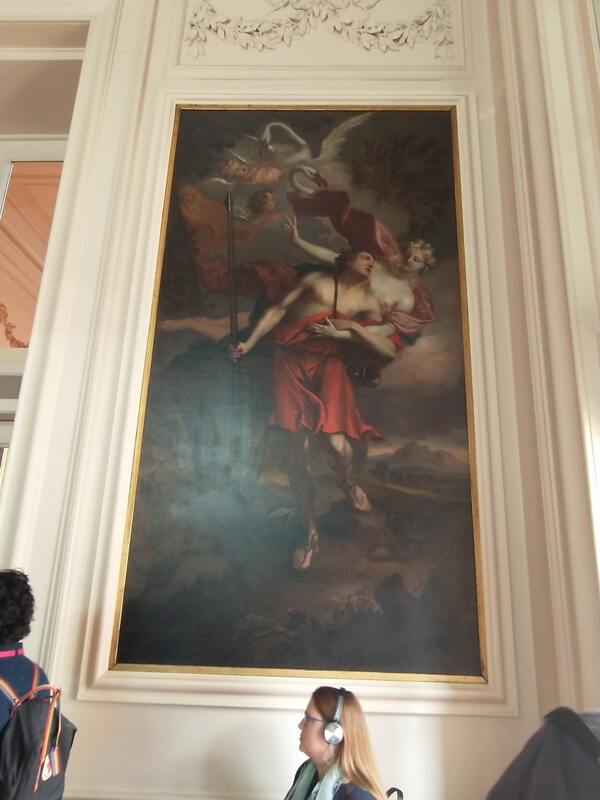
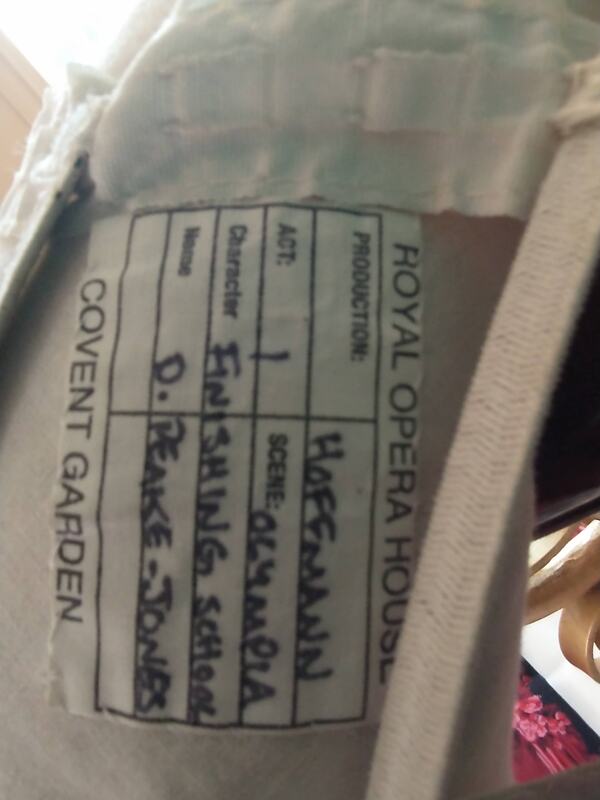

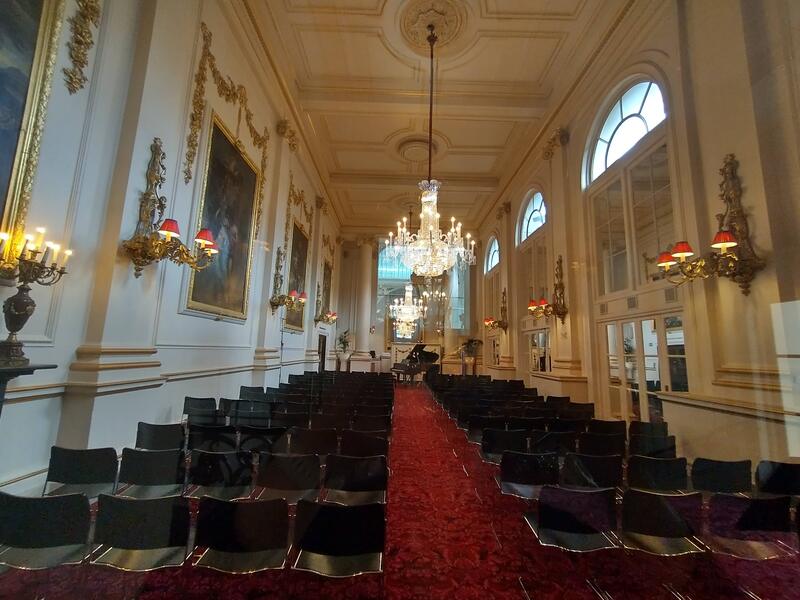
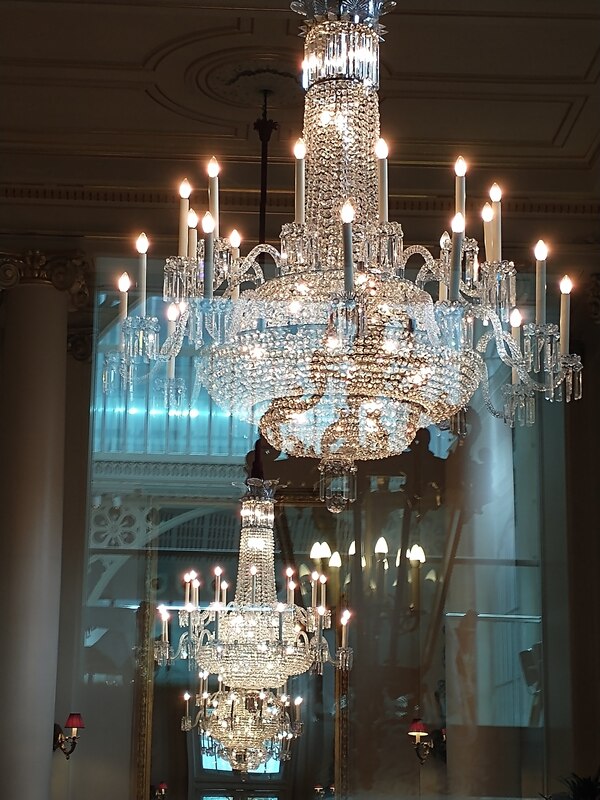
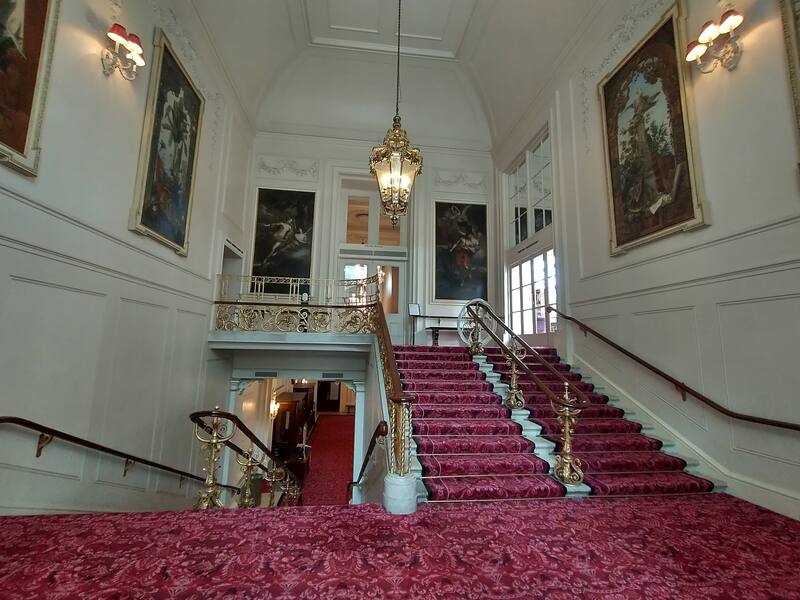
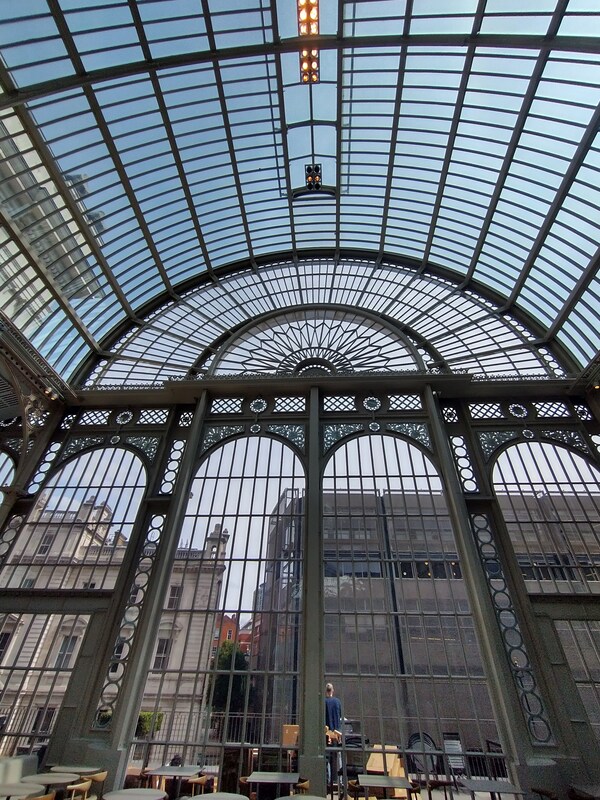
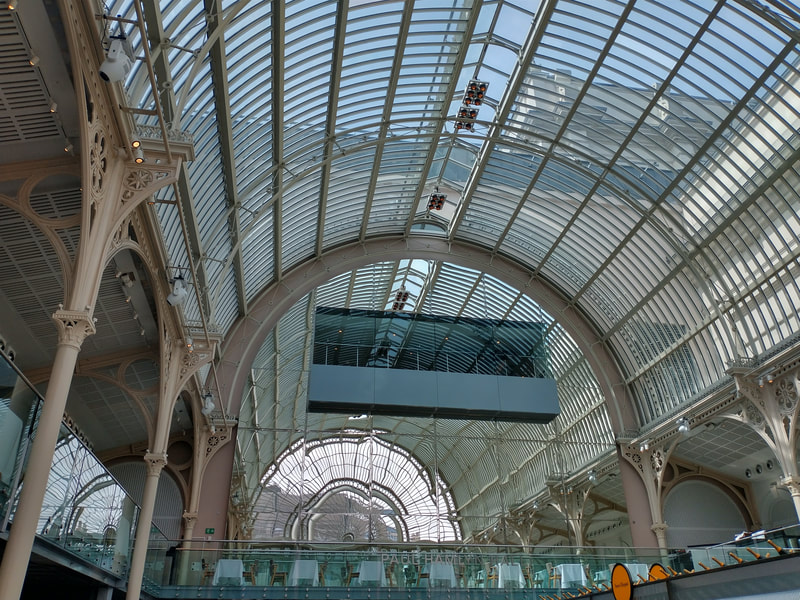
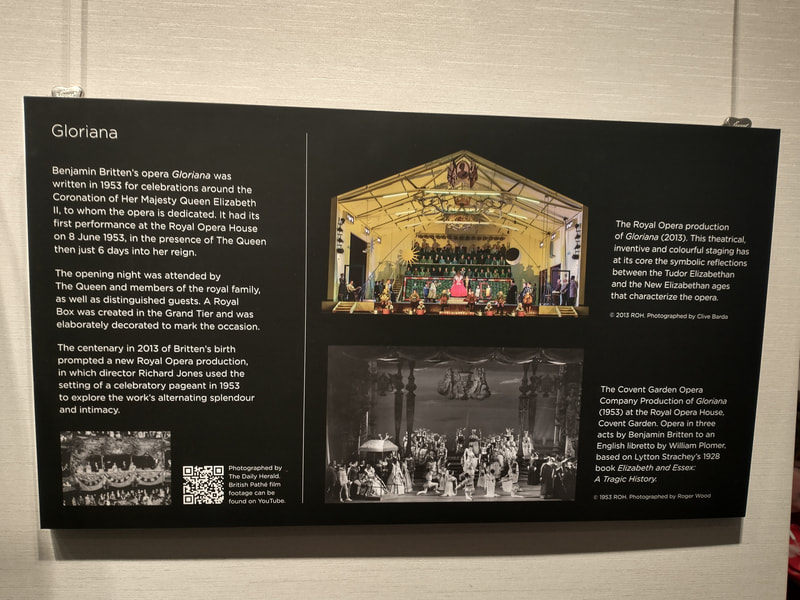
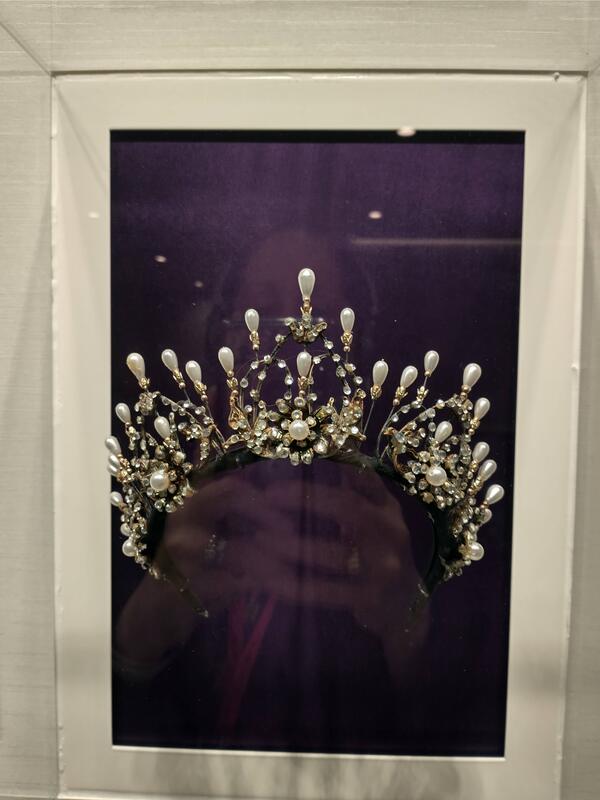
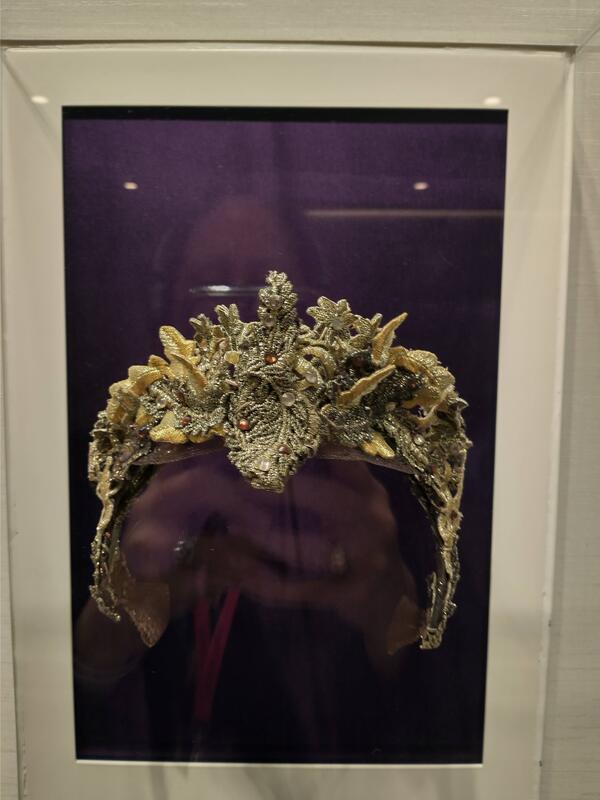
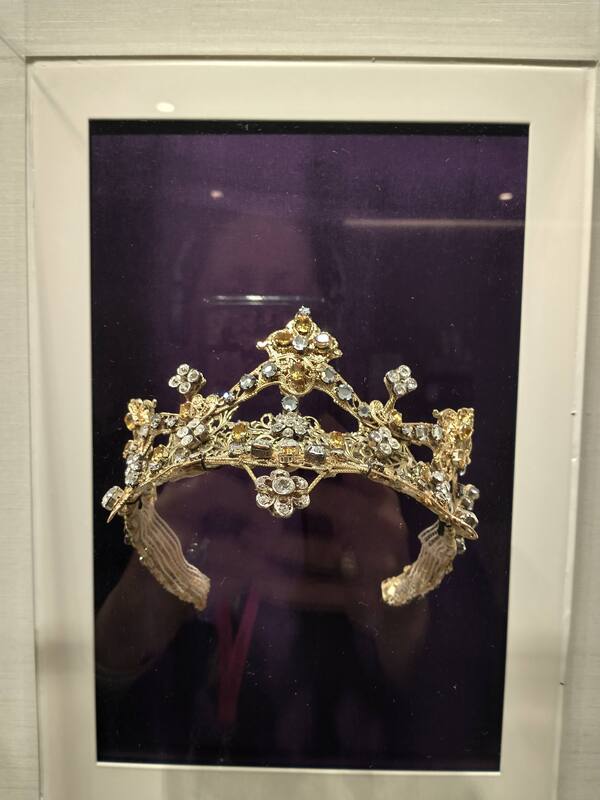
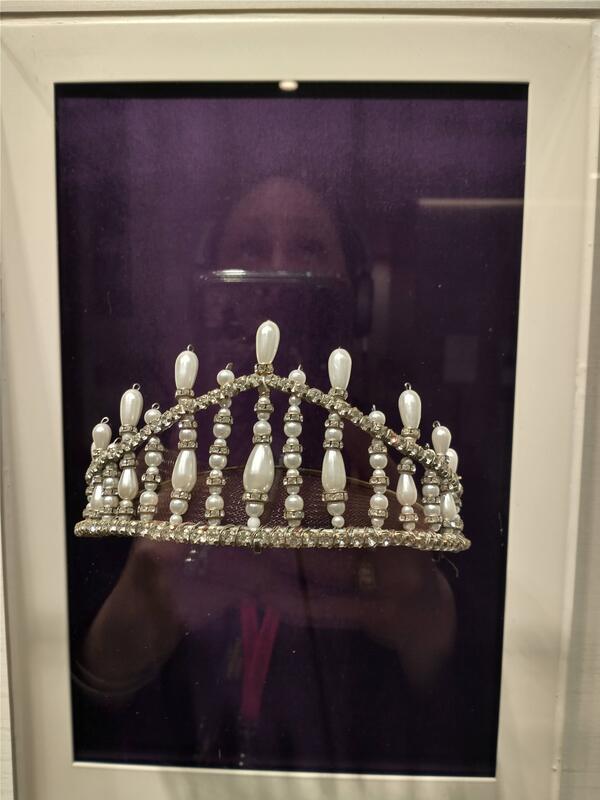
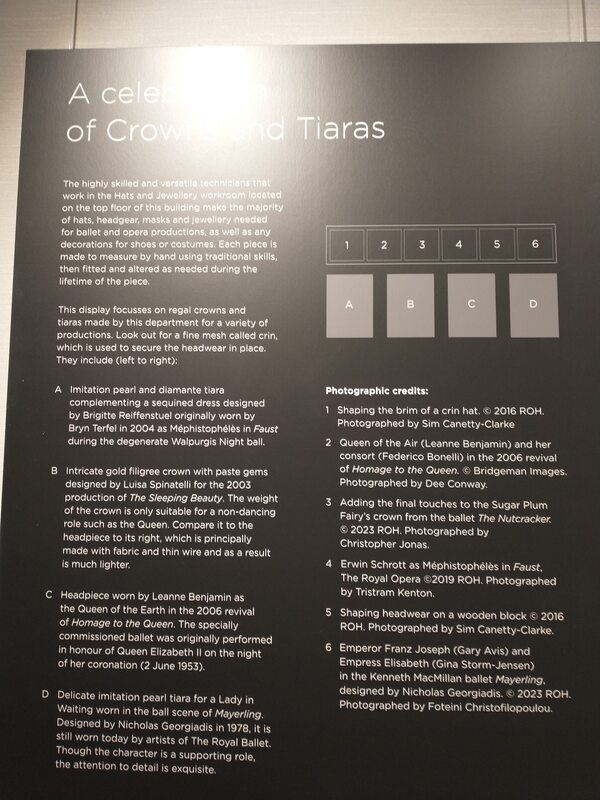
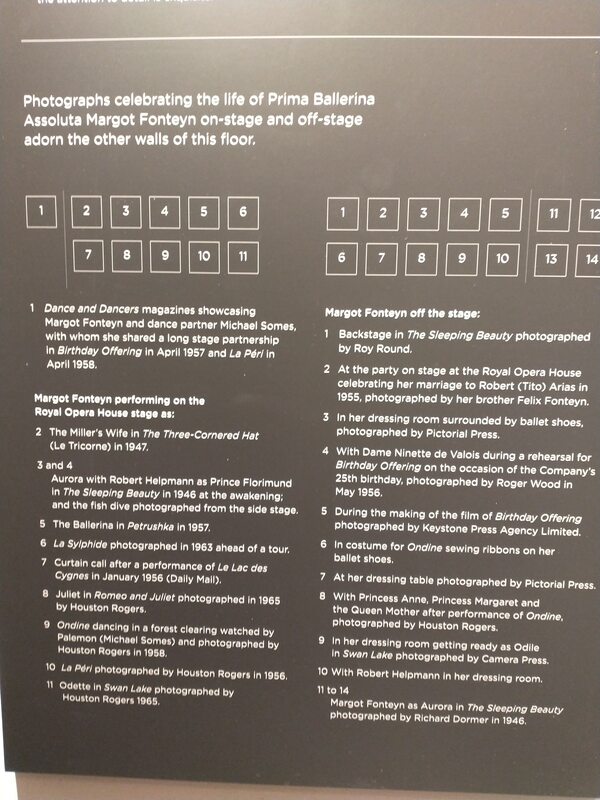
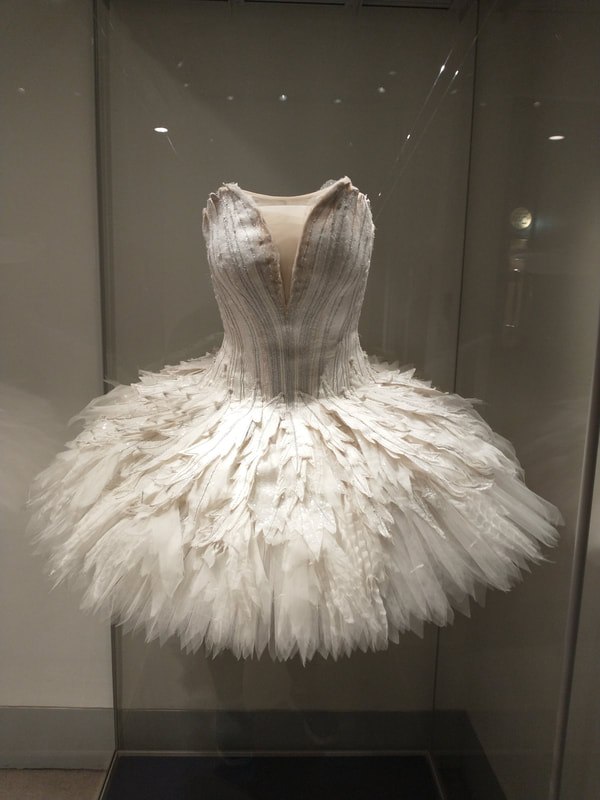
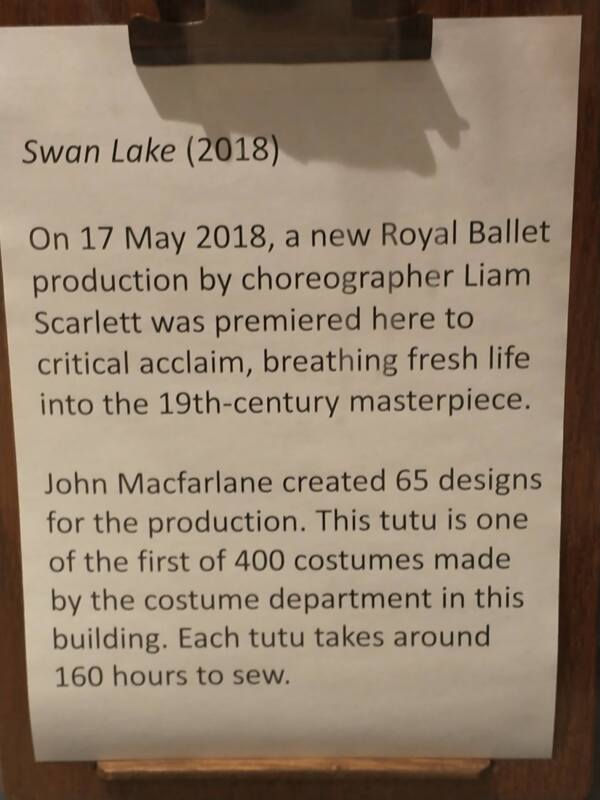
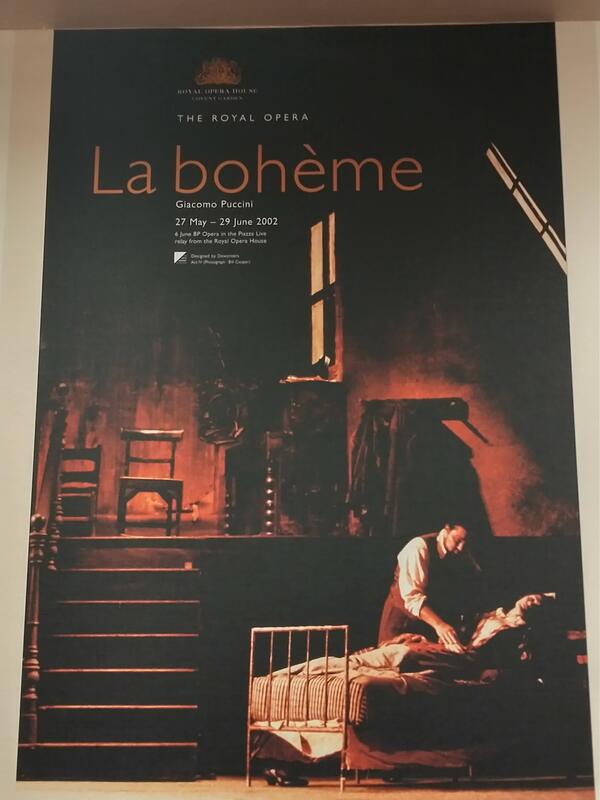
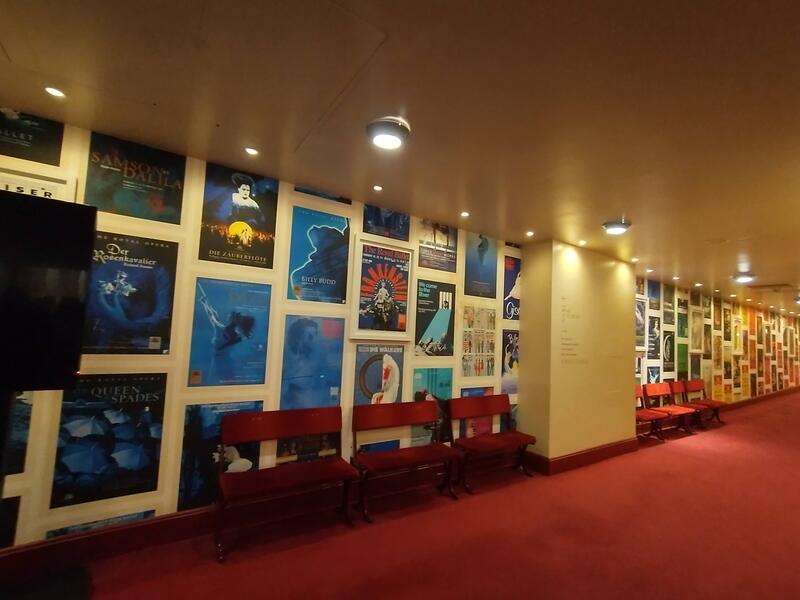
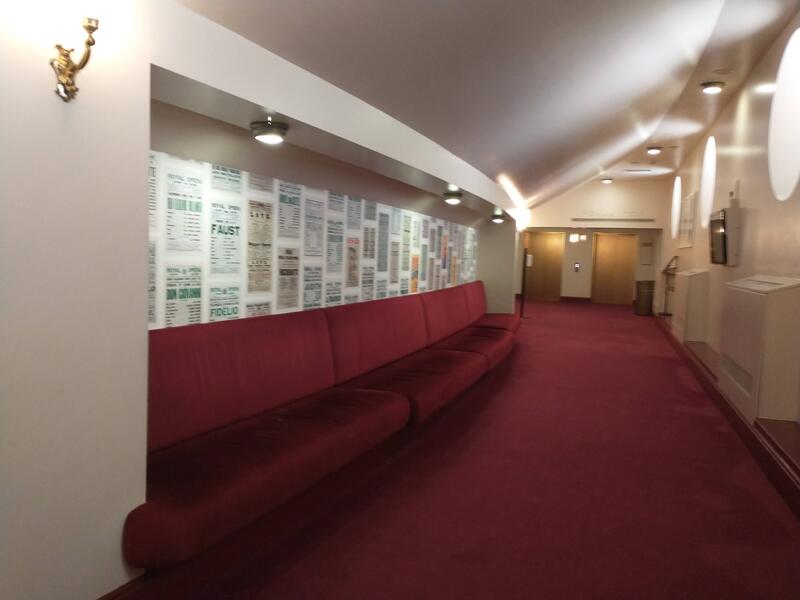
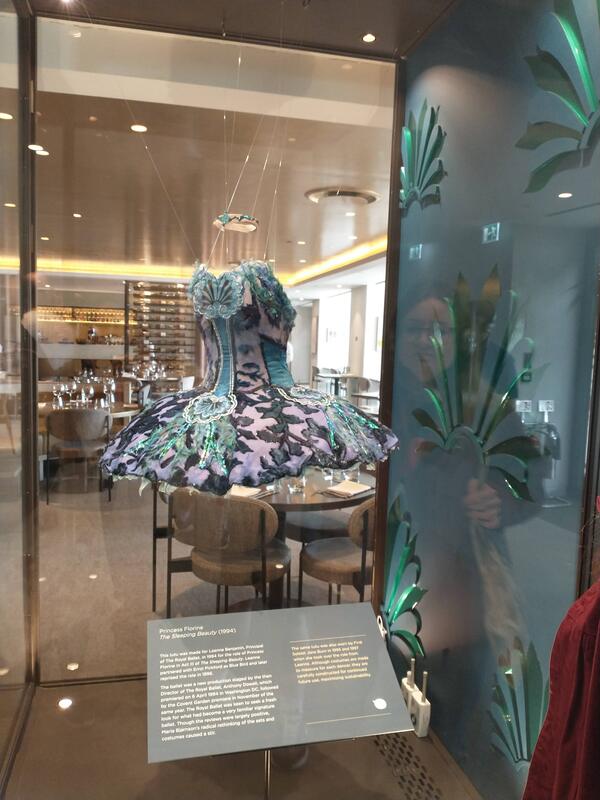
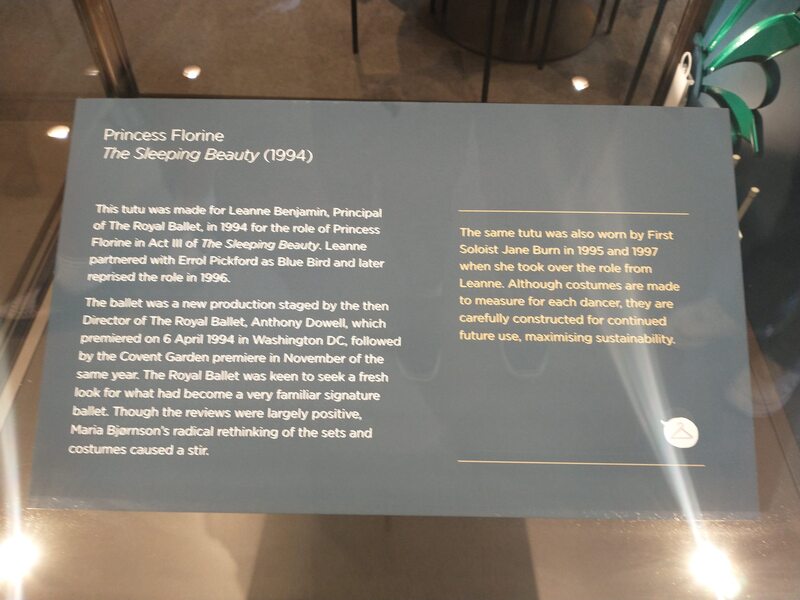
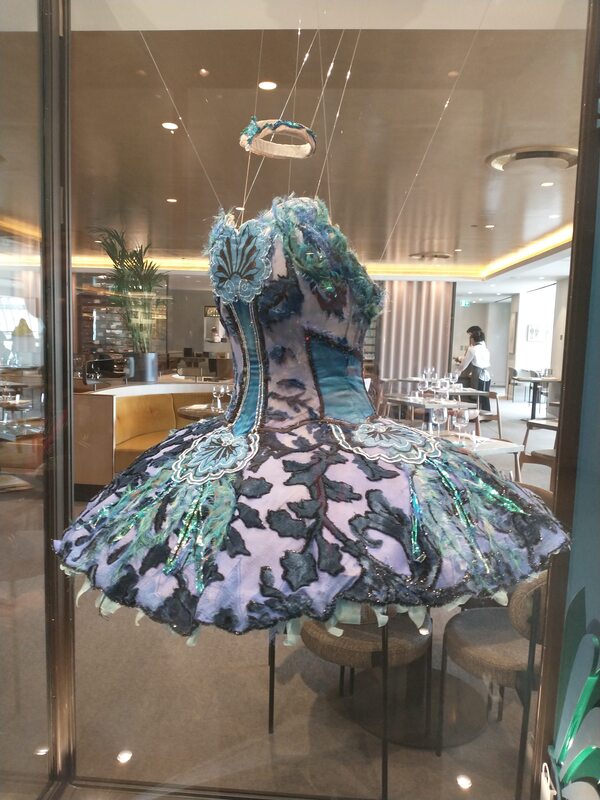
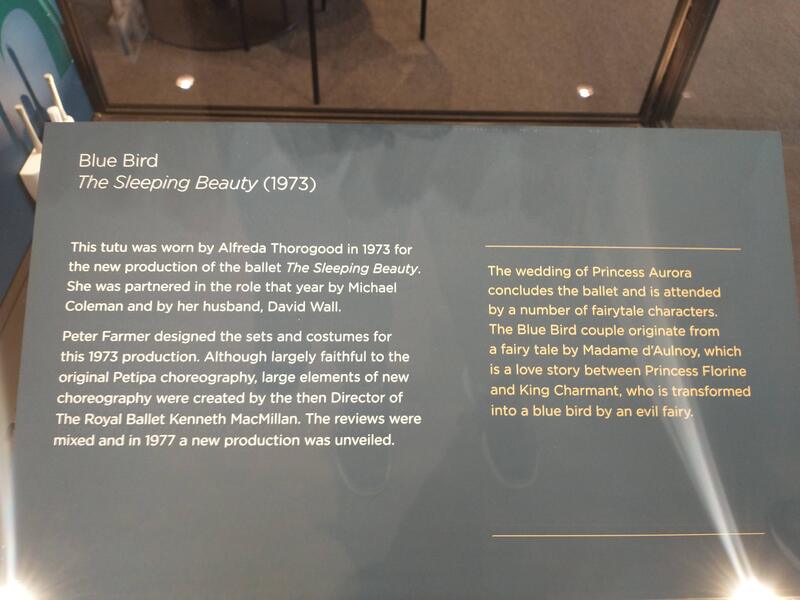
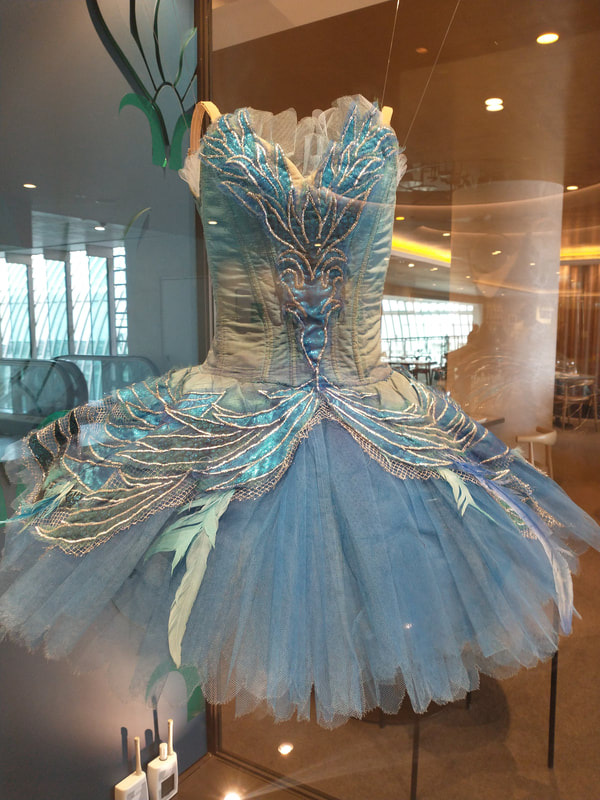
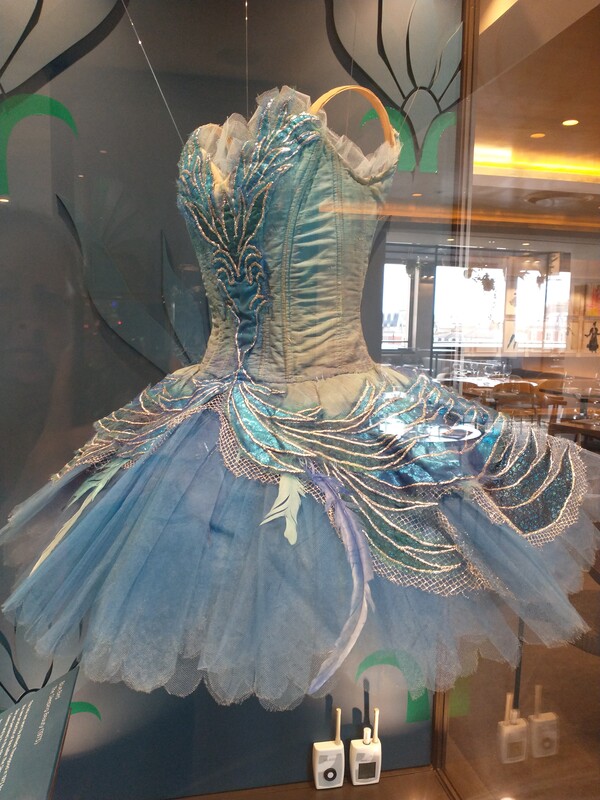
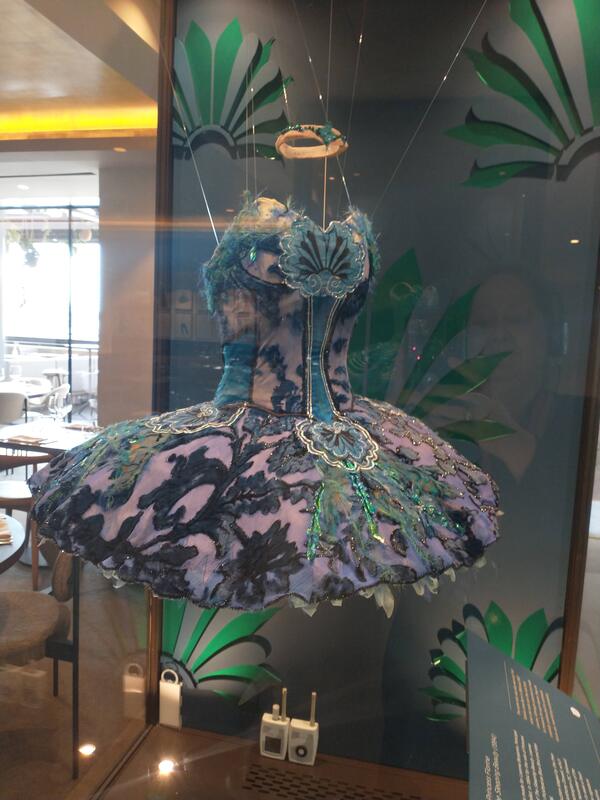
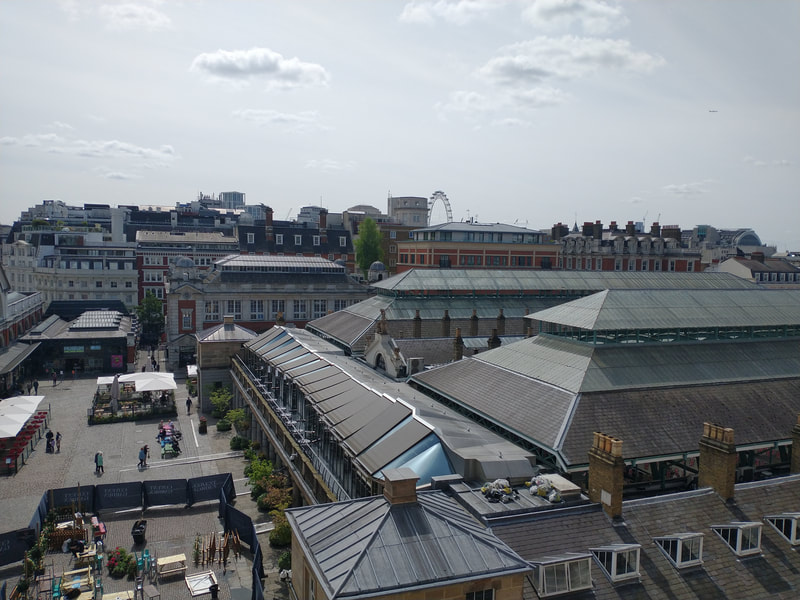
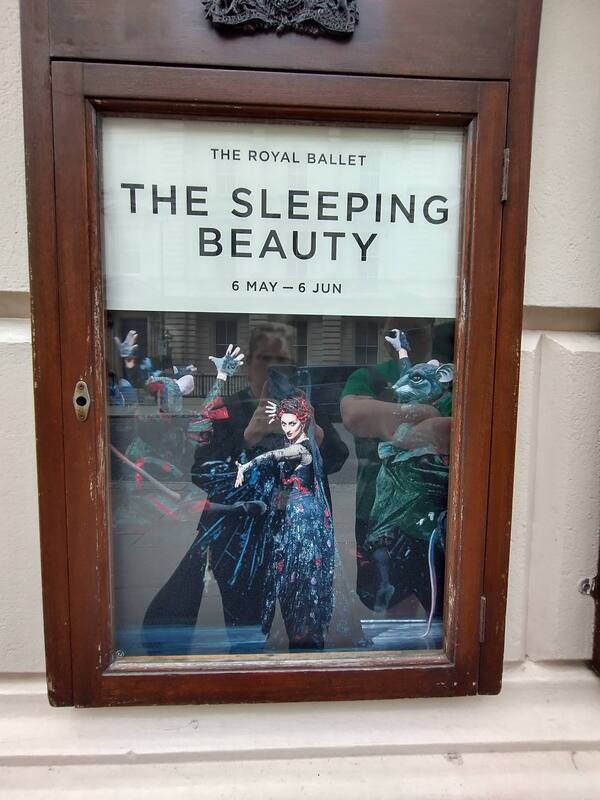
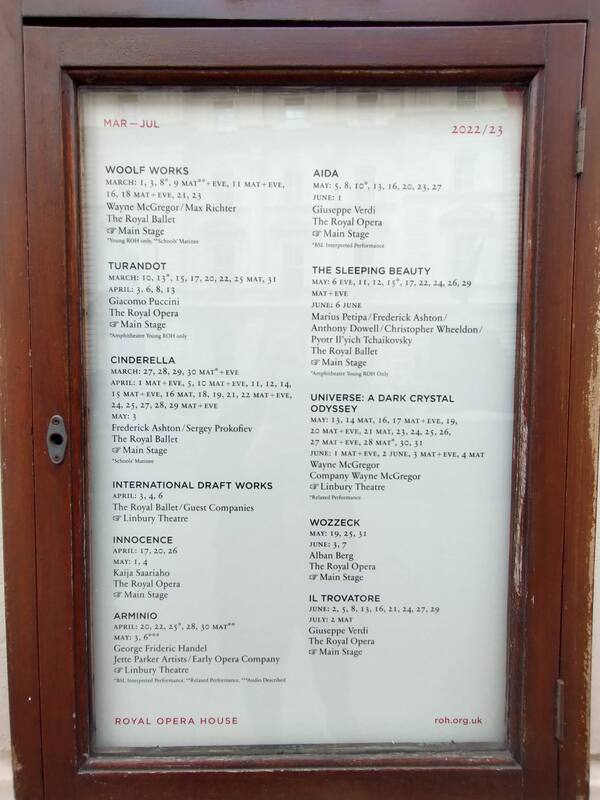
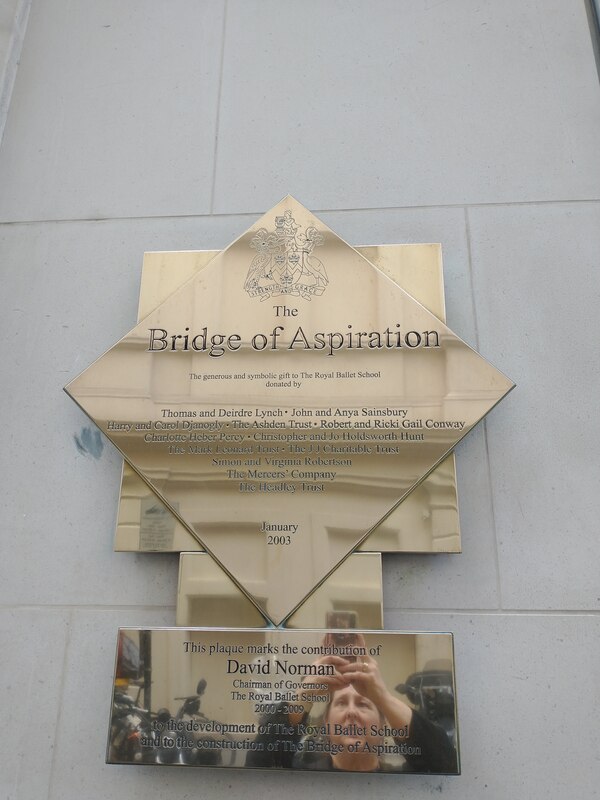
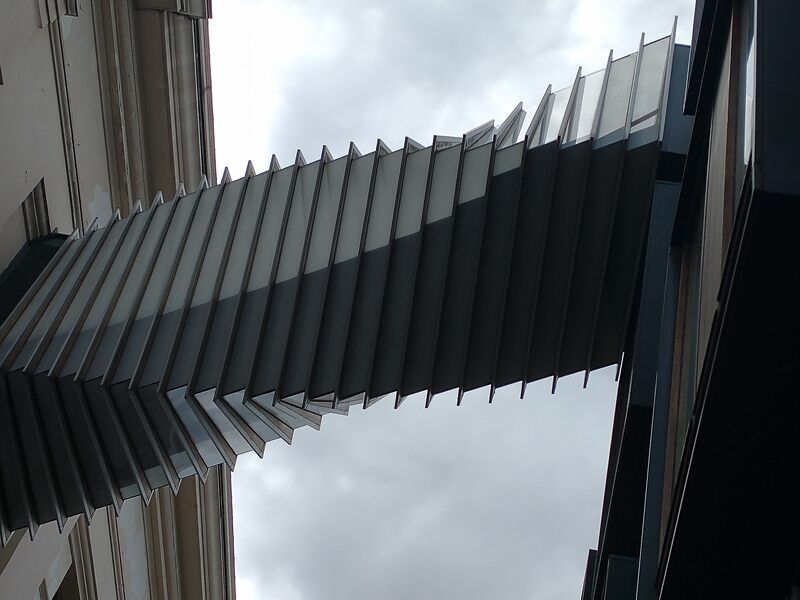
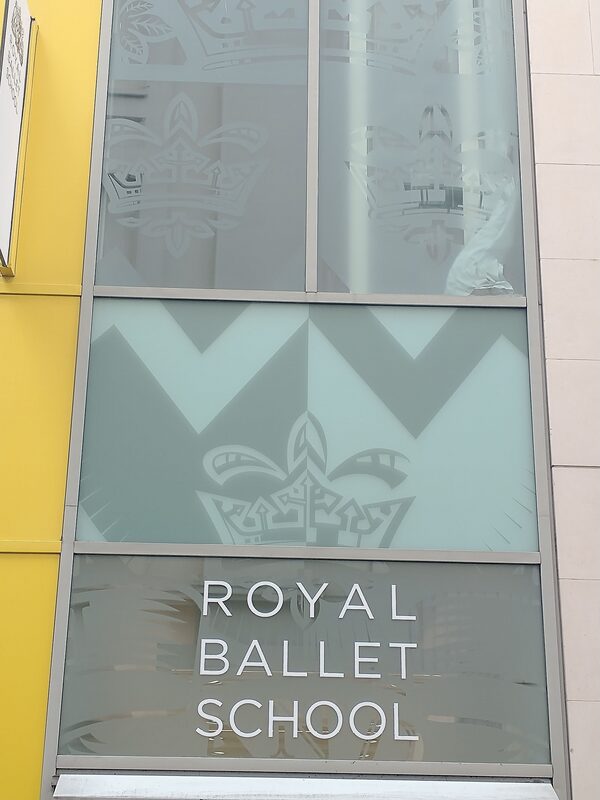
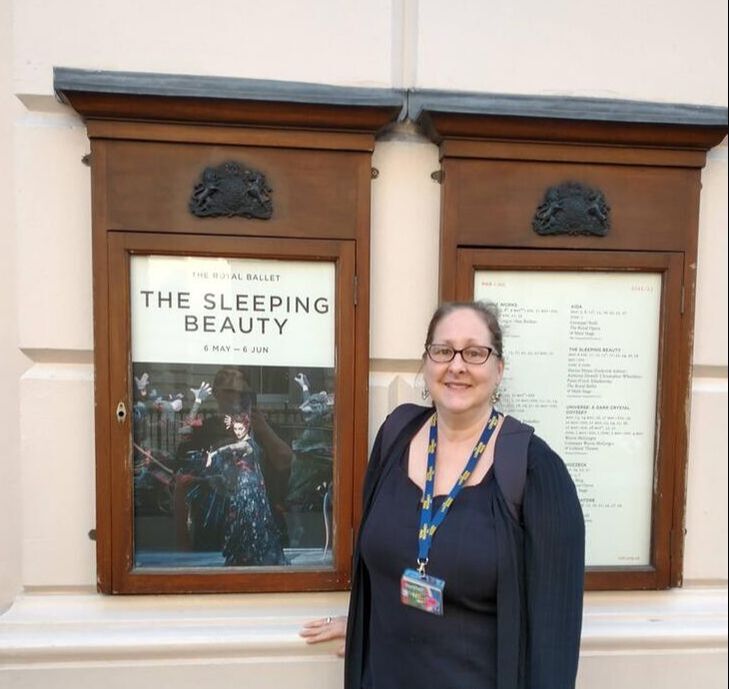
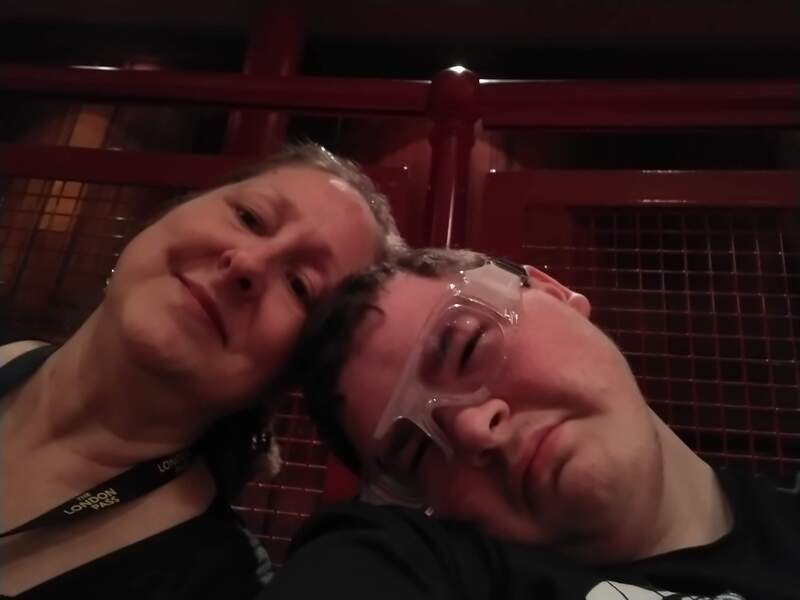
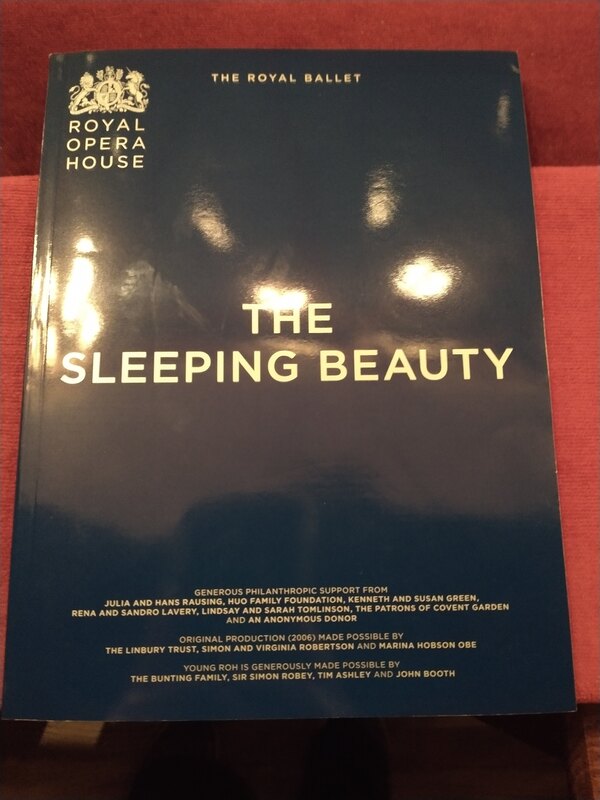
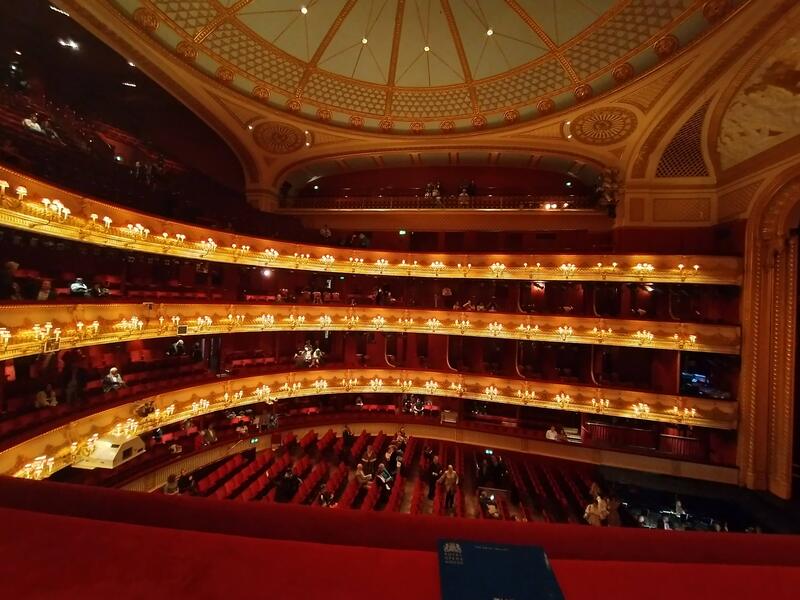

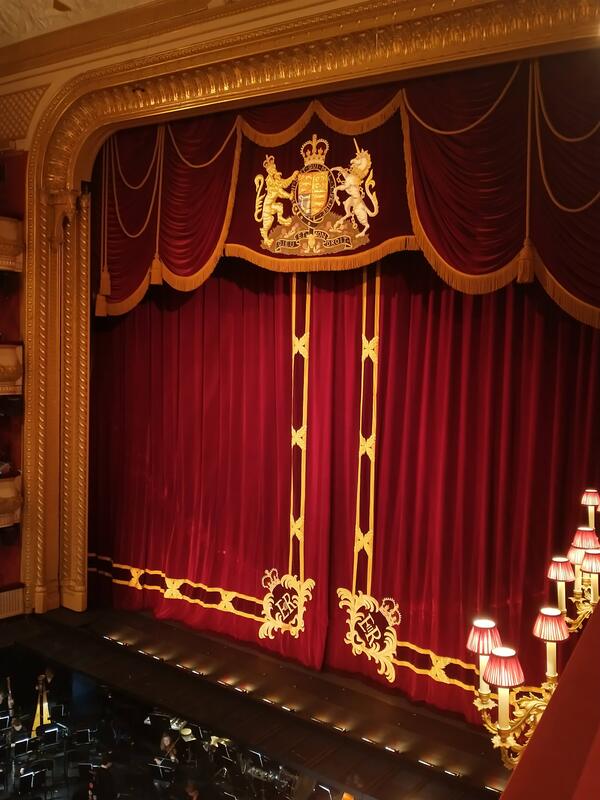
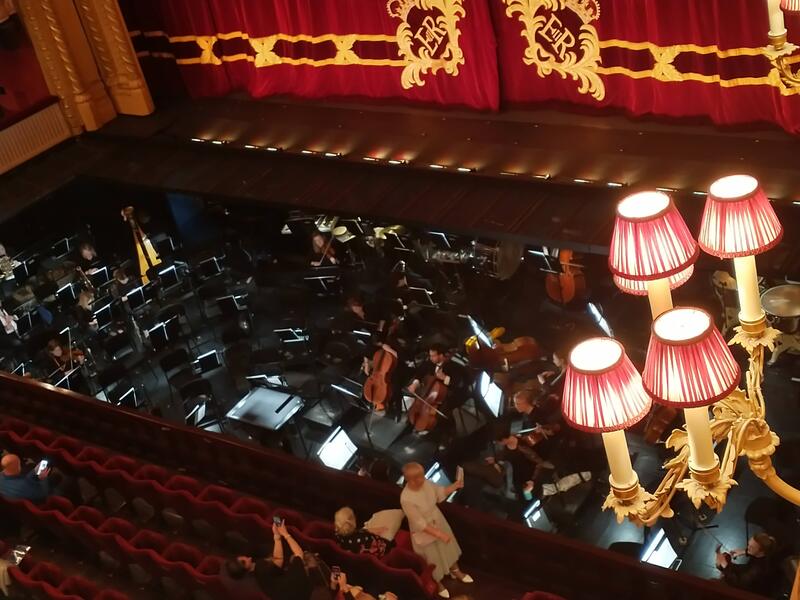
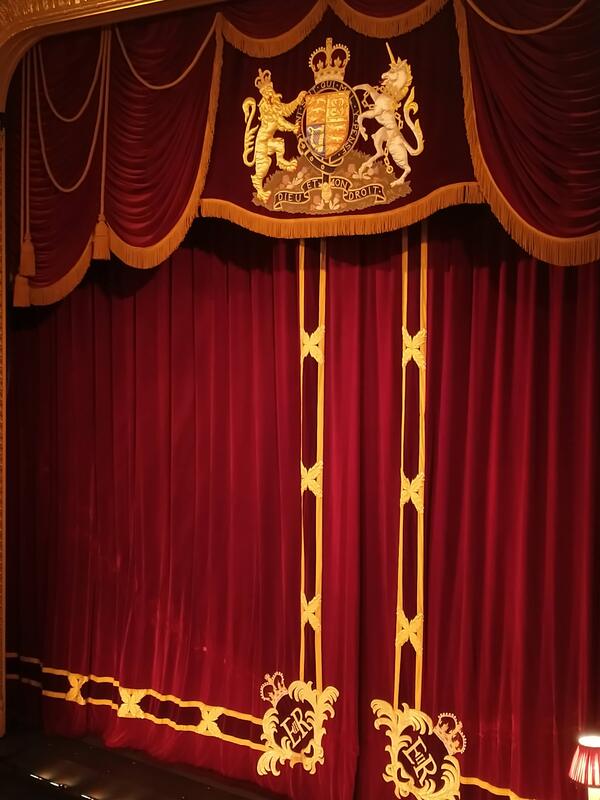
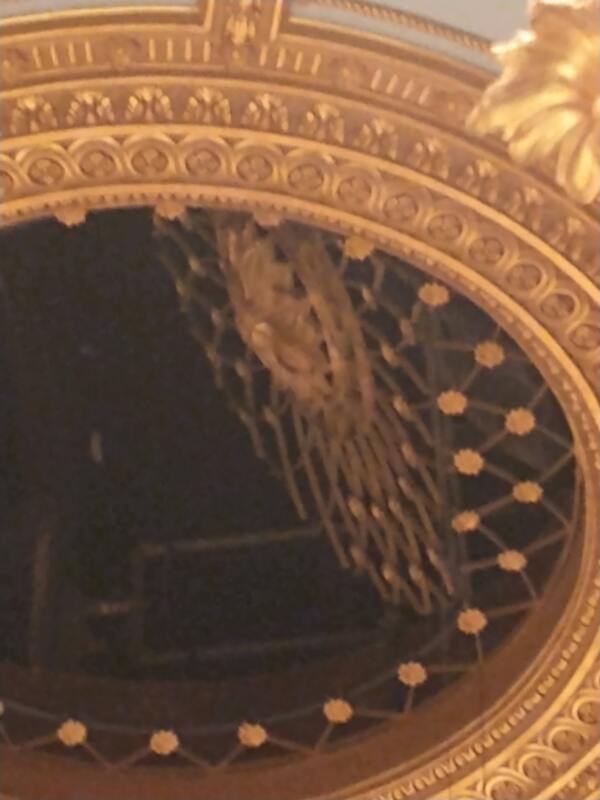
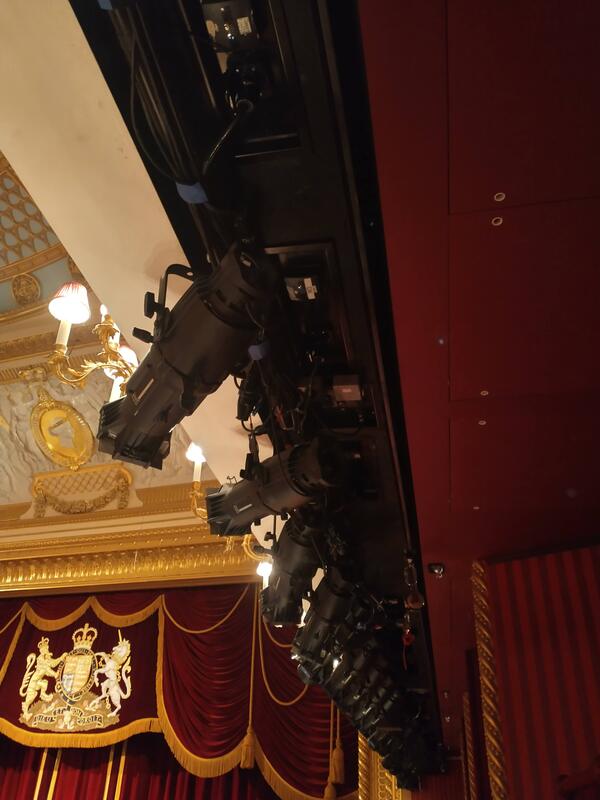
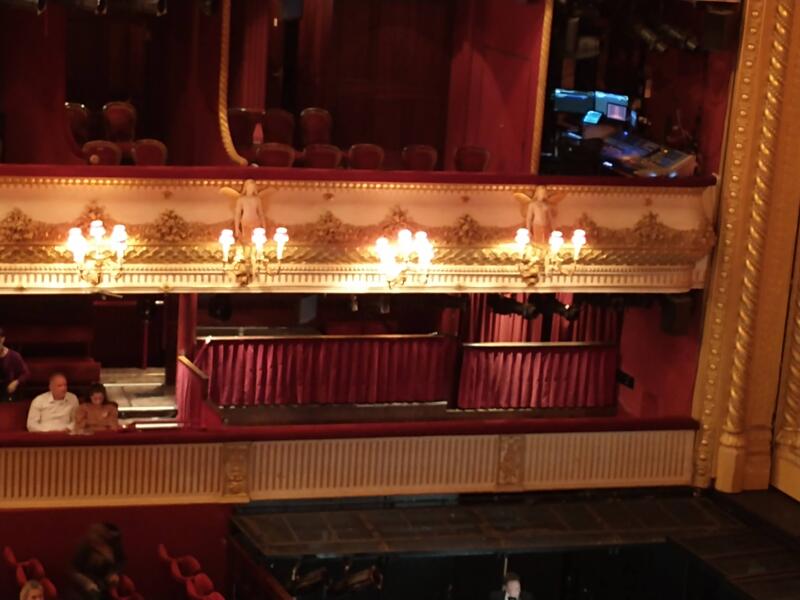
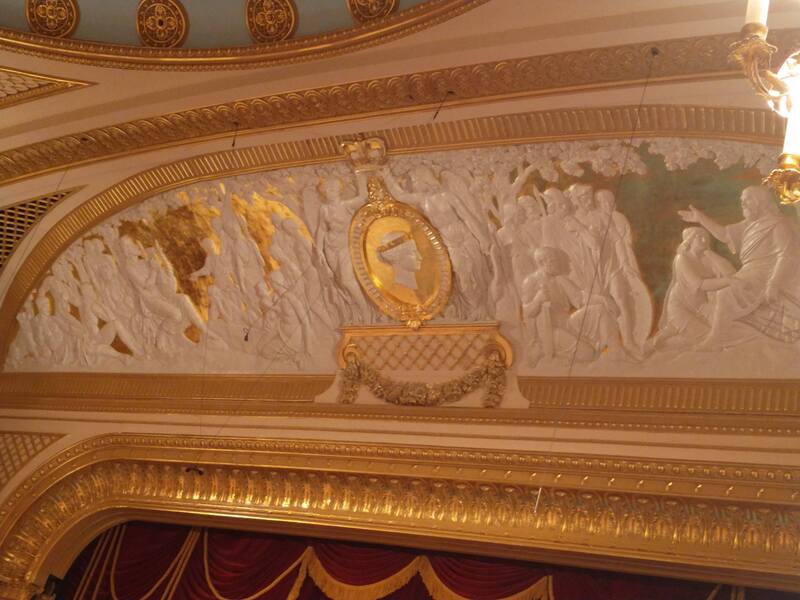
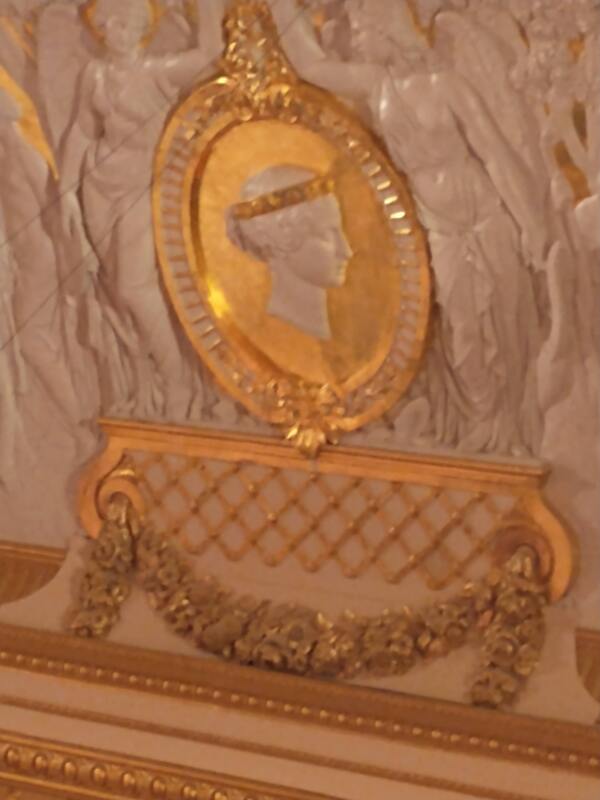
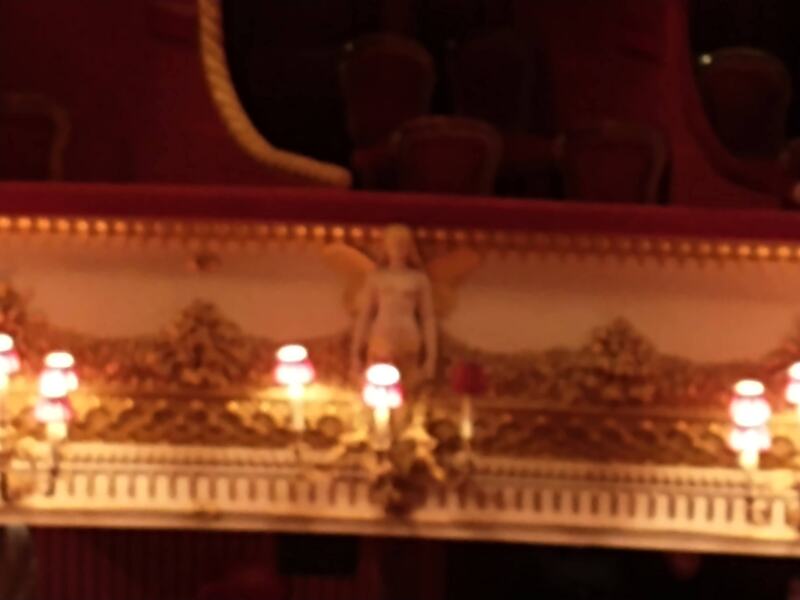
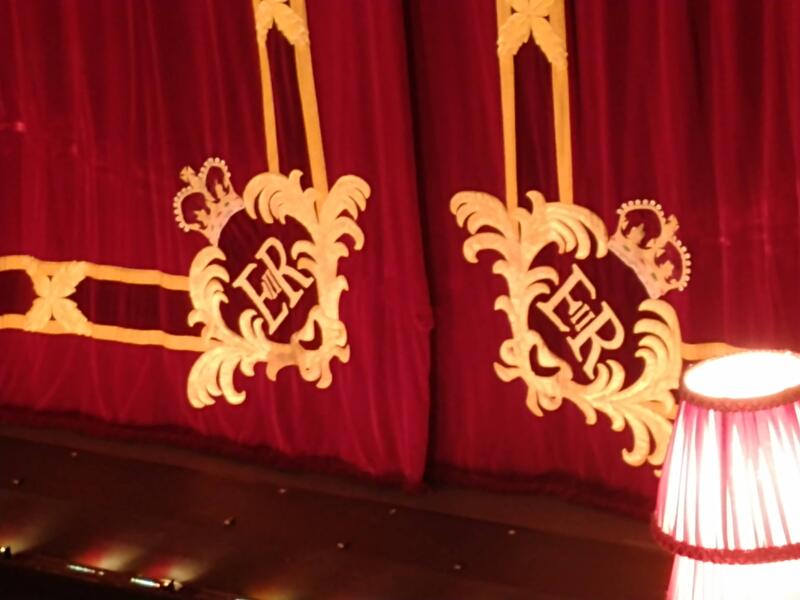
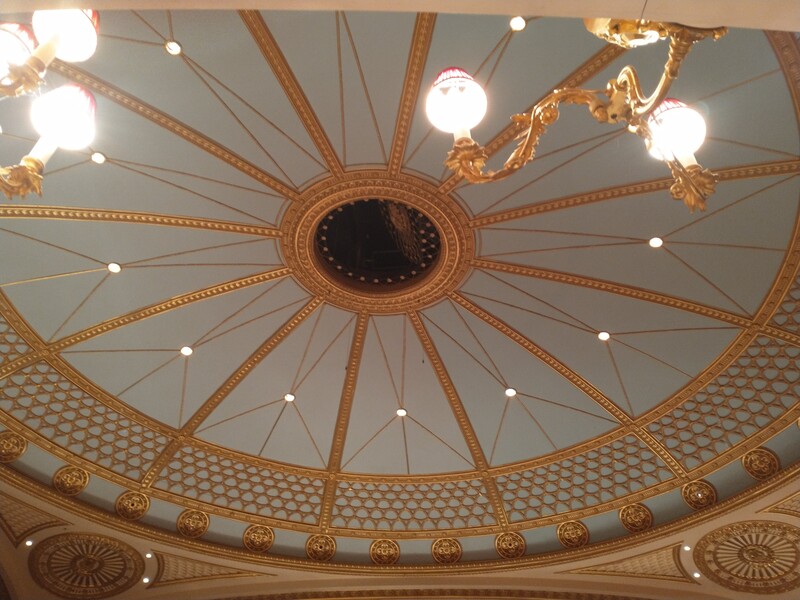
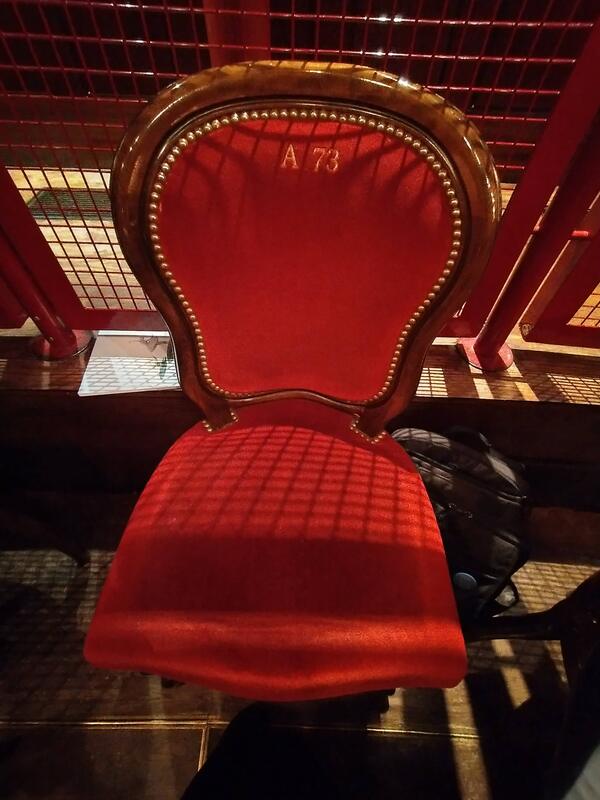
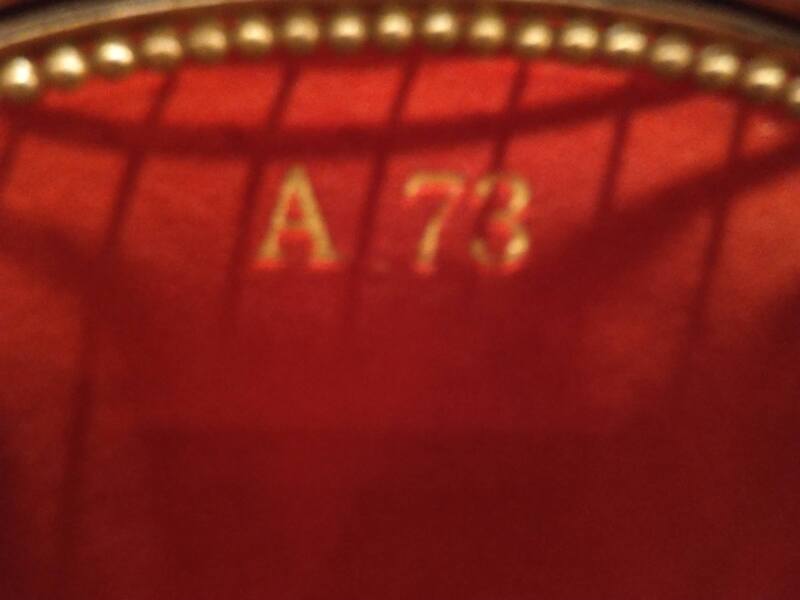
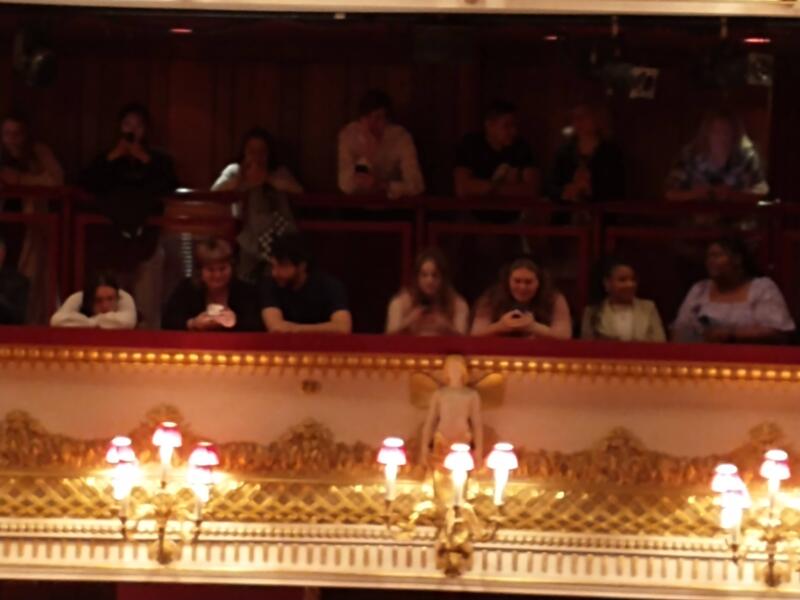
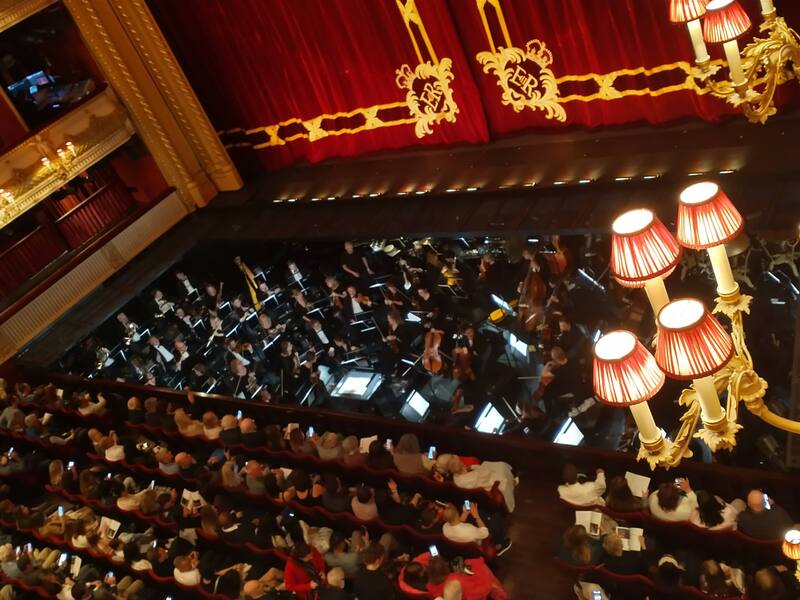
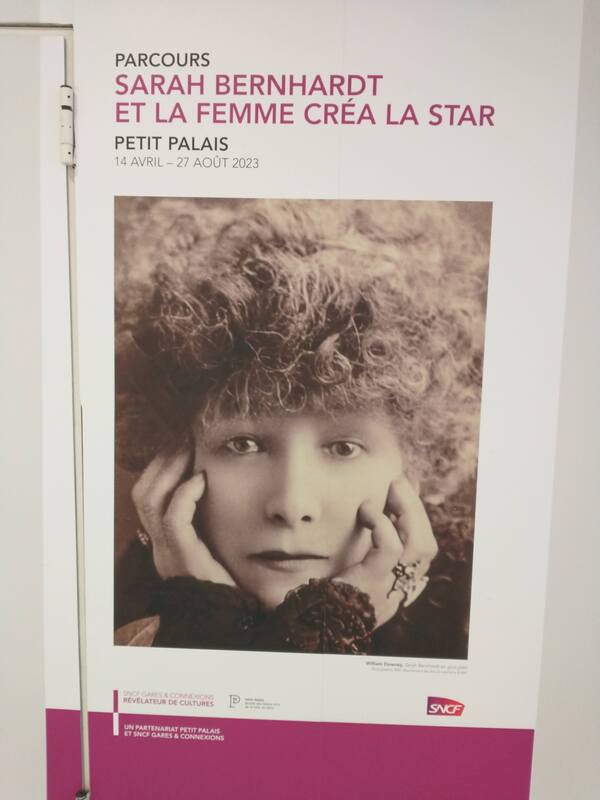
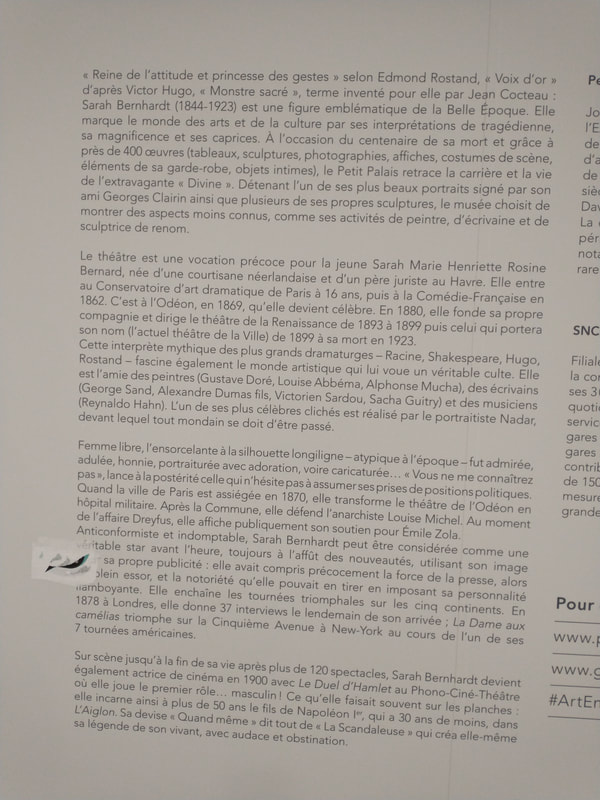
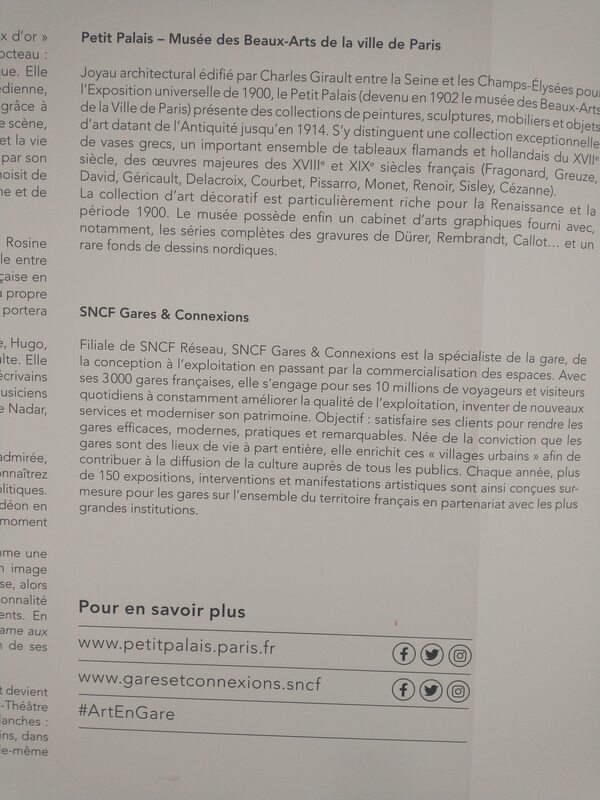
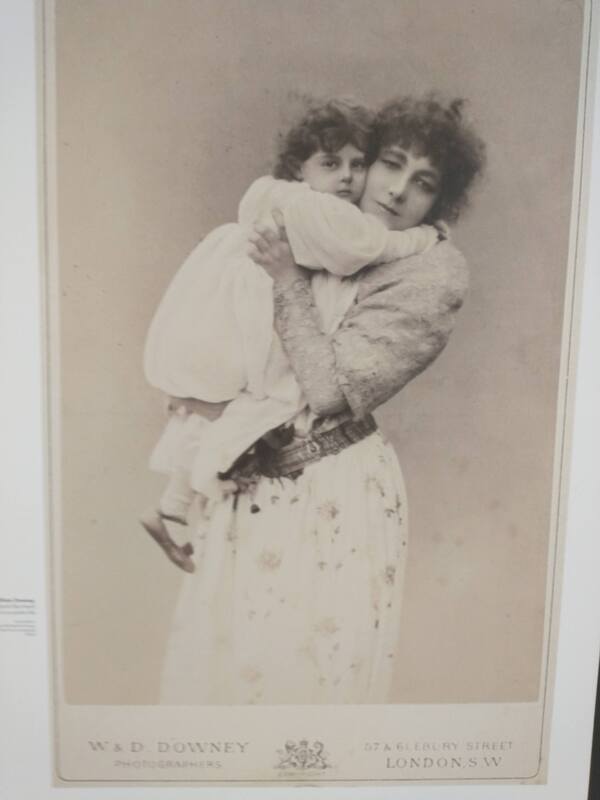
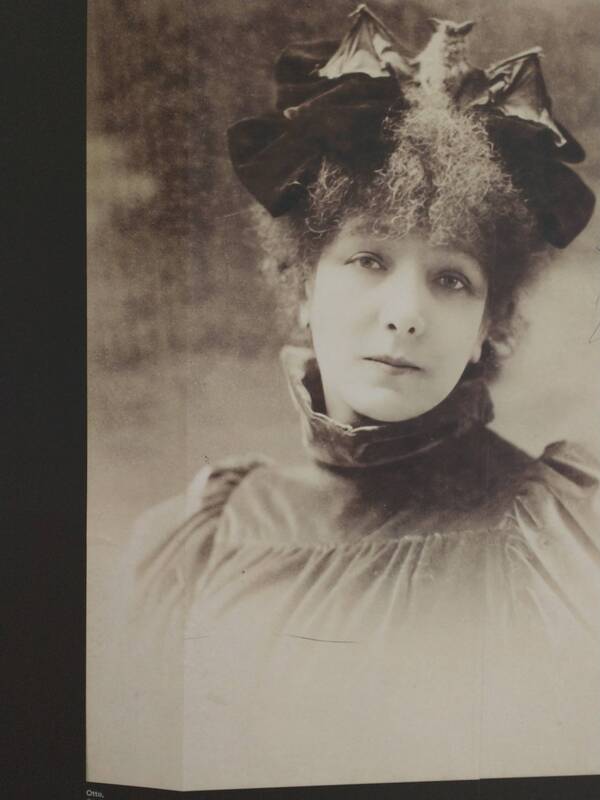
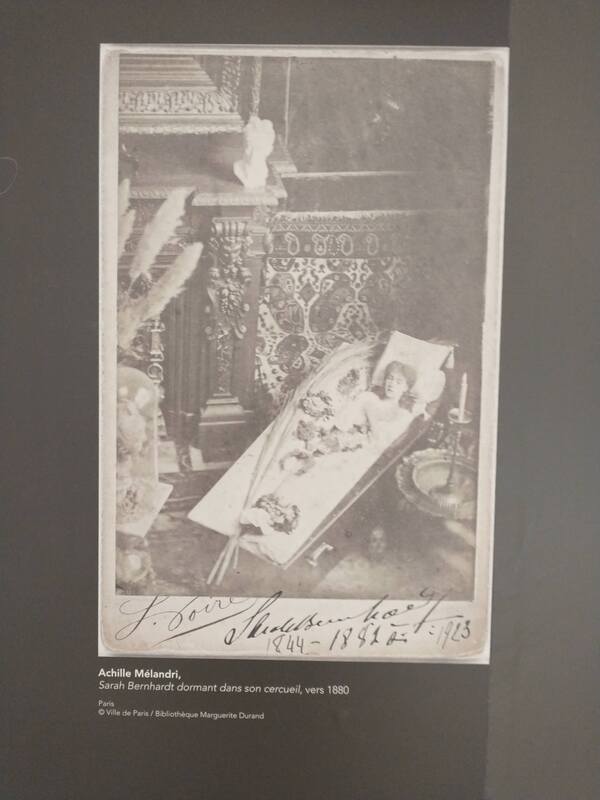
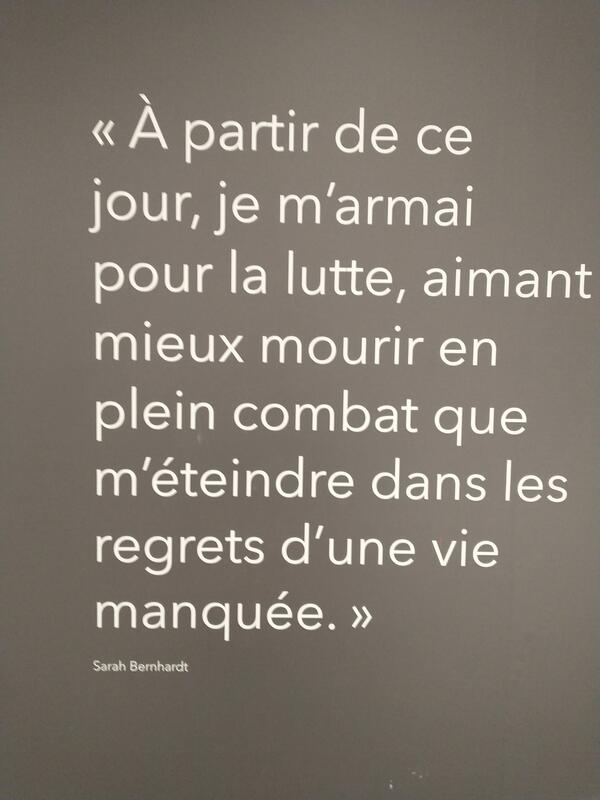
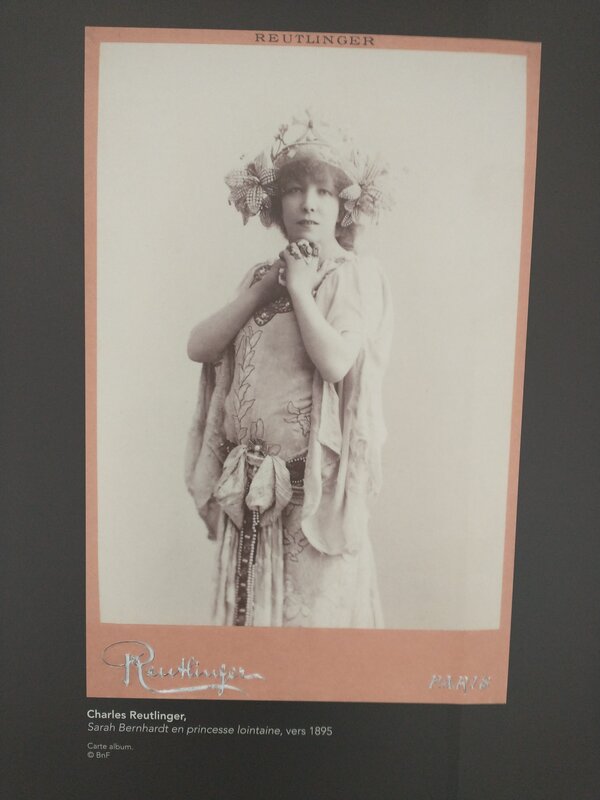
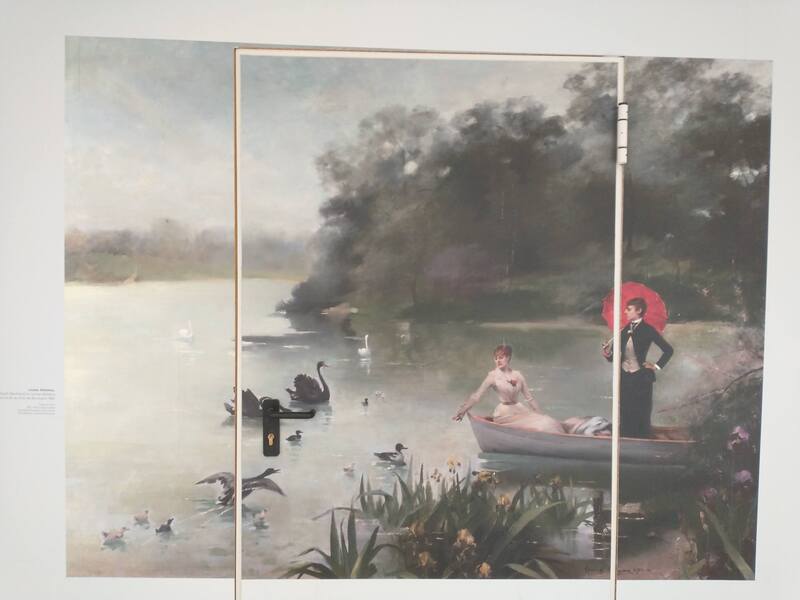
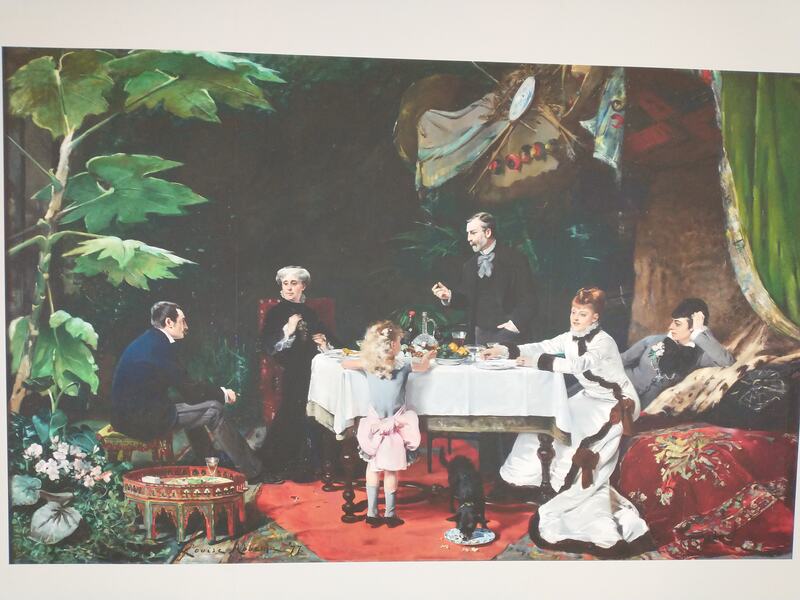
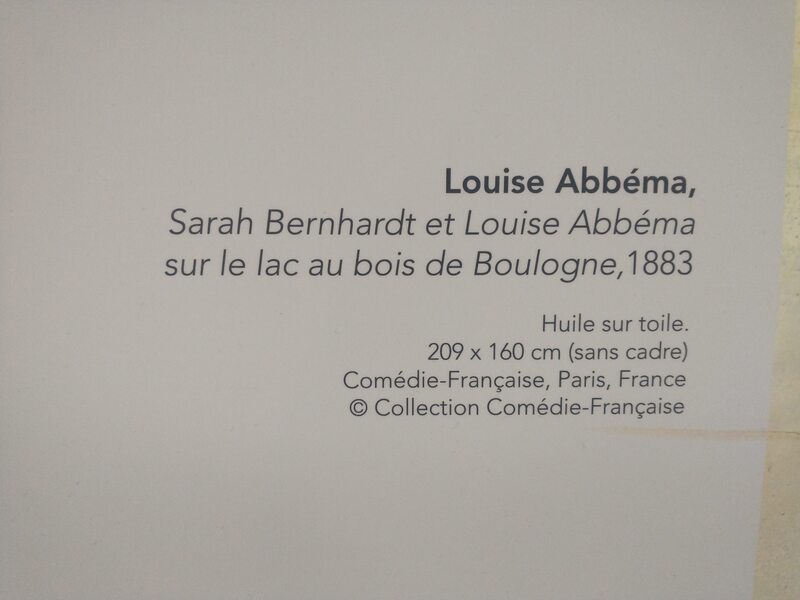

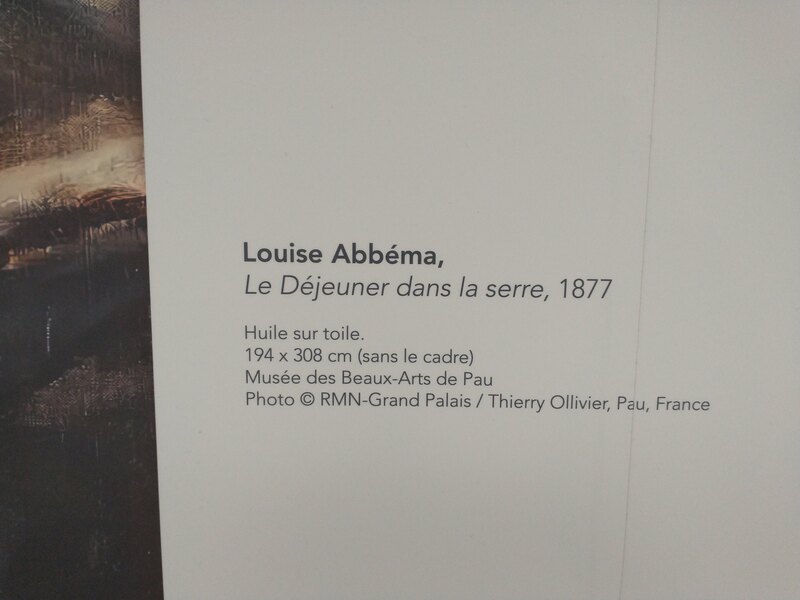
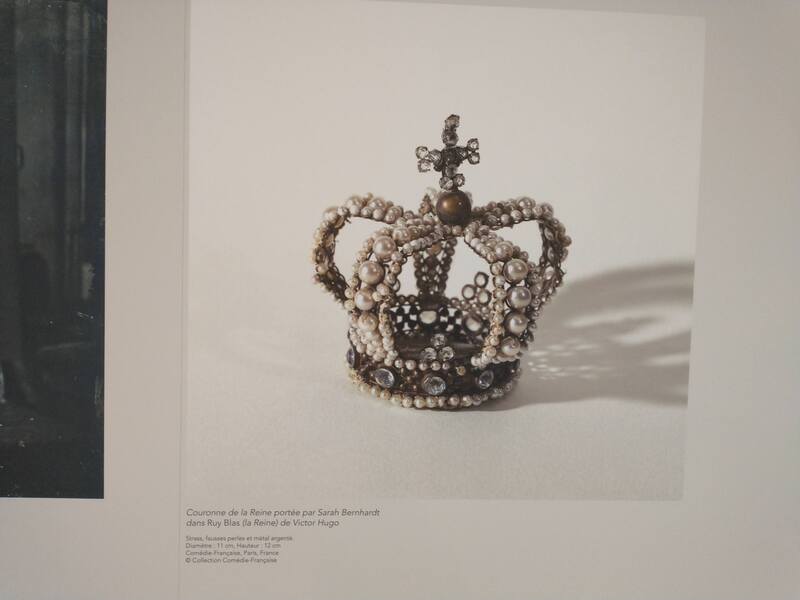
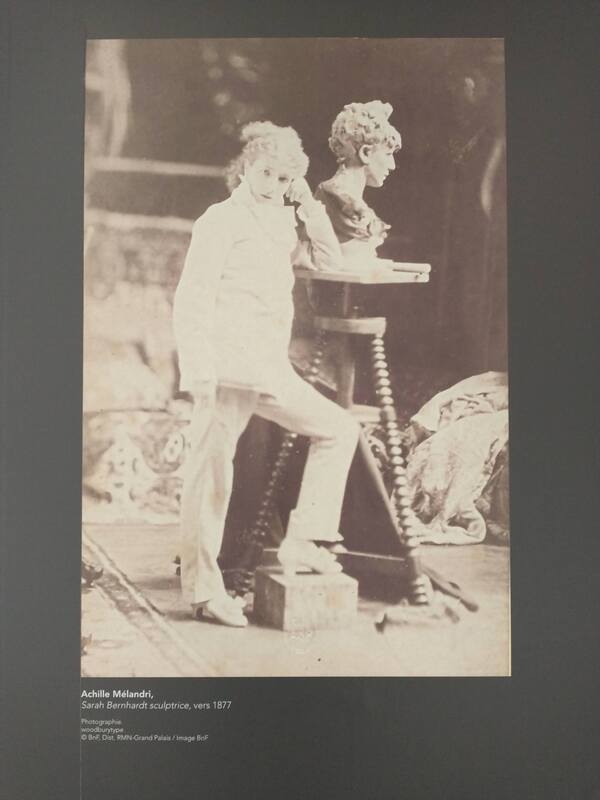
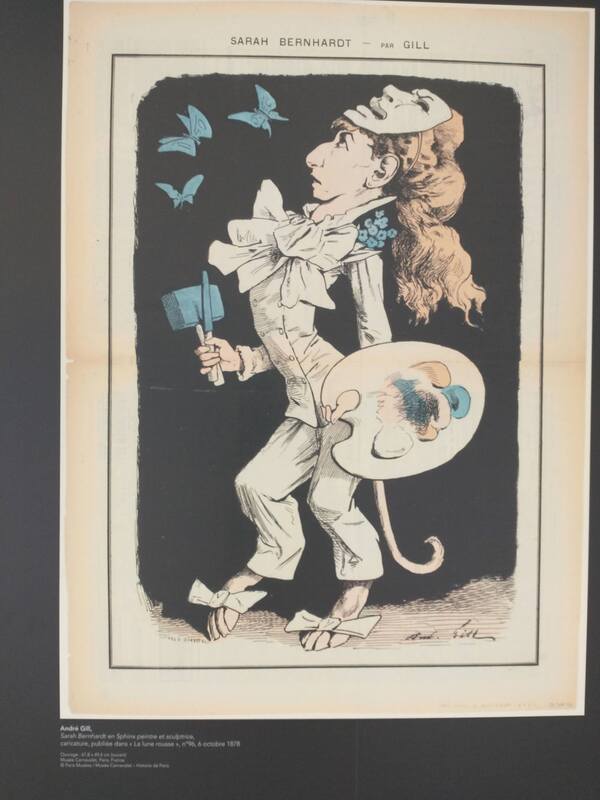
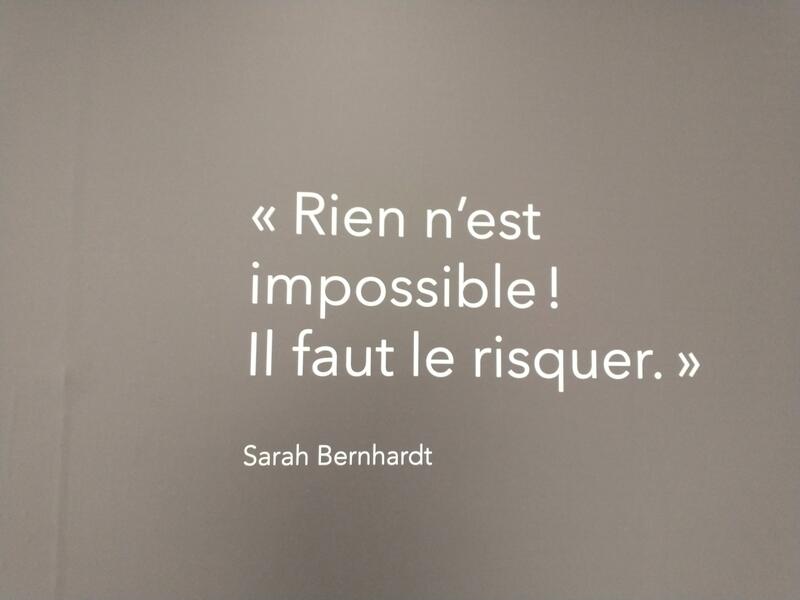
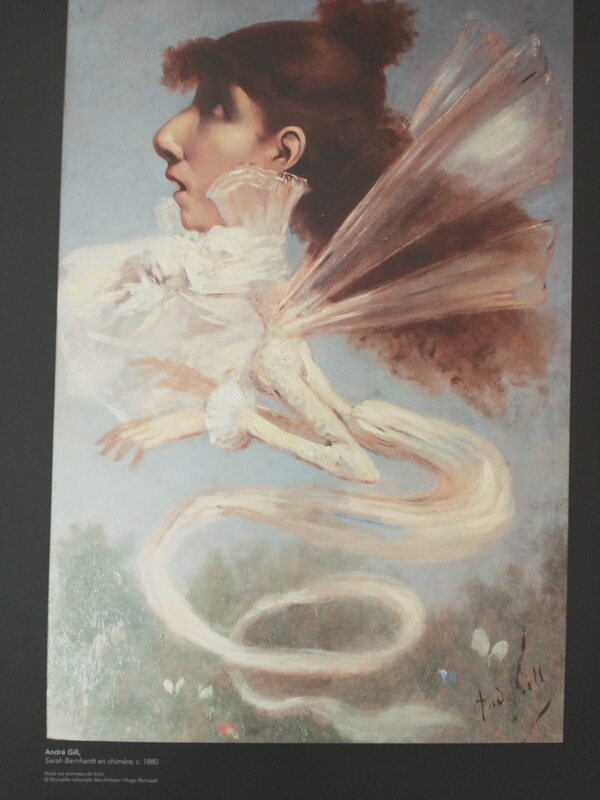
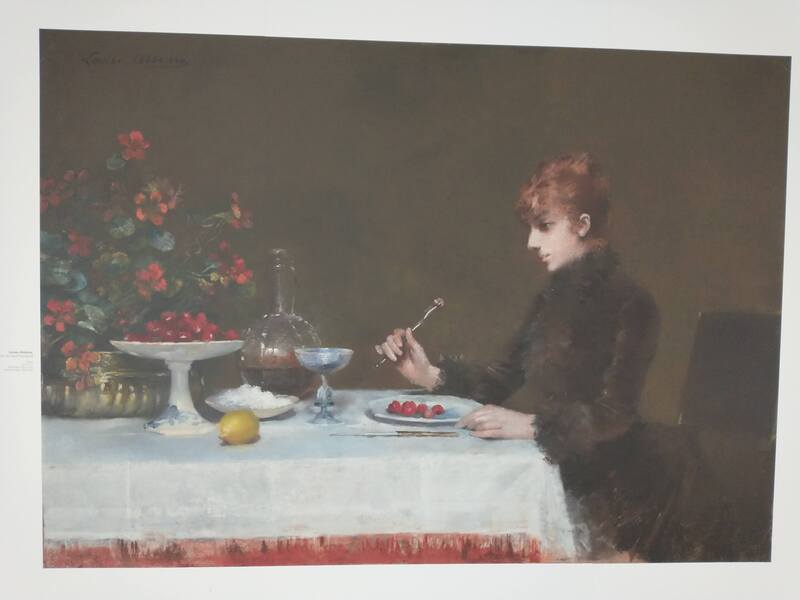
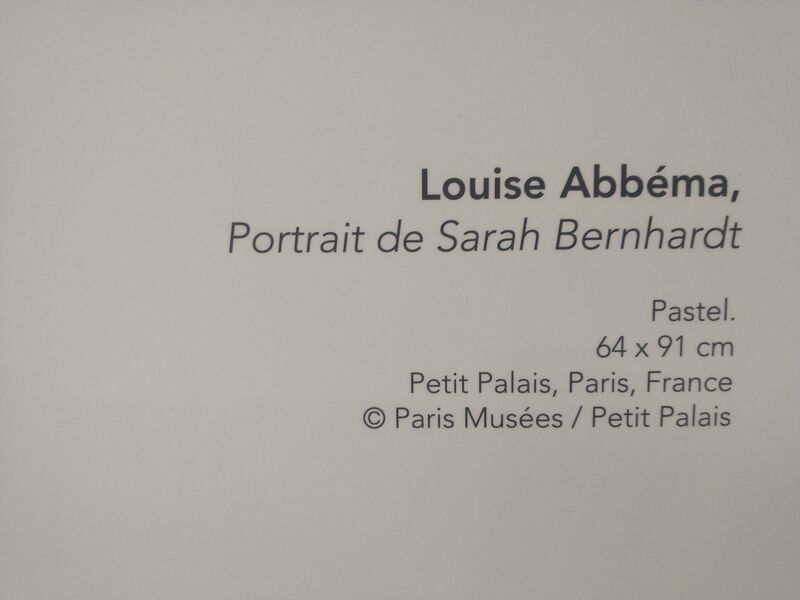
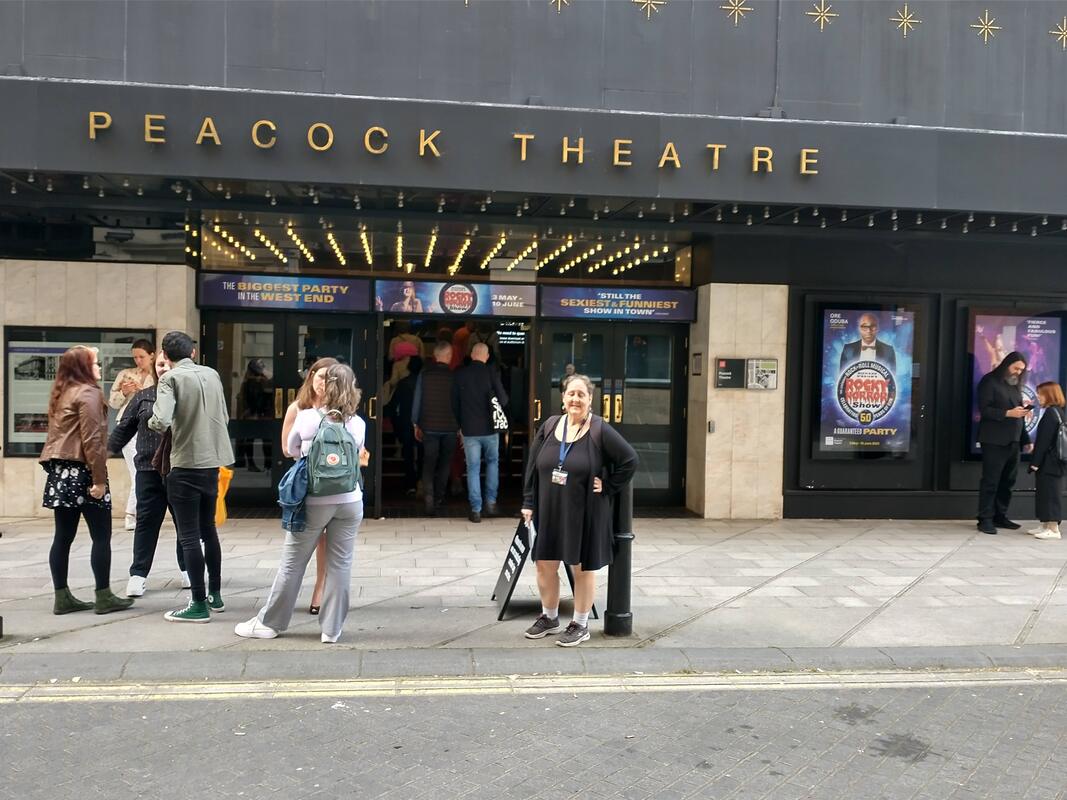

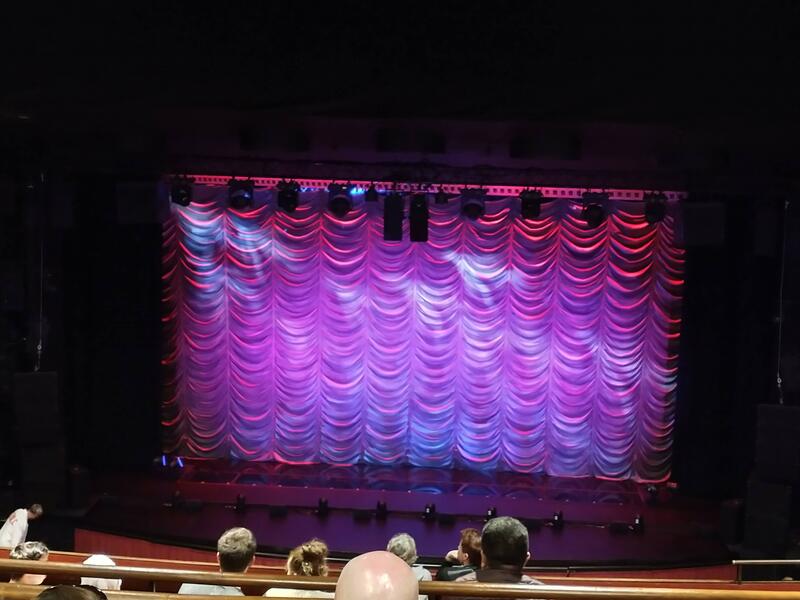
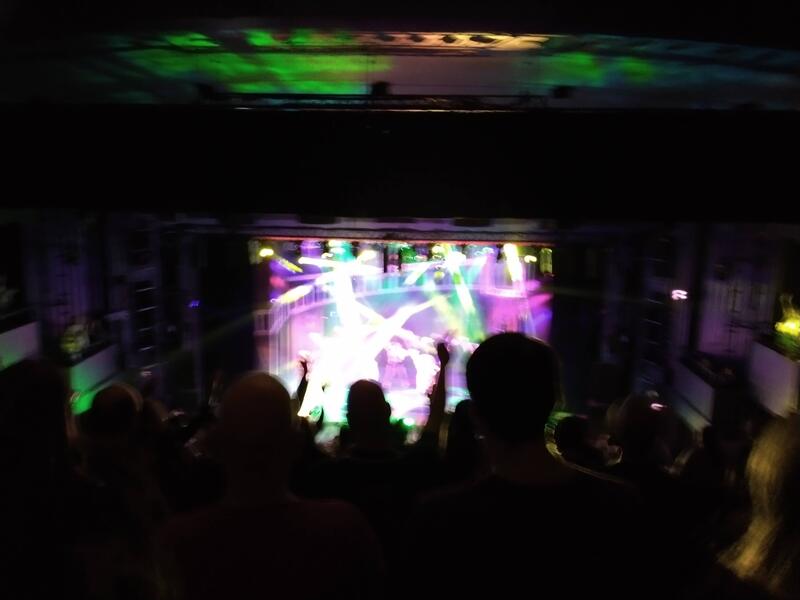
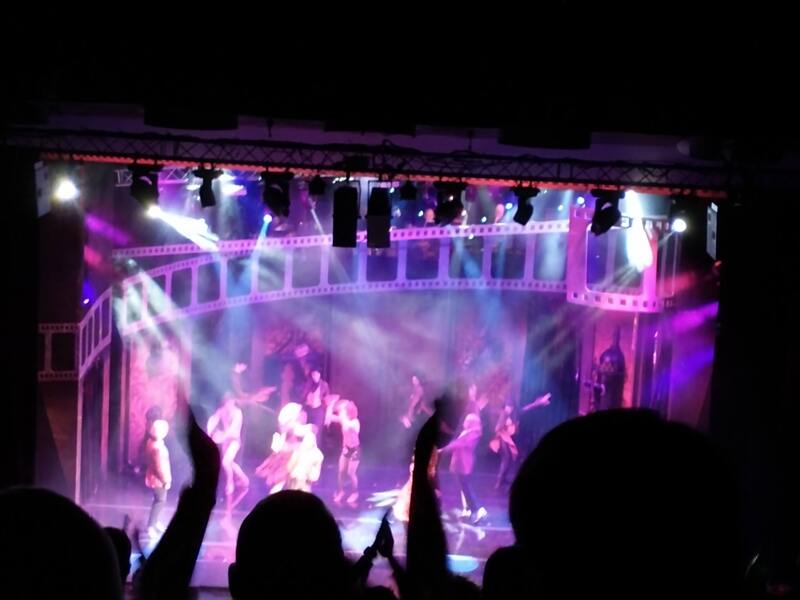
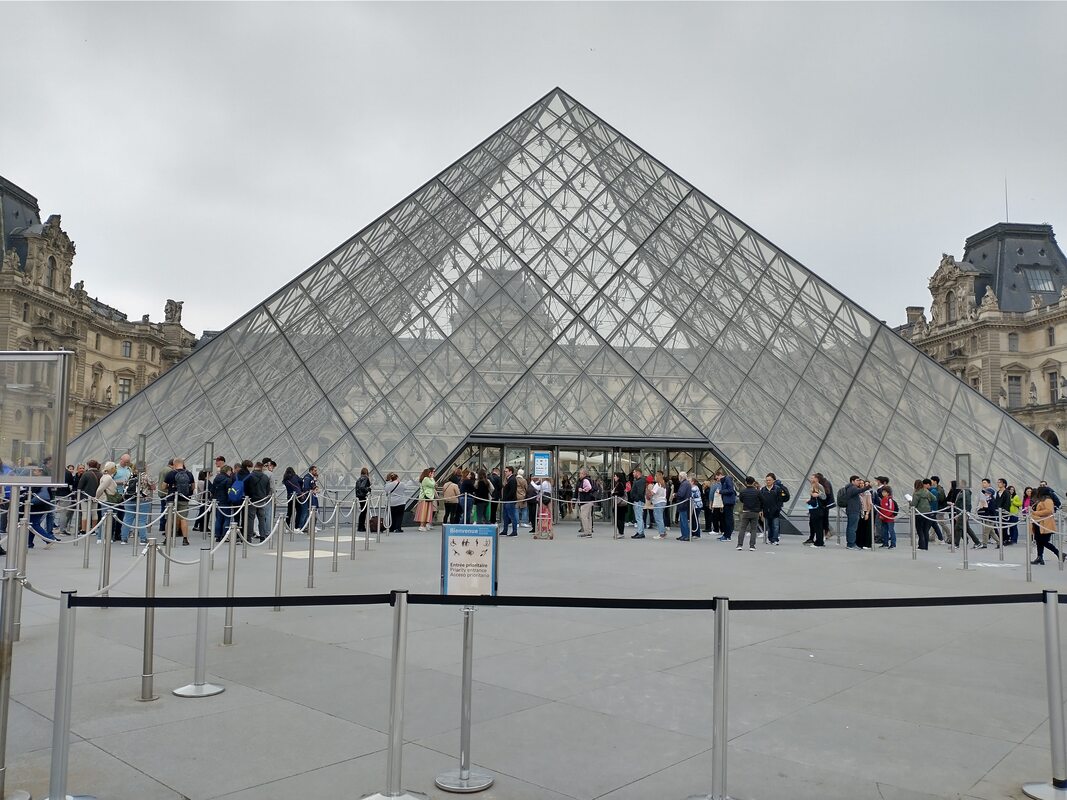
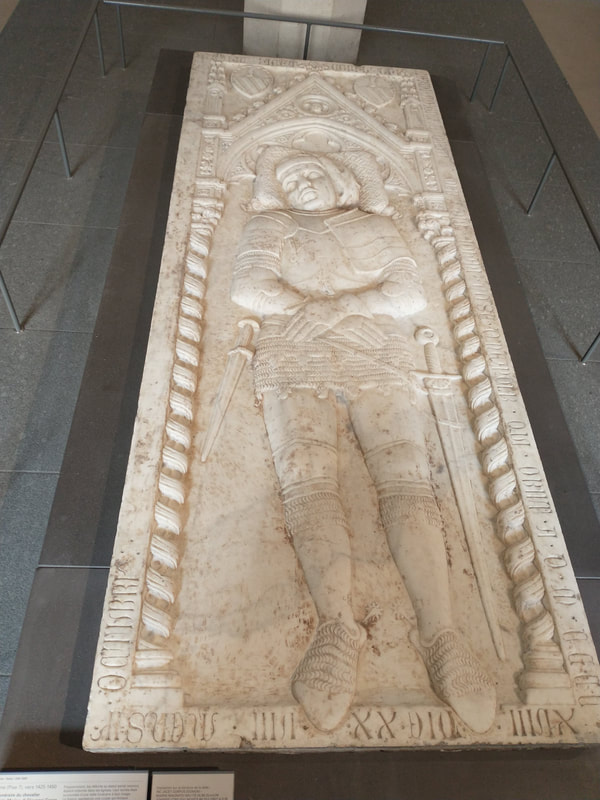
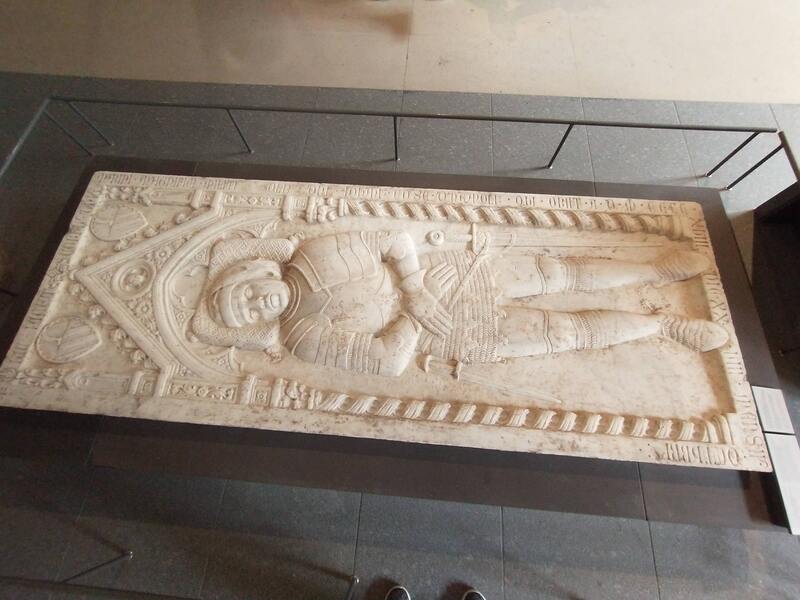
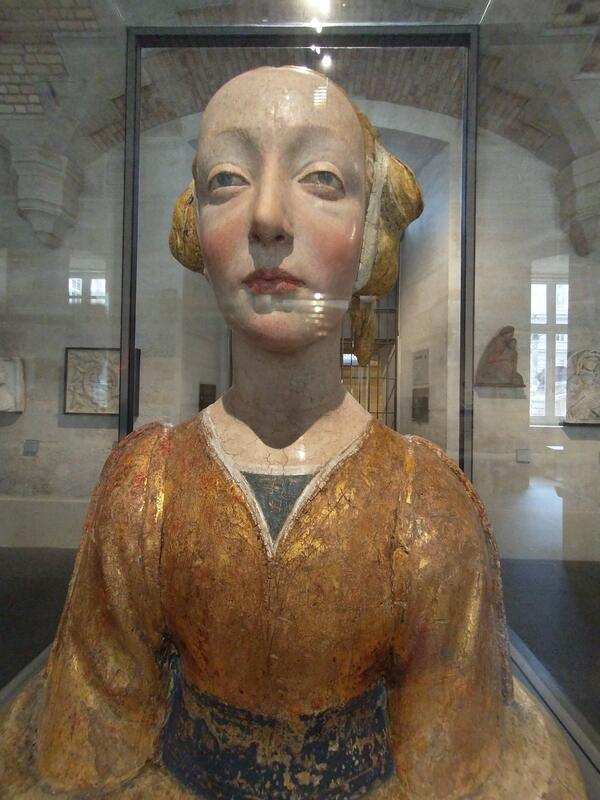
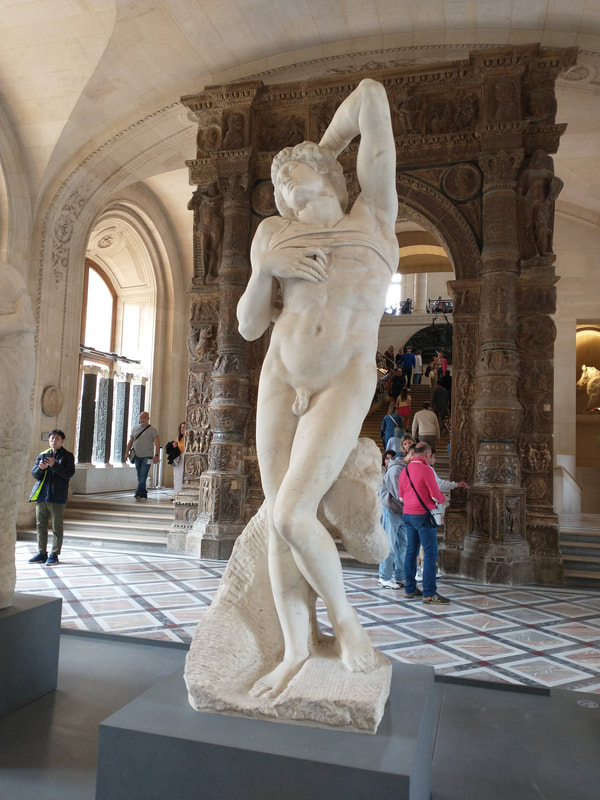
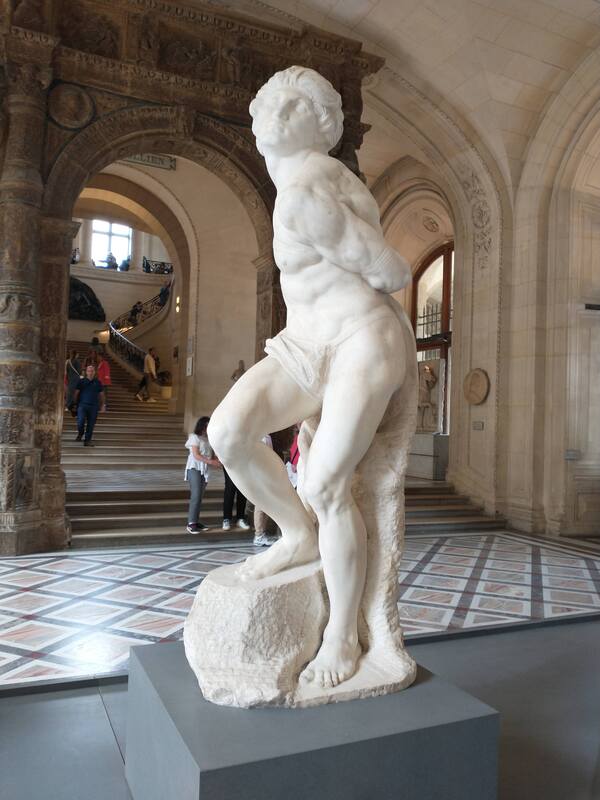
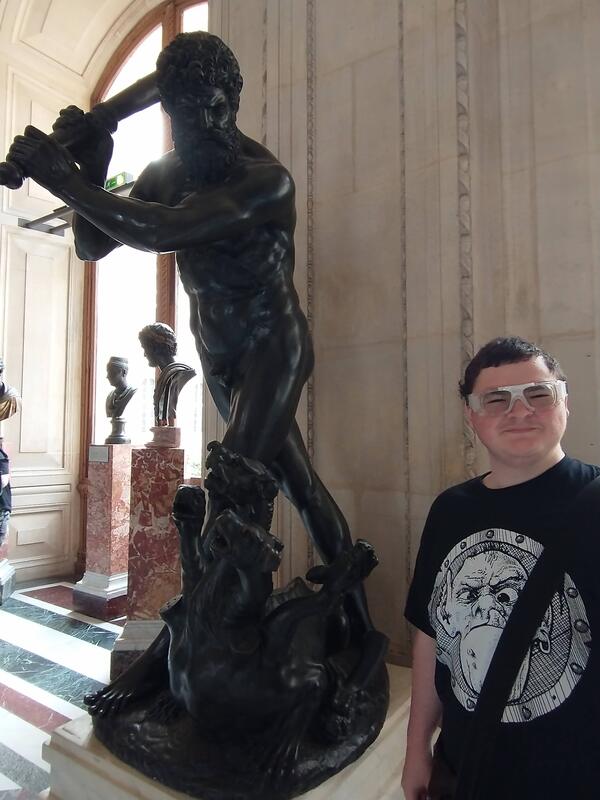
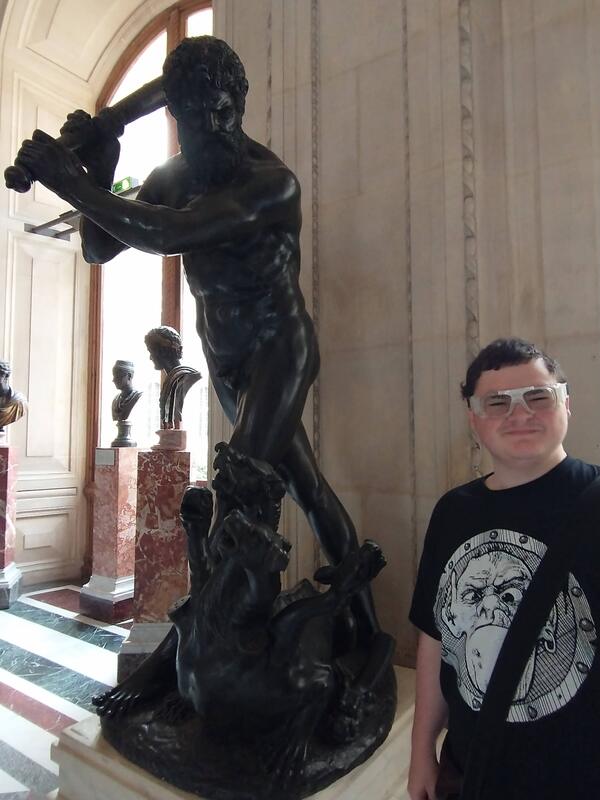
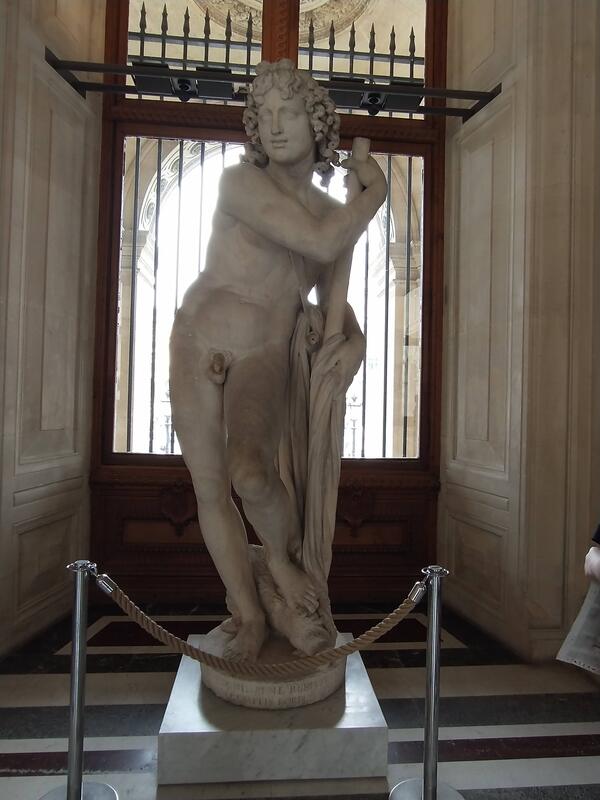
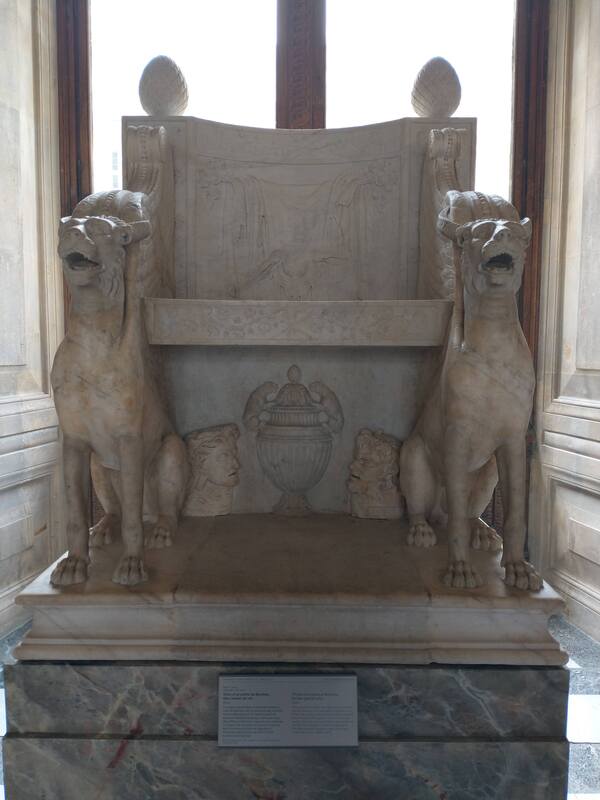

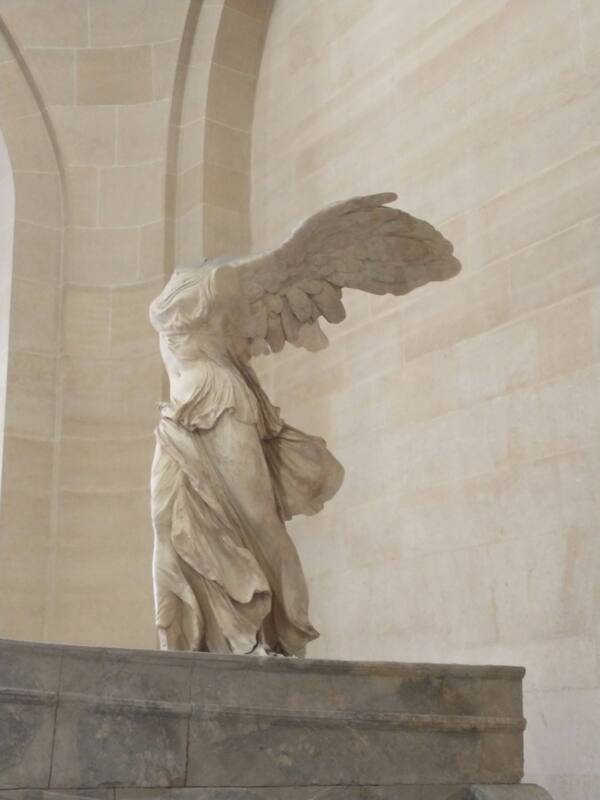
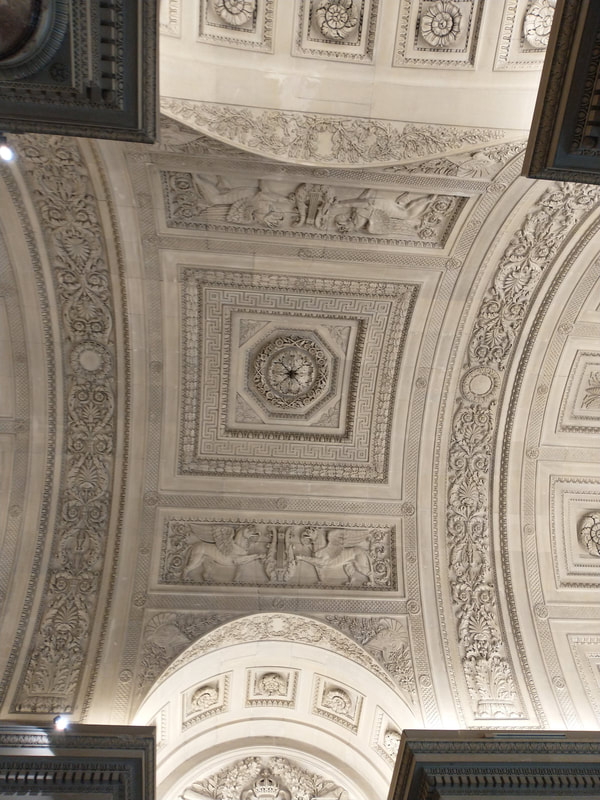
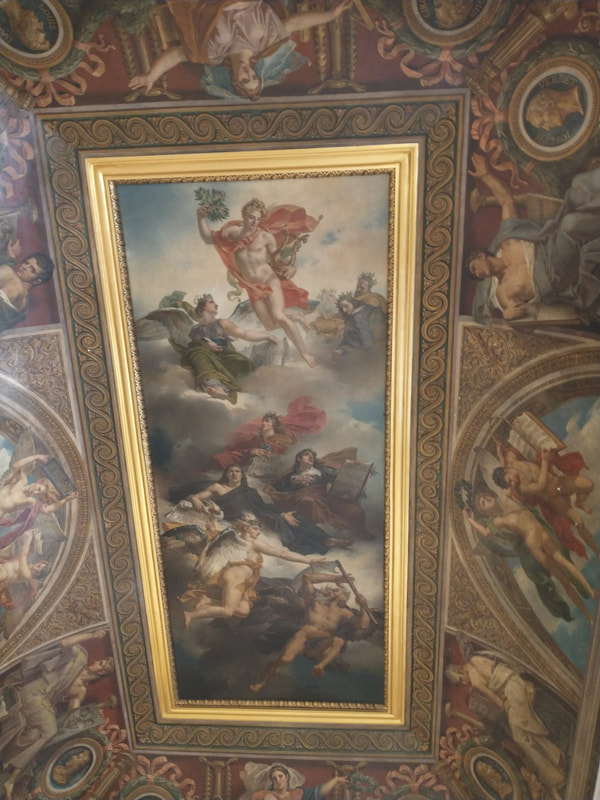
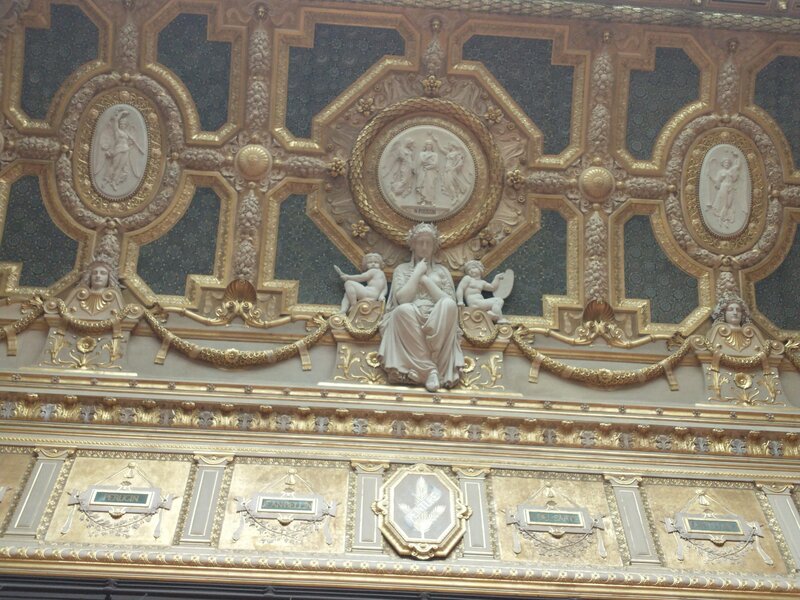
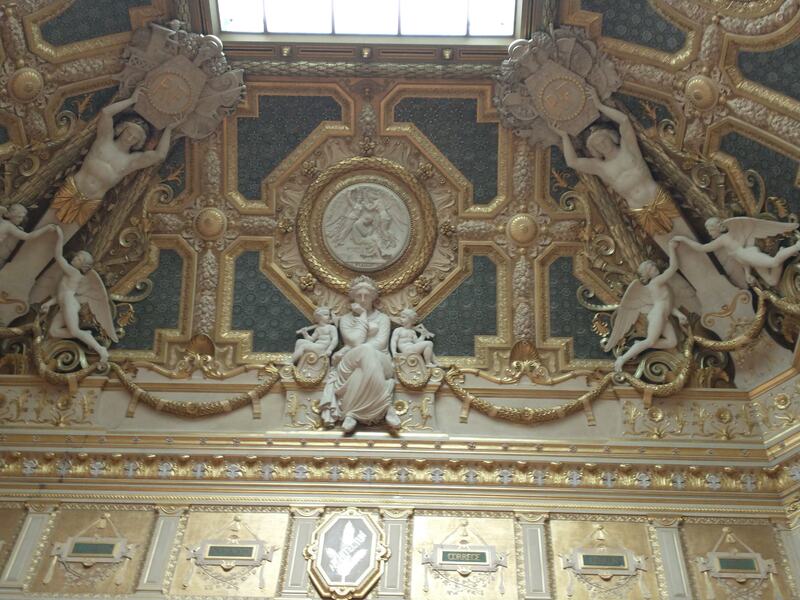

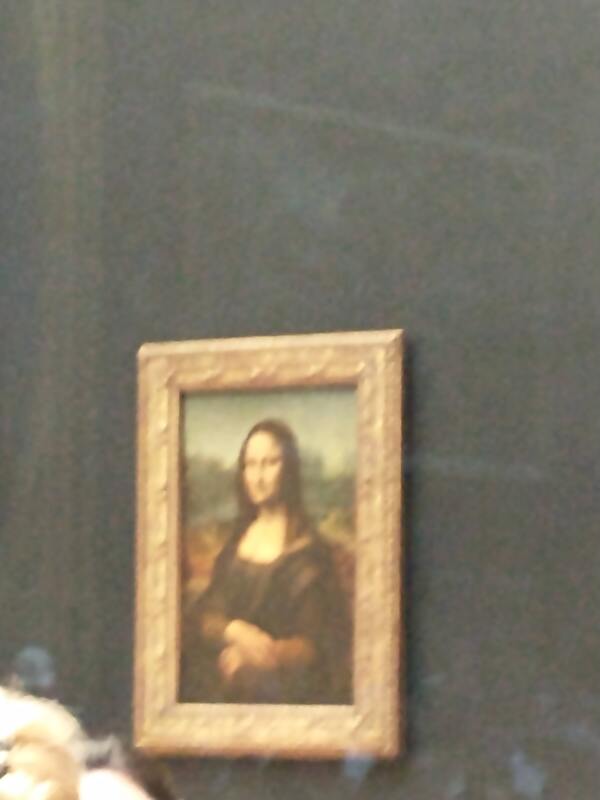

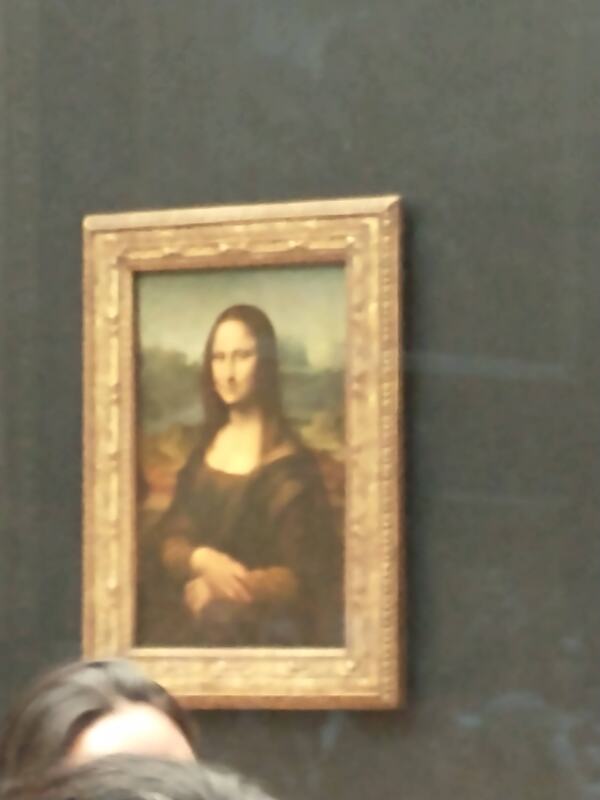
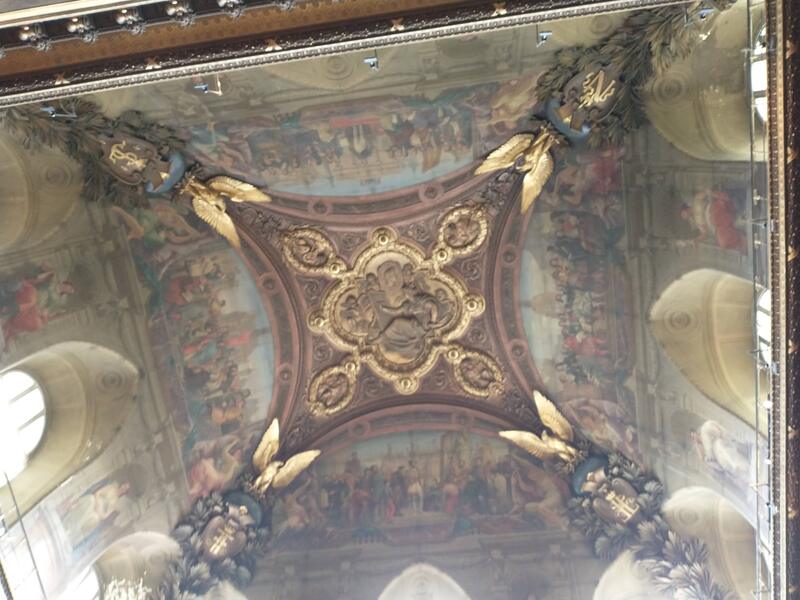
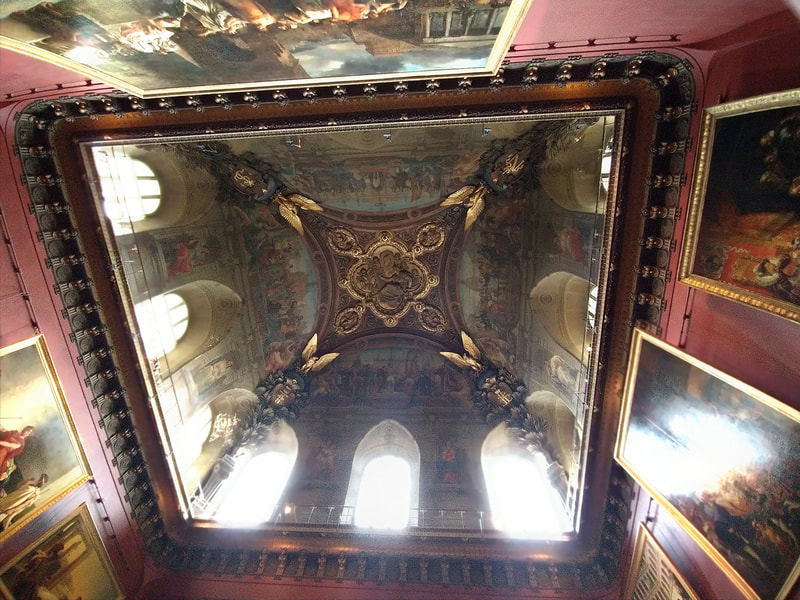
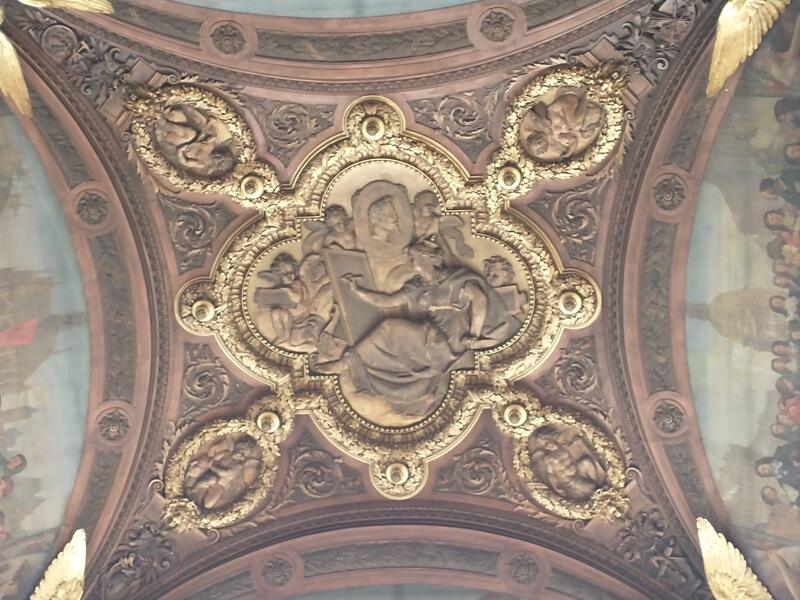
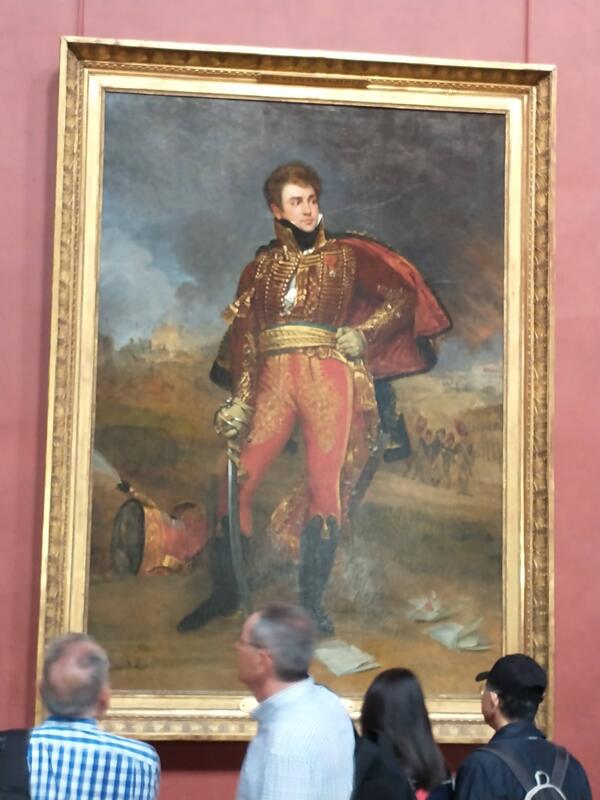
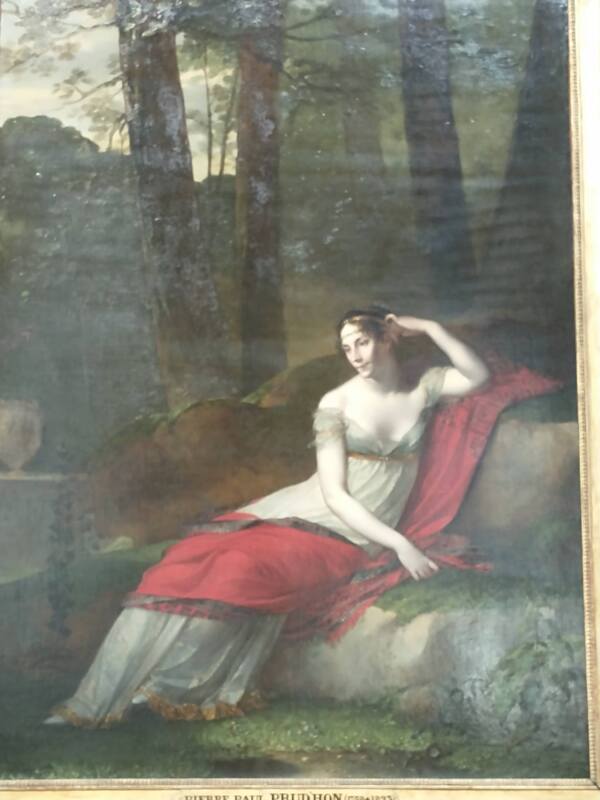
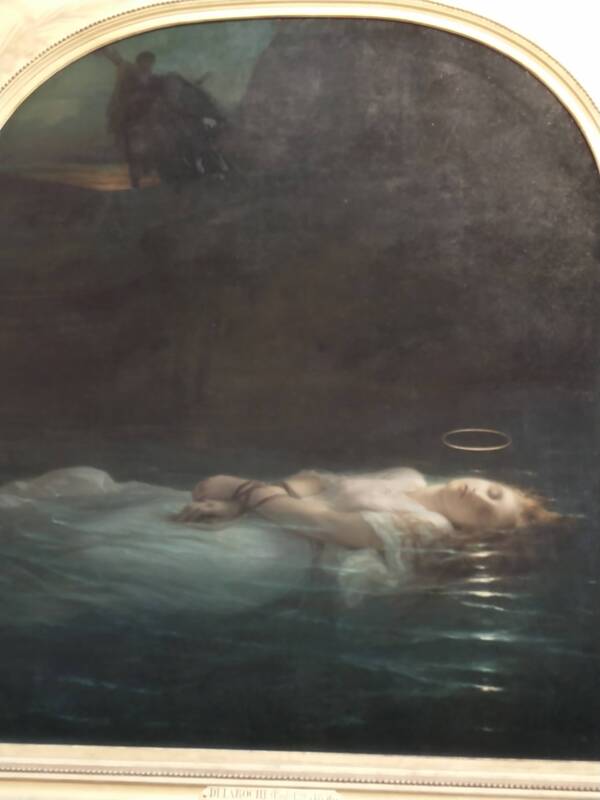
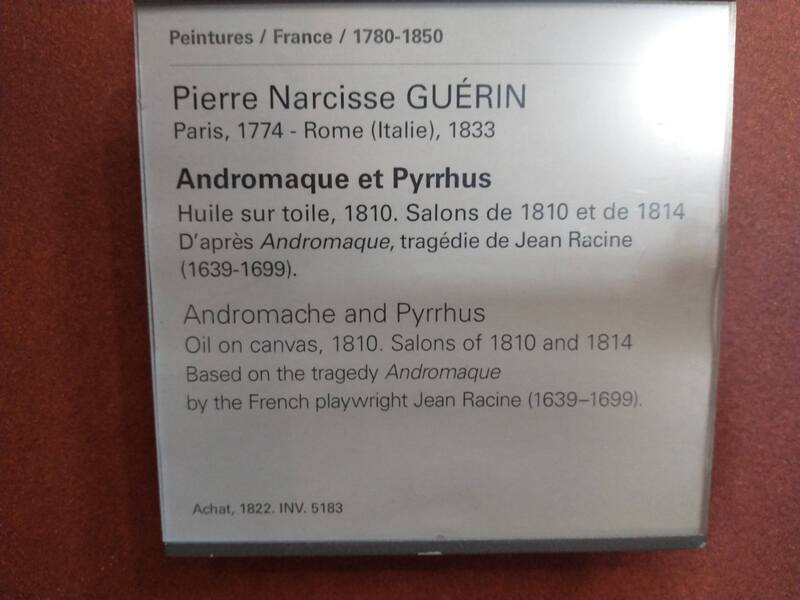
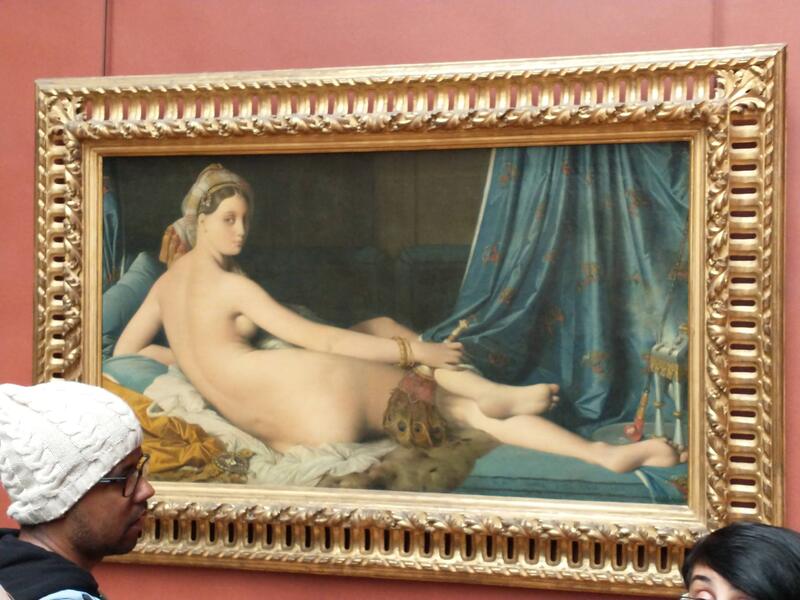
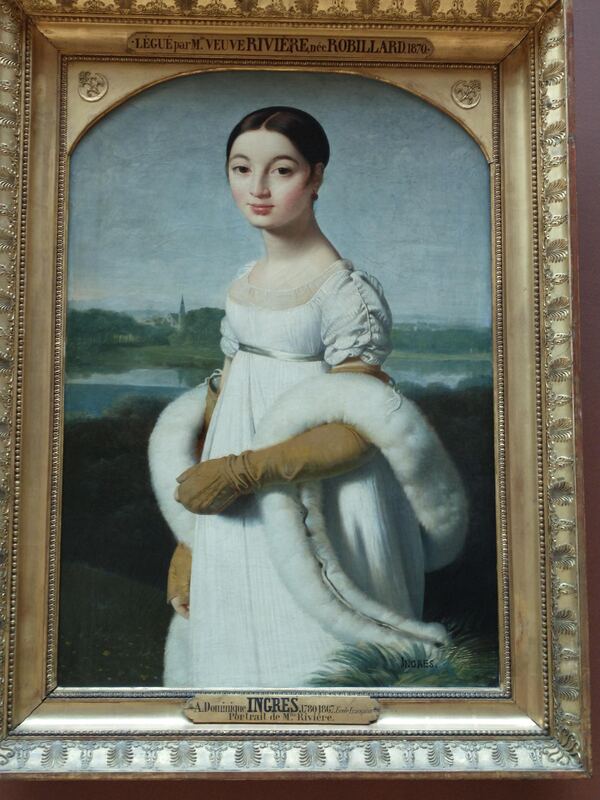
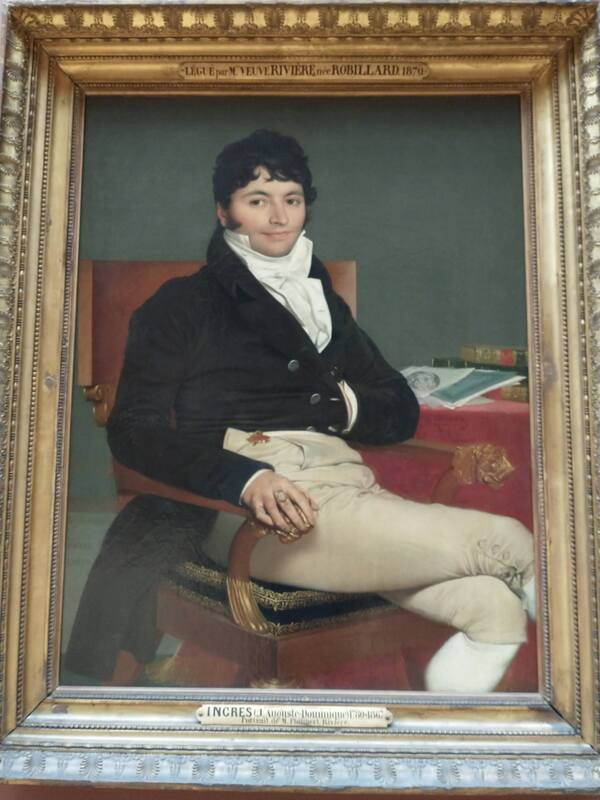
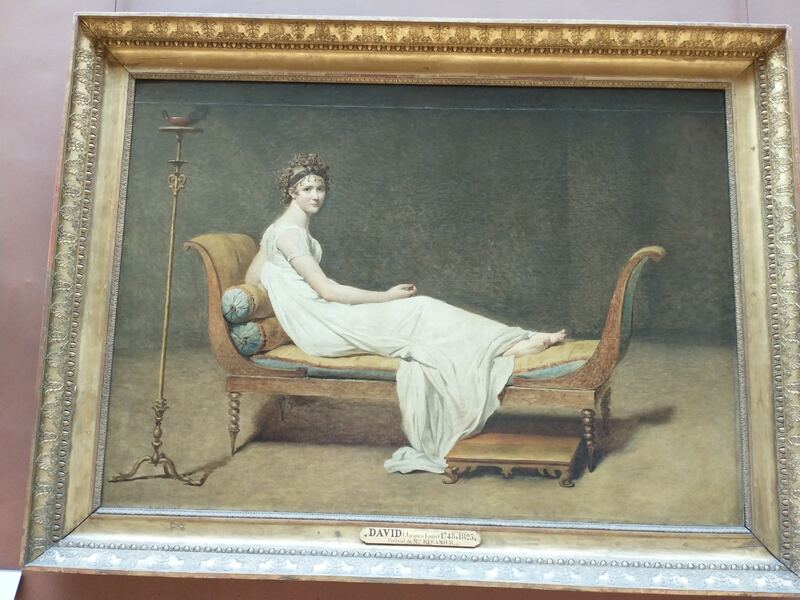

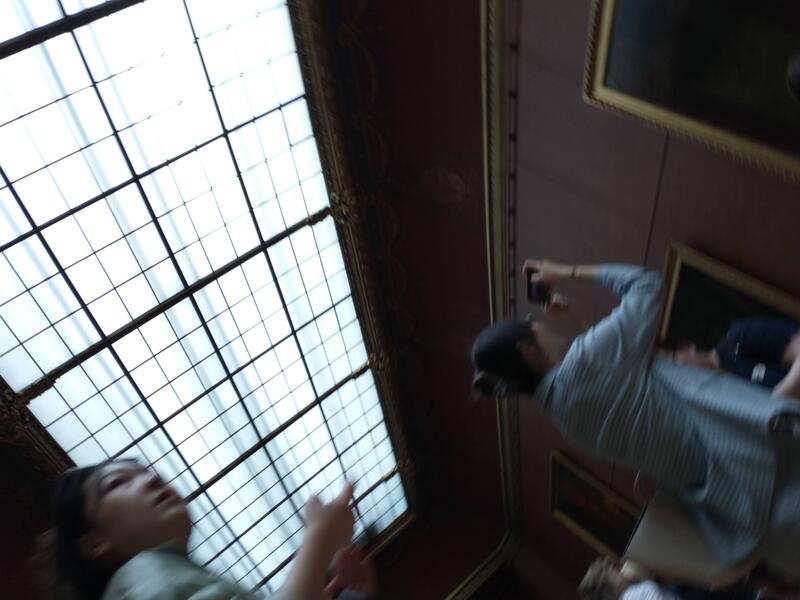
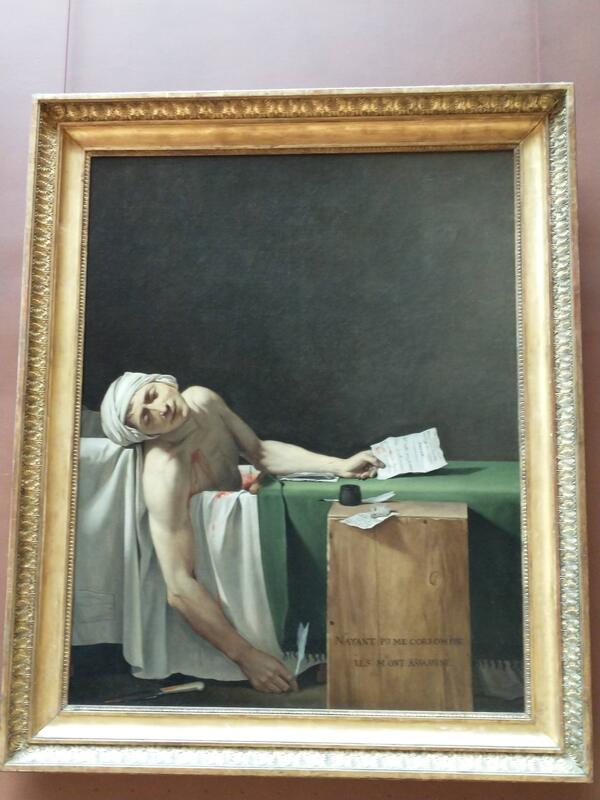
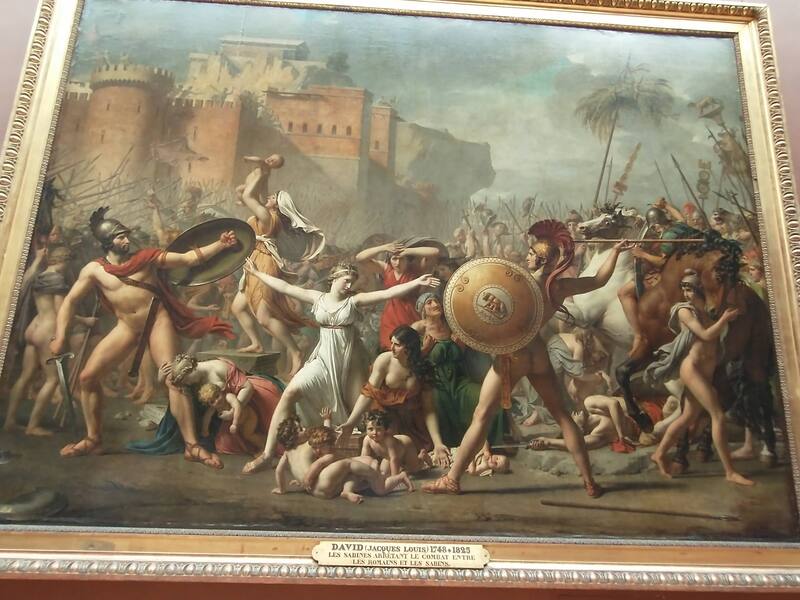
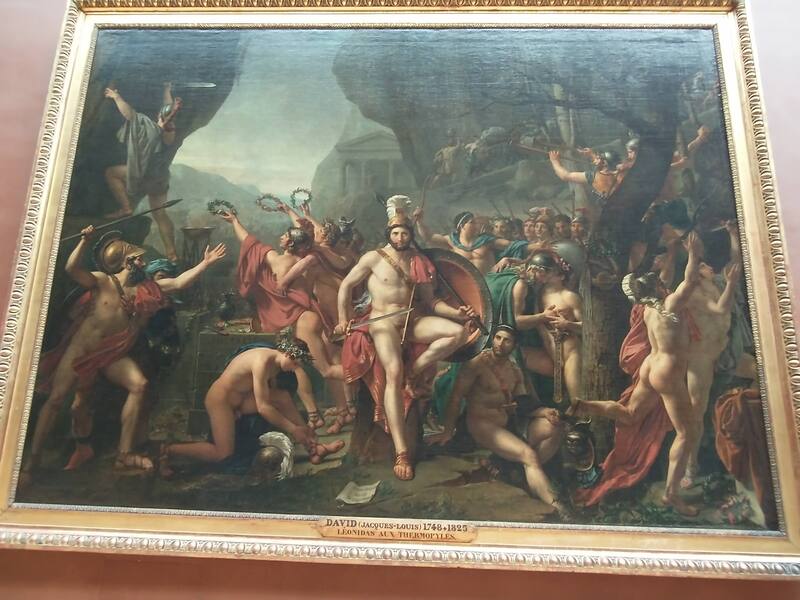
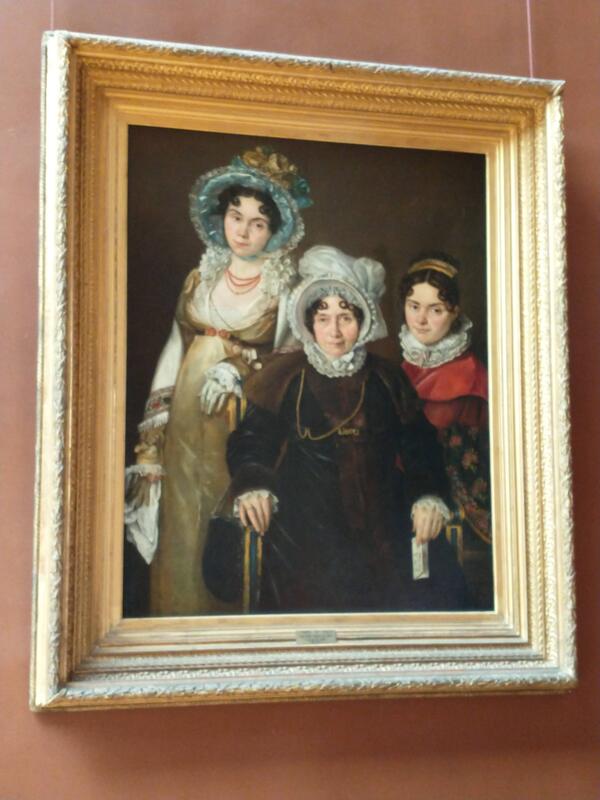
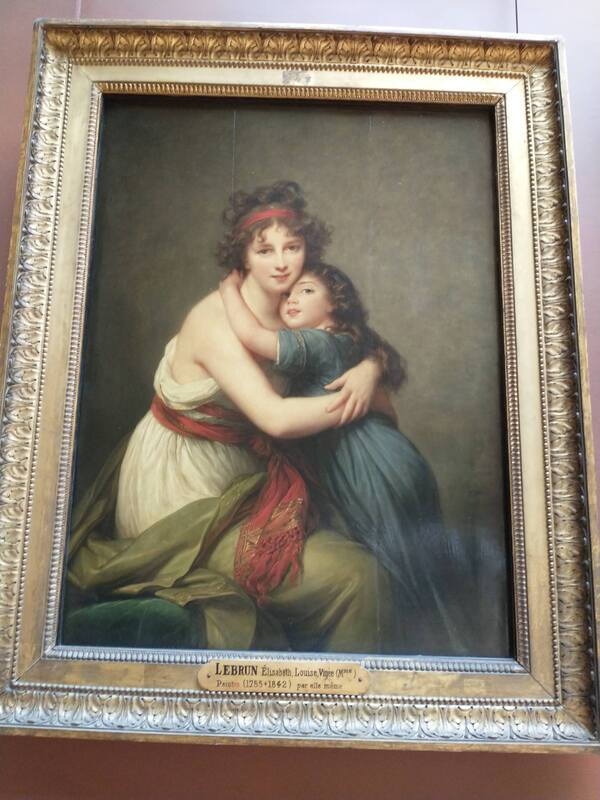
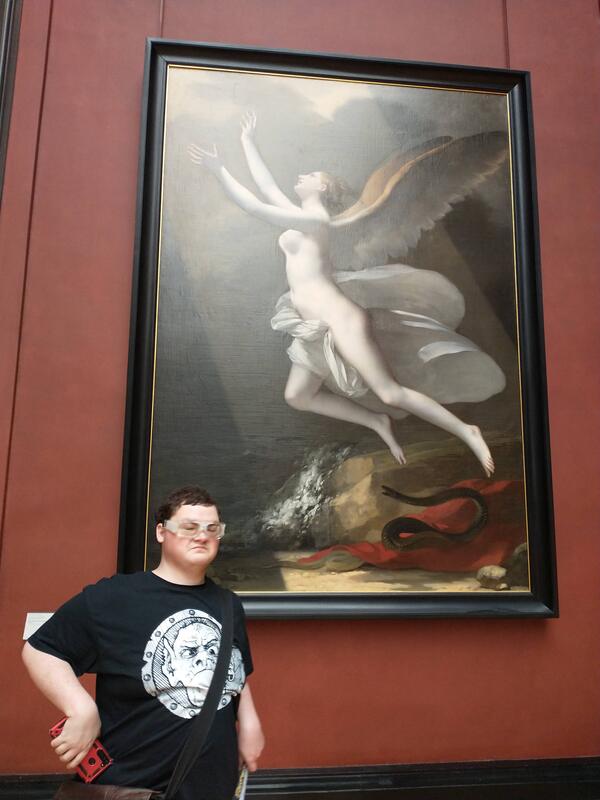
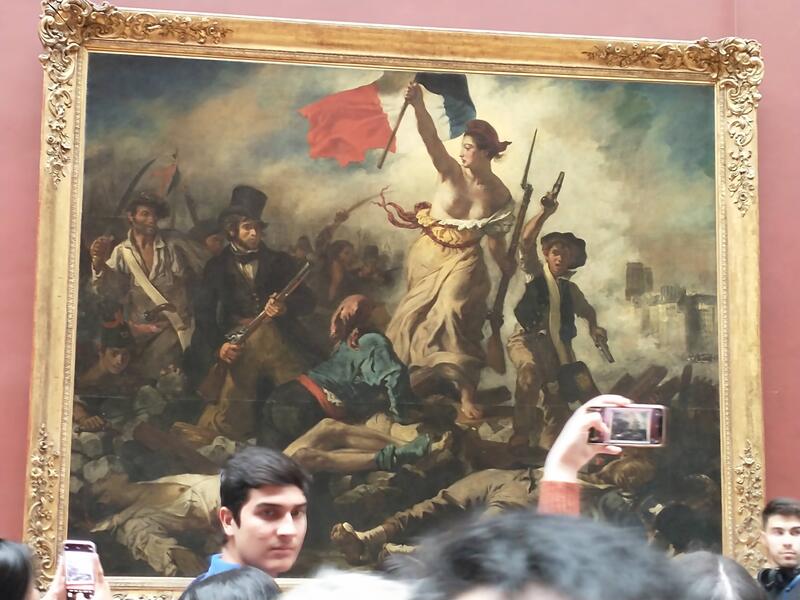
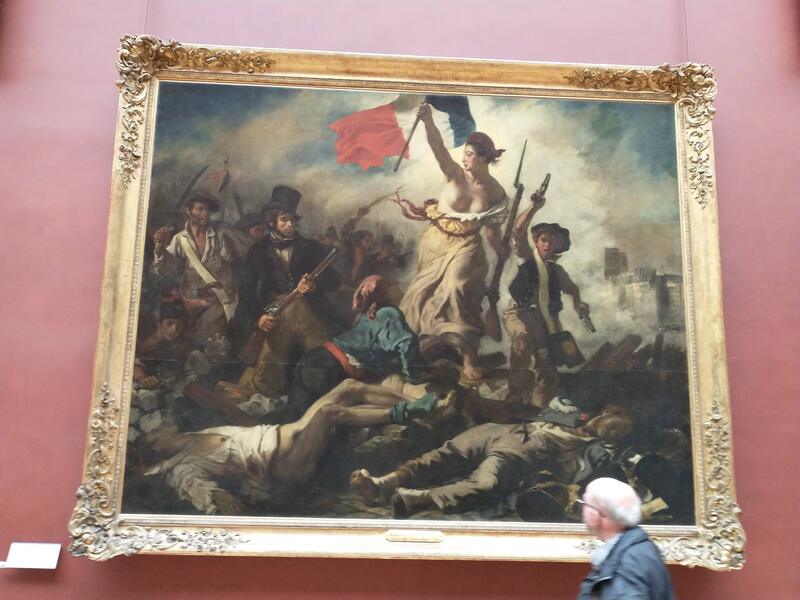
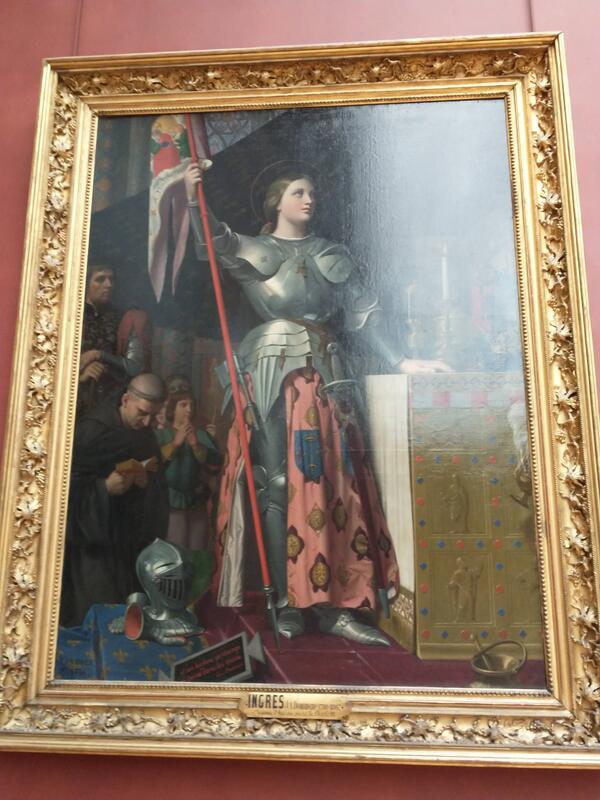

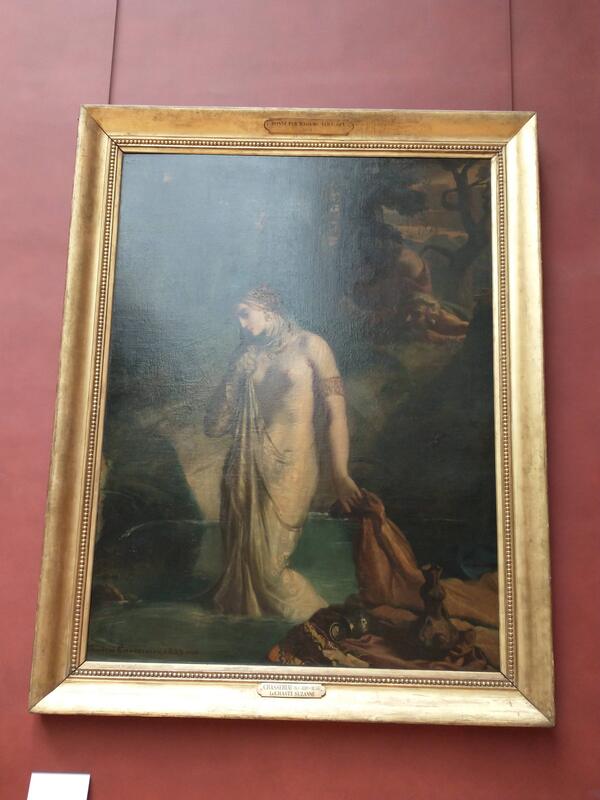
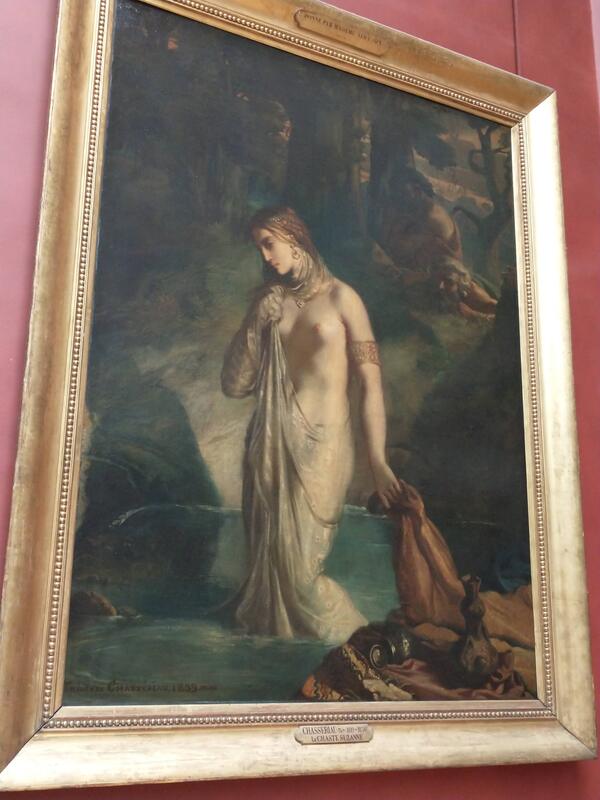
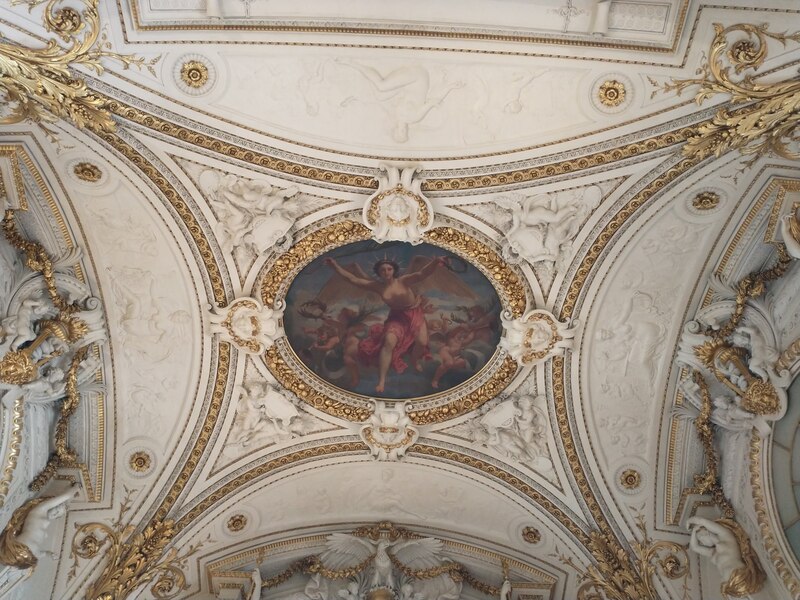
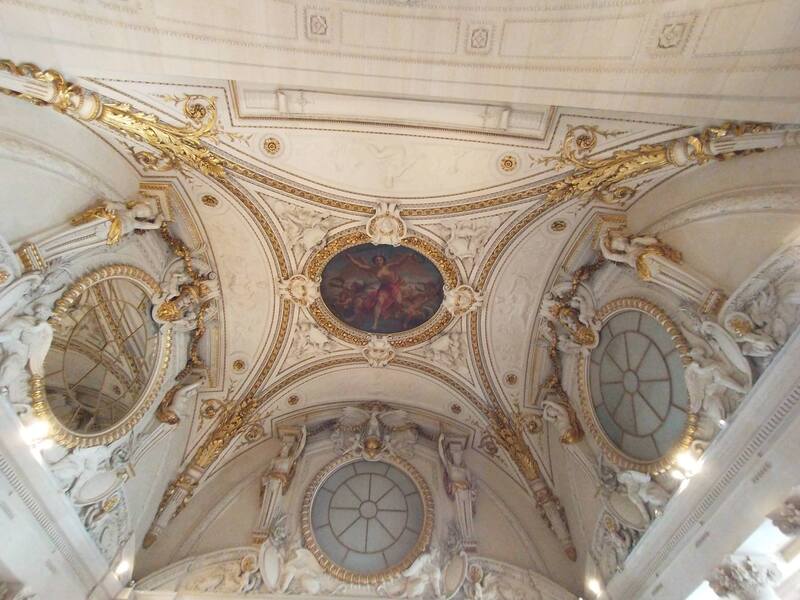
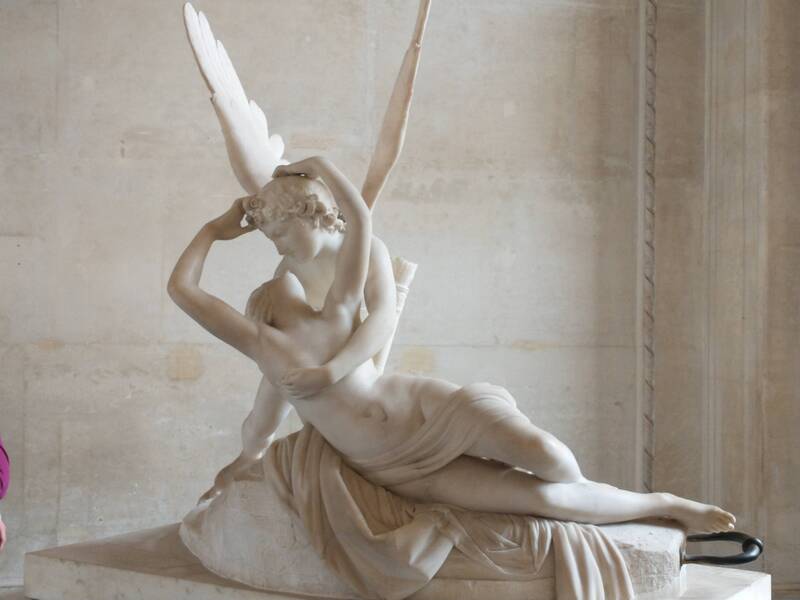


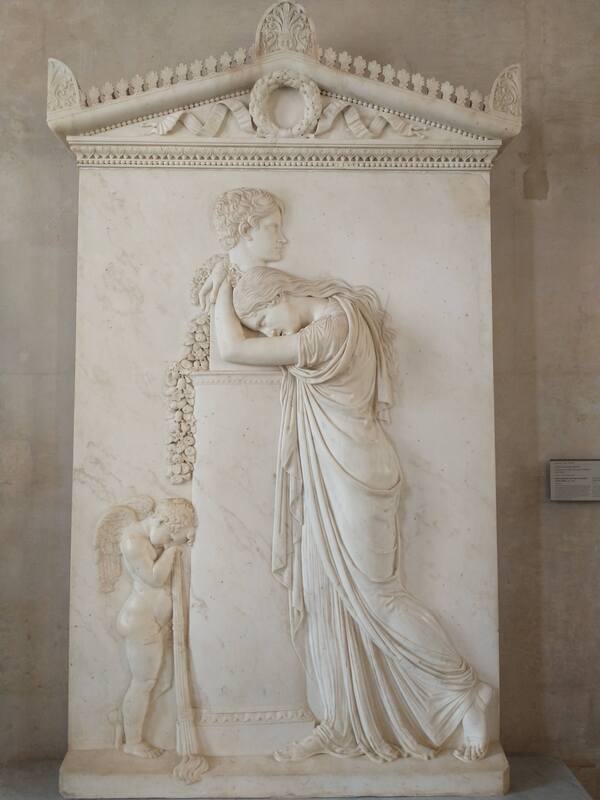

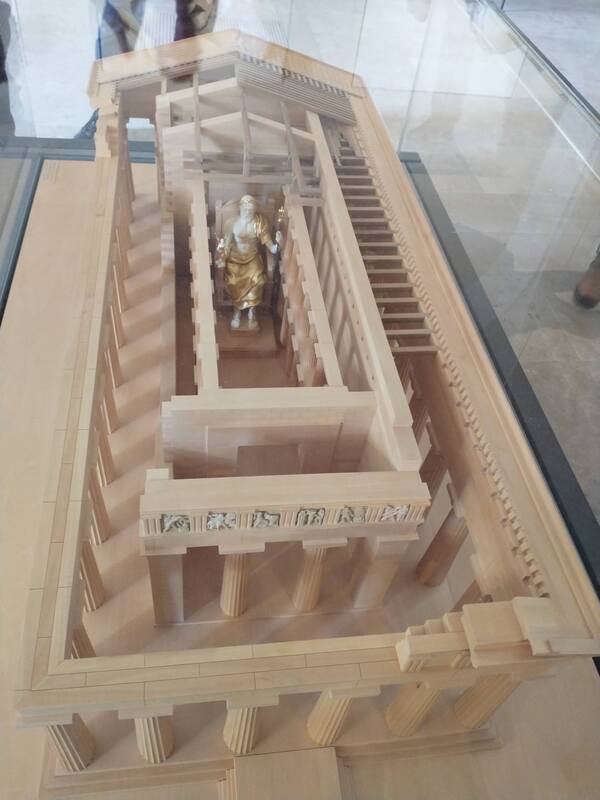
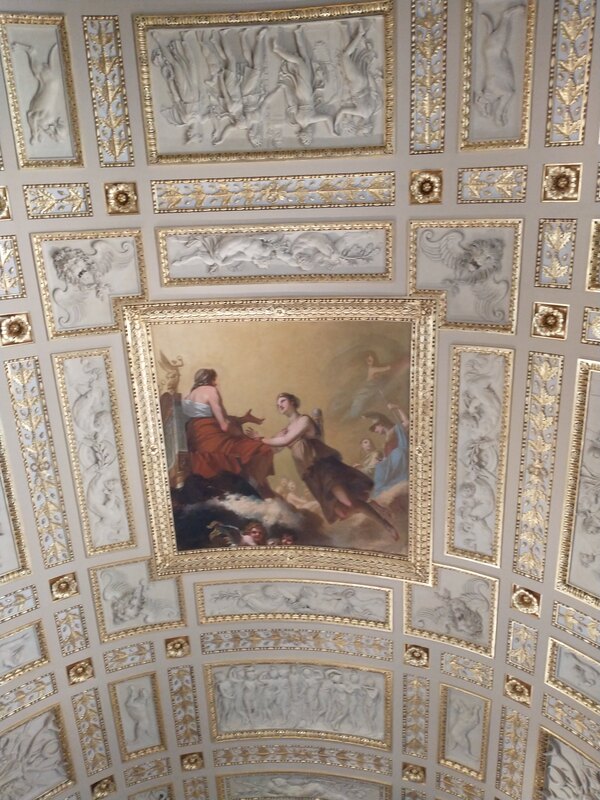
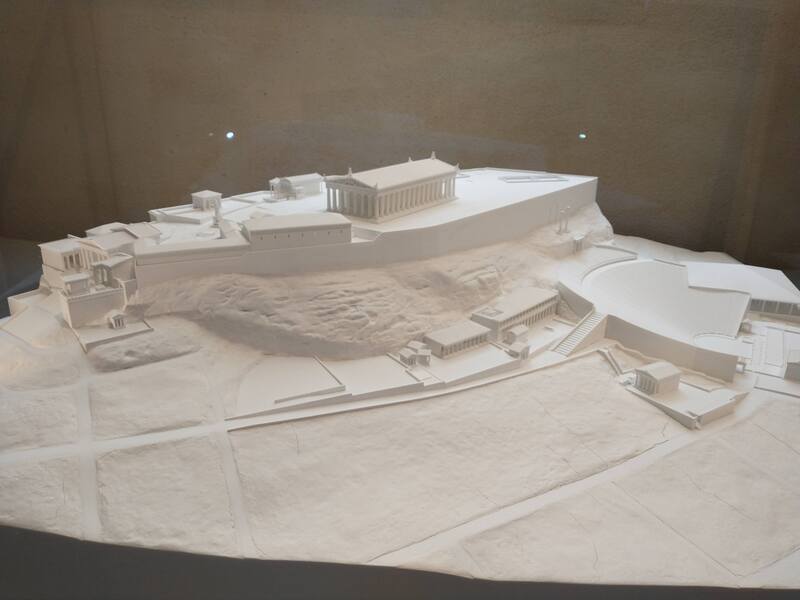
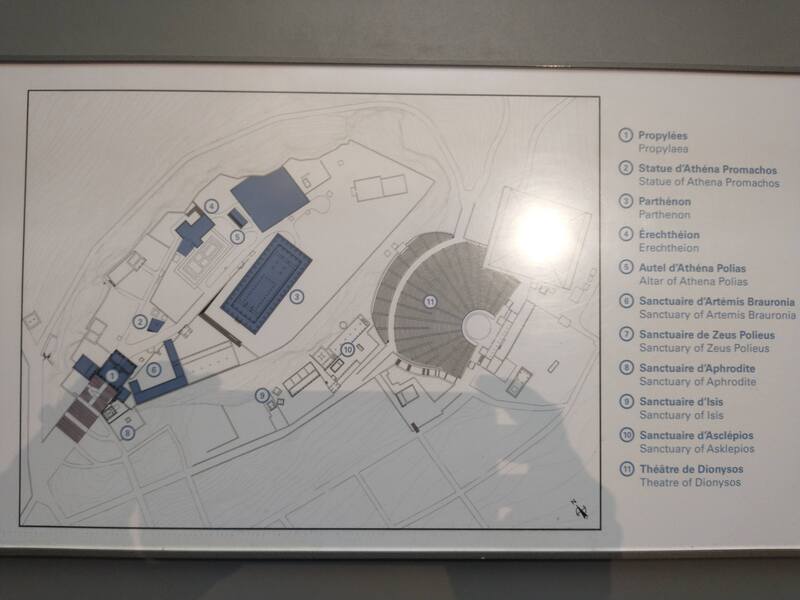
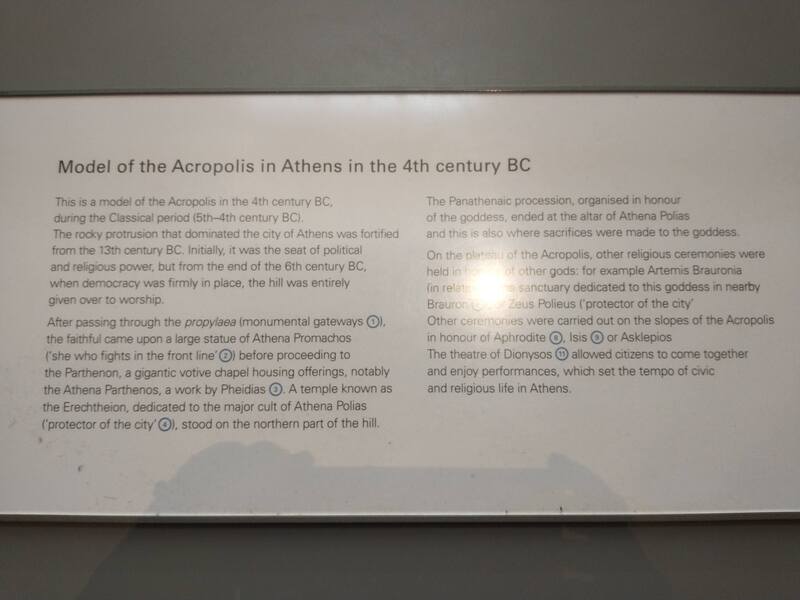
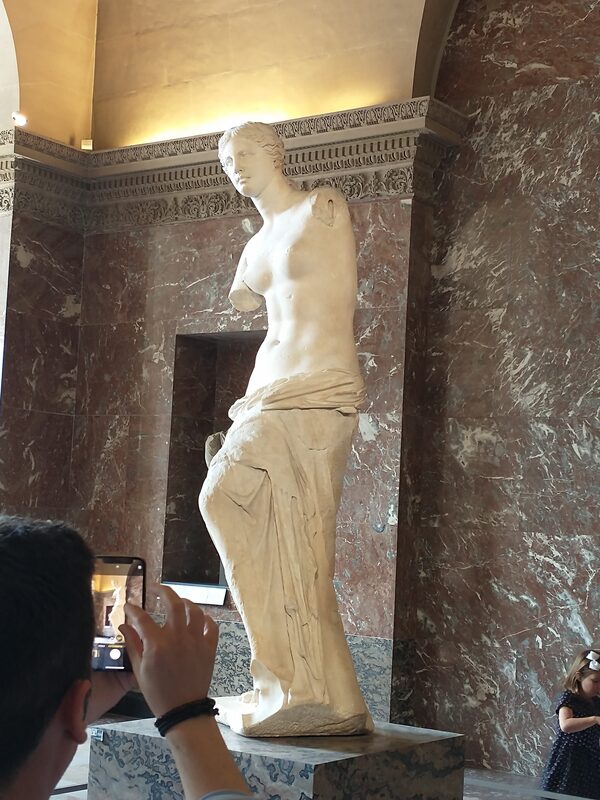
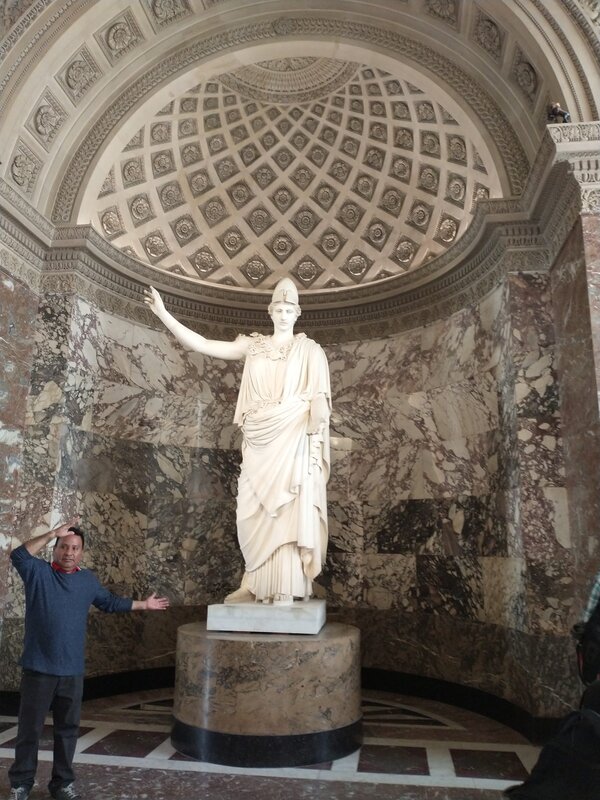
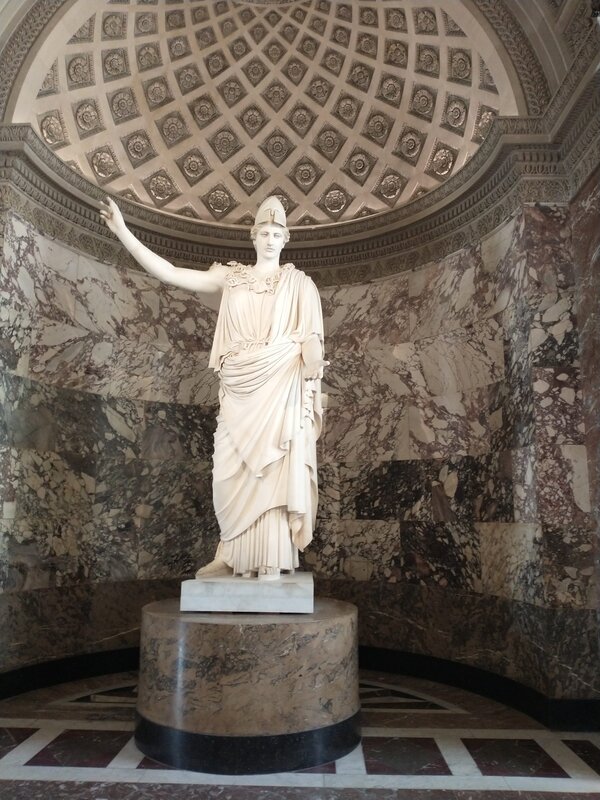
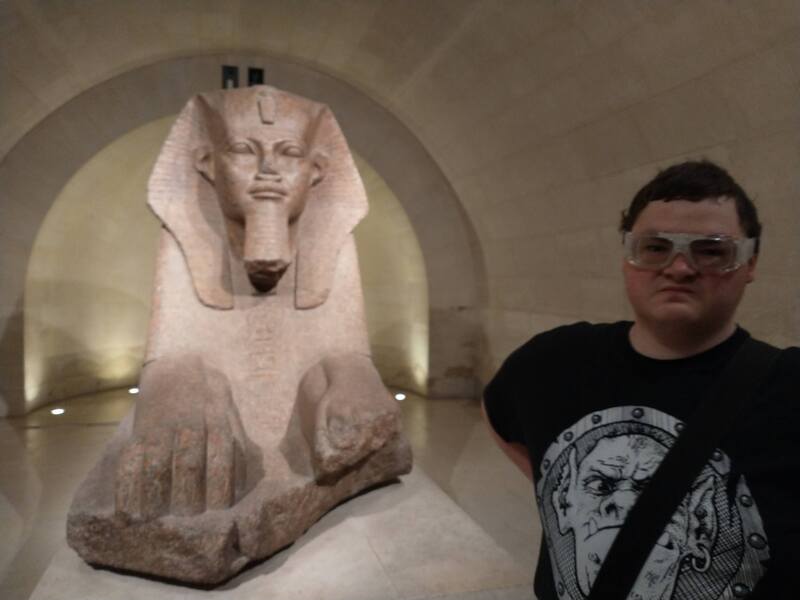
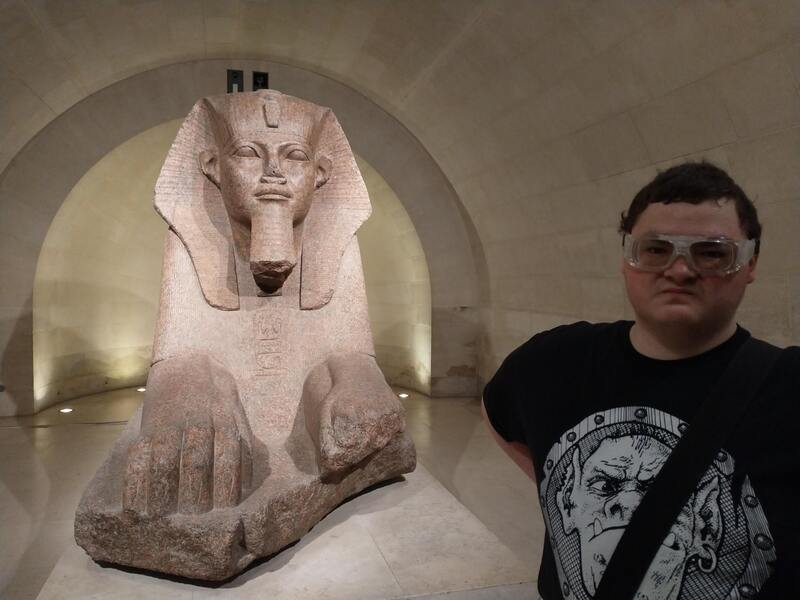
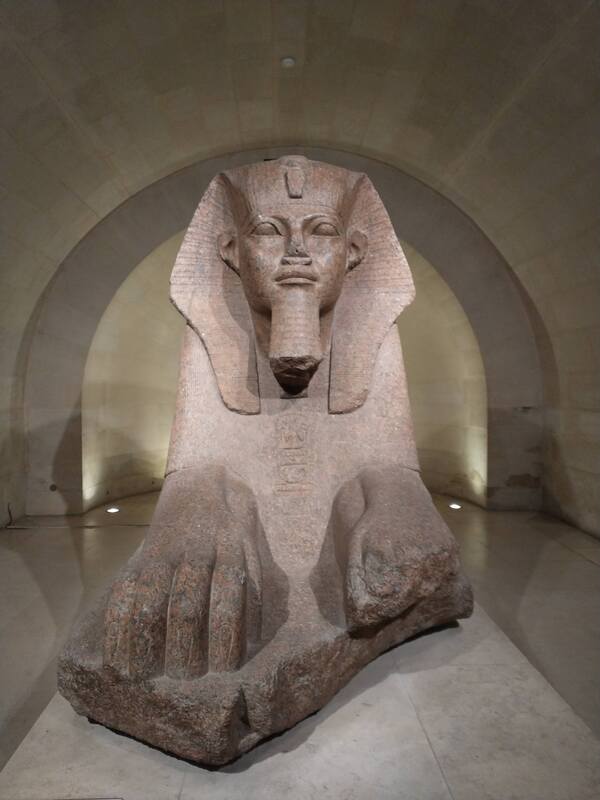
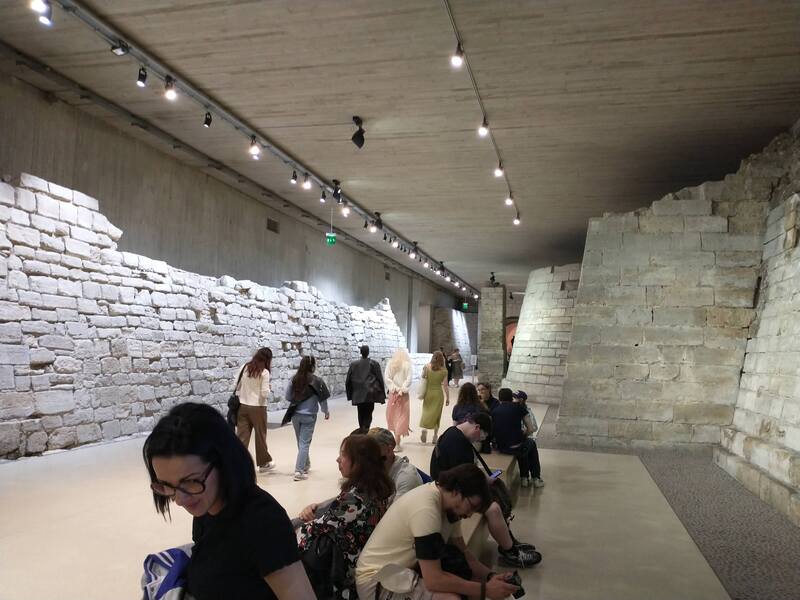
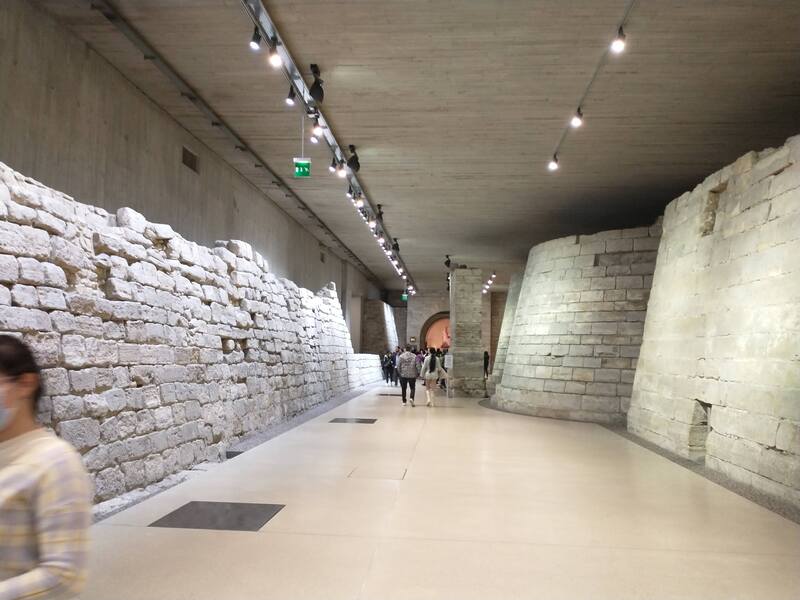



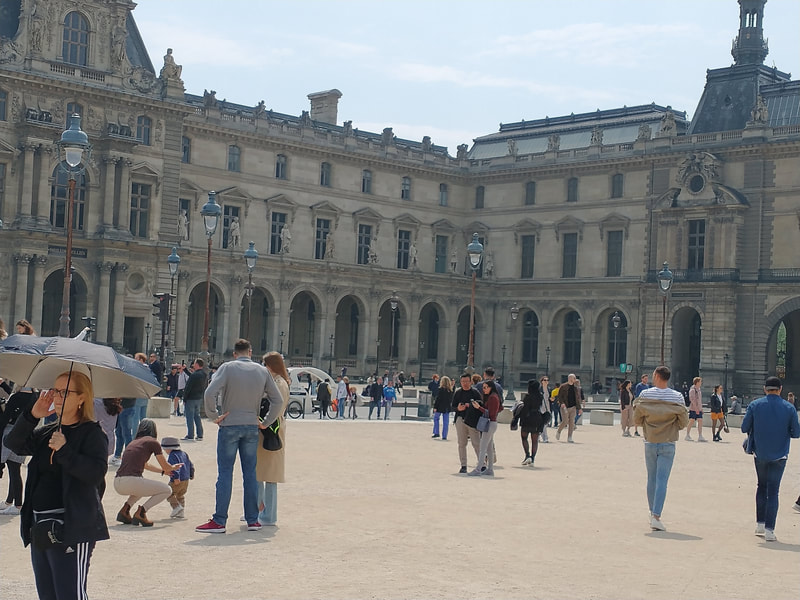
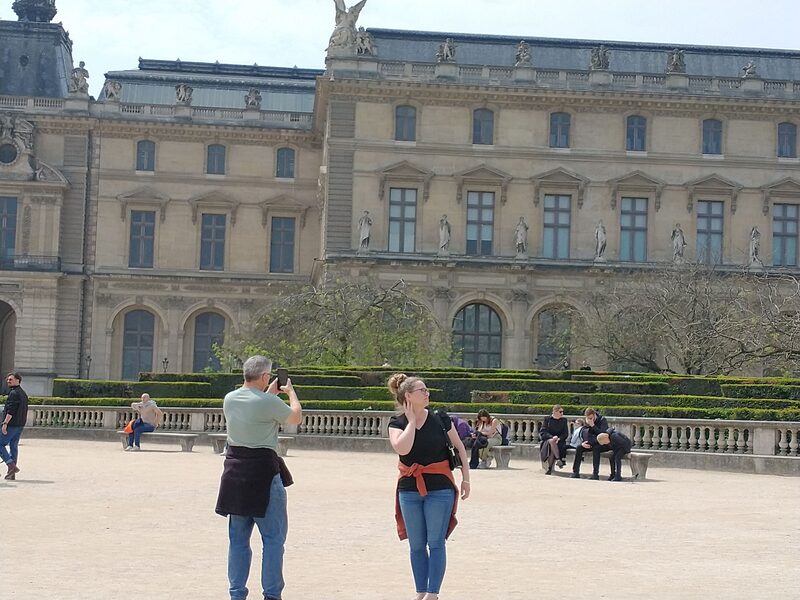
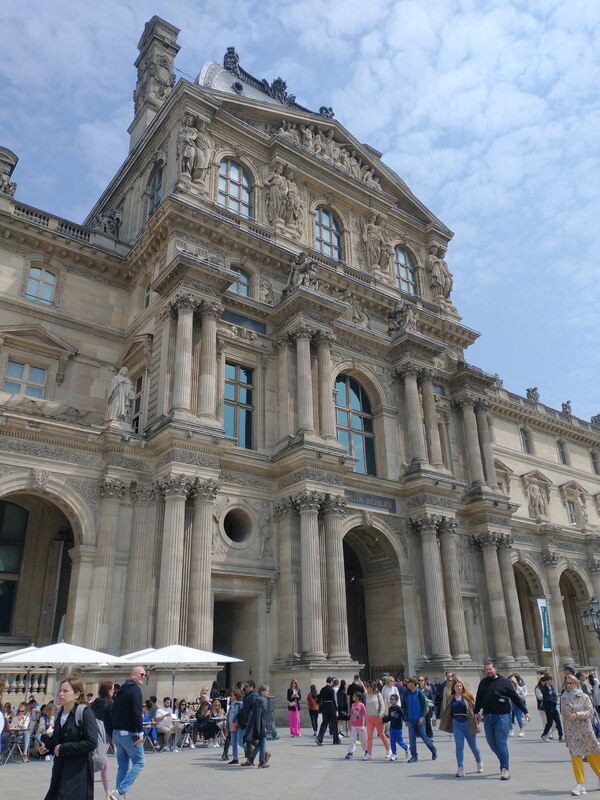
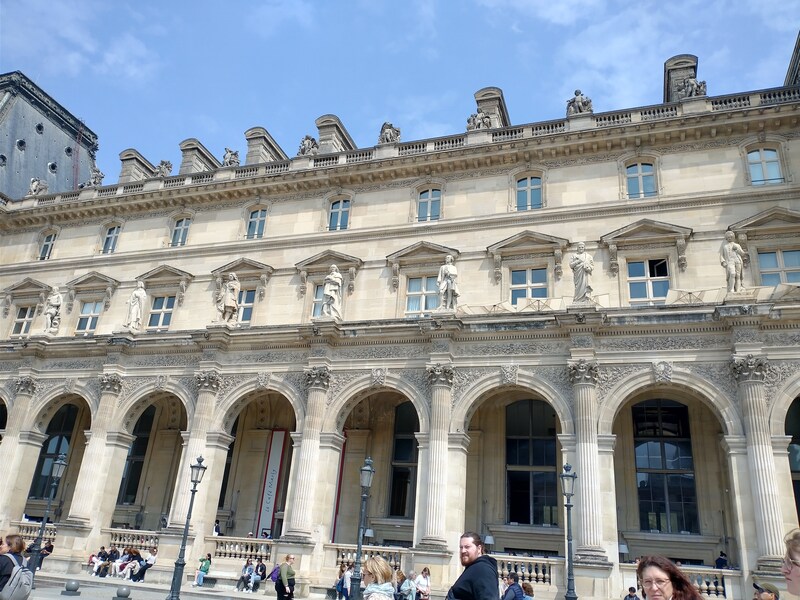
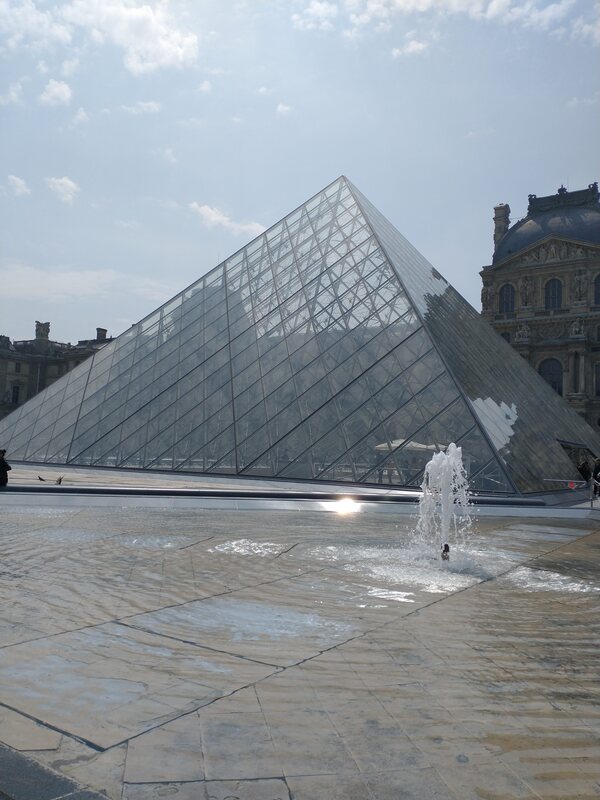
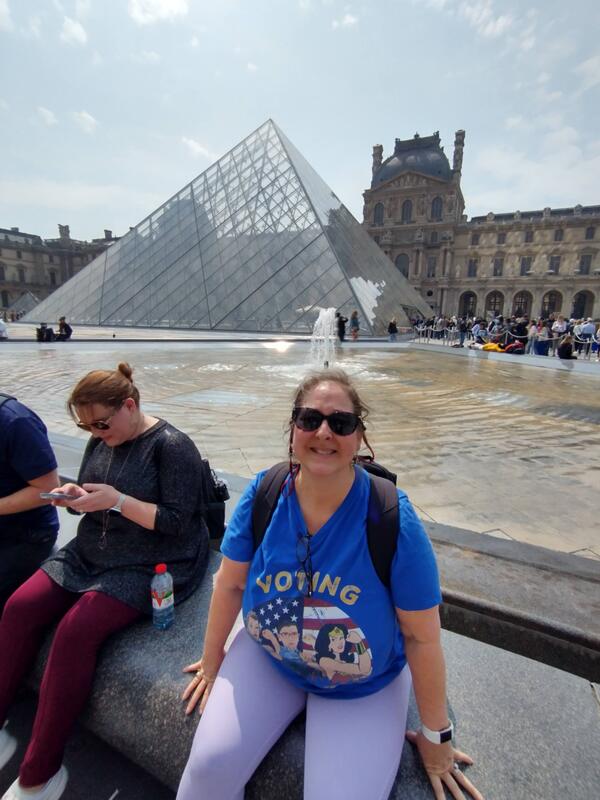
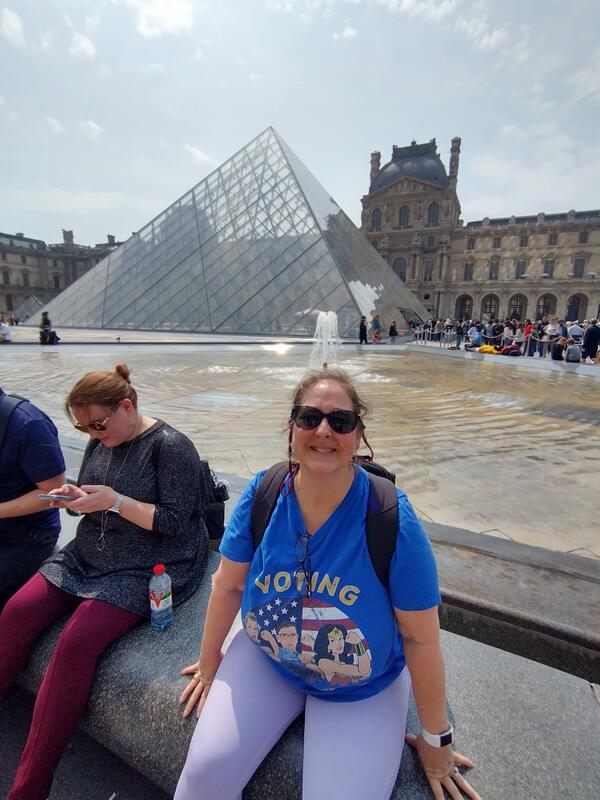
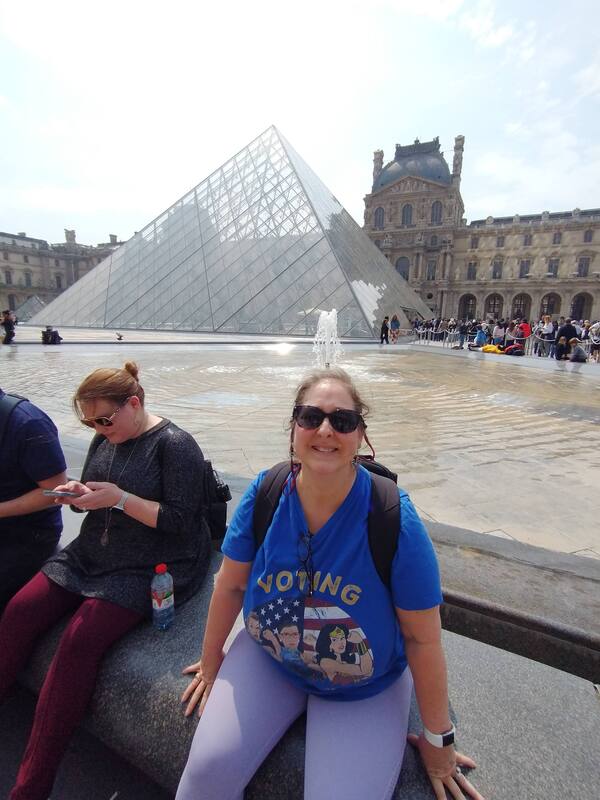
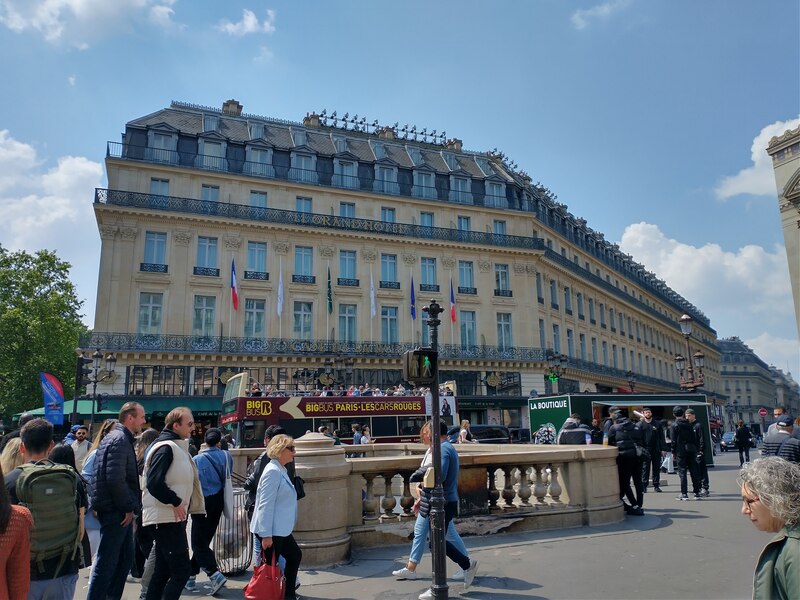
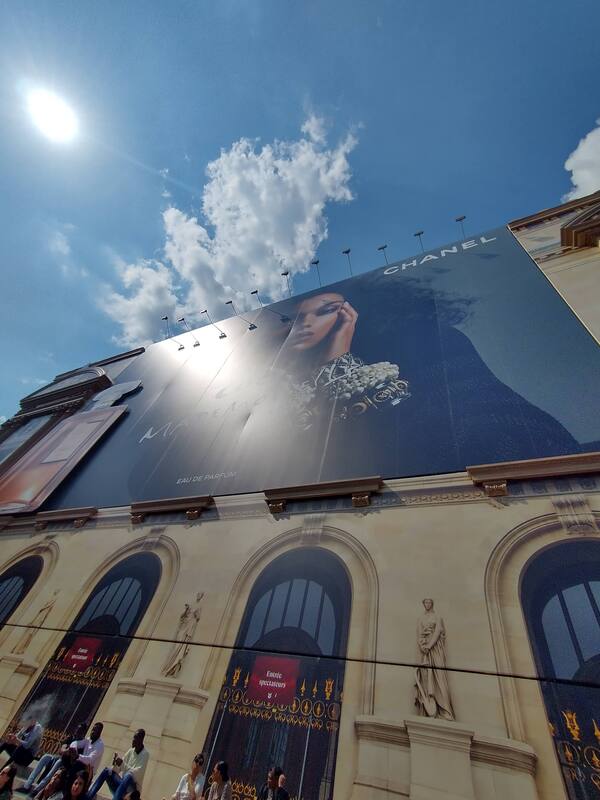
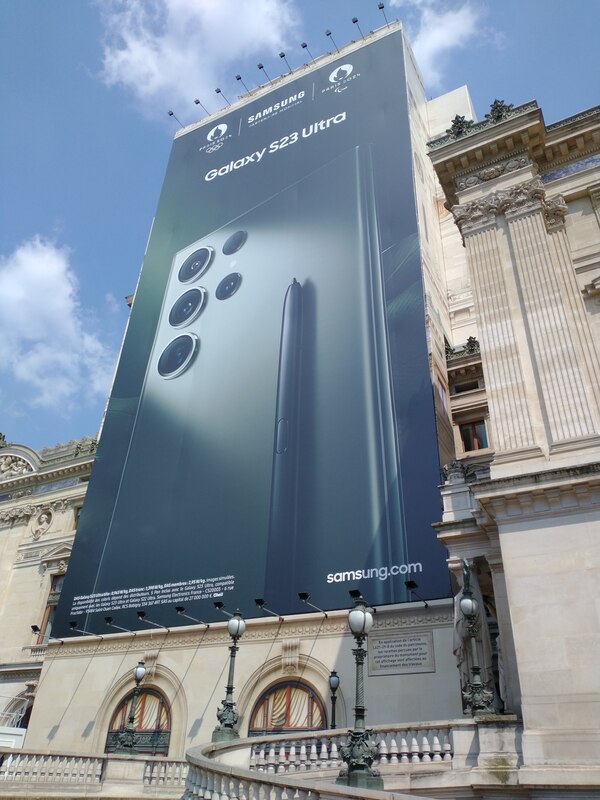
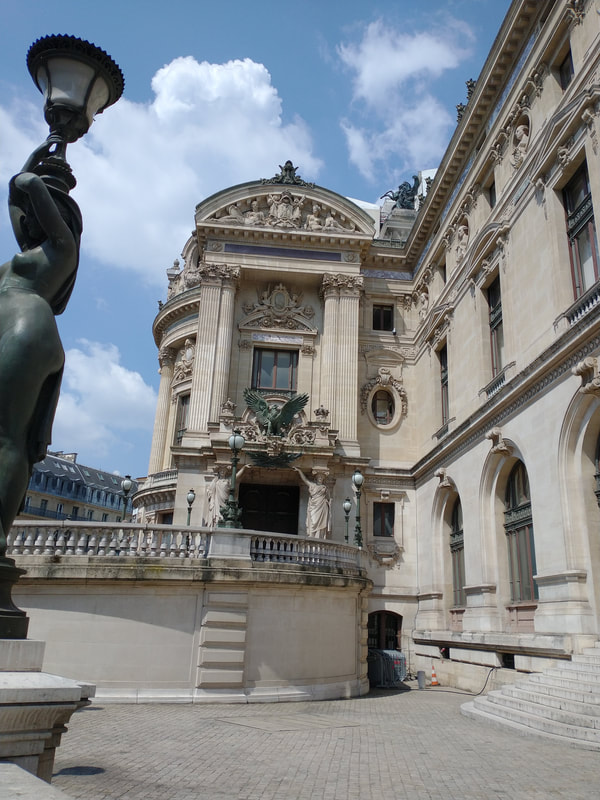
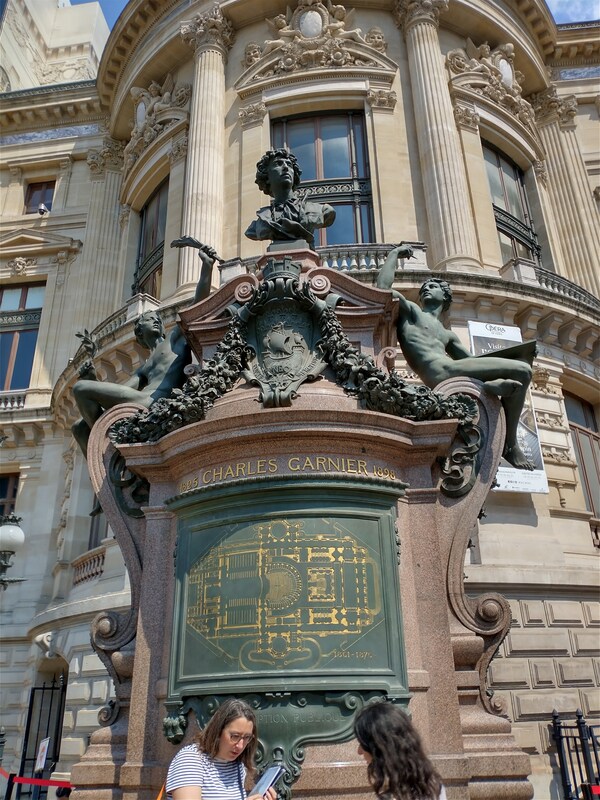
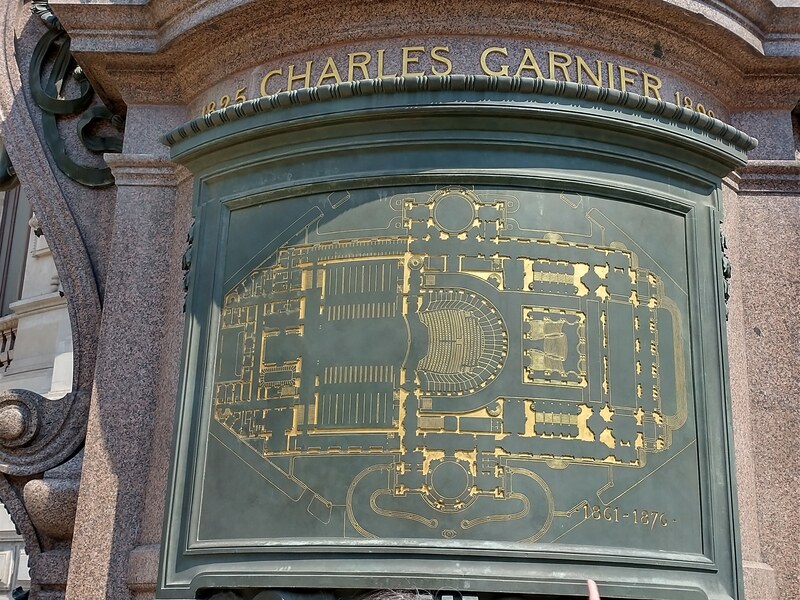
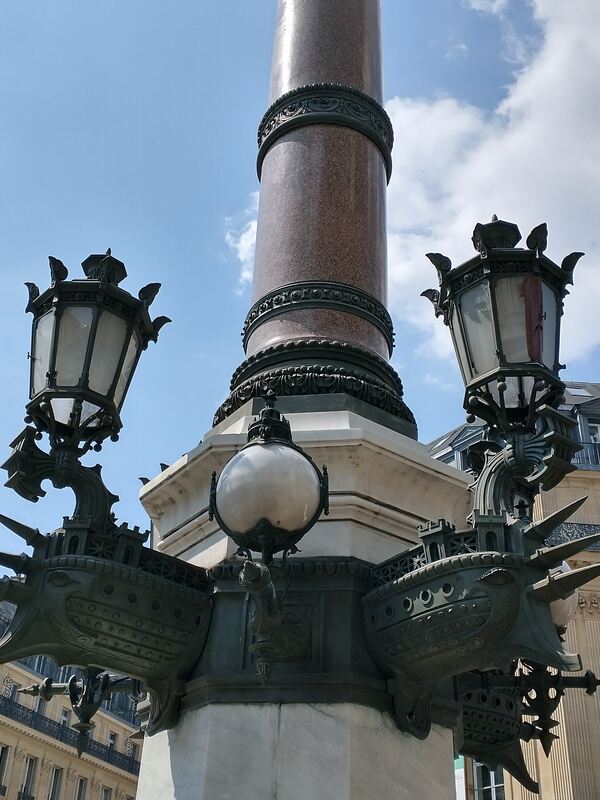

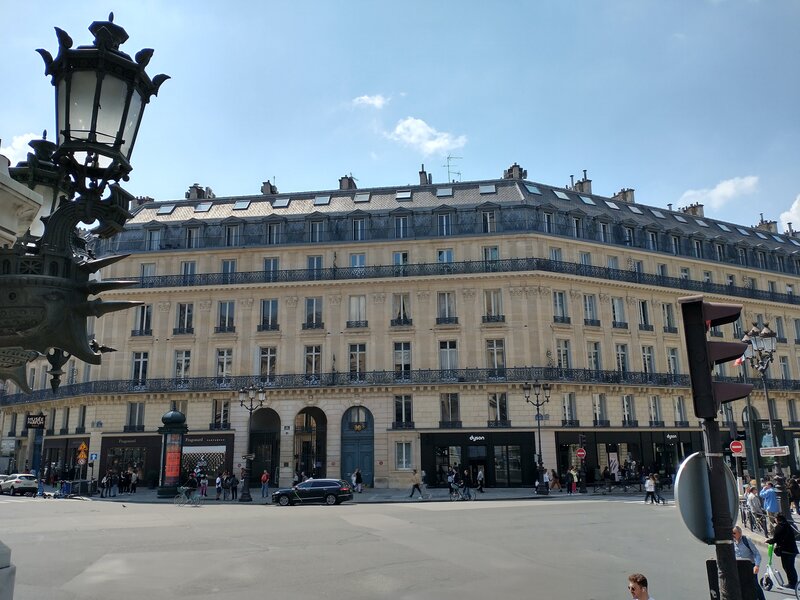
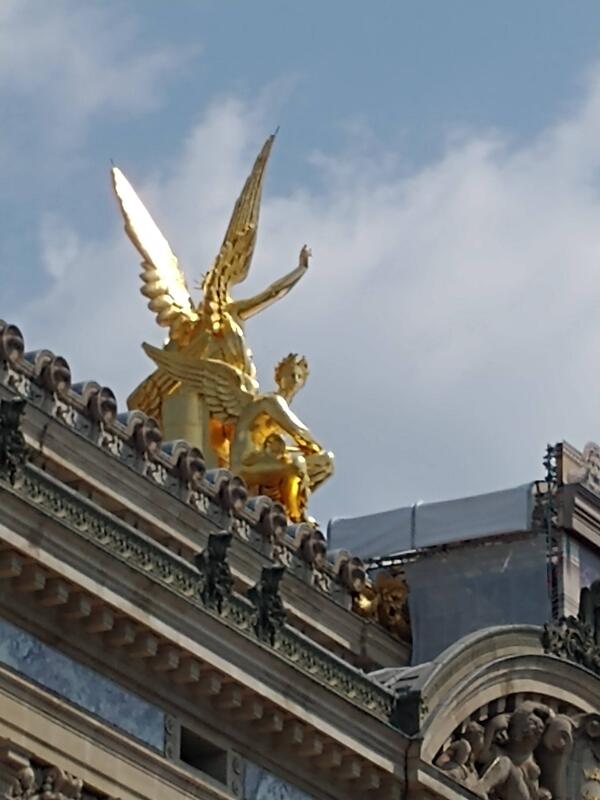
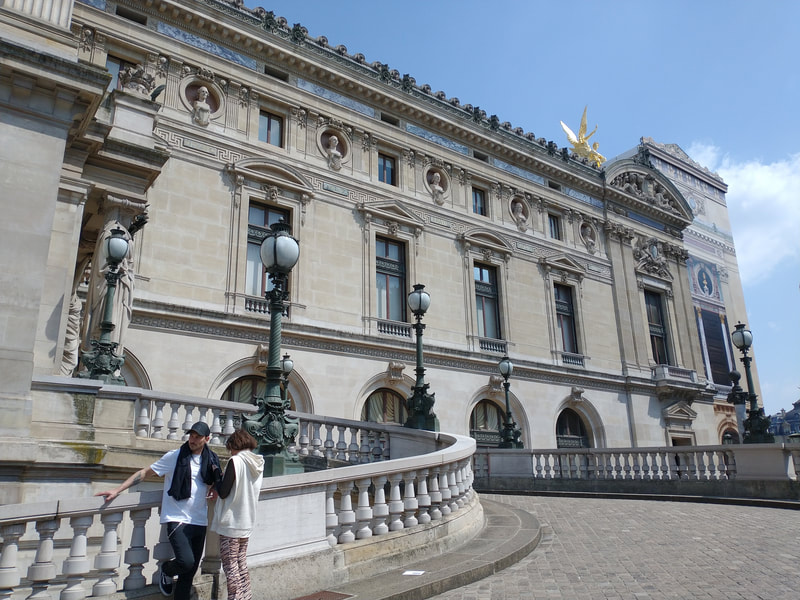
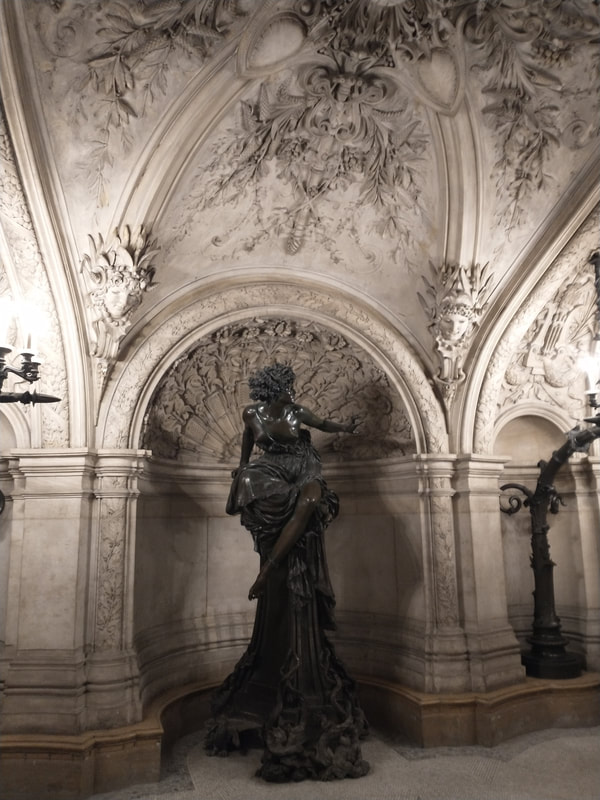
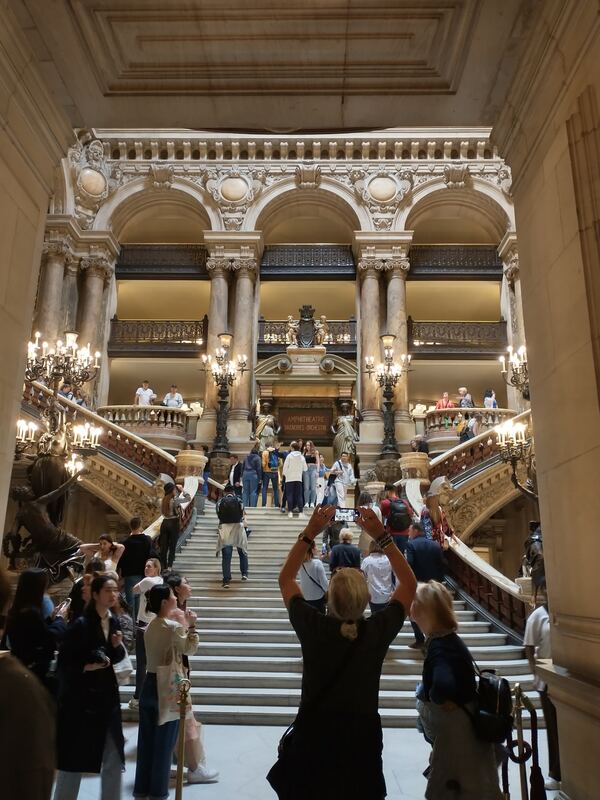
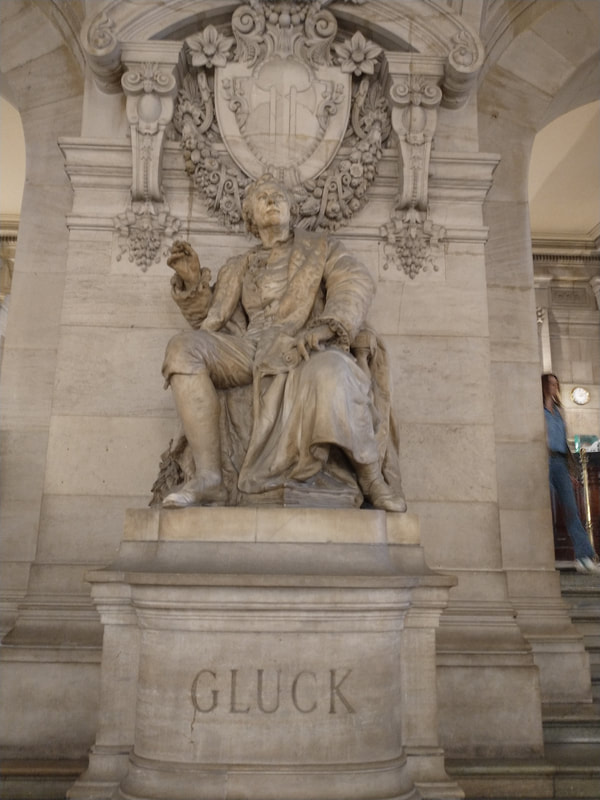
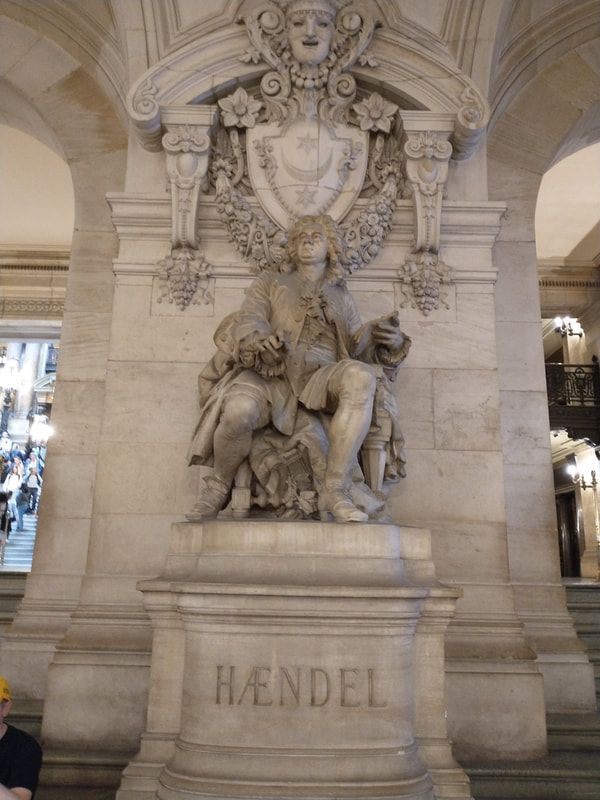
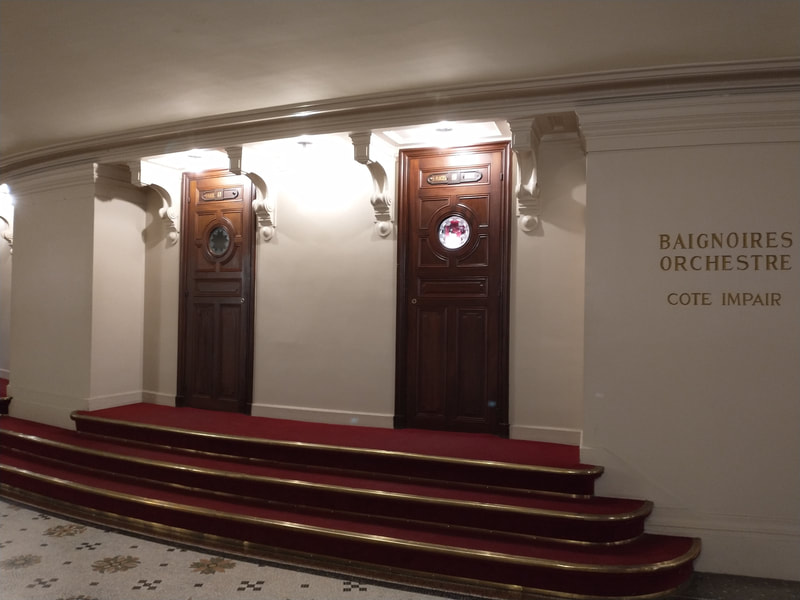

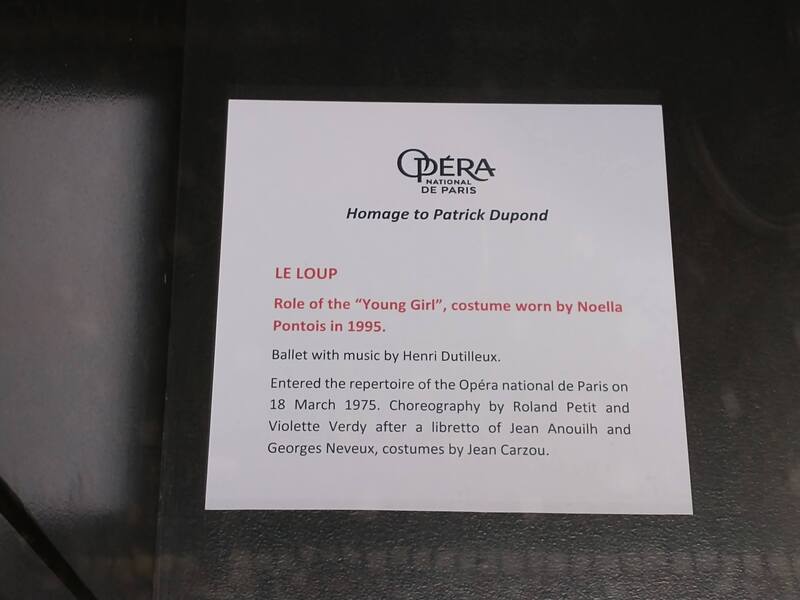
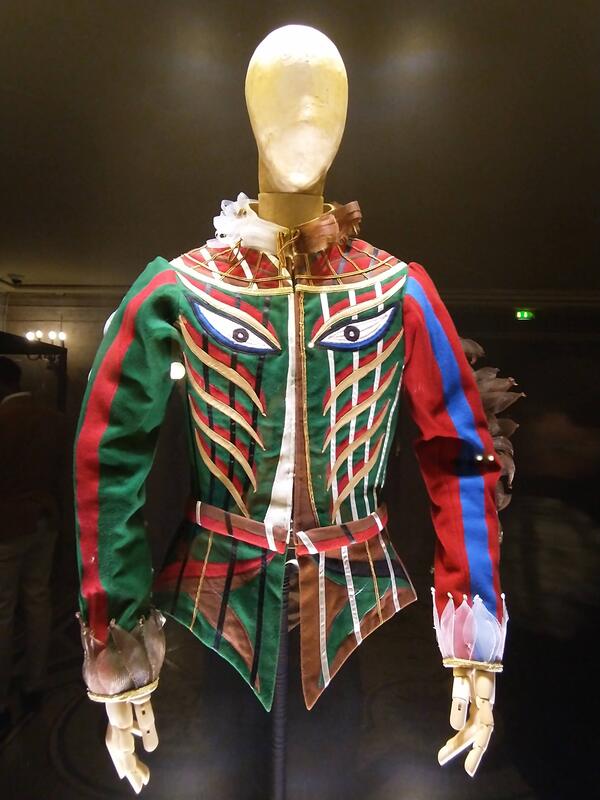
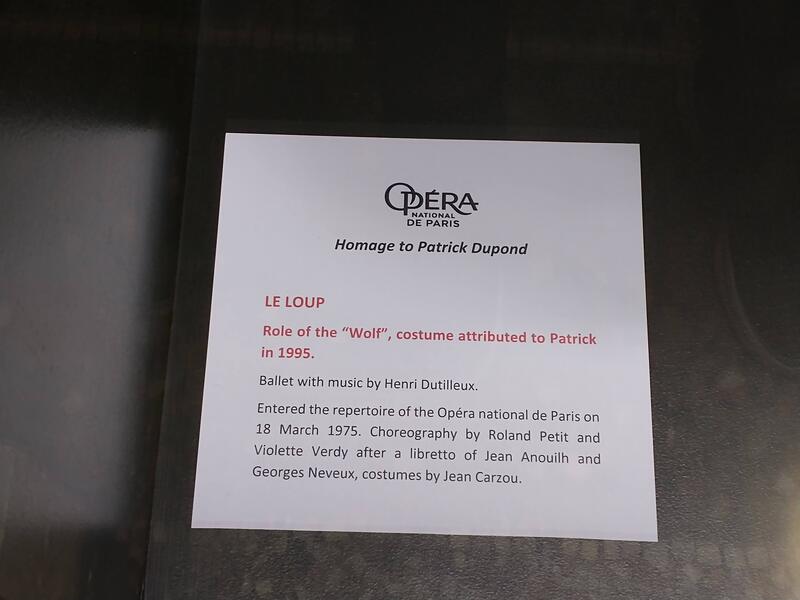

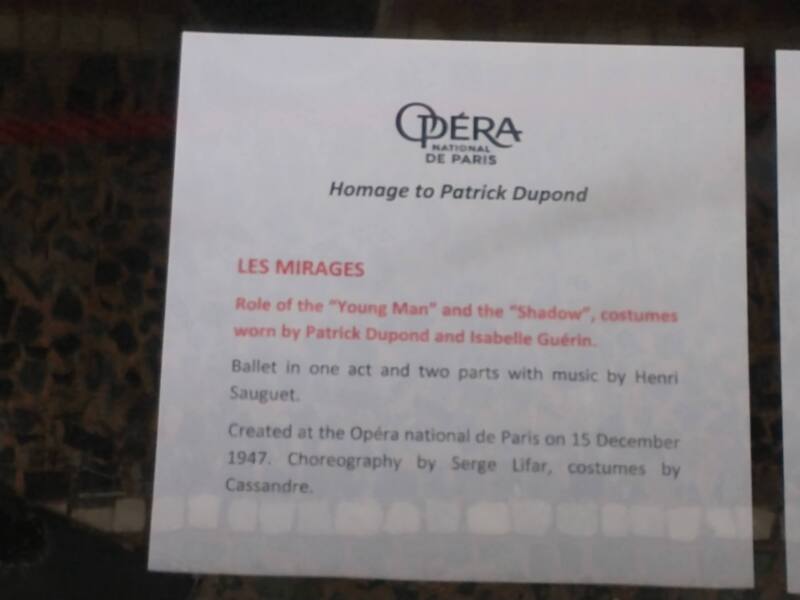
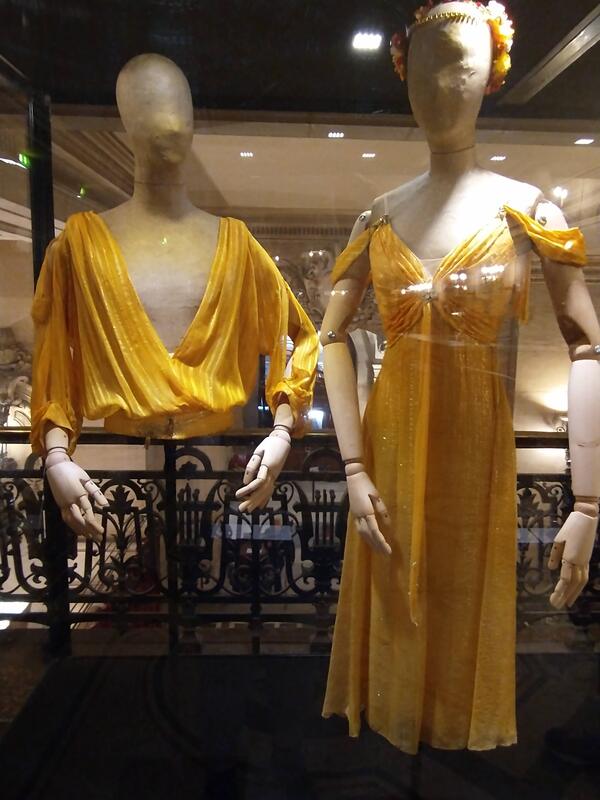
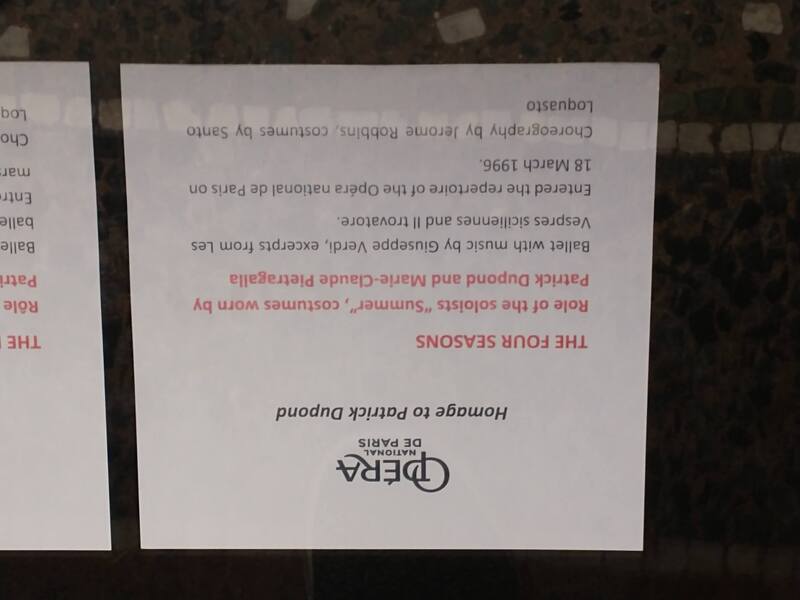
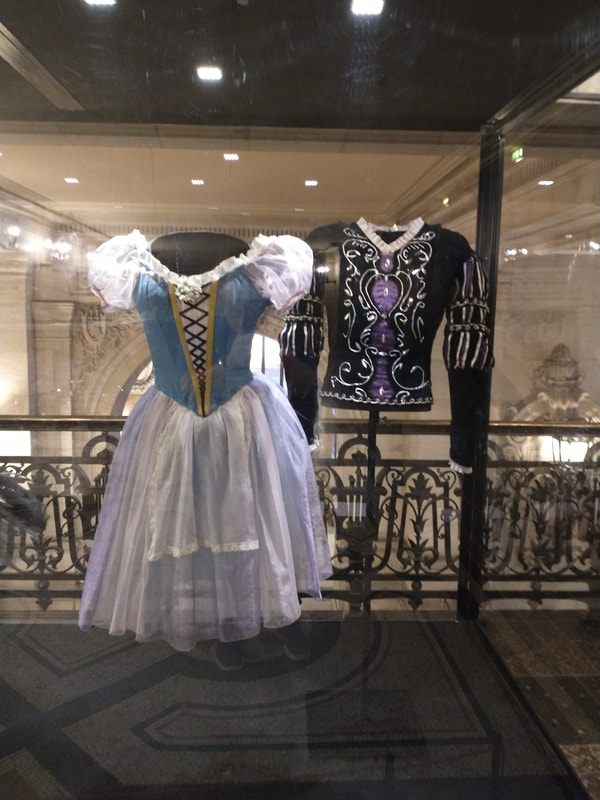
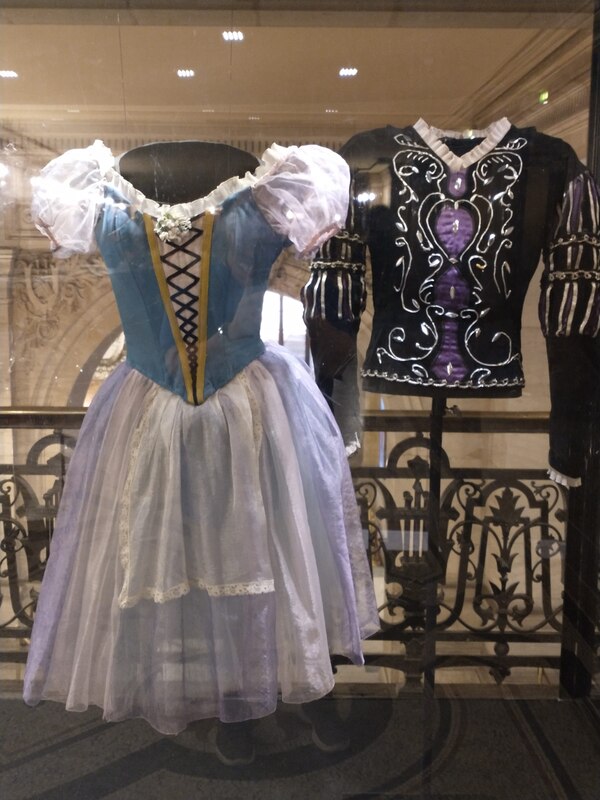
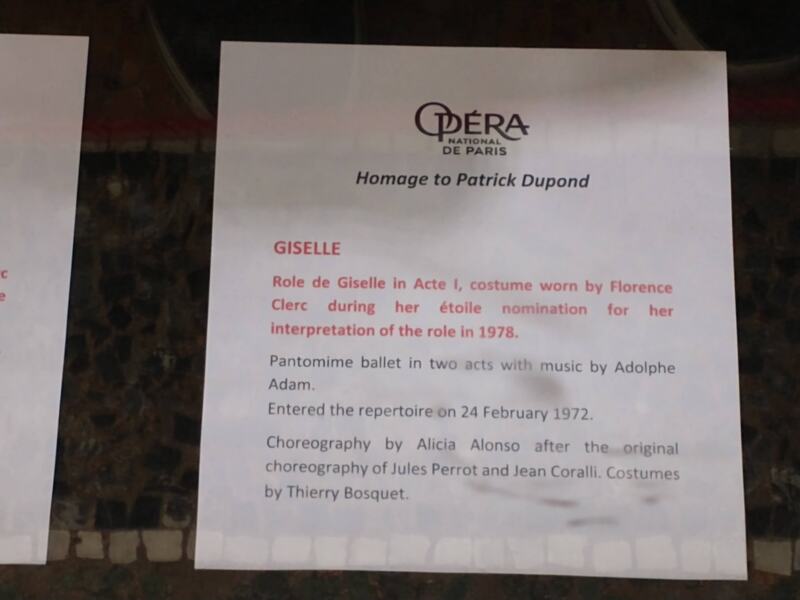
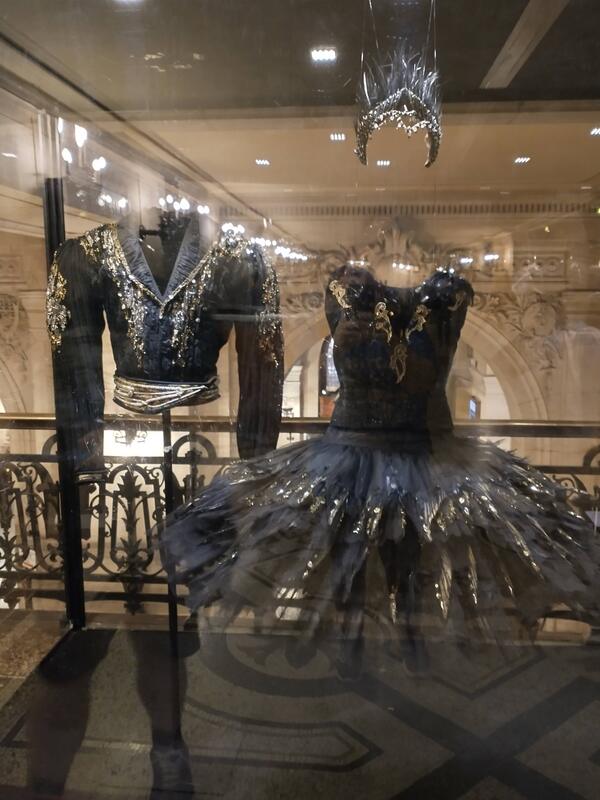
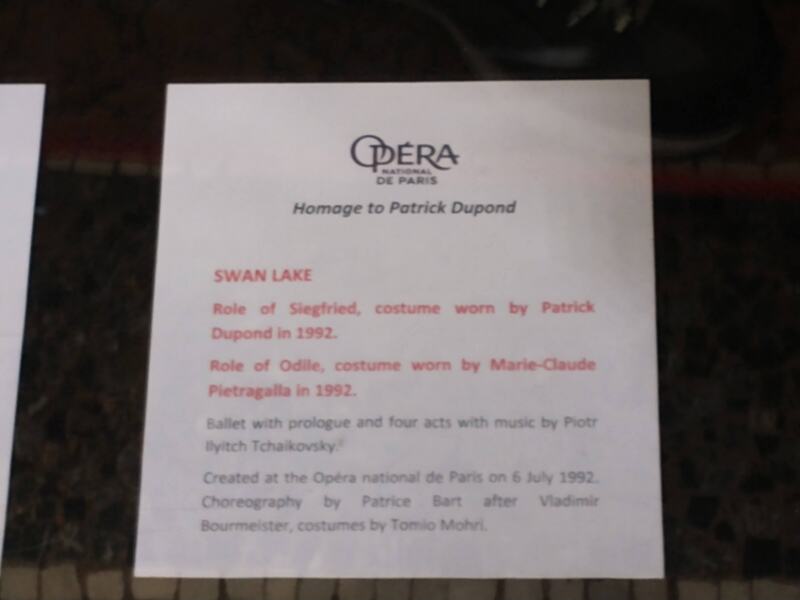
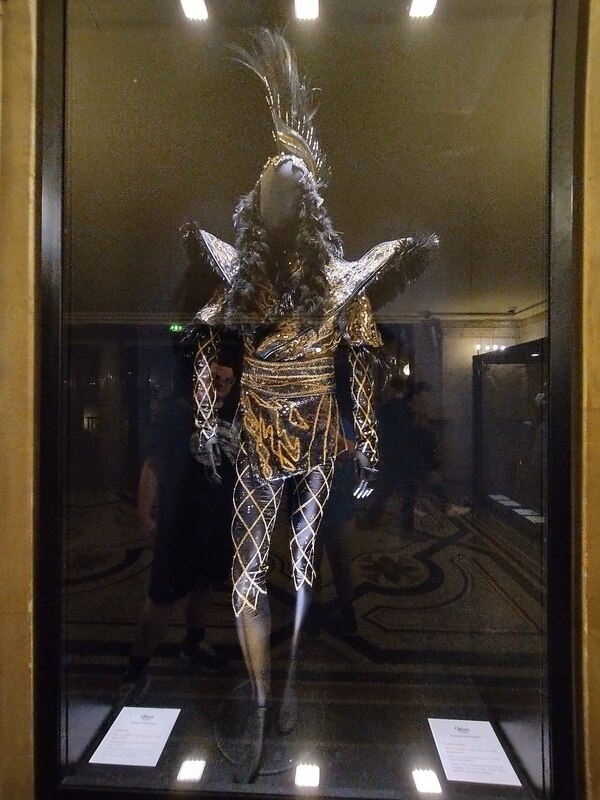
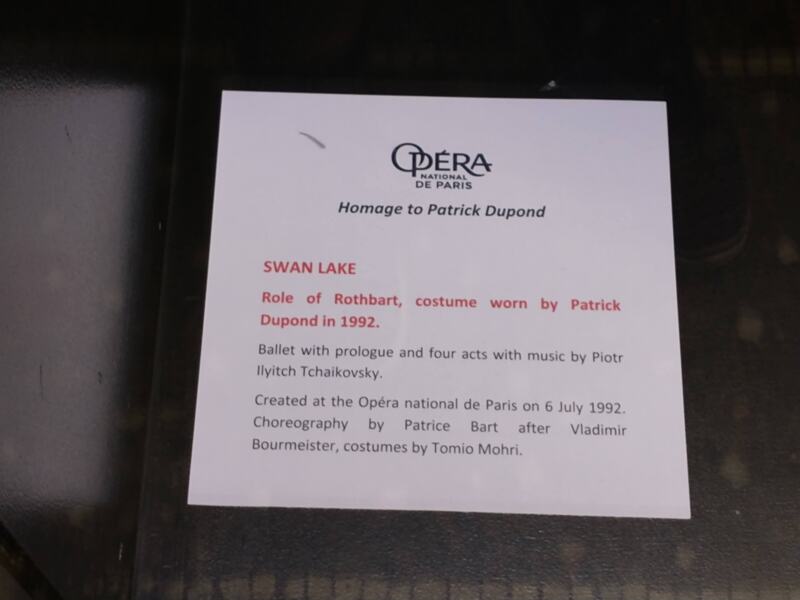
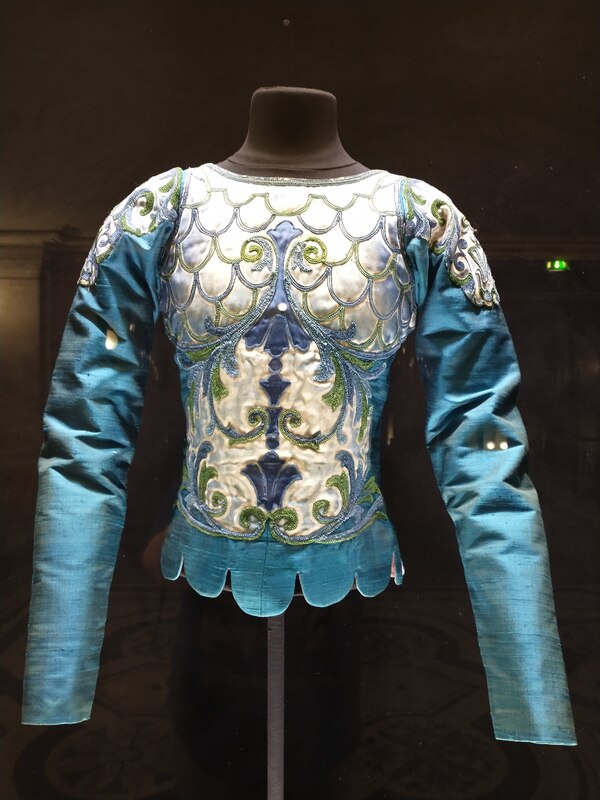
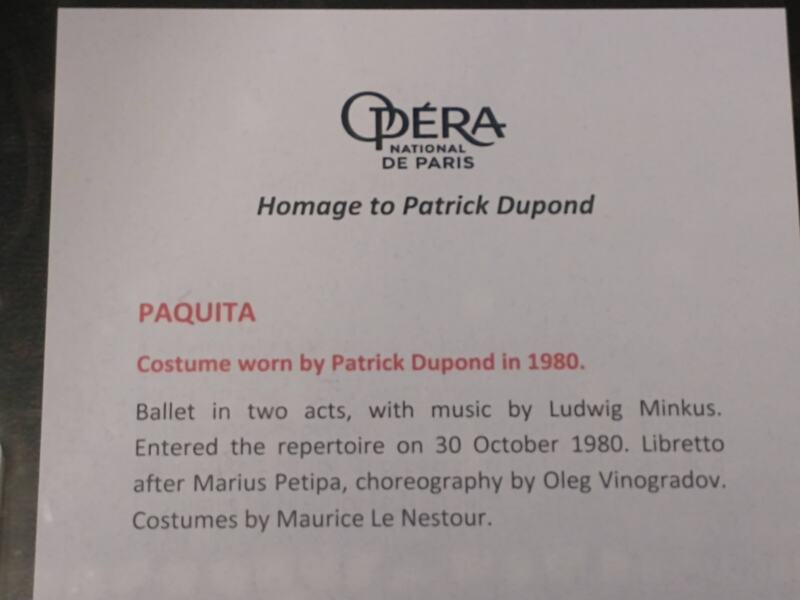
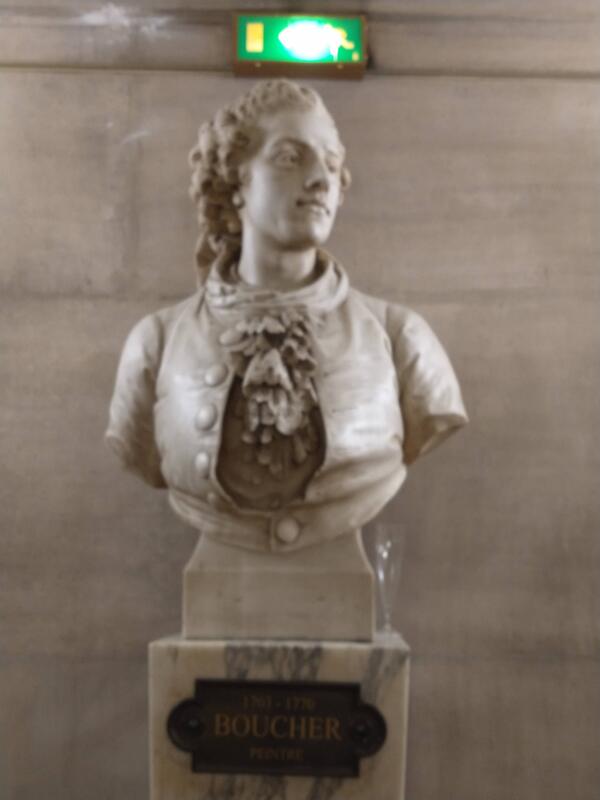
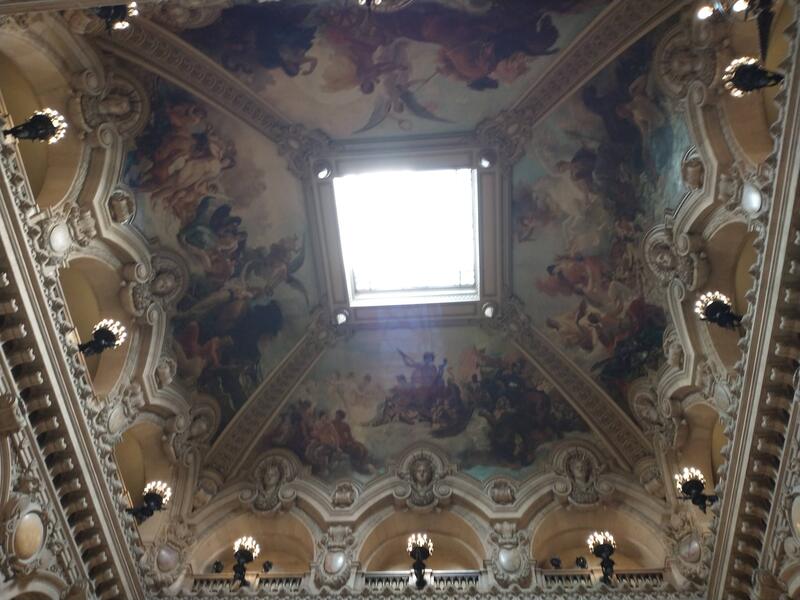
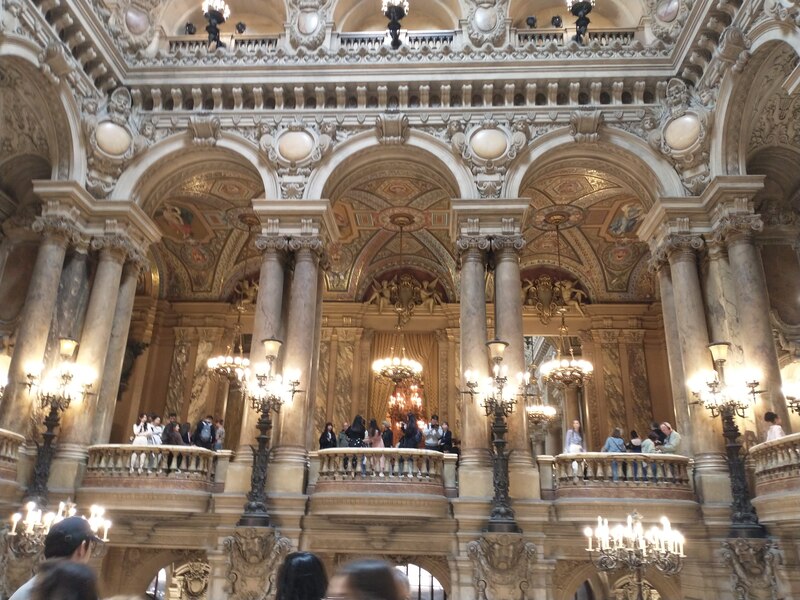
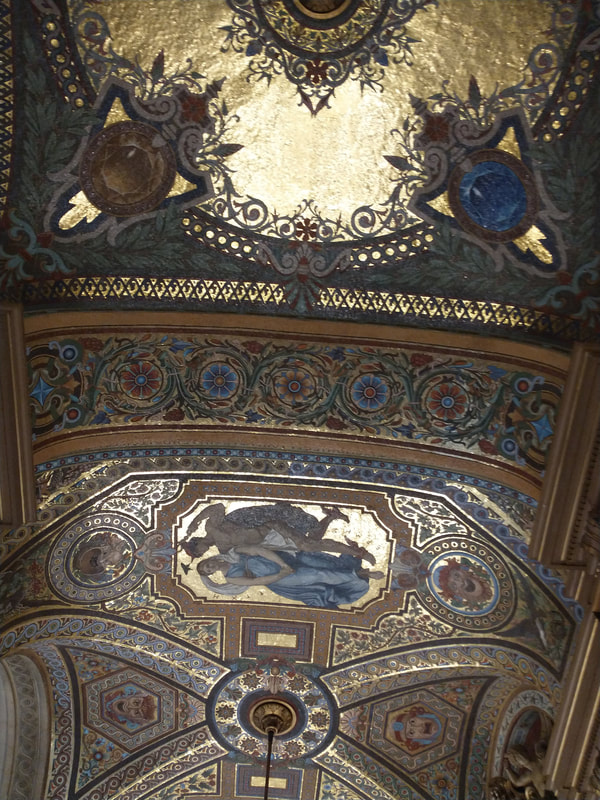
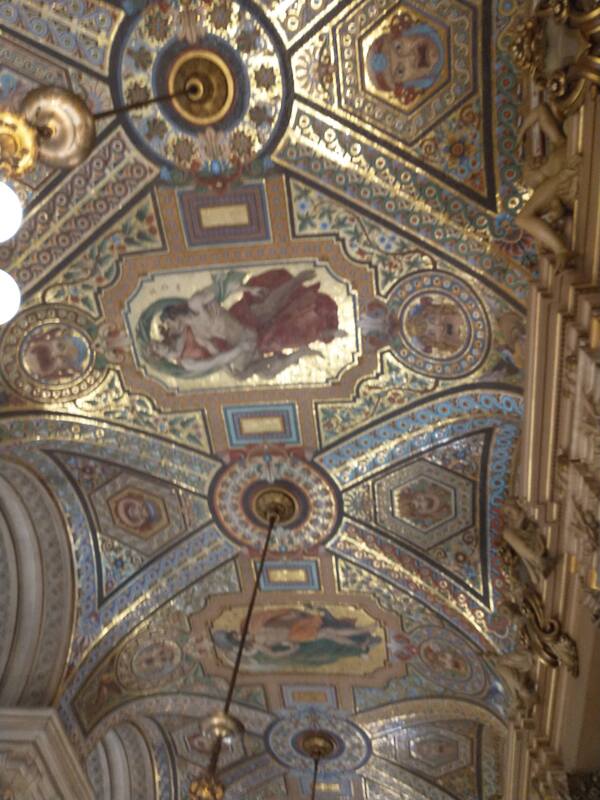
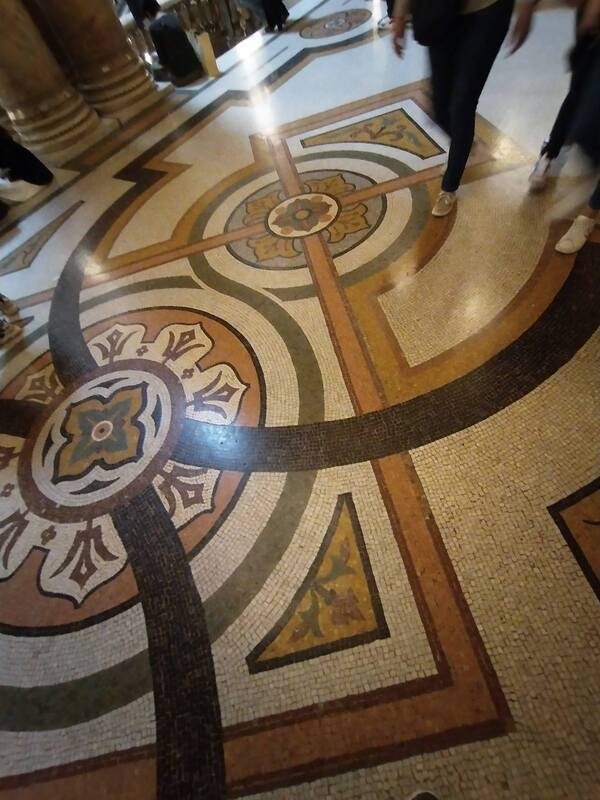
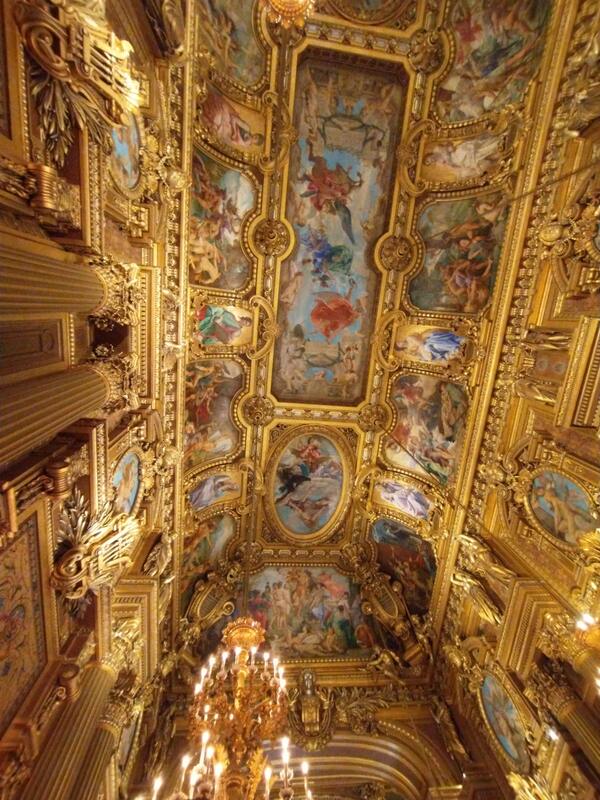
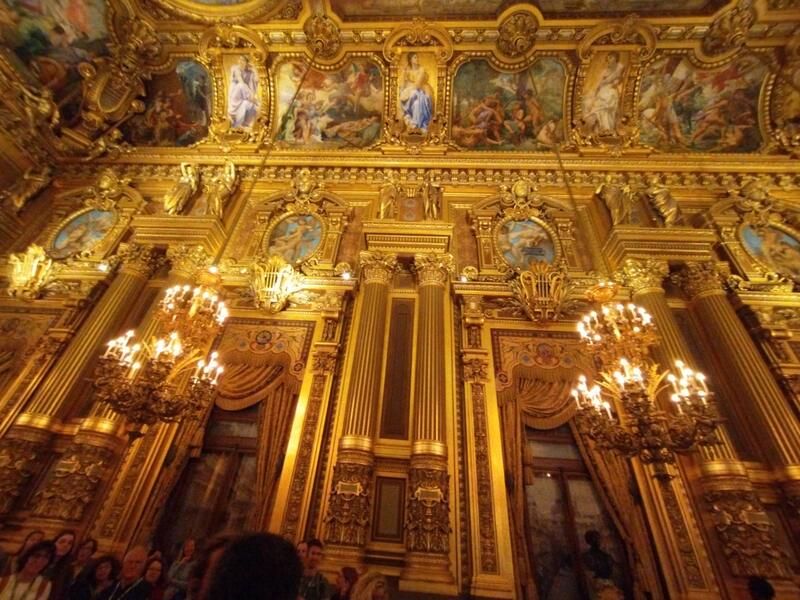
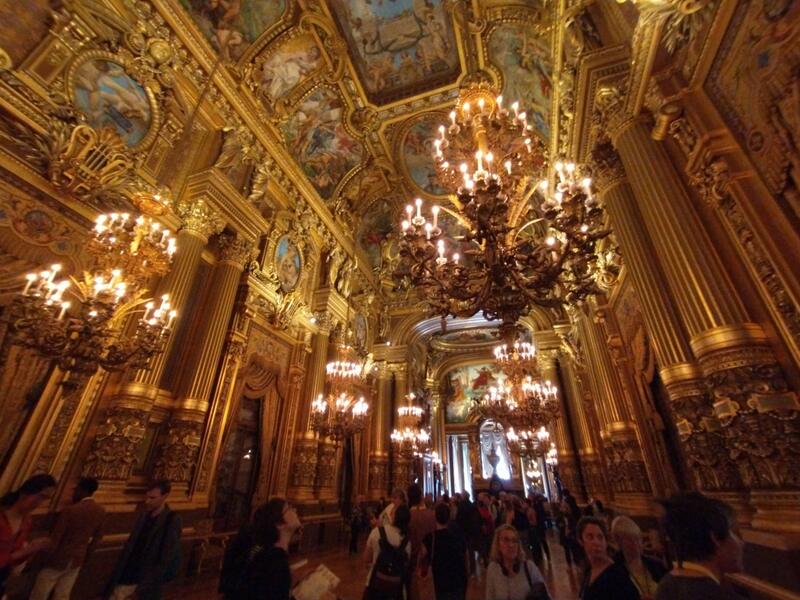
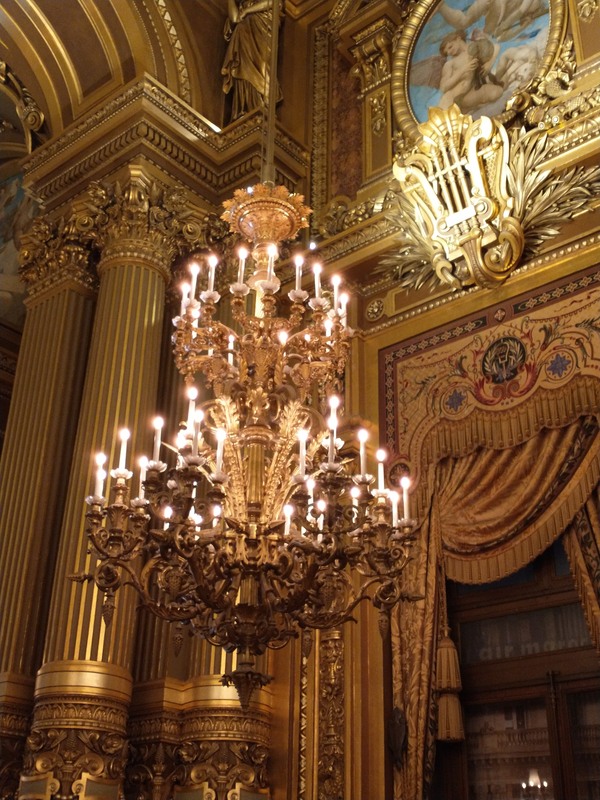
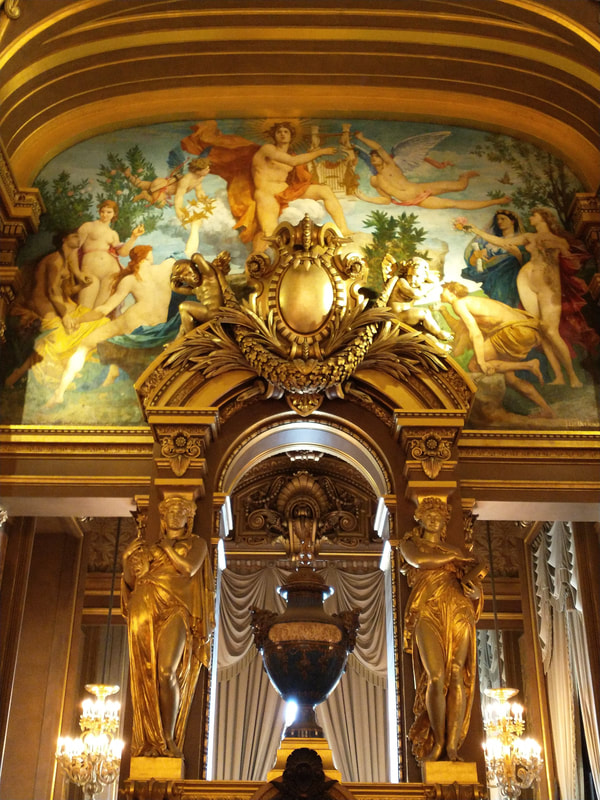
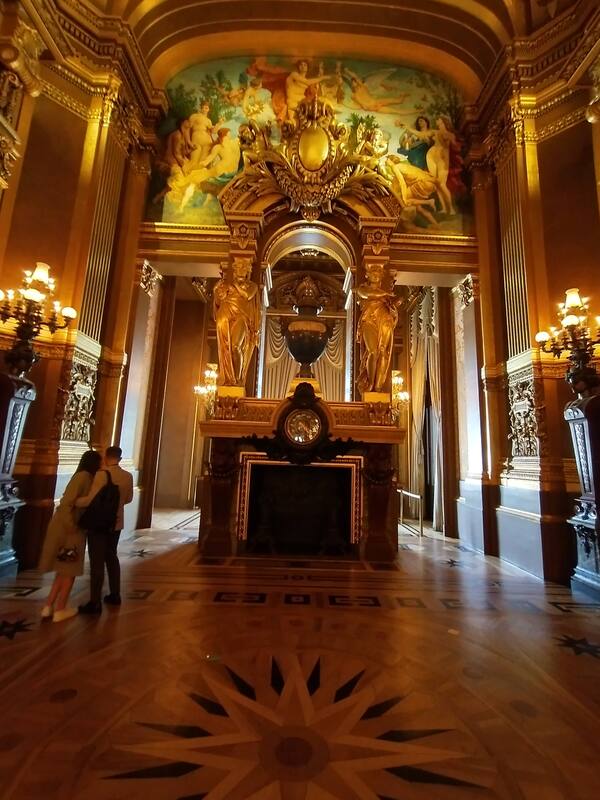
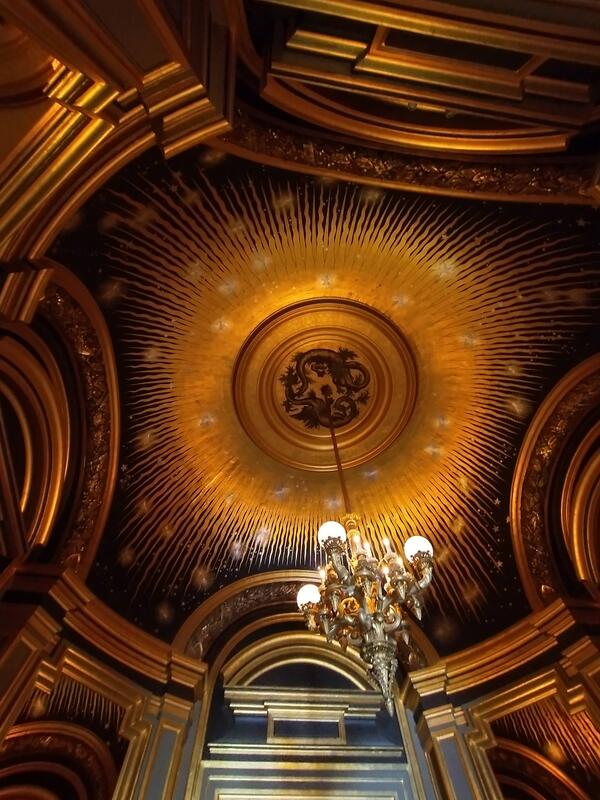
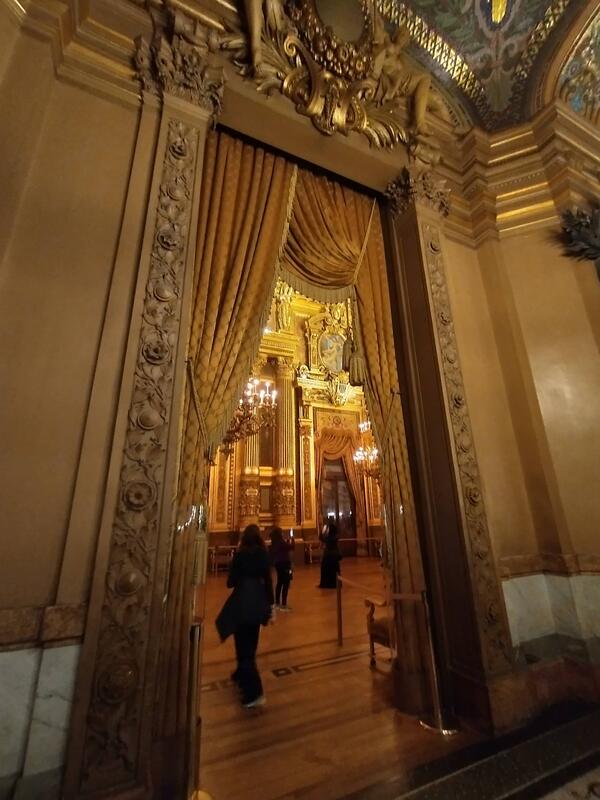
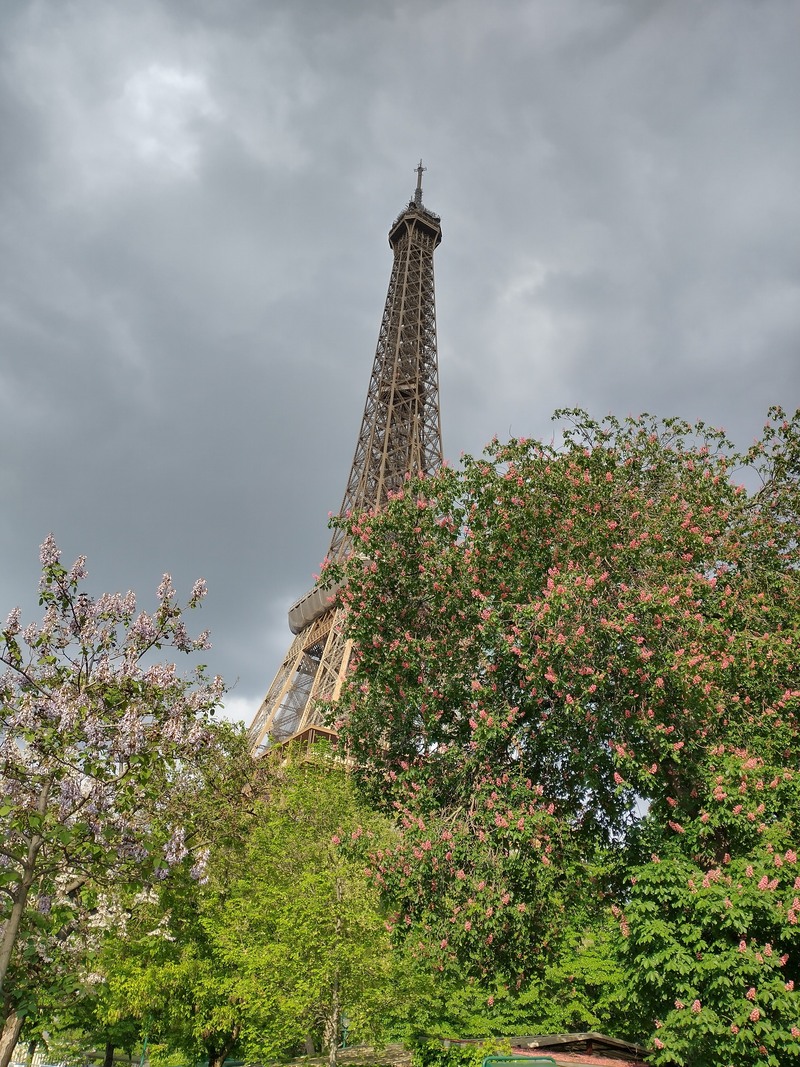

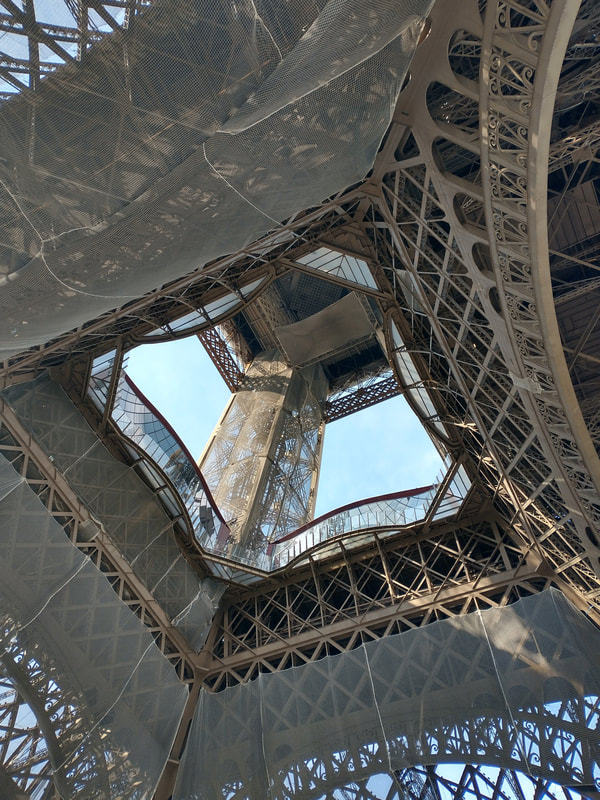
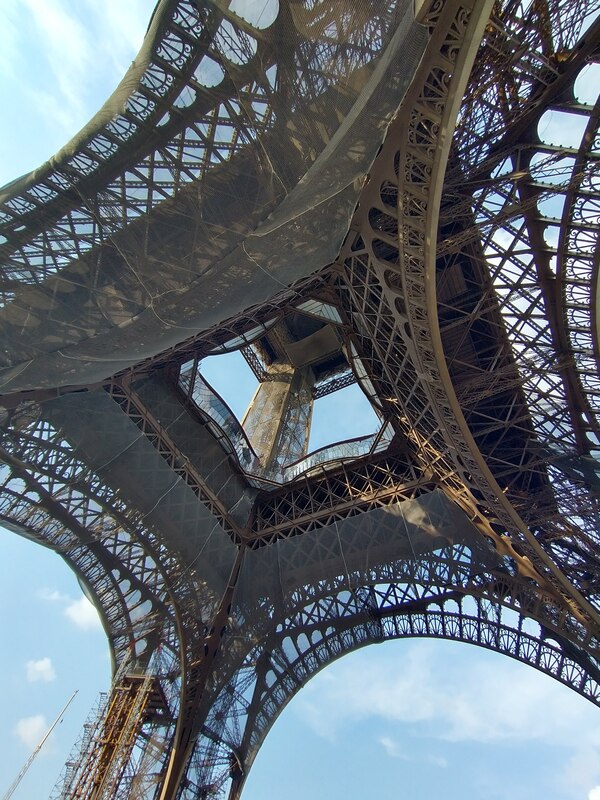
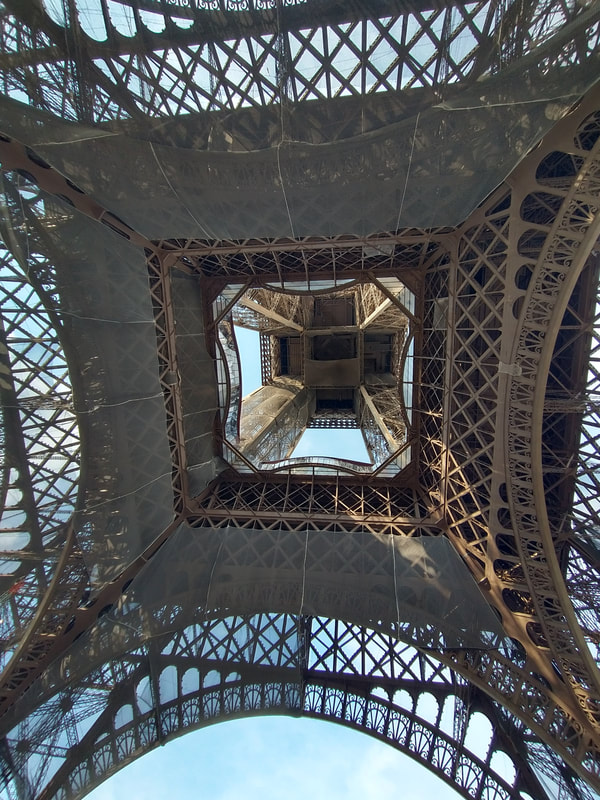
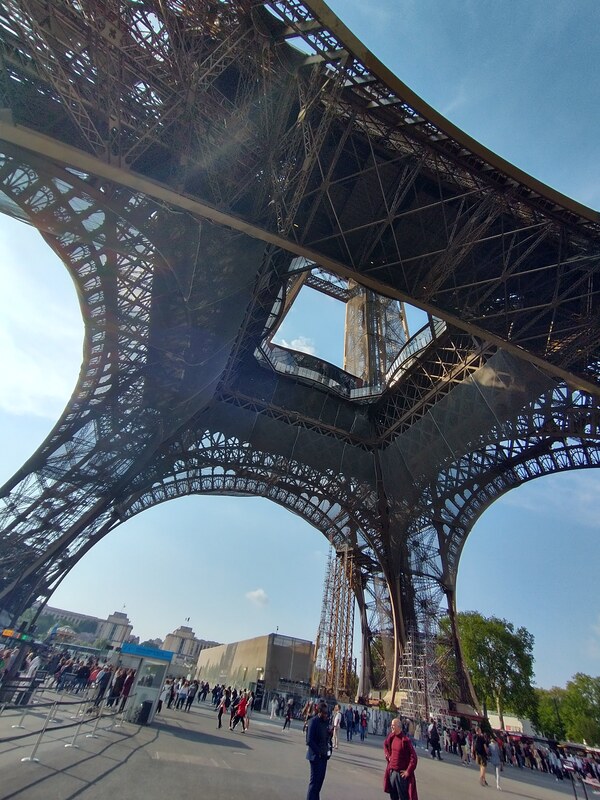
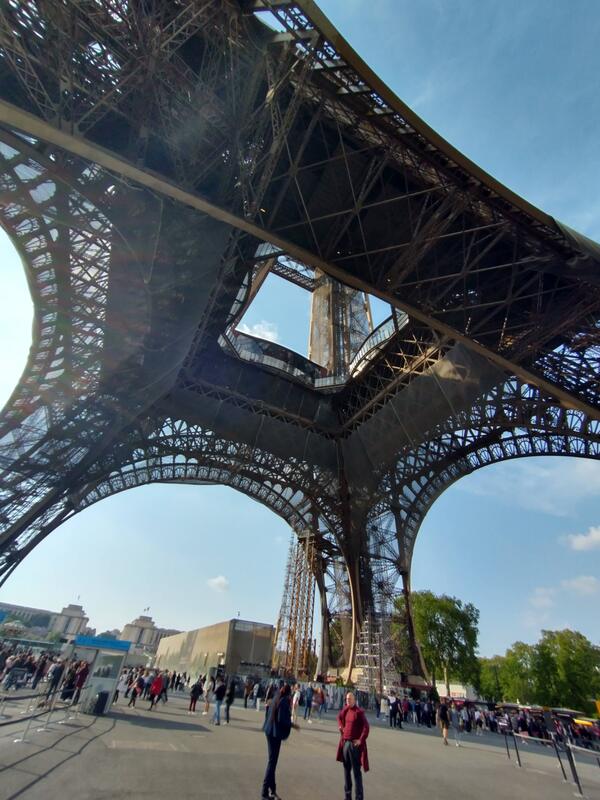
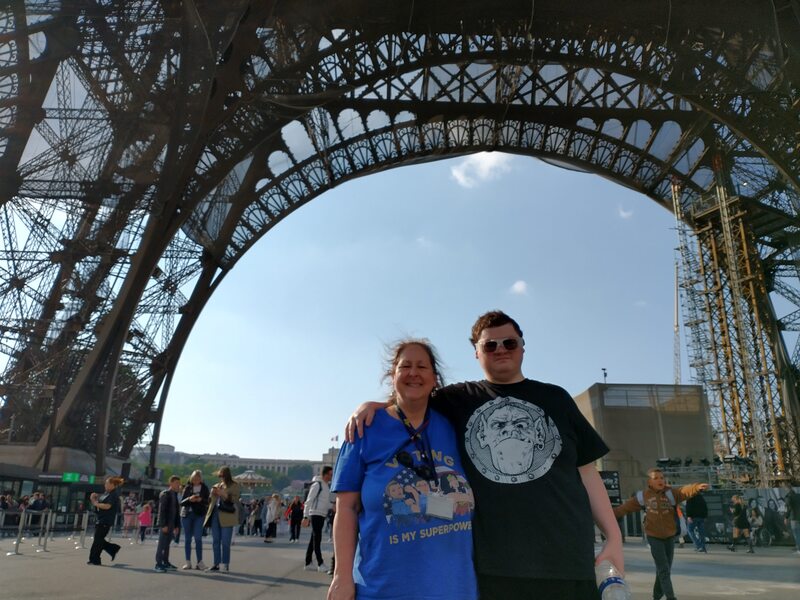
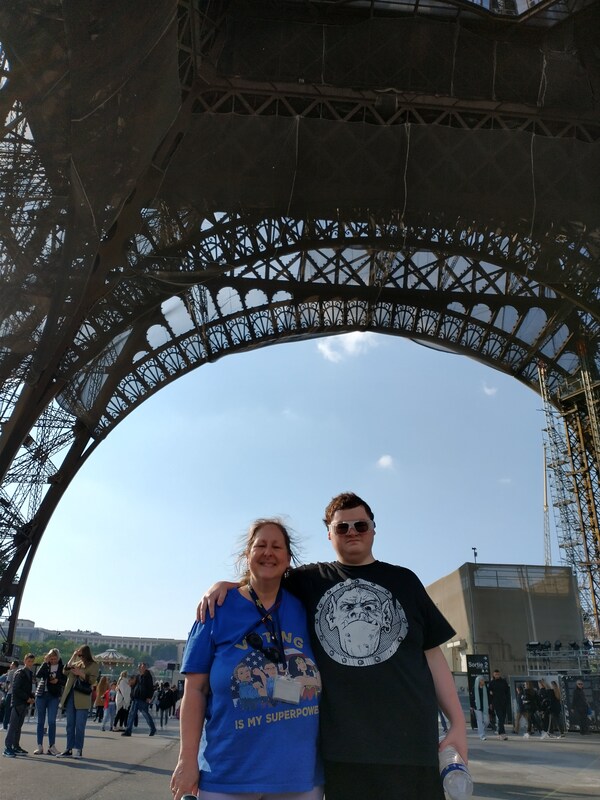
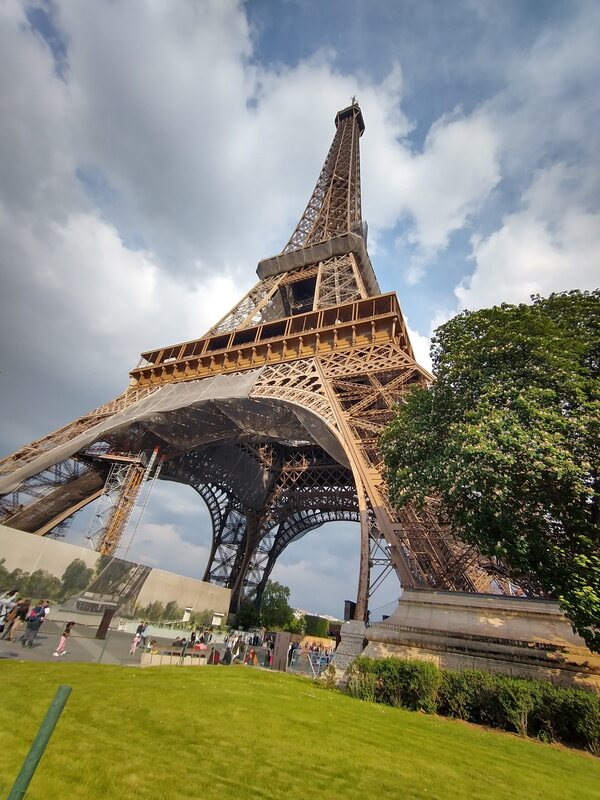
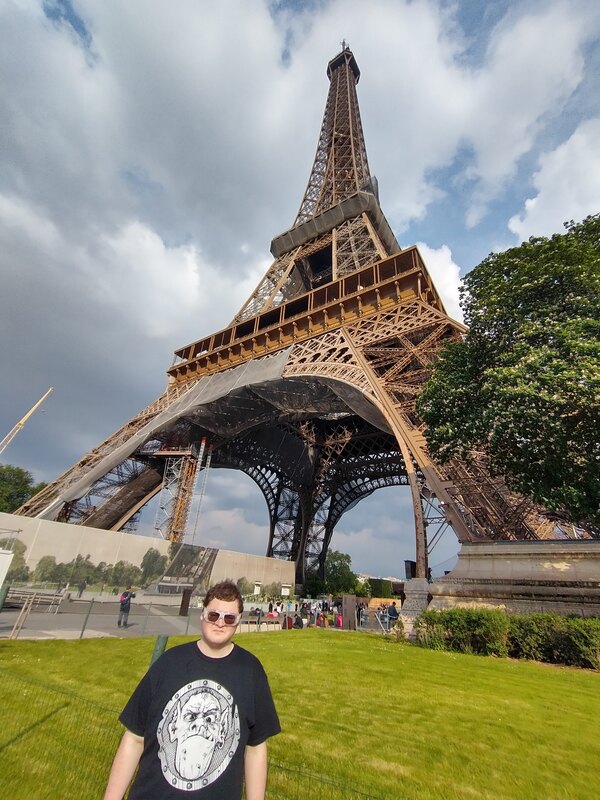
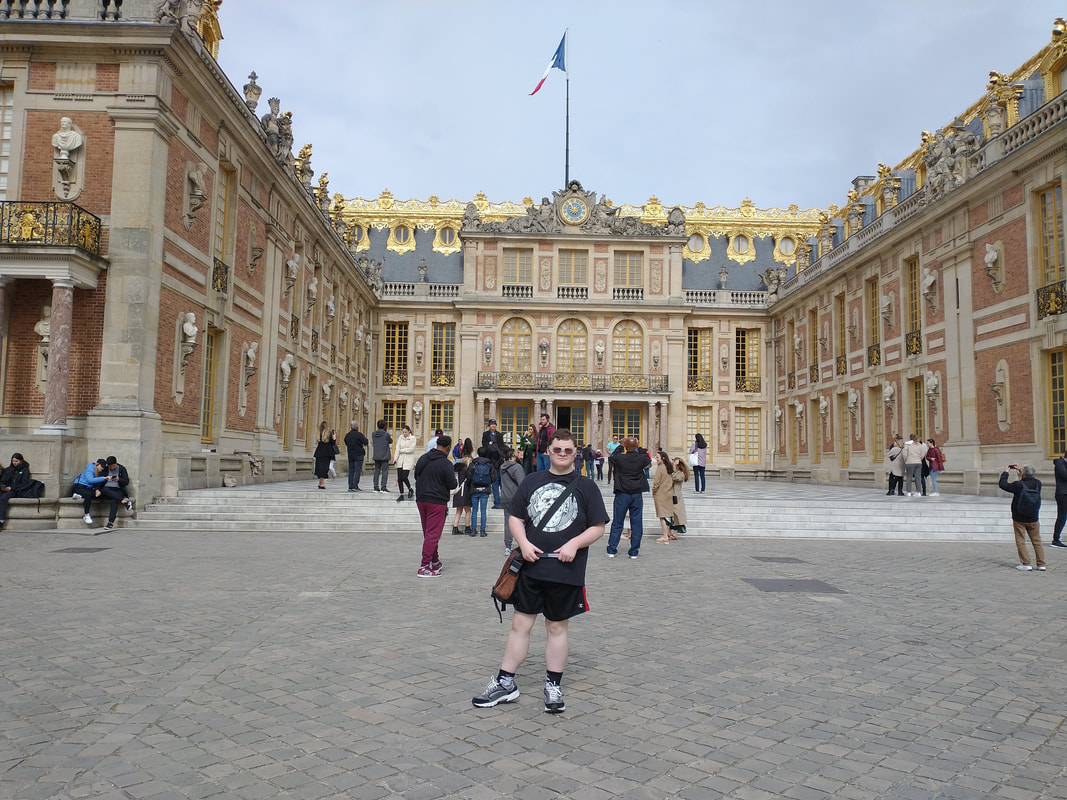
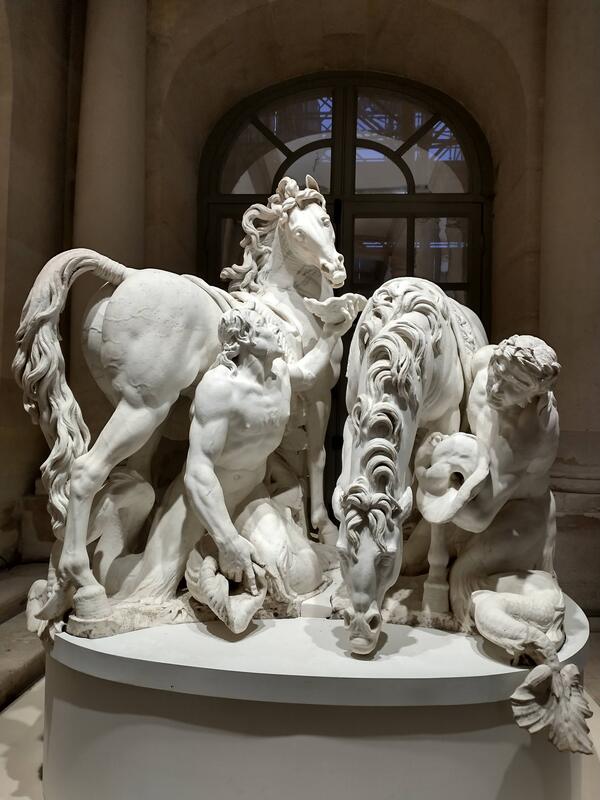
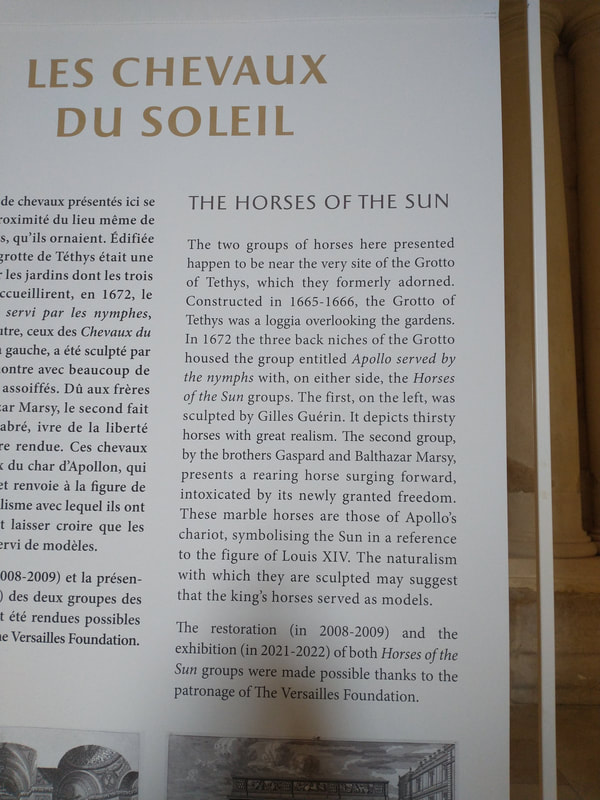
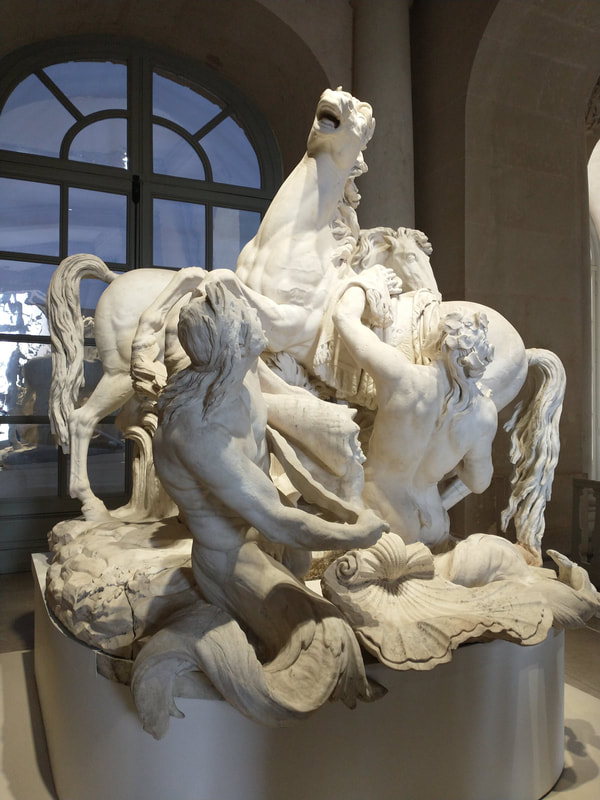
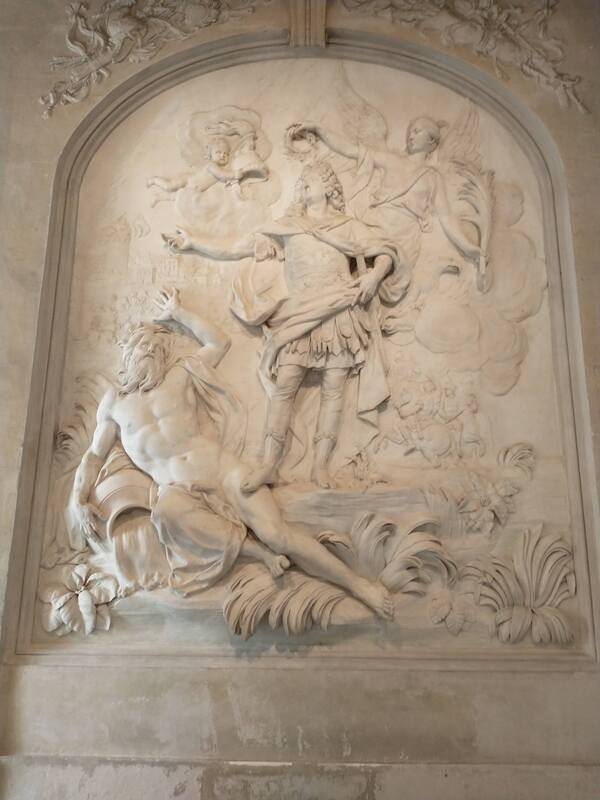
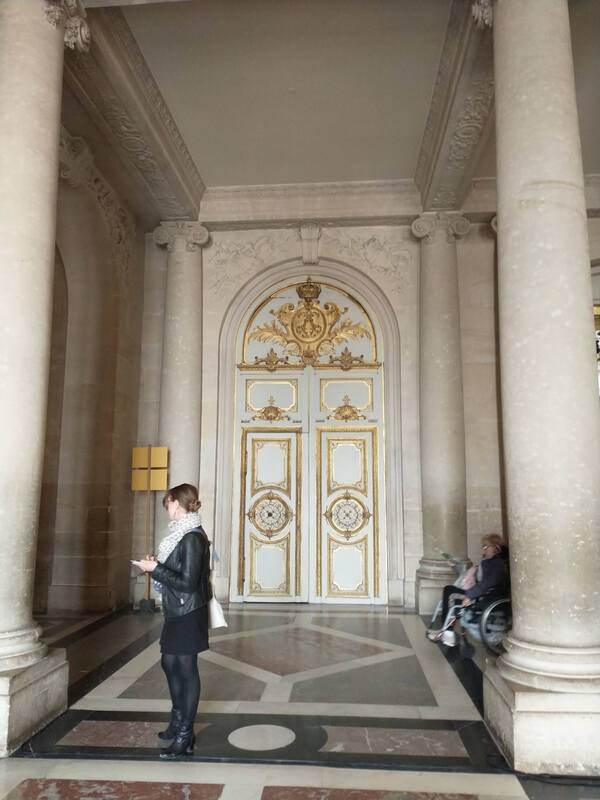
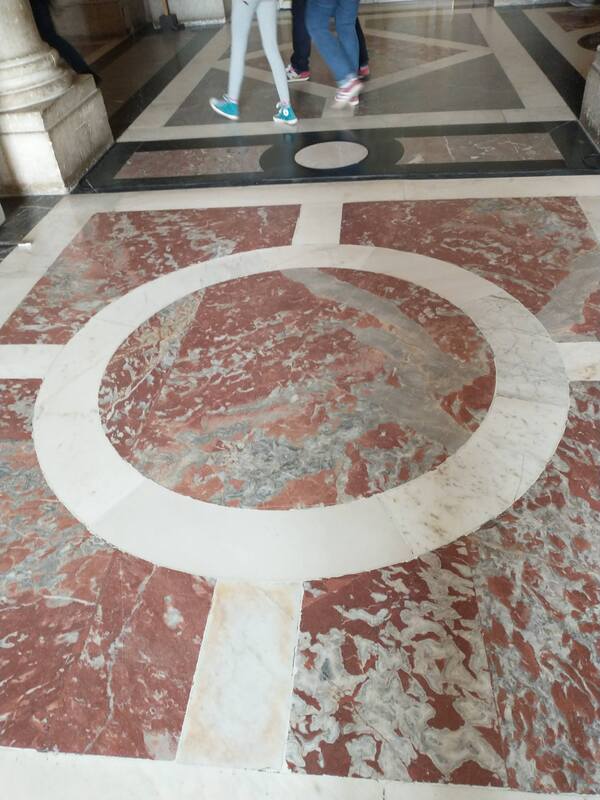
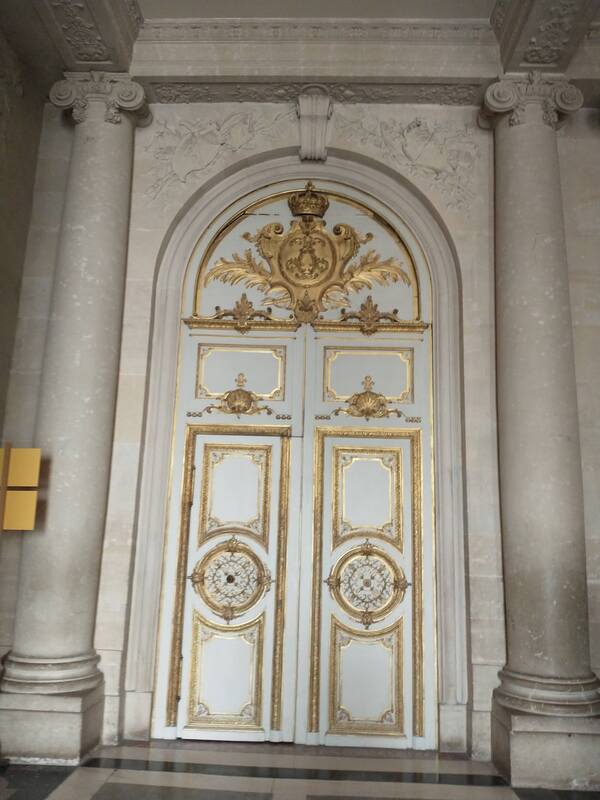
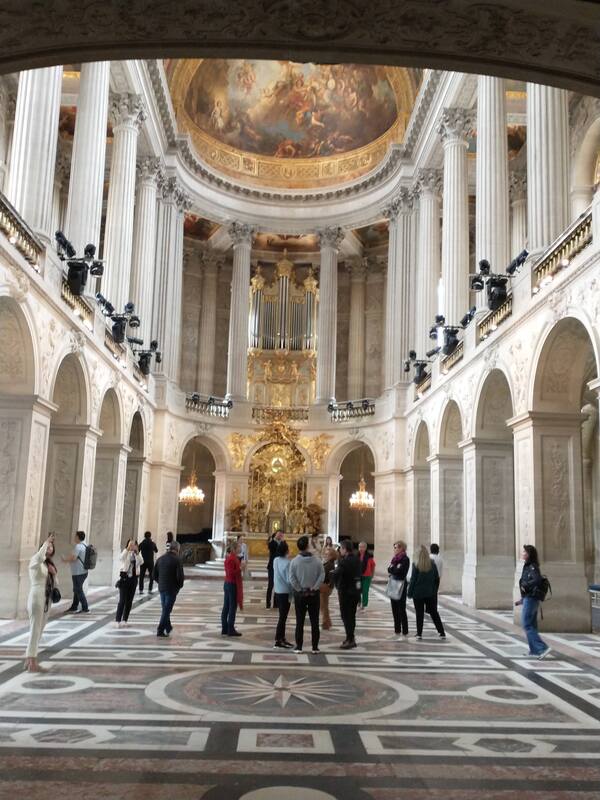
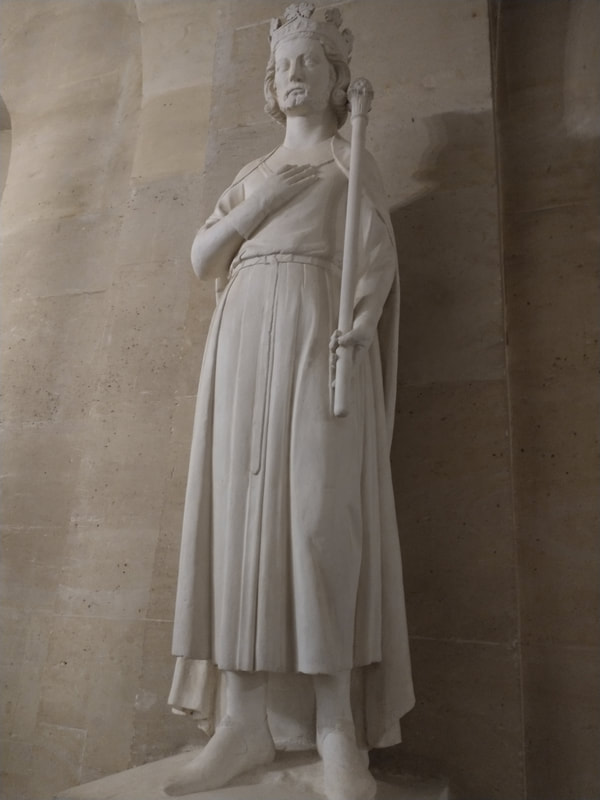
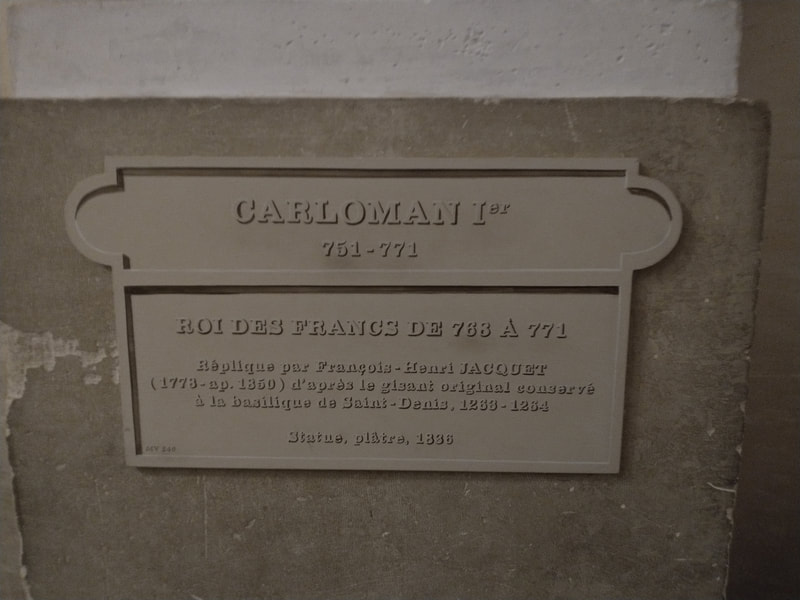
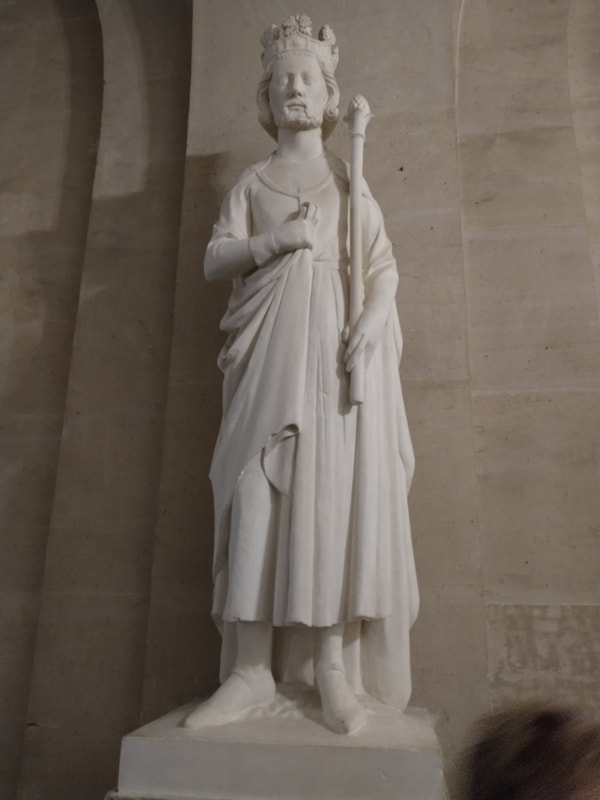
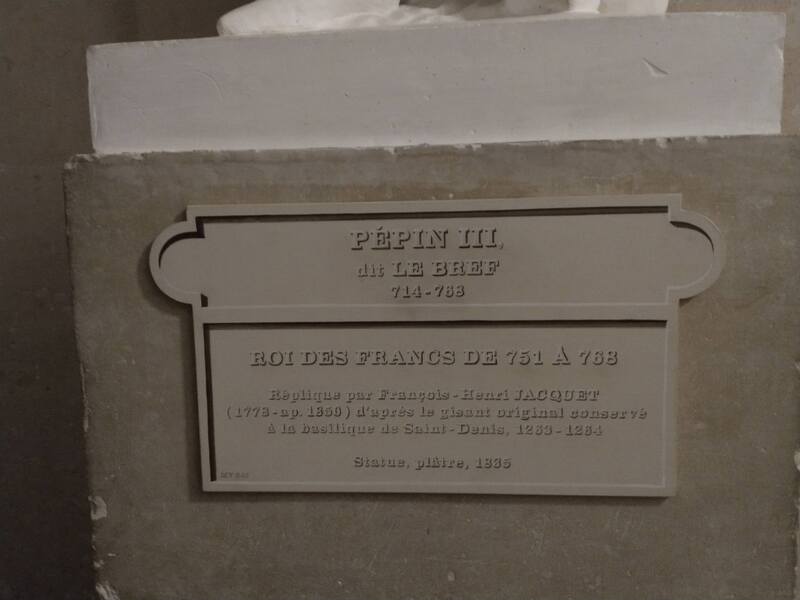
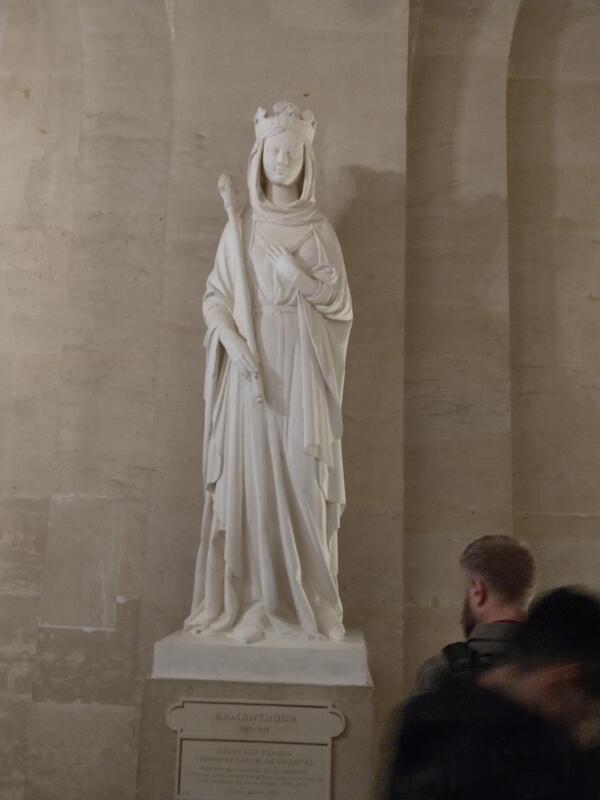
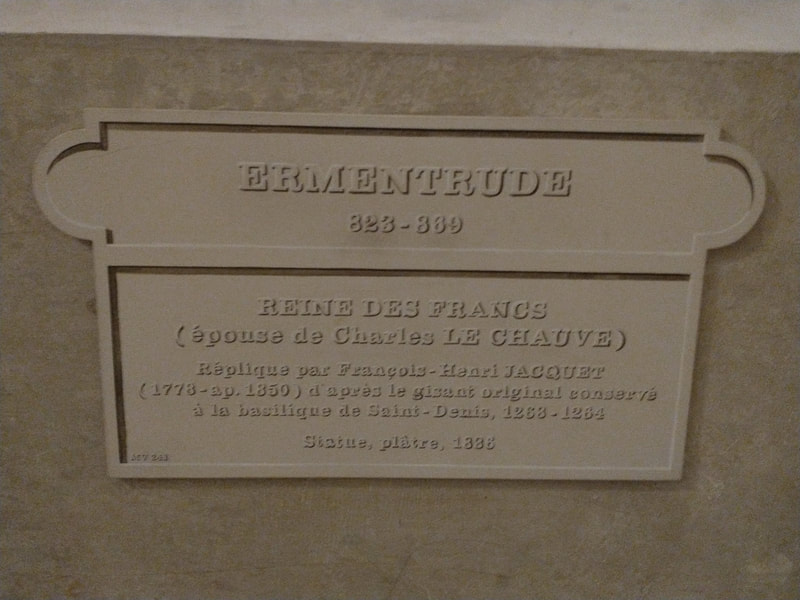
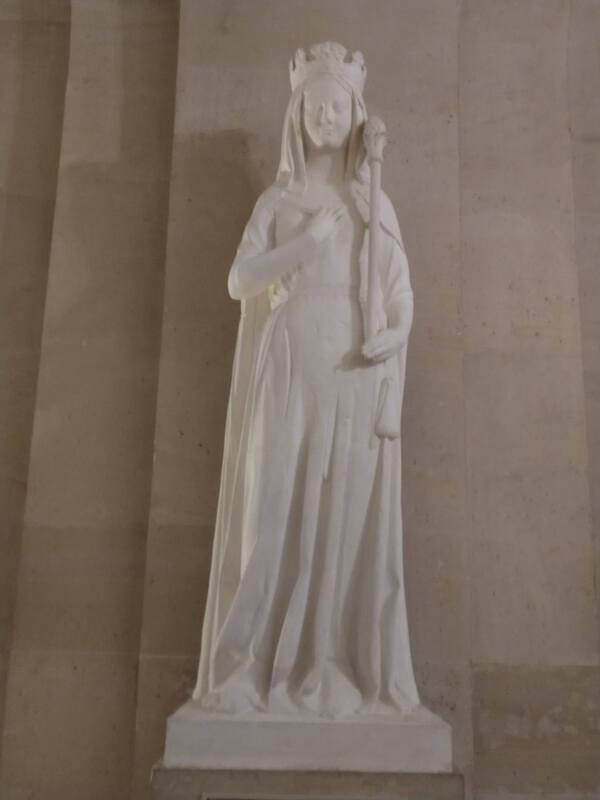
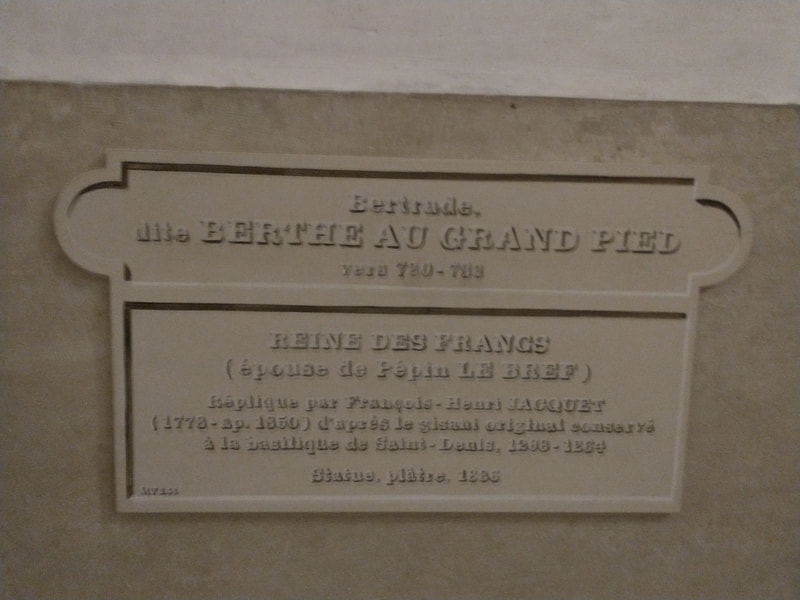
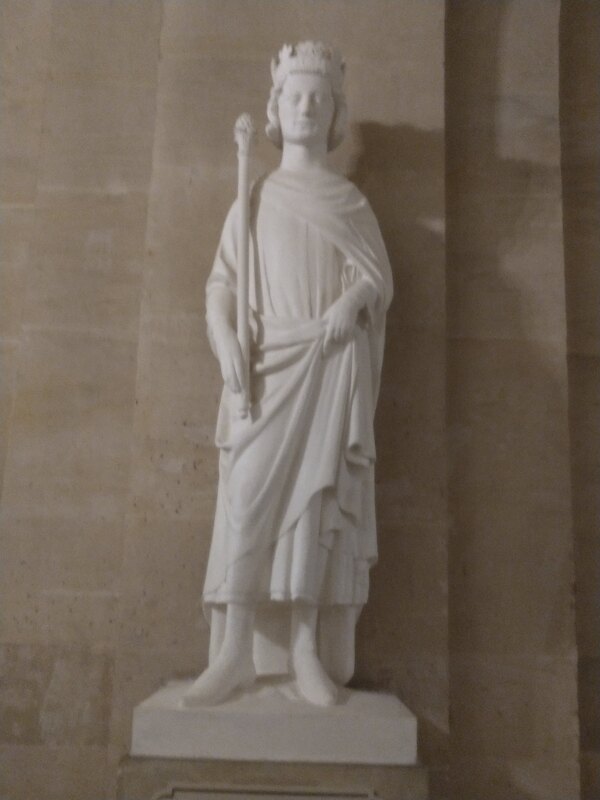
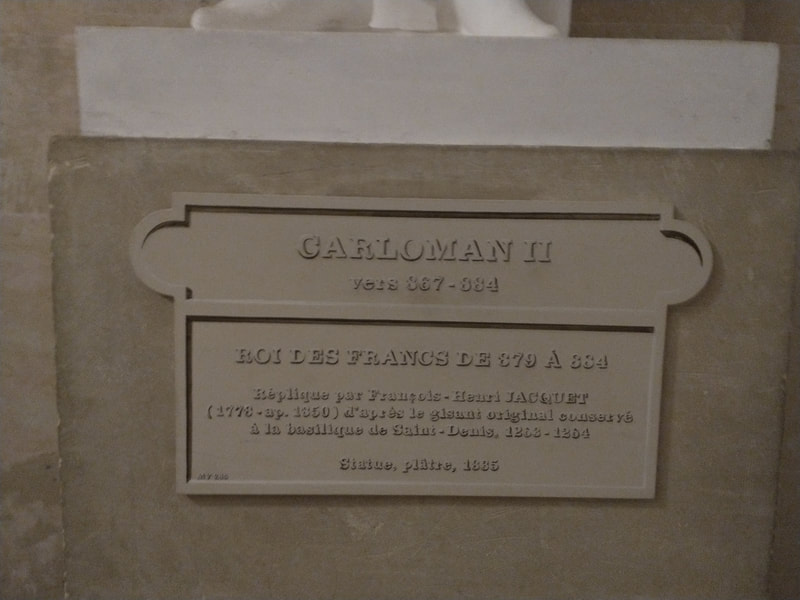
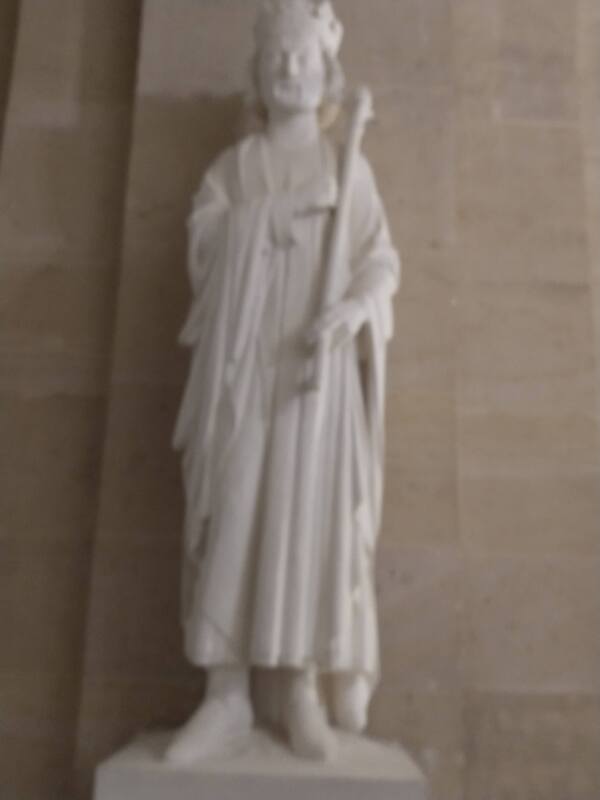
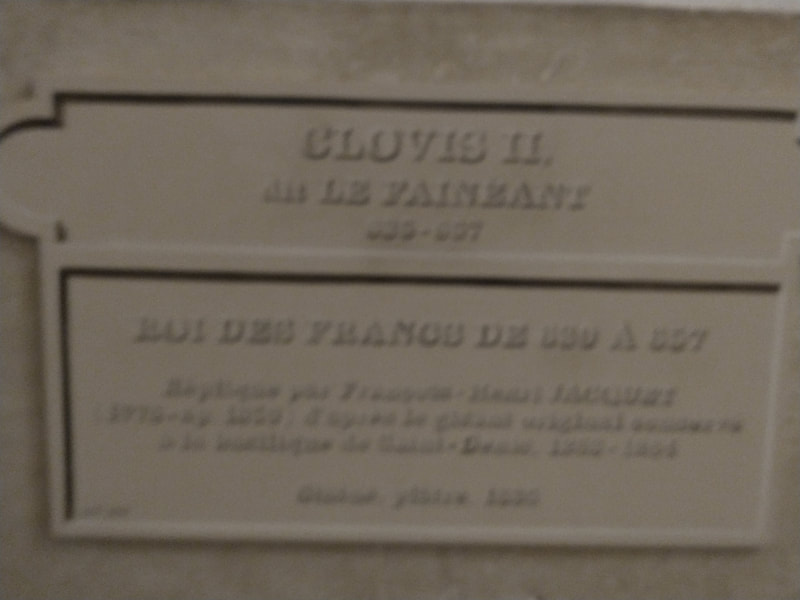
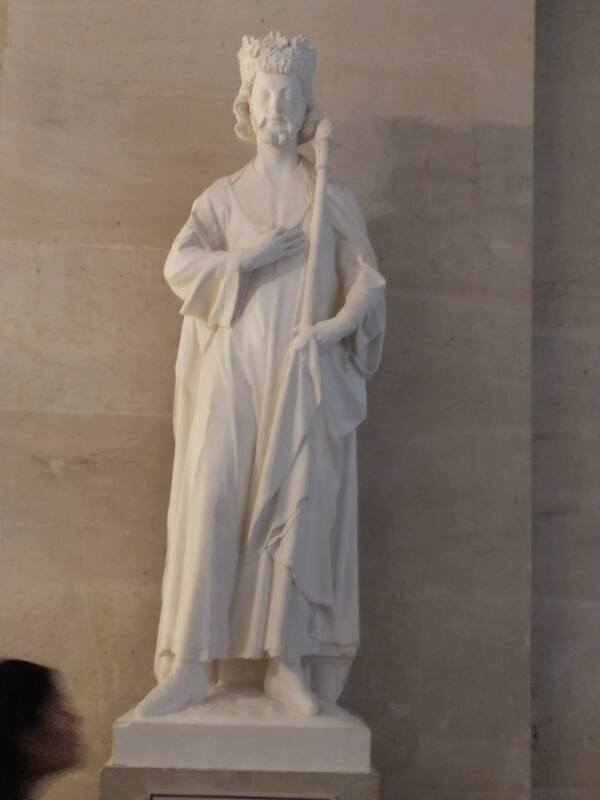
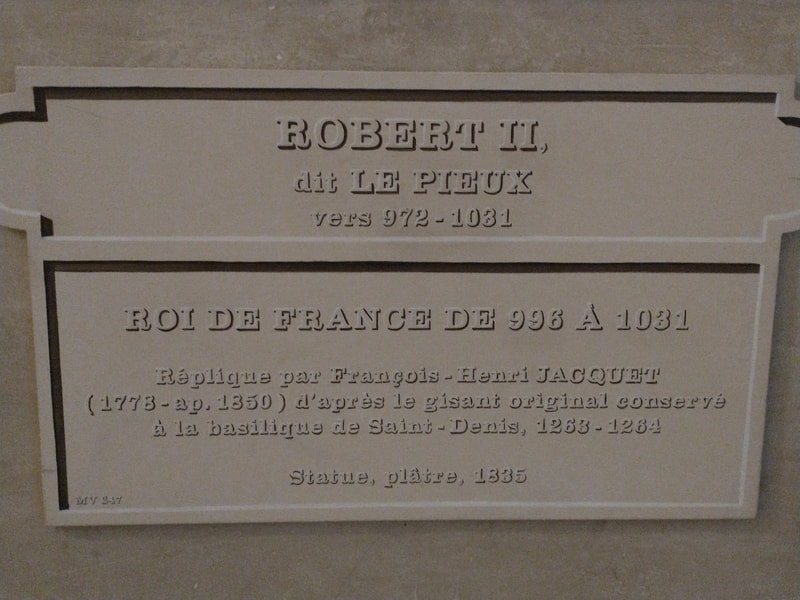
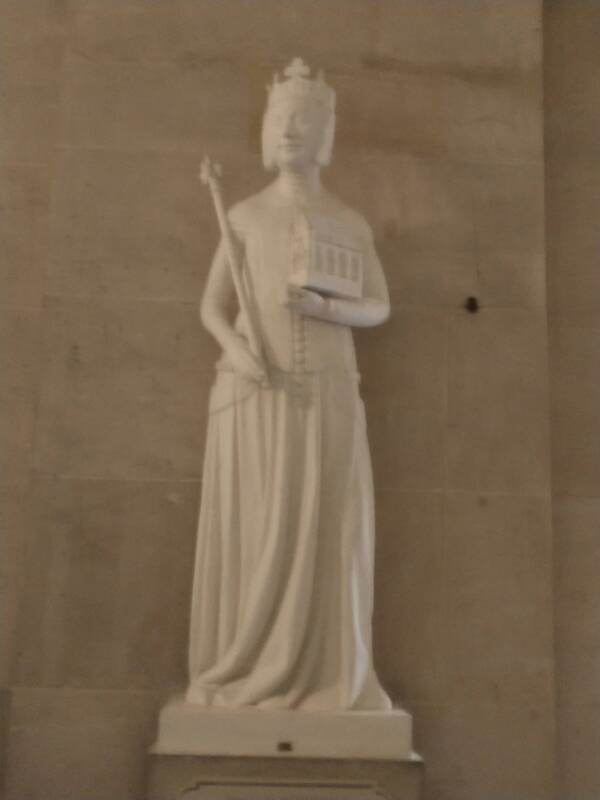

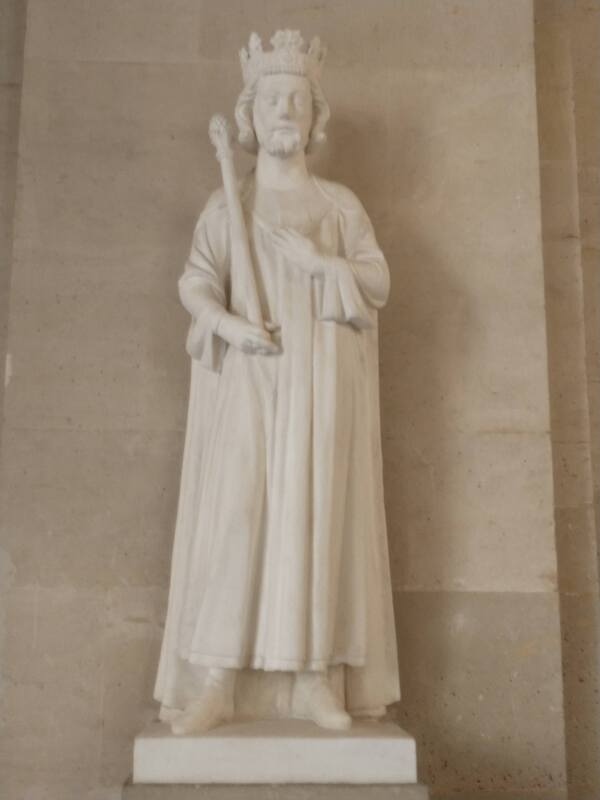
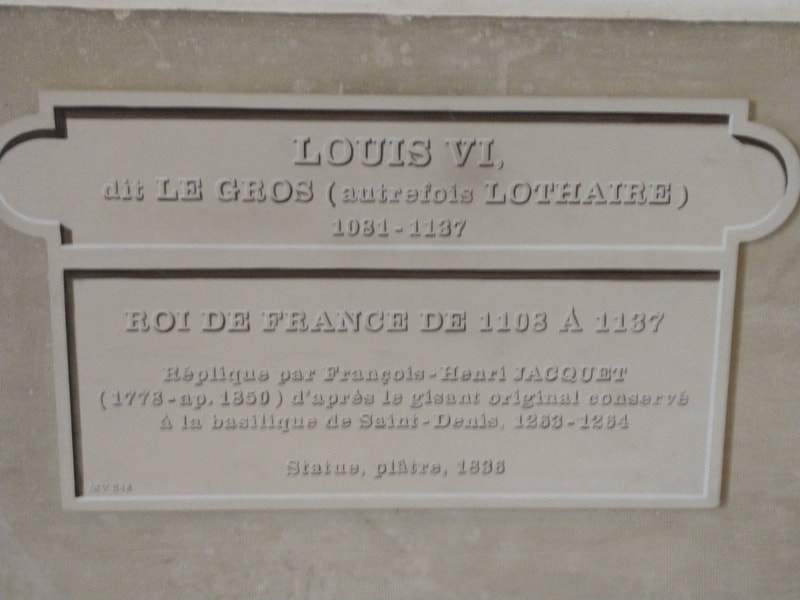
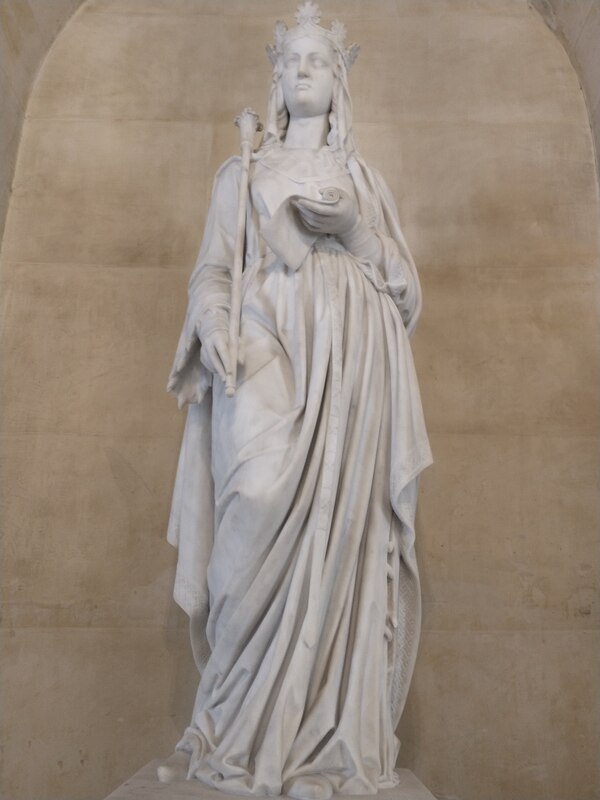
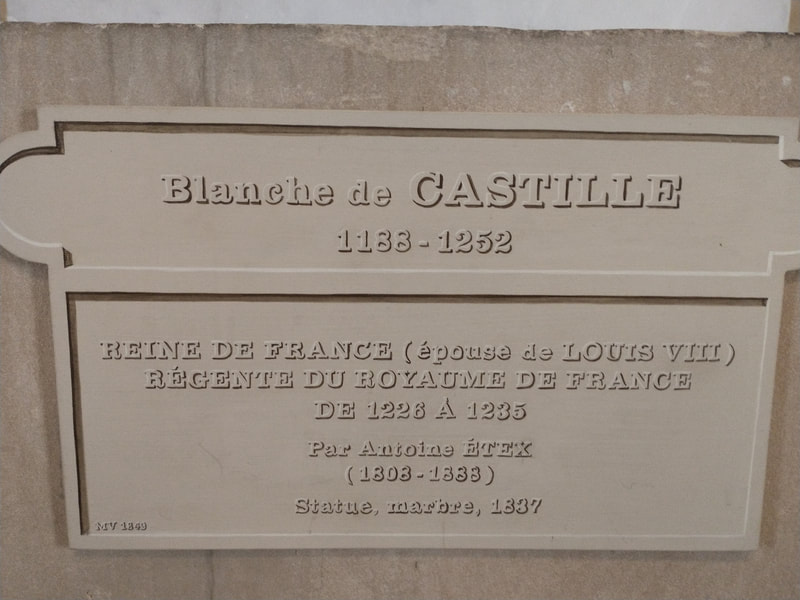
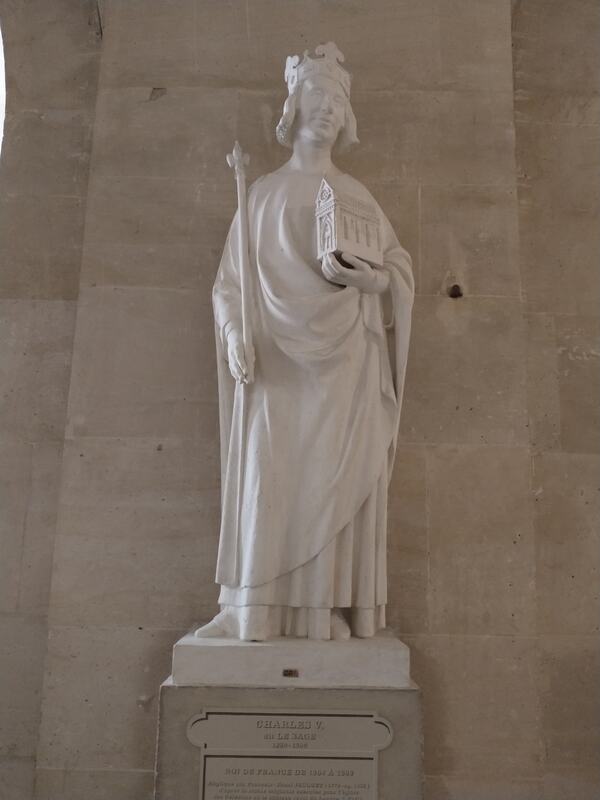
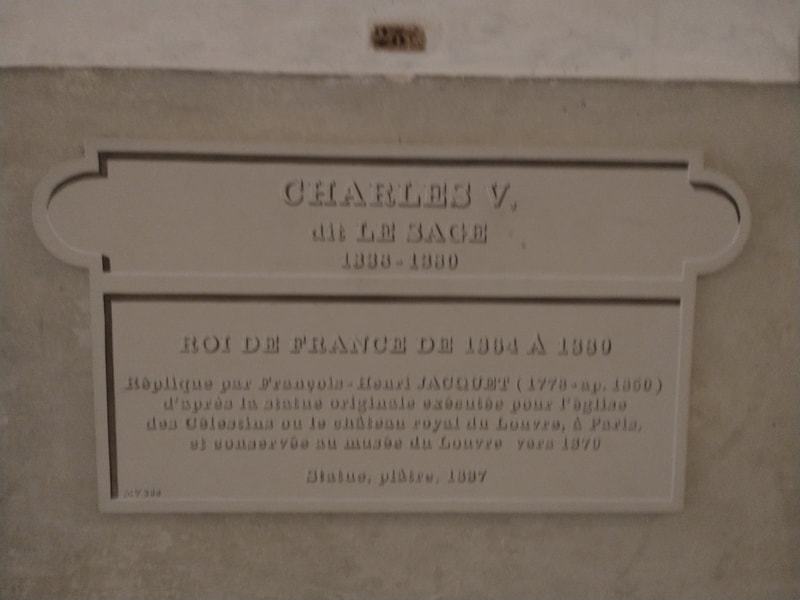

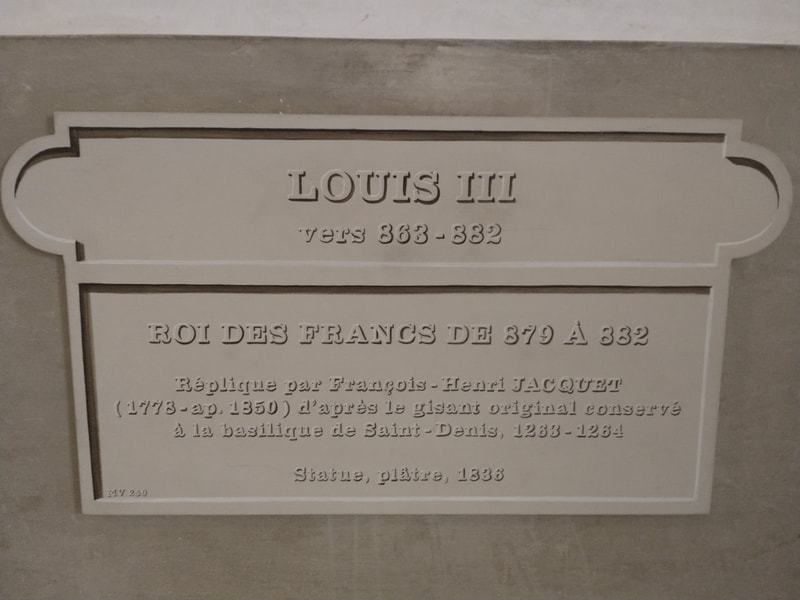
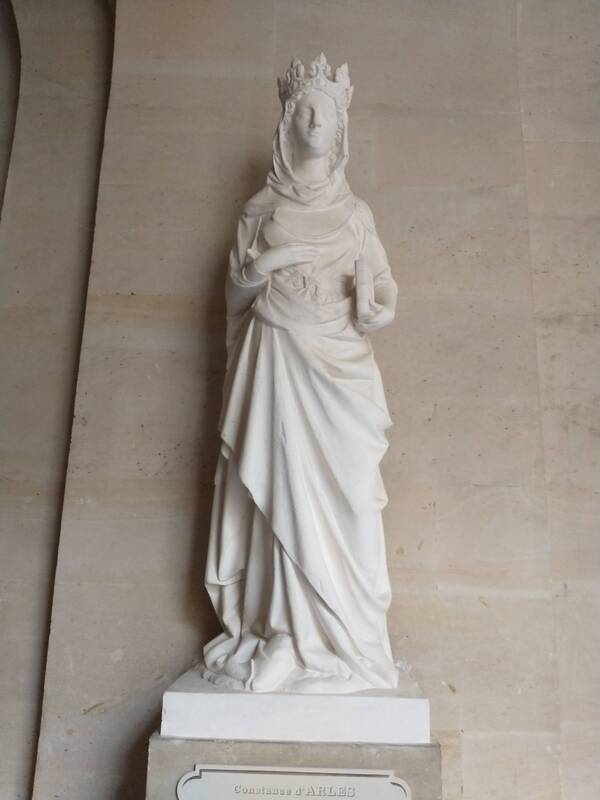
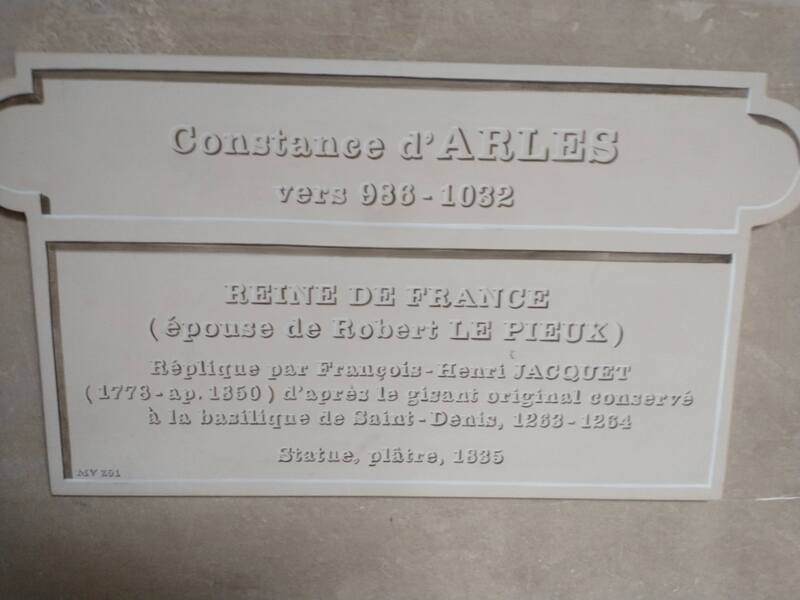
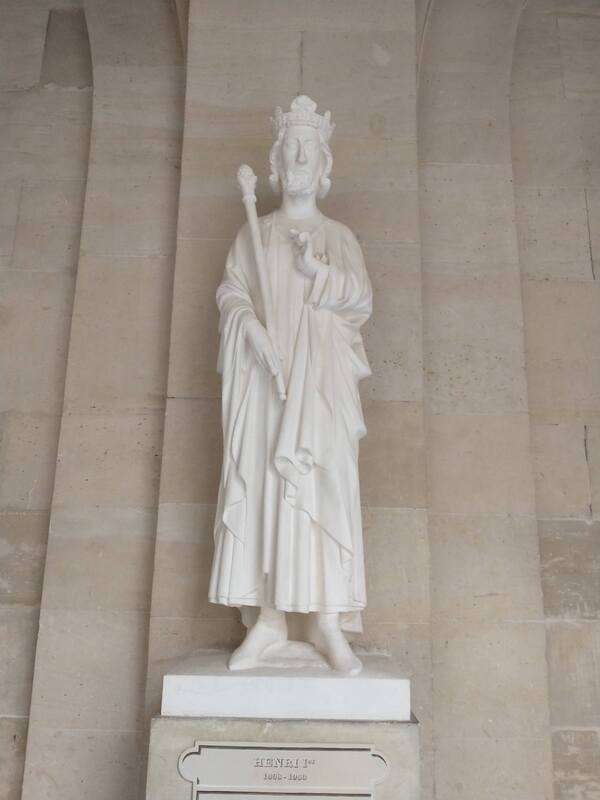
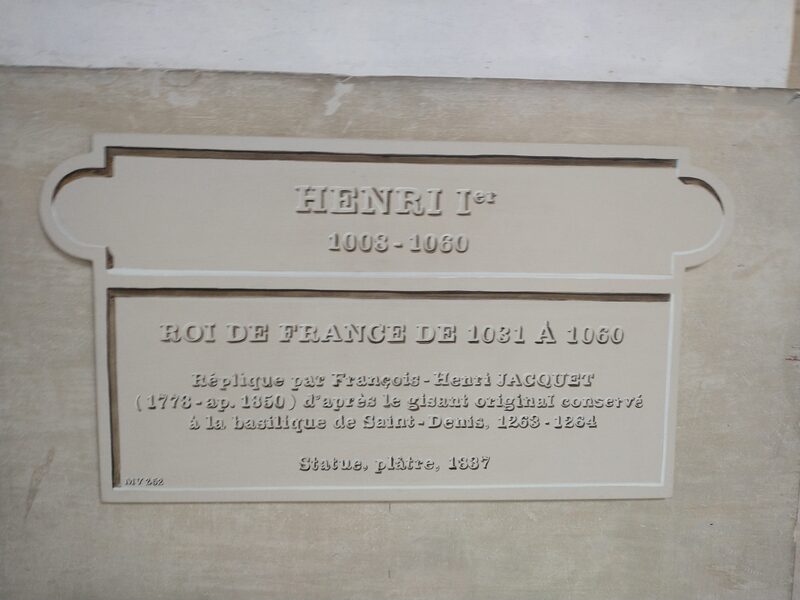
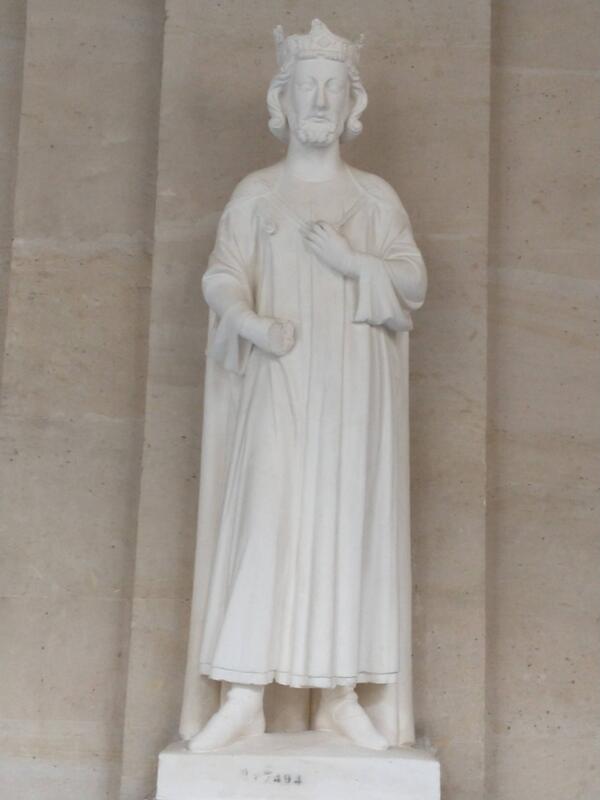
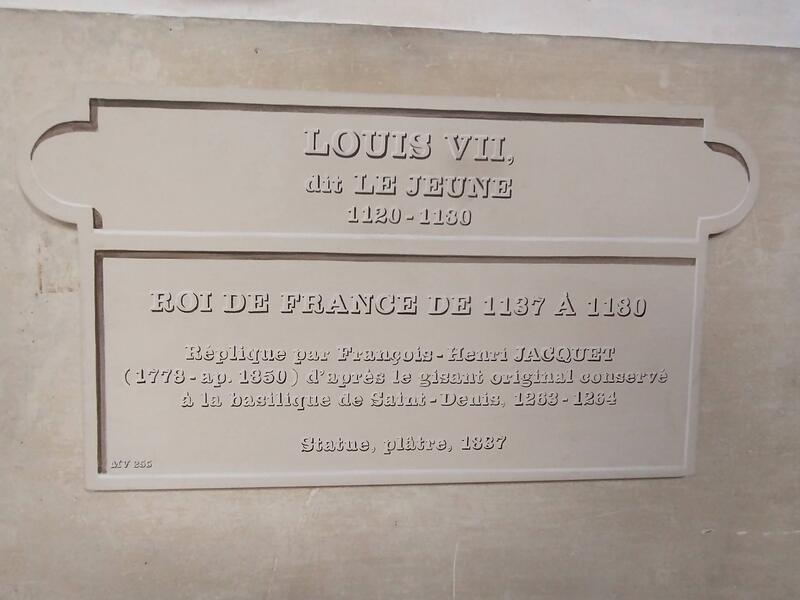
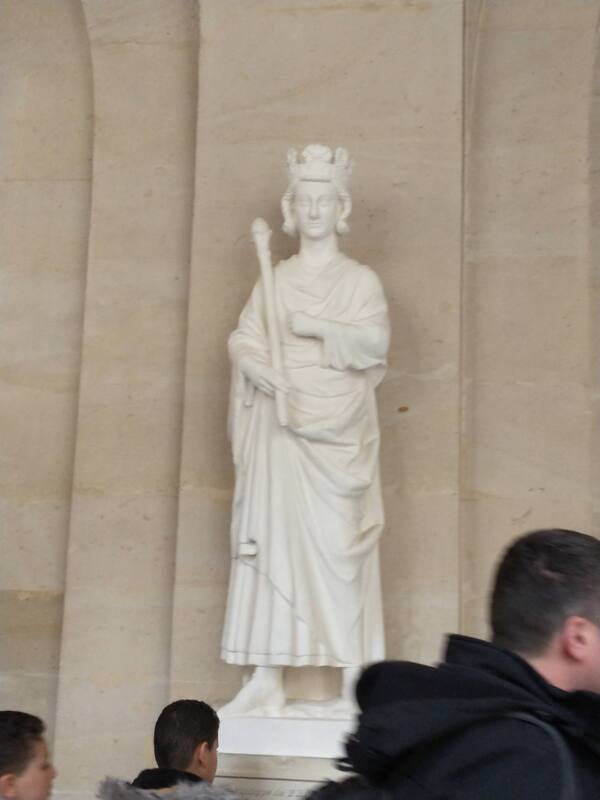
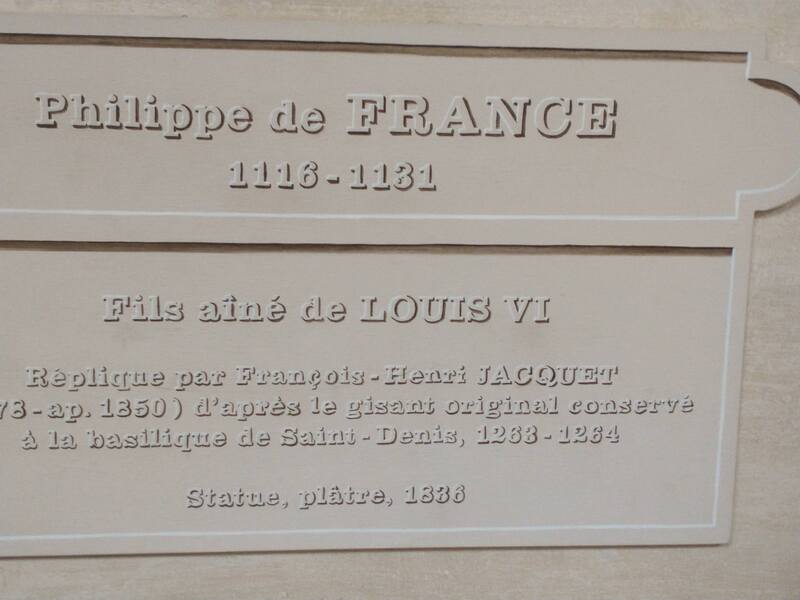
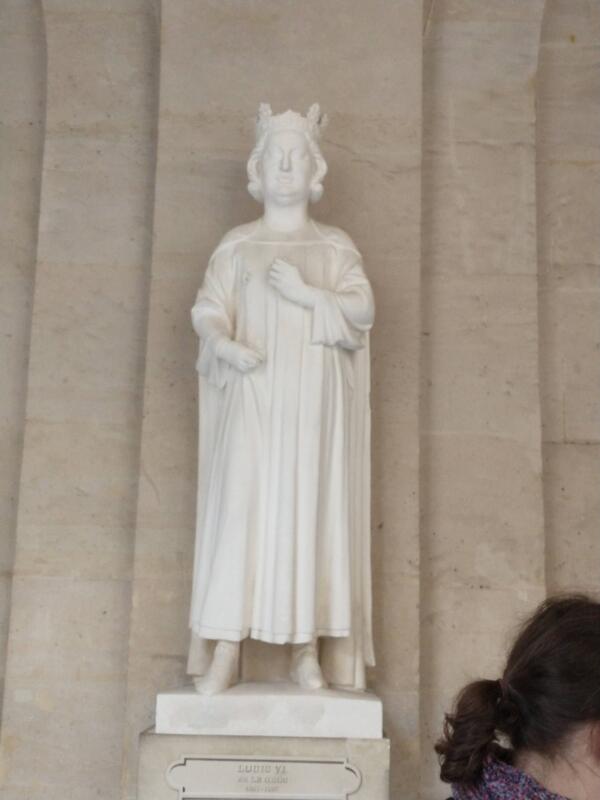

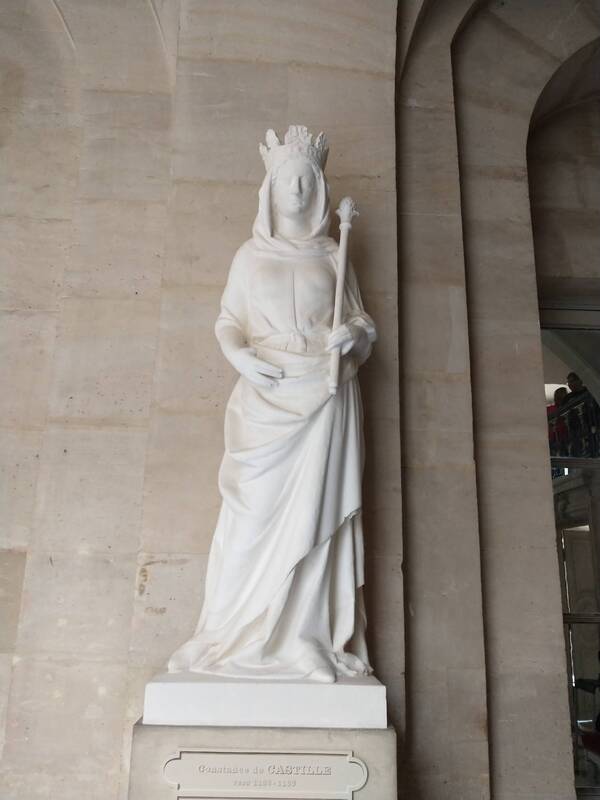
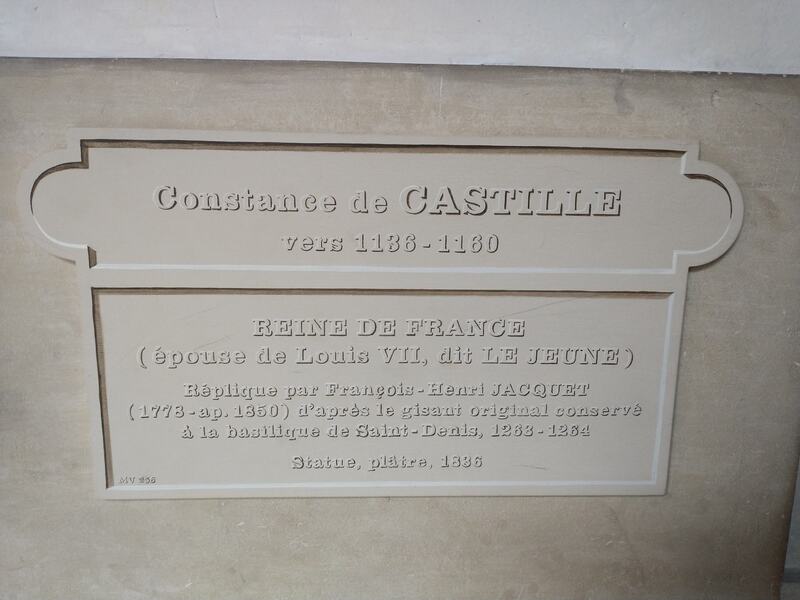
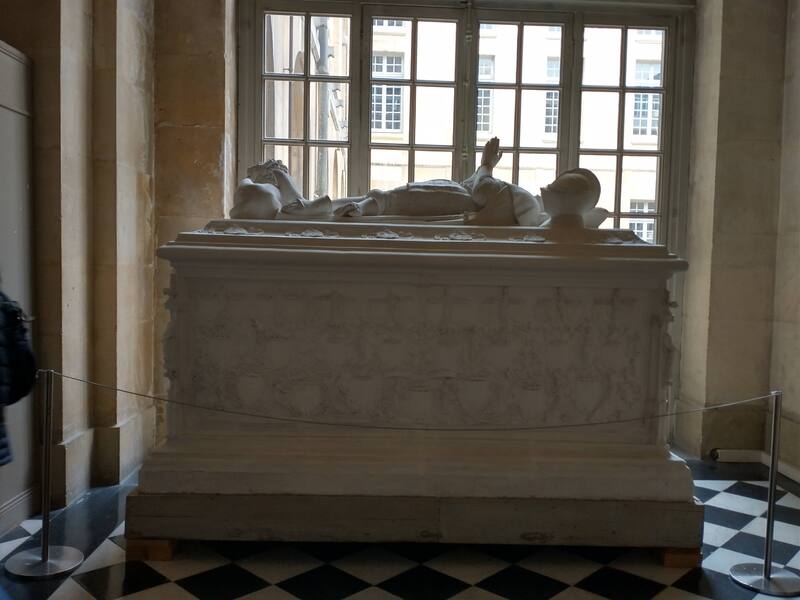
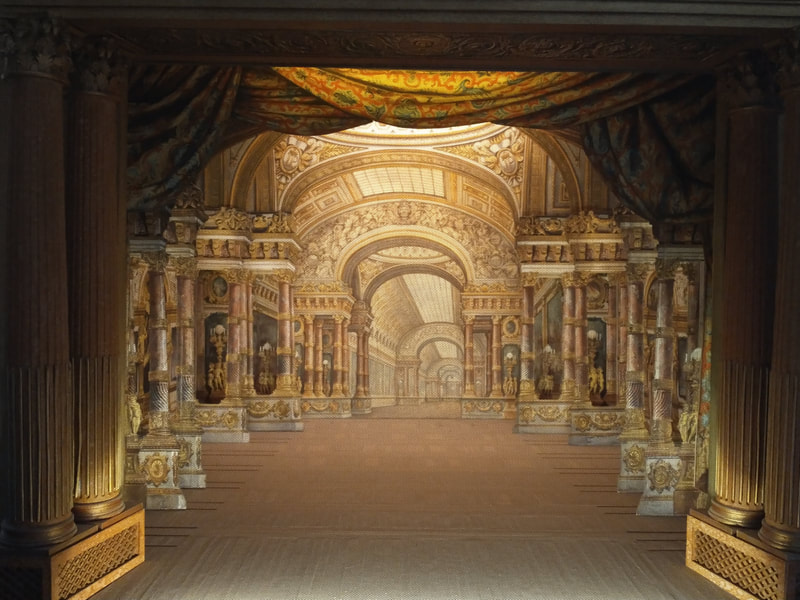
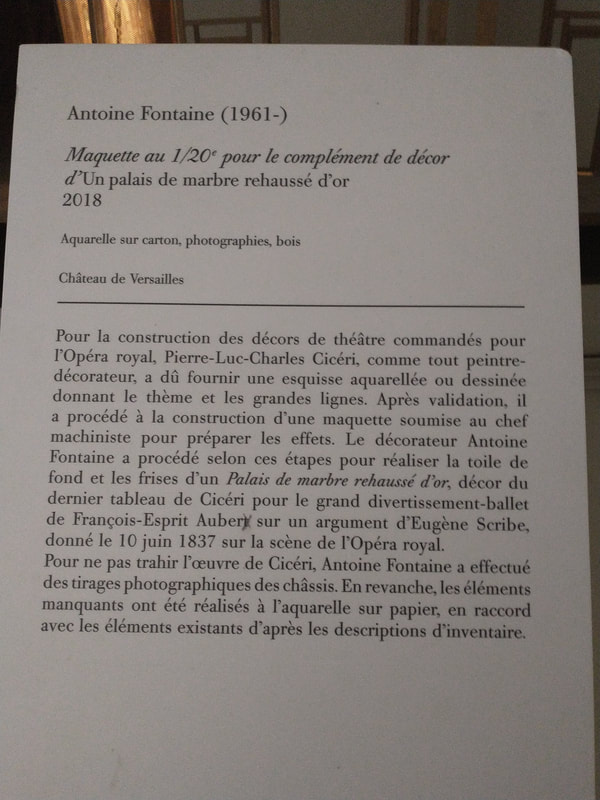
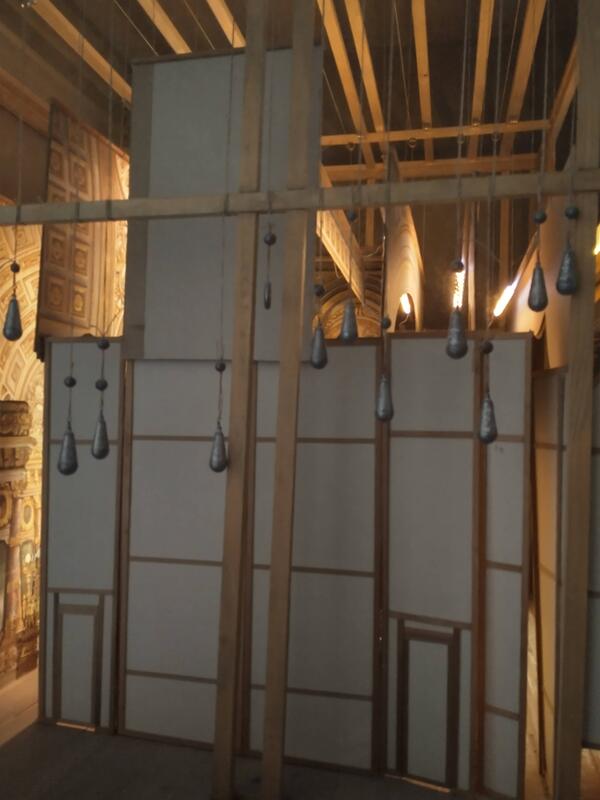
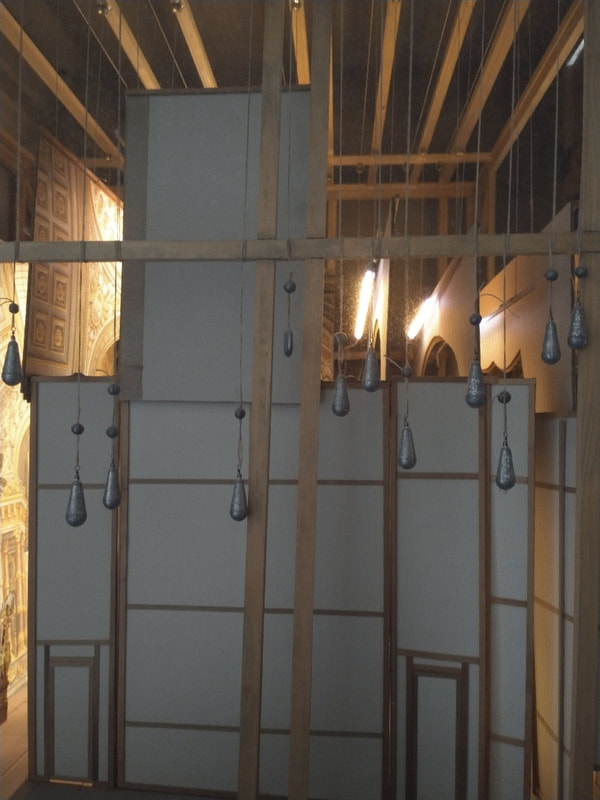
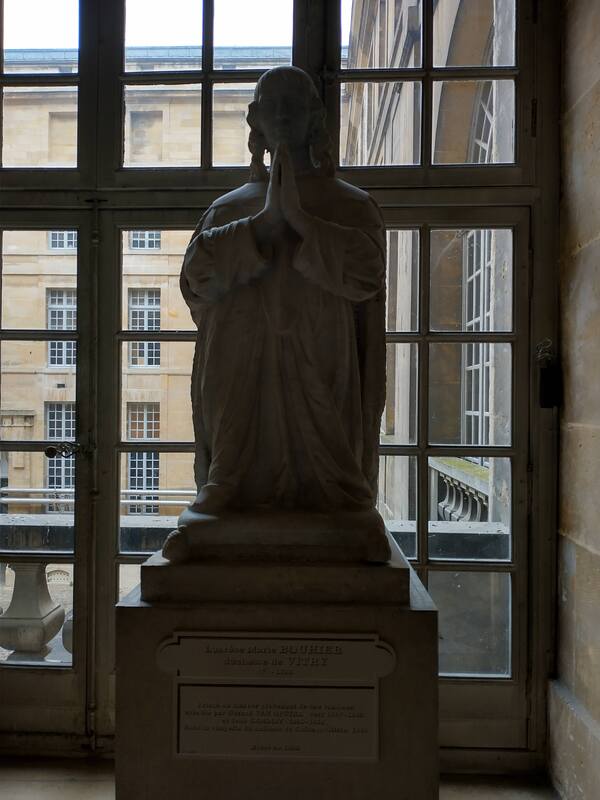
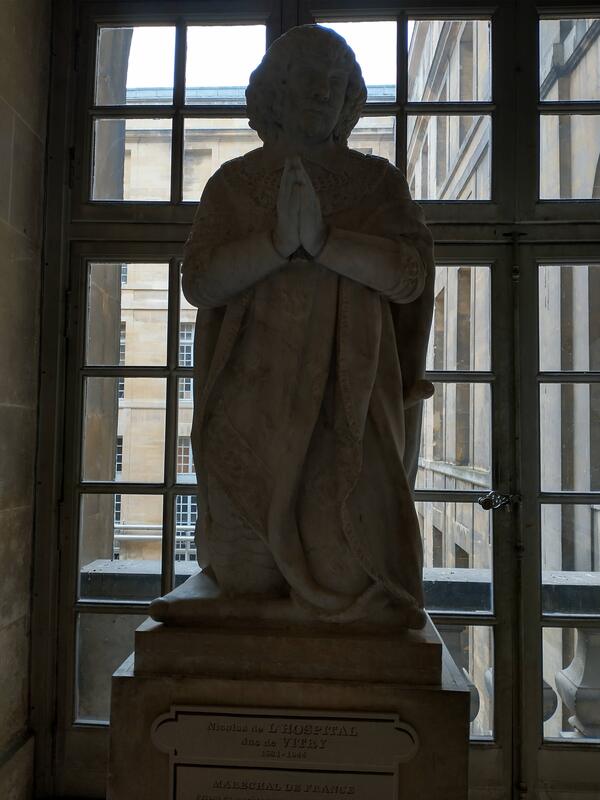
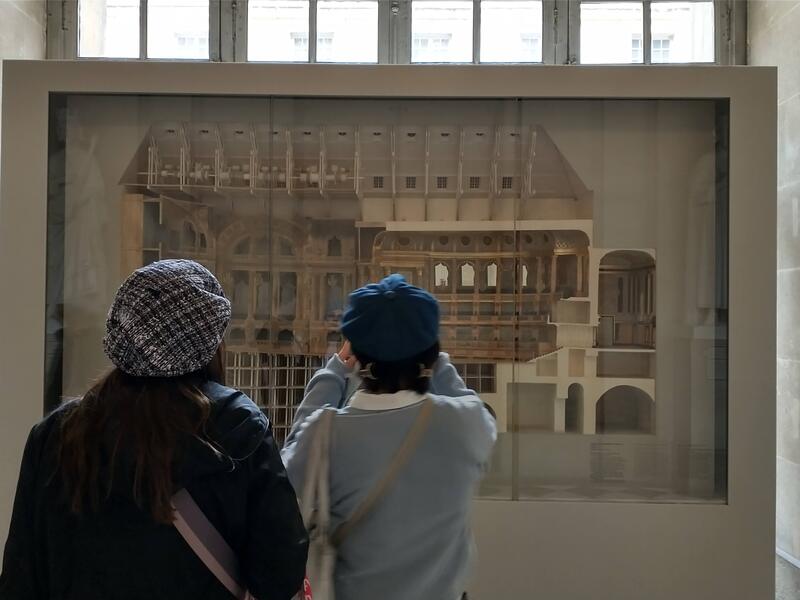


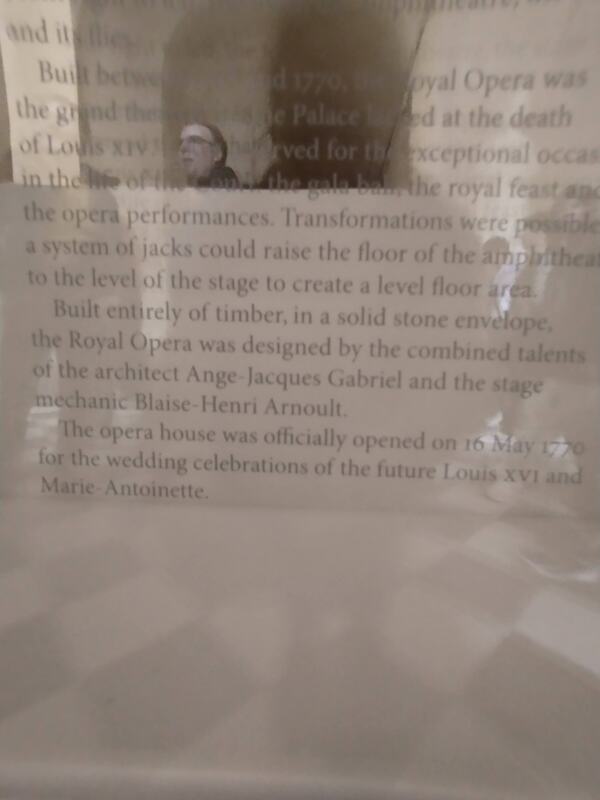
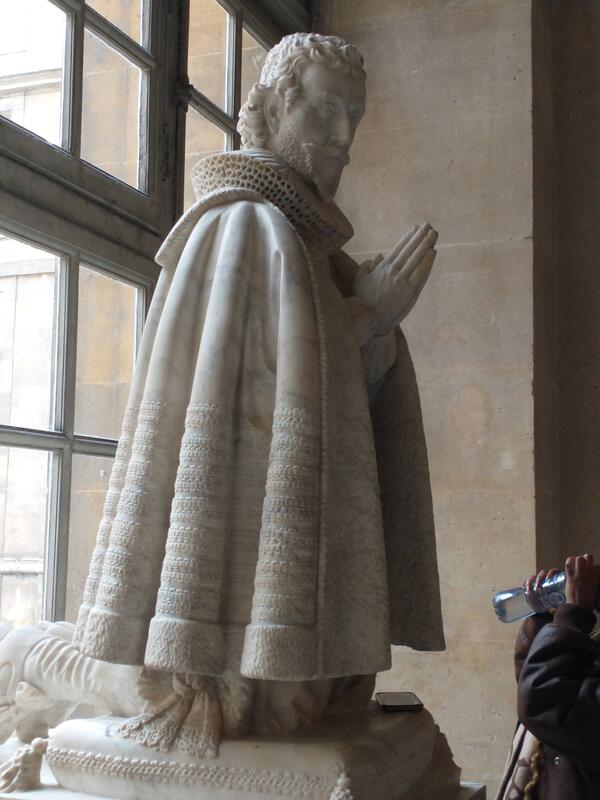
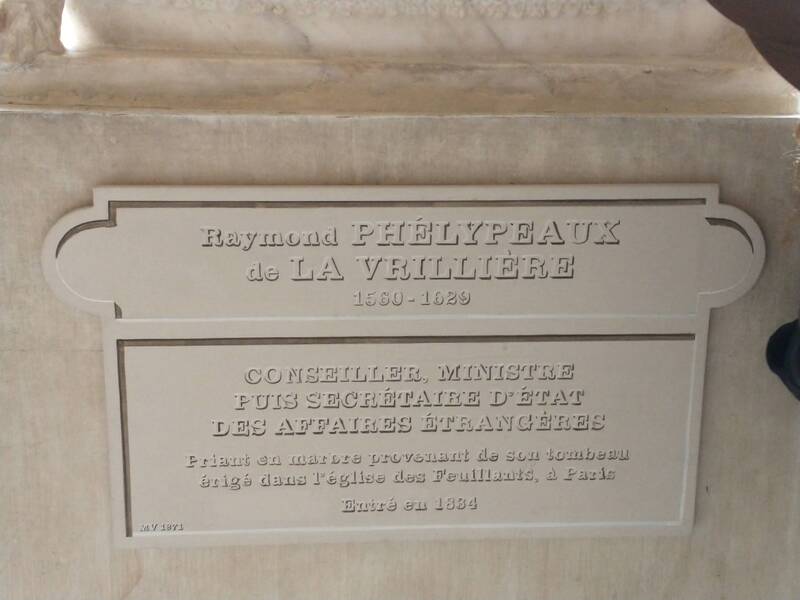

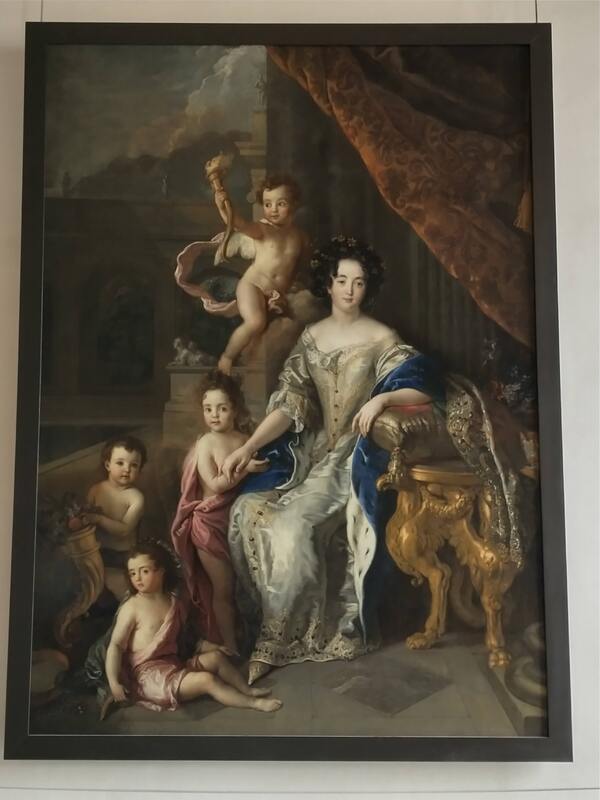
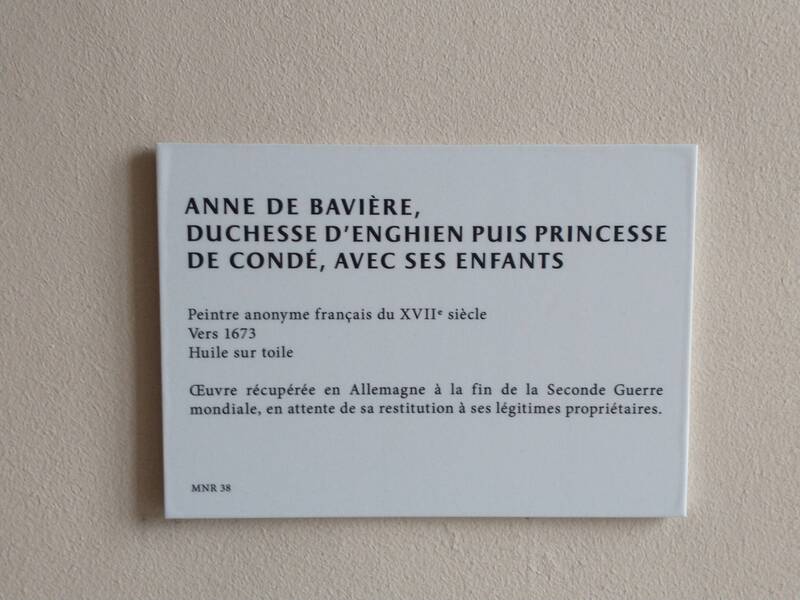
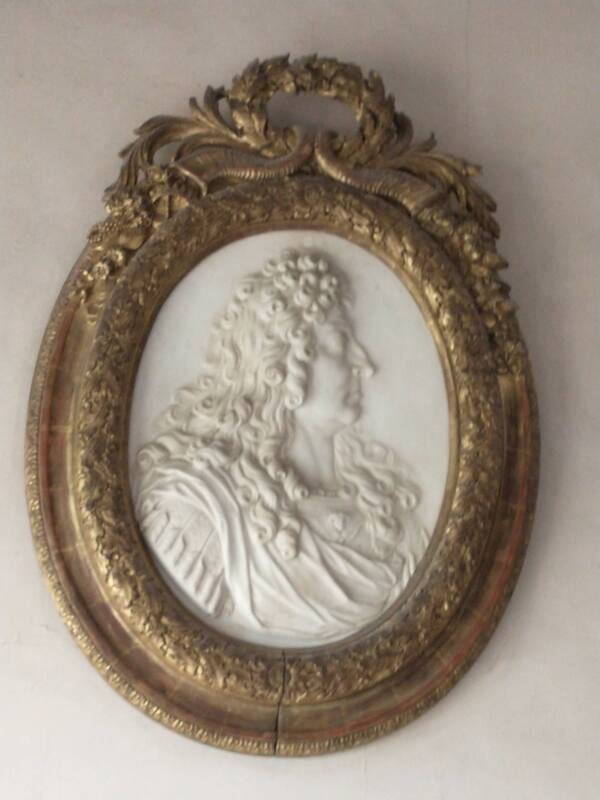
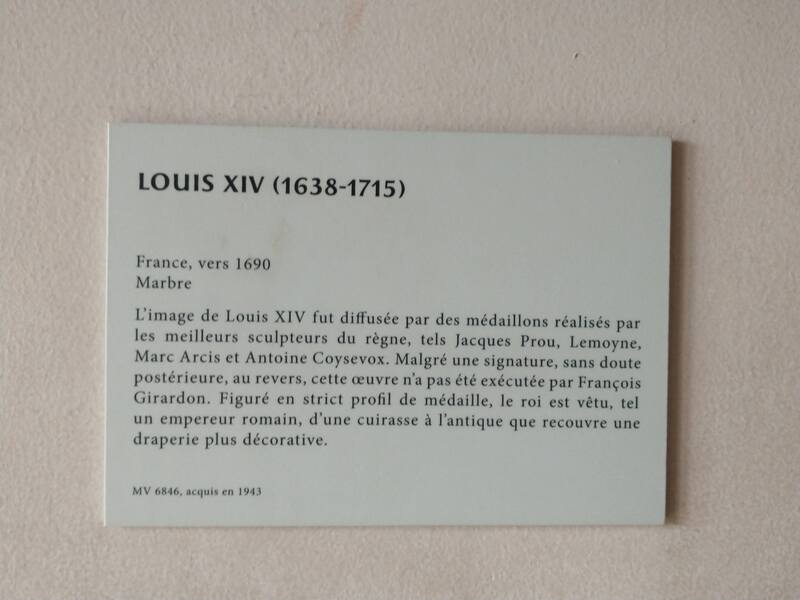
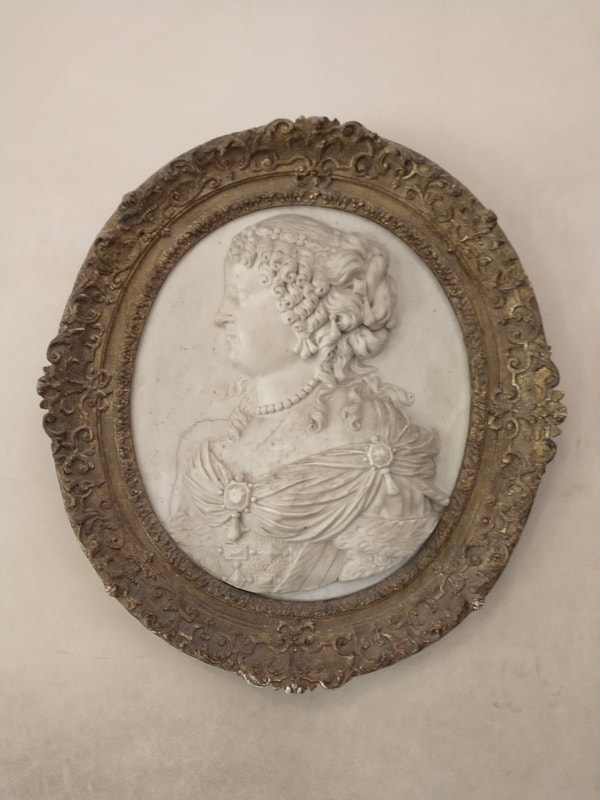
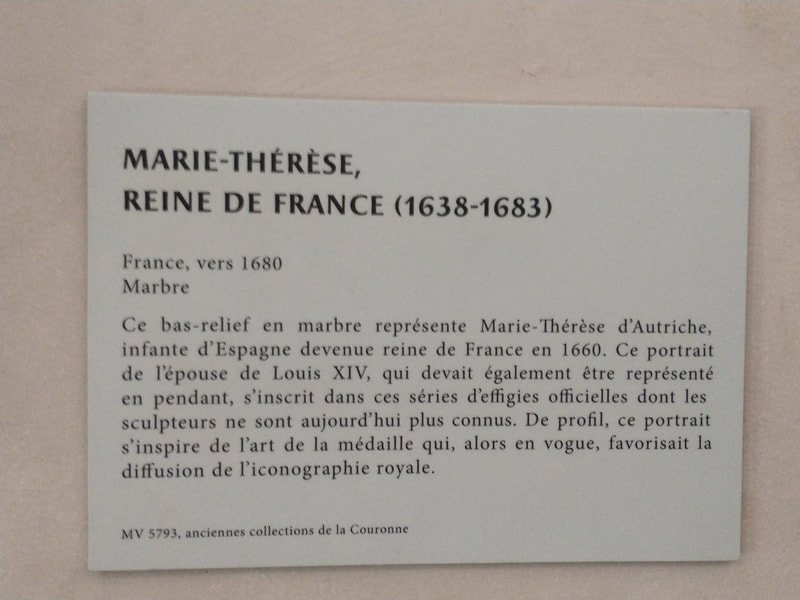
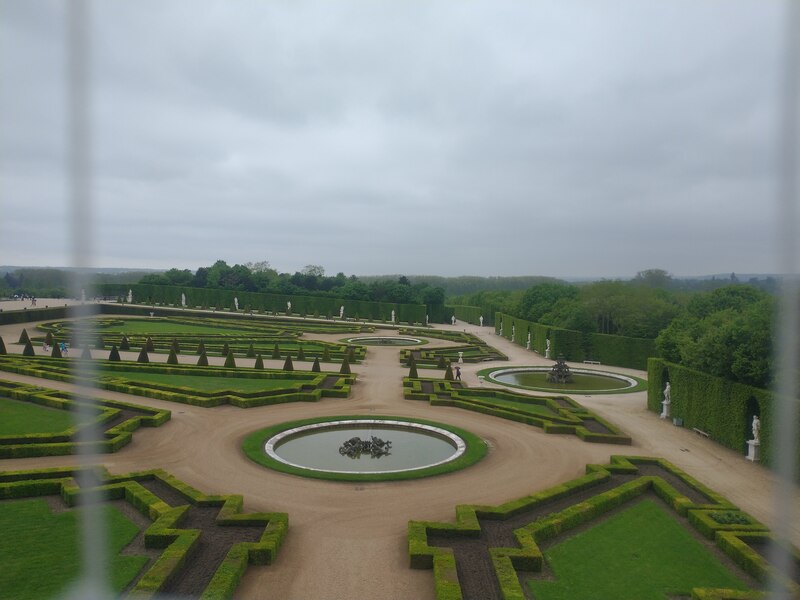
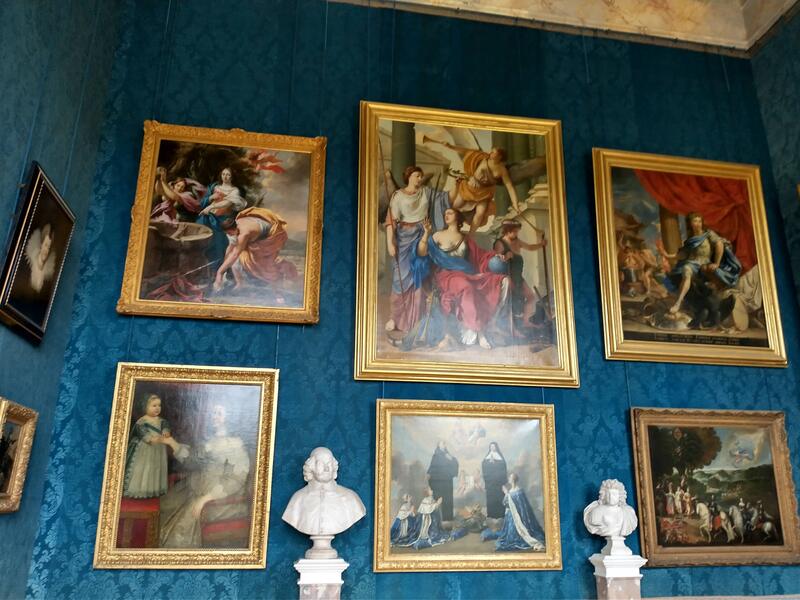
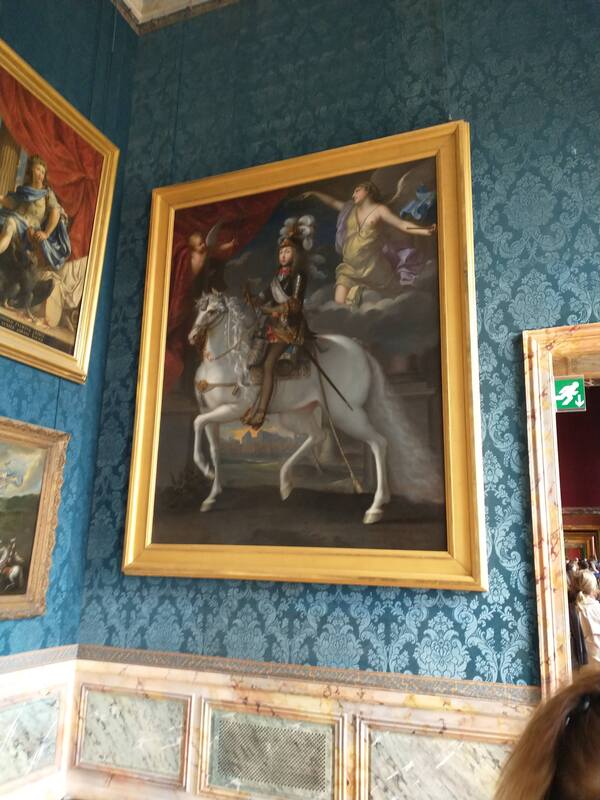

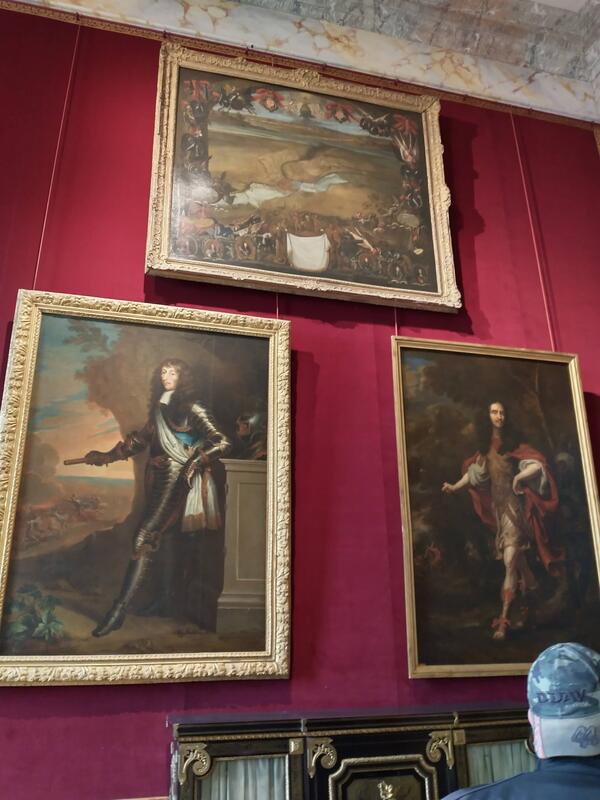
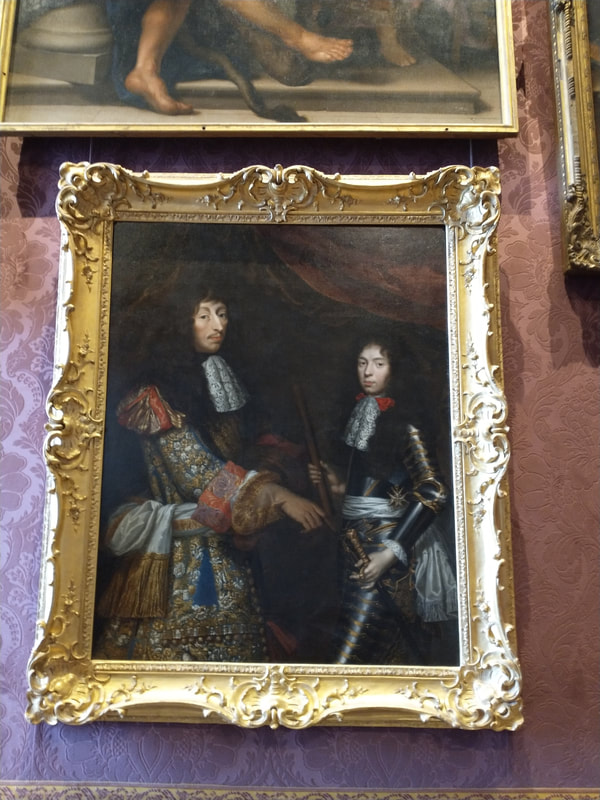
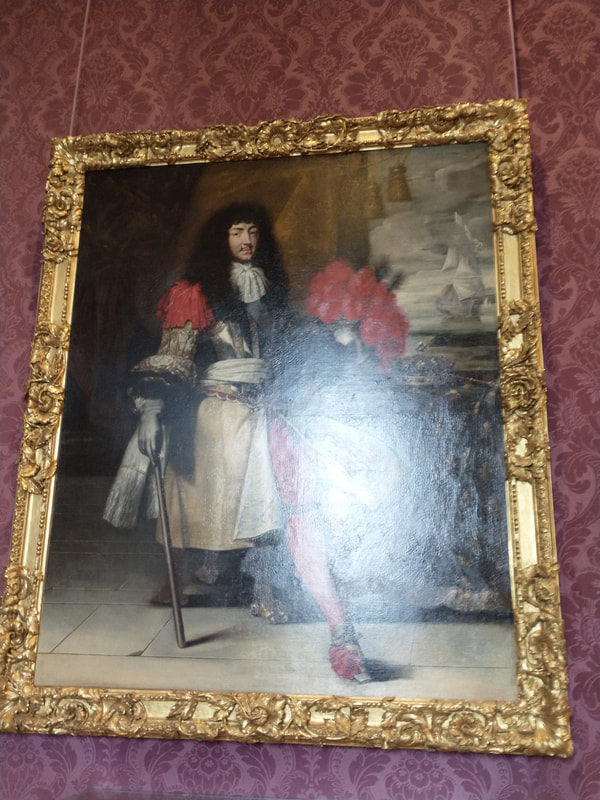
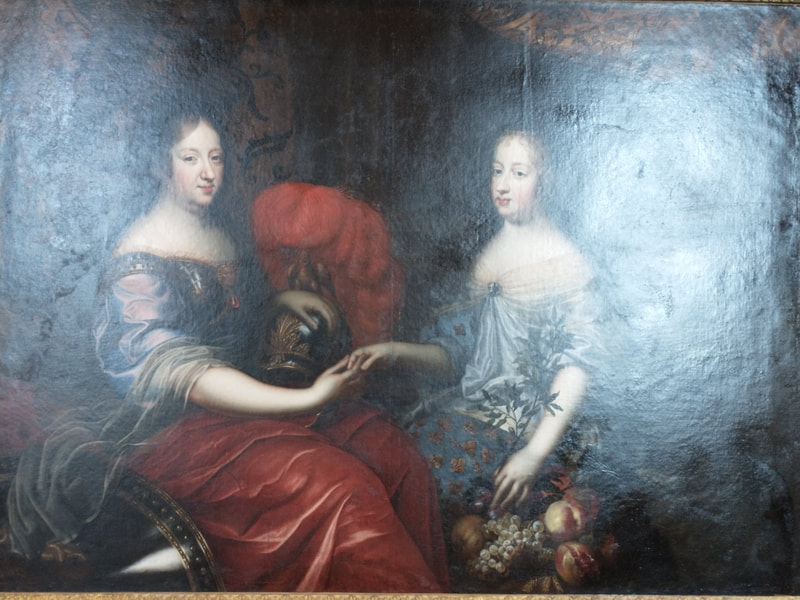
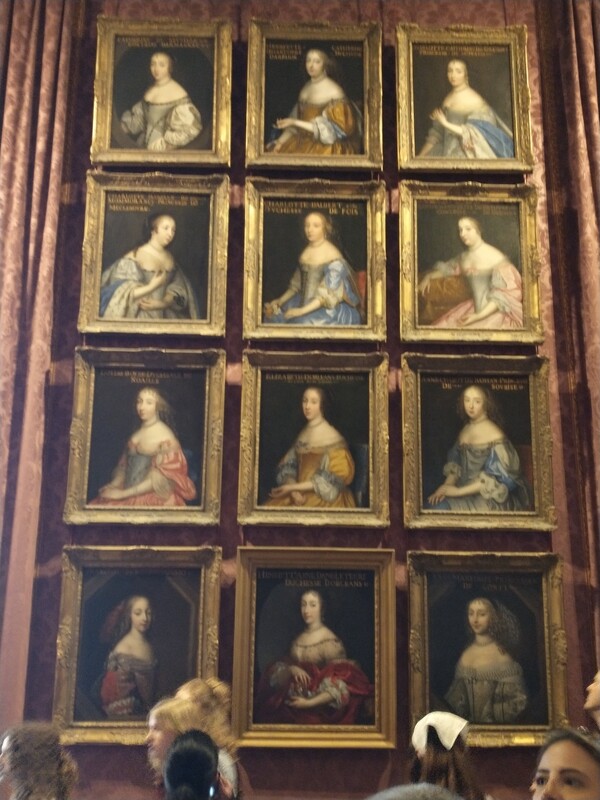
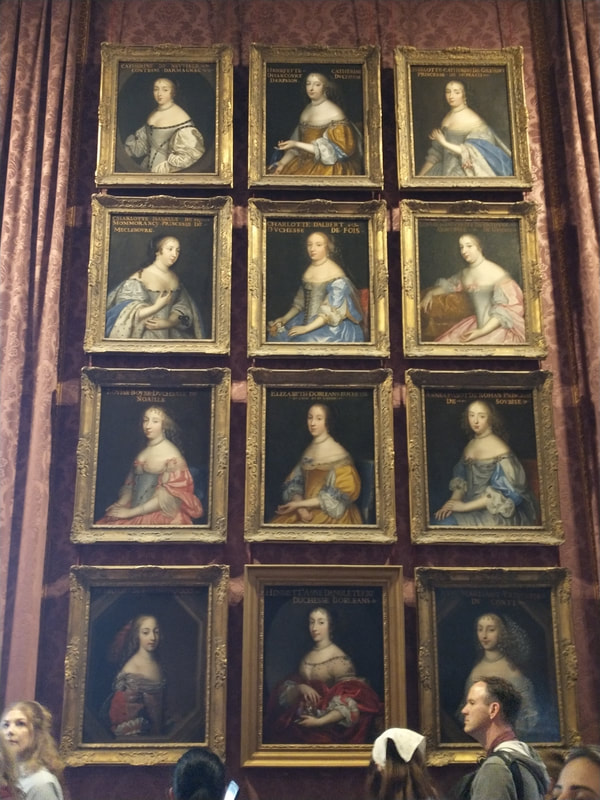
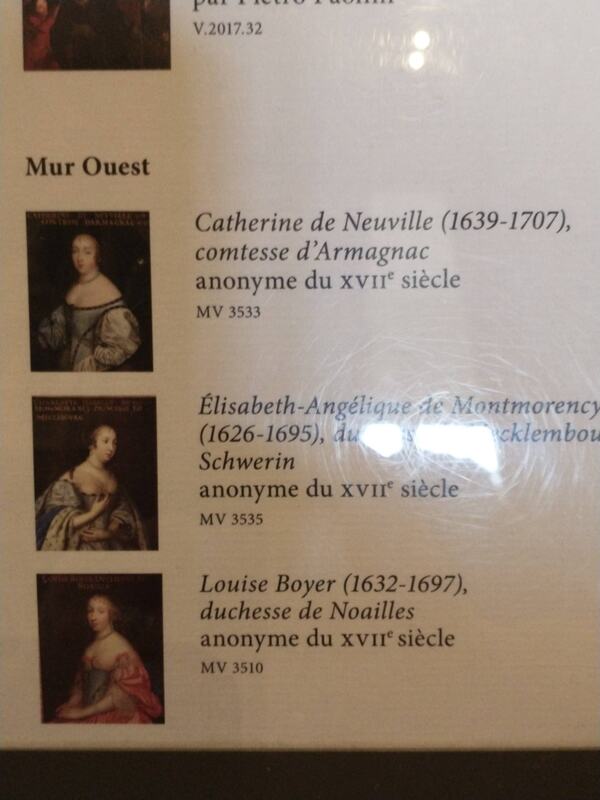
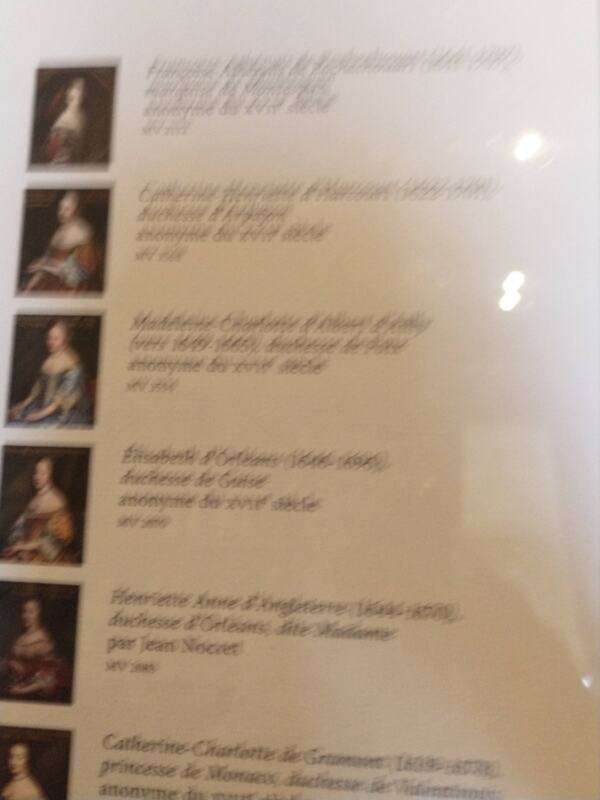

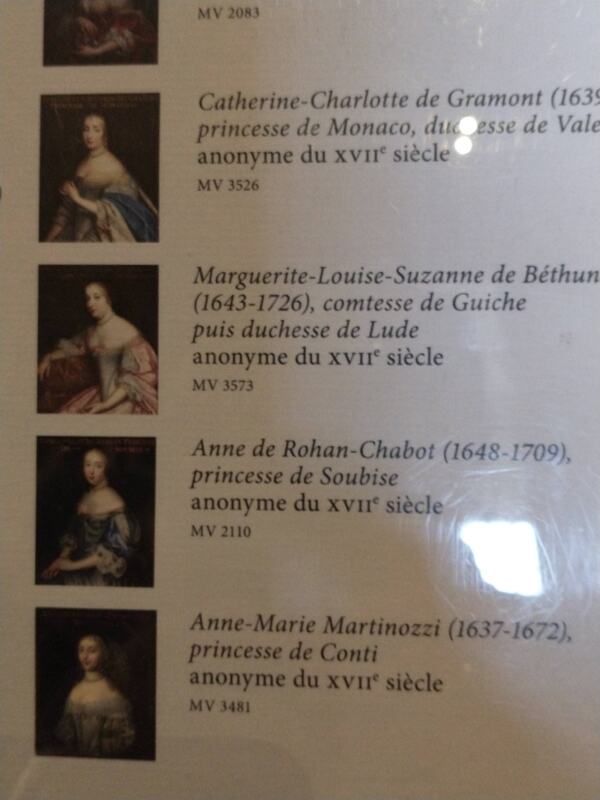
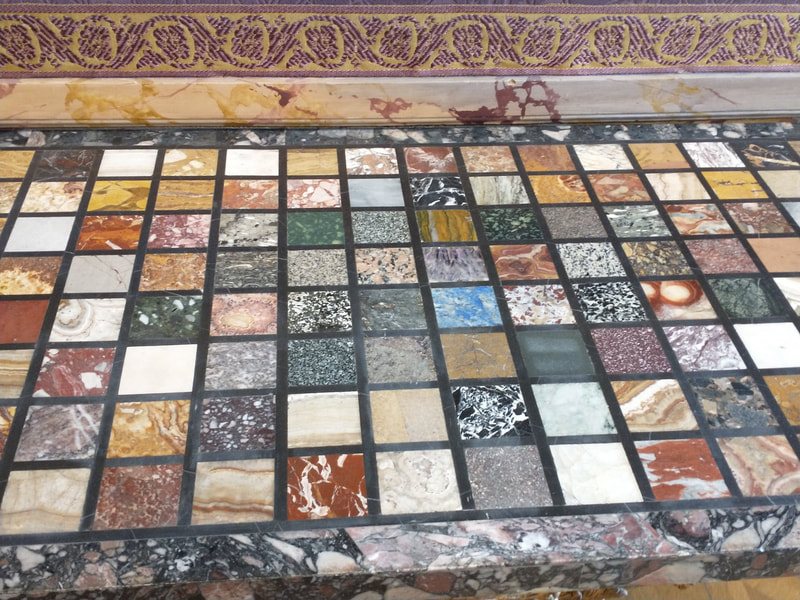
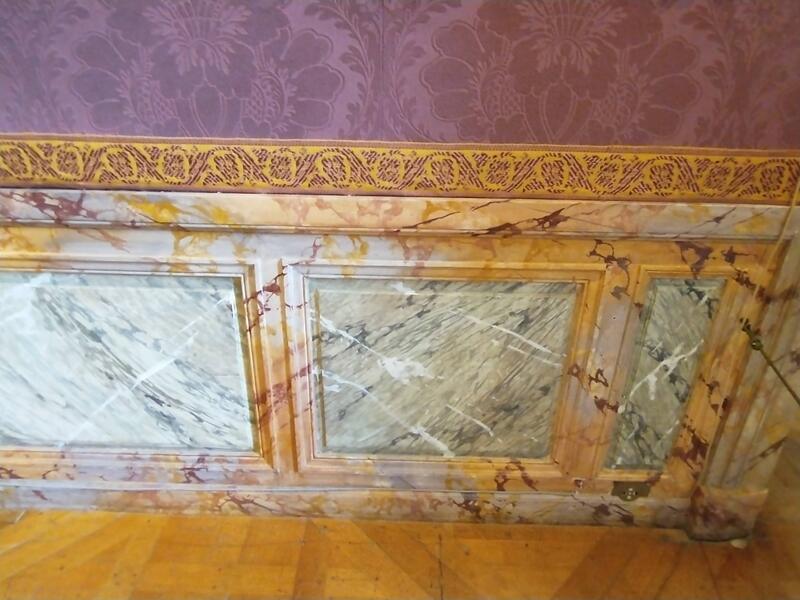
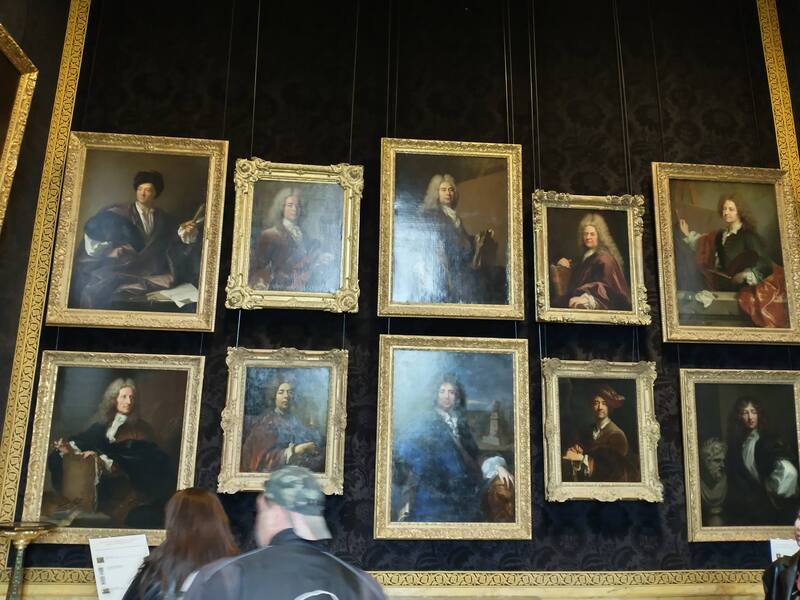

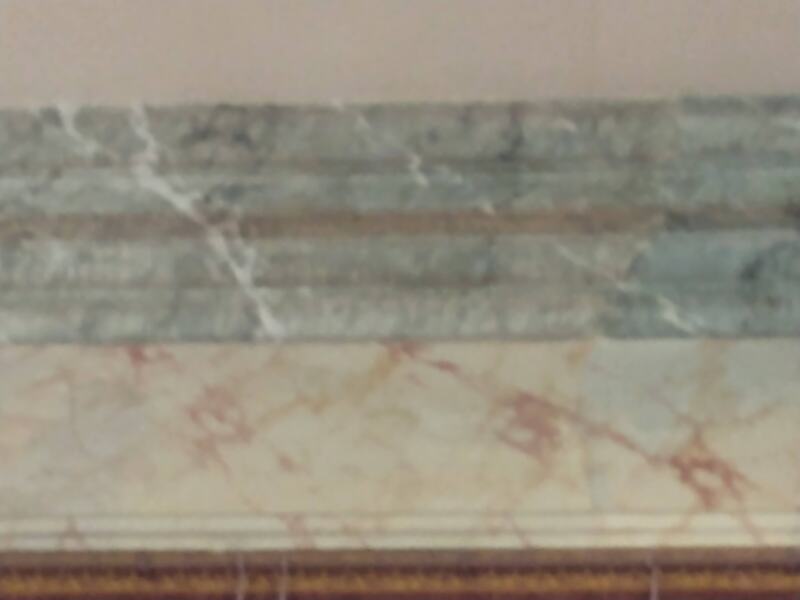
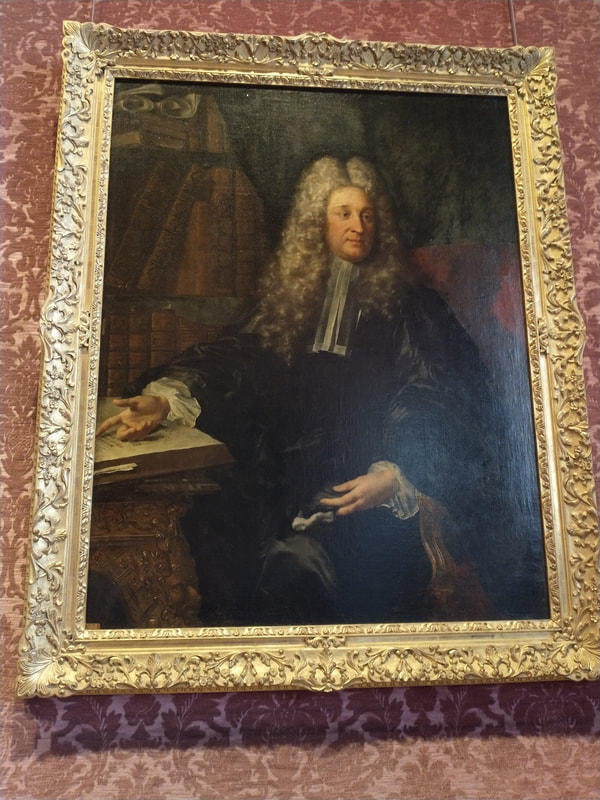
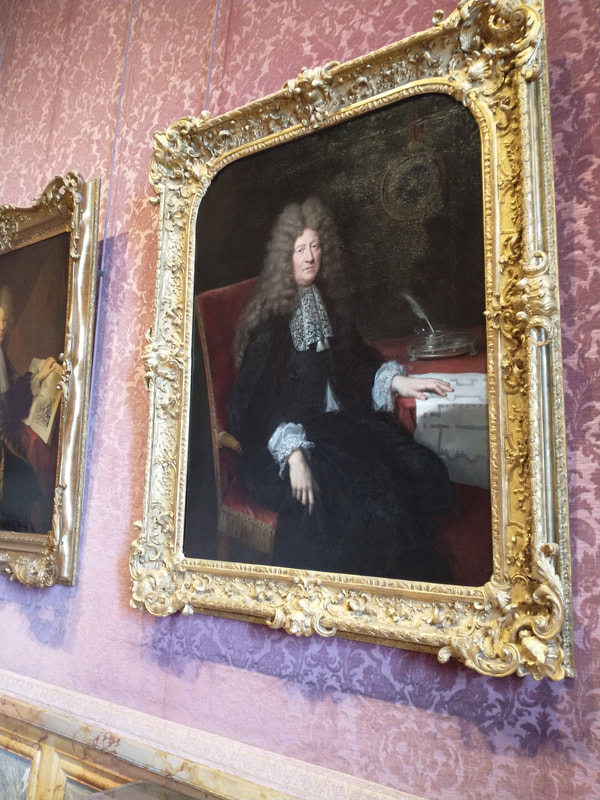
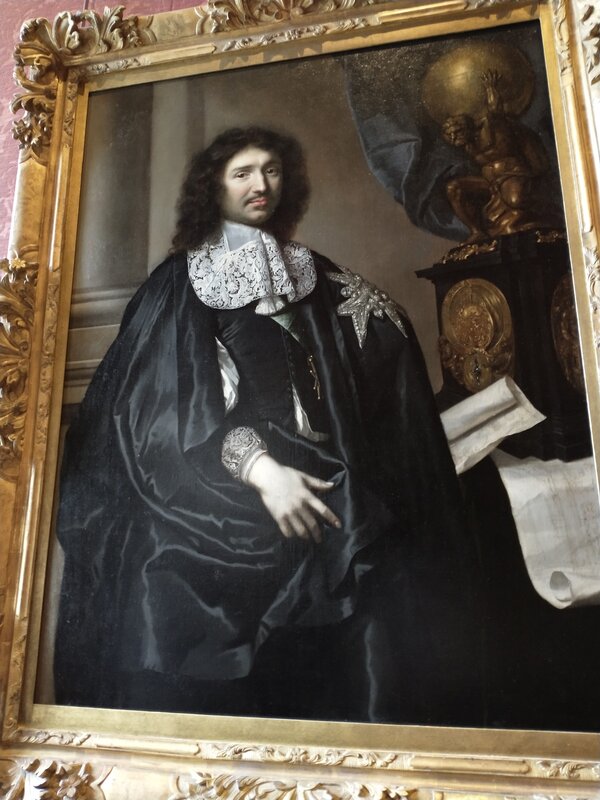
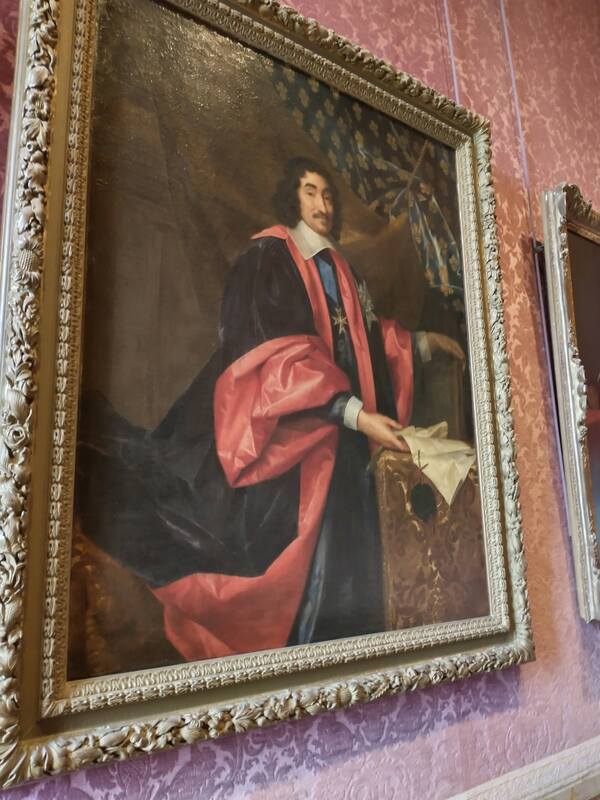
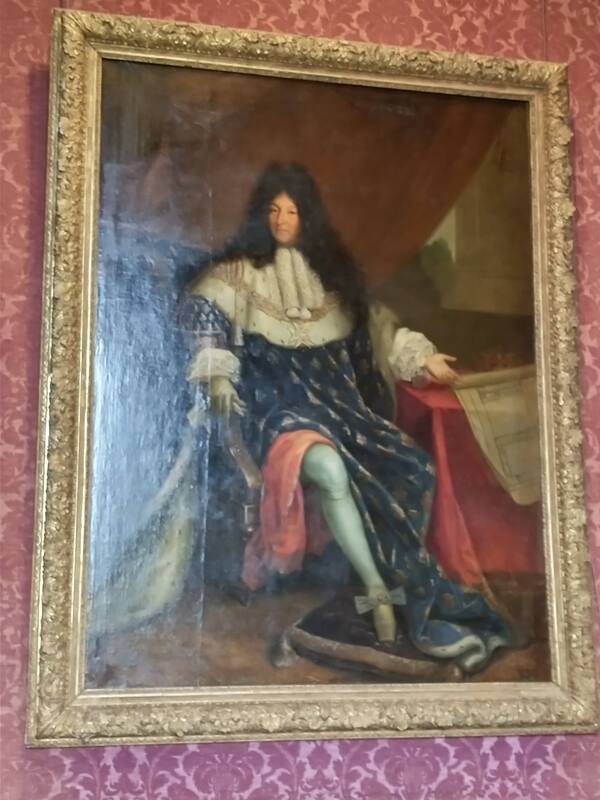
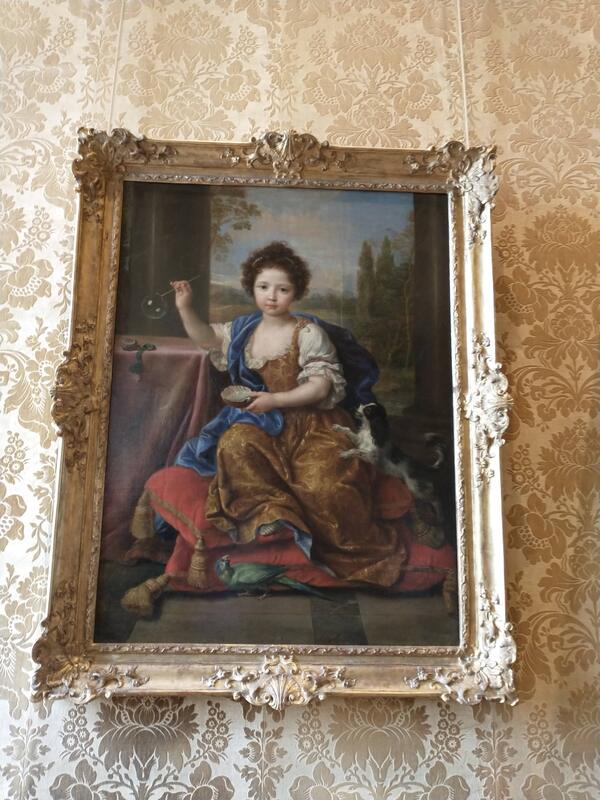
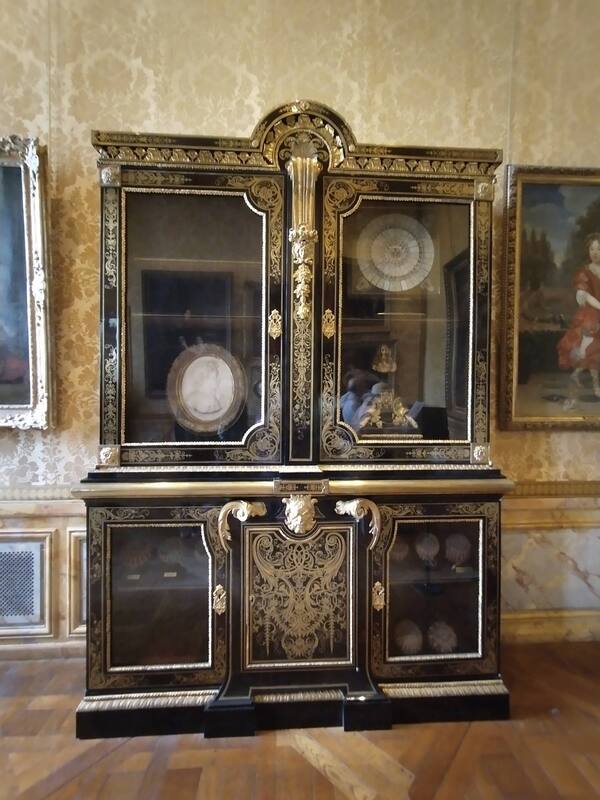
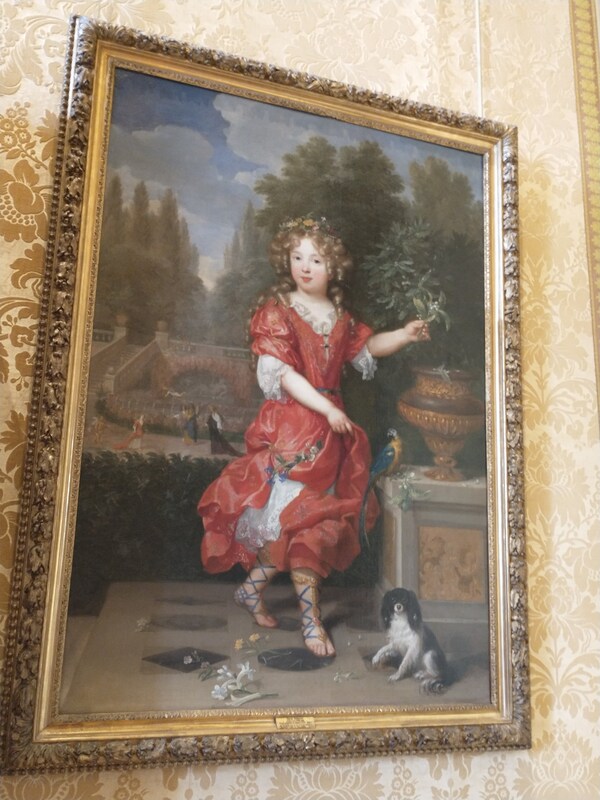
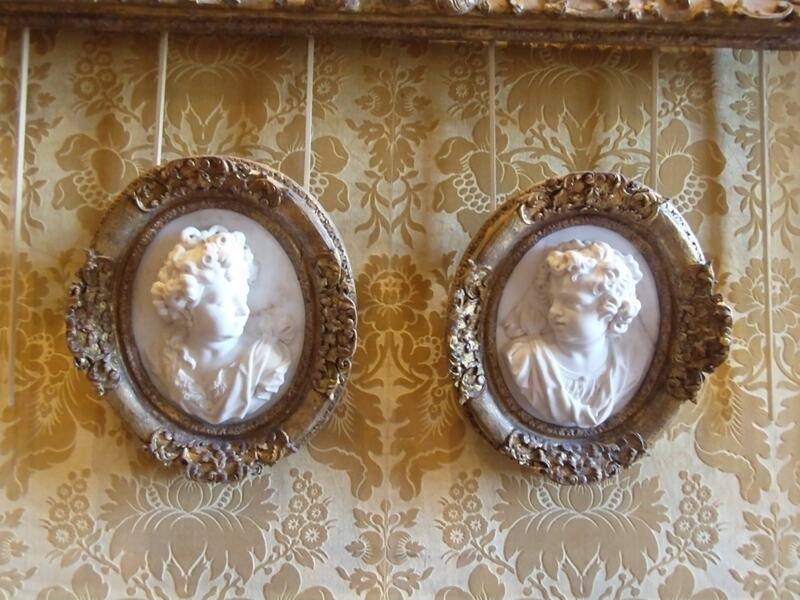
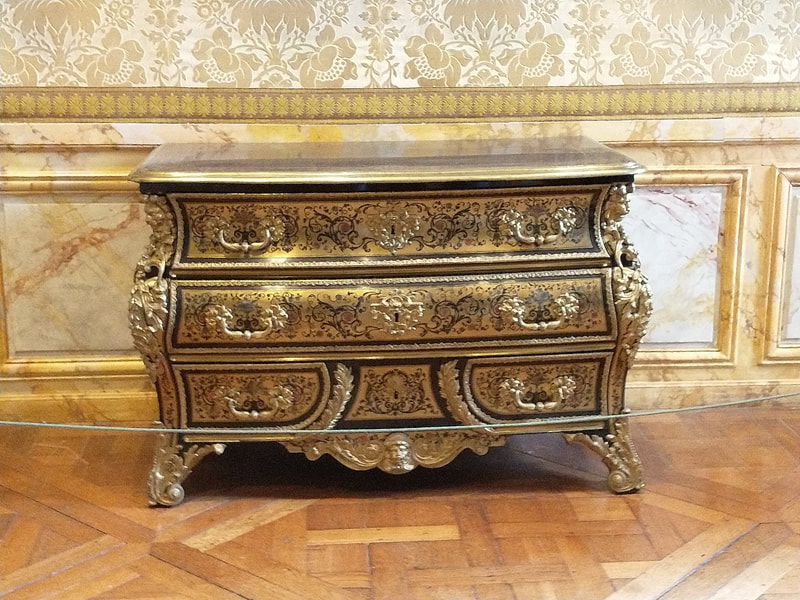
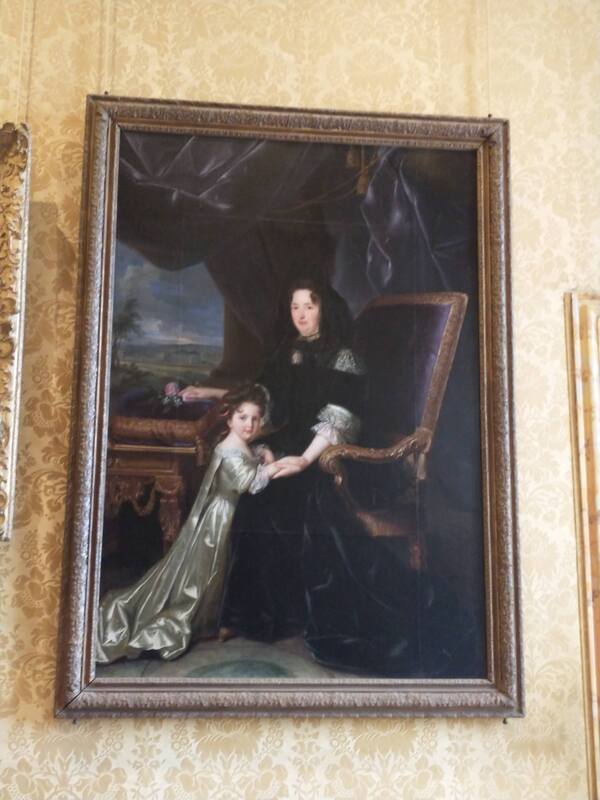
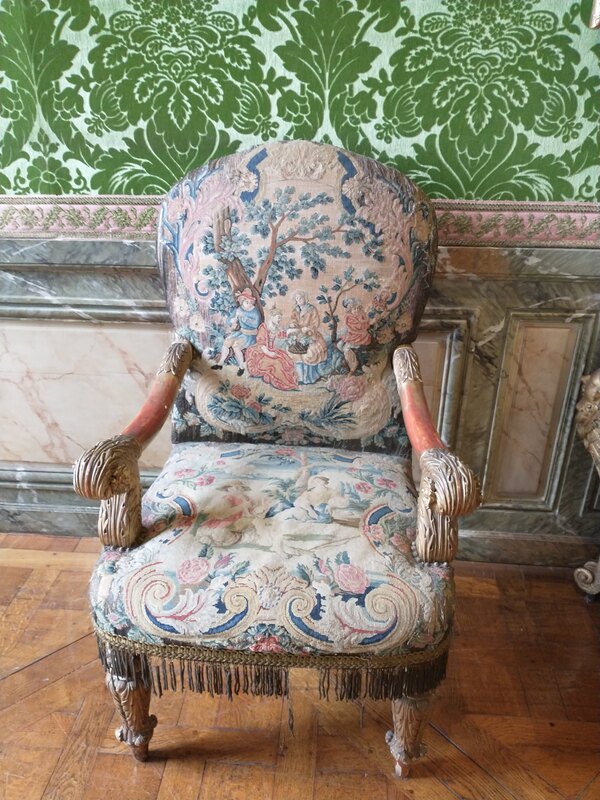
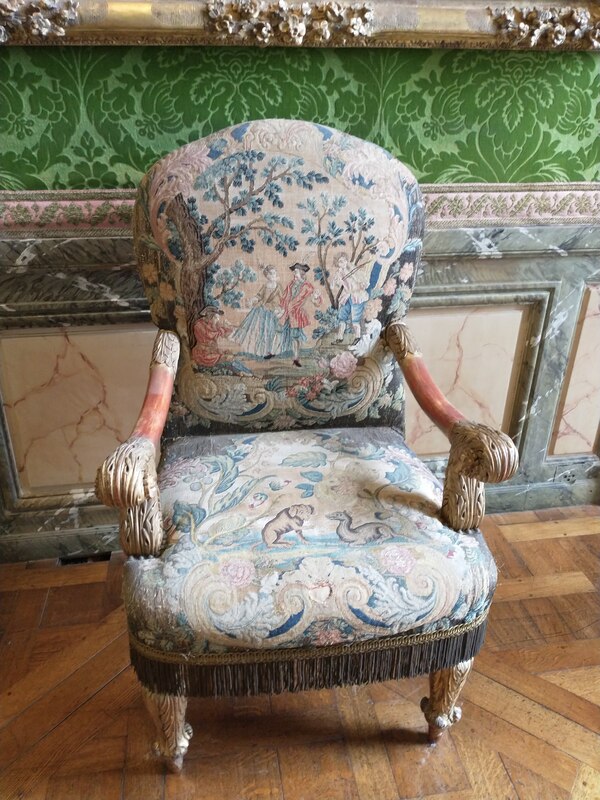
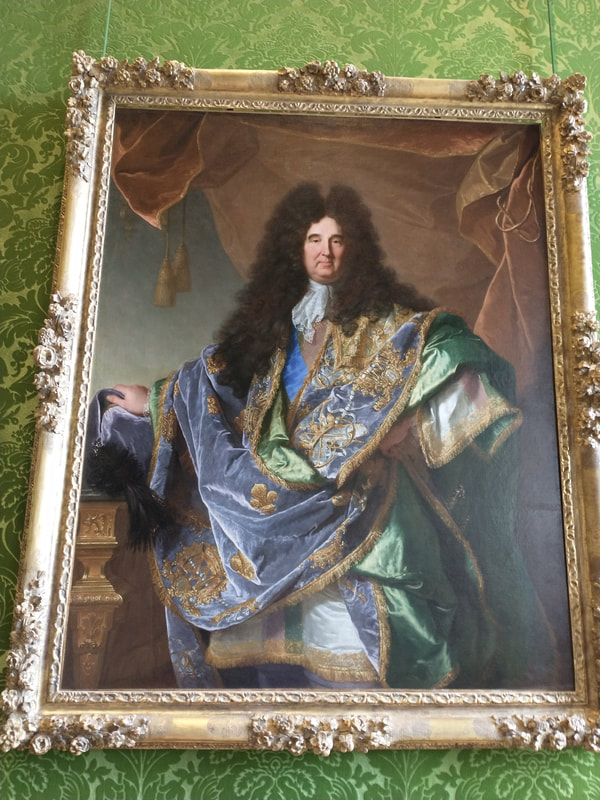
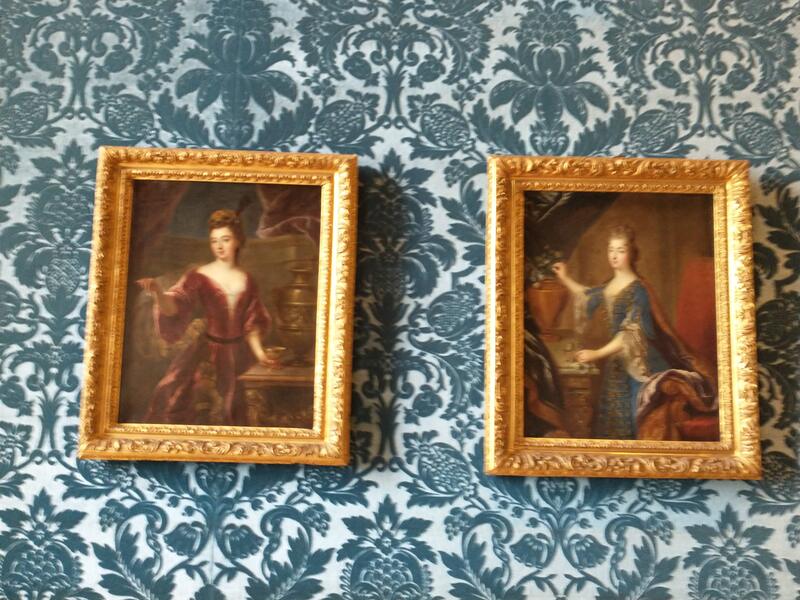

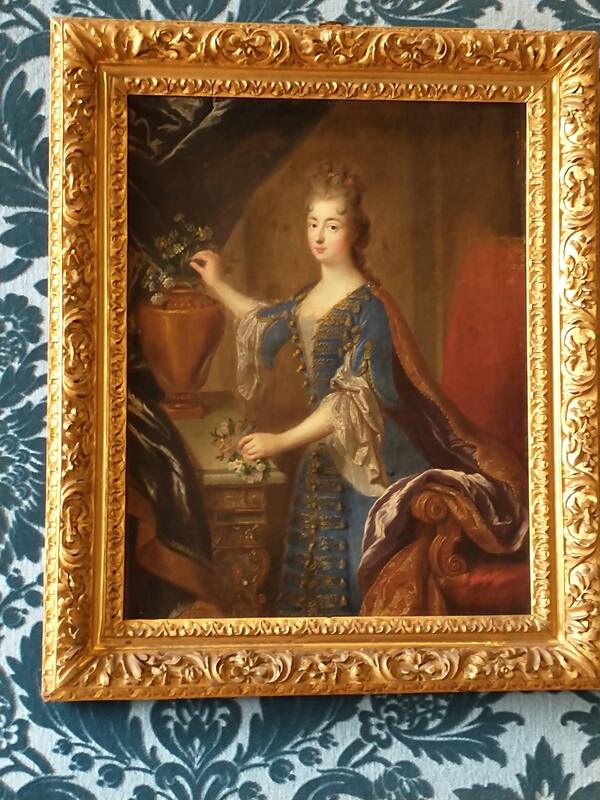
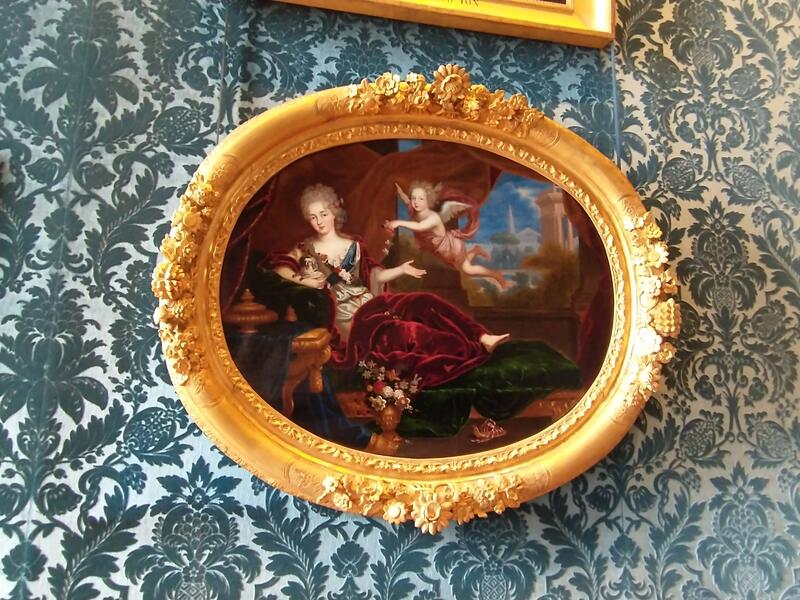
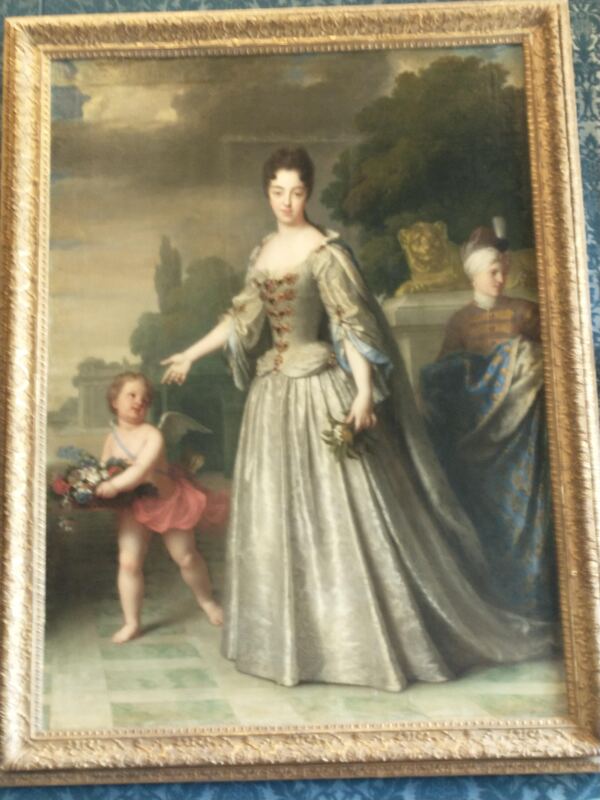
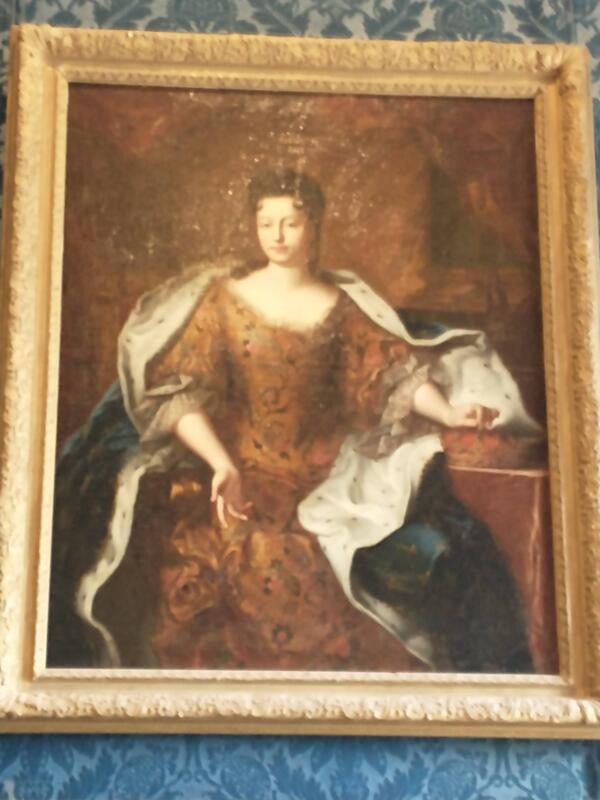
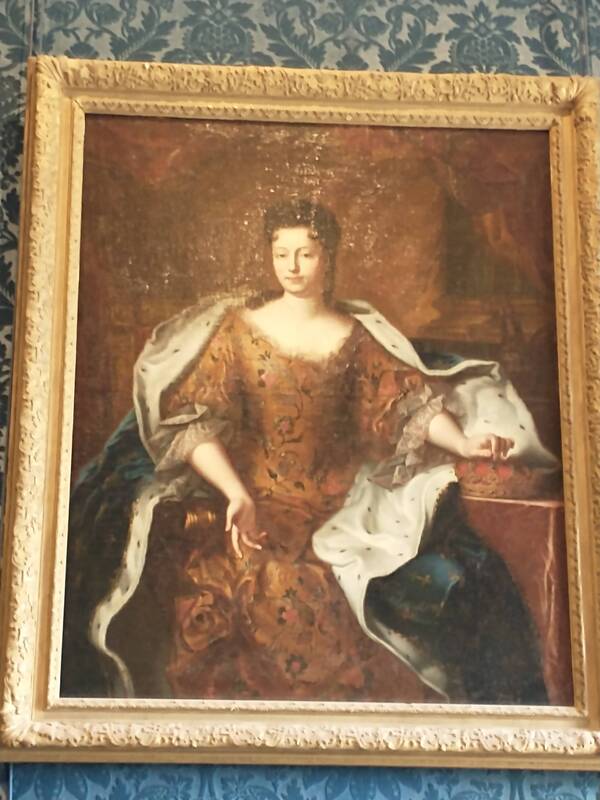
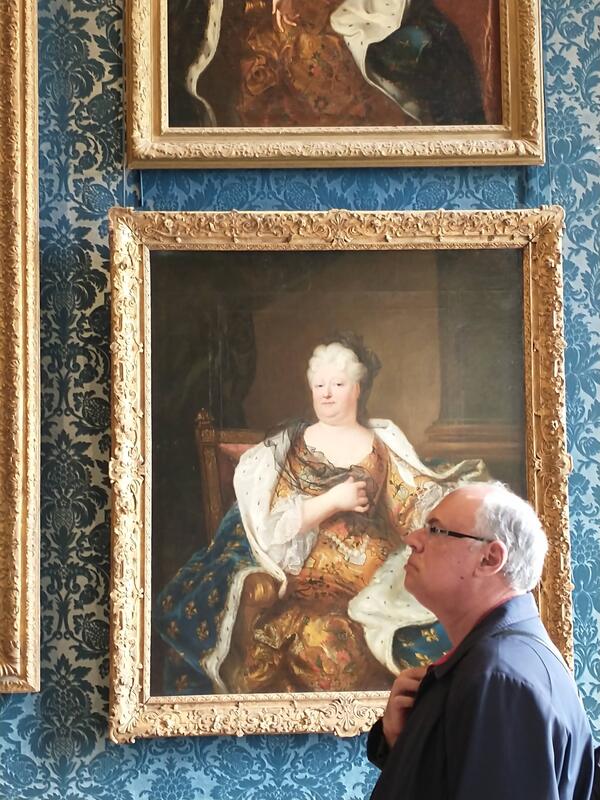
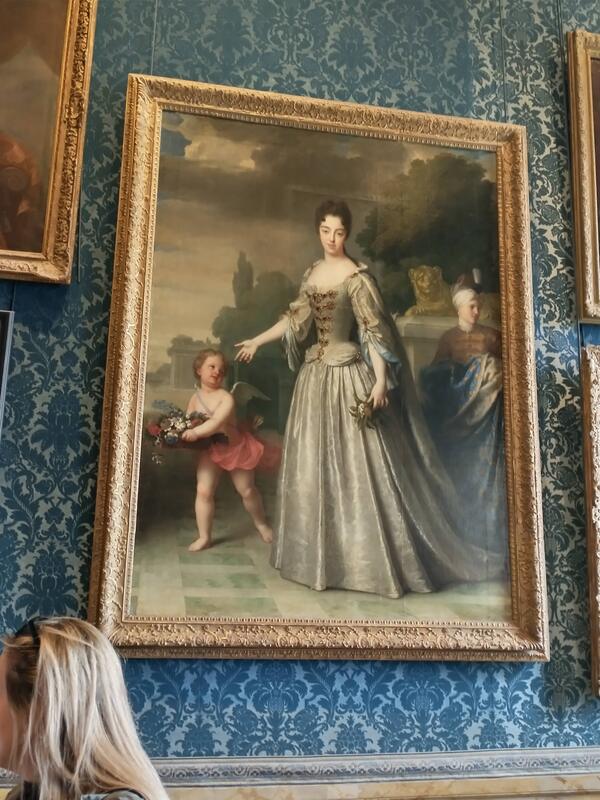
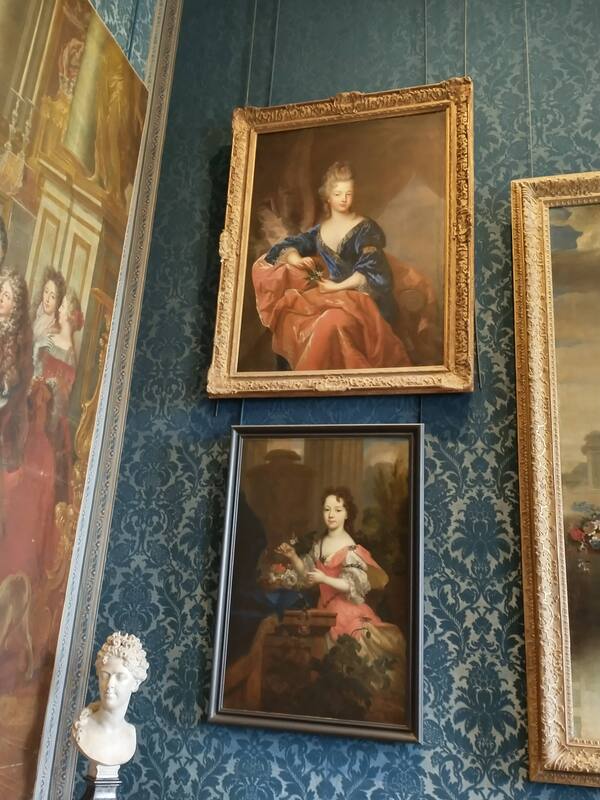
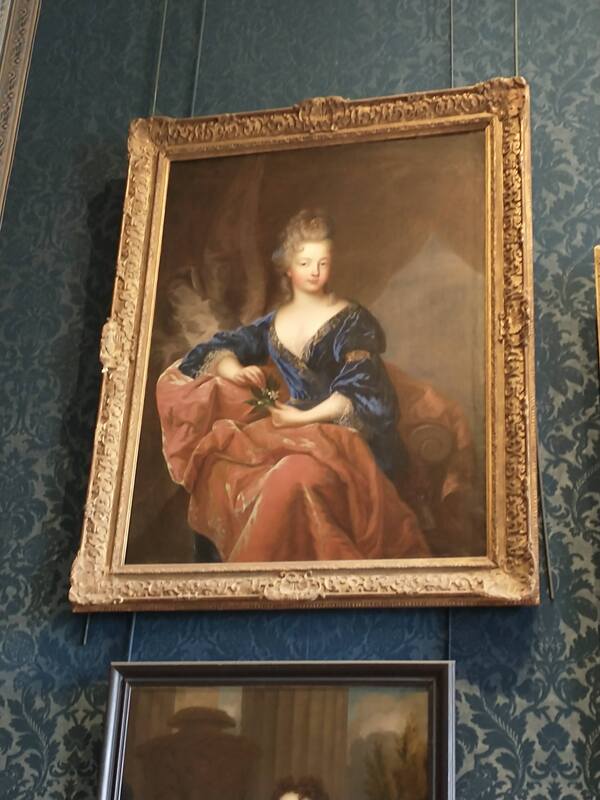
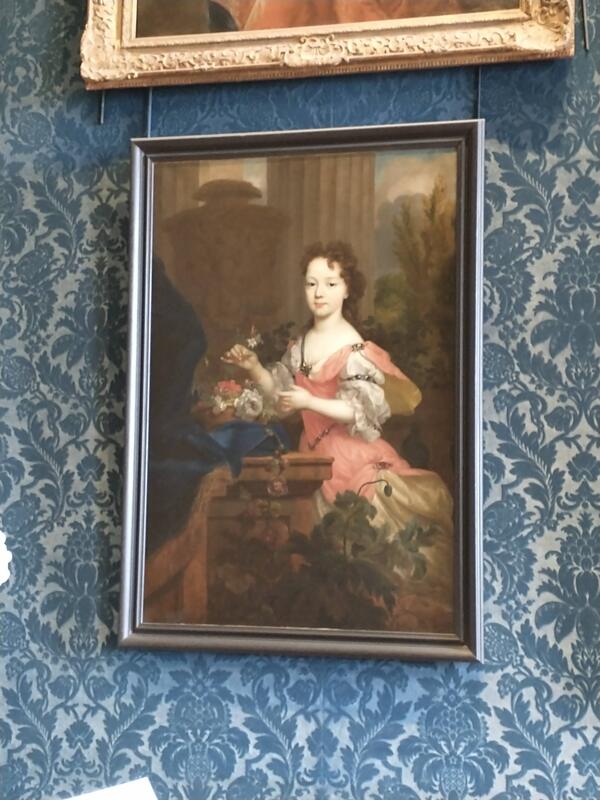
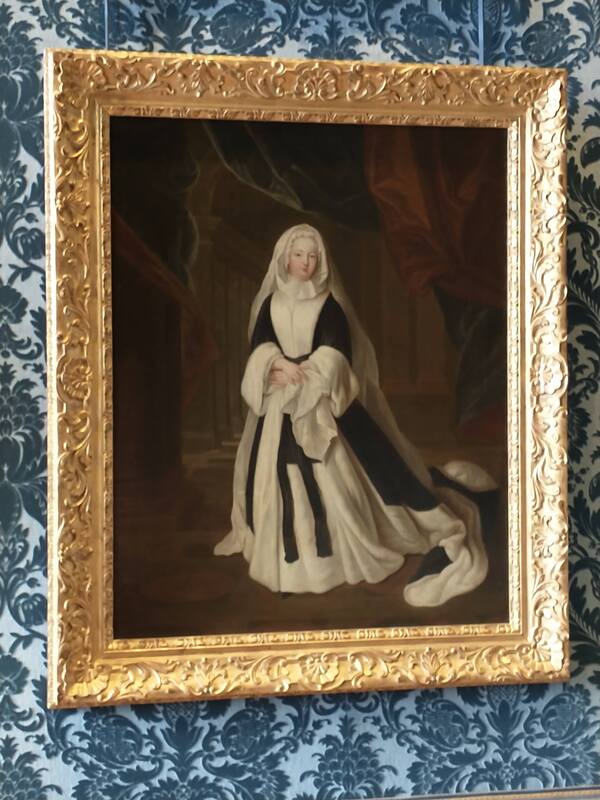
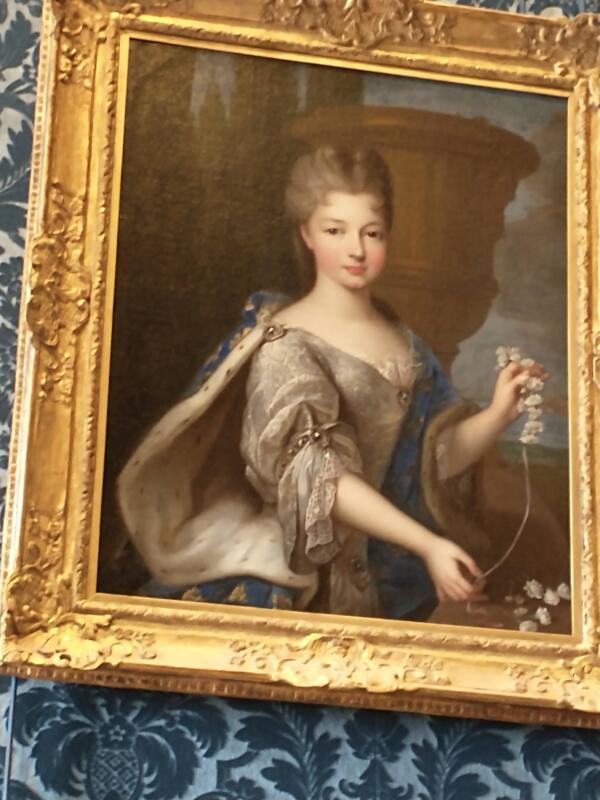
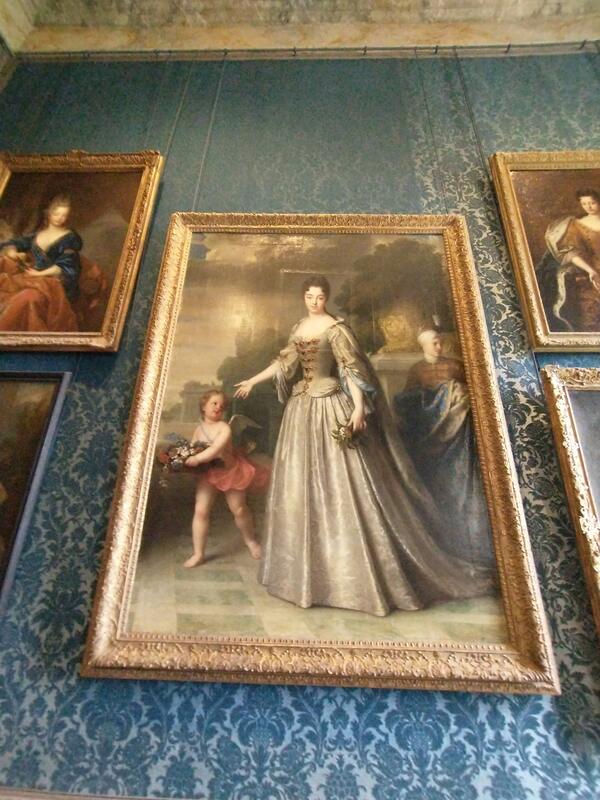
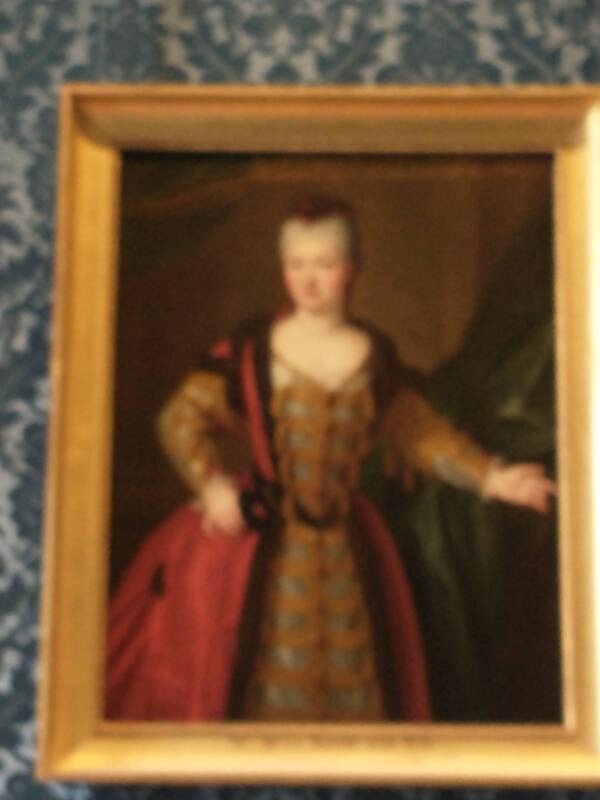
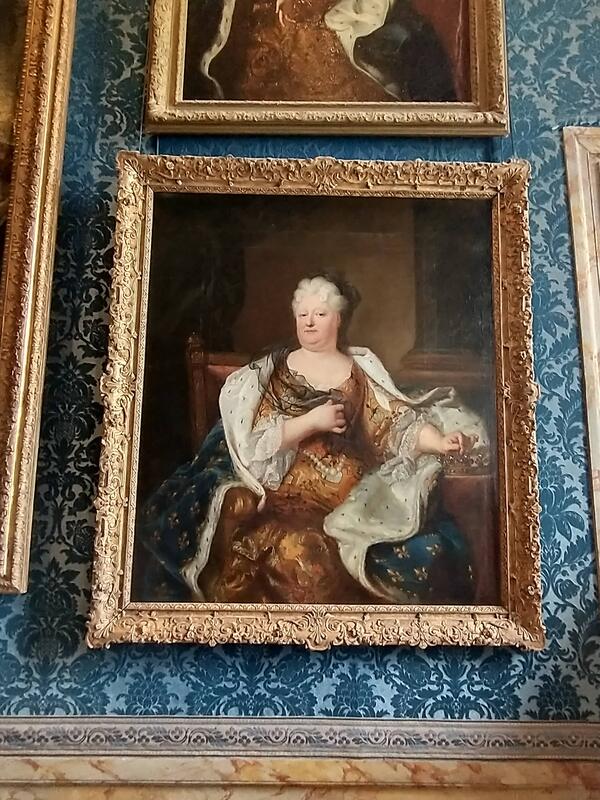
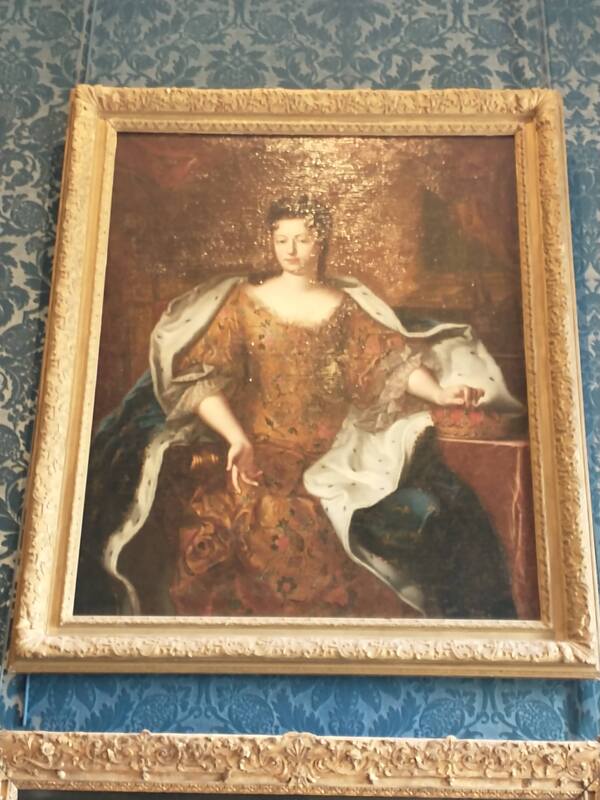
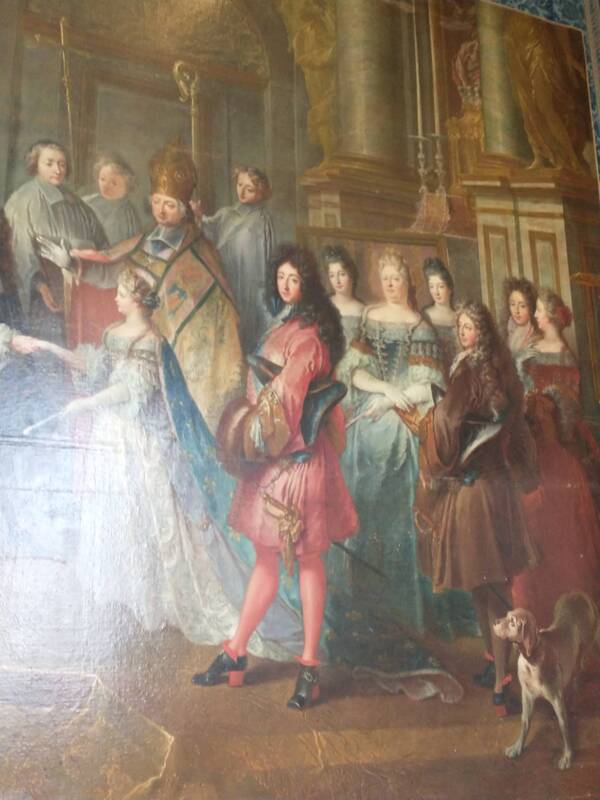
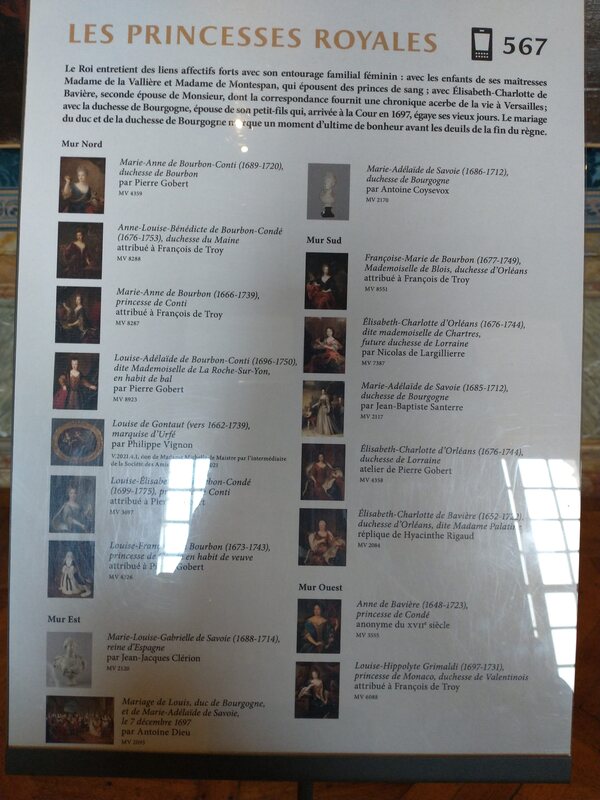
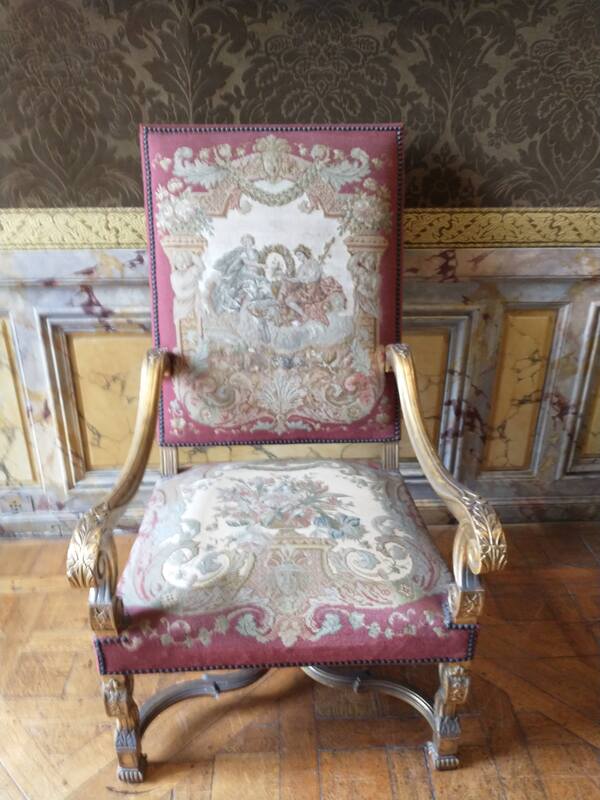
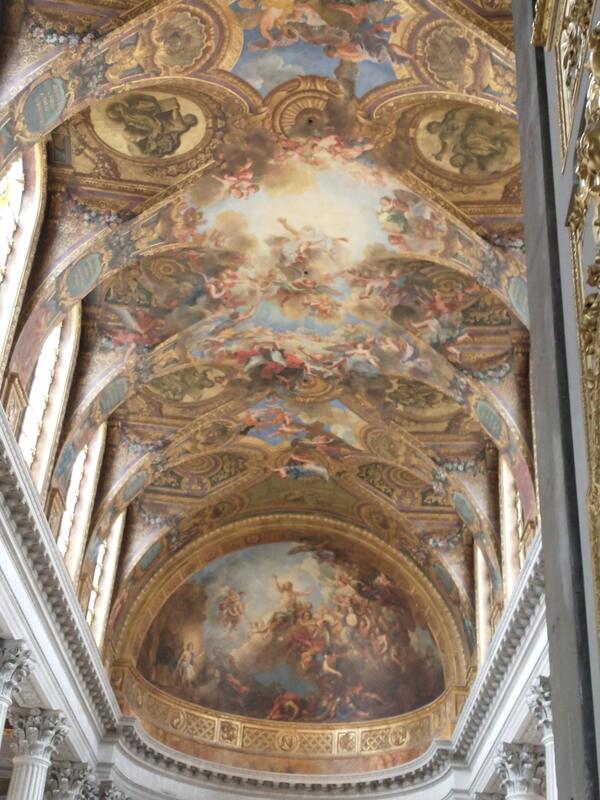

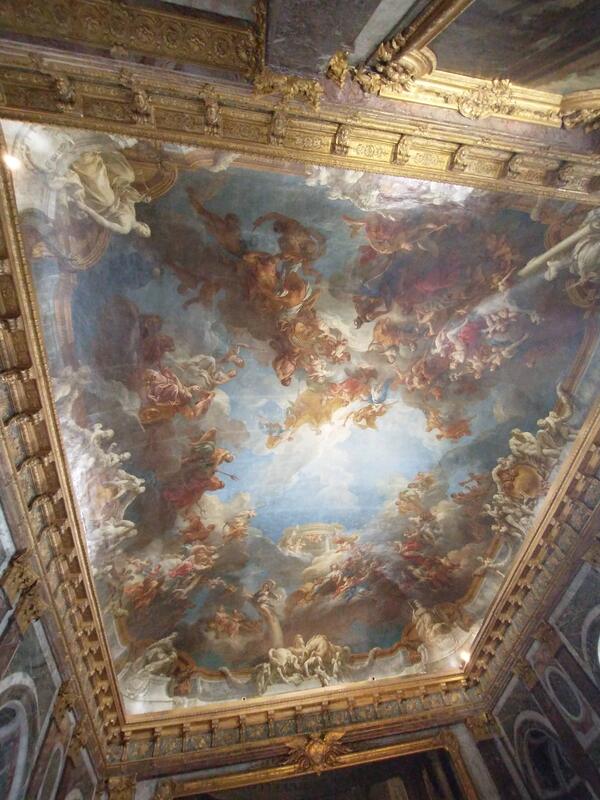
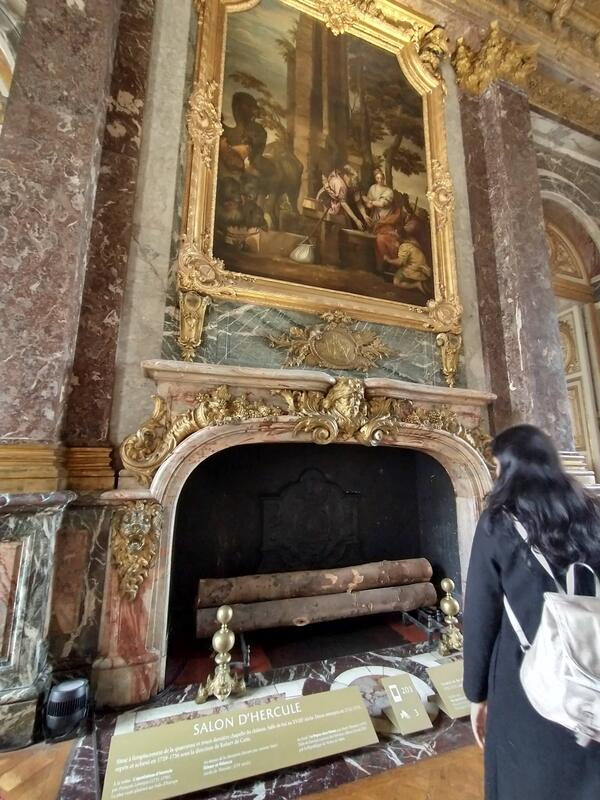
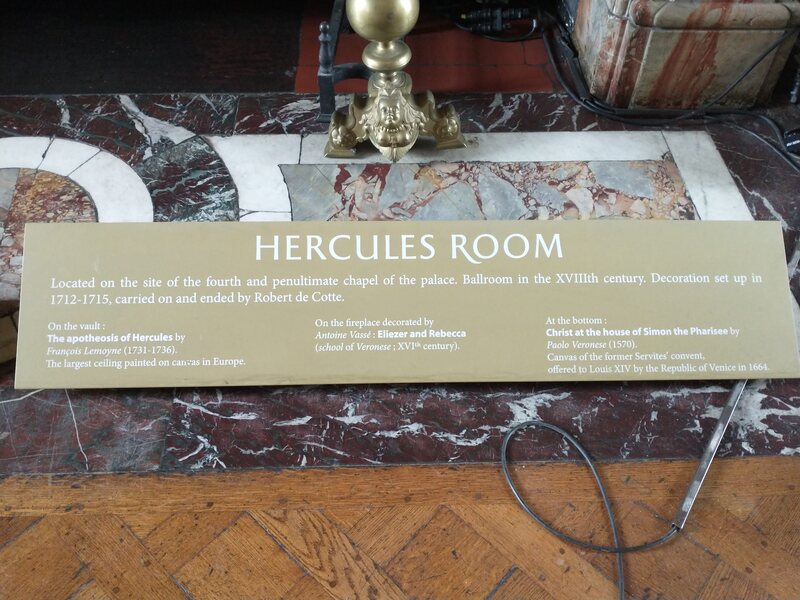
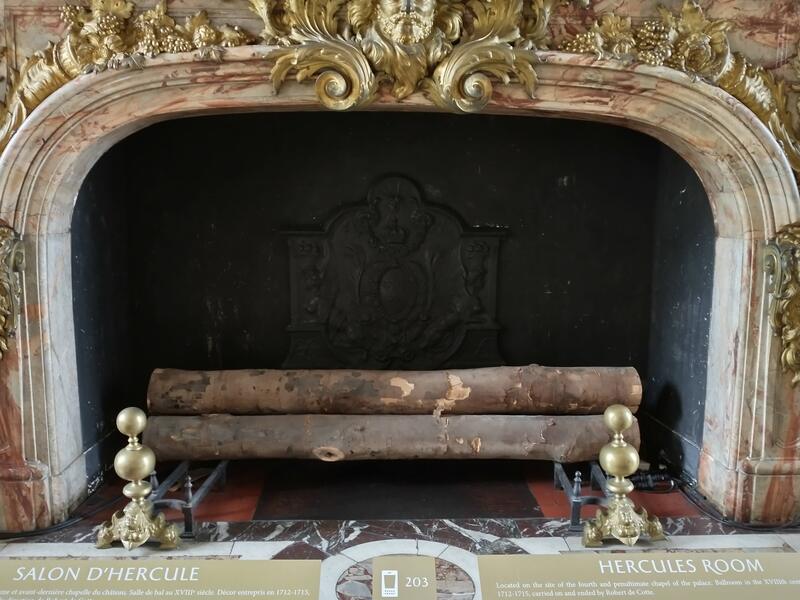
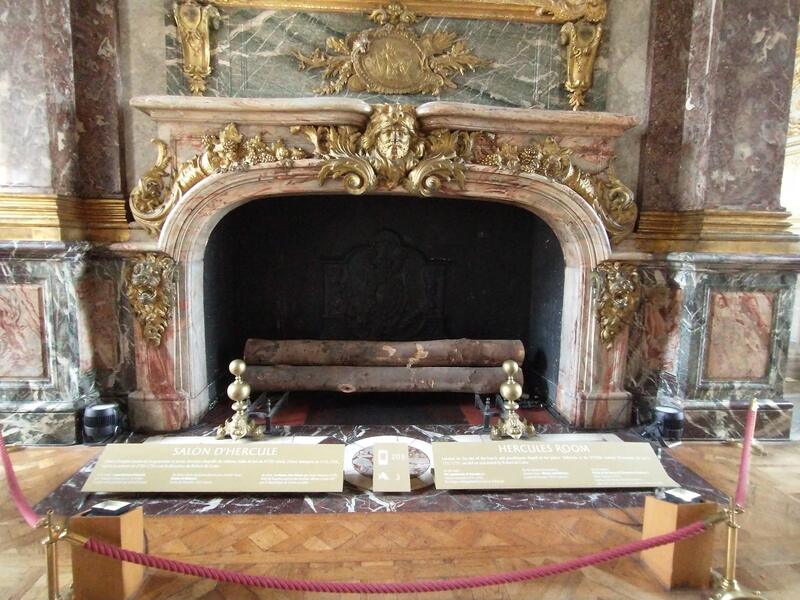
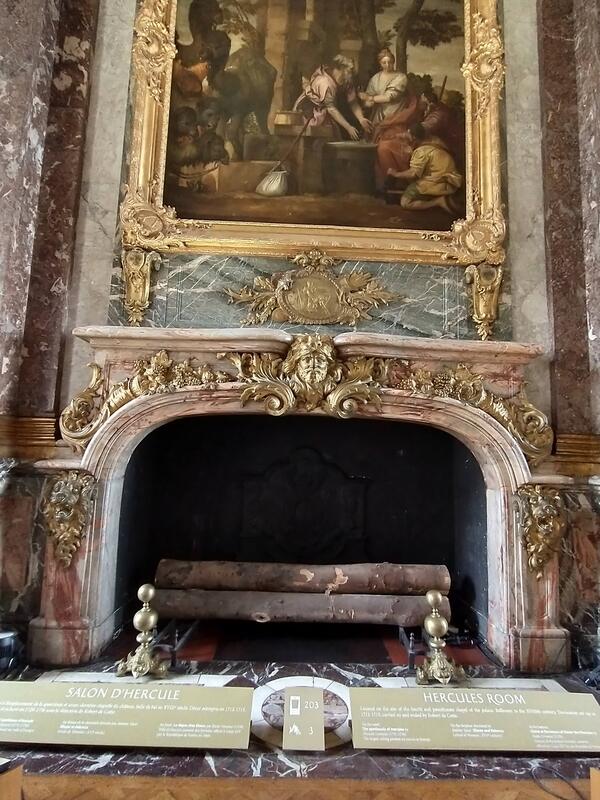
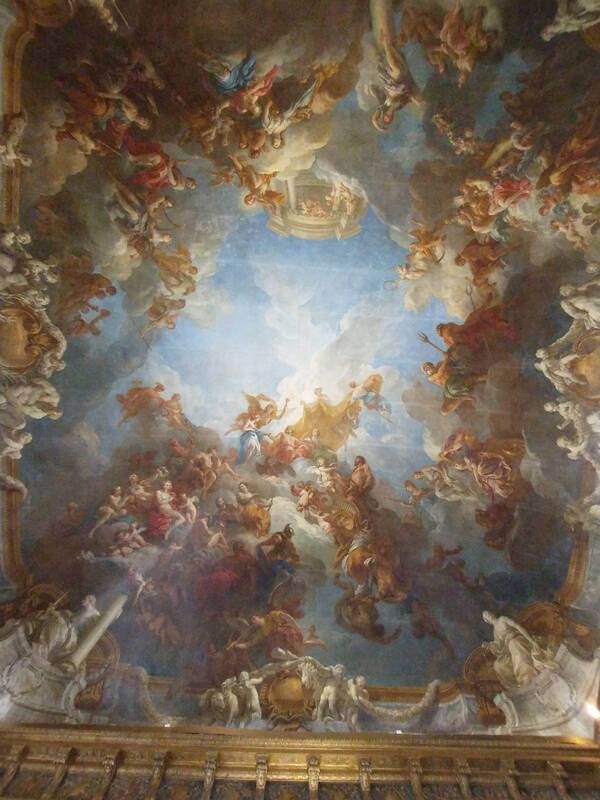
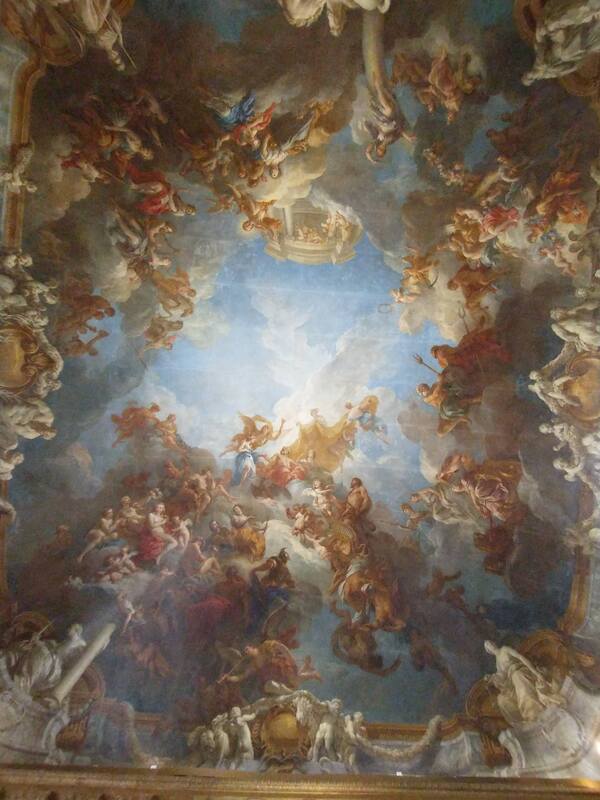
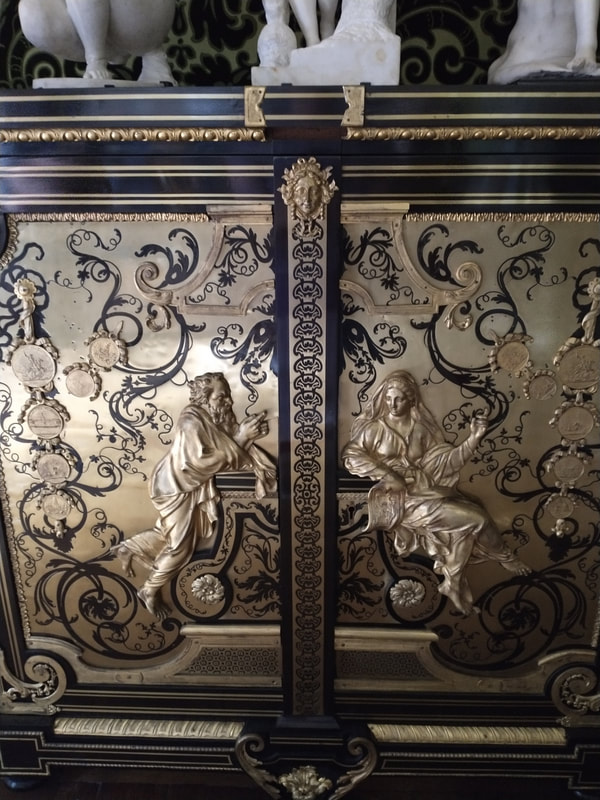
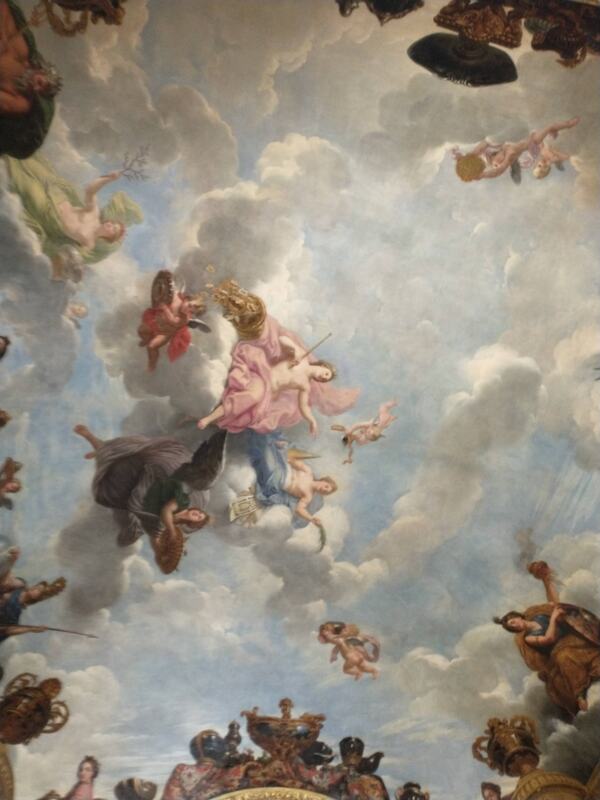
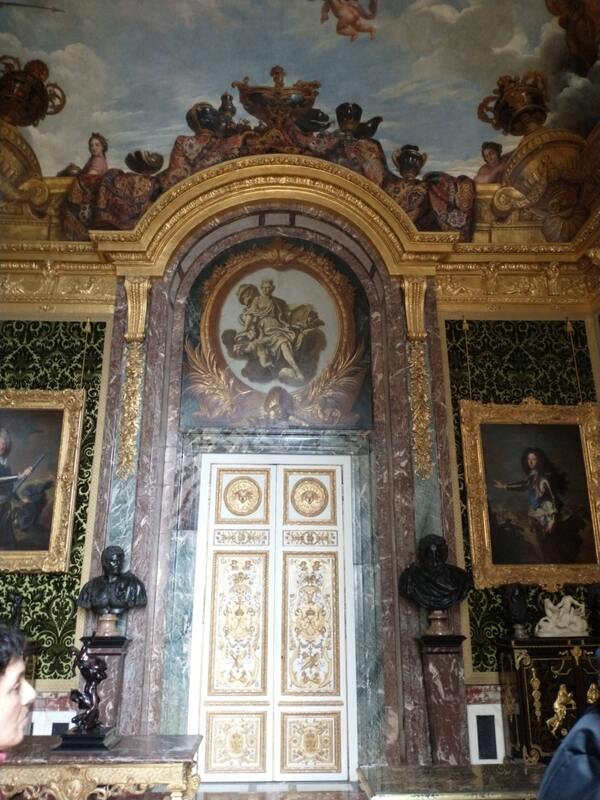
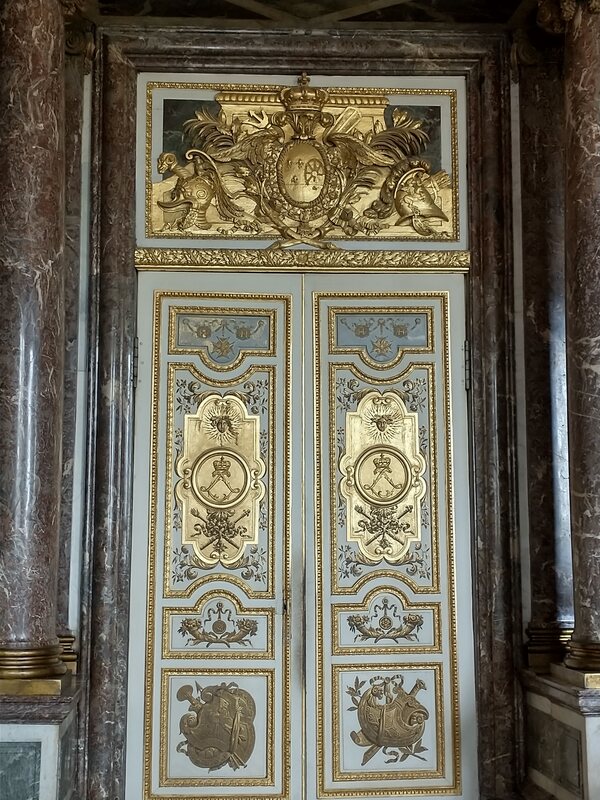
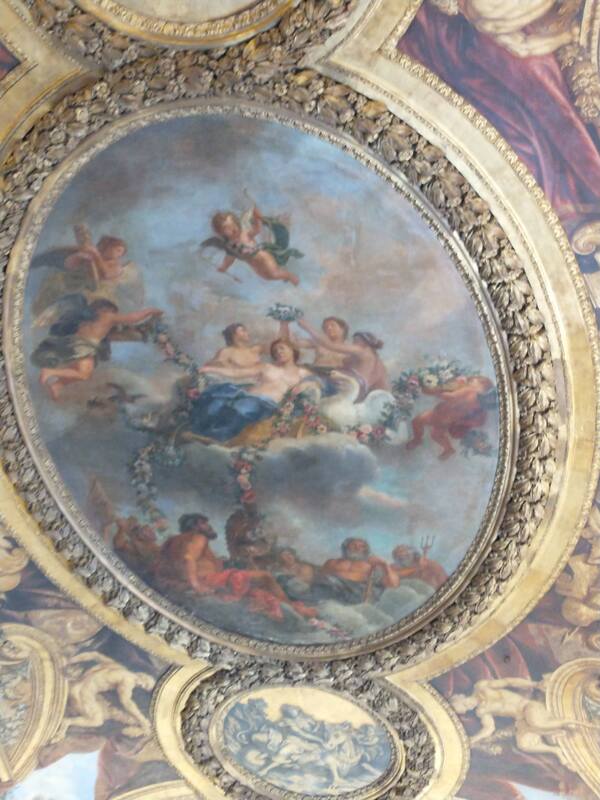
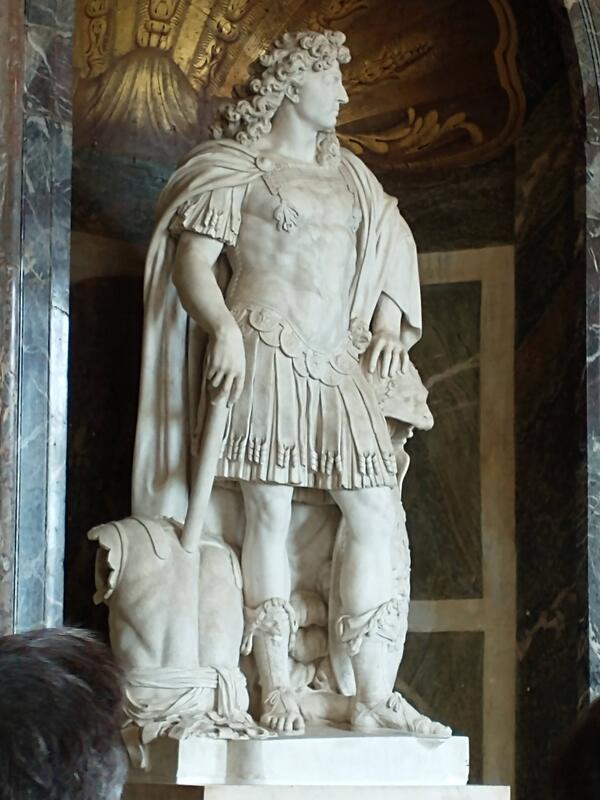
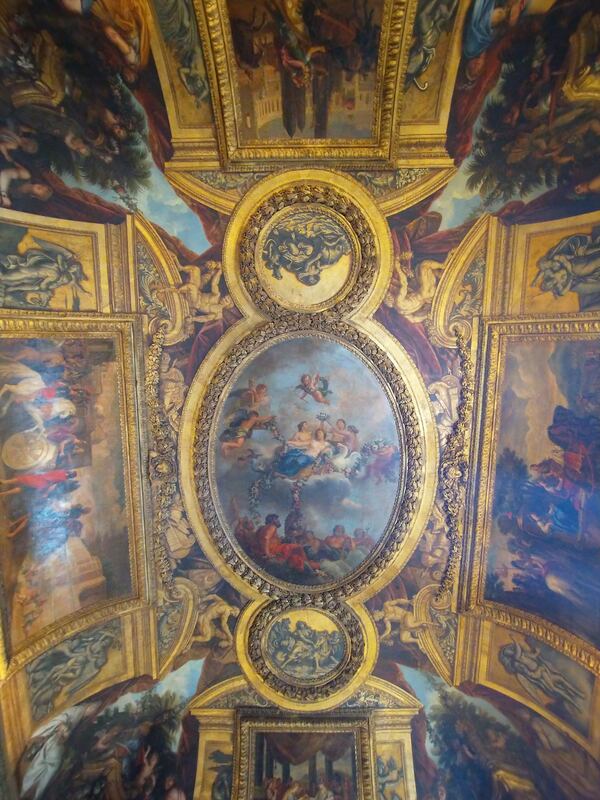
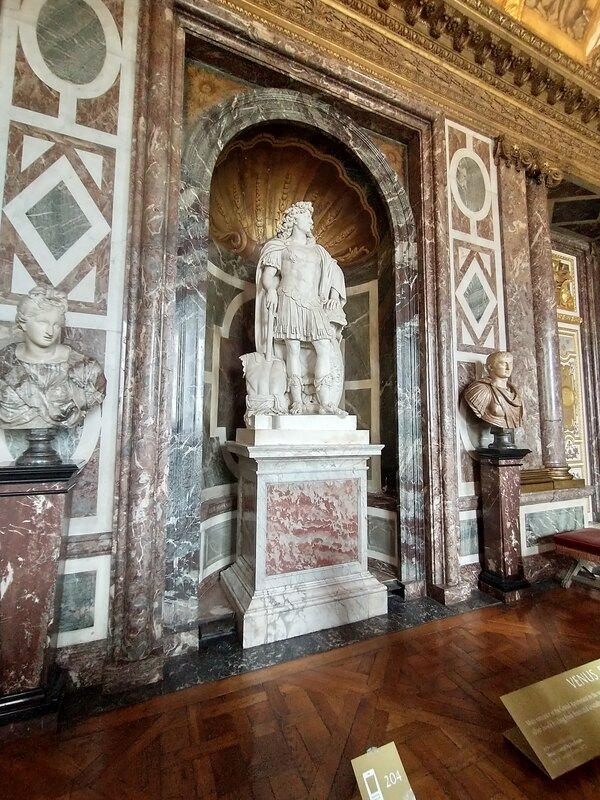
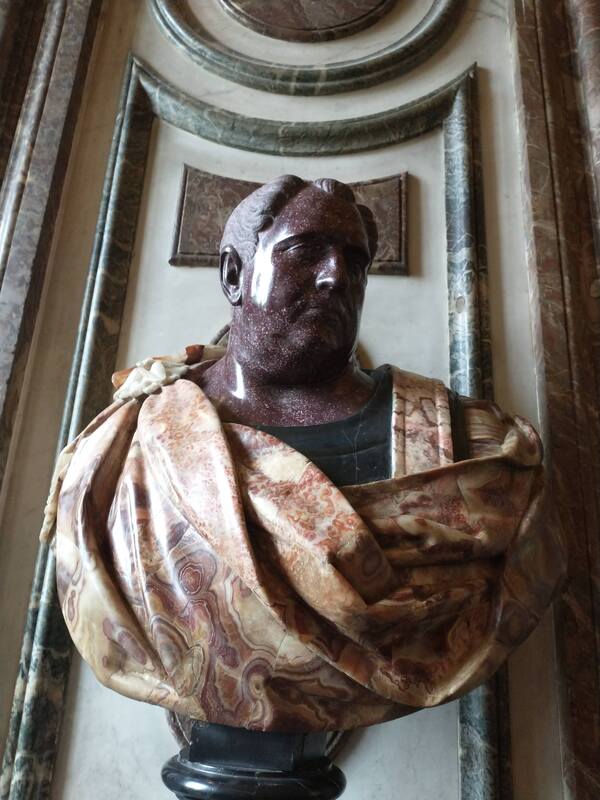
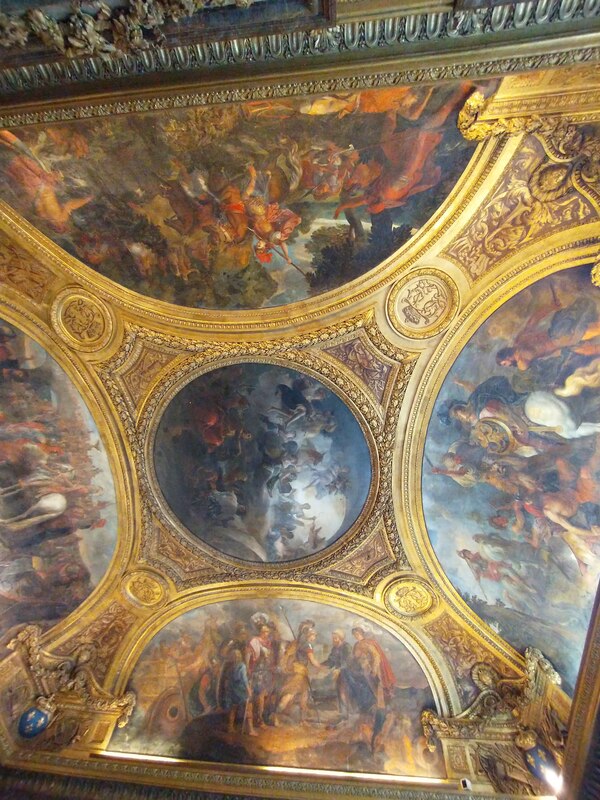
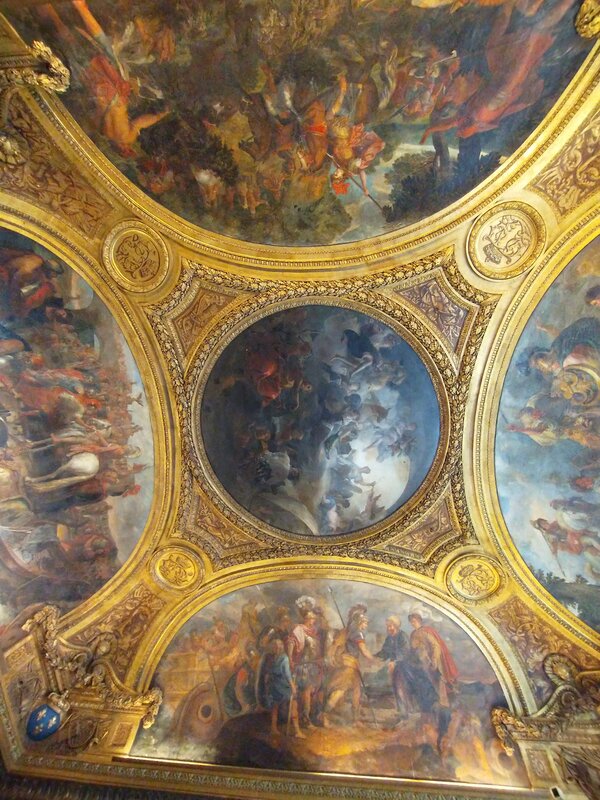
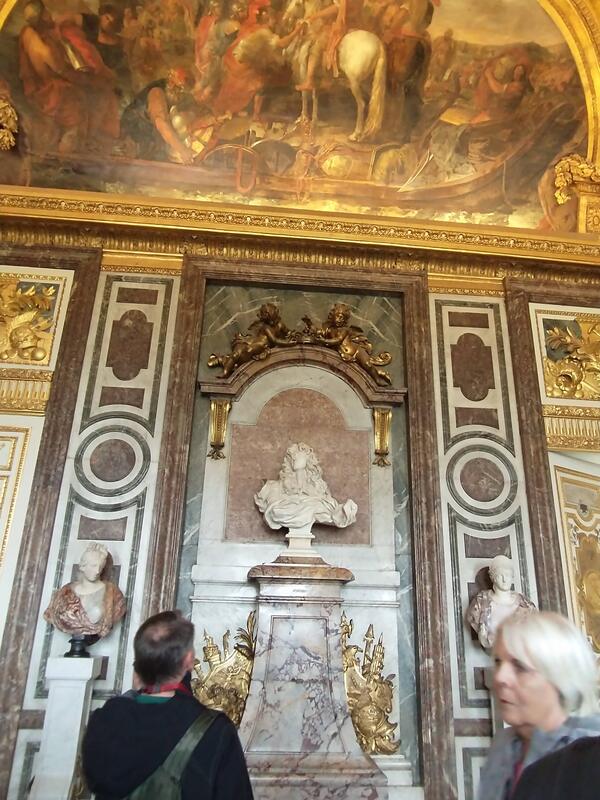
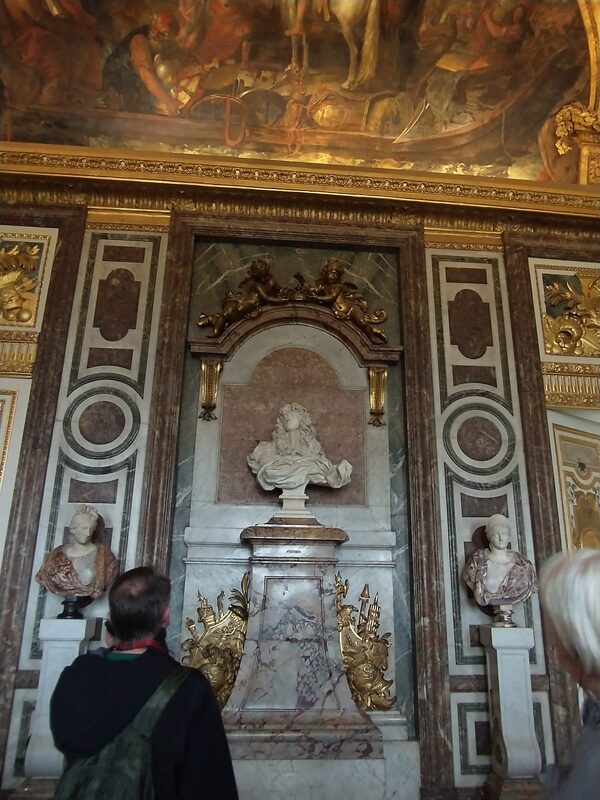
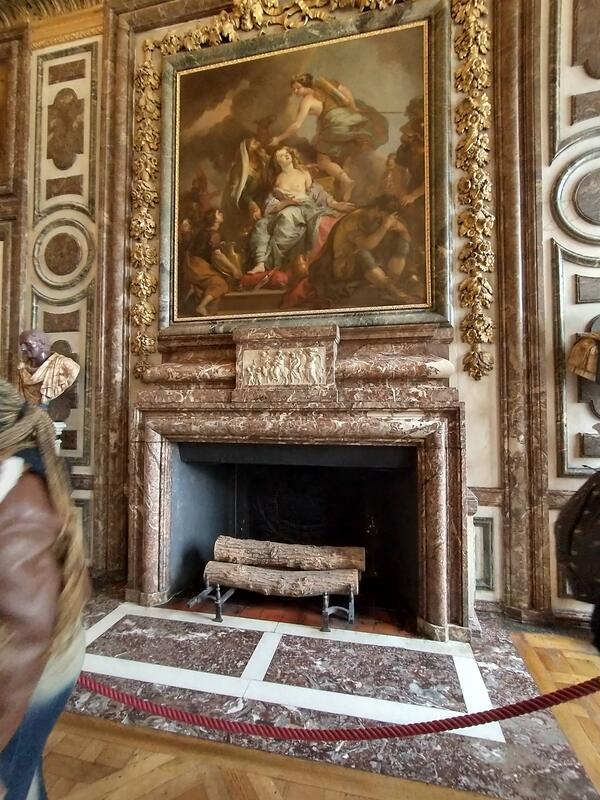
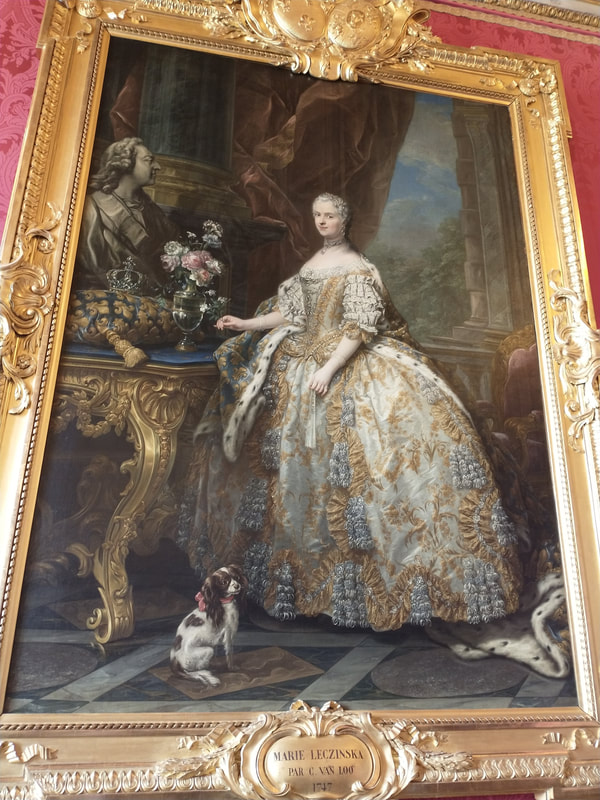
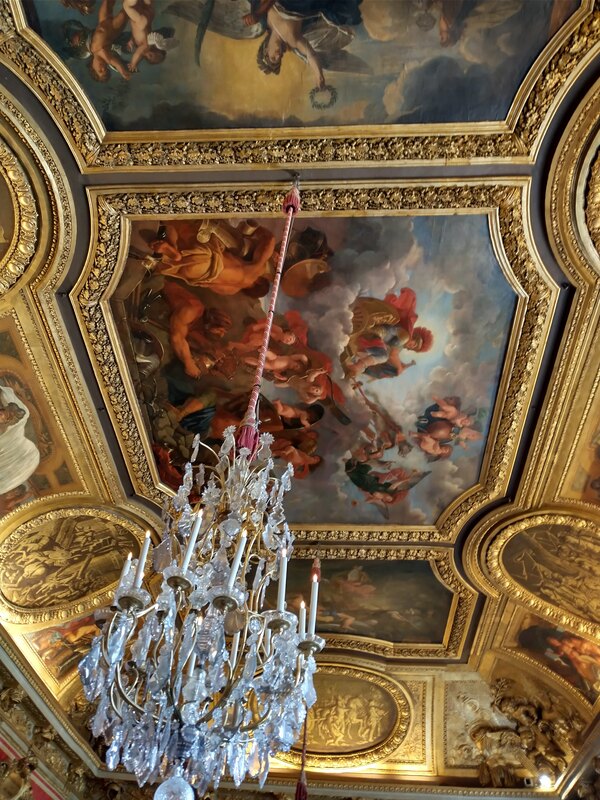
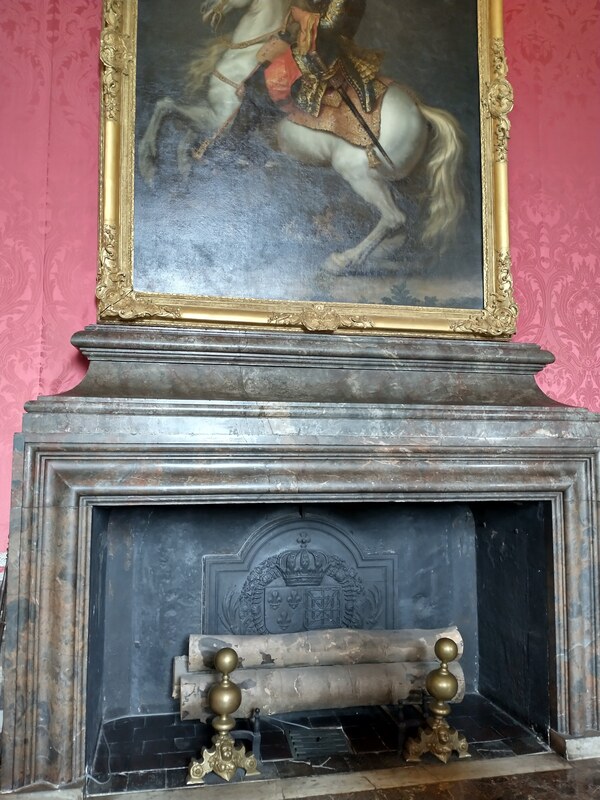
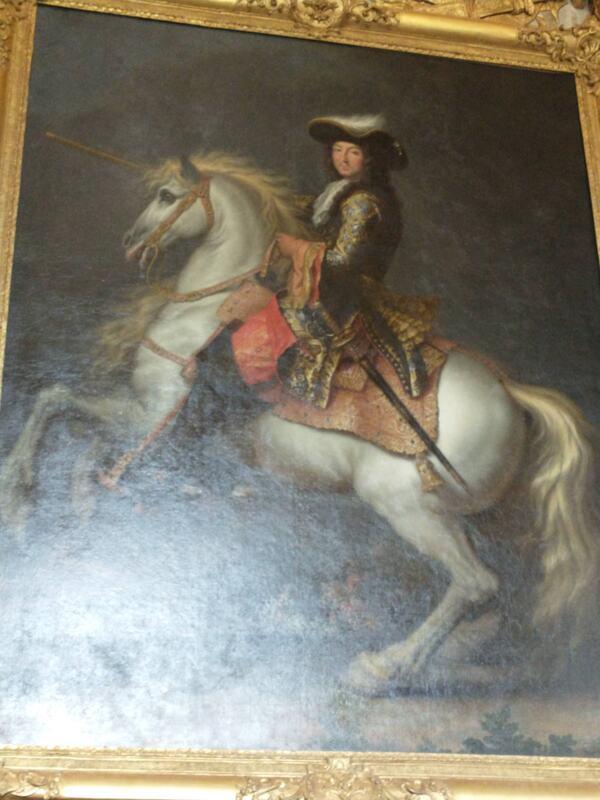
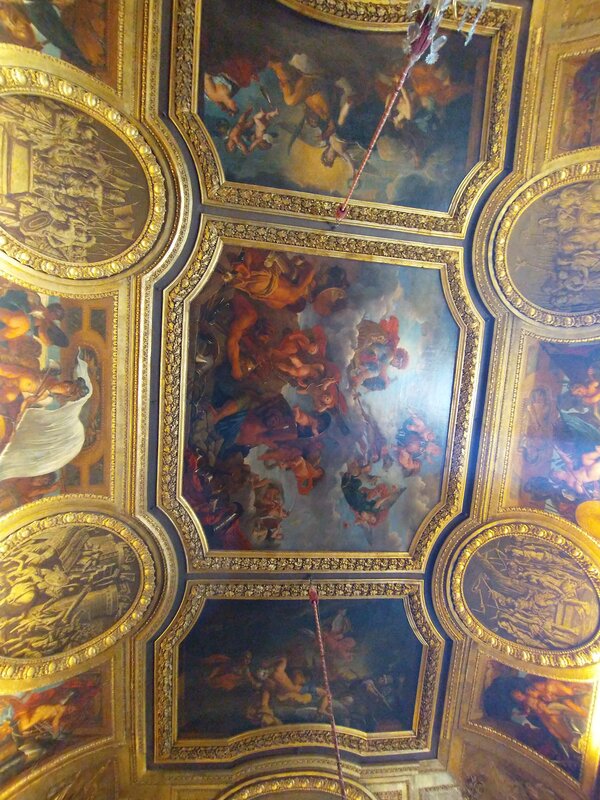
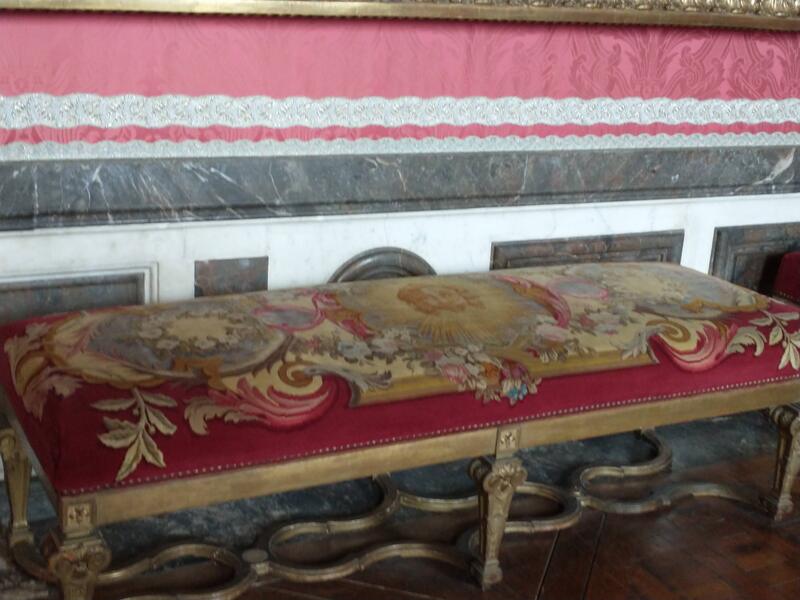
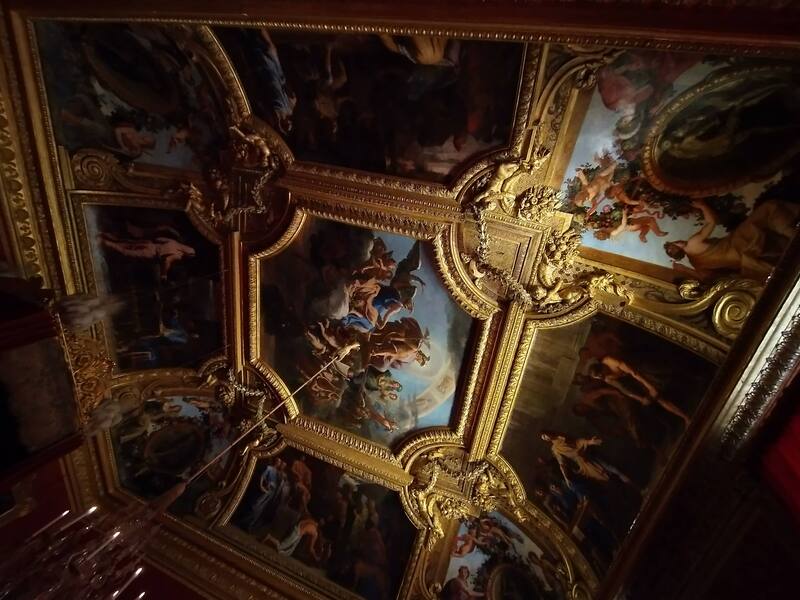
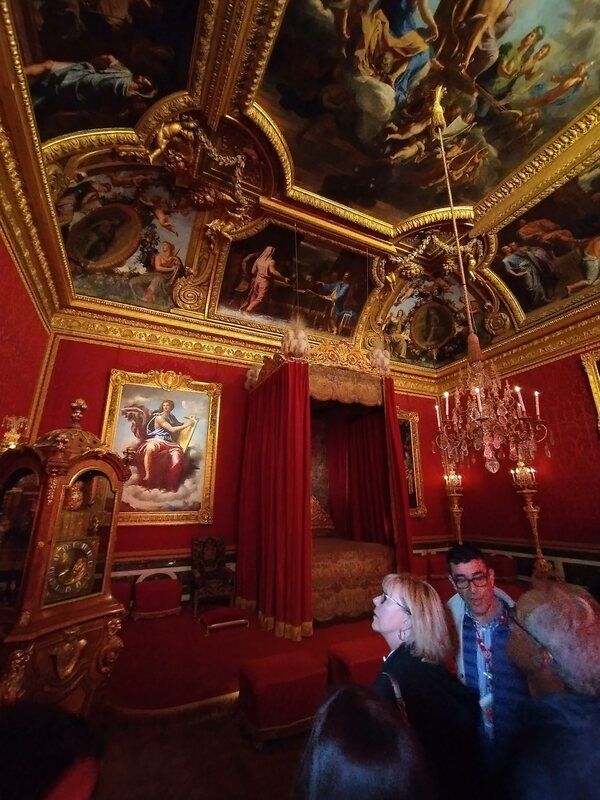
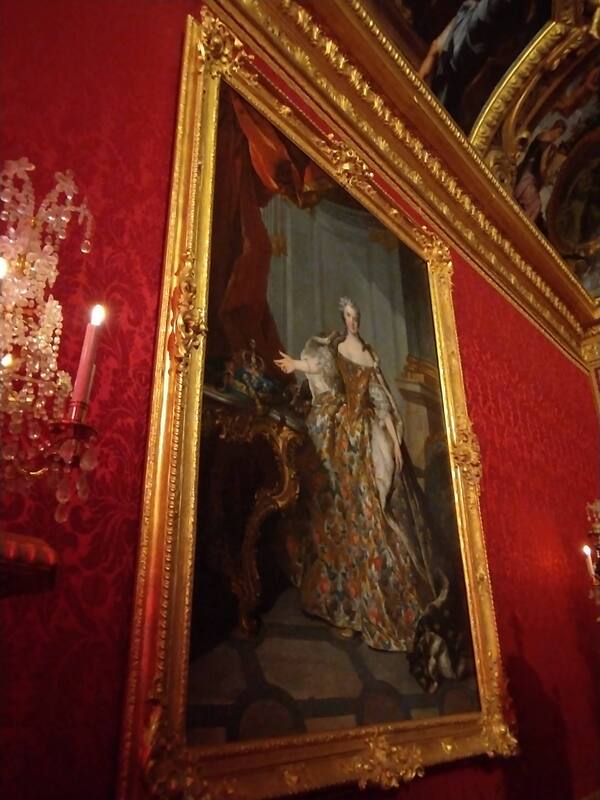
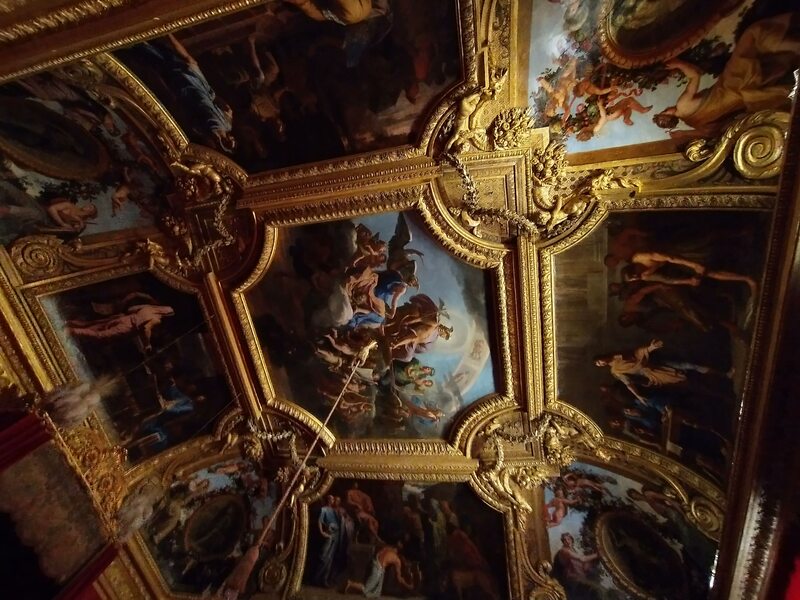
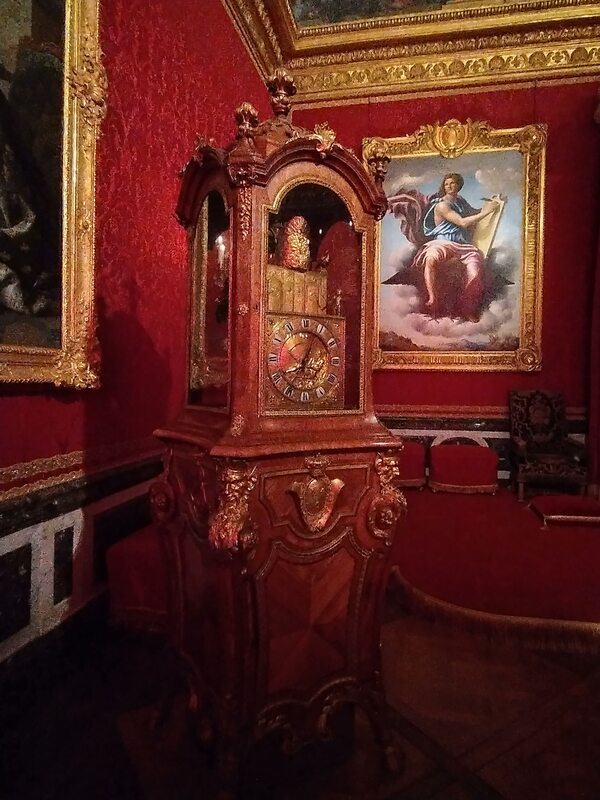
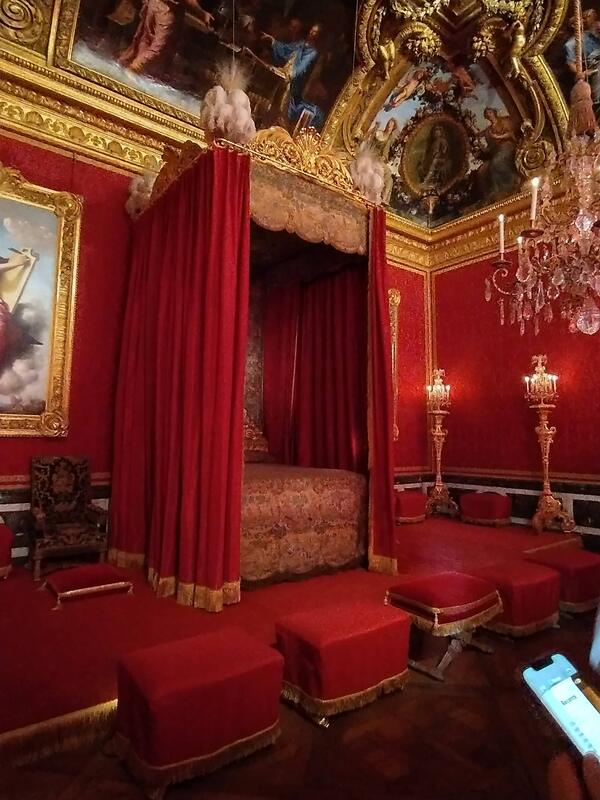
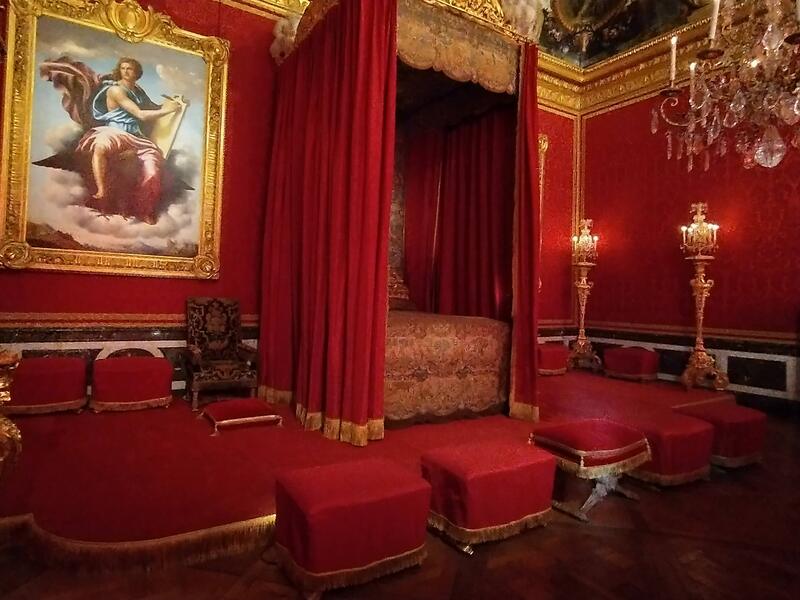
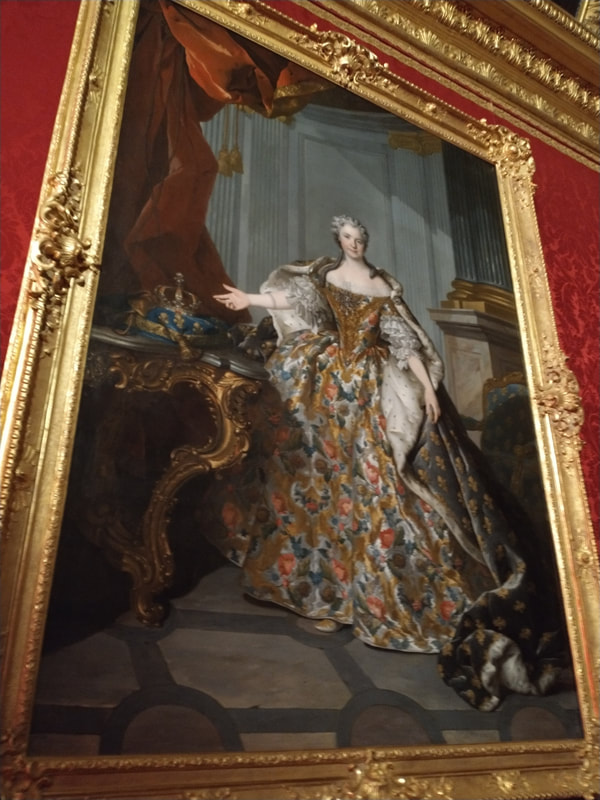
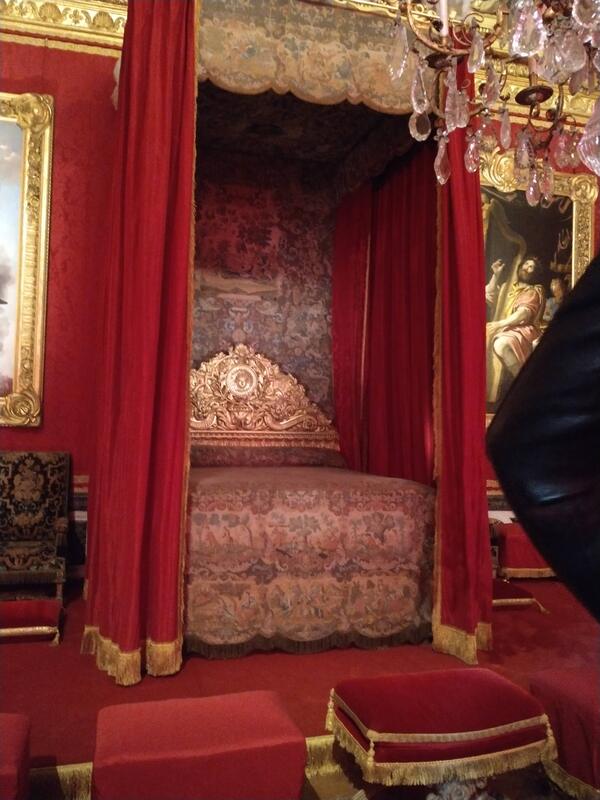
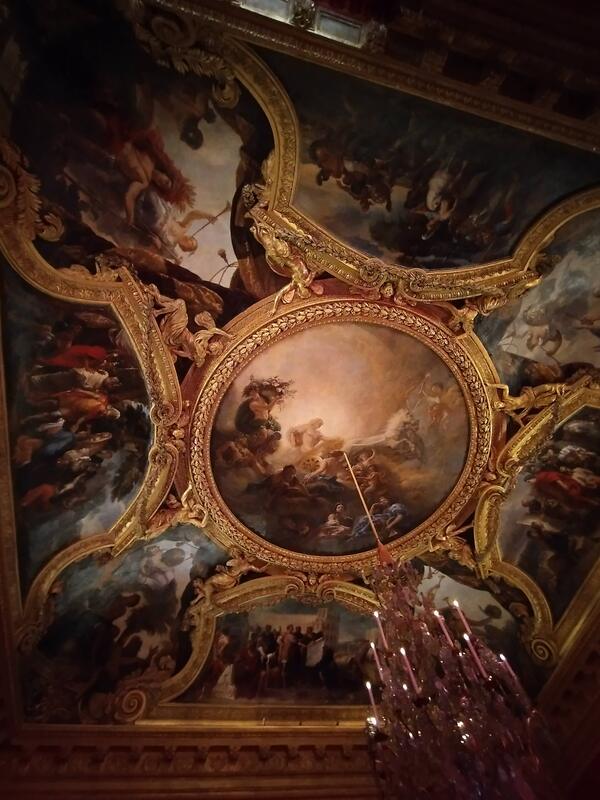
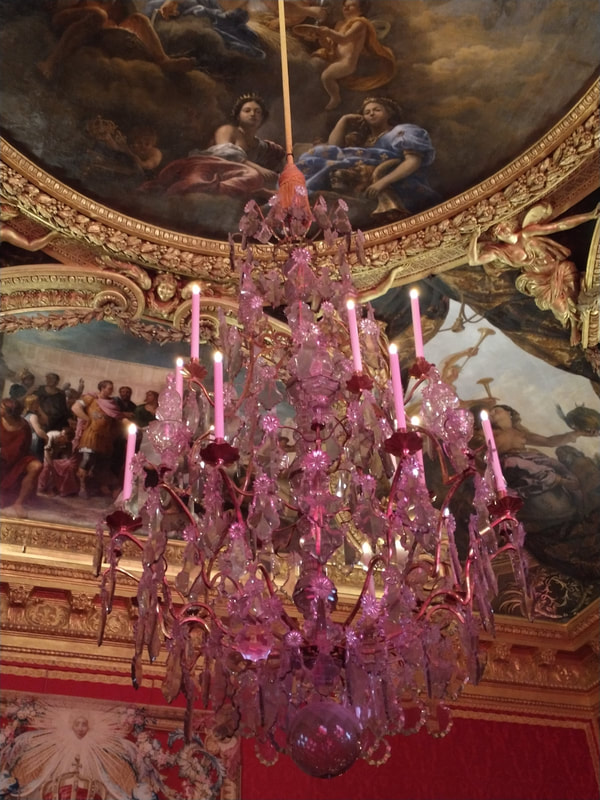
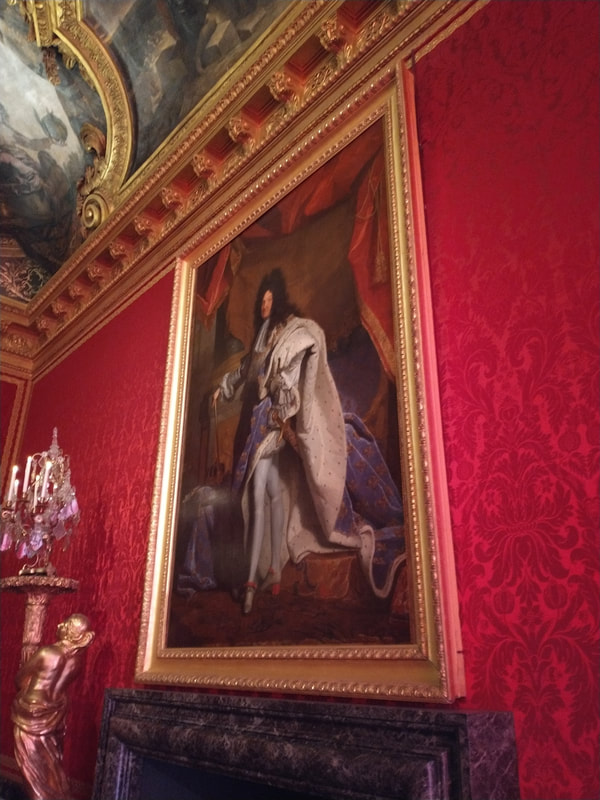
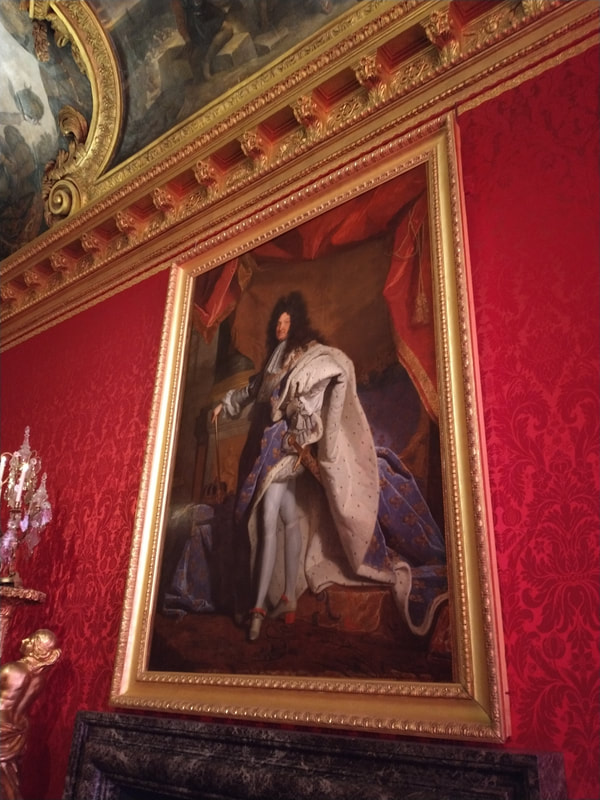
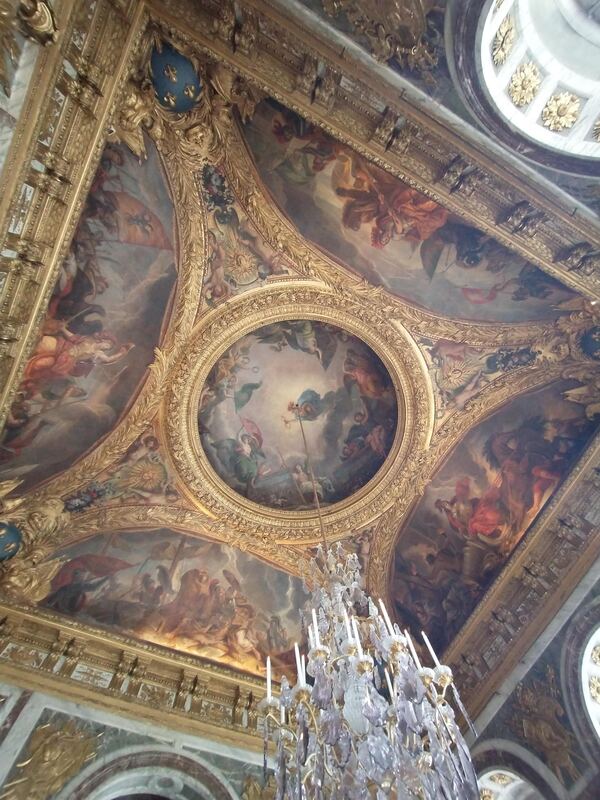
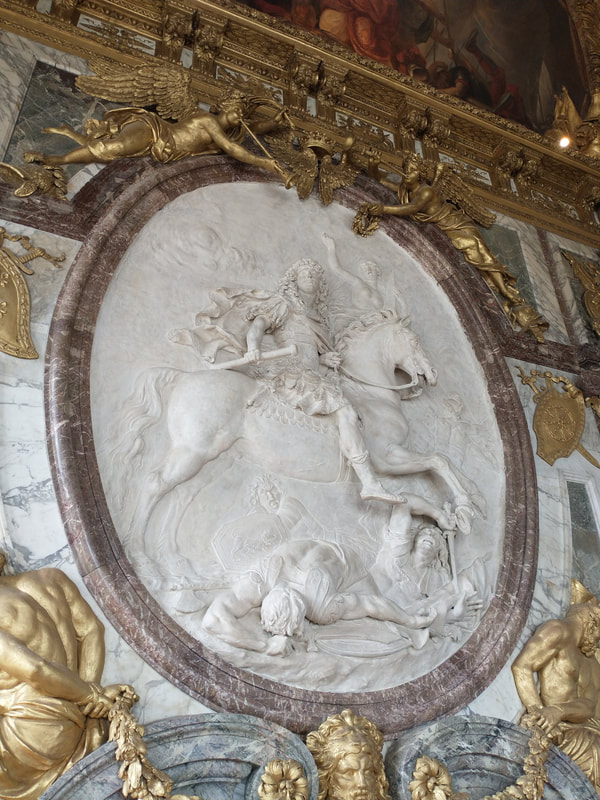
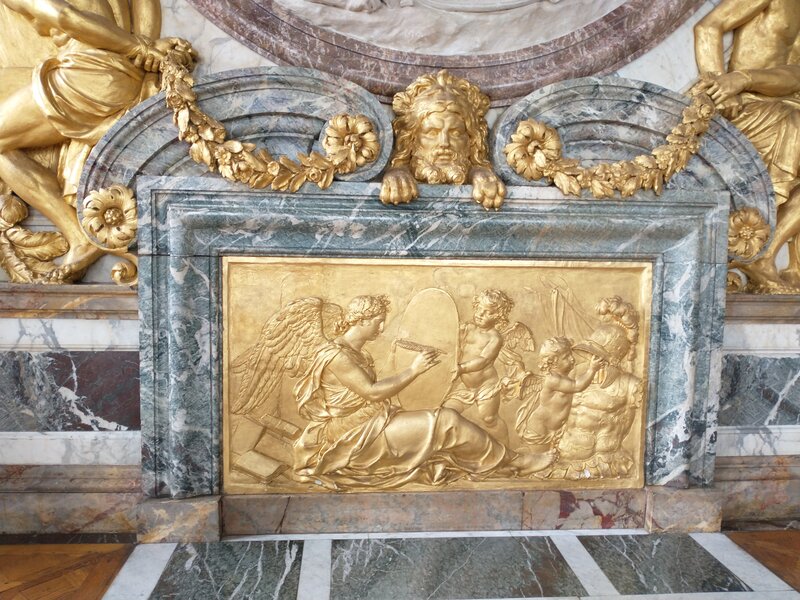

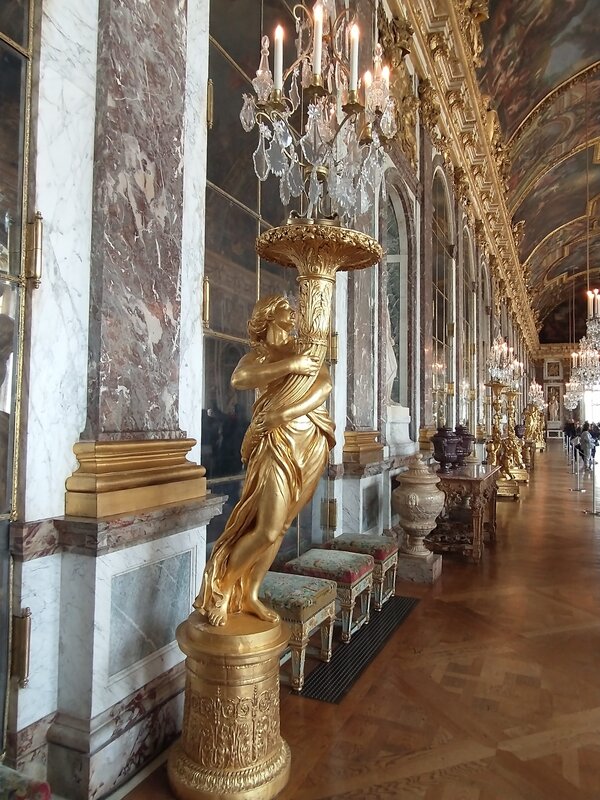
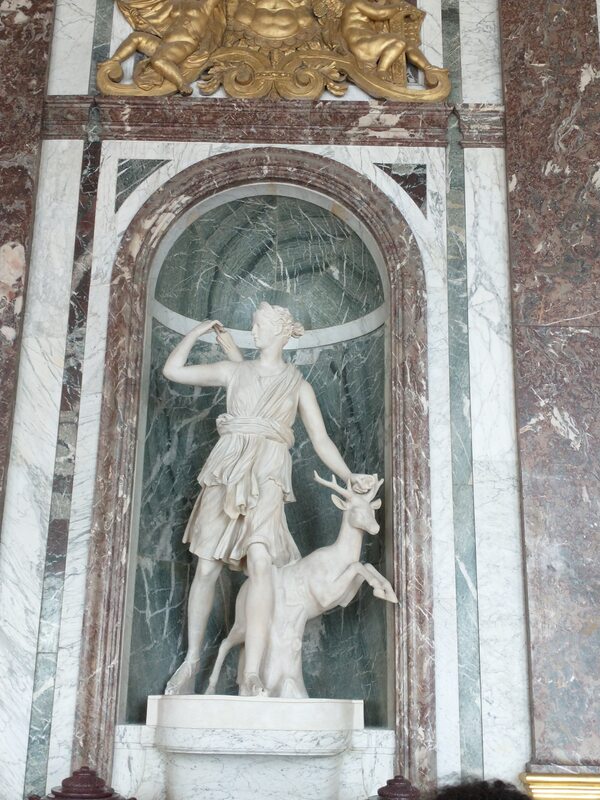
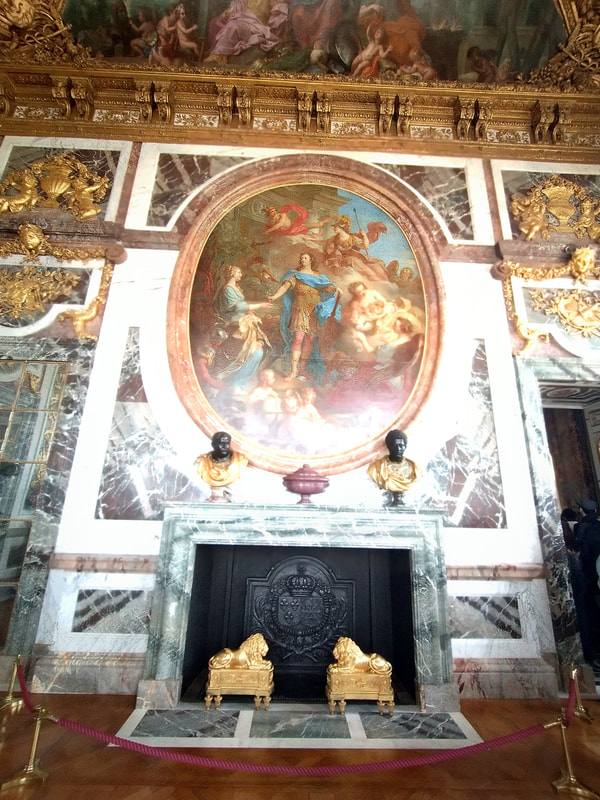
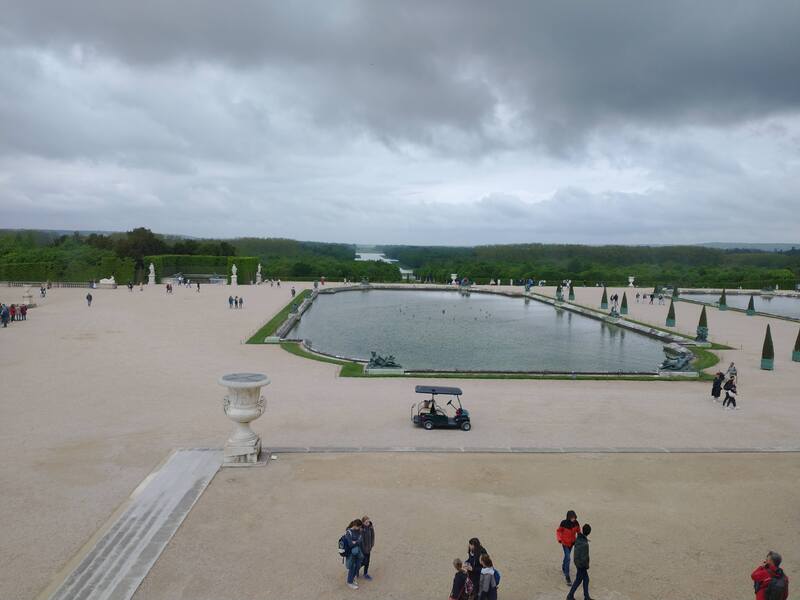
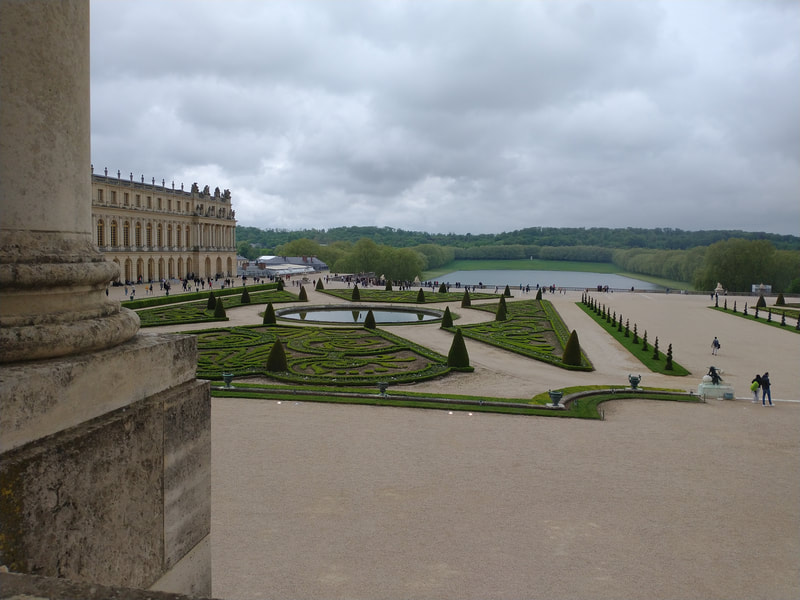
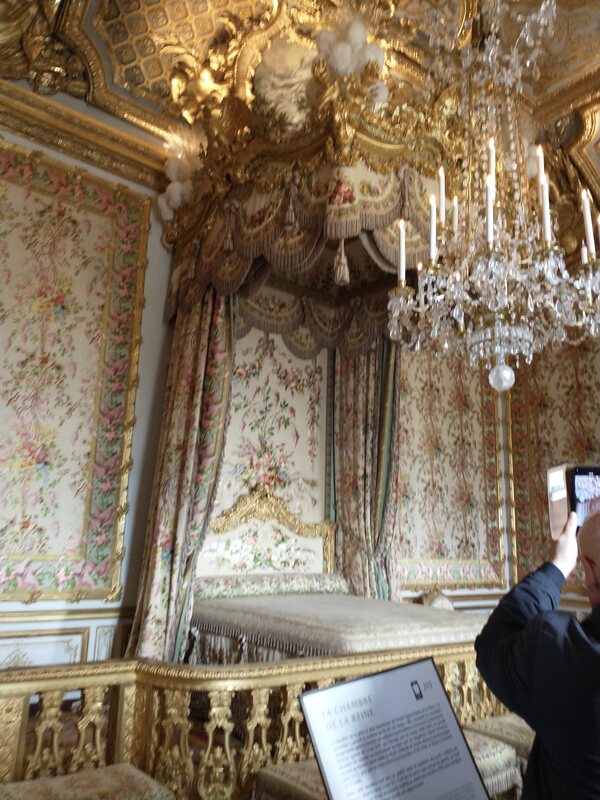
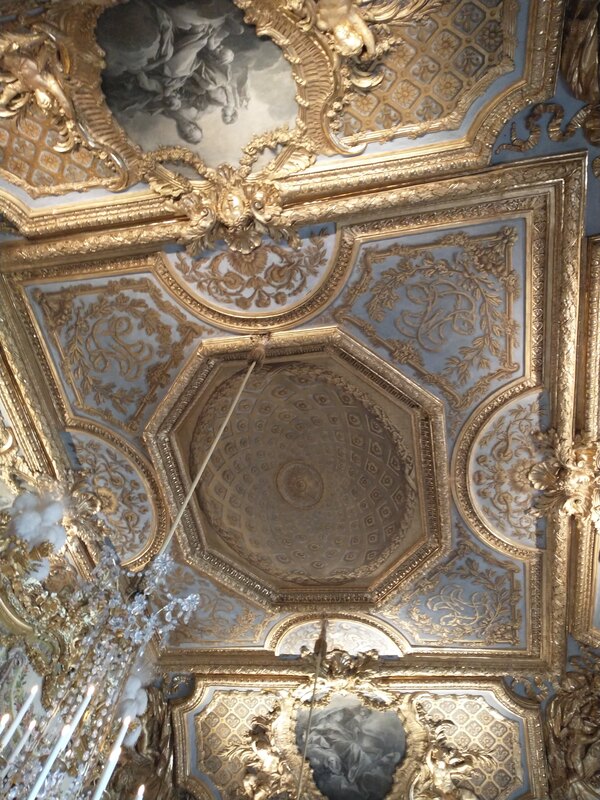
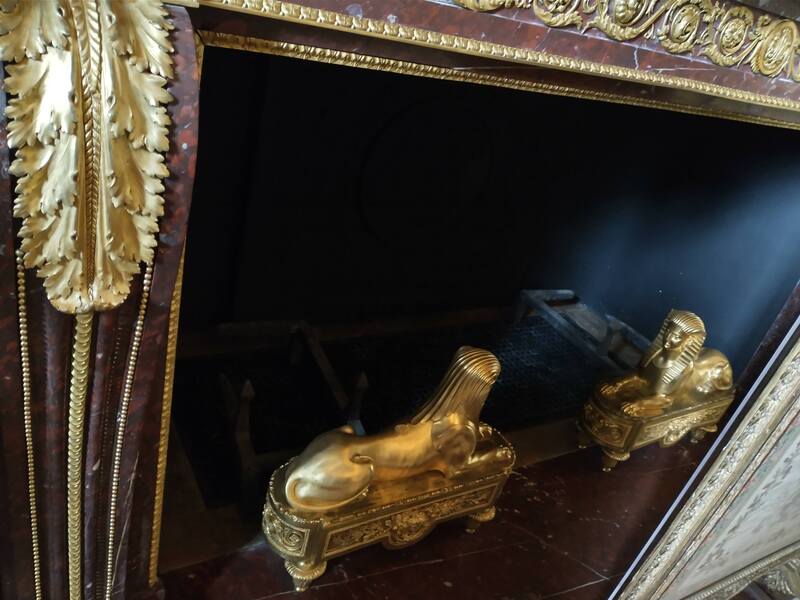
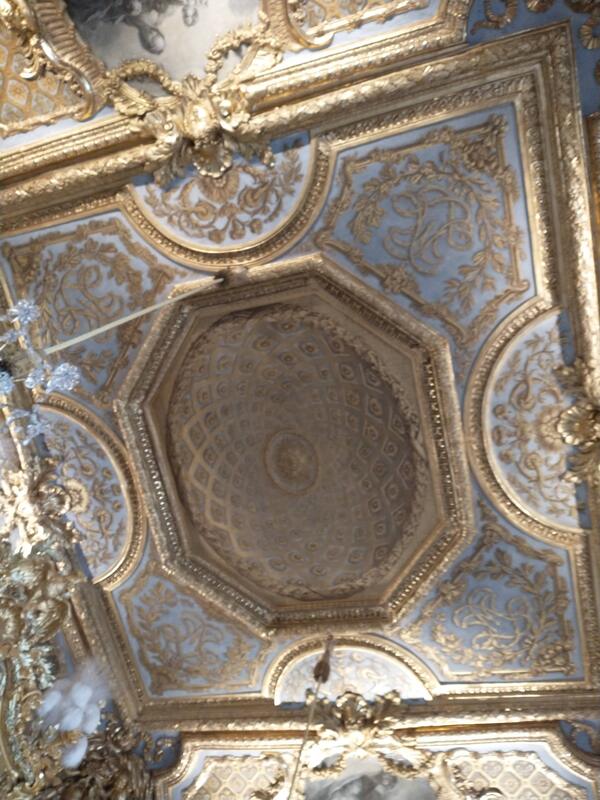
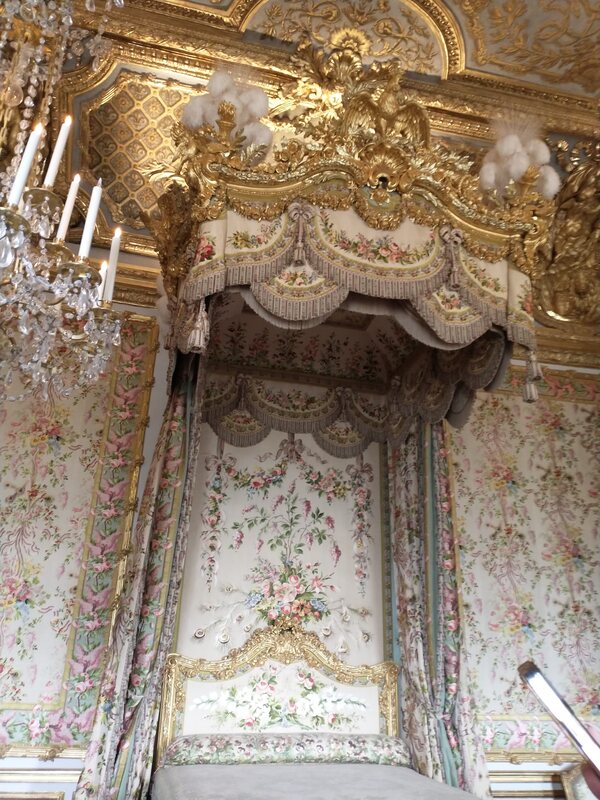
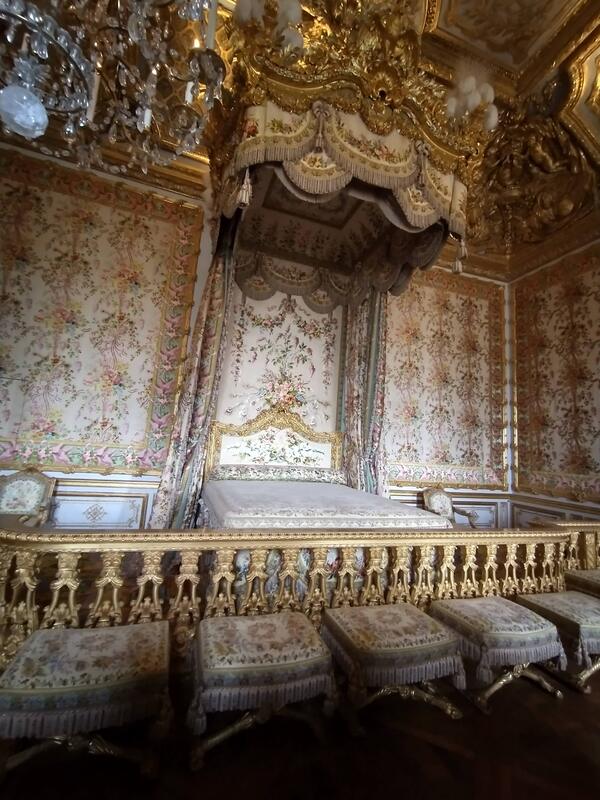
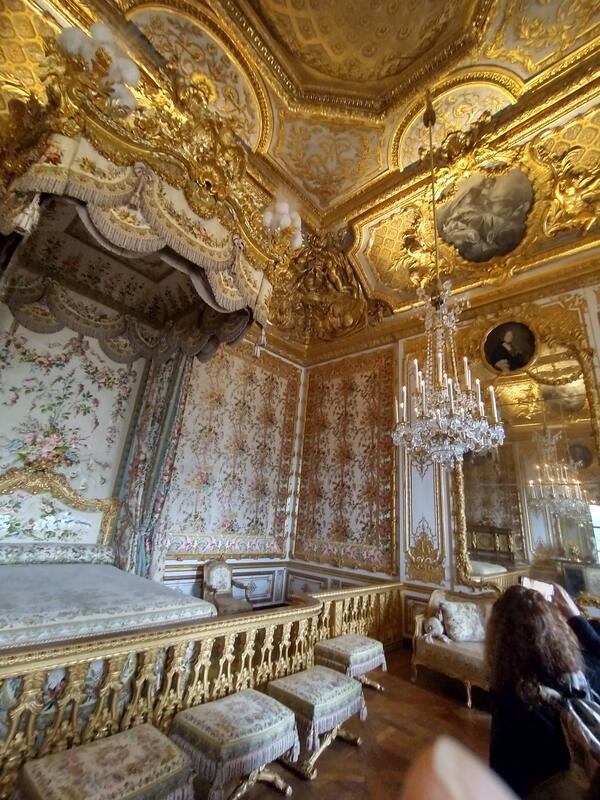
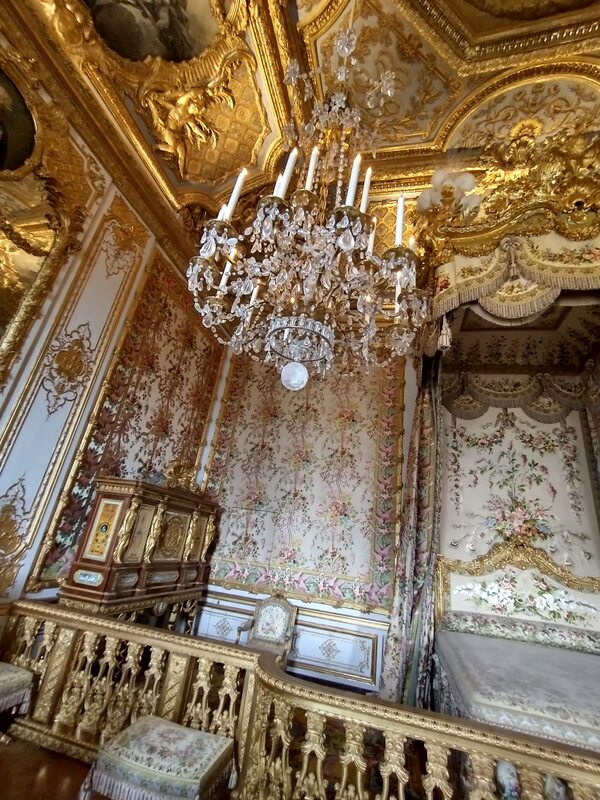
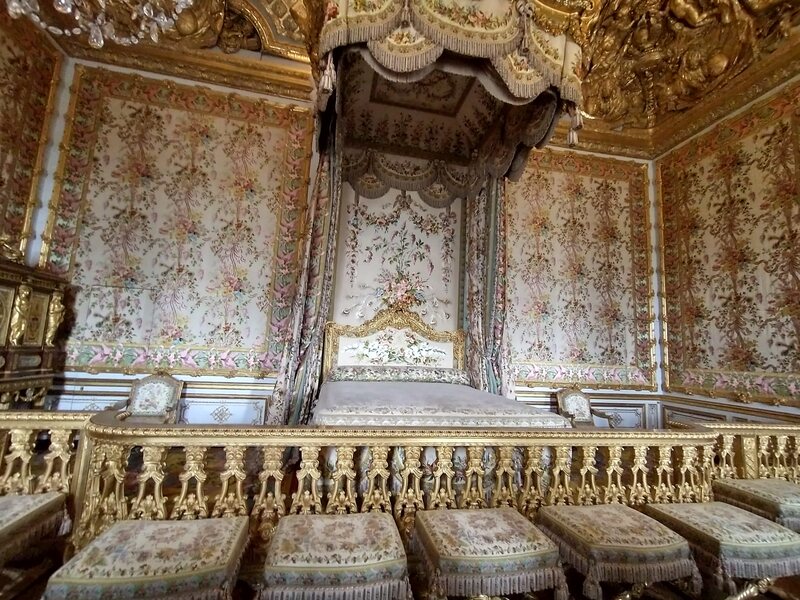
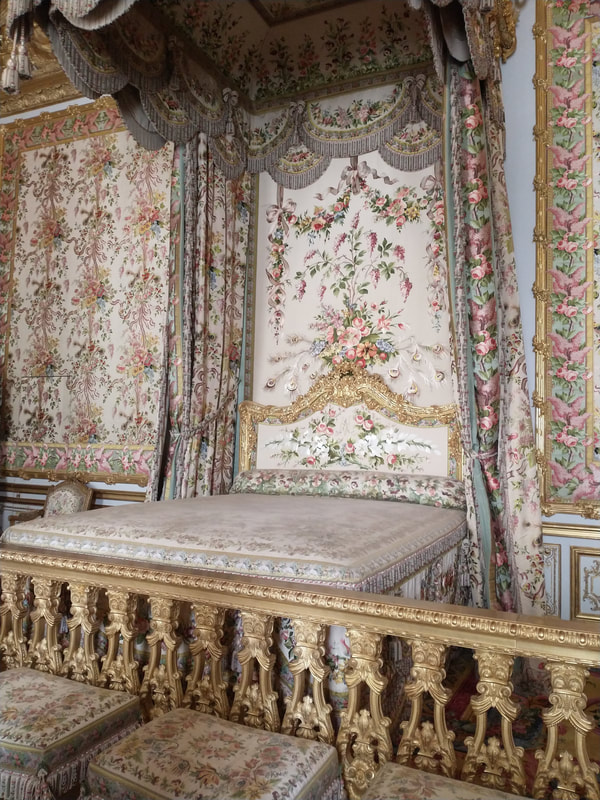
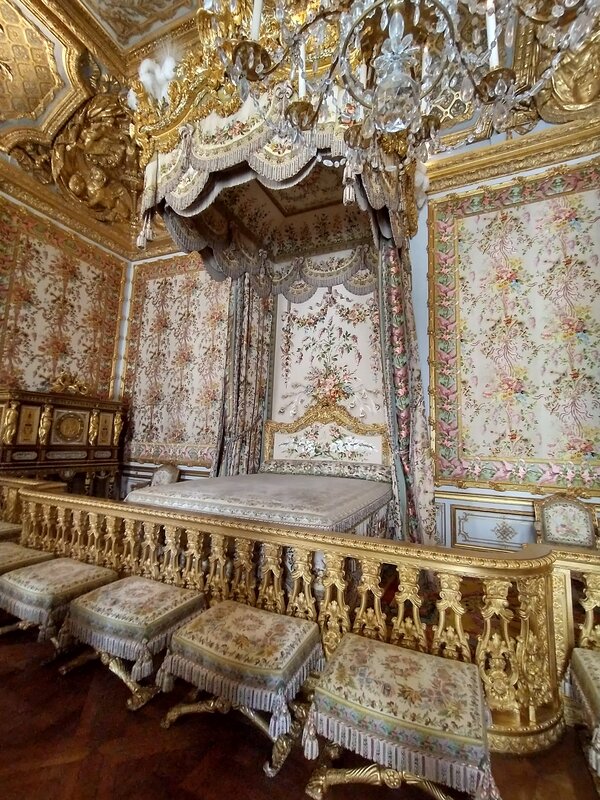
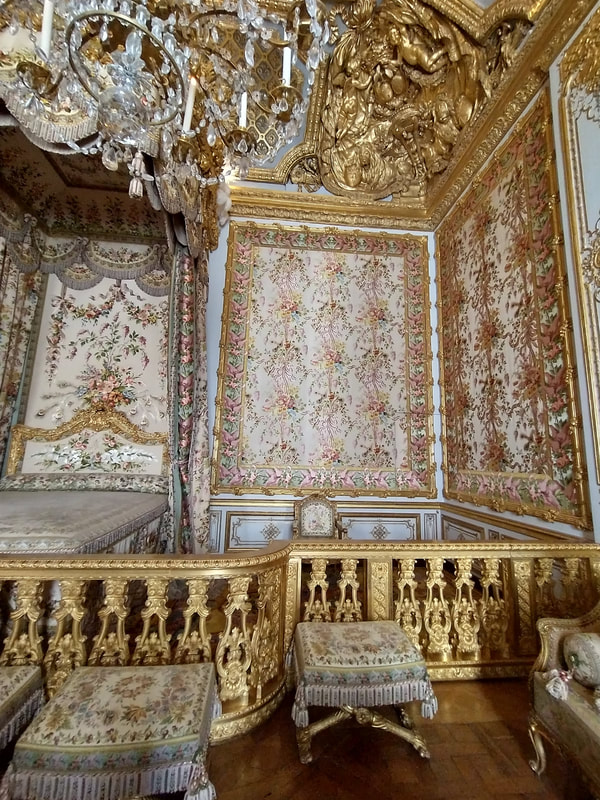
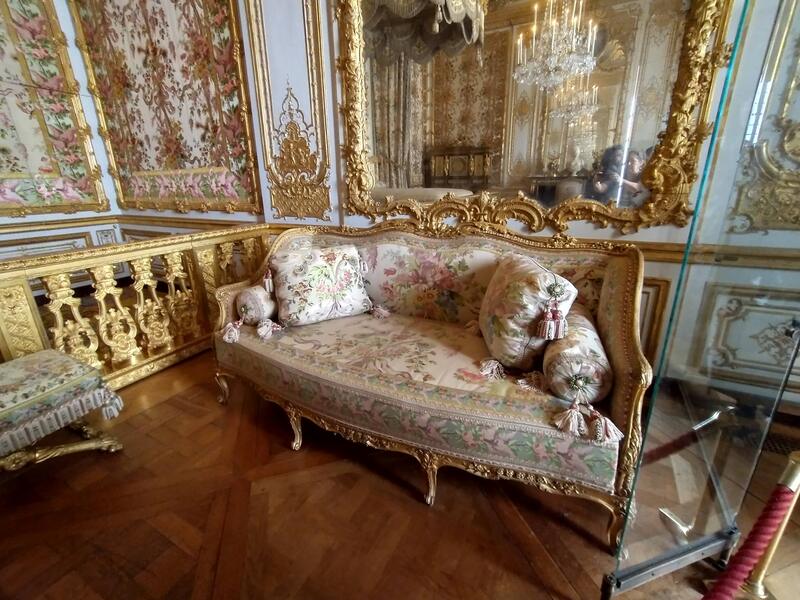
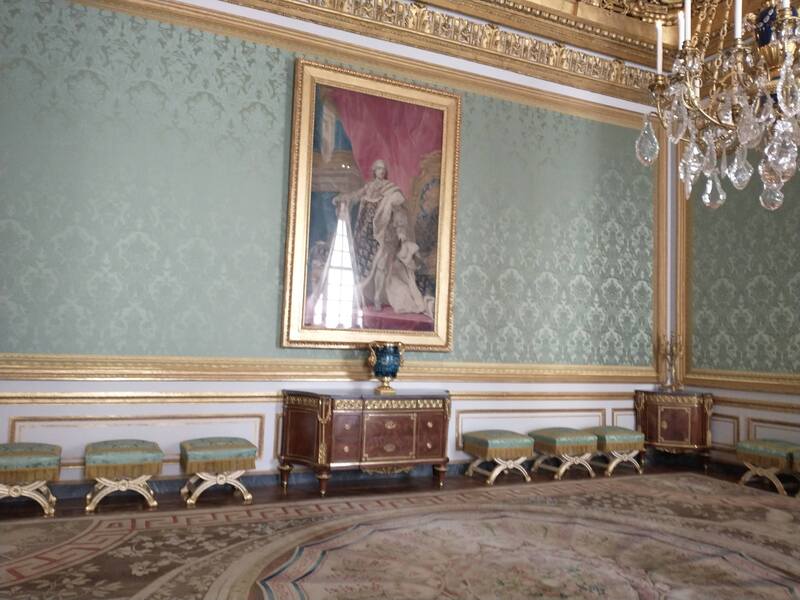
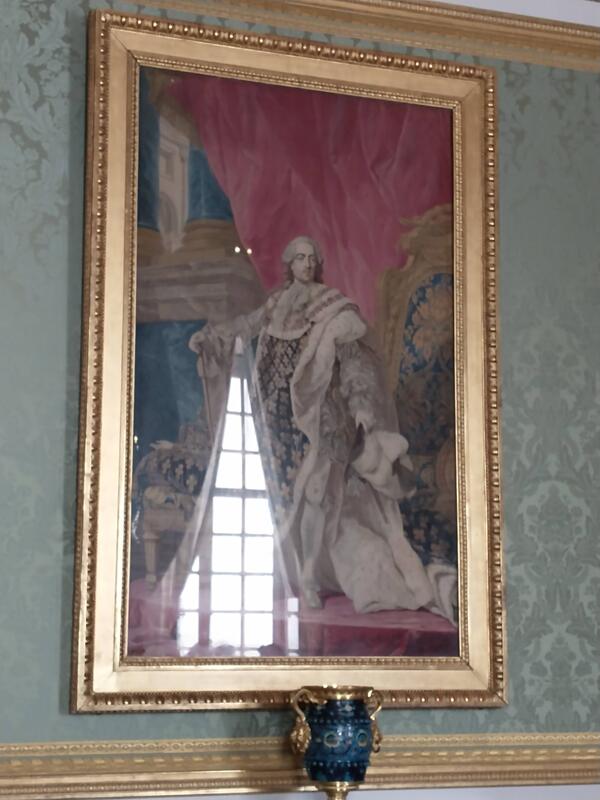
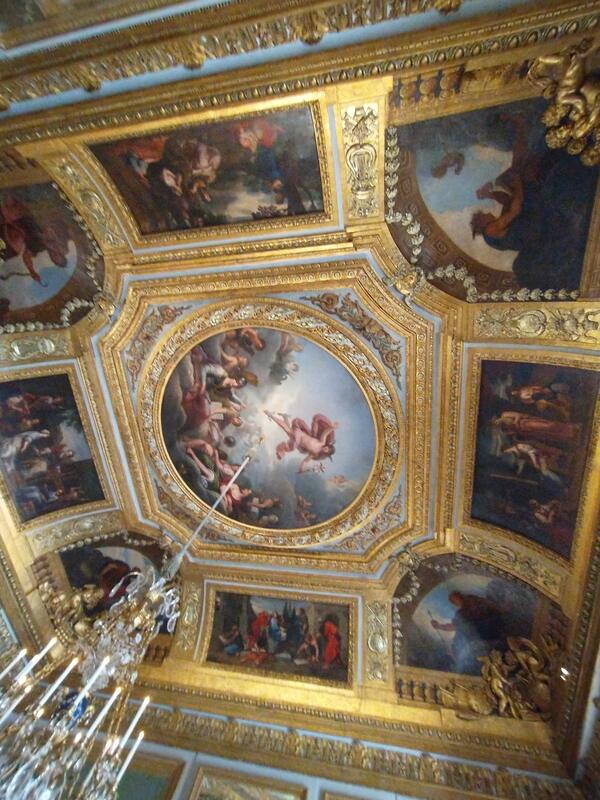
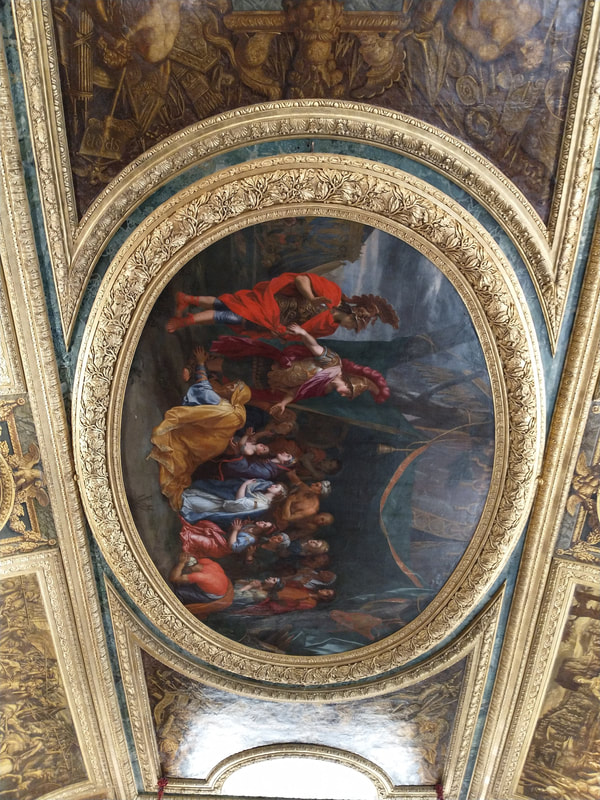
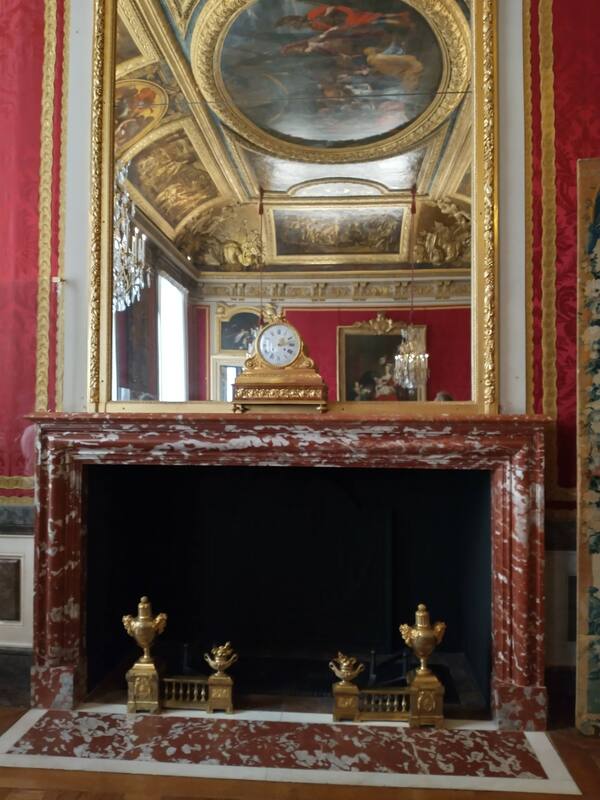
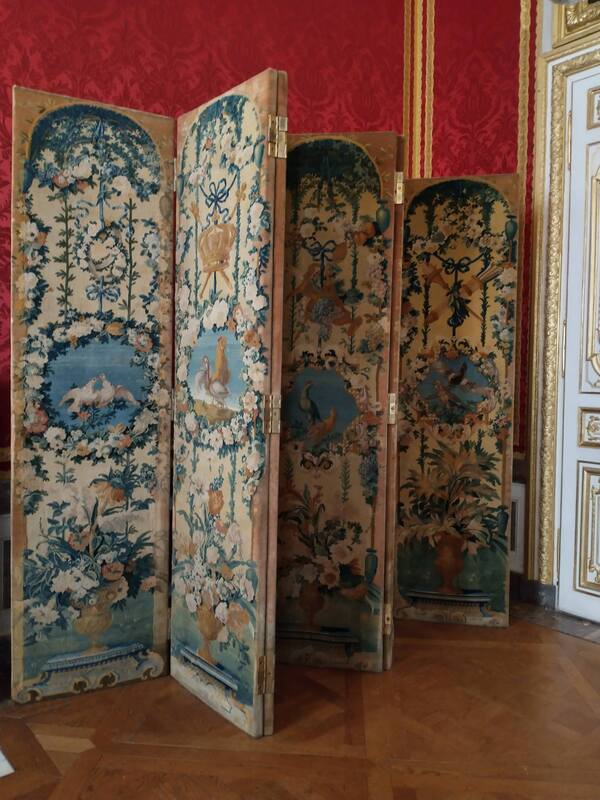
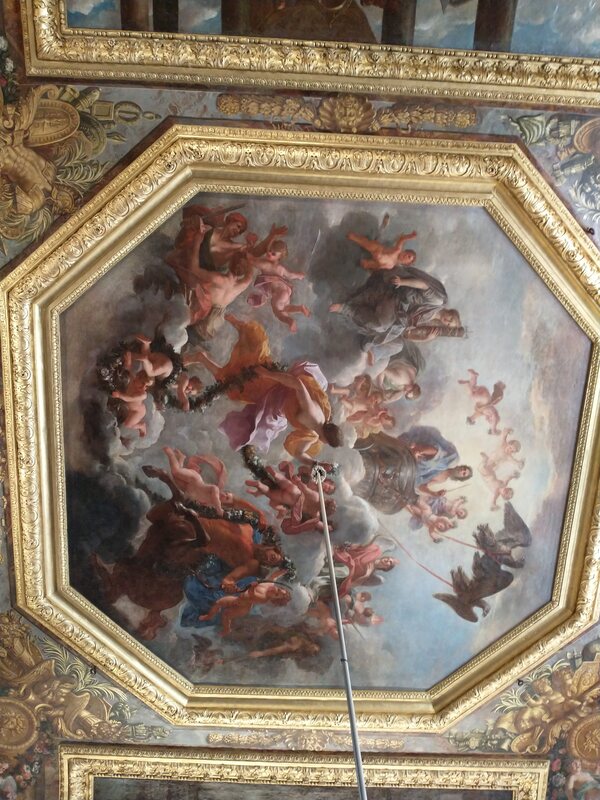
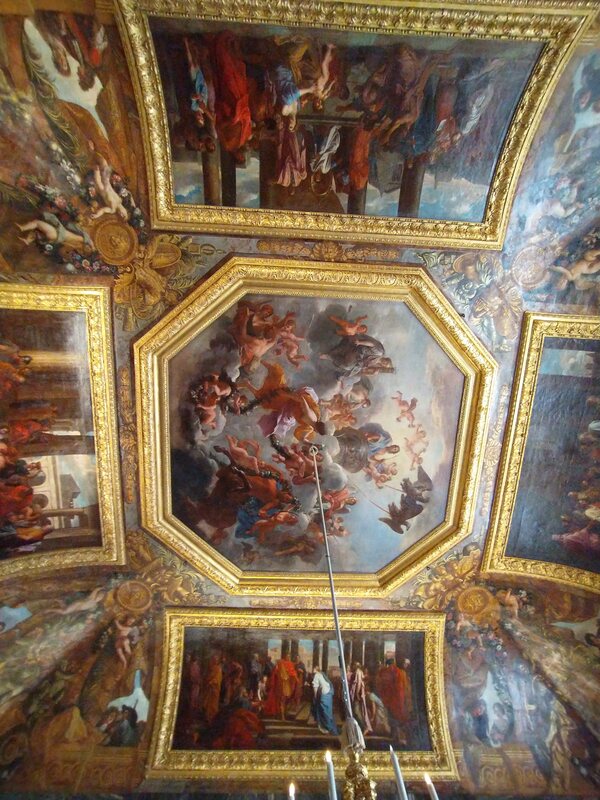
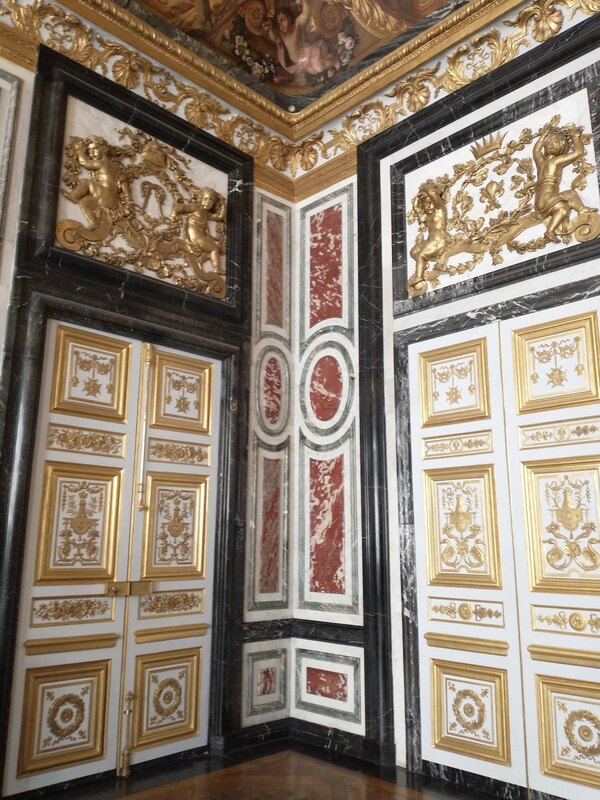
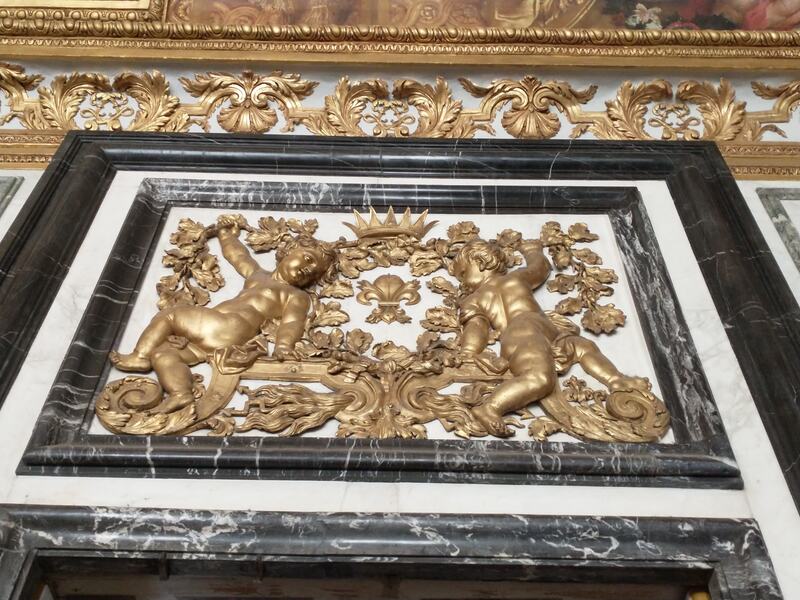
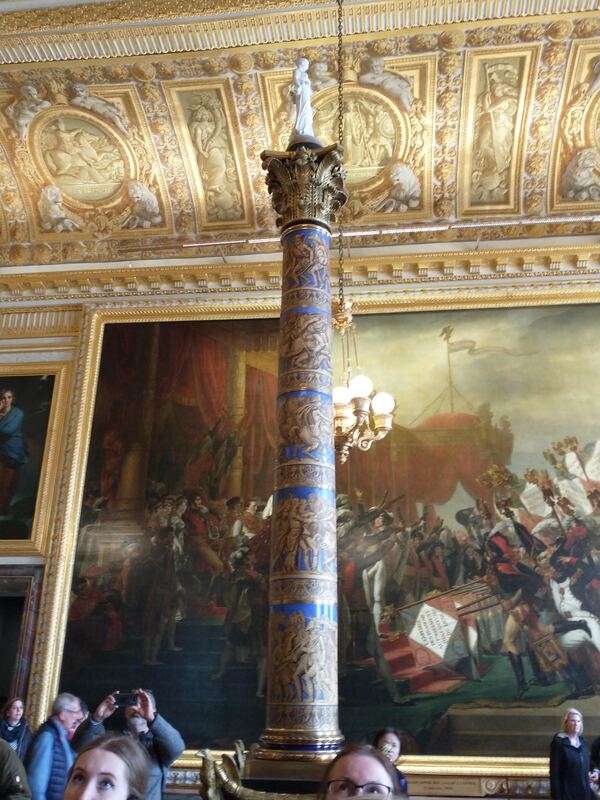
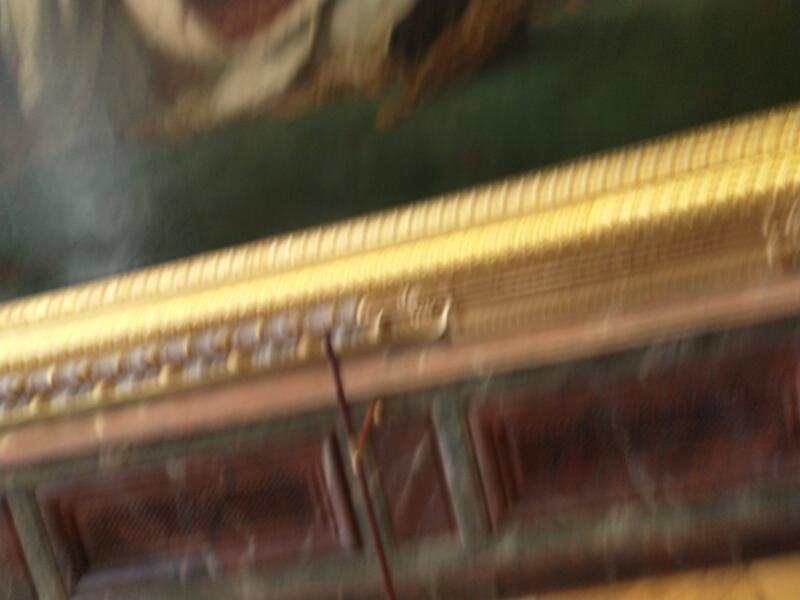
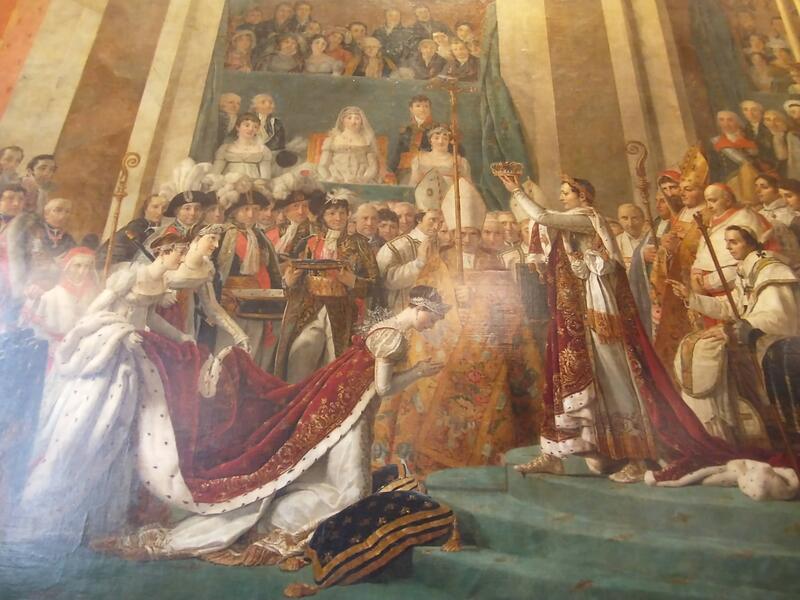
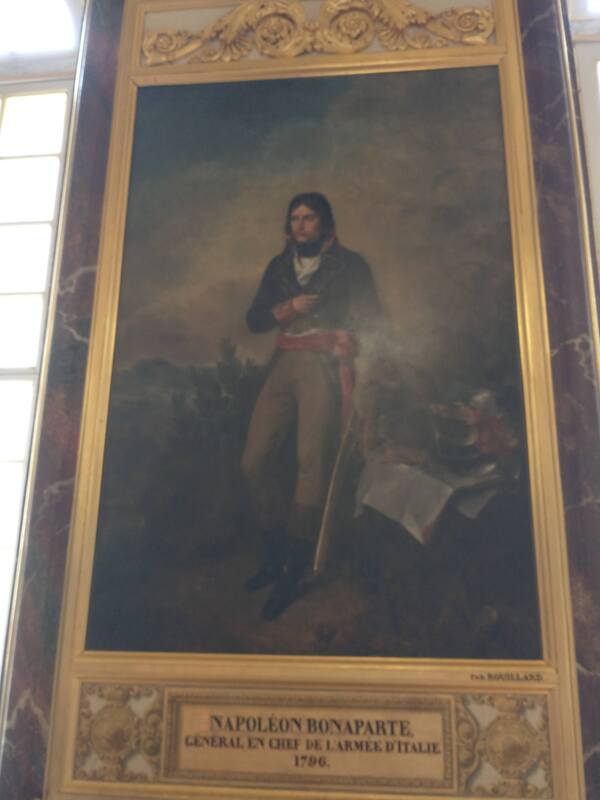
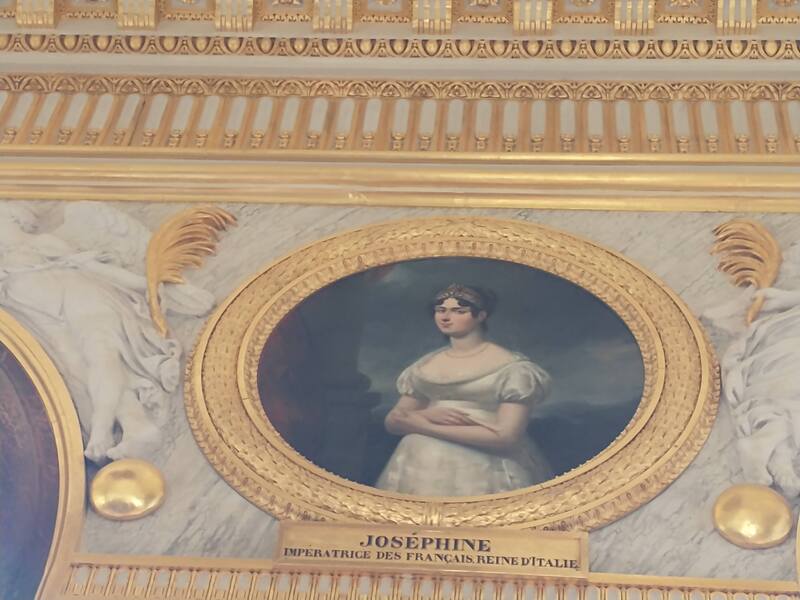
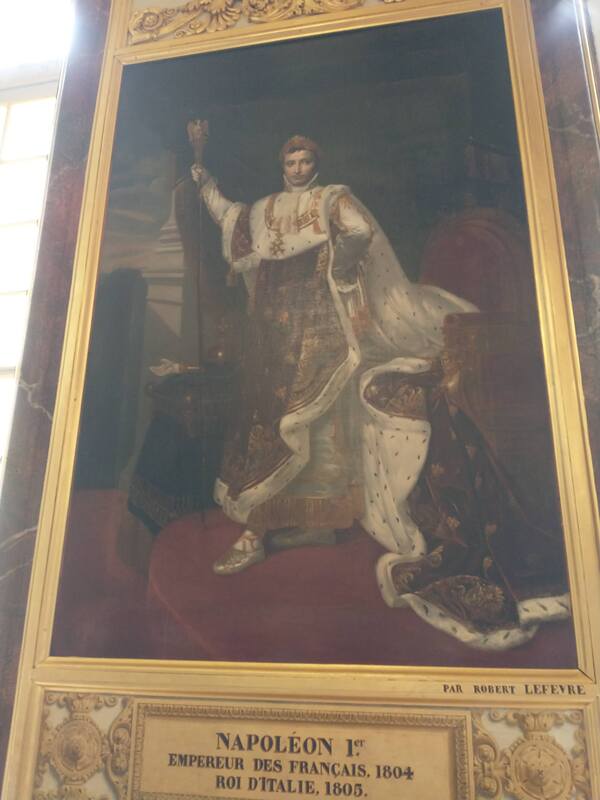
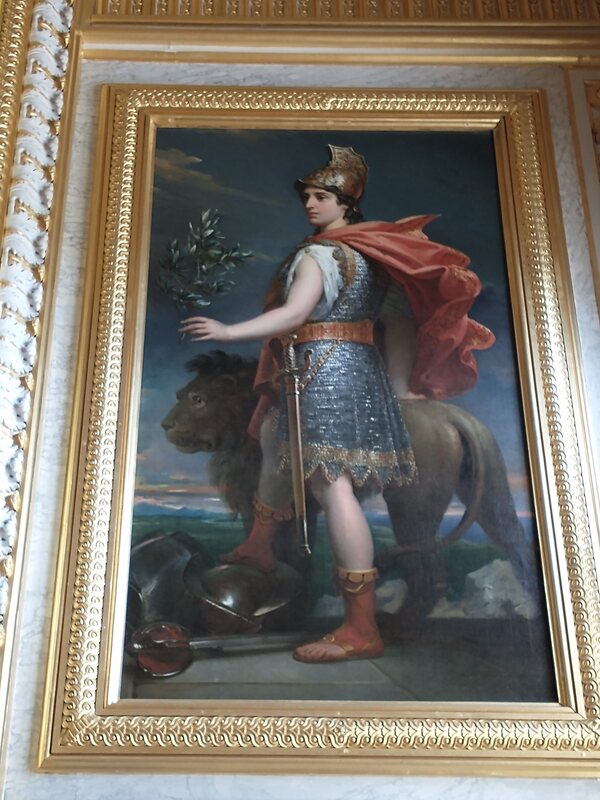
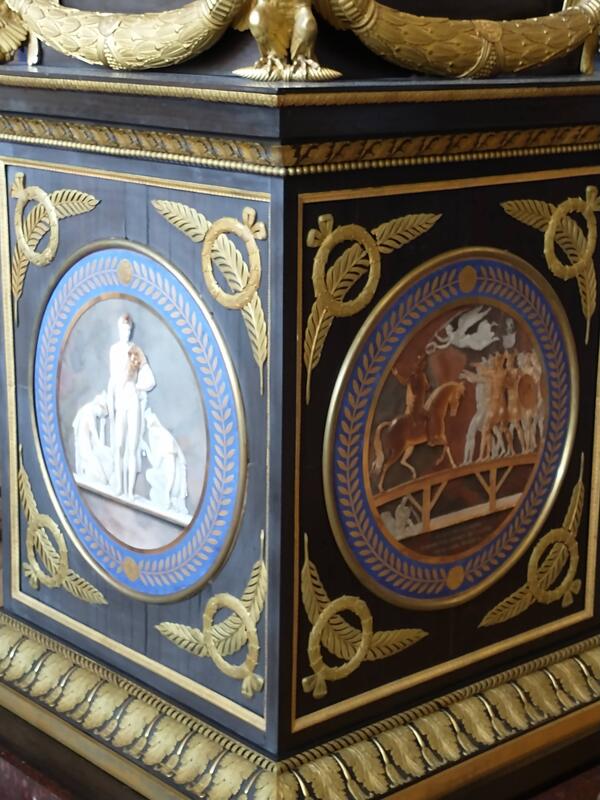
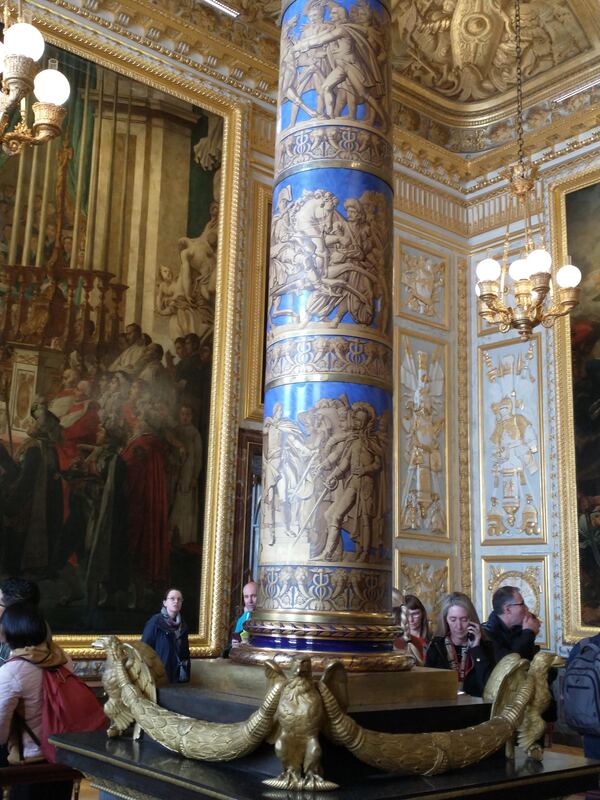
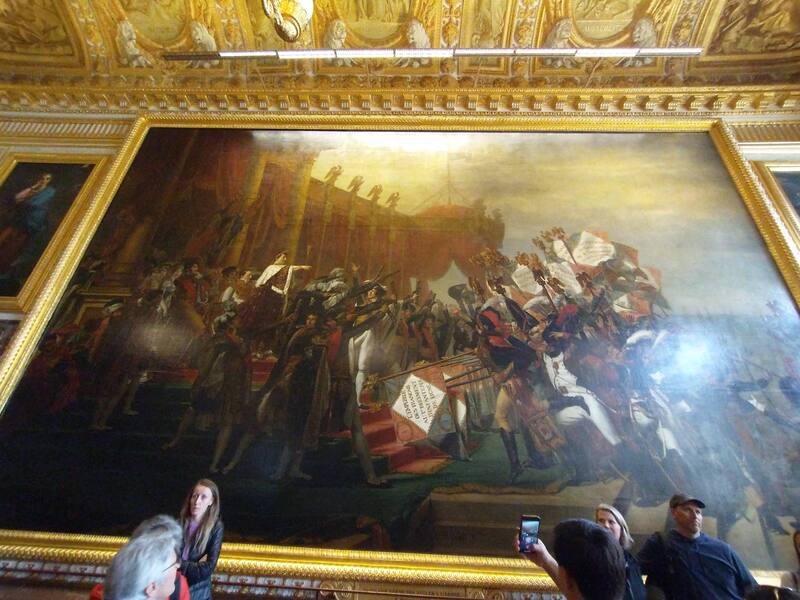
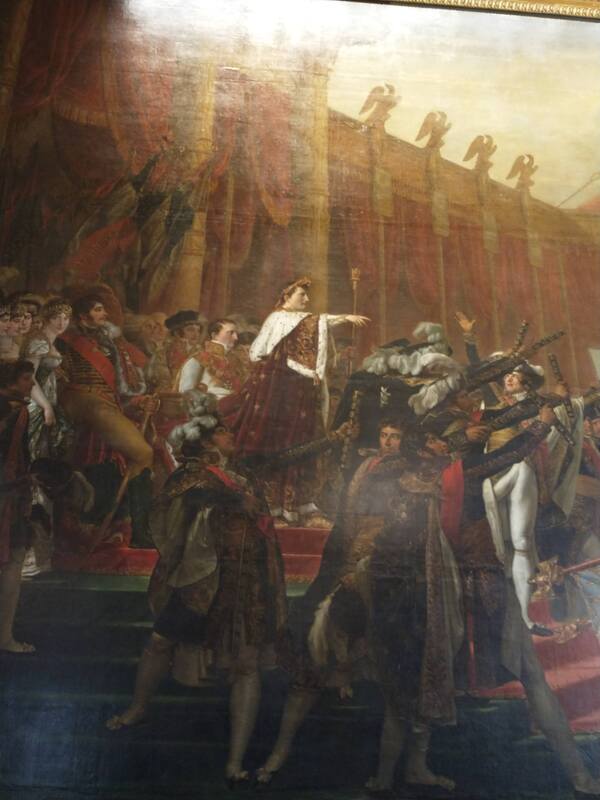
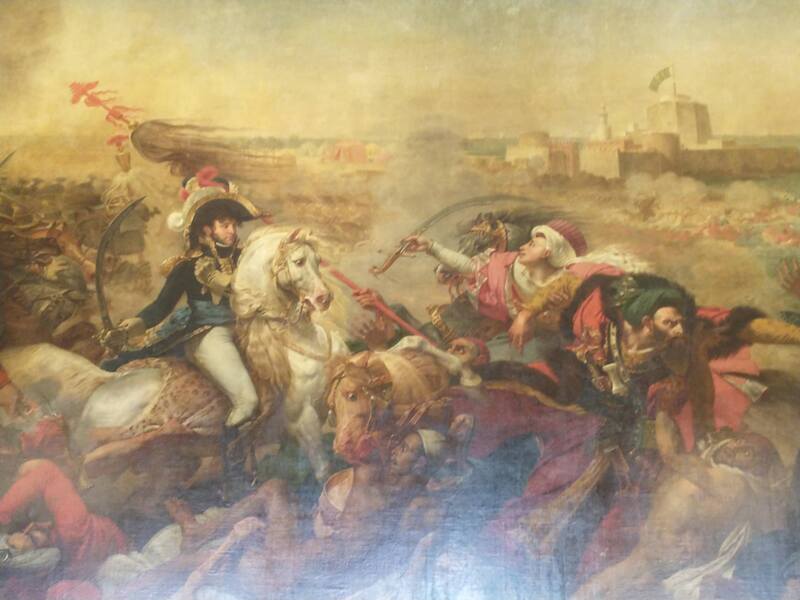
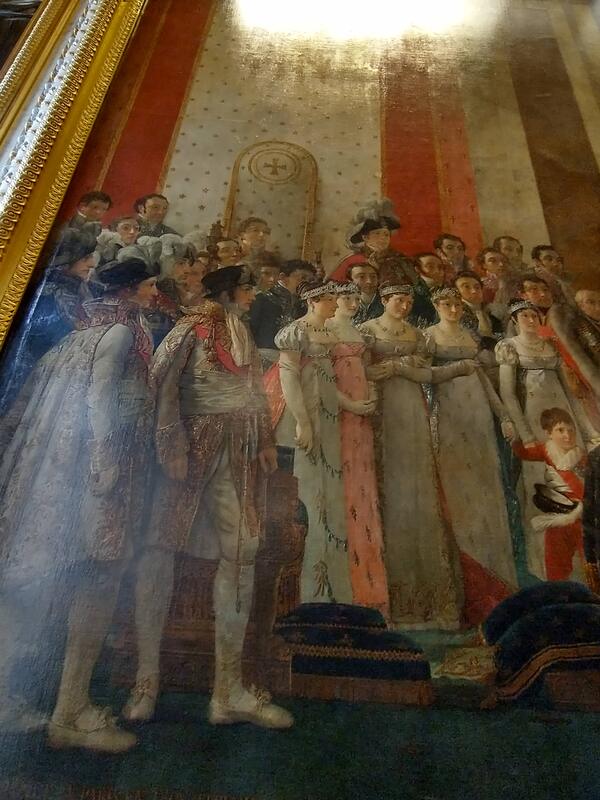
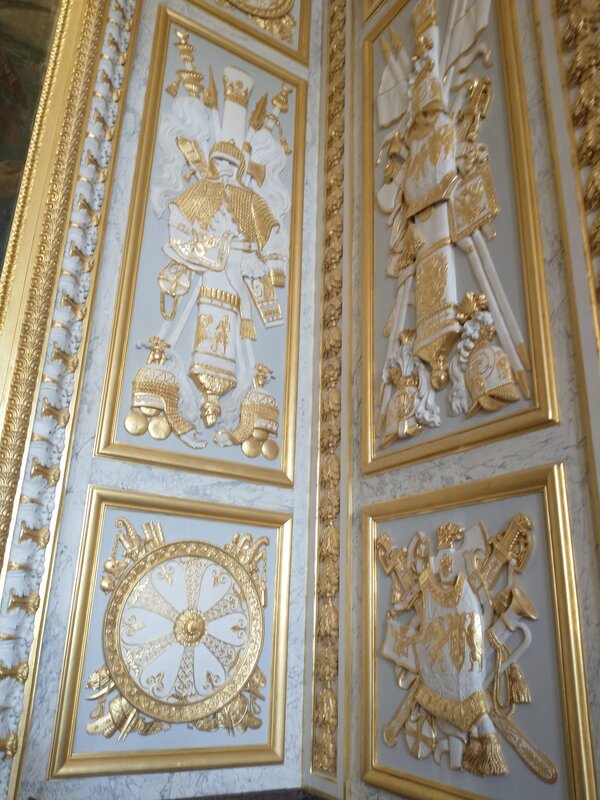
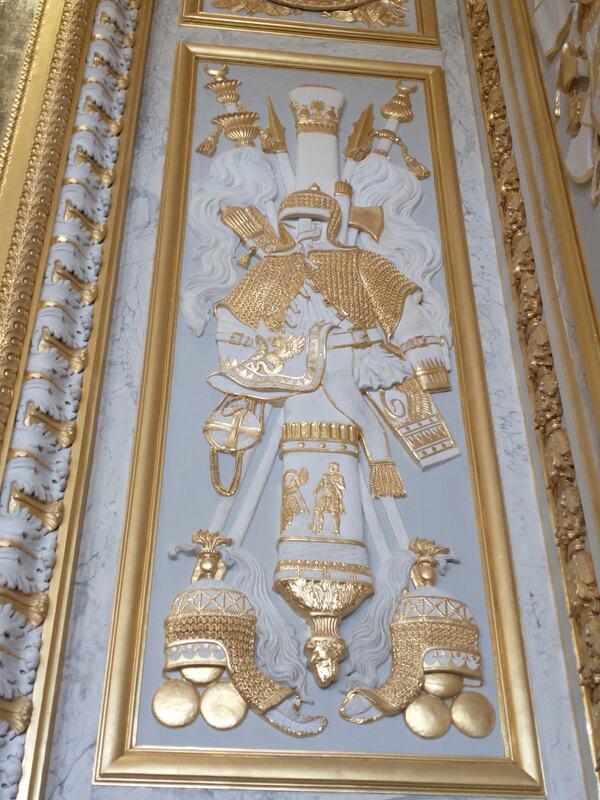
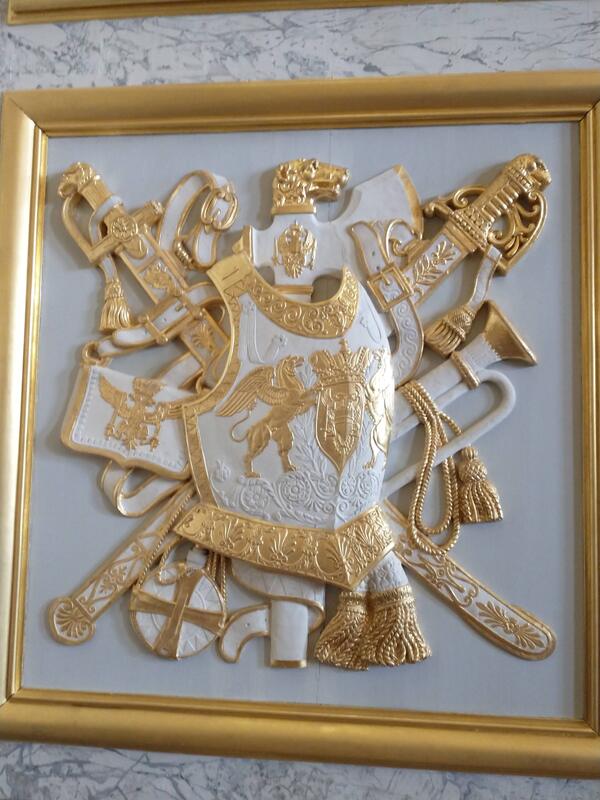
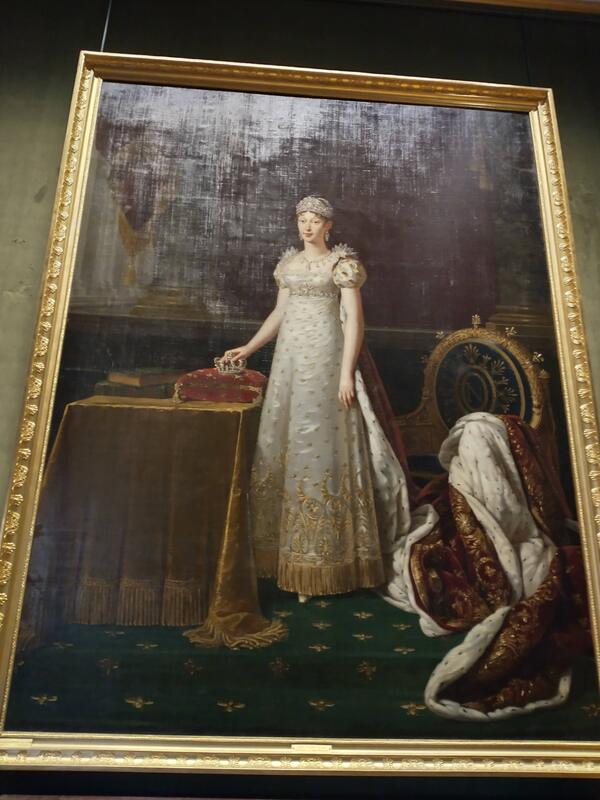
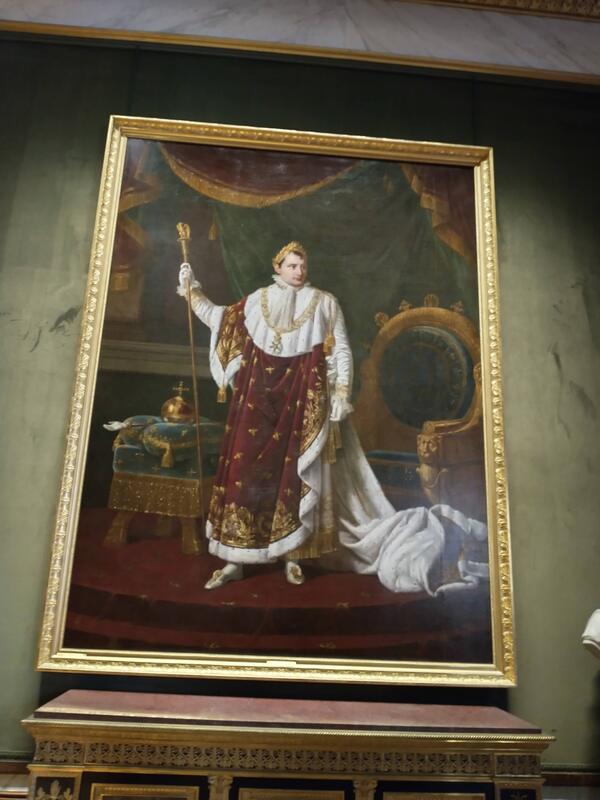

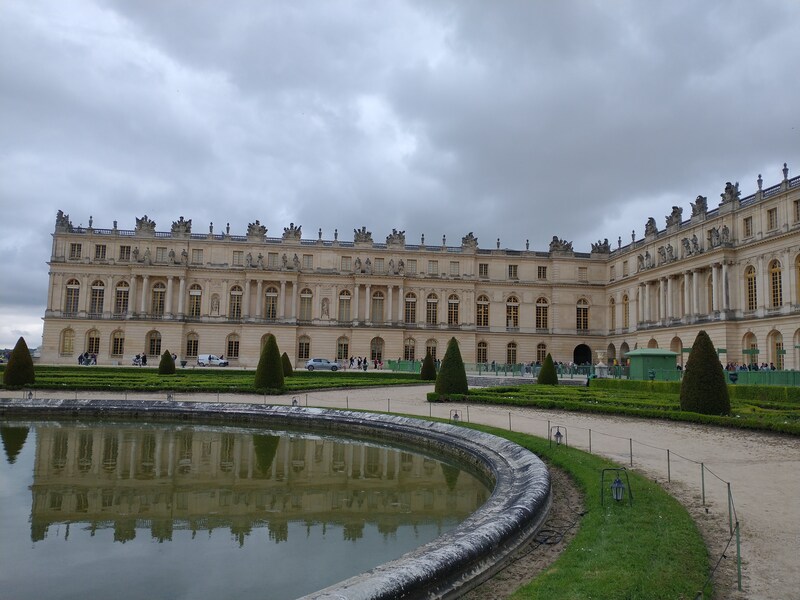
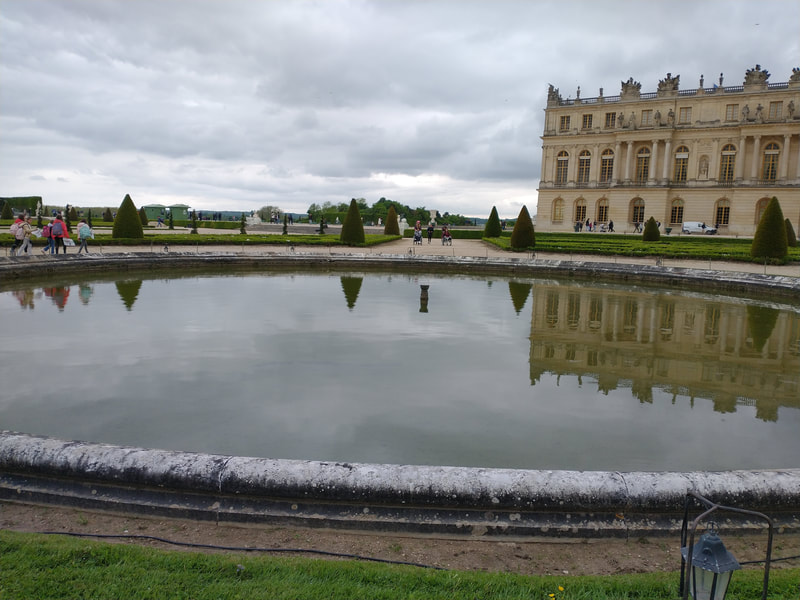
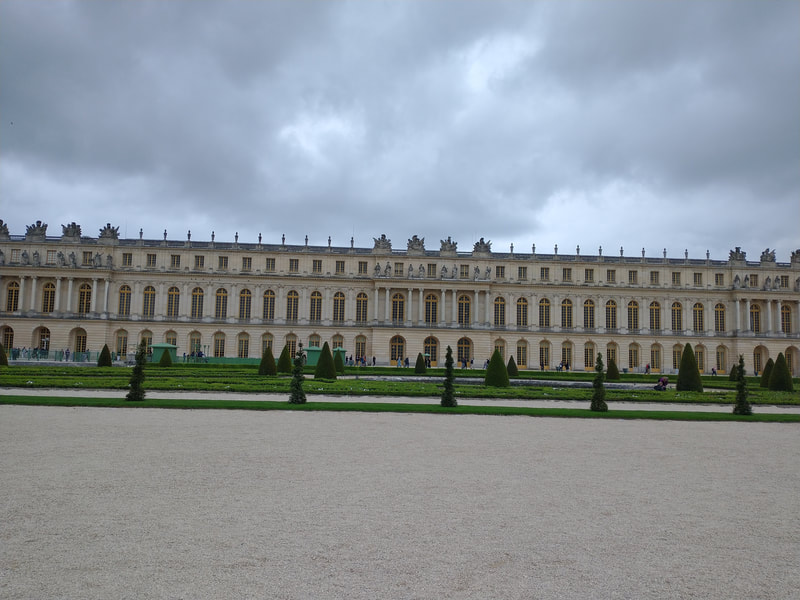
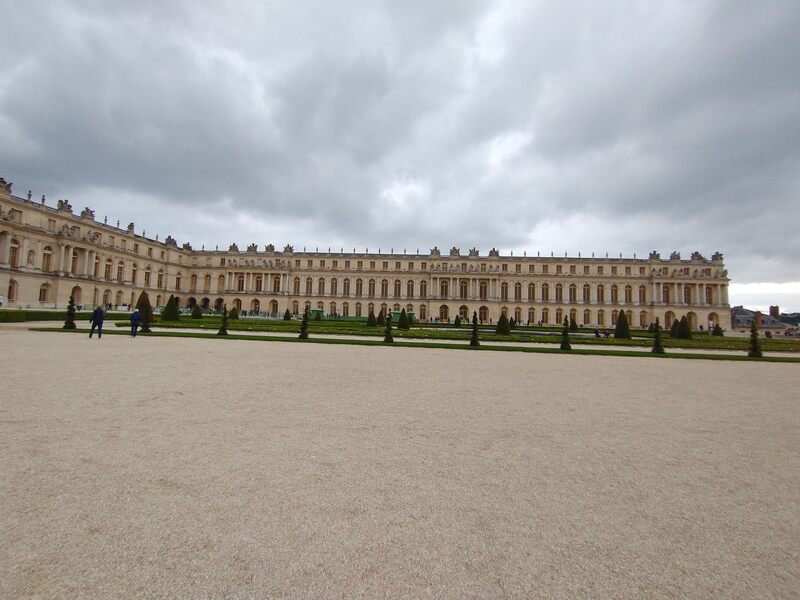
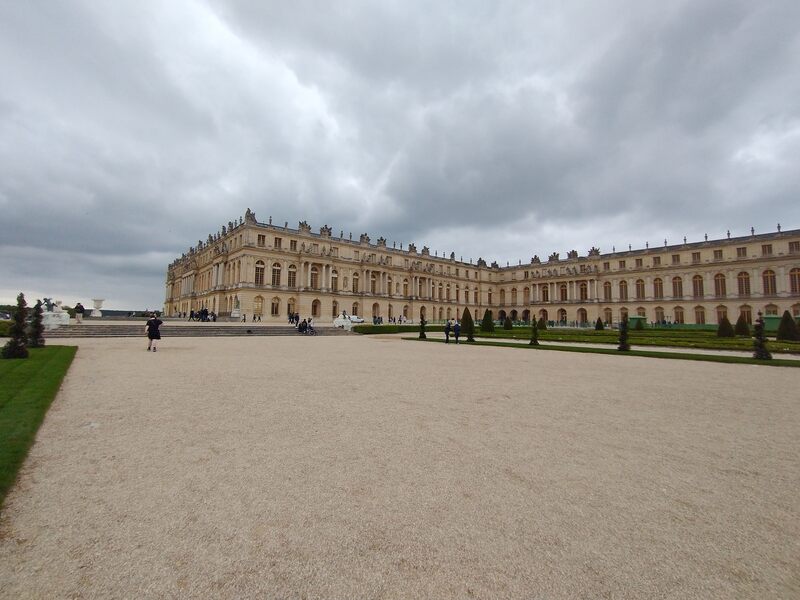

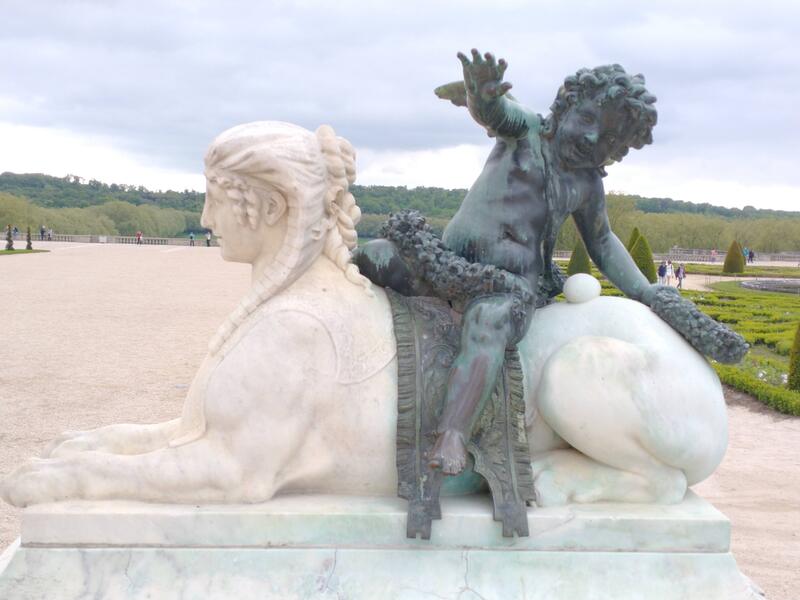
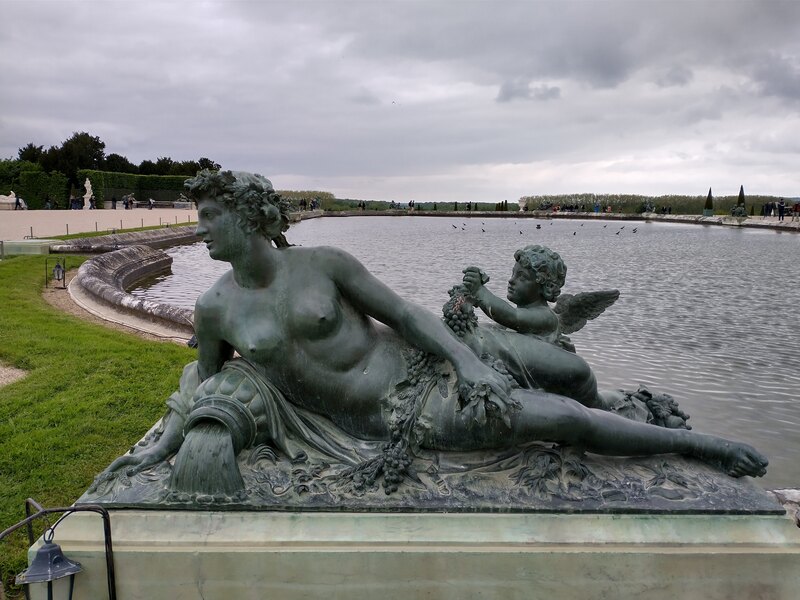
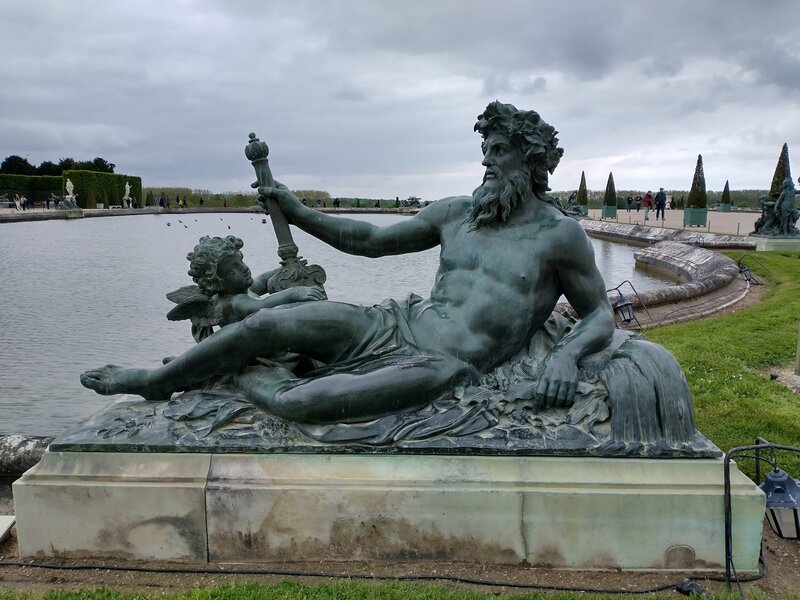
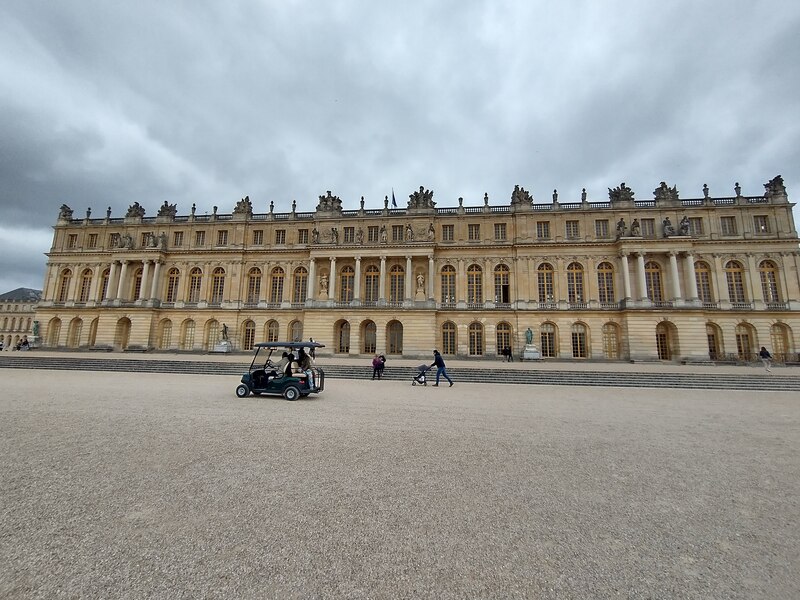
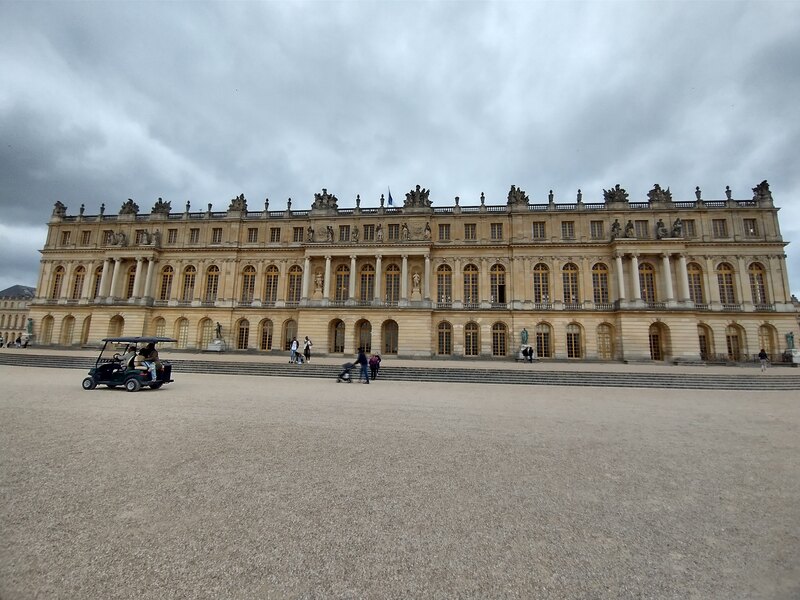
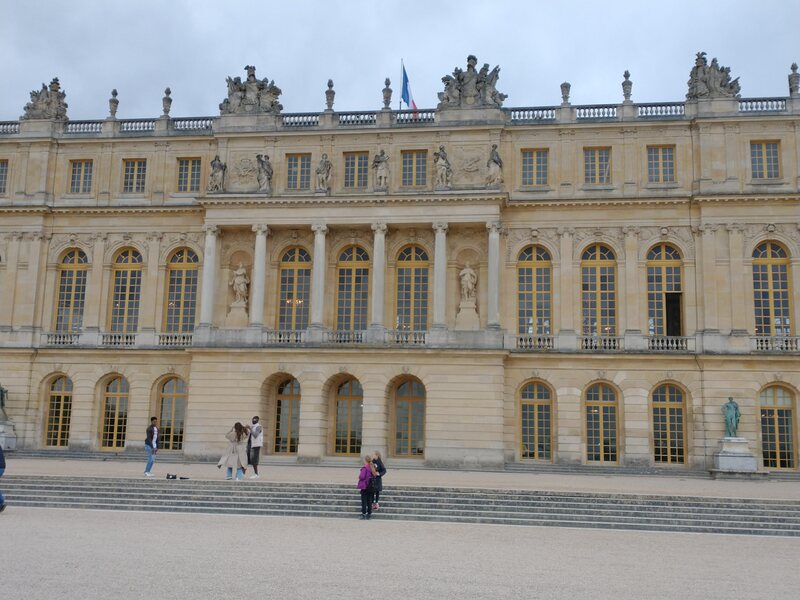

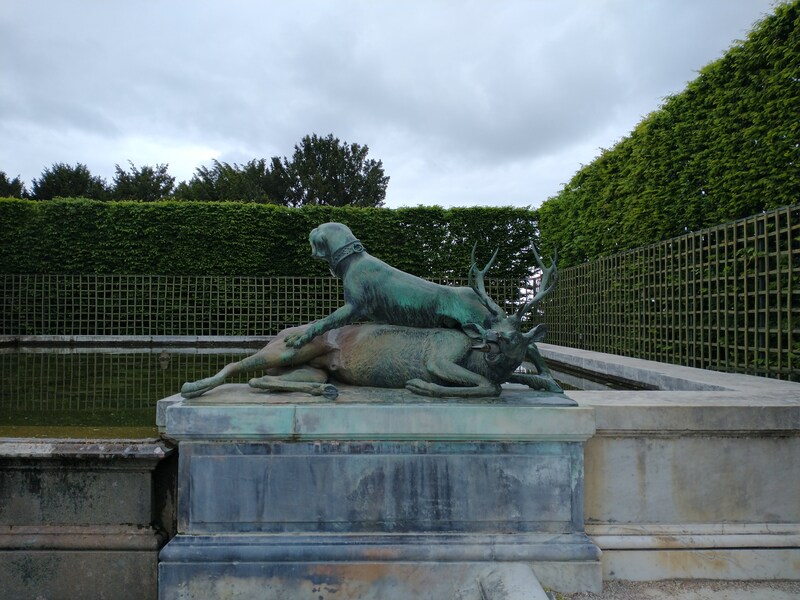


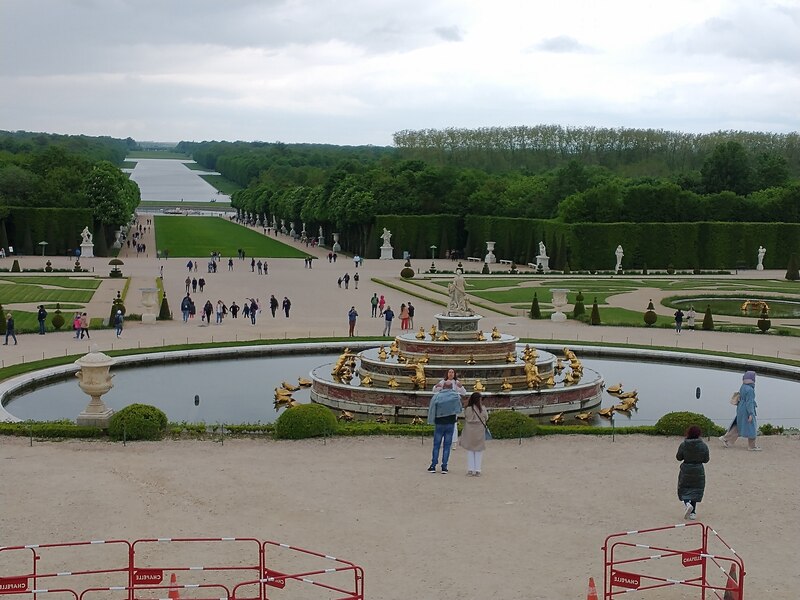
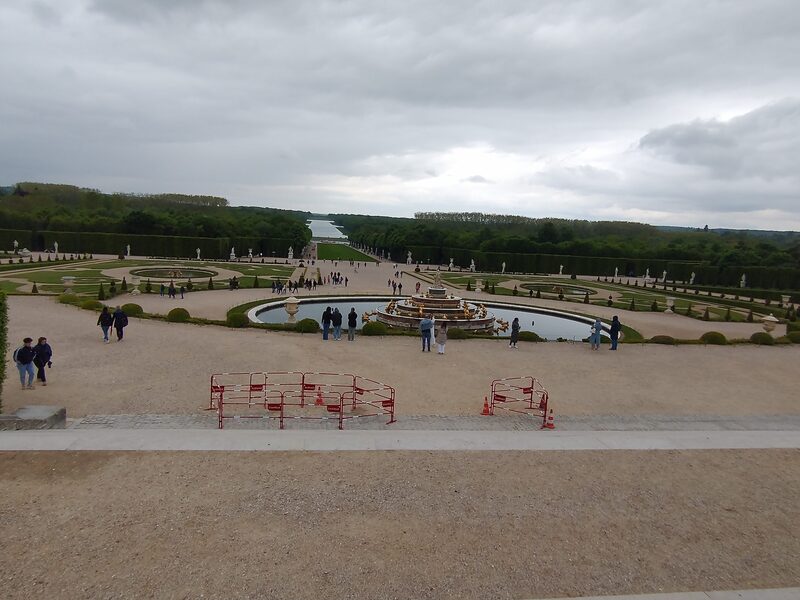
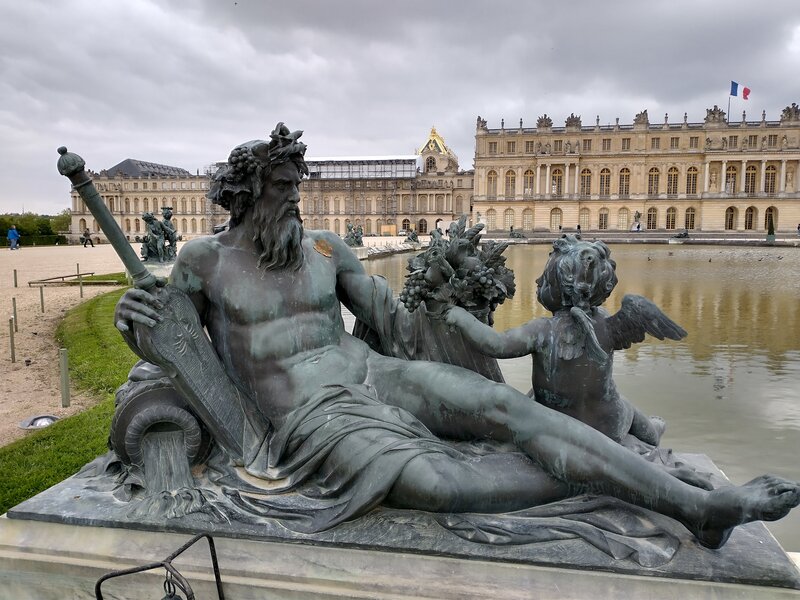
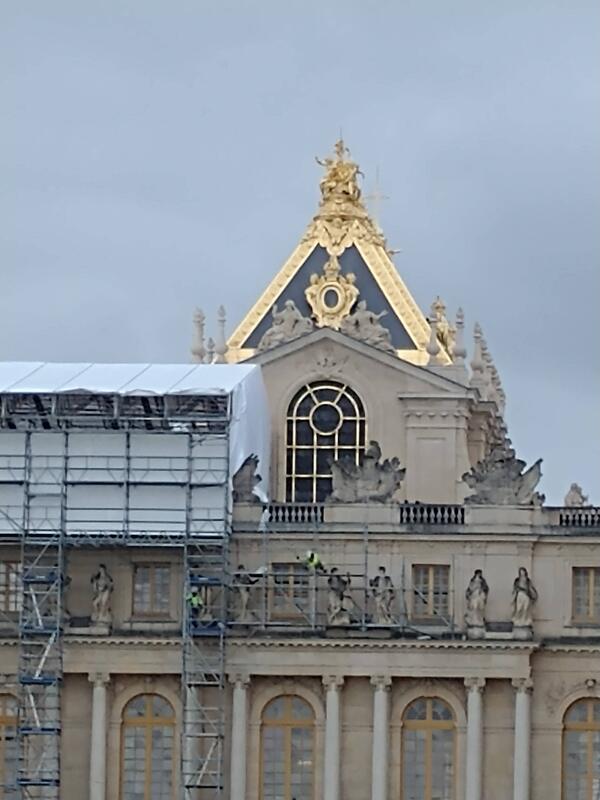
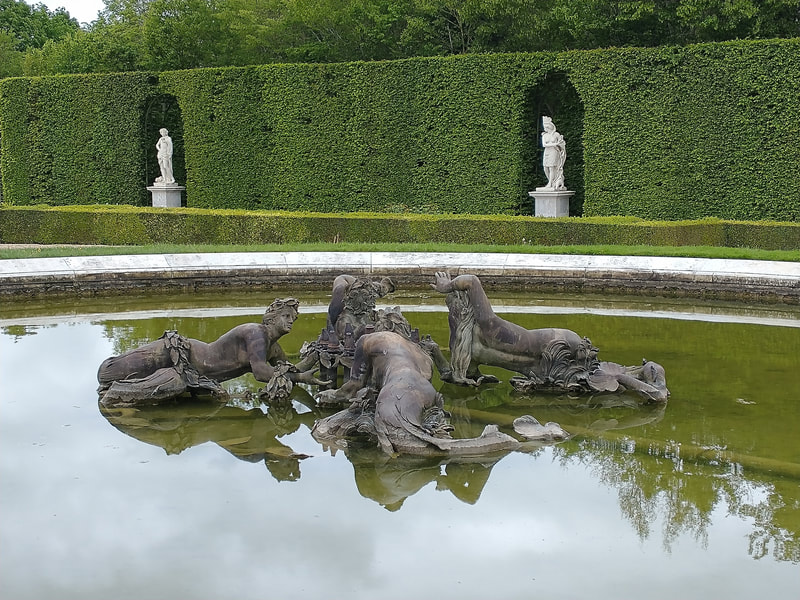
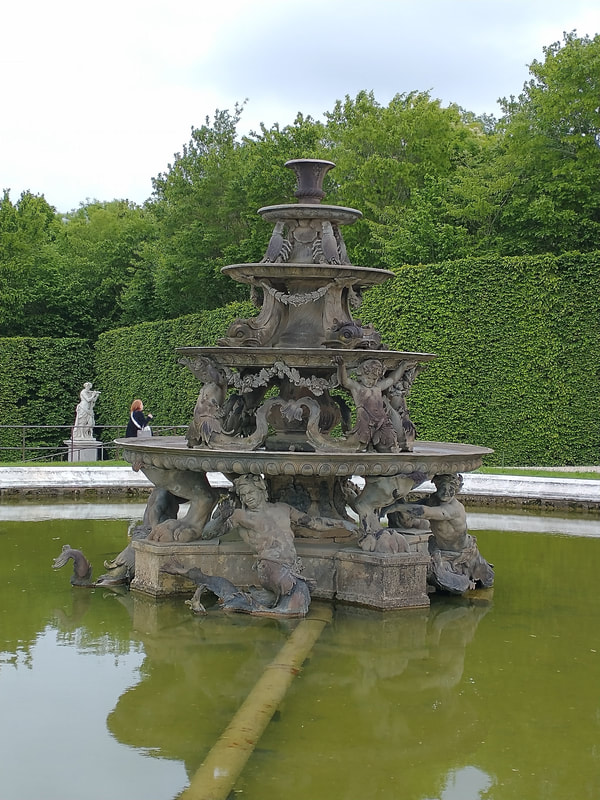


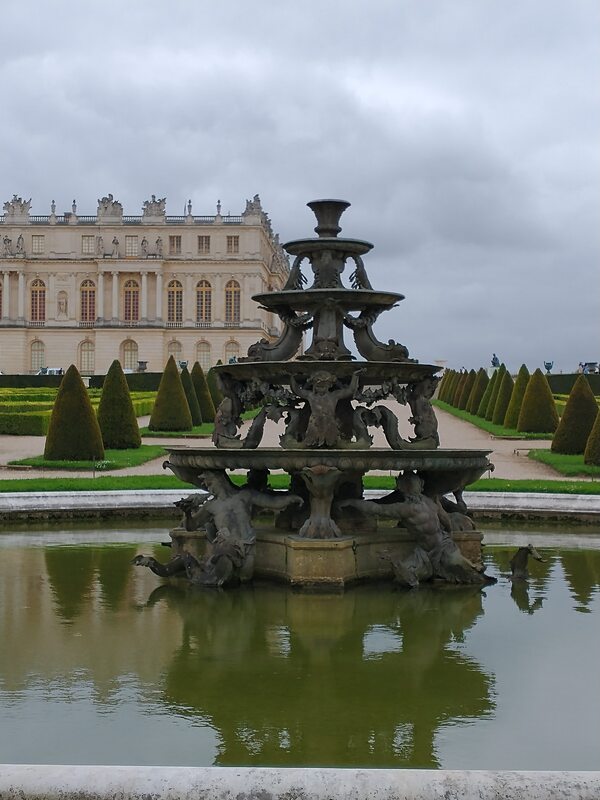
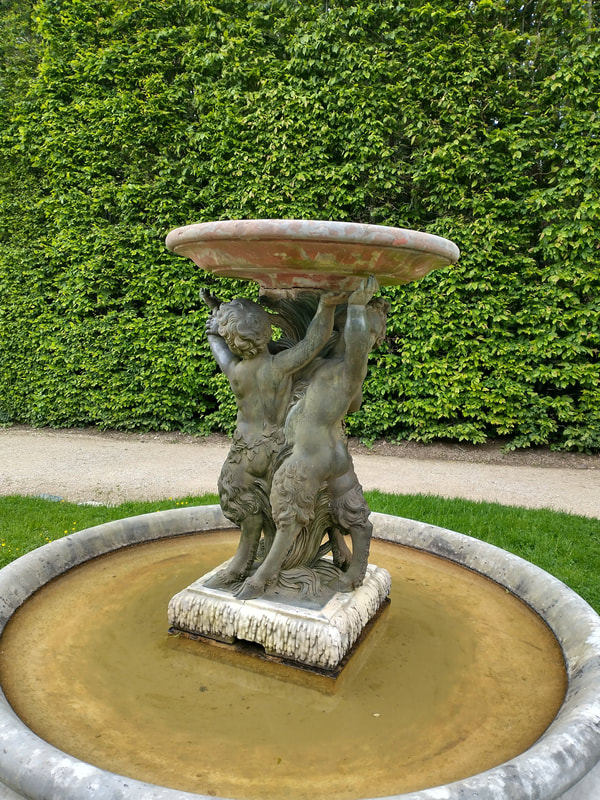

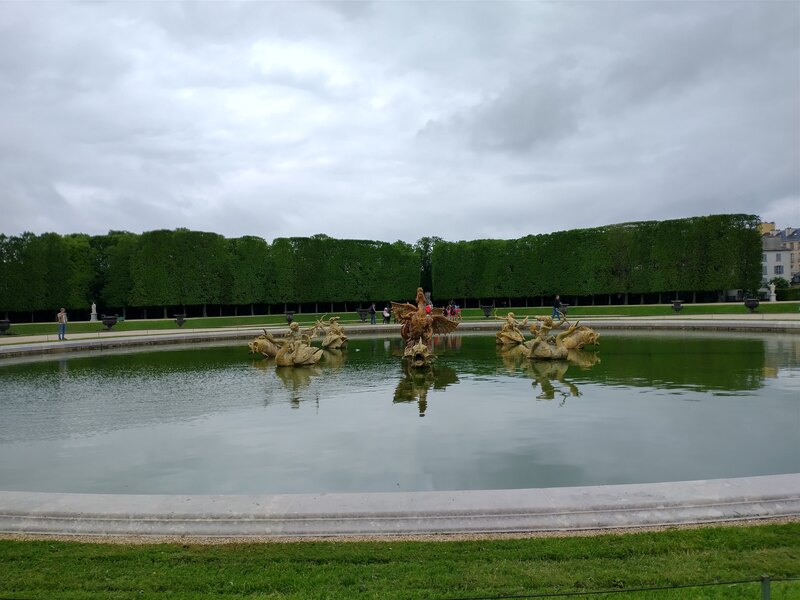


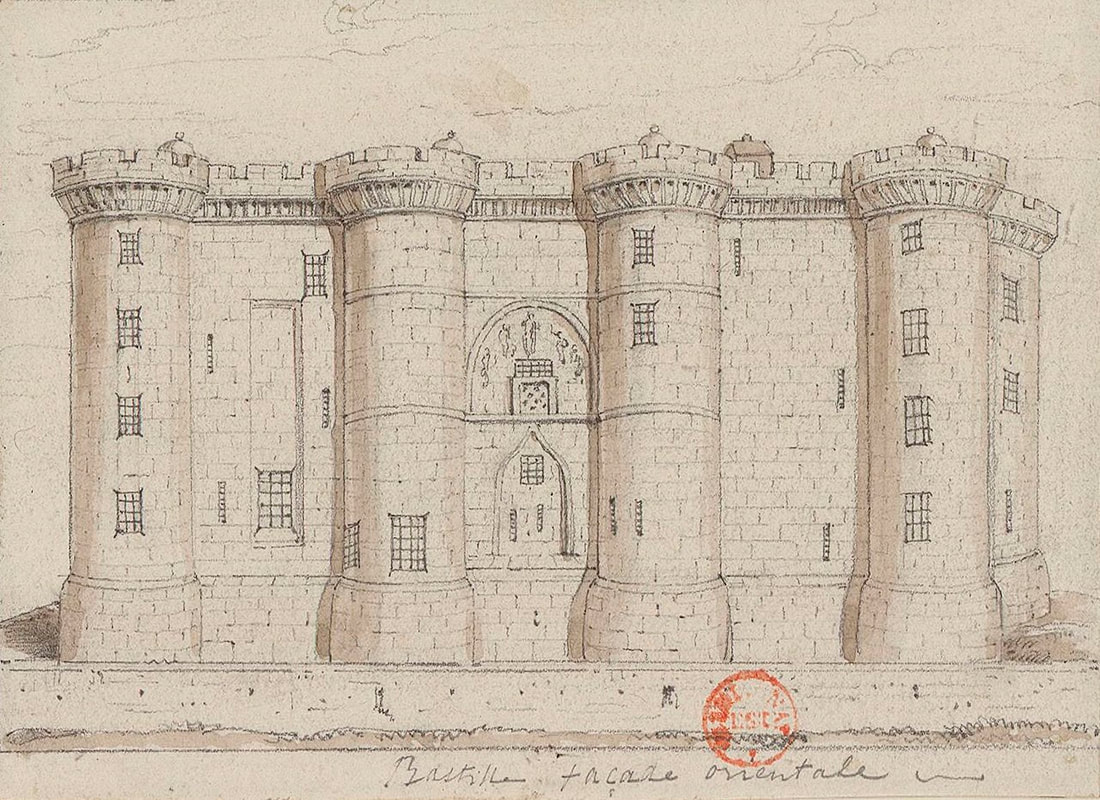
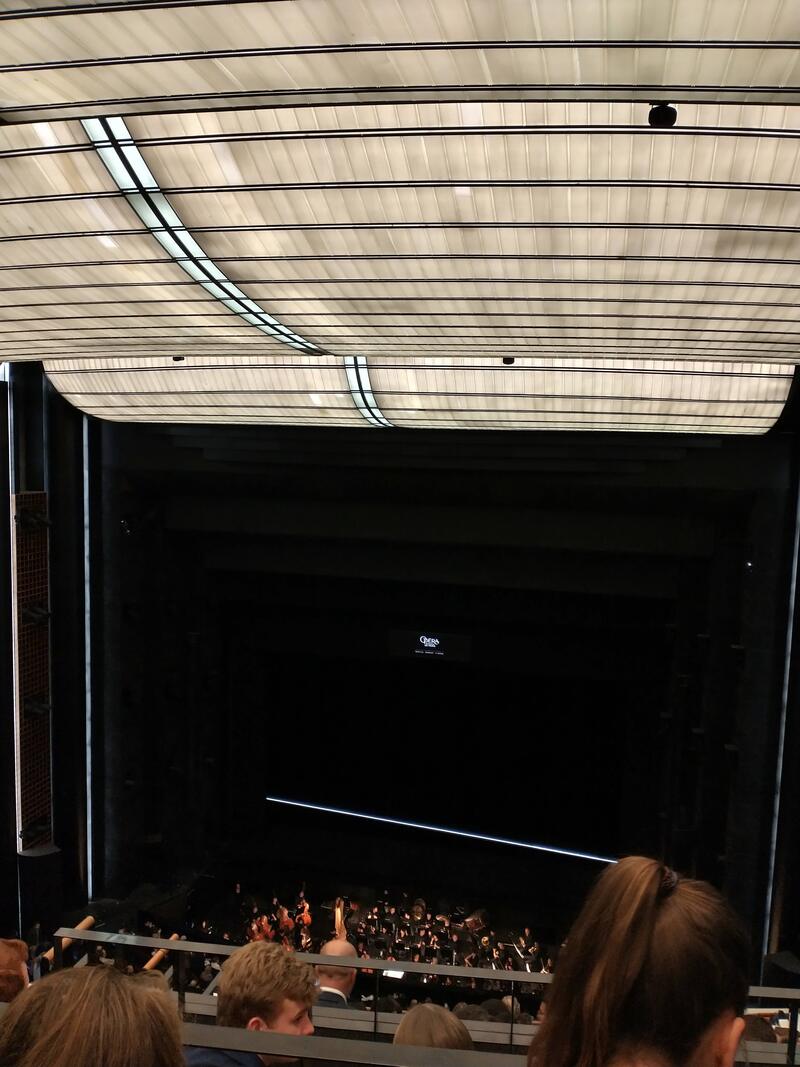
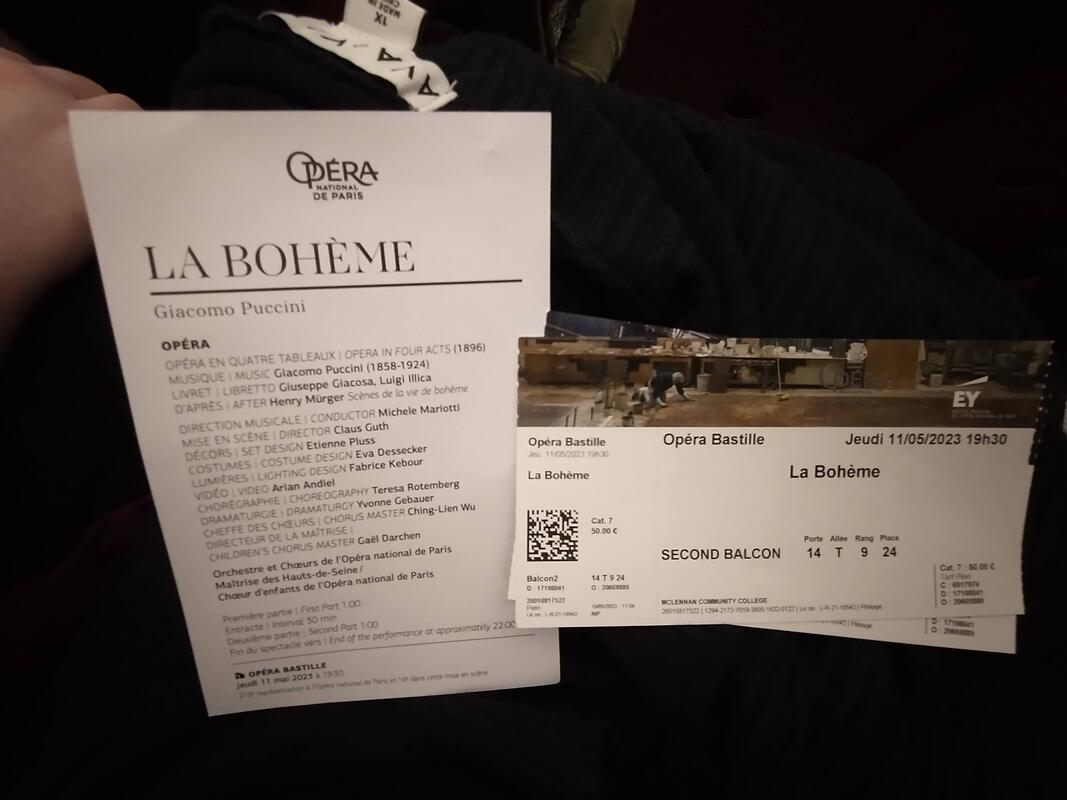

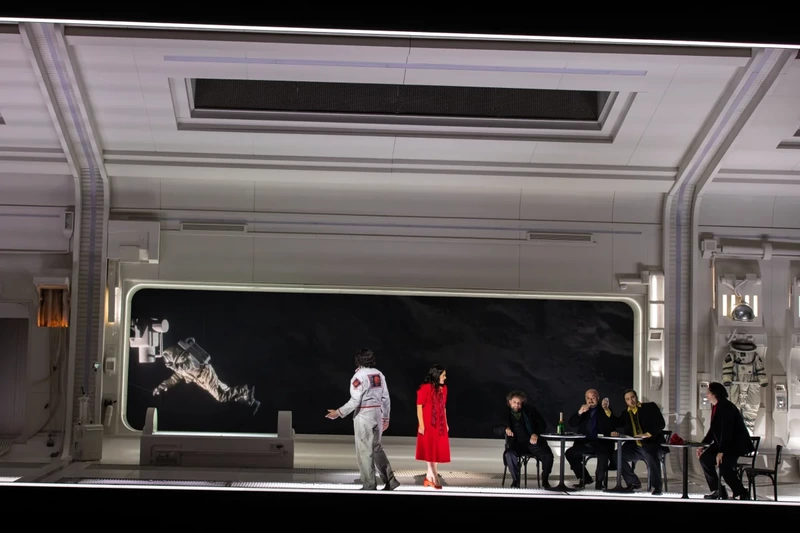
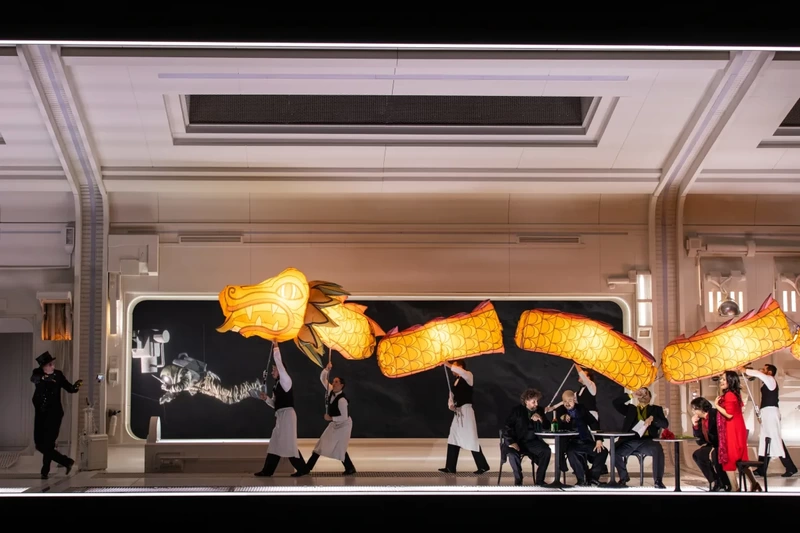
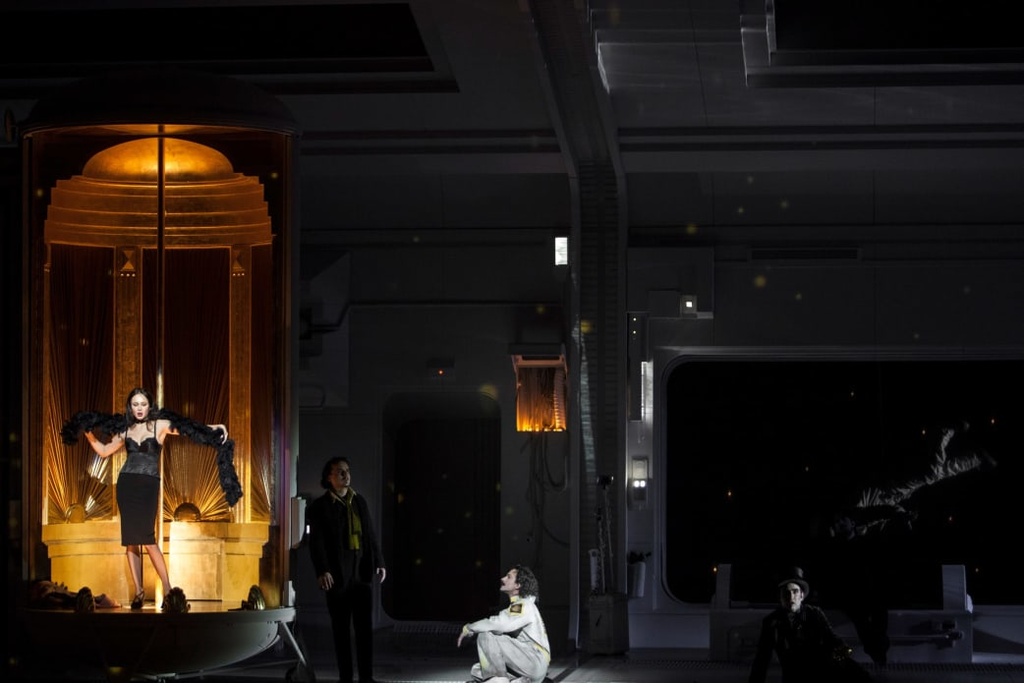
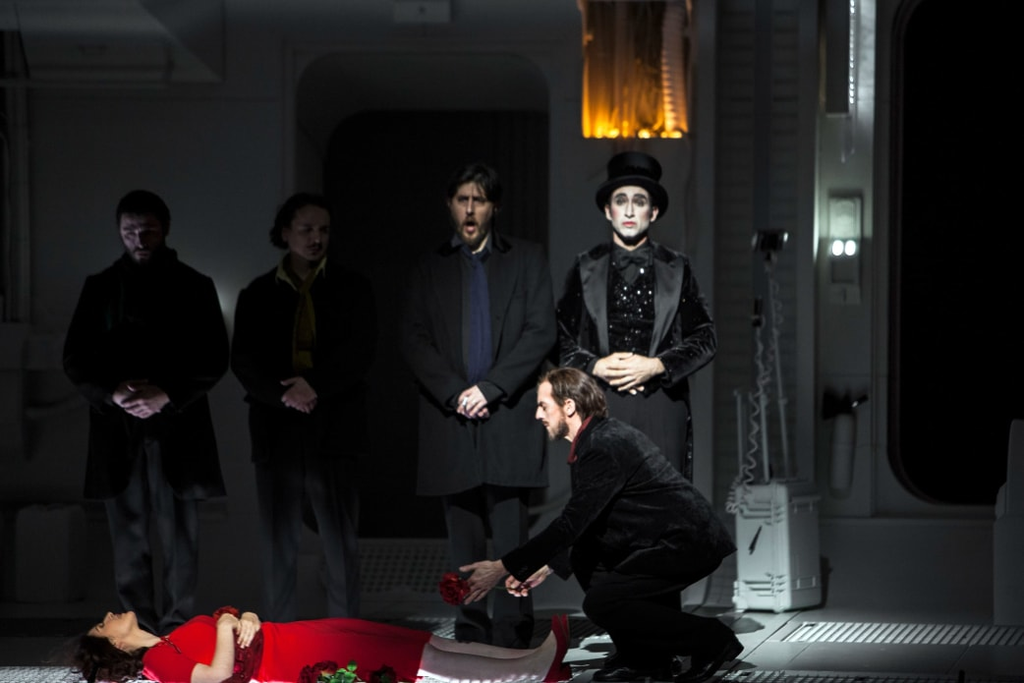
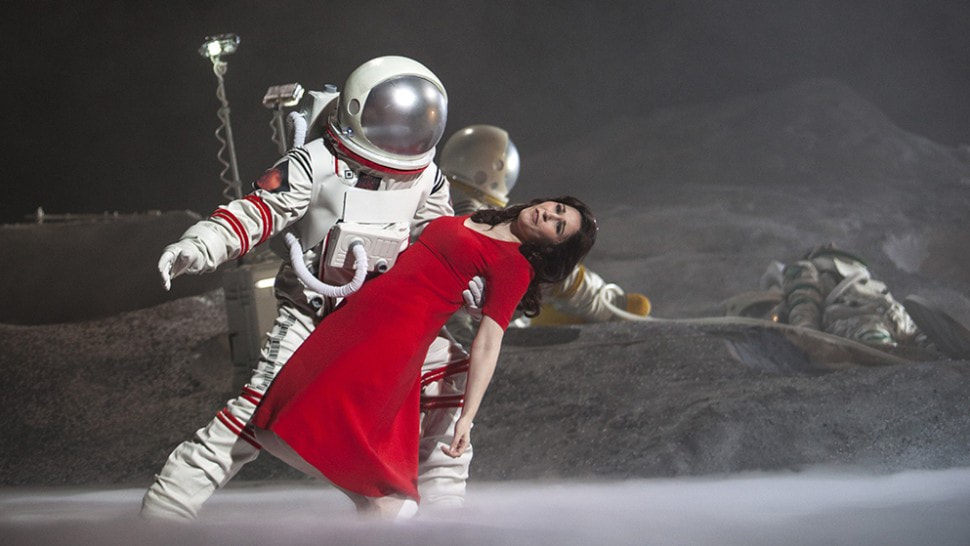
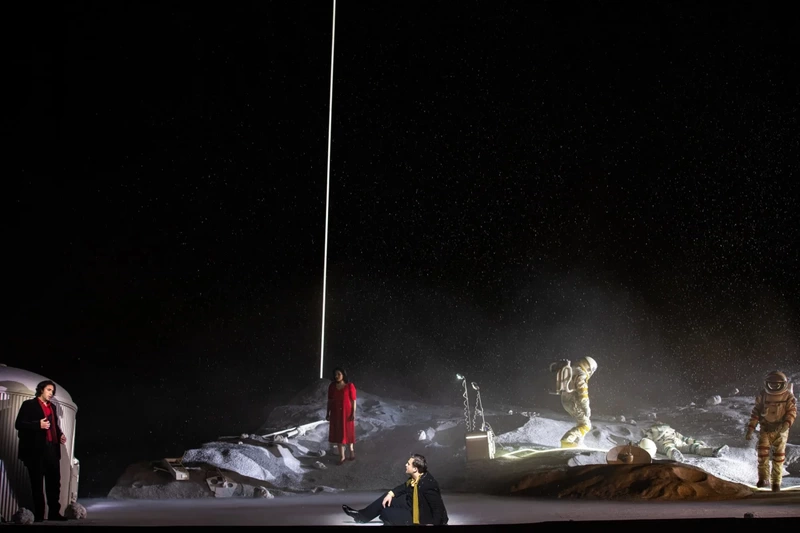
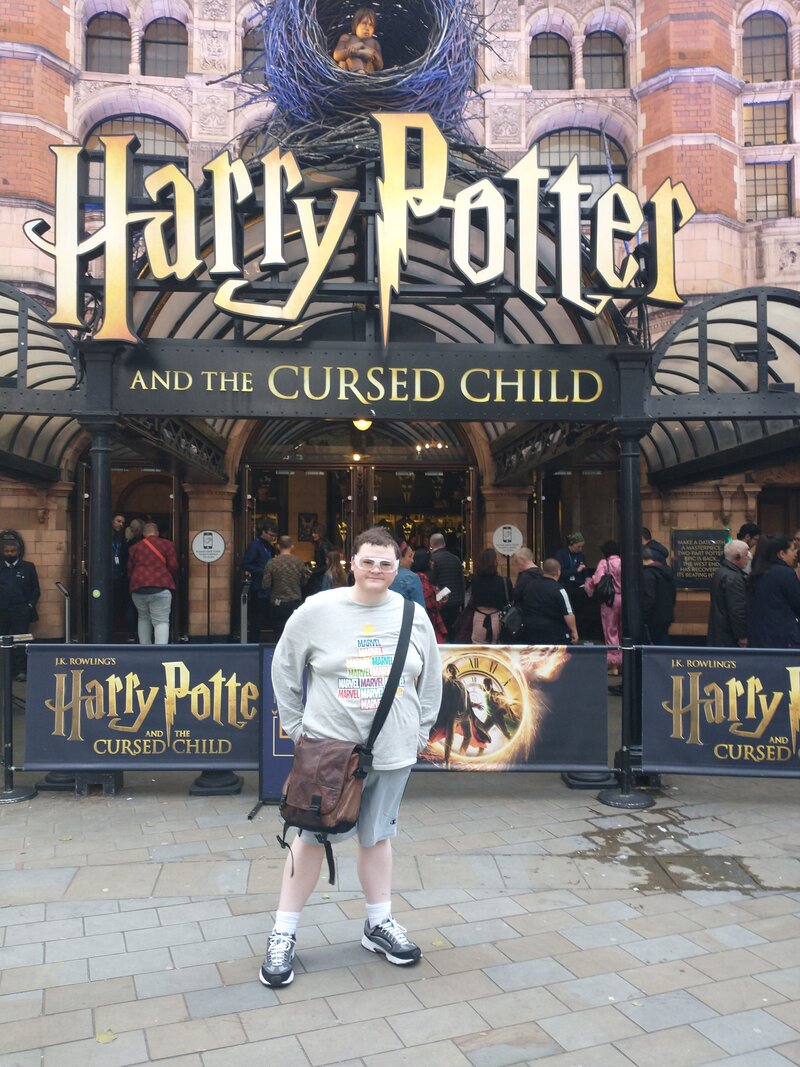
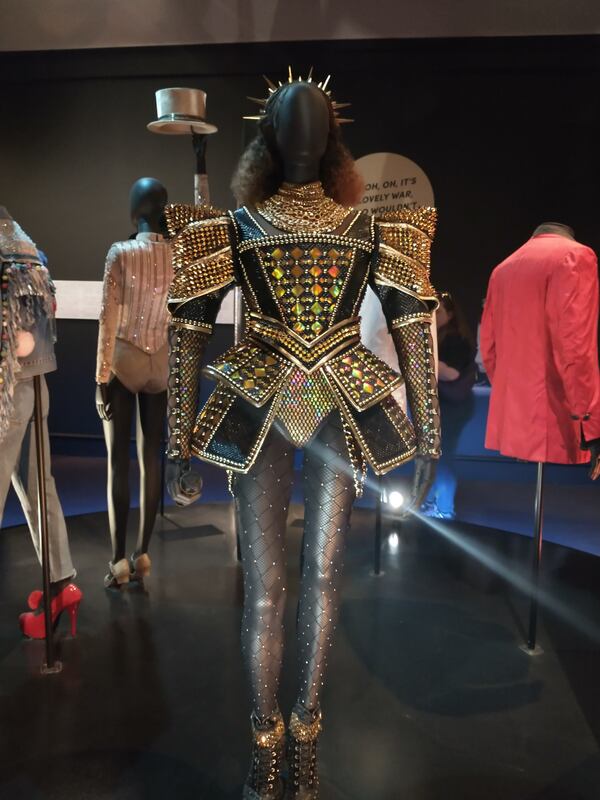
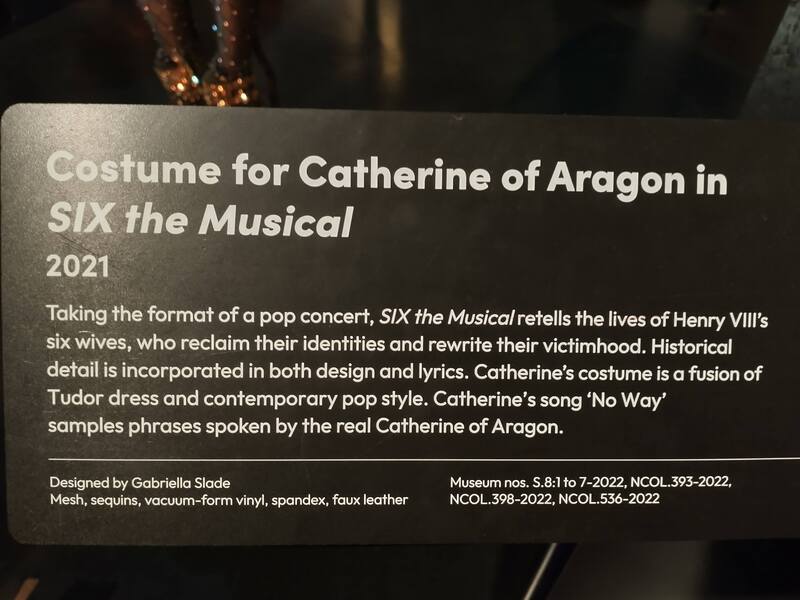

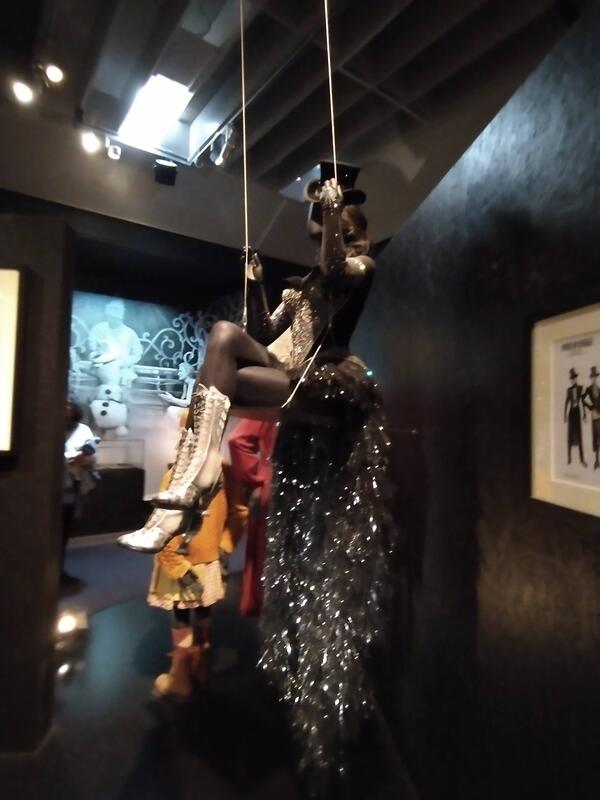

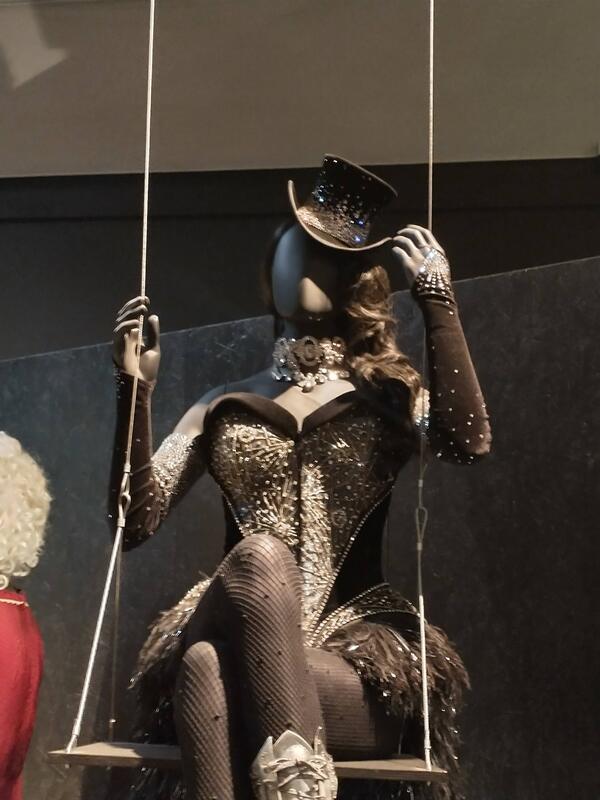

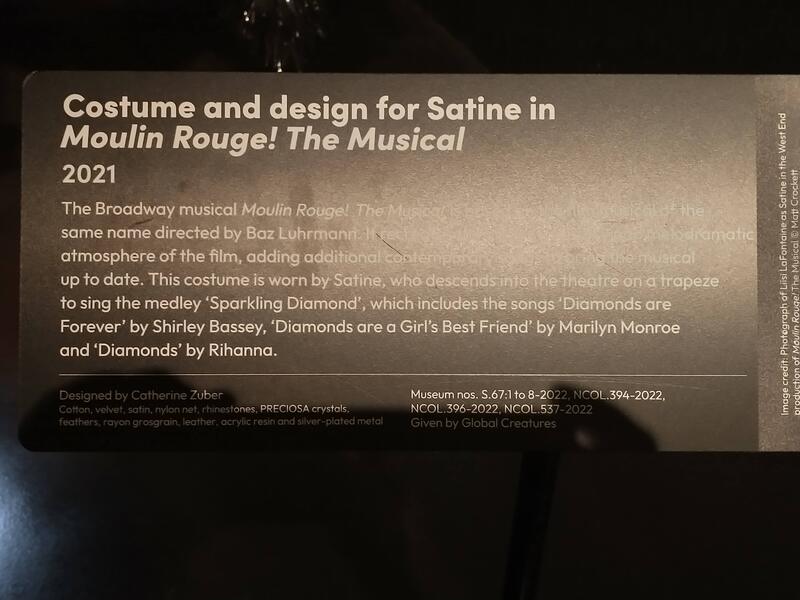

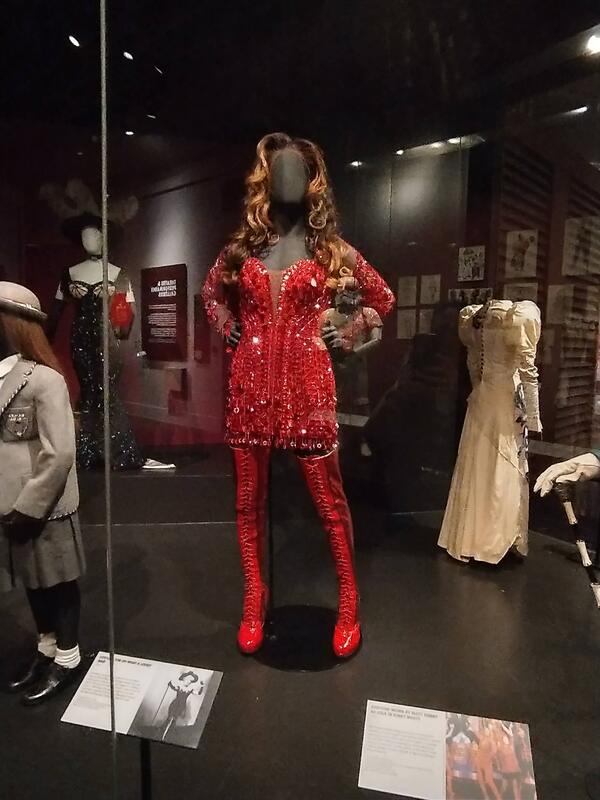
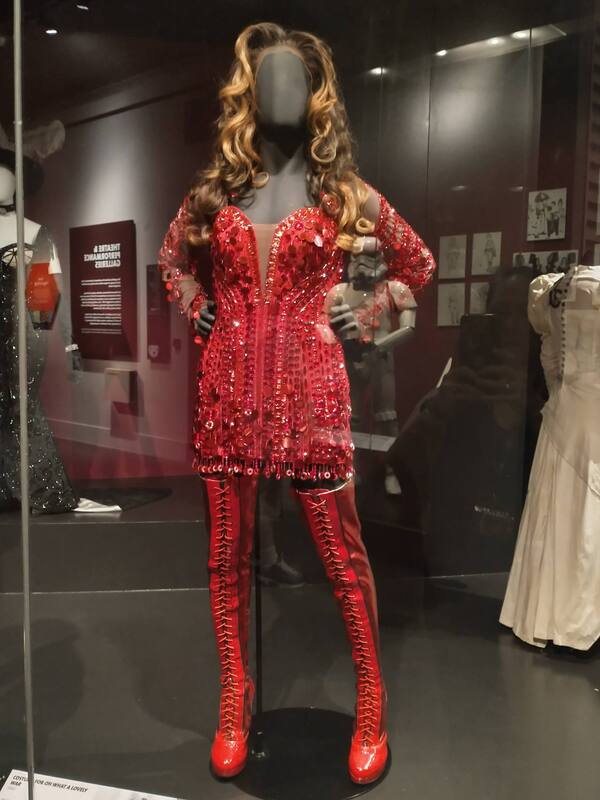
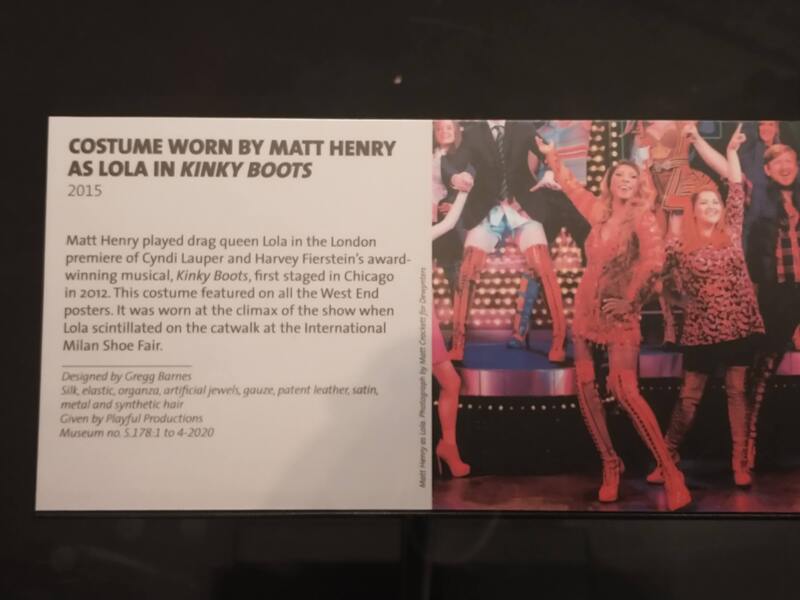

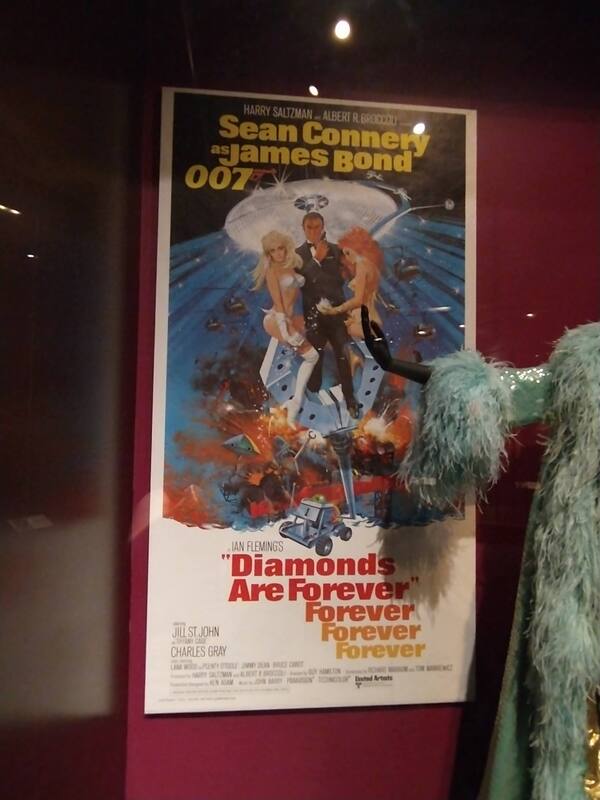
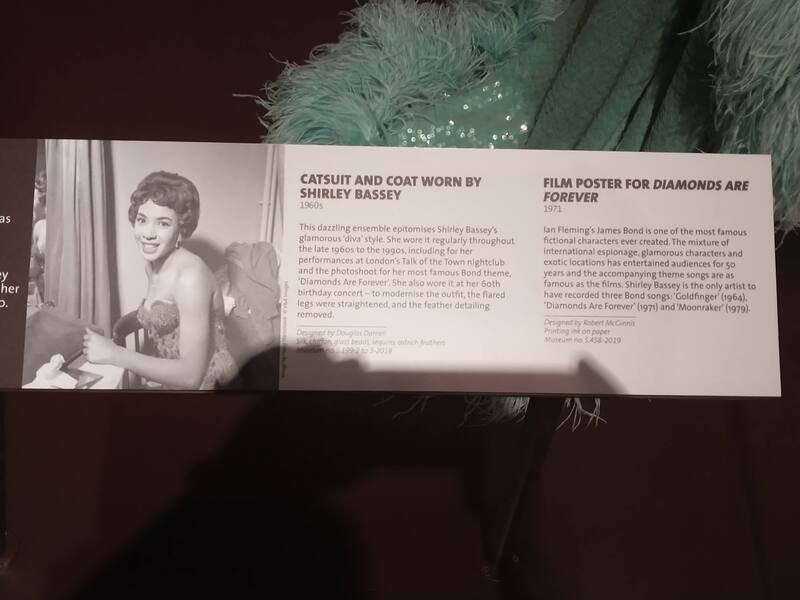

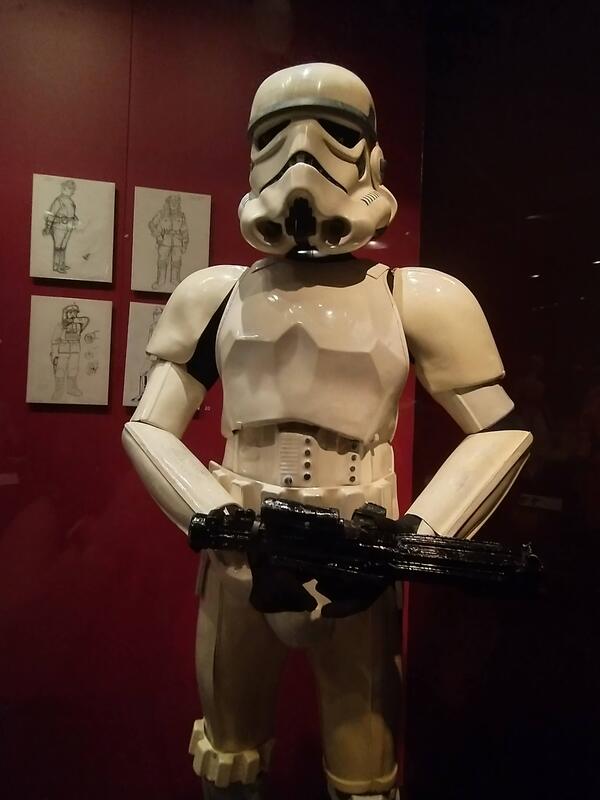
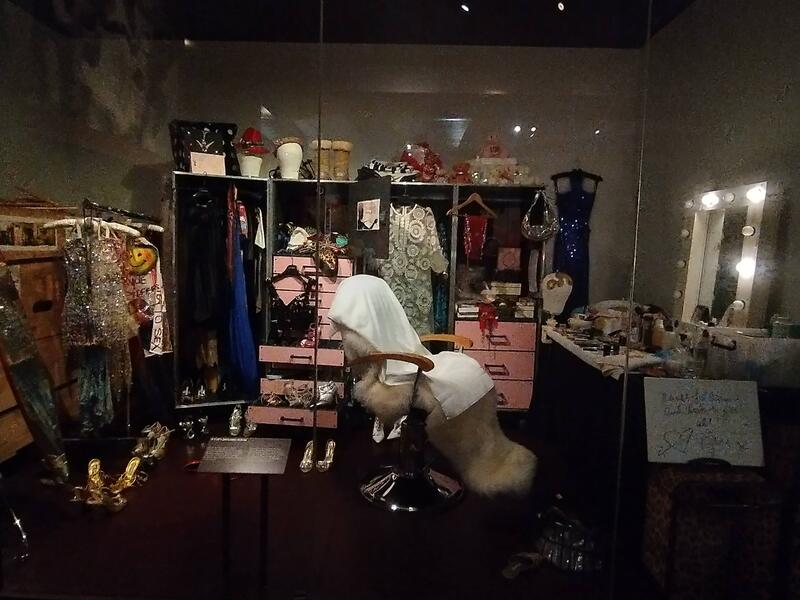
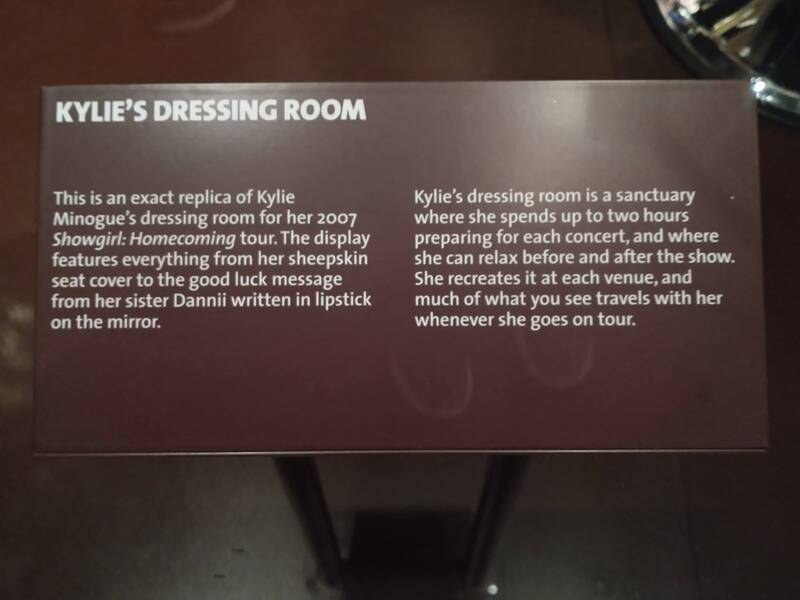
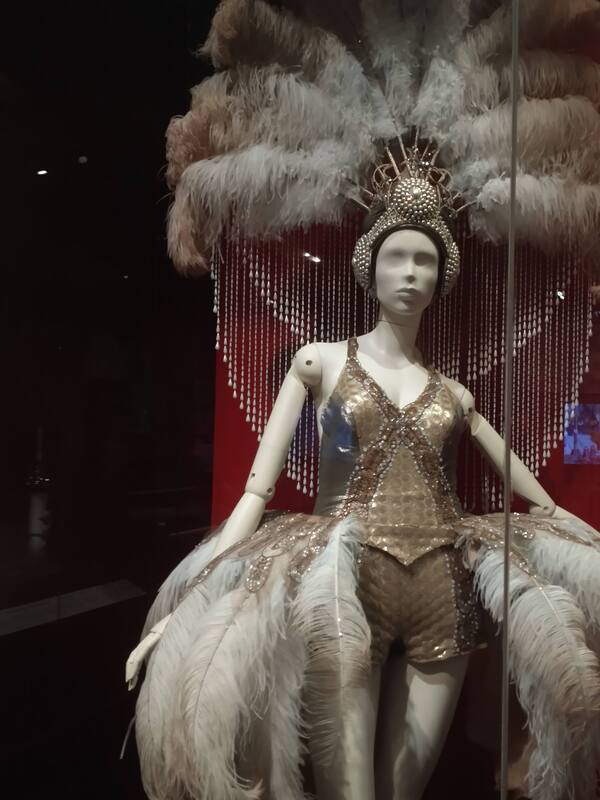
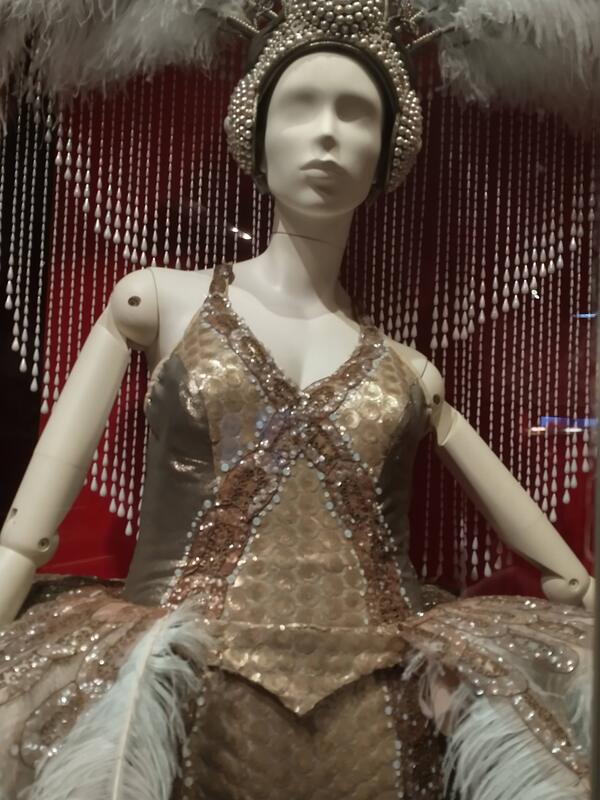
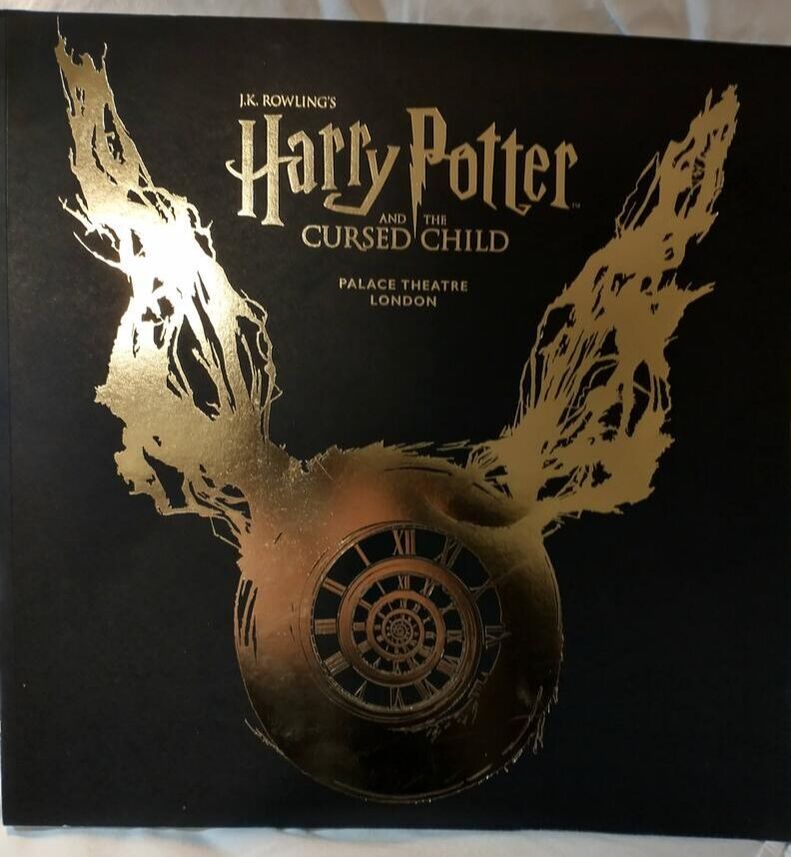
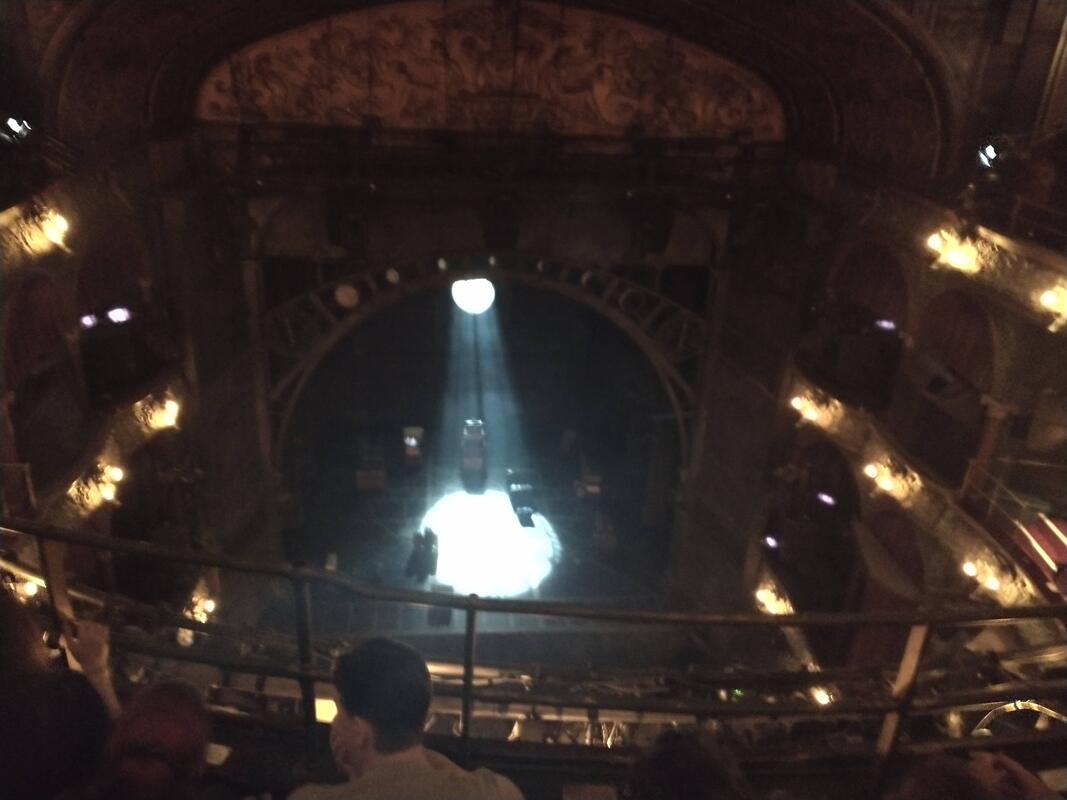

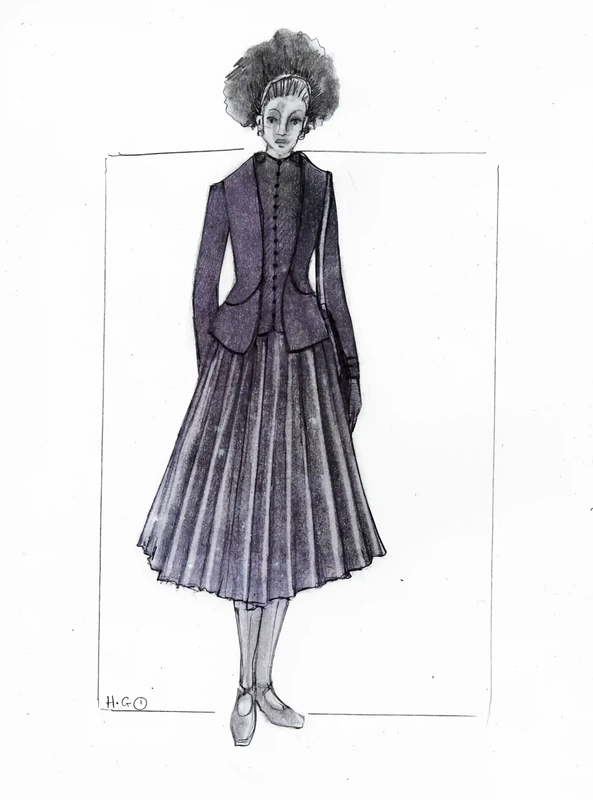
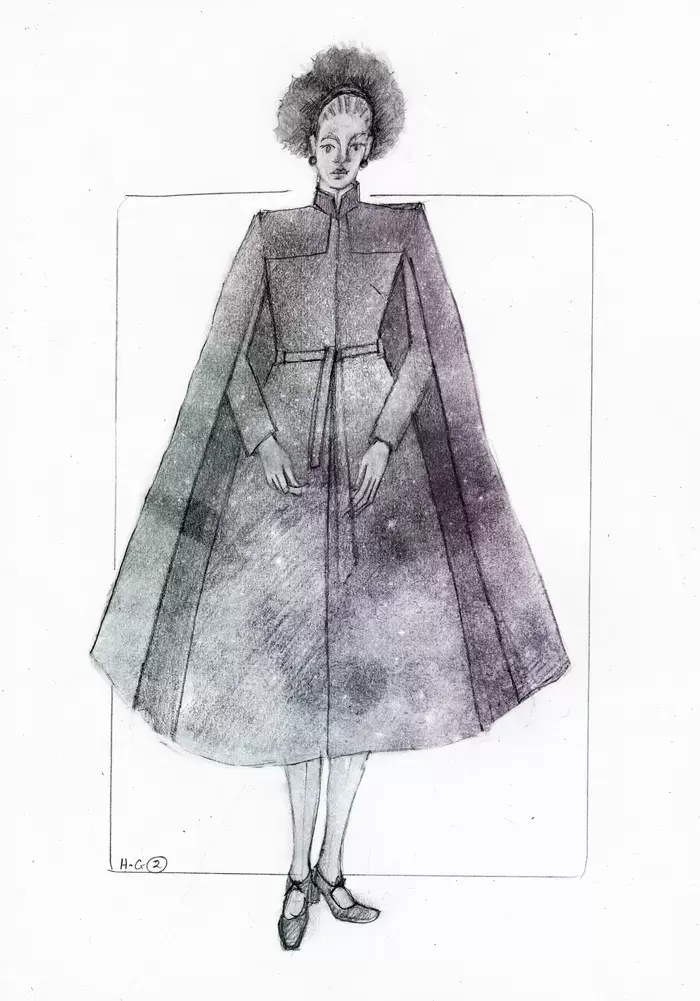
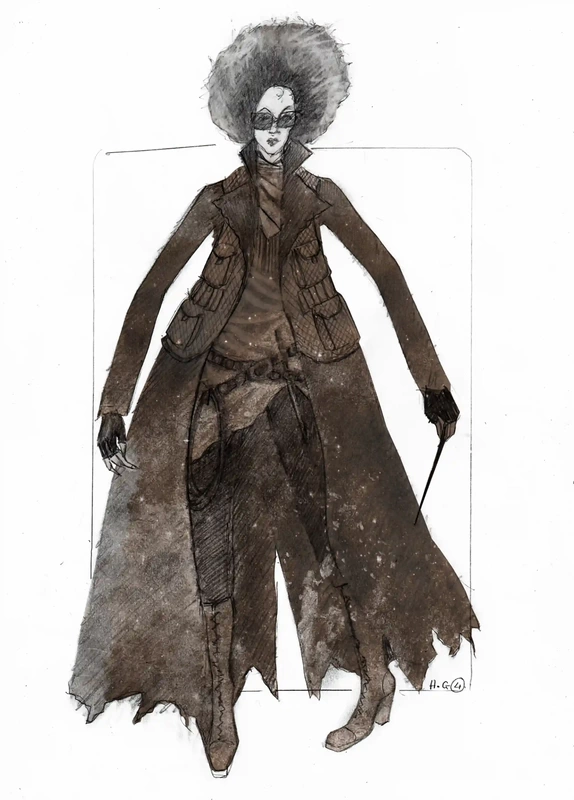

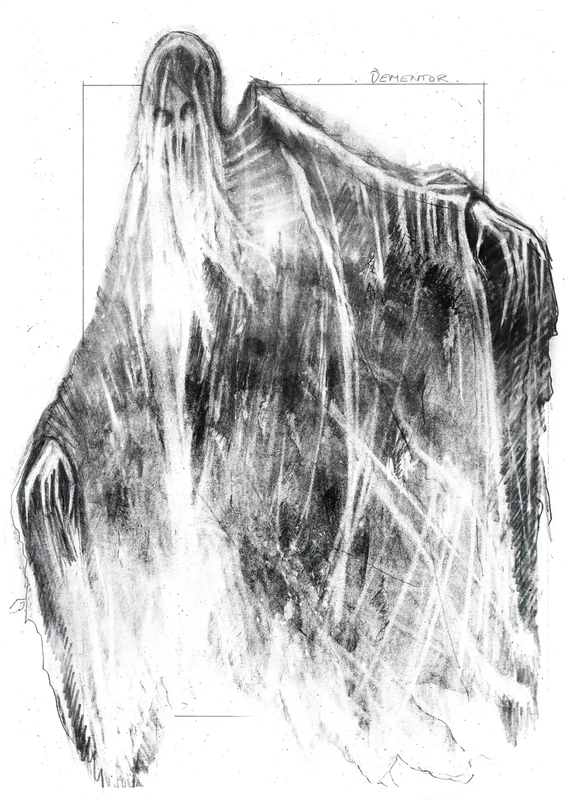
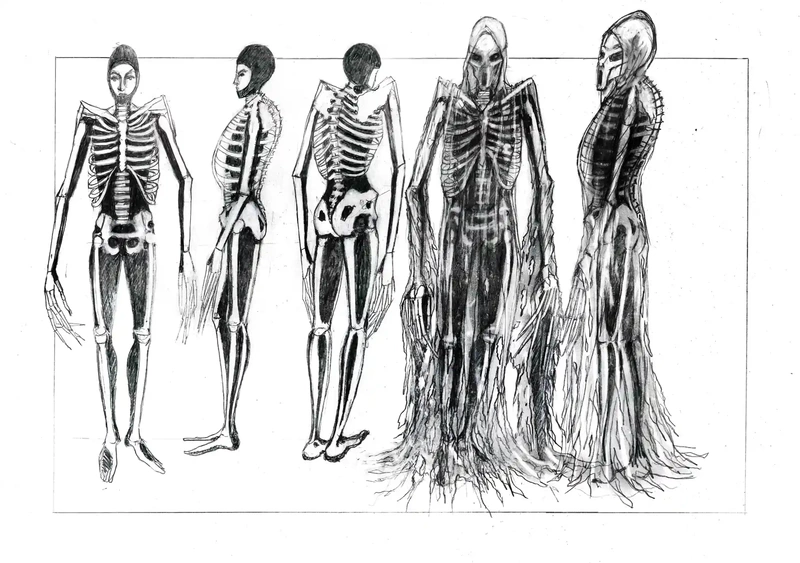
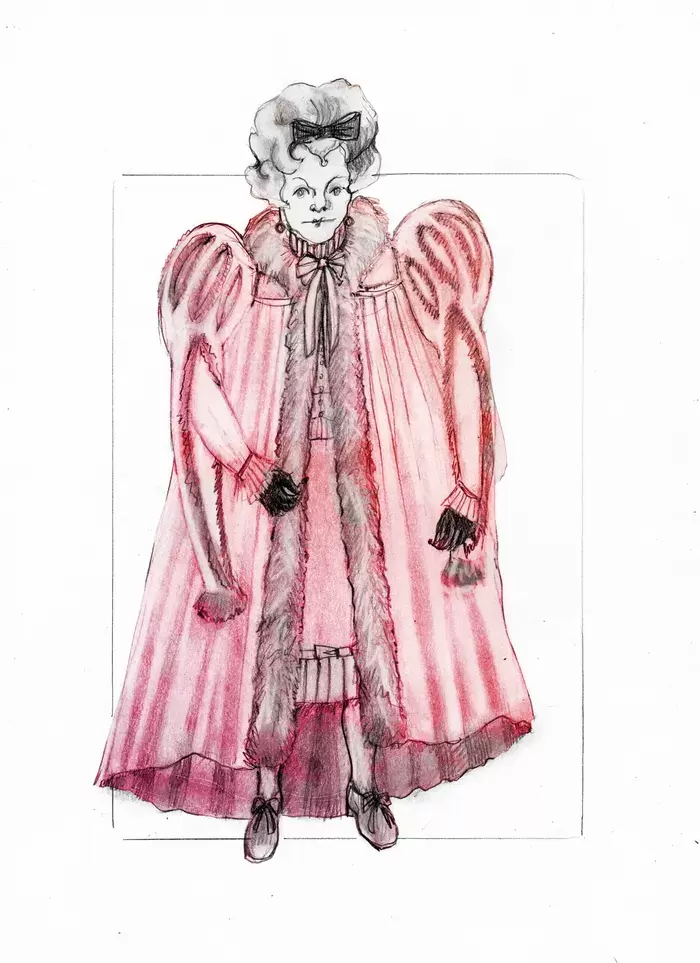
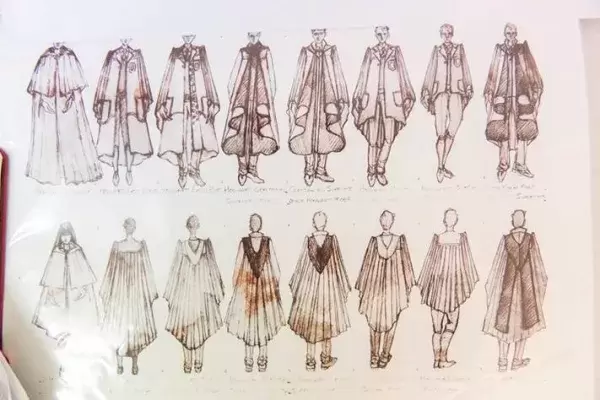
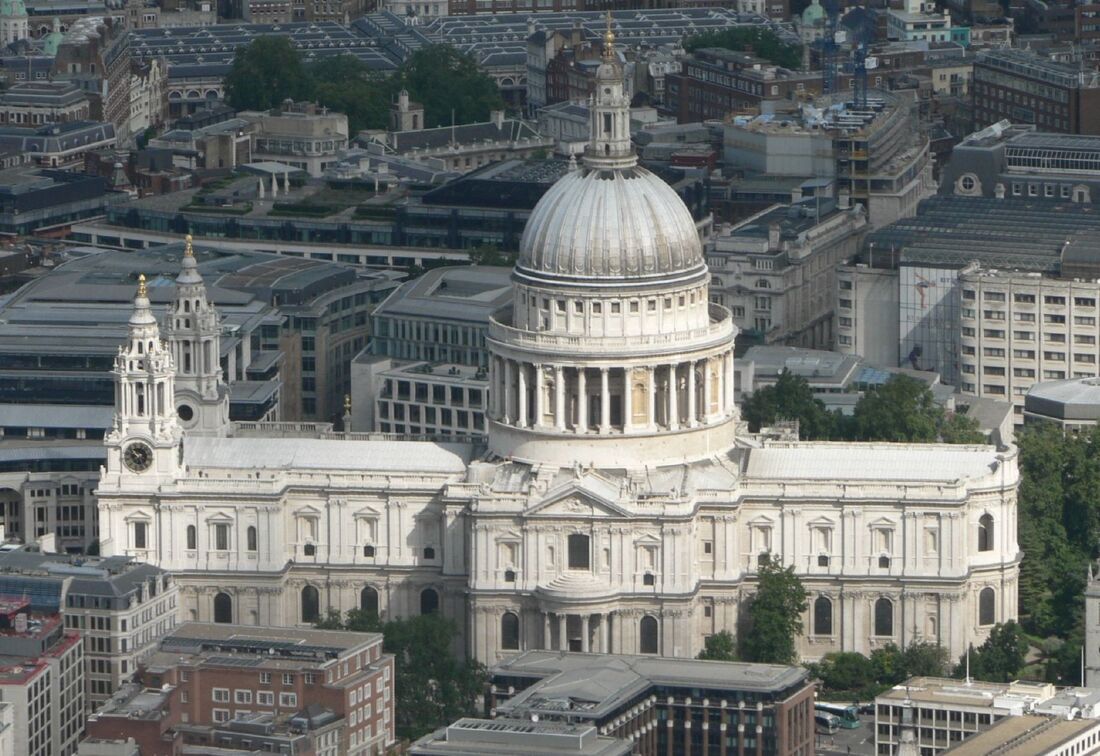

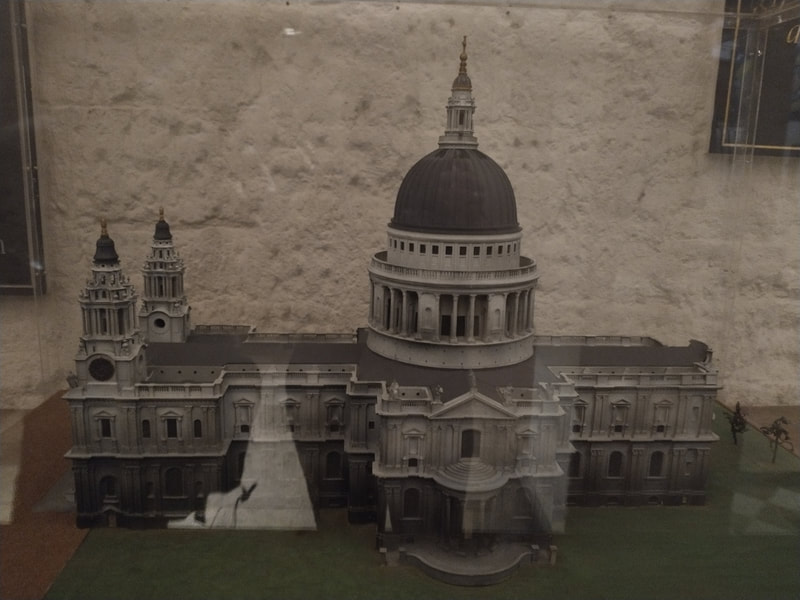
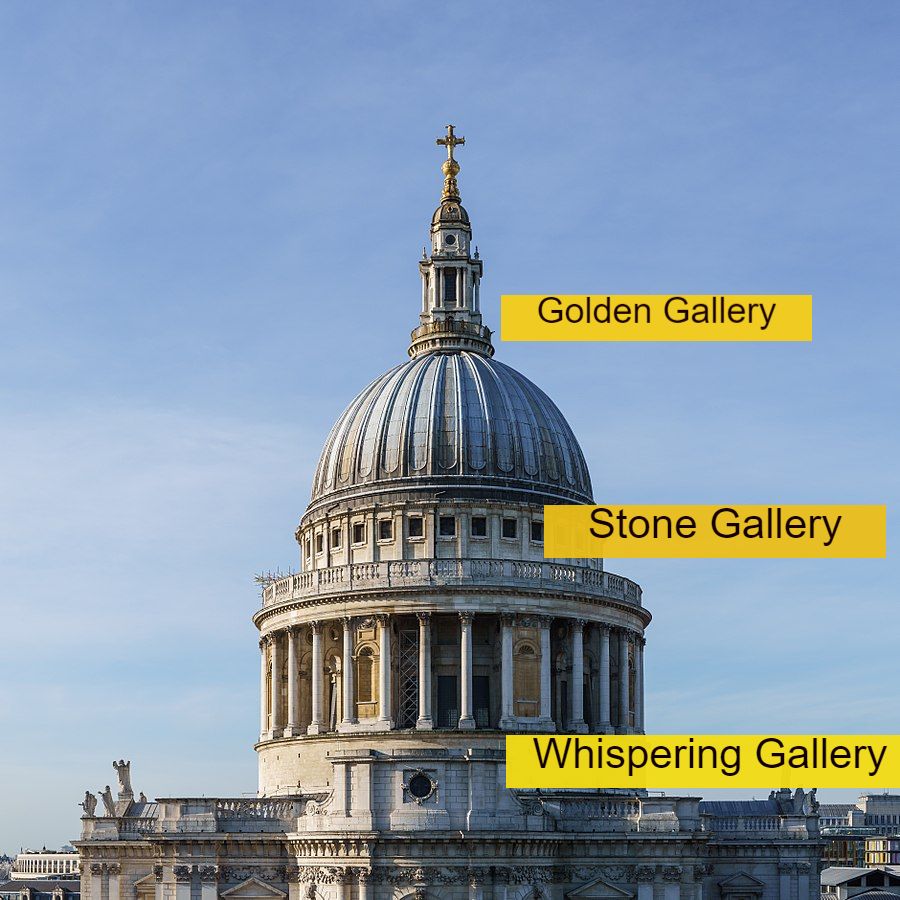
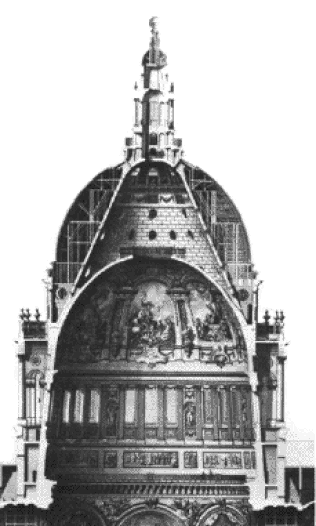
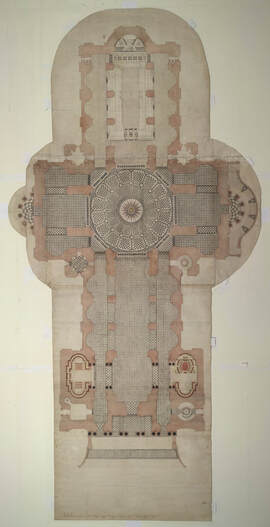
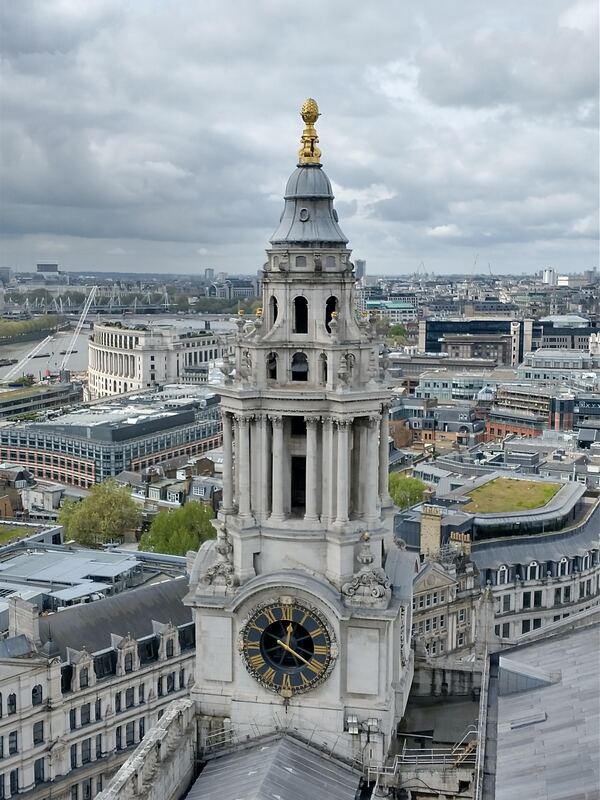

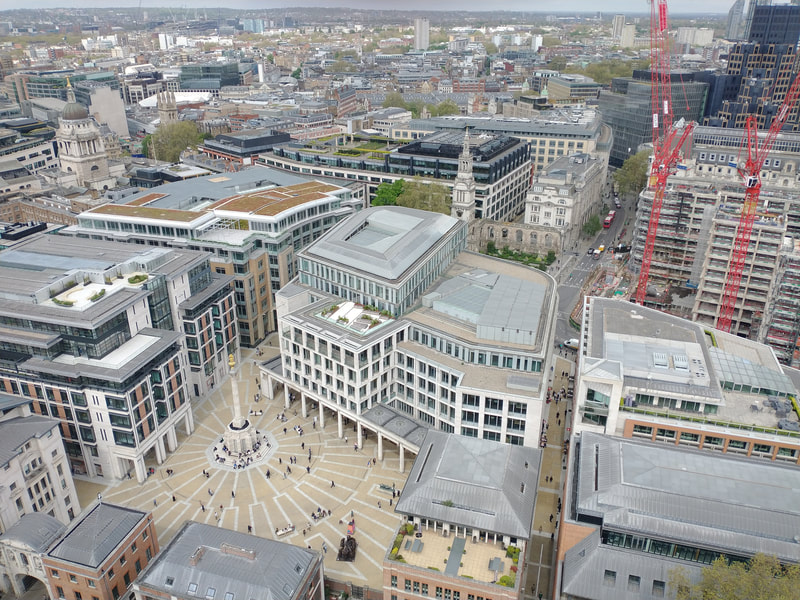
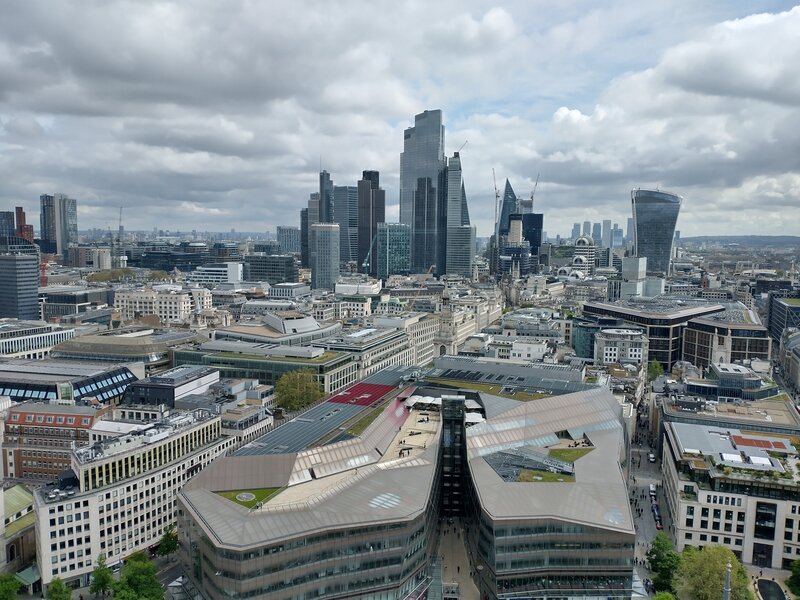




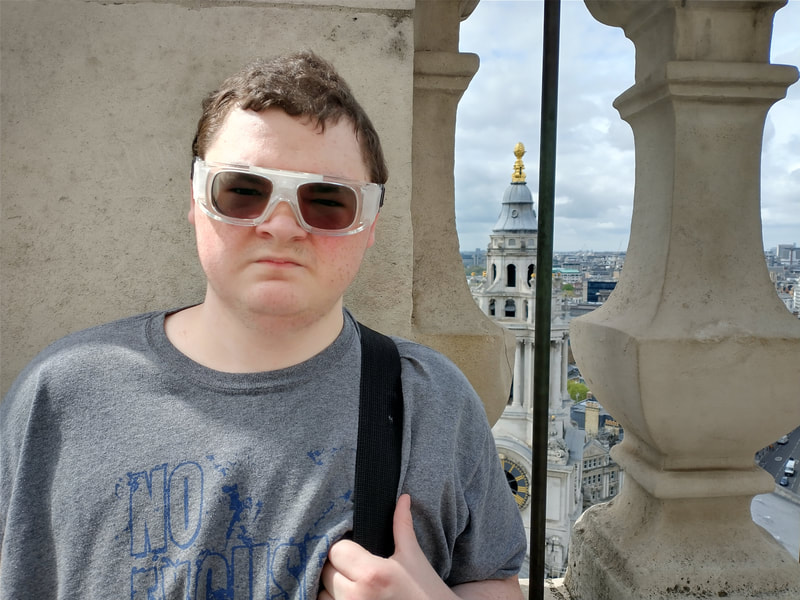
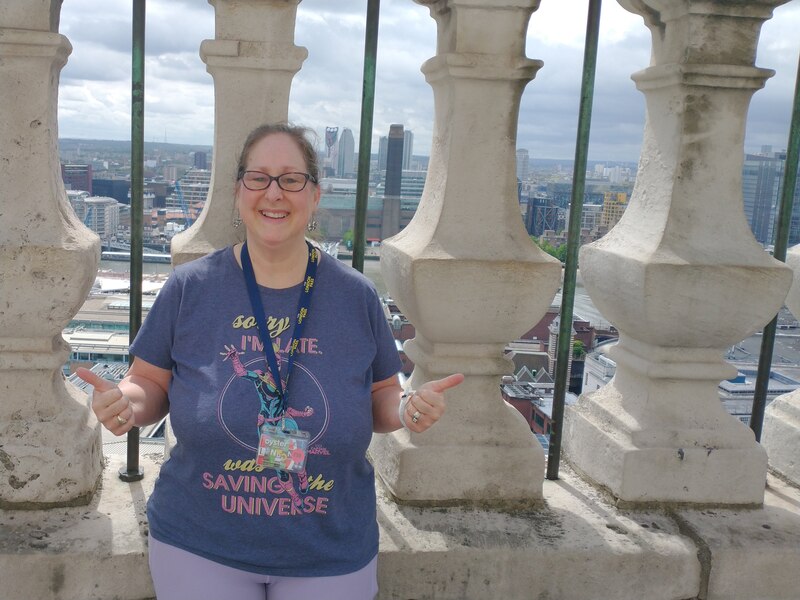

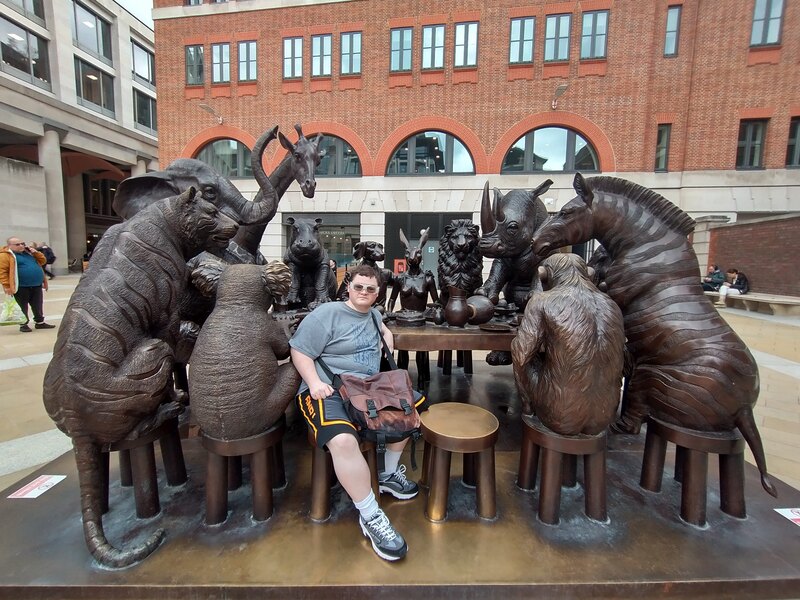
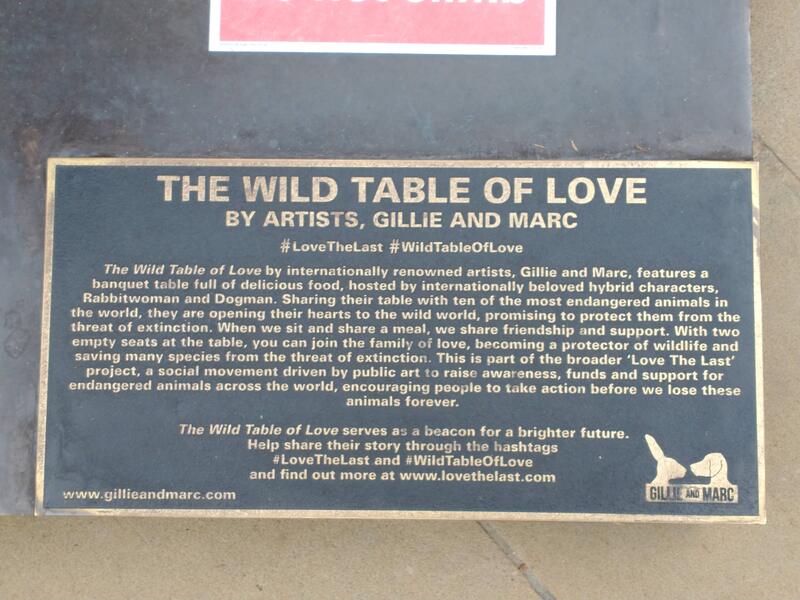
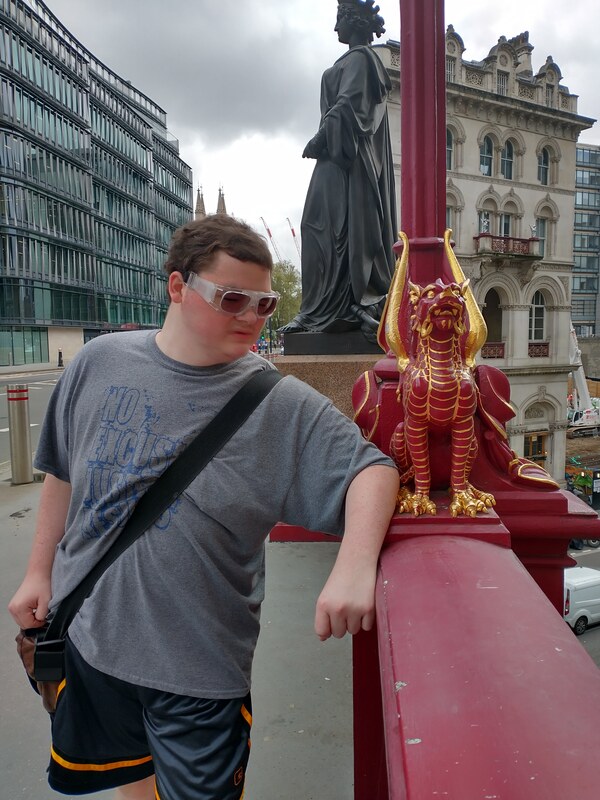
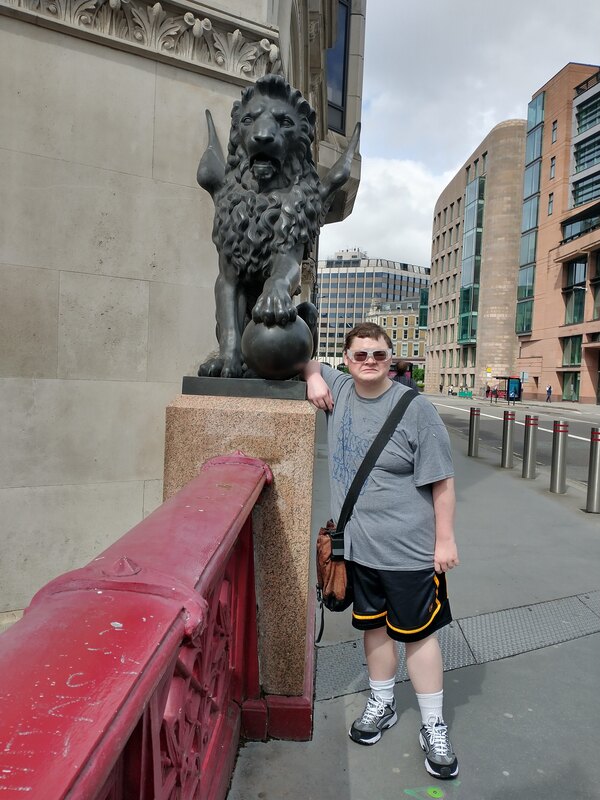
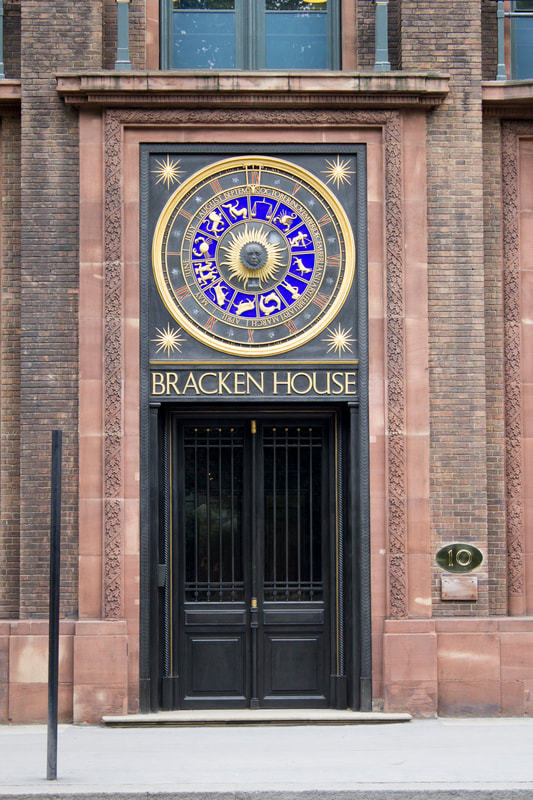
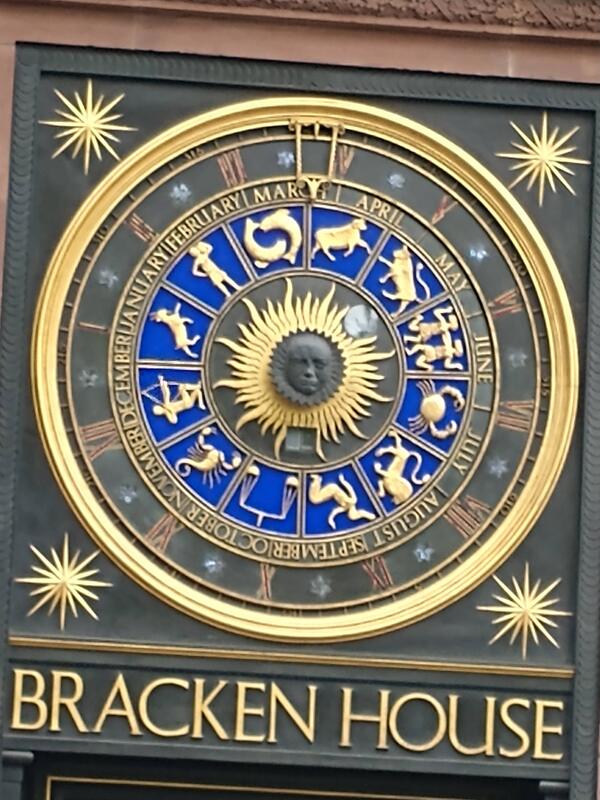
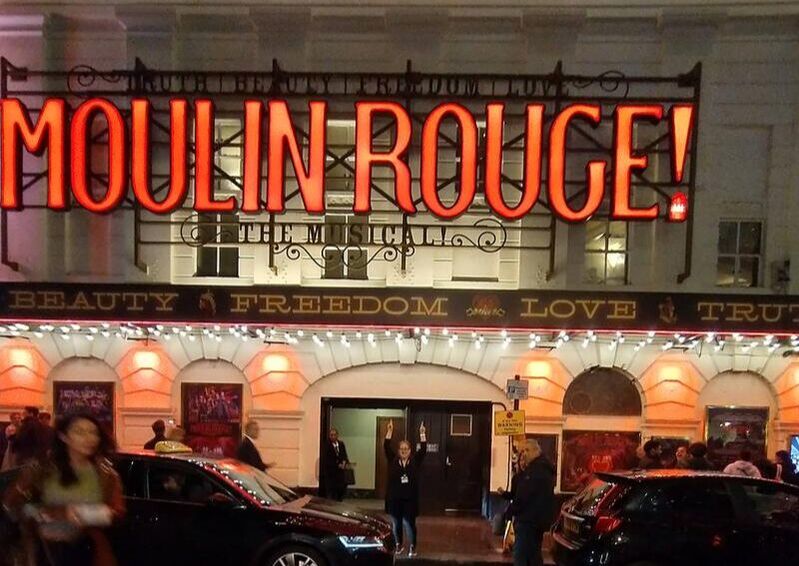
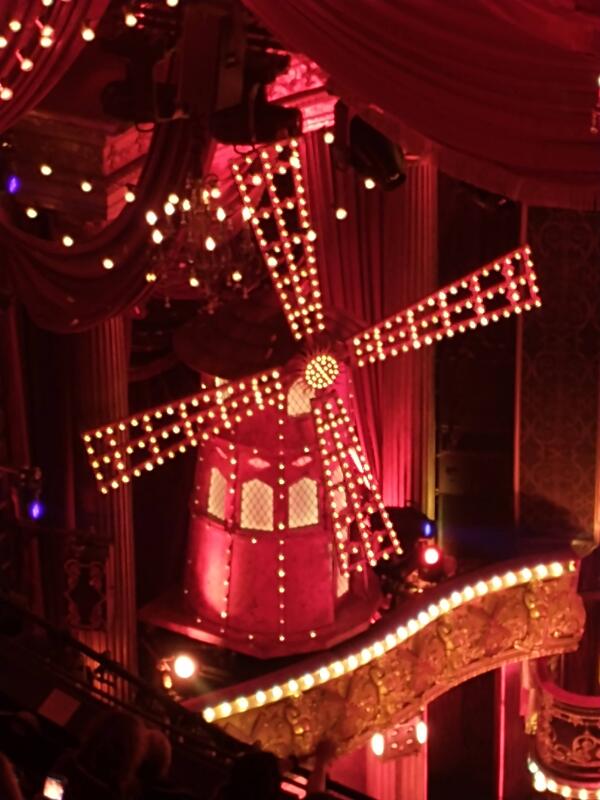
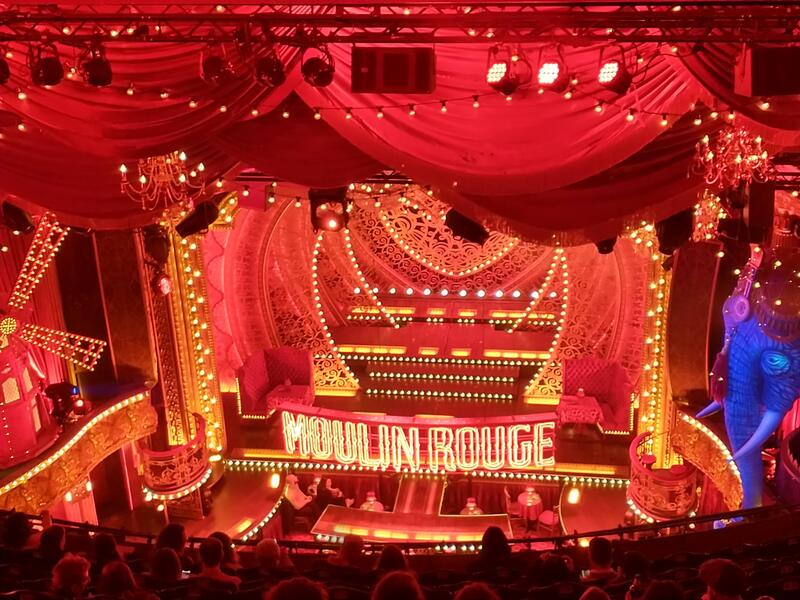
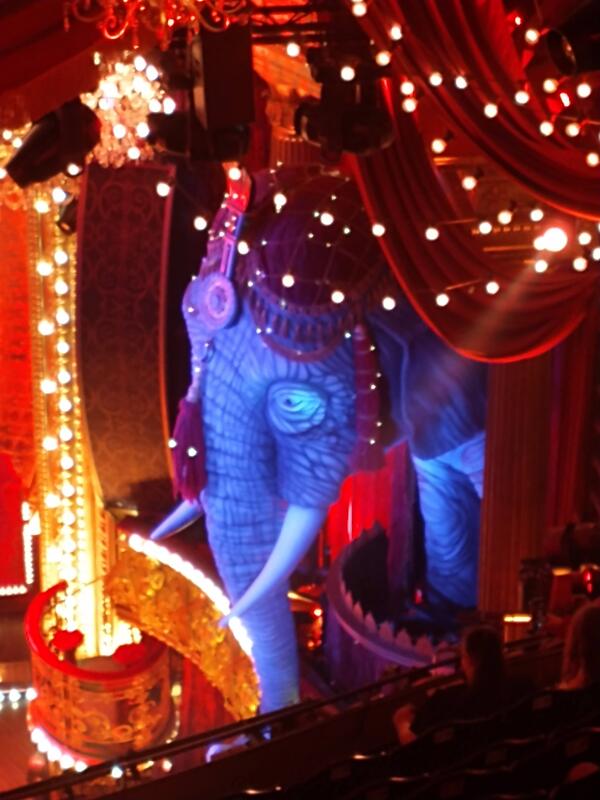
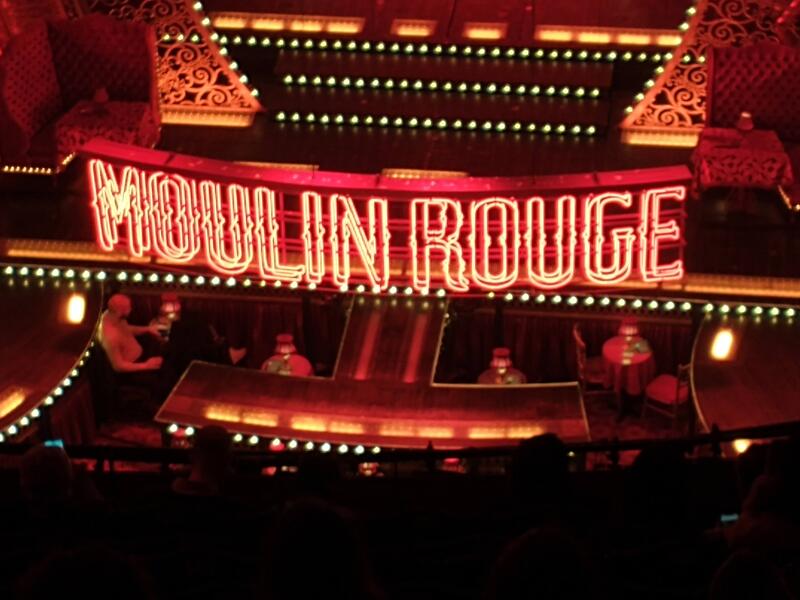


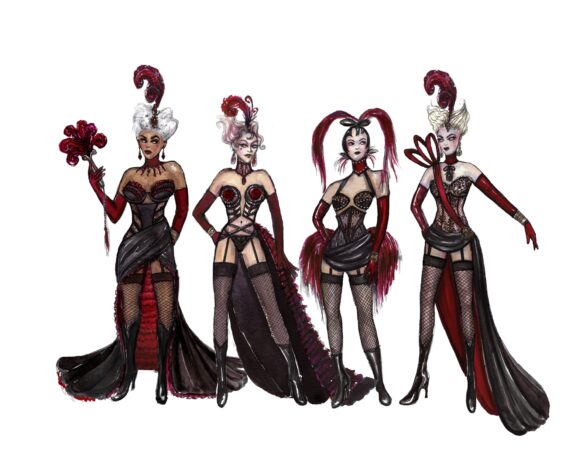
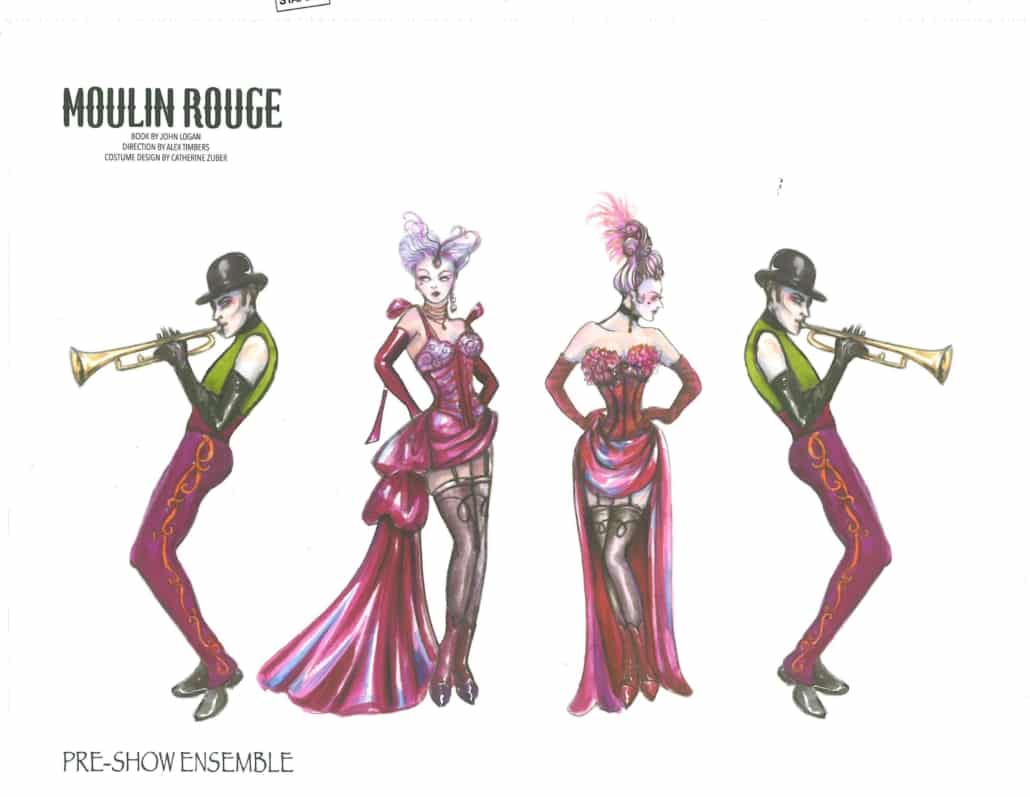
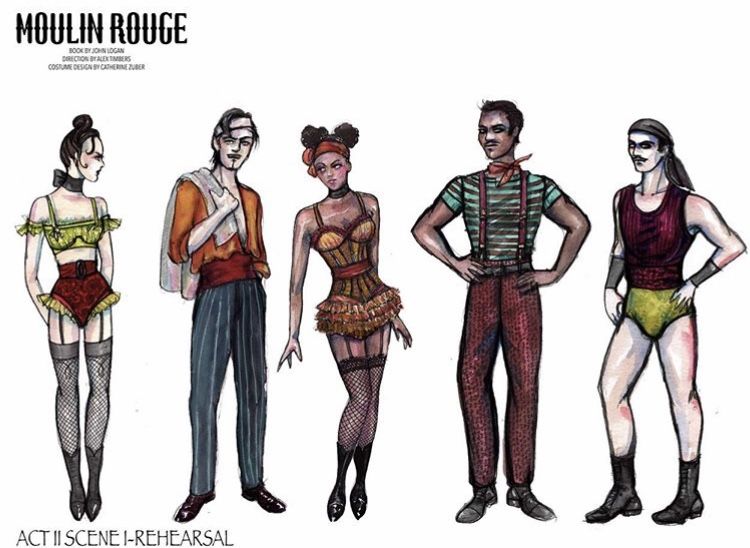
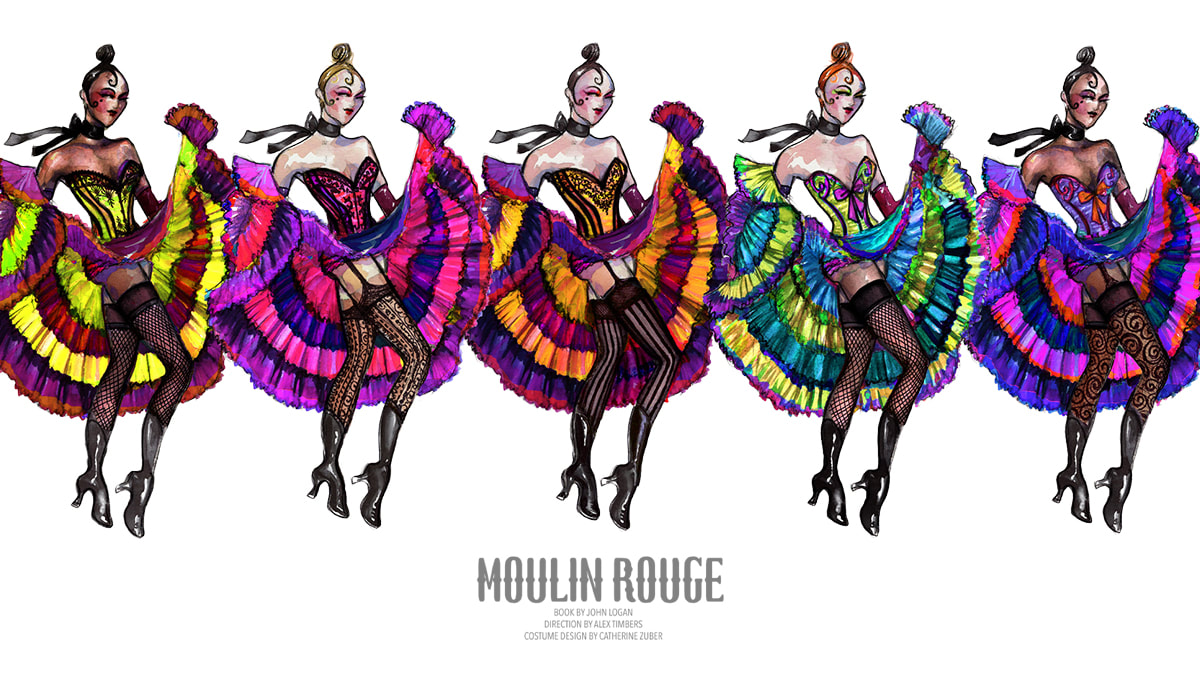
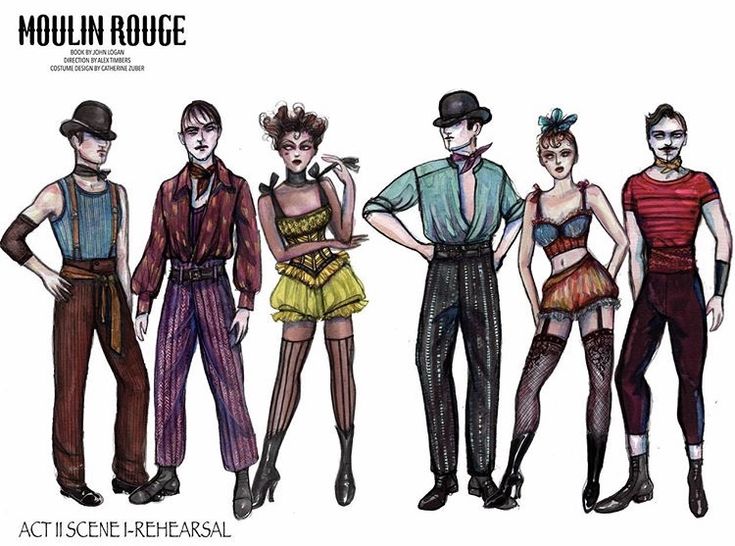
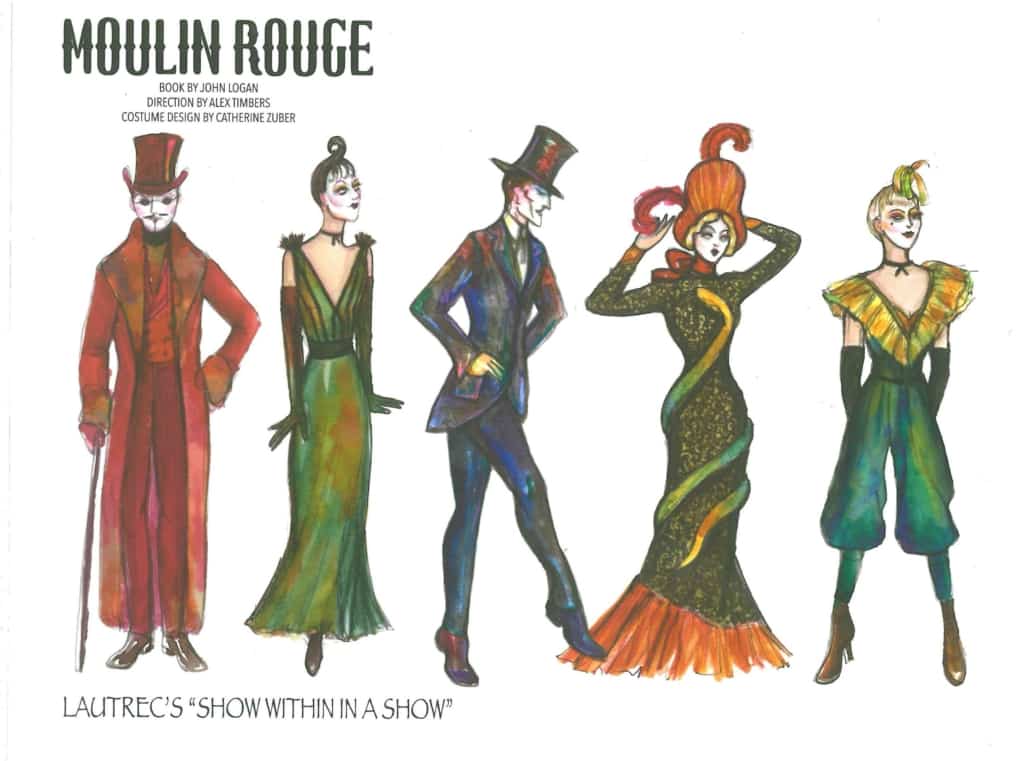
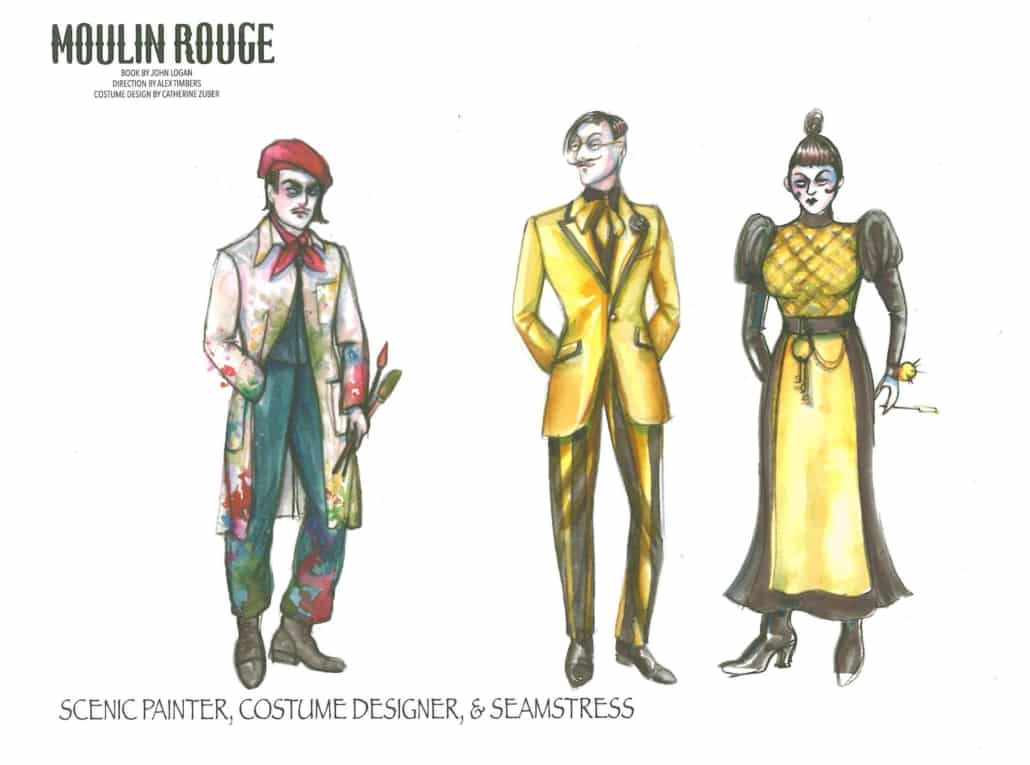


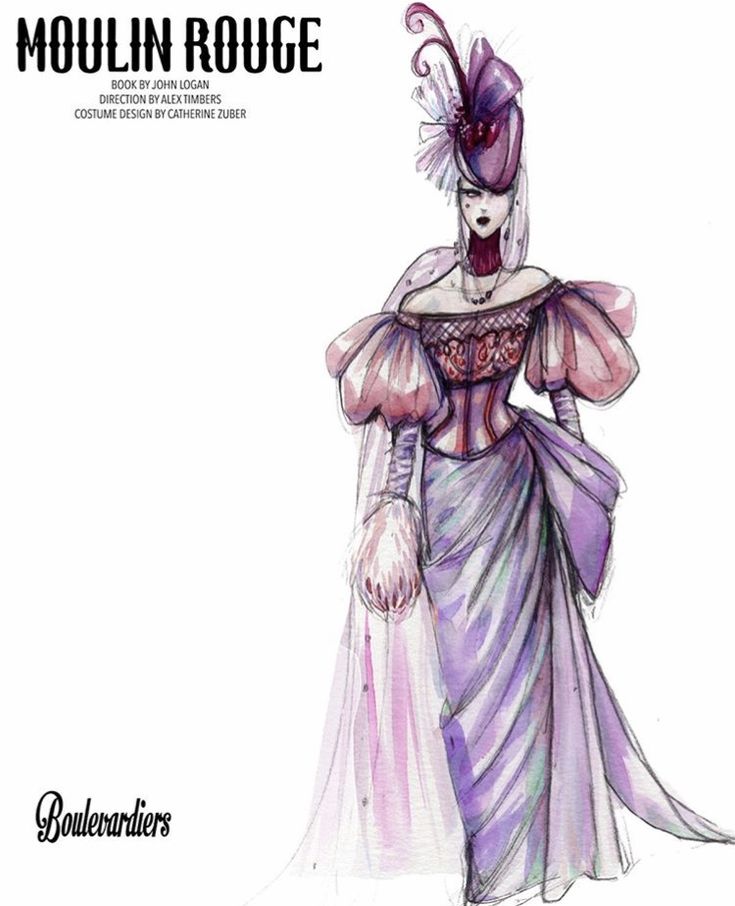
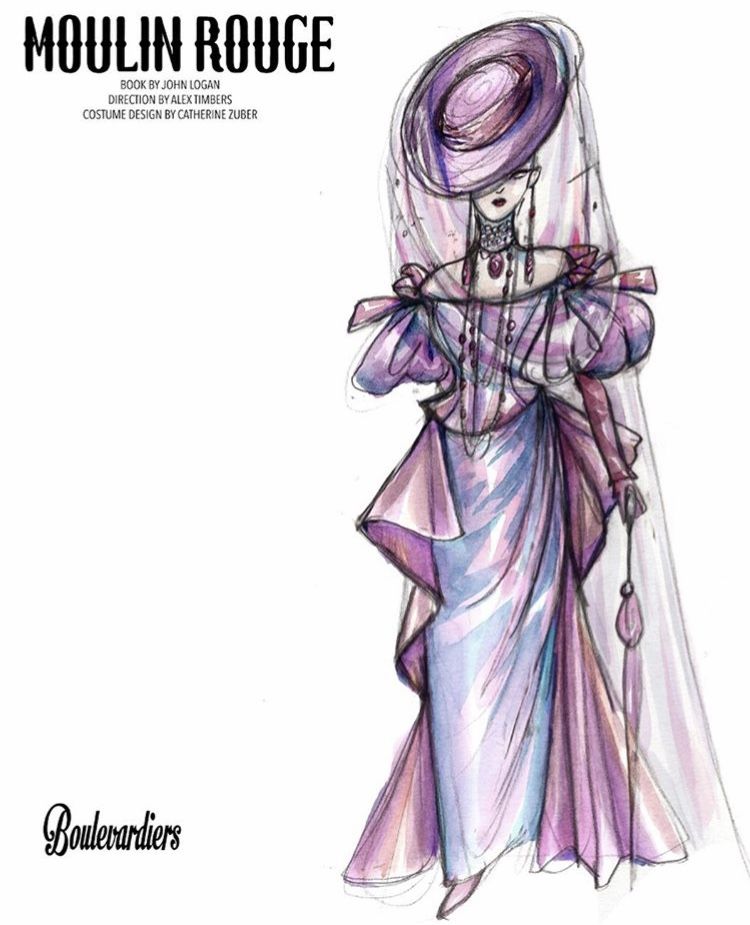

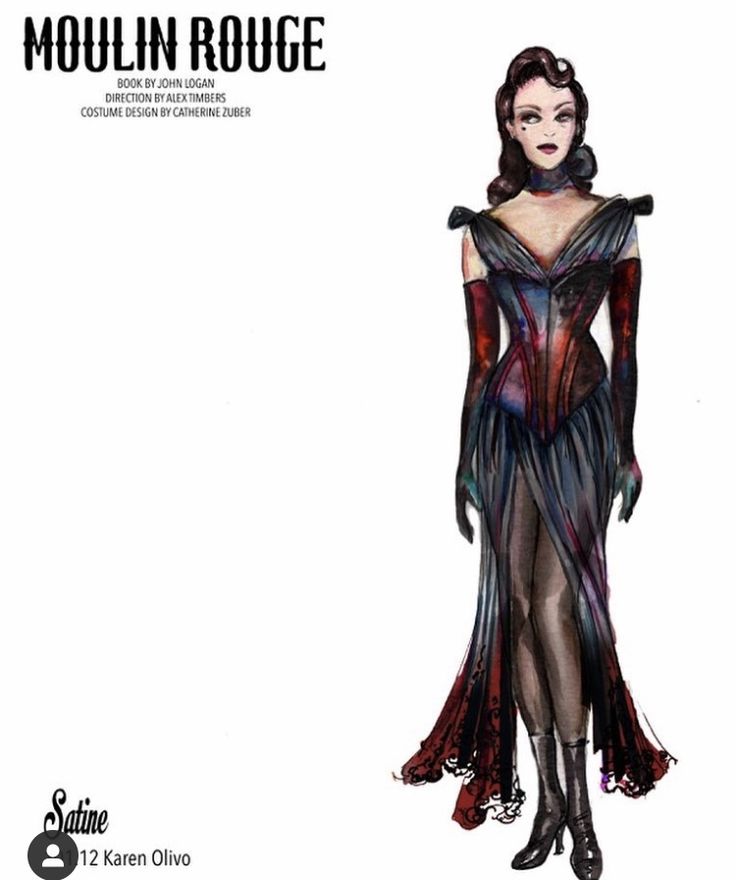
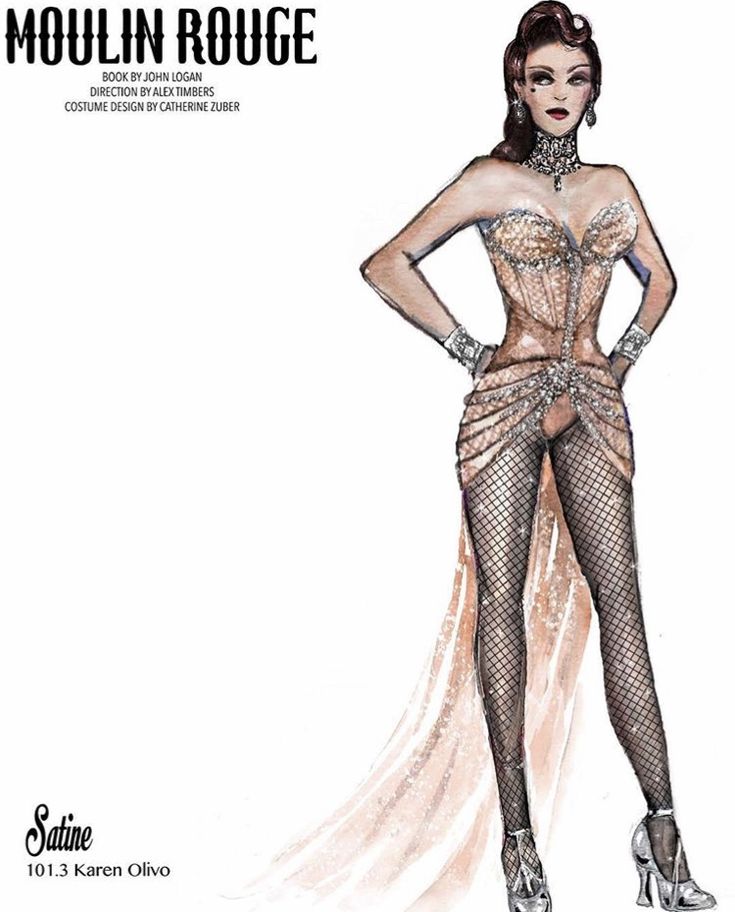
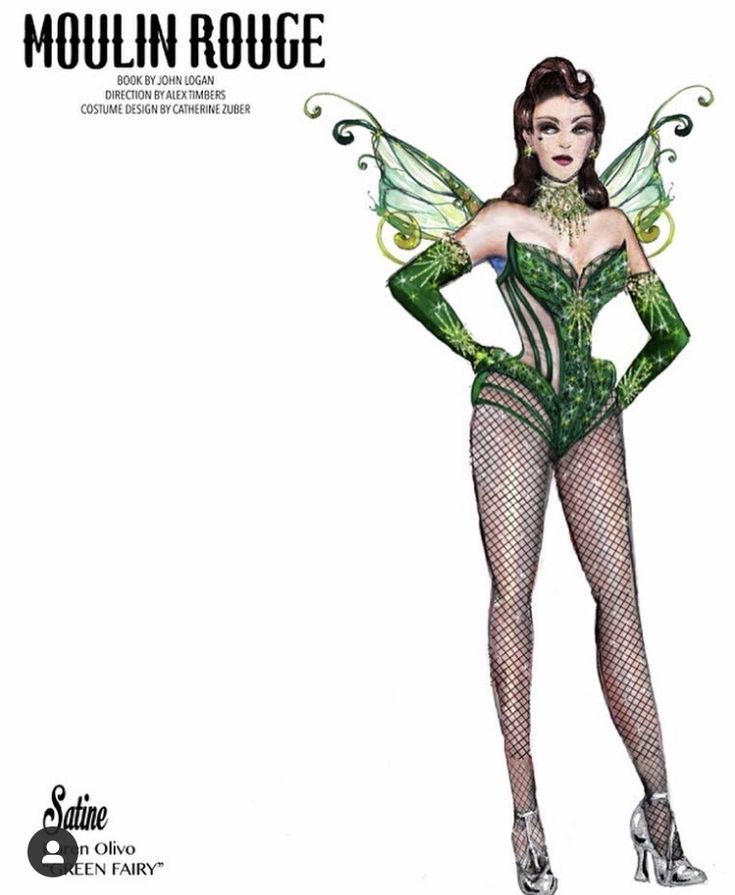
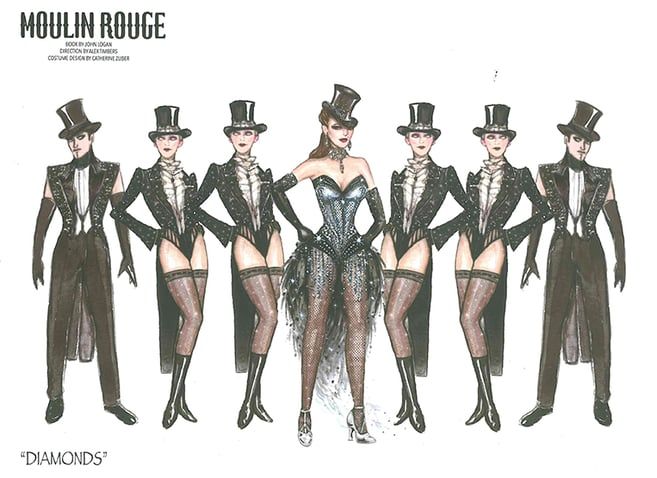
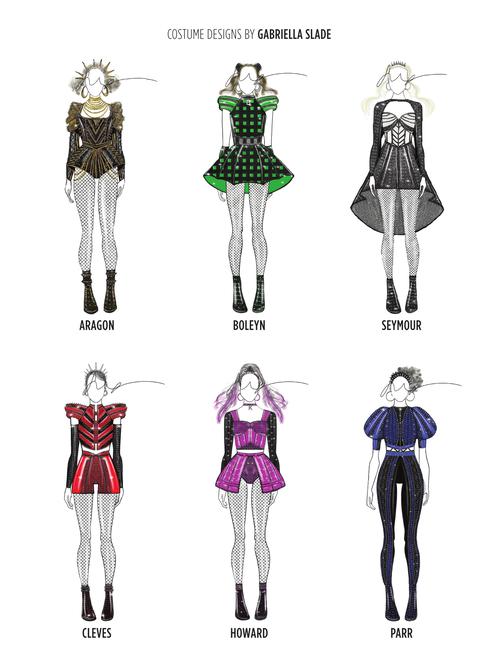
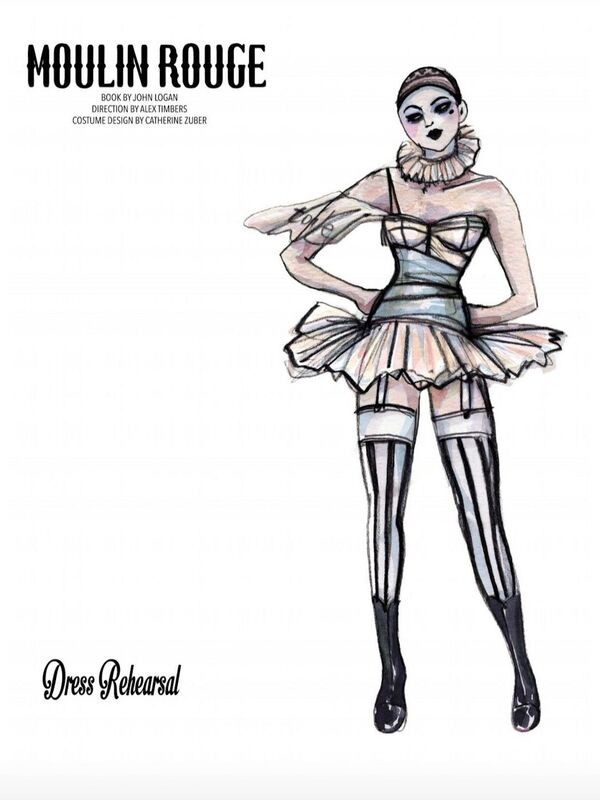














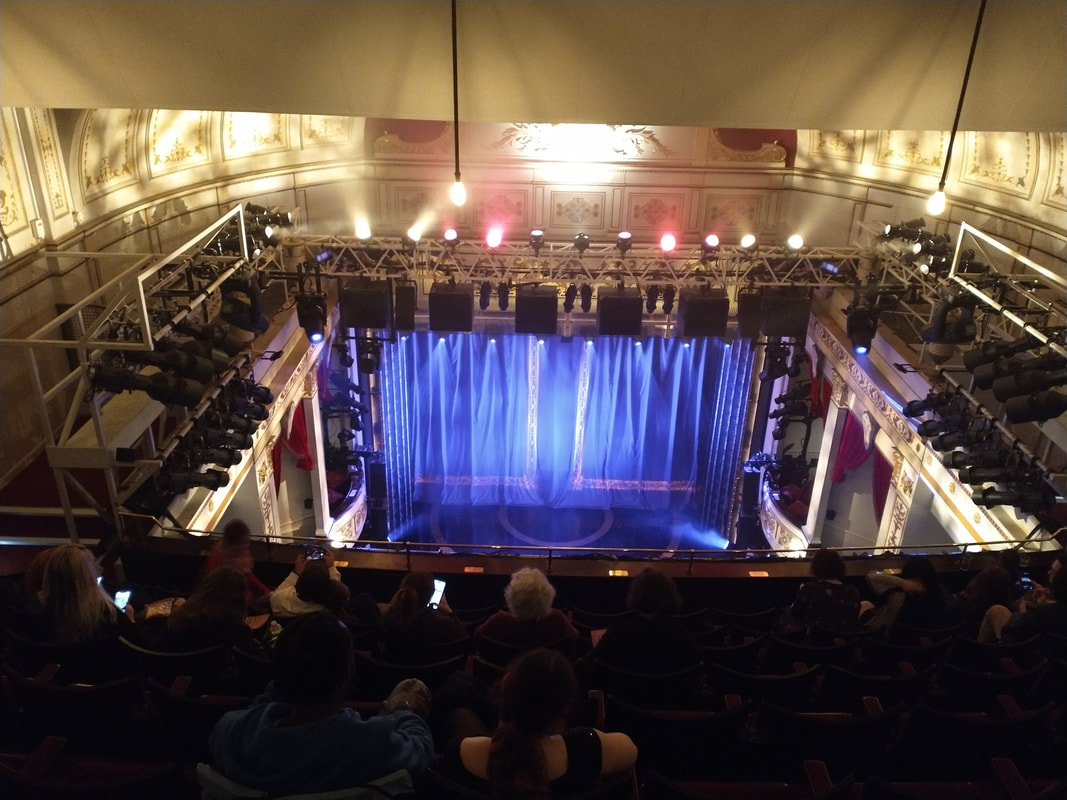


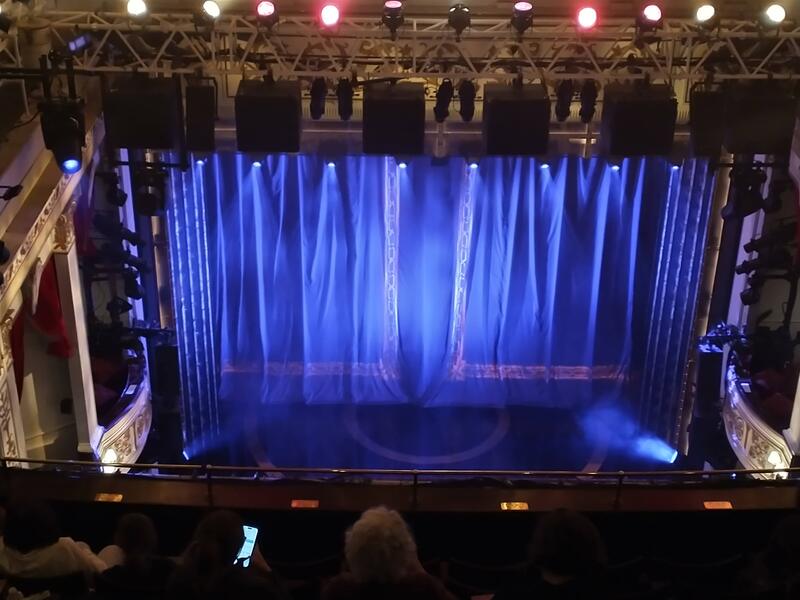
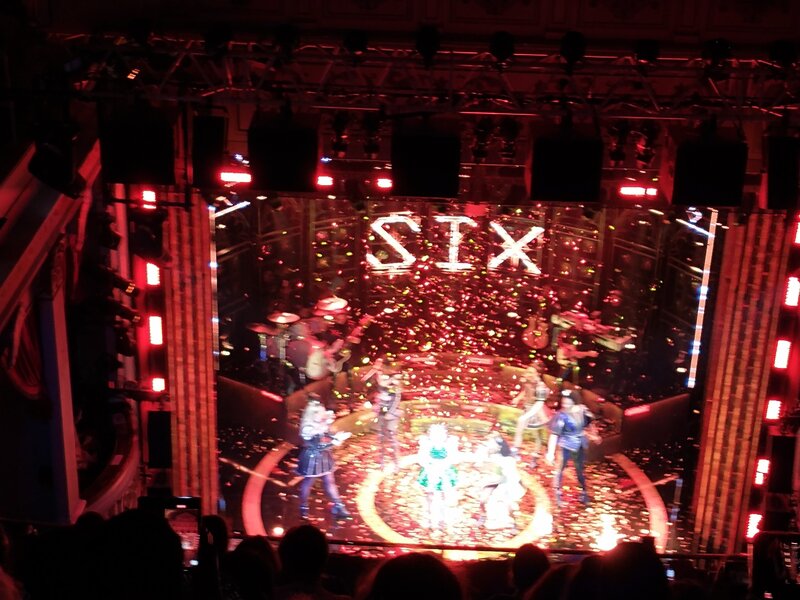
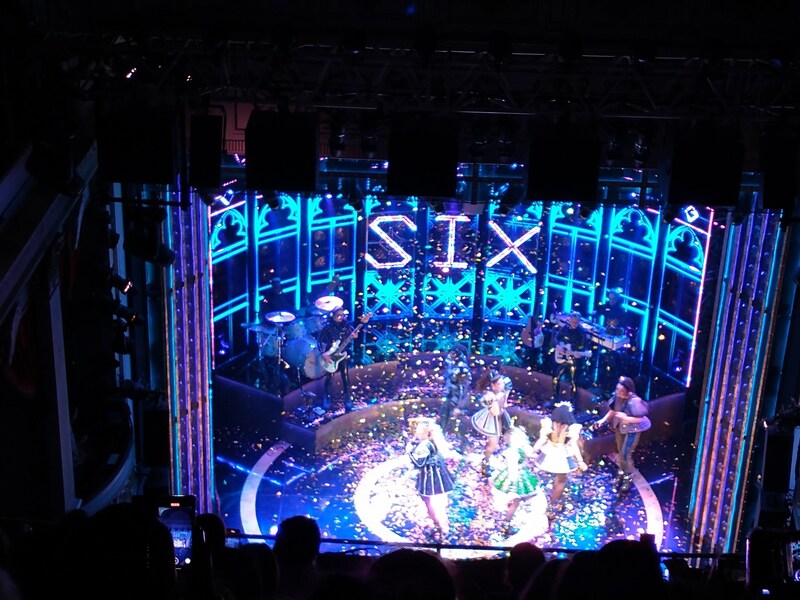






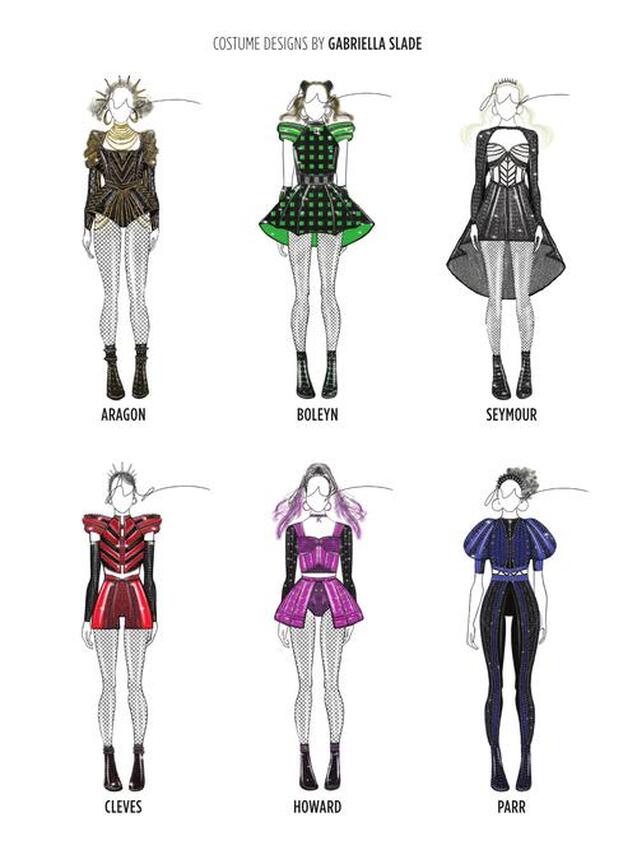
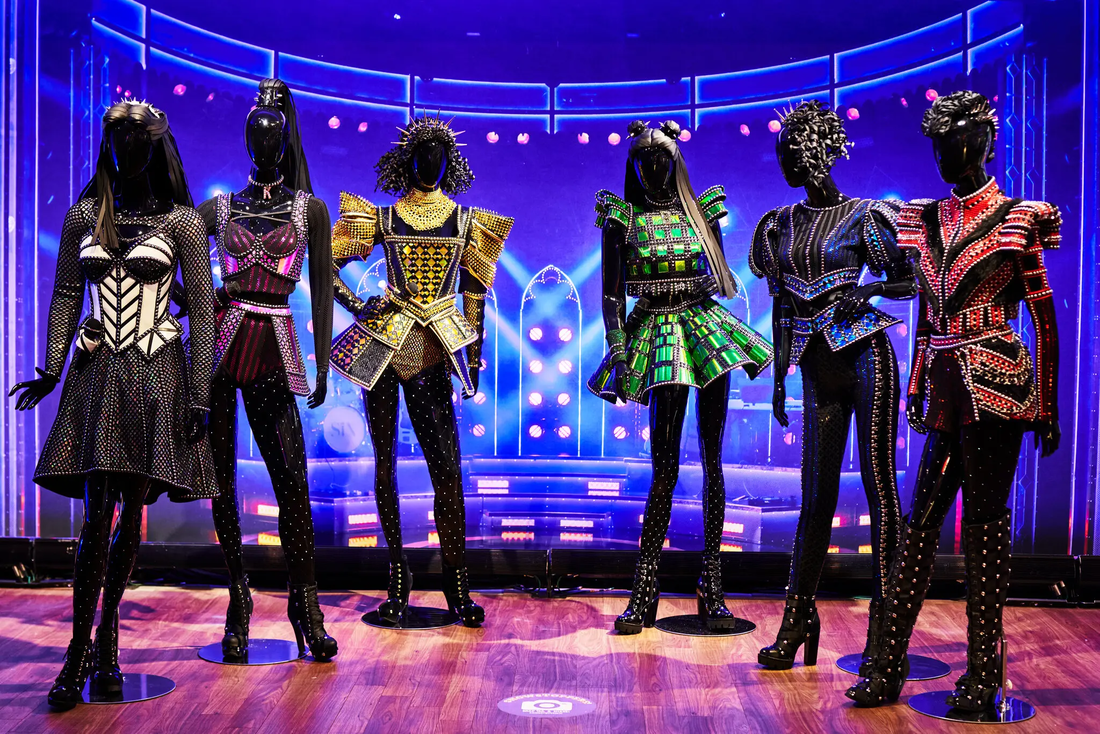

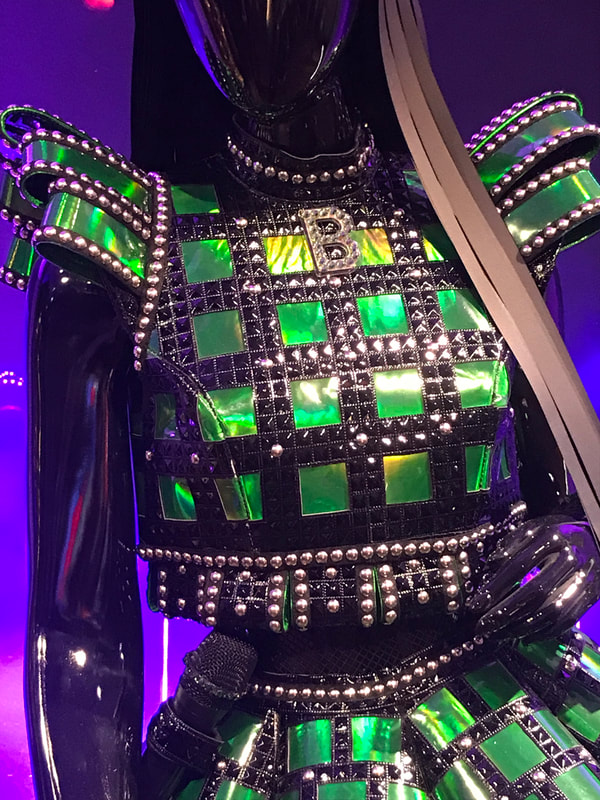



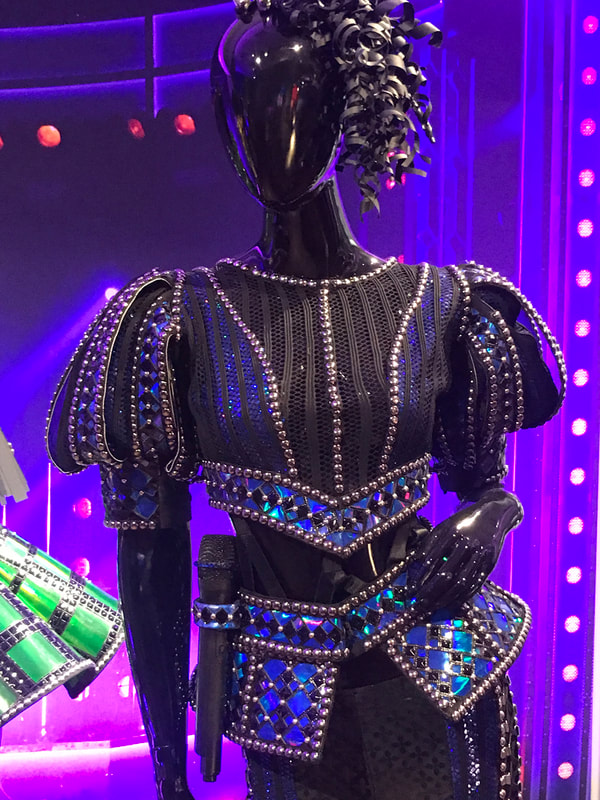
 RSS Feed
RSS Feed